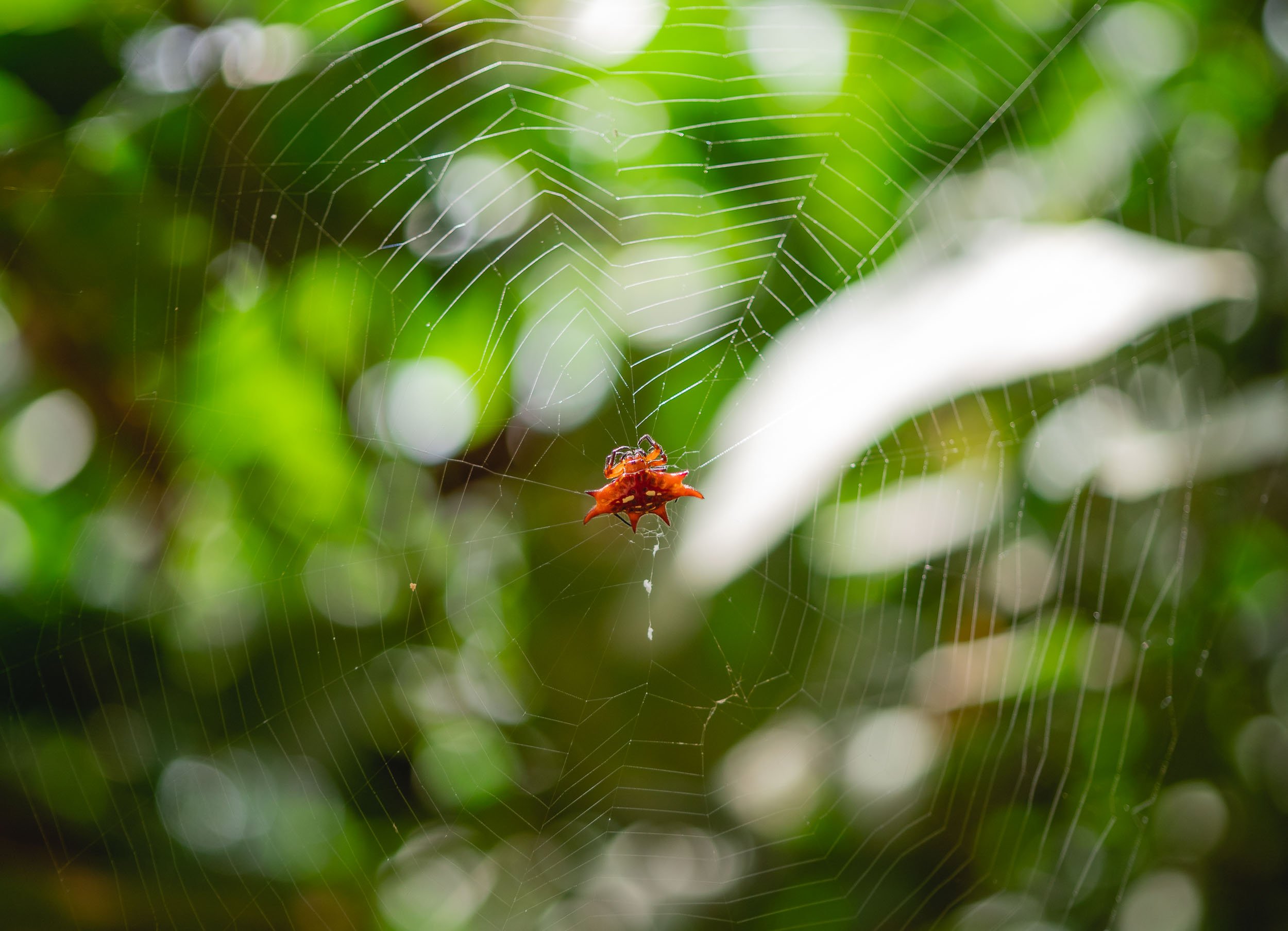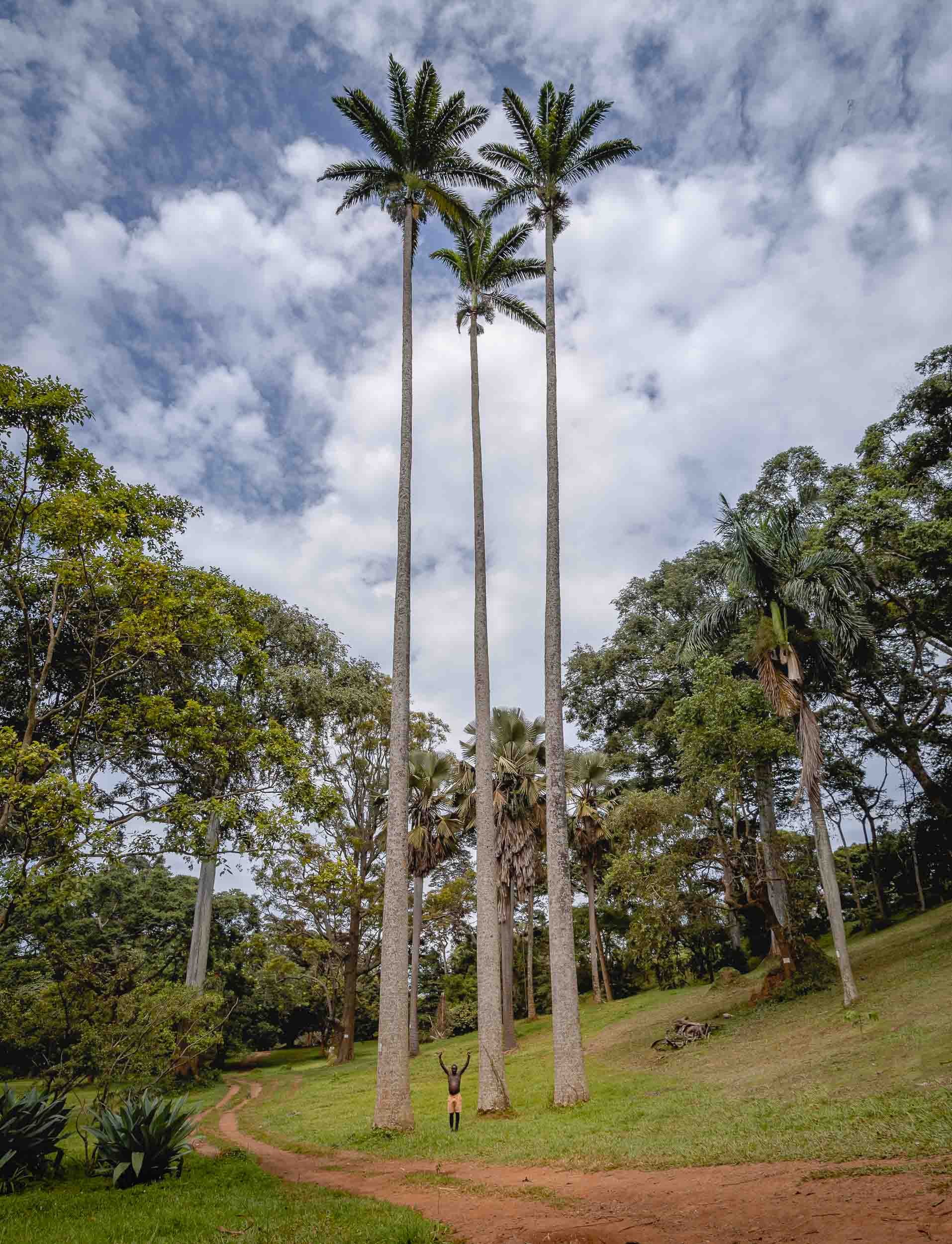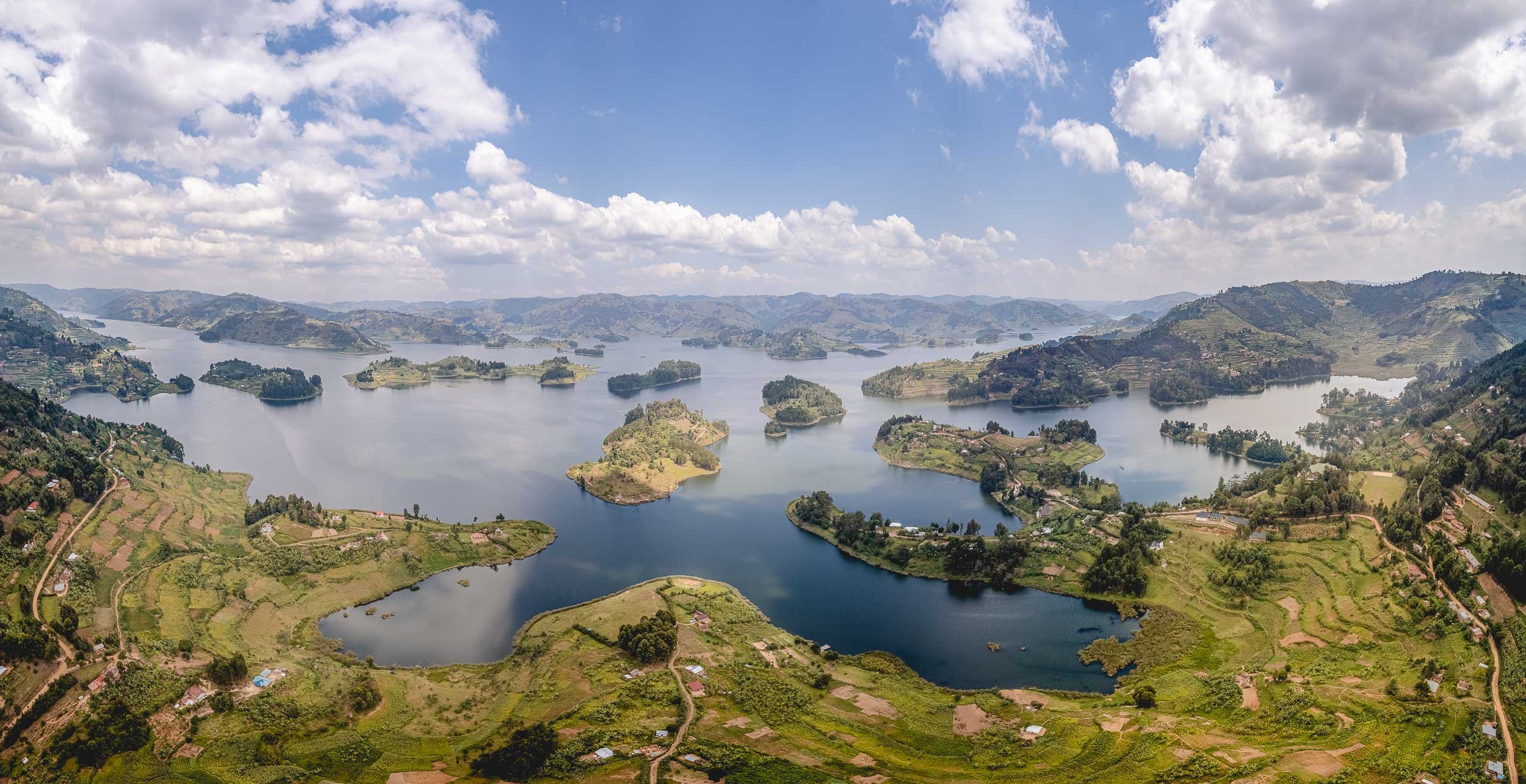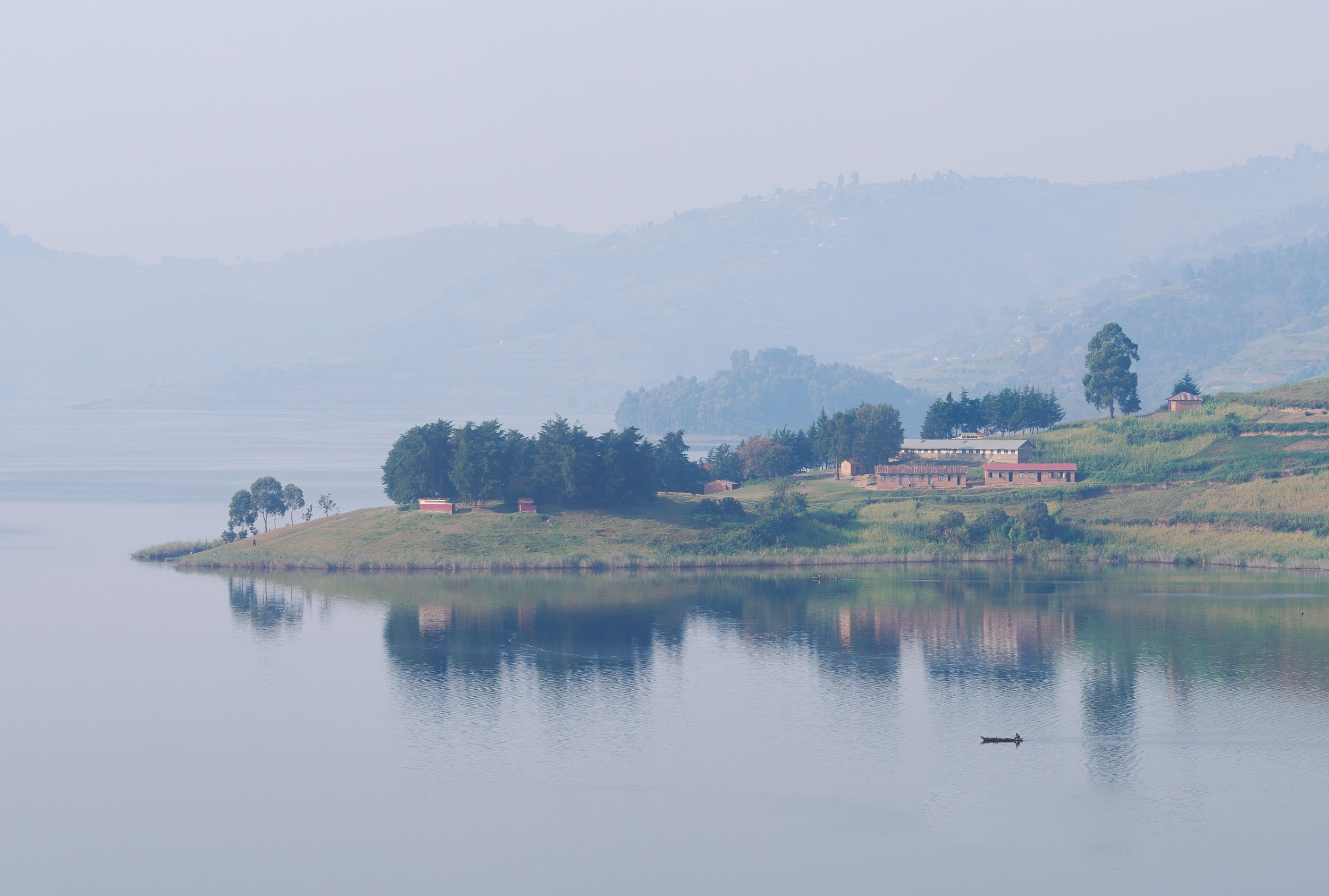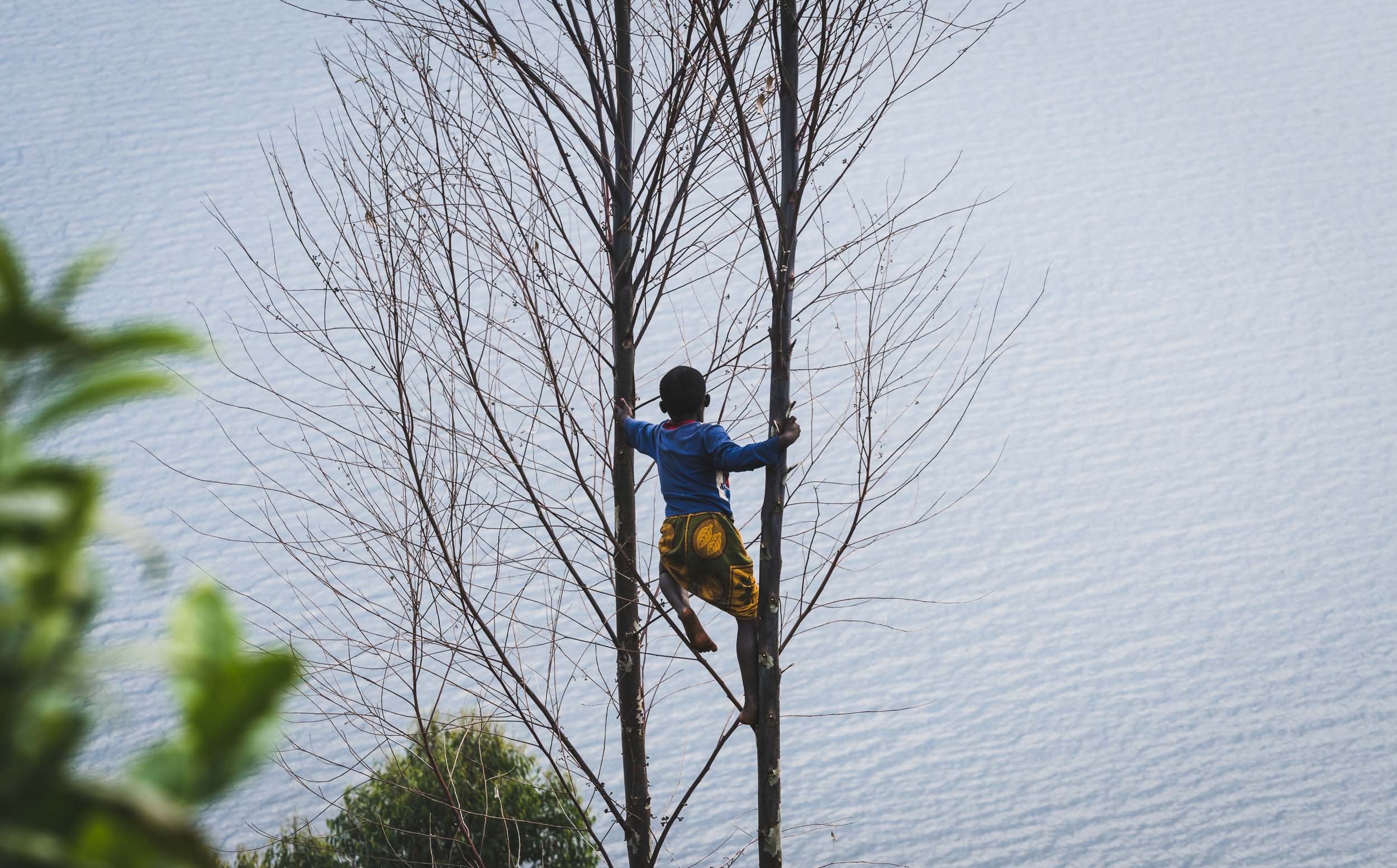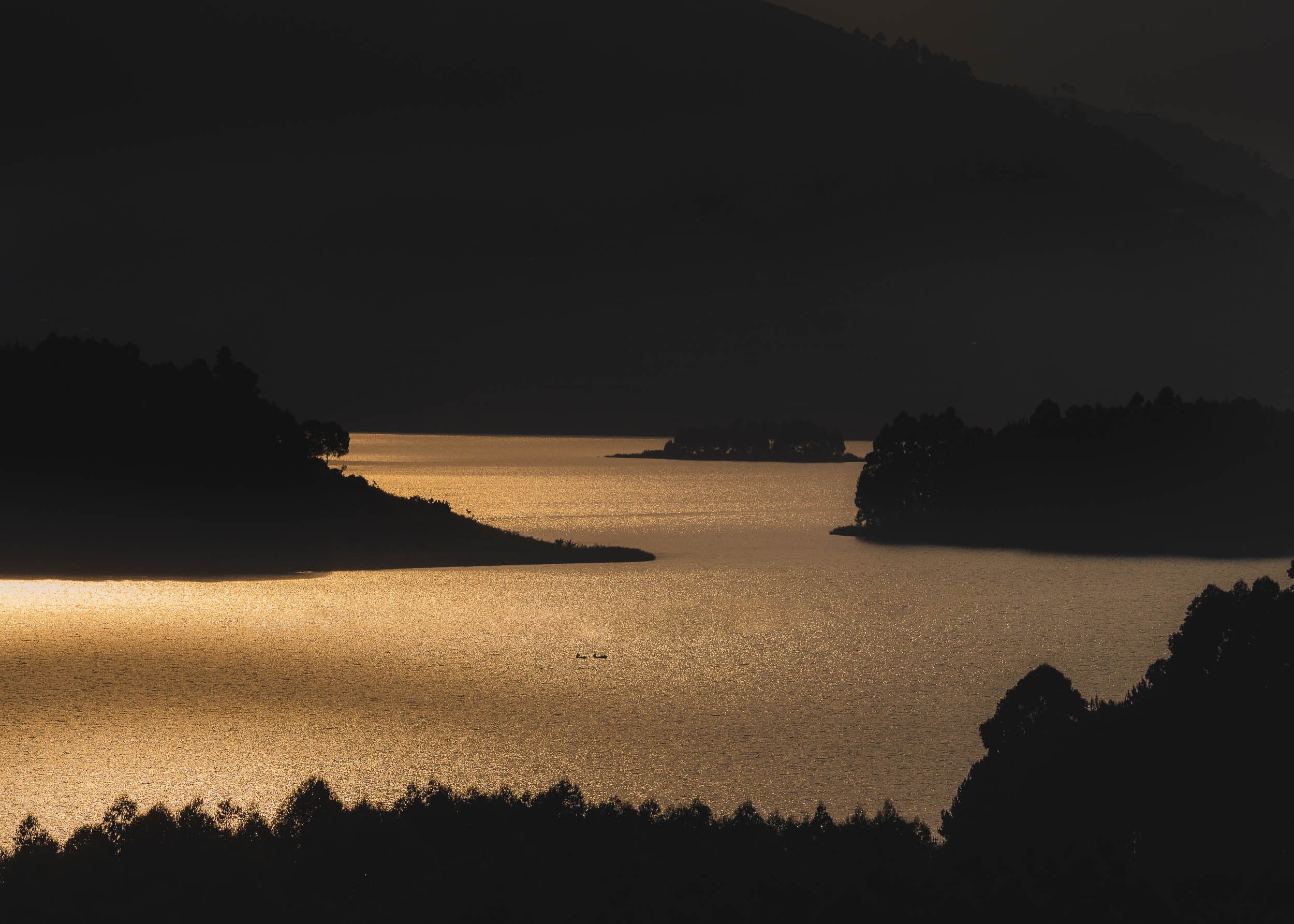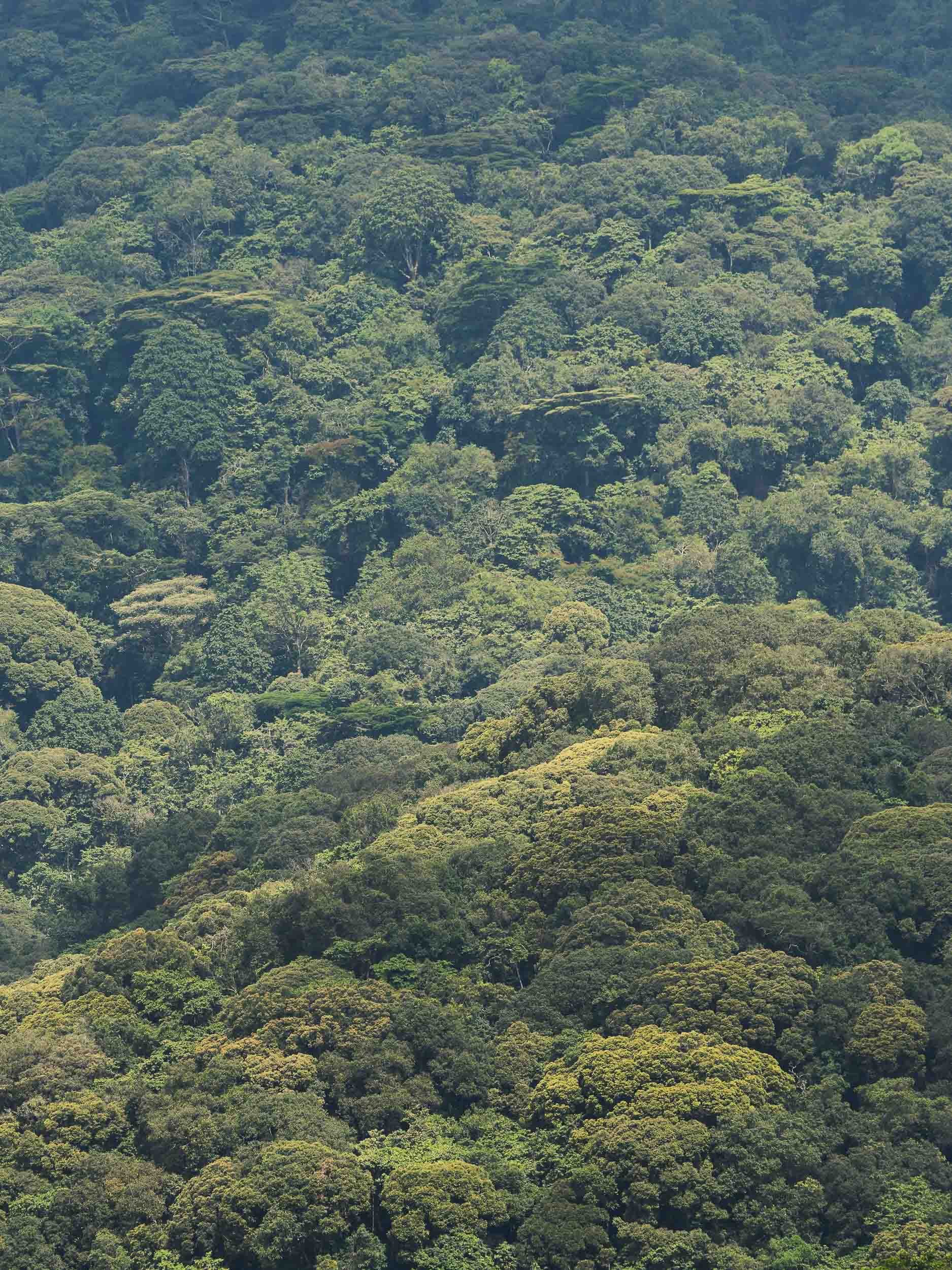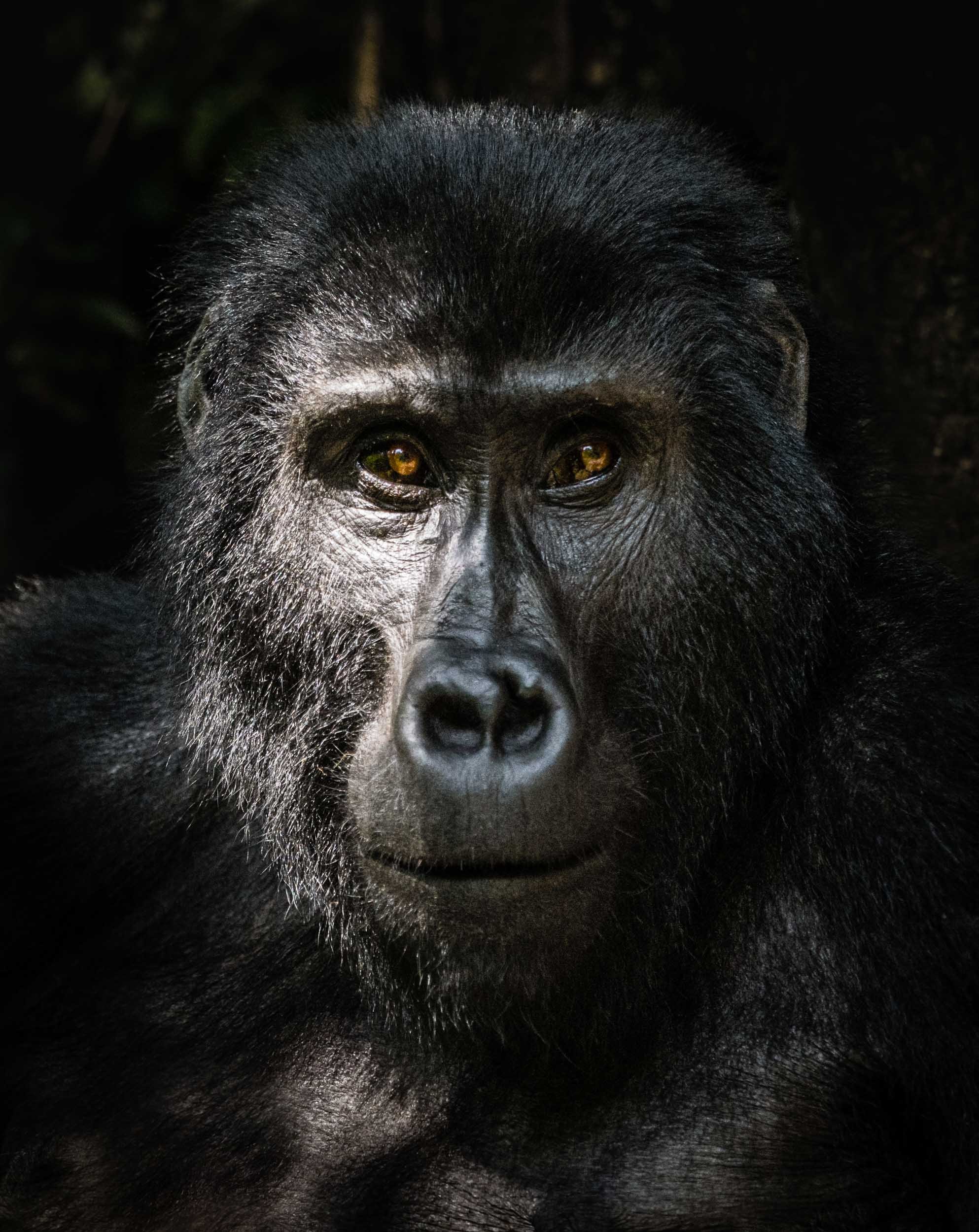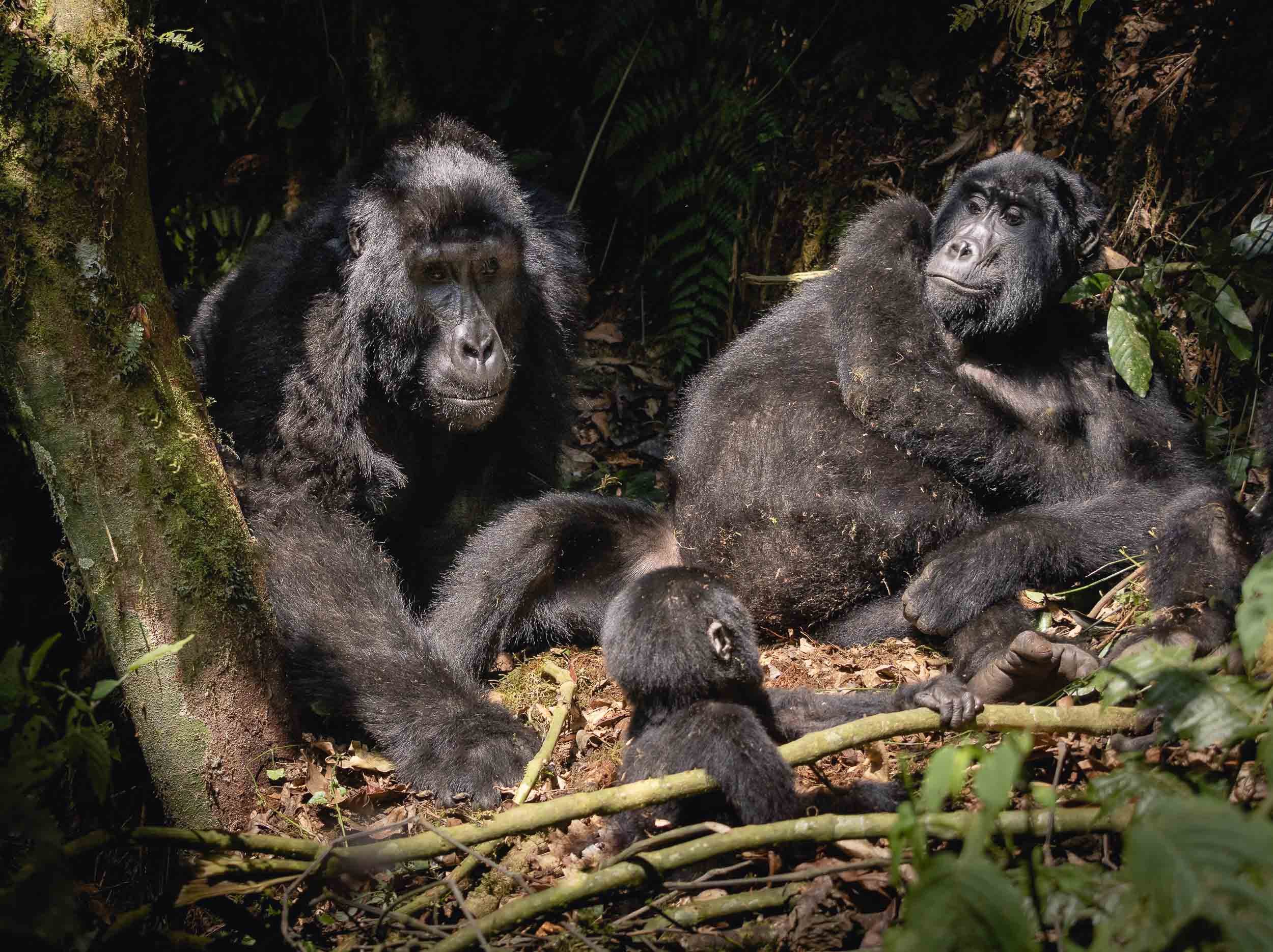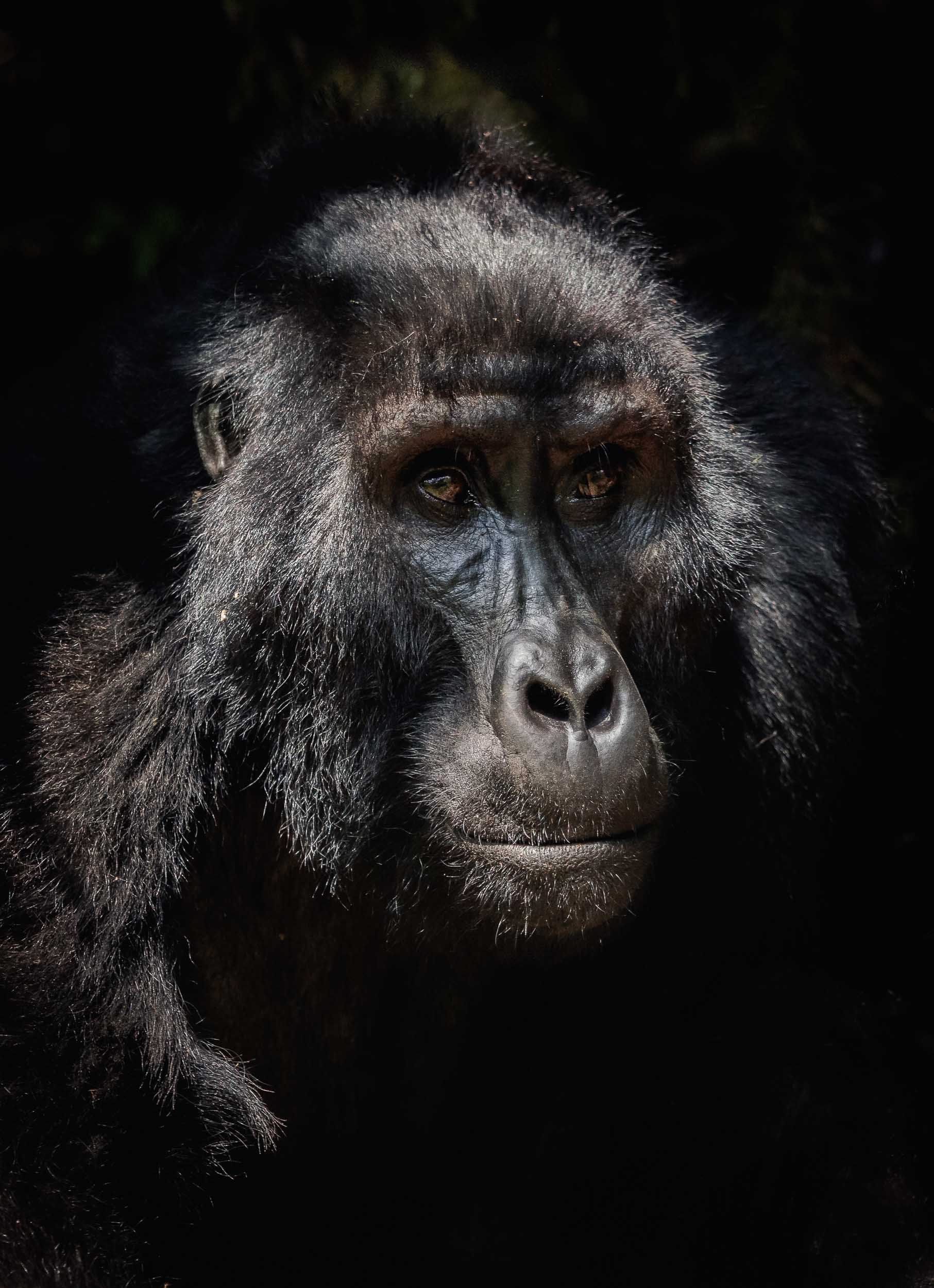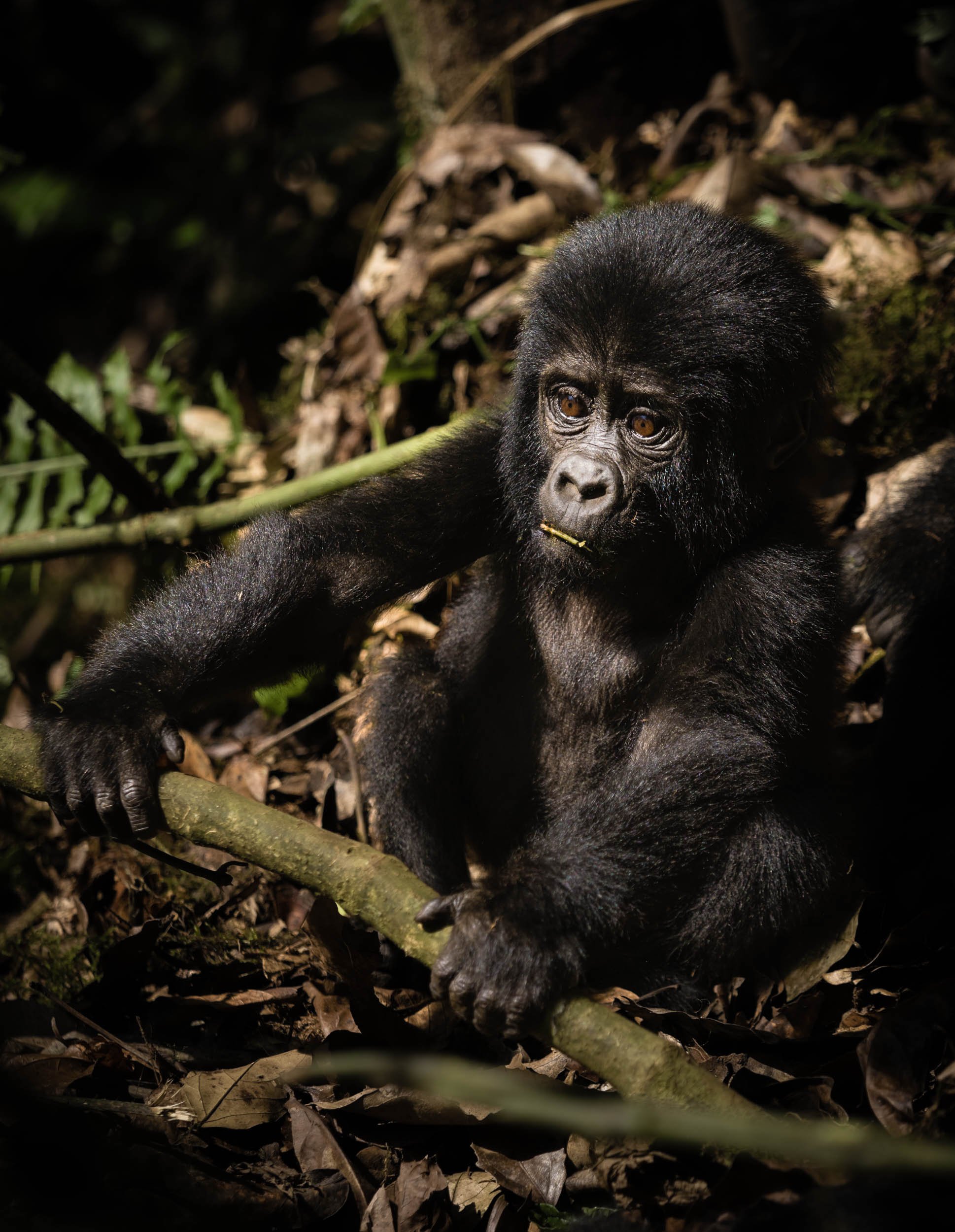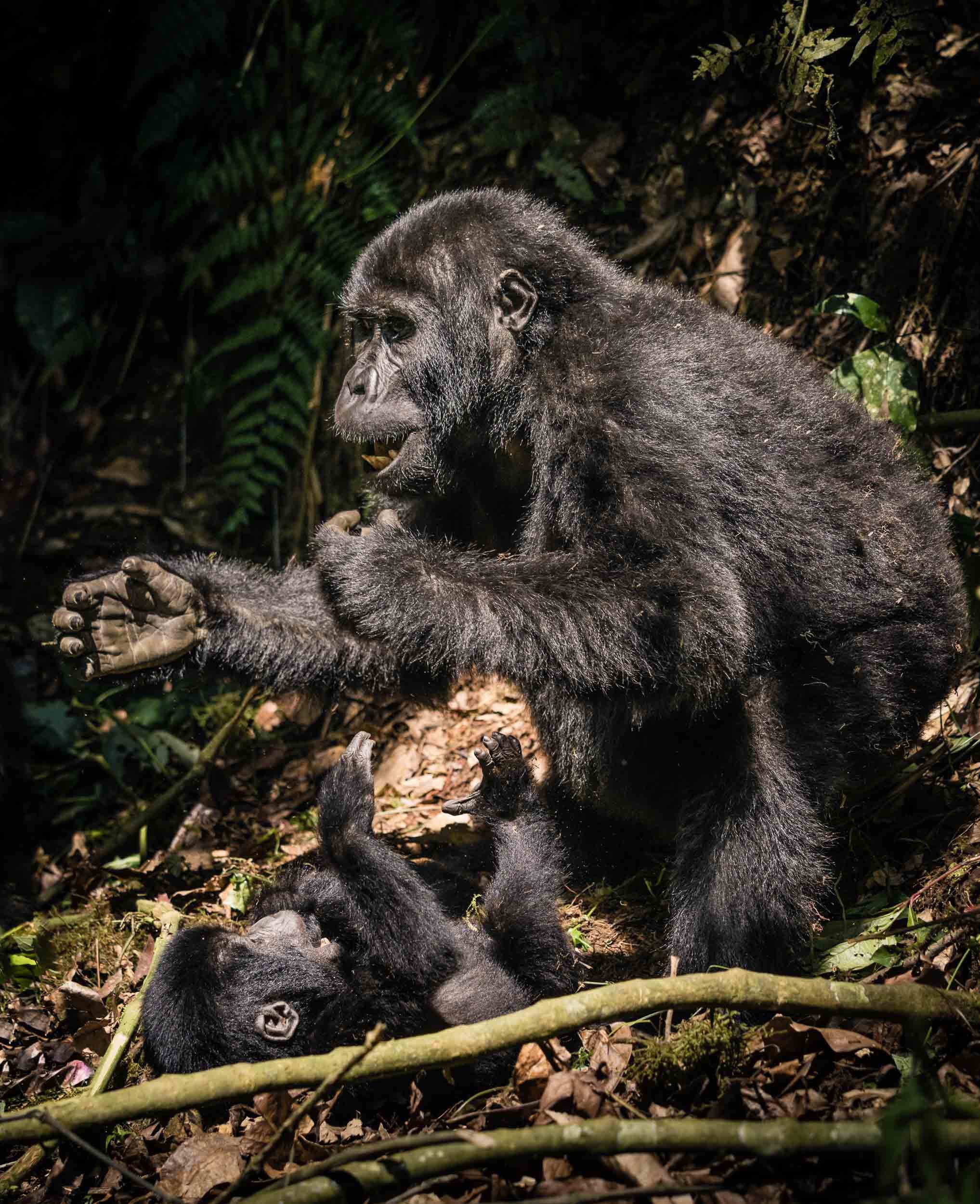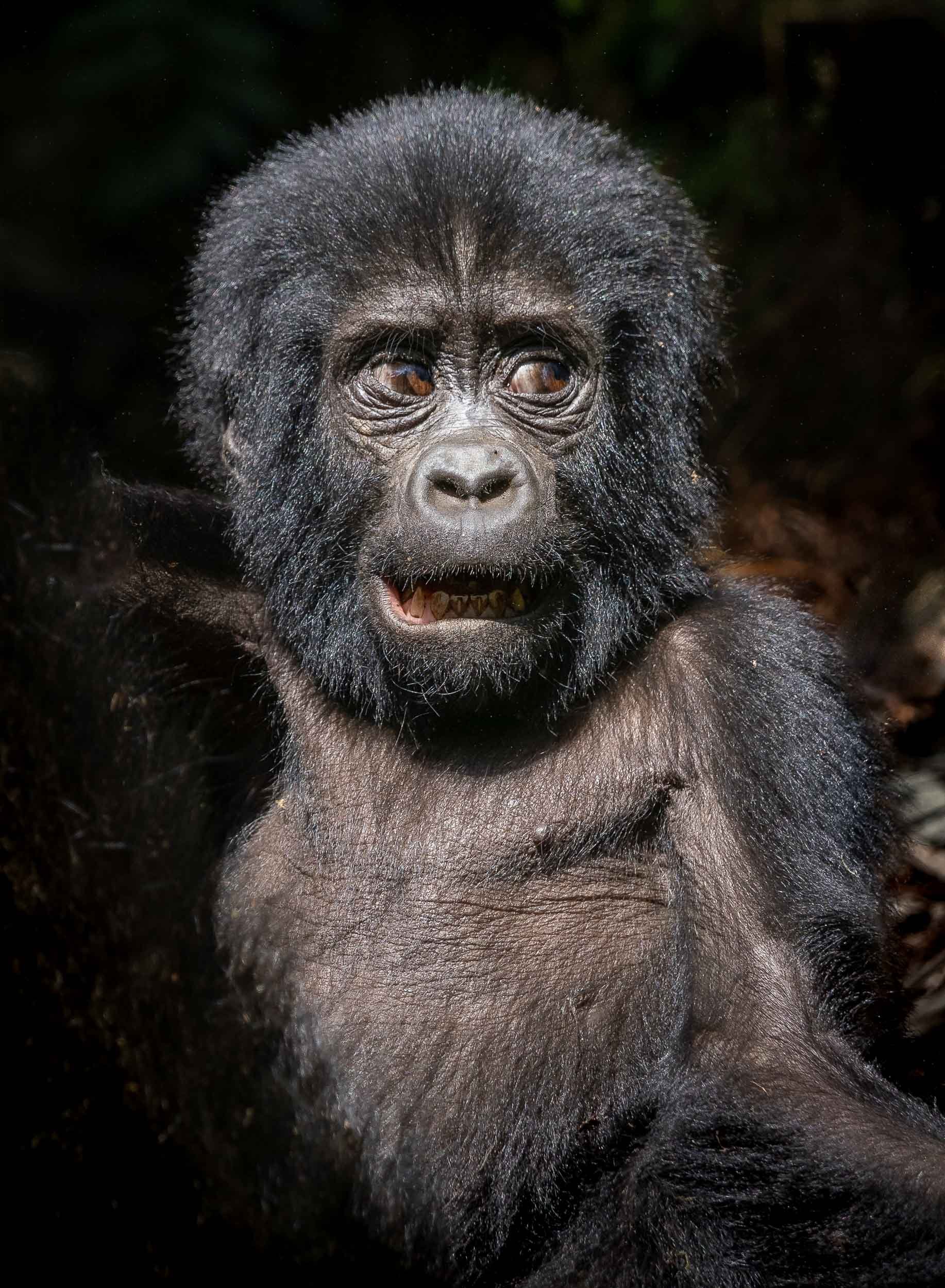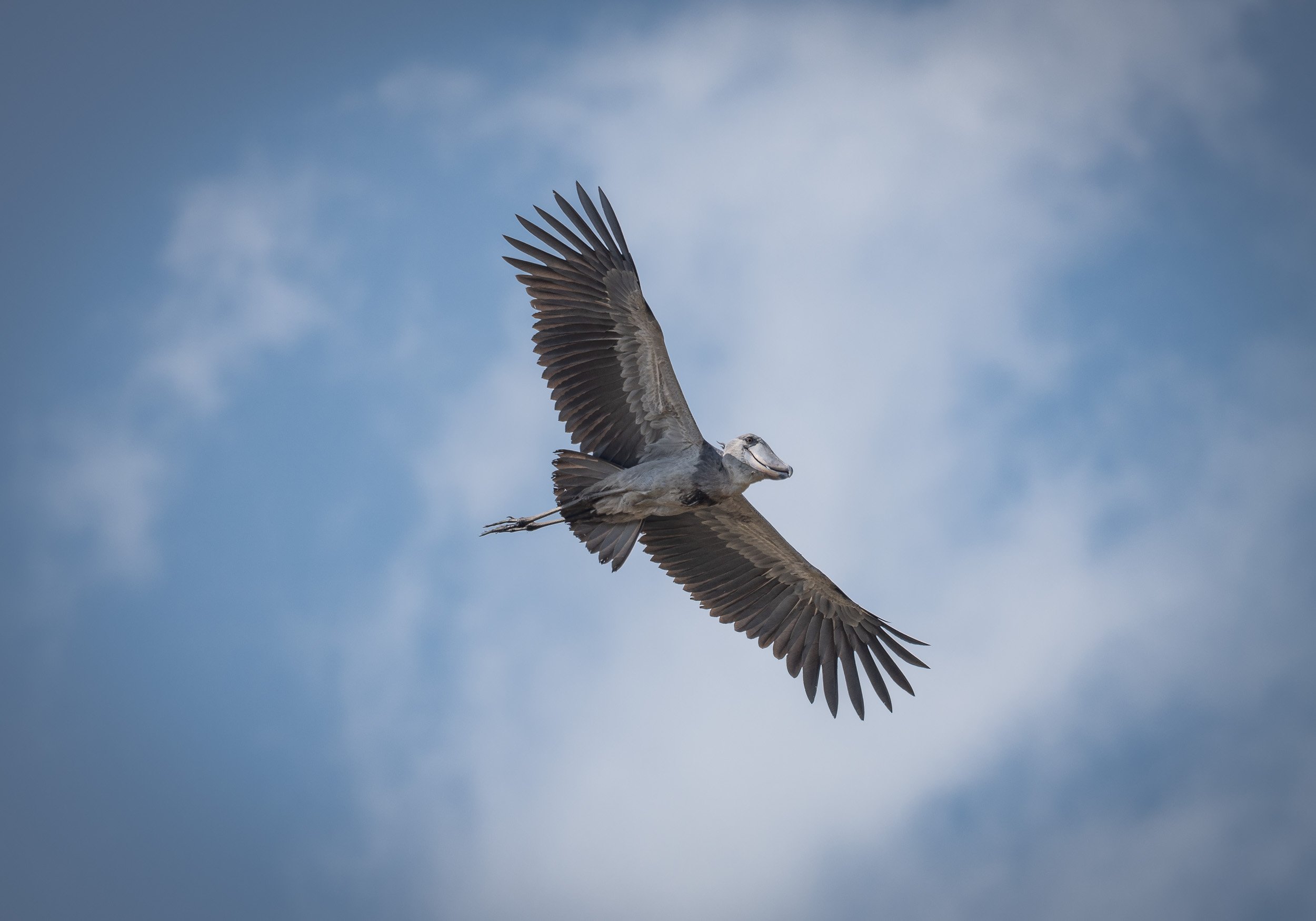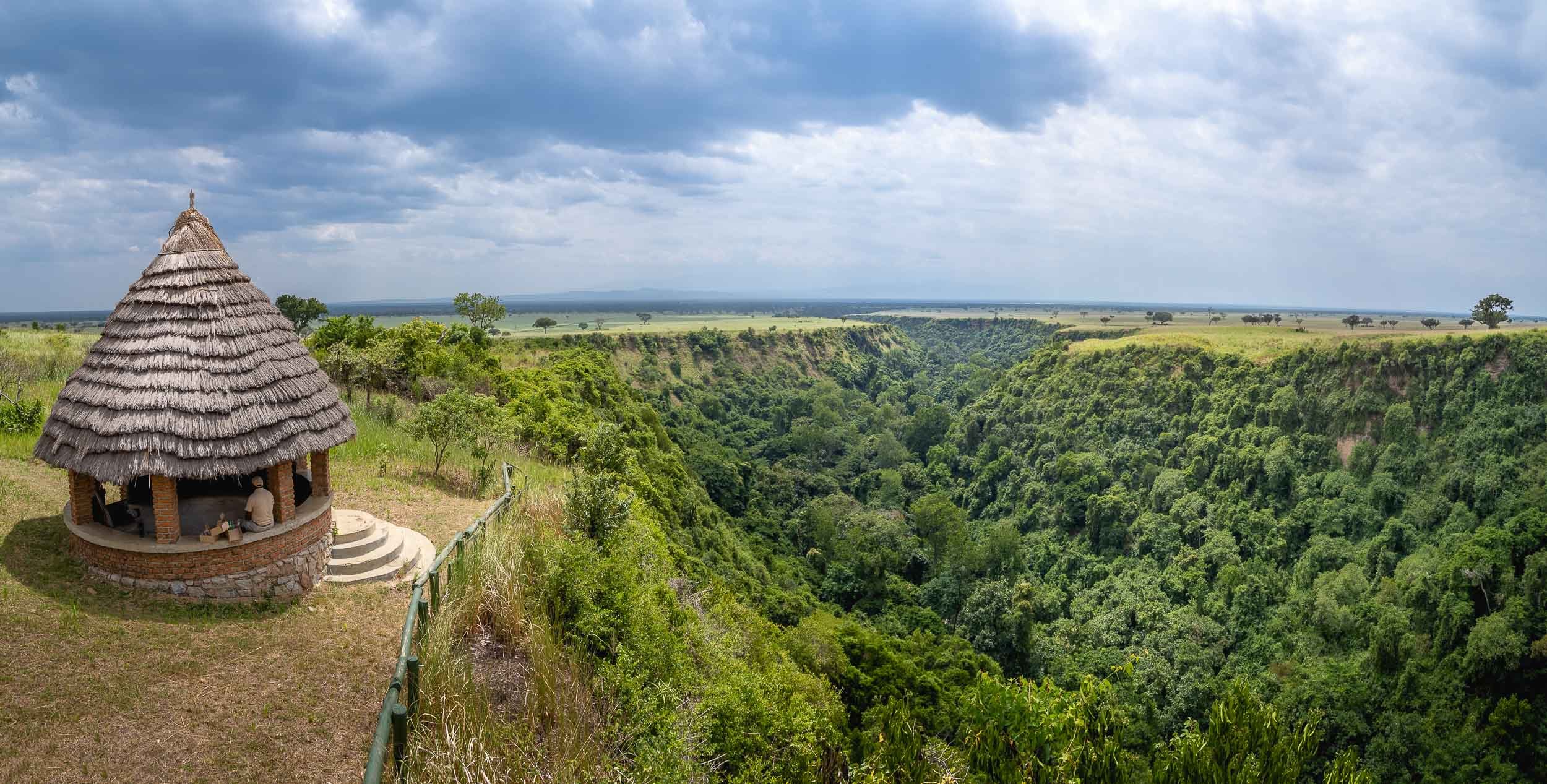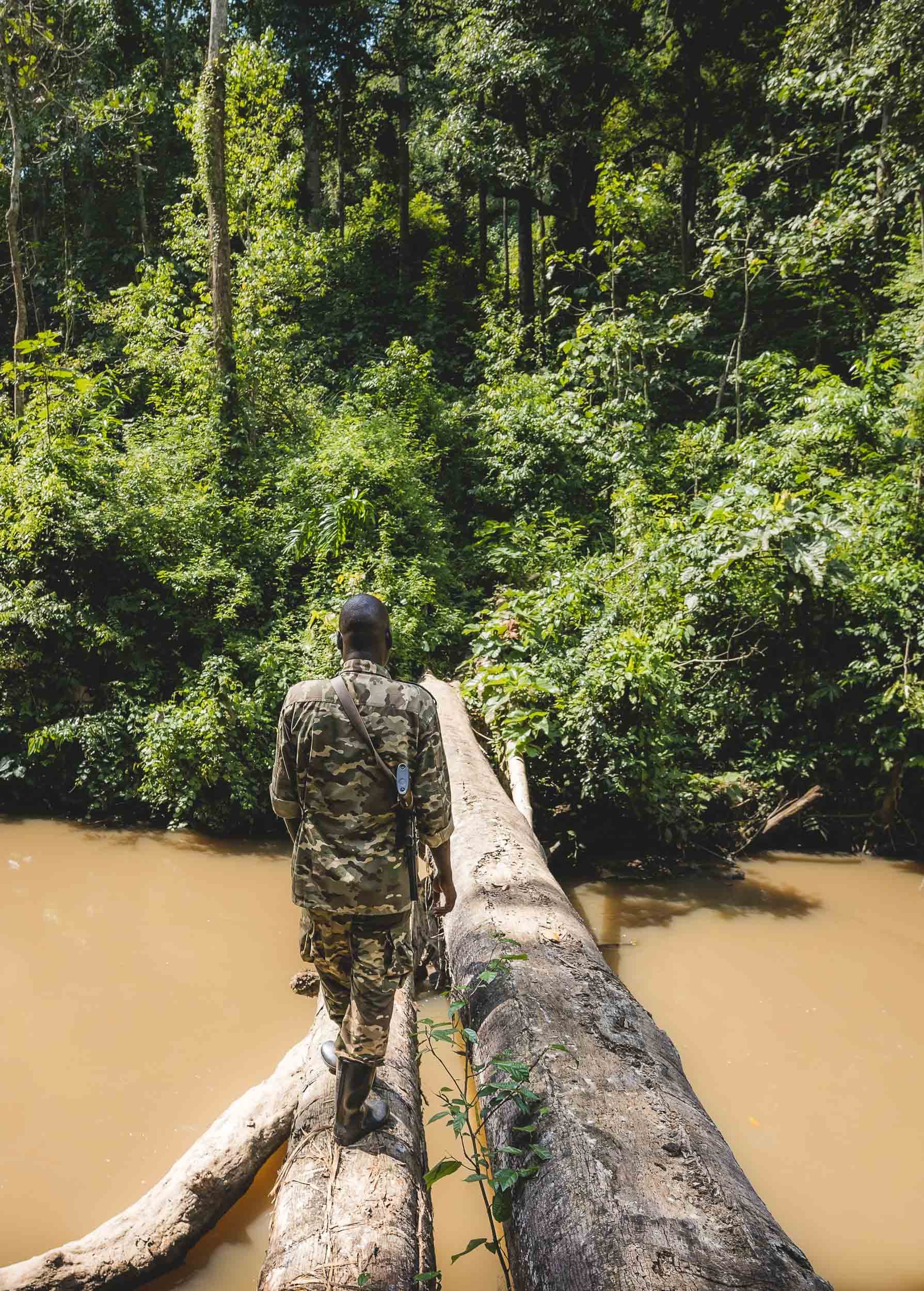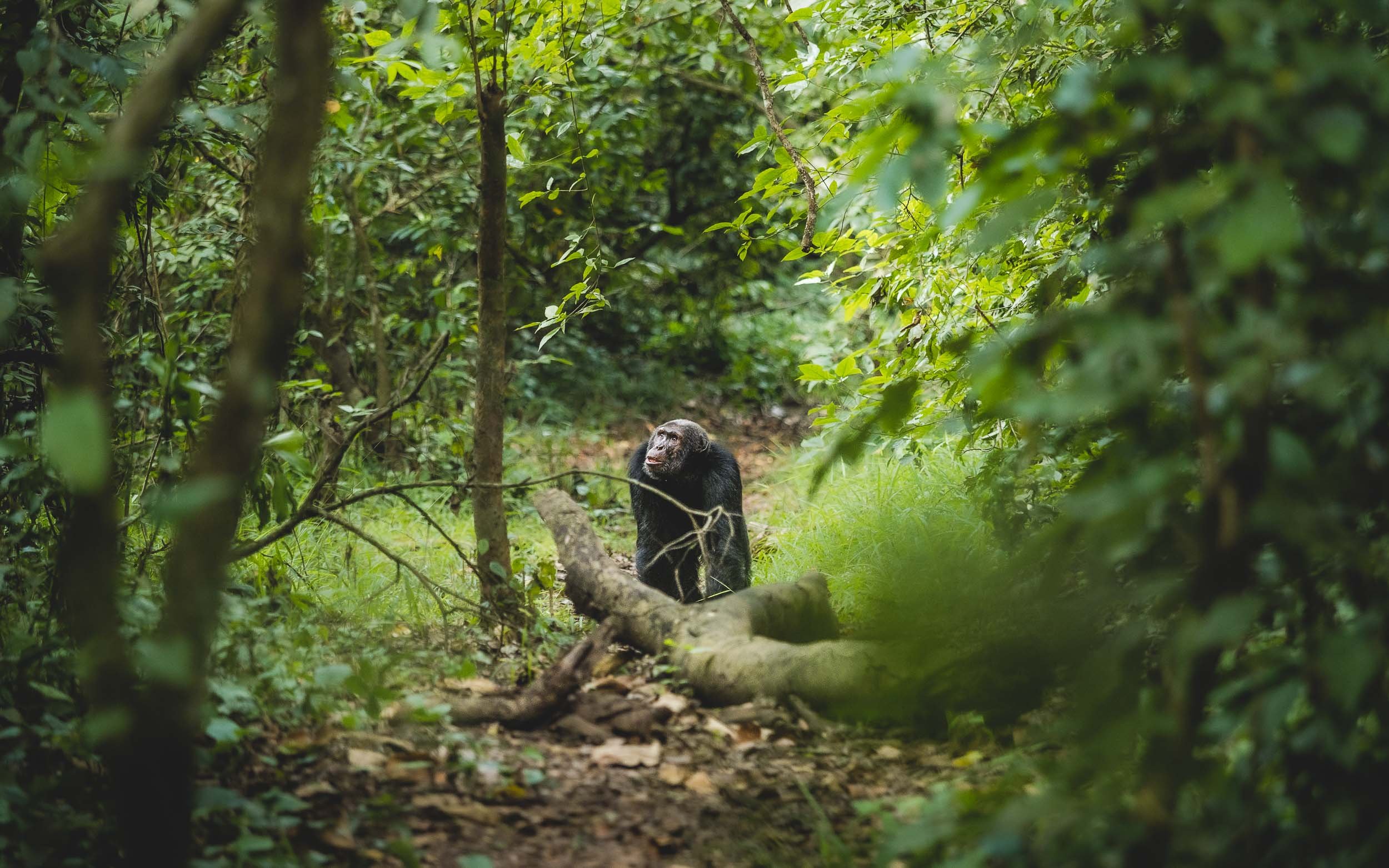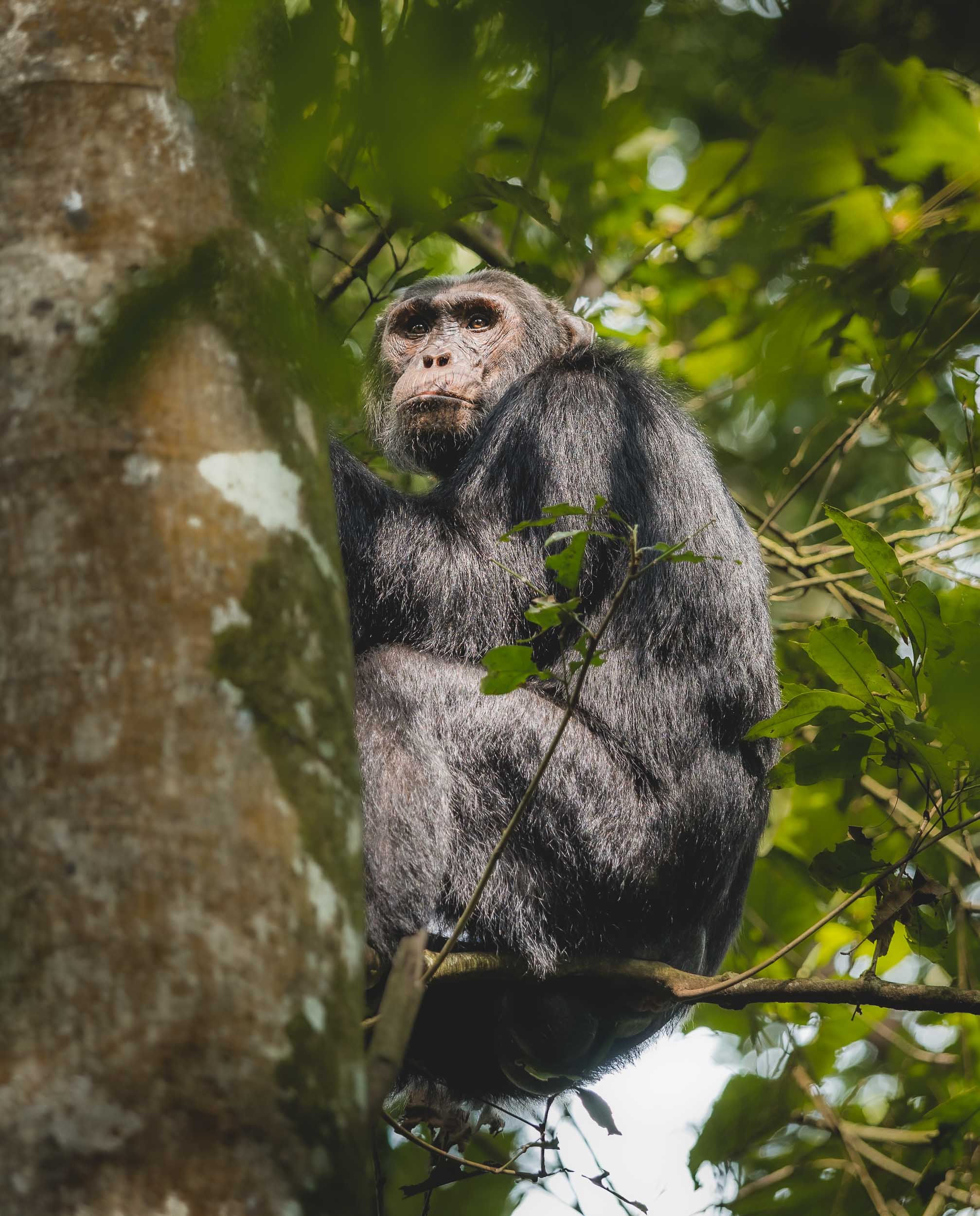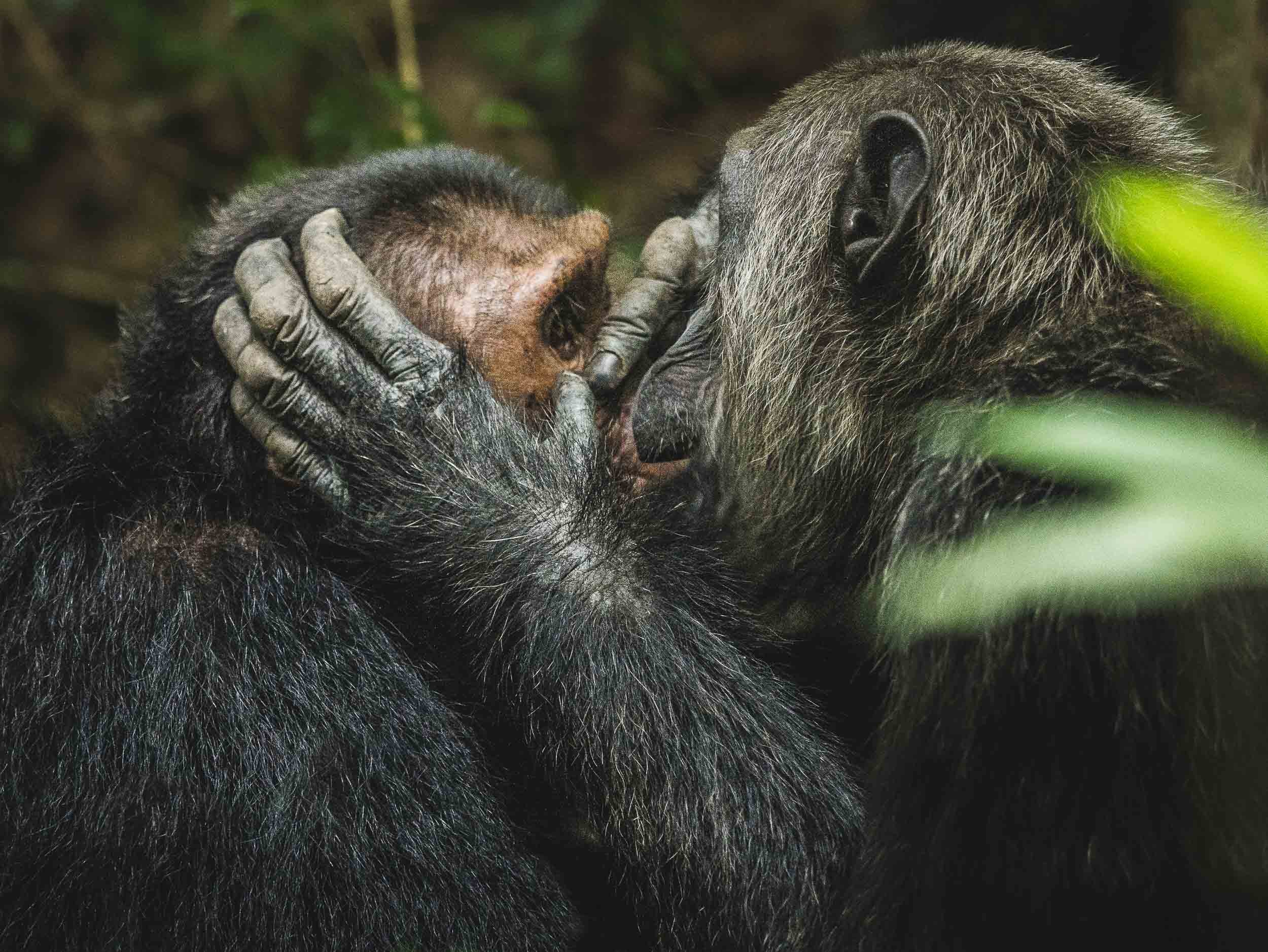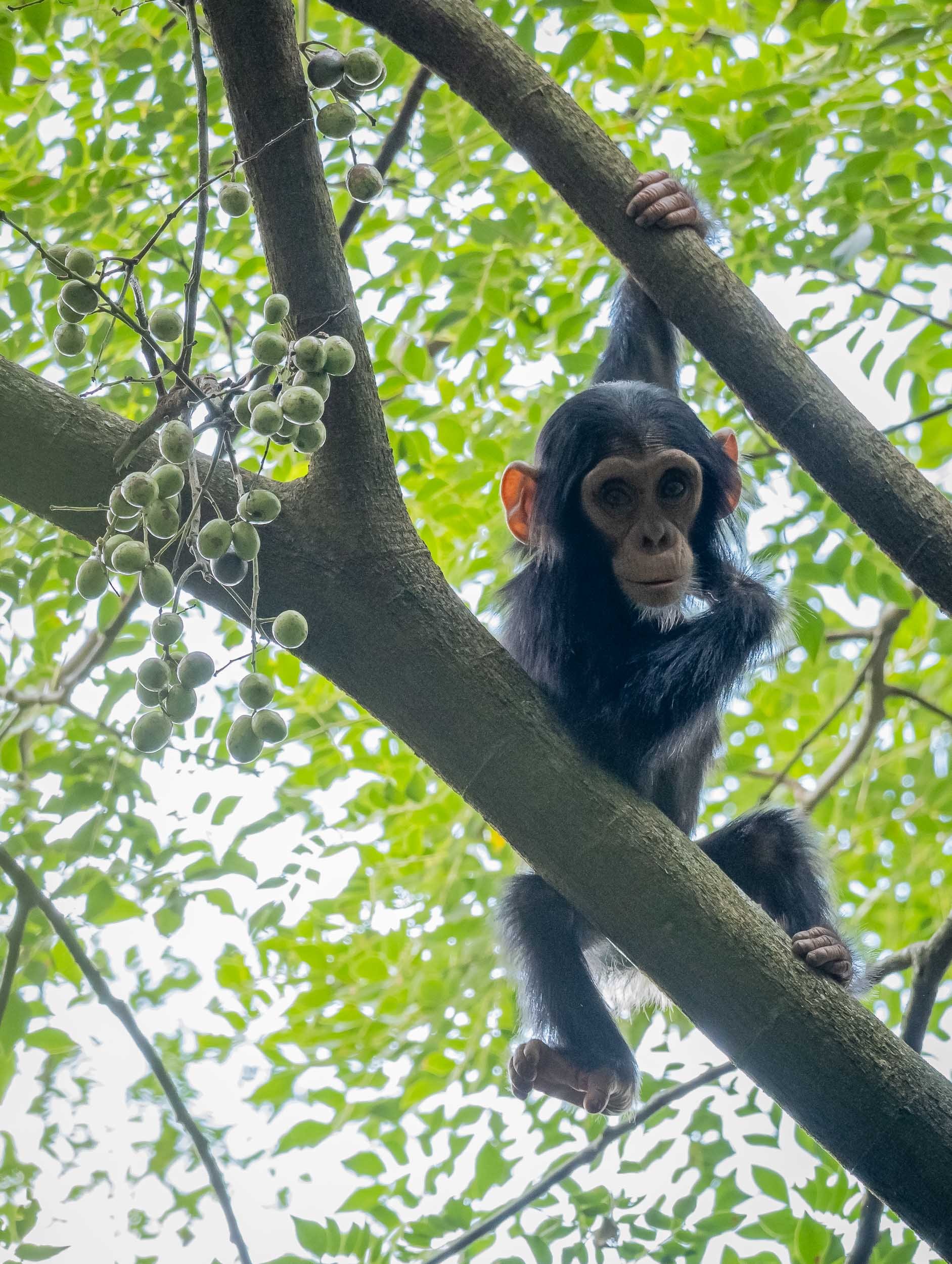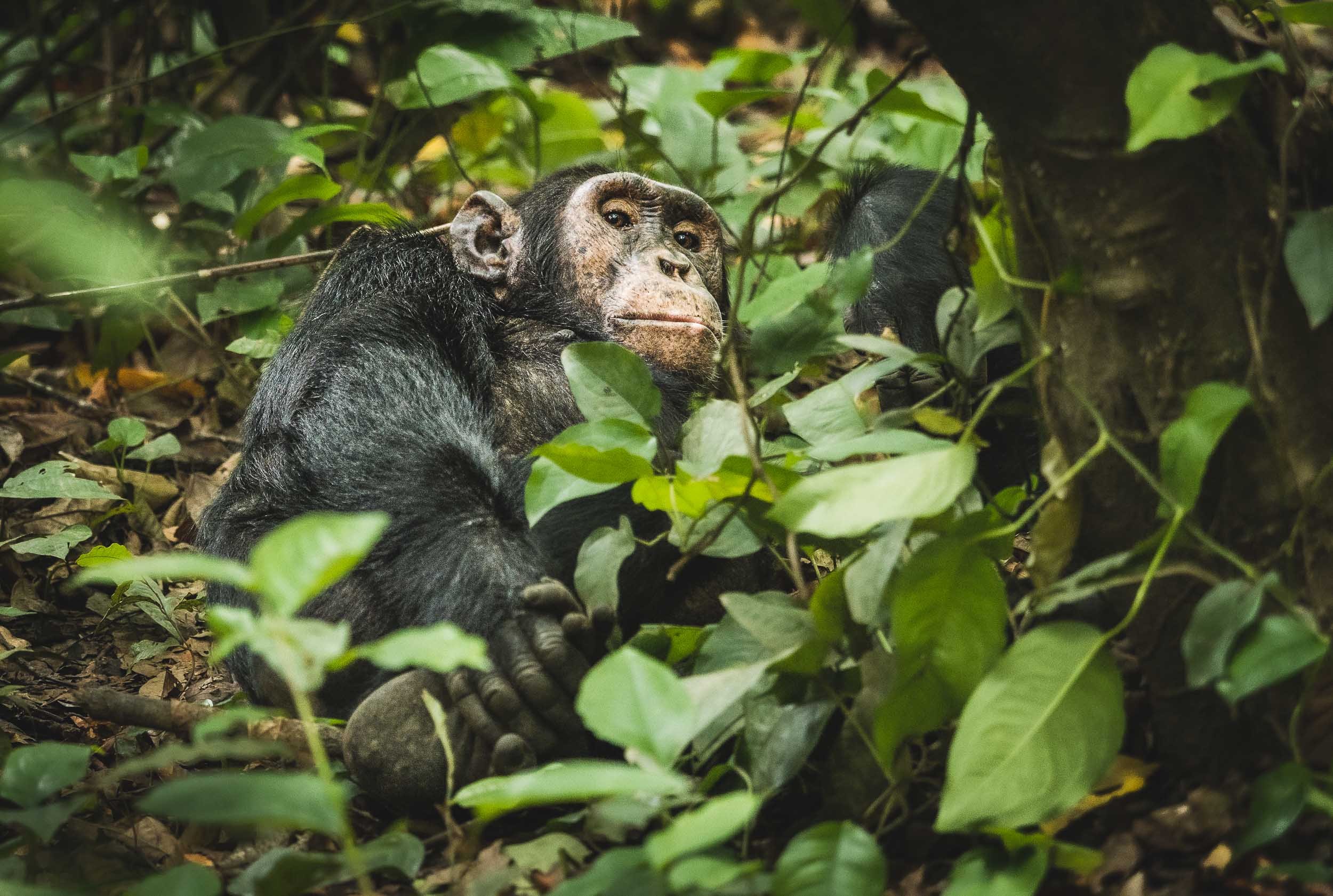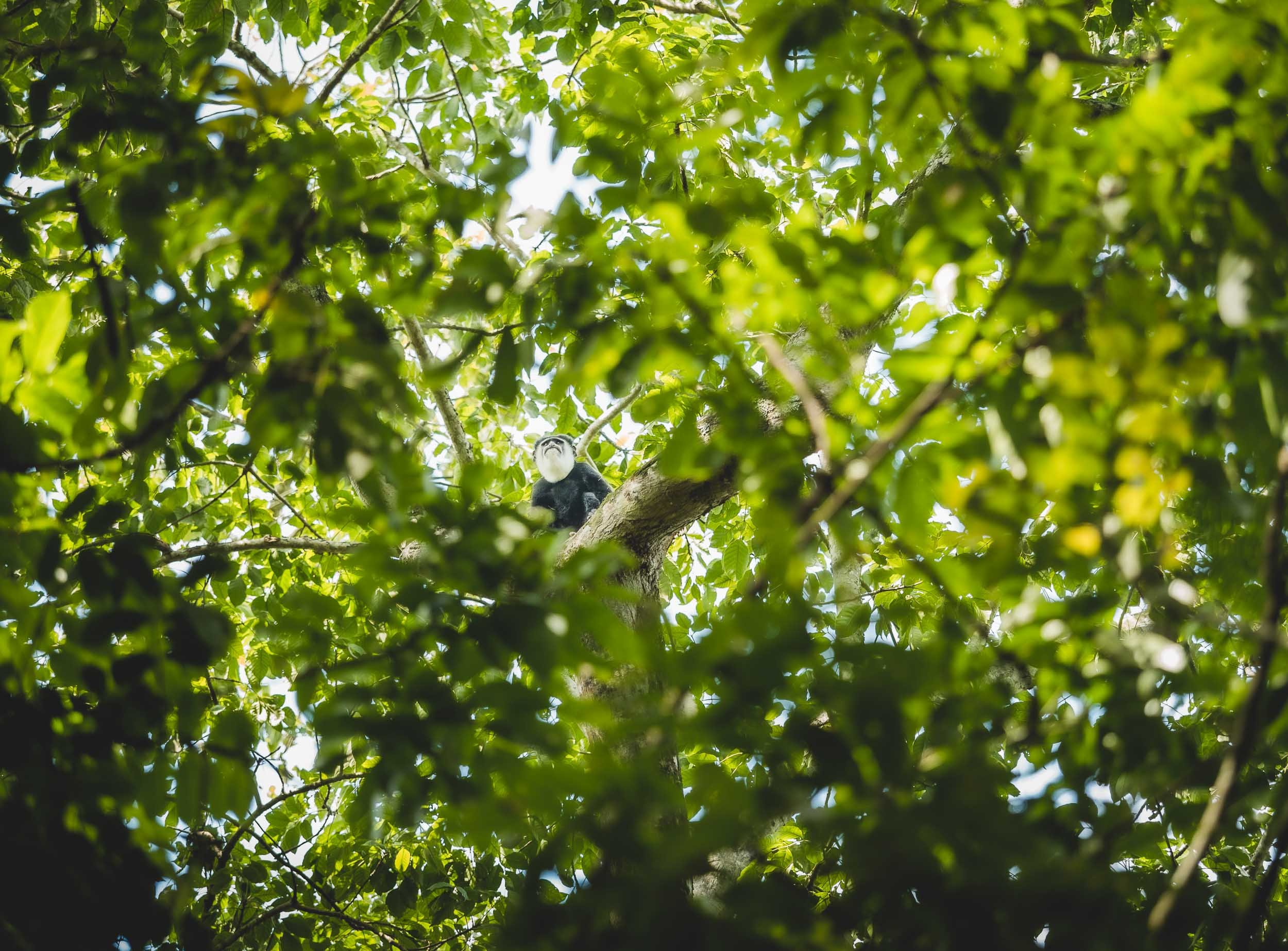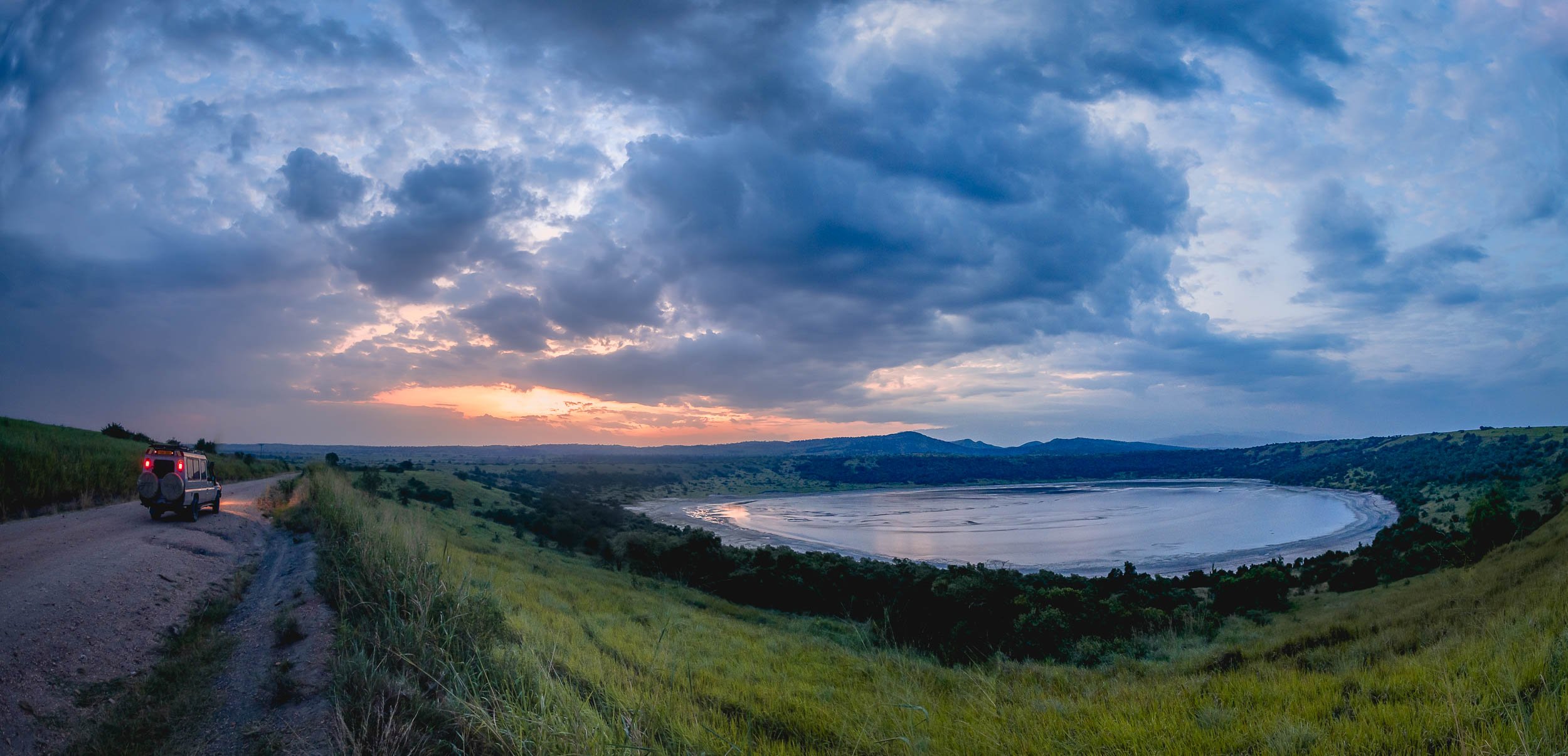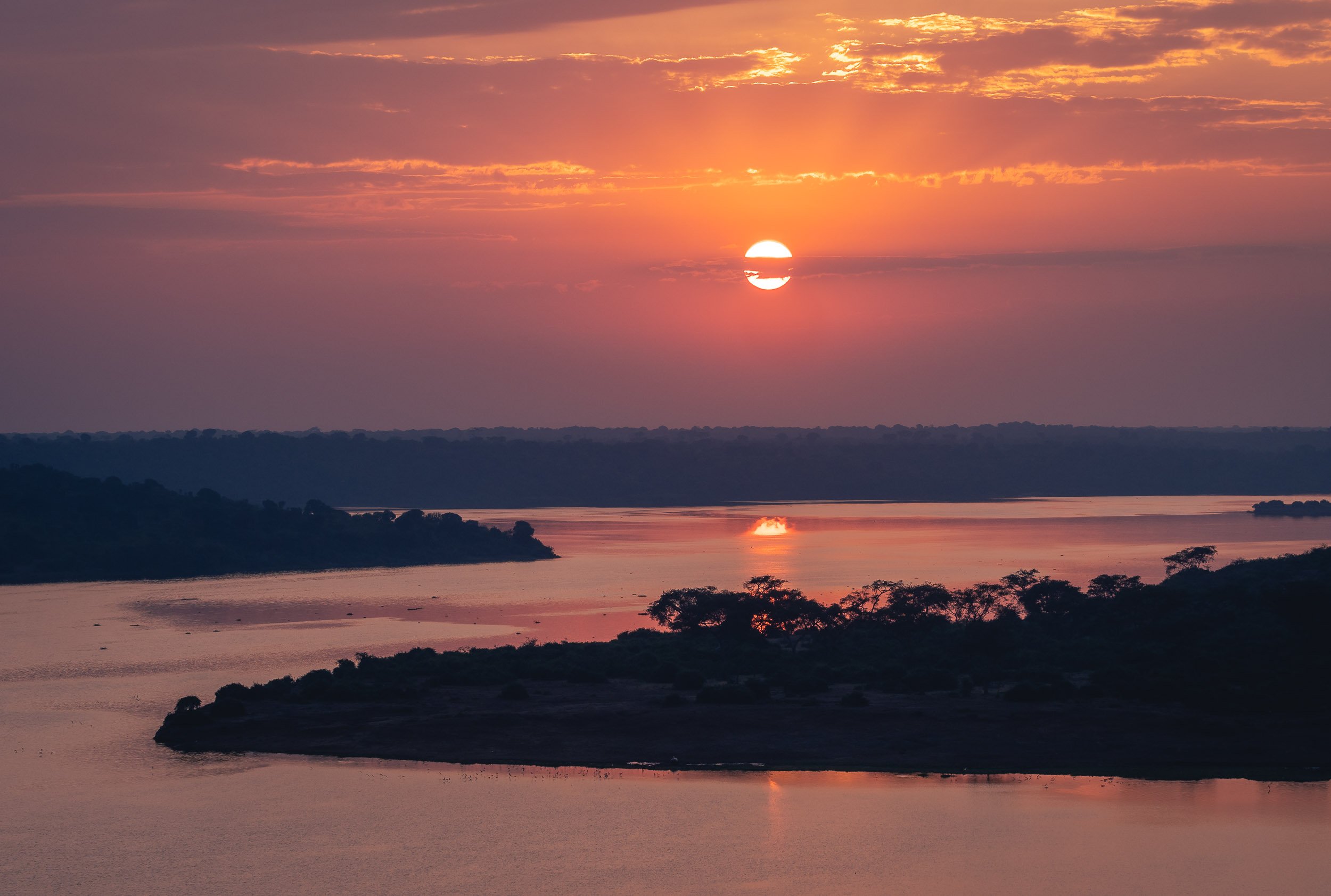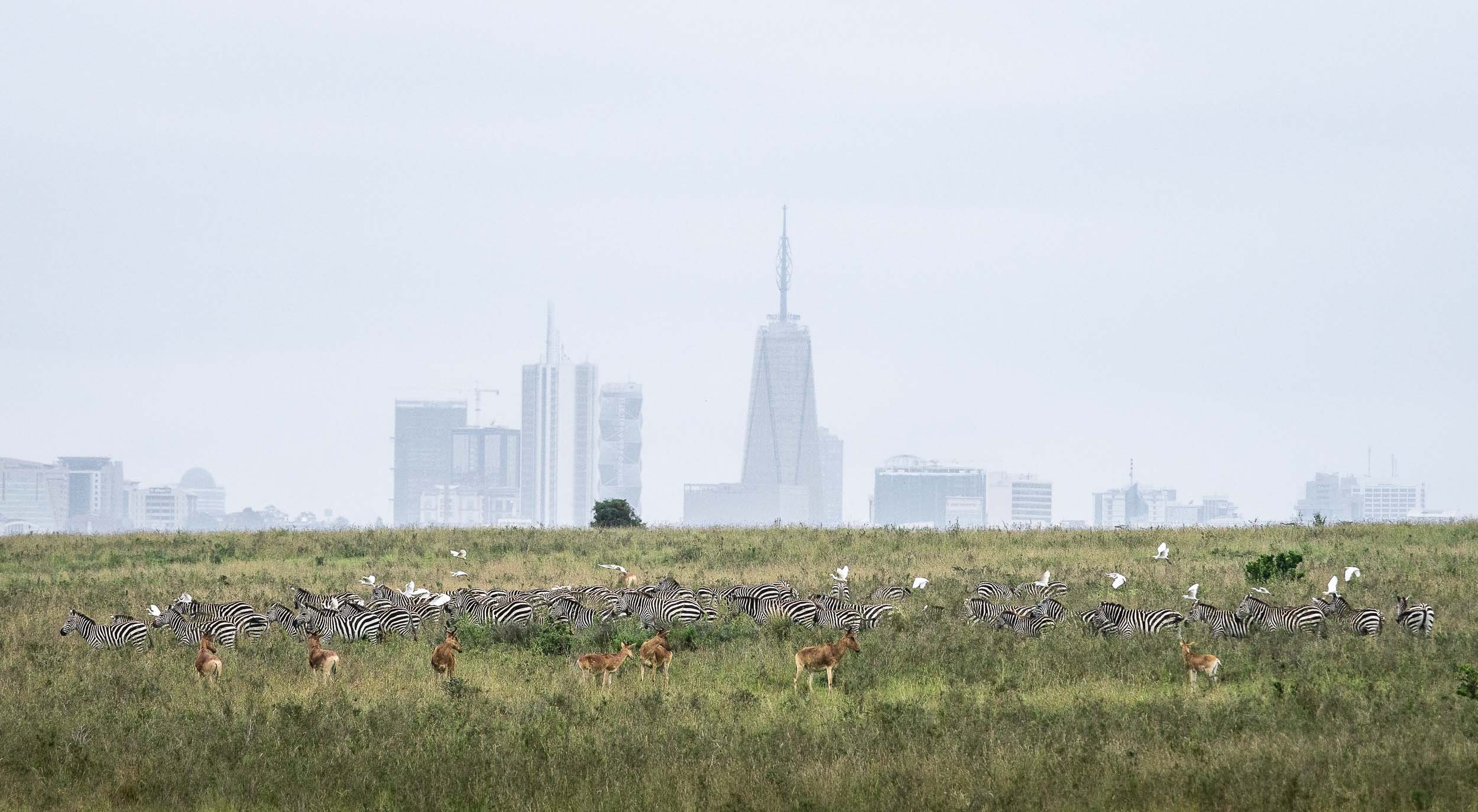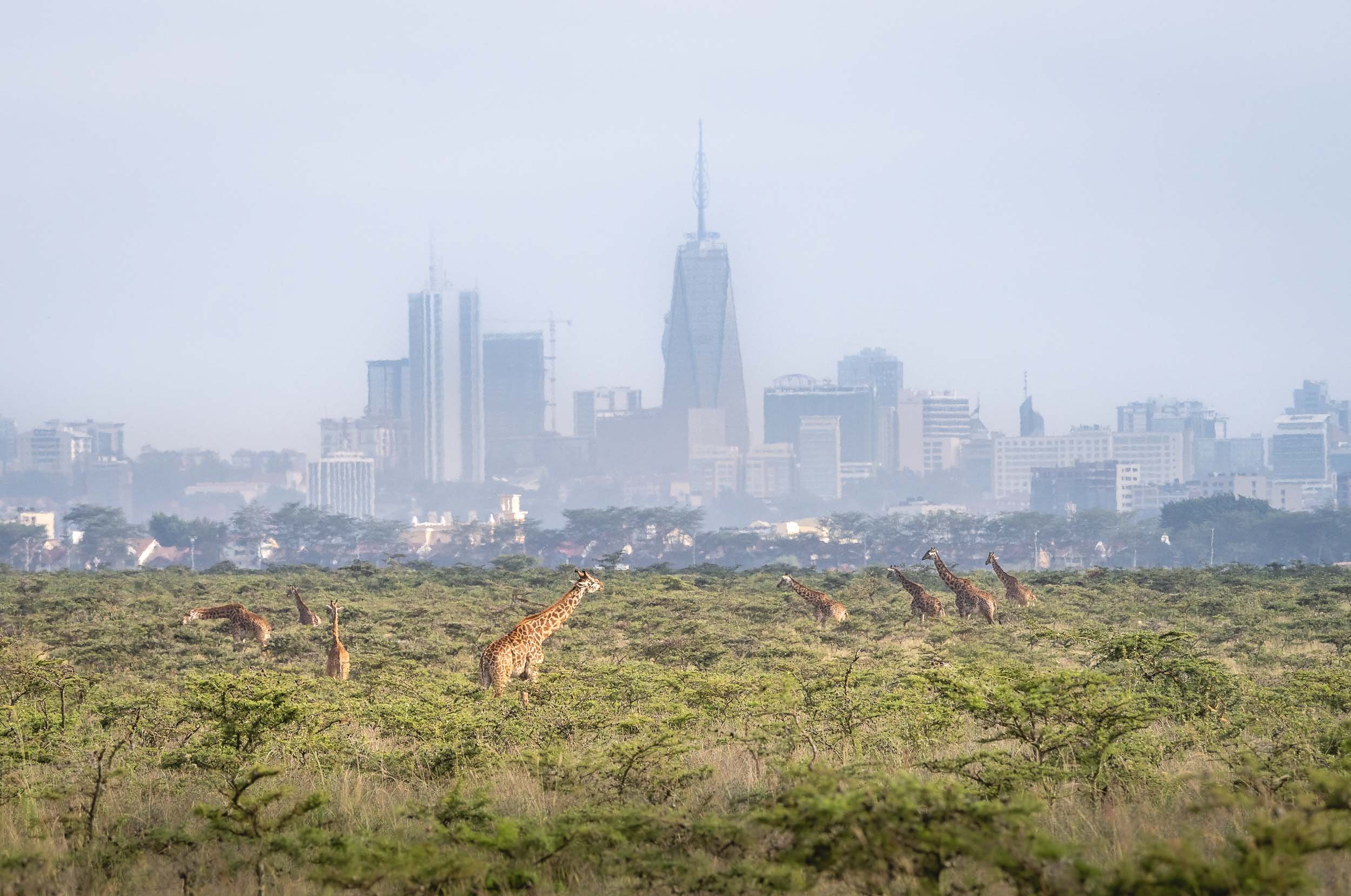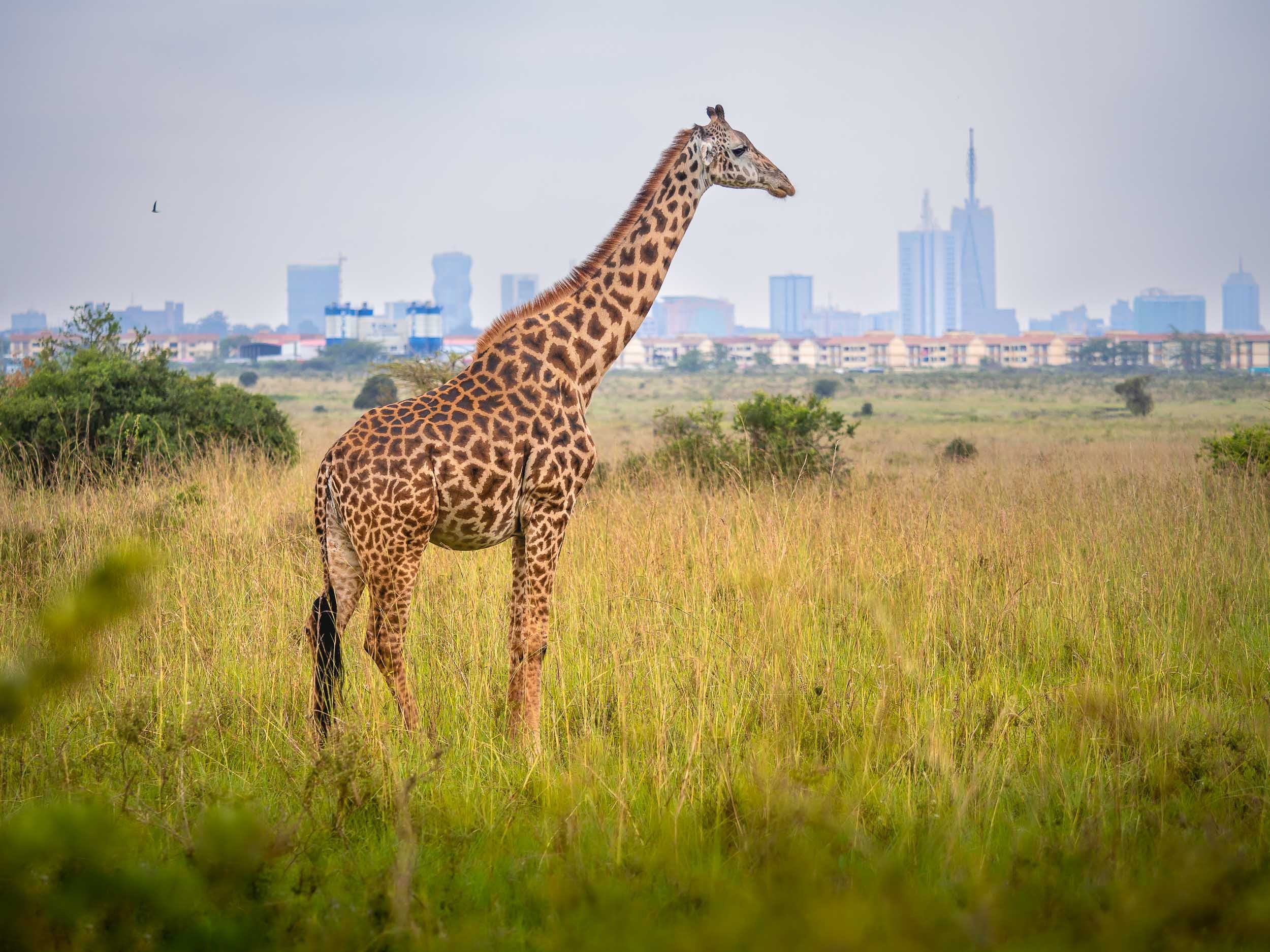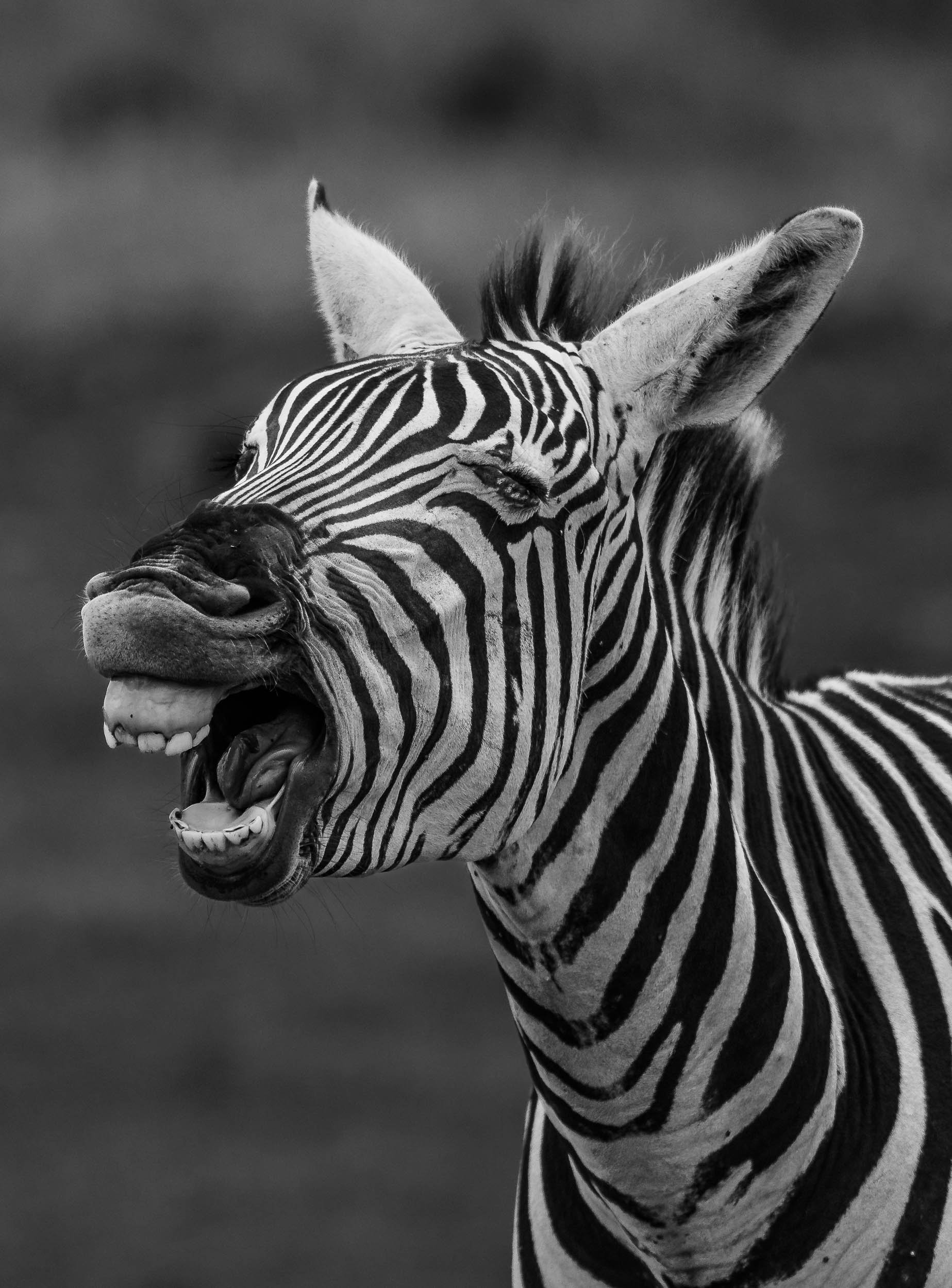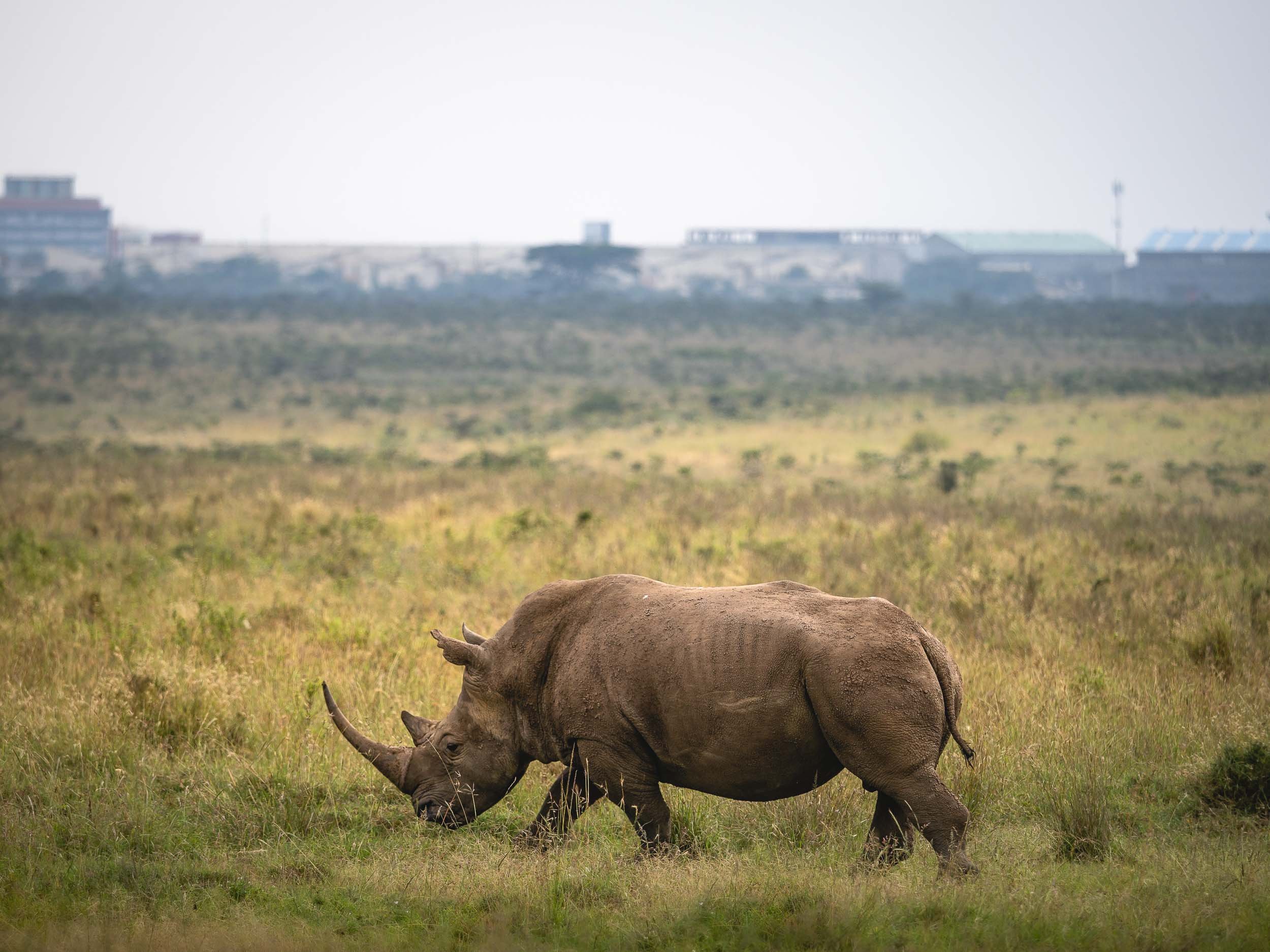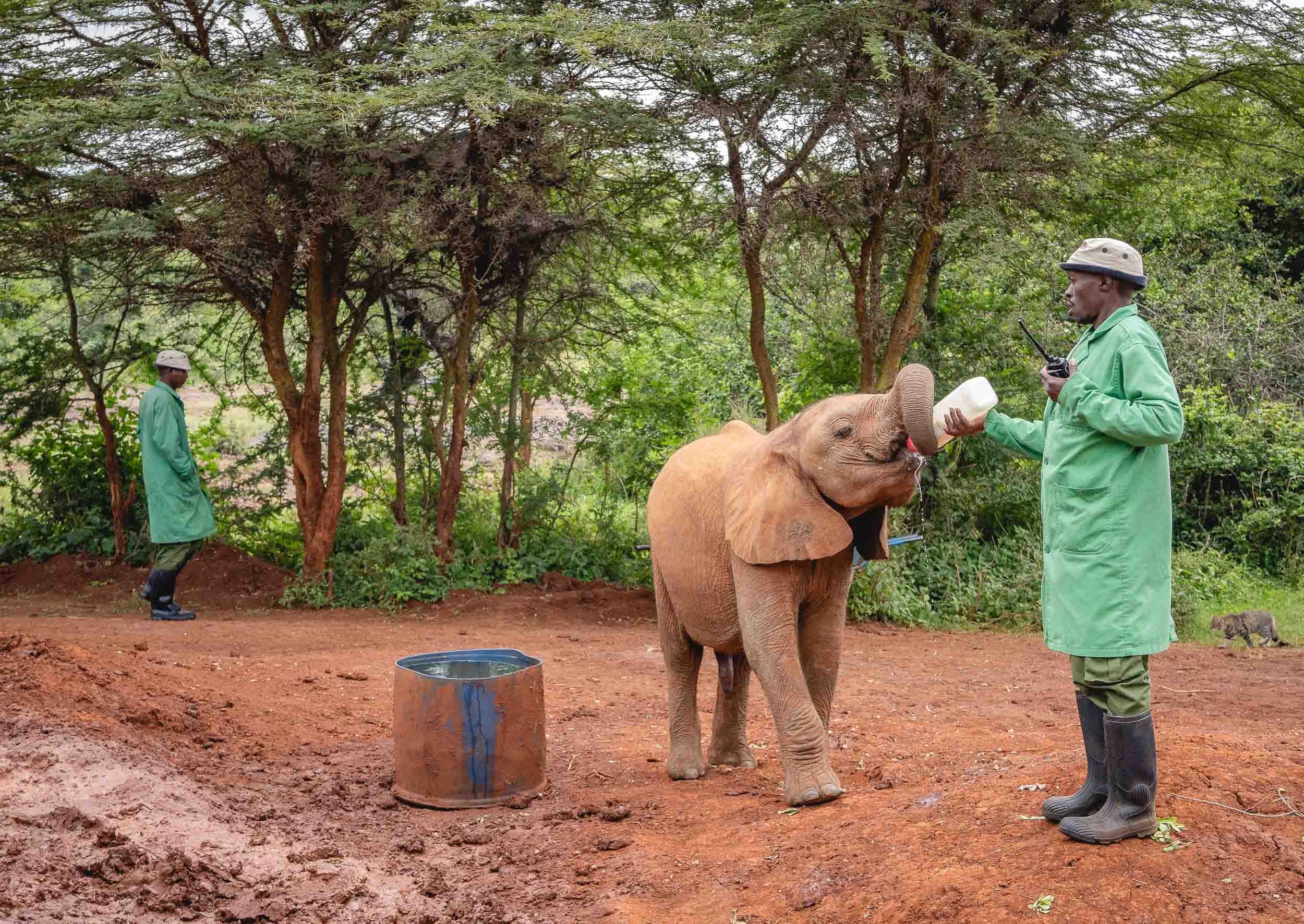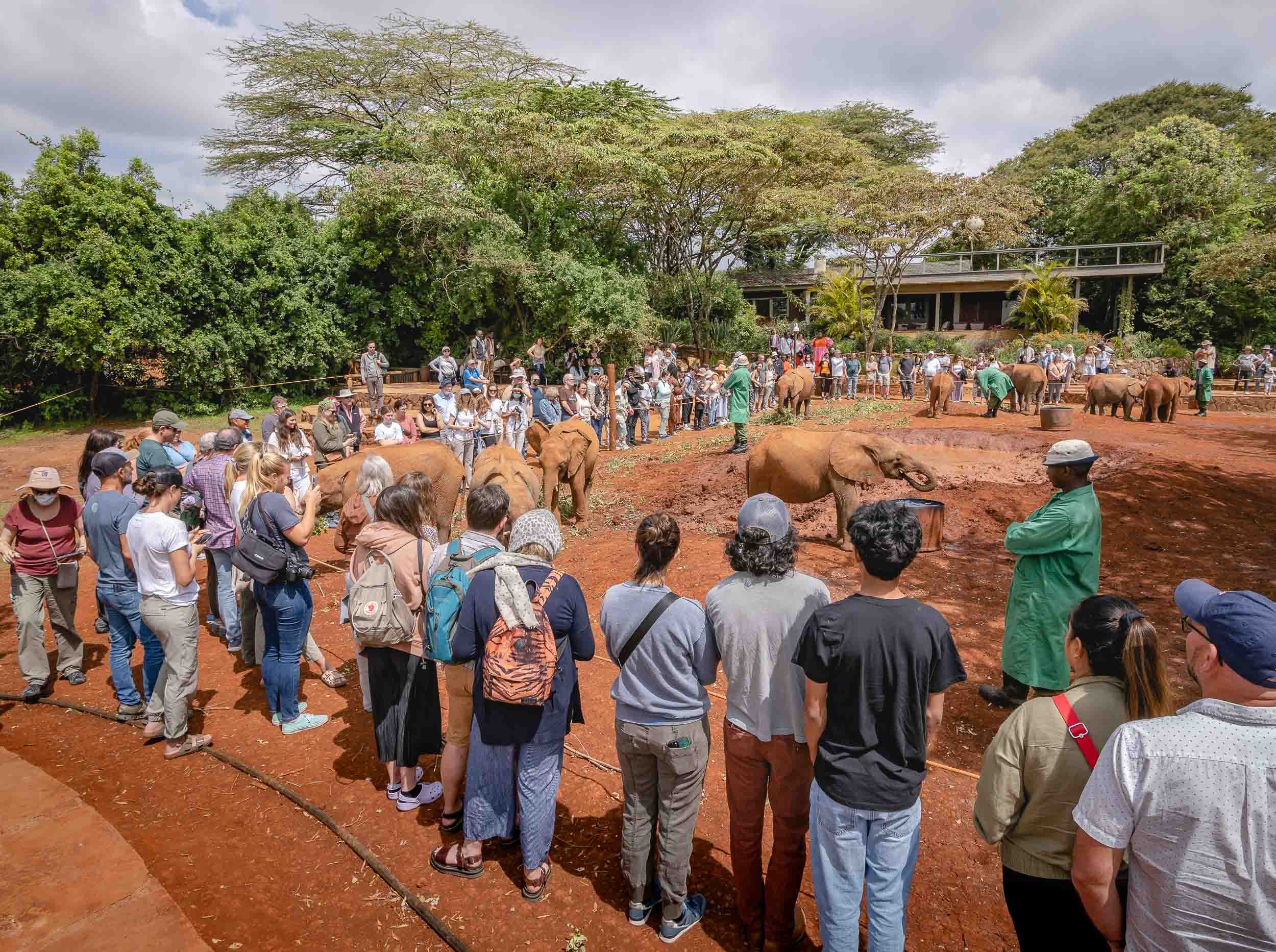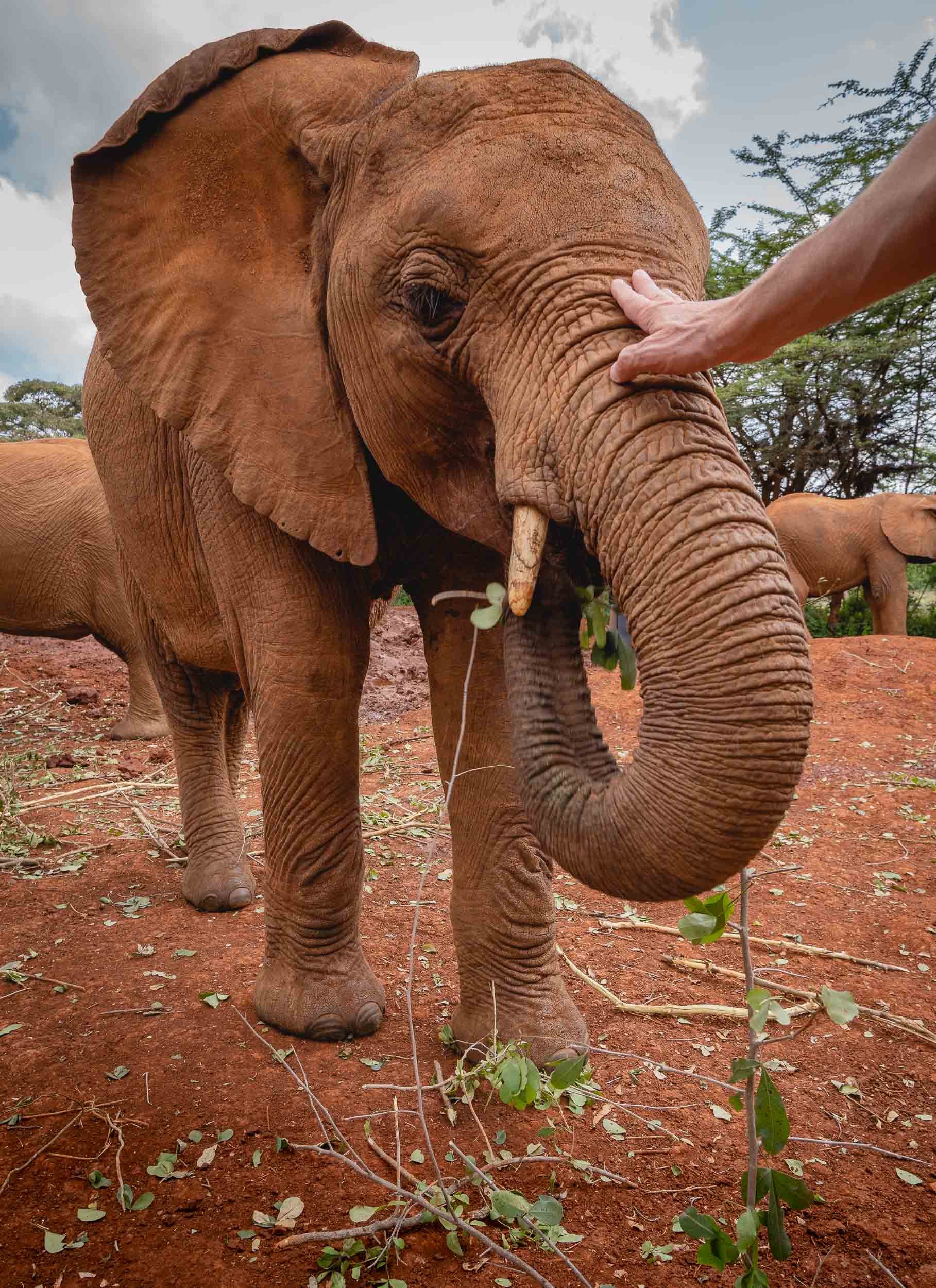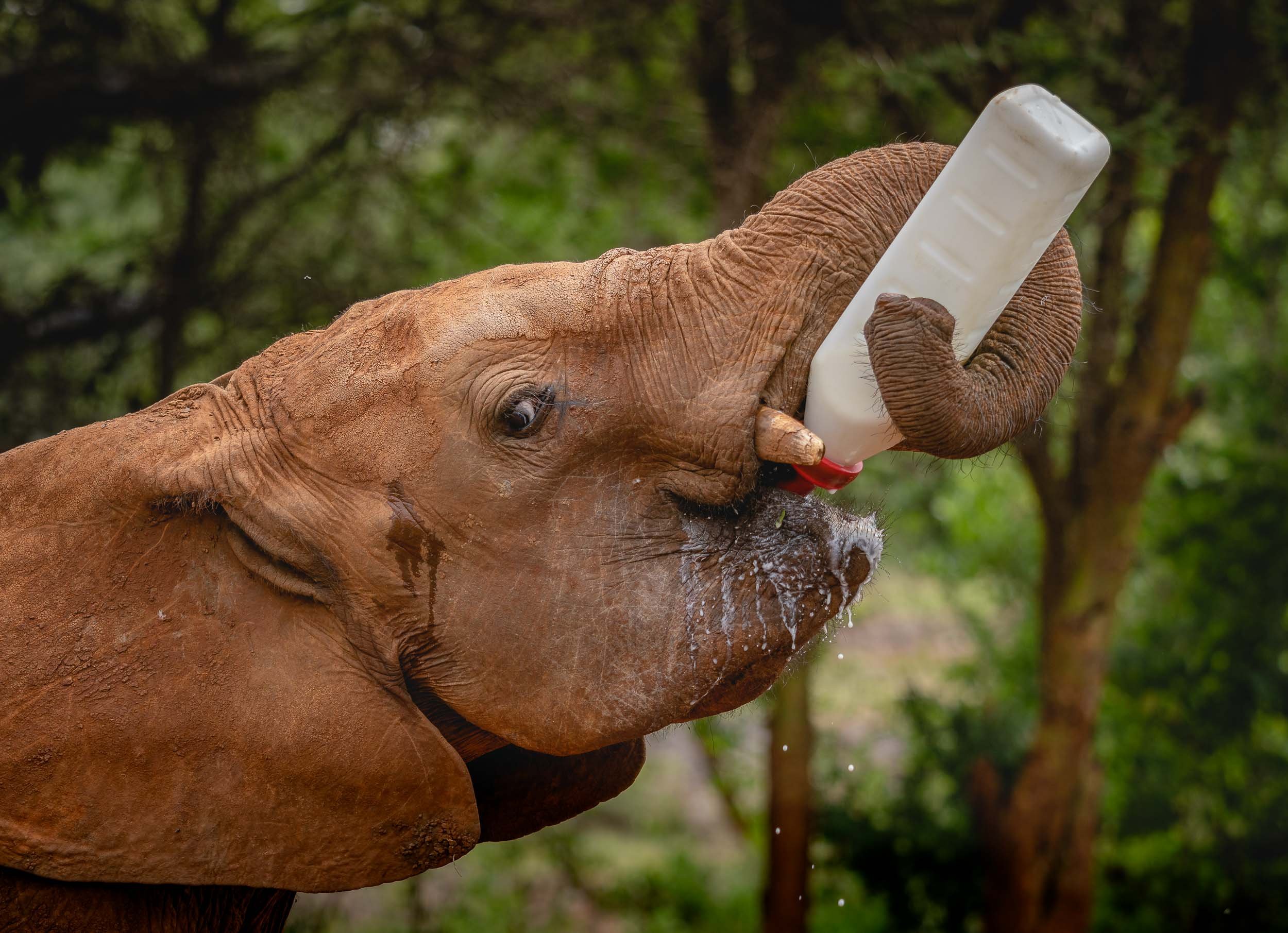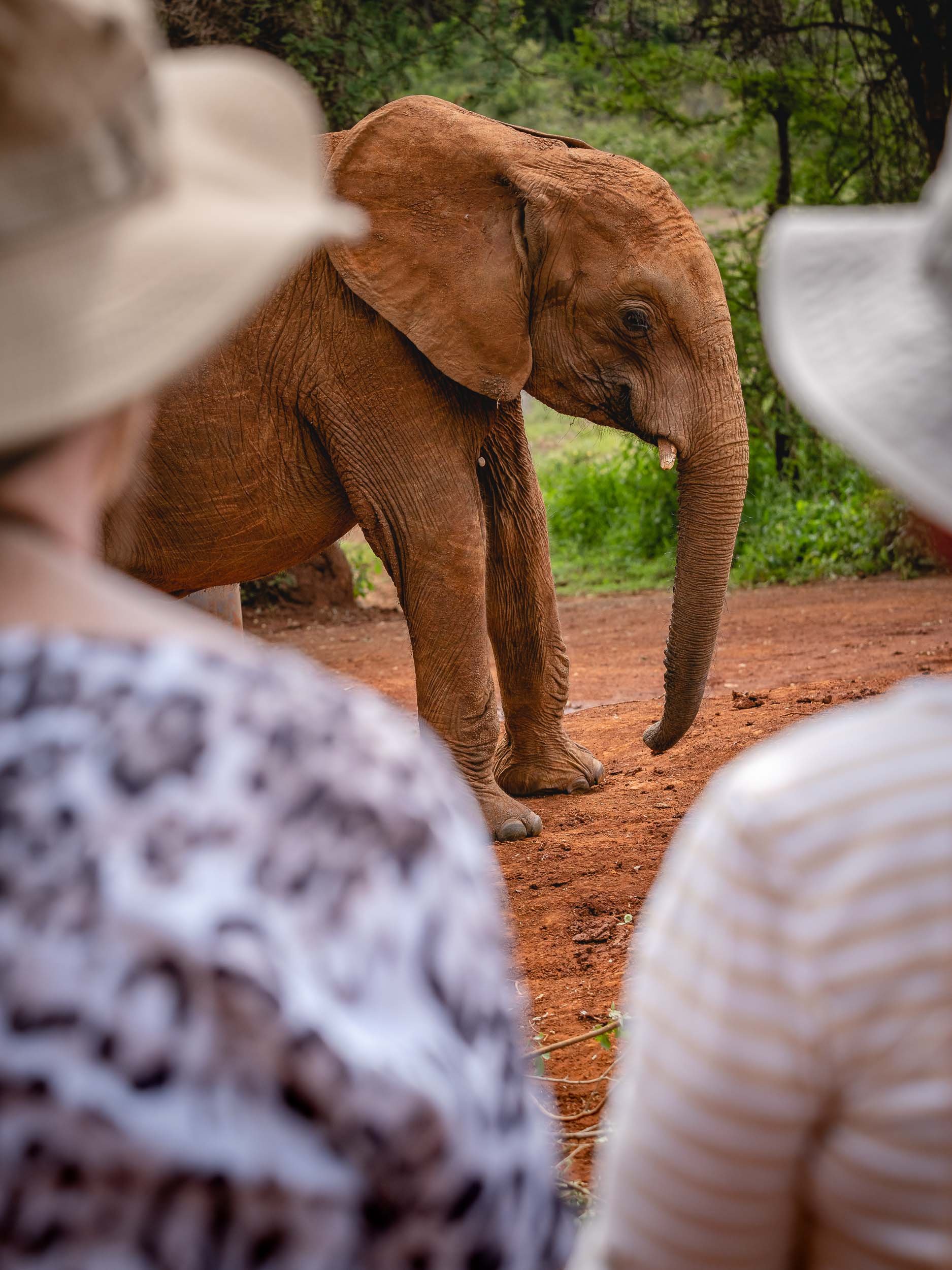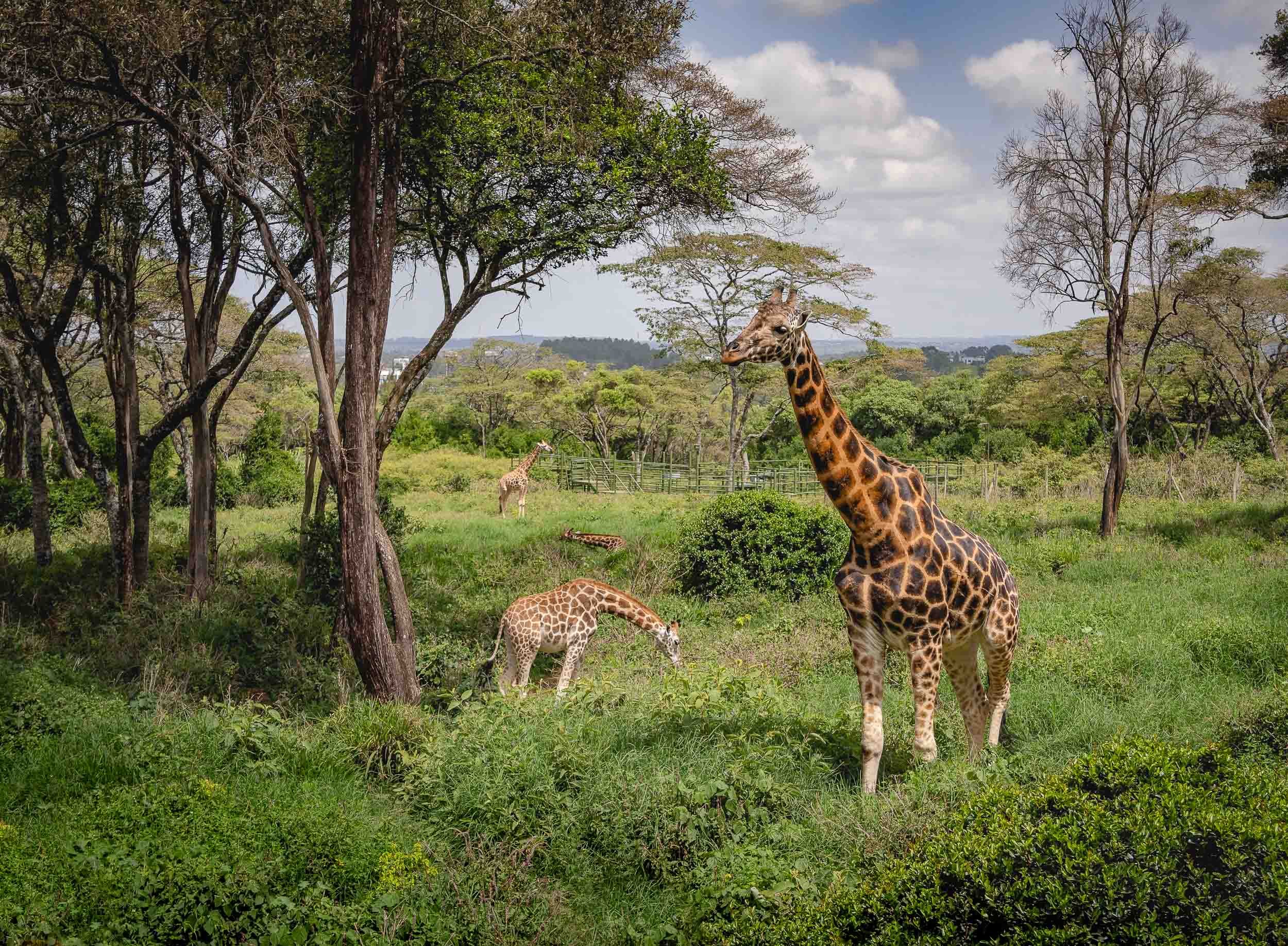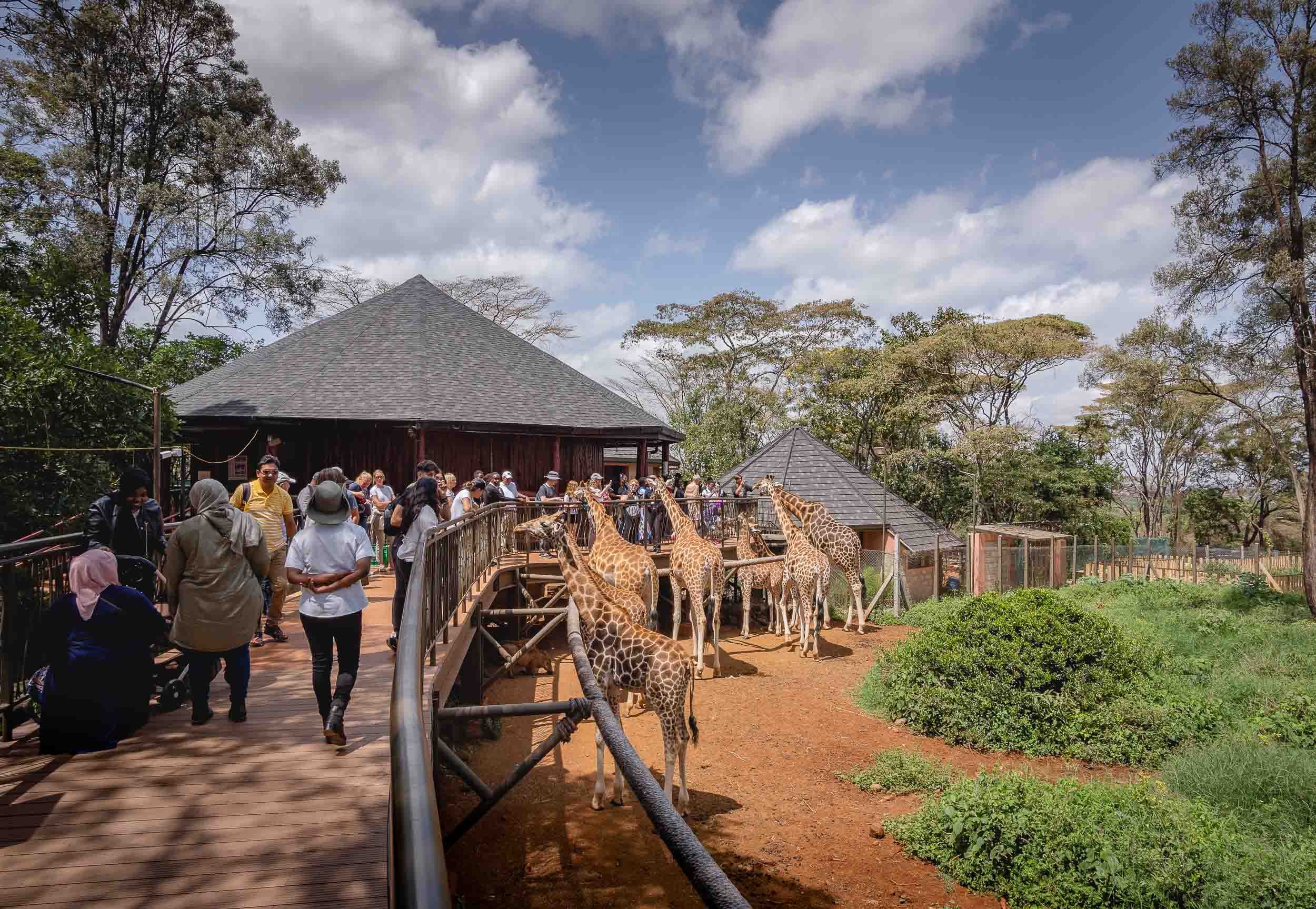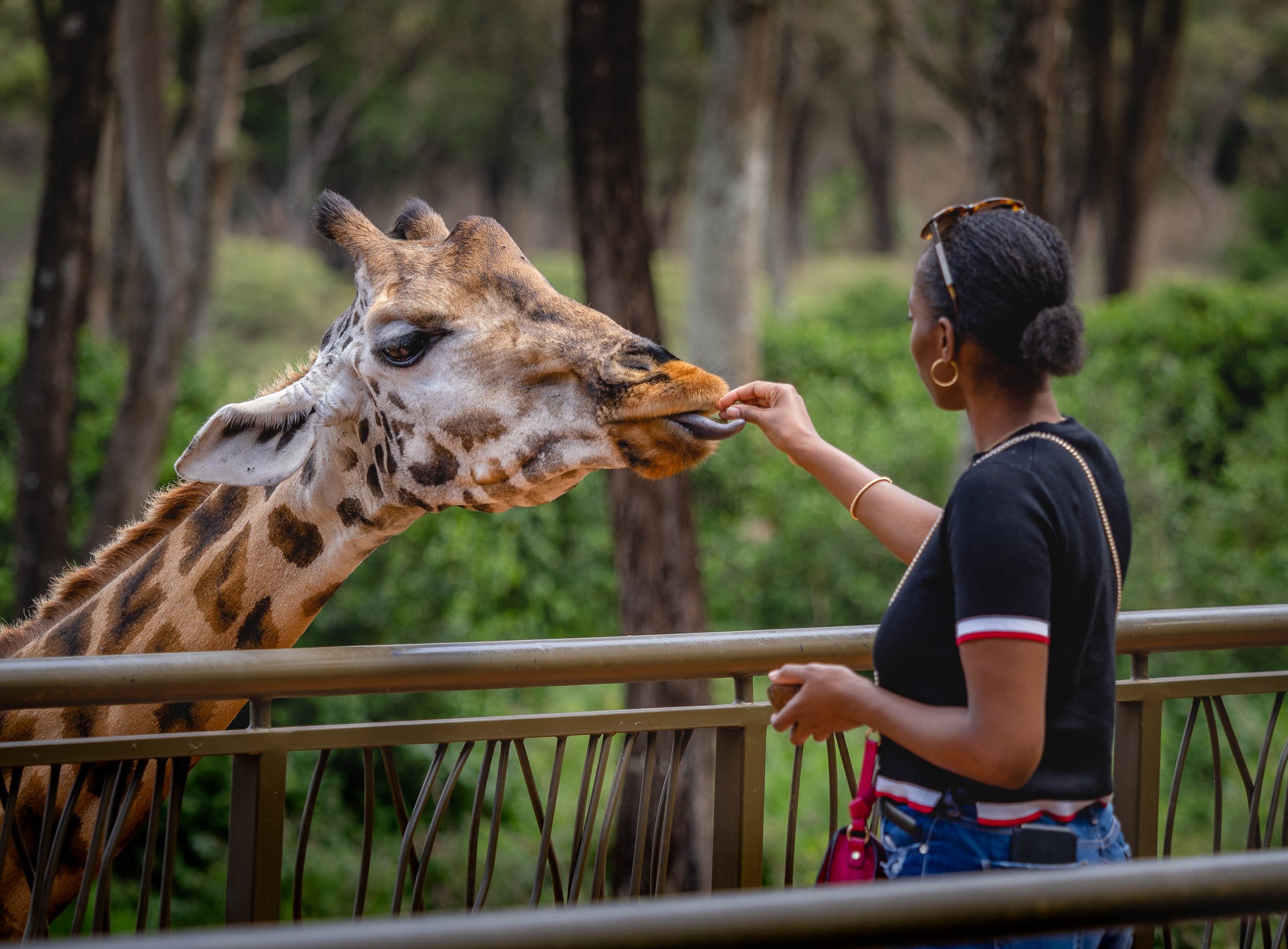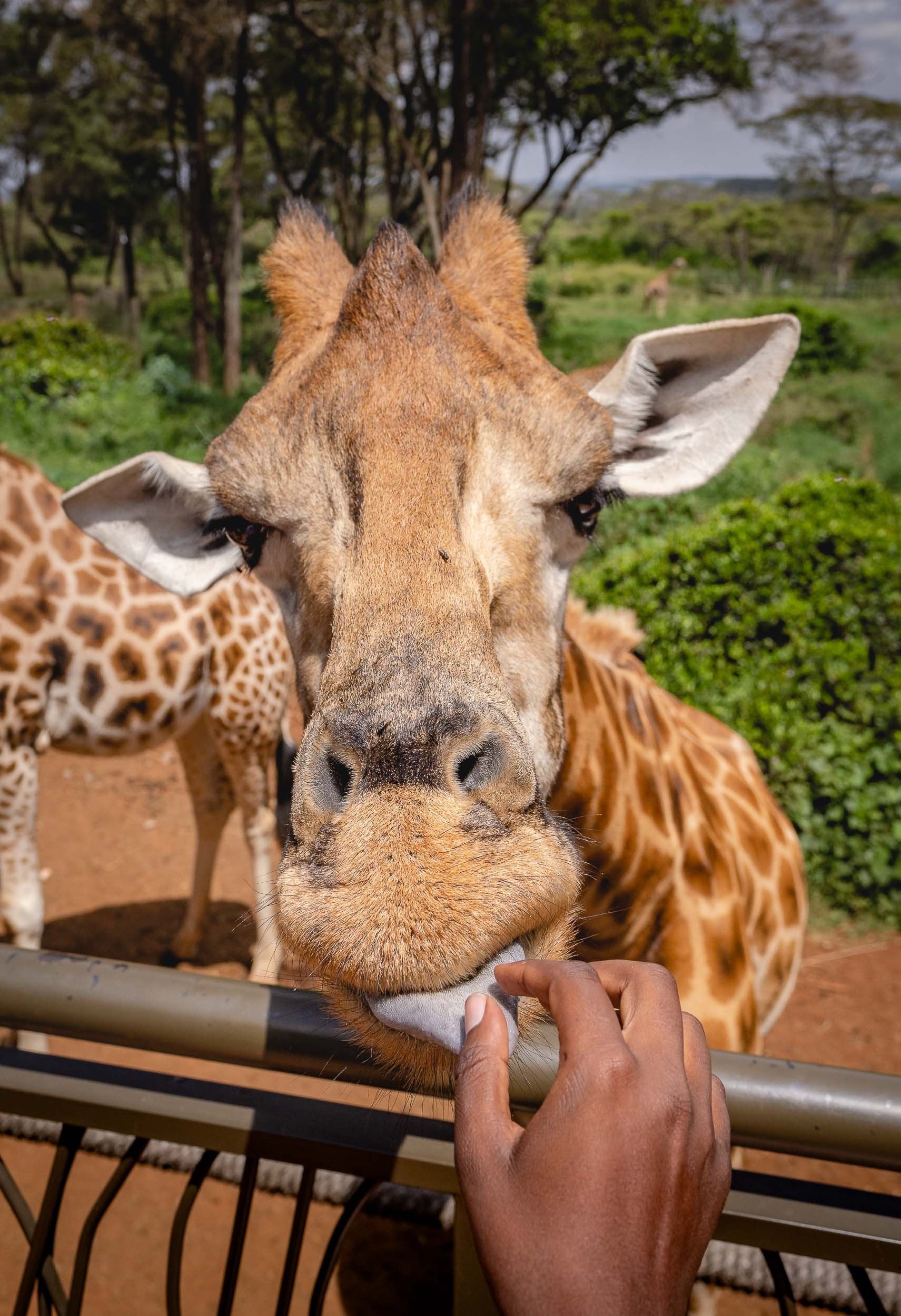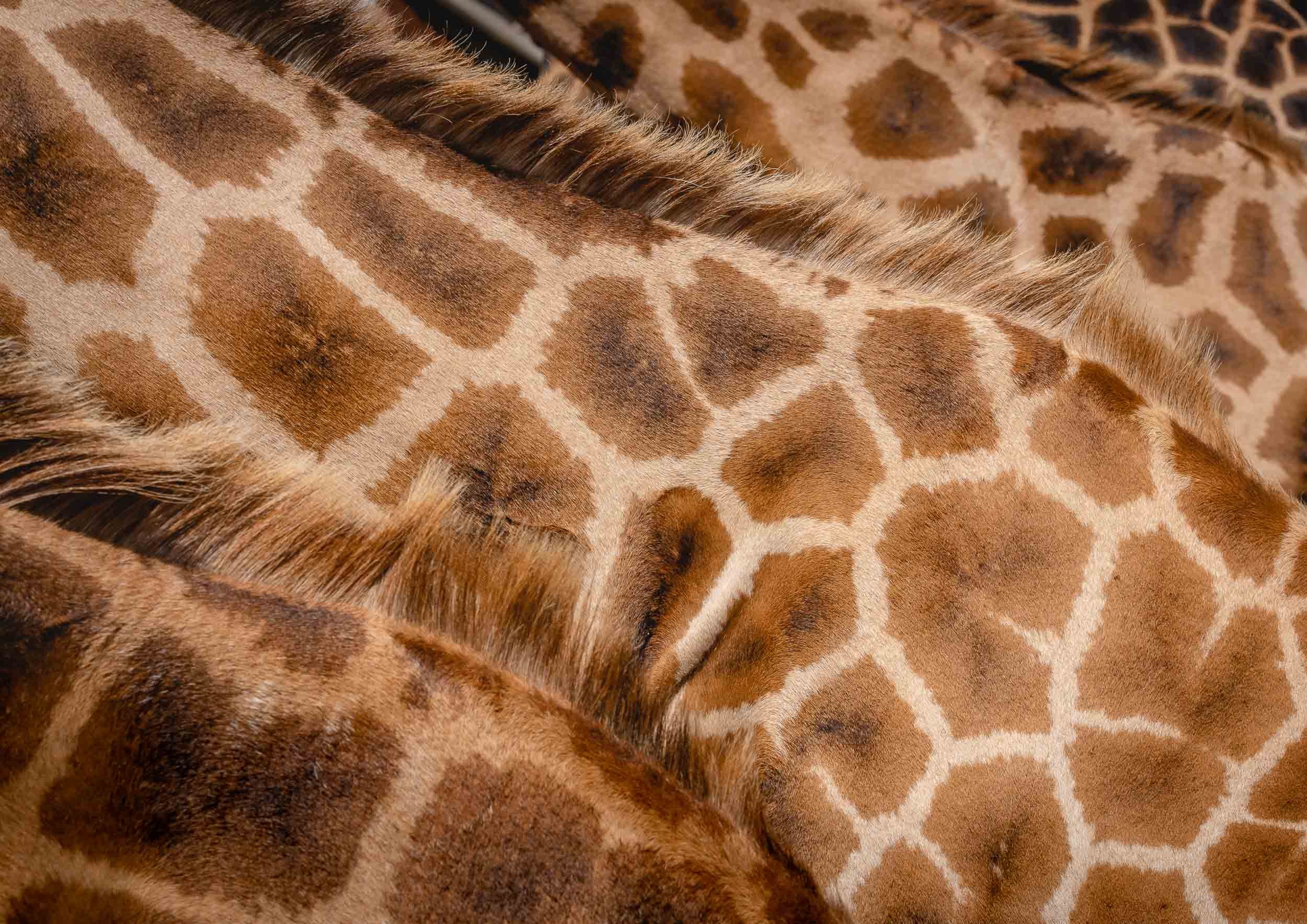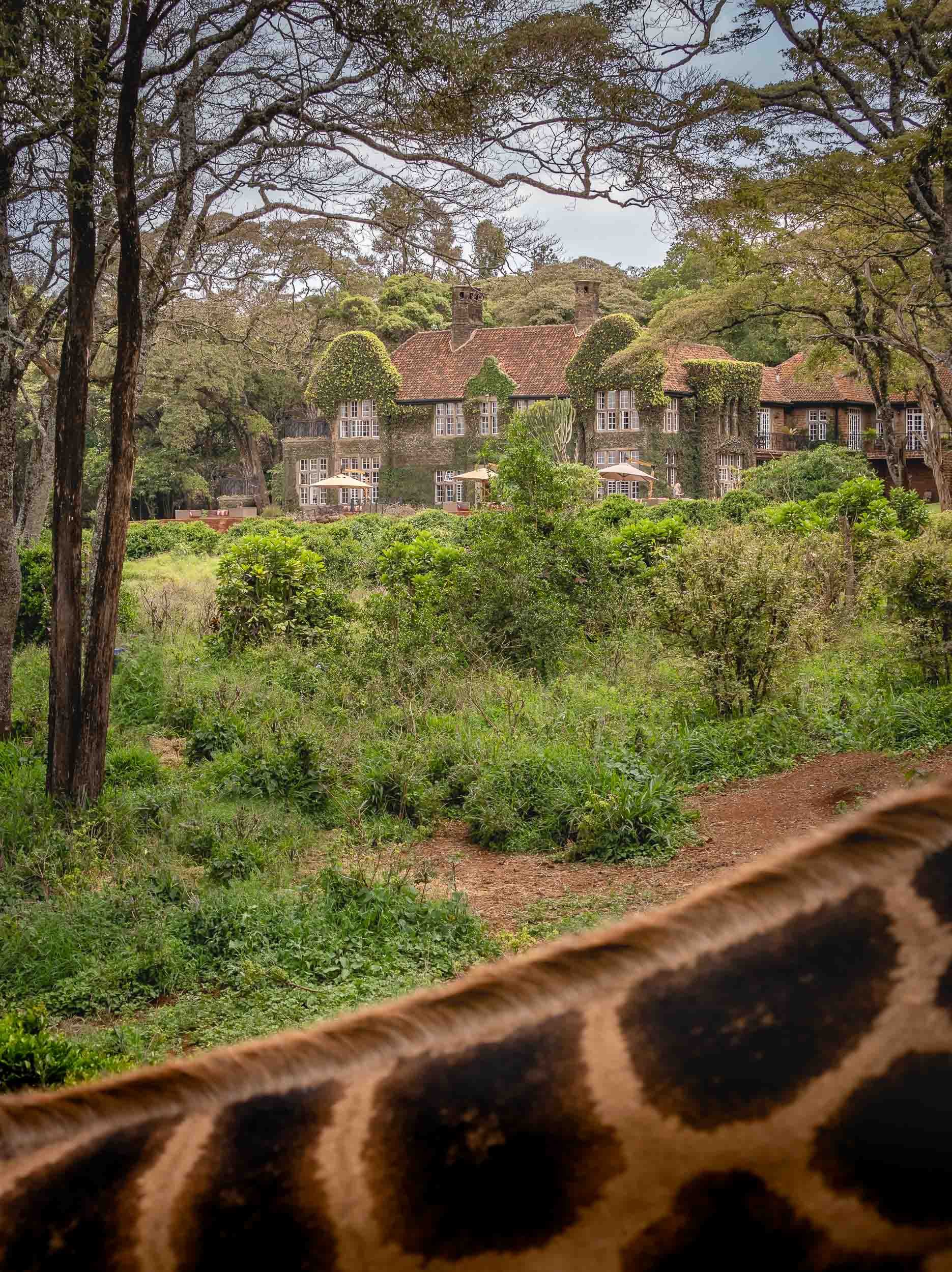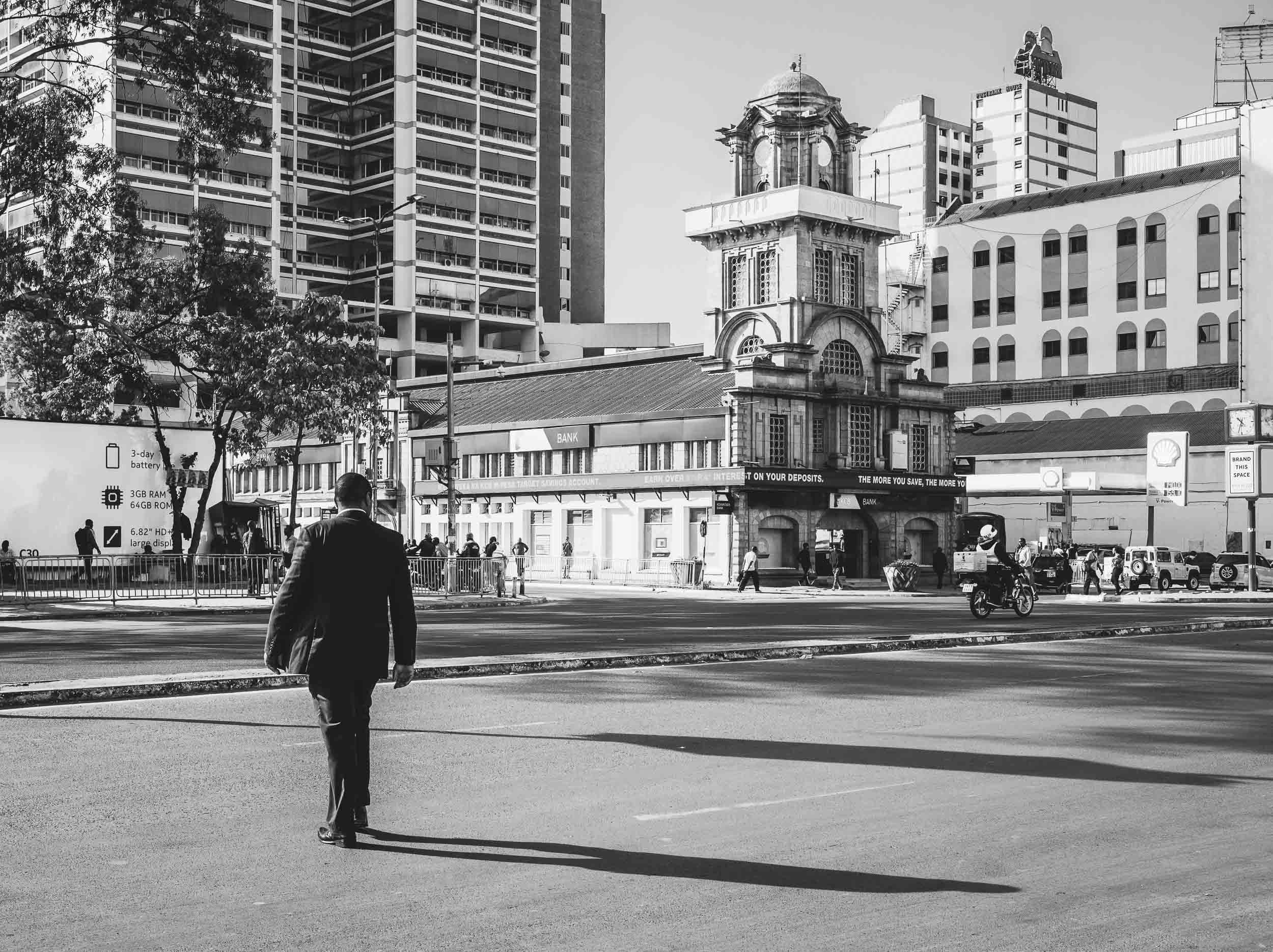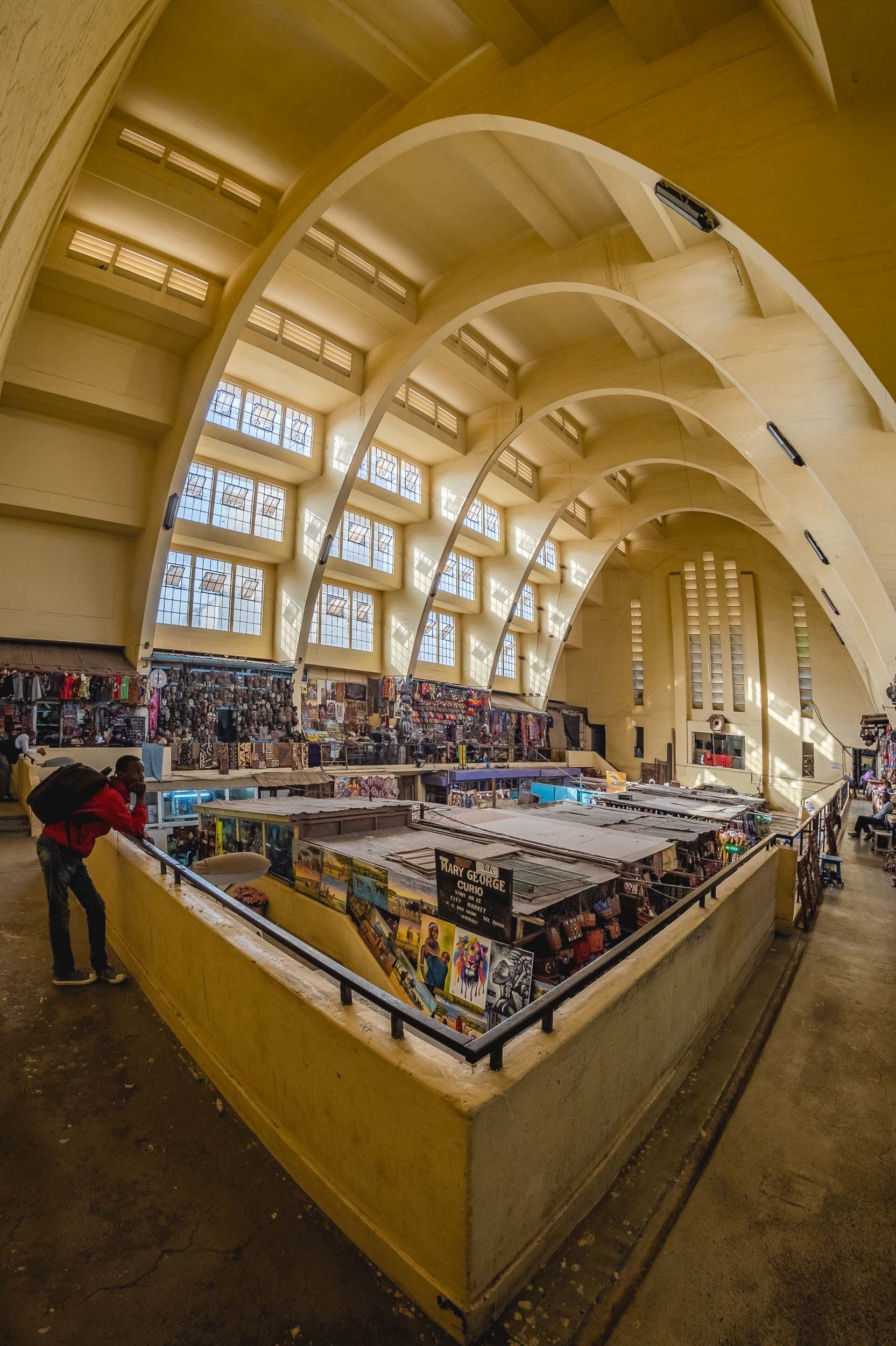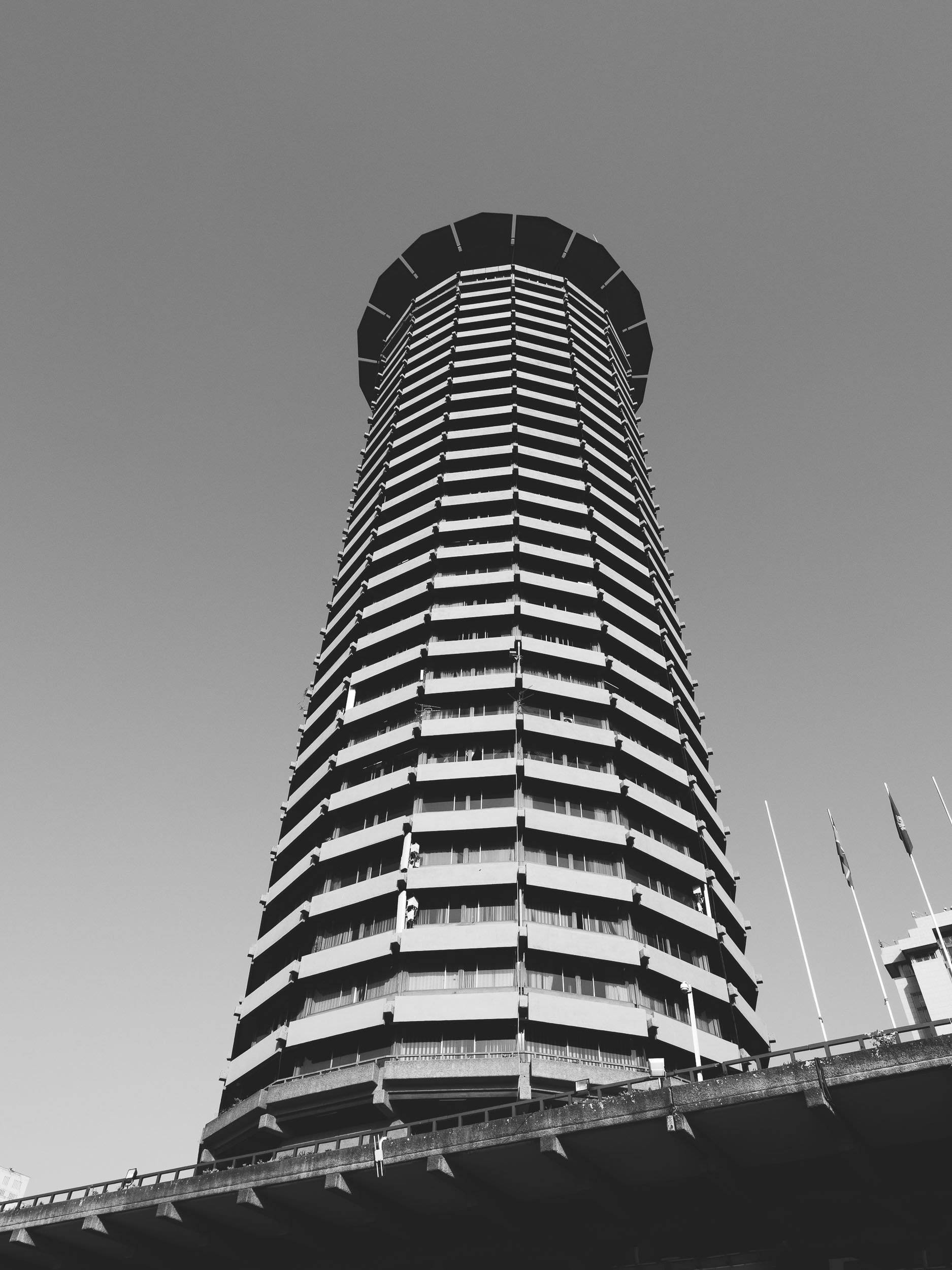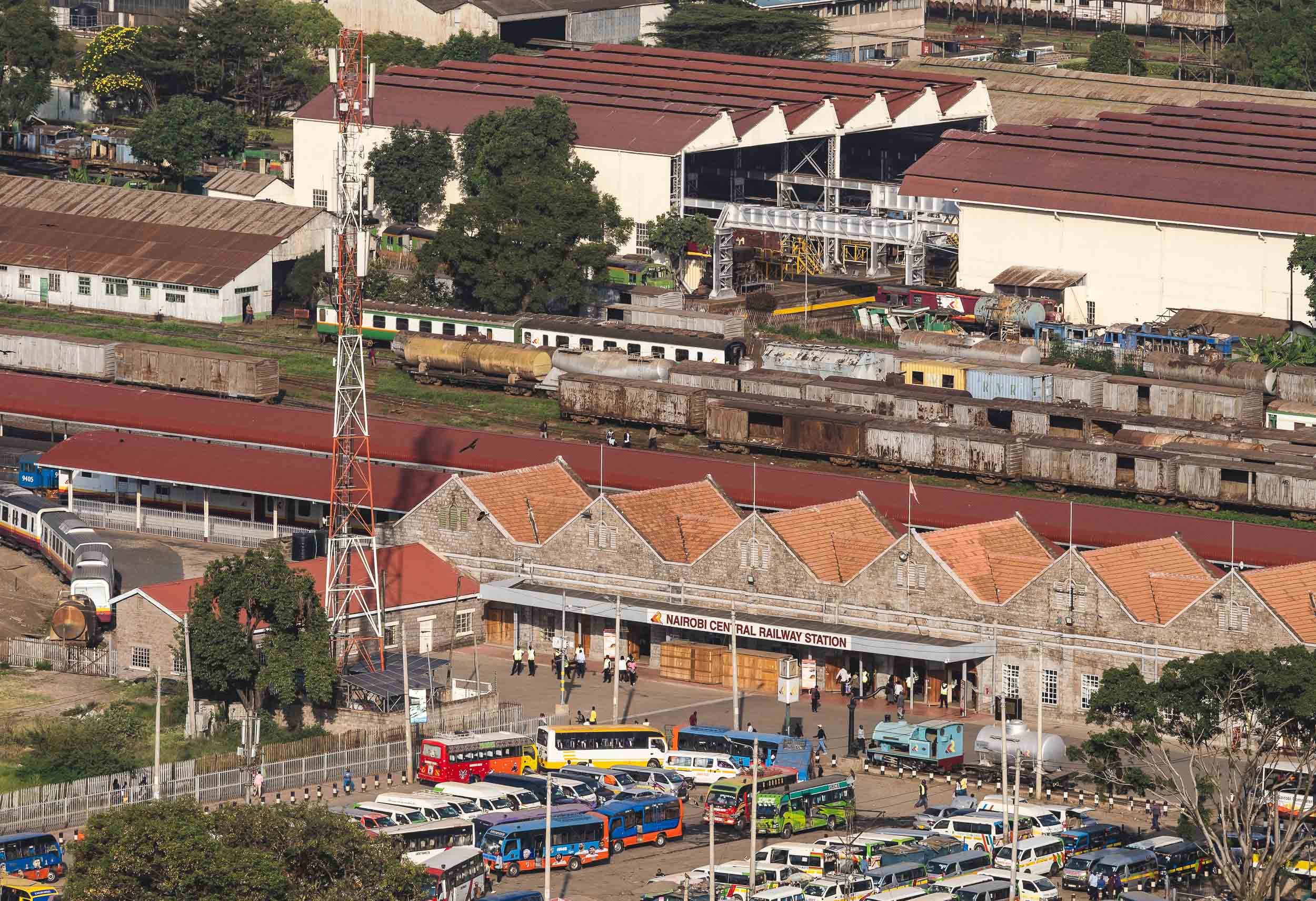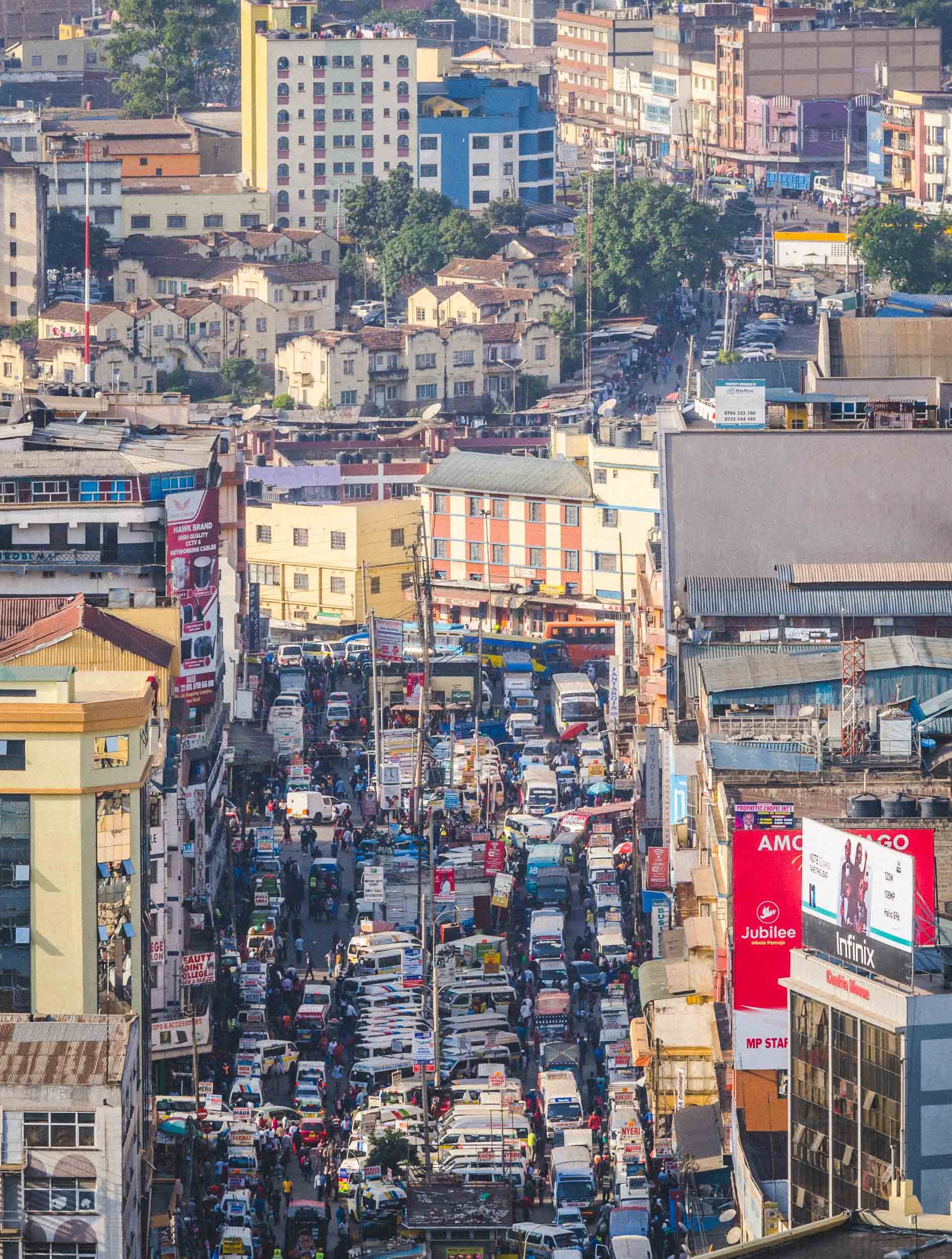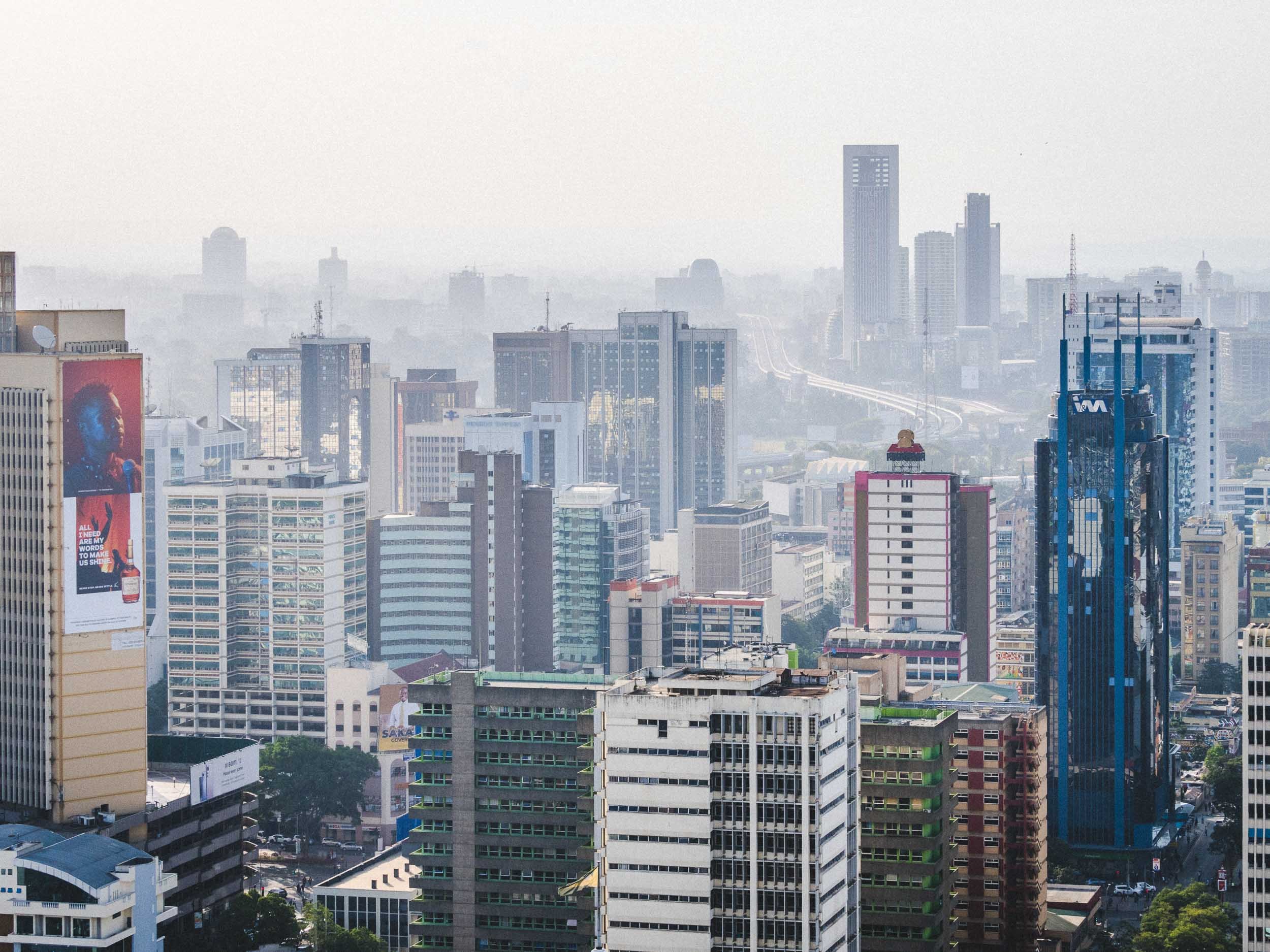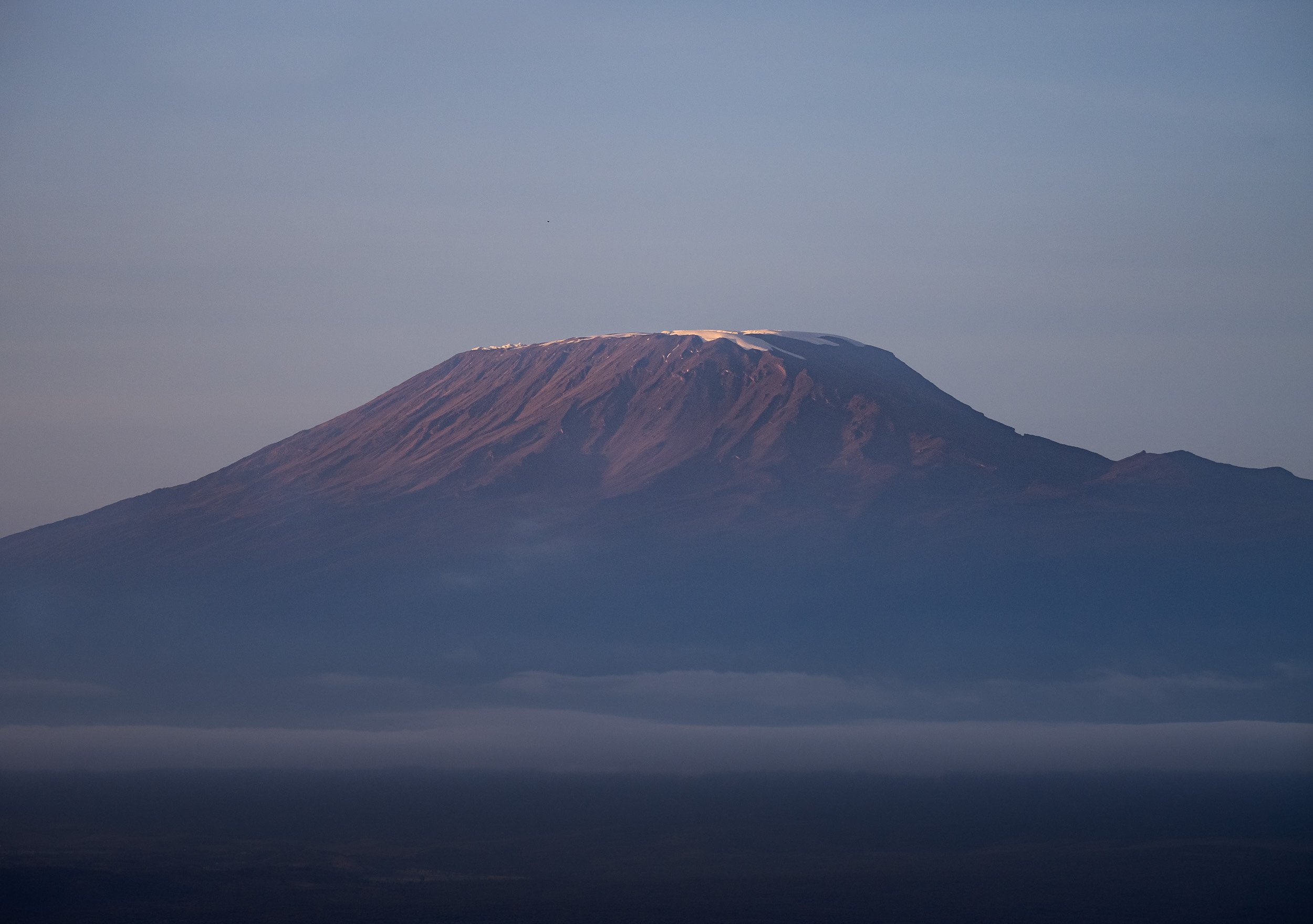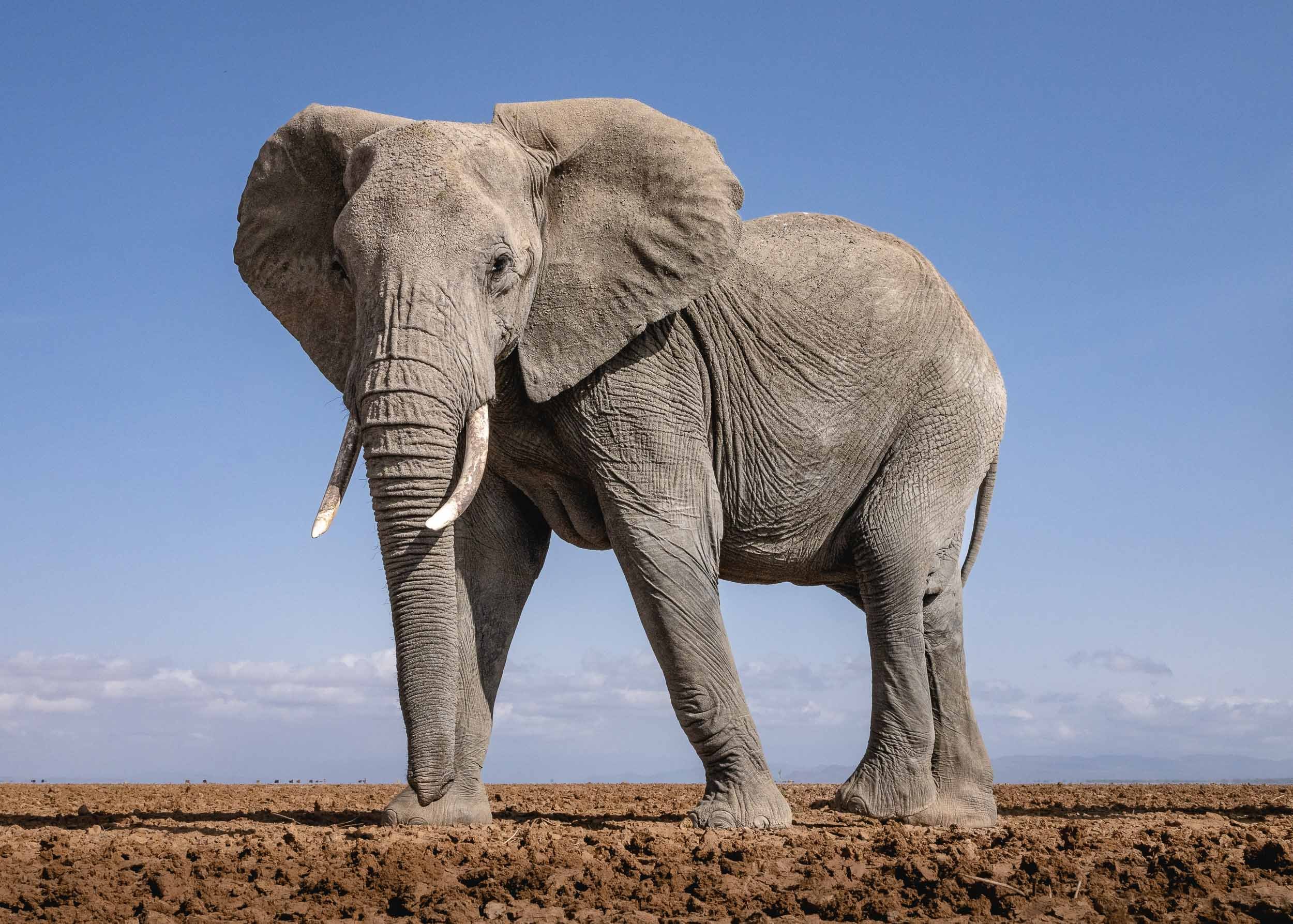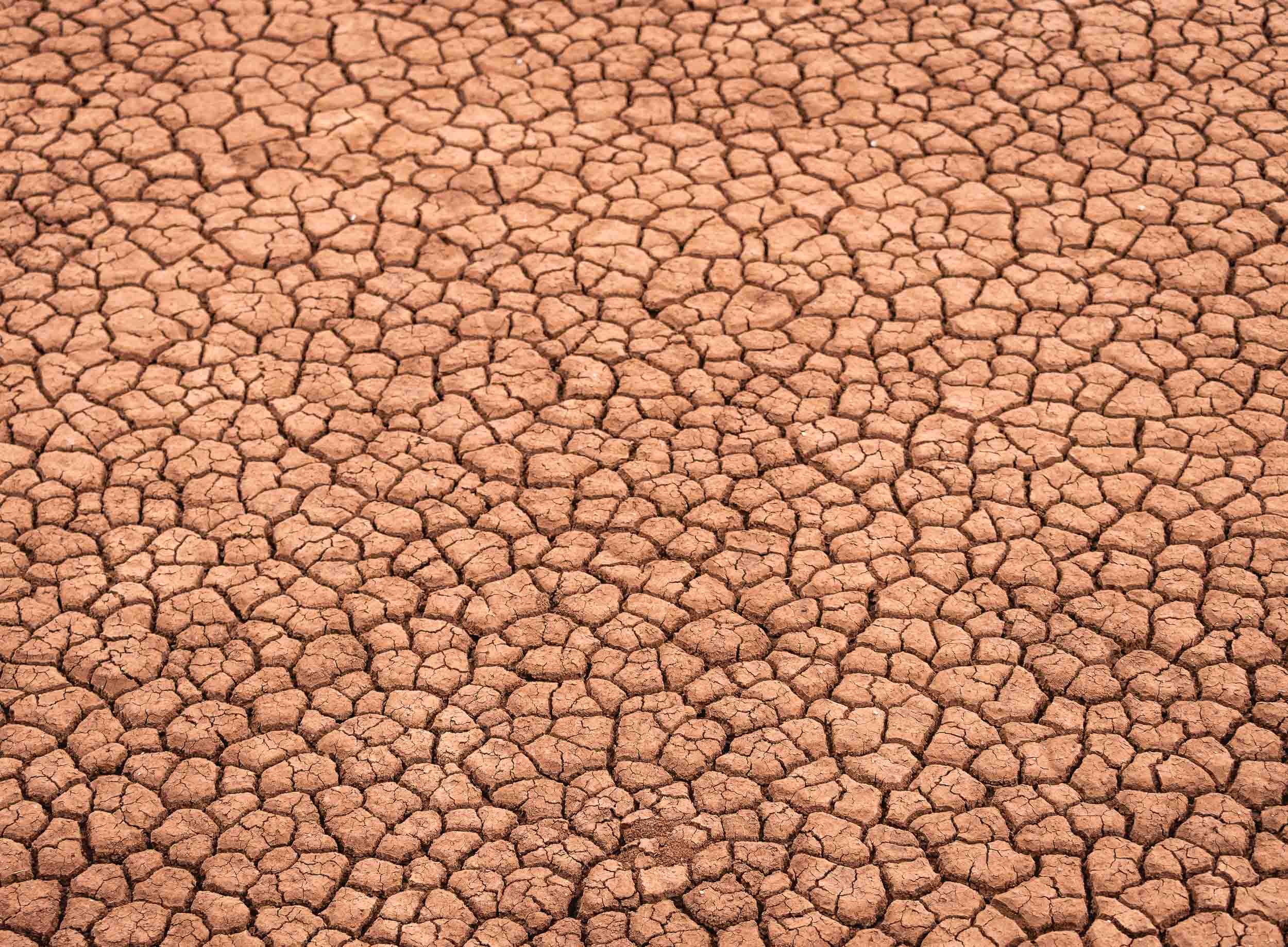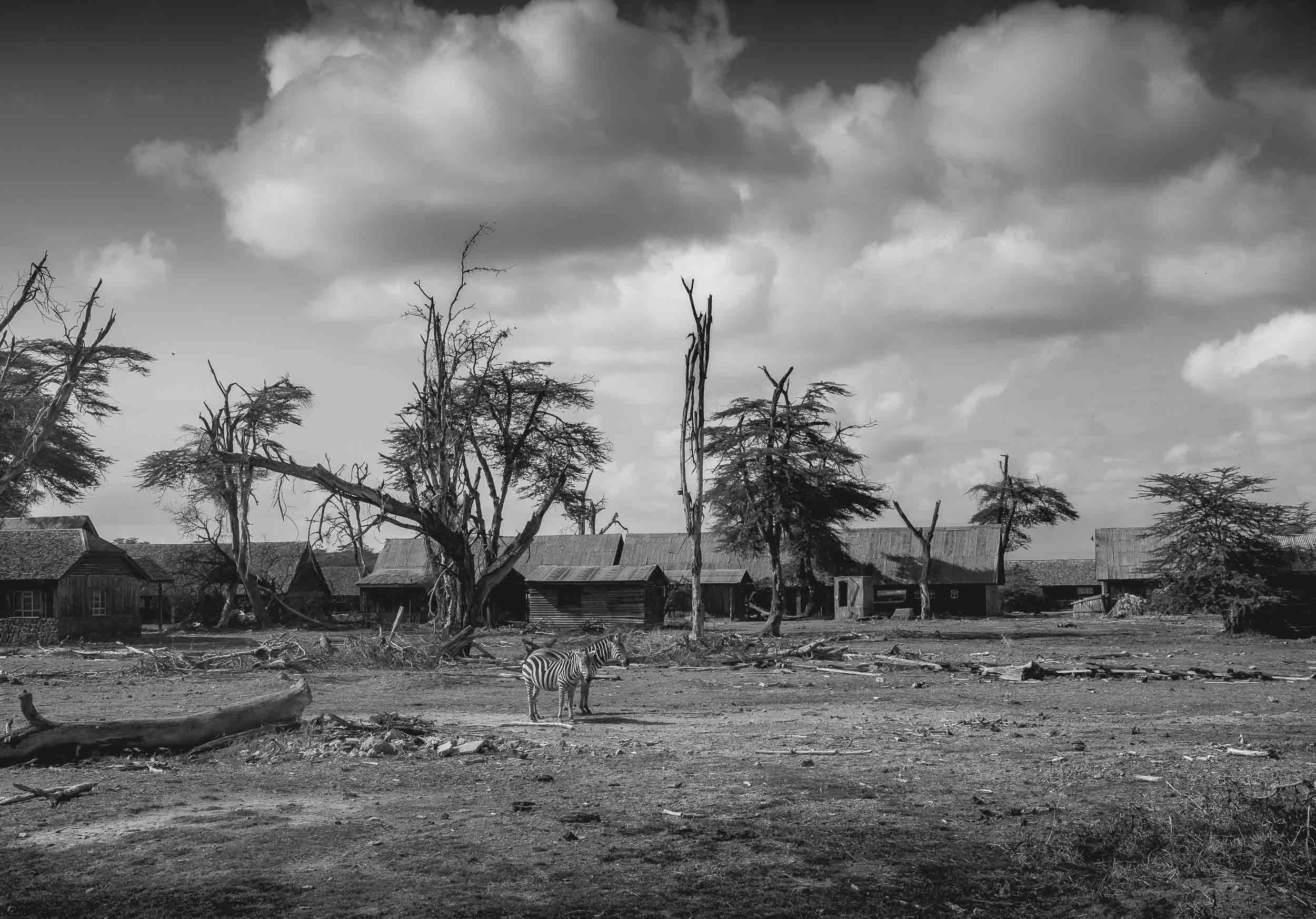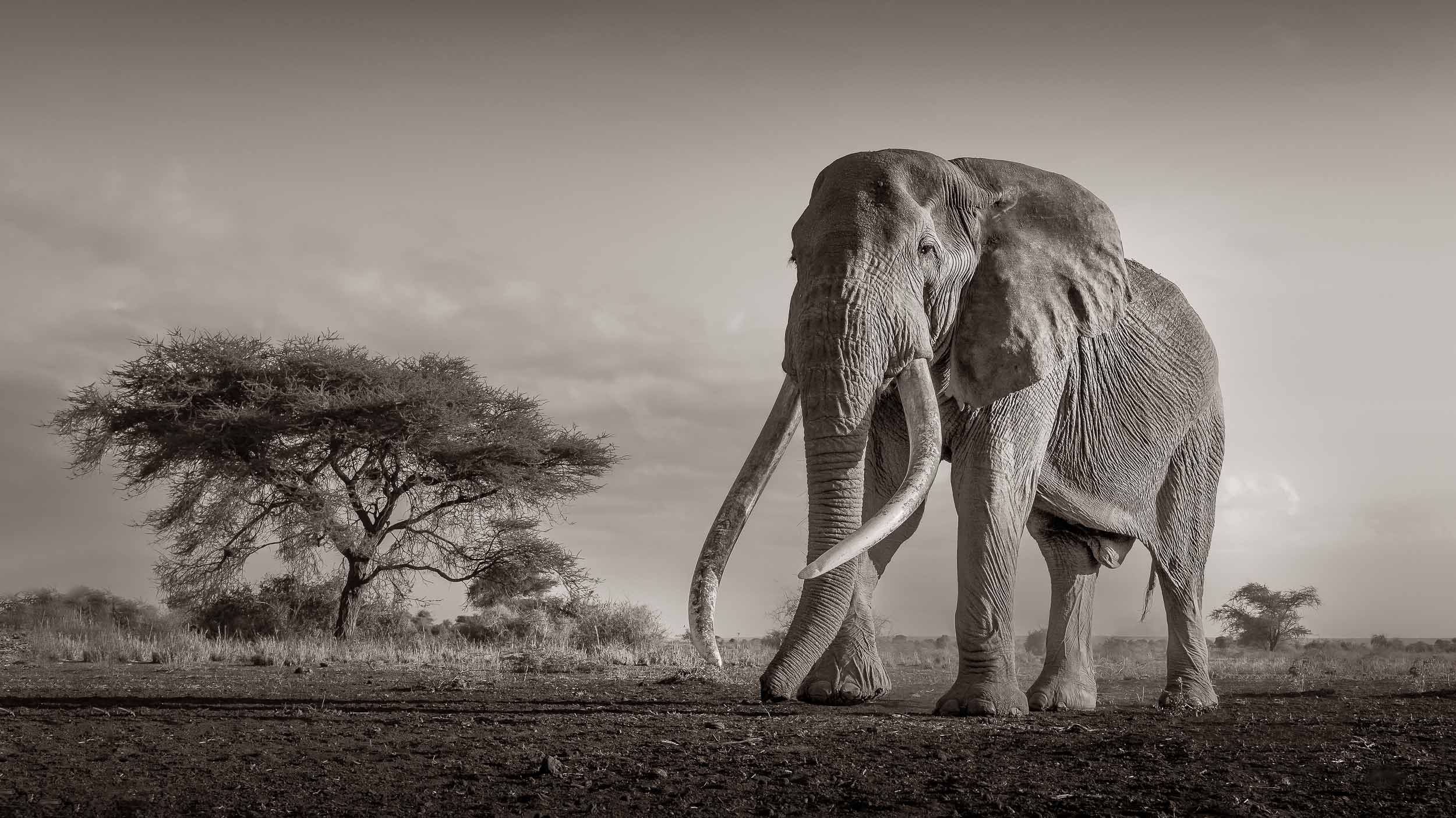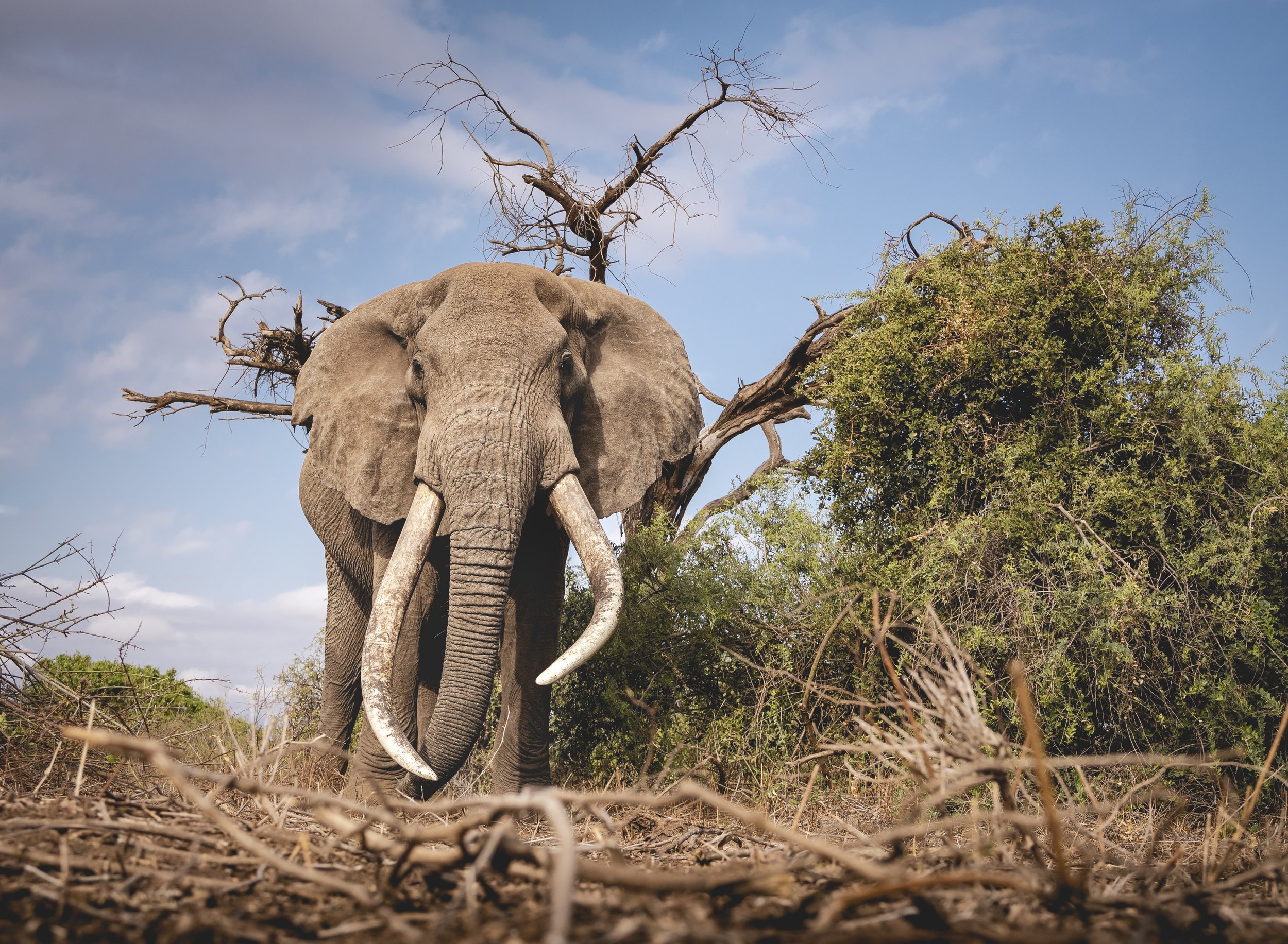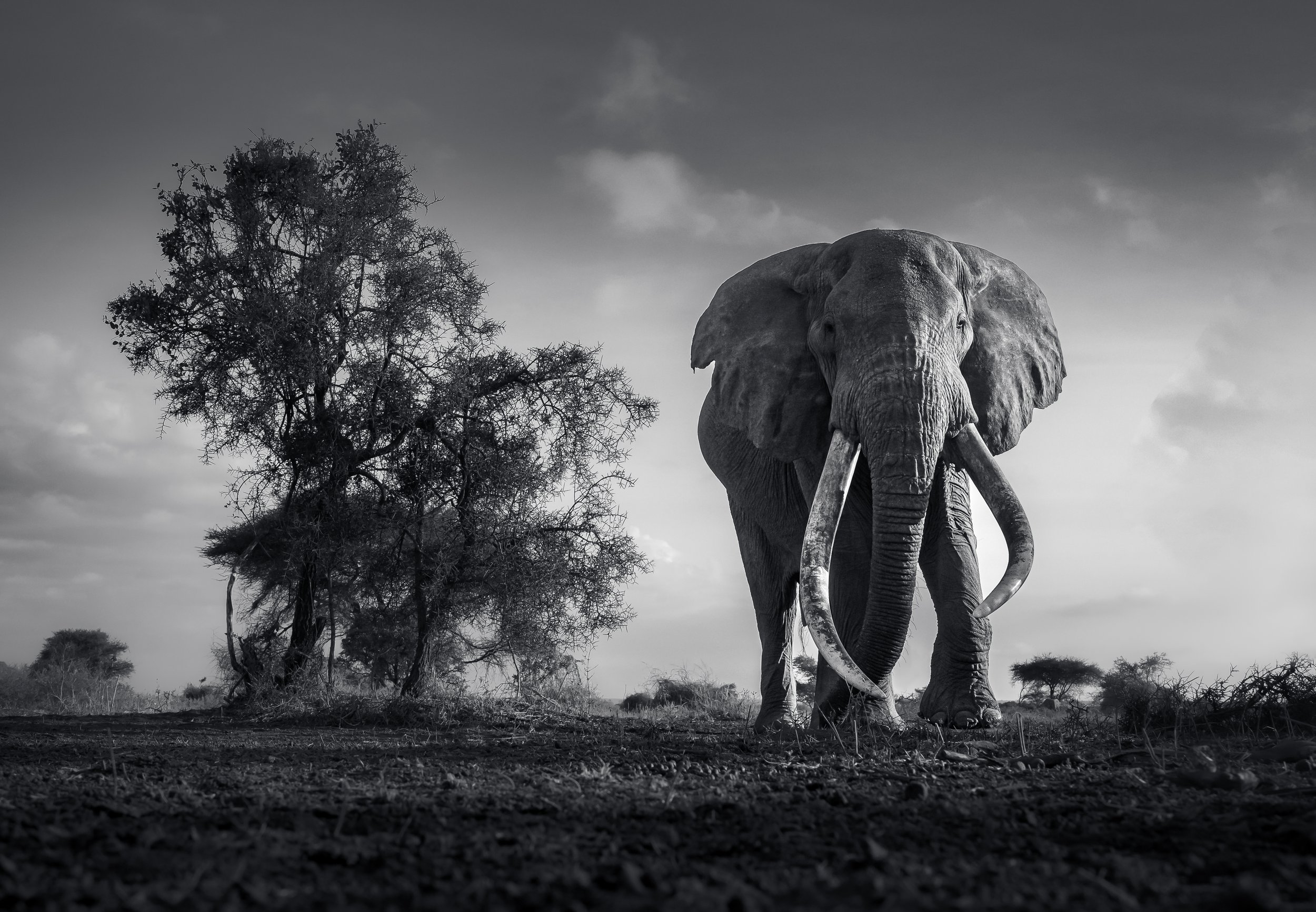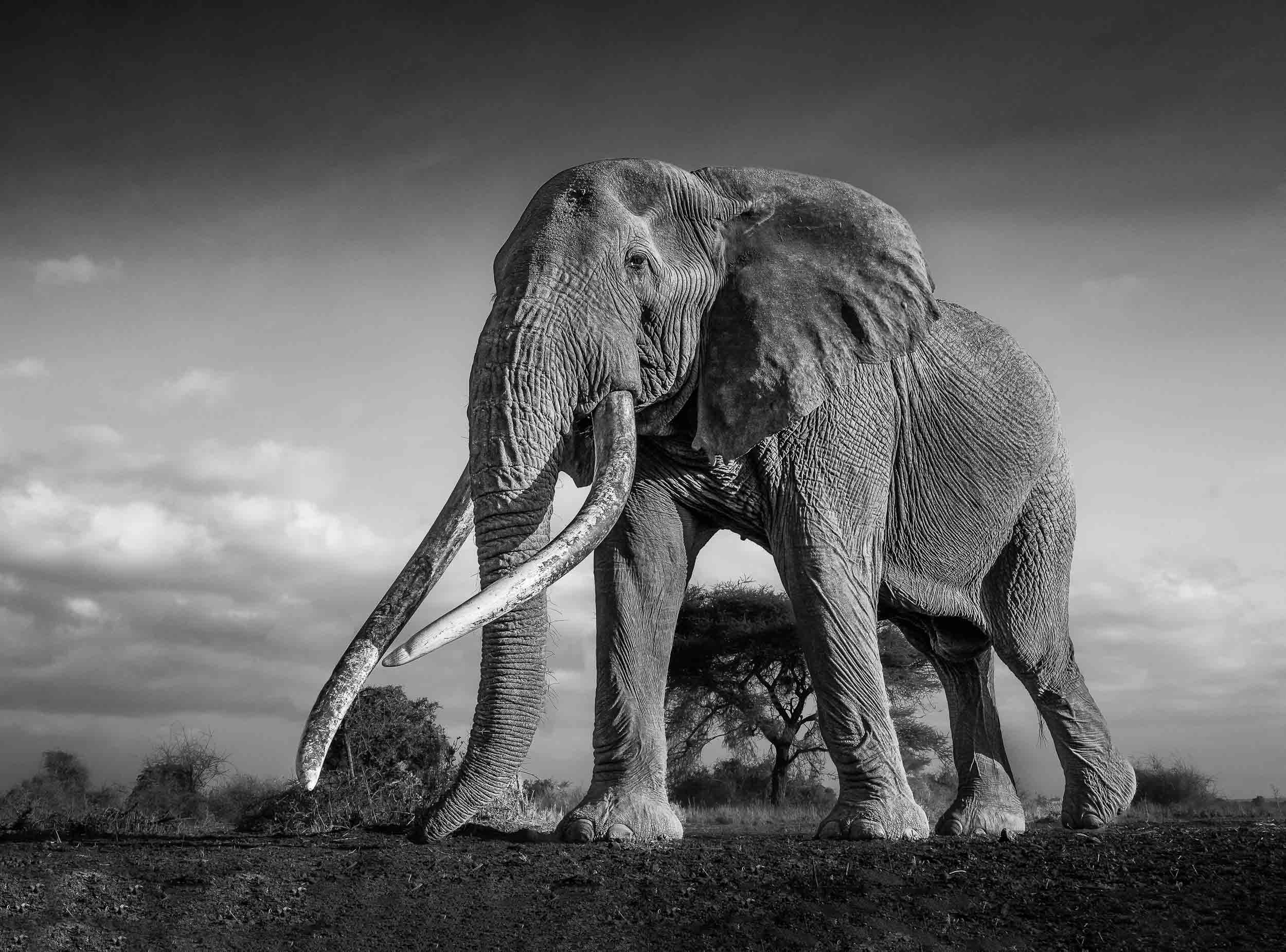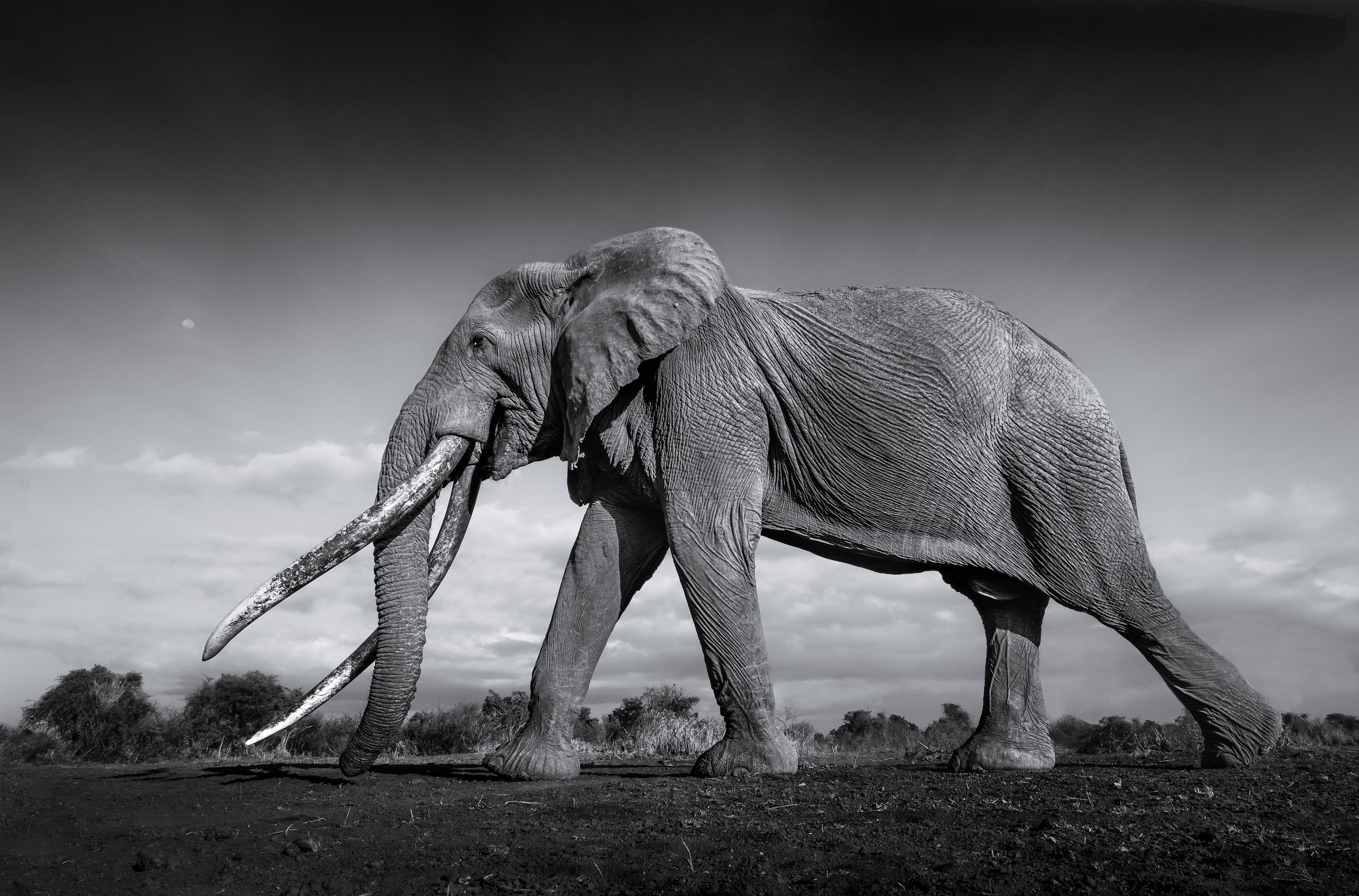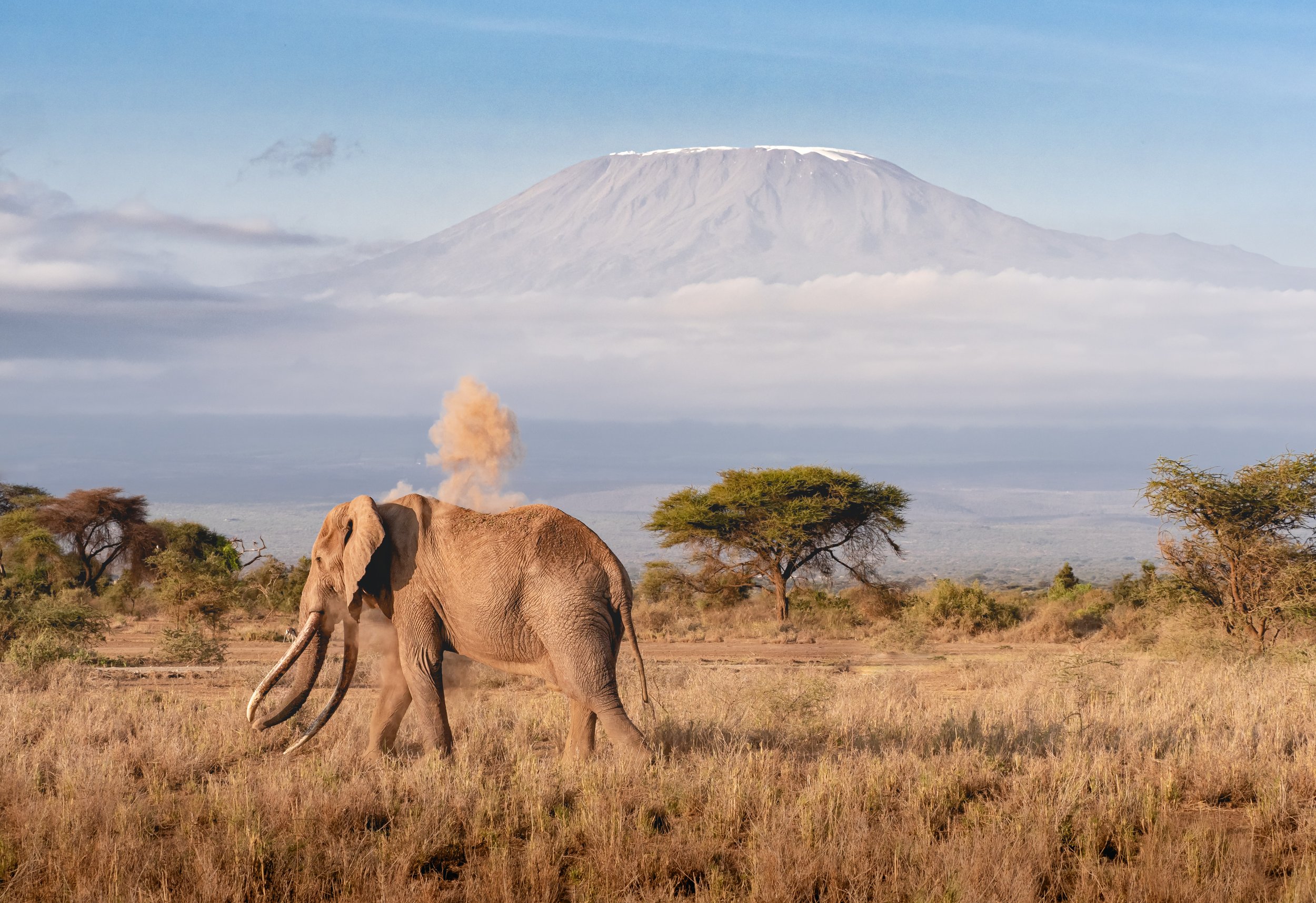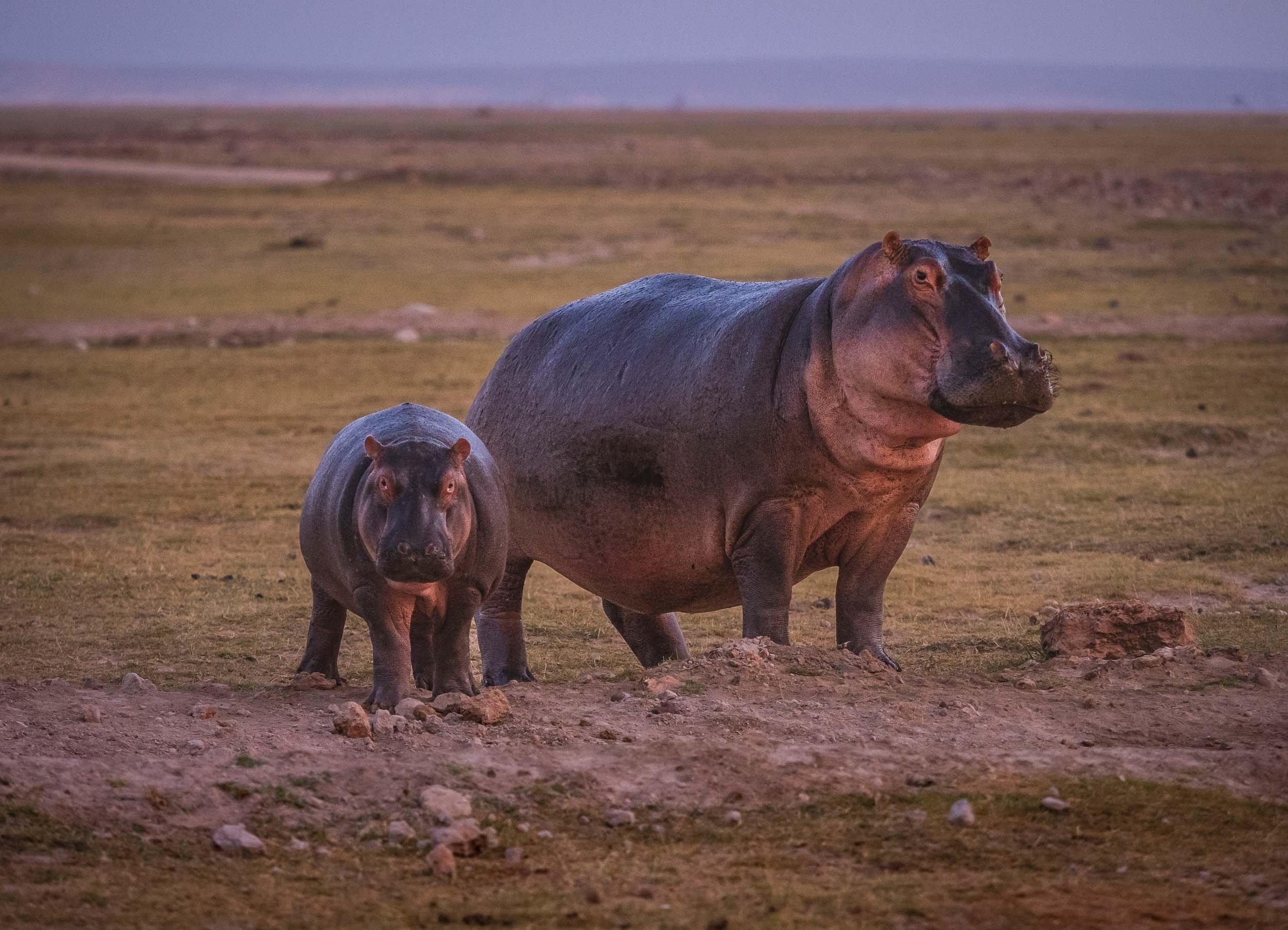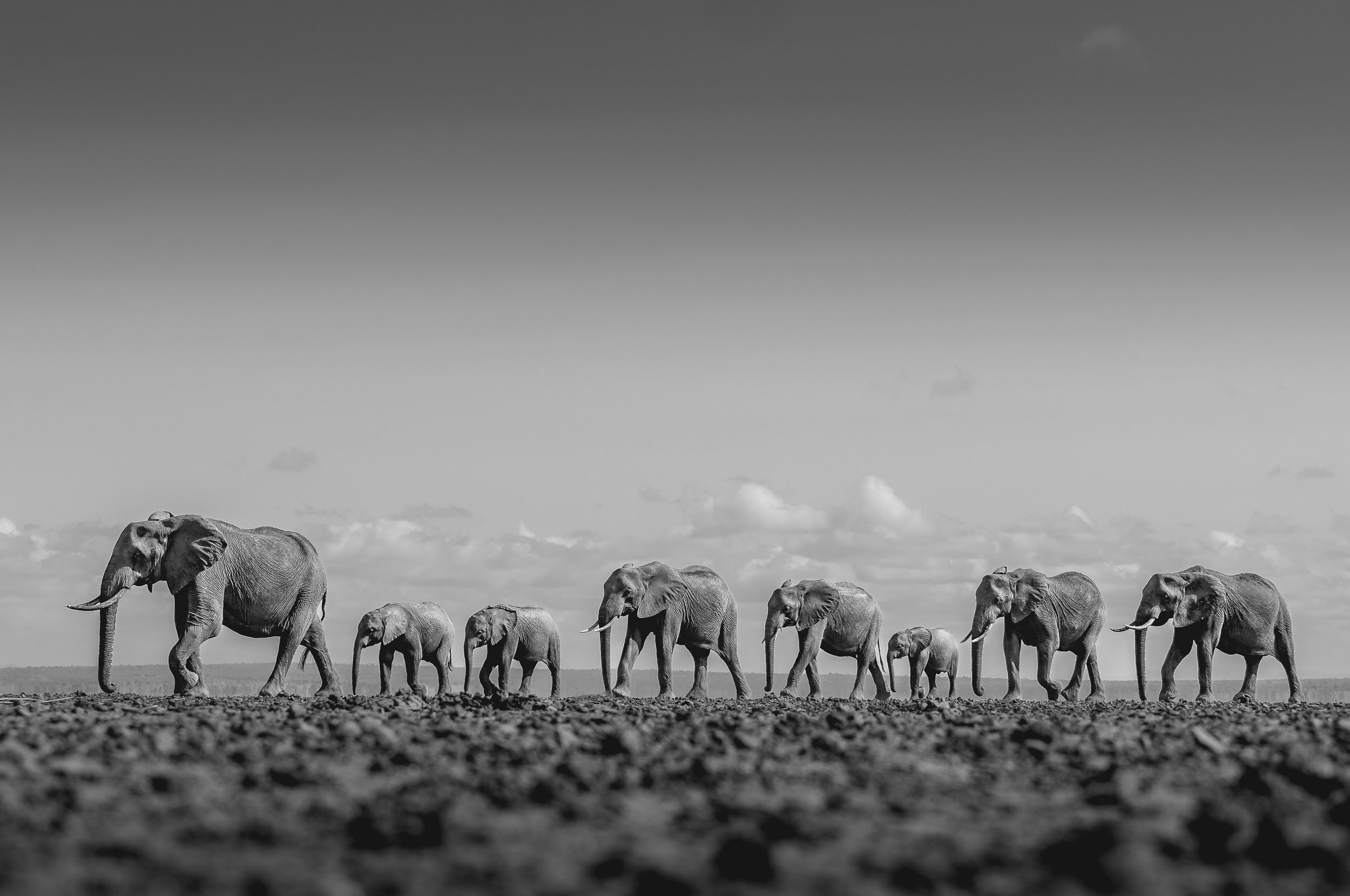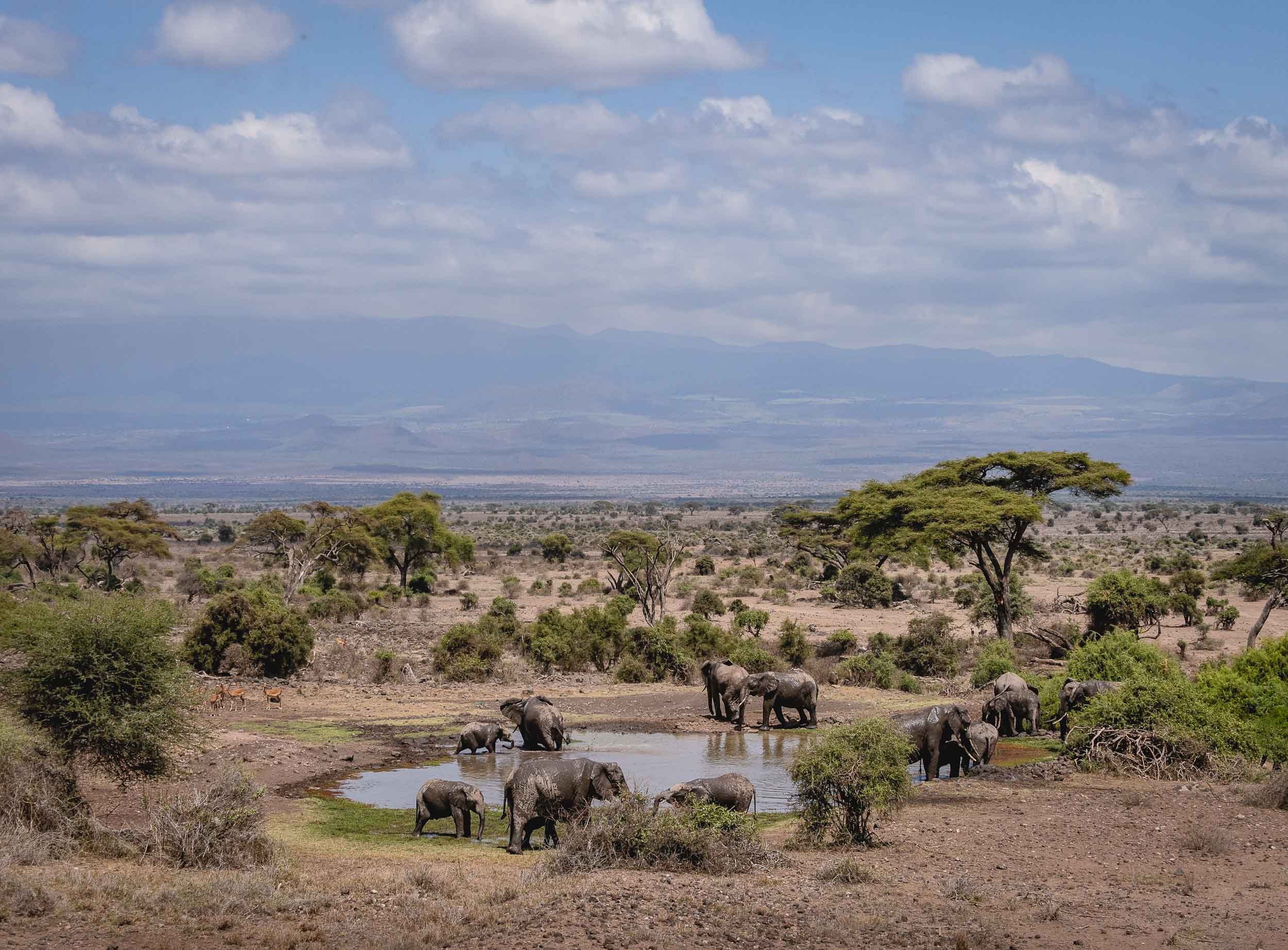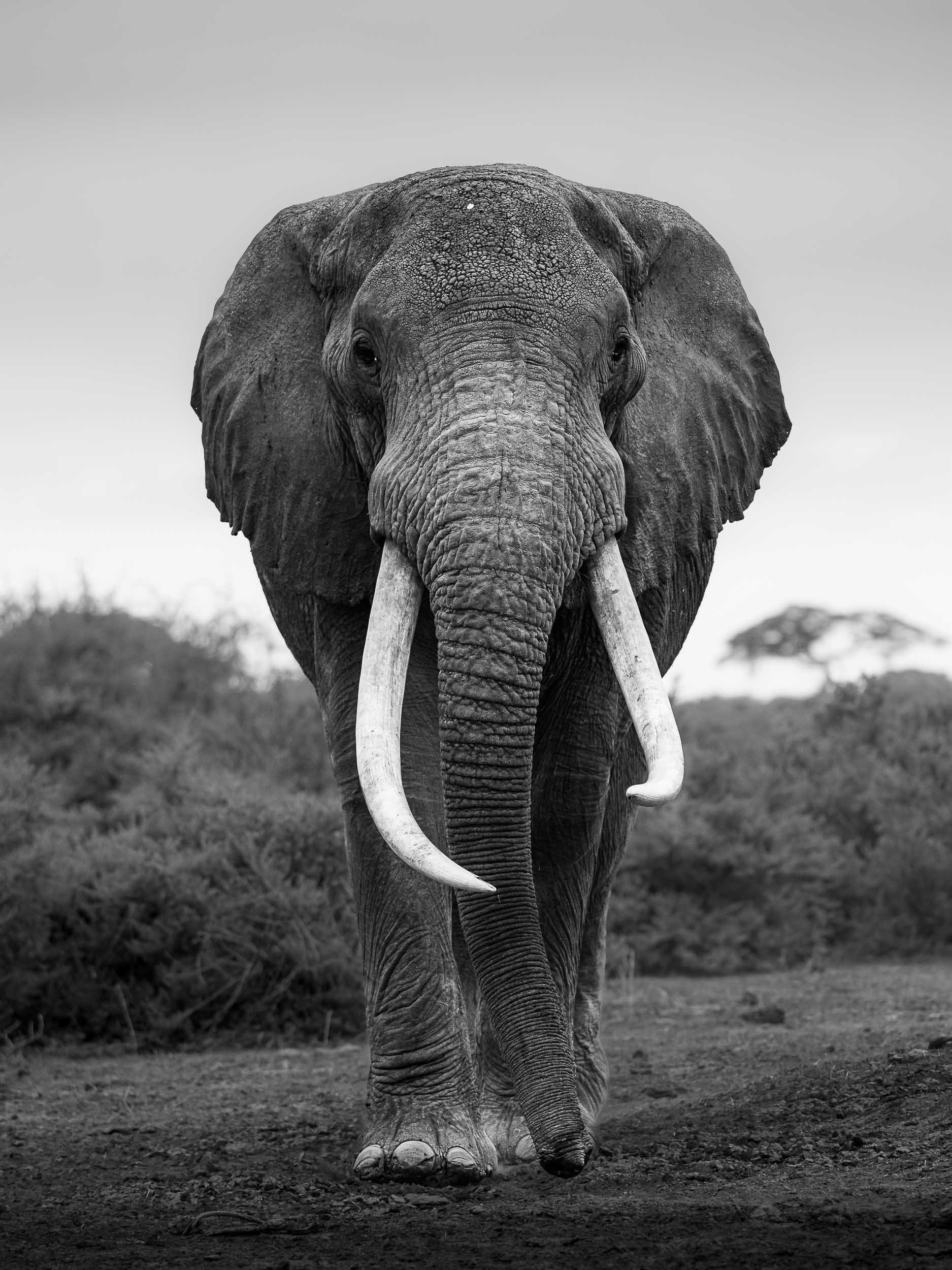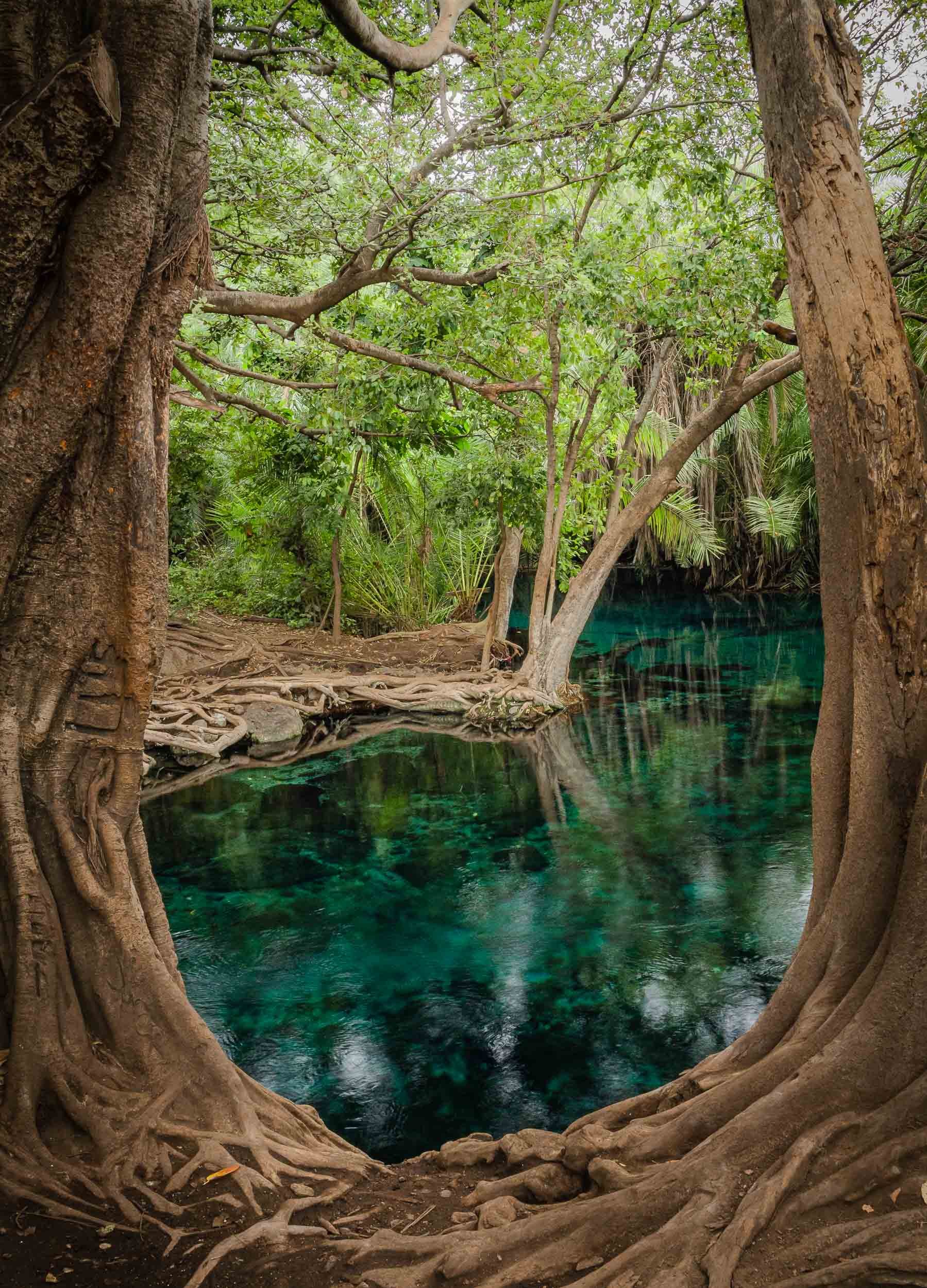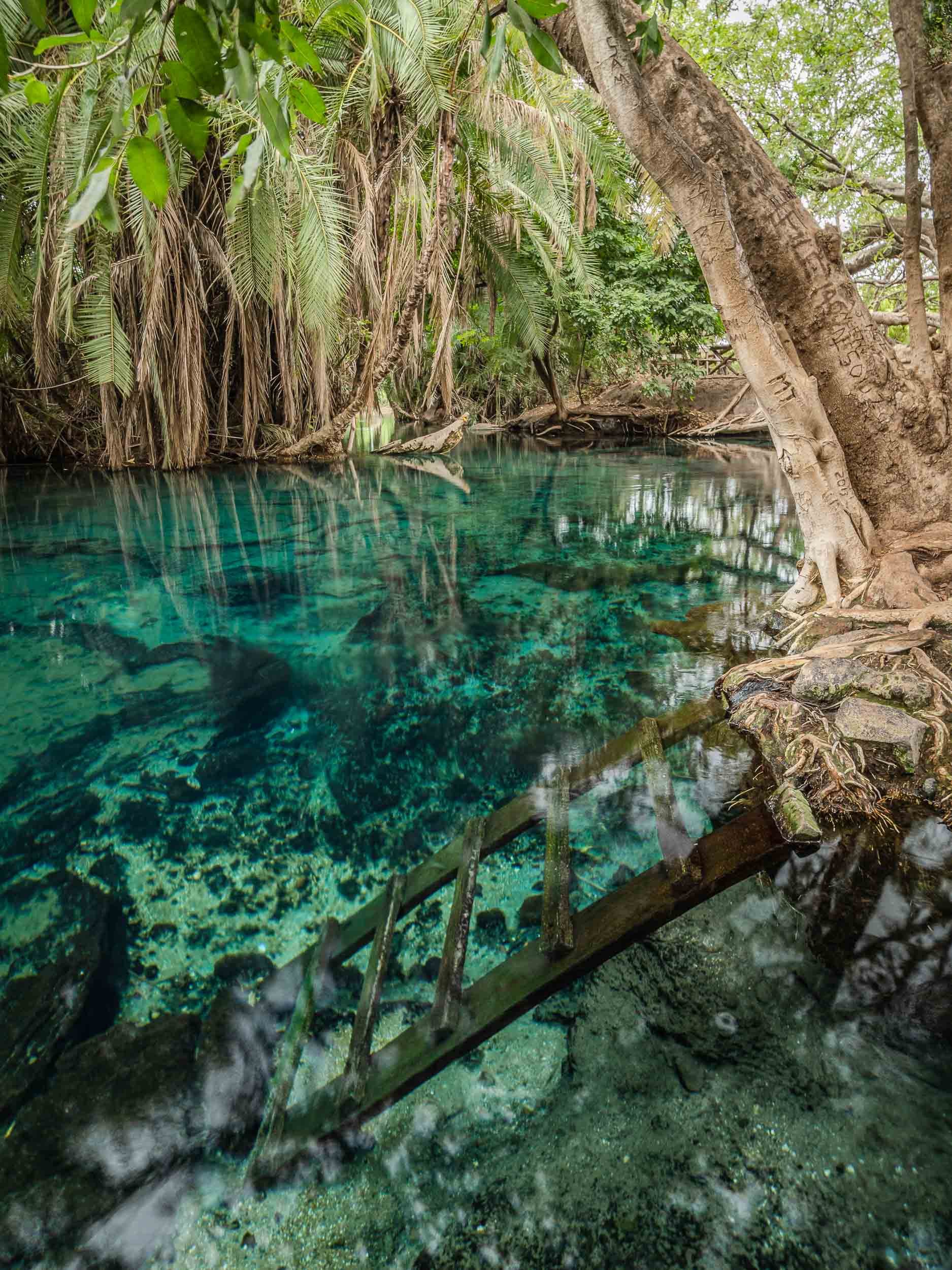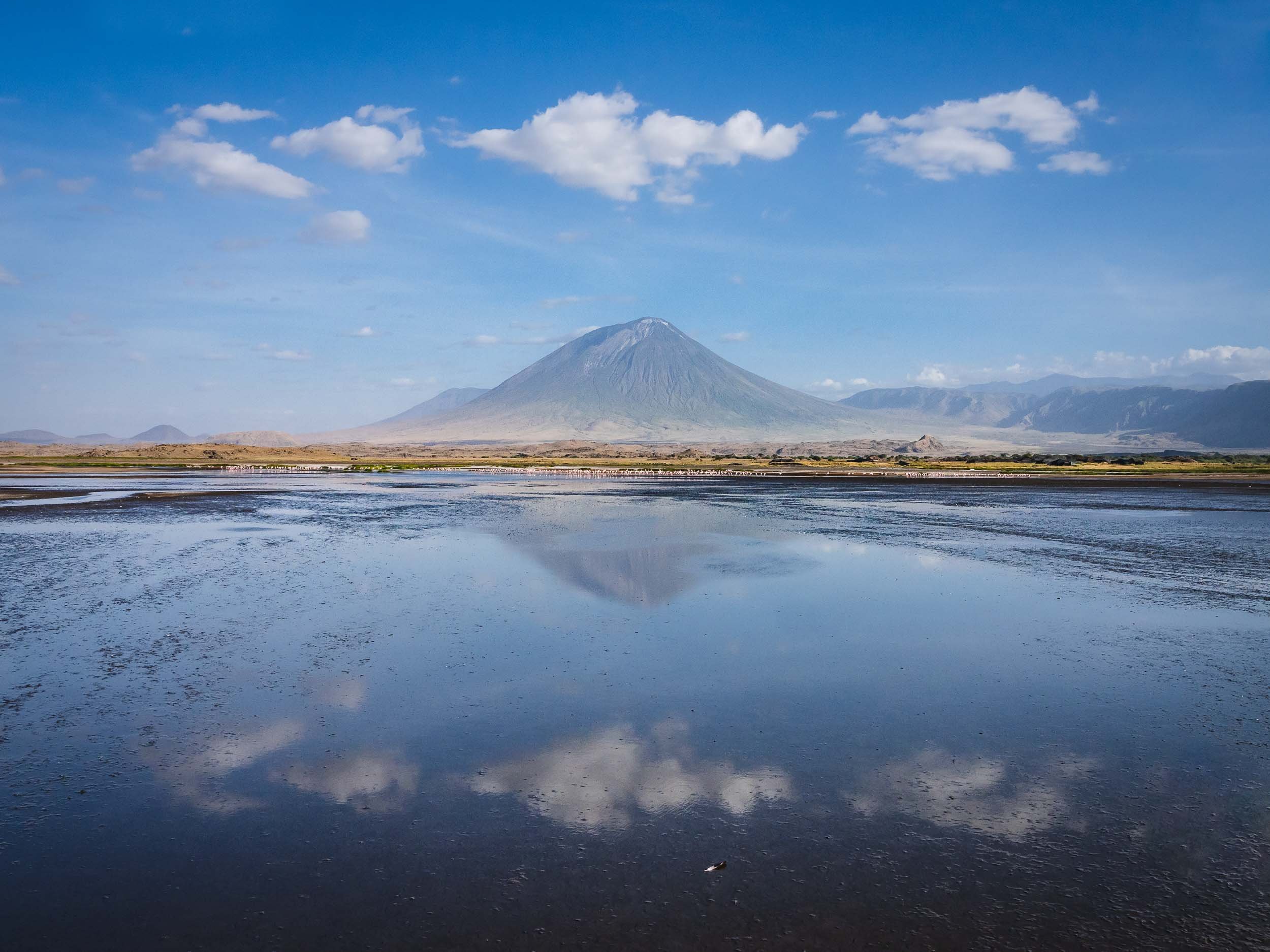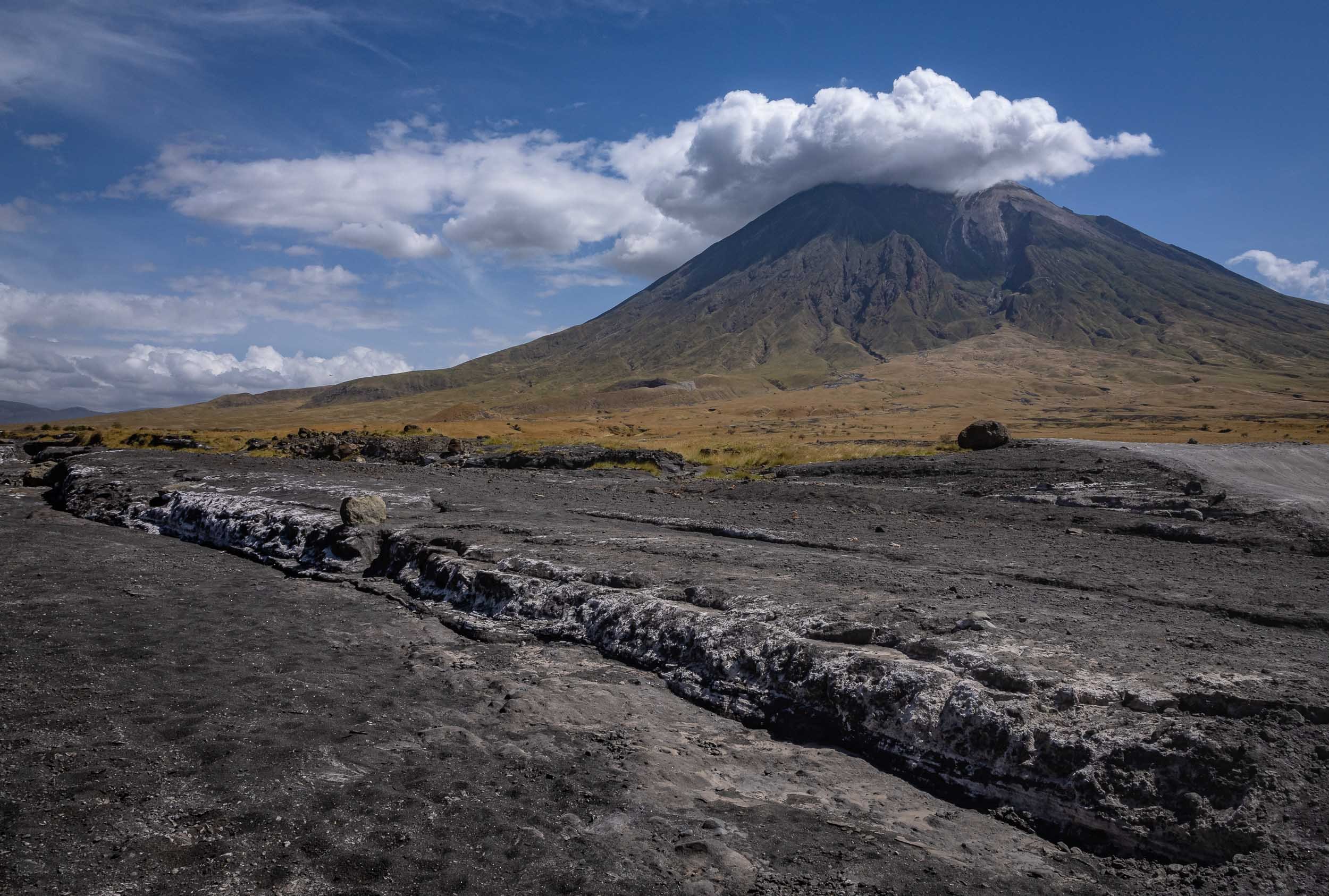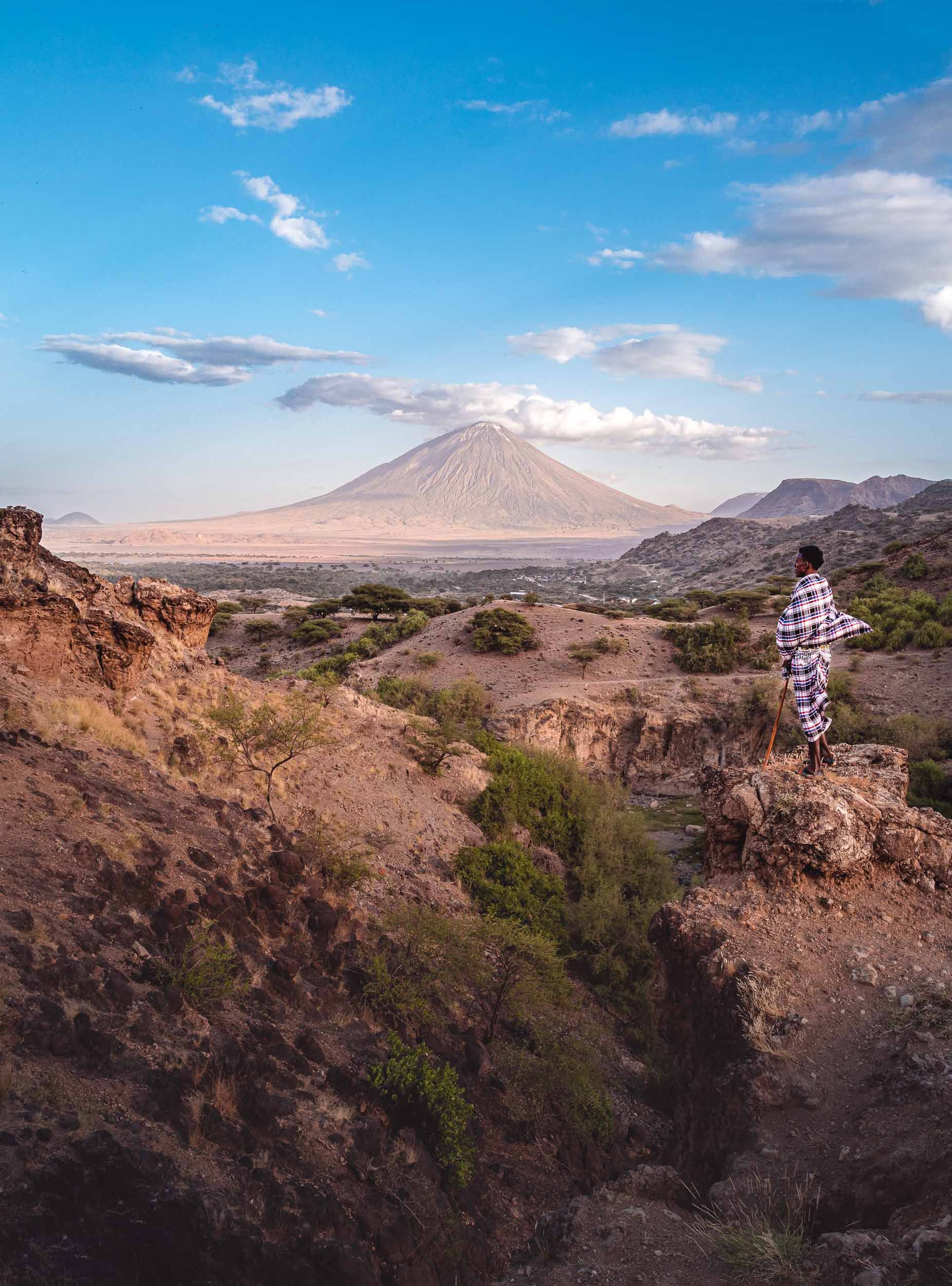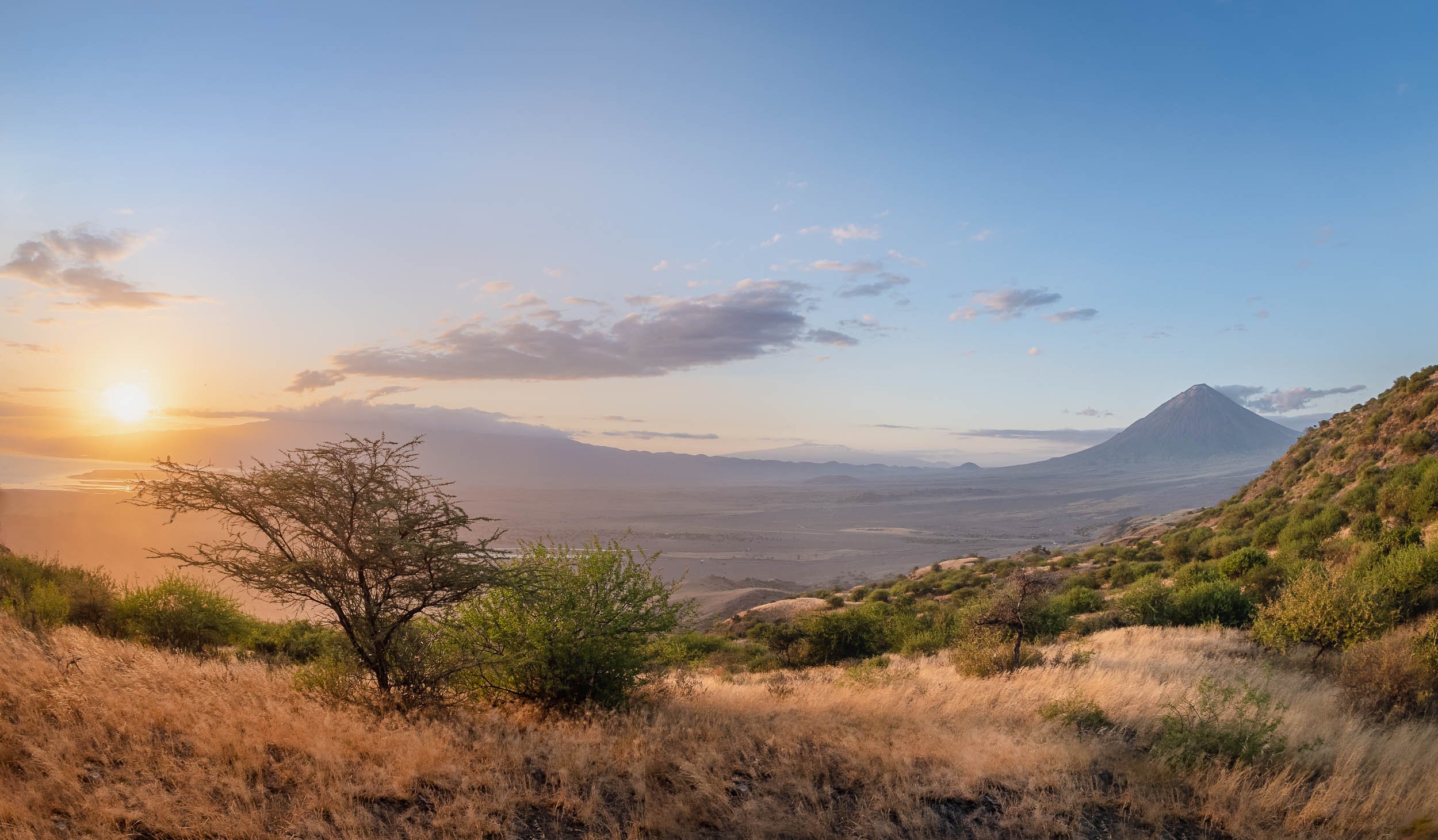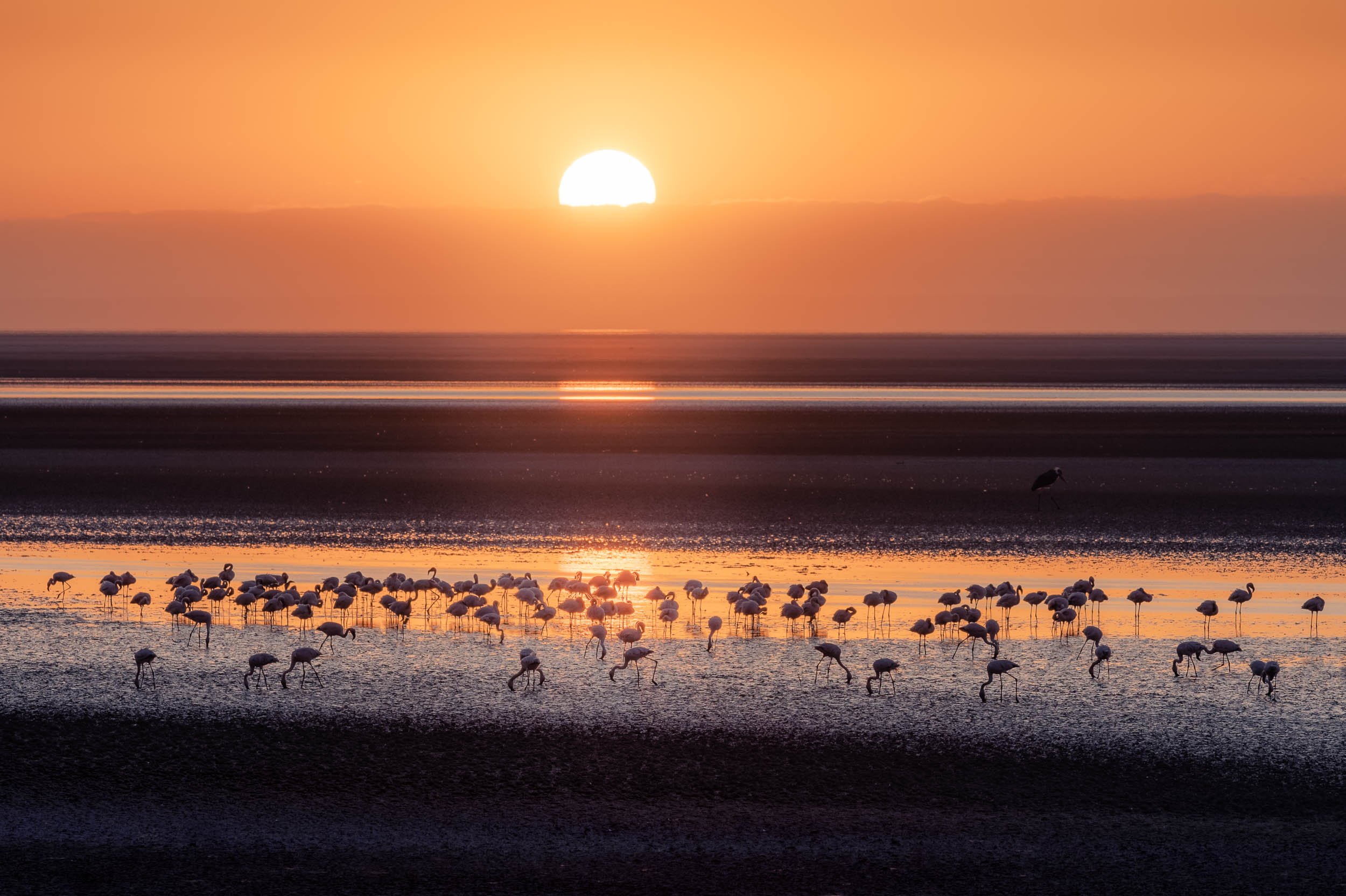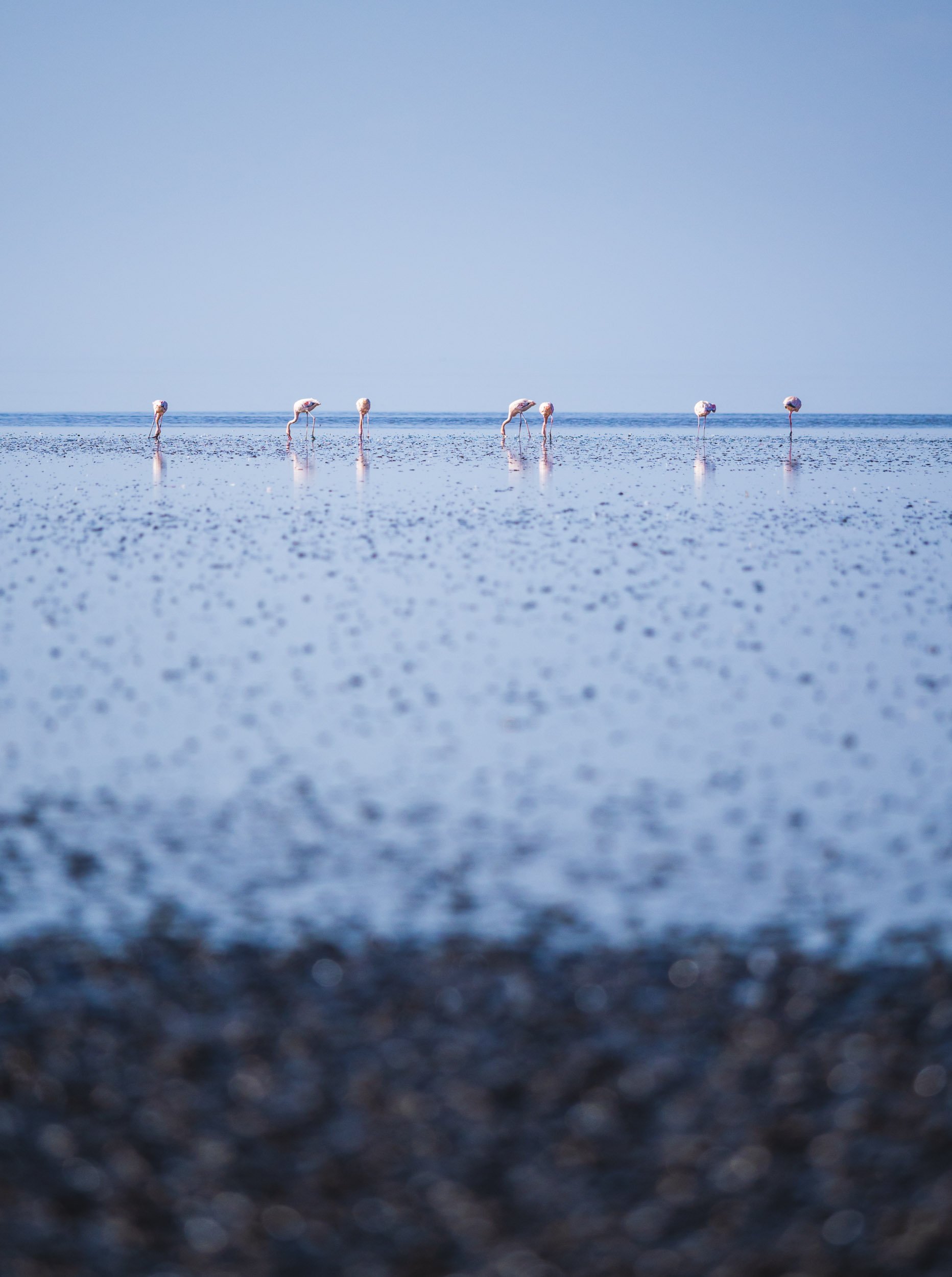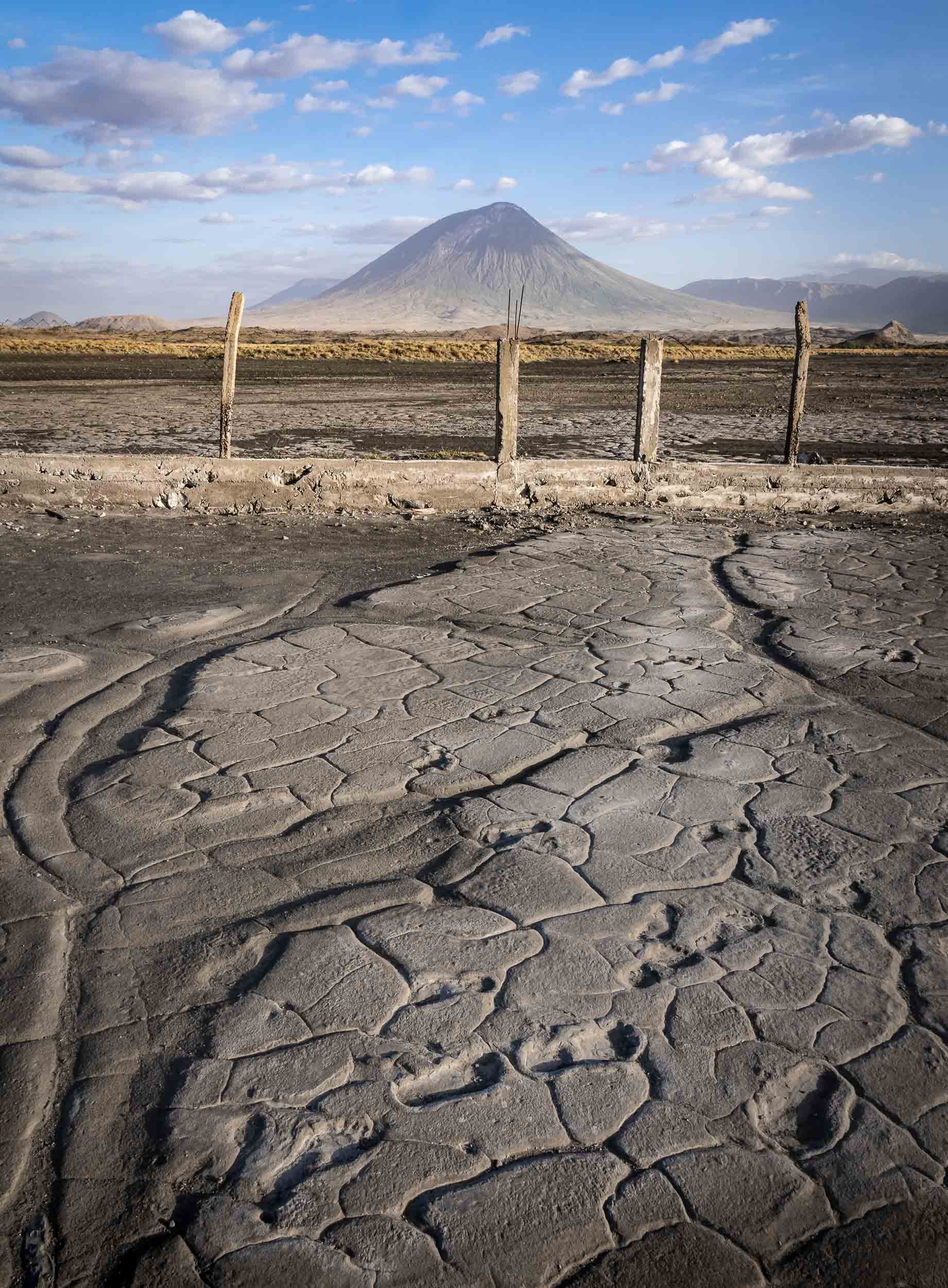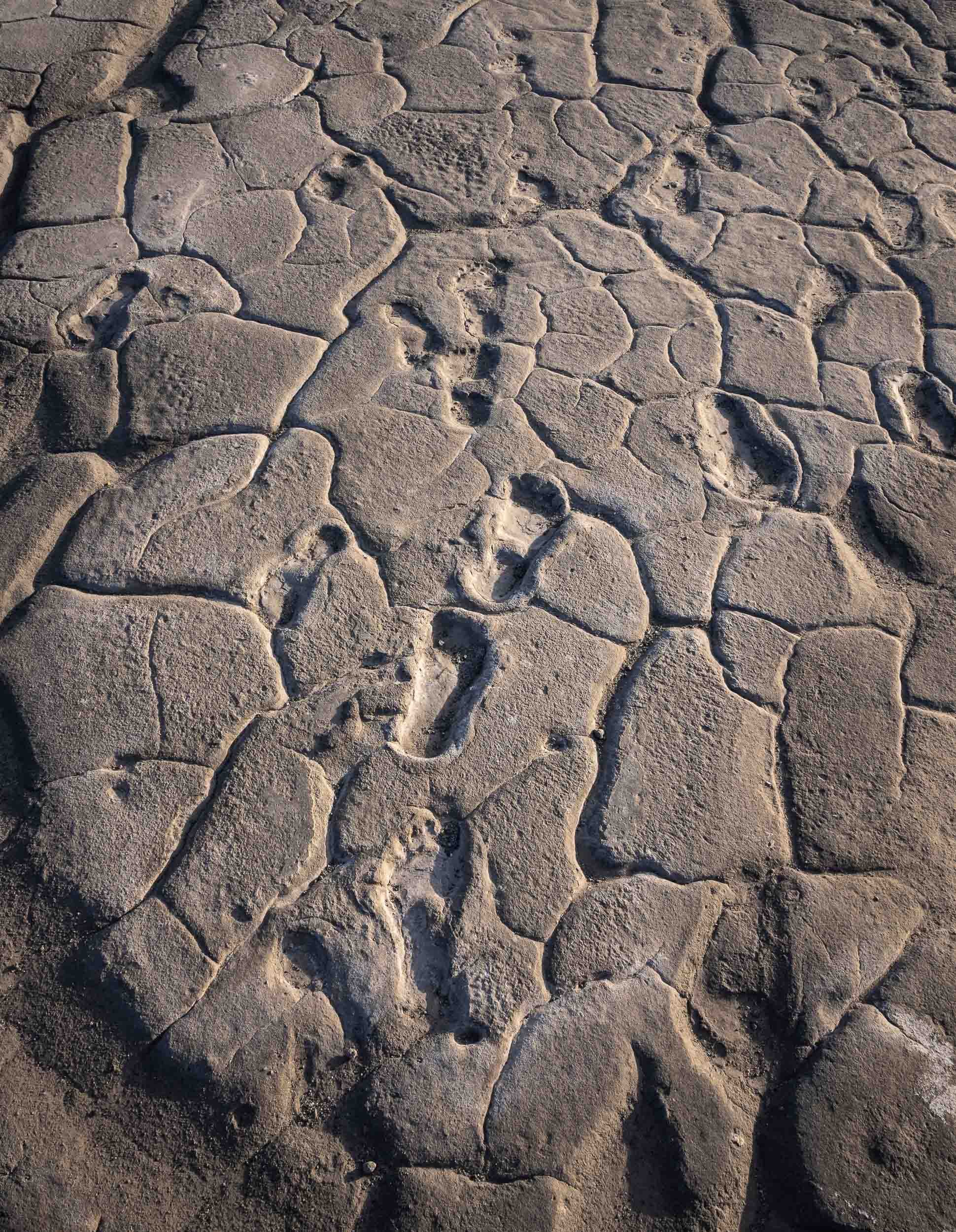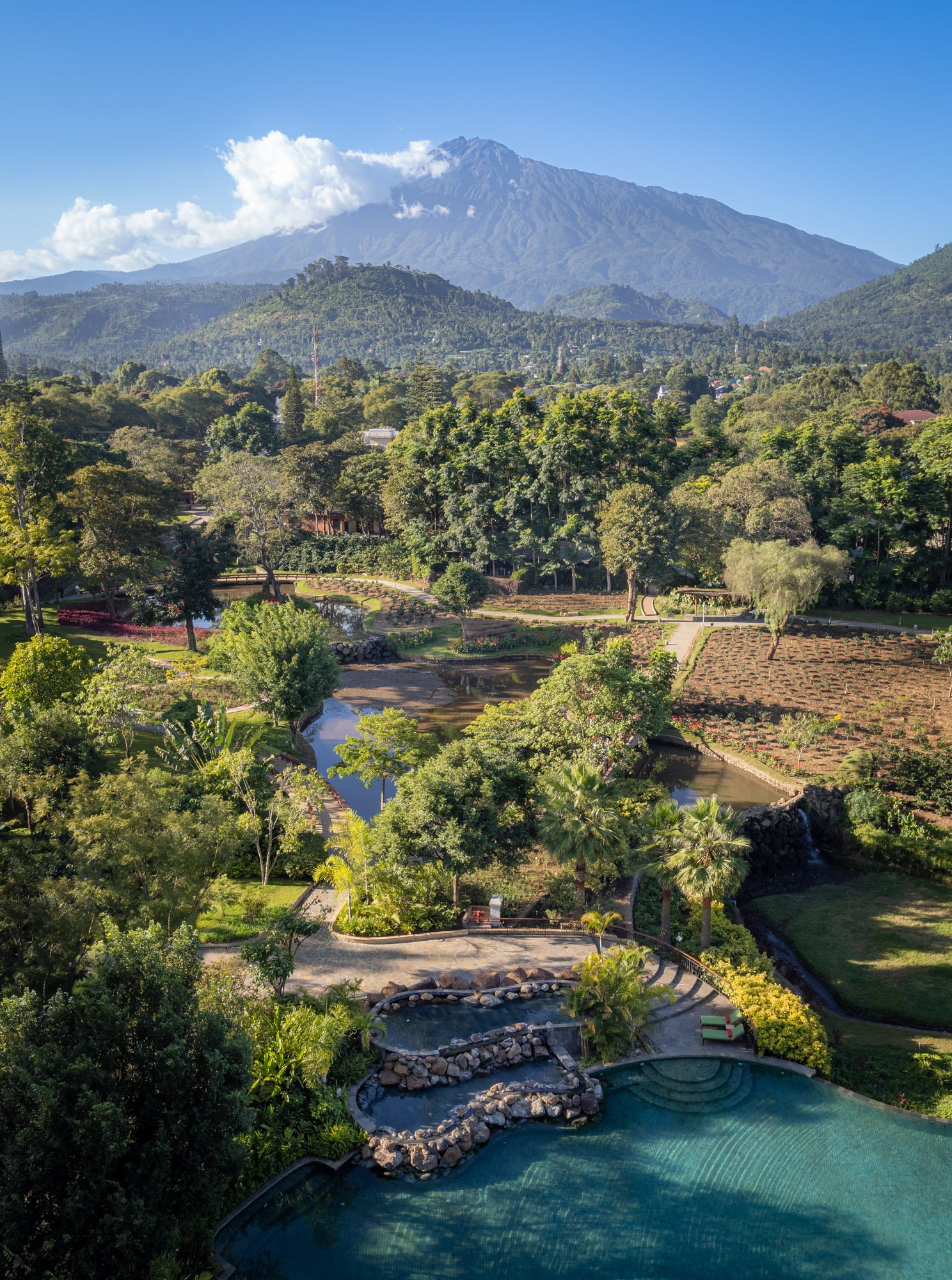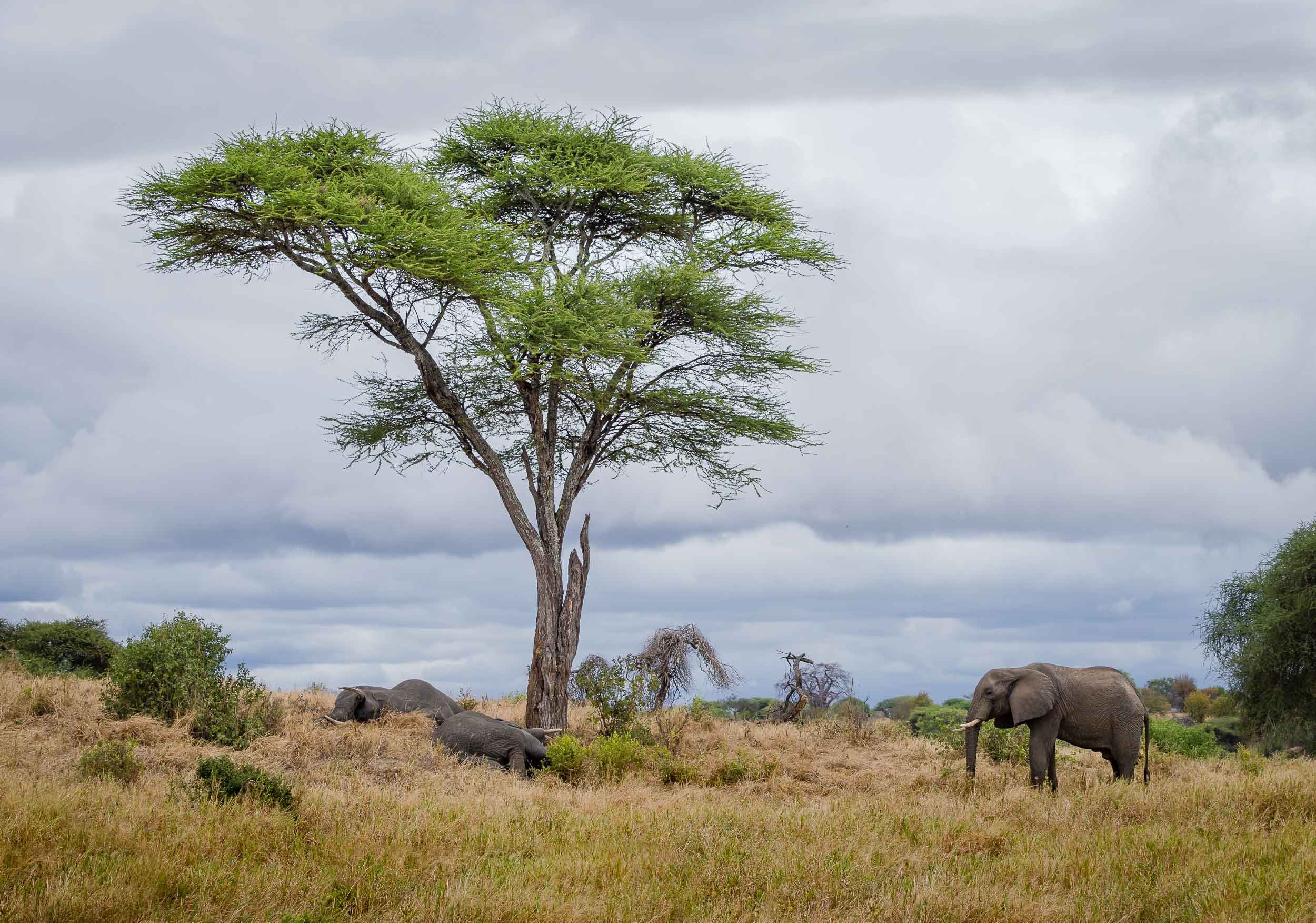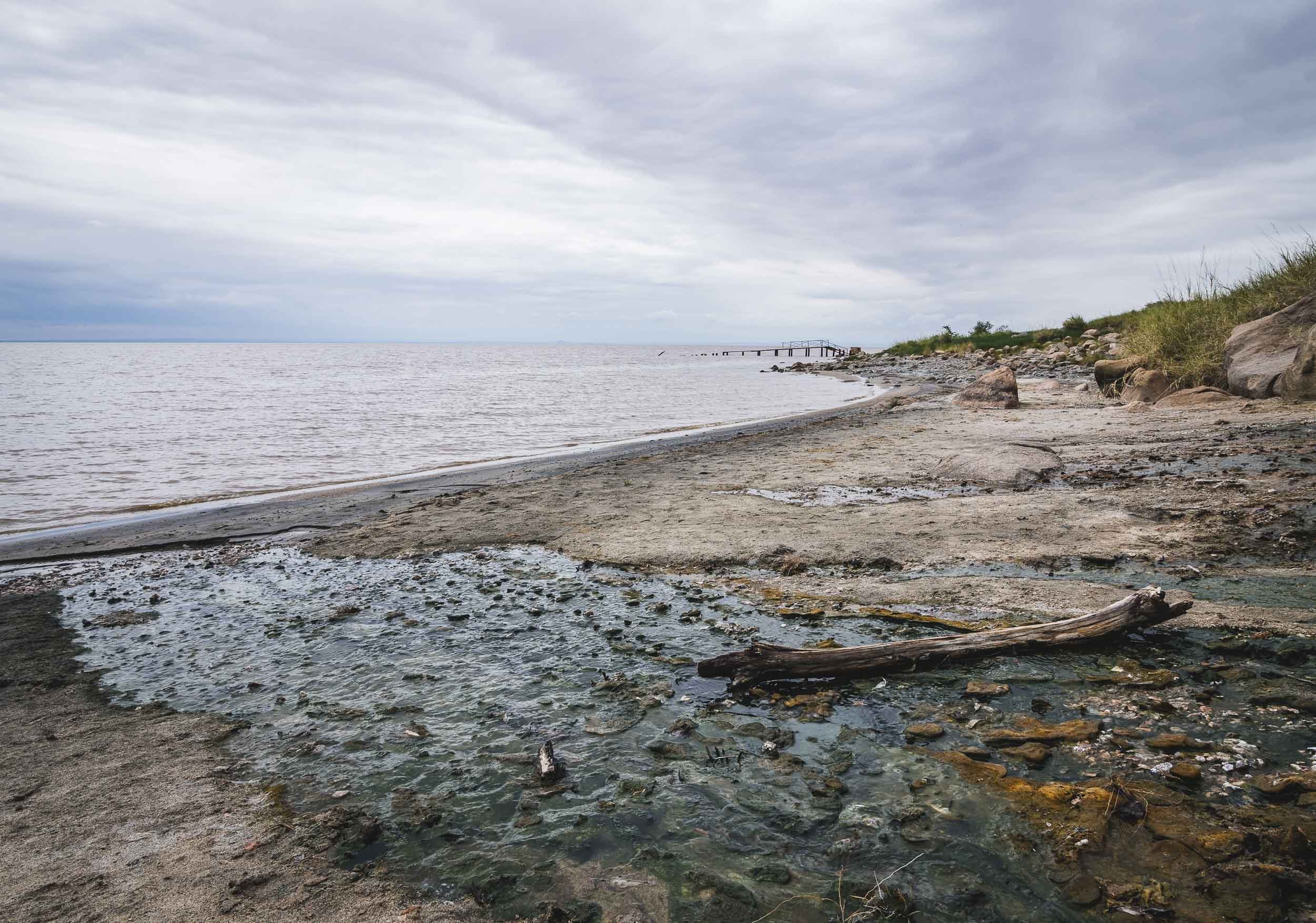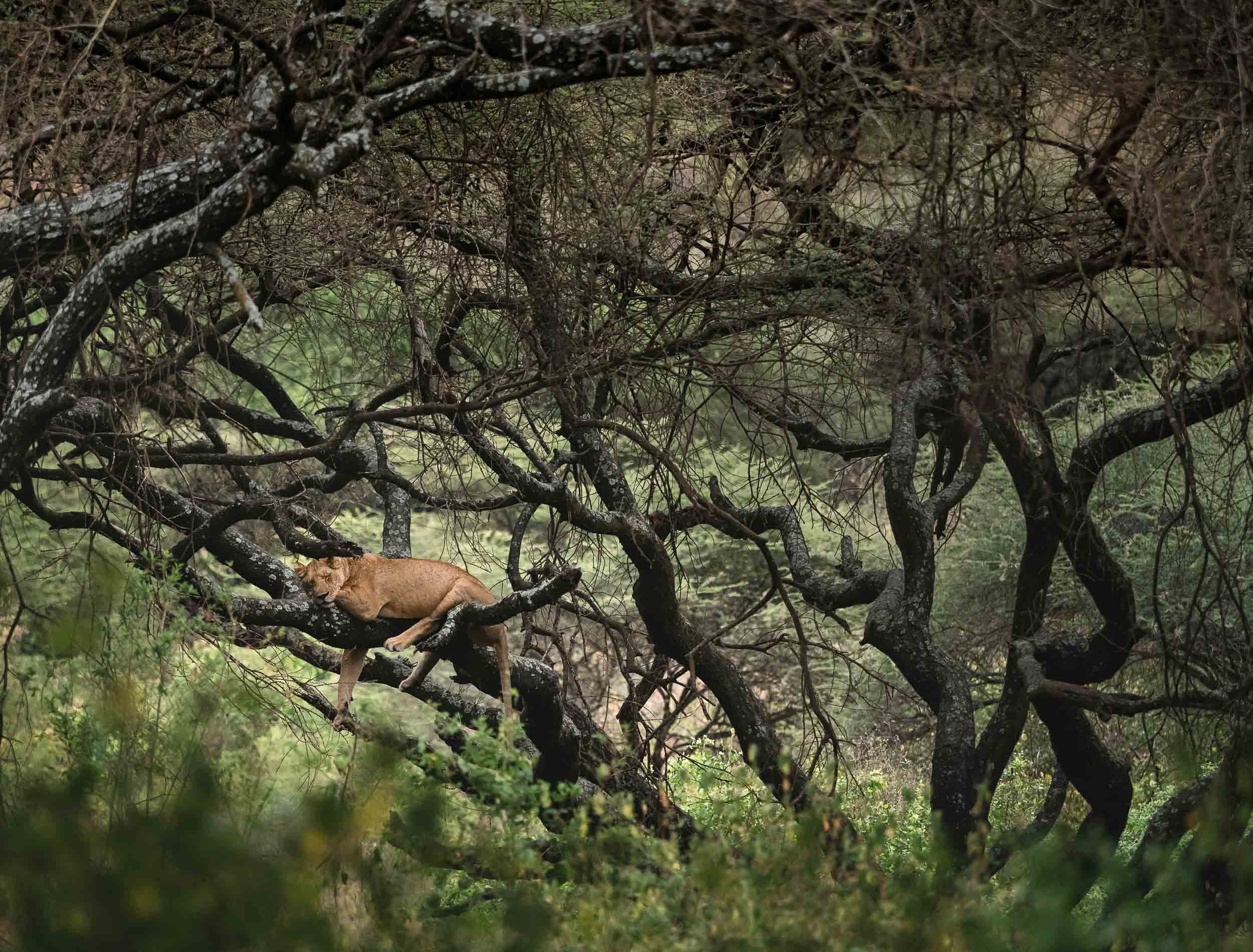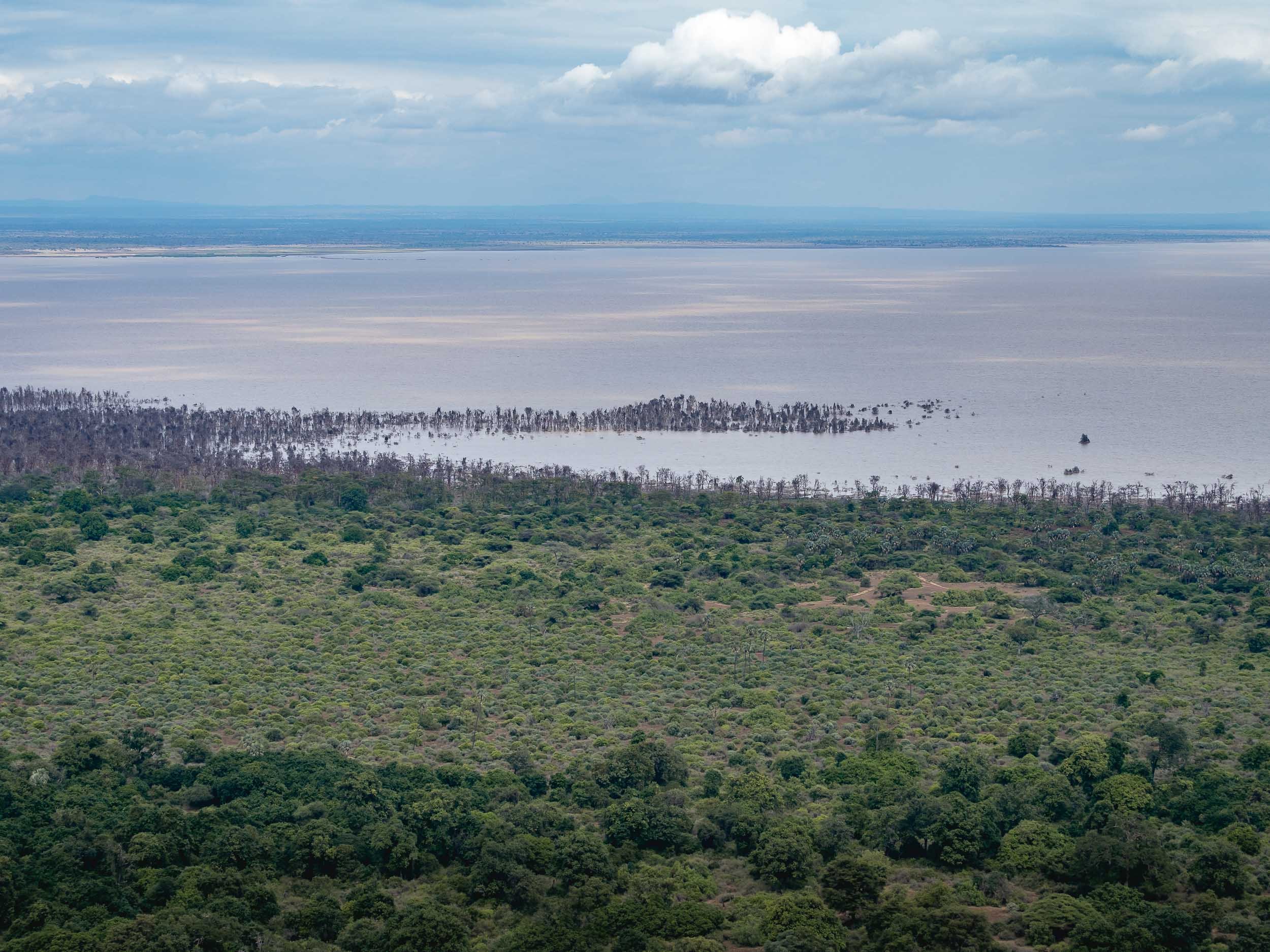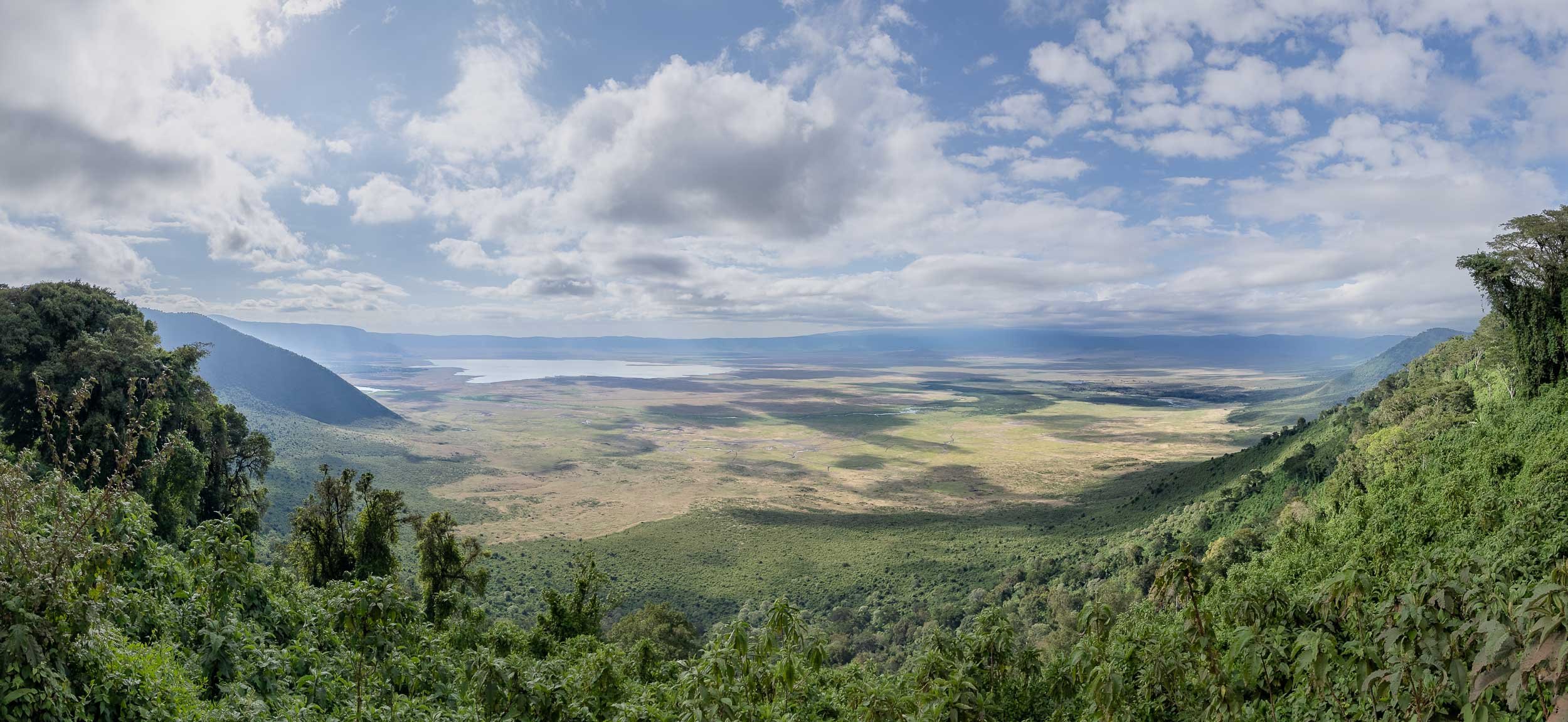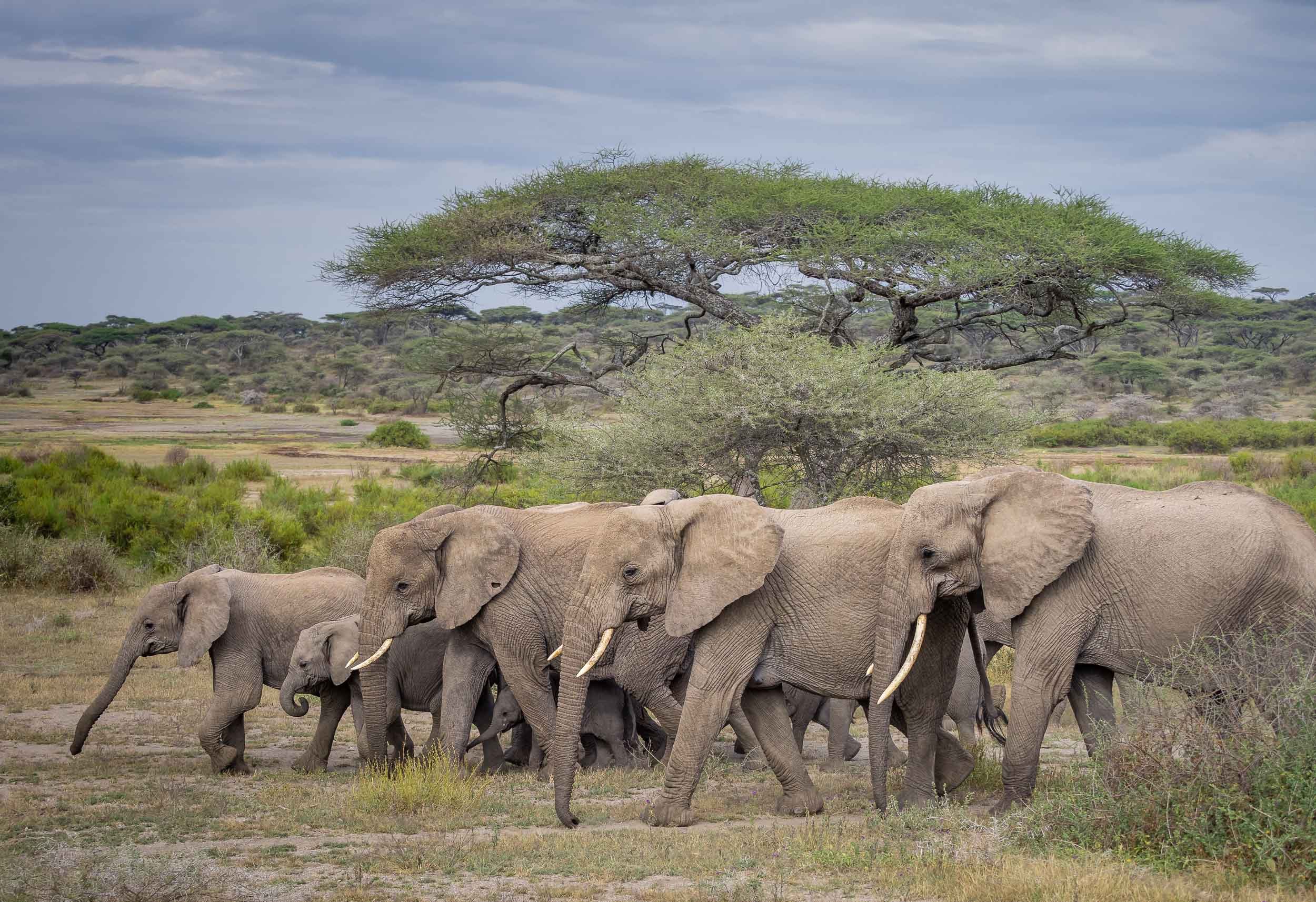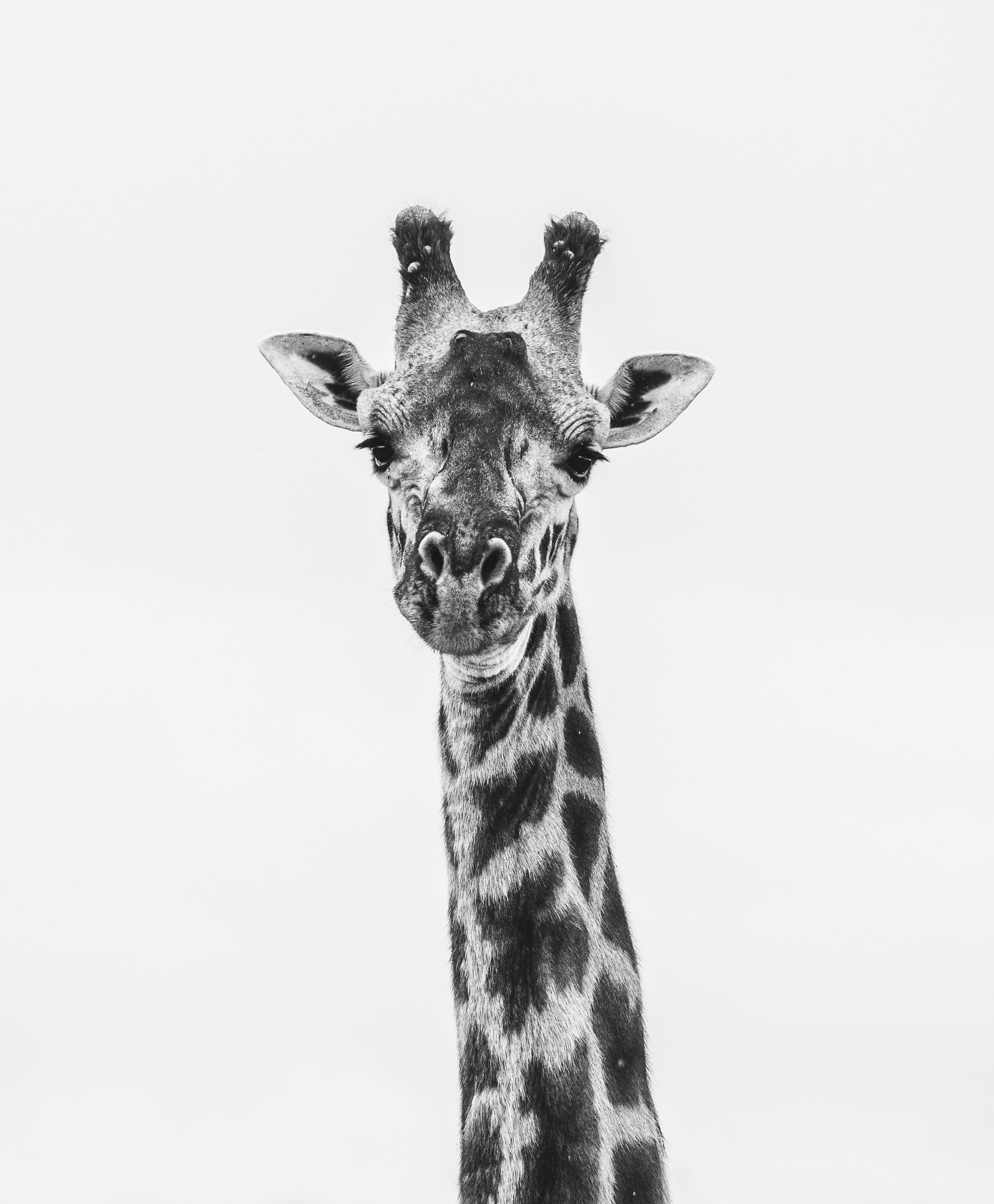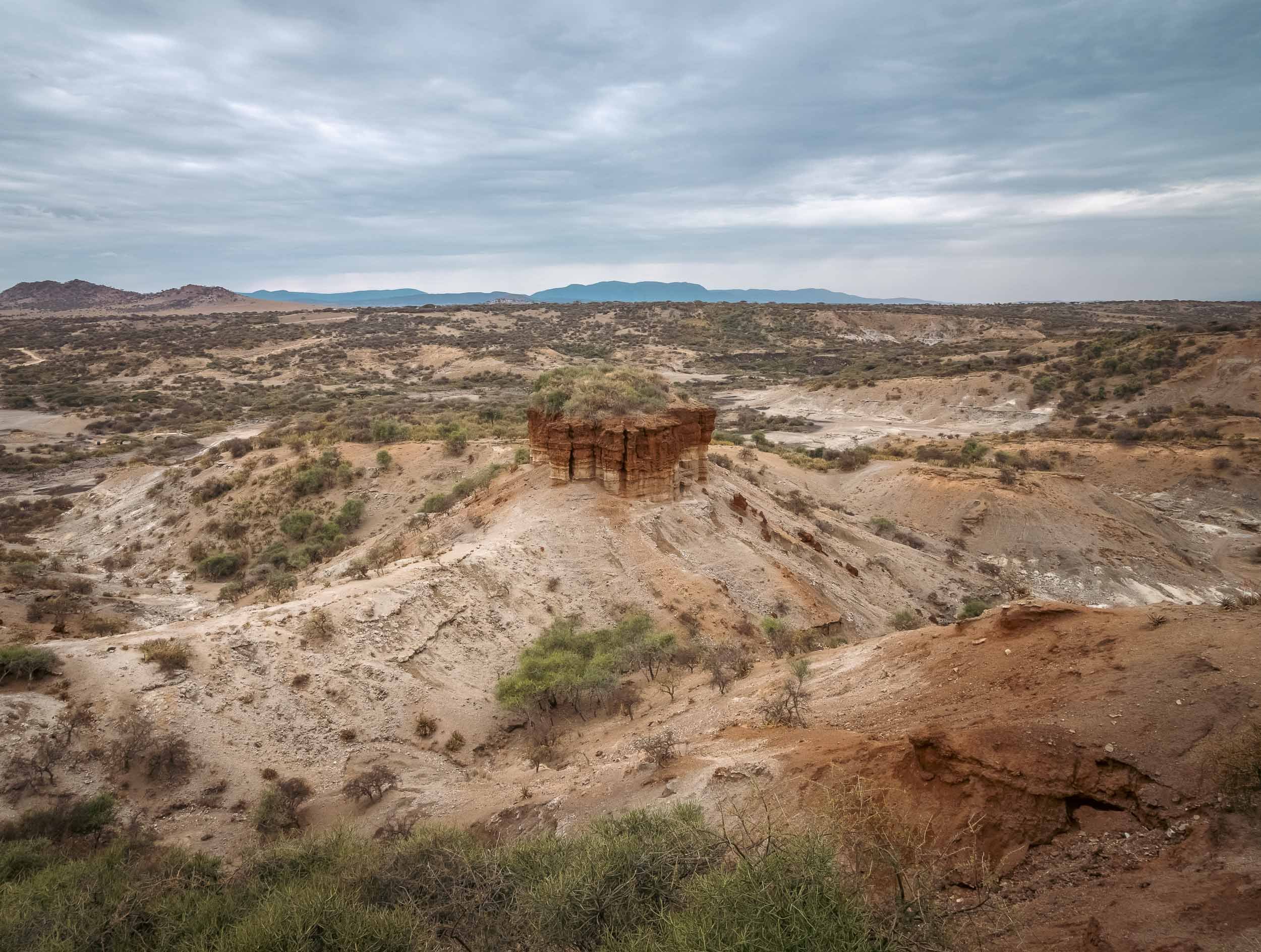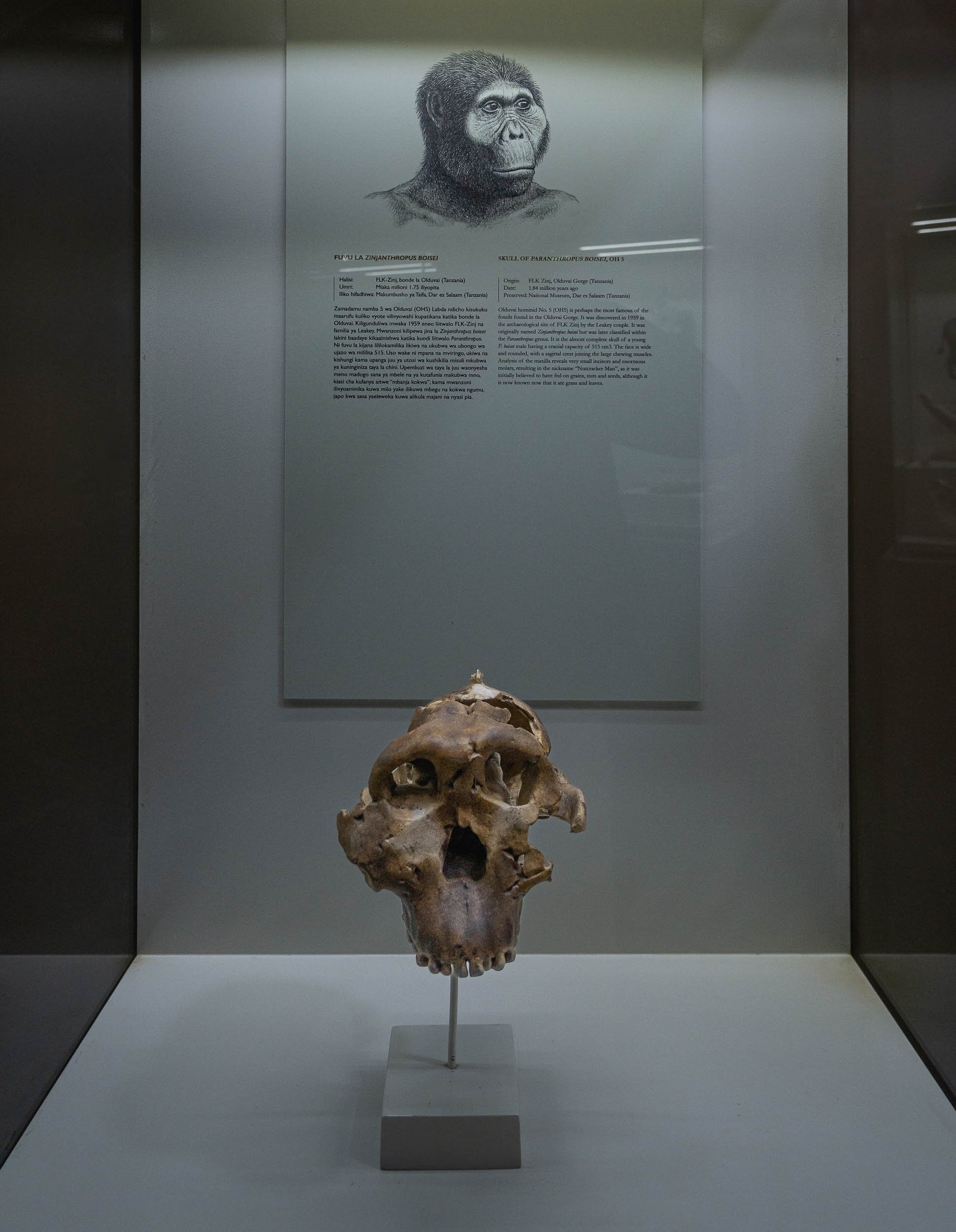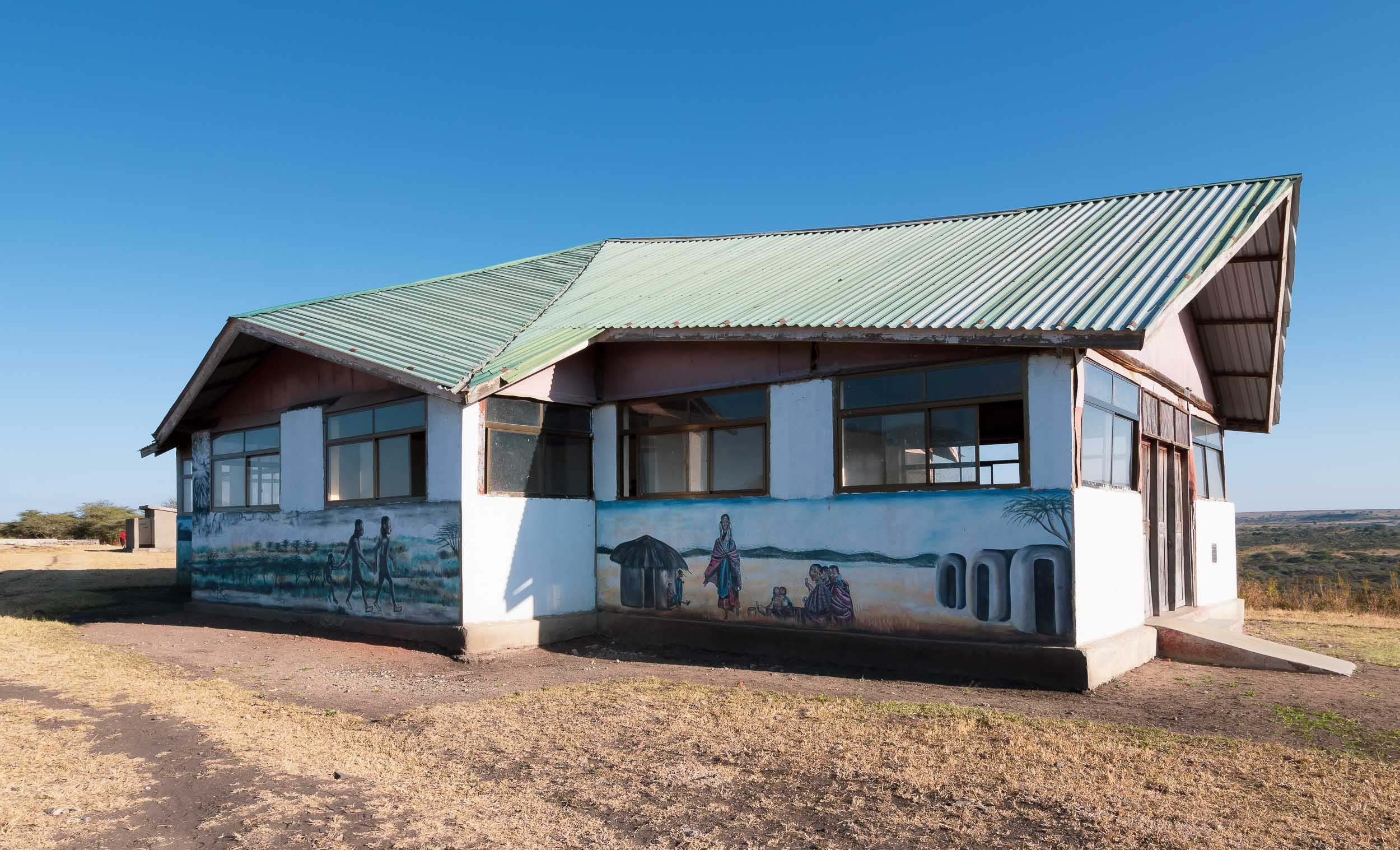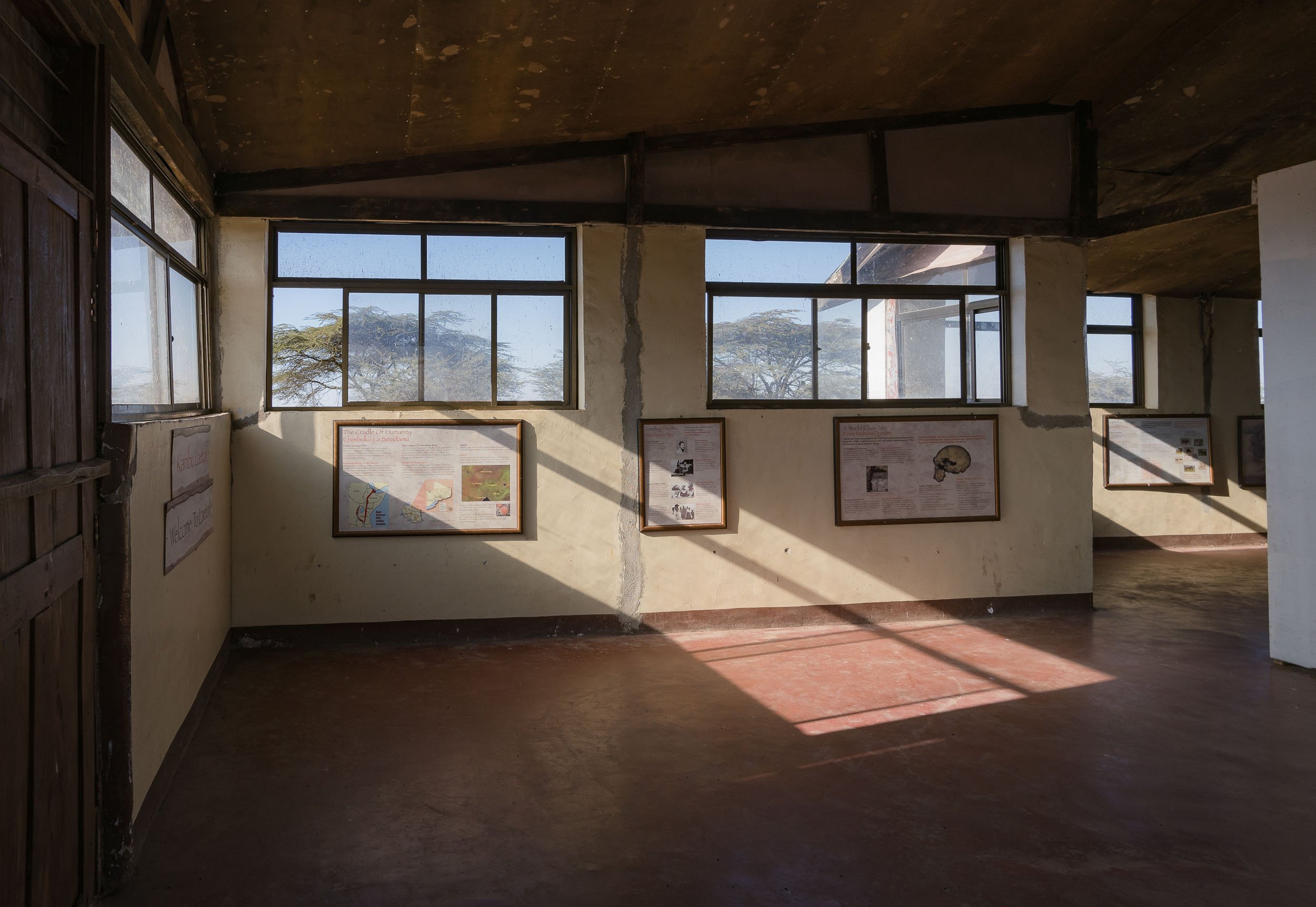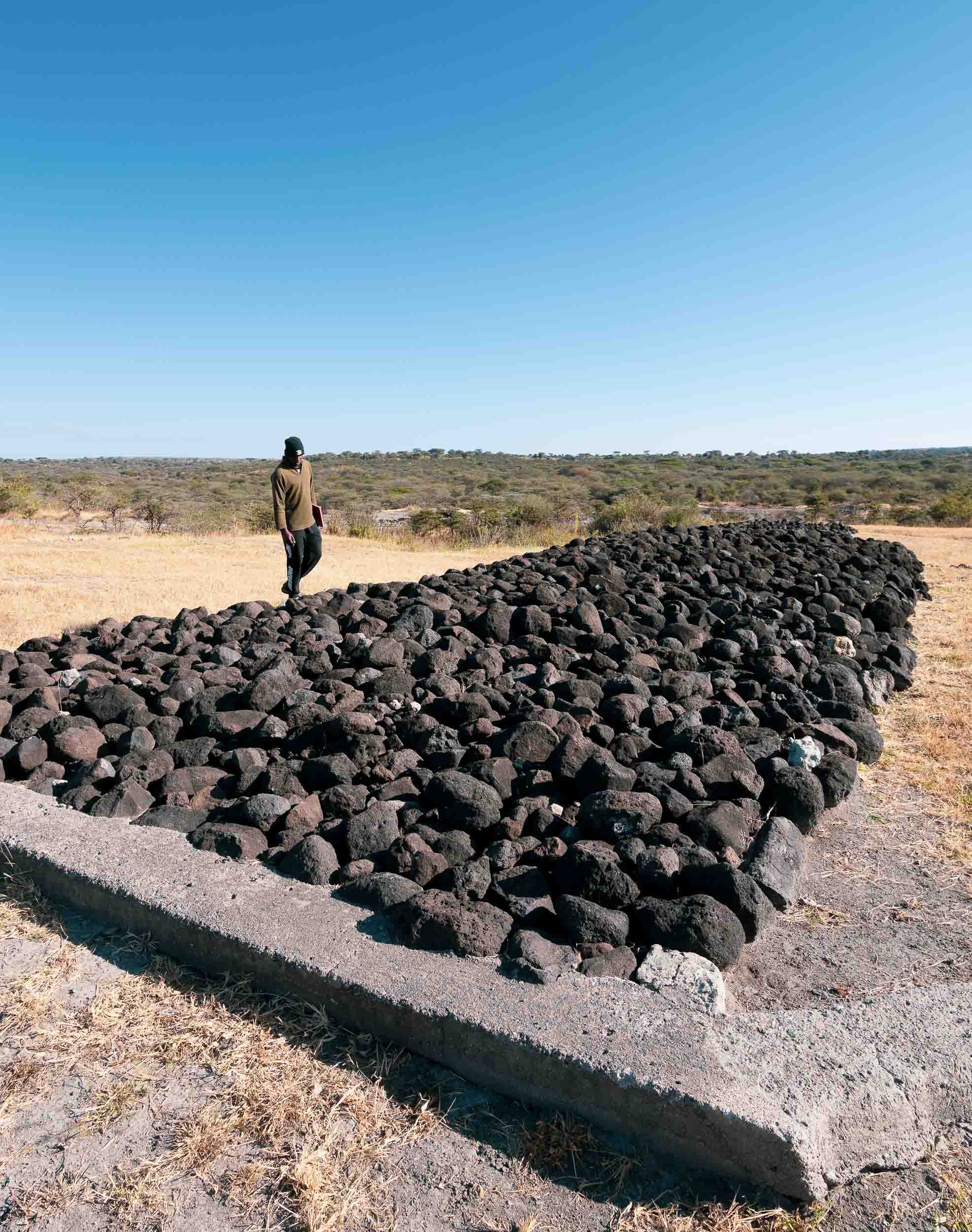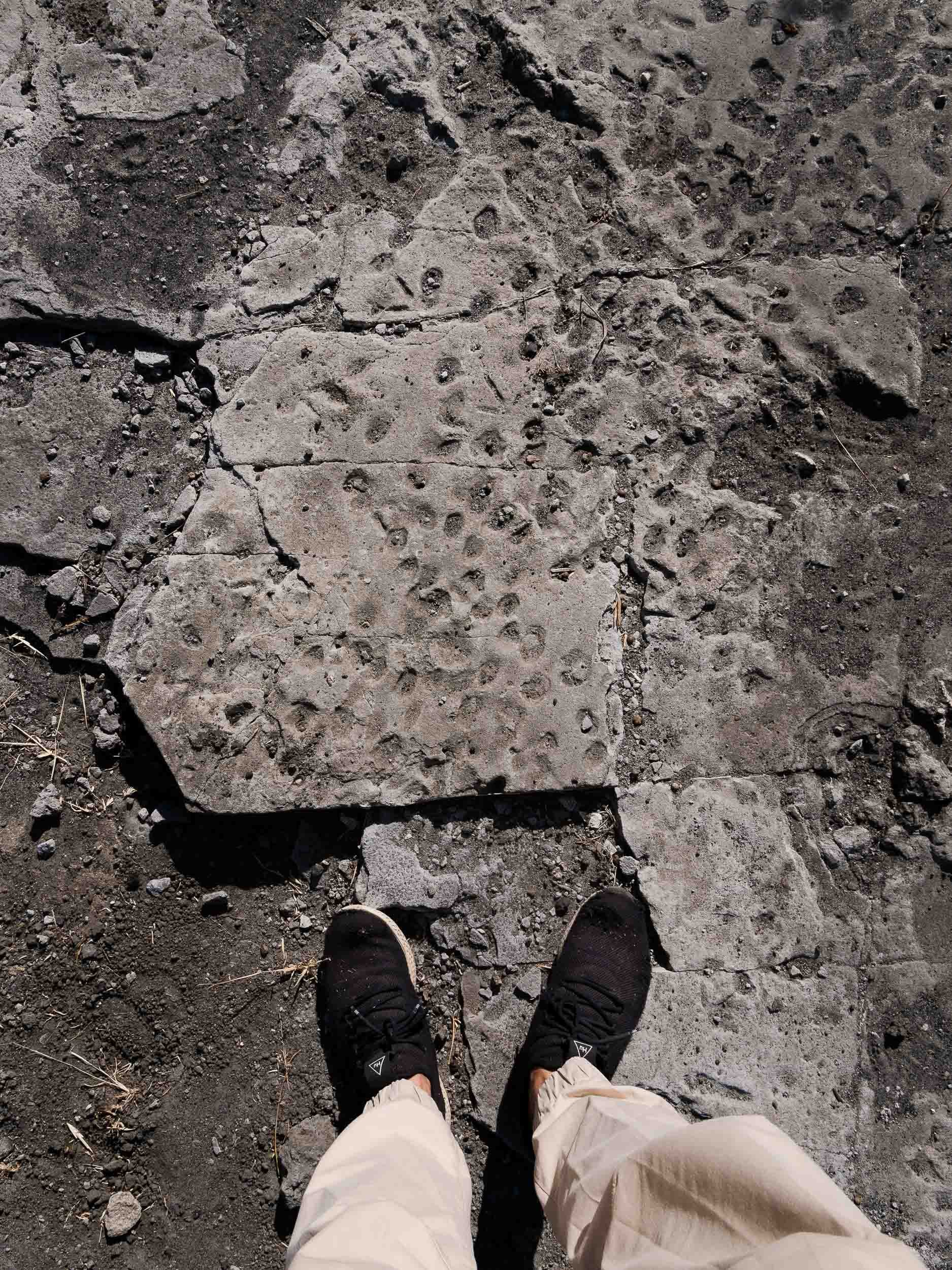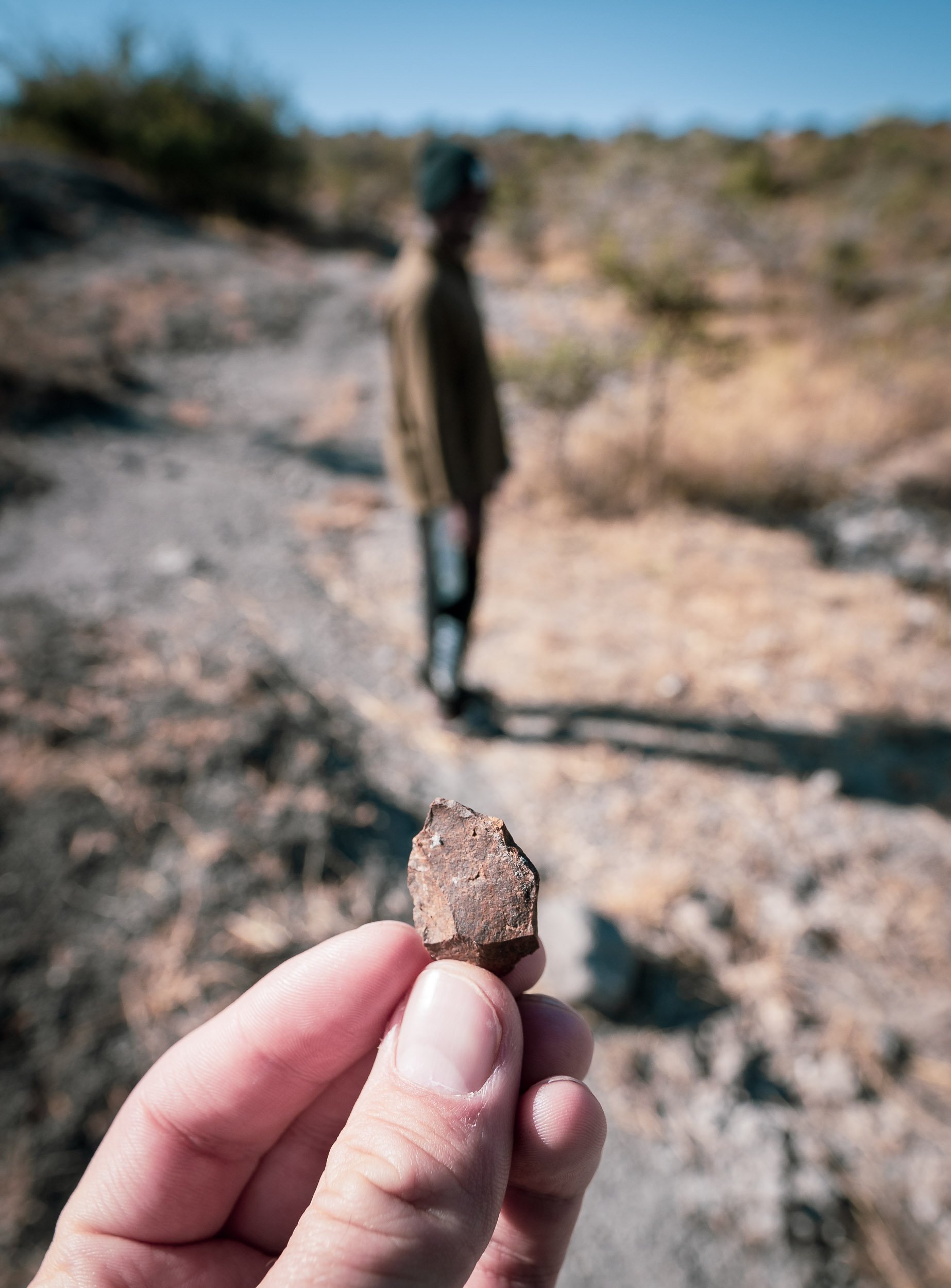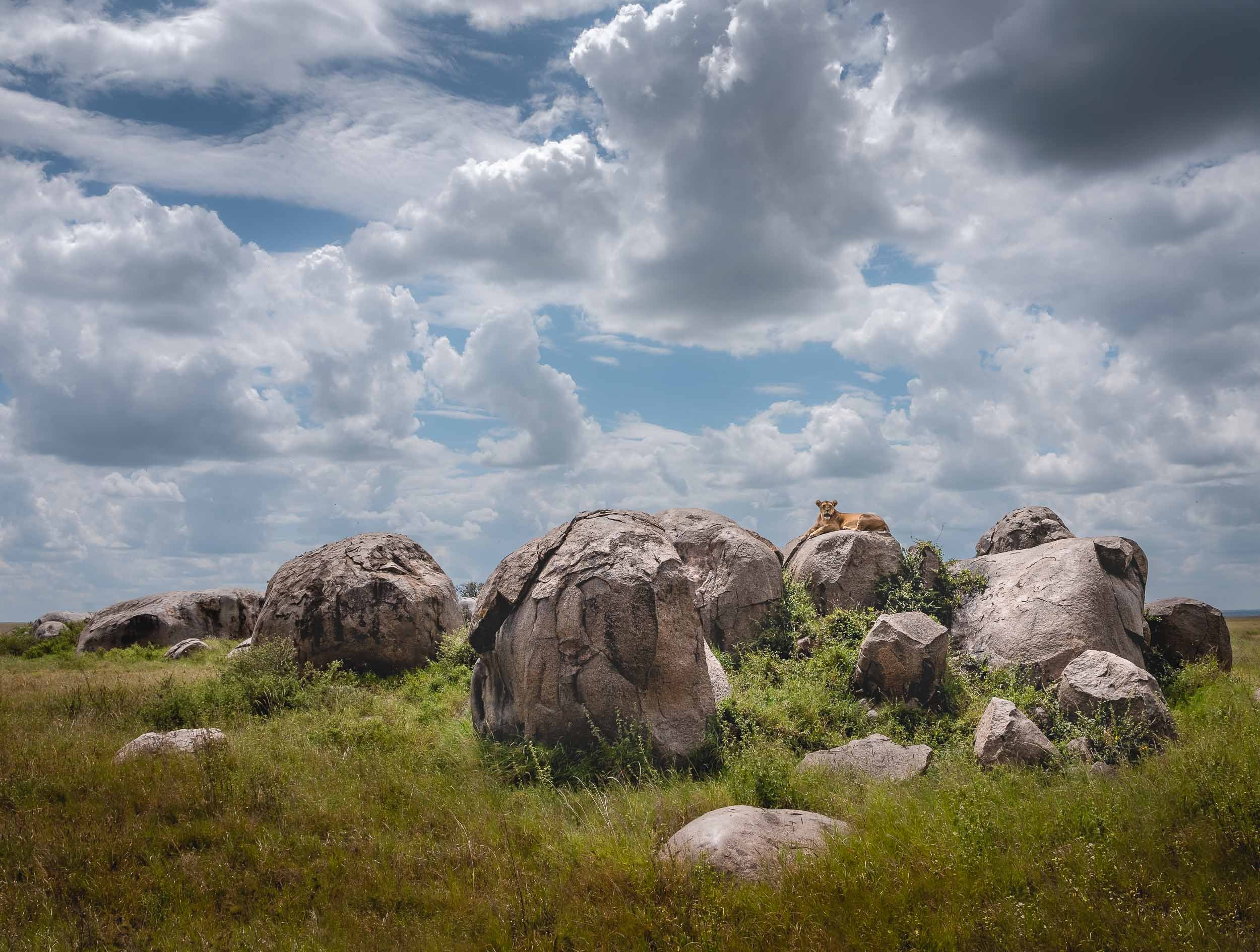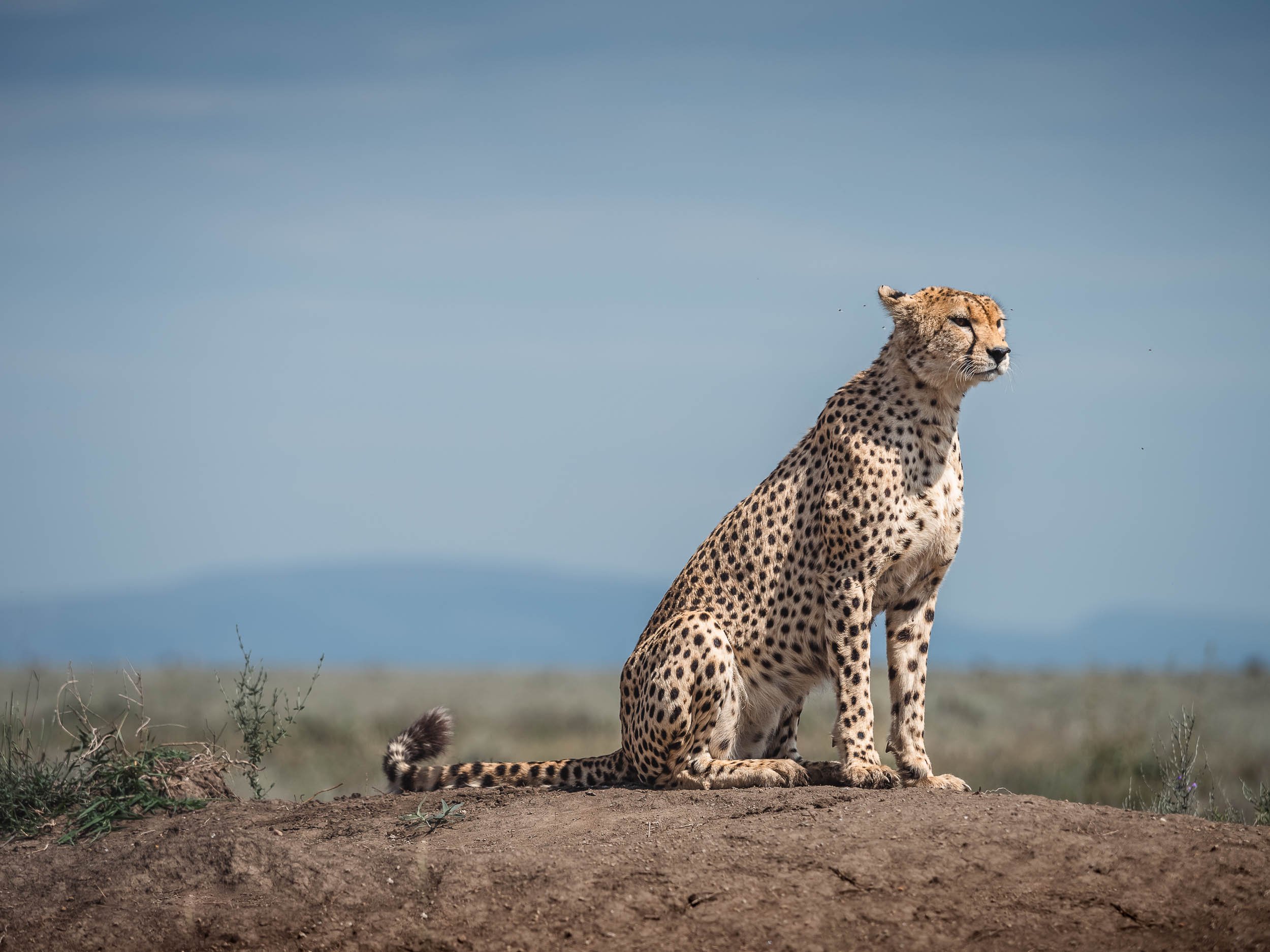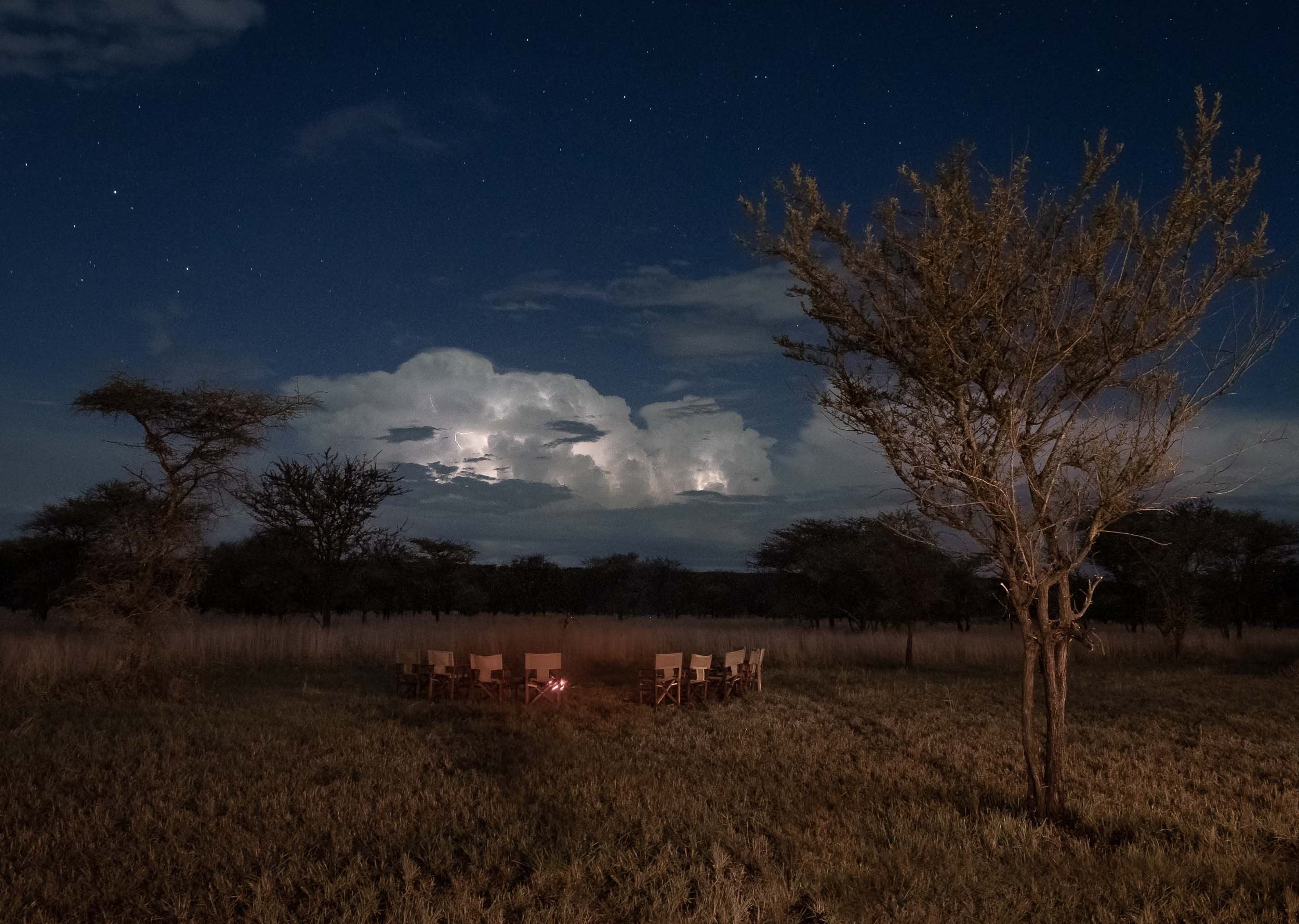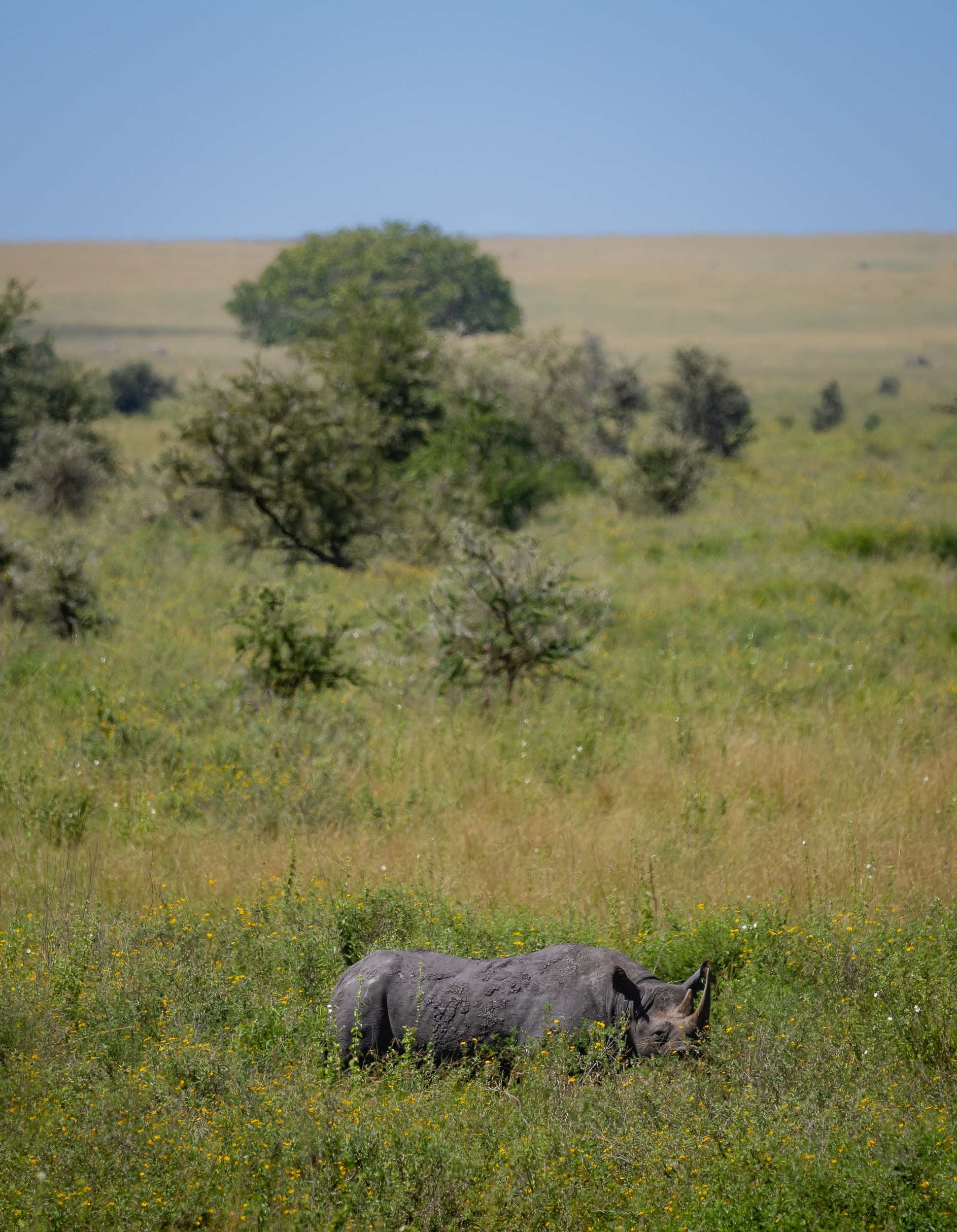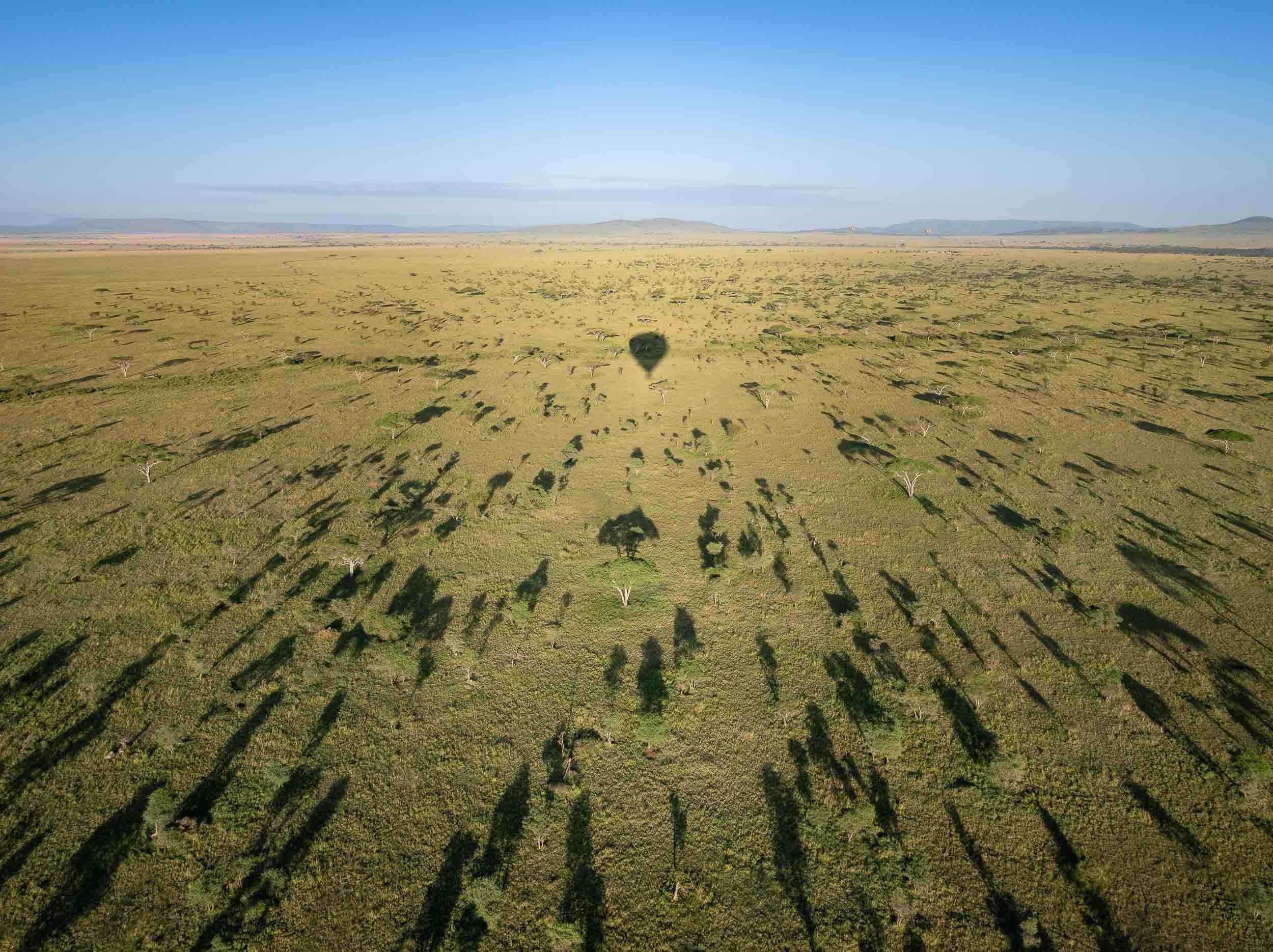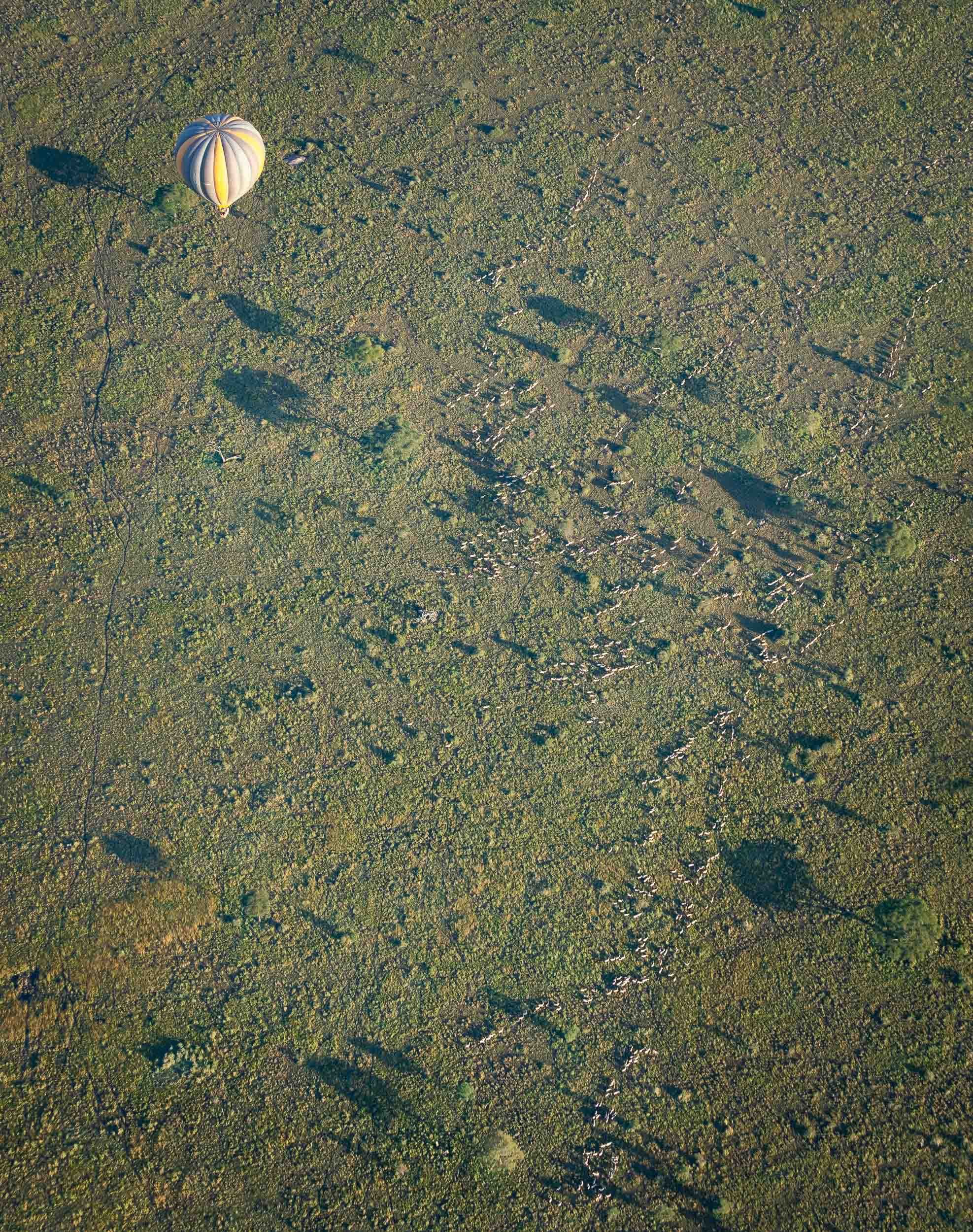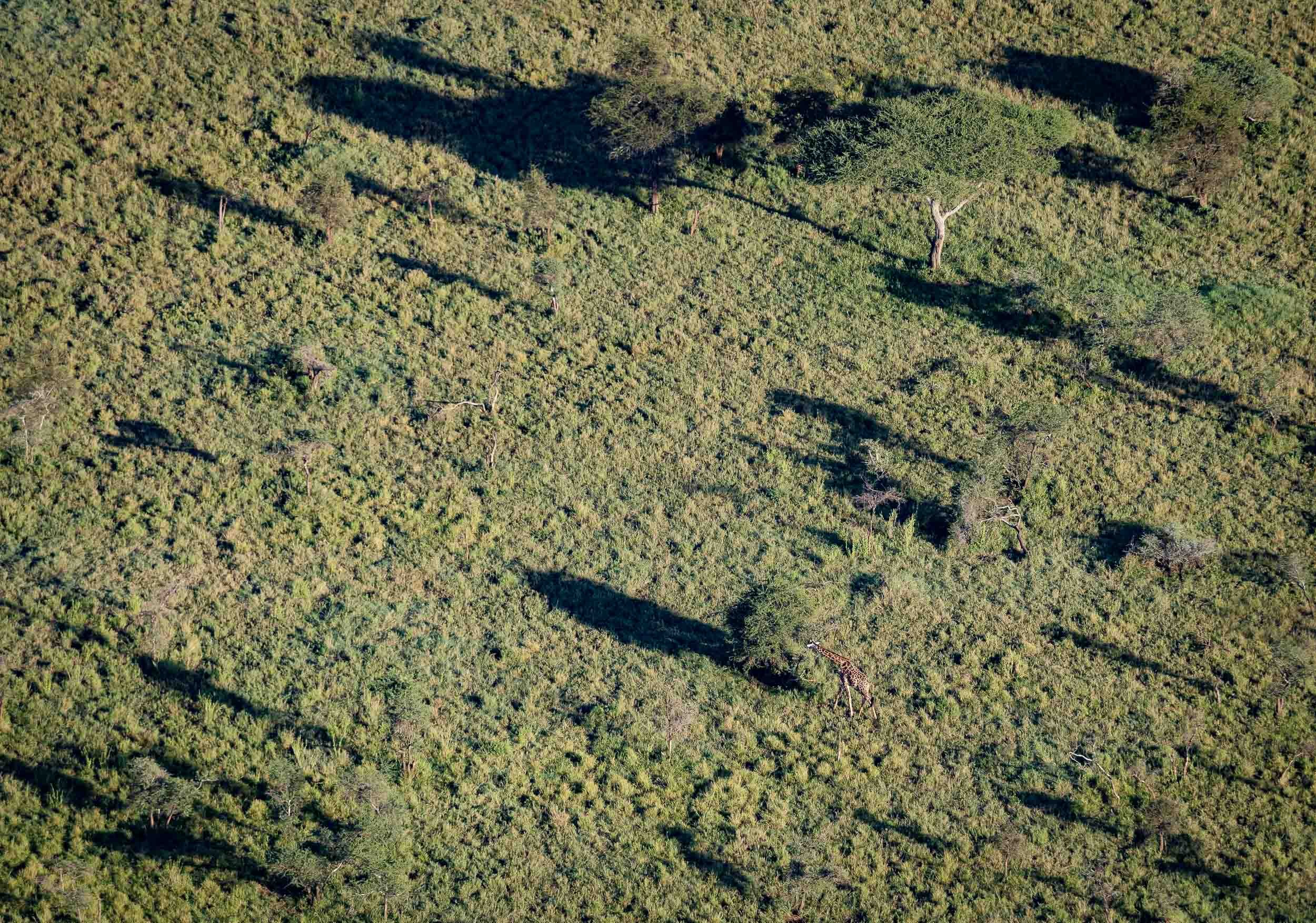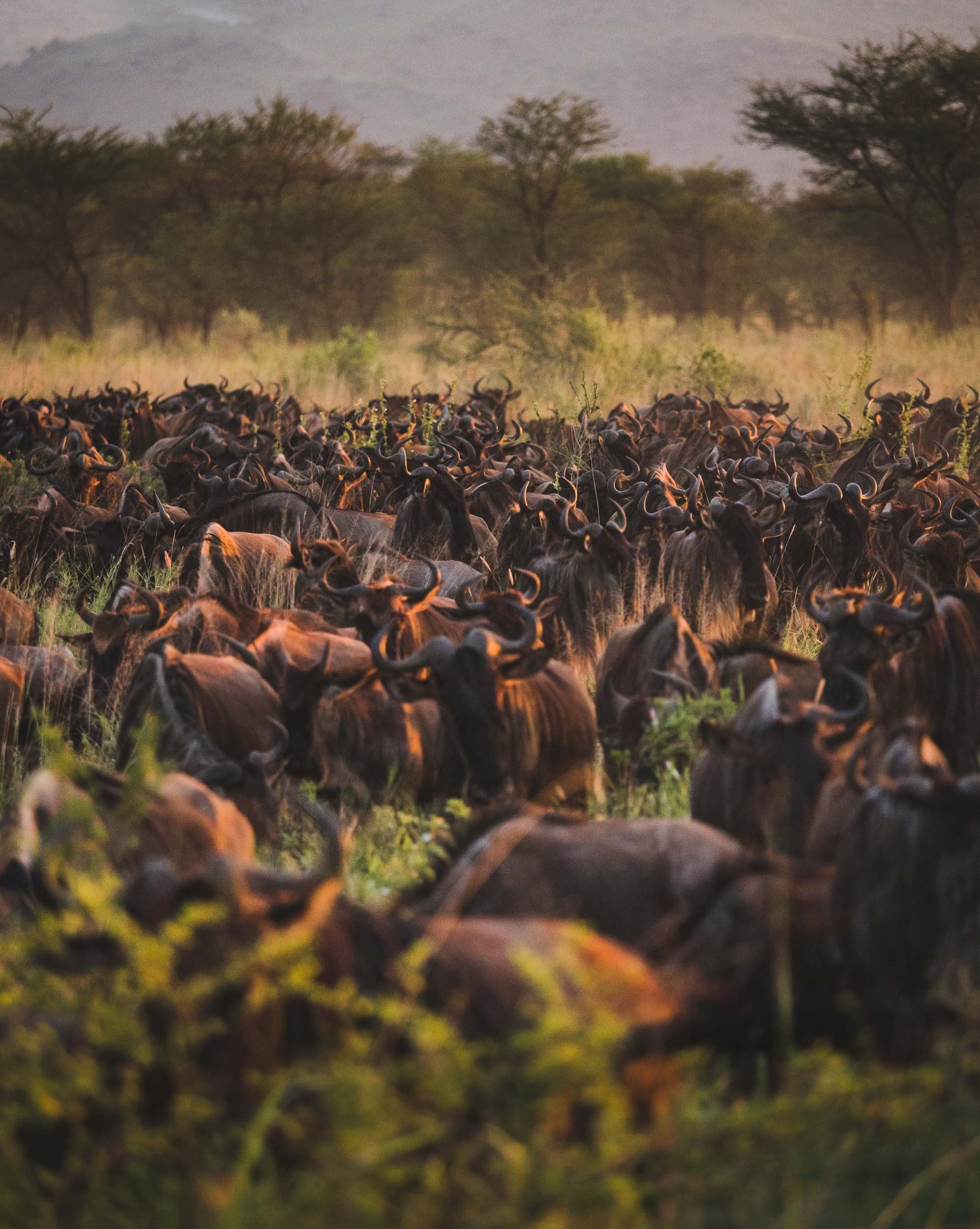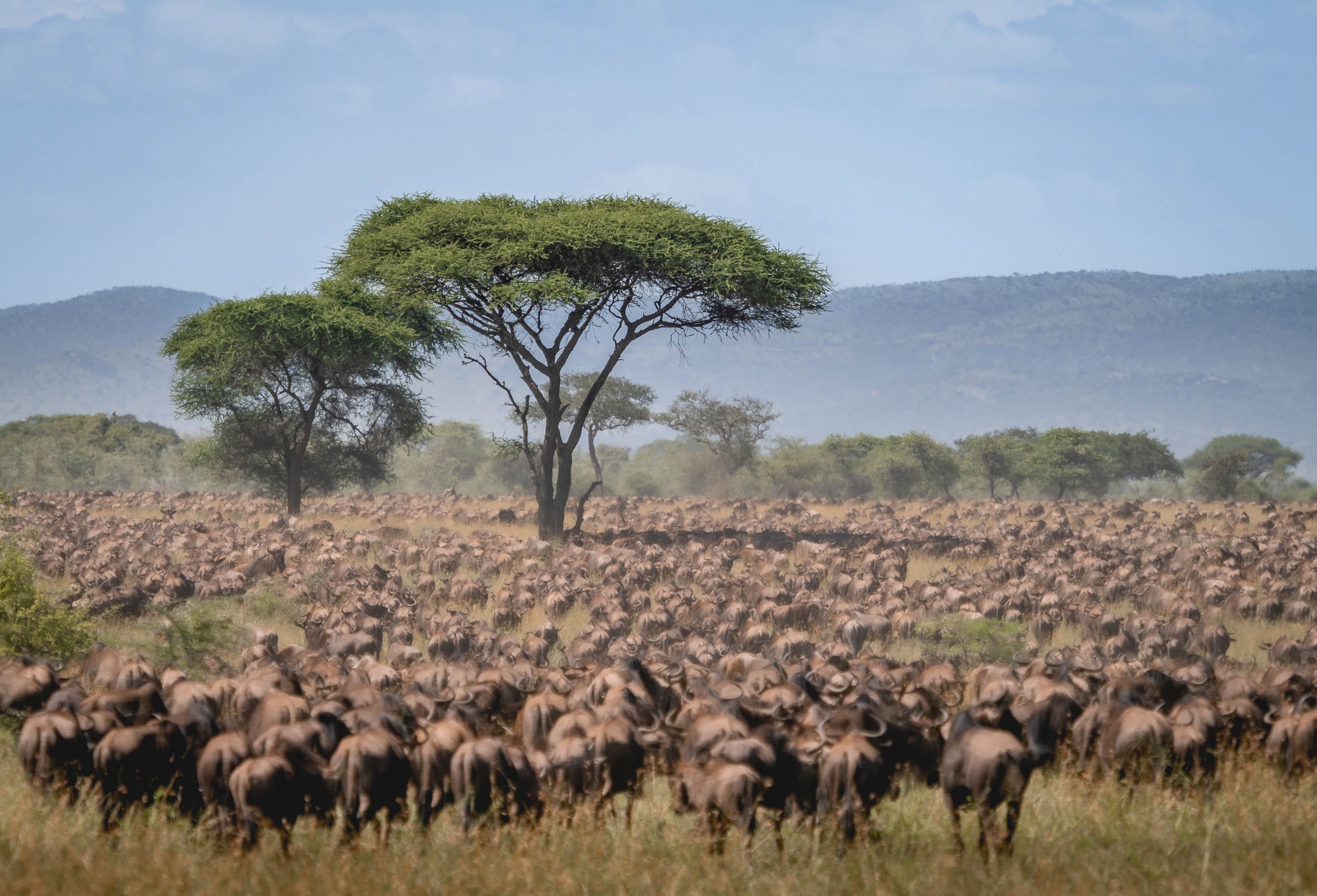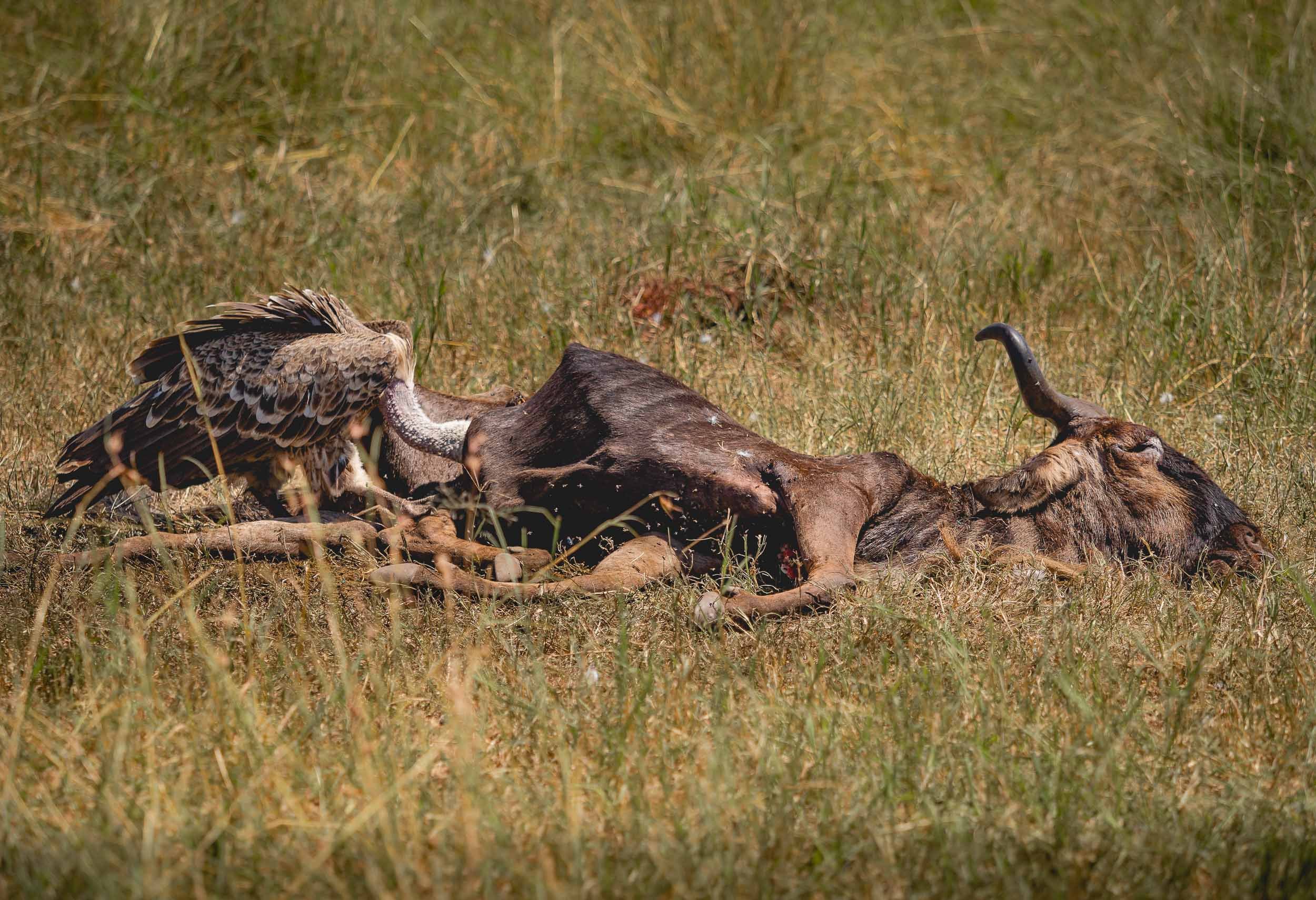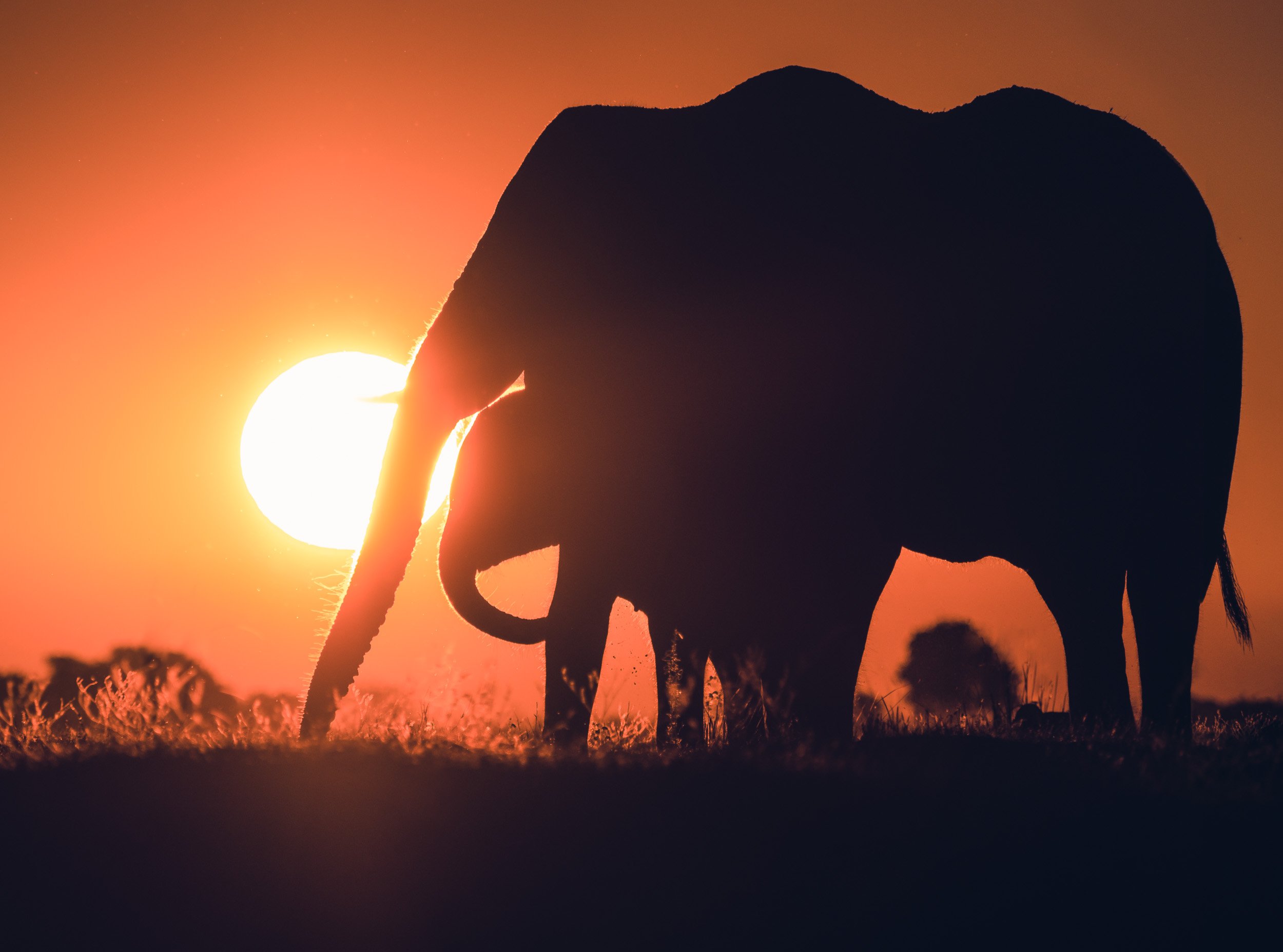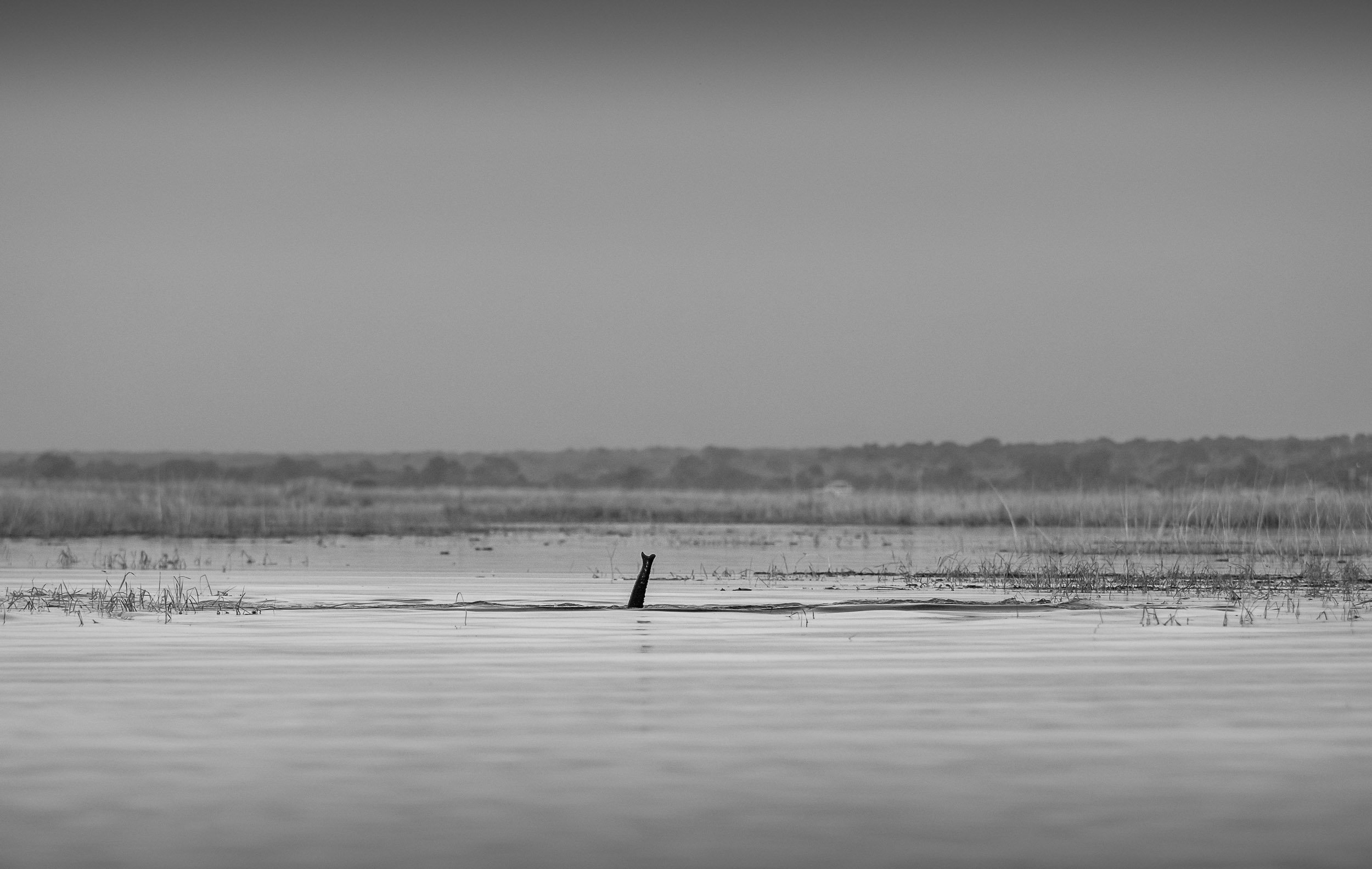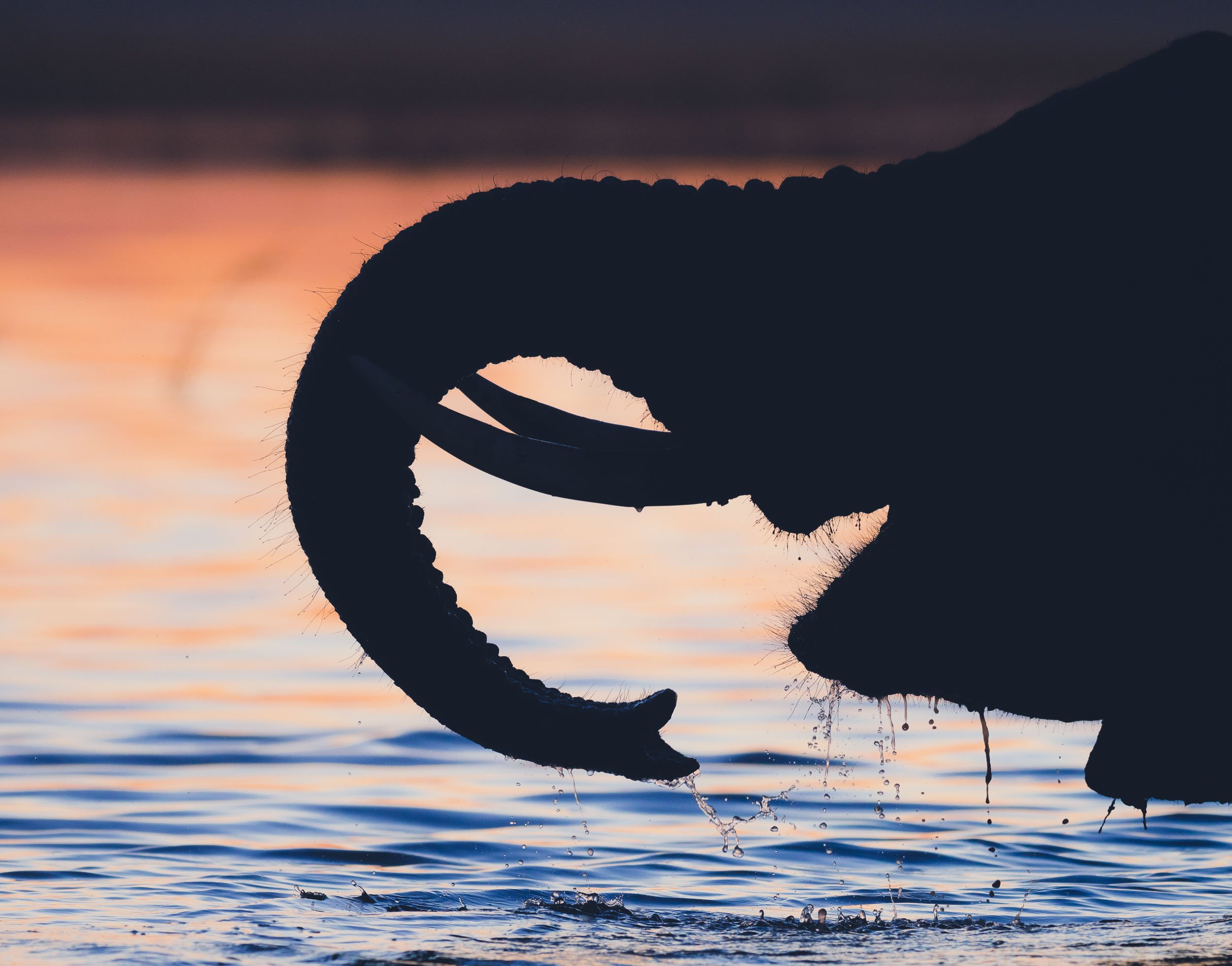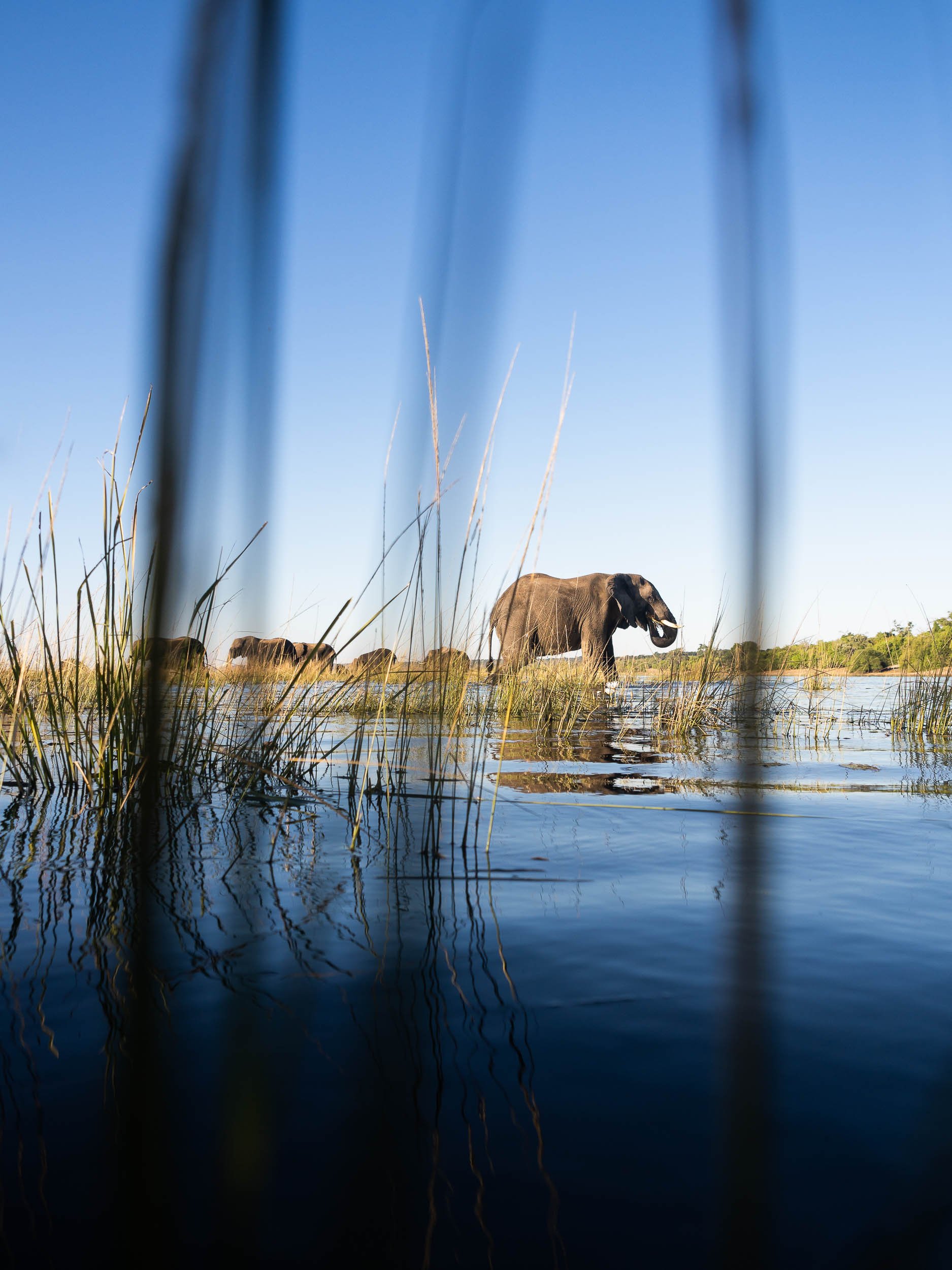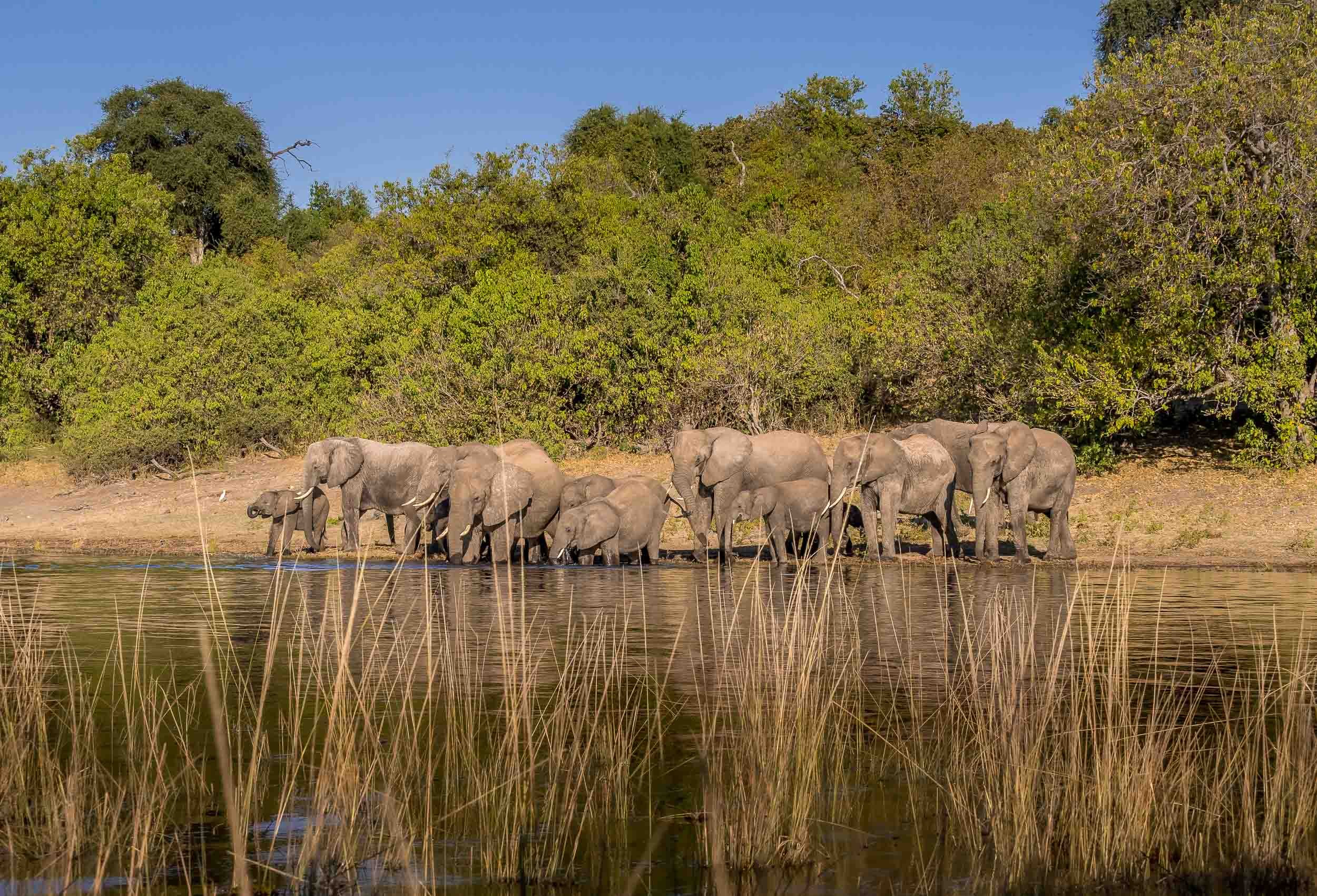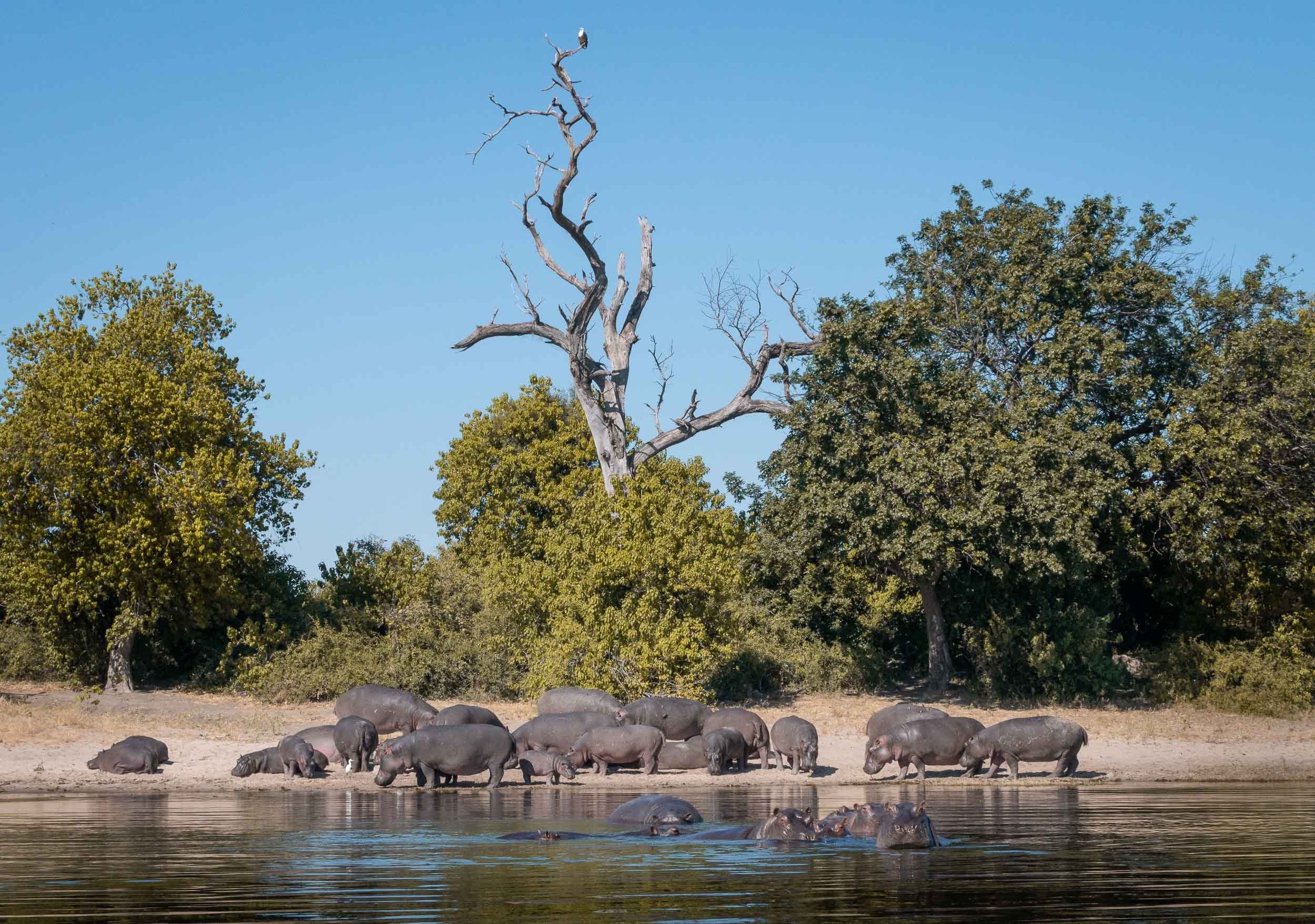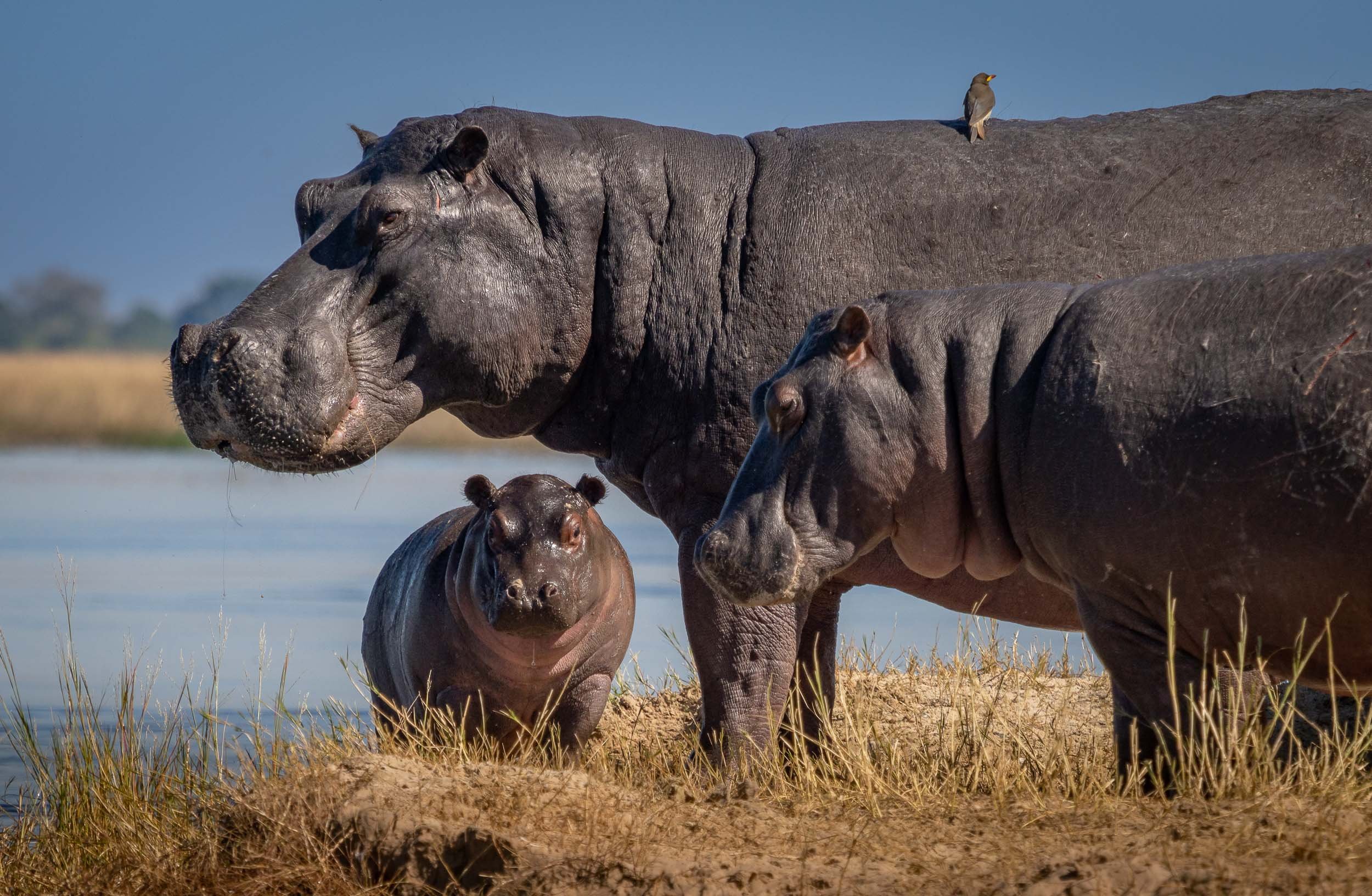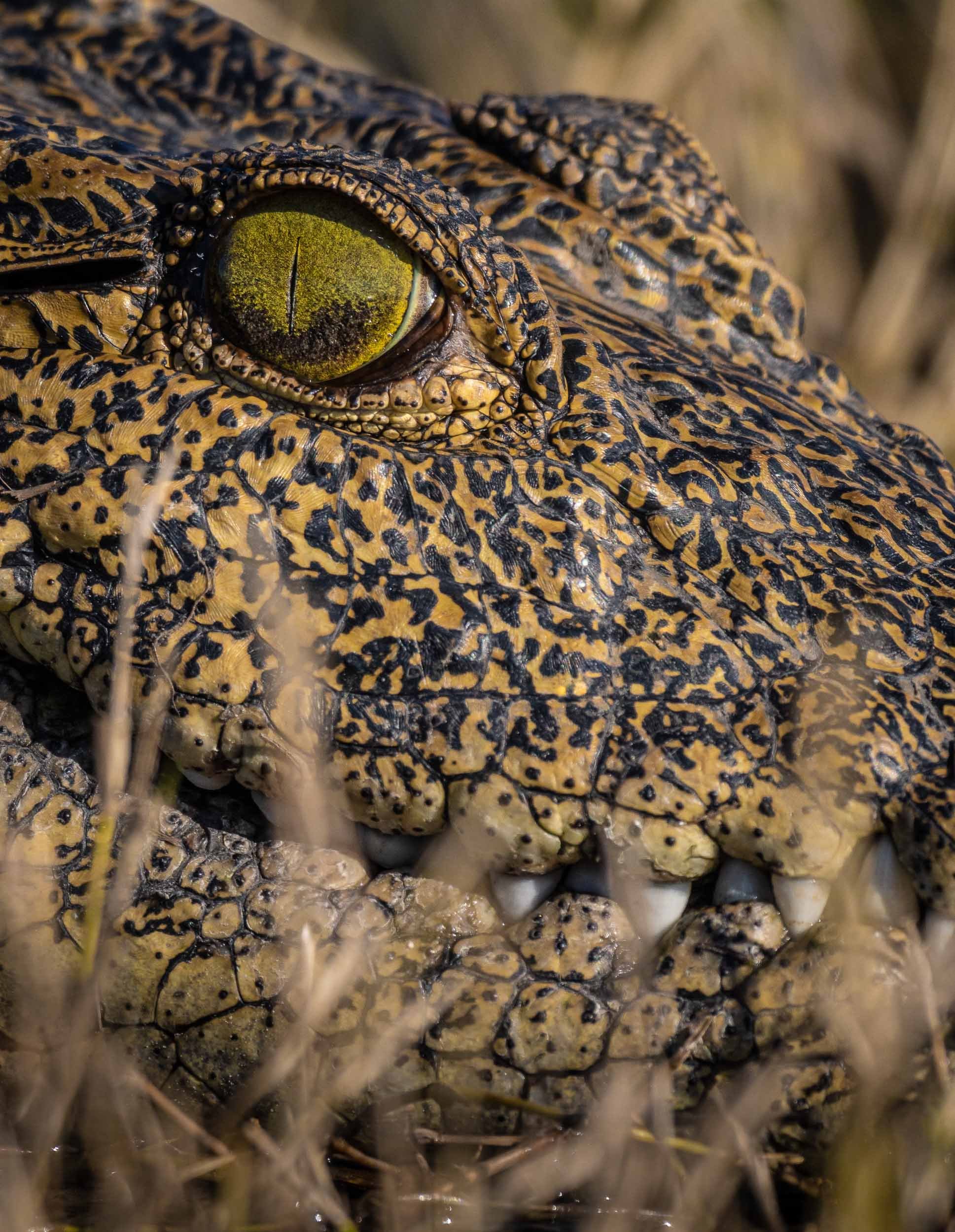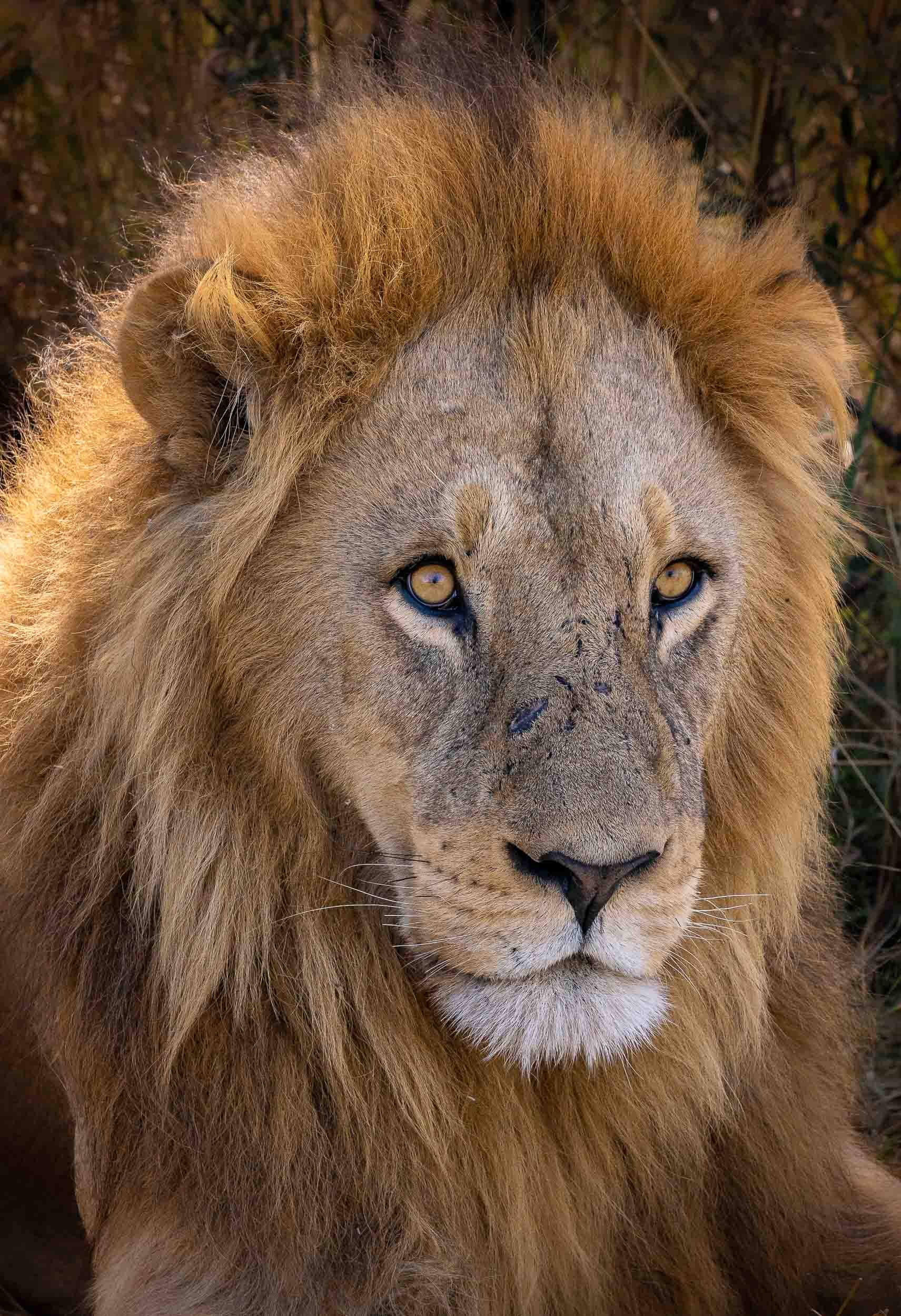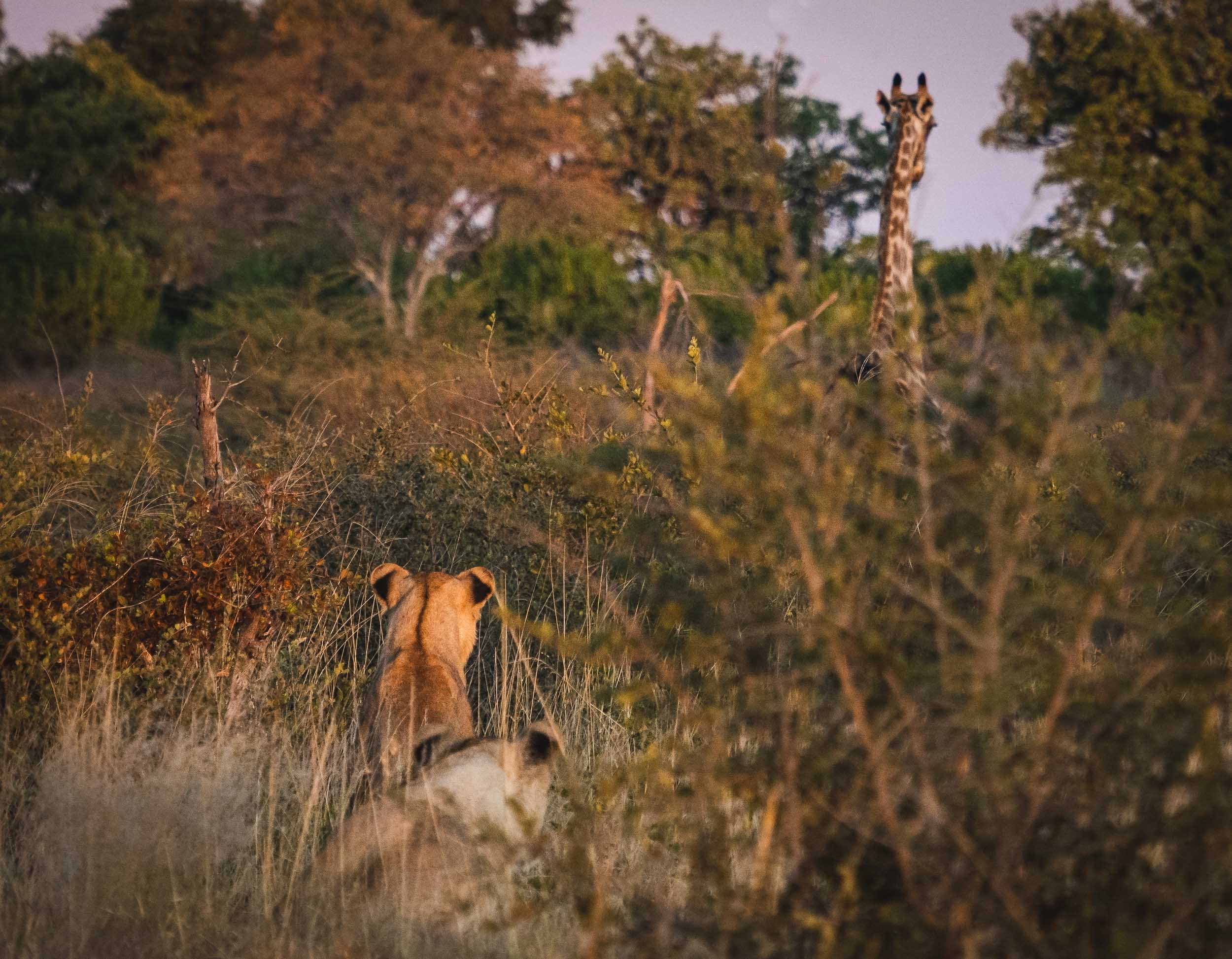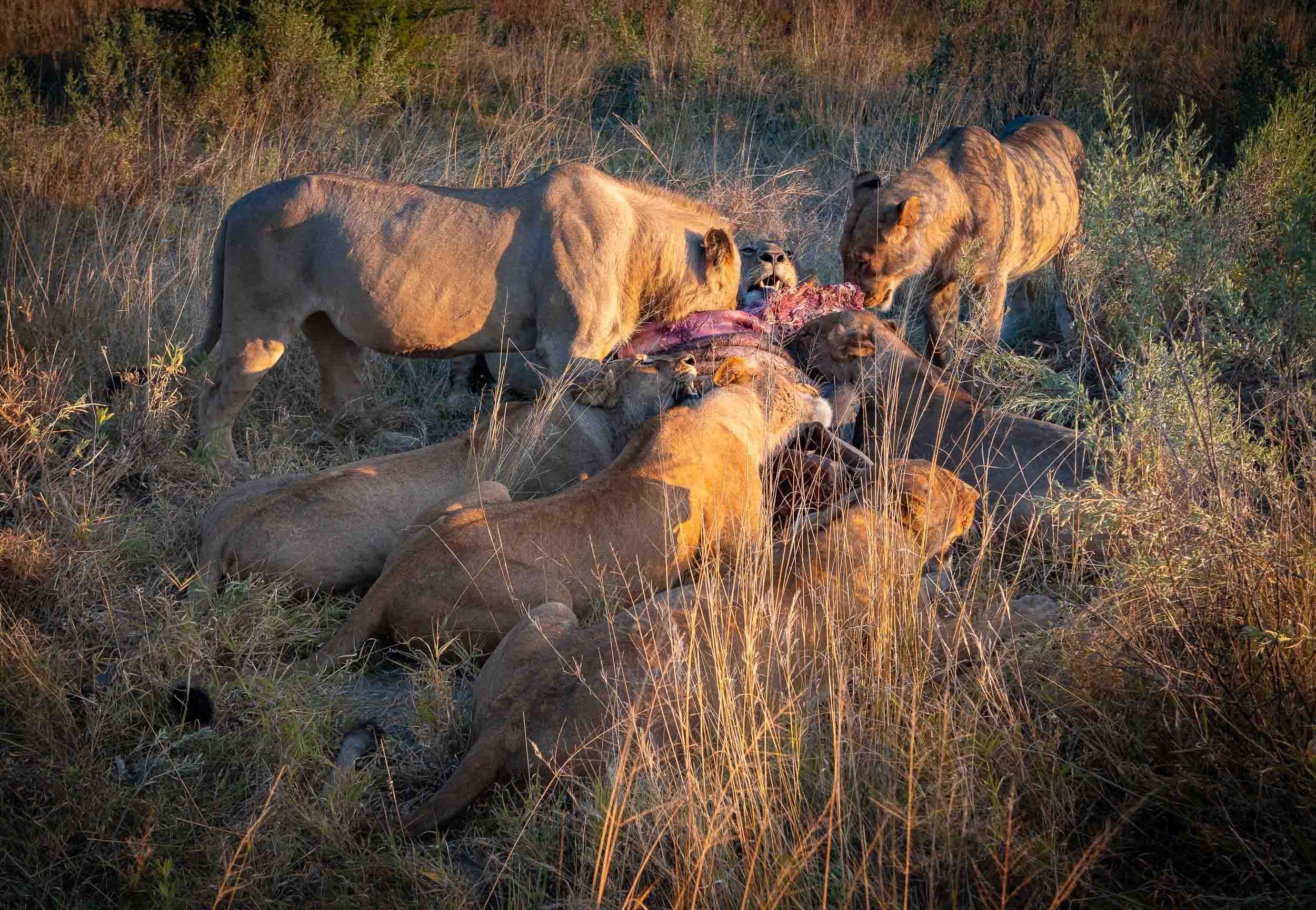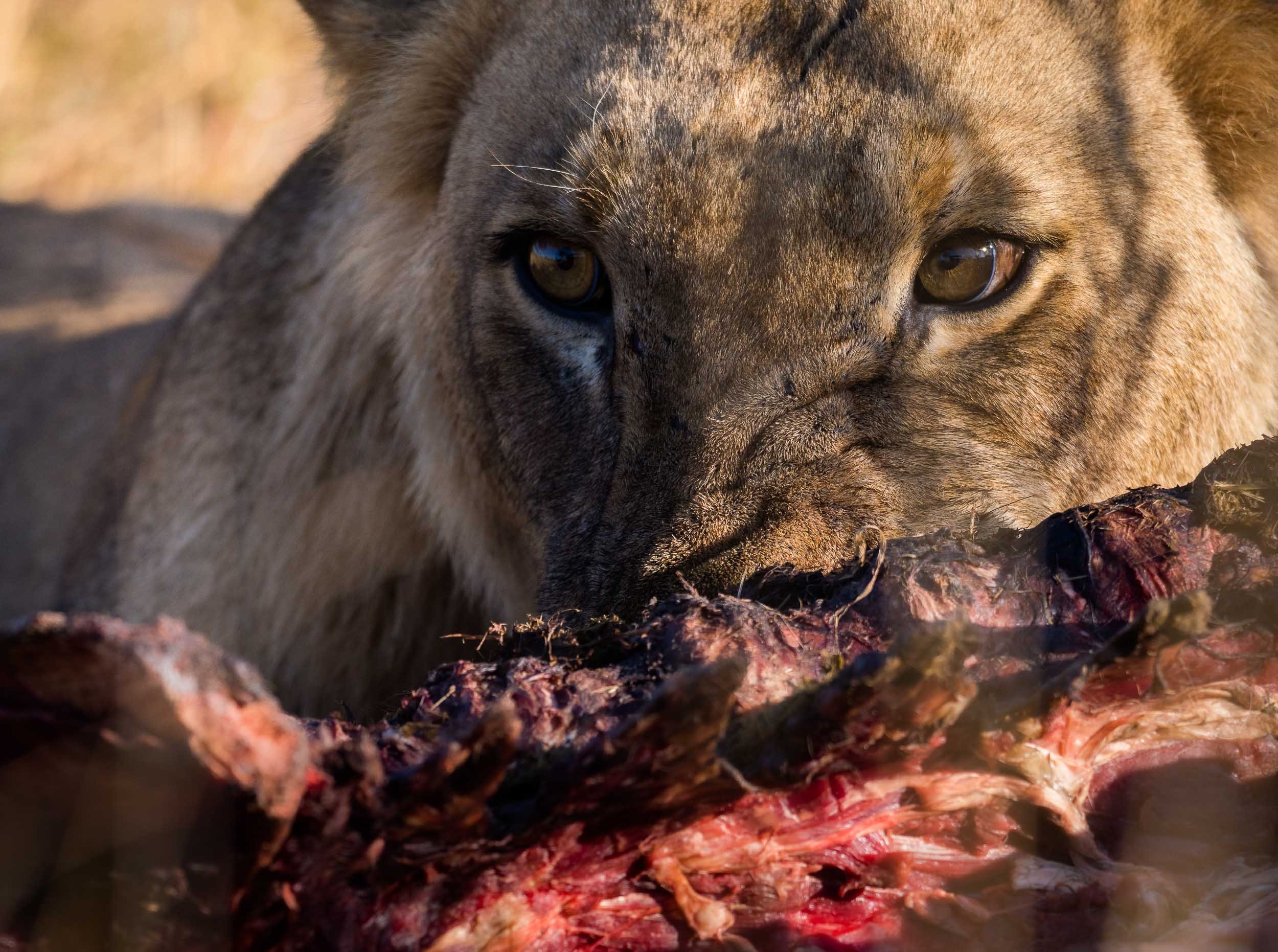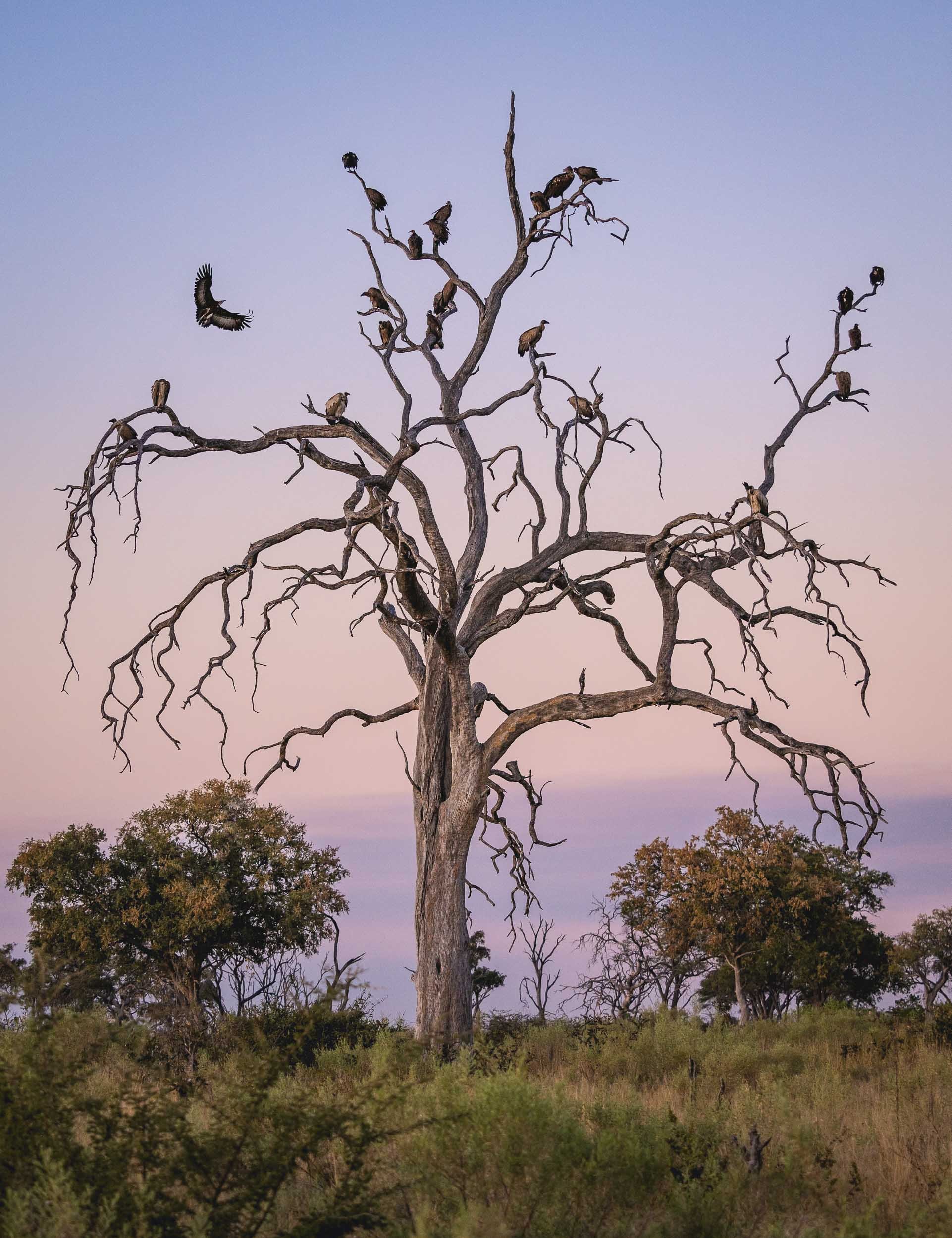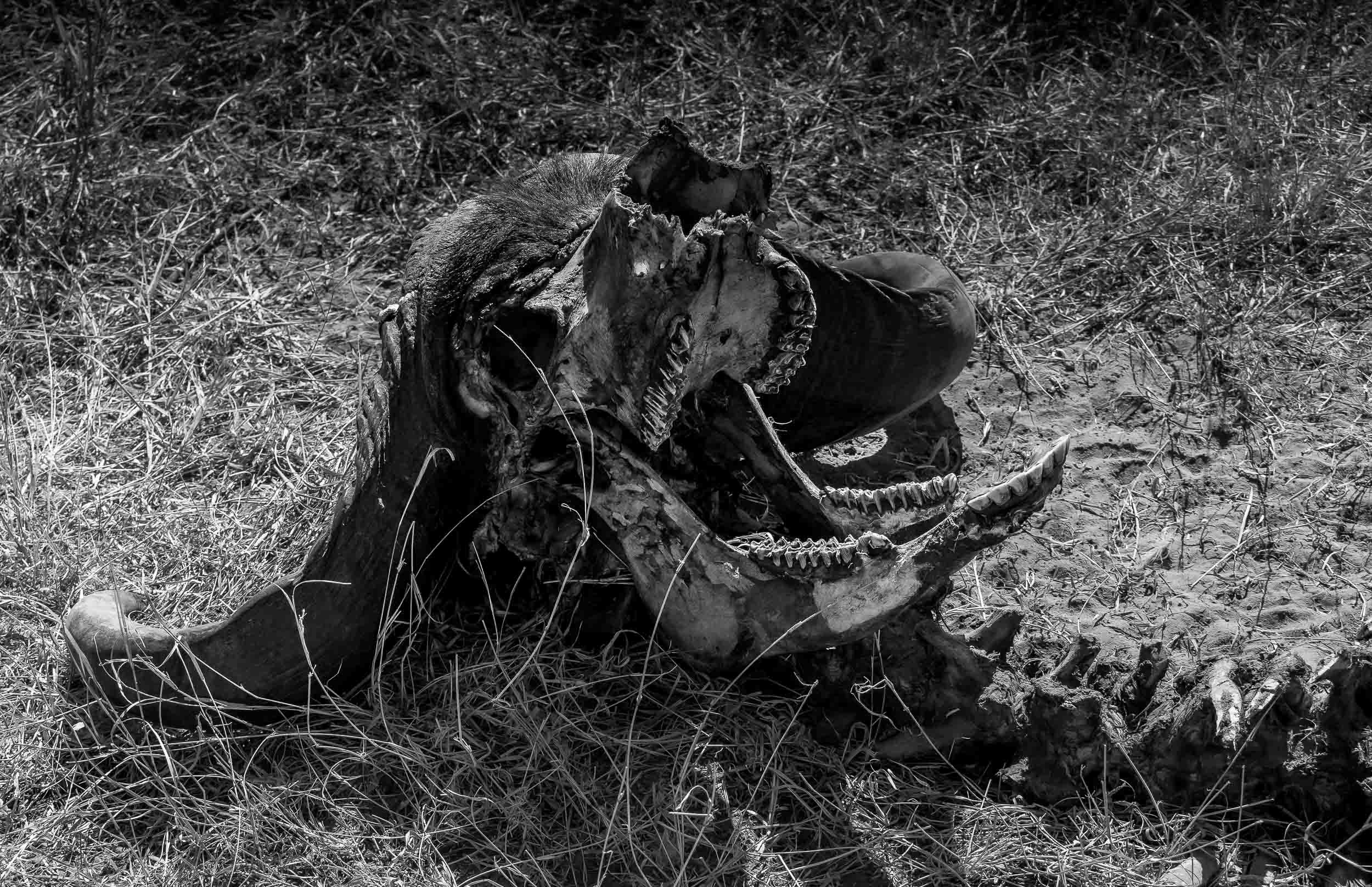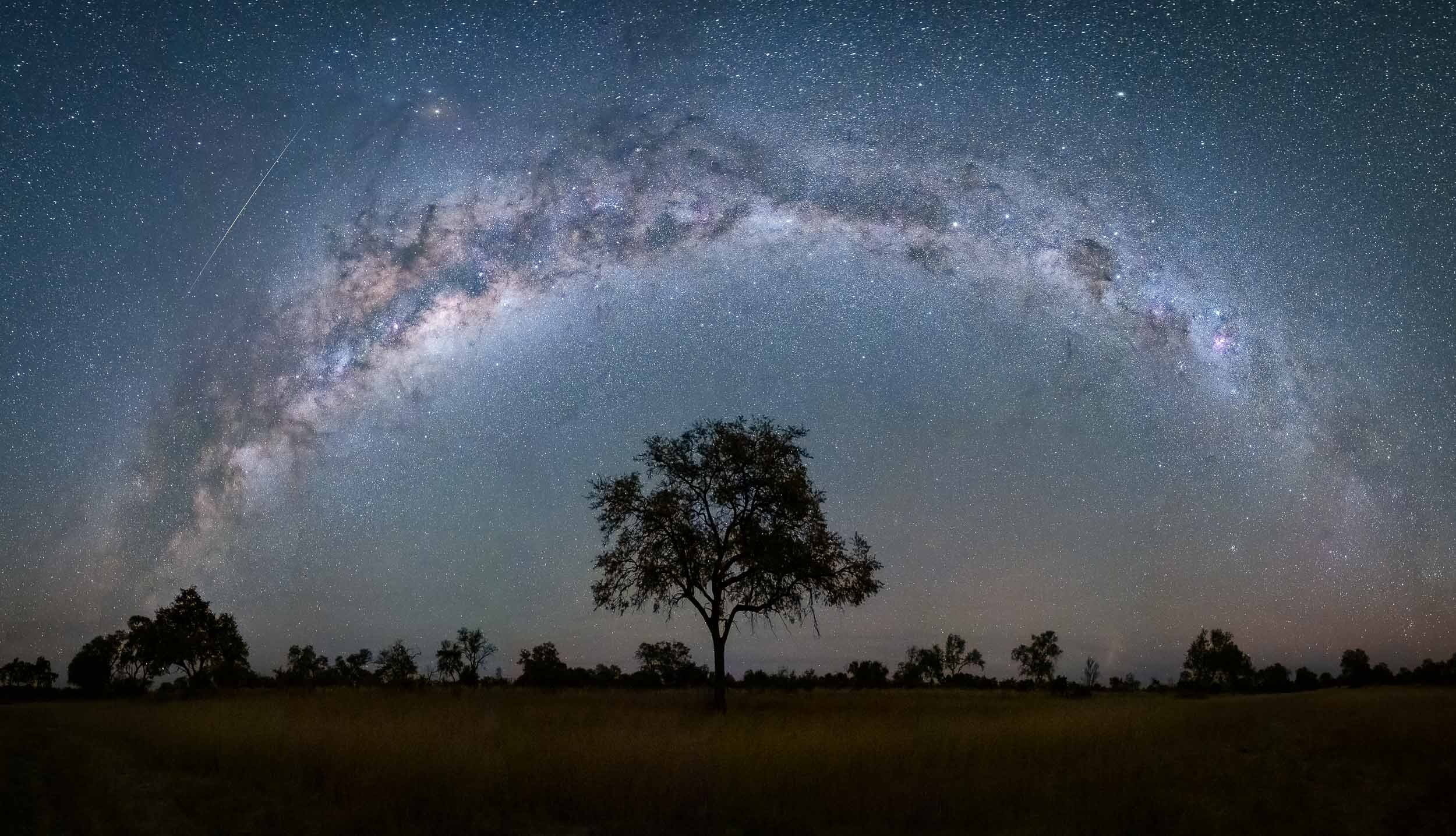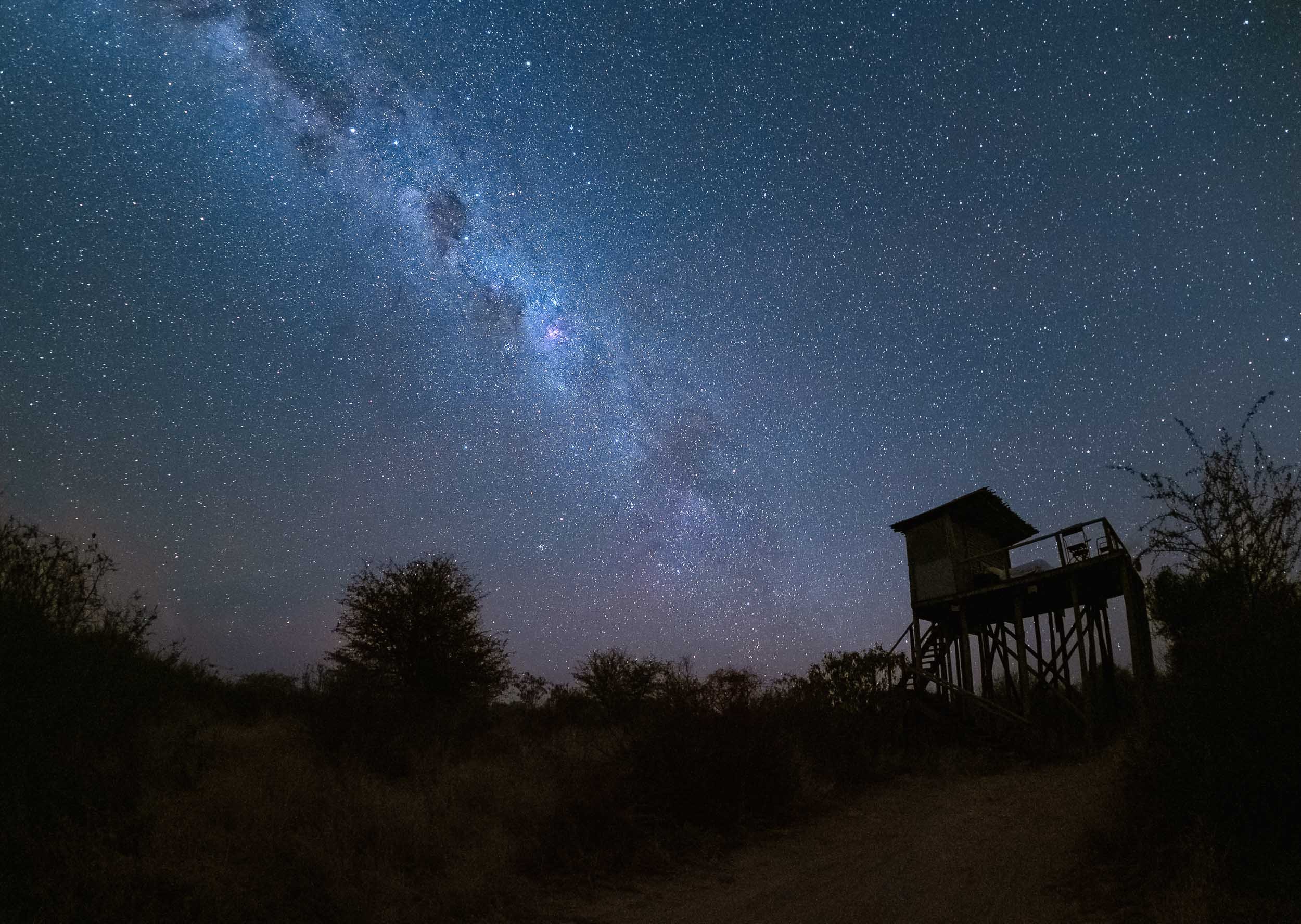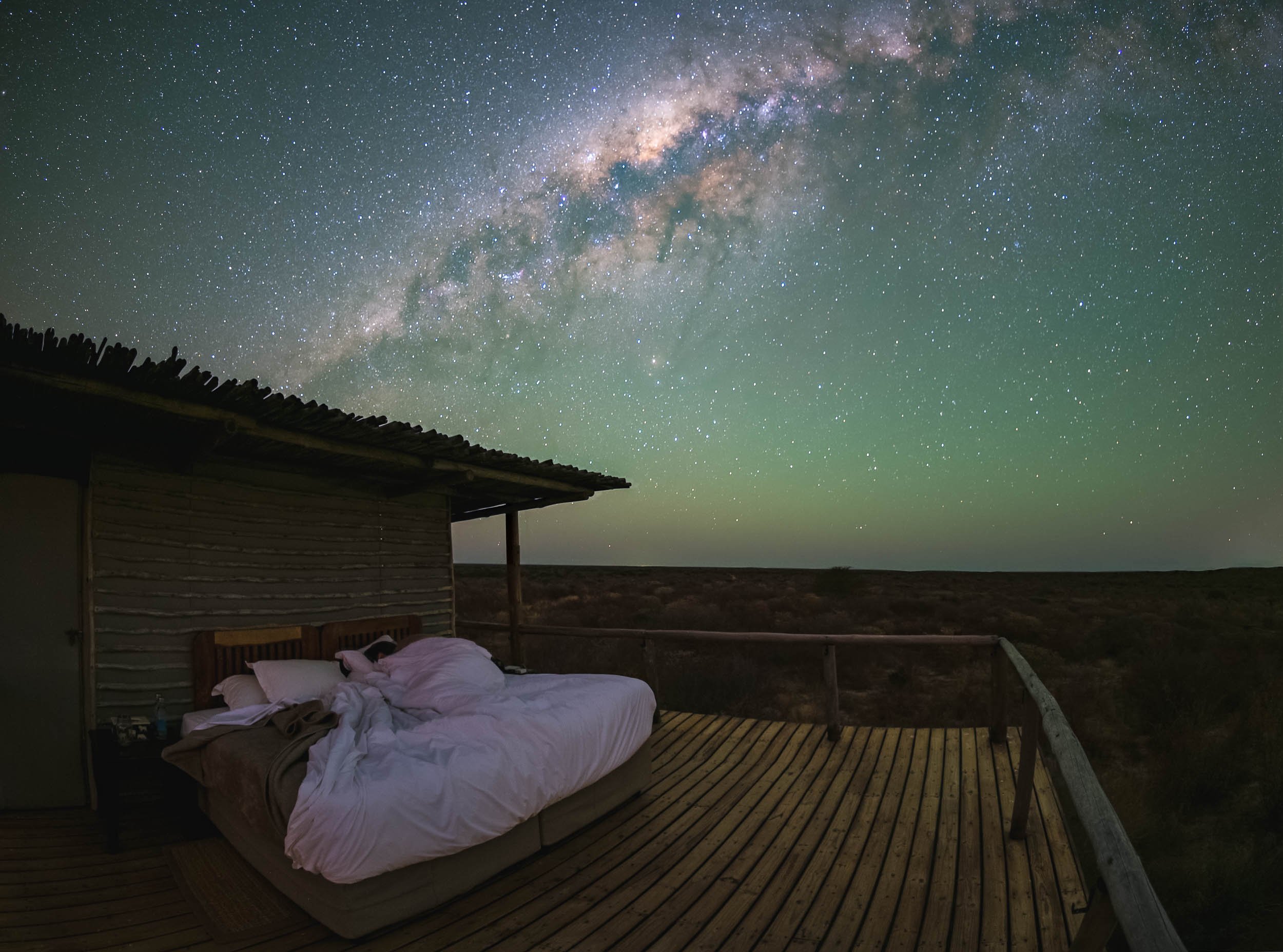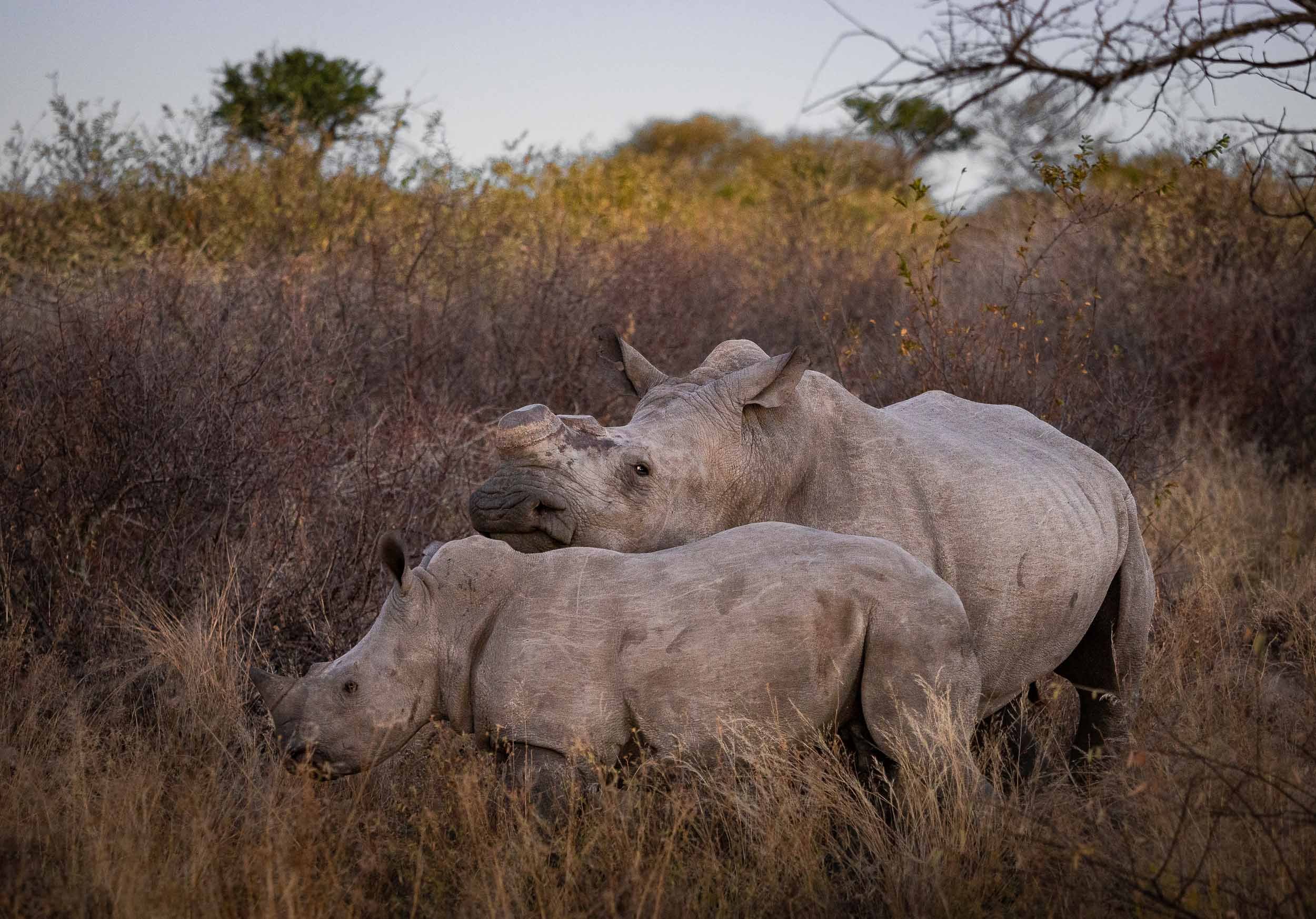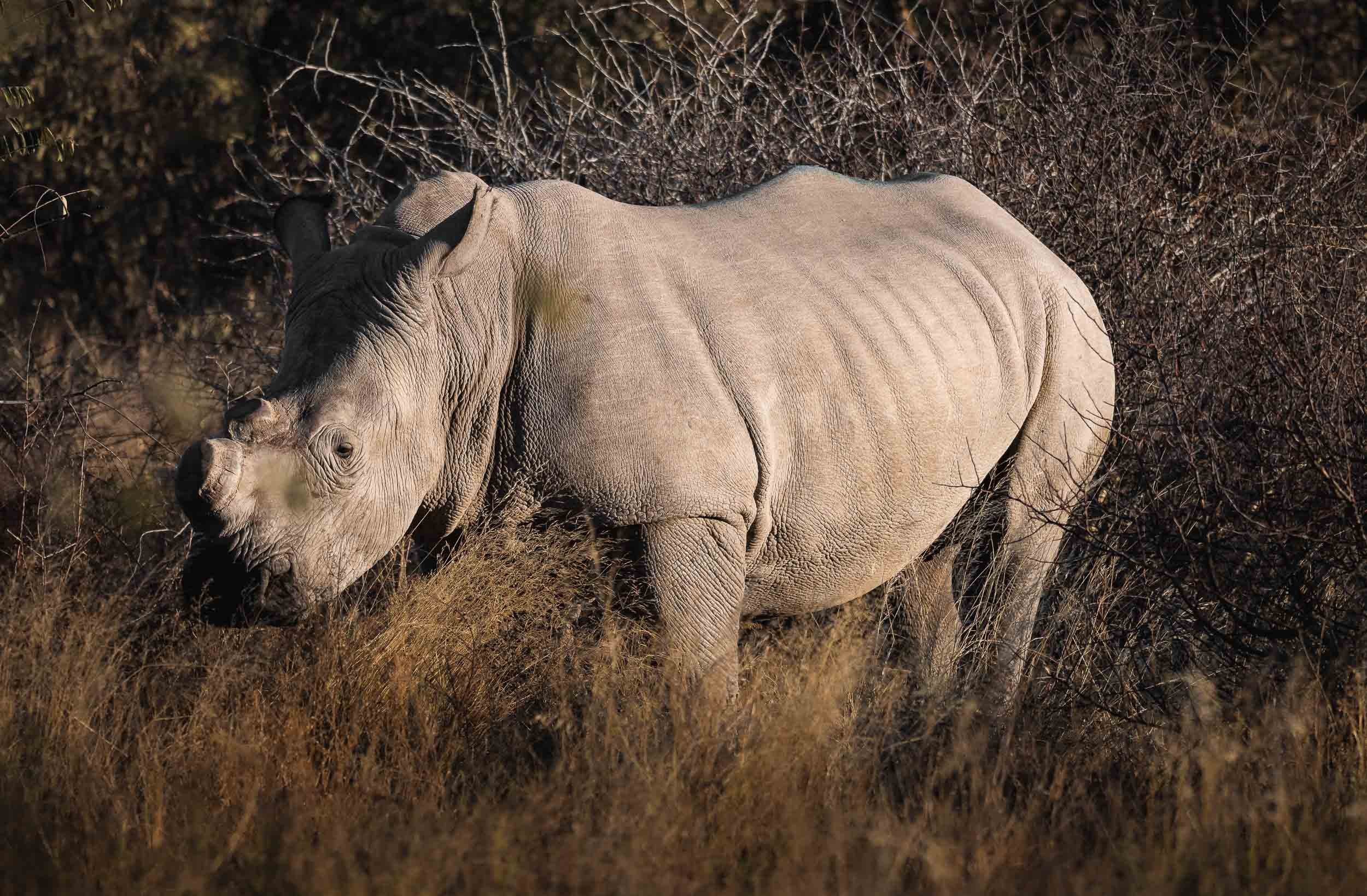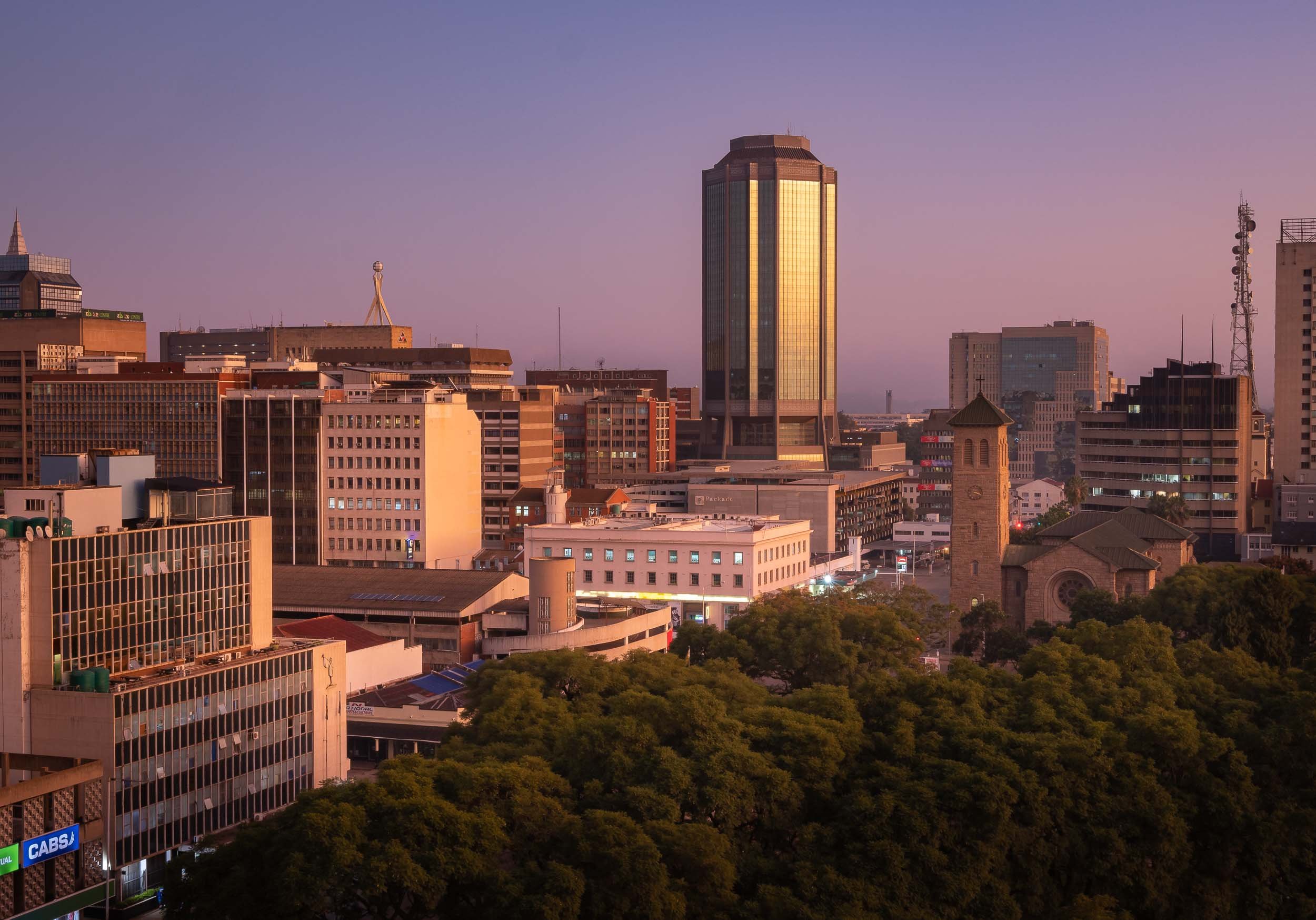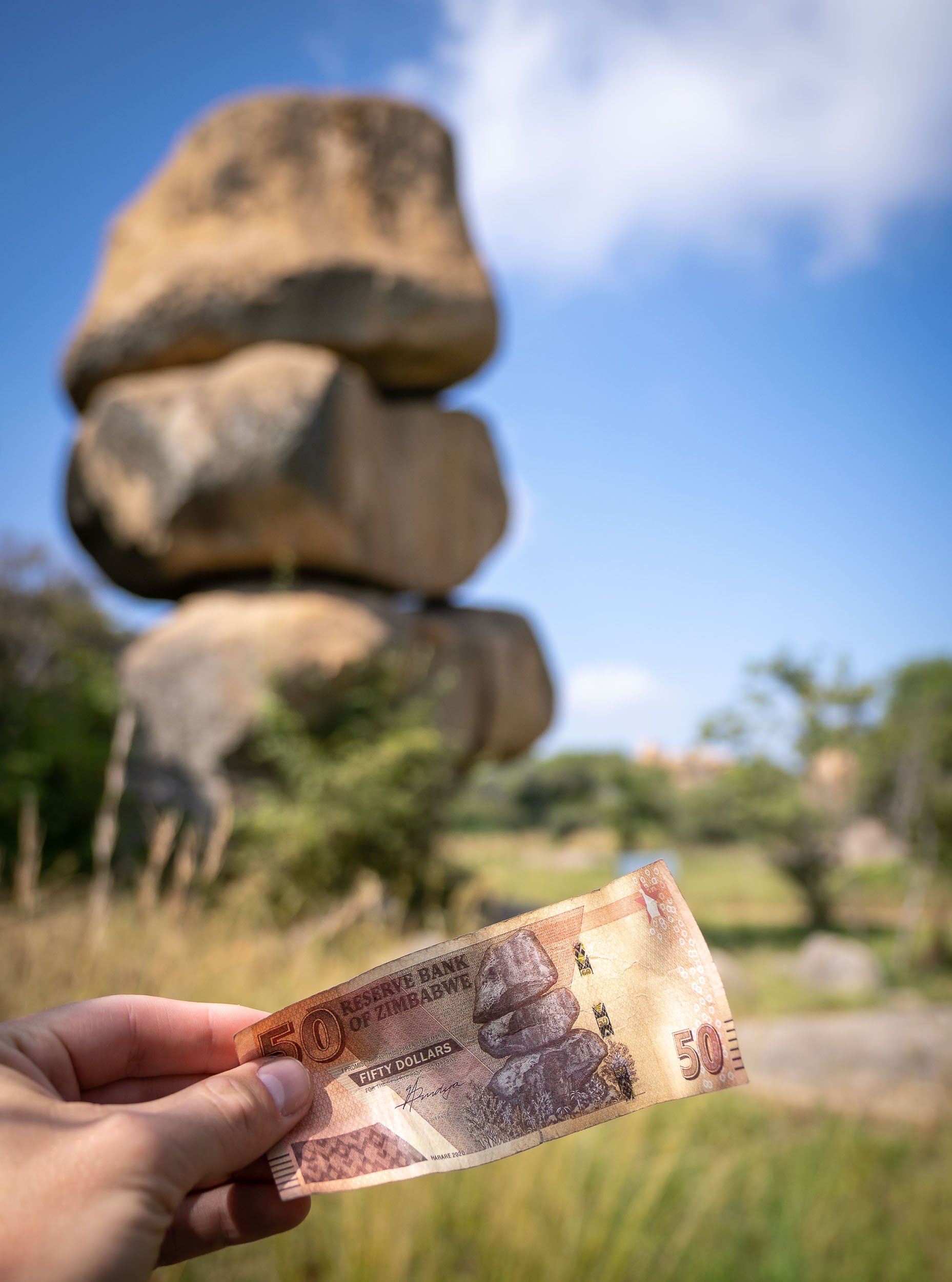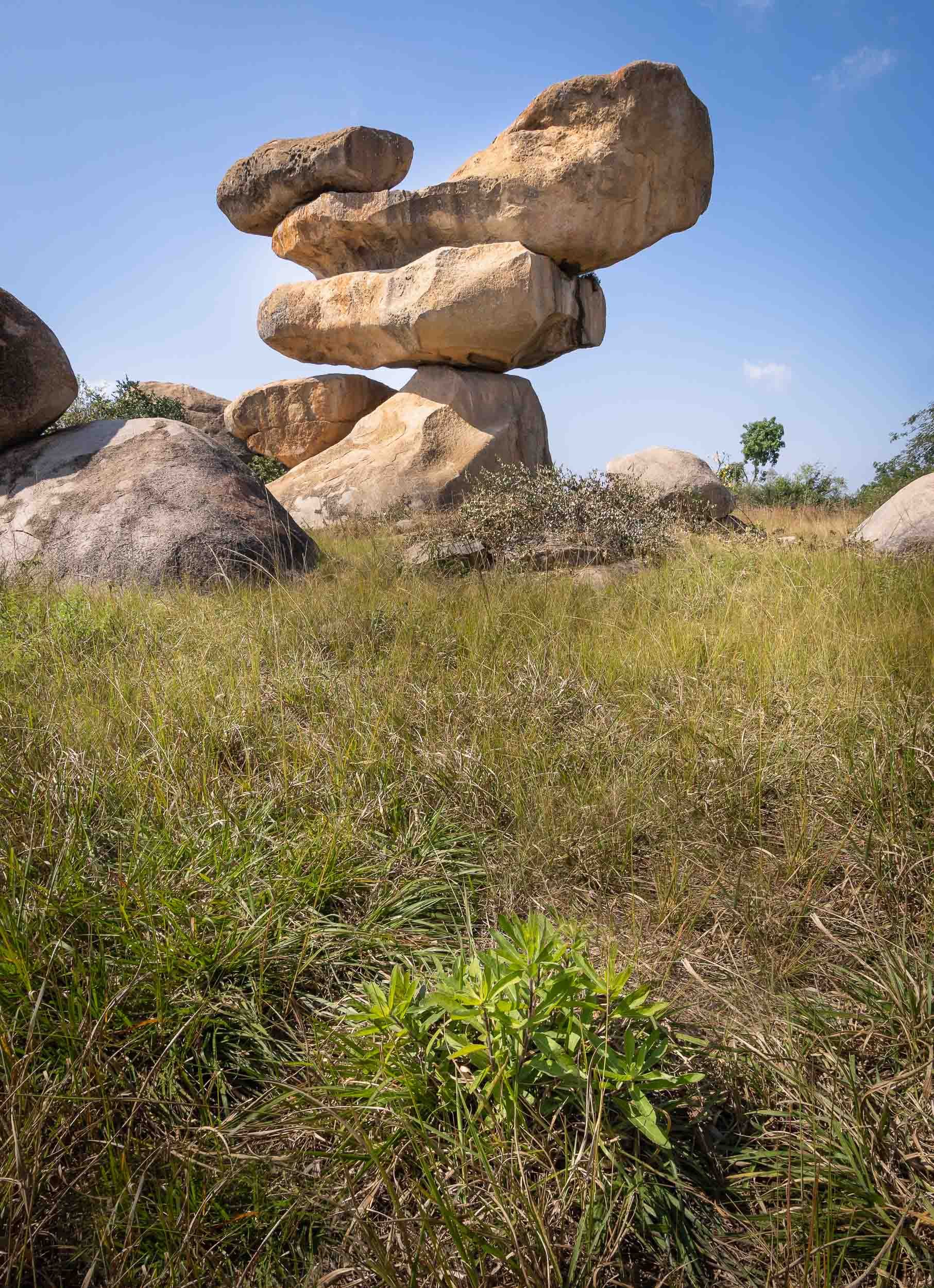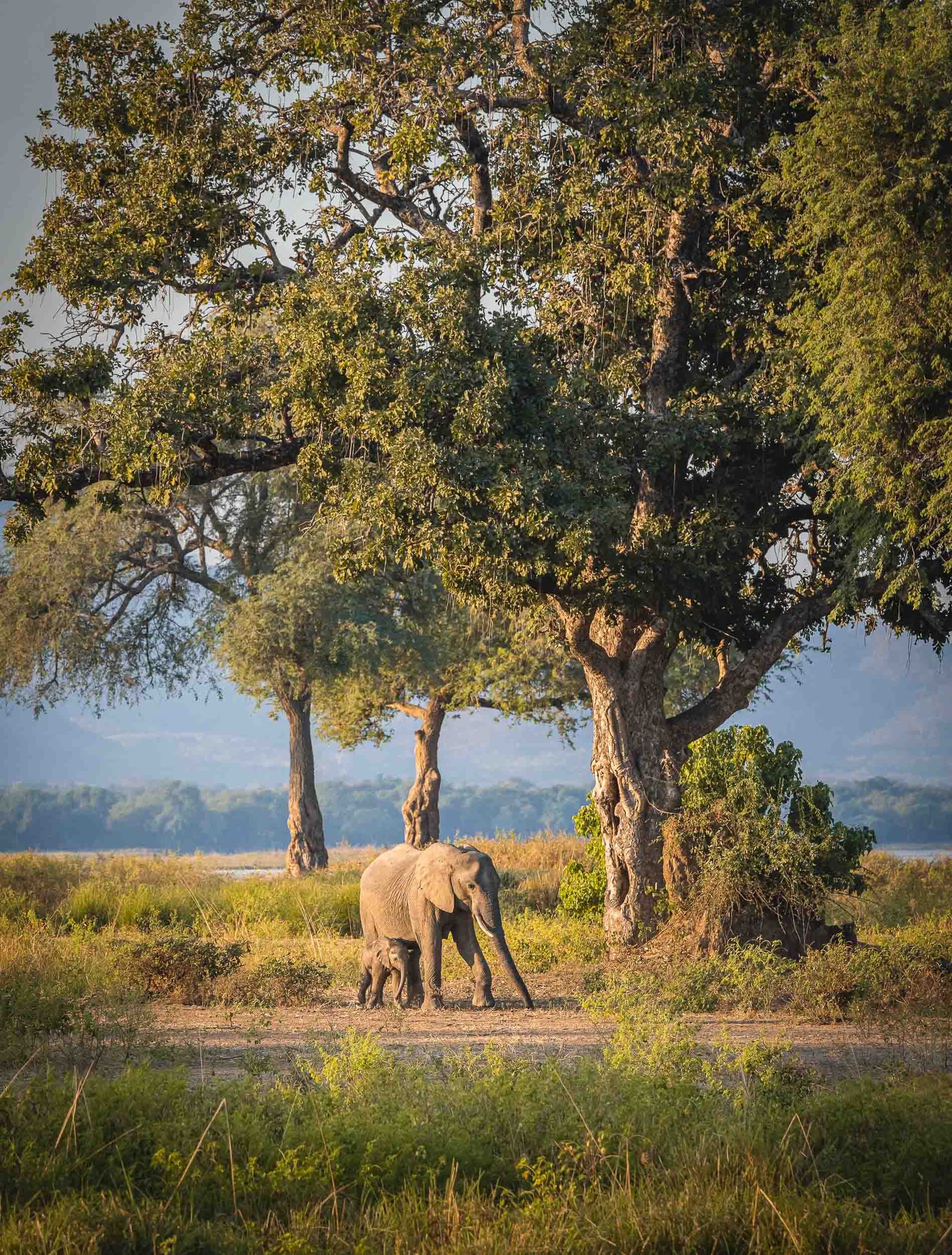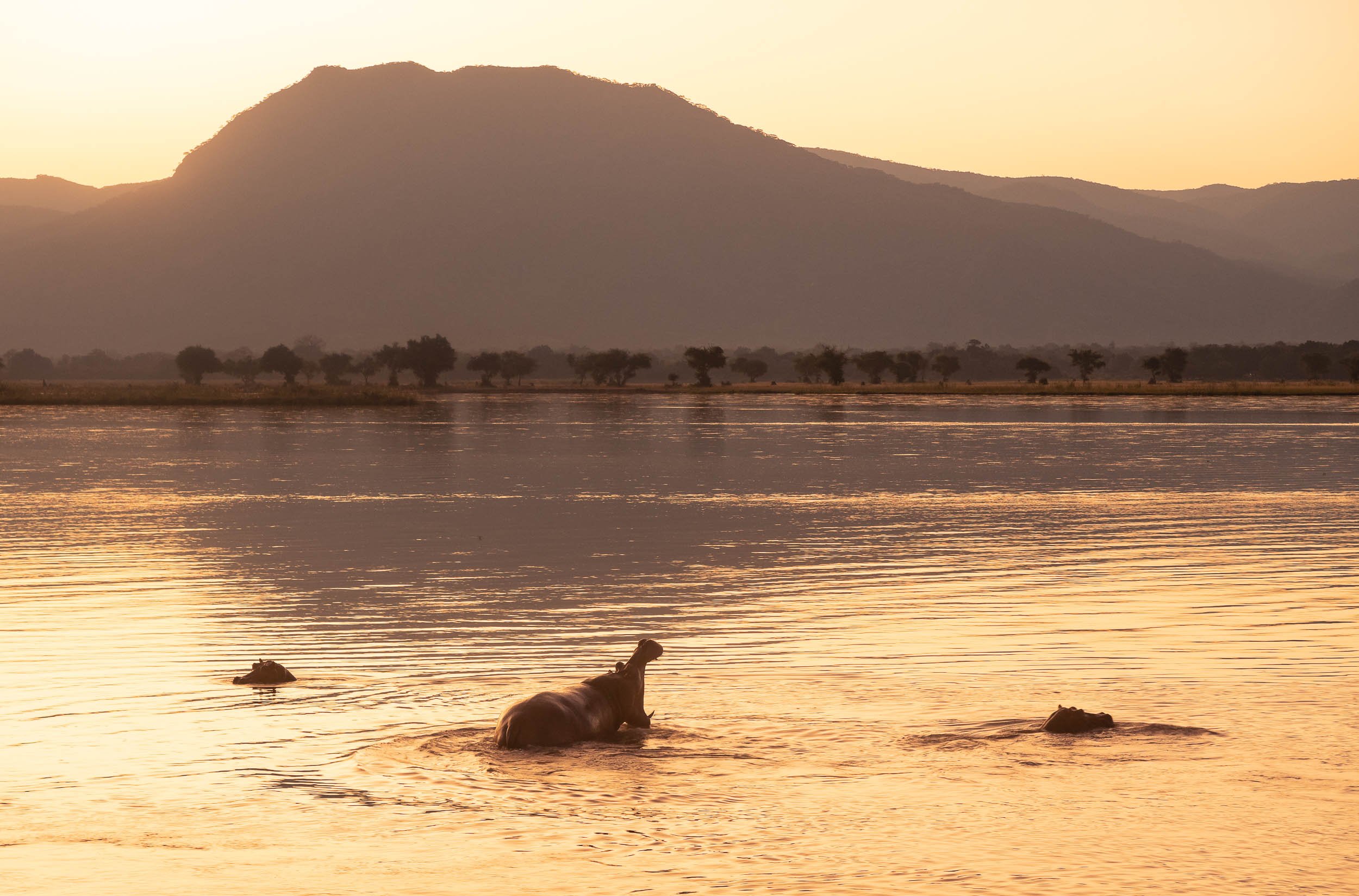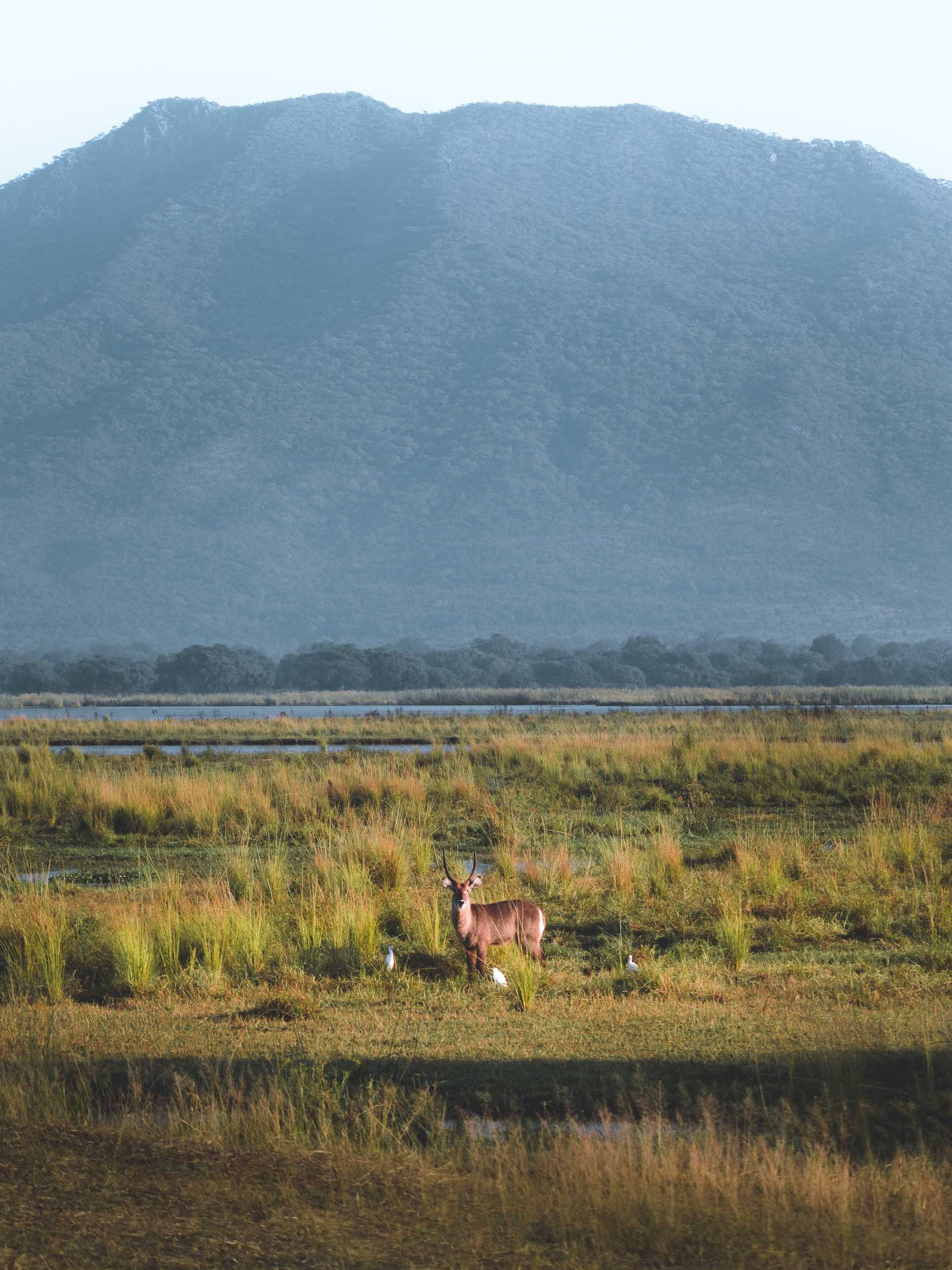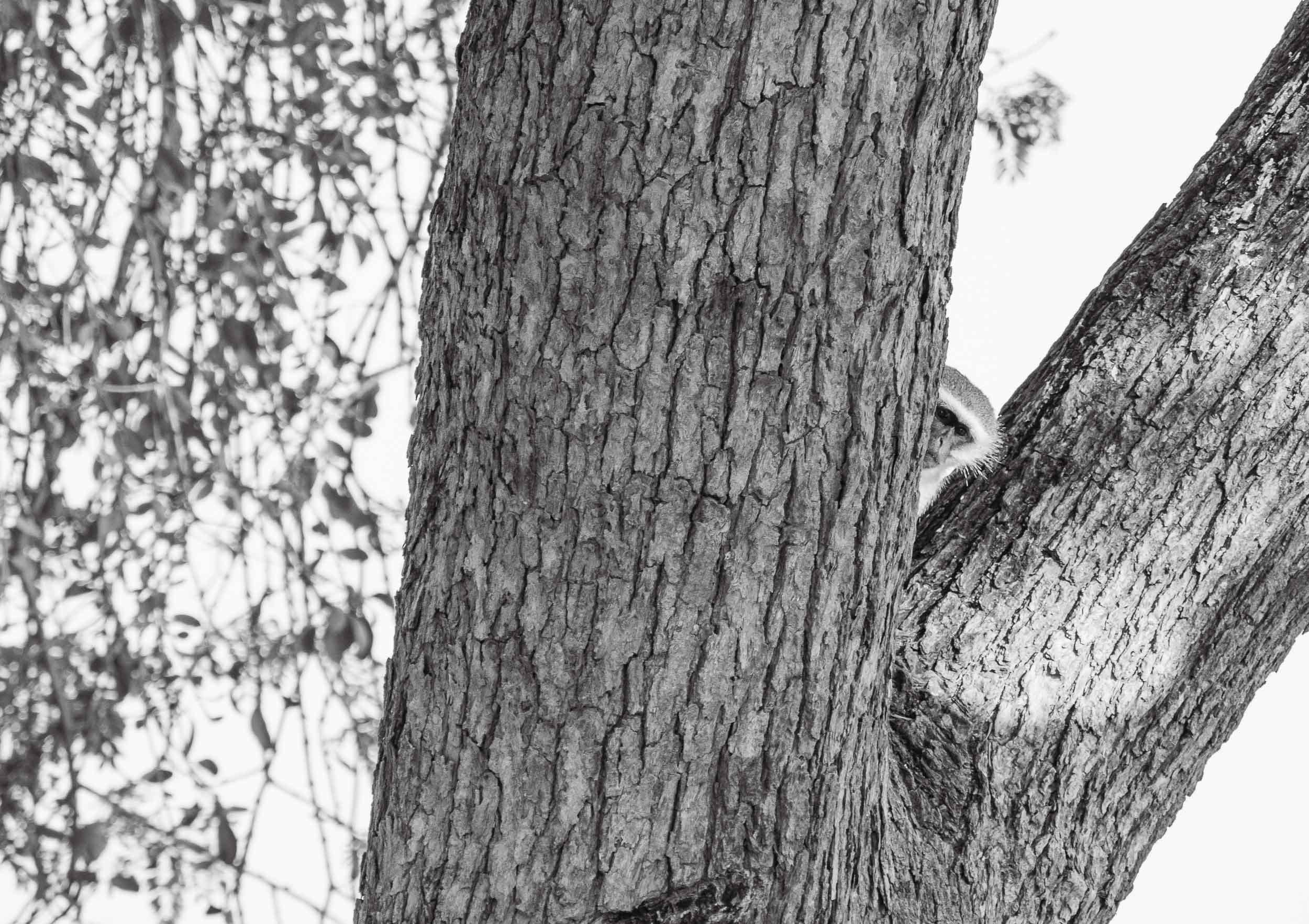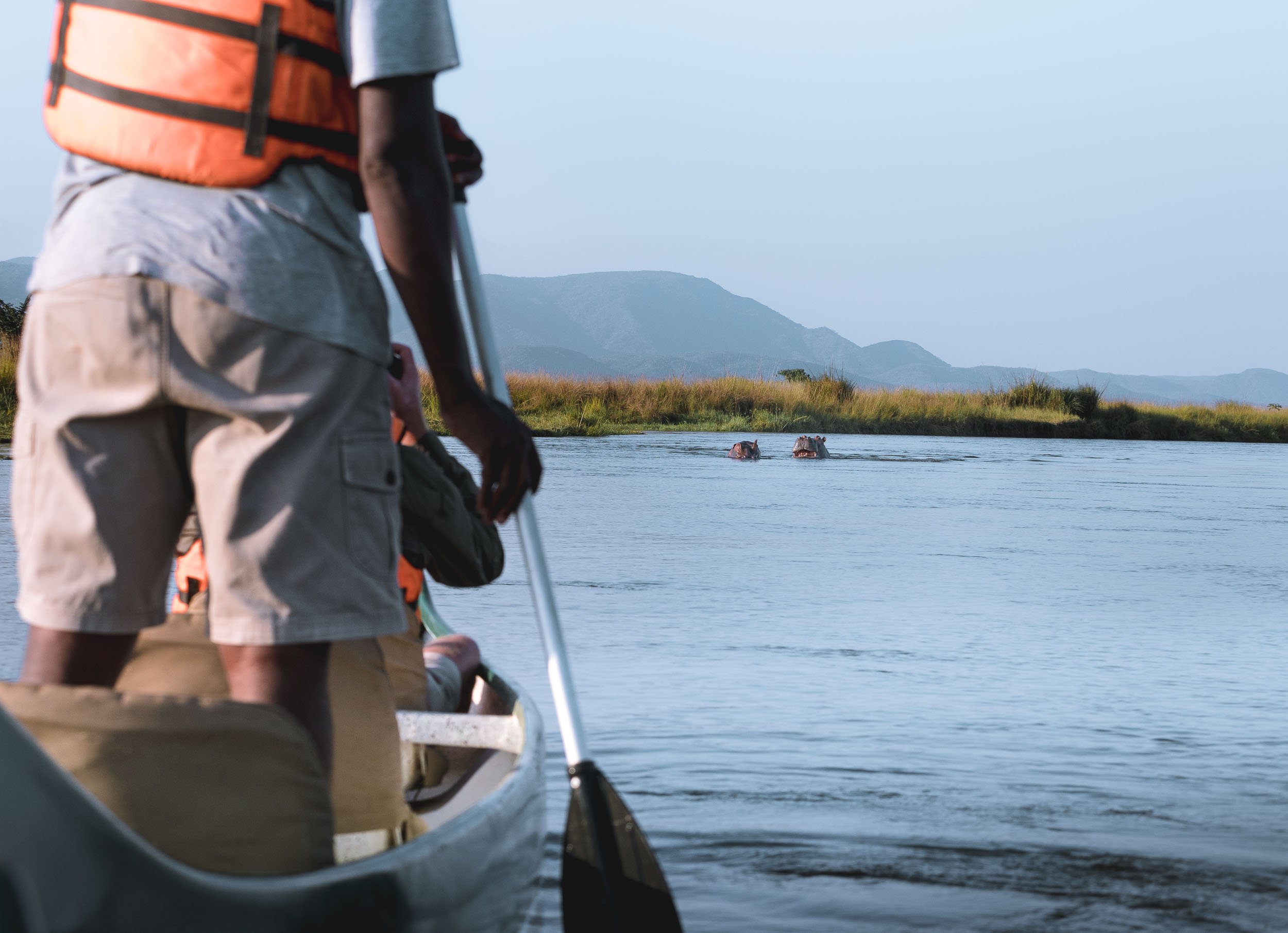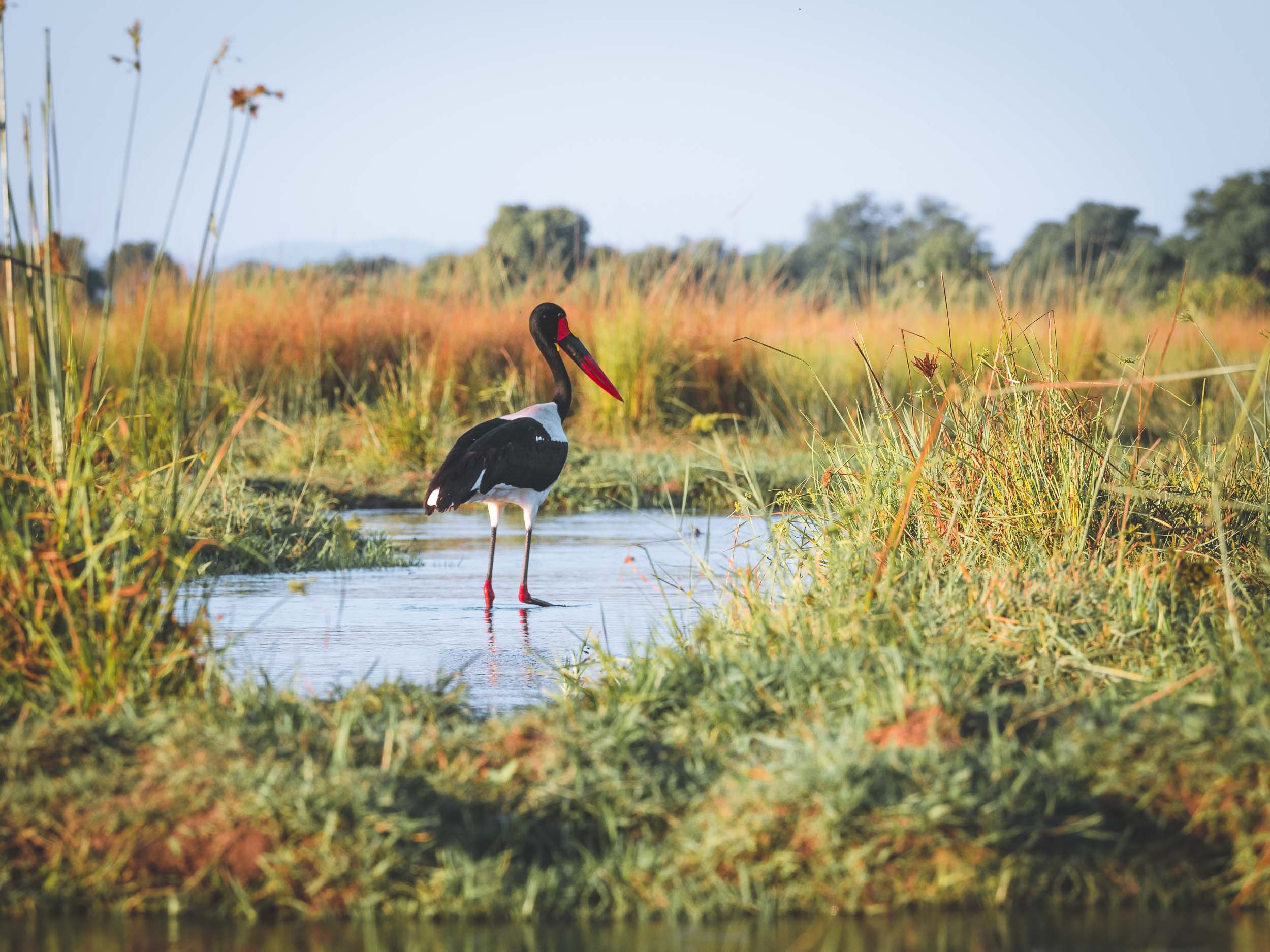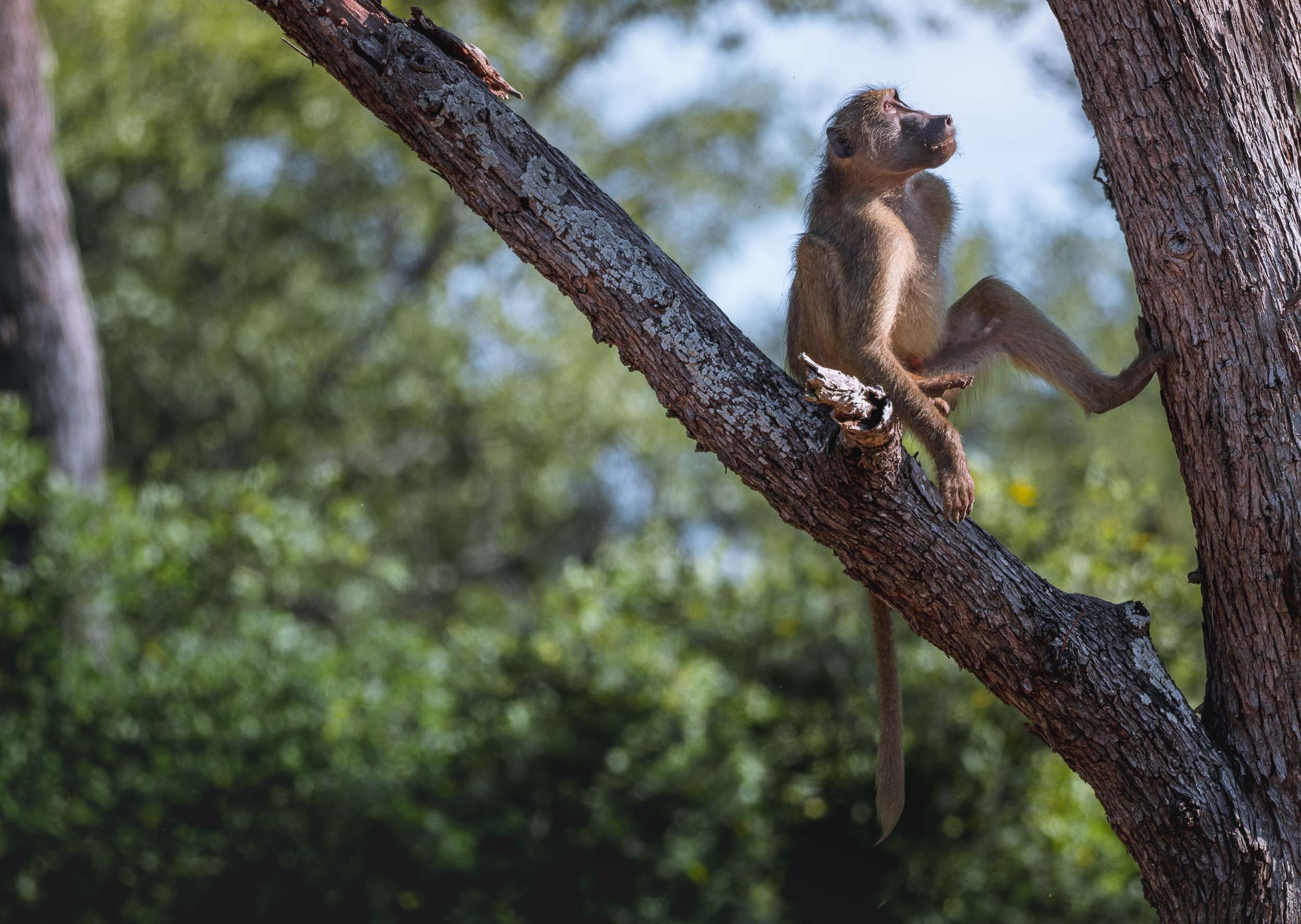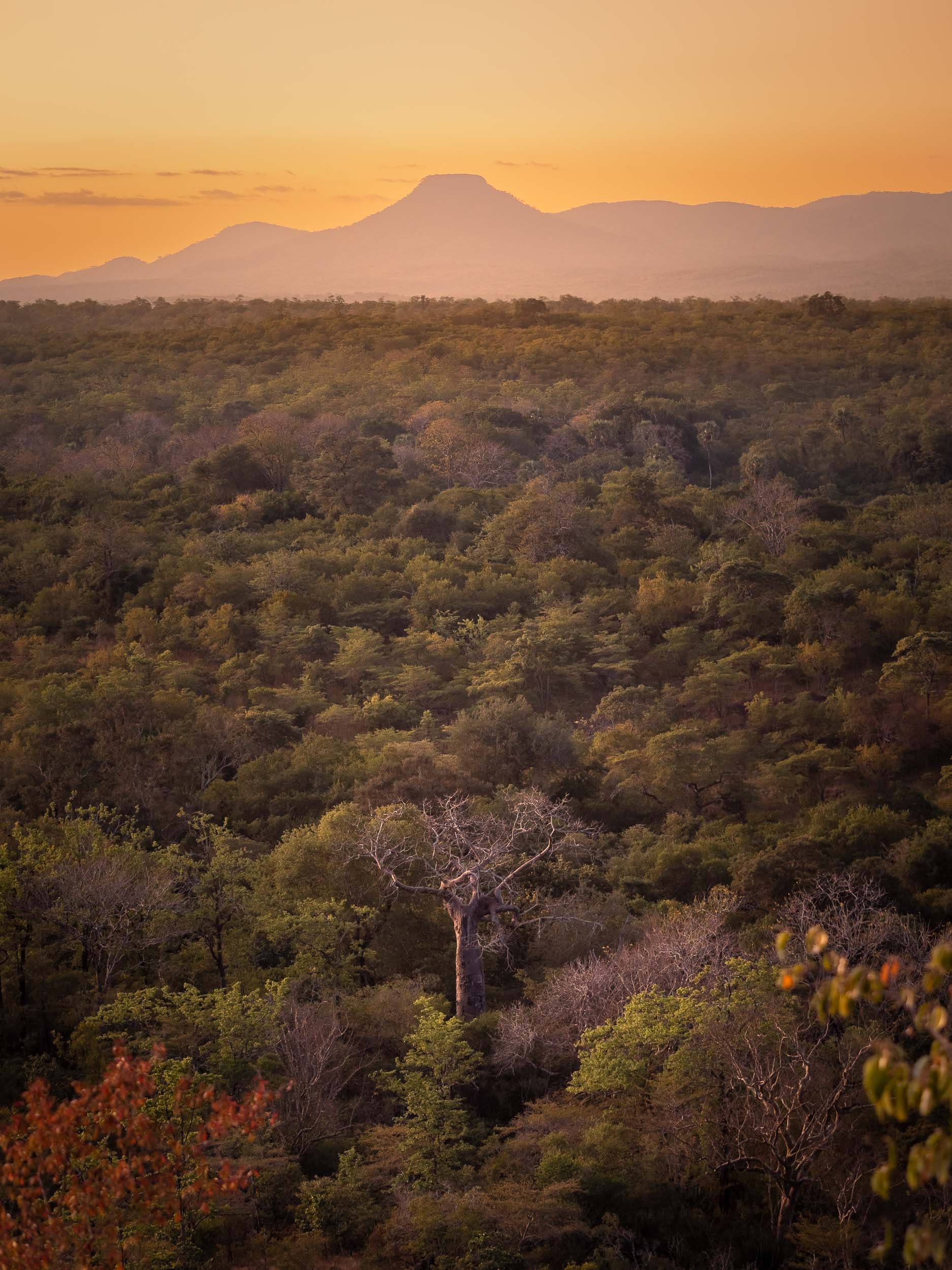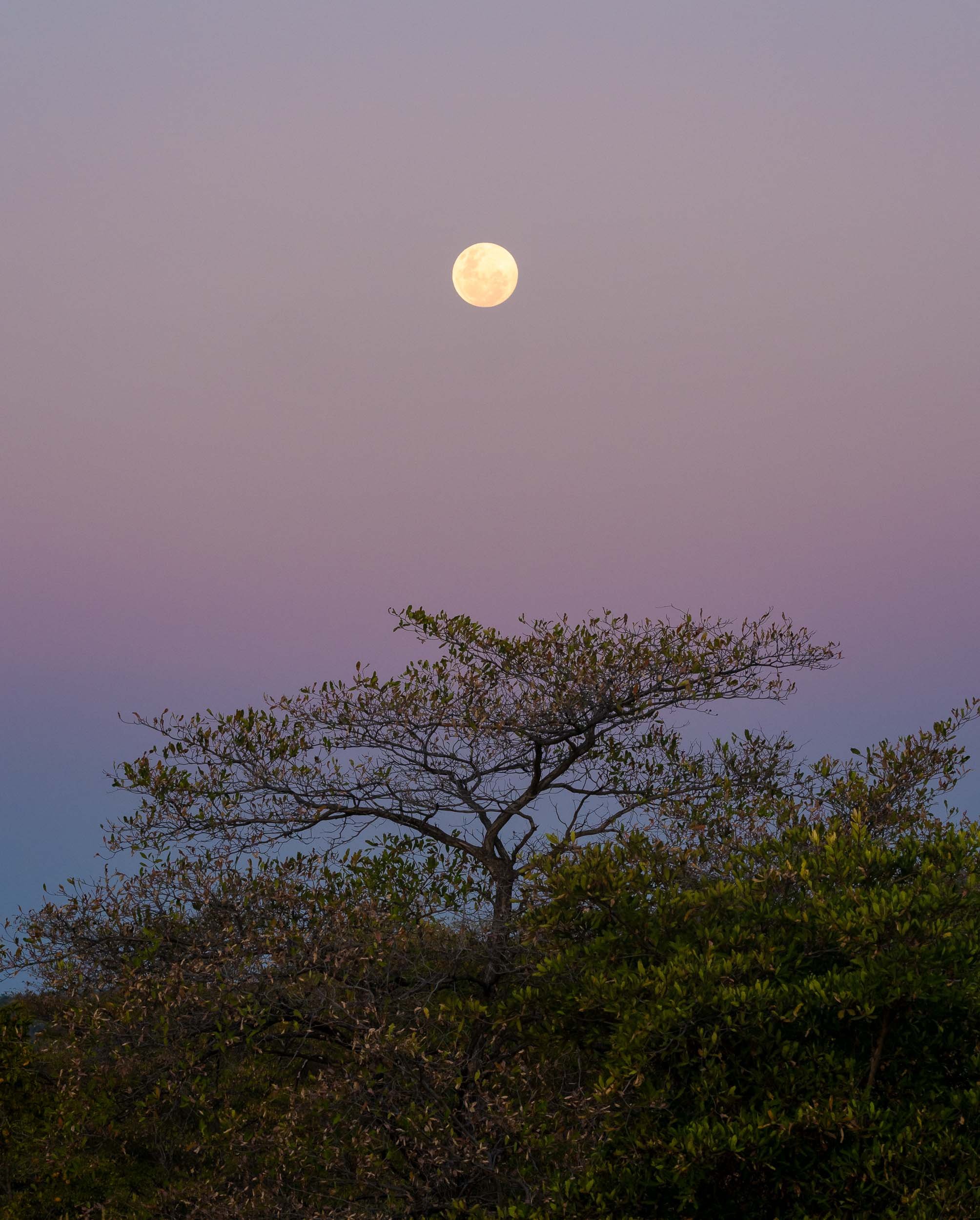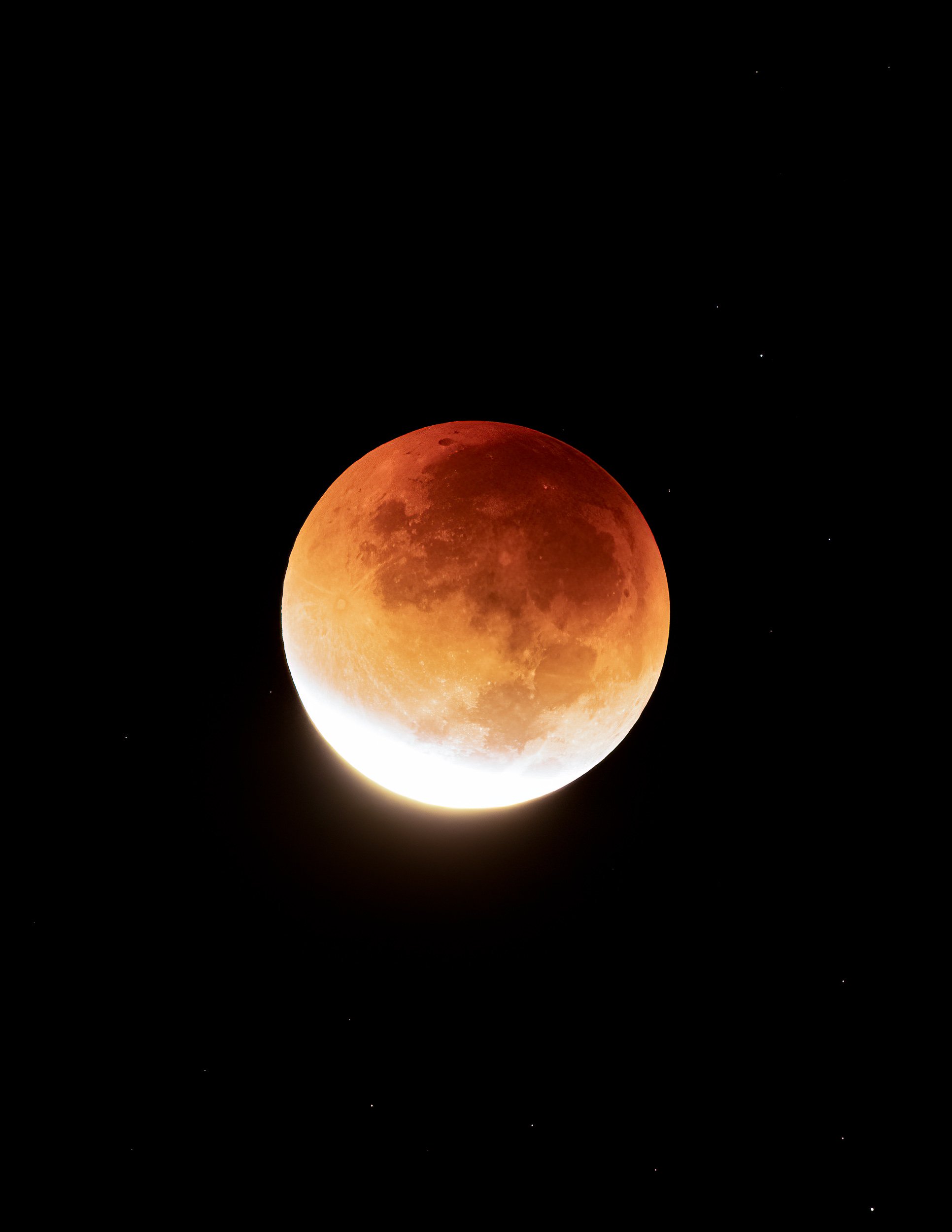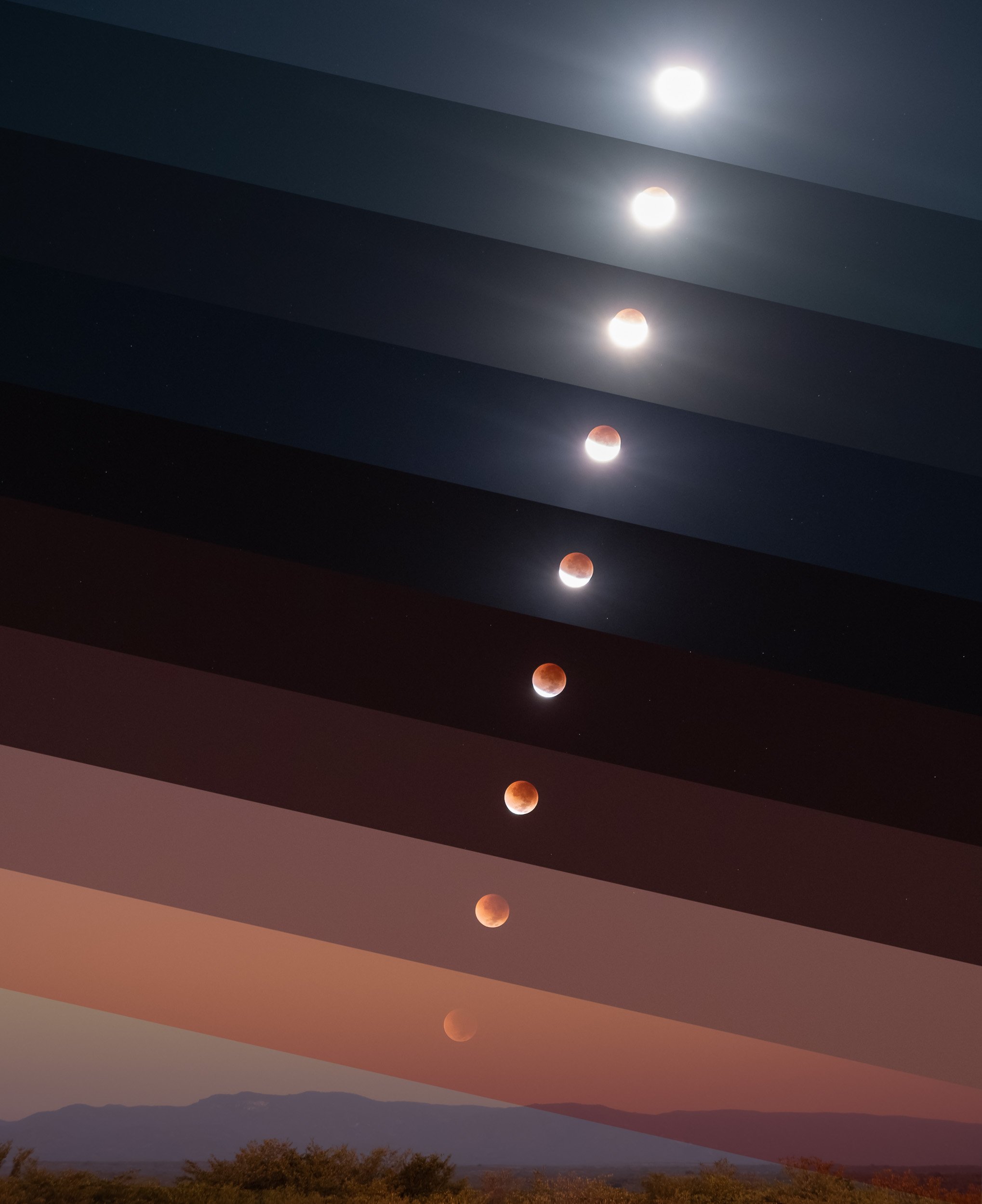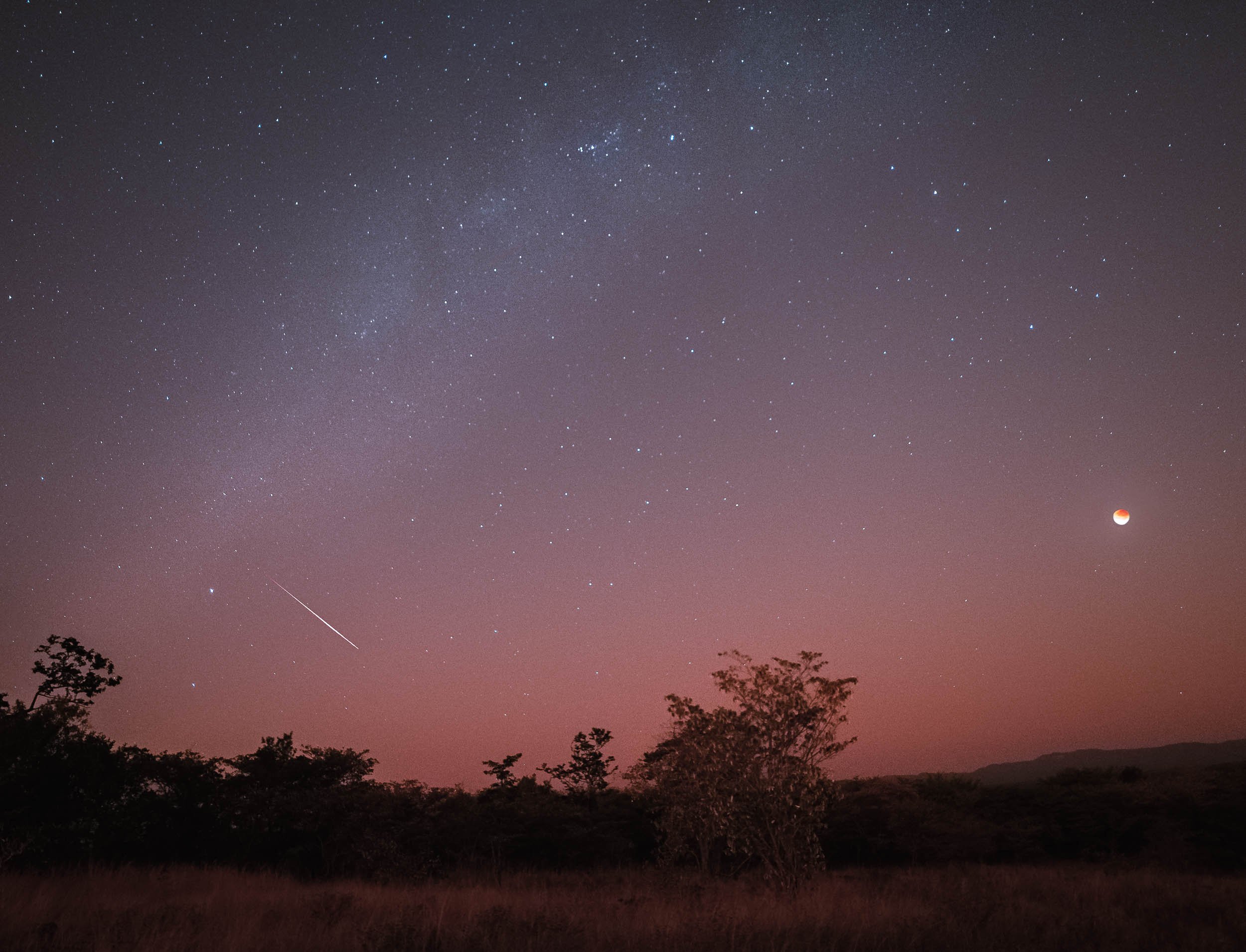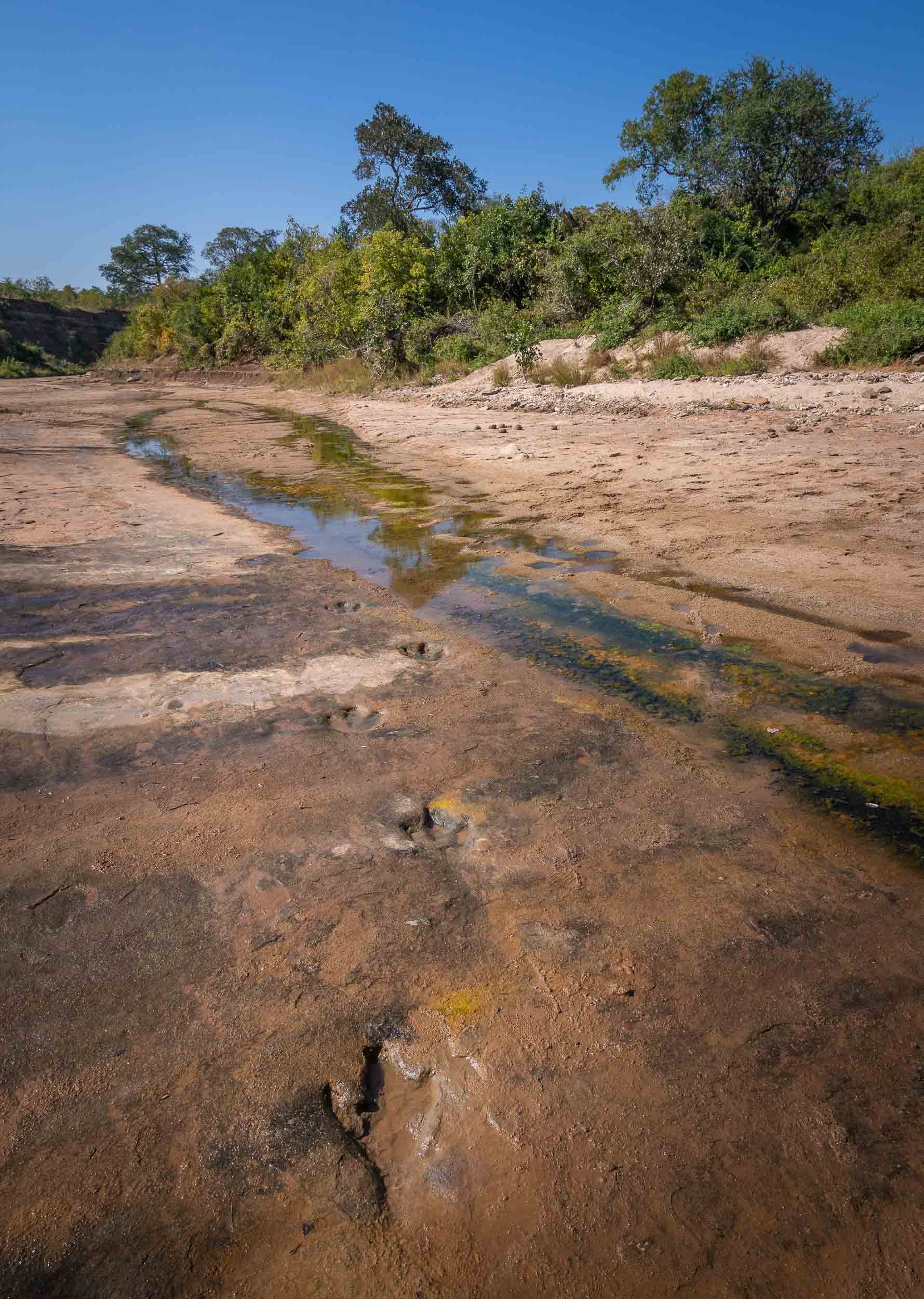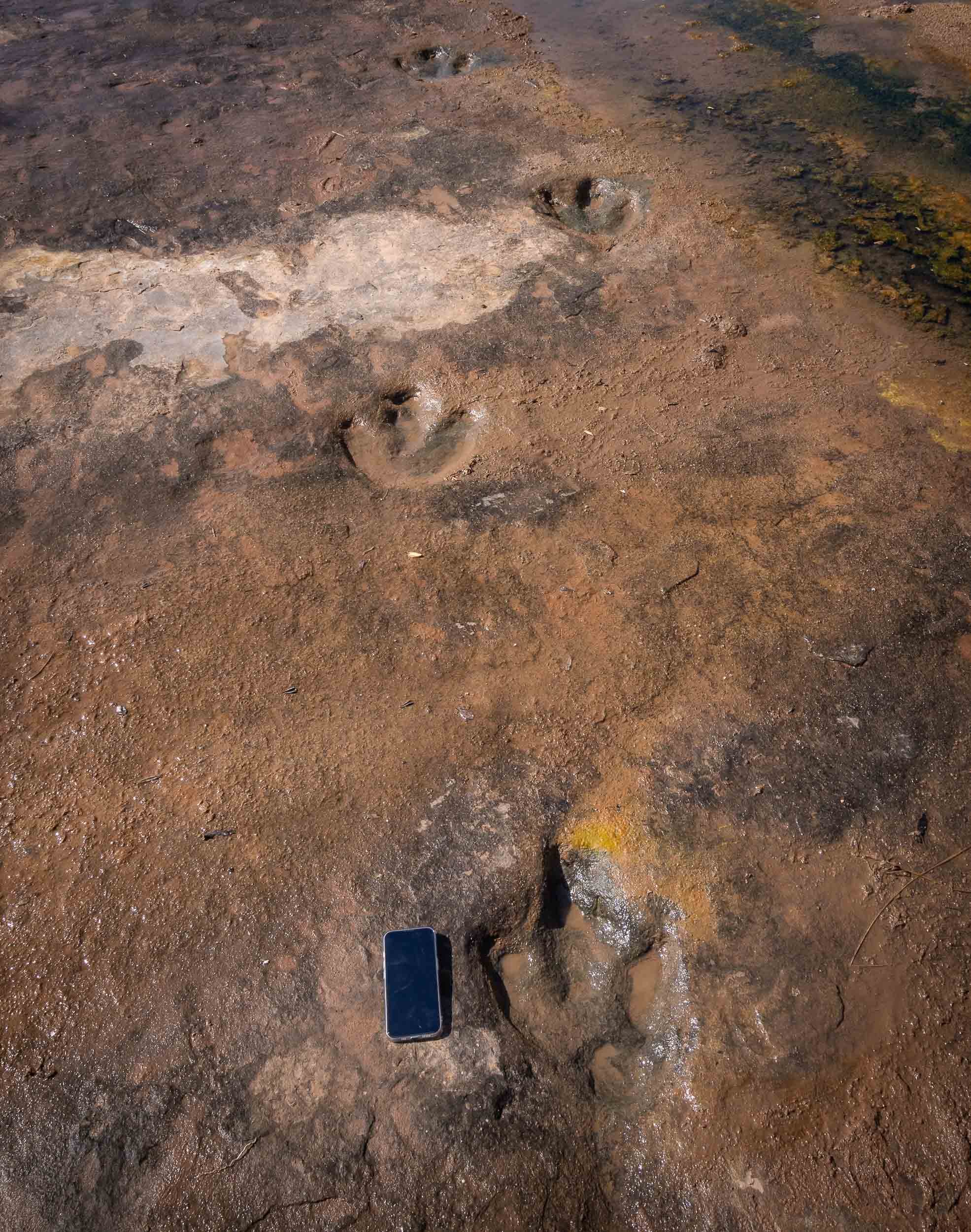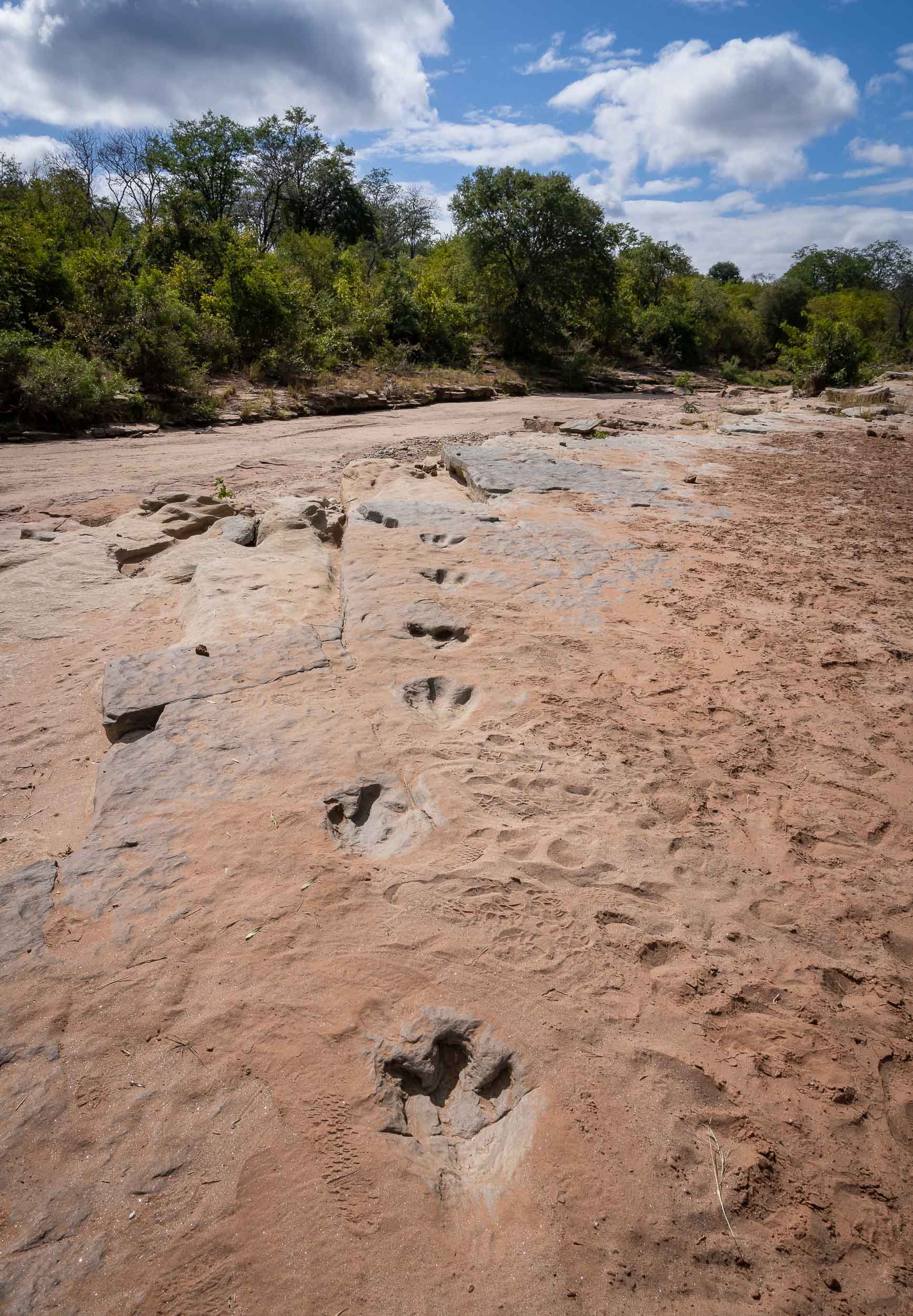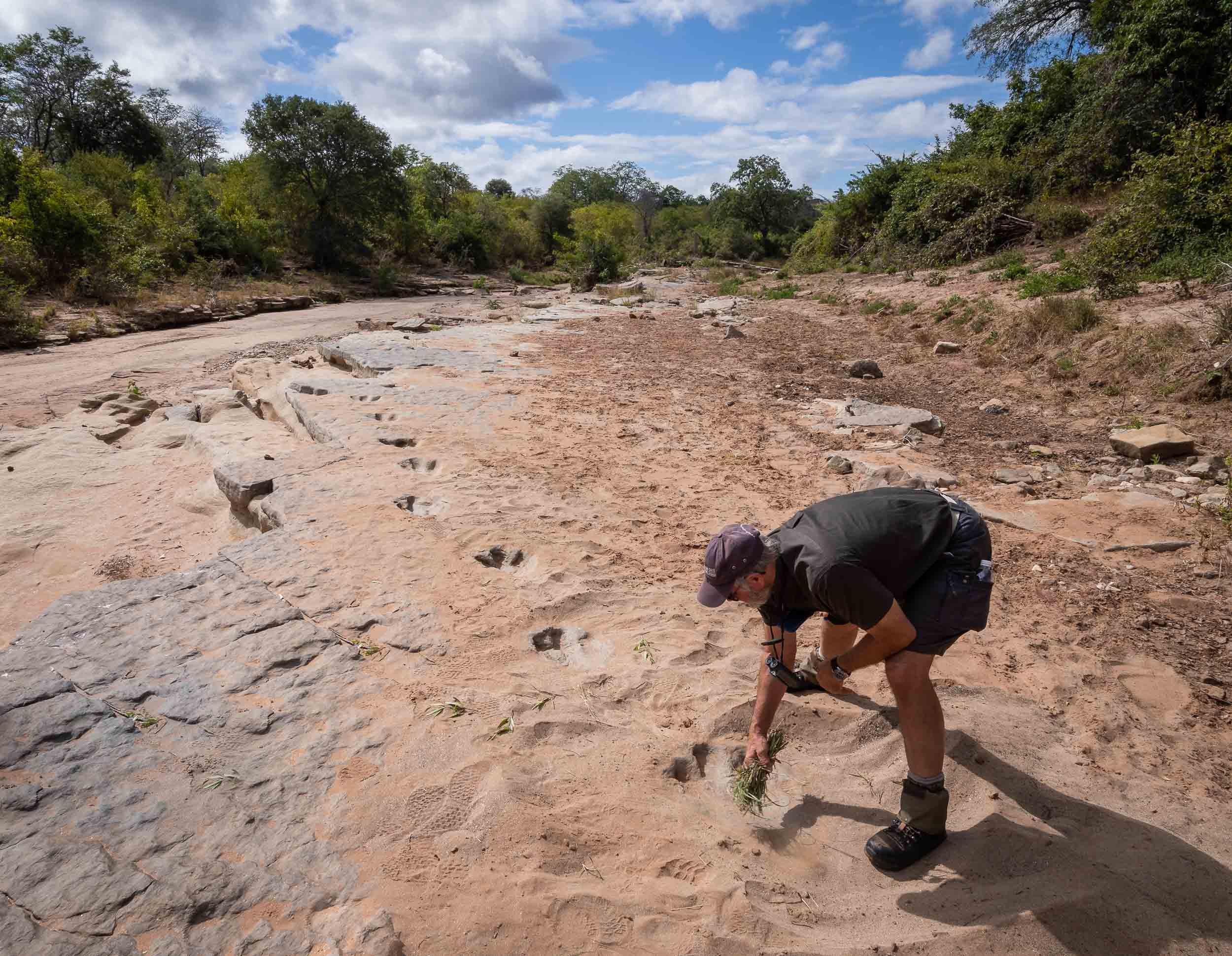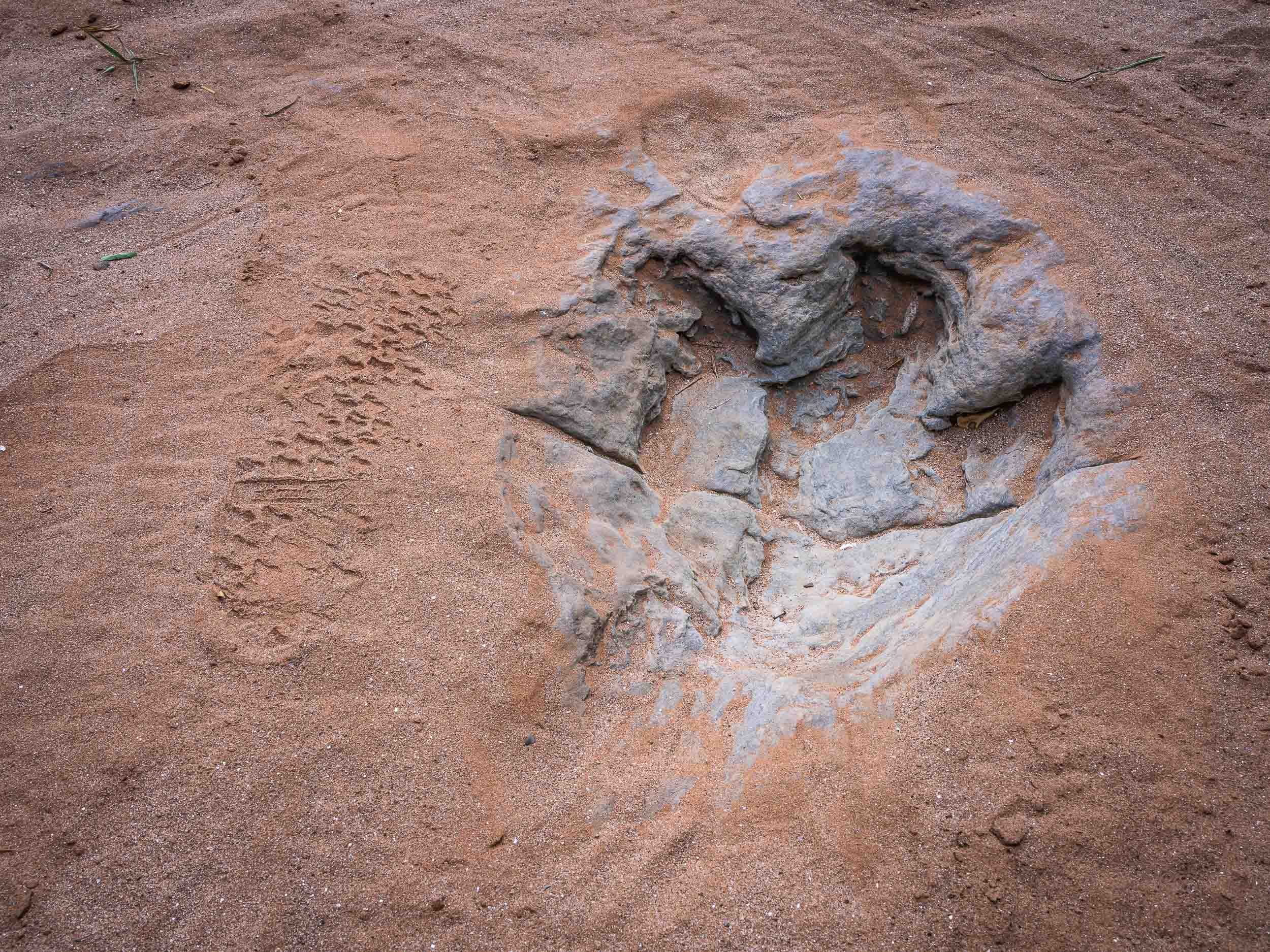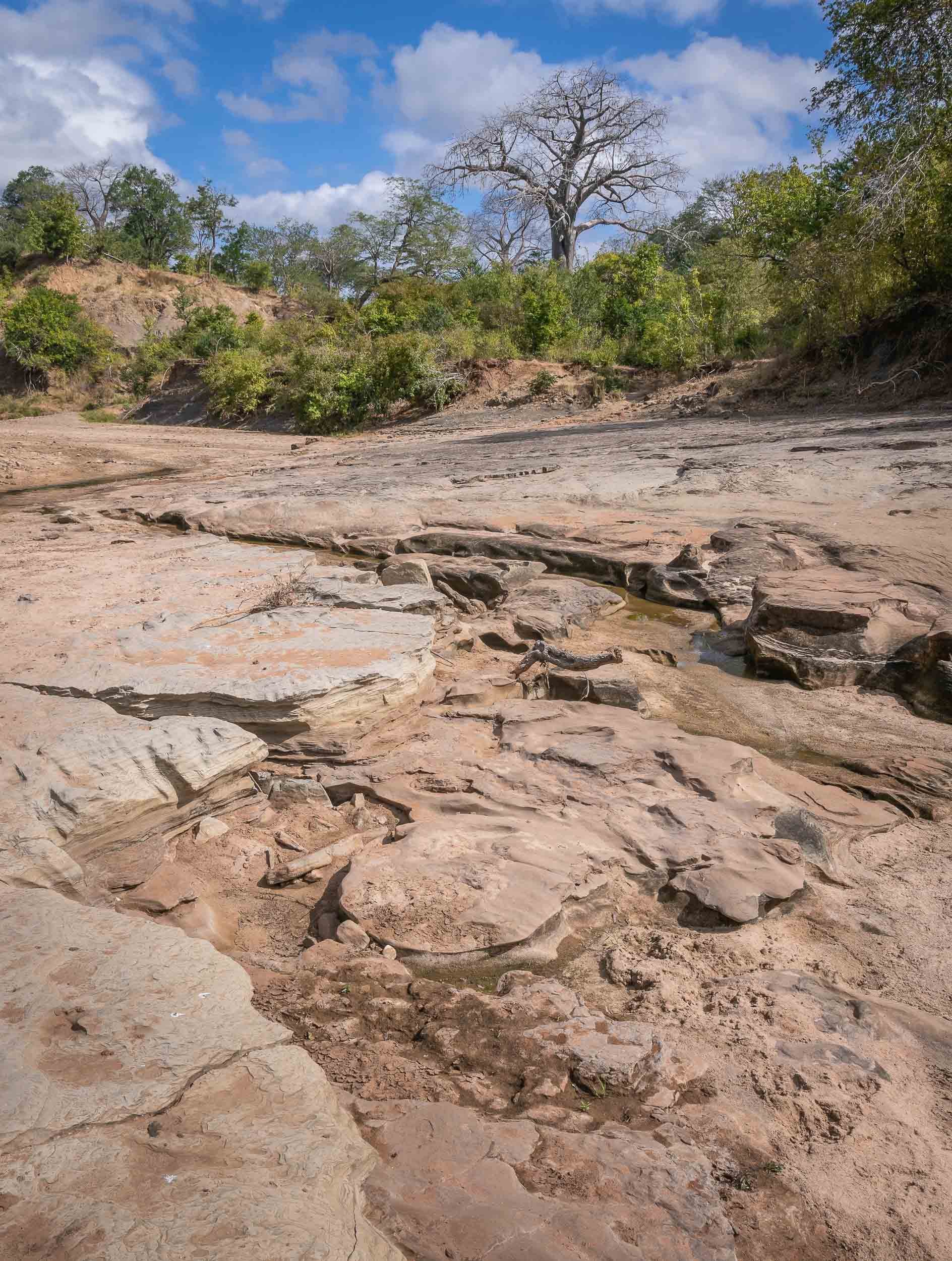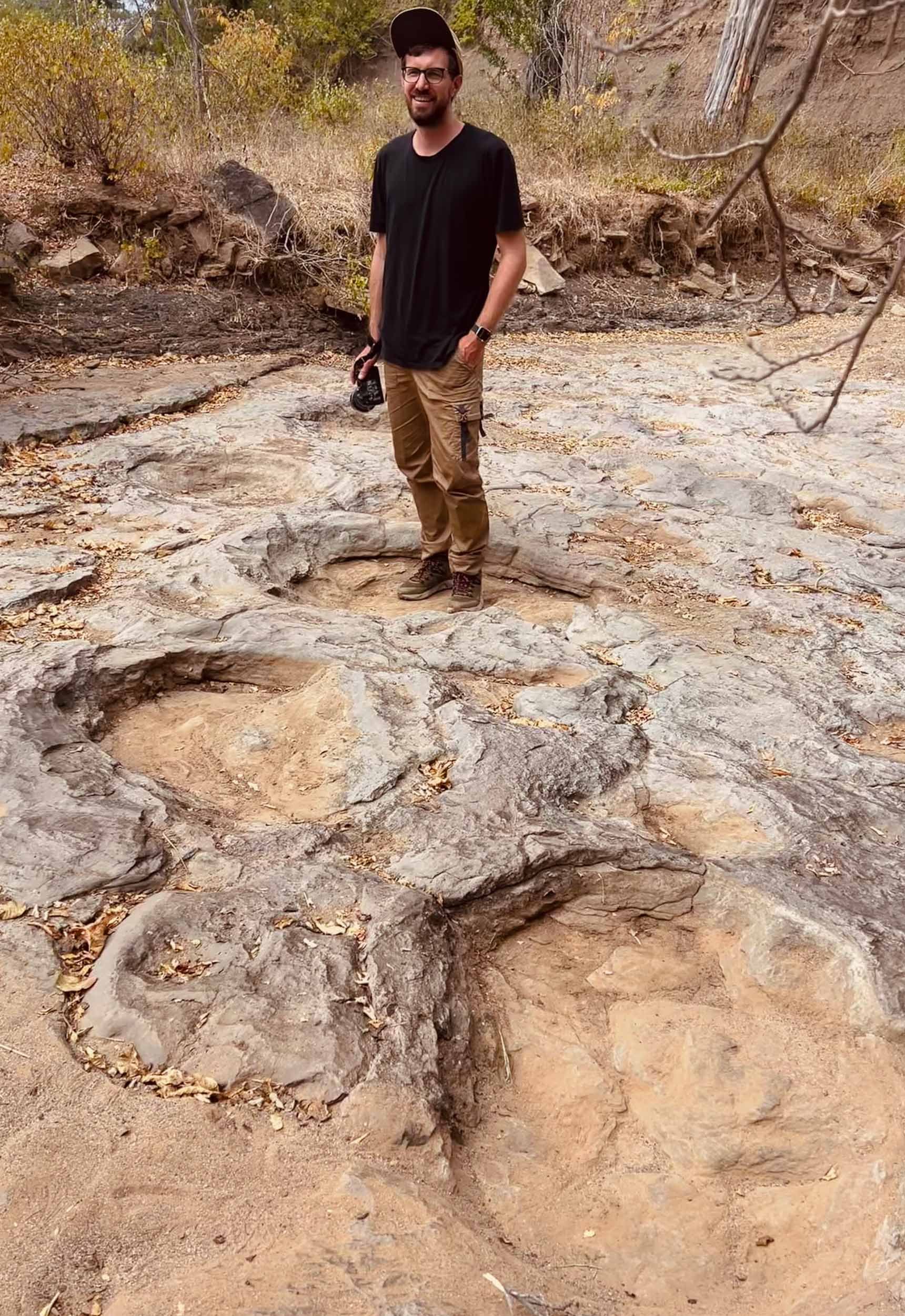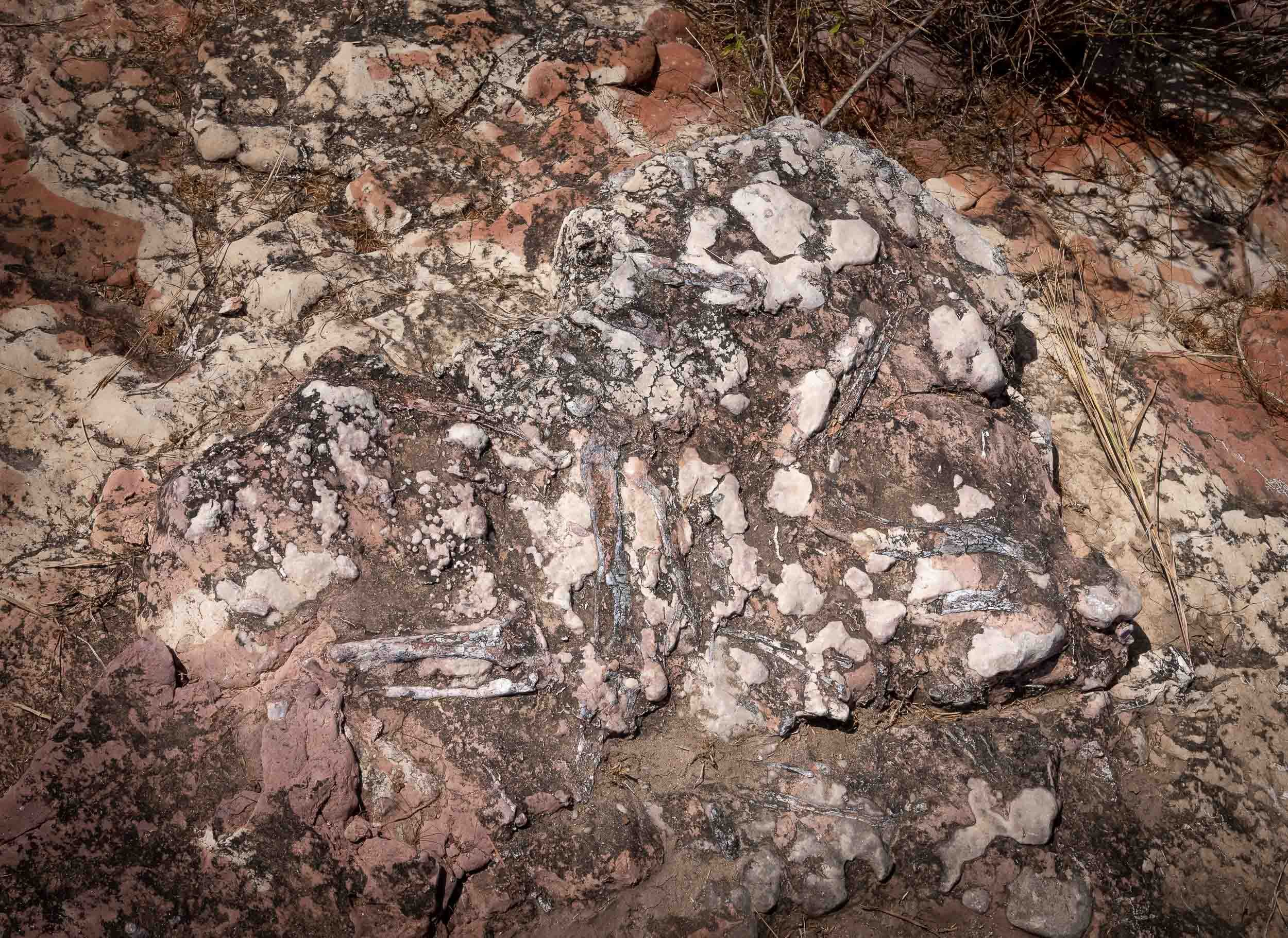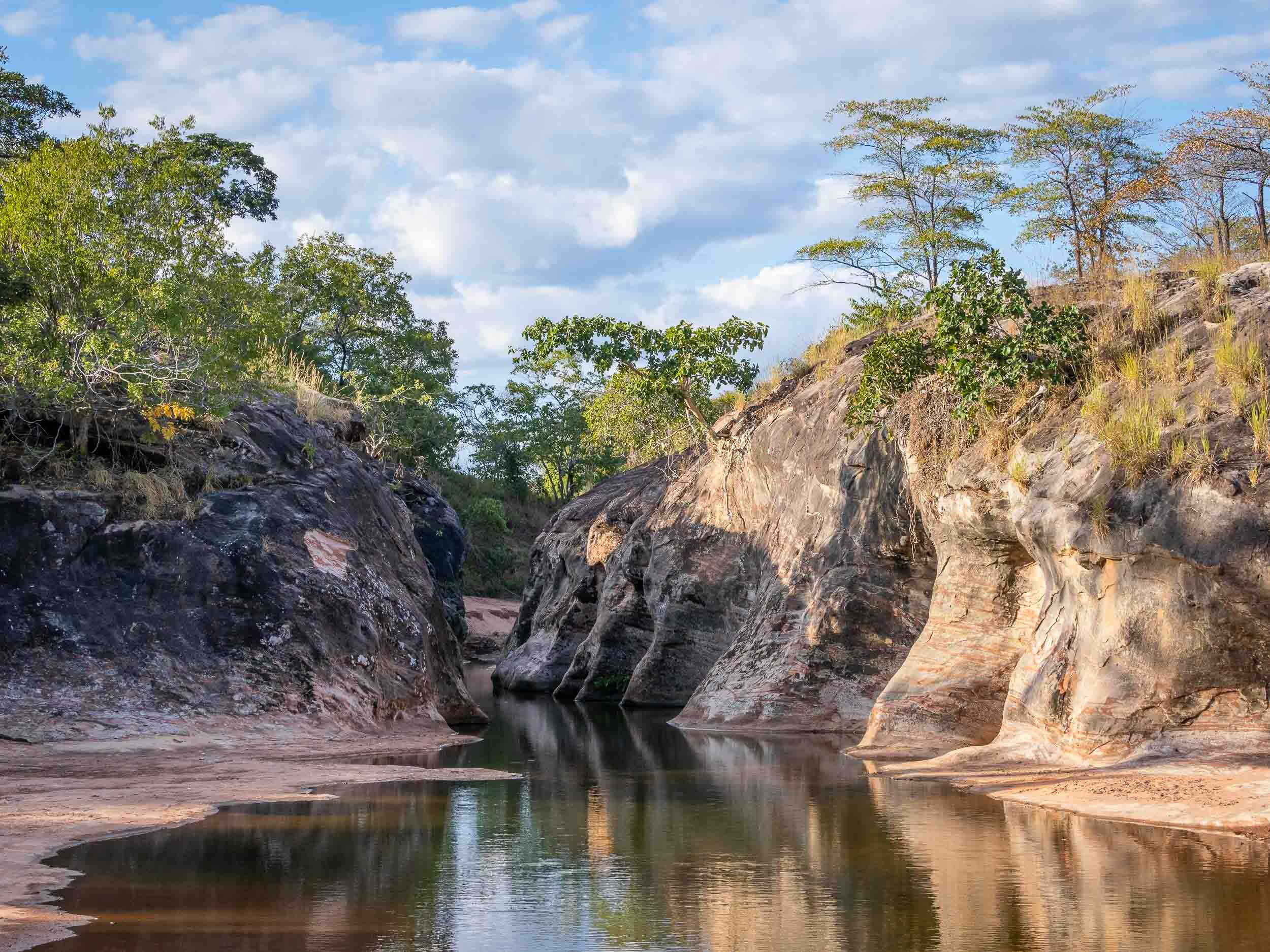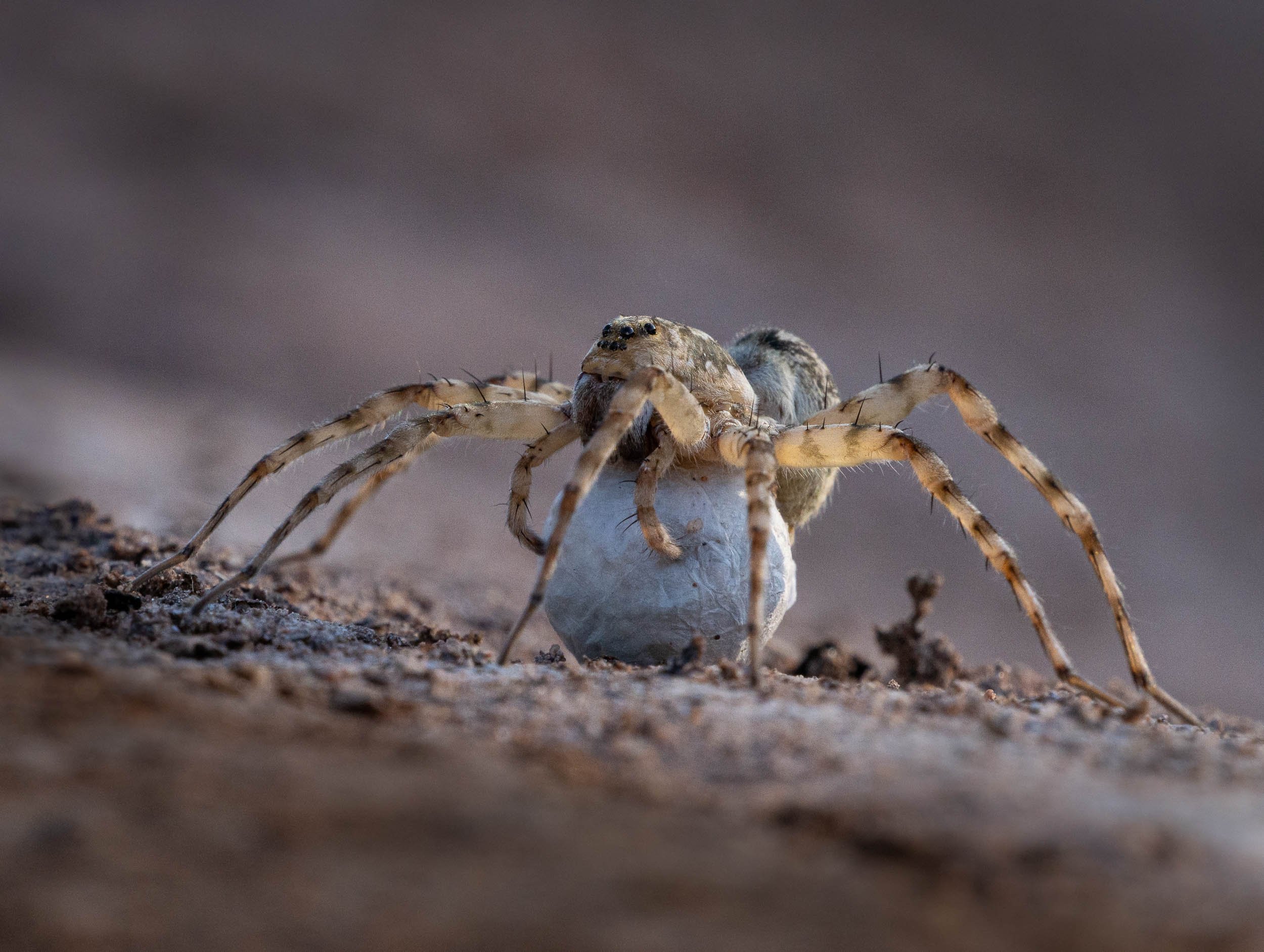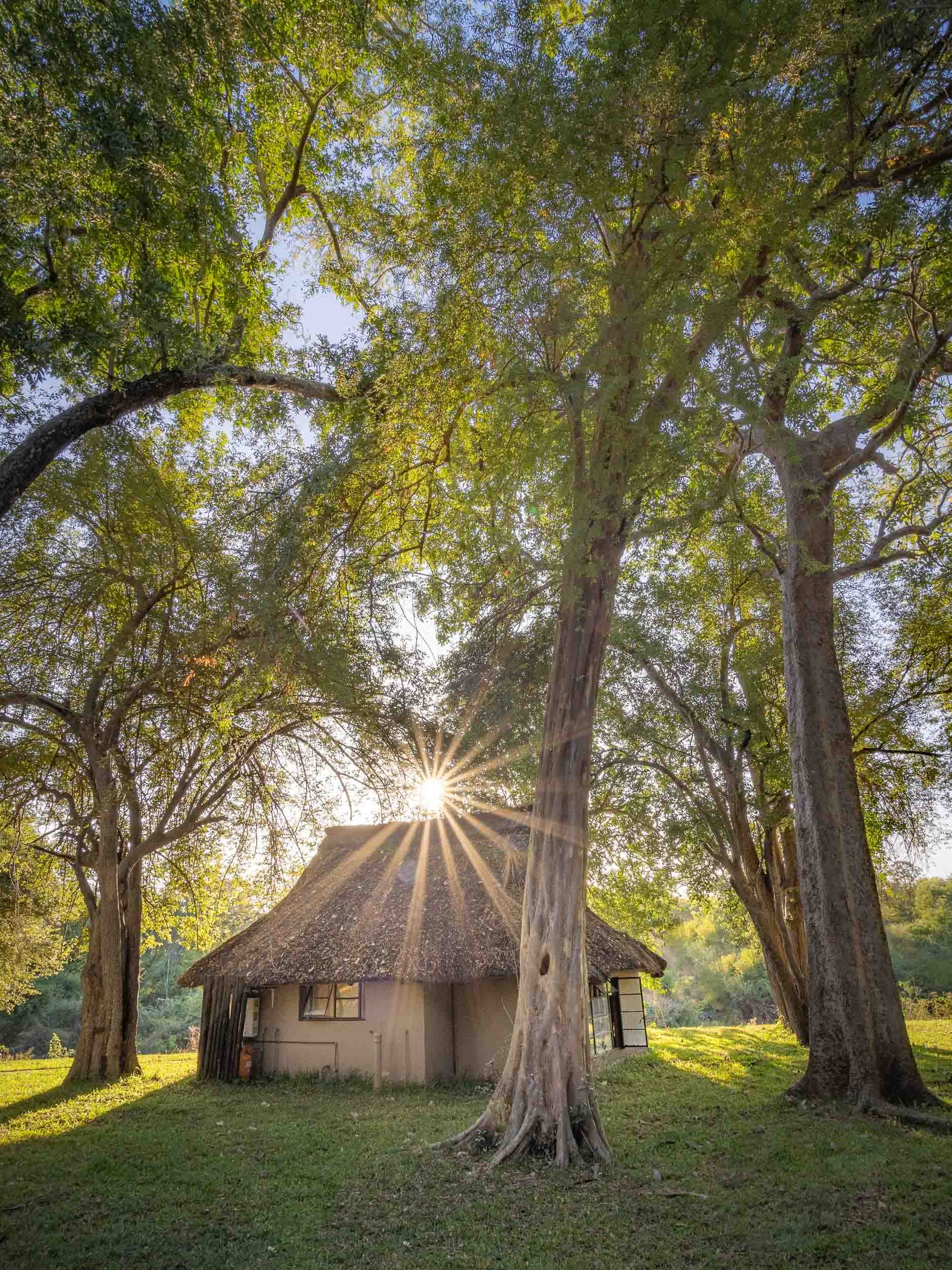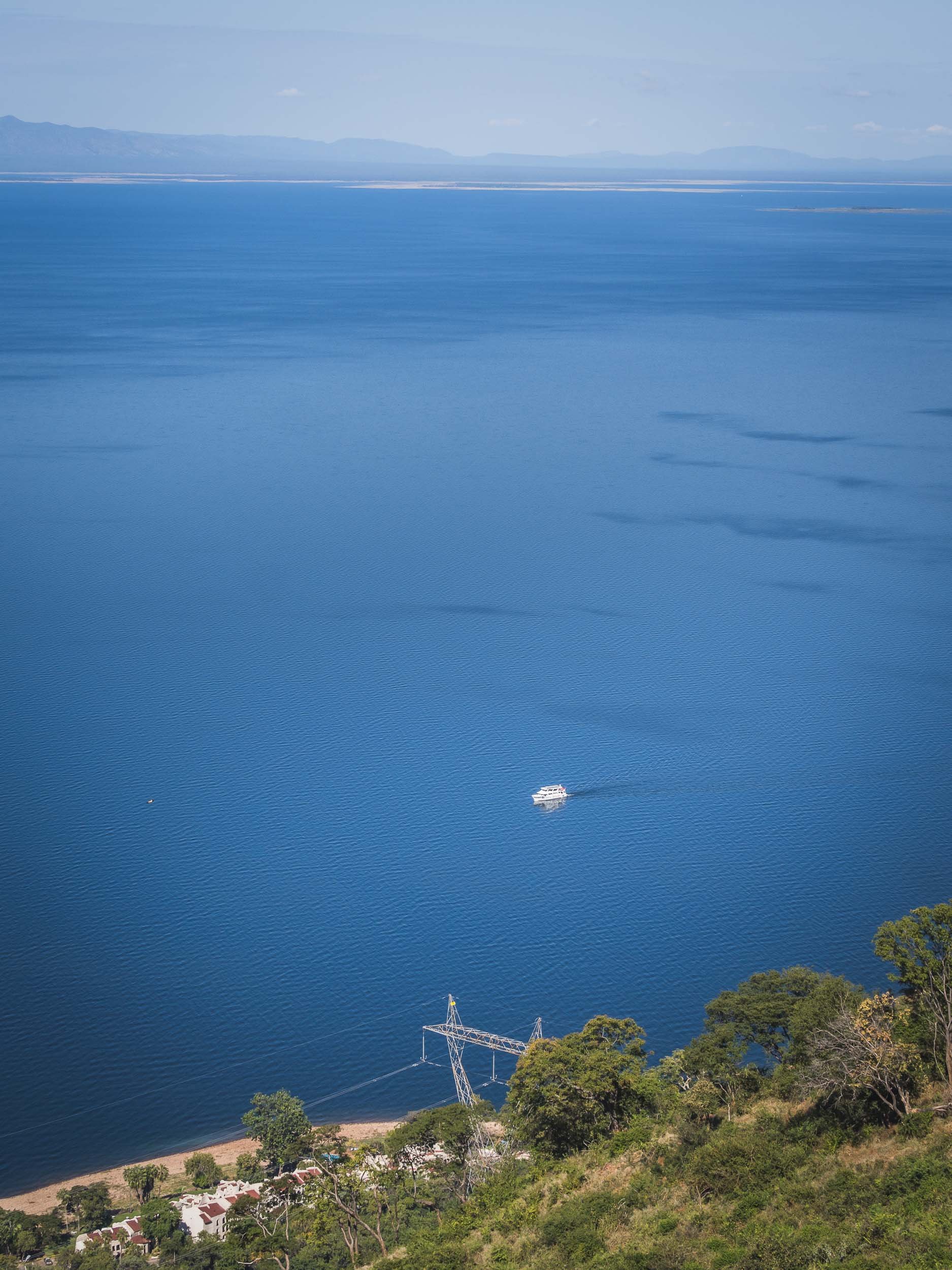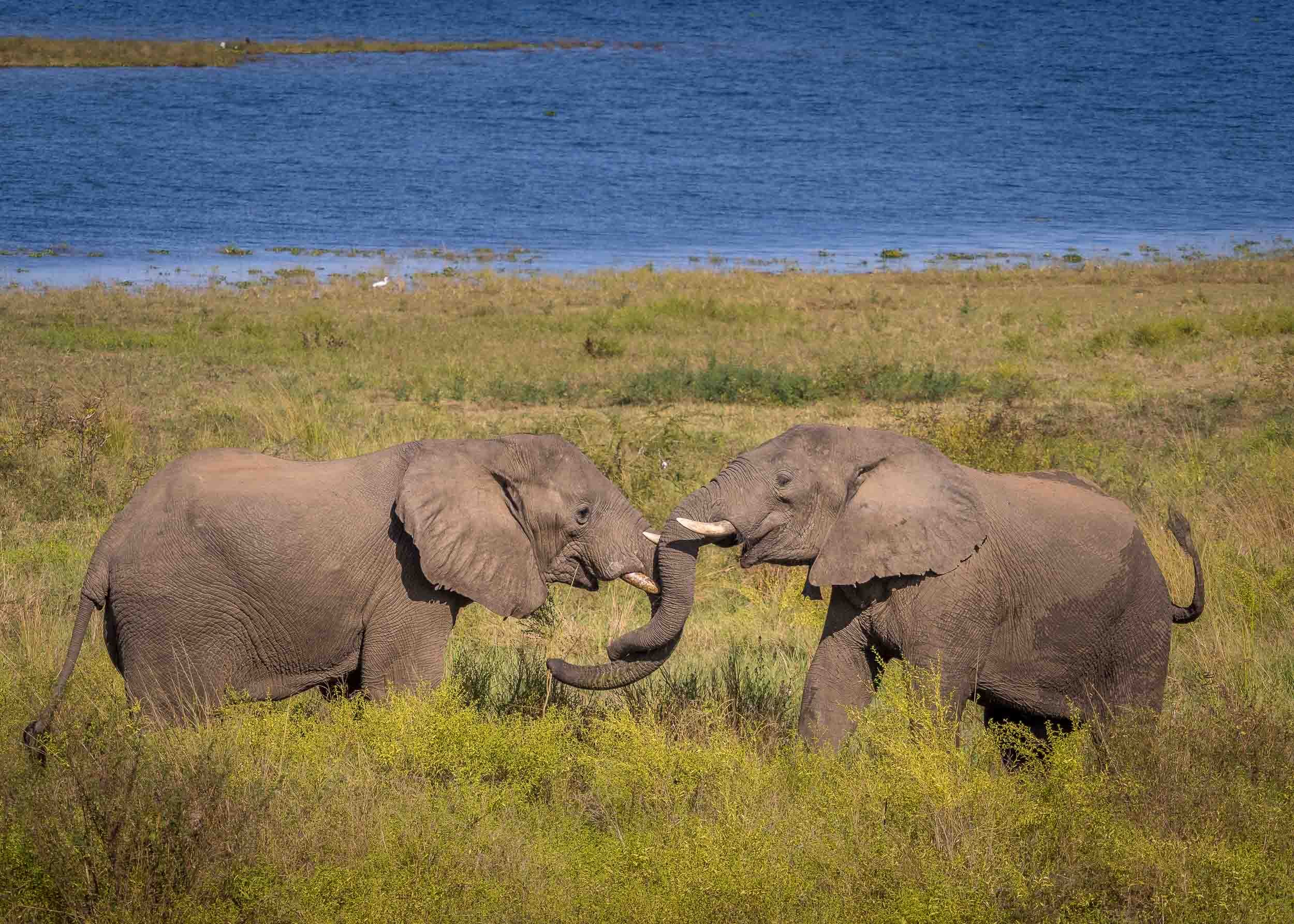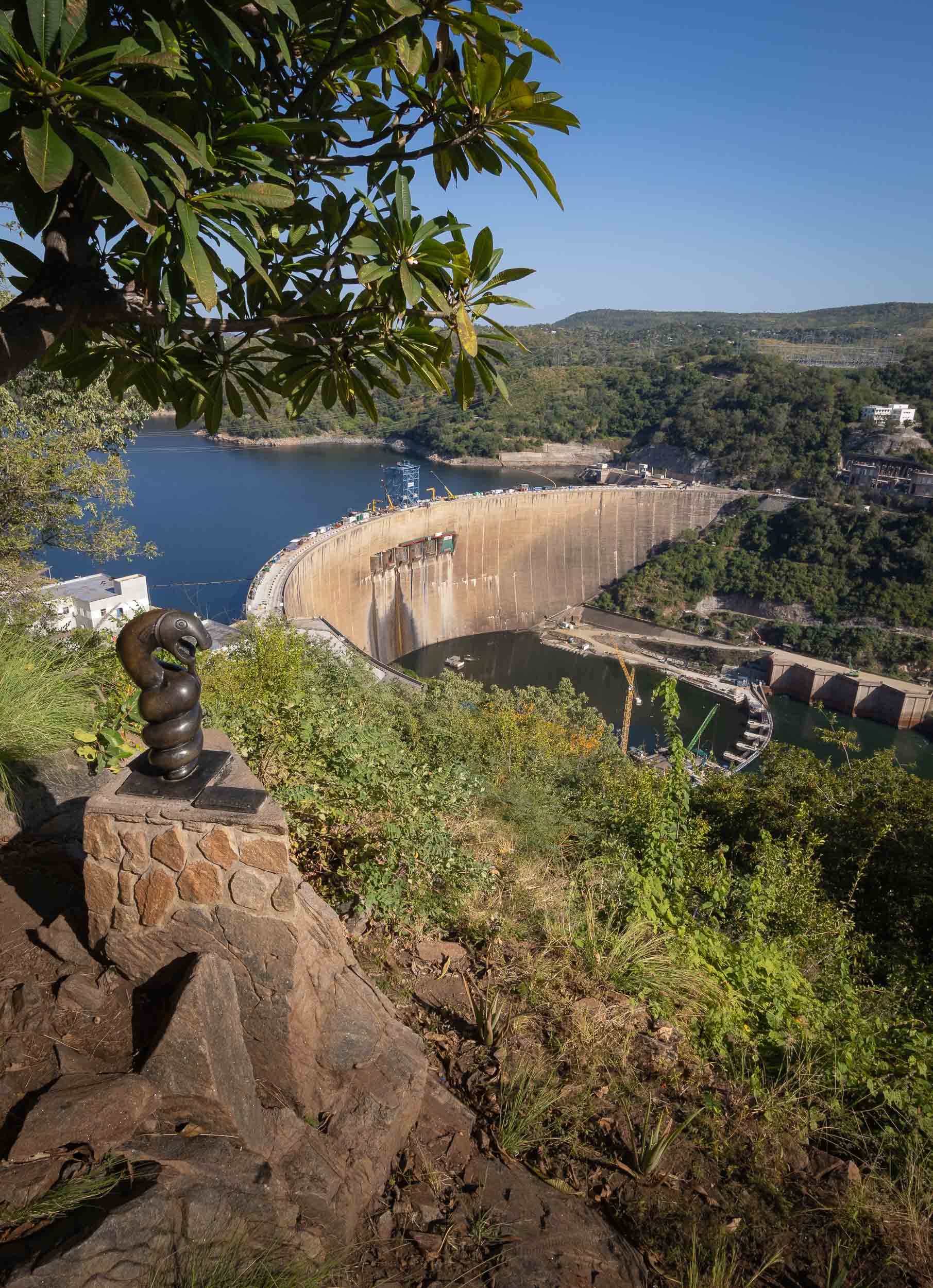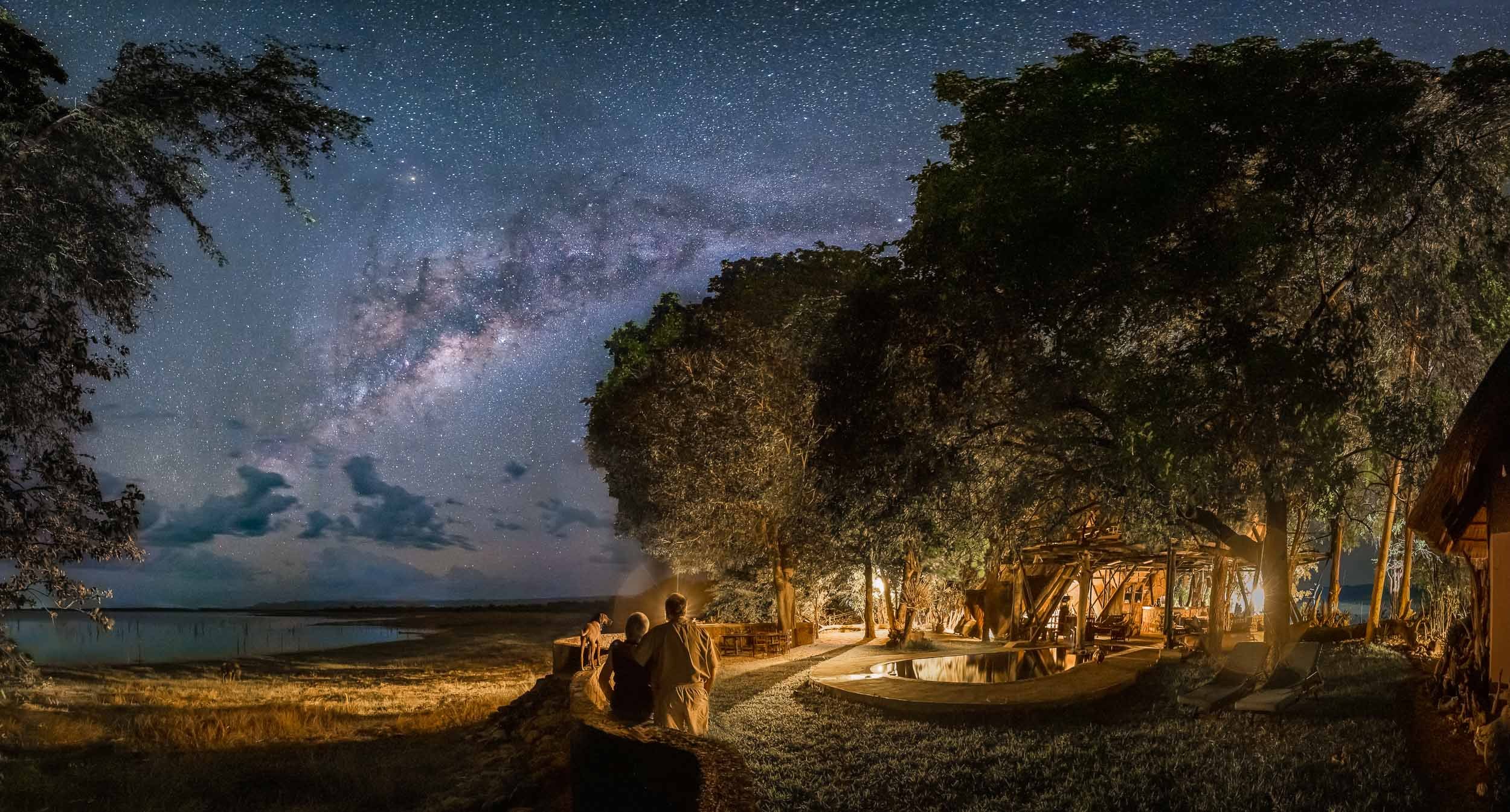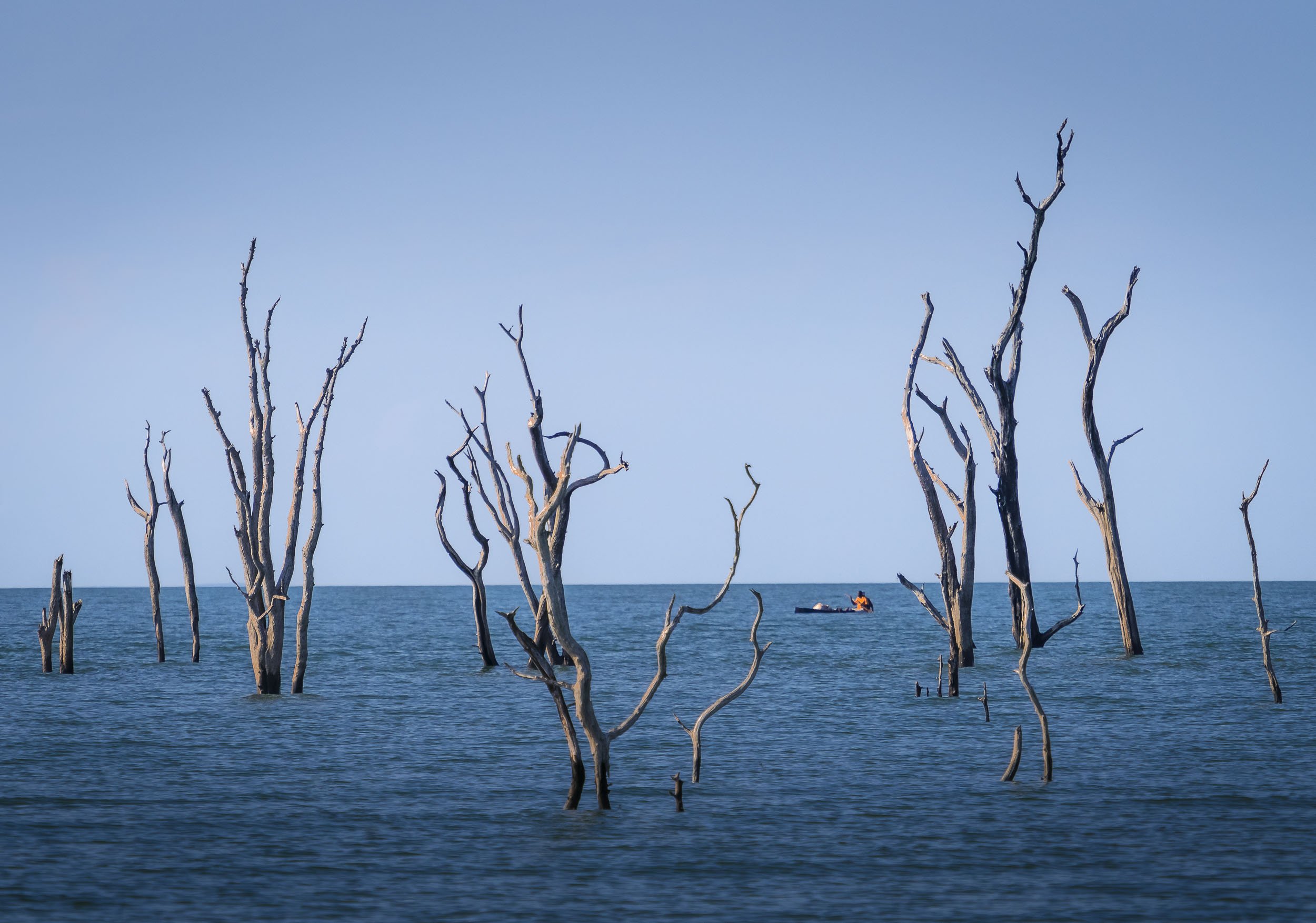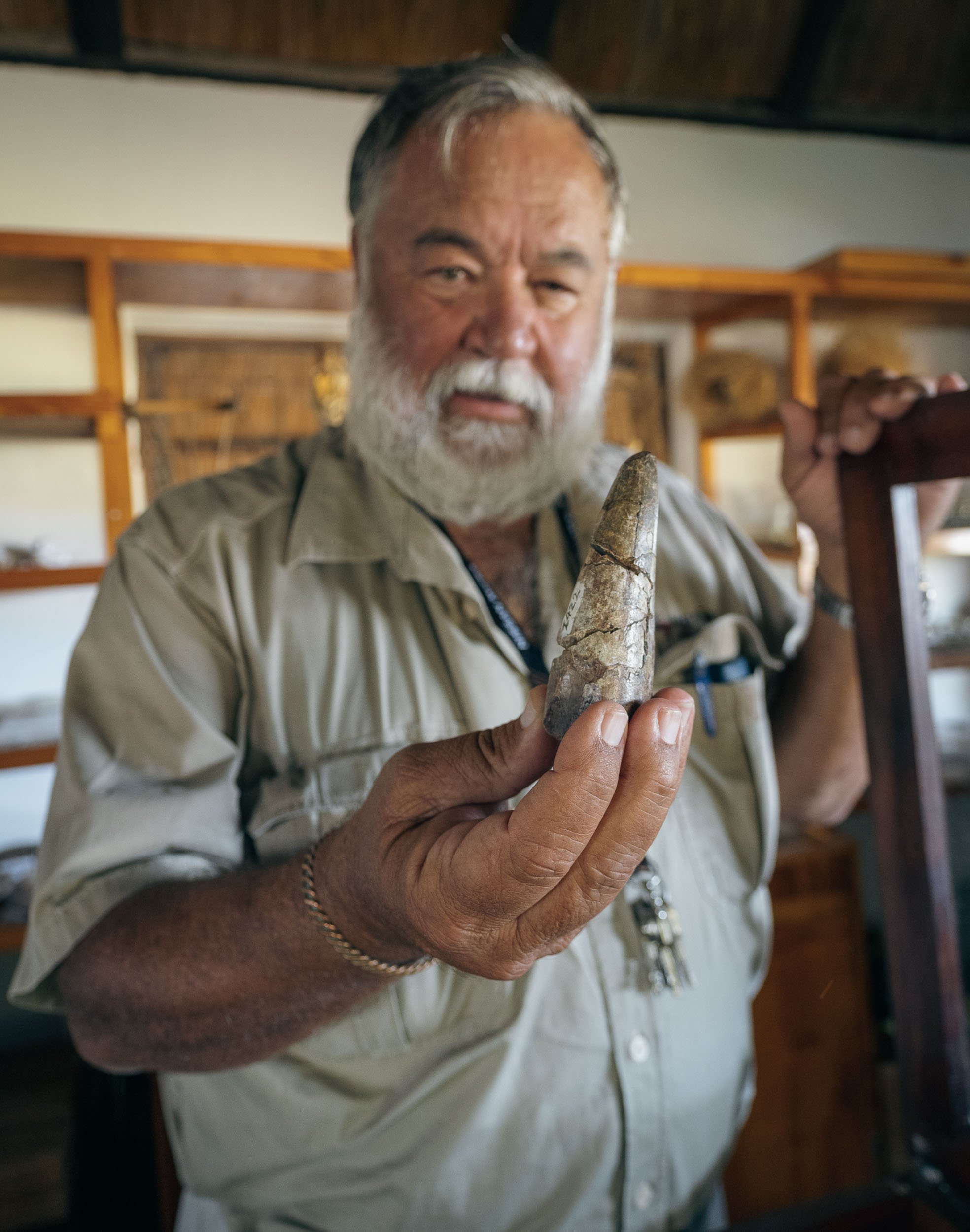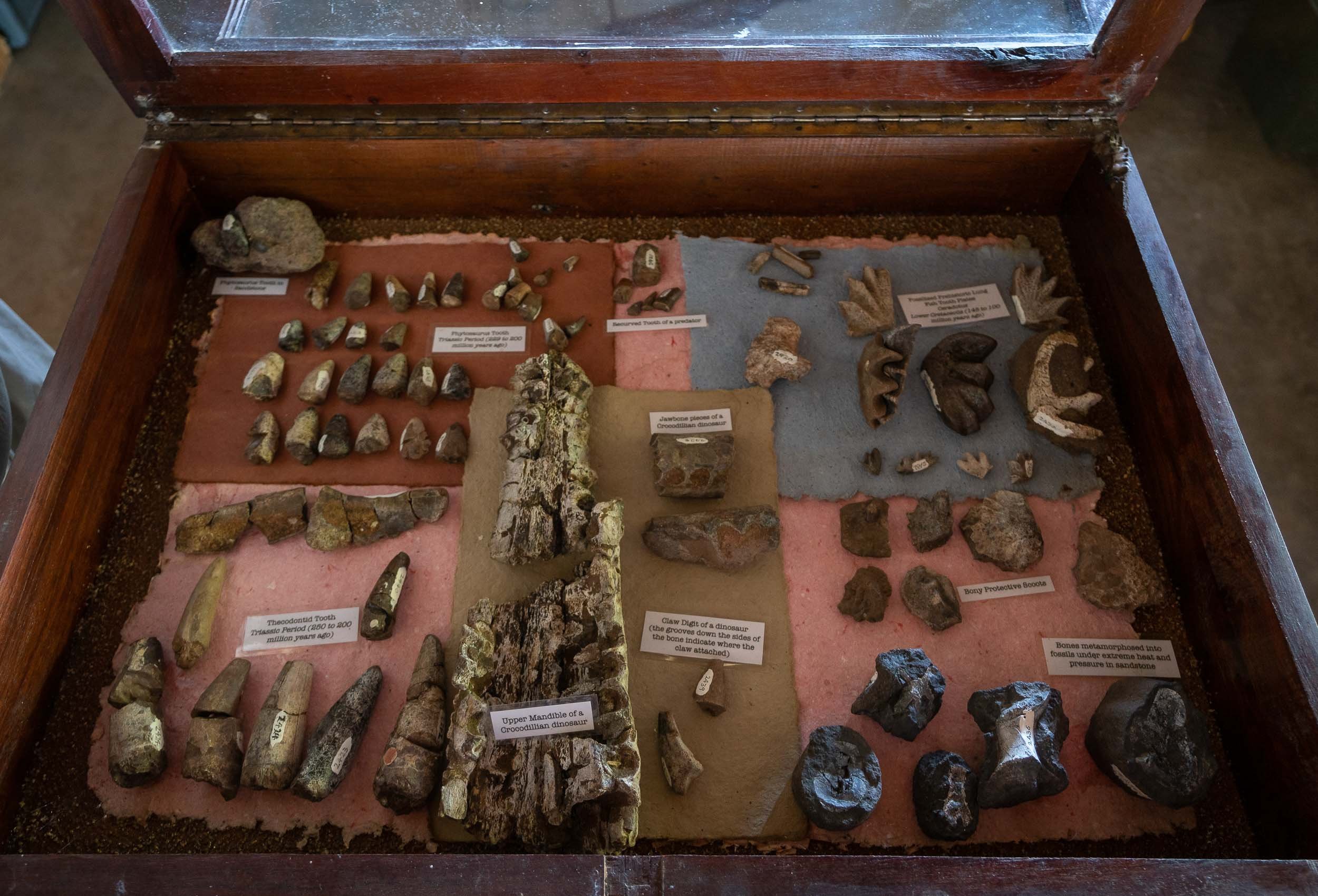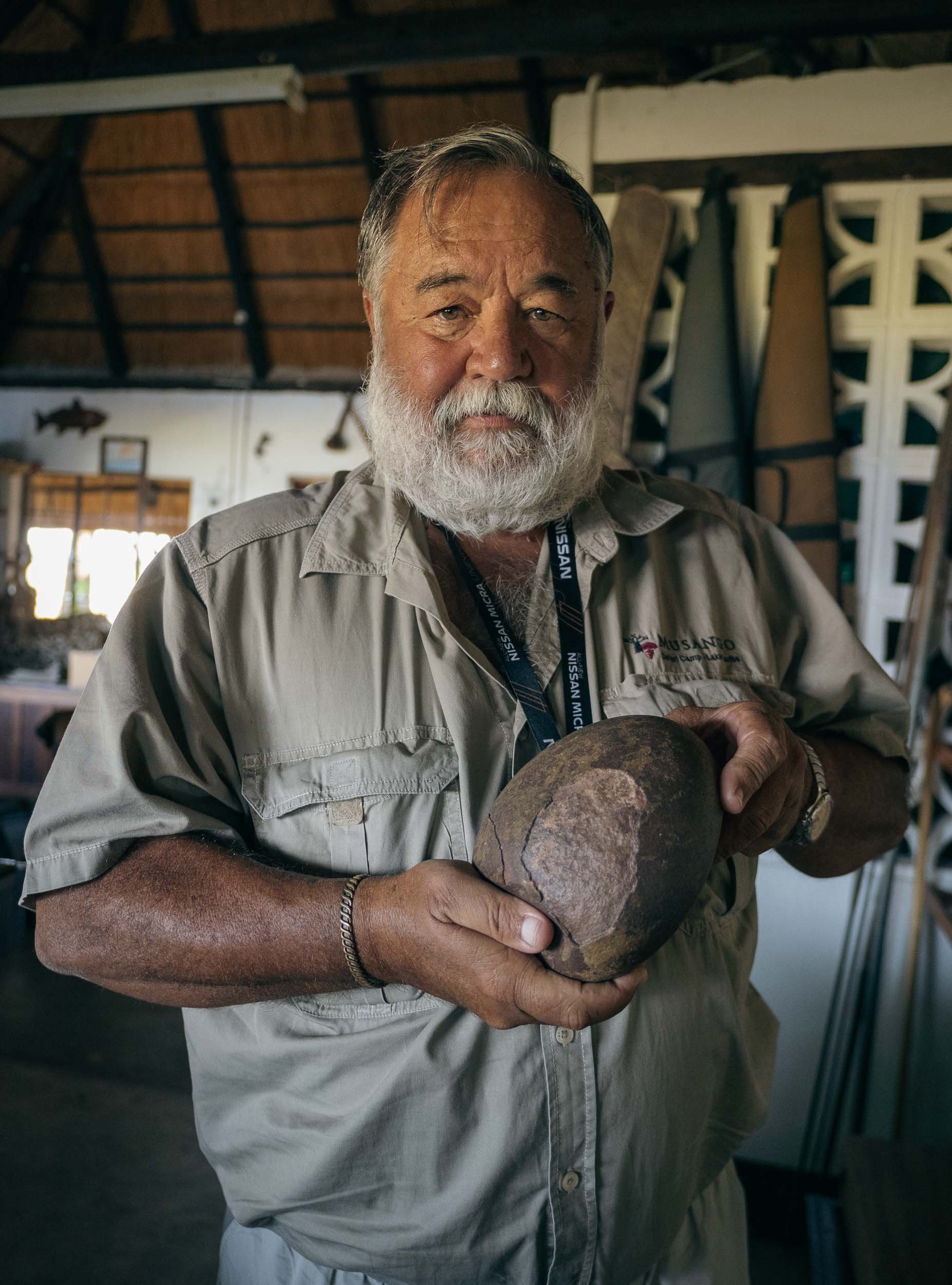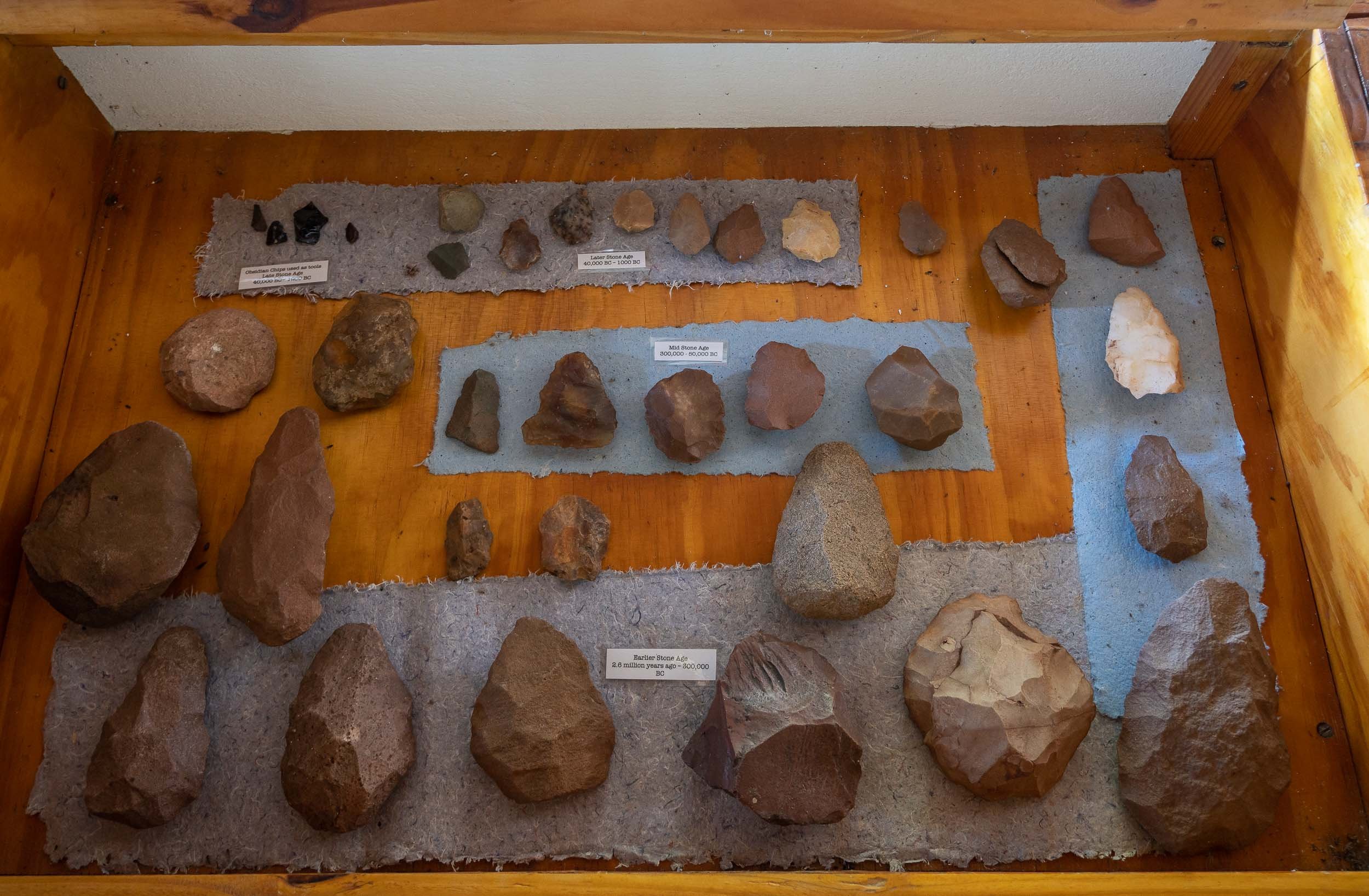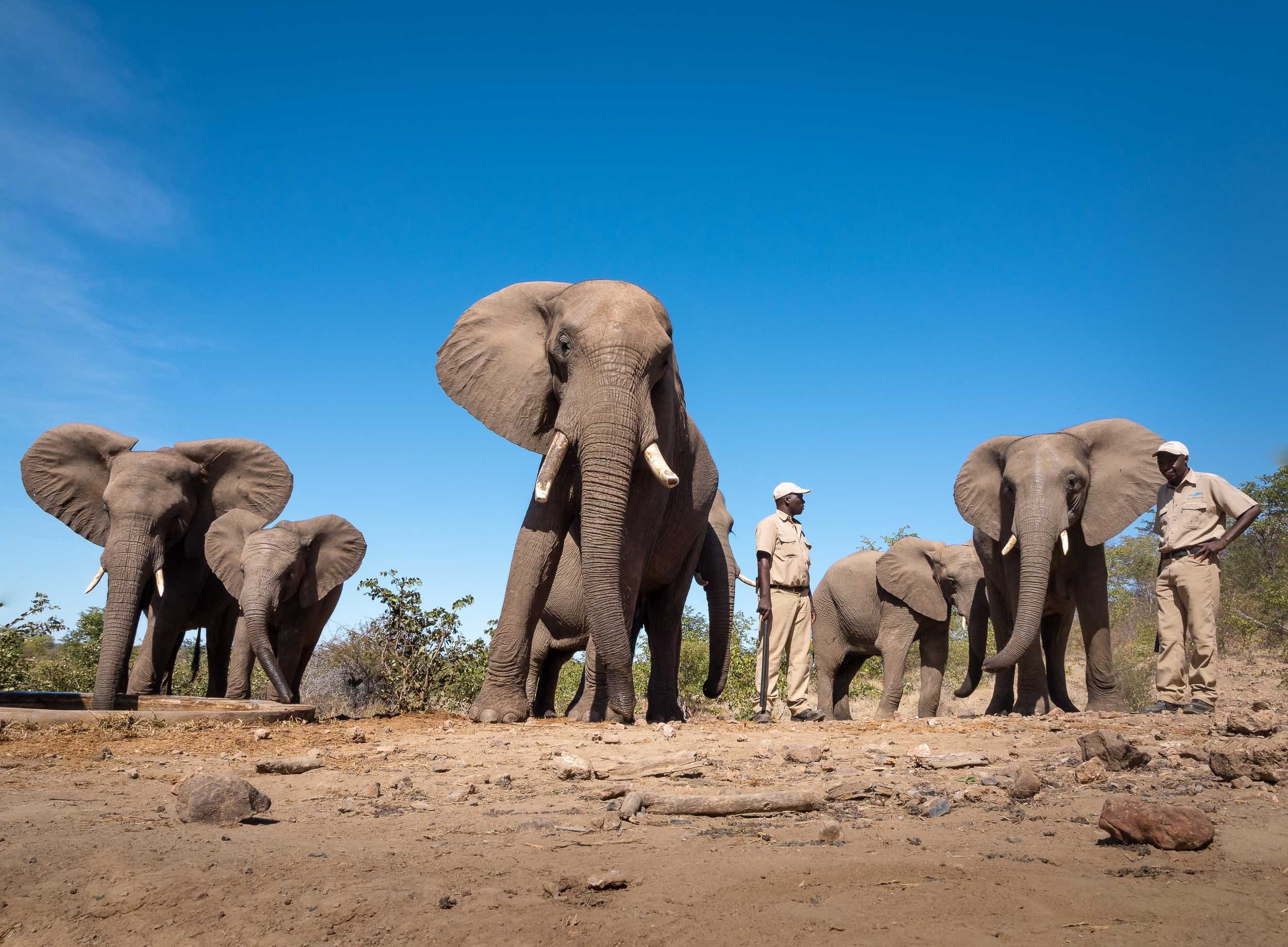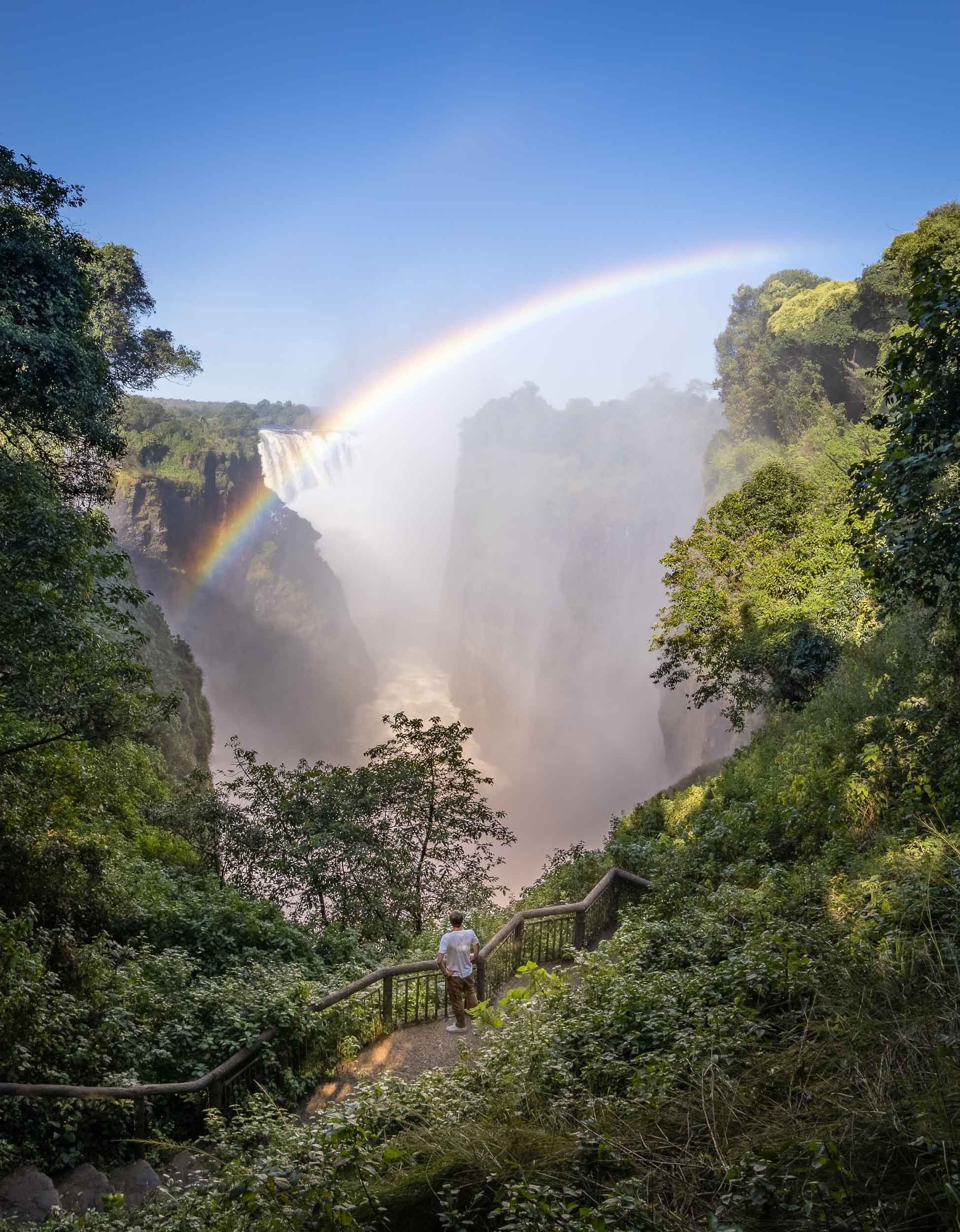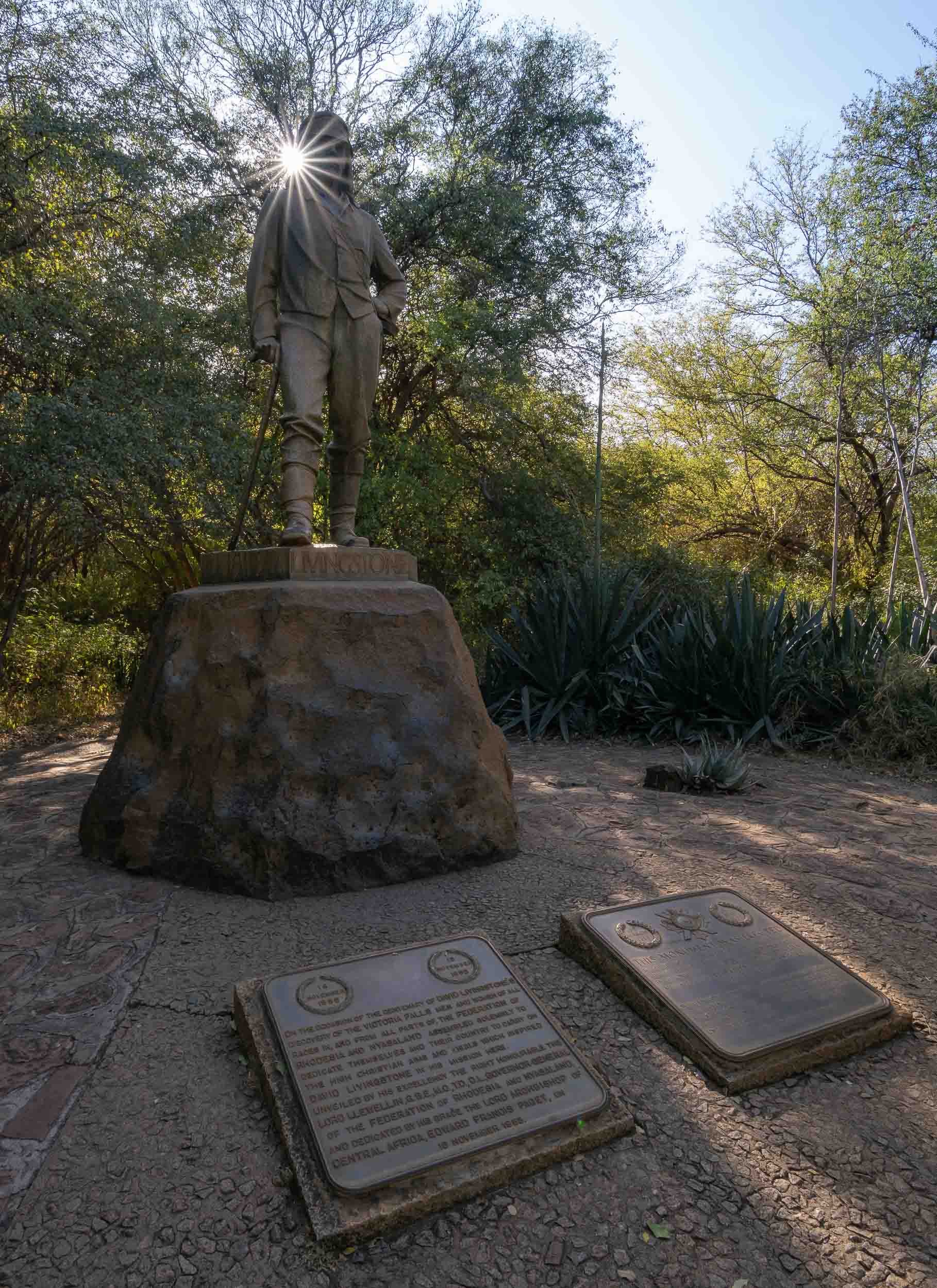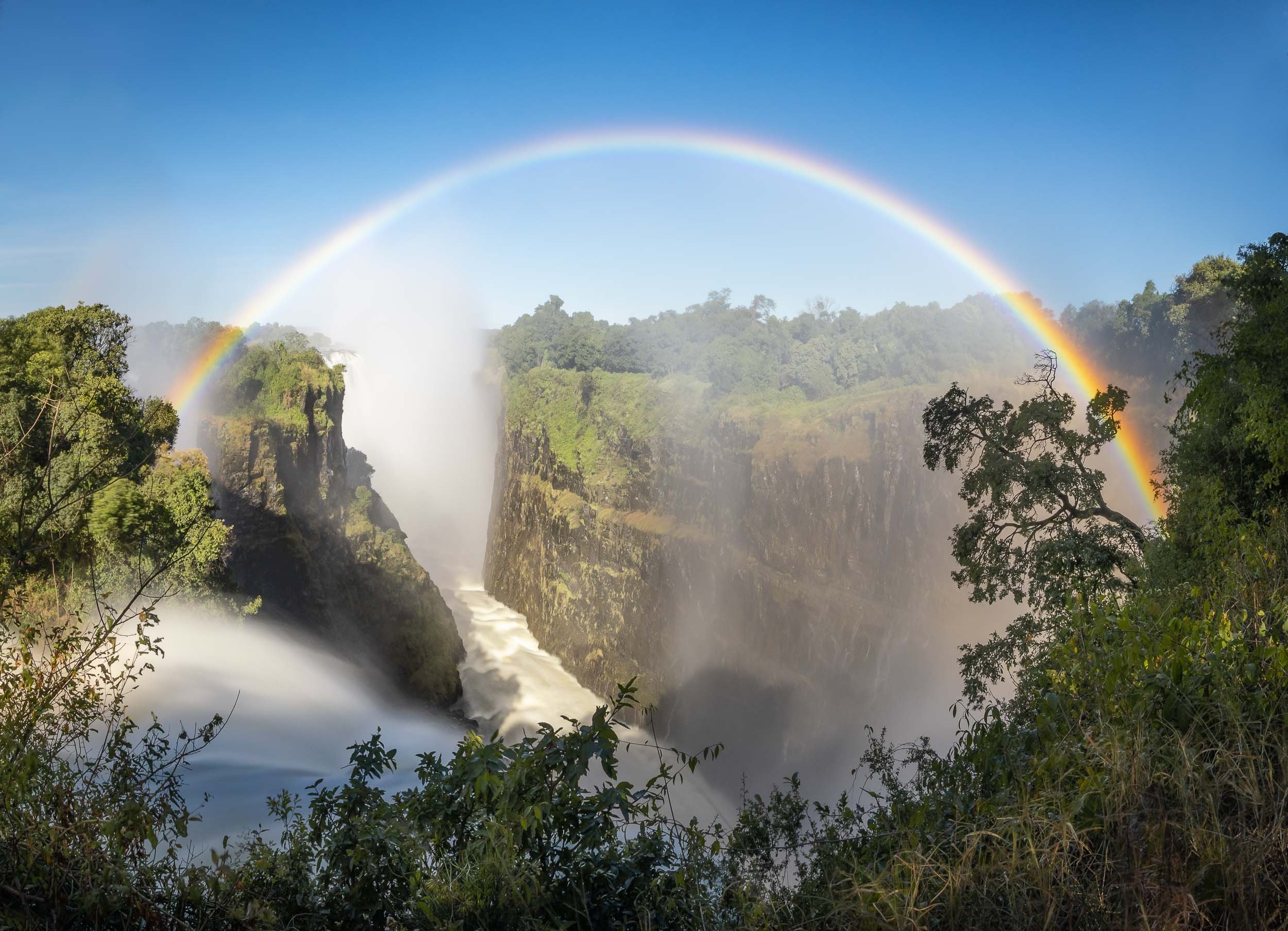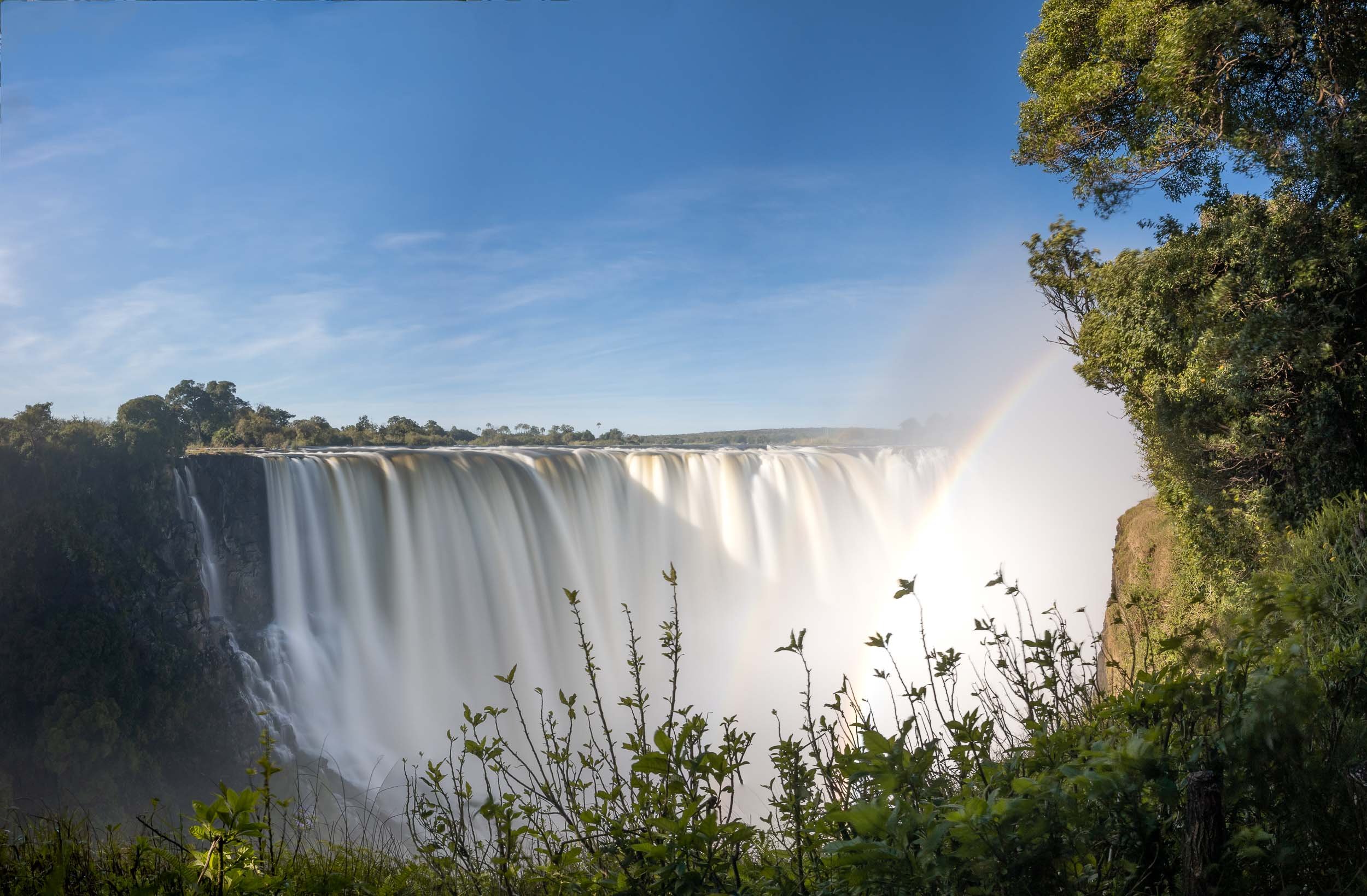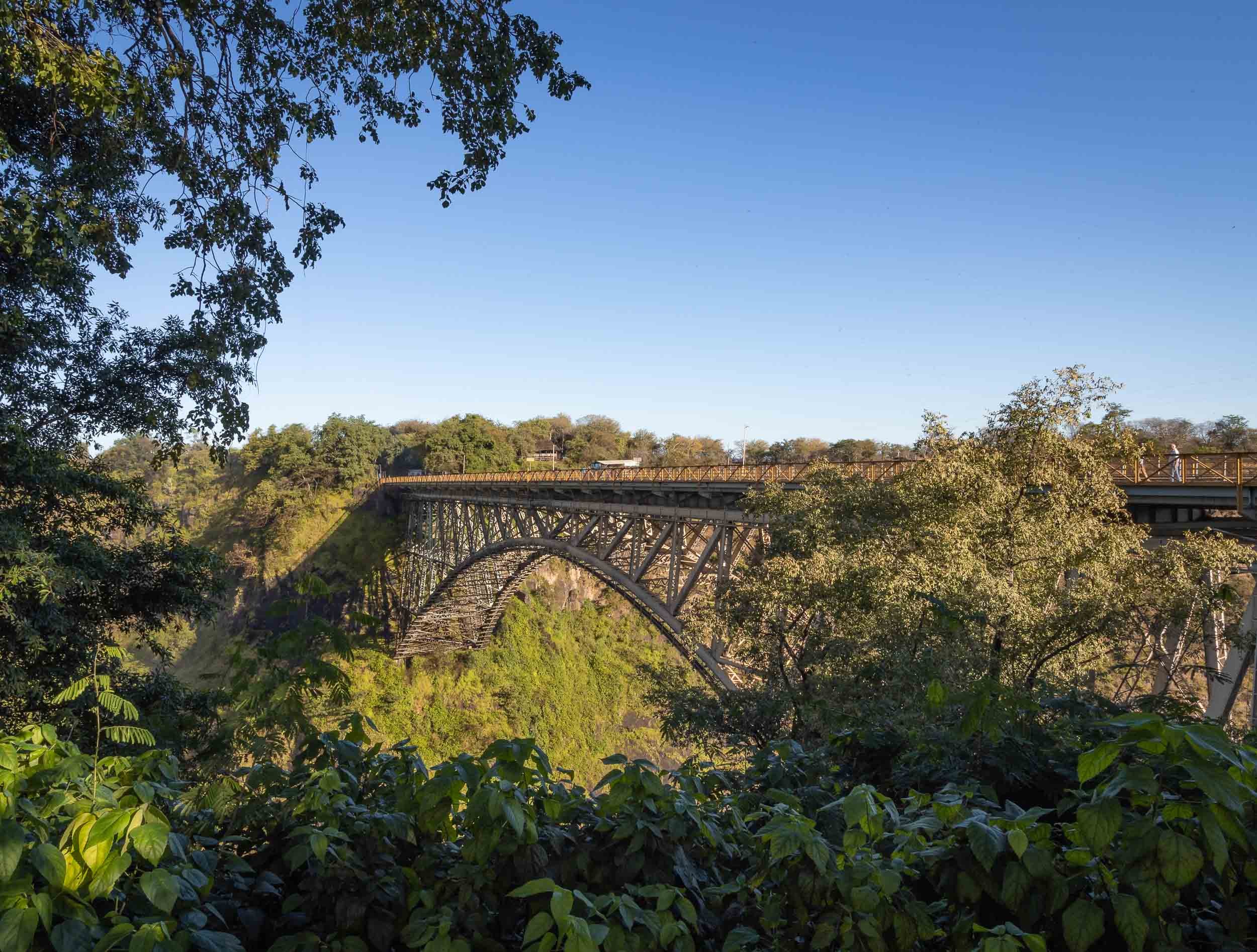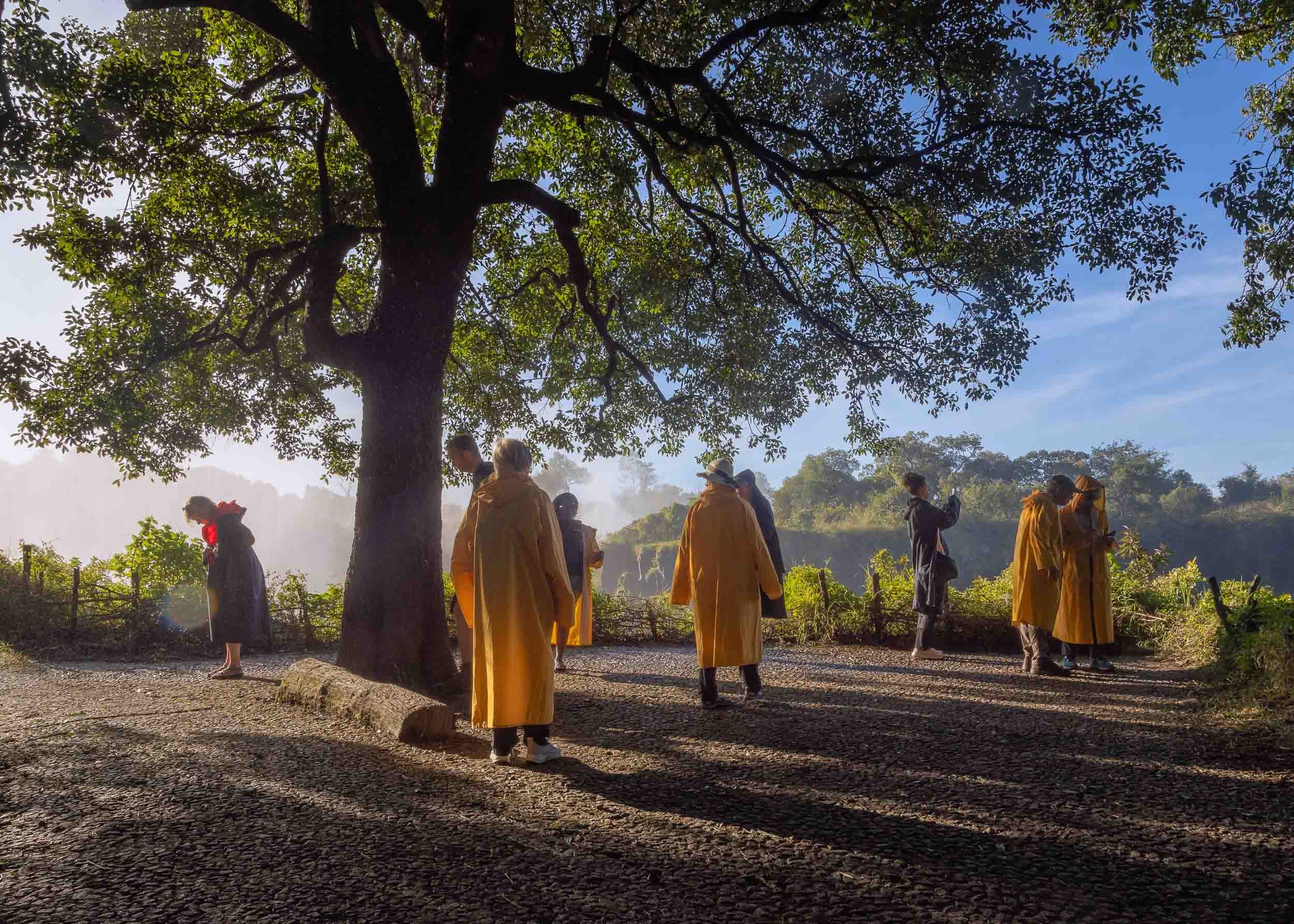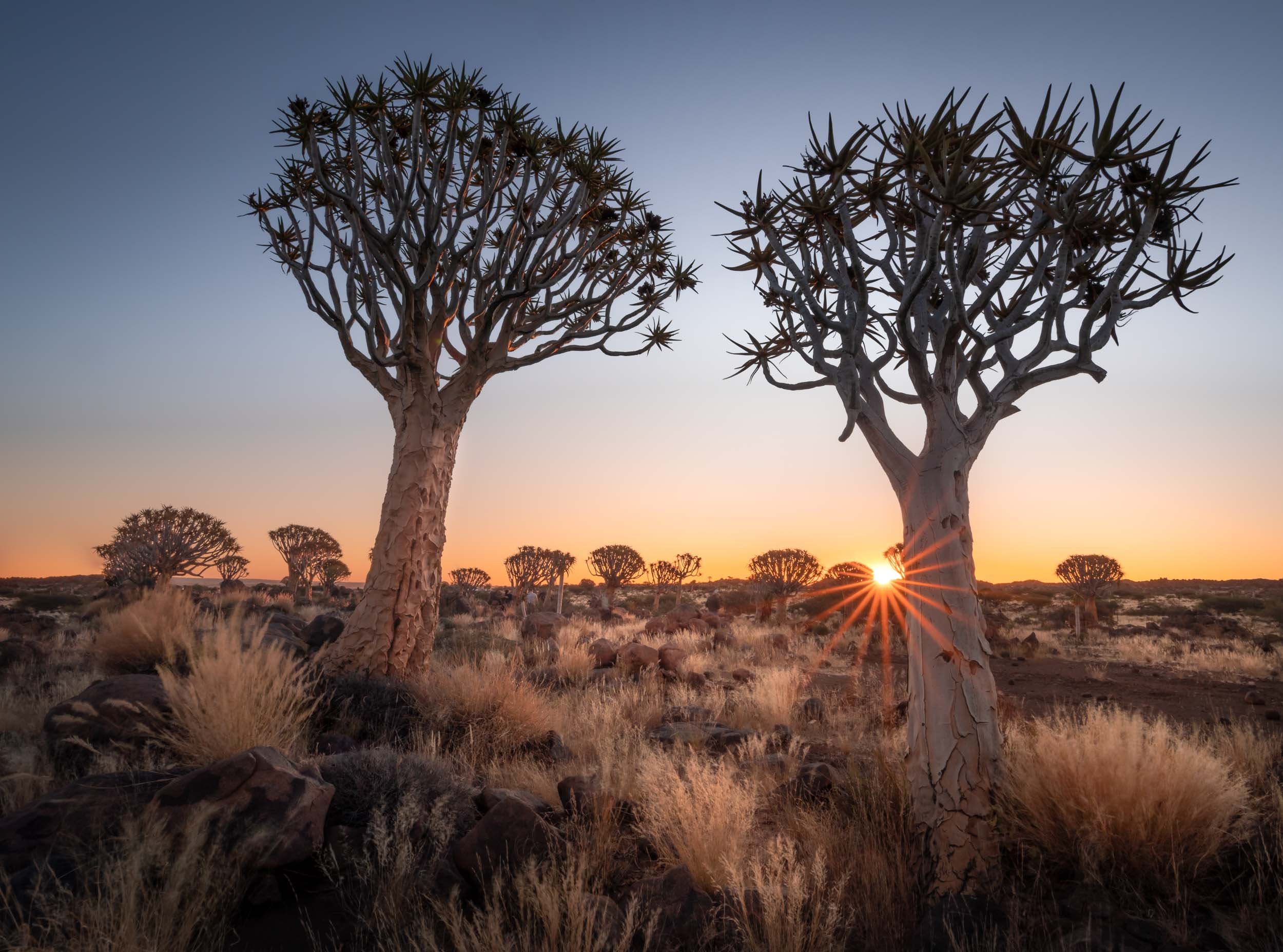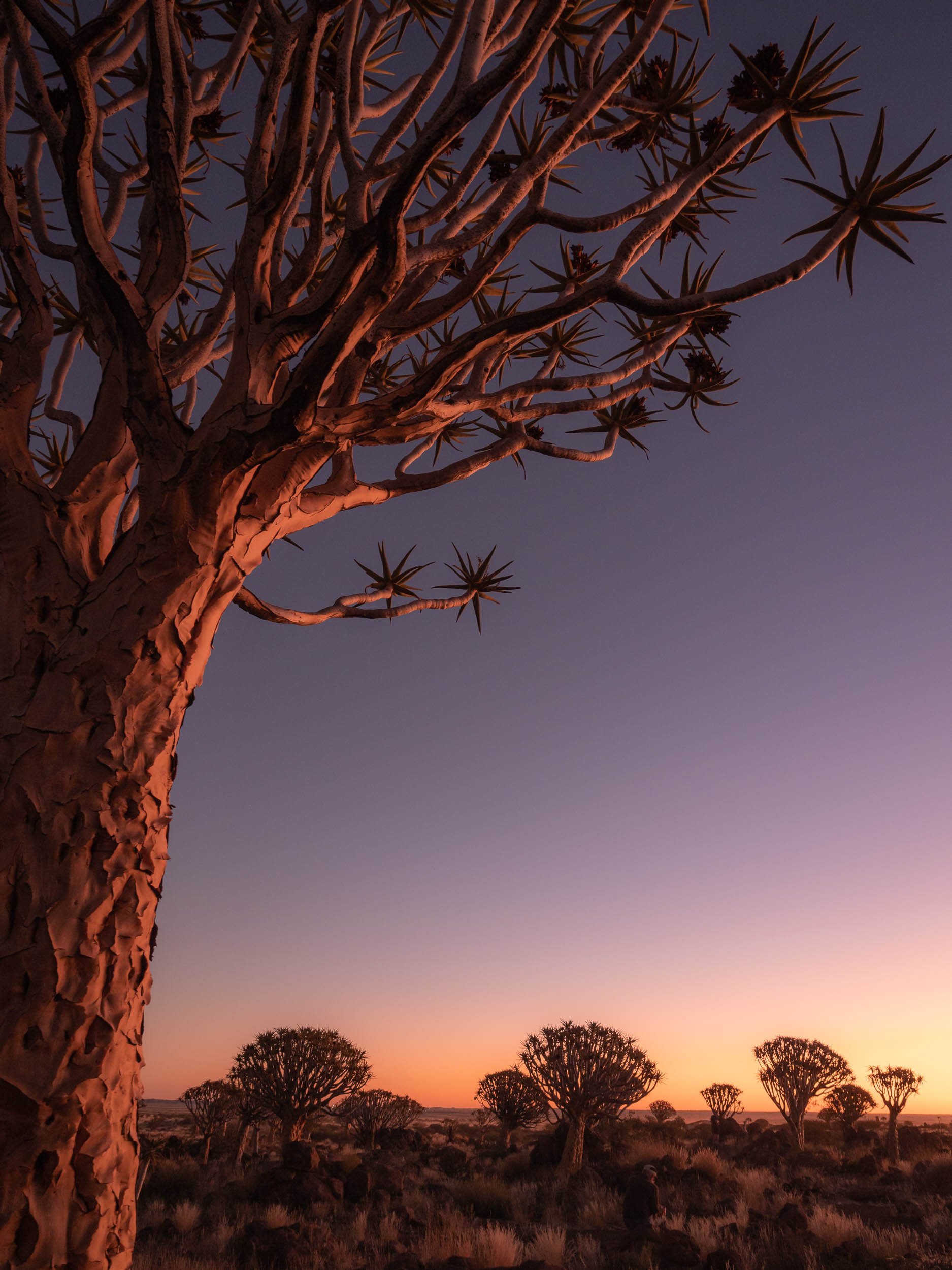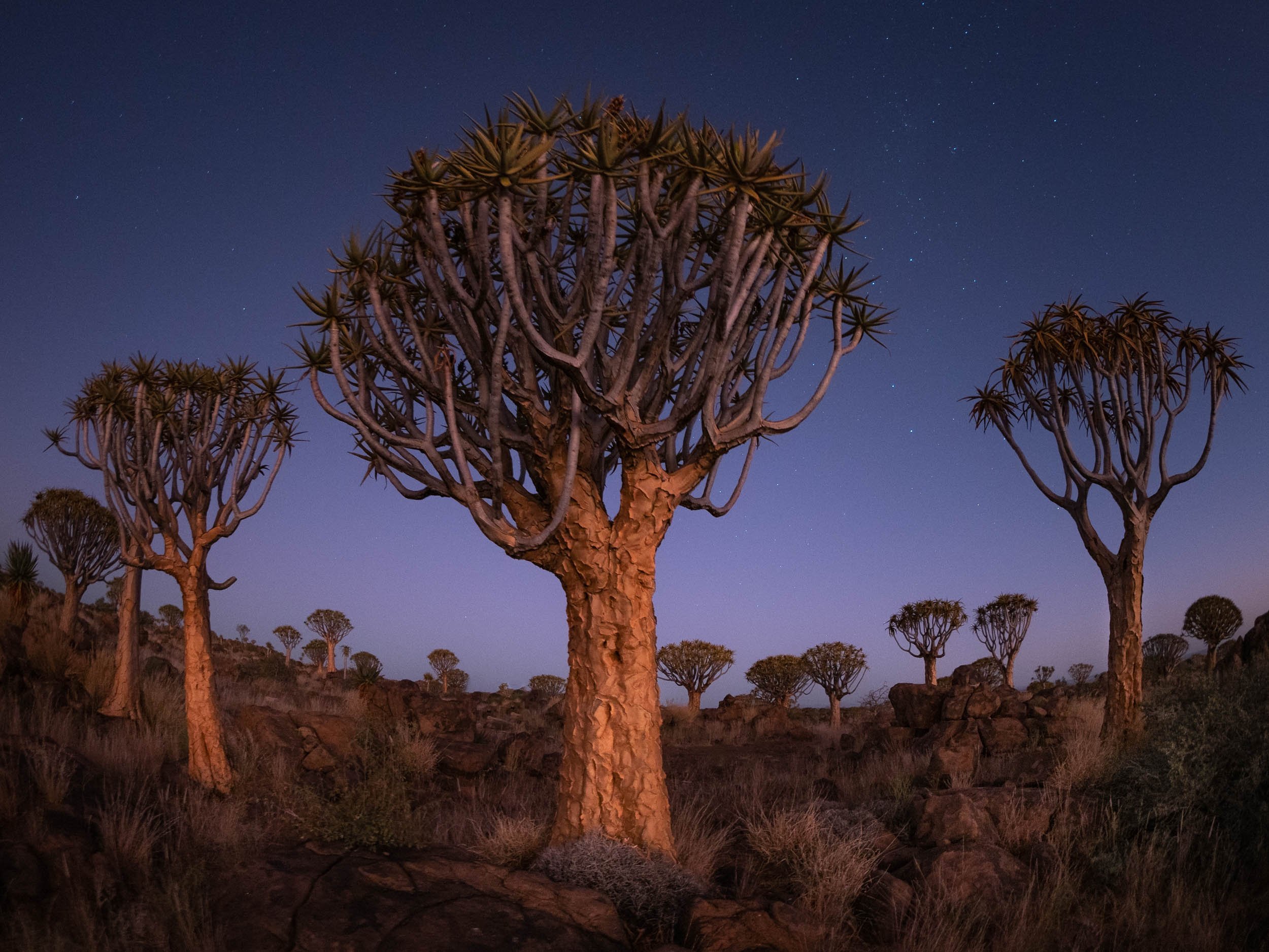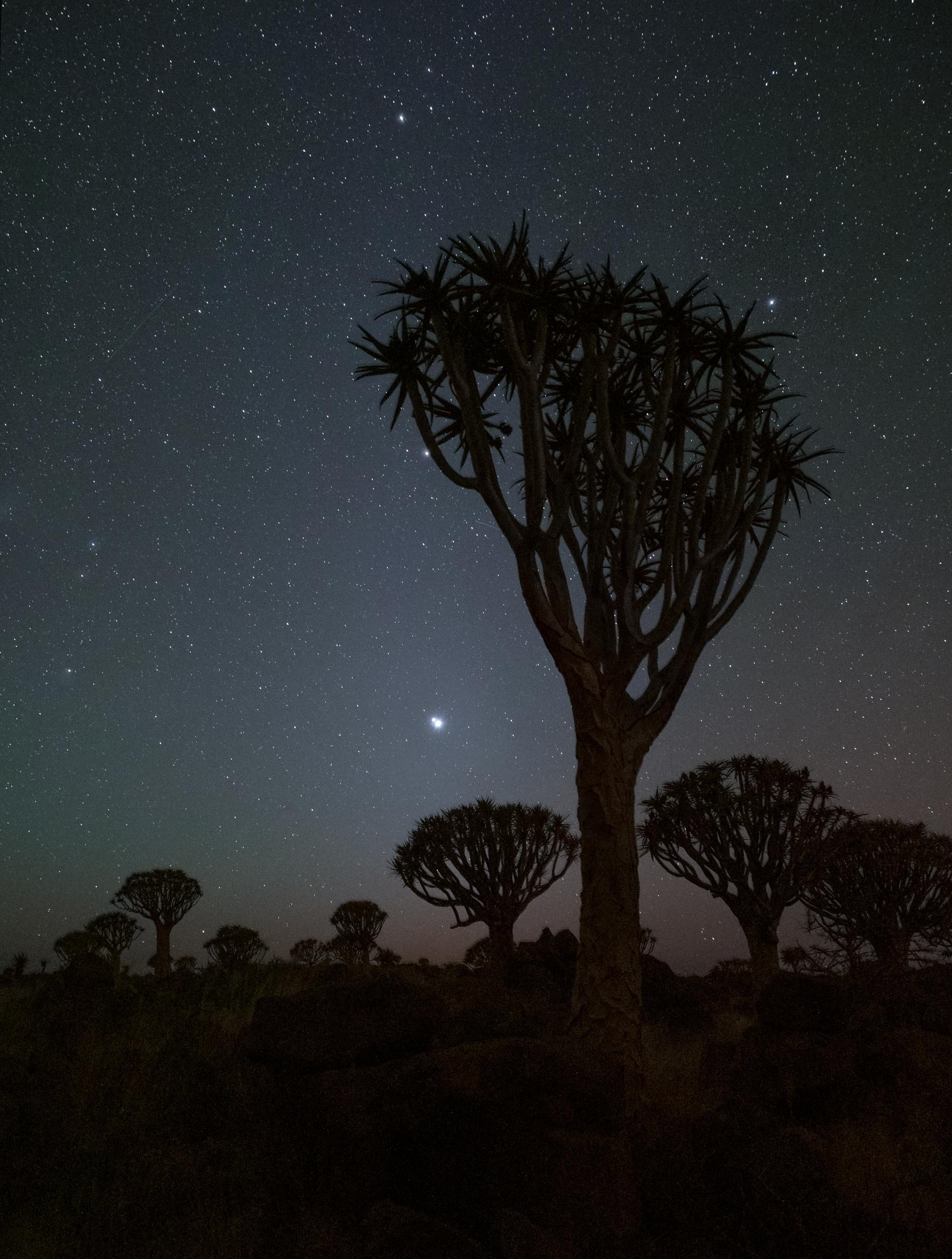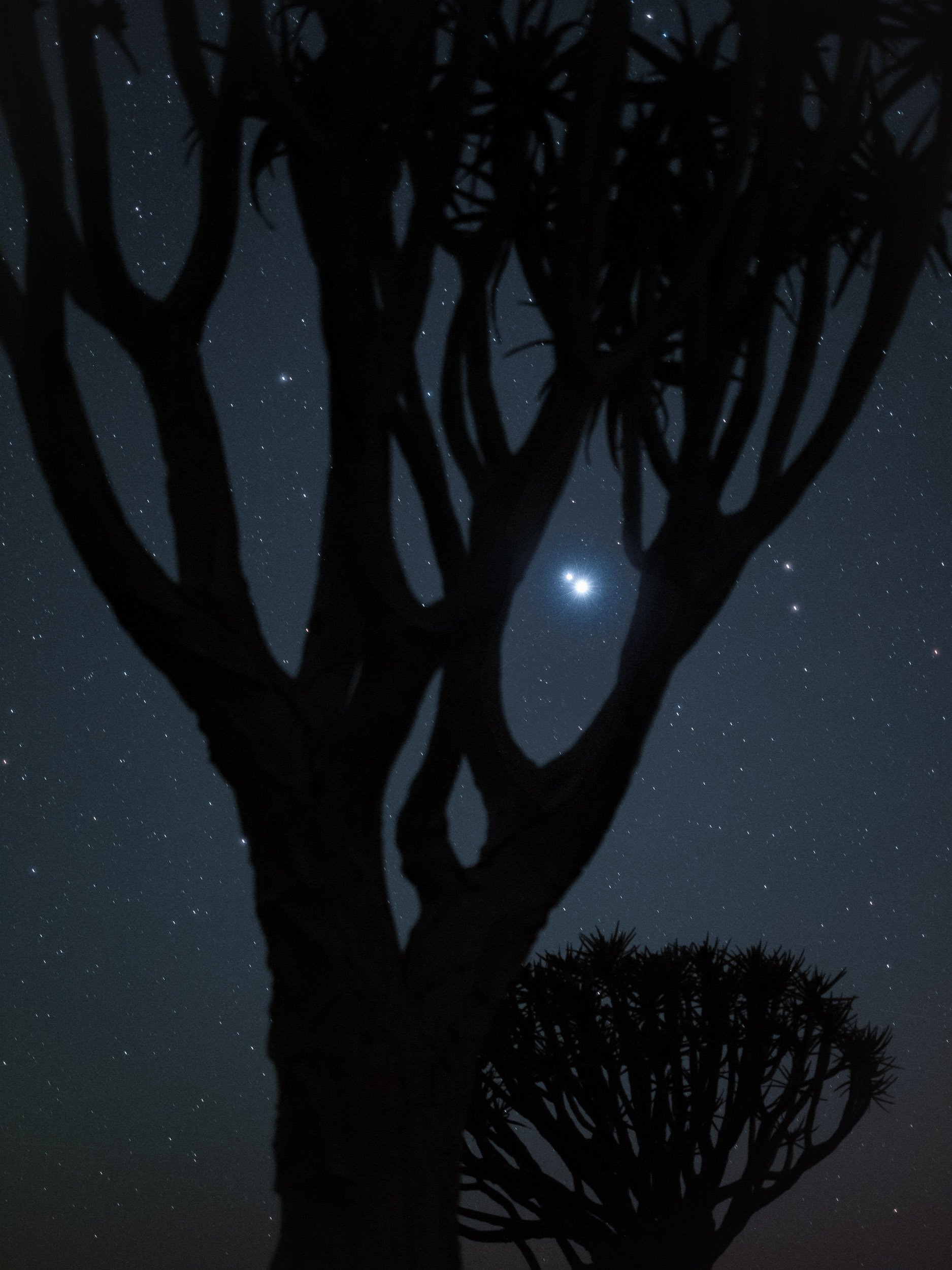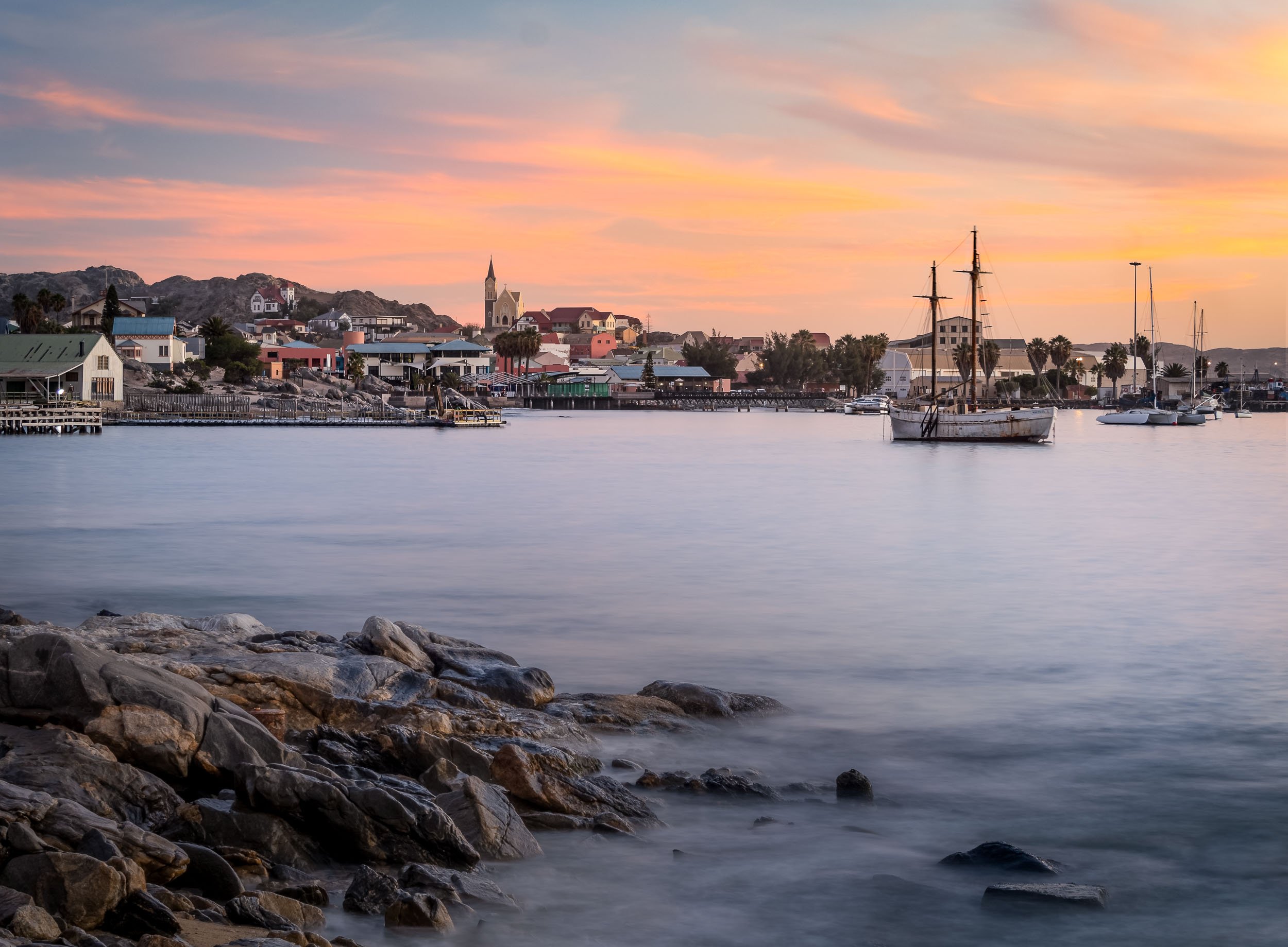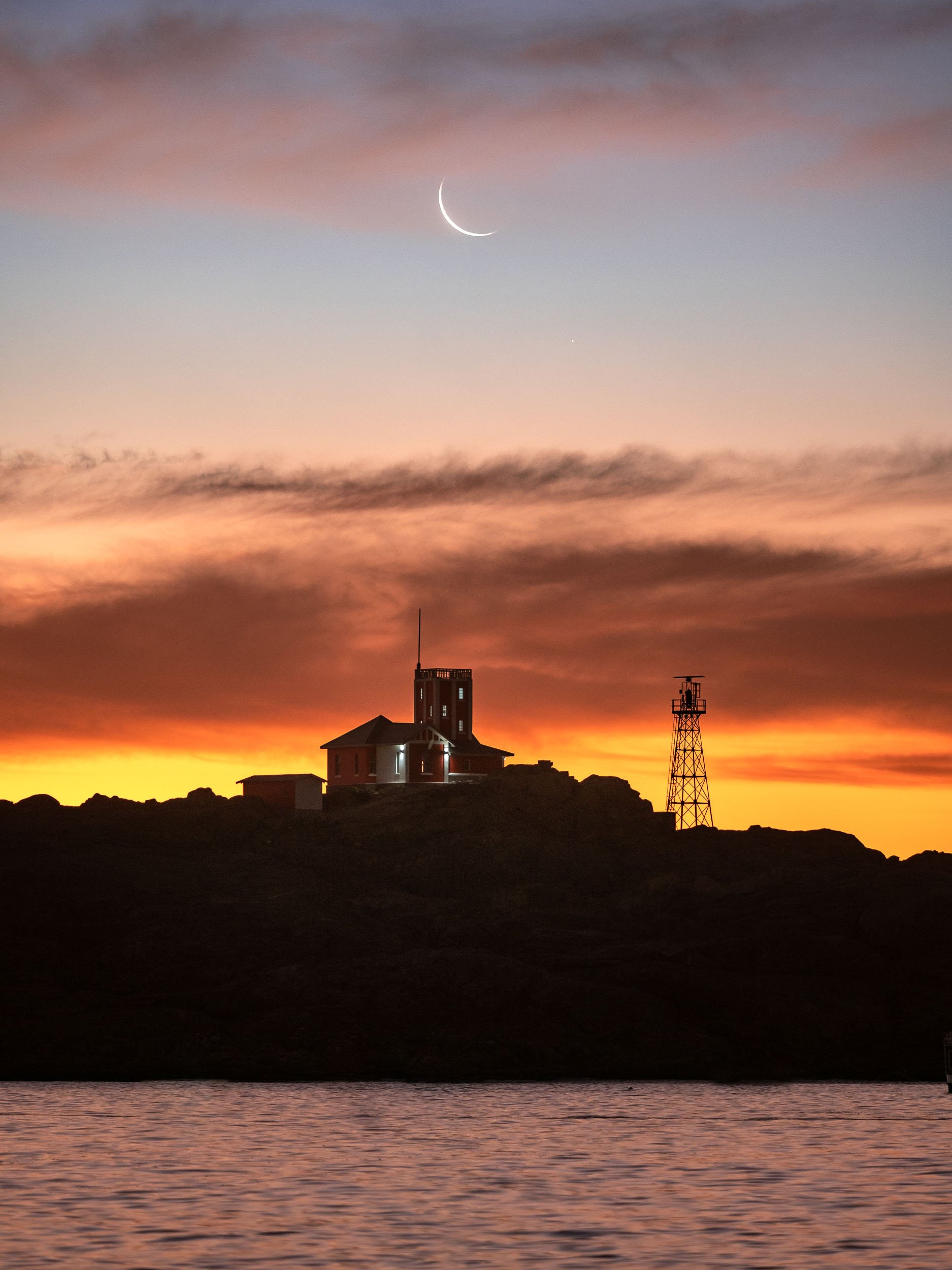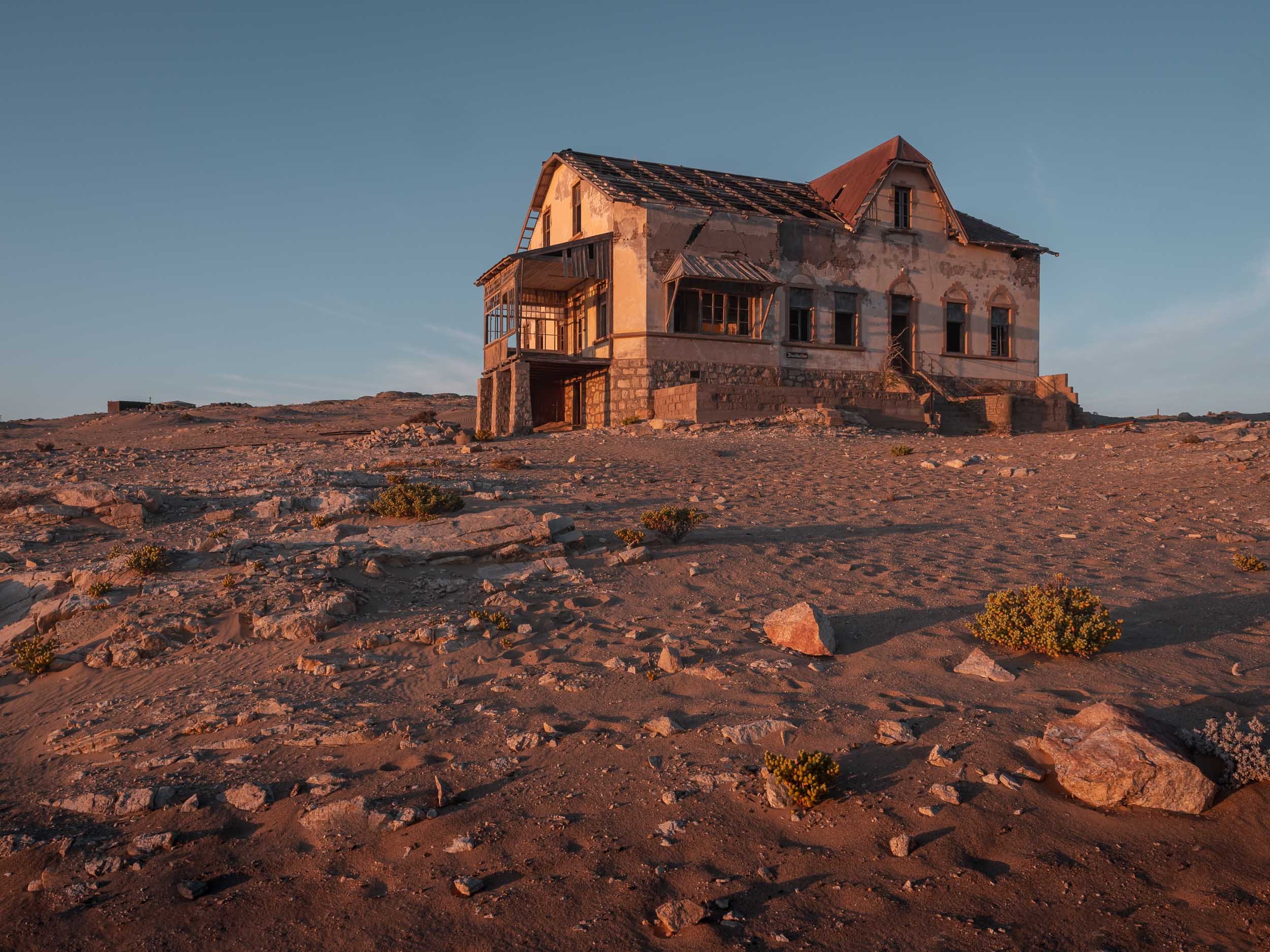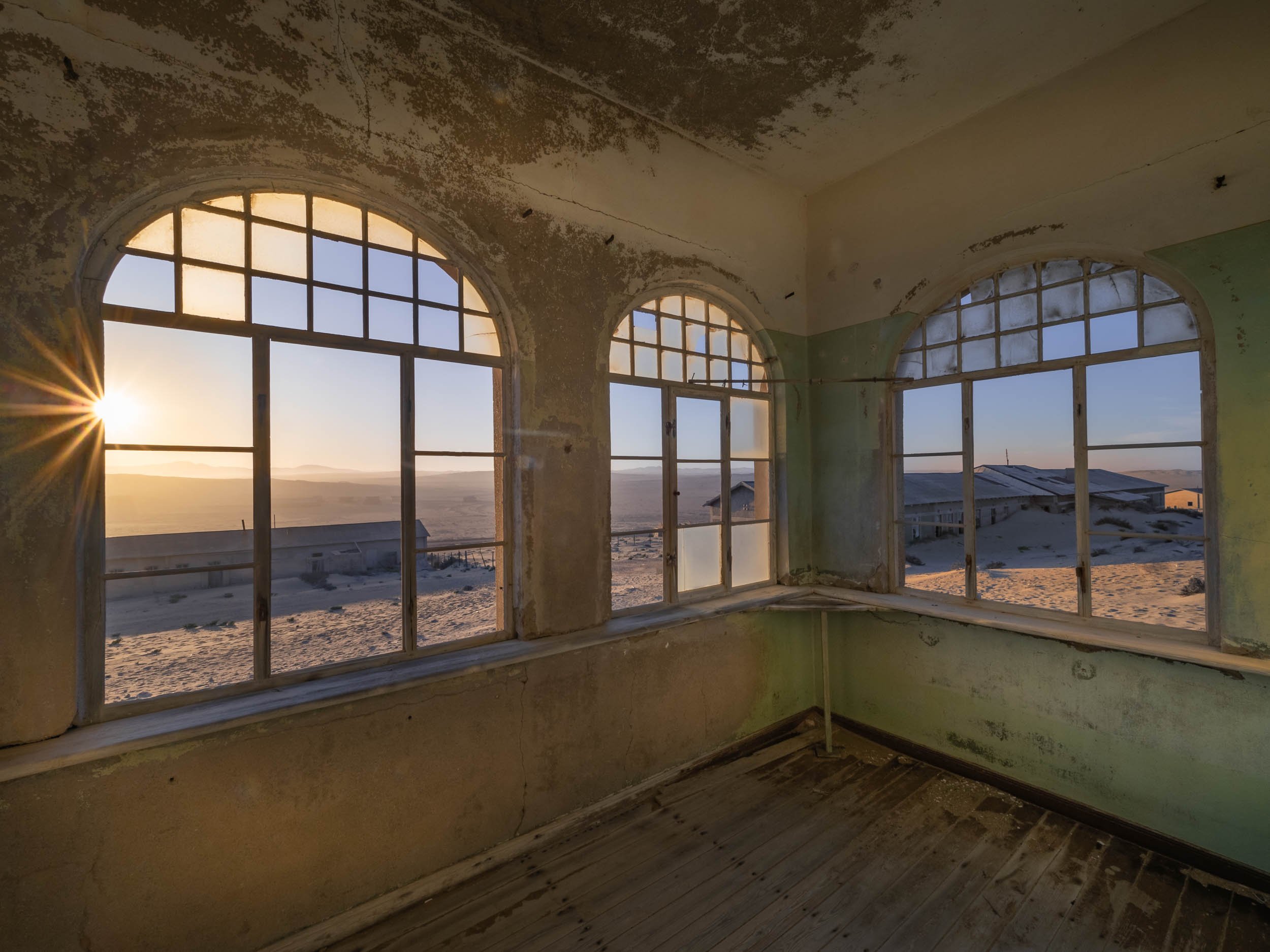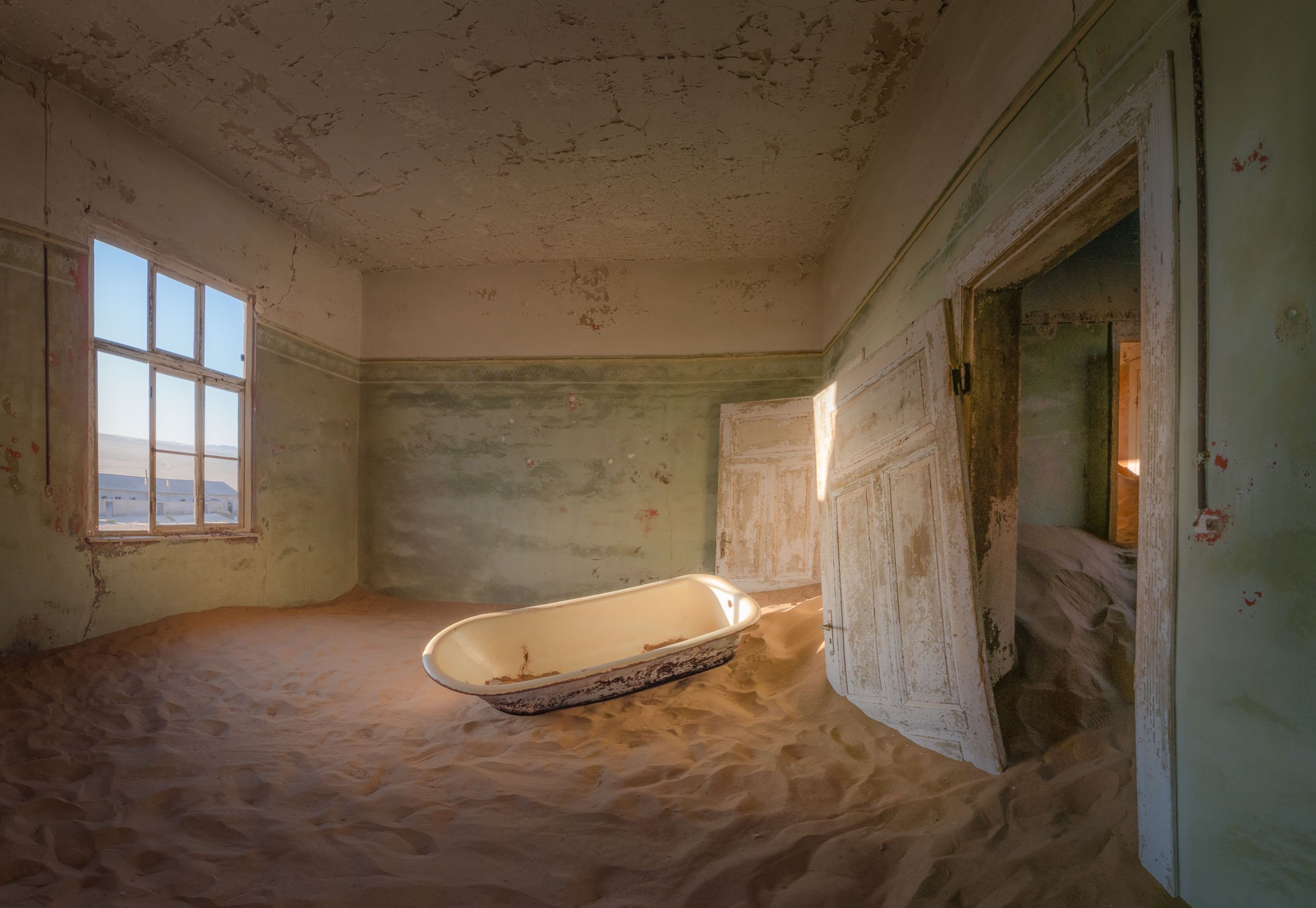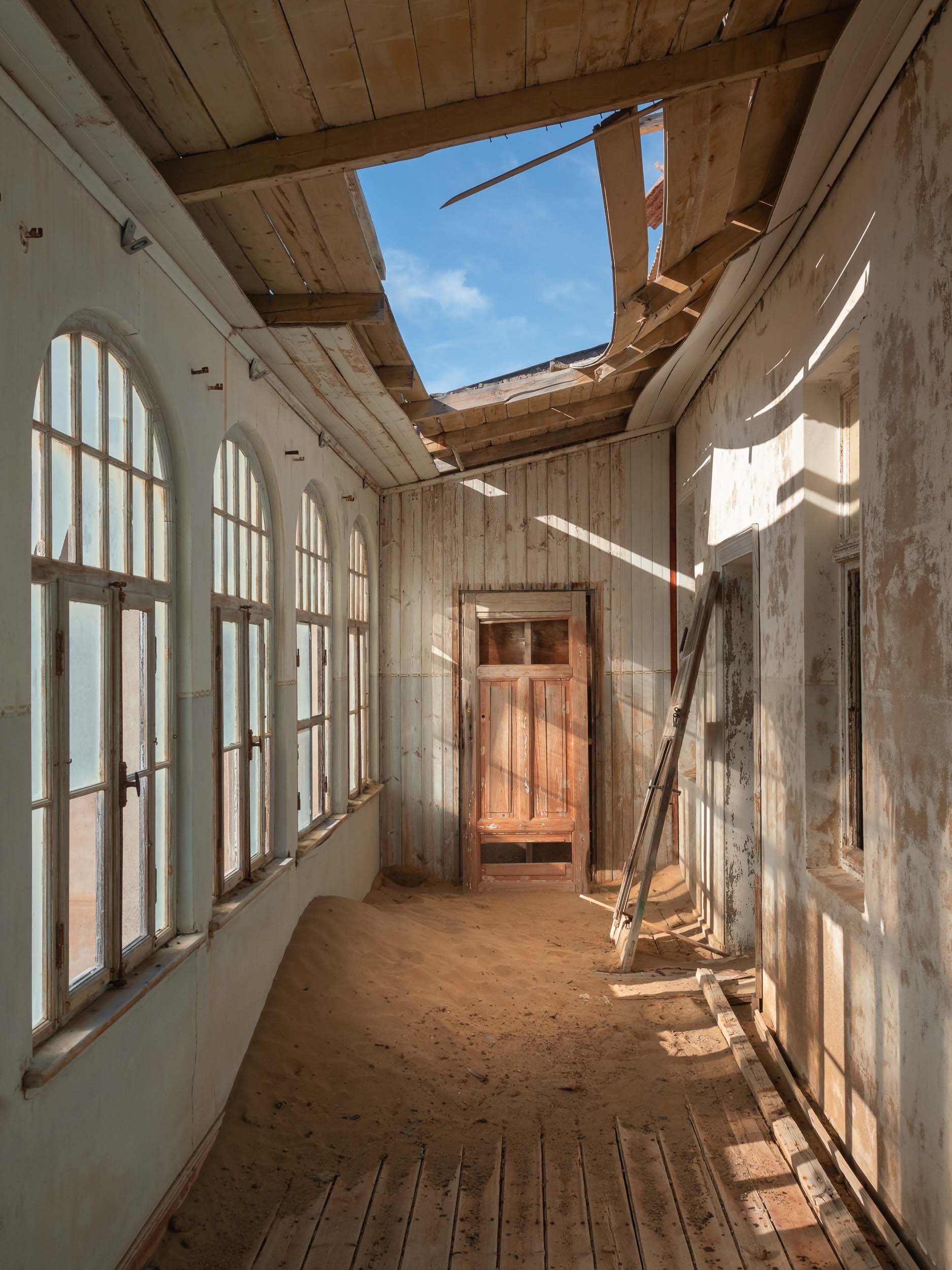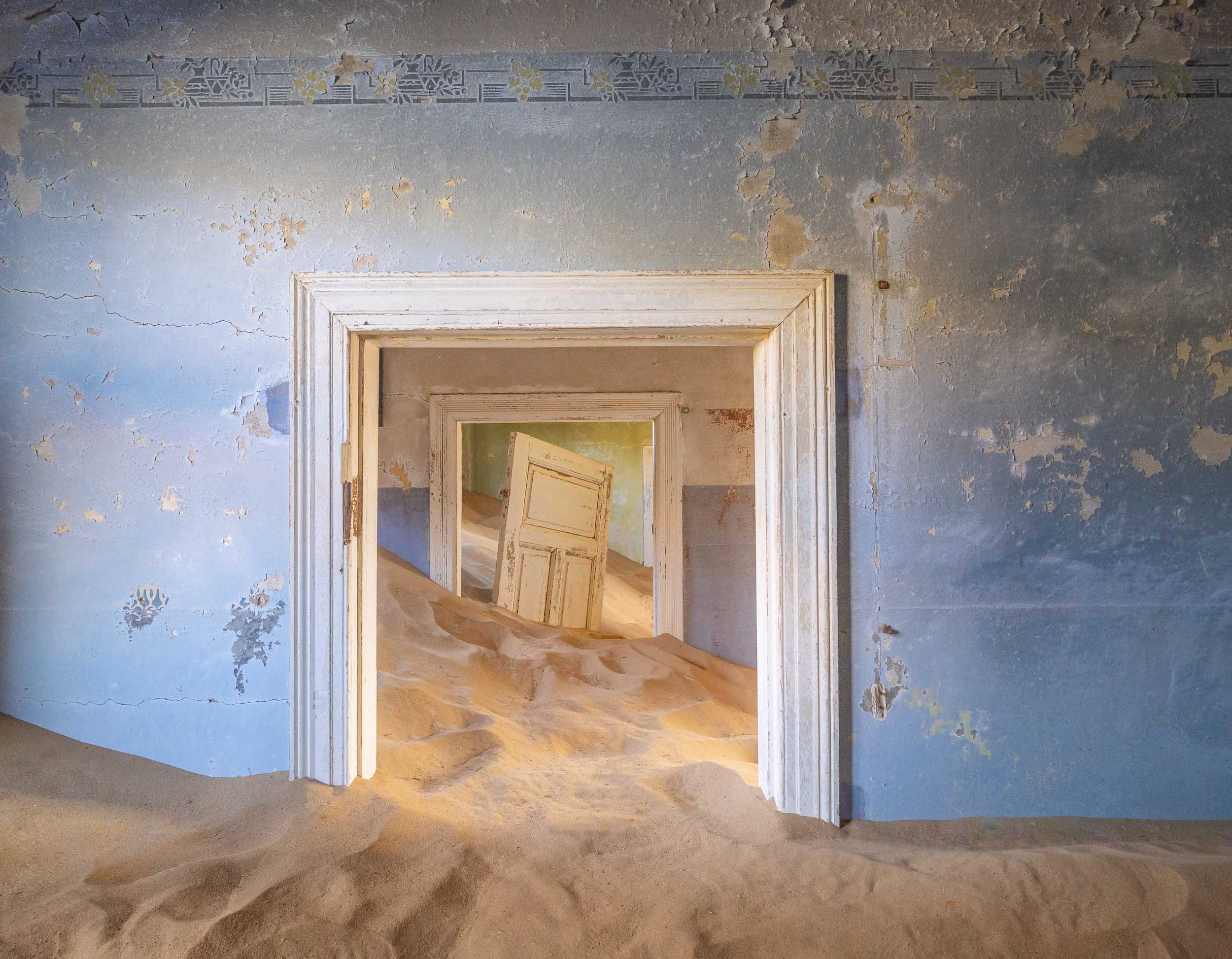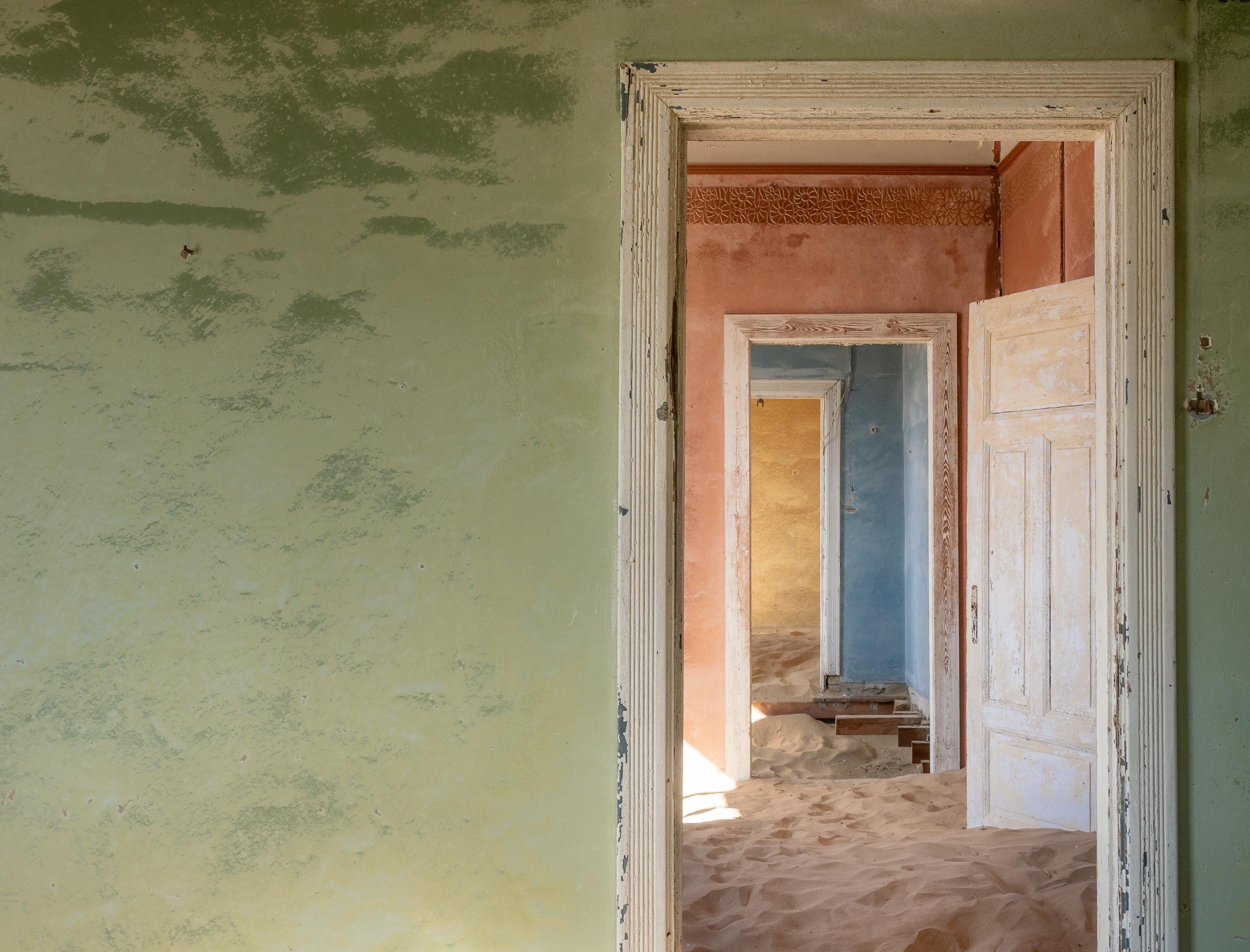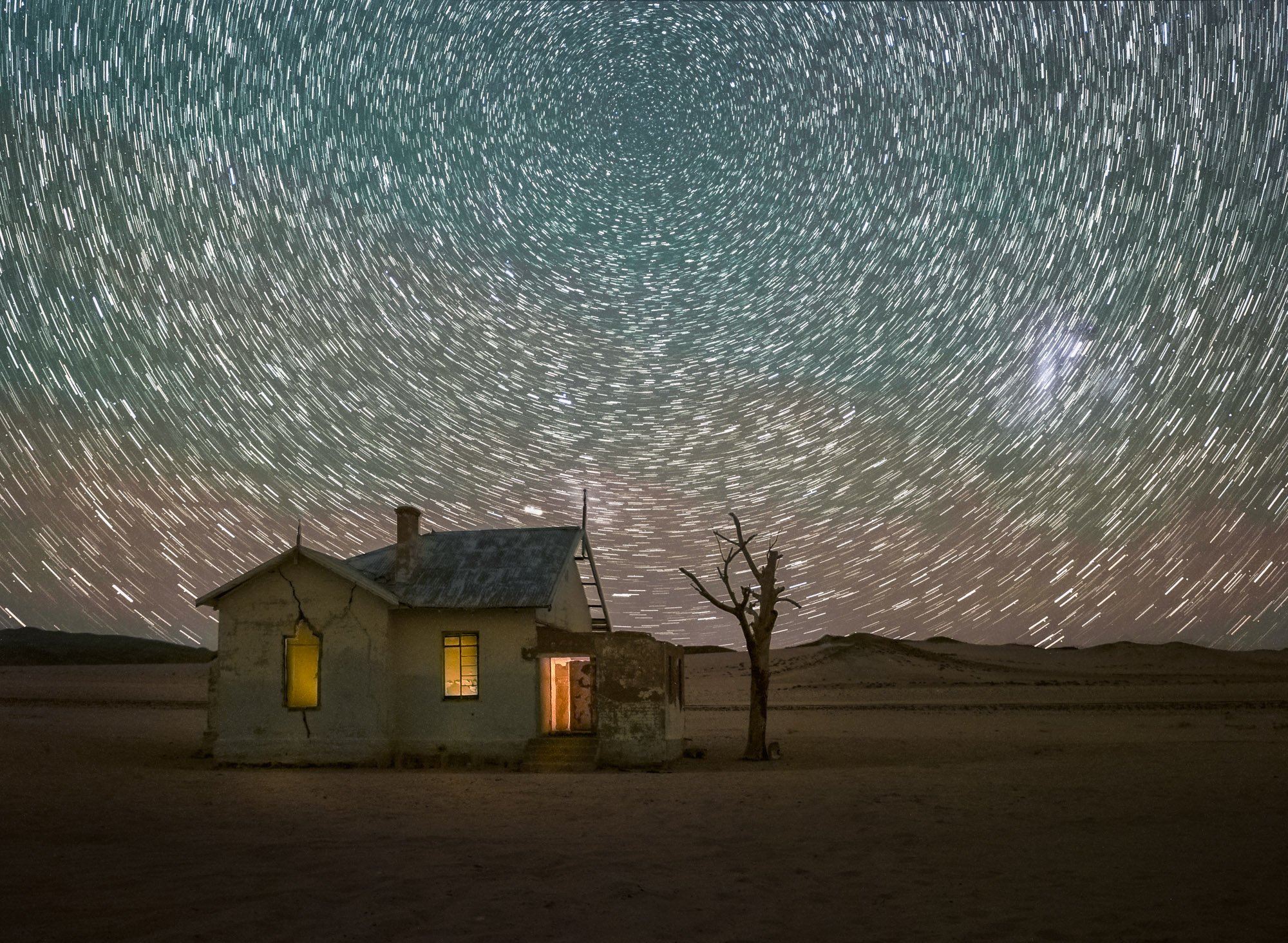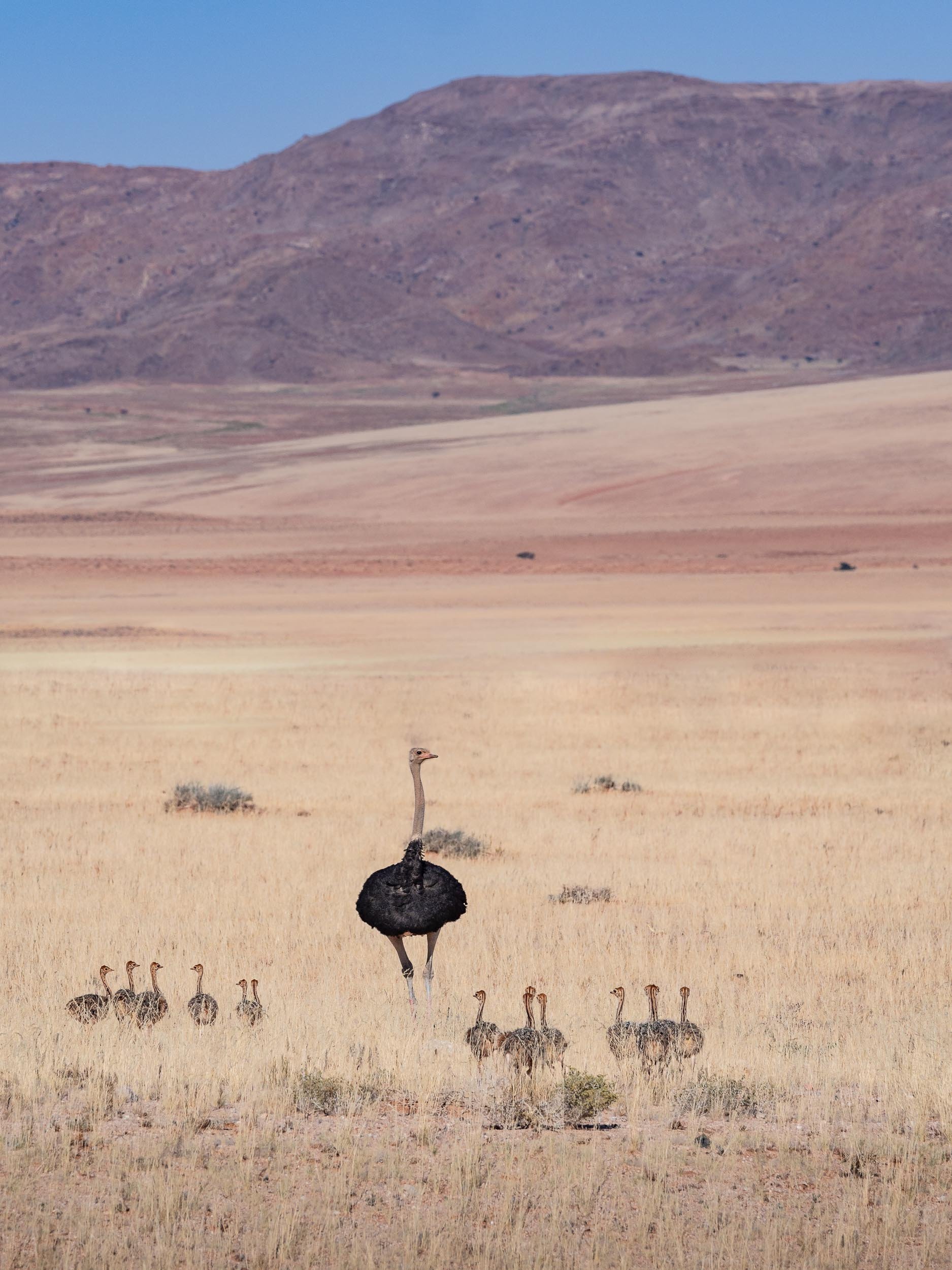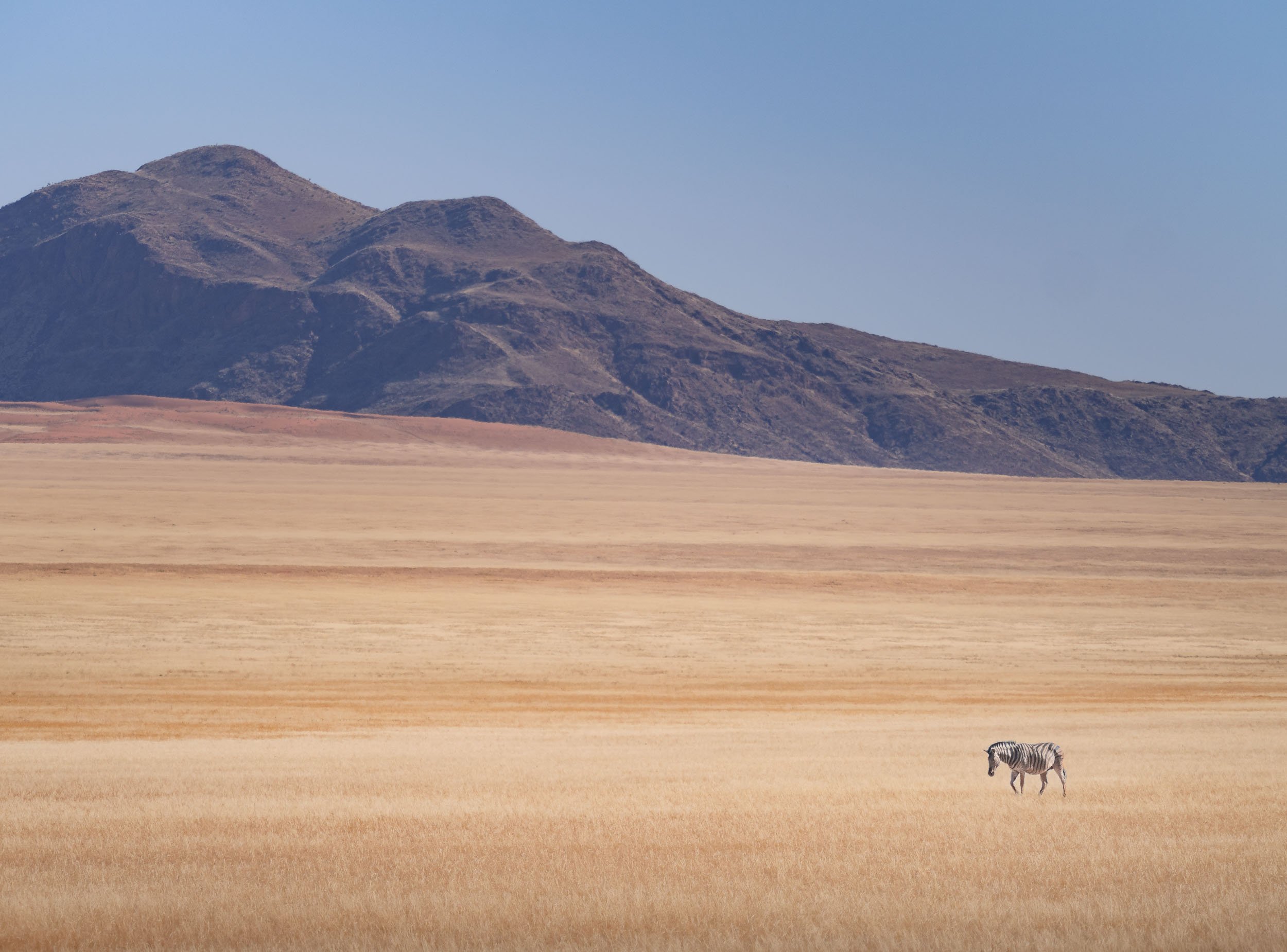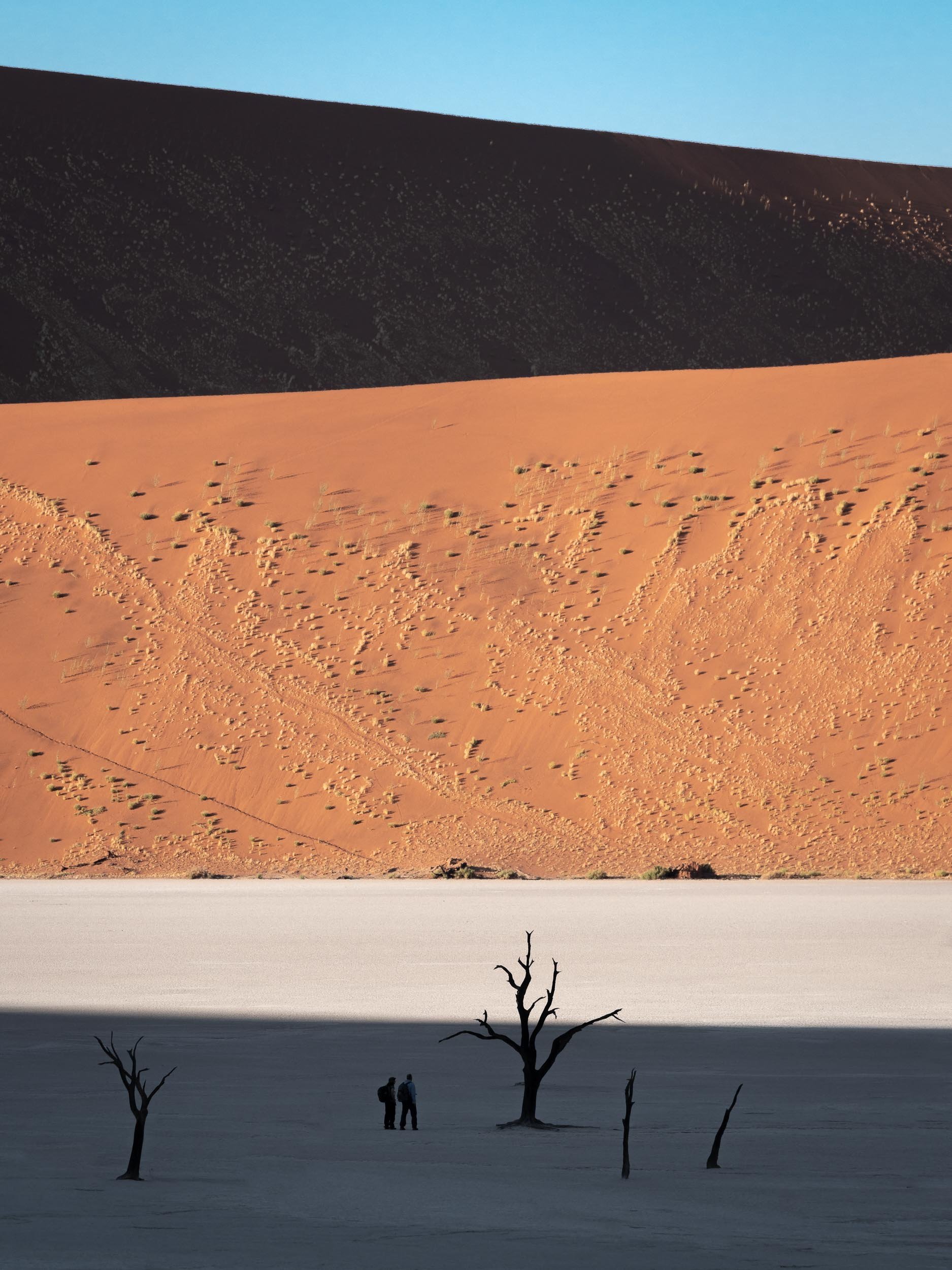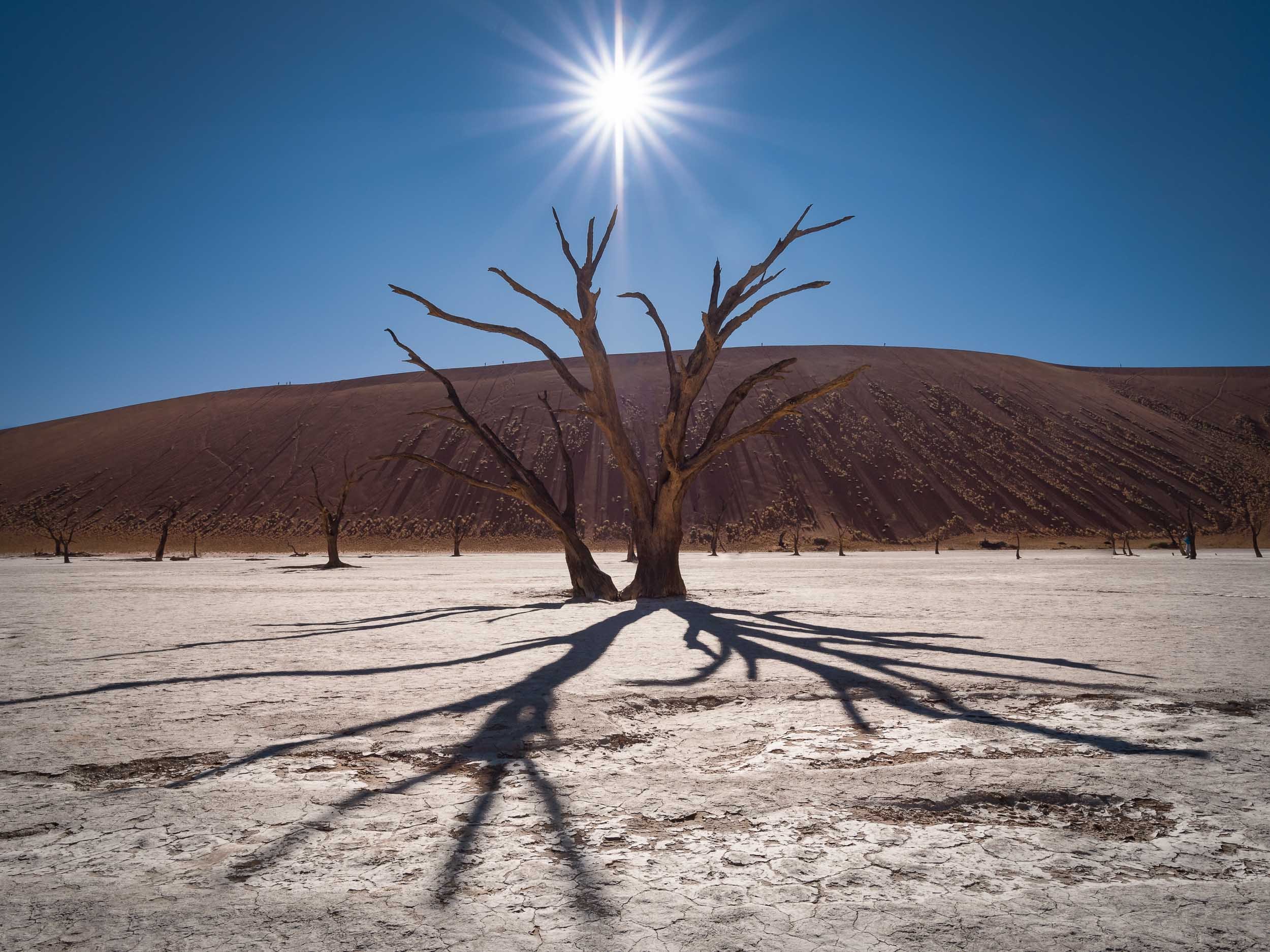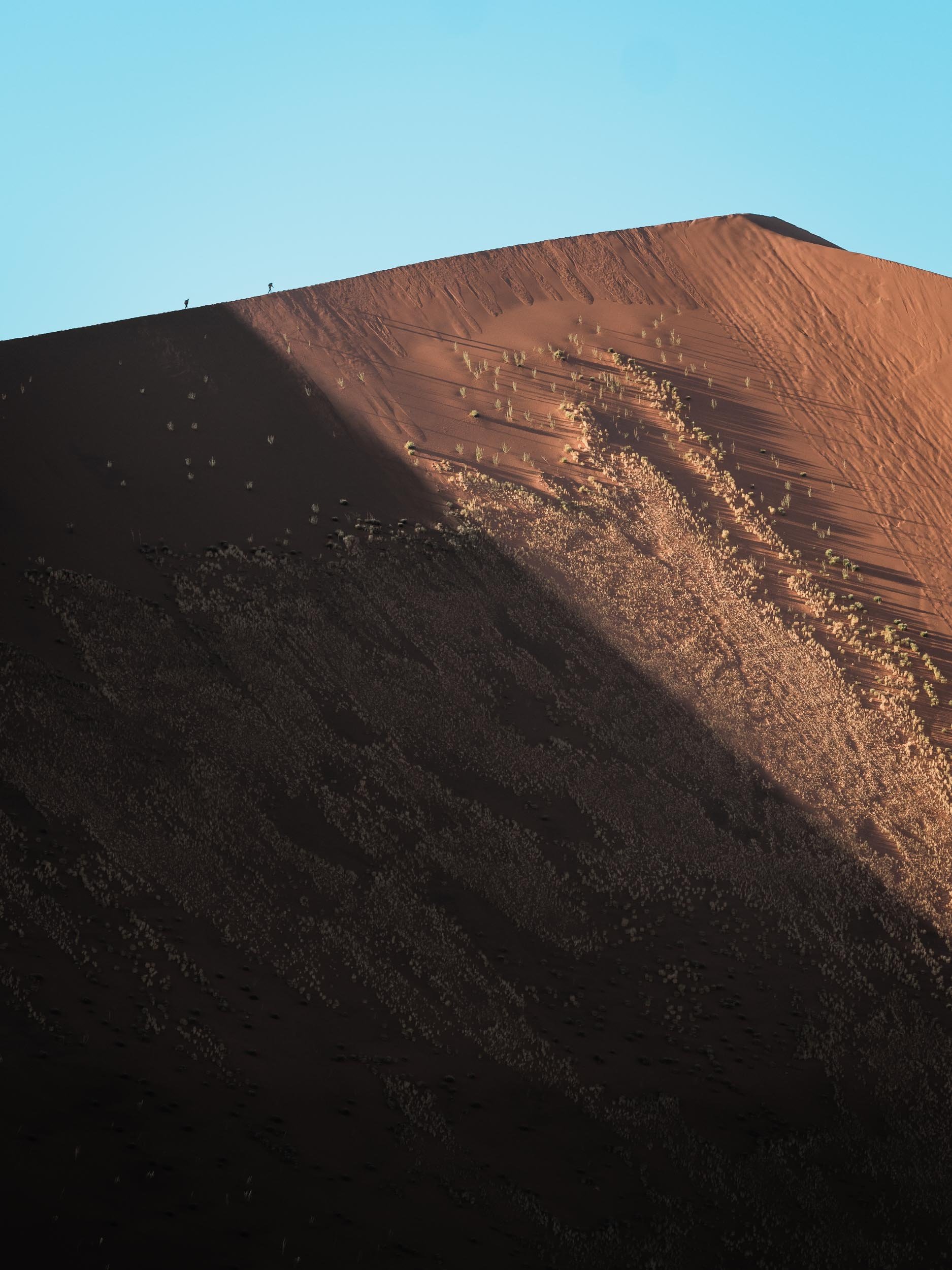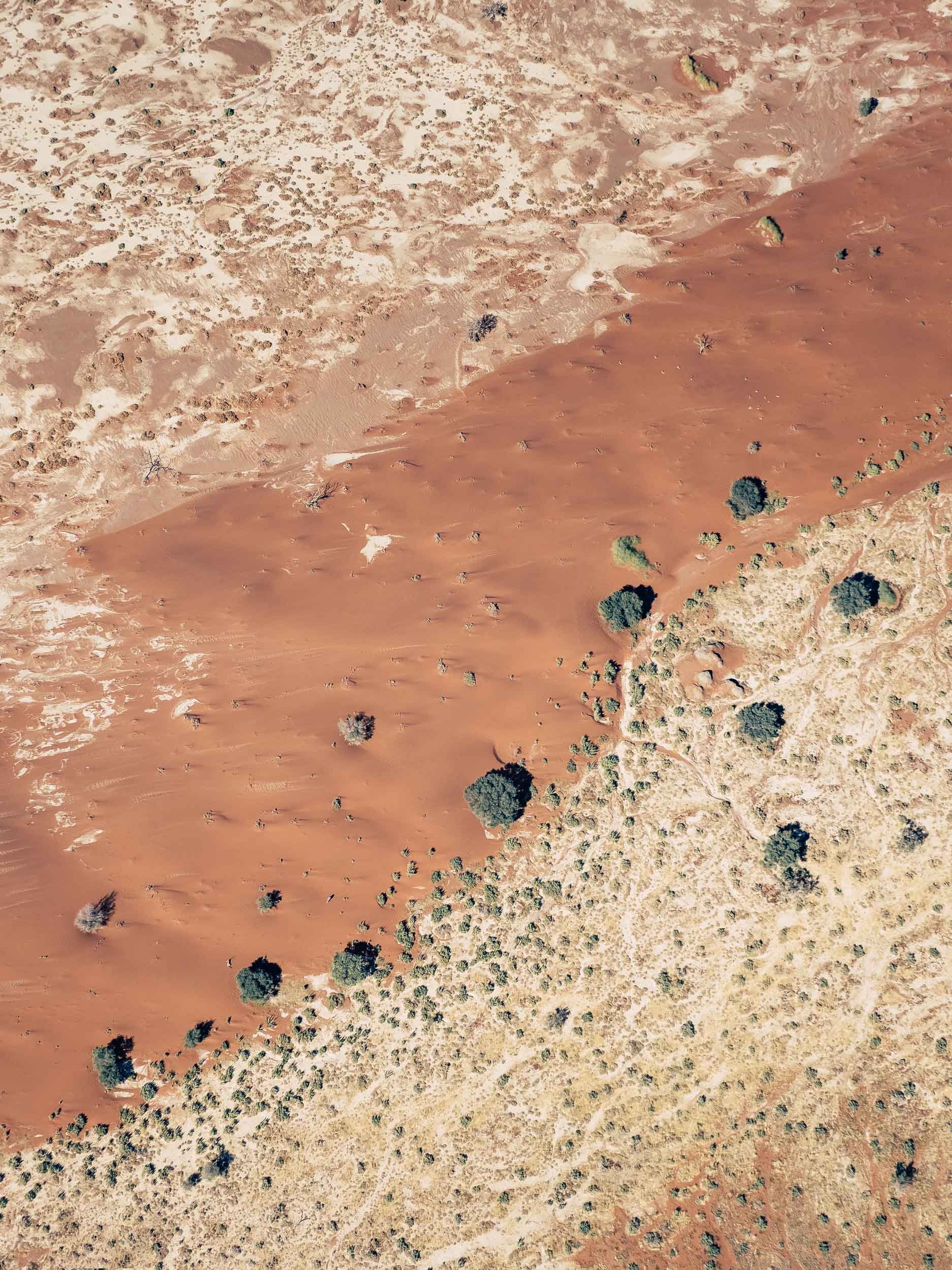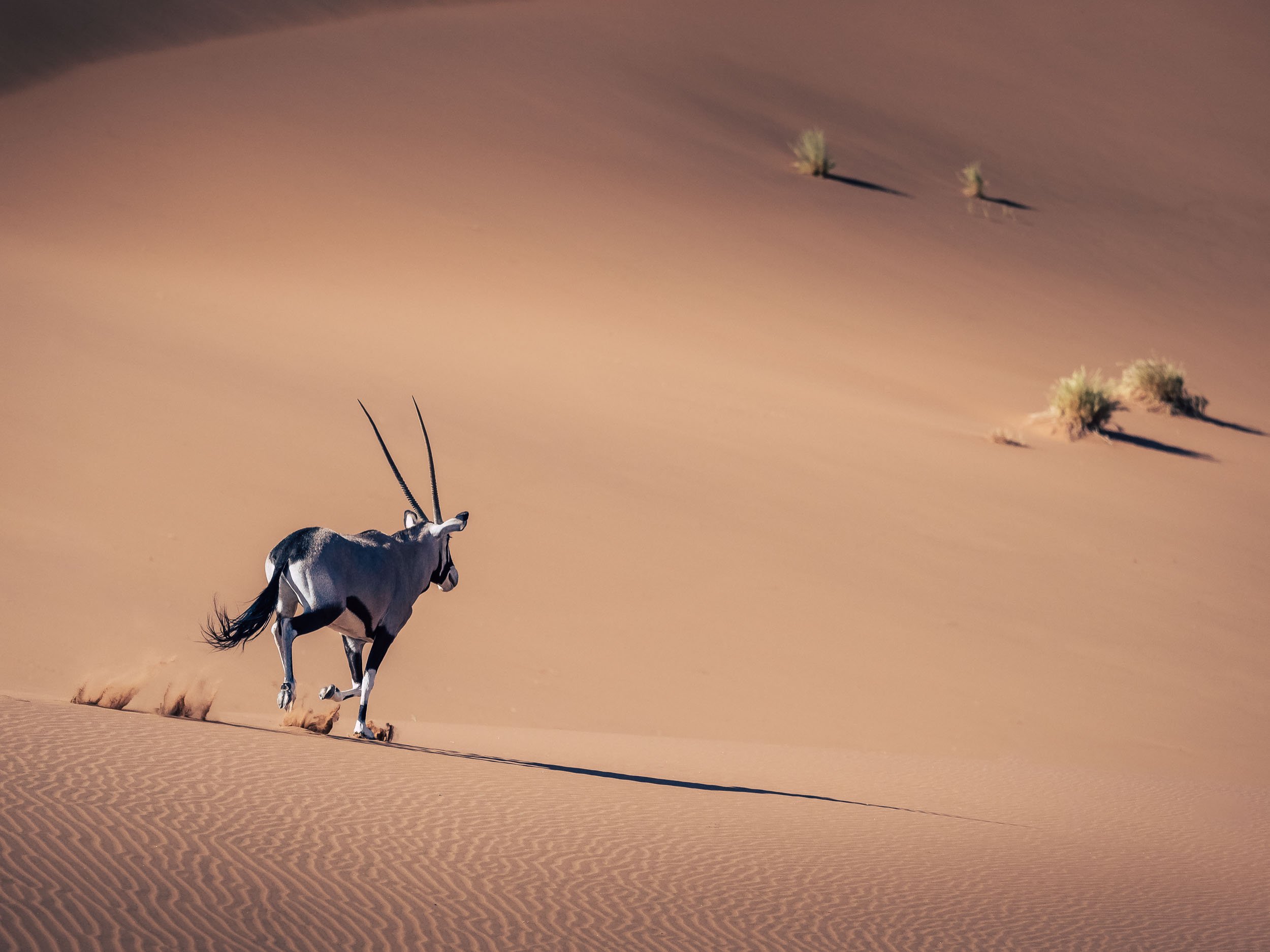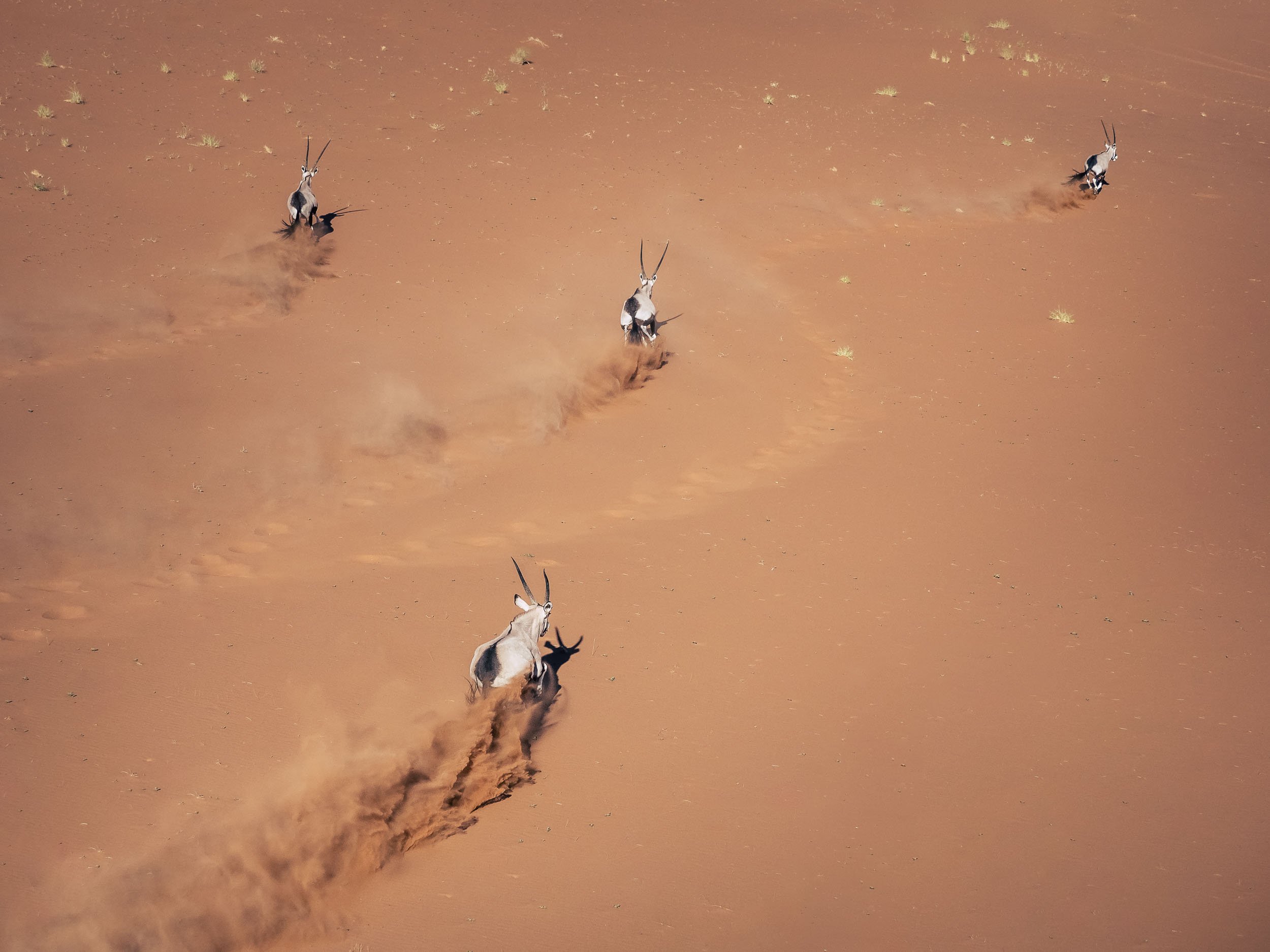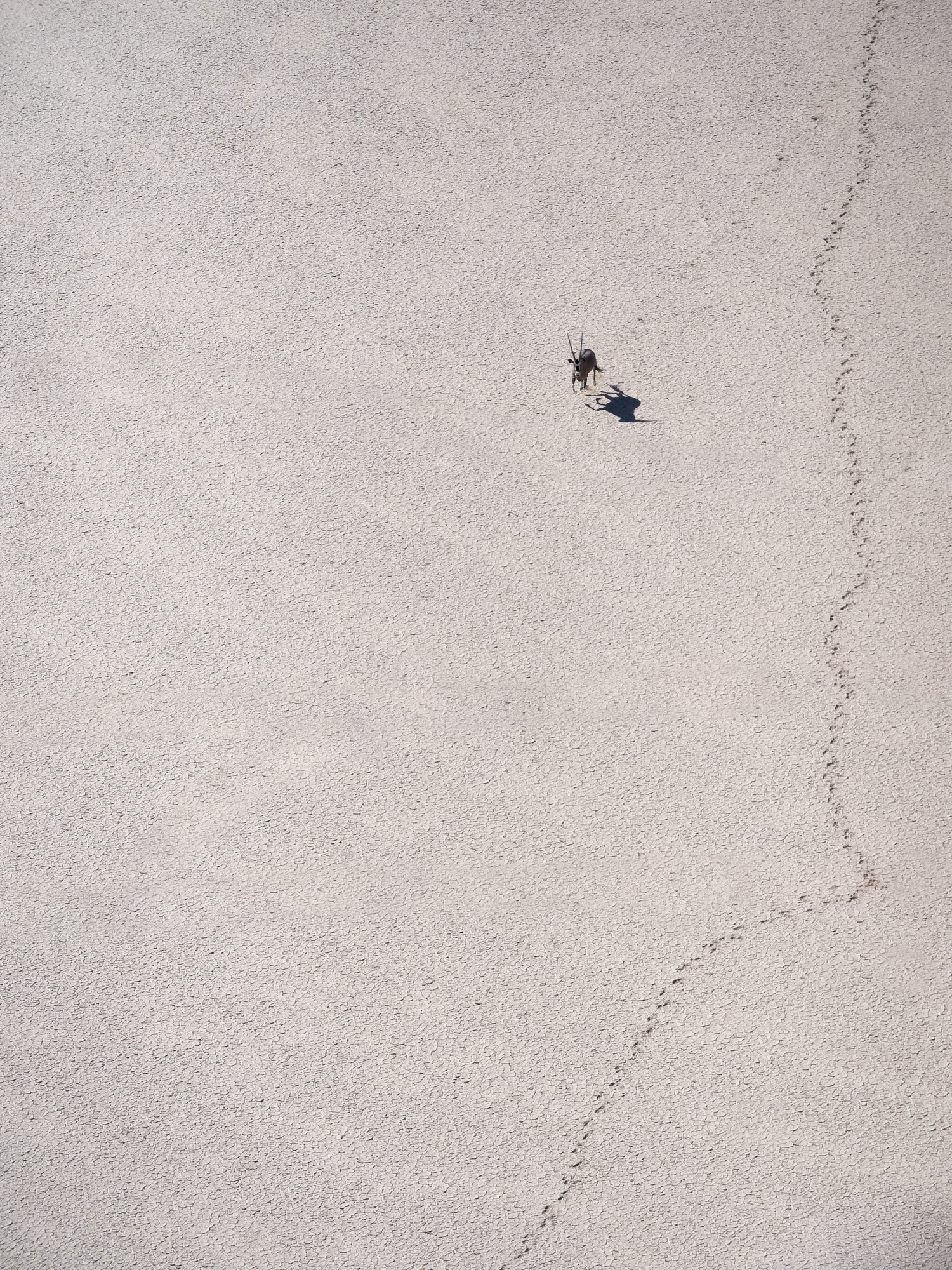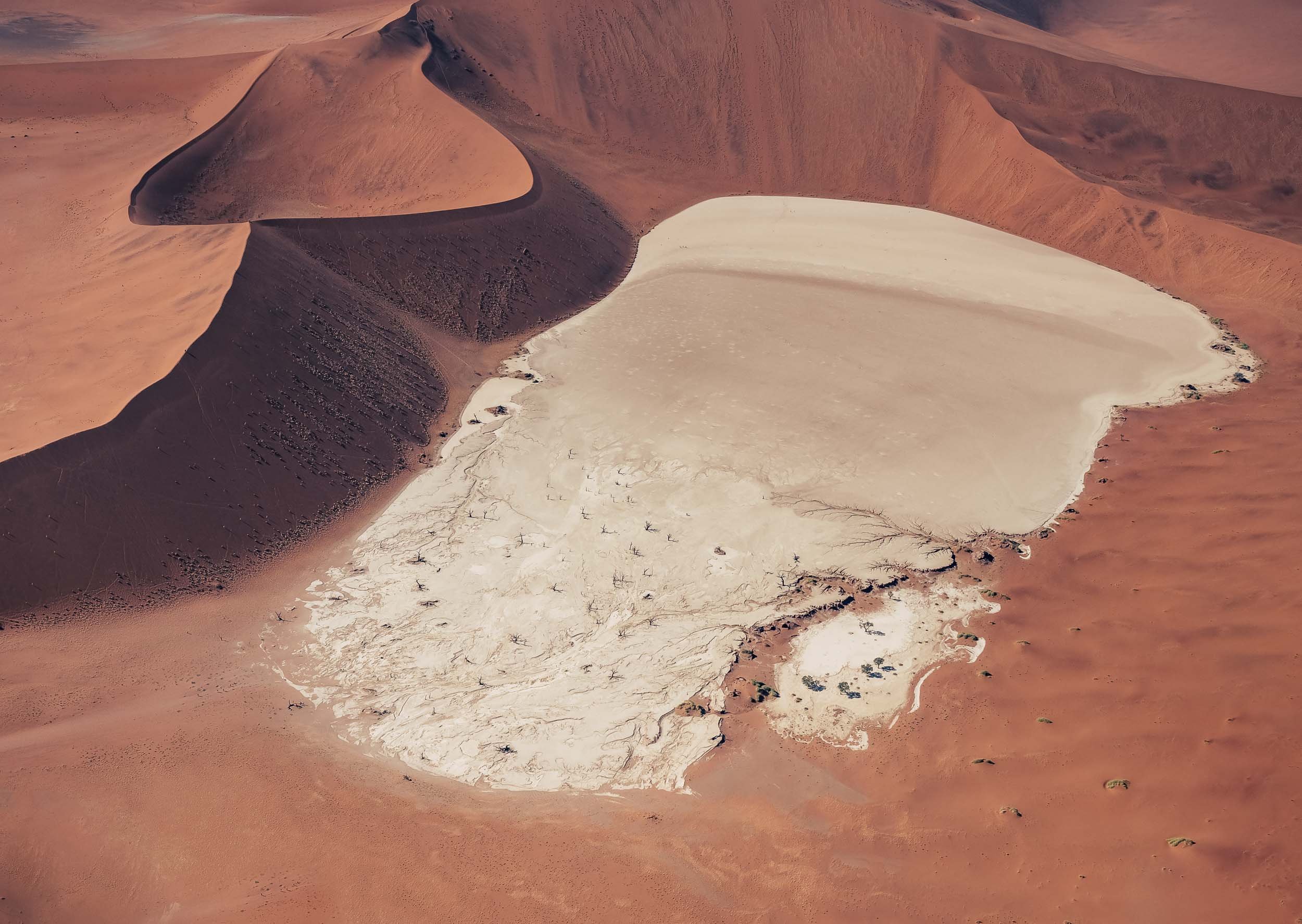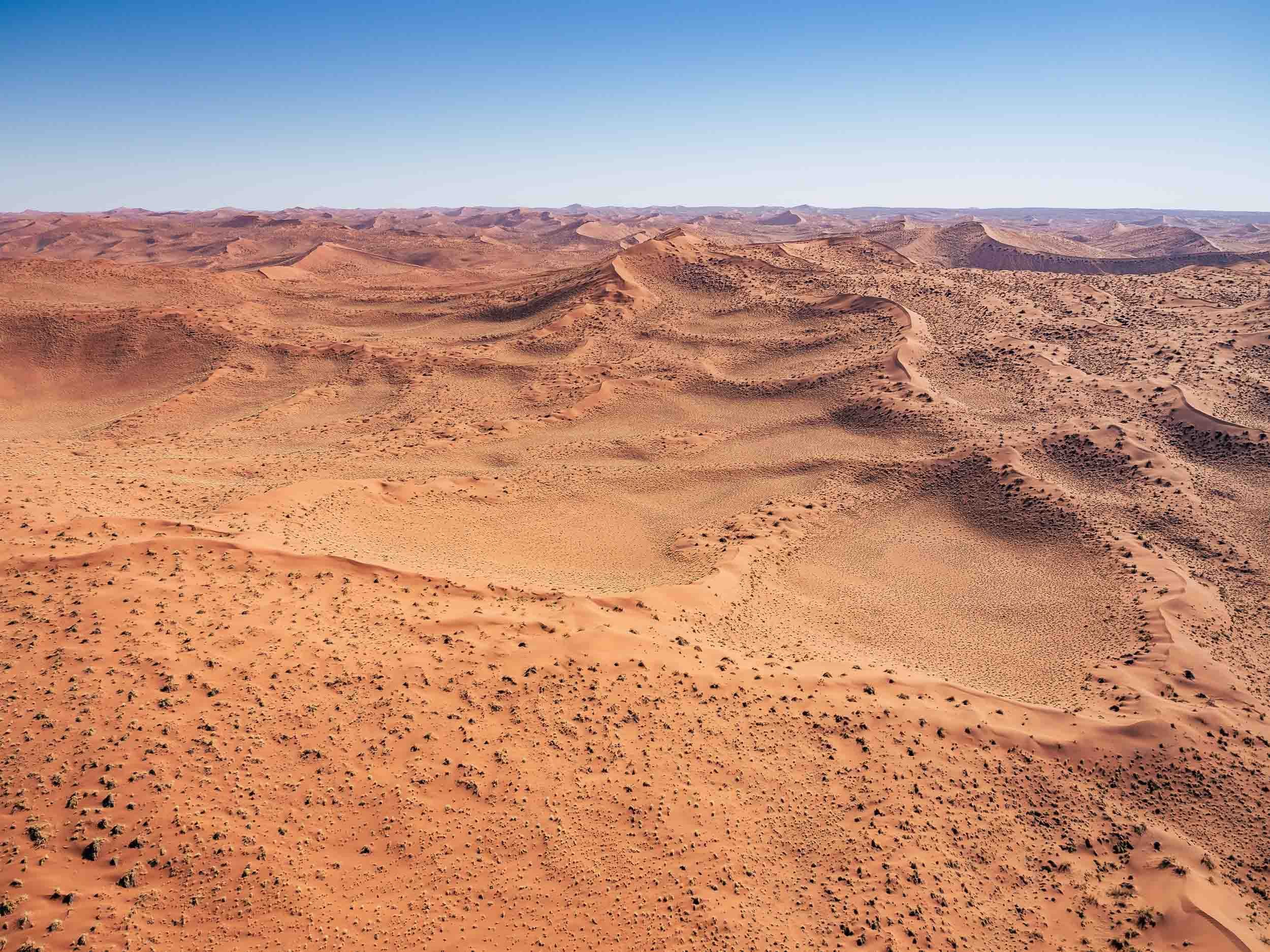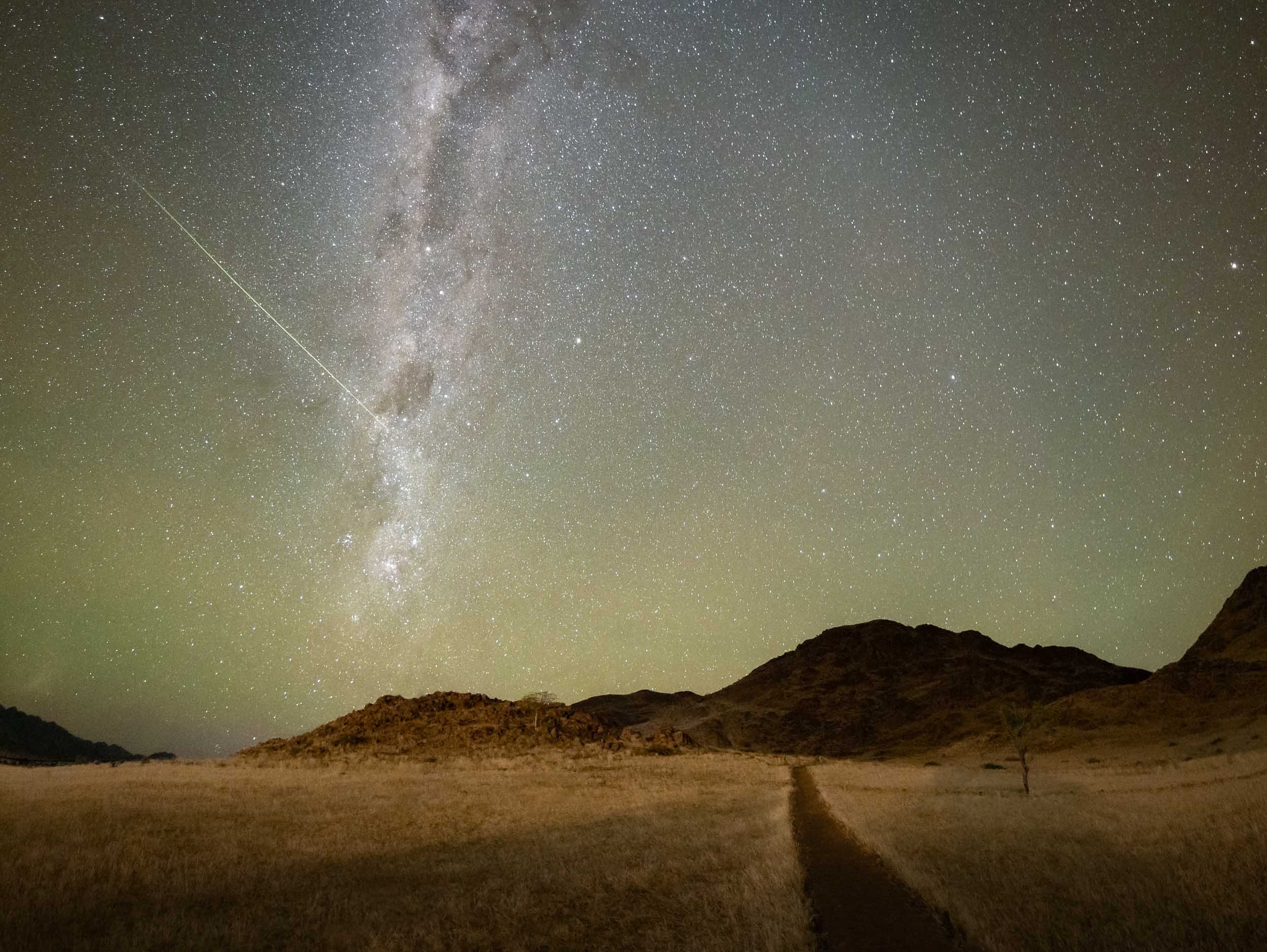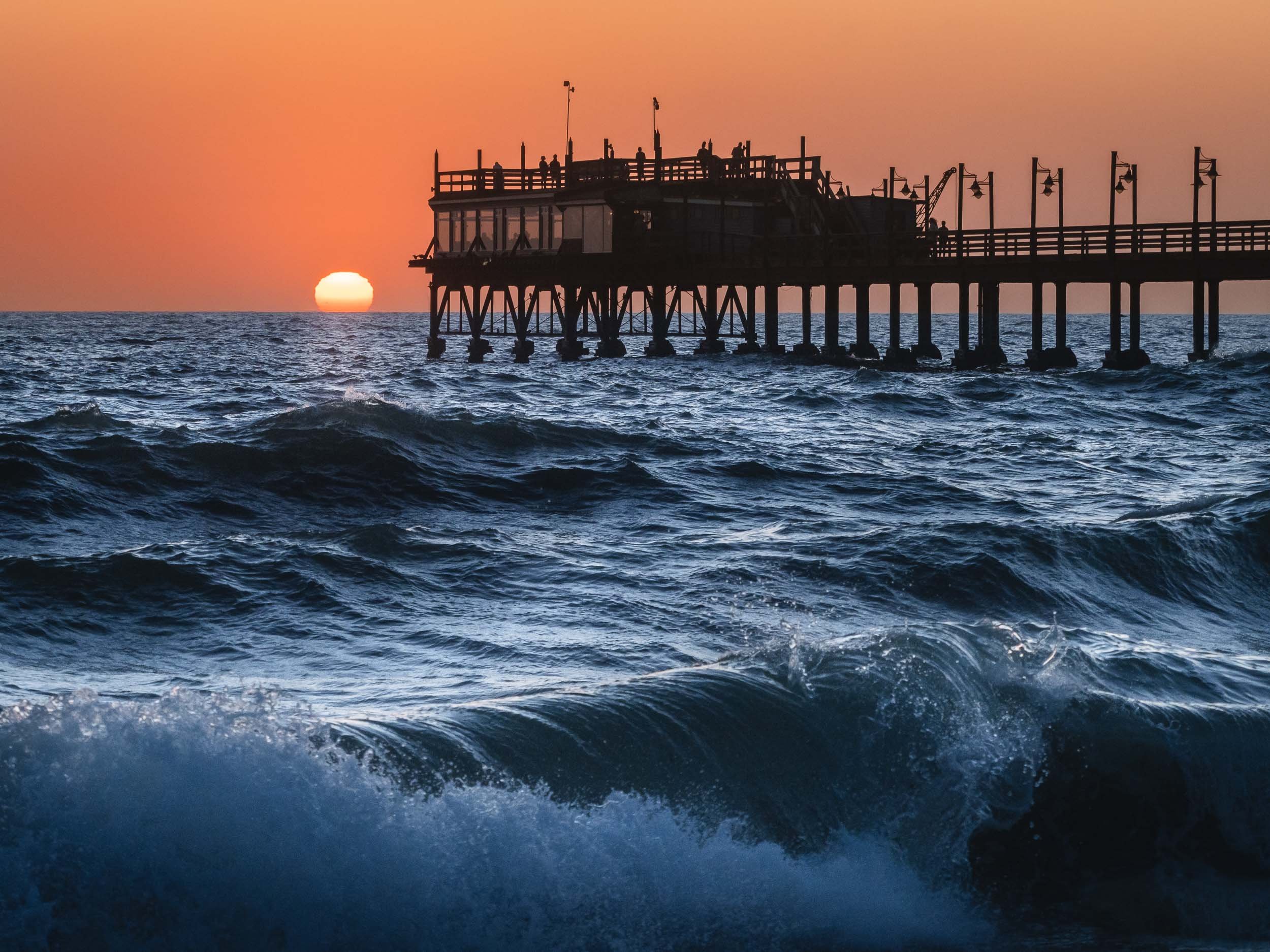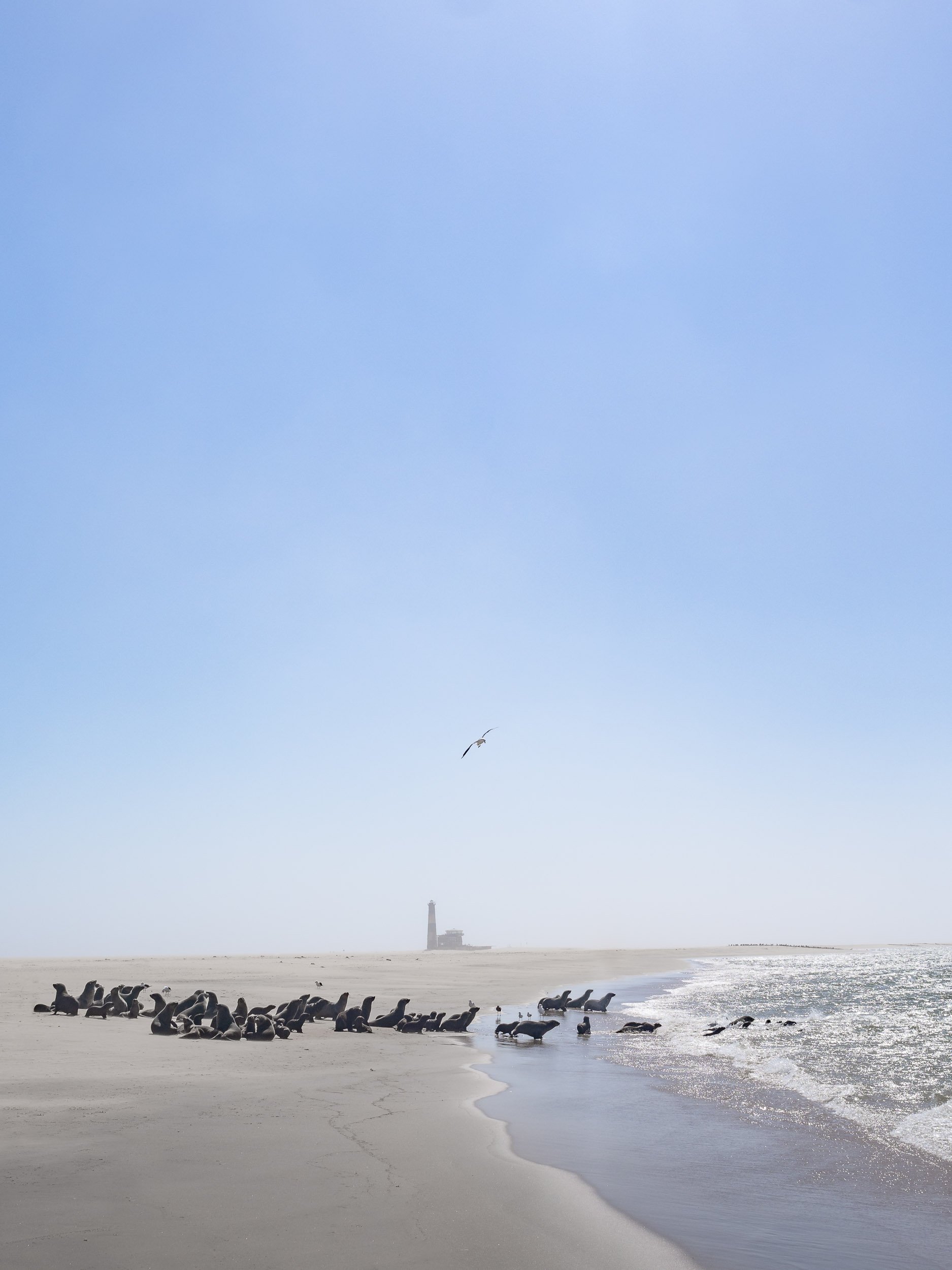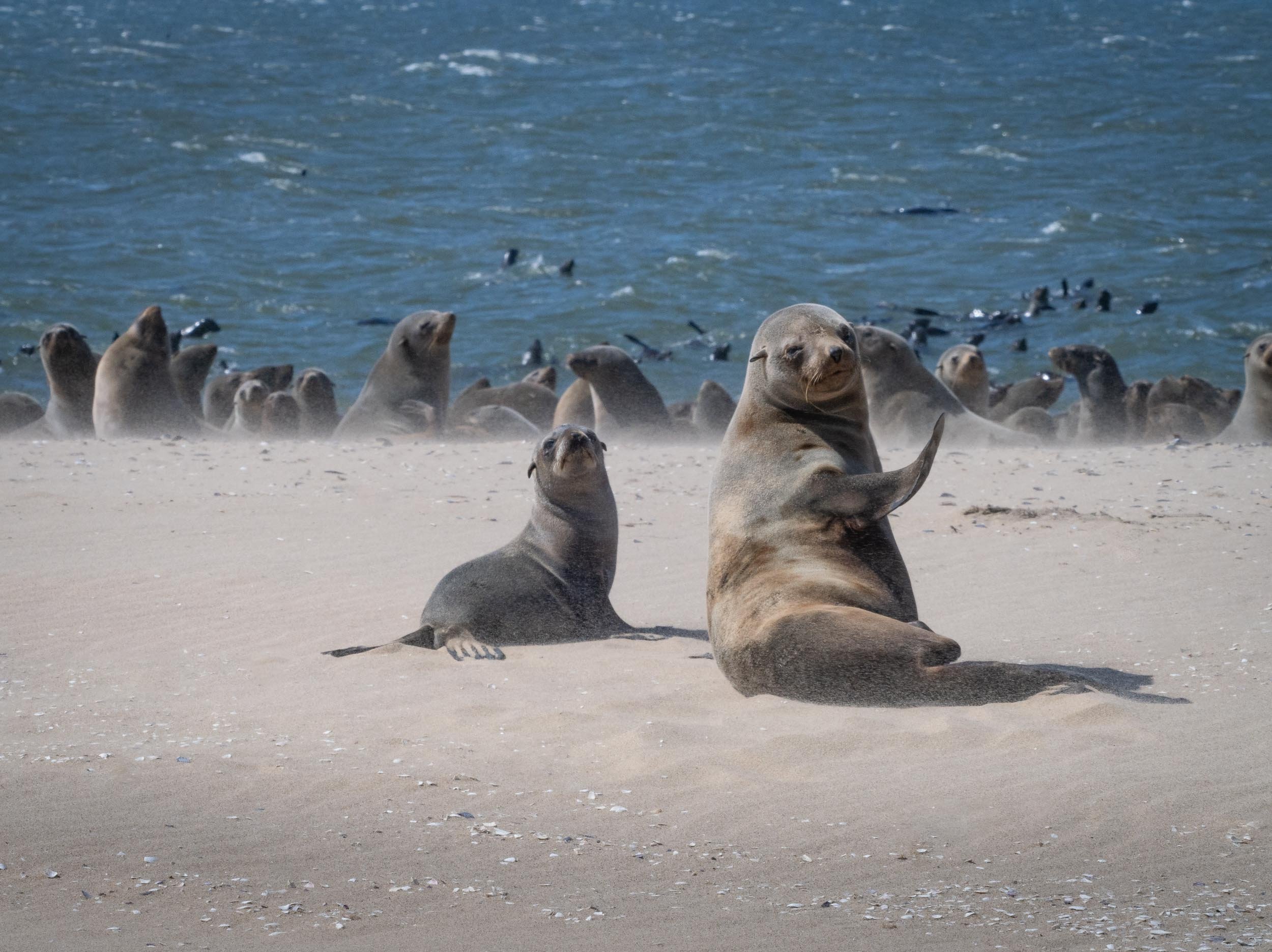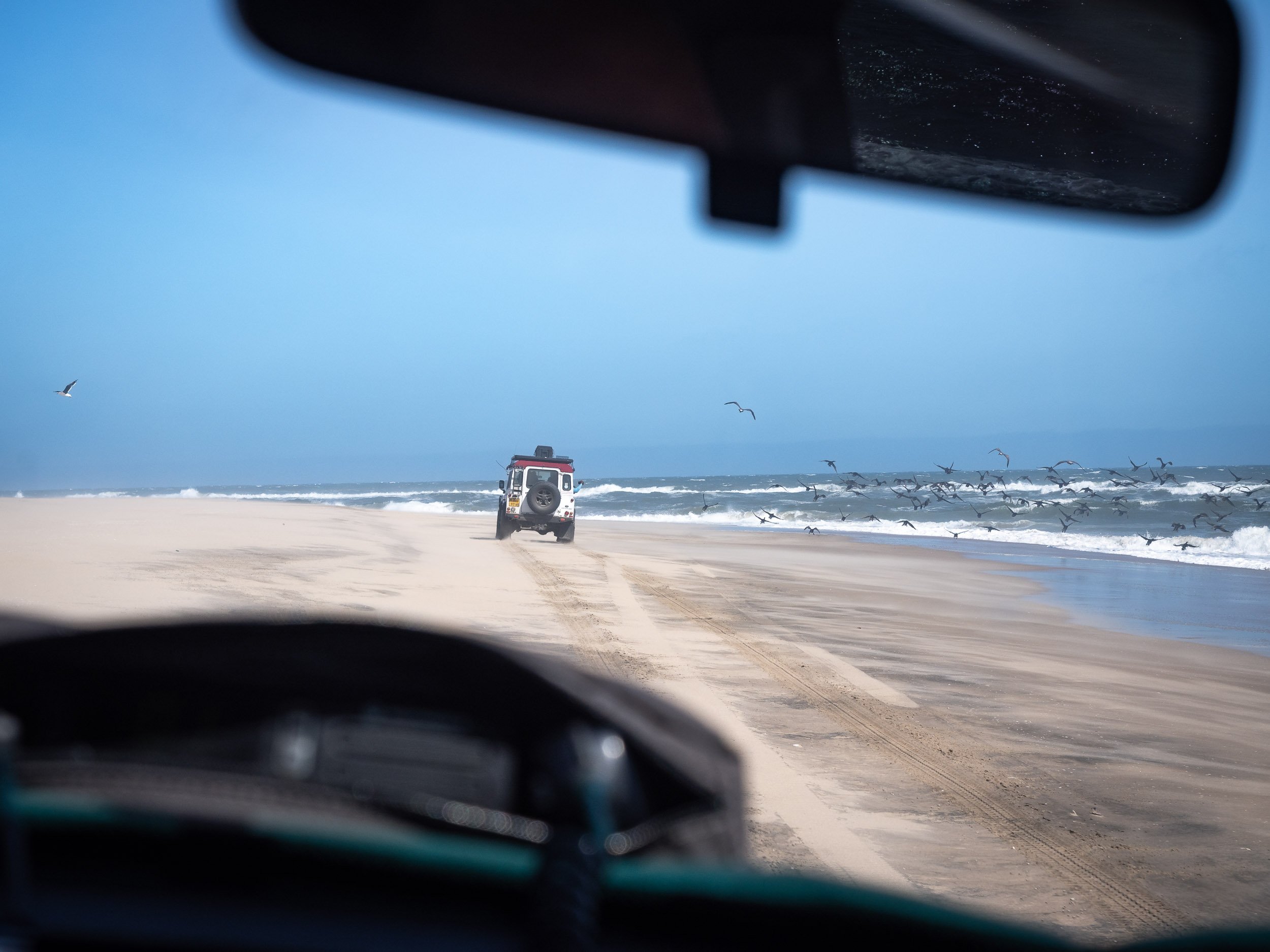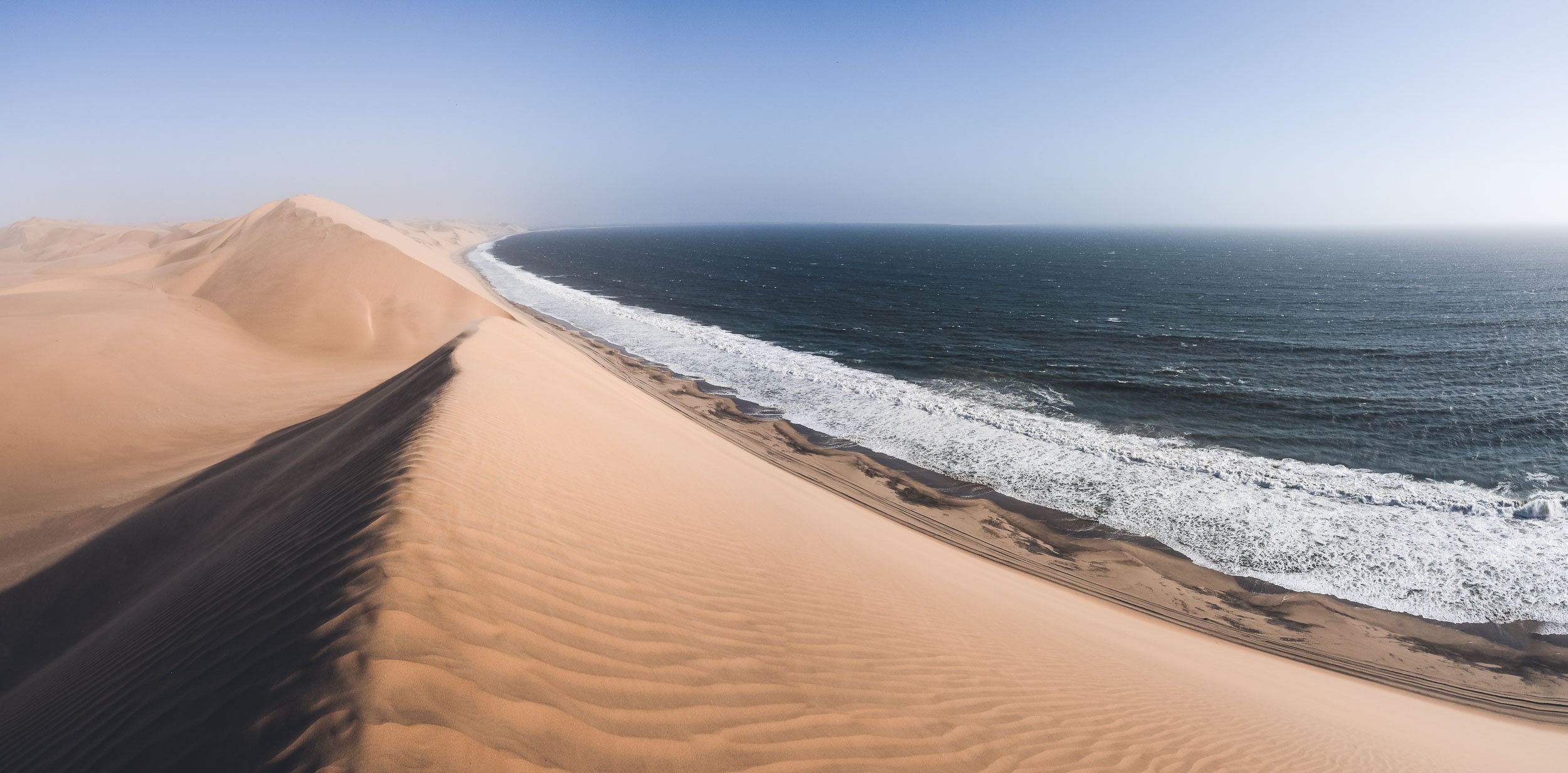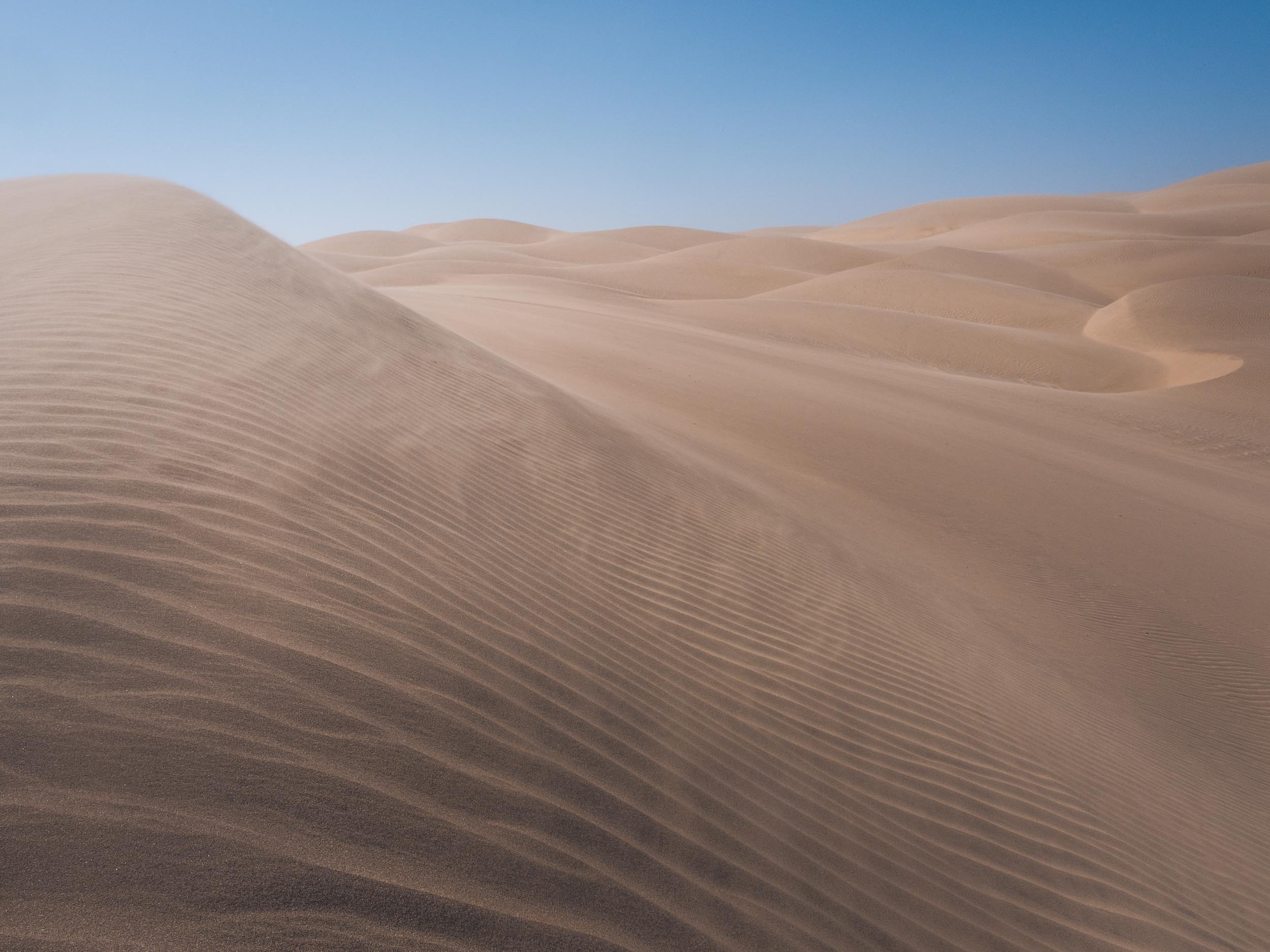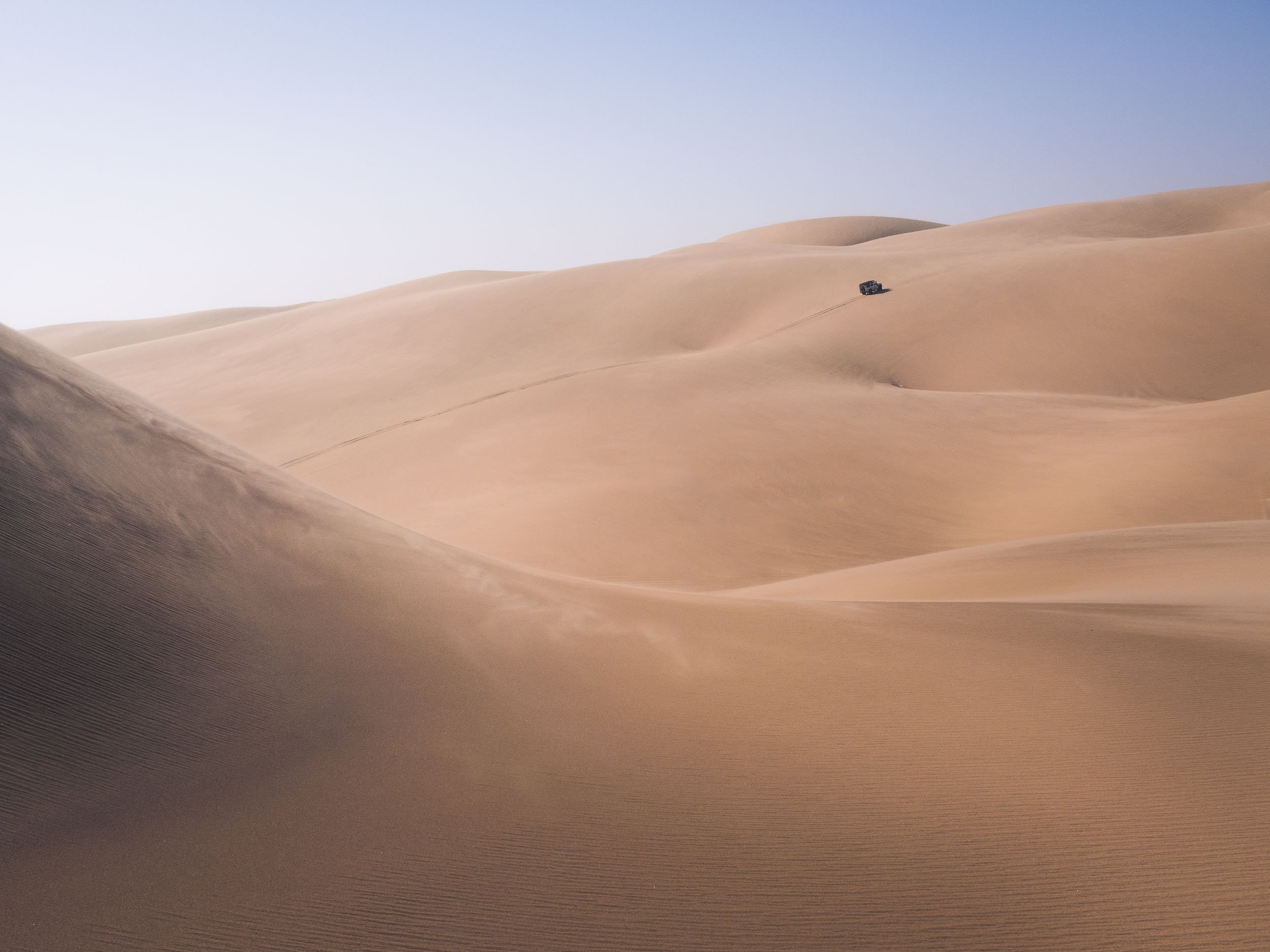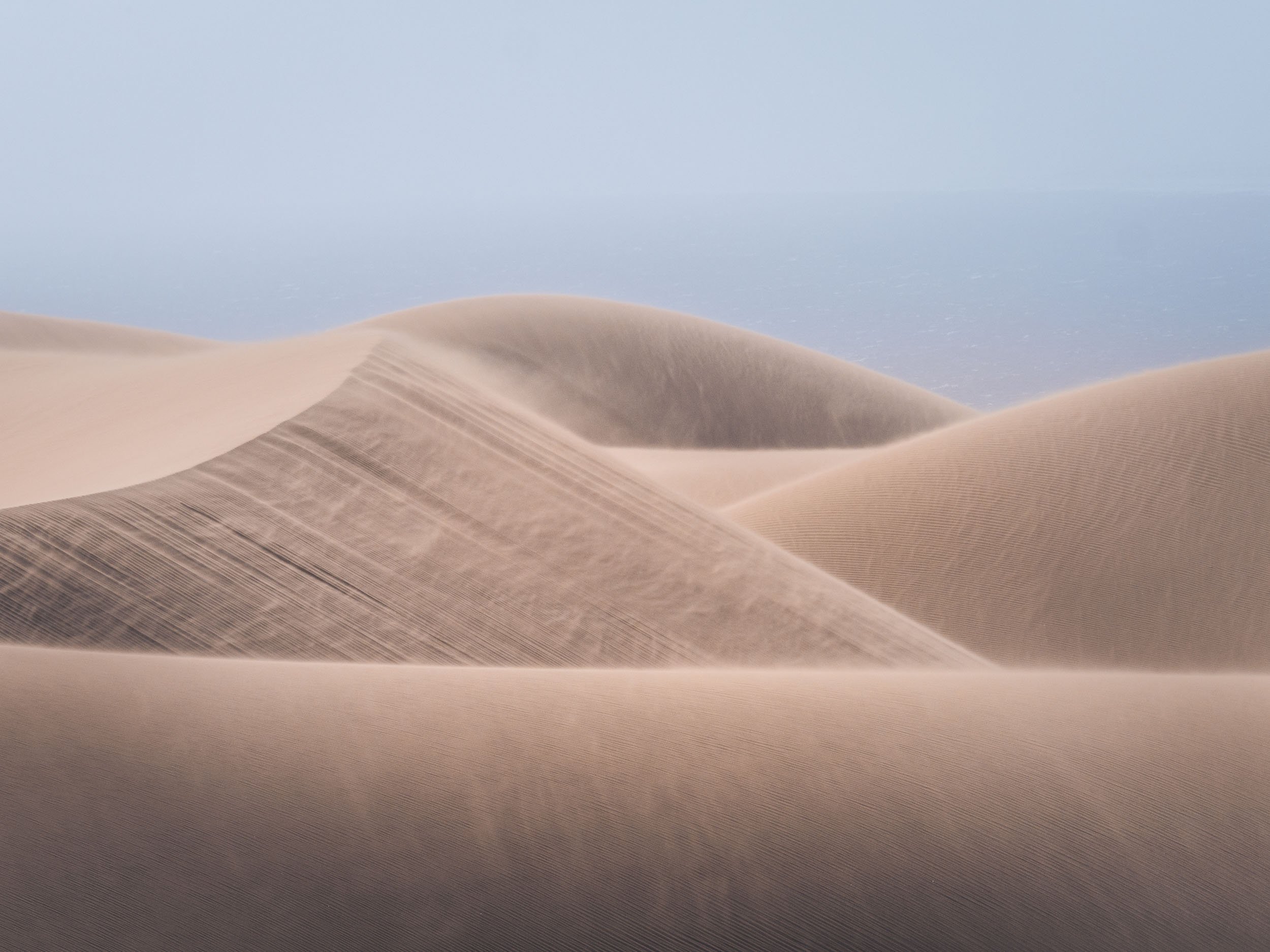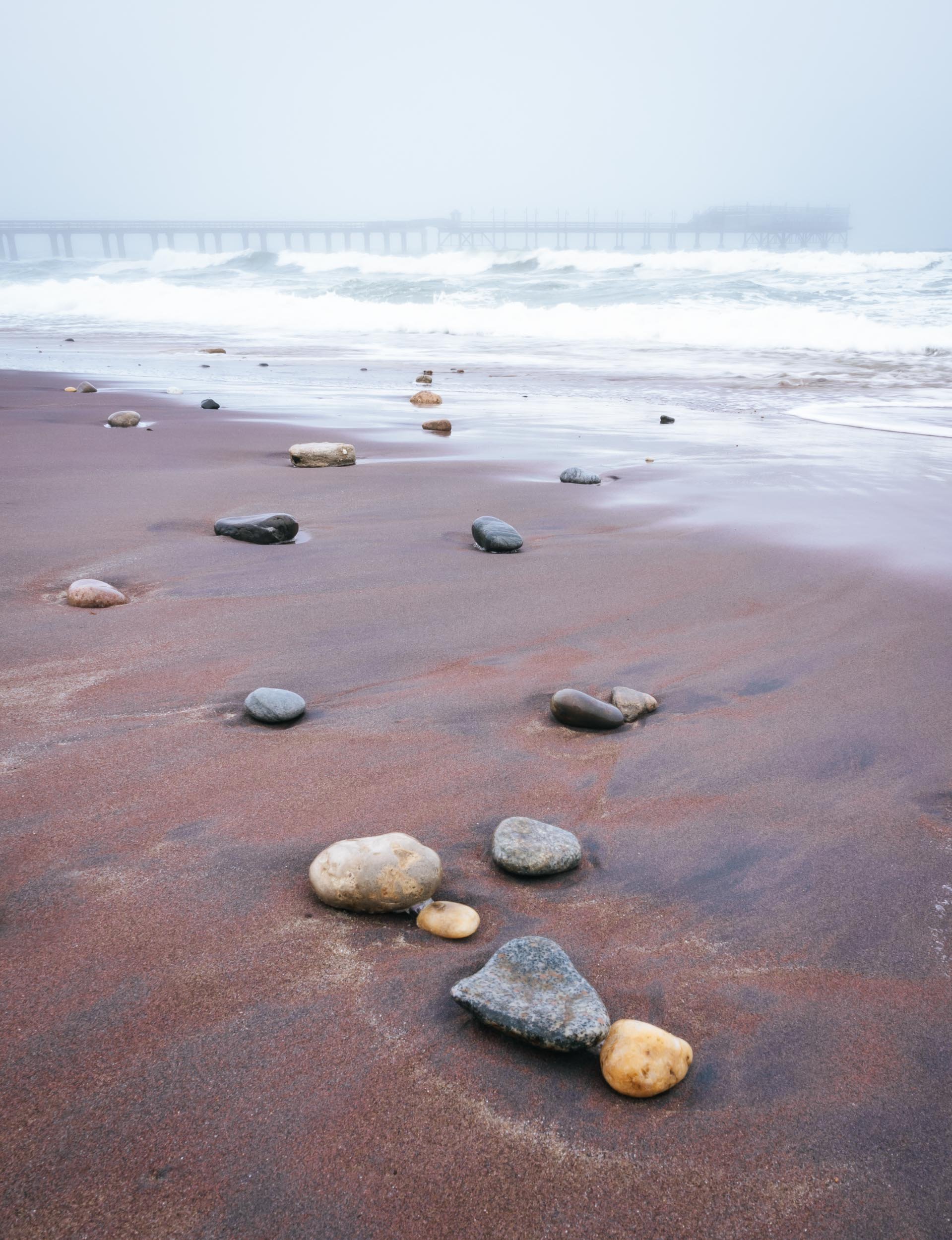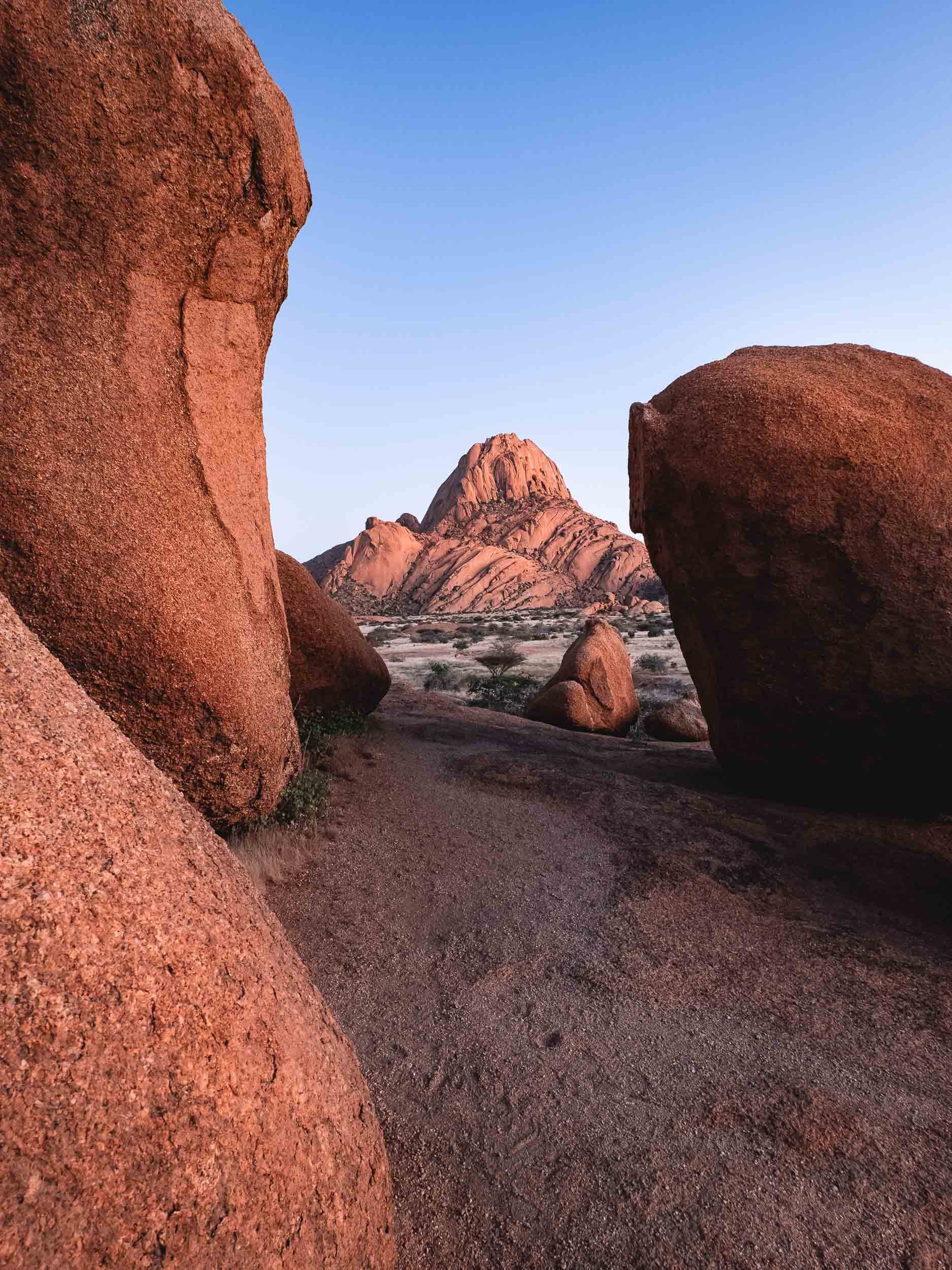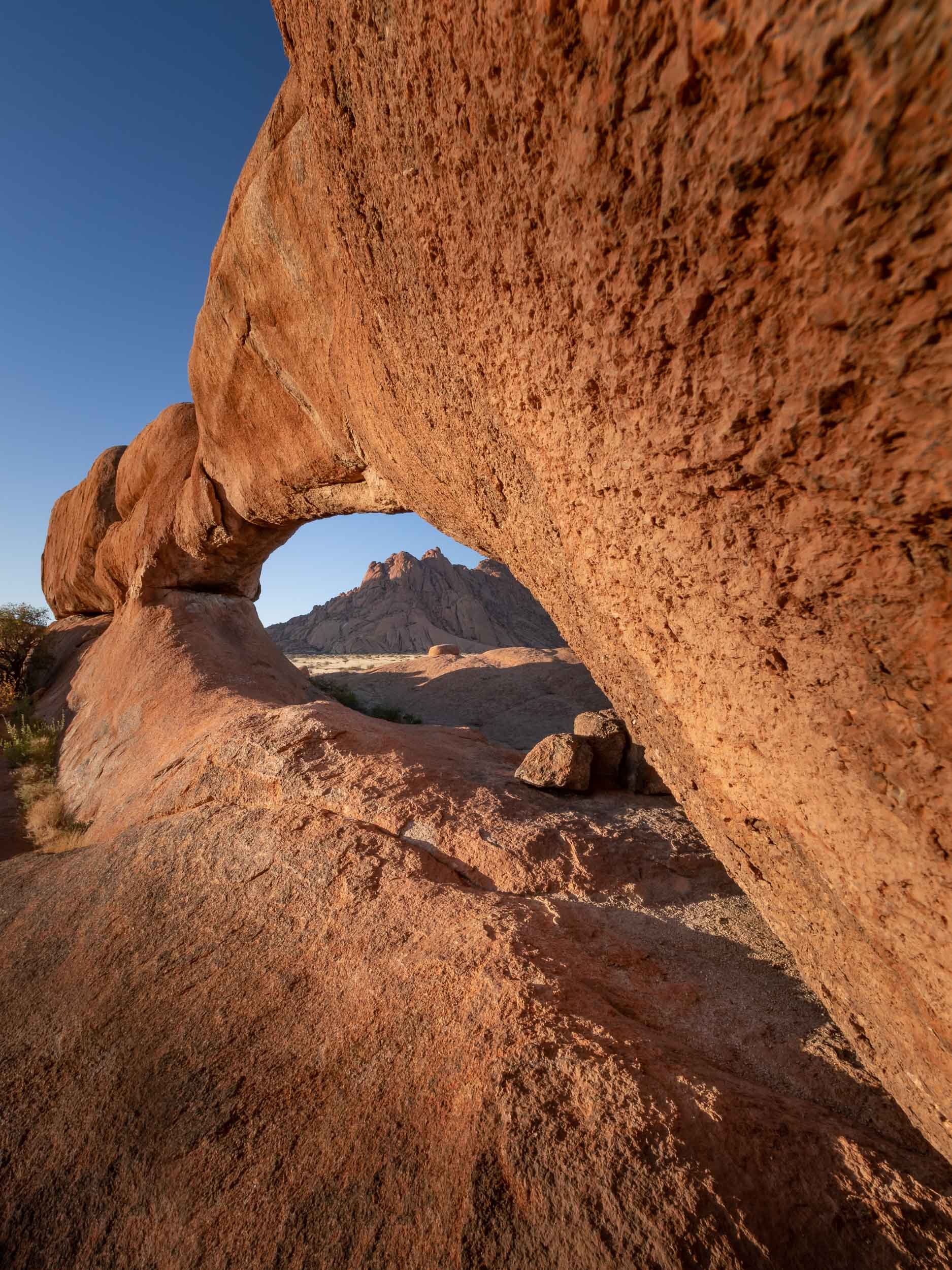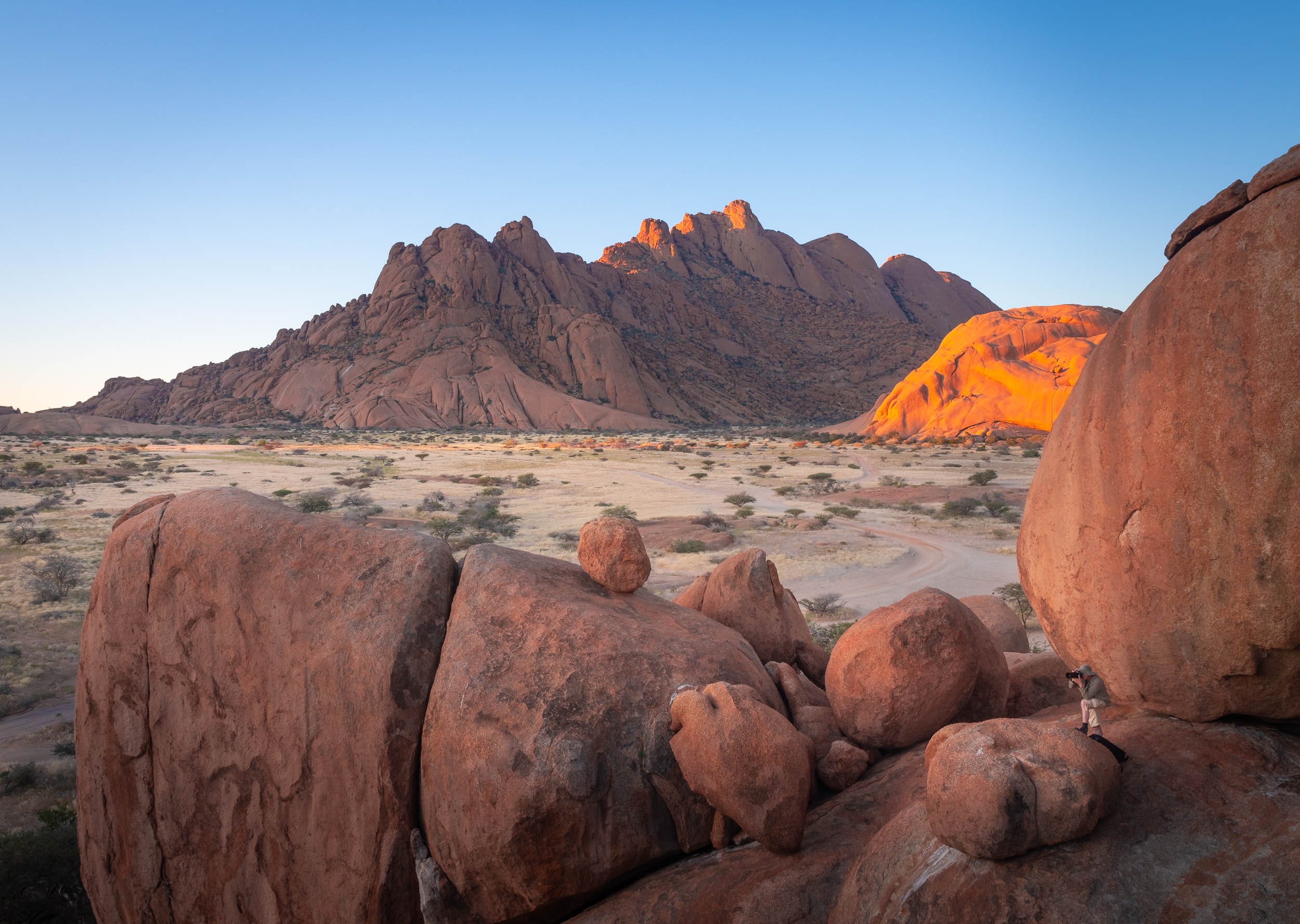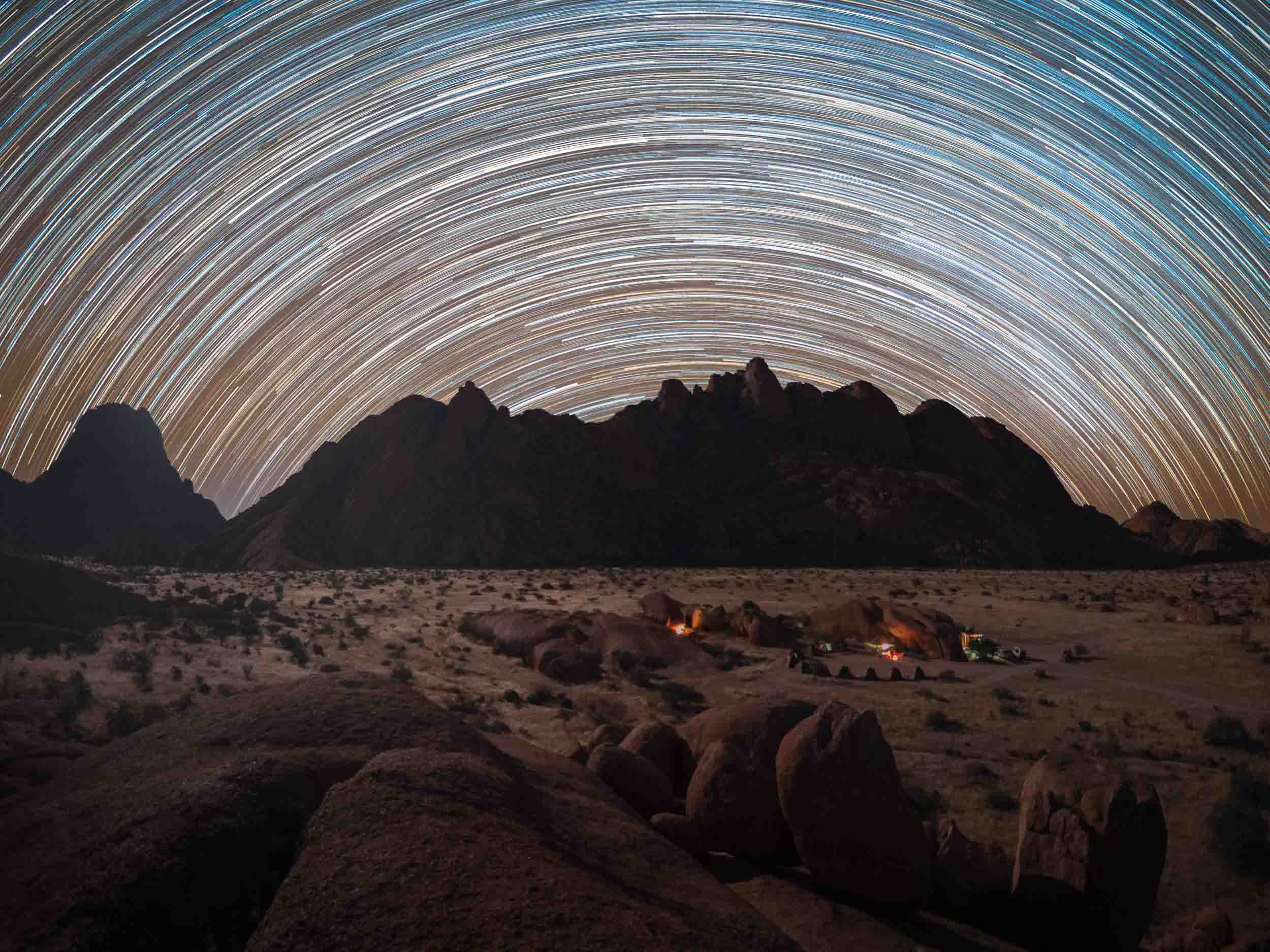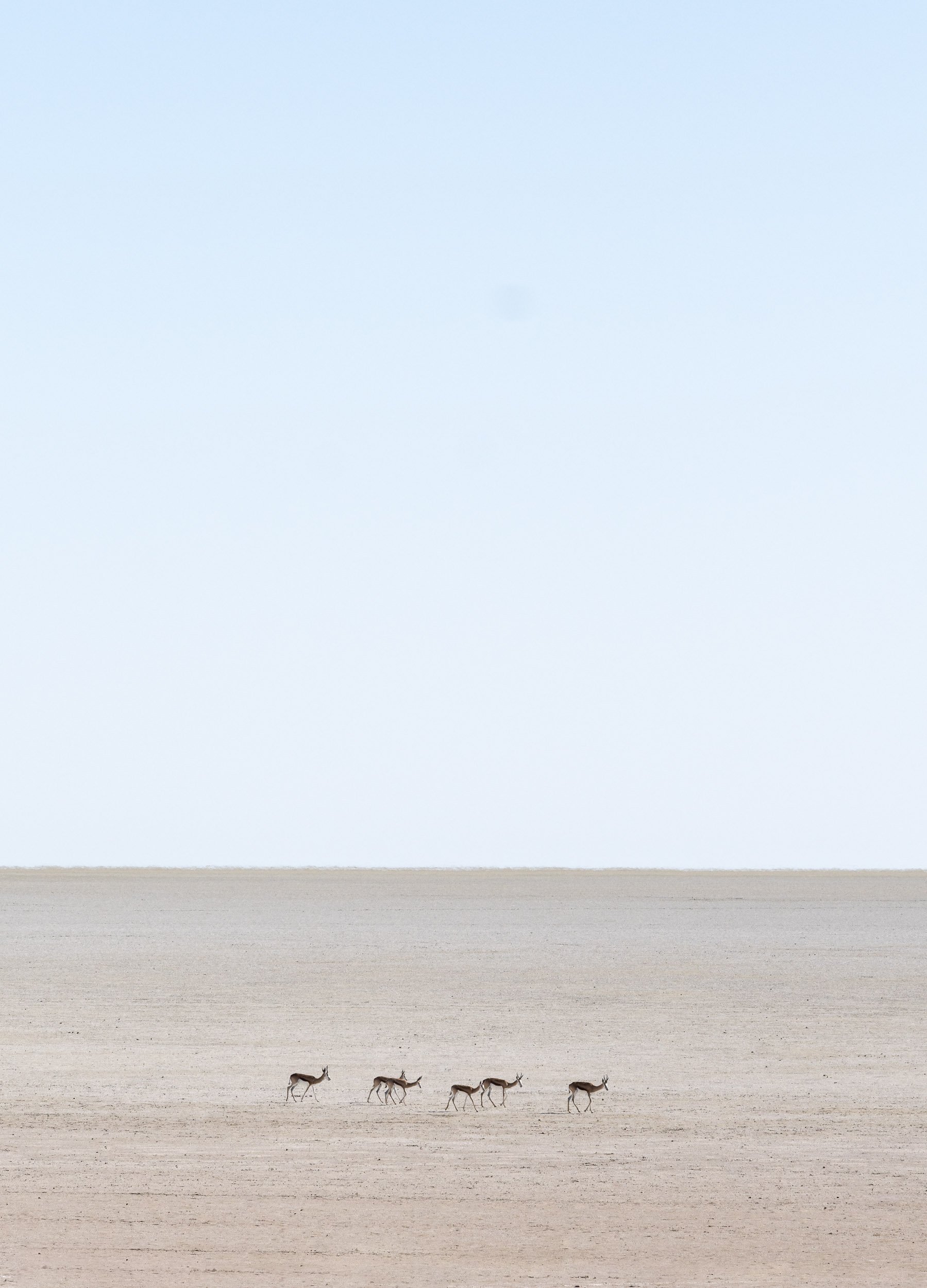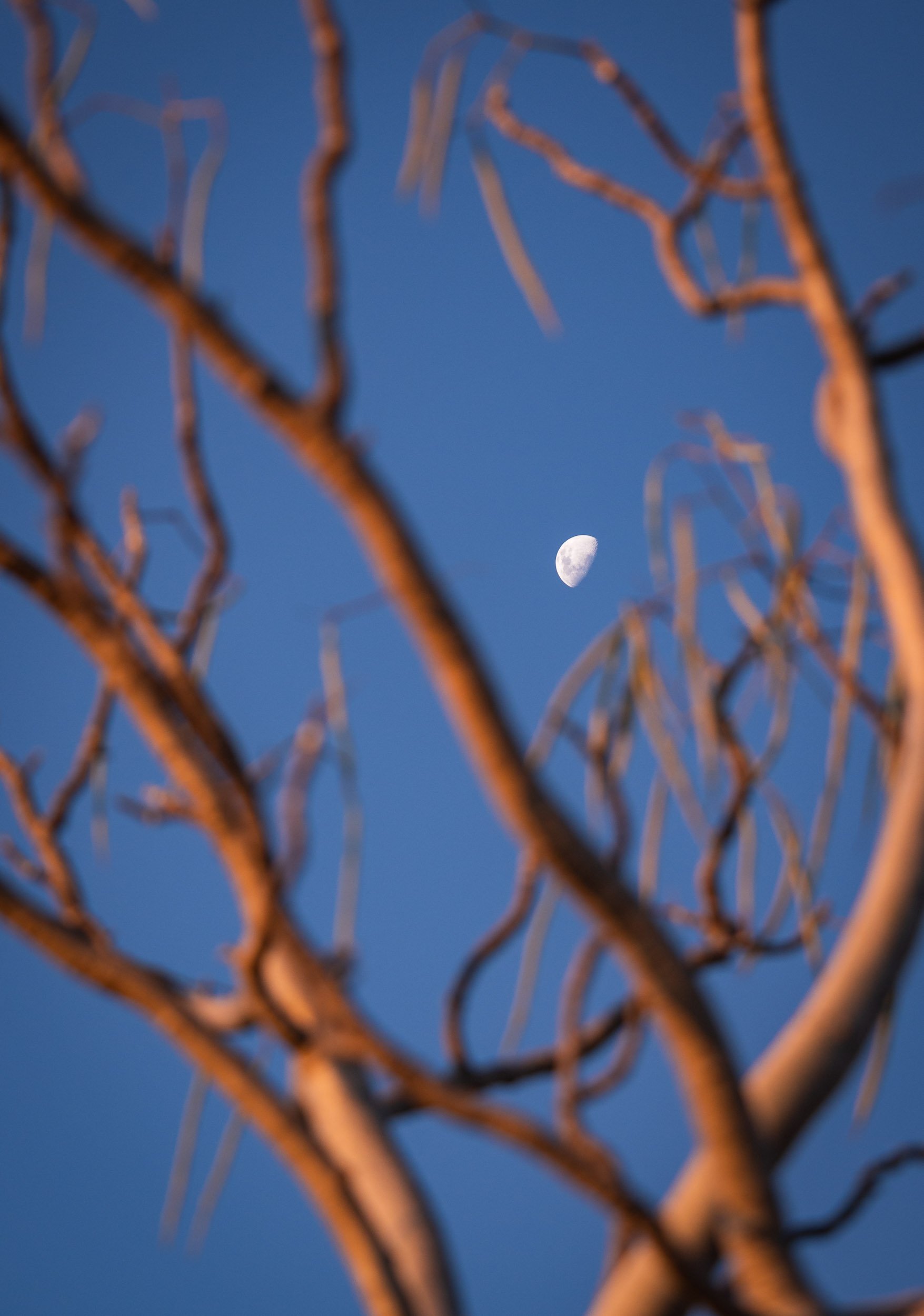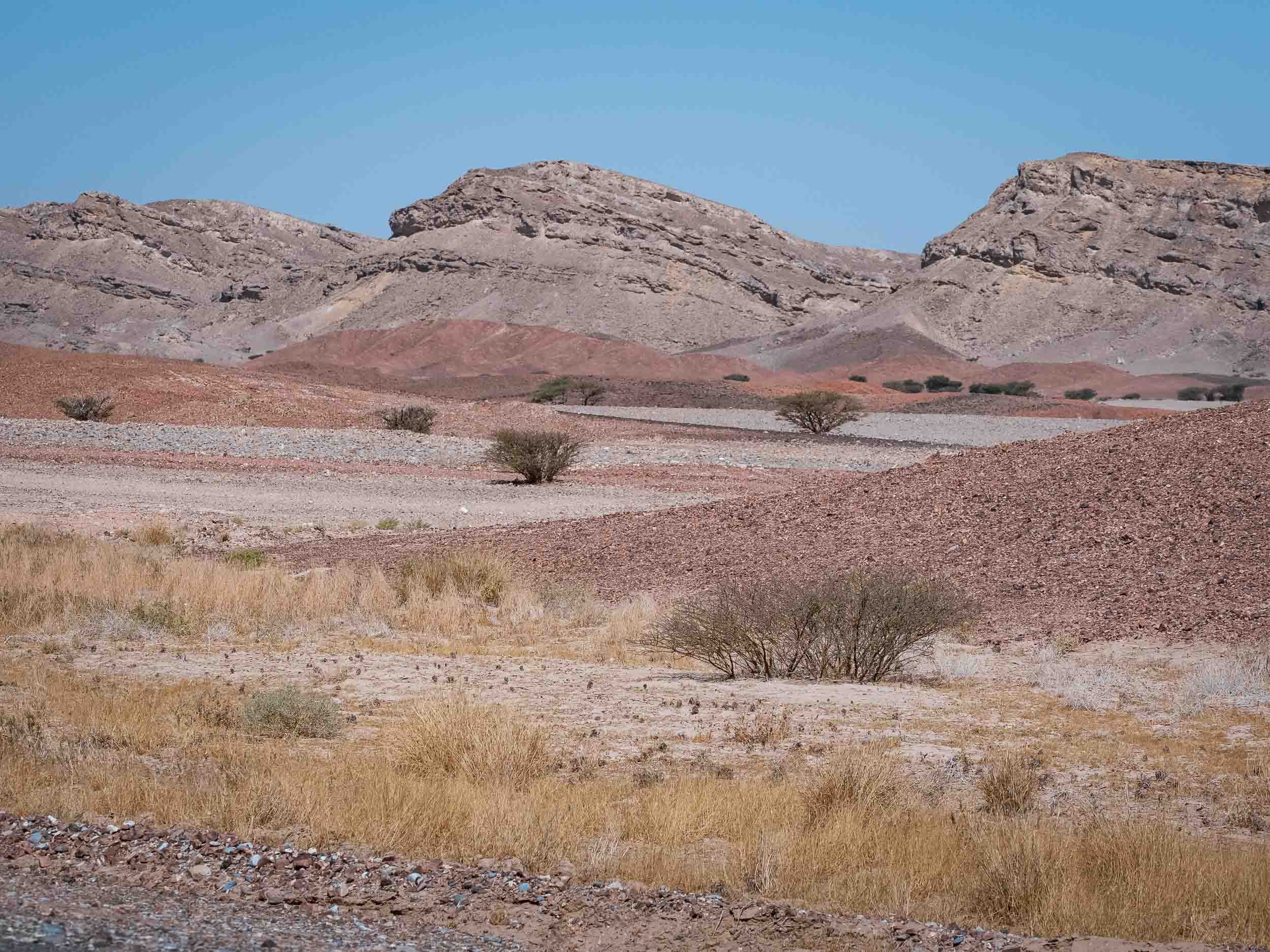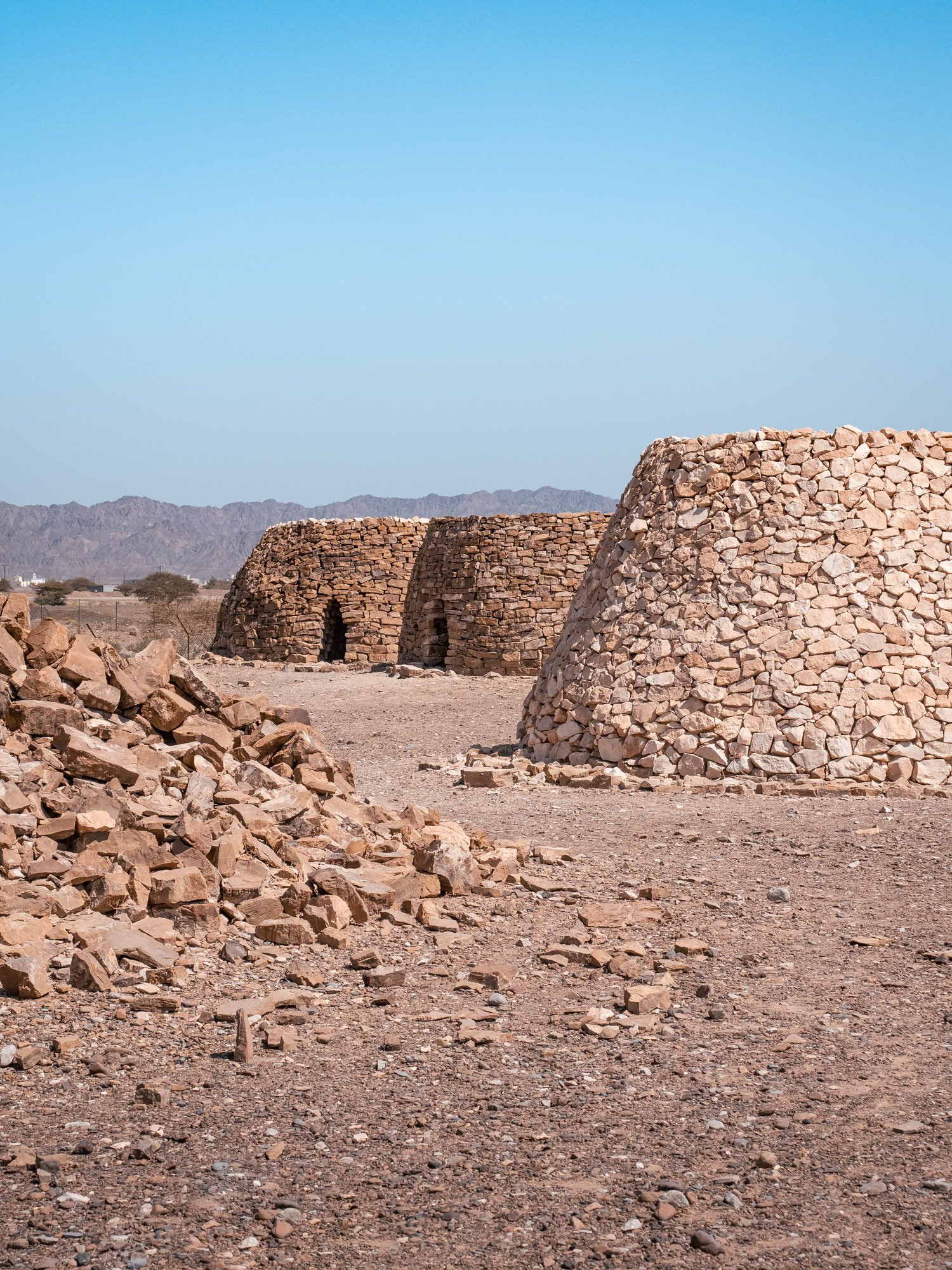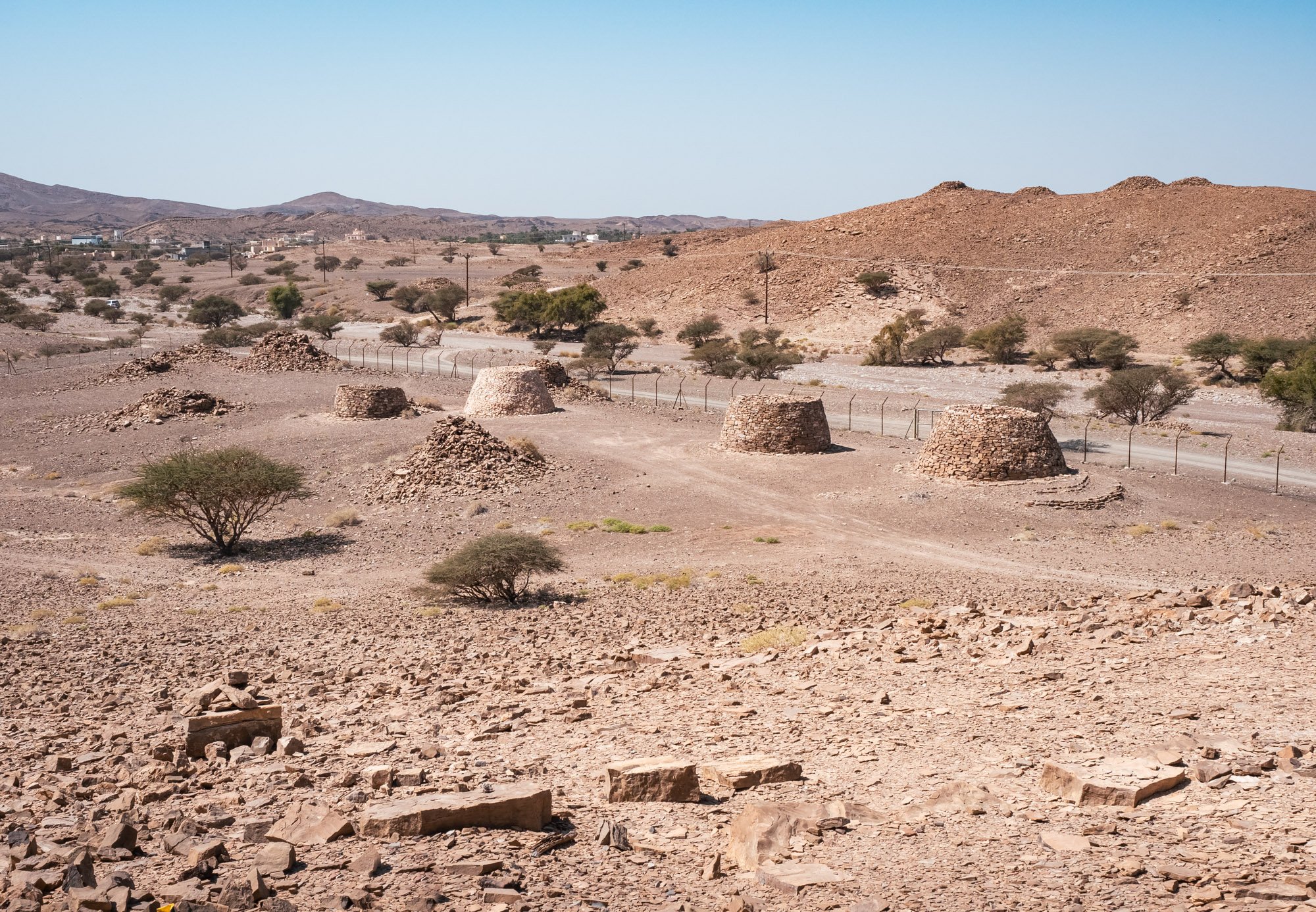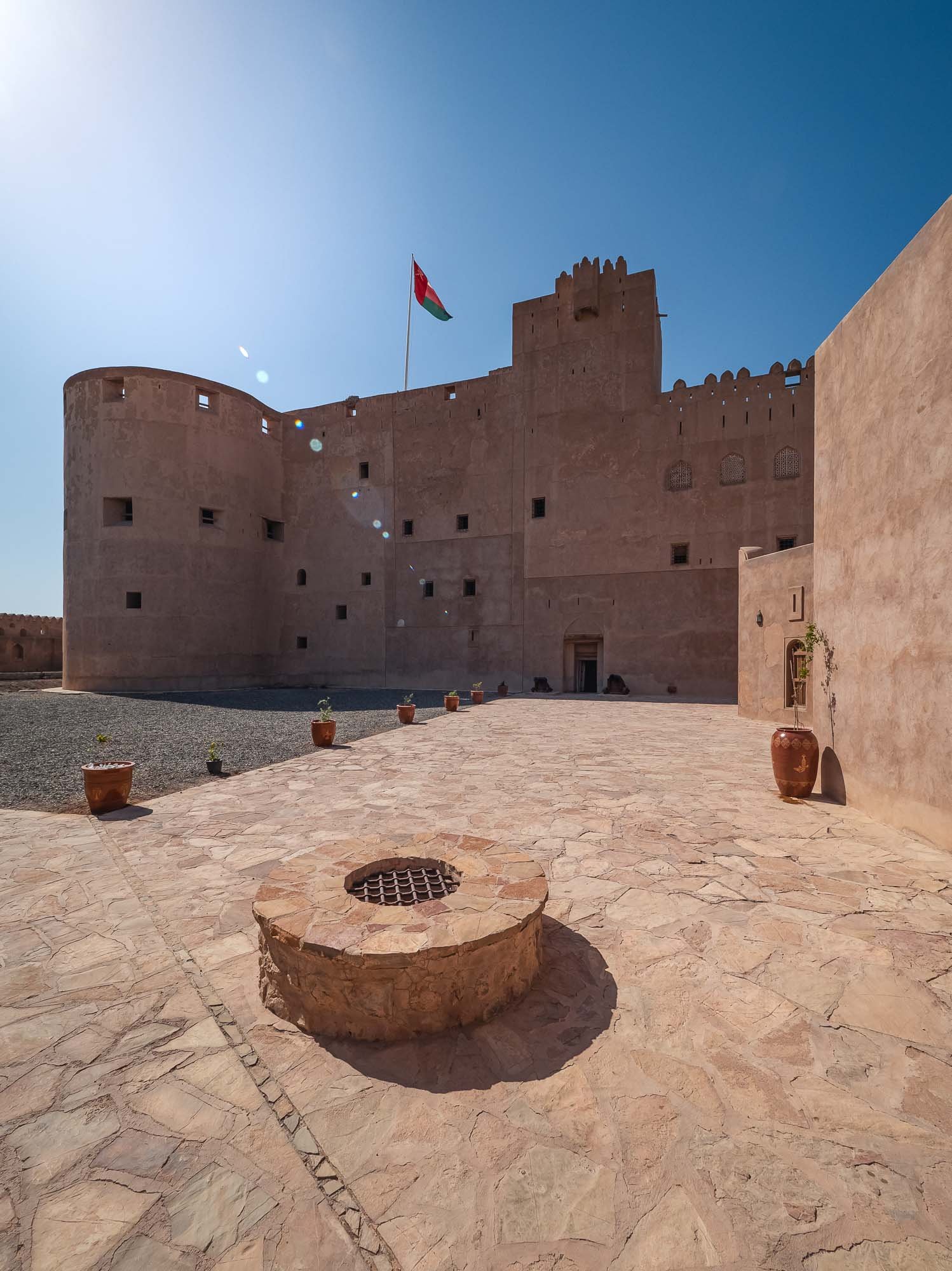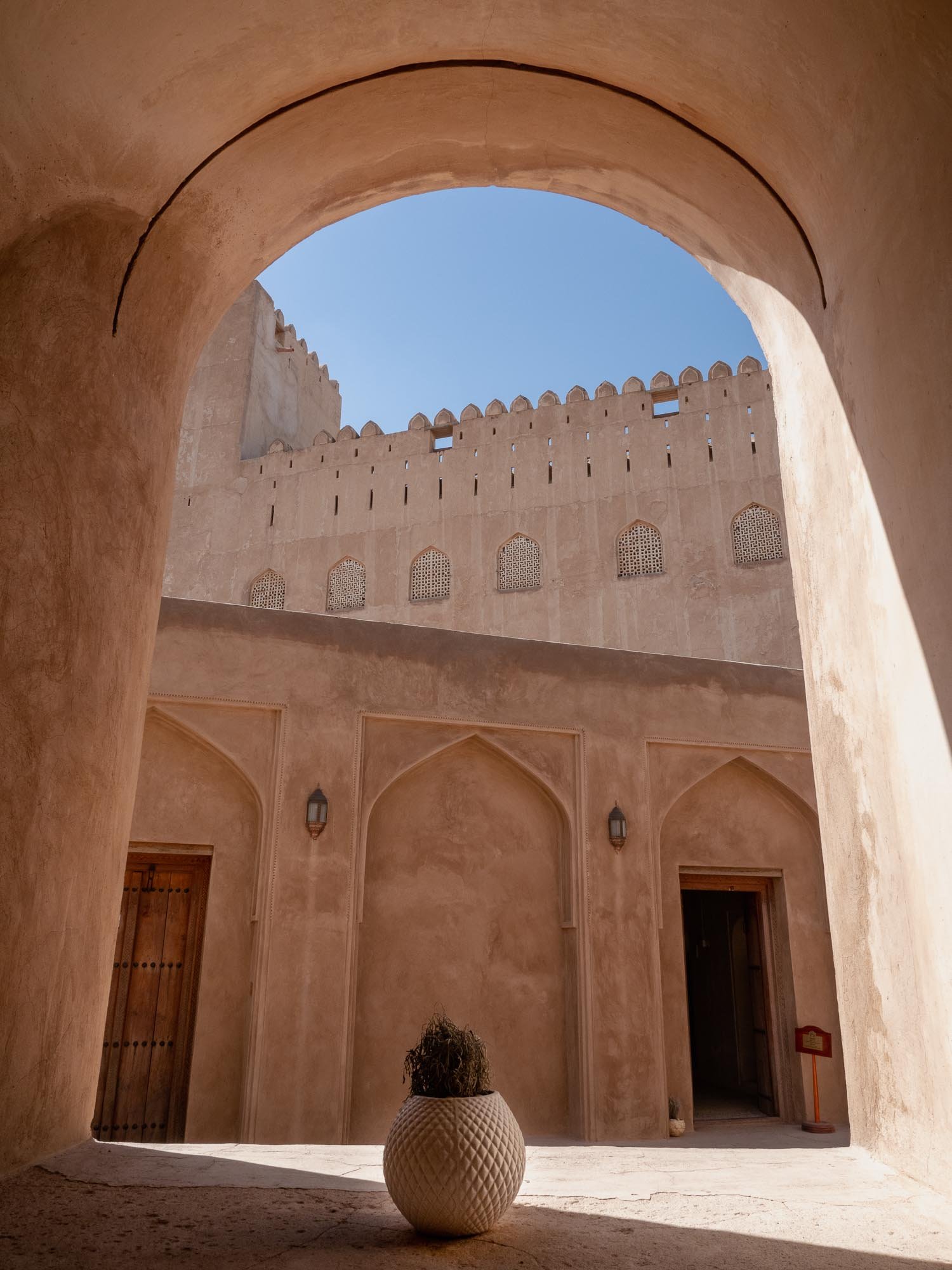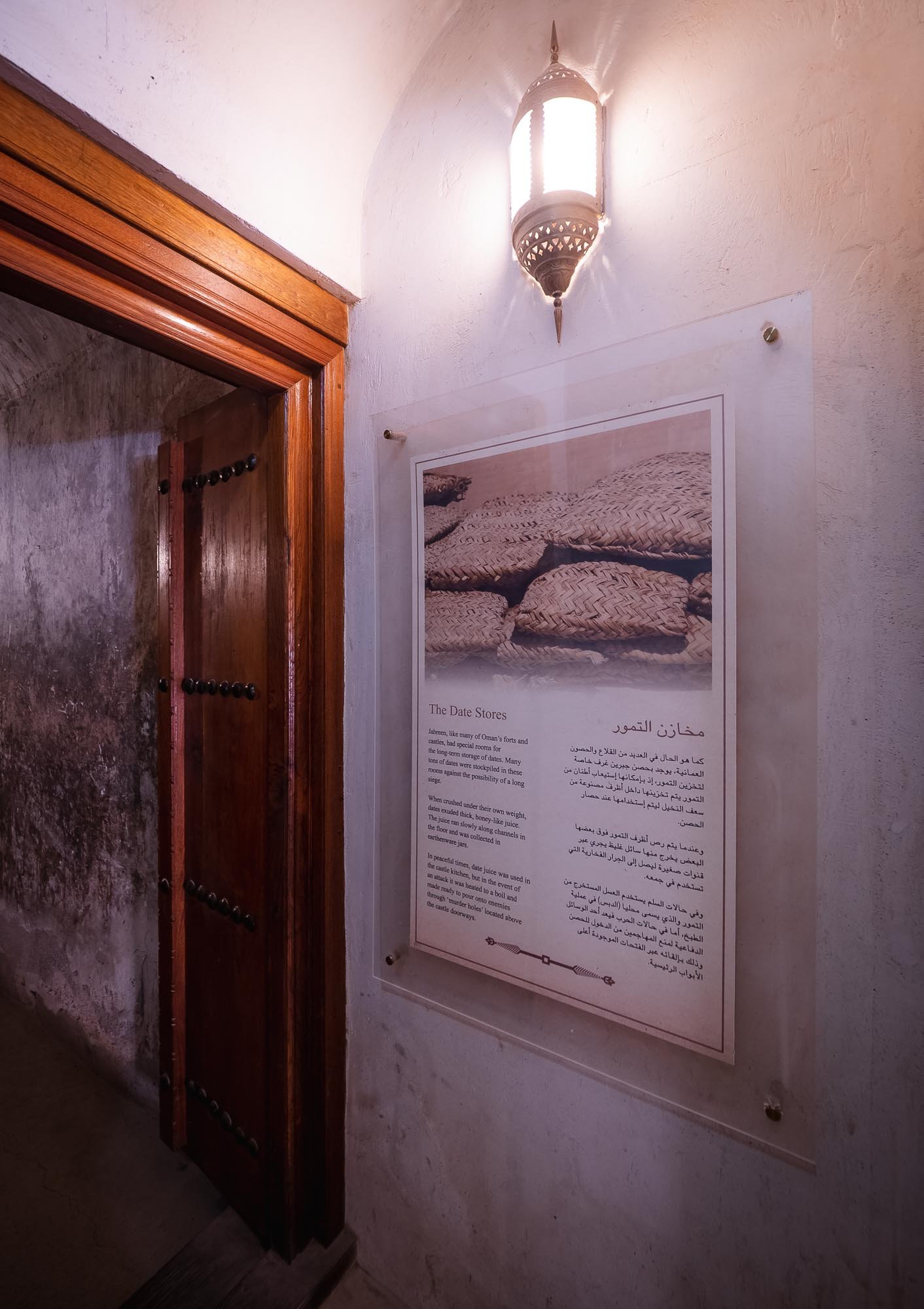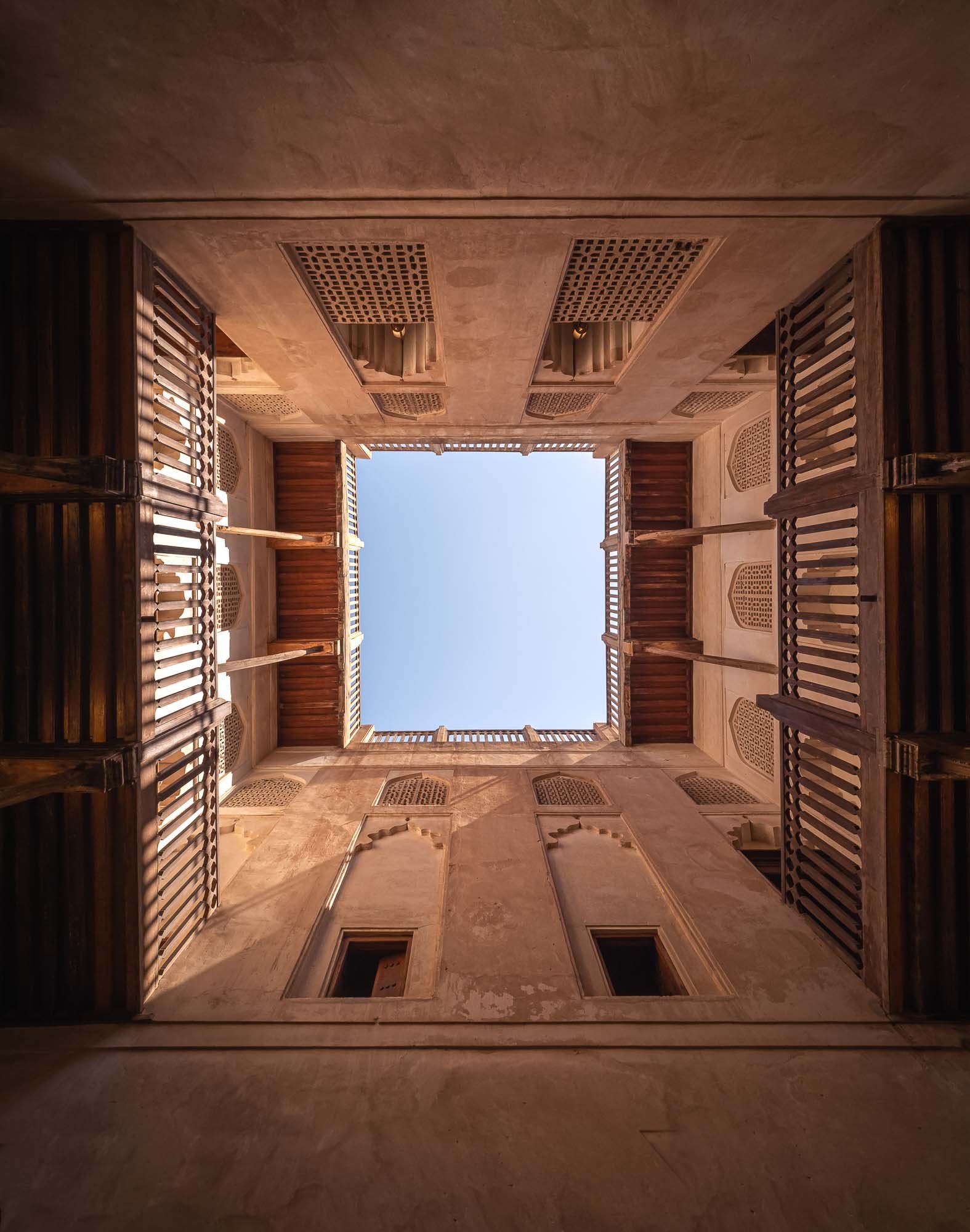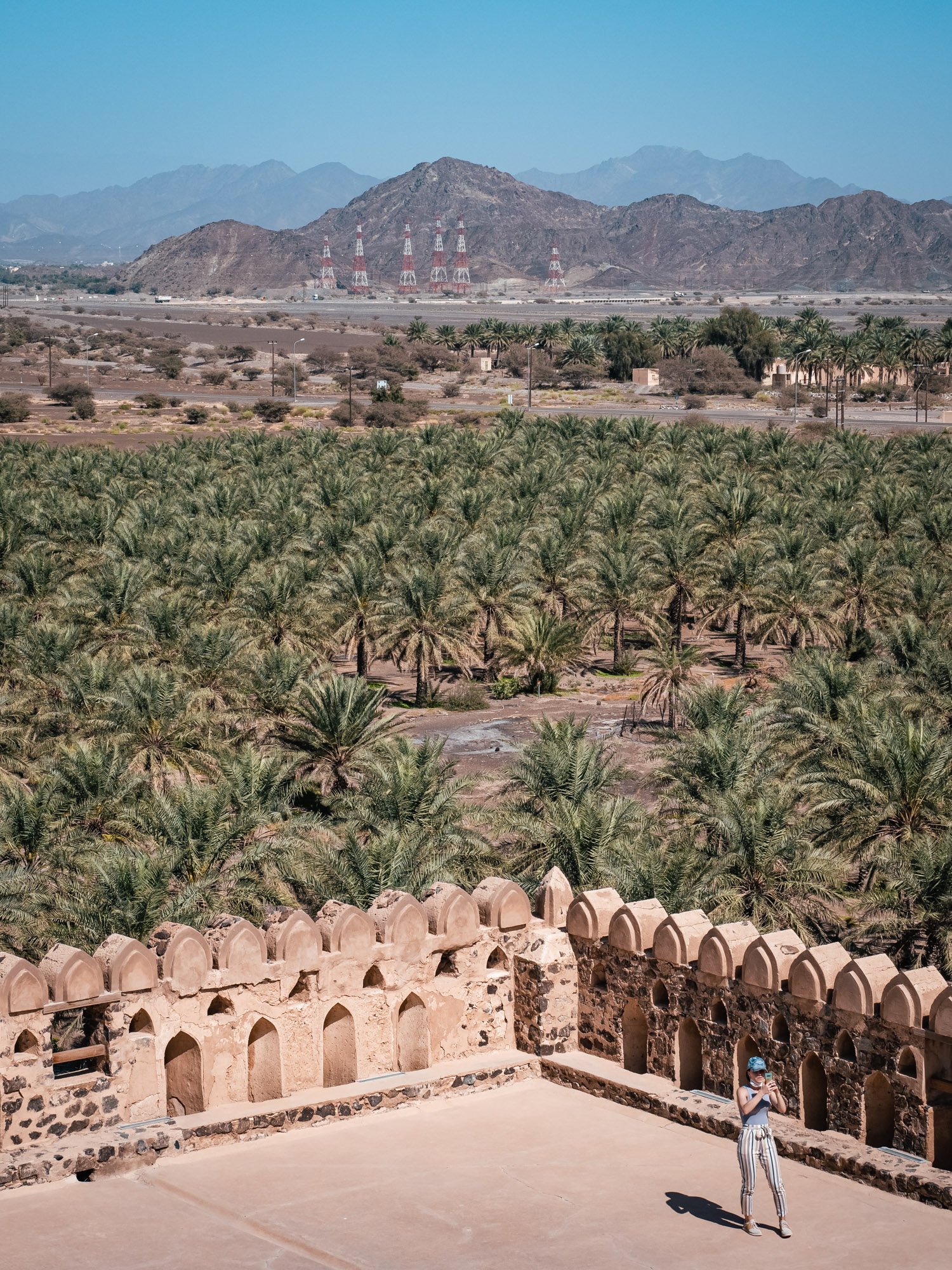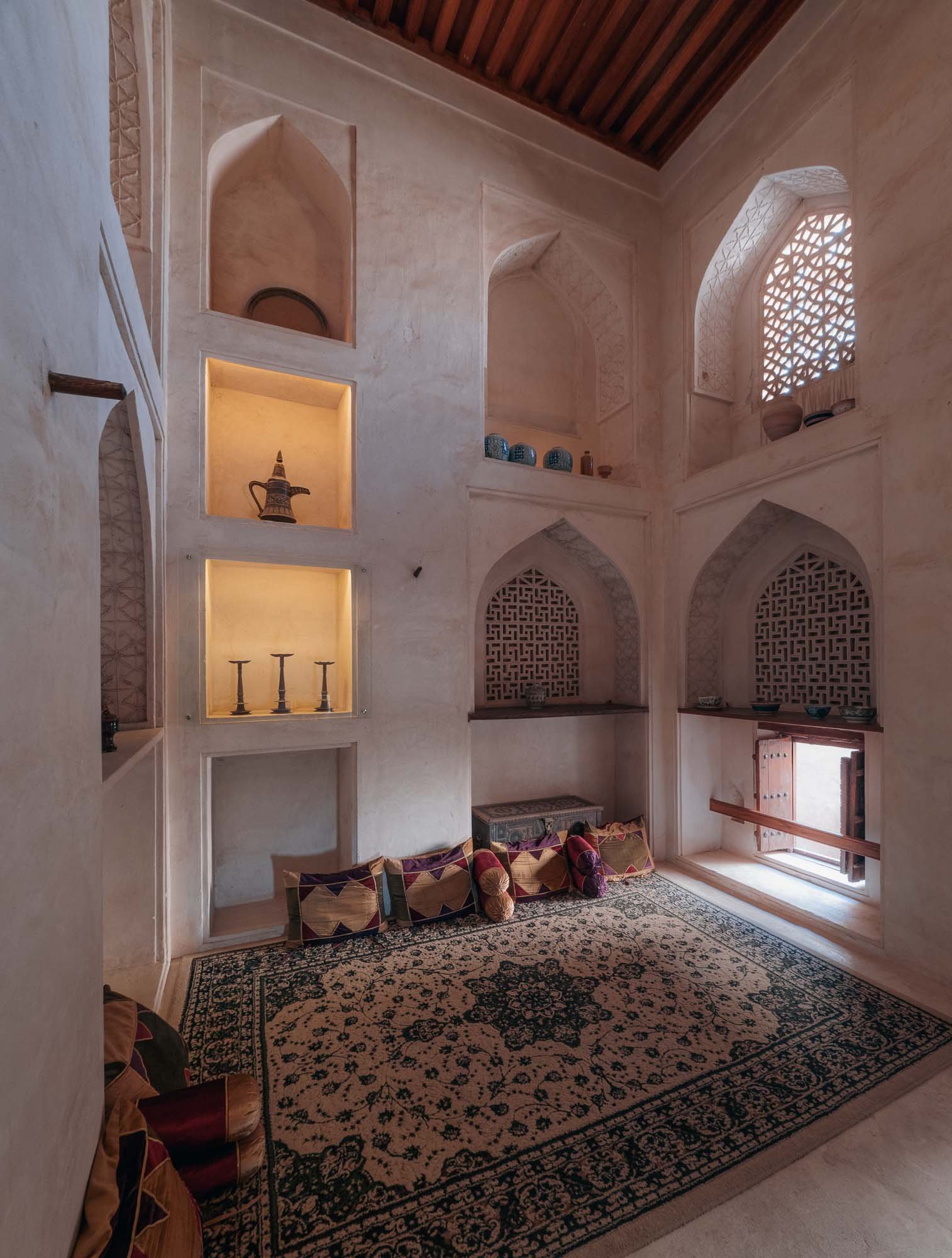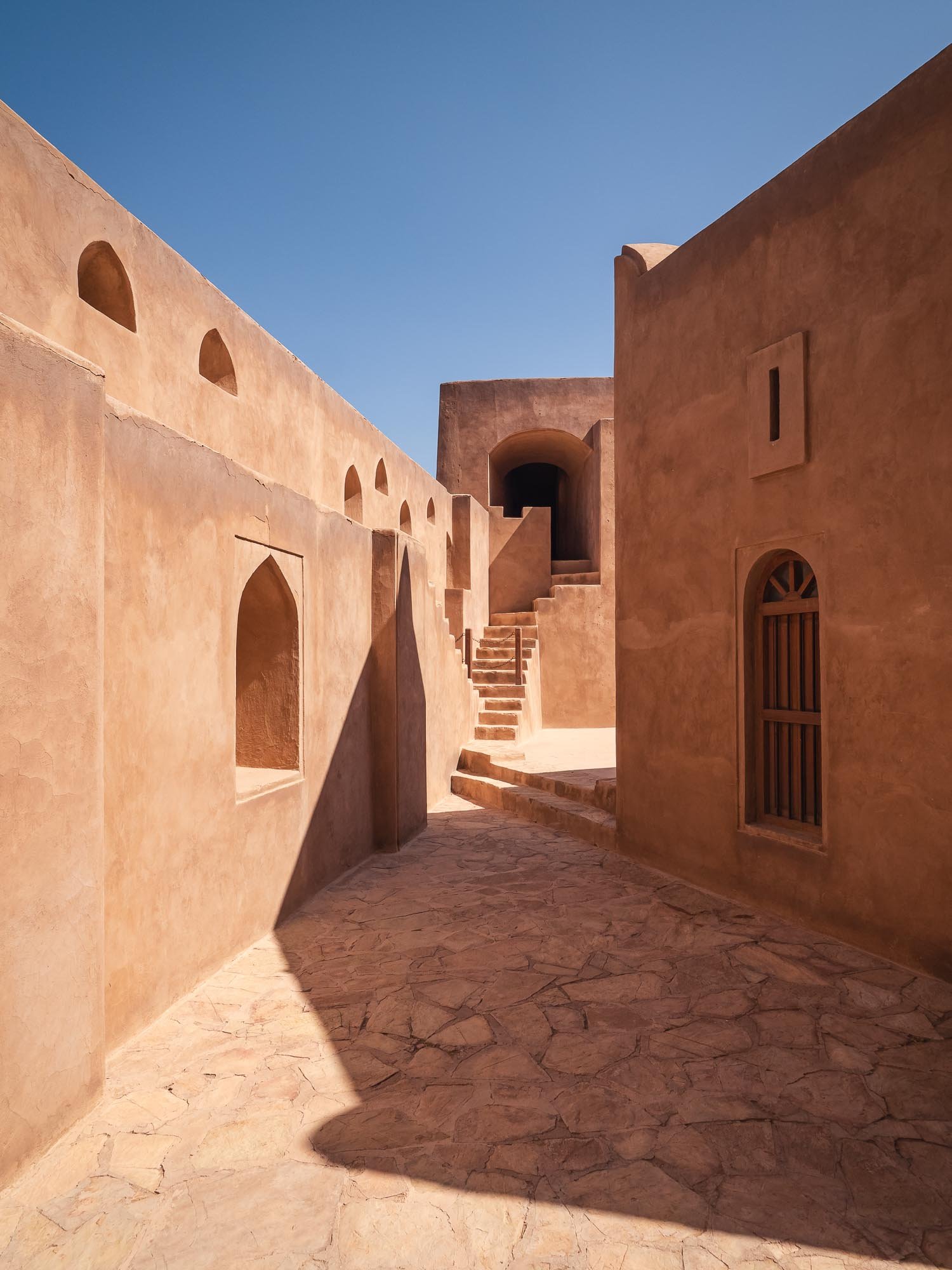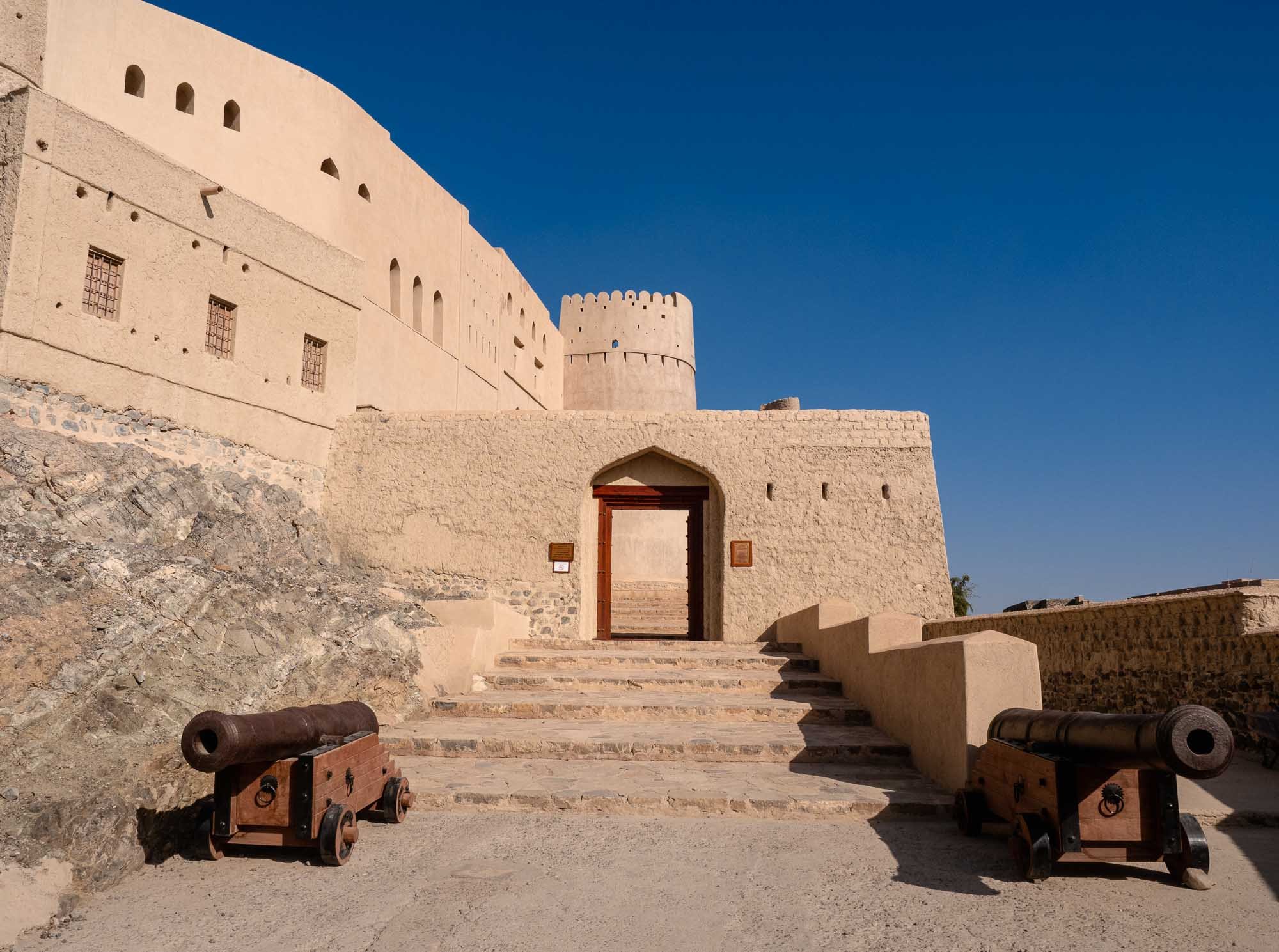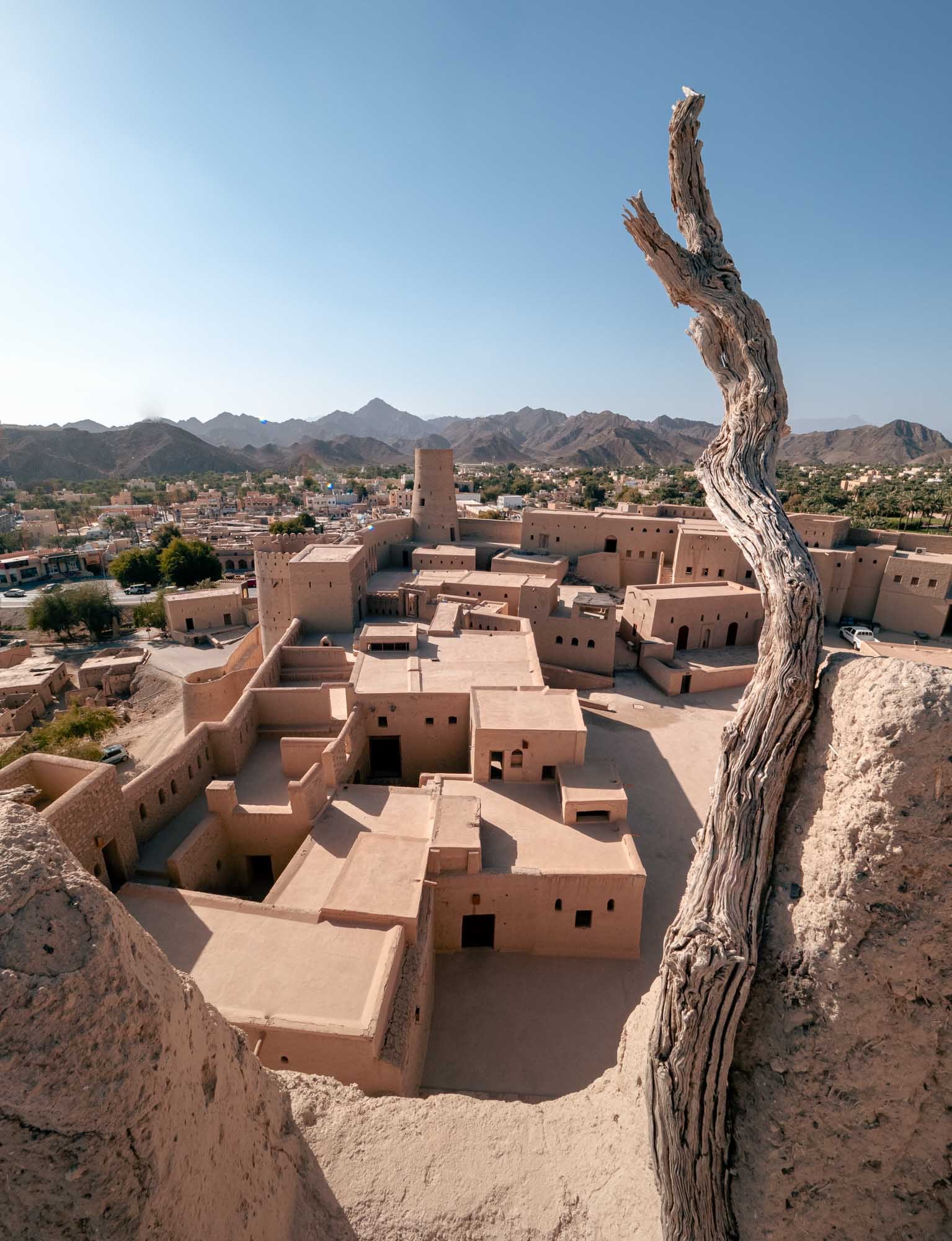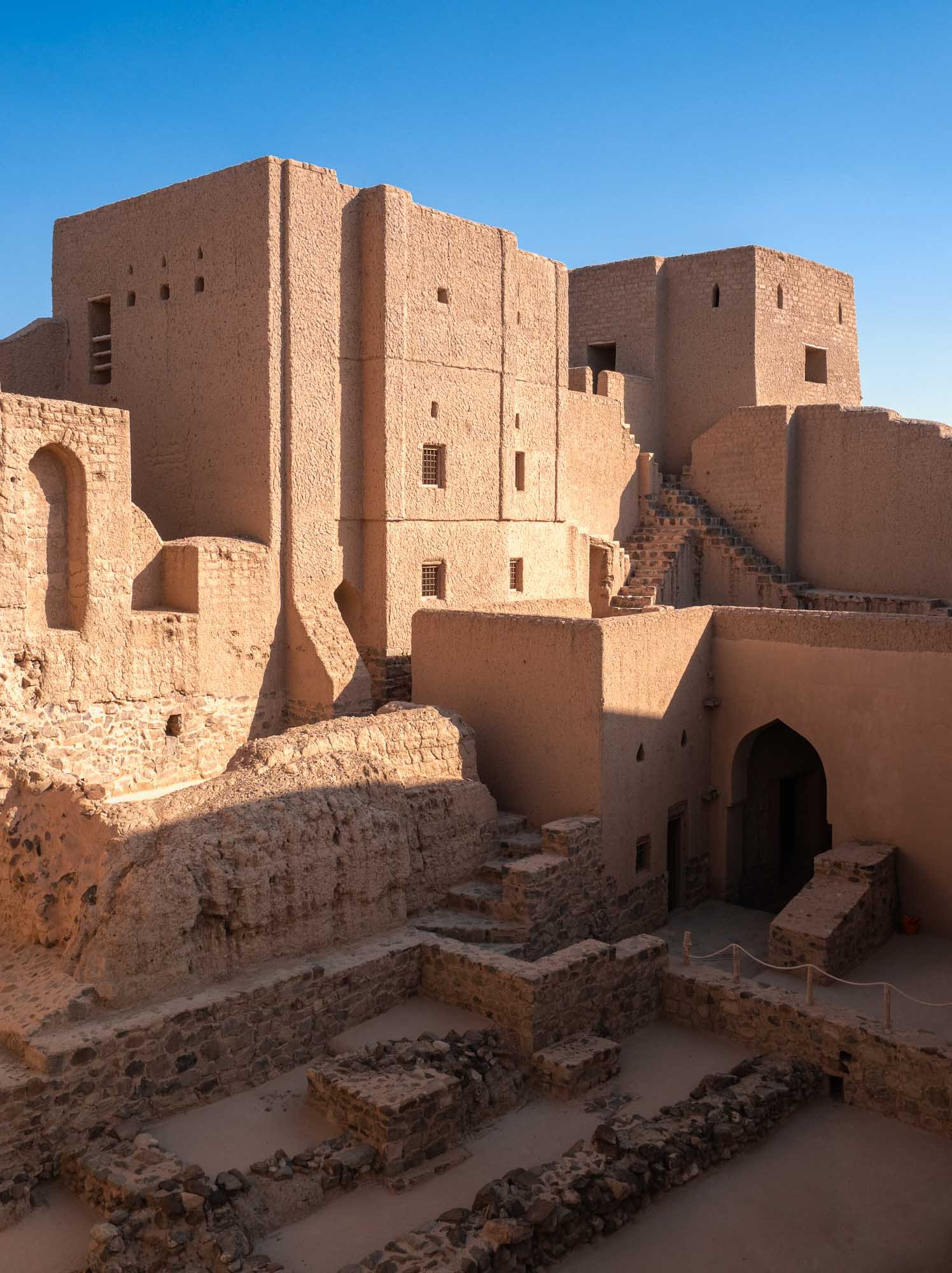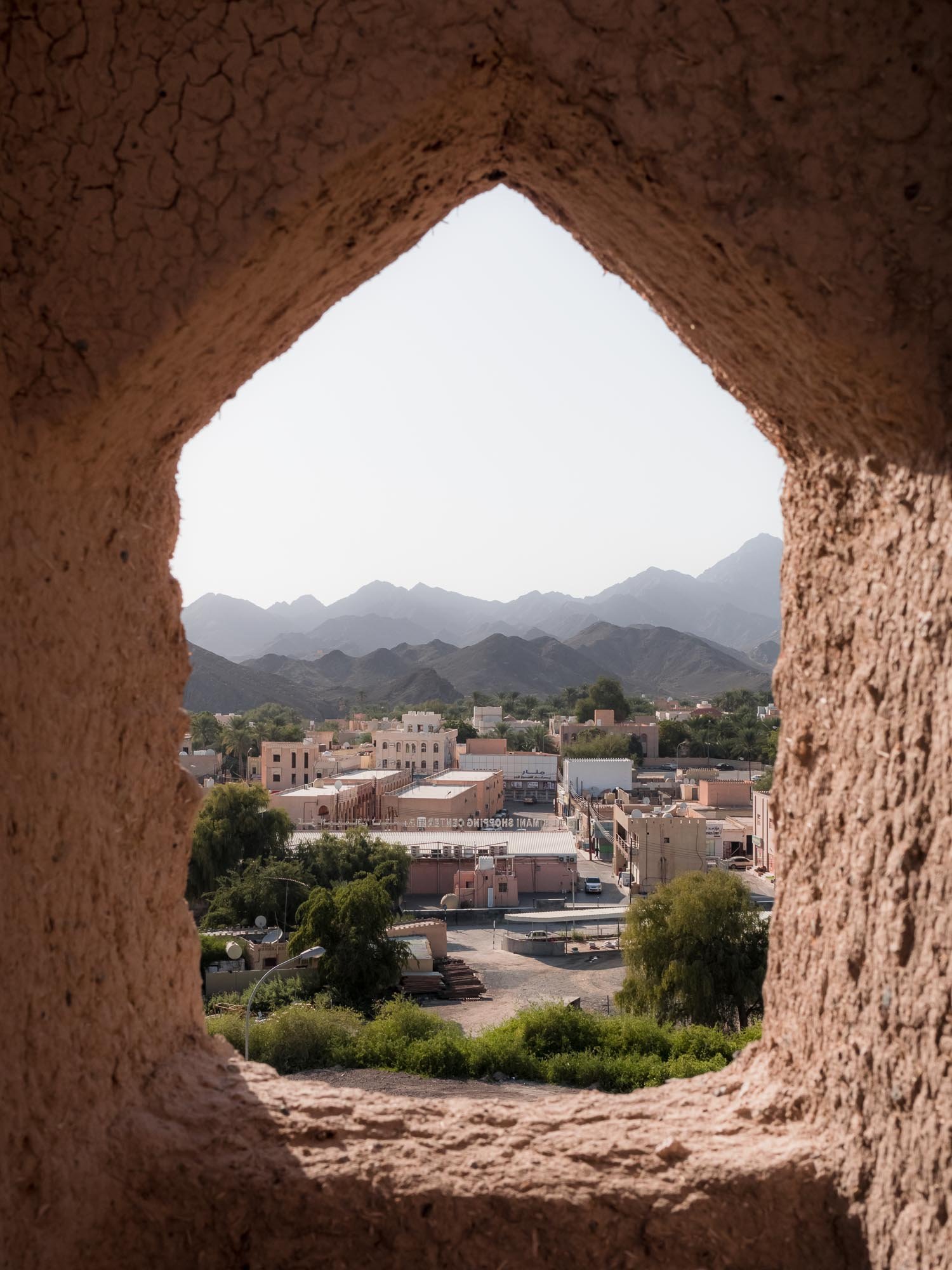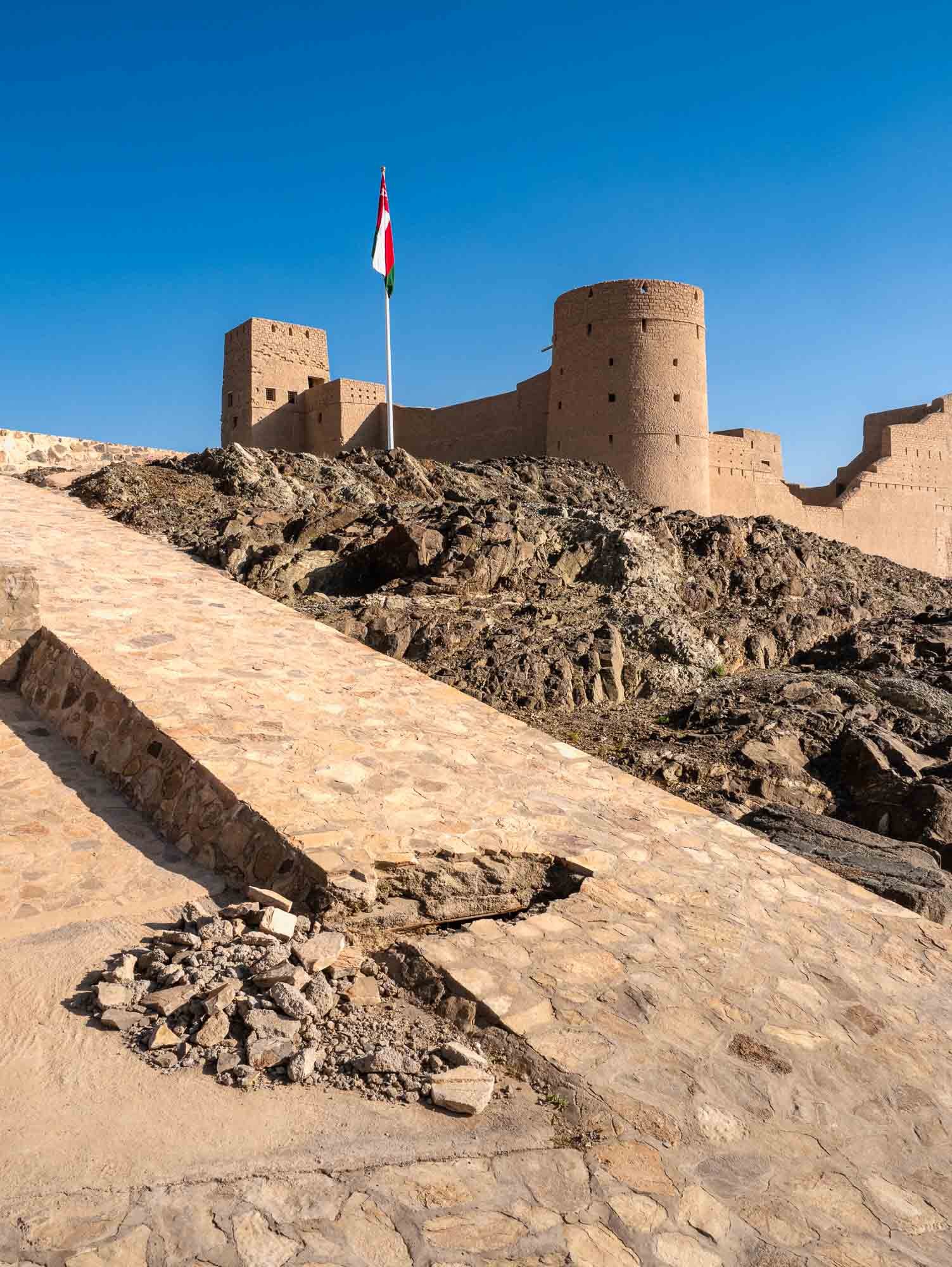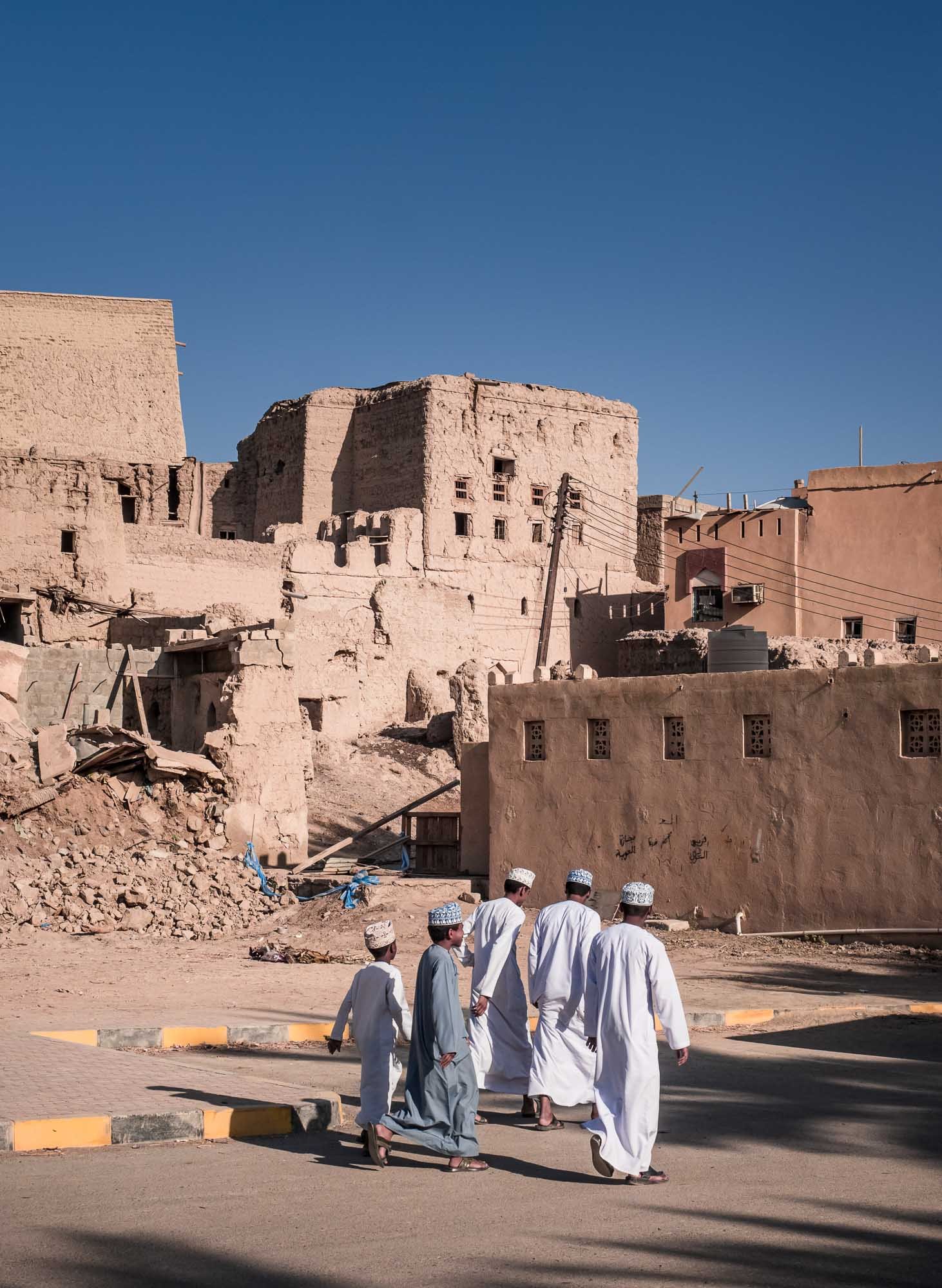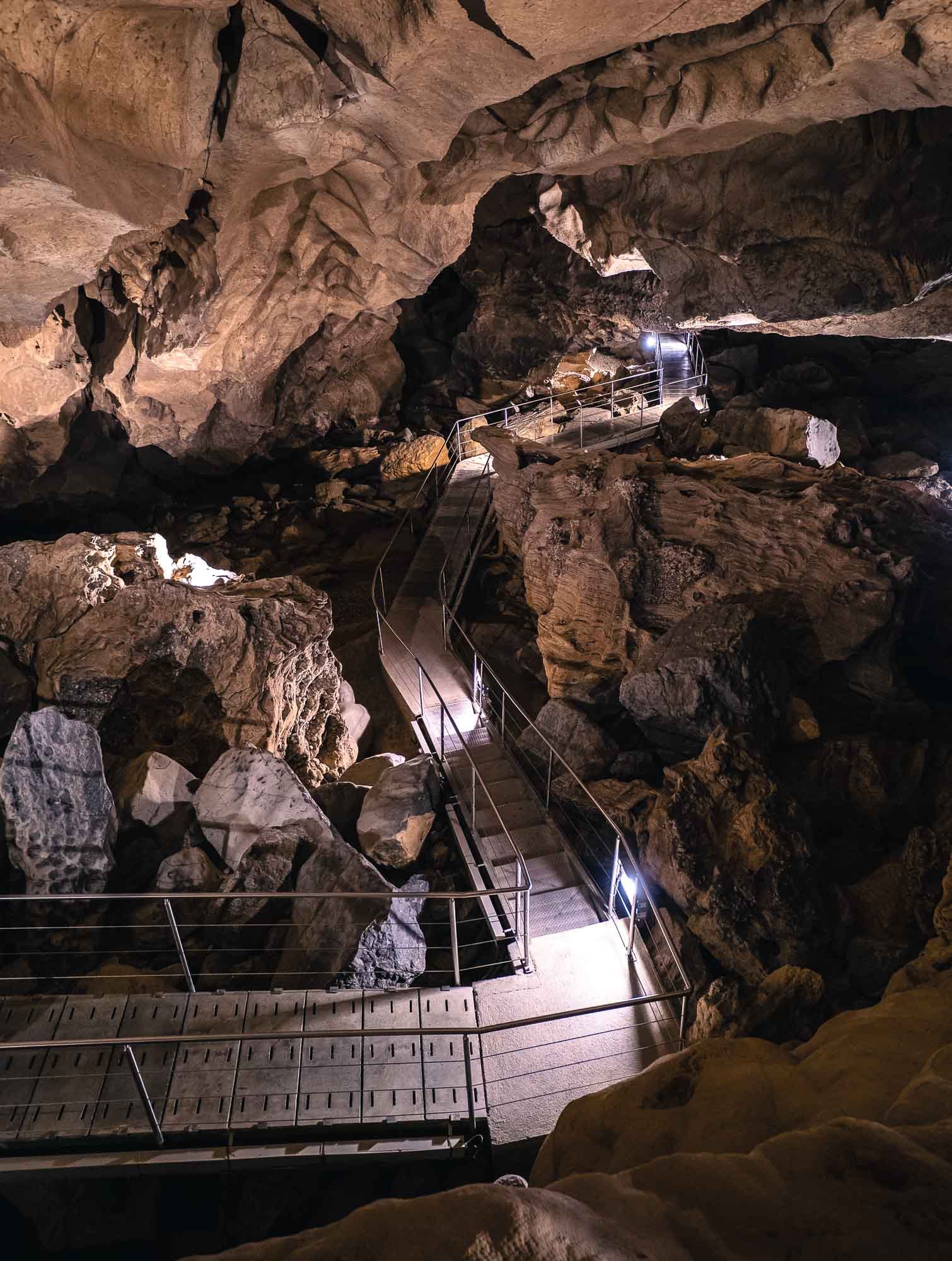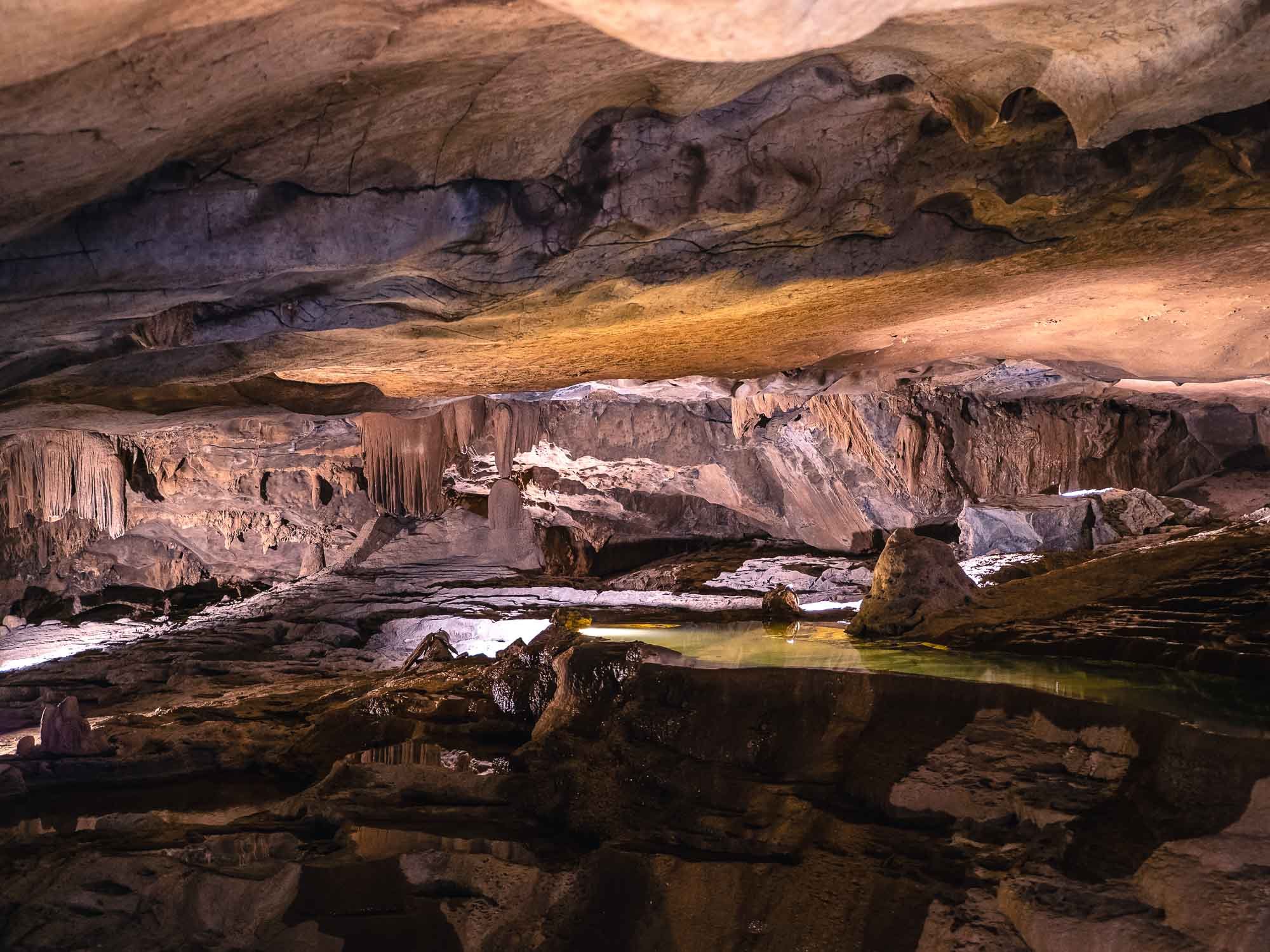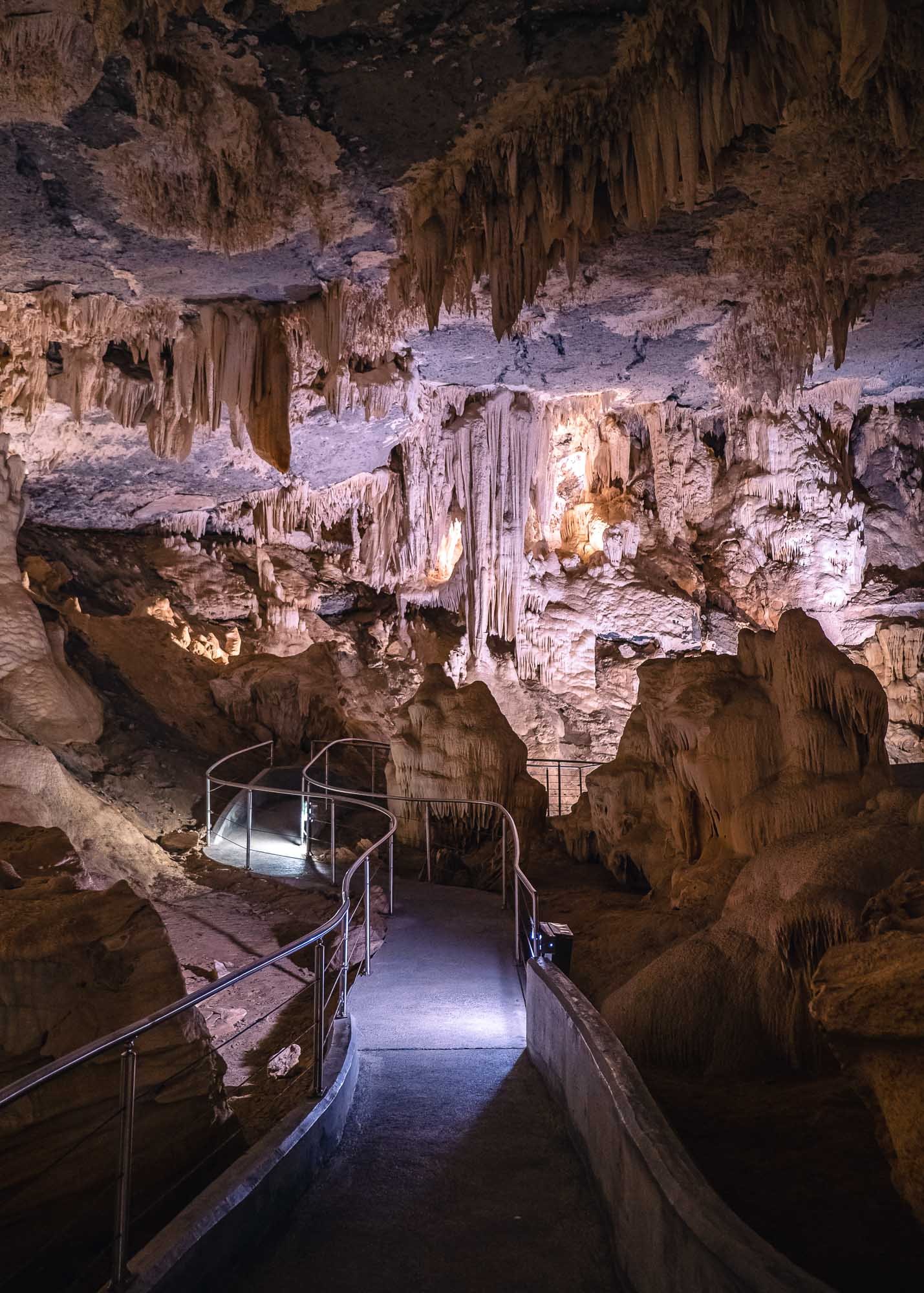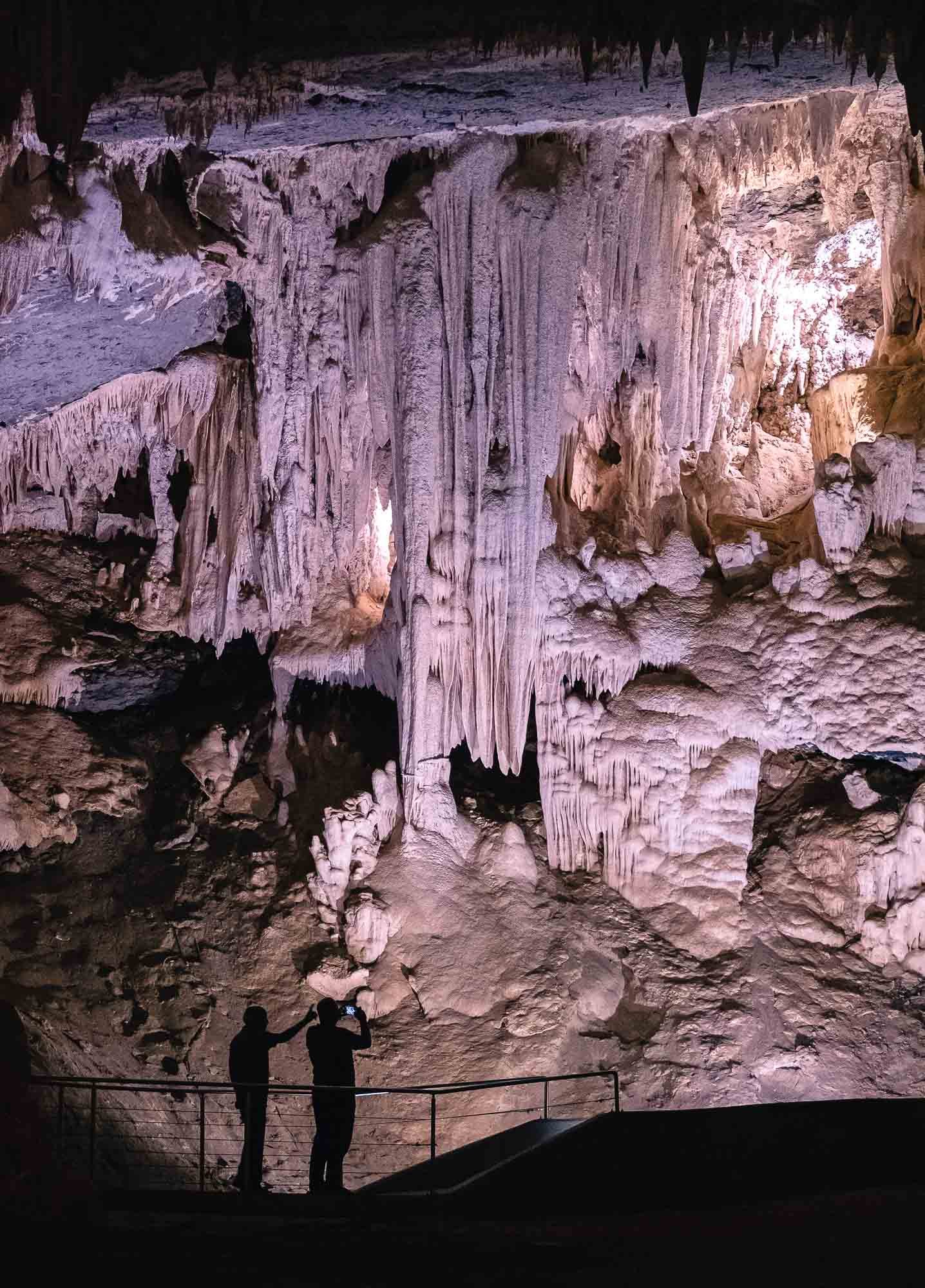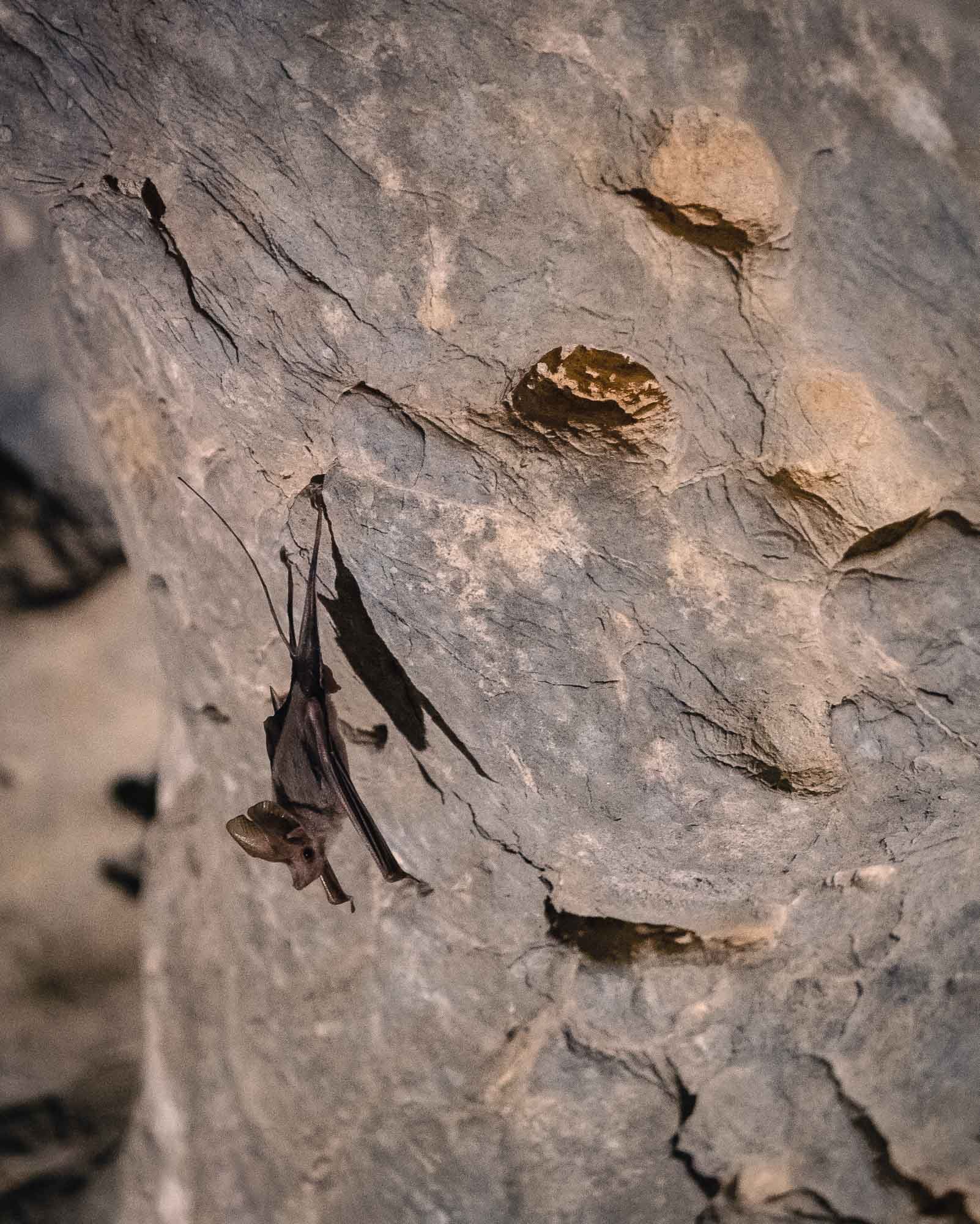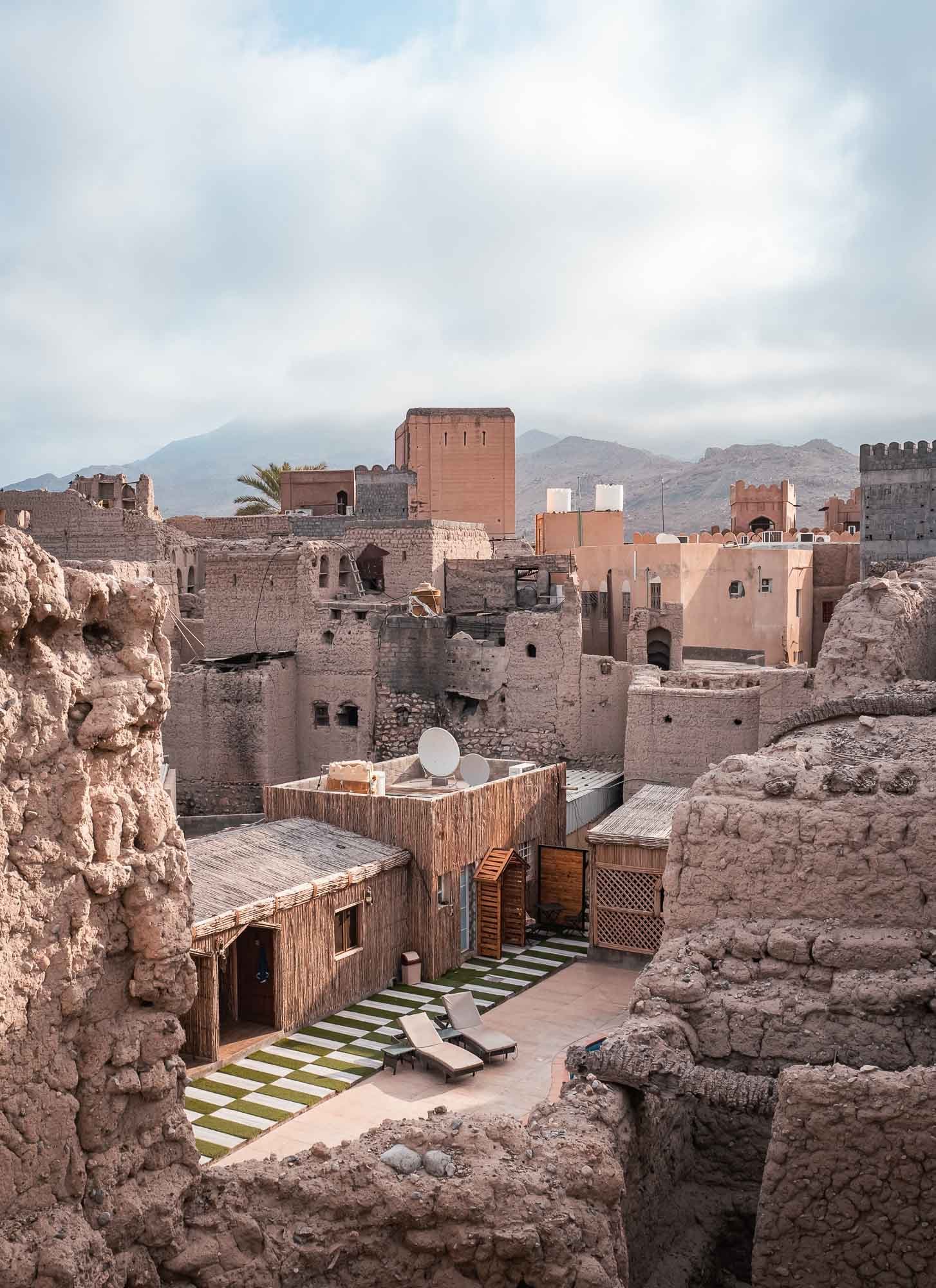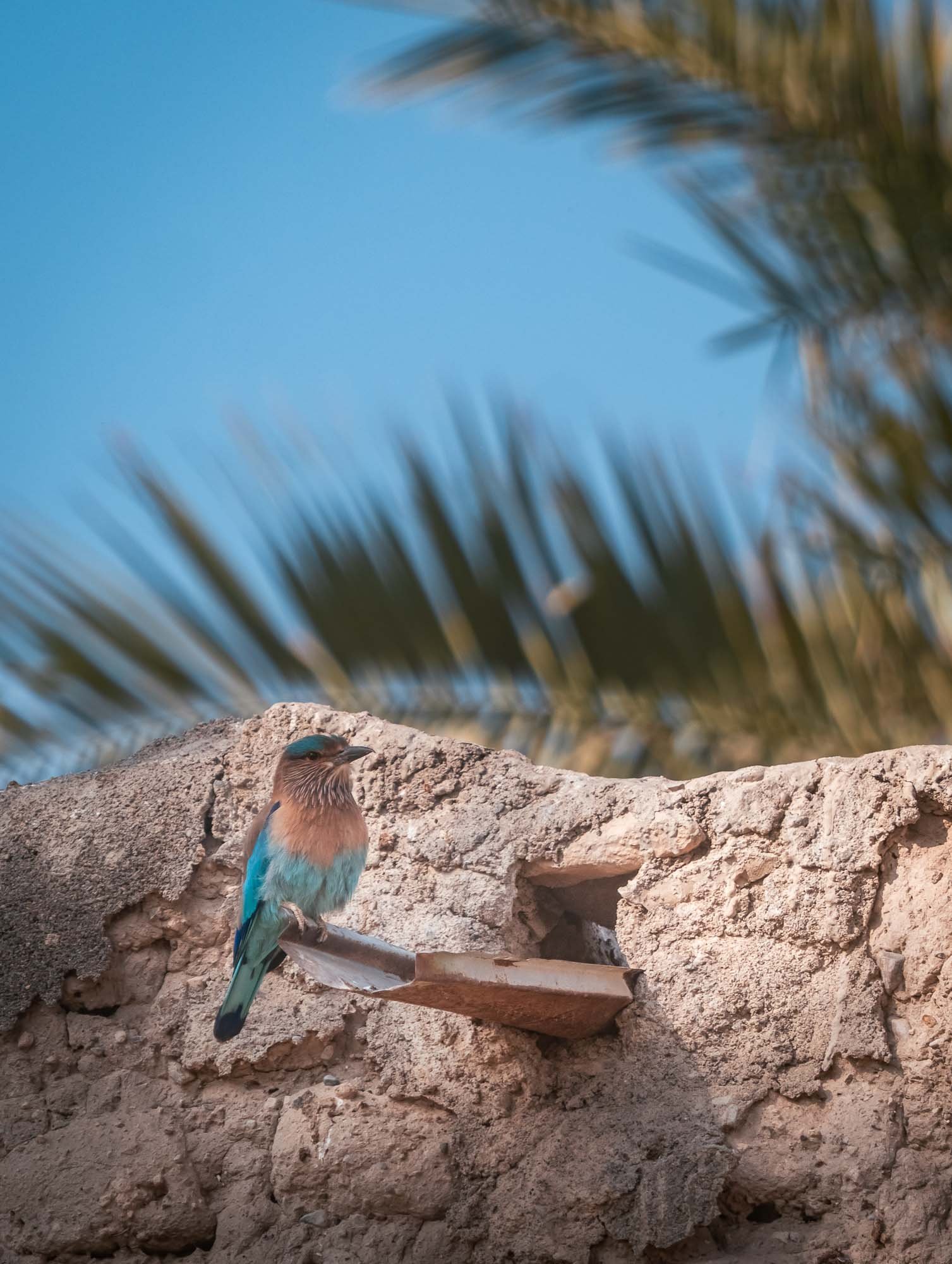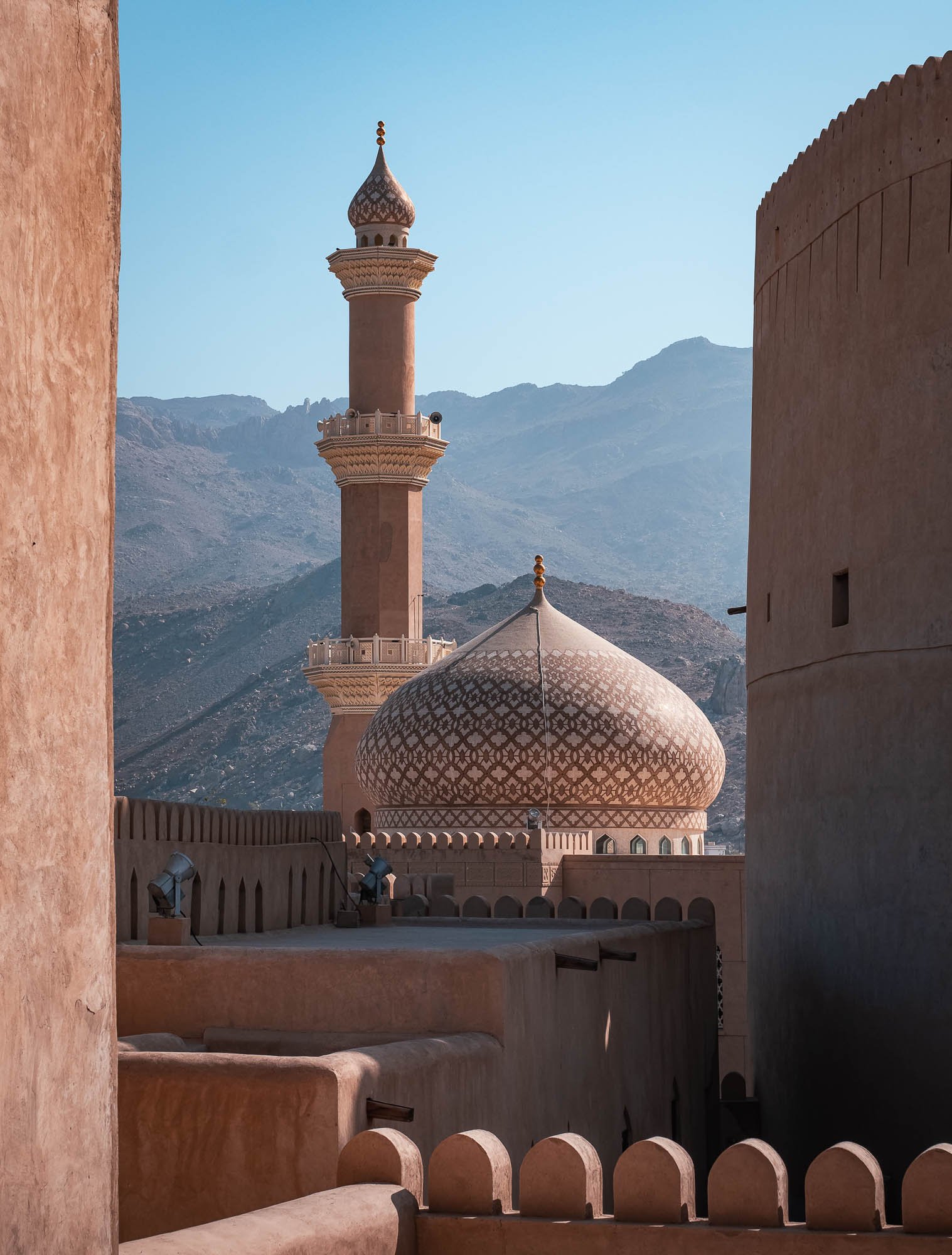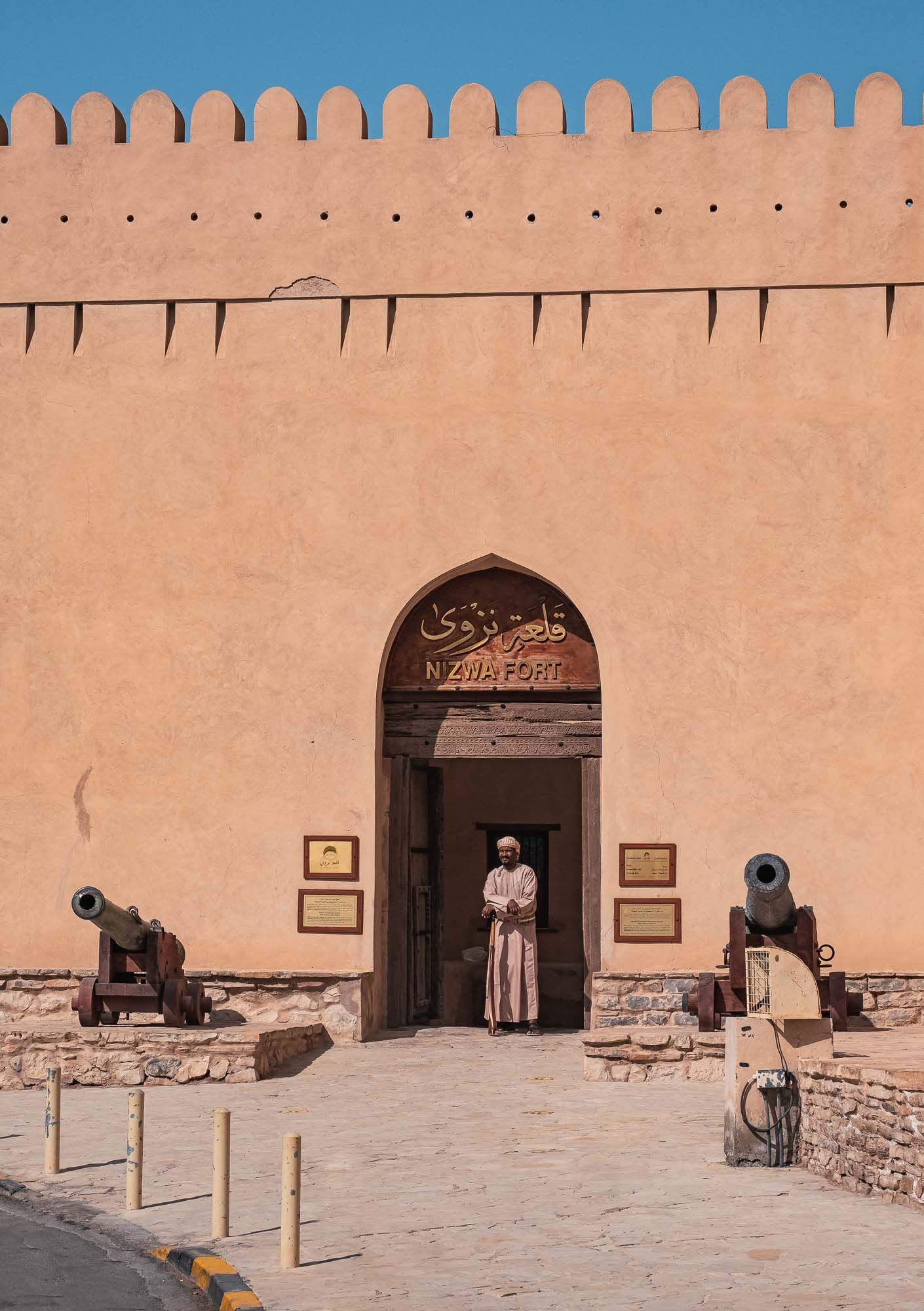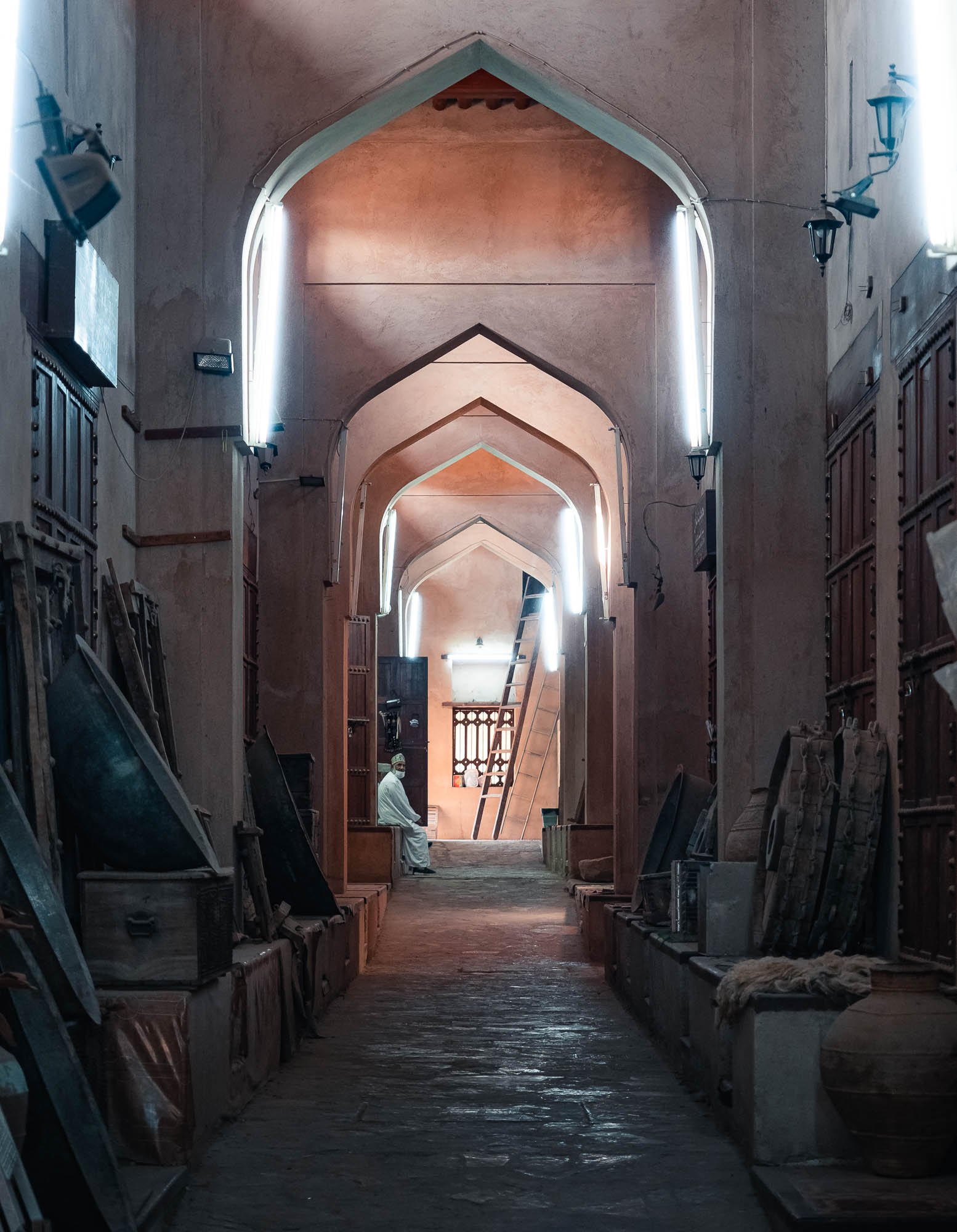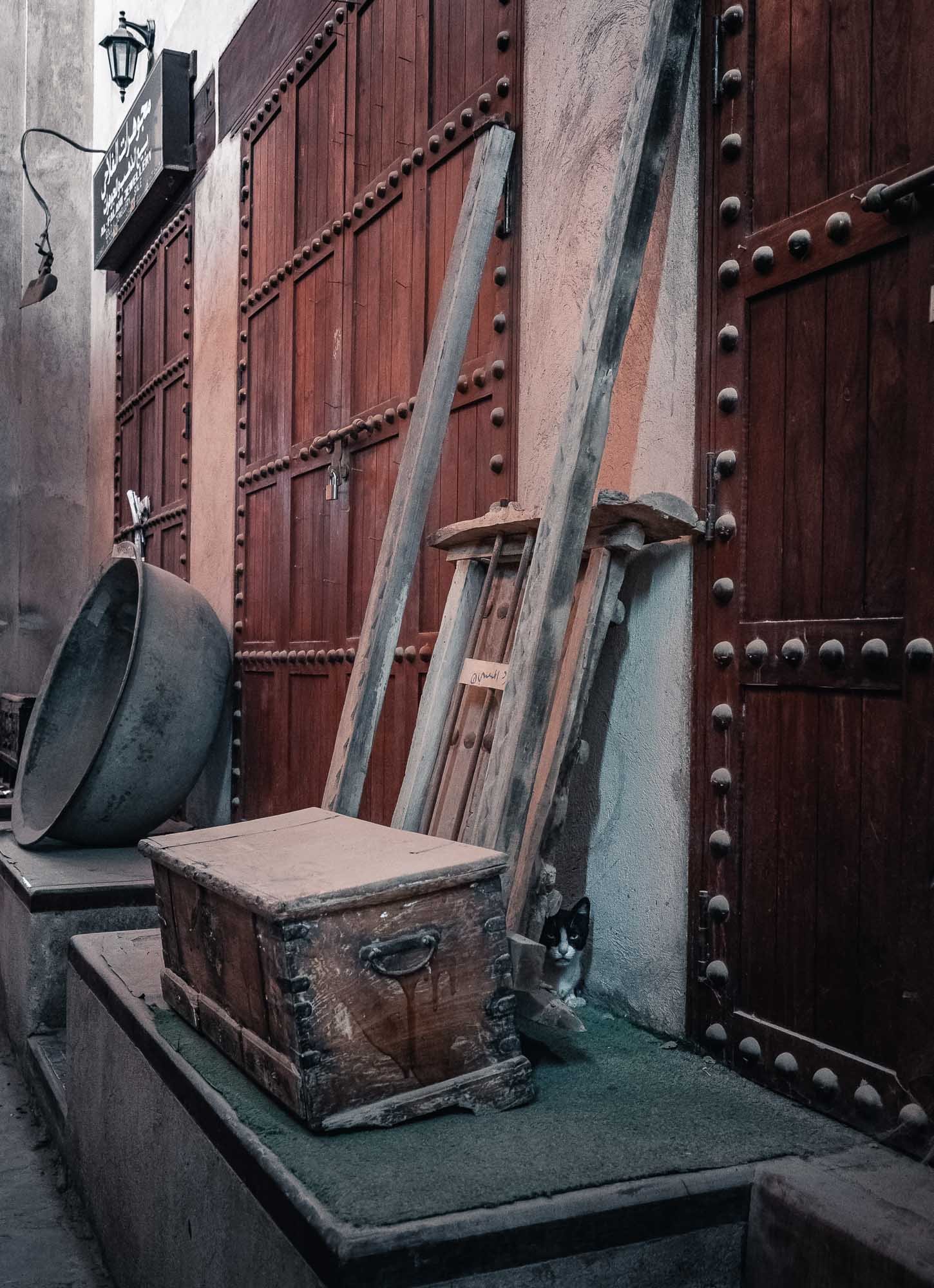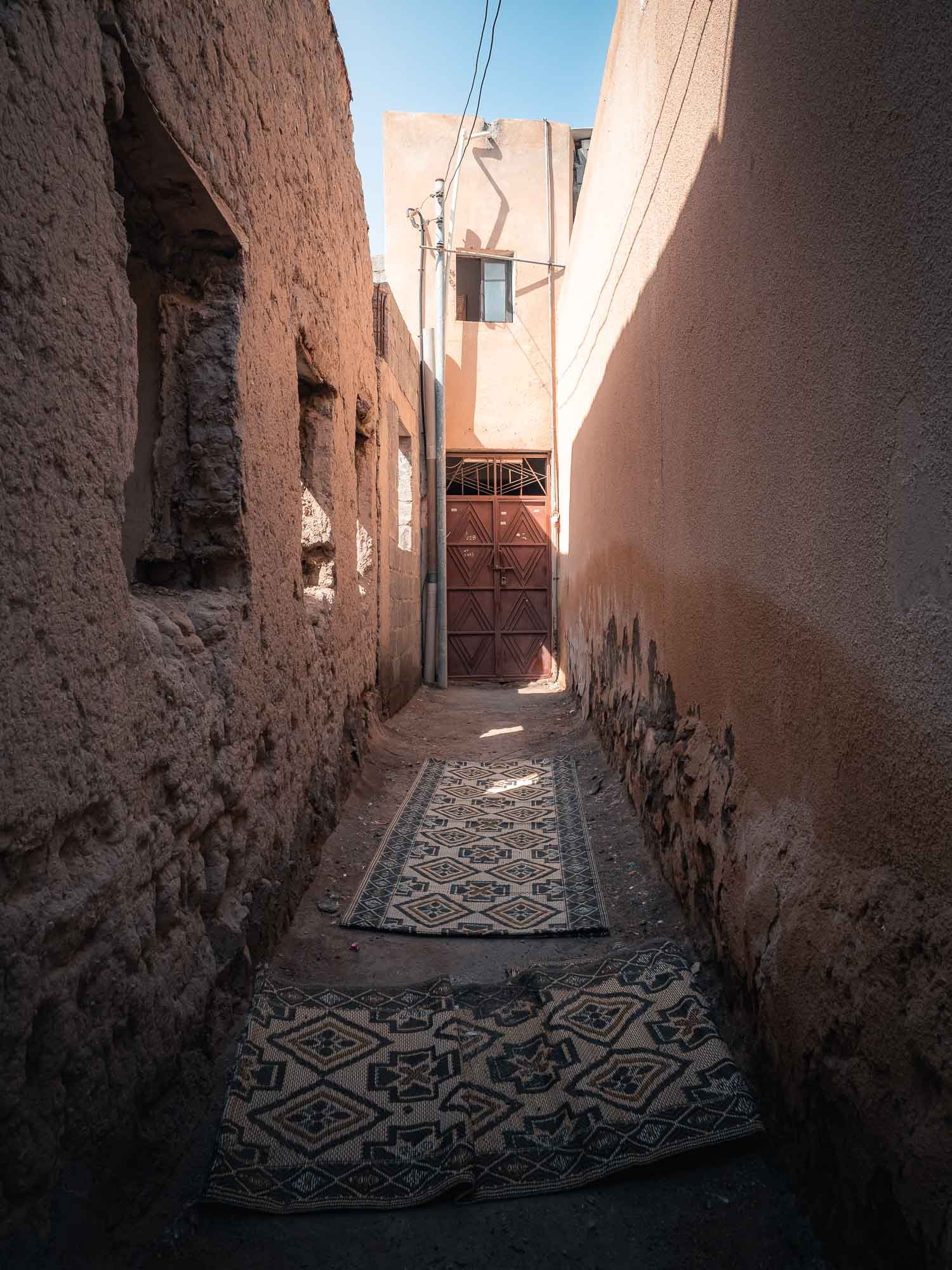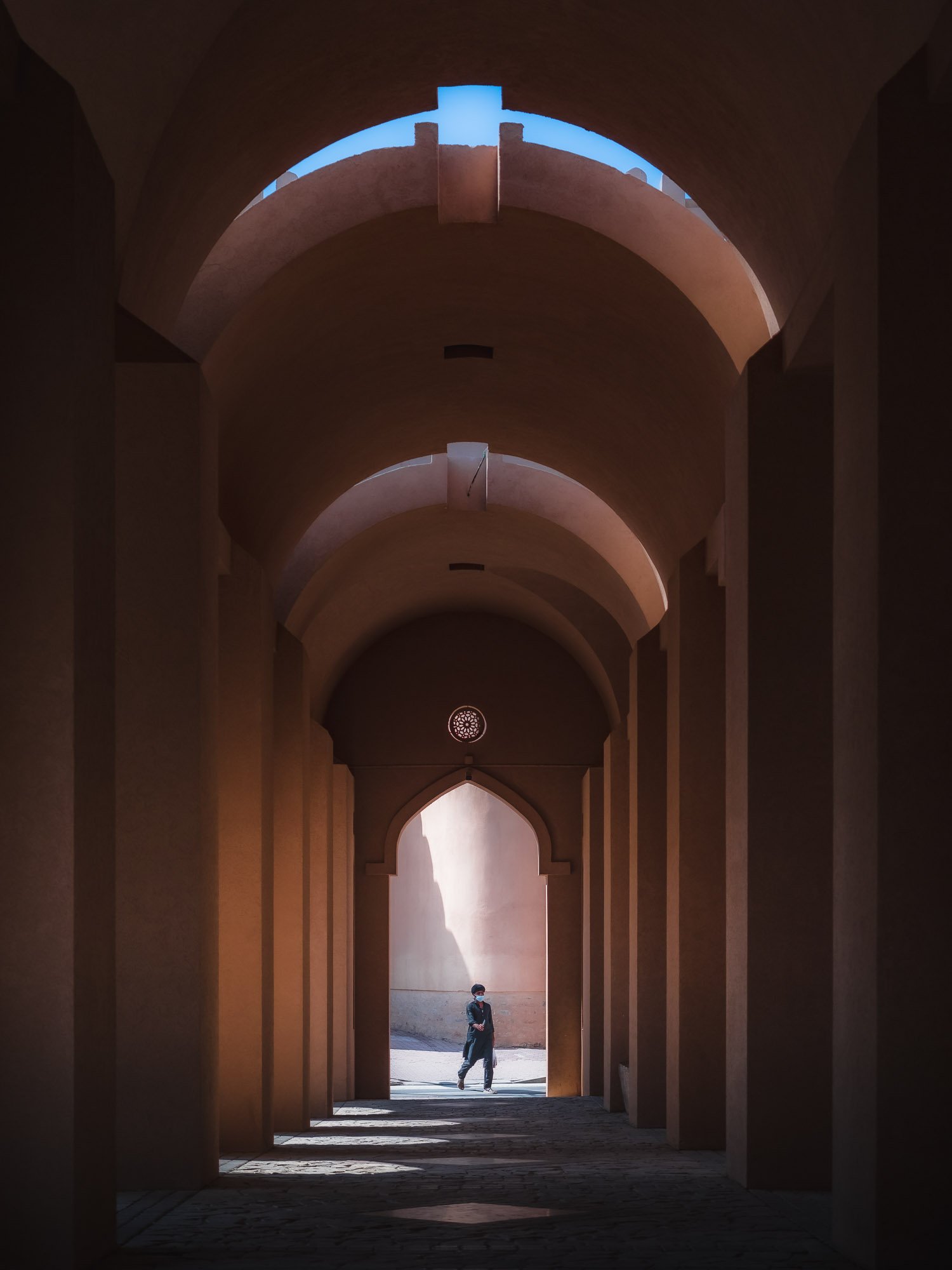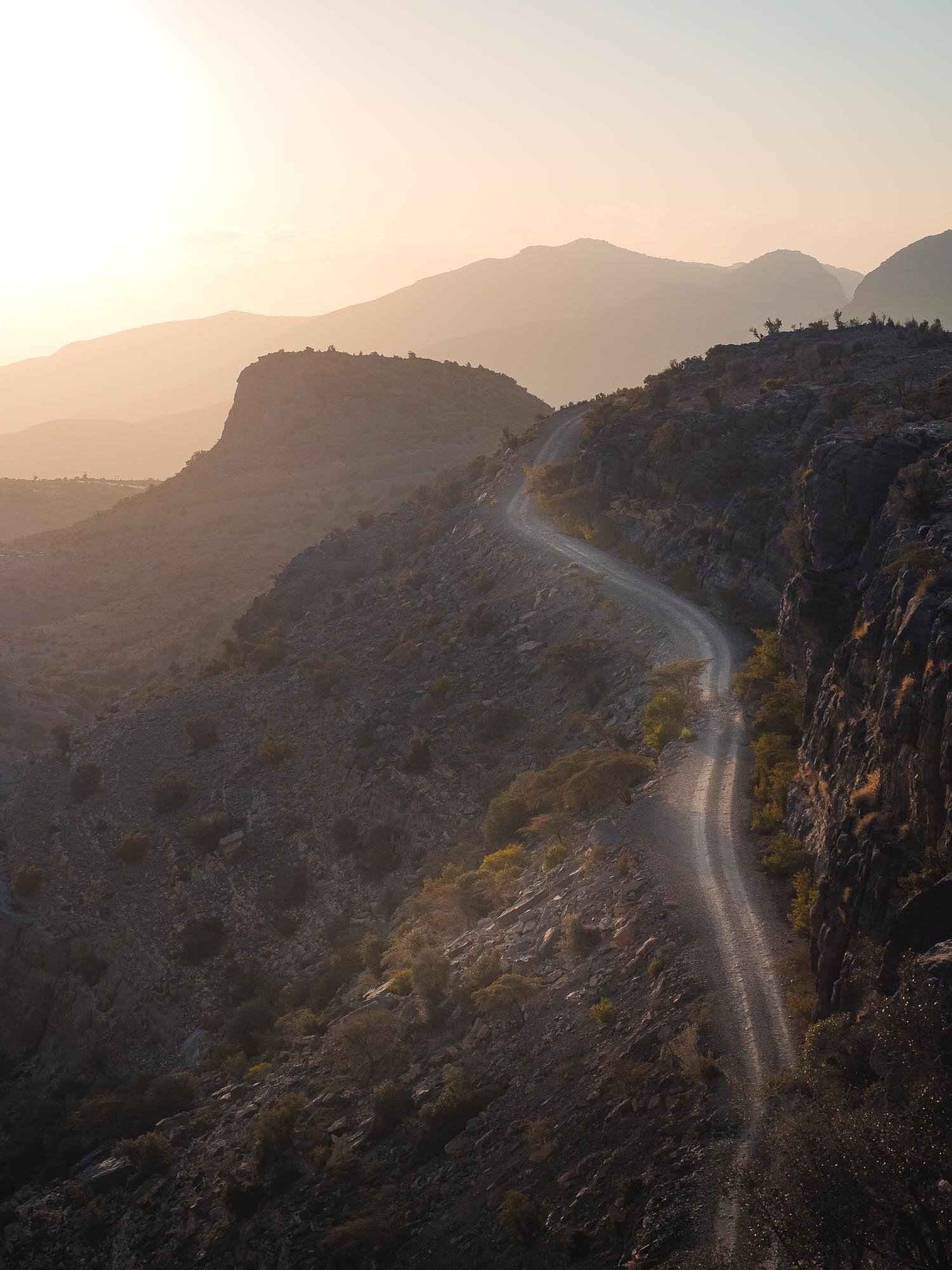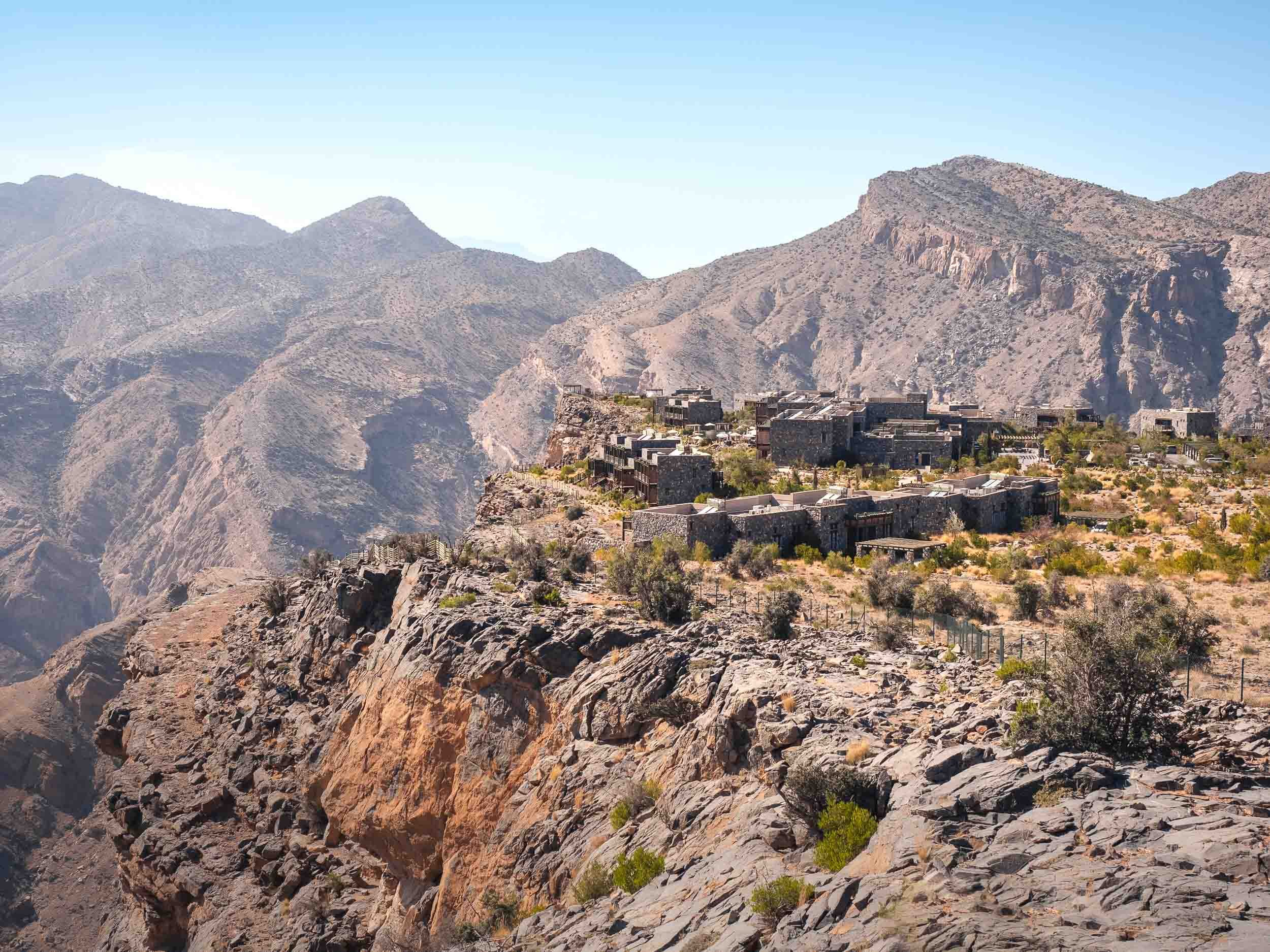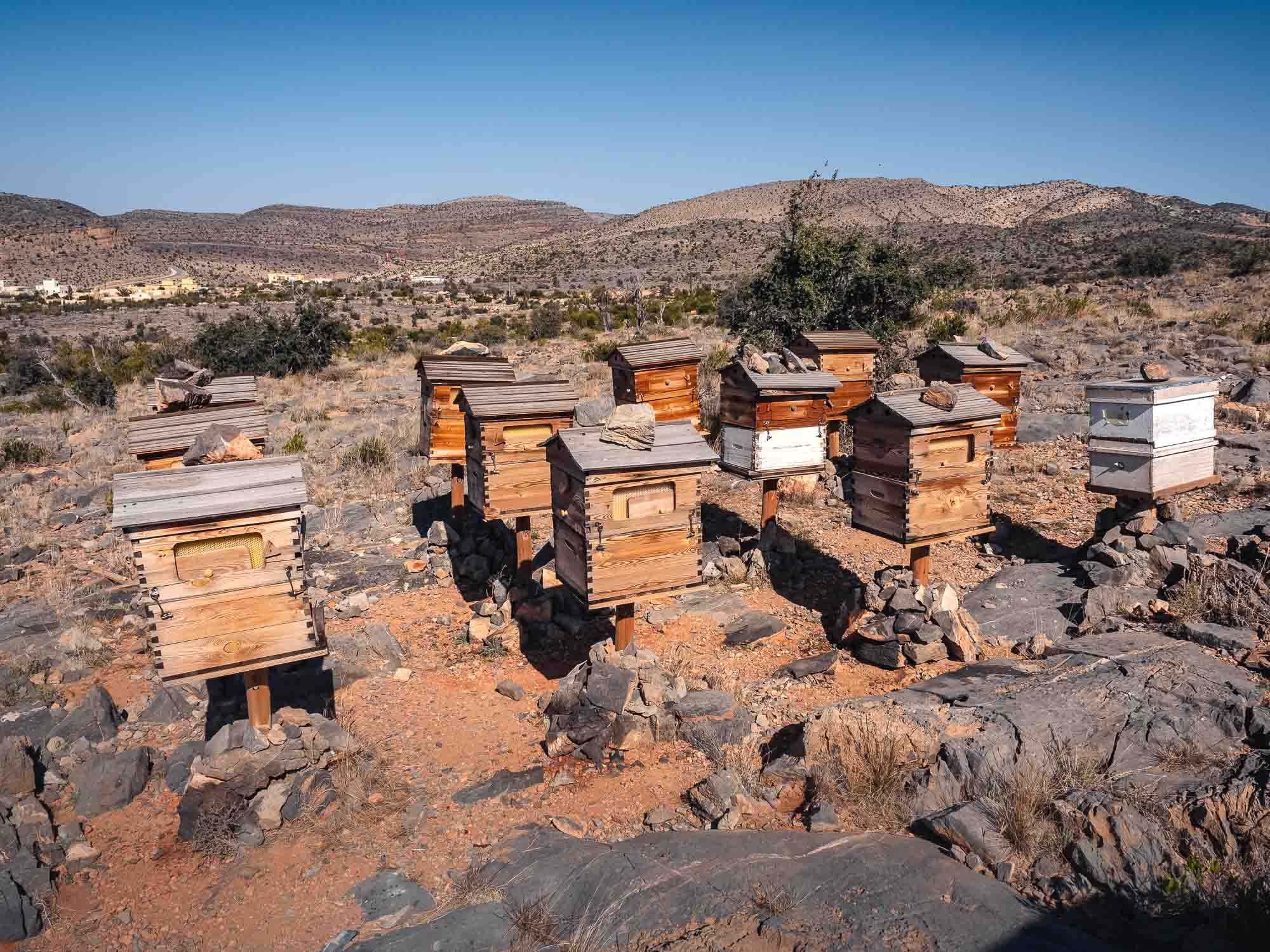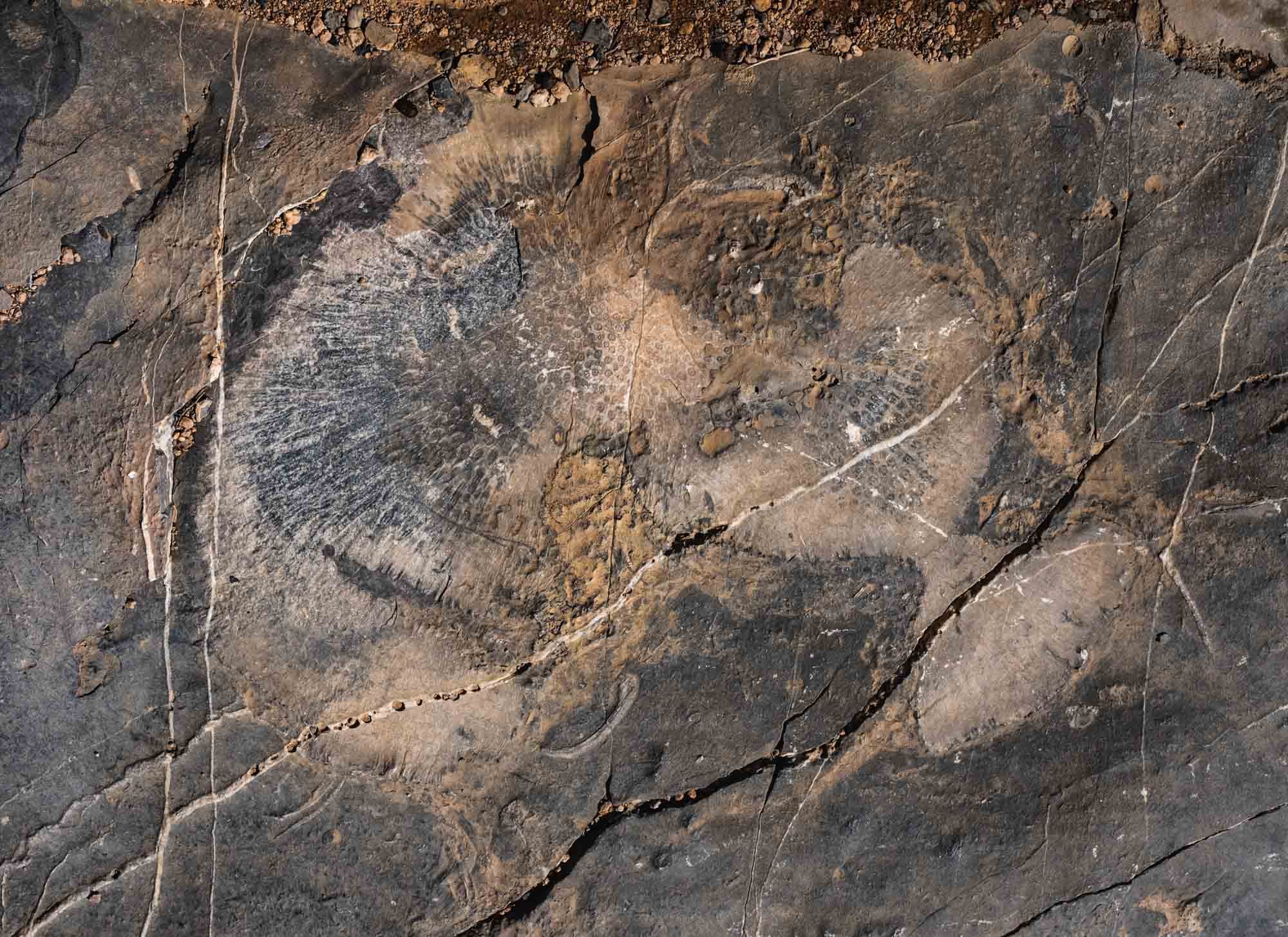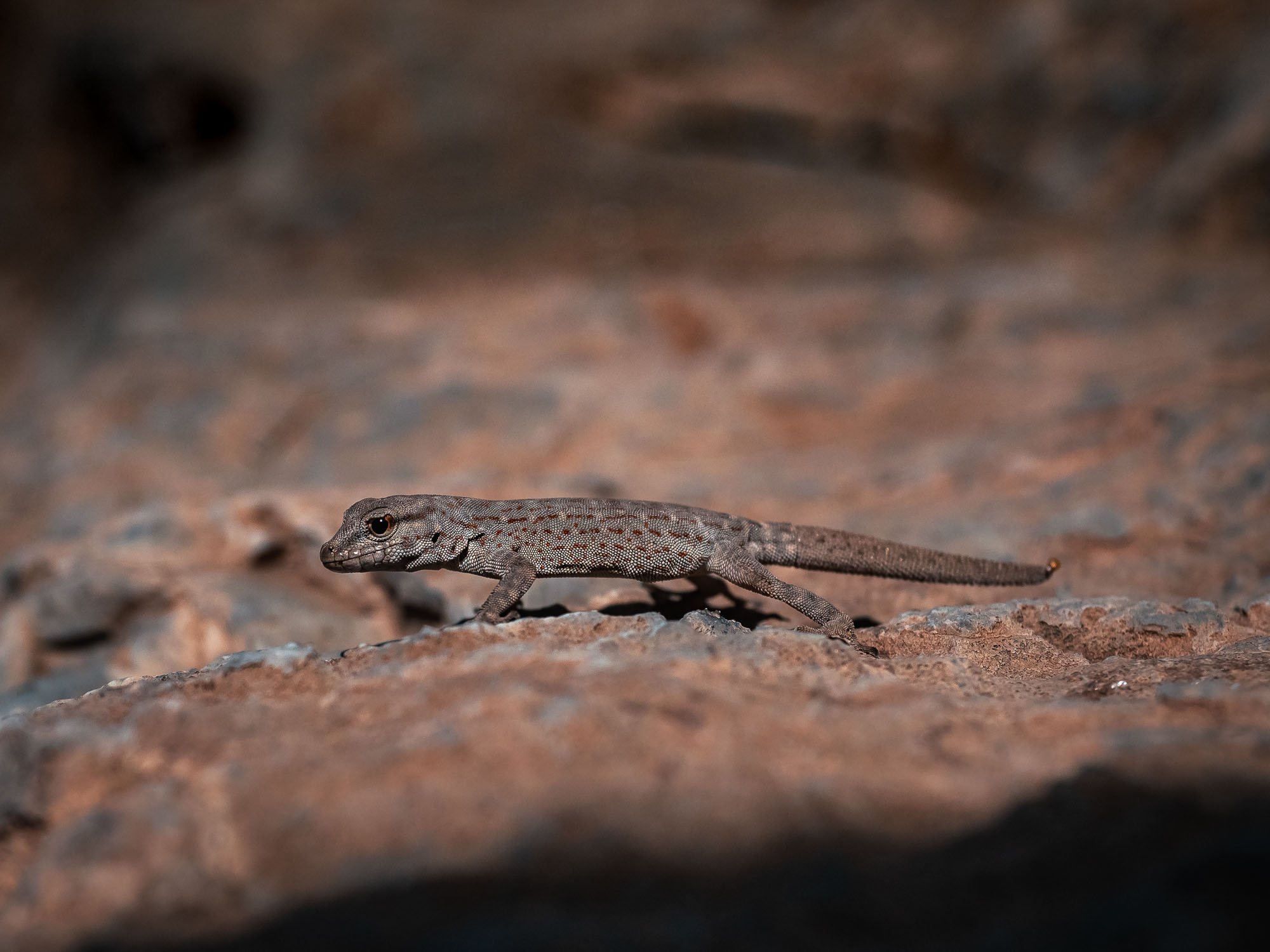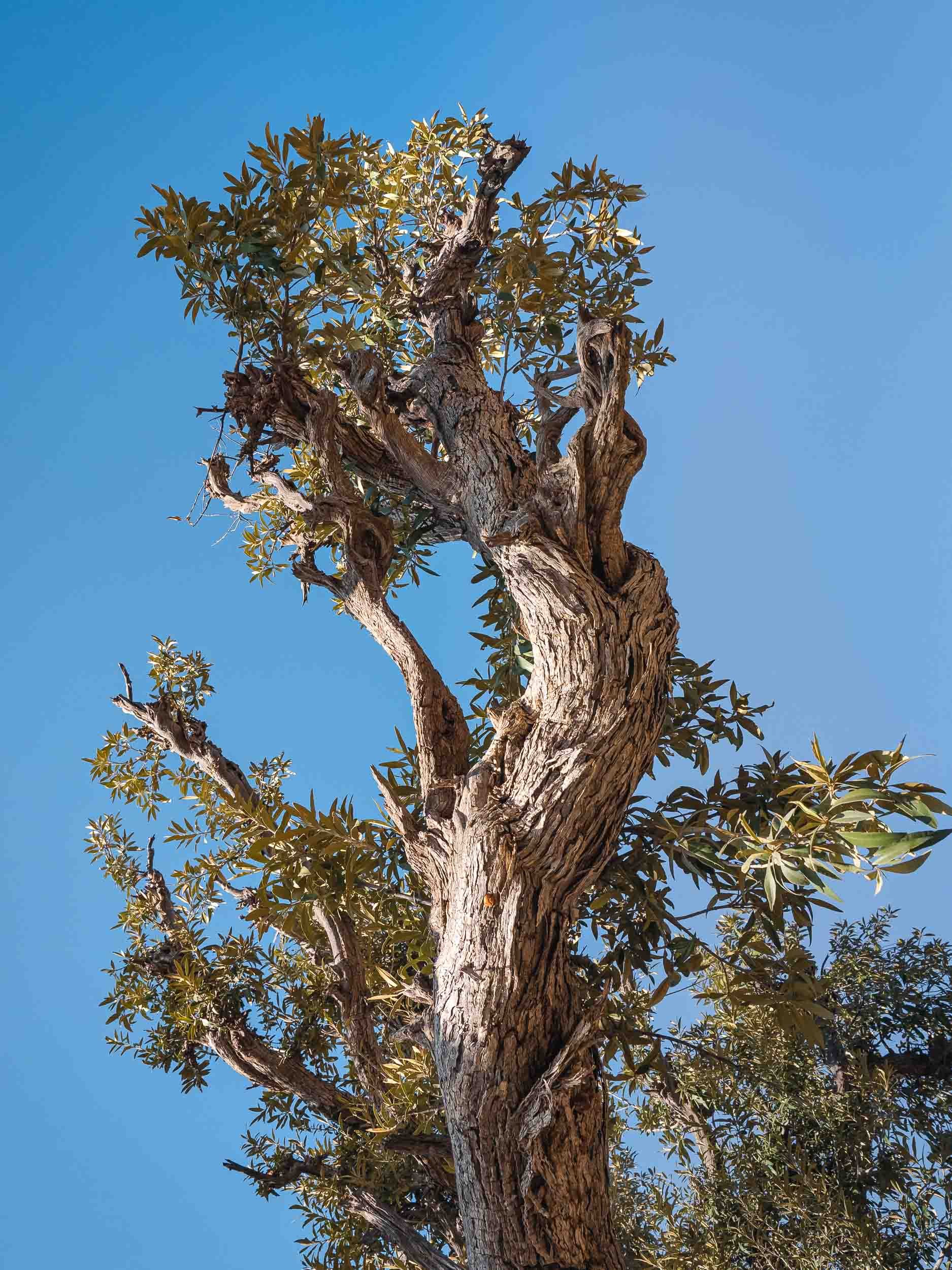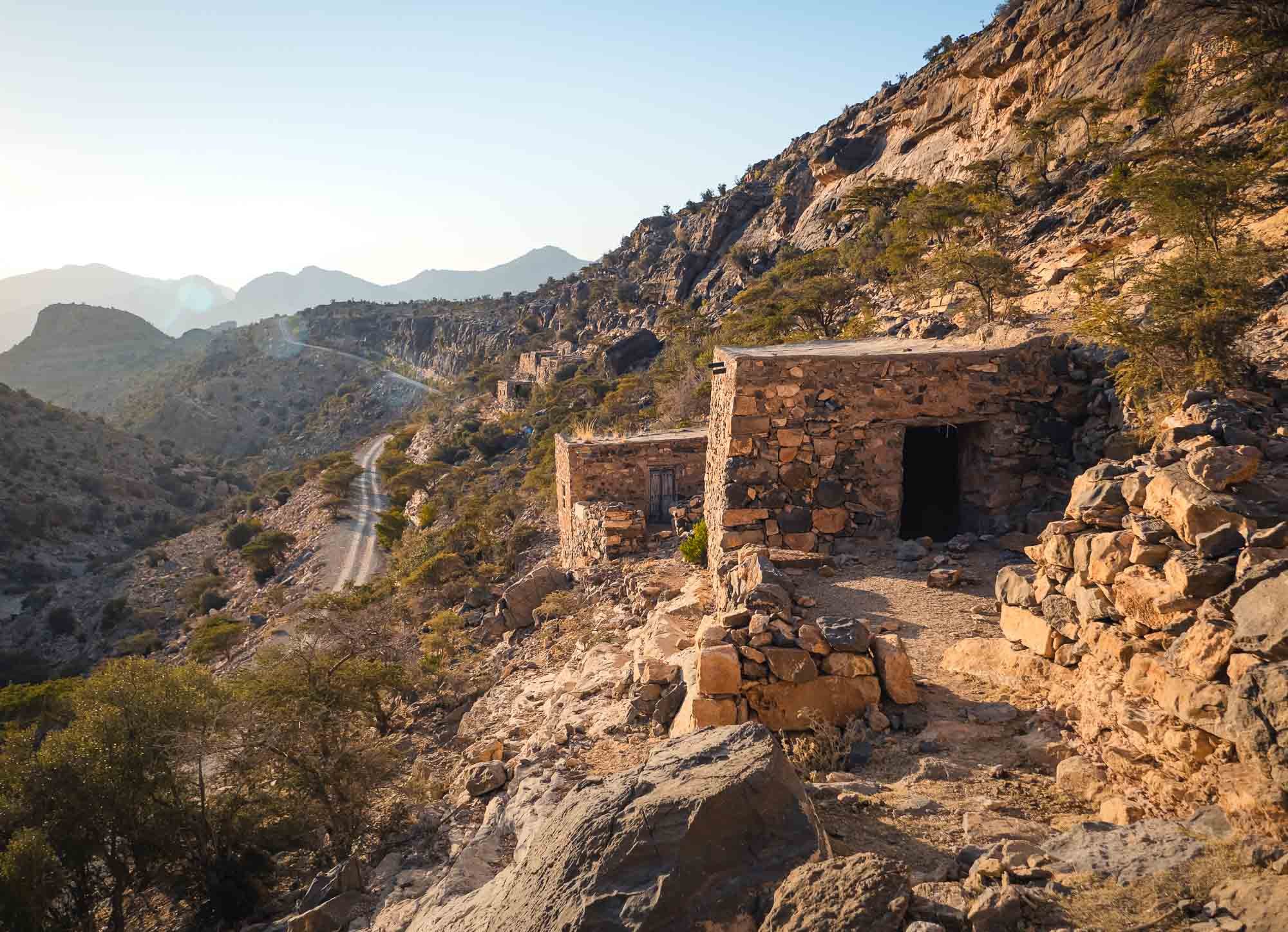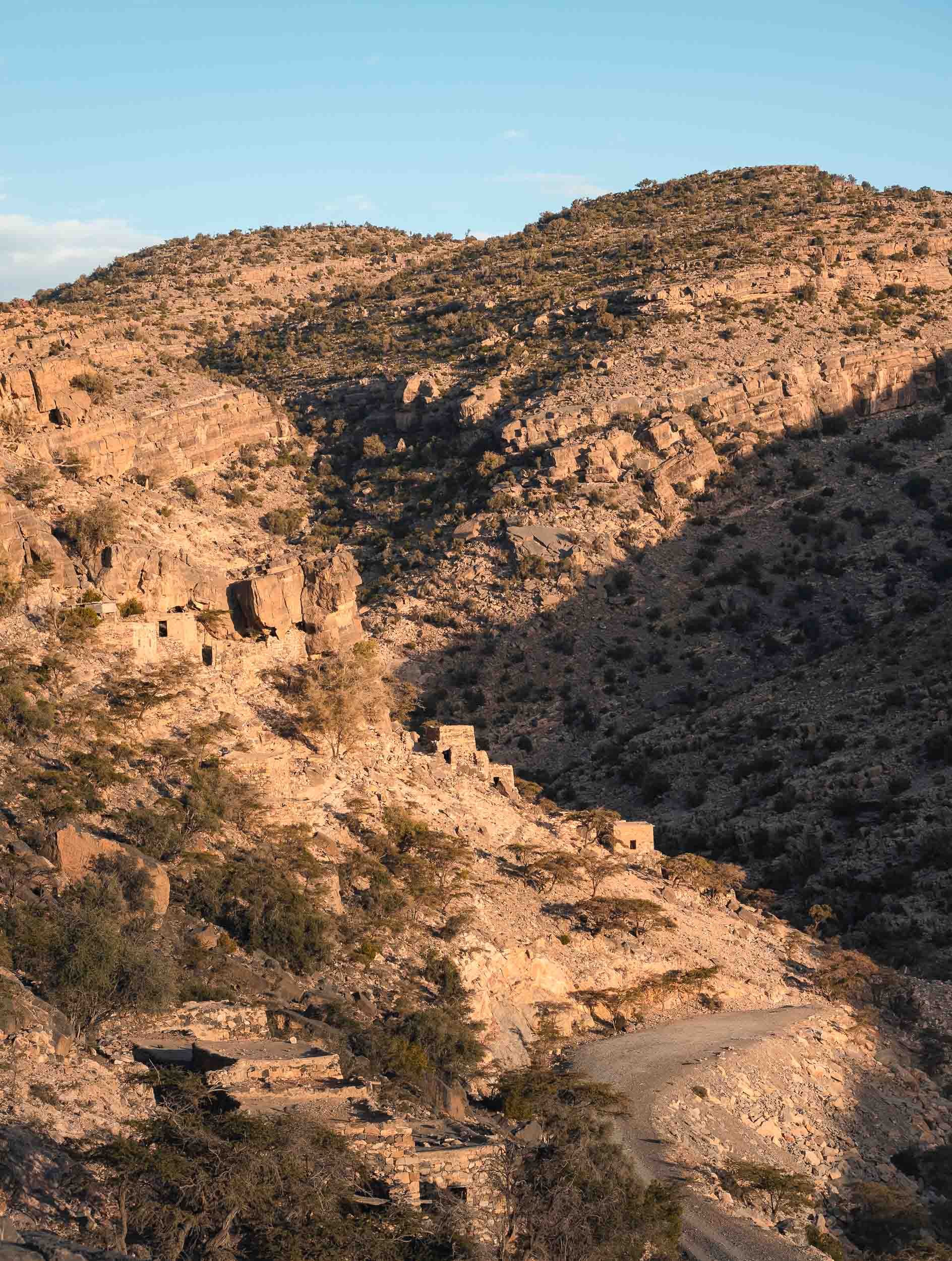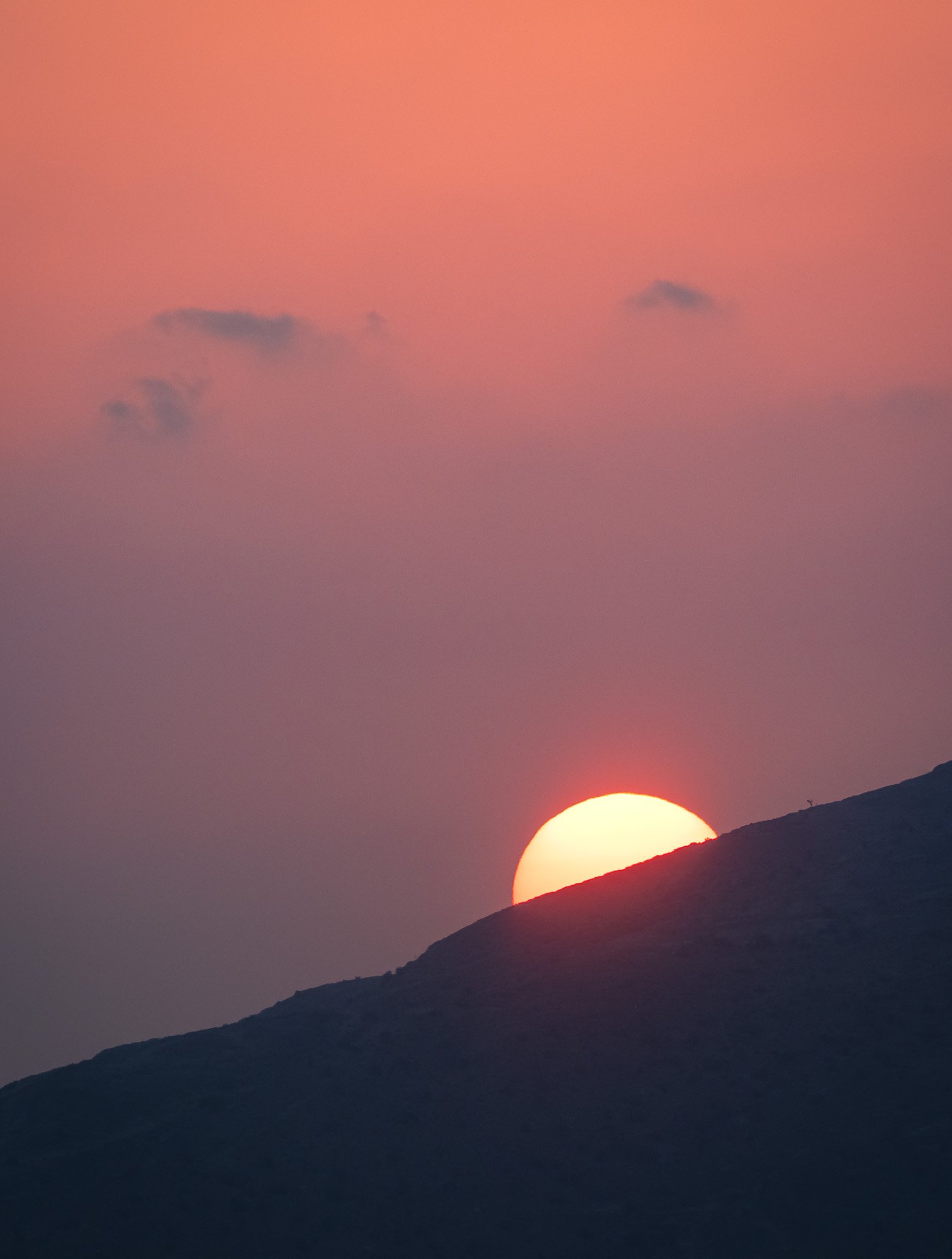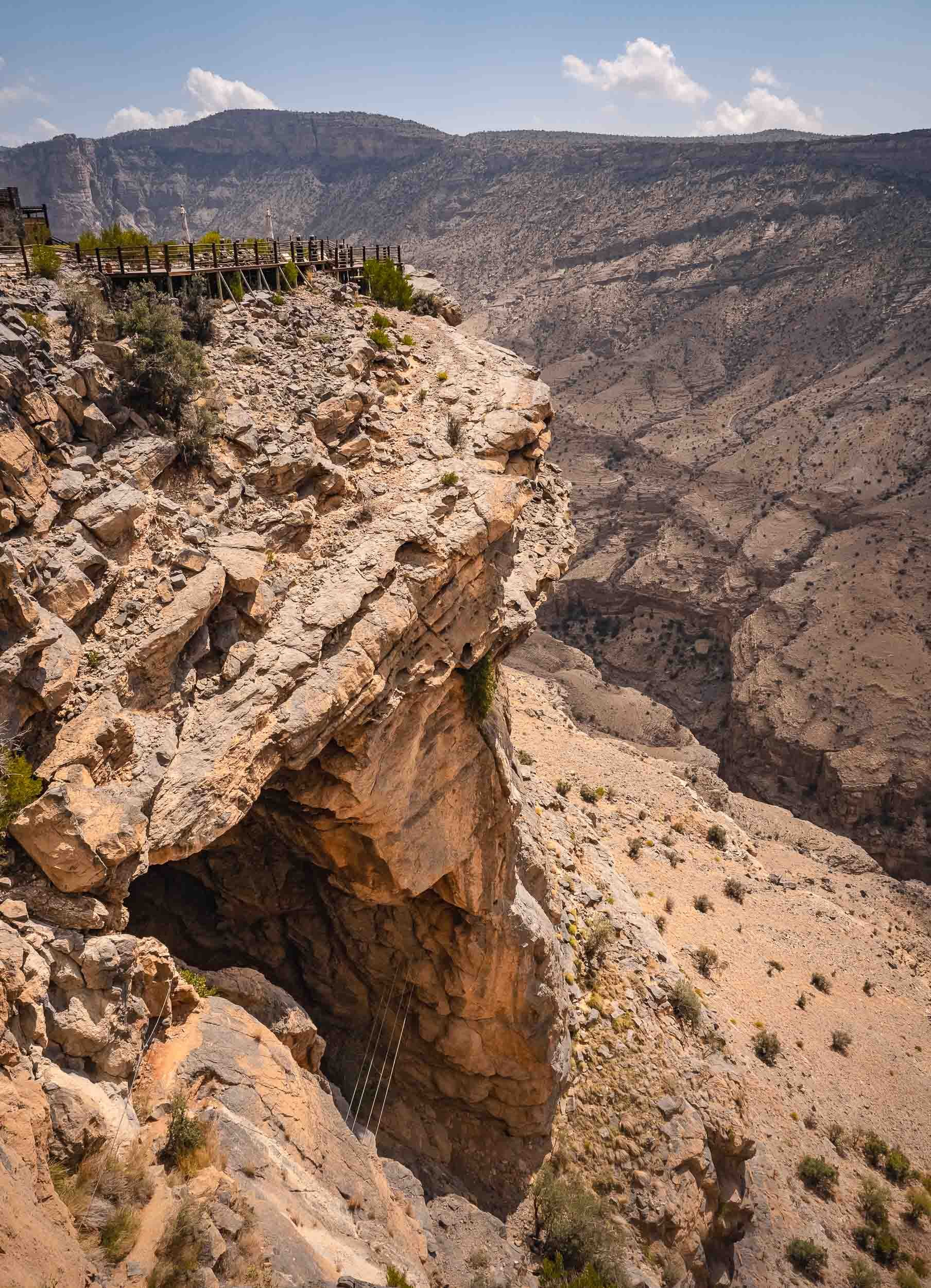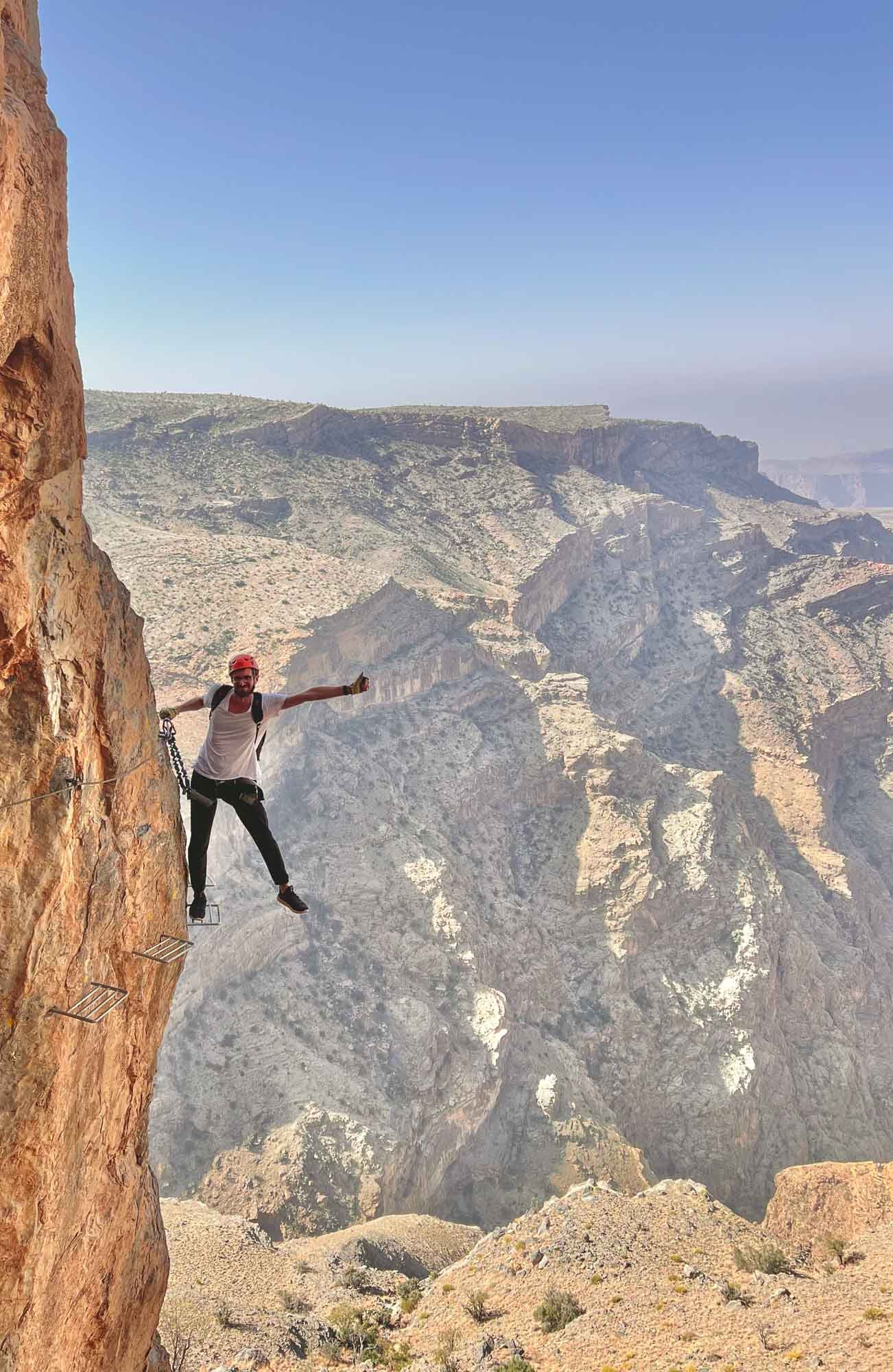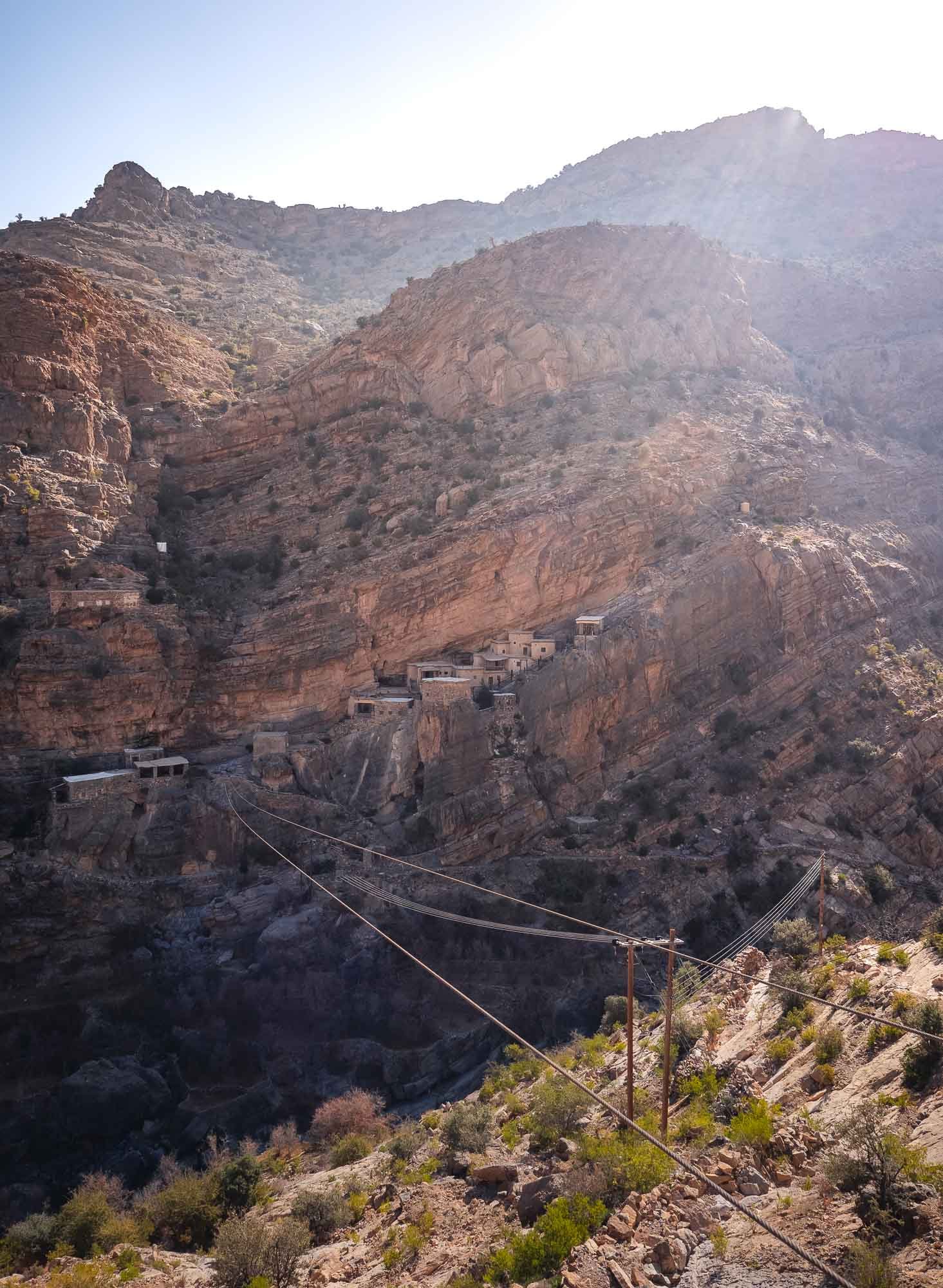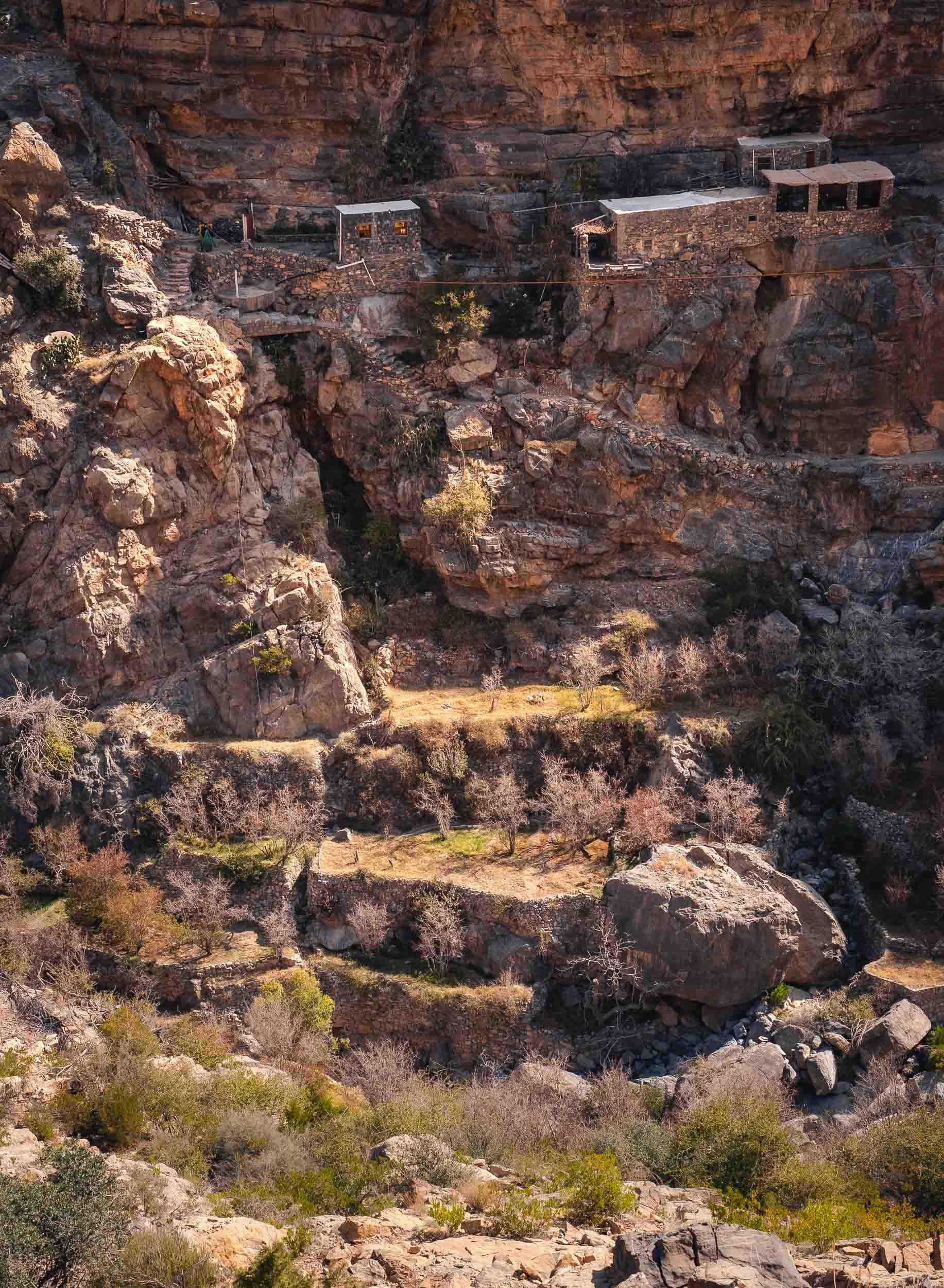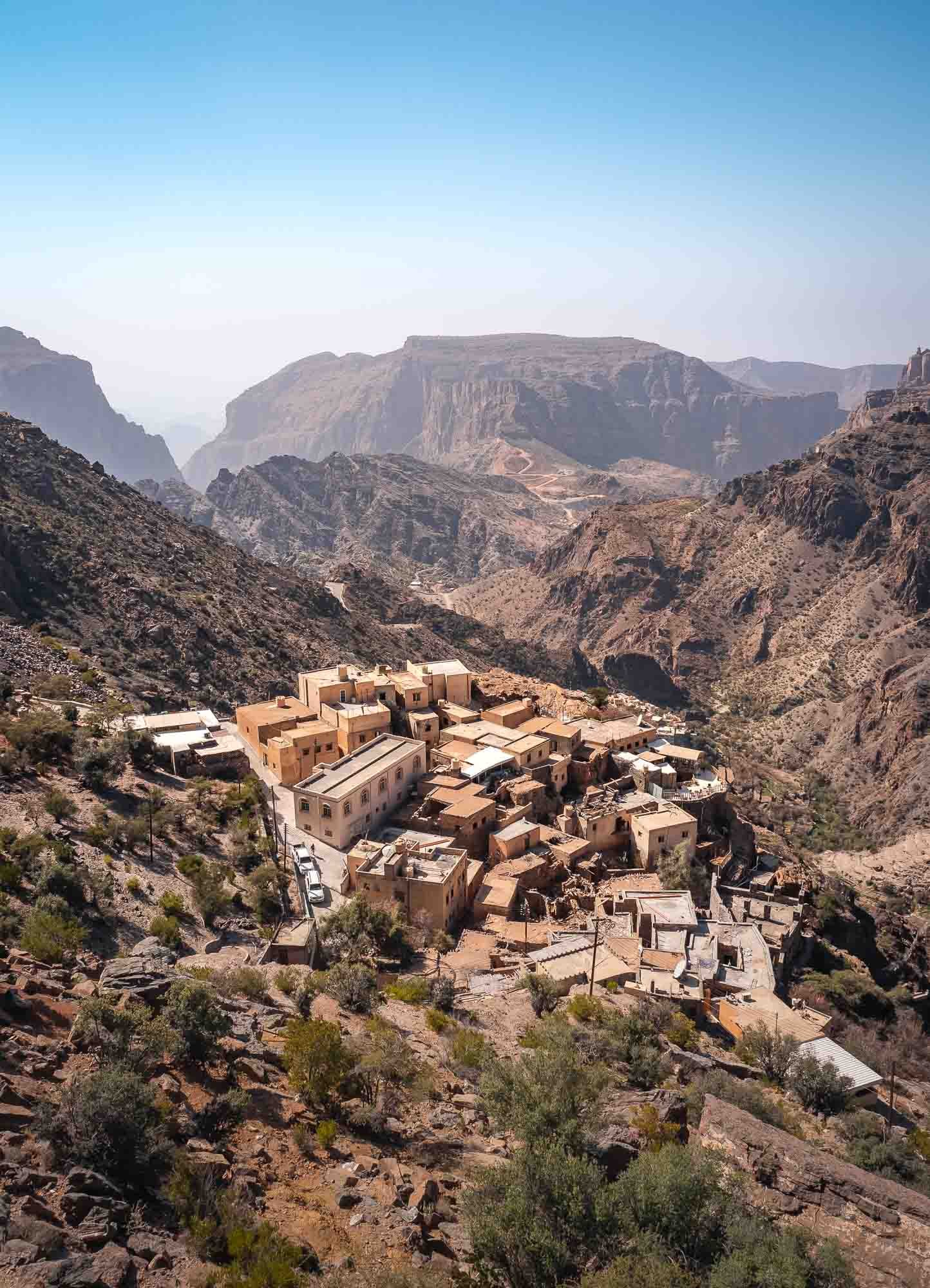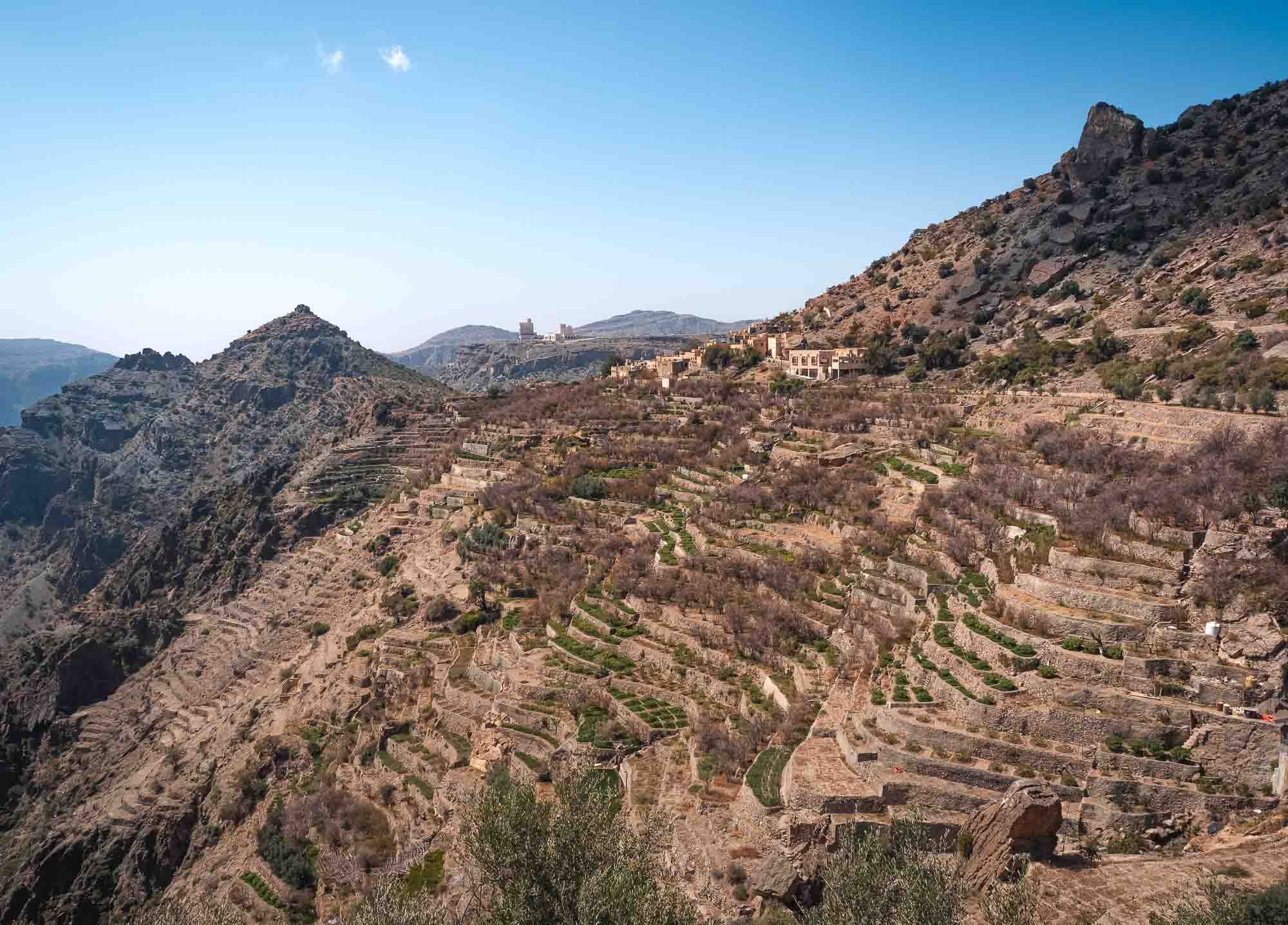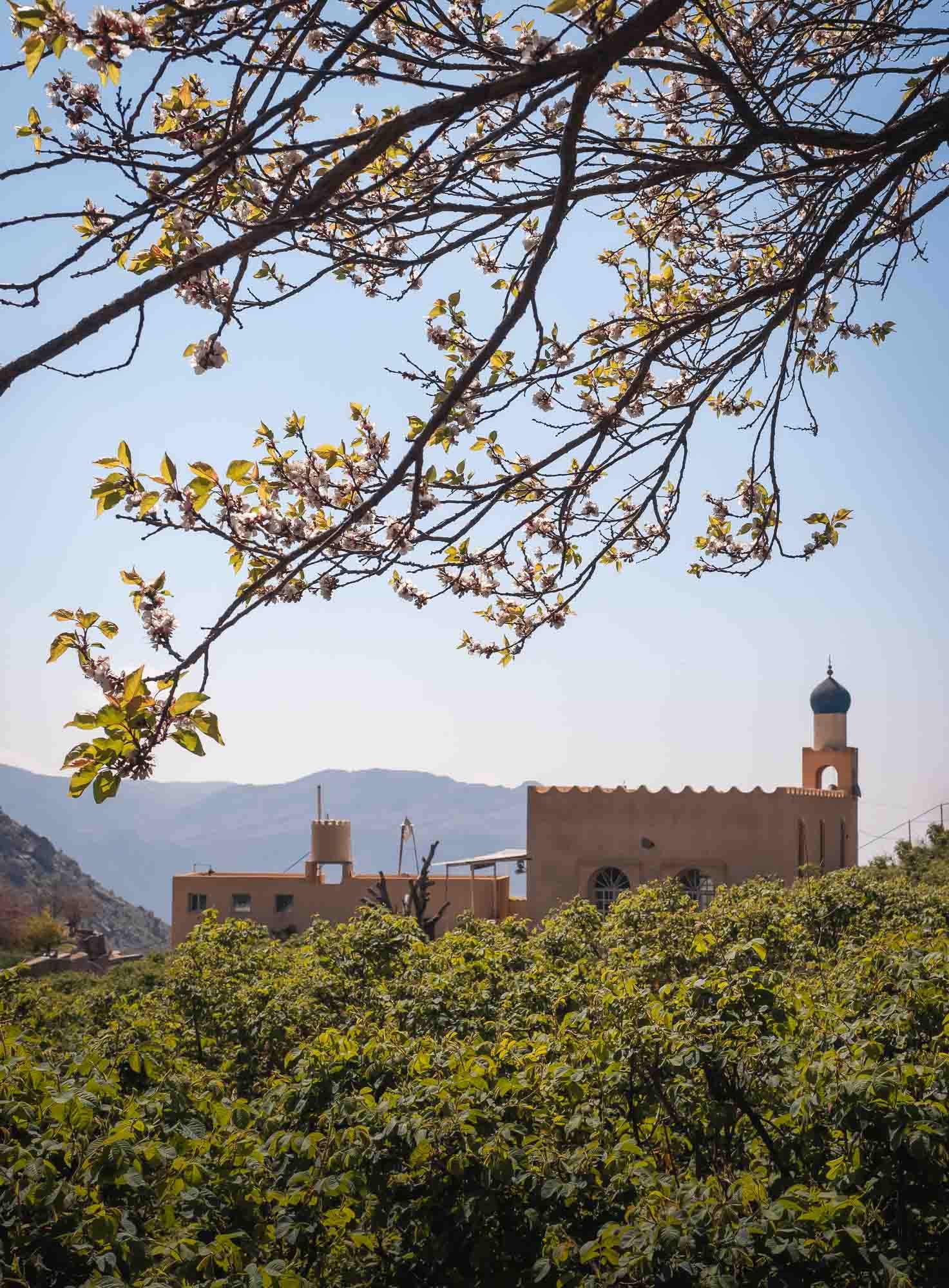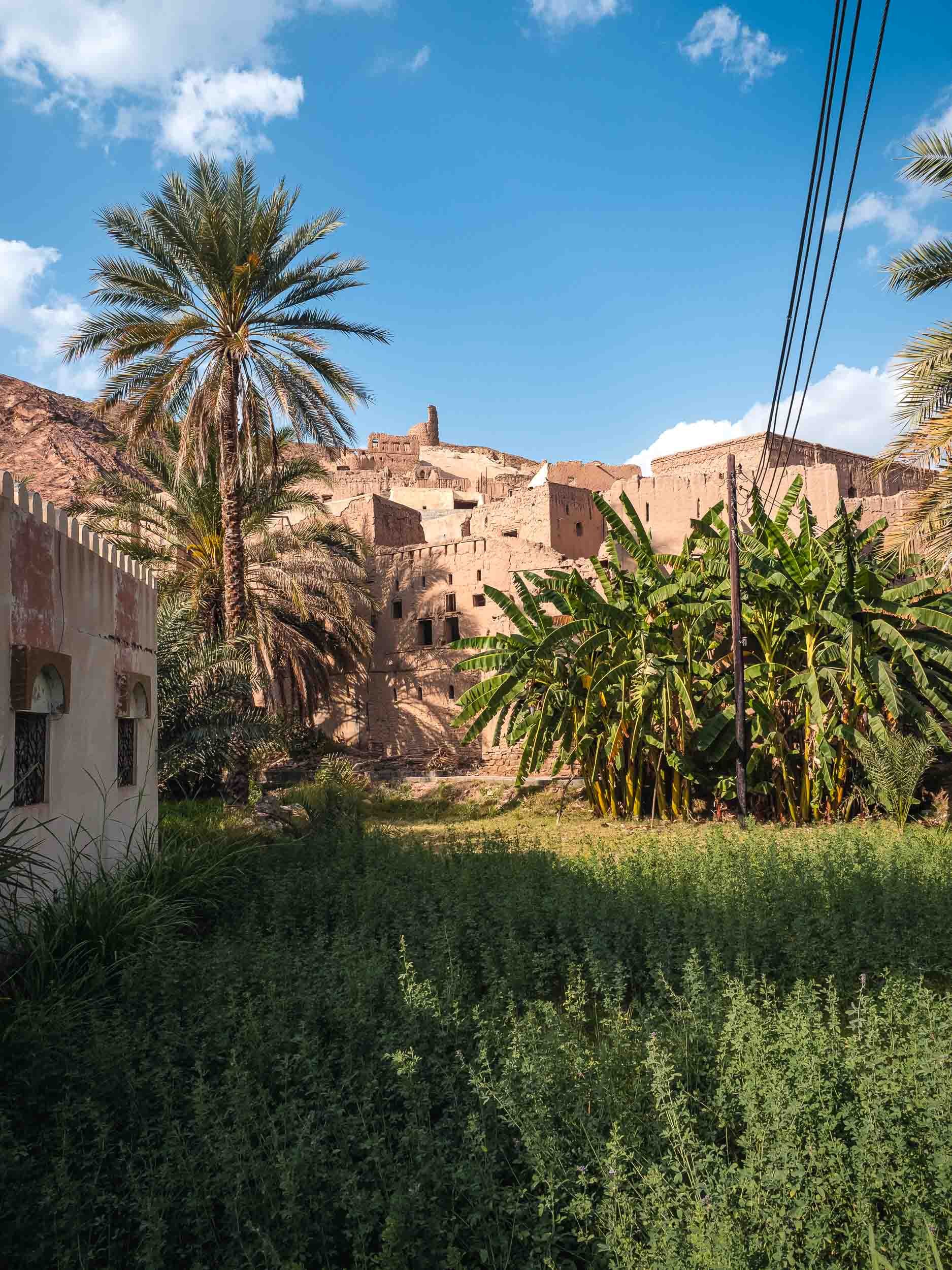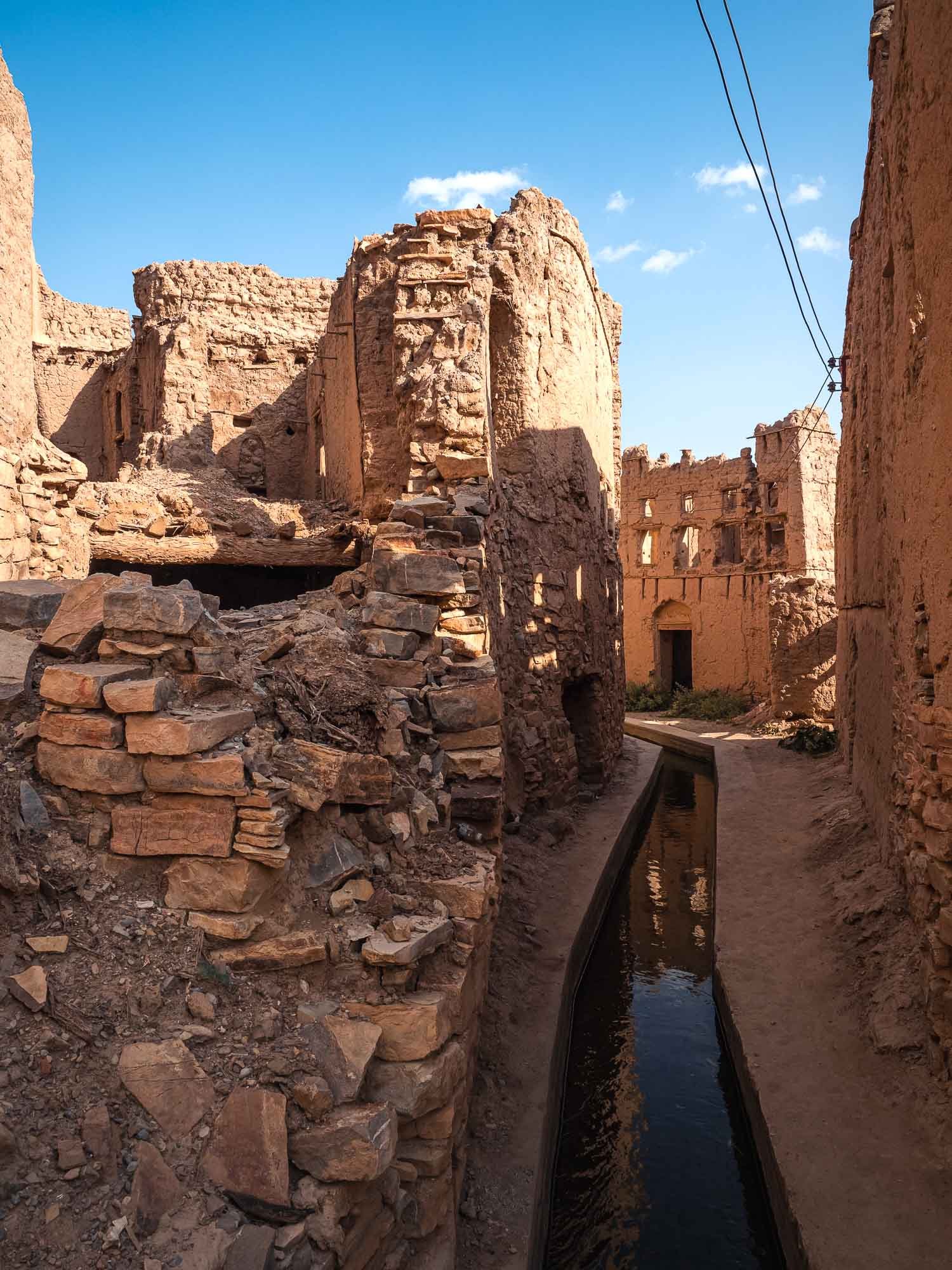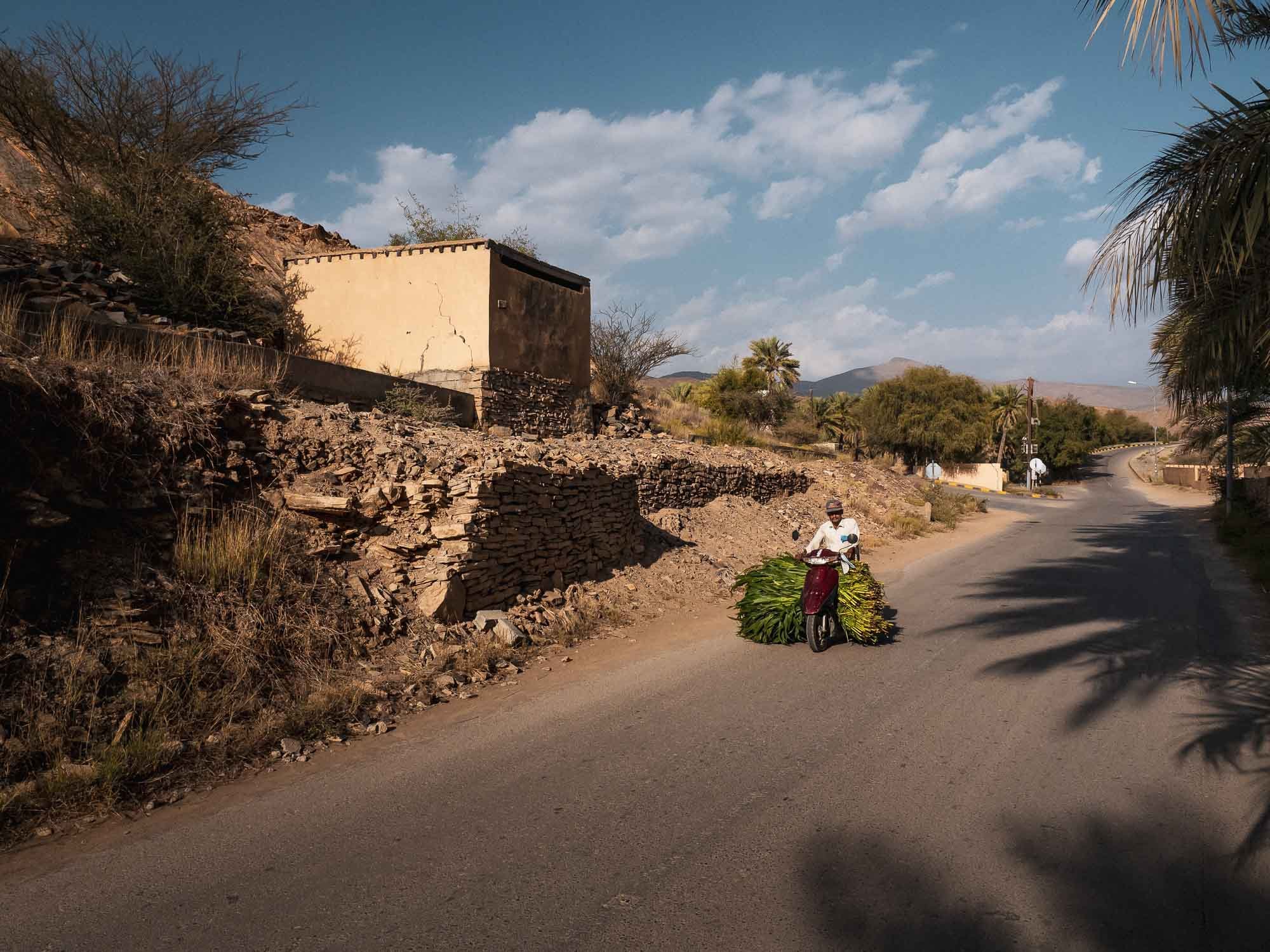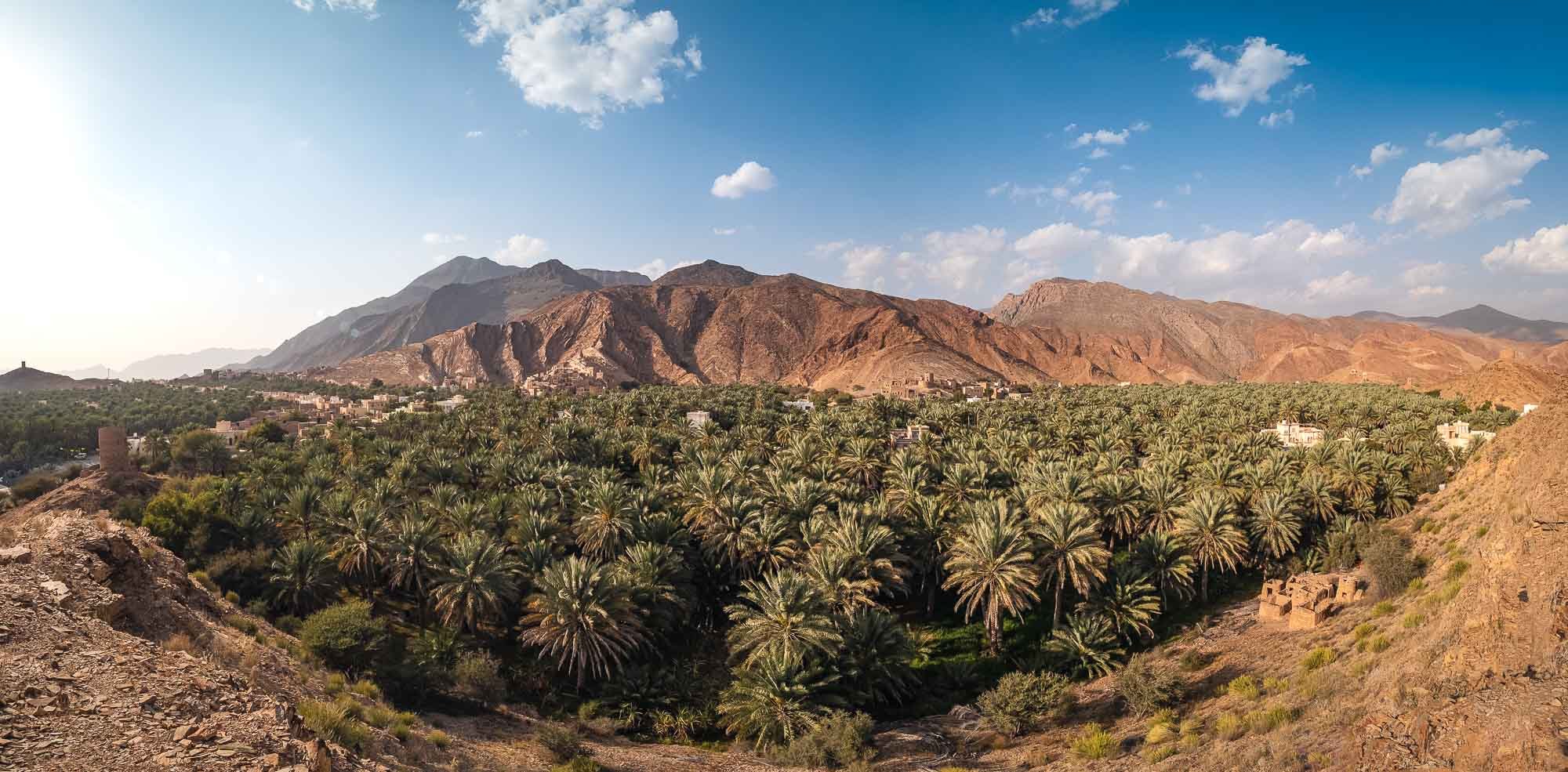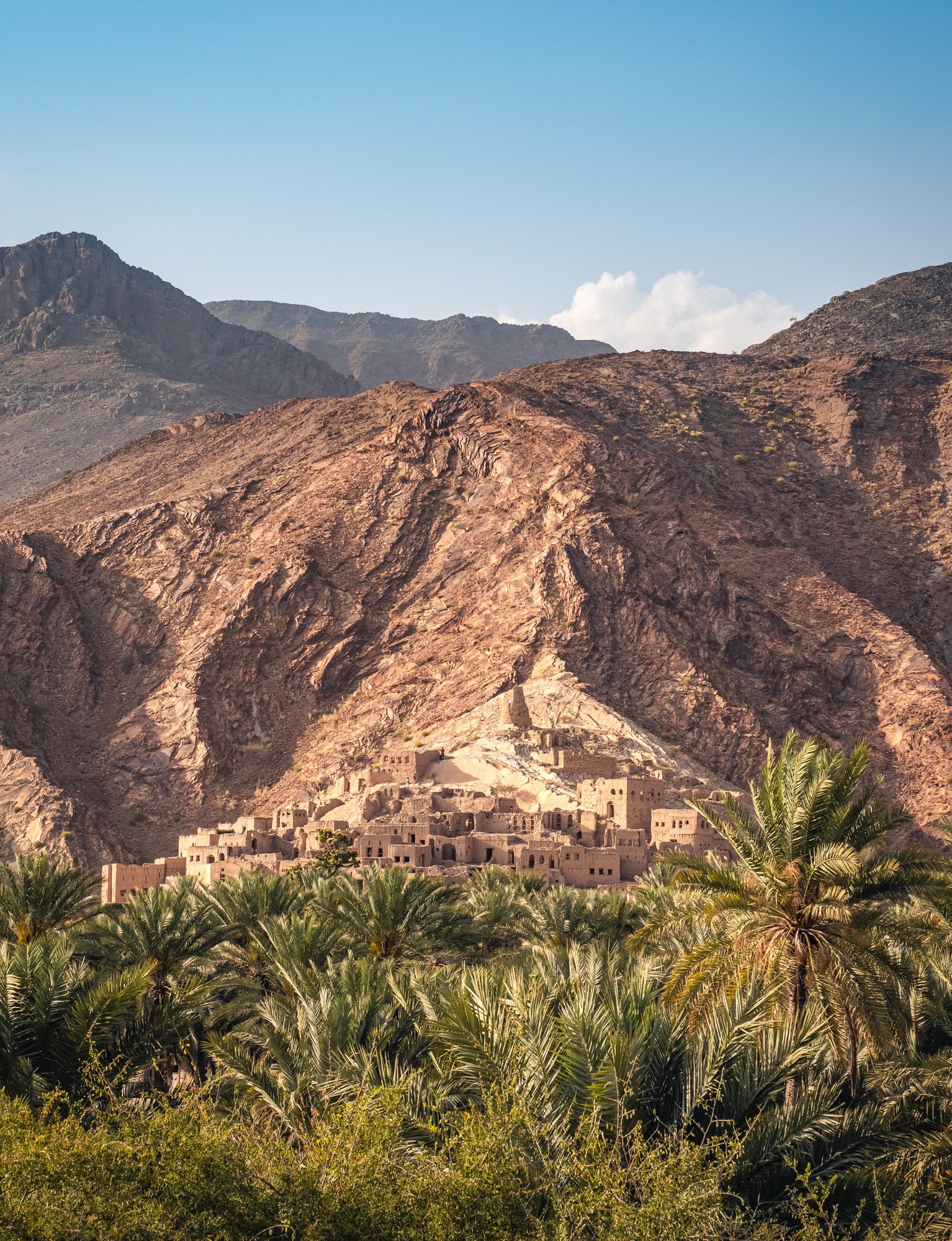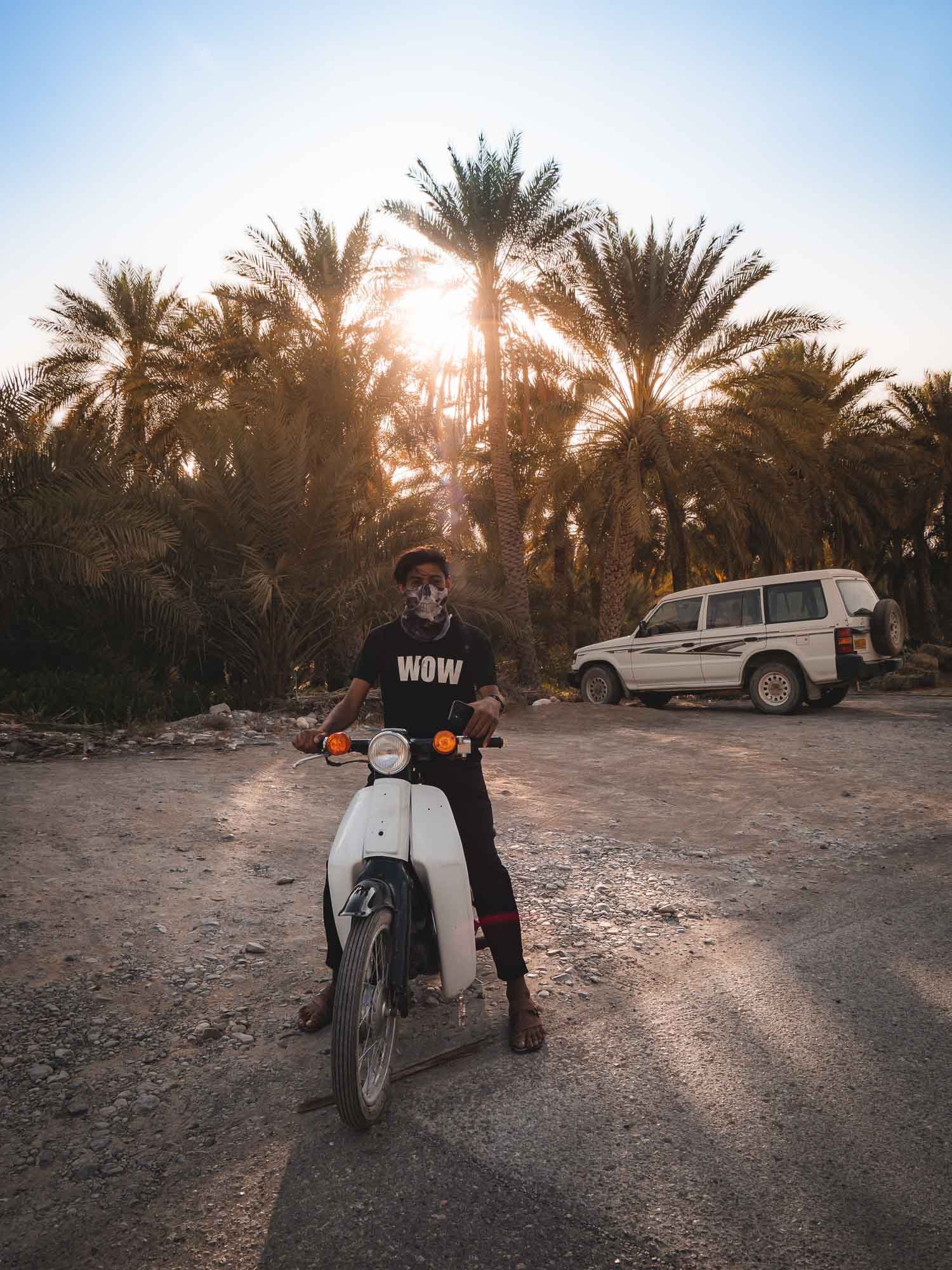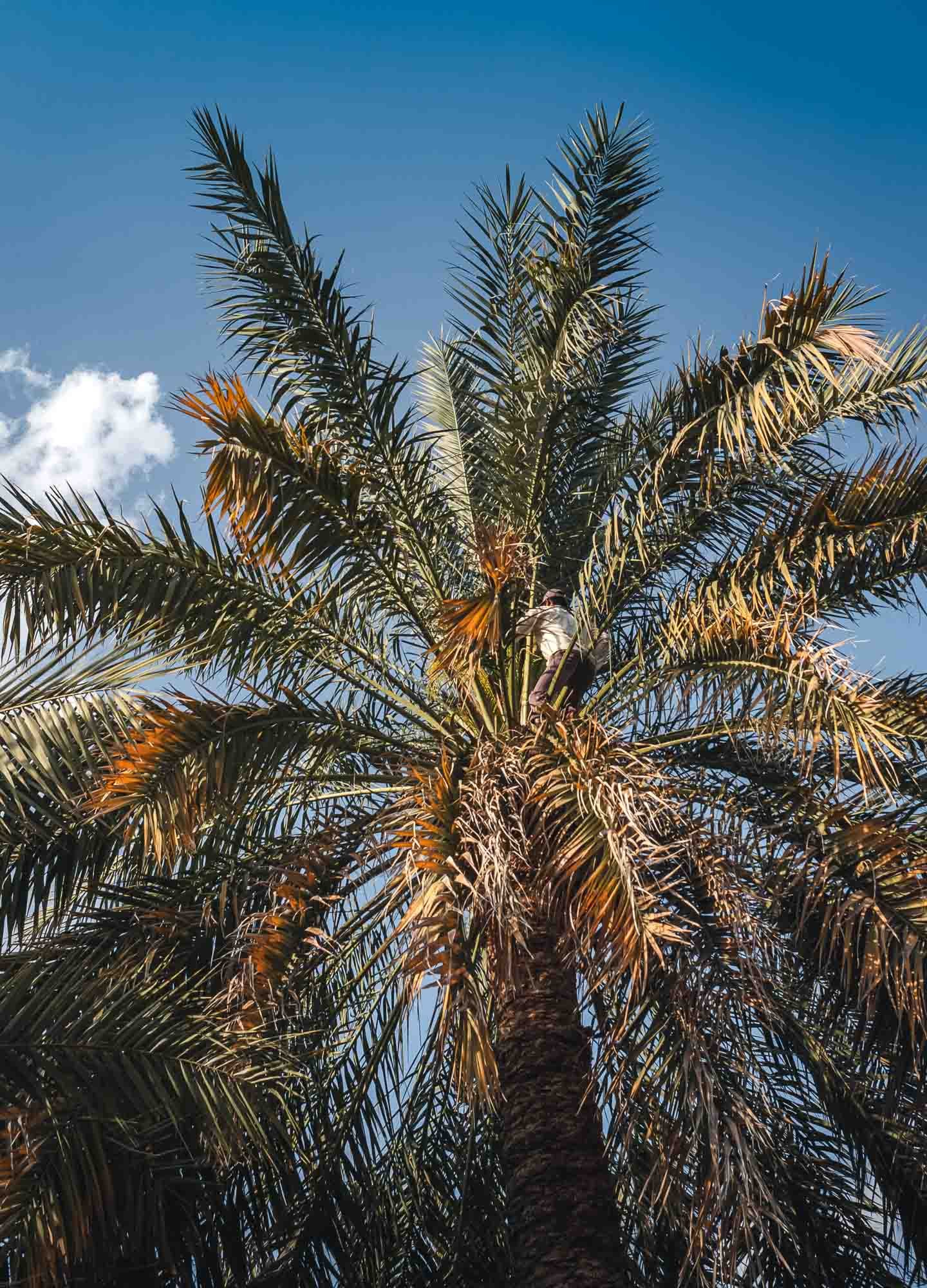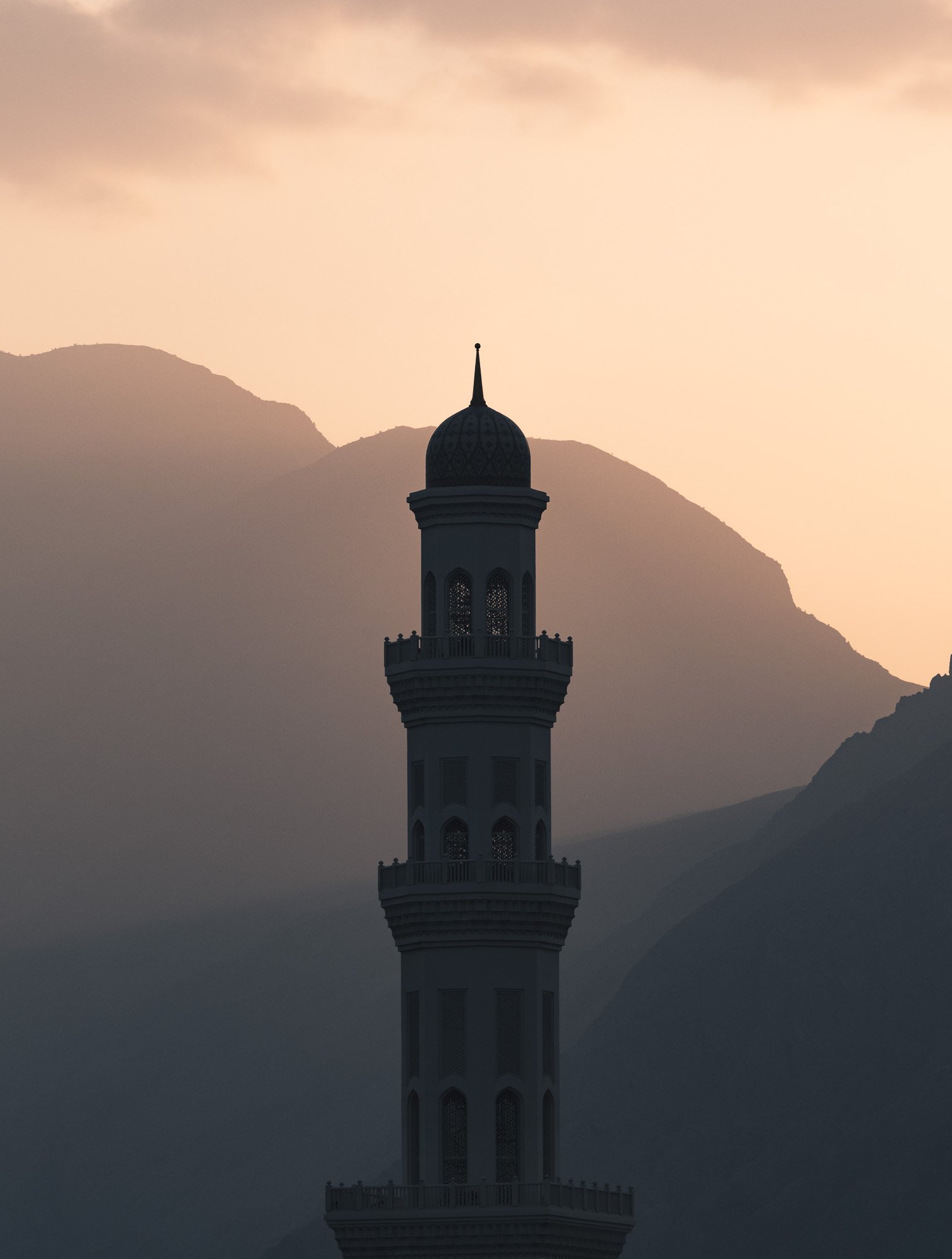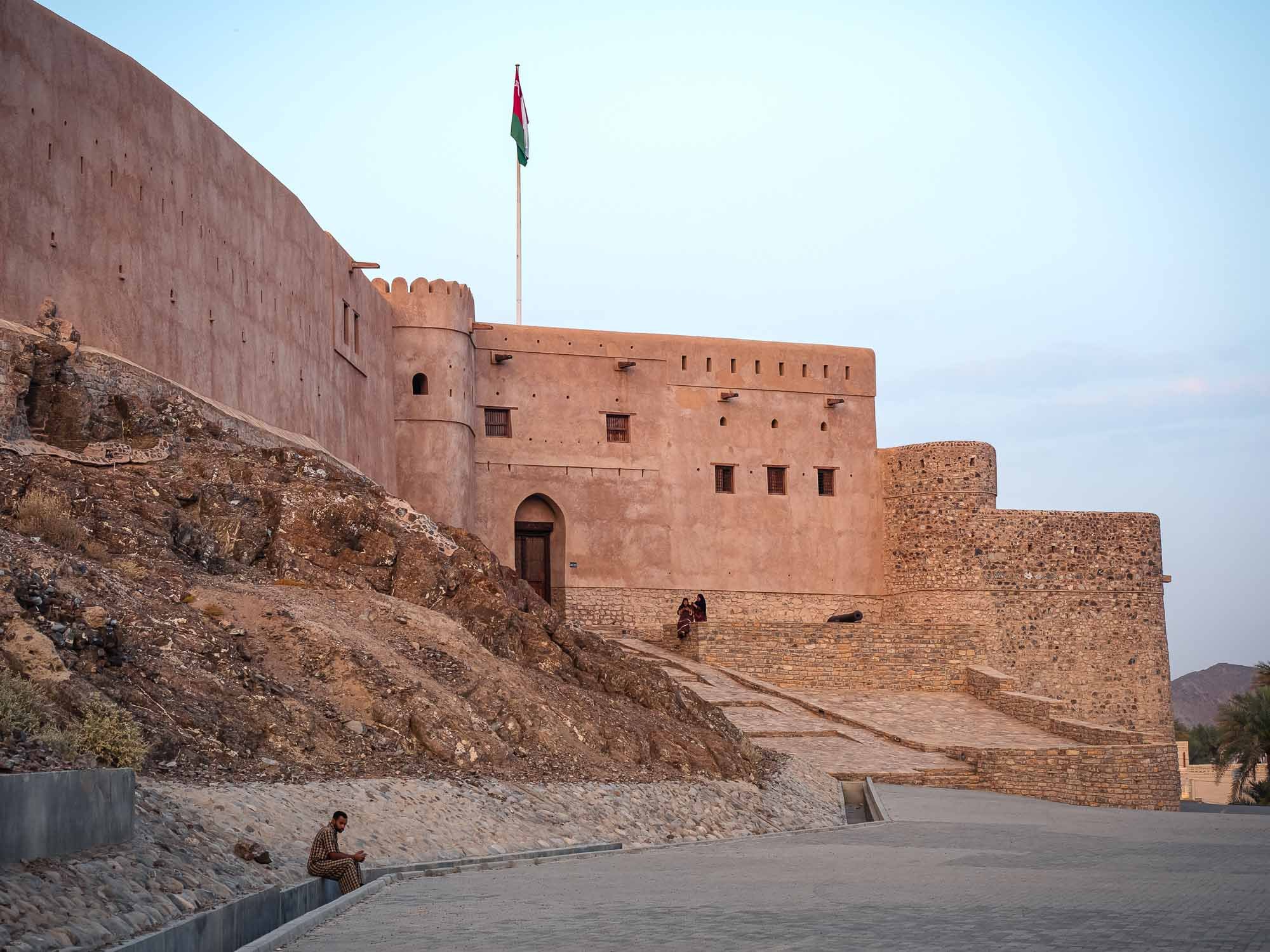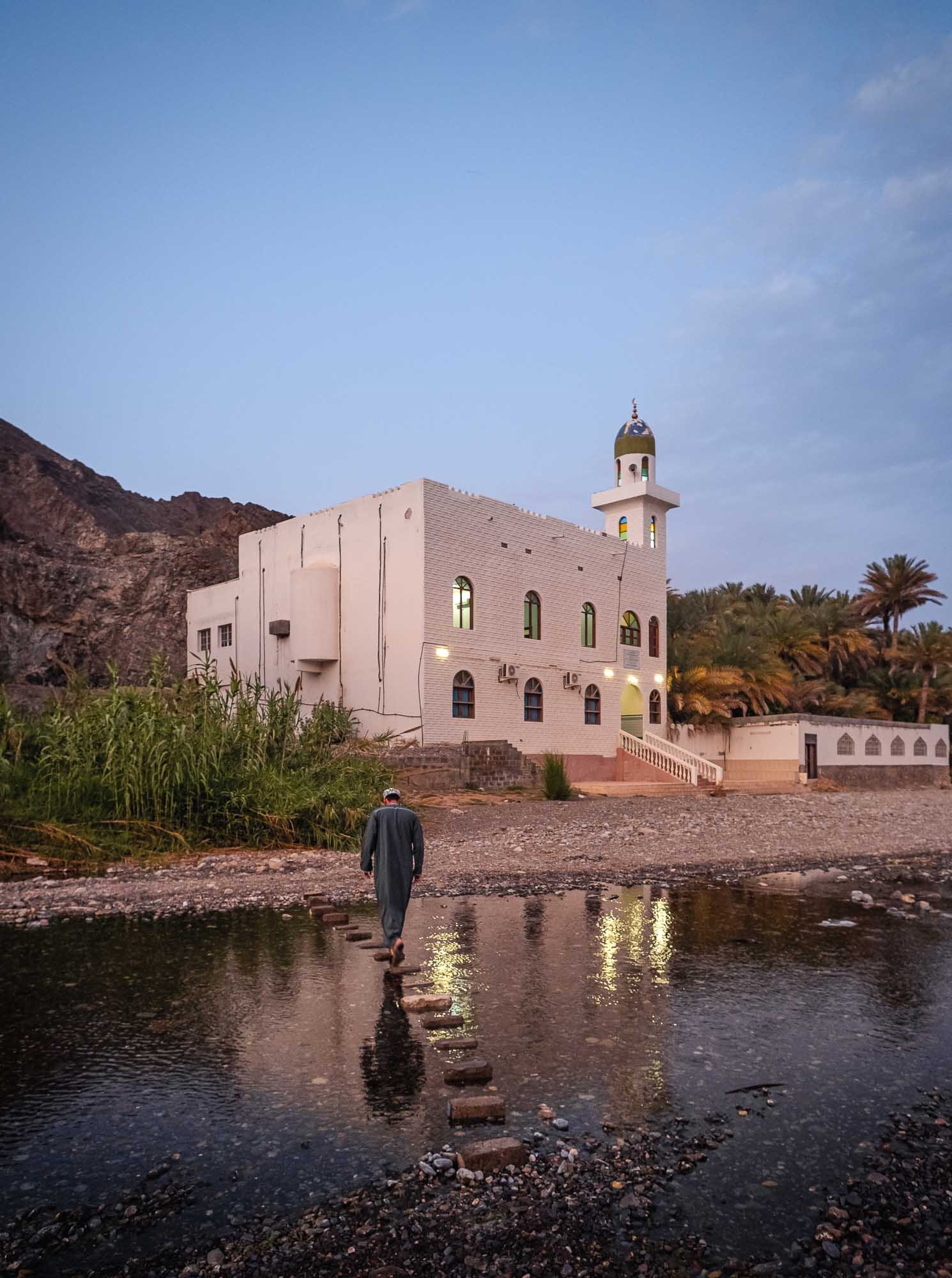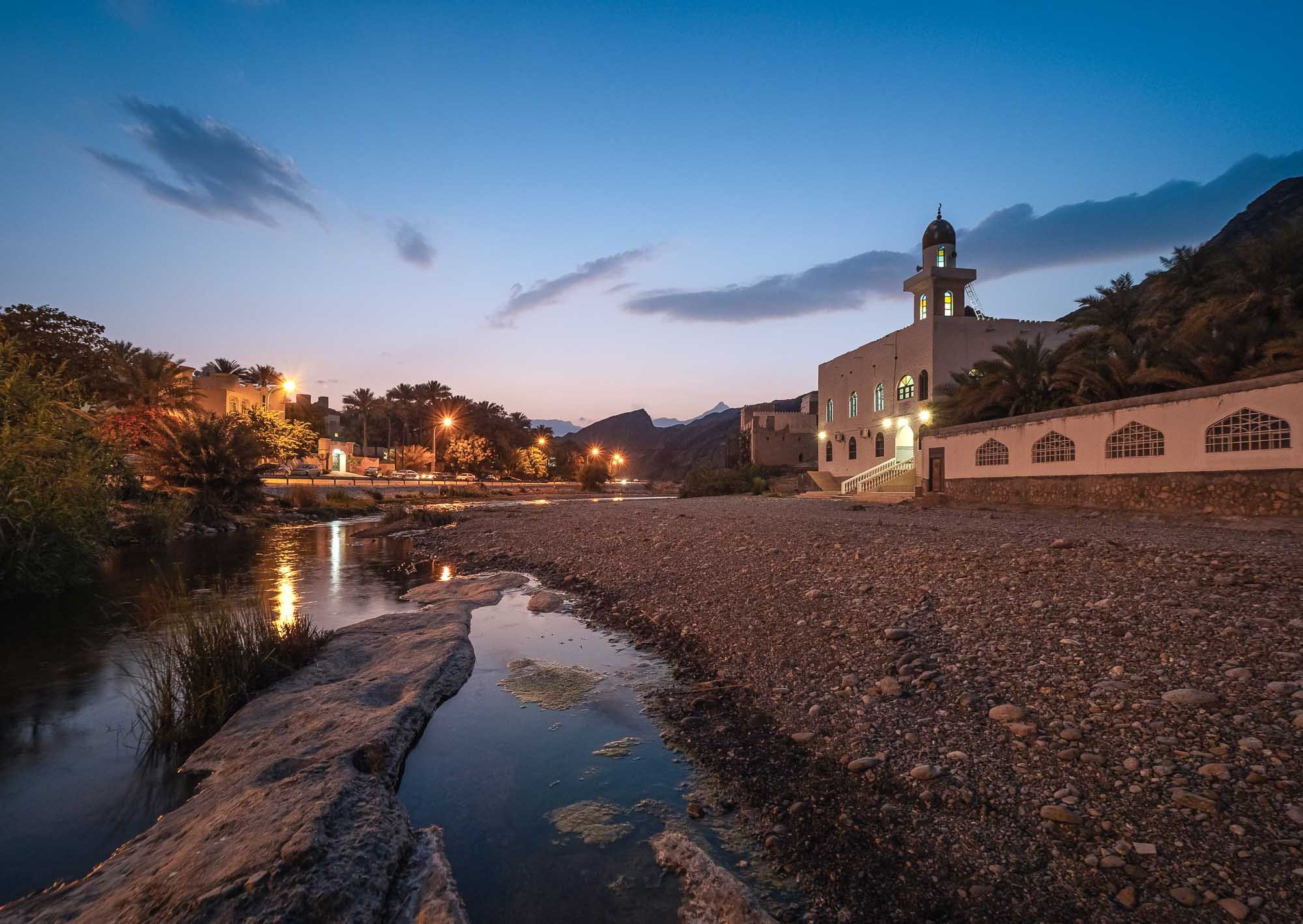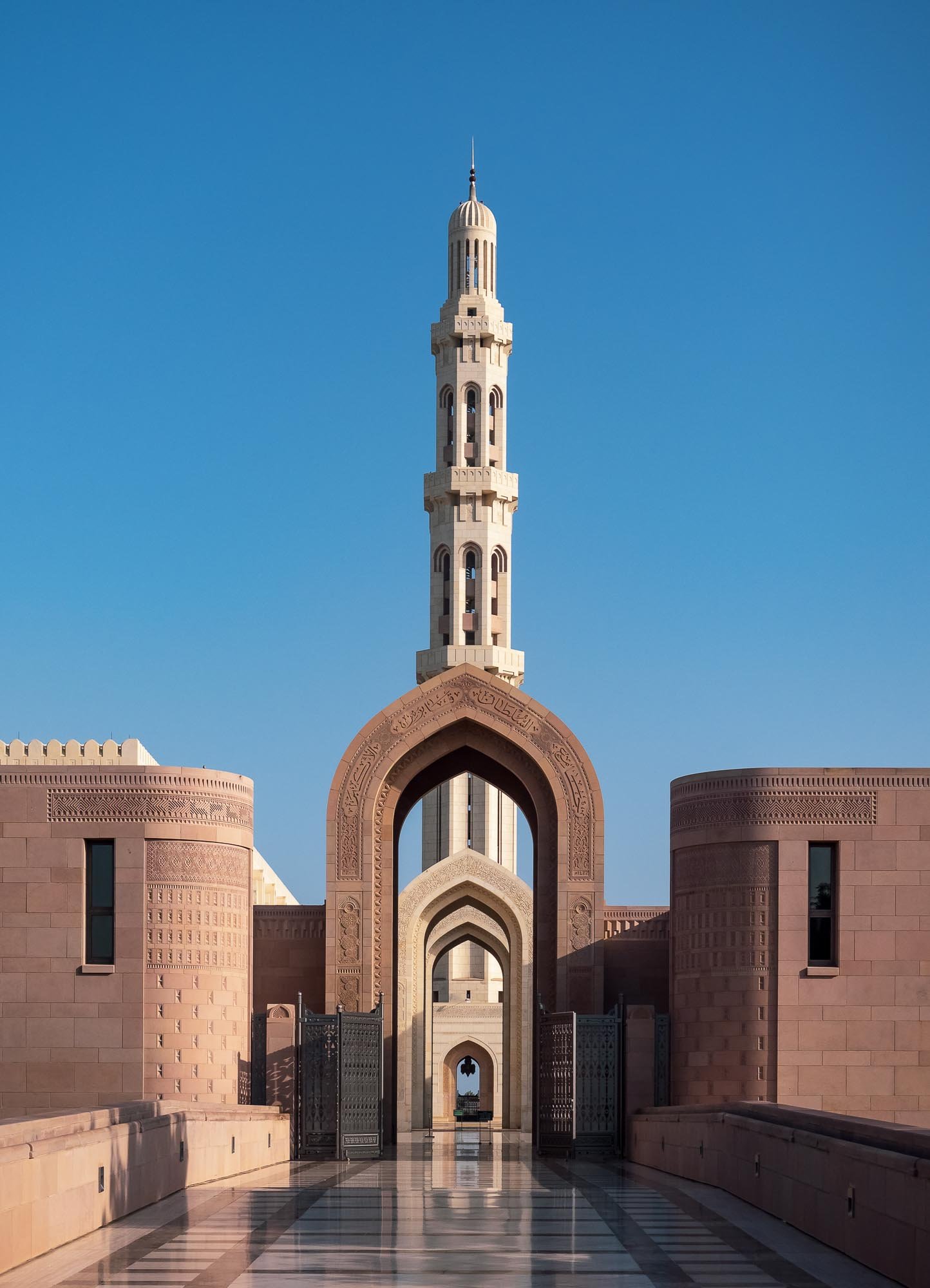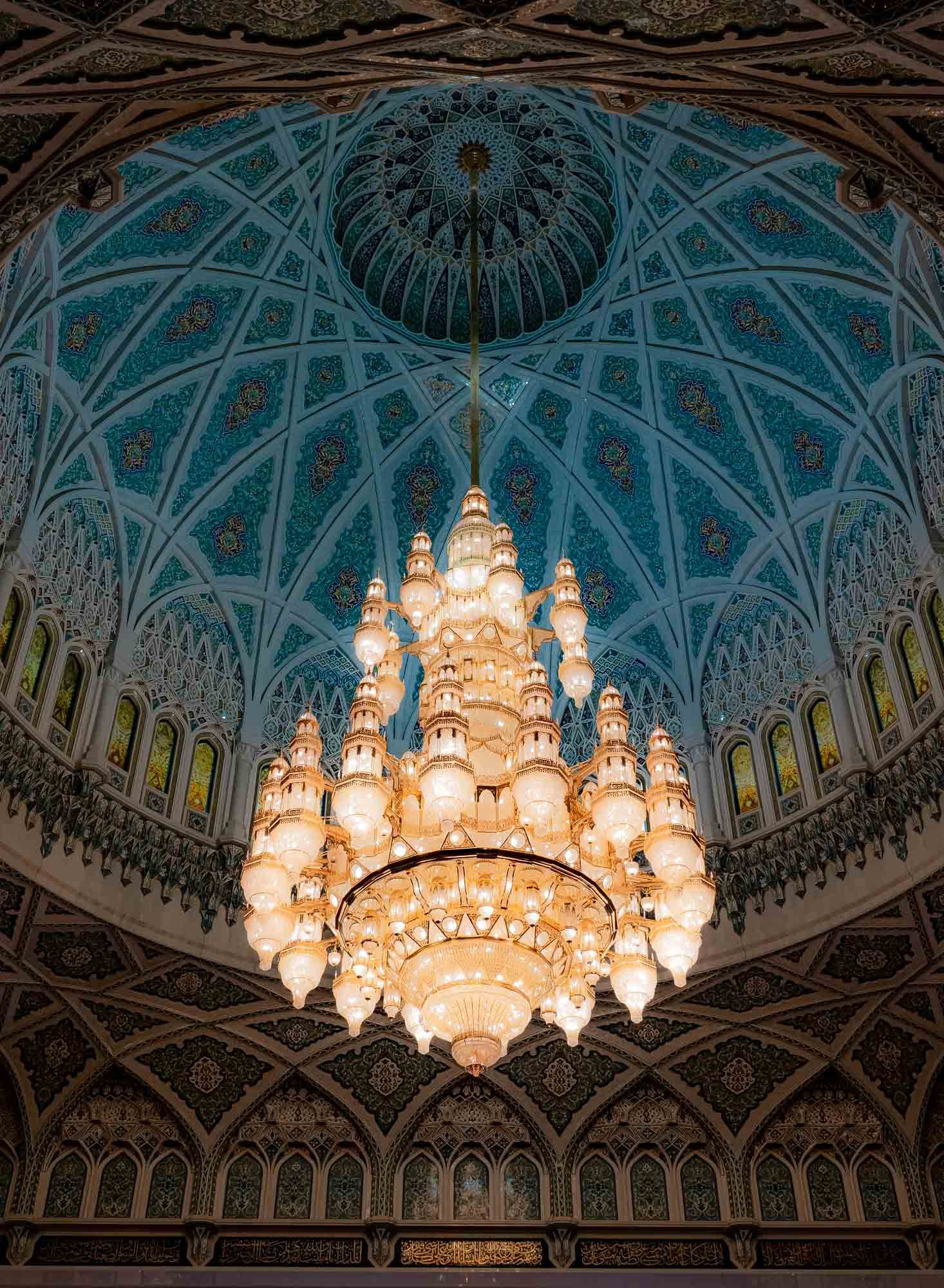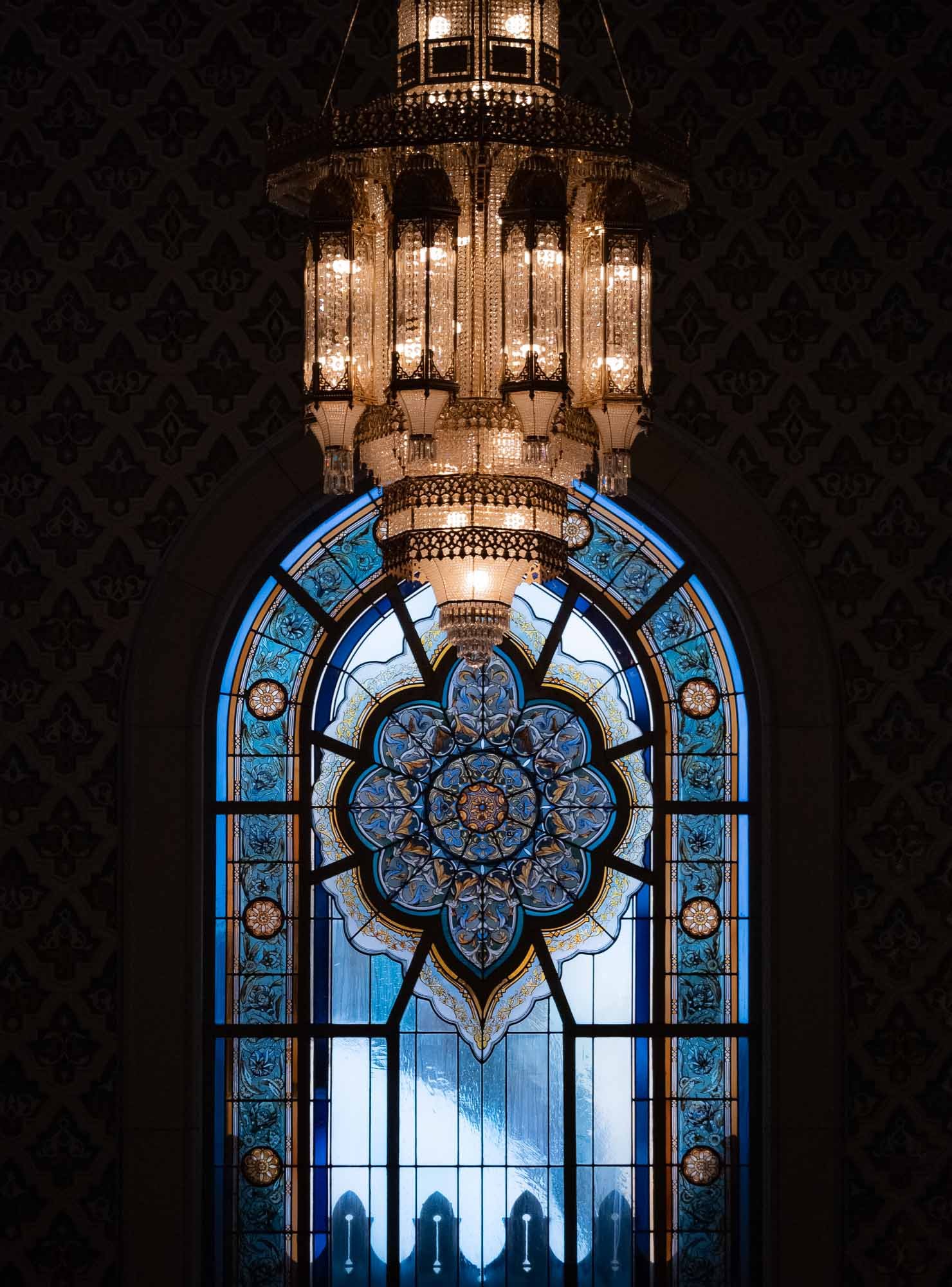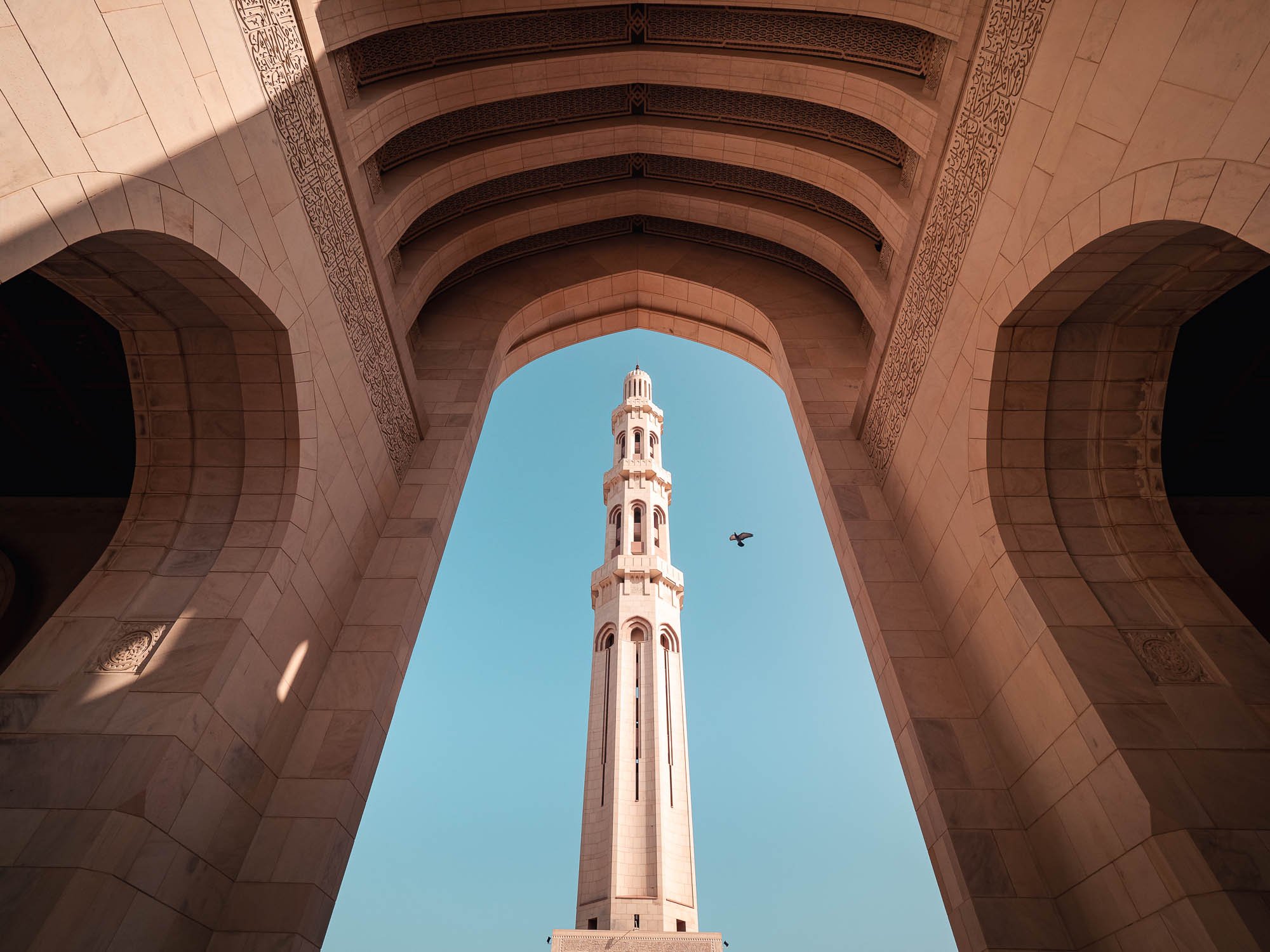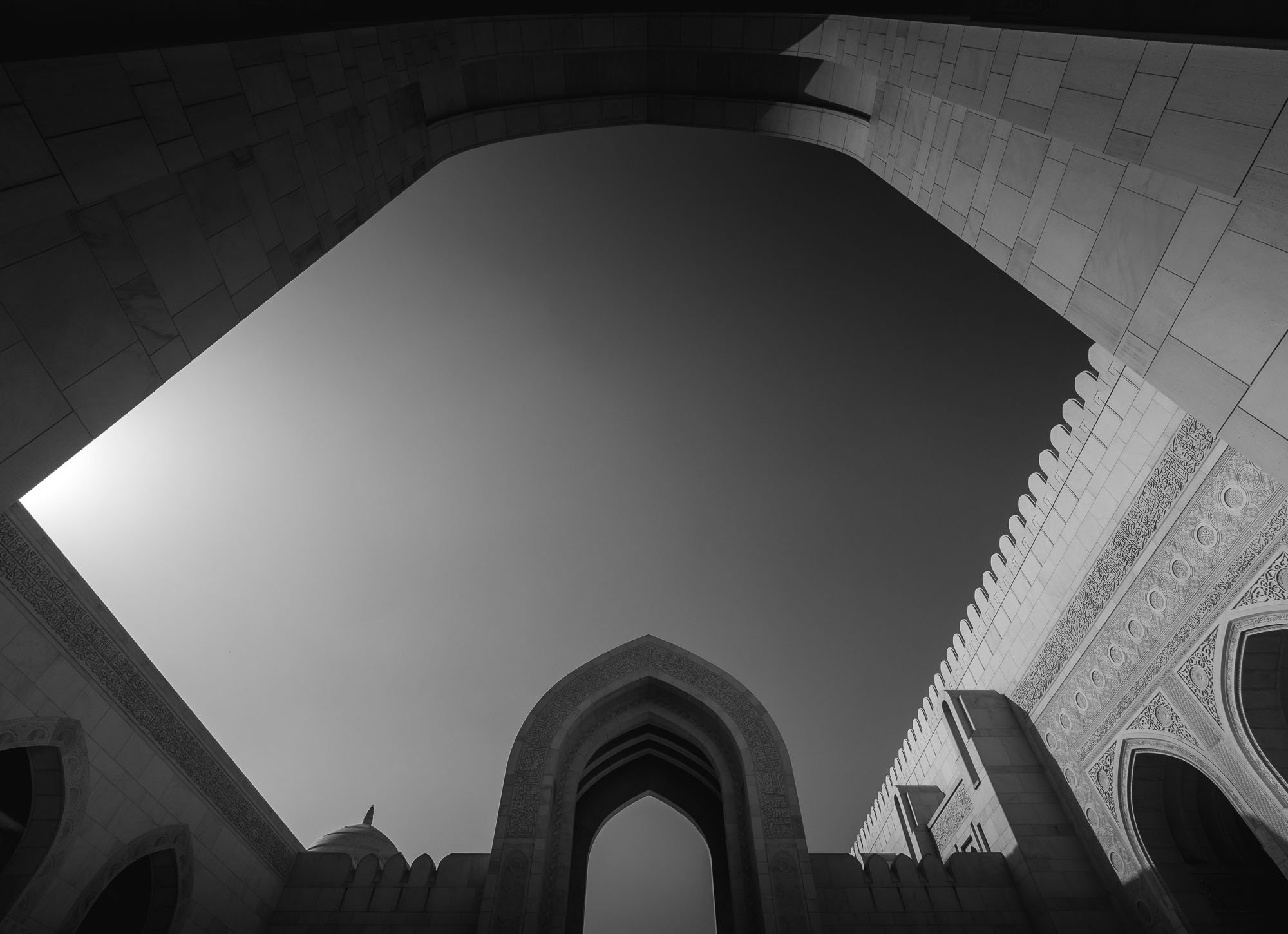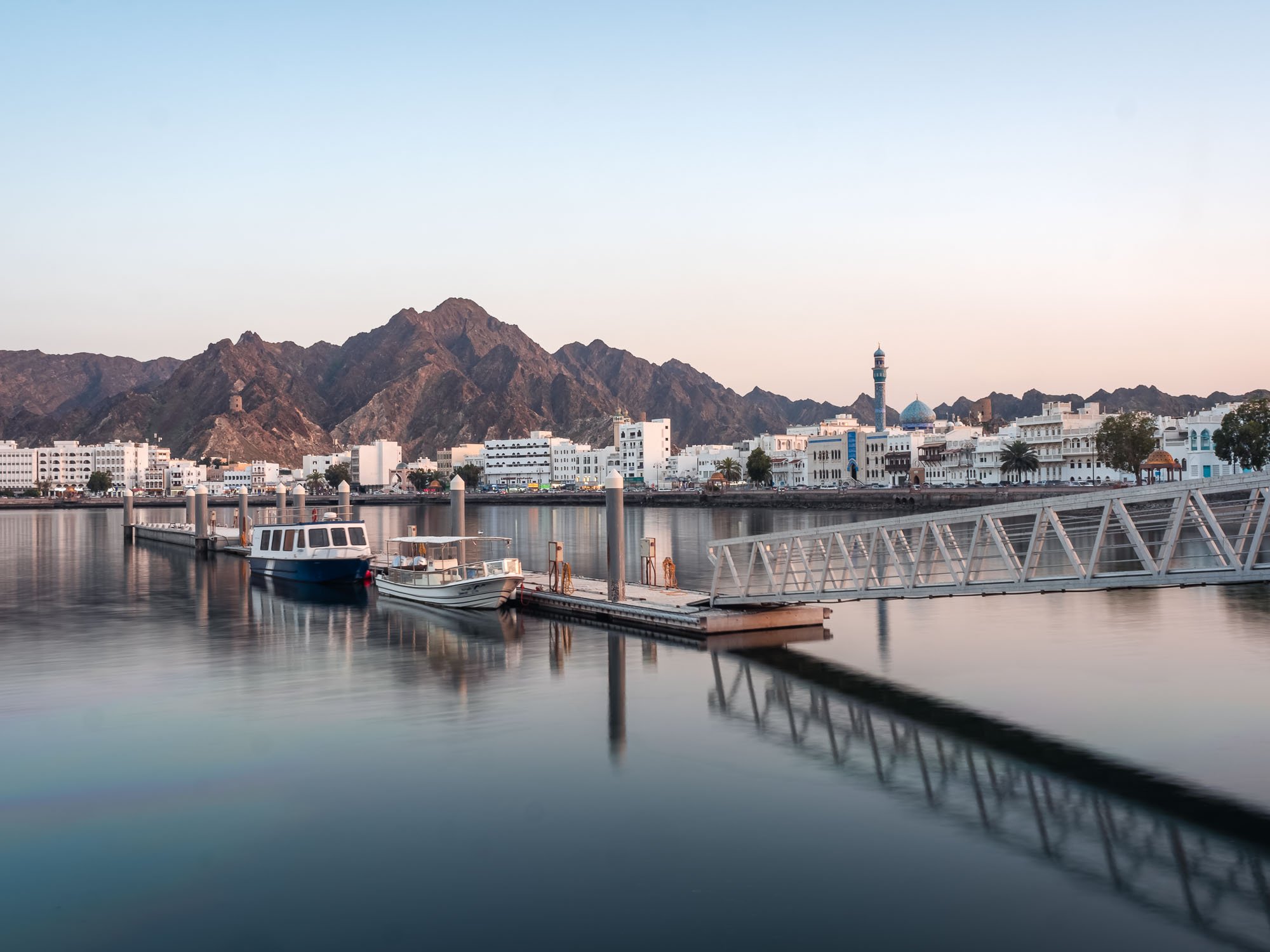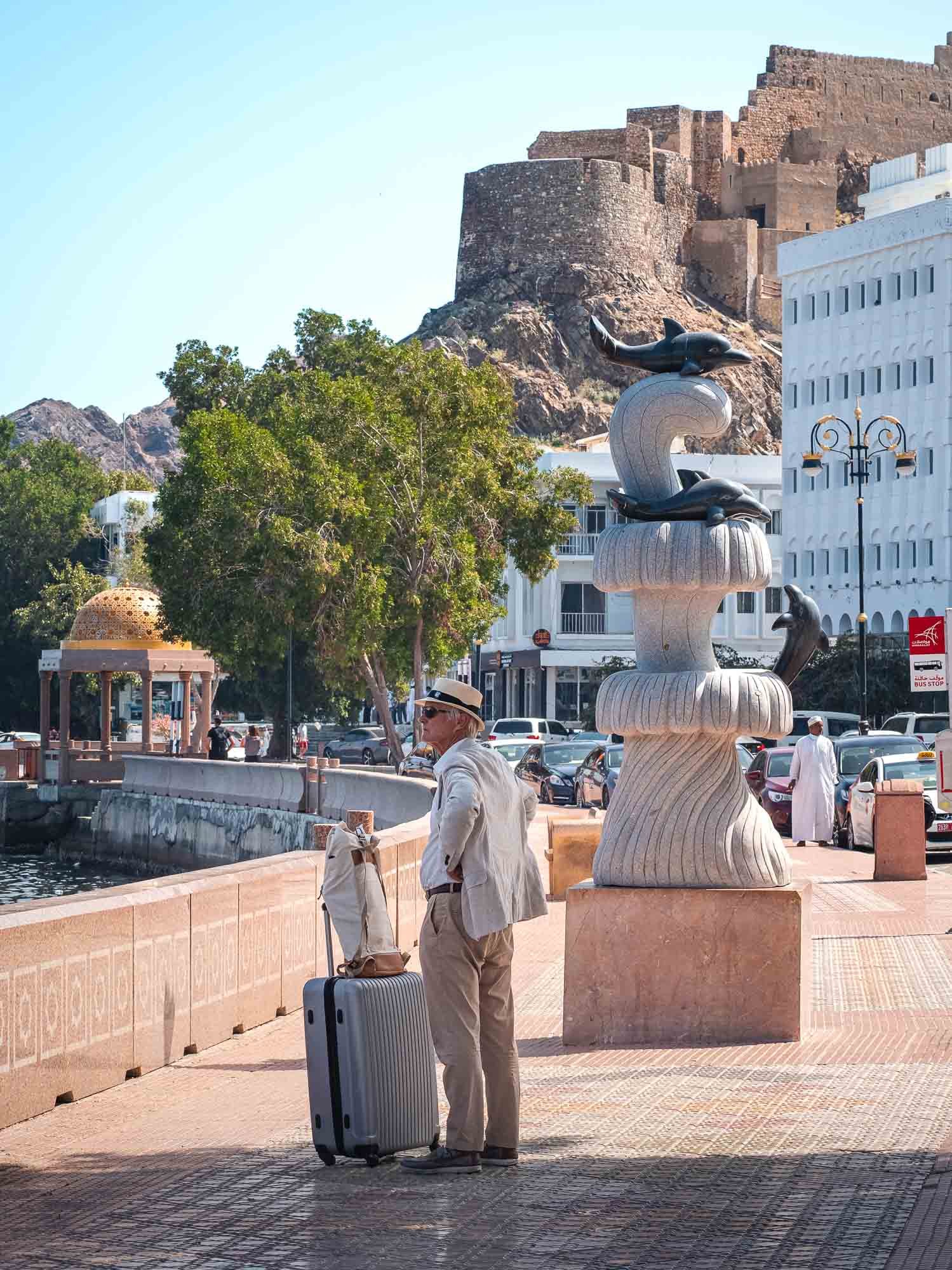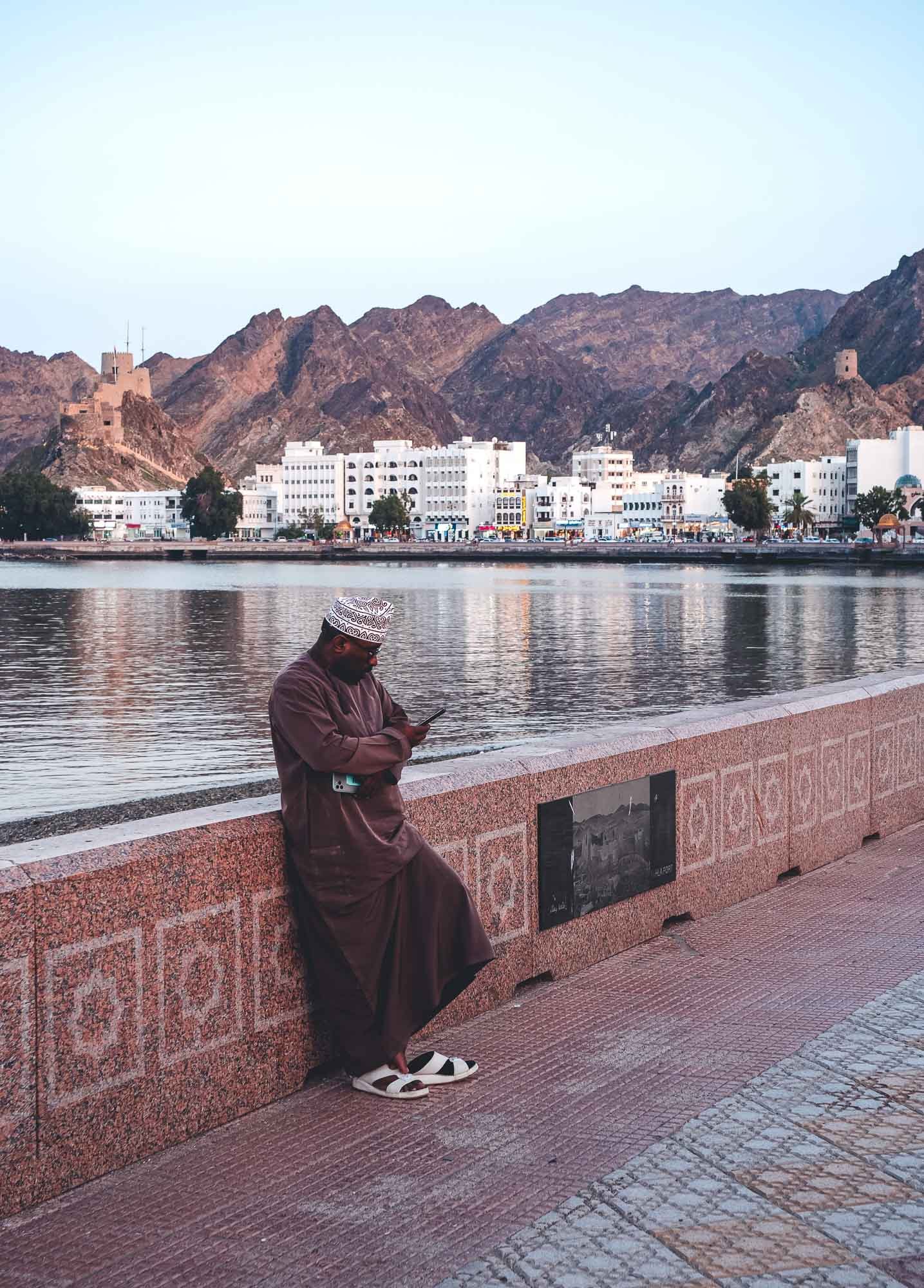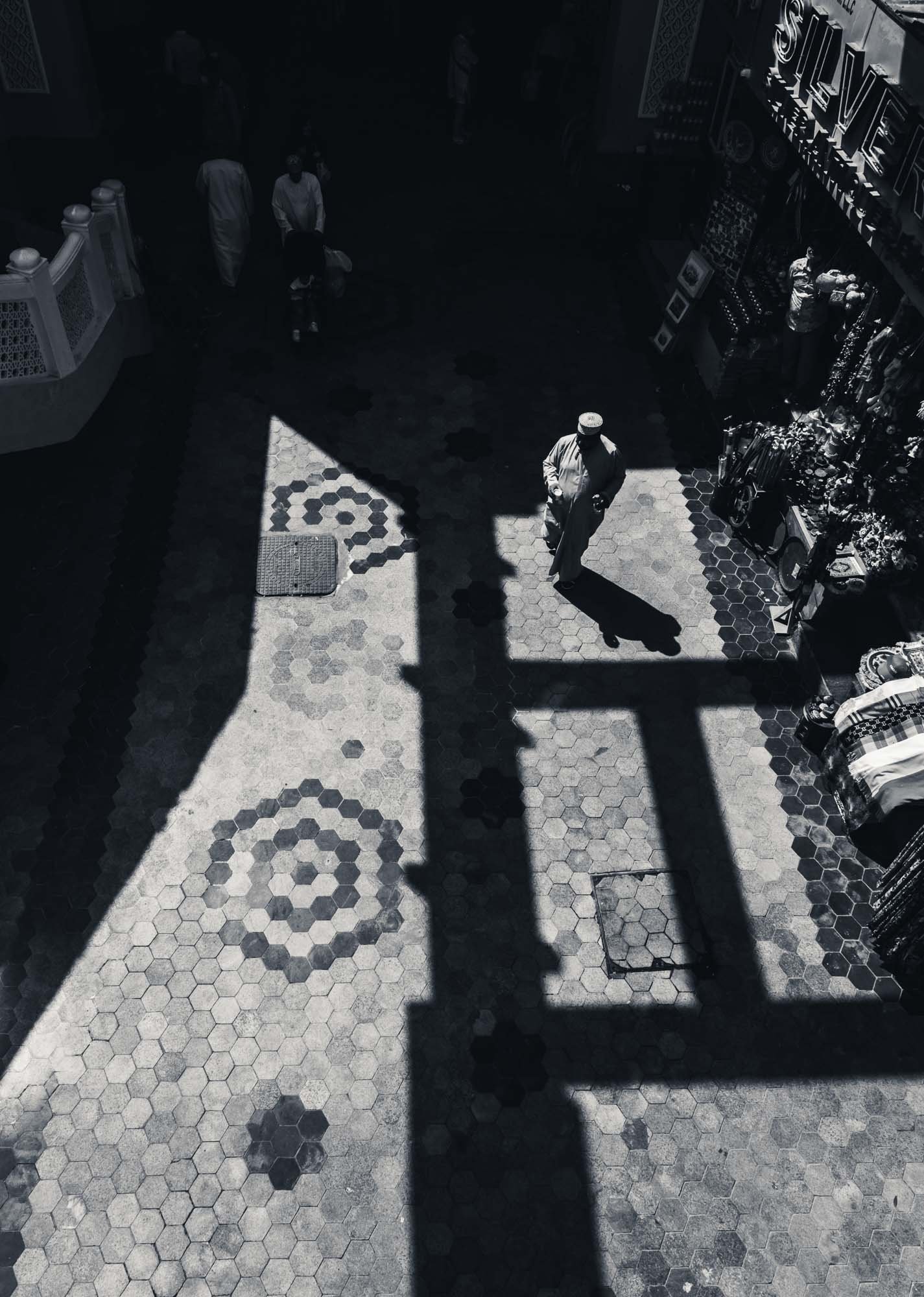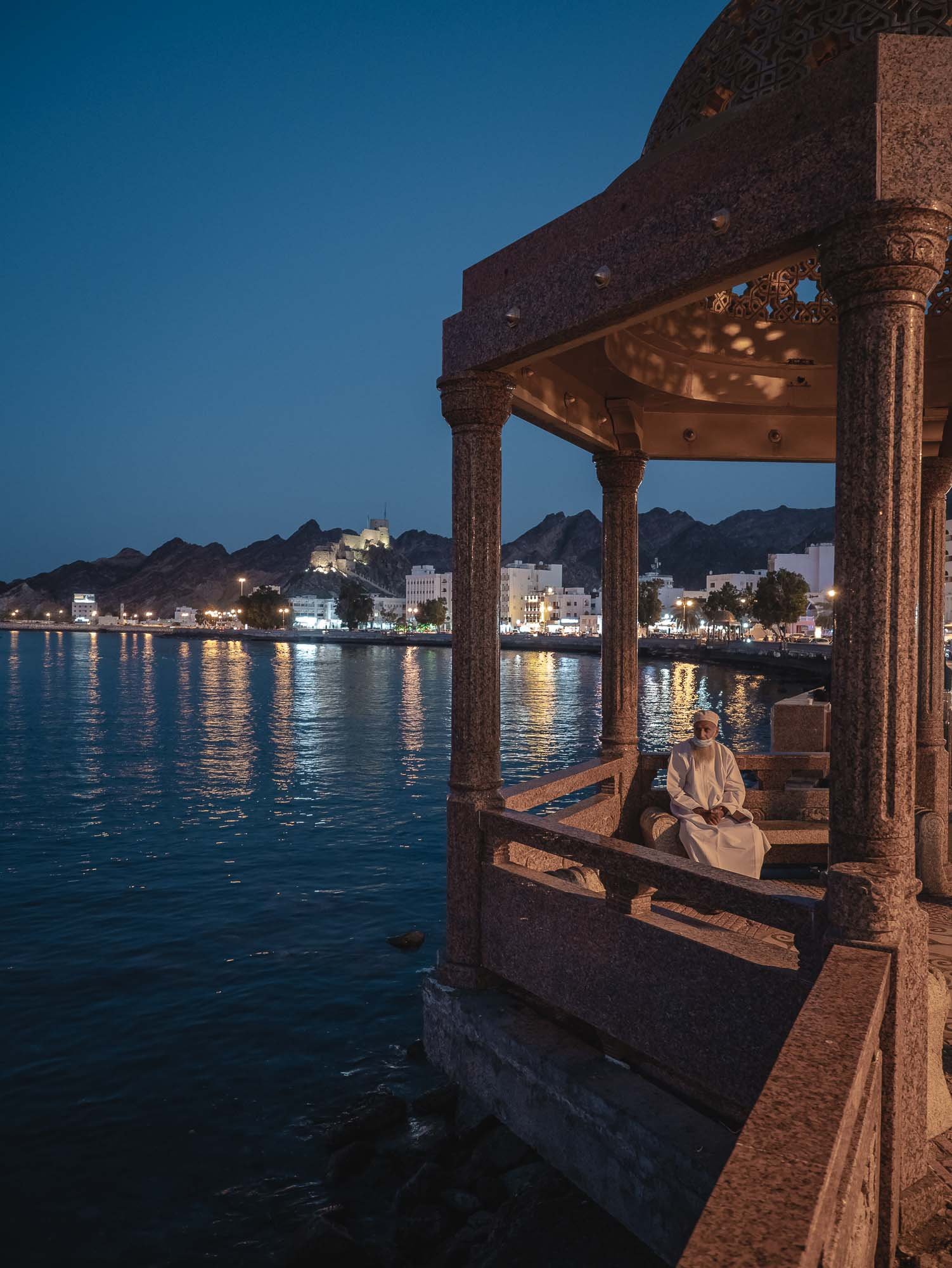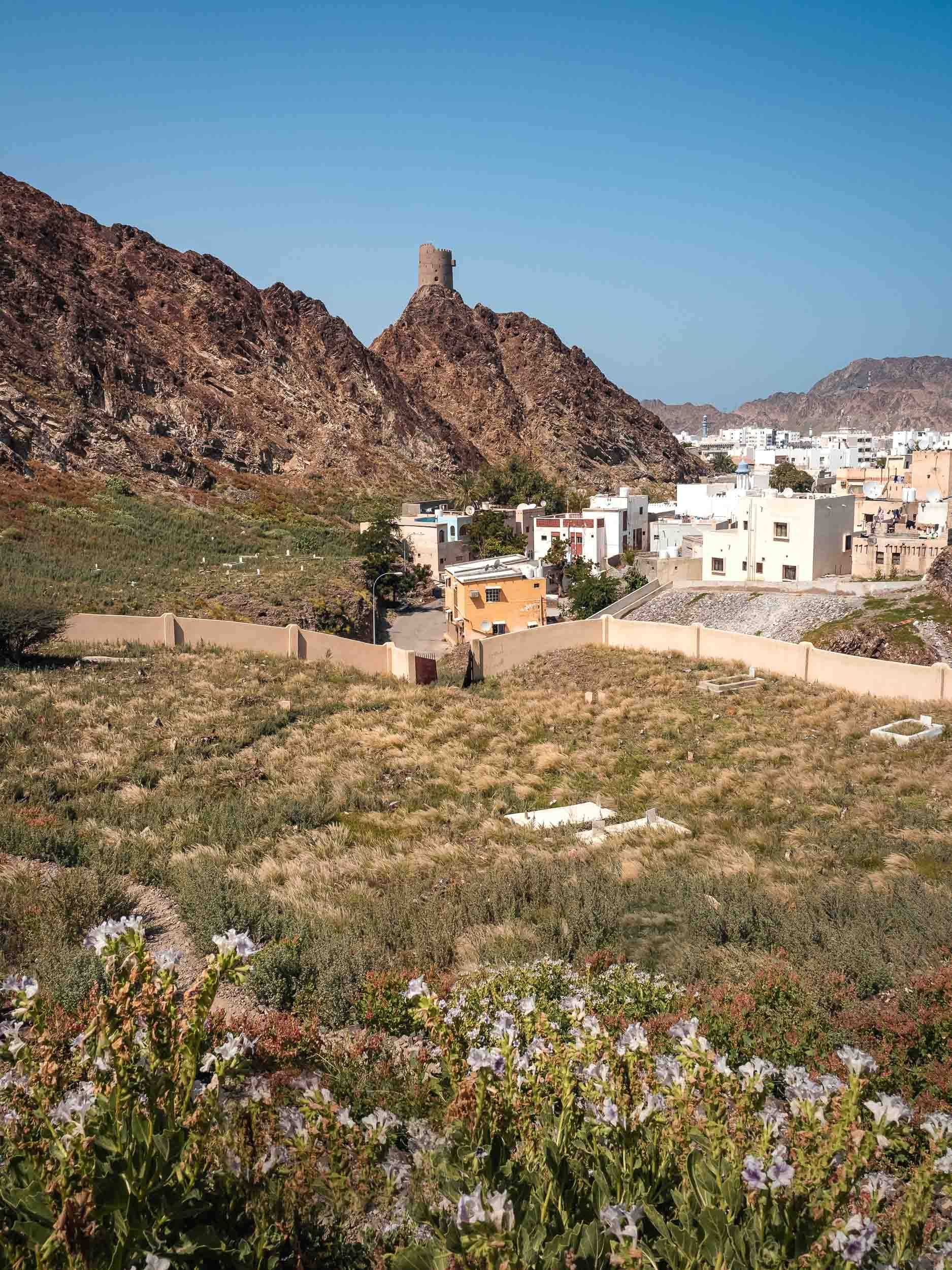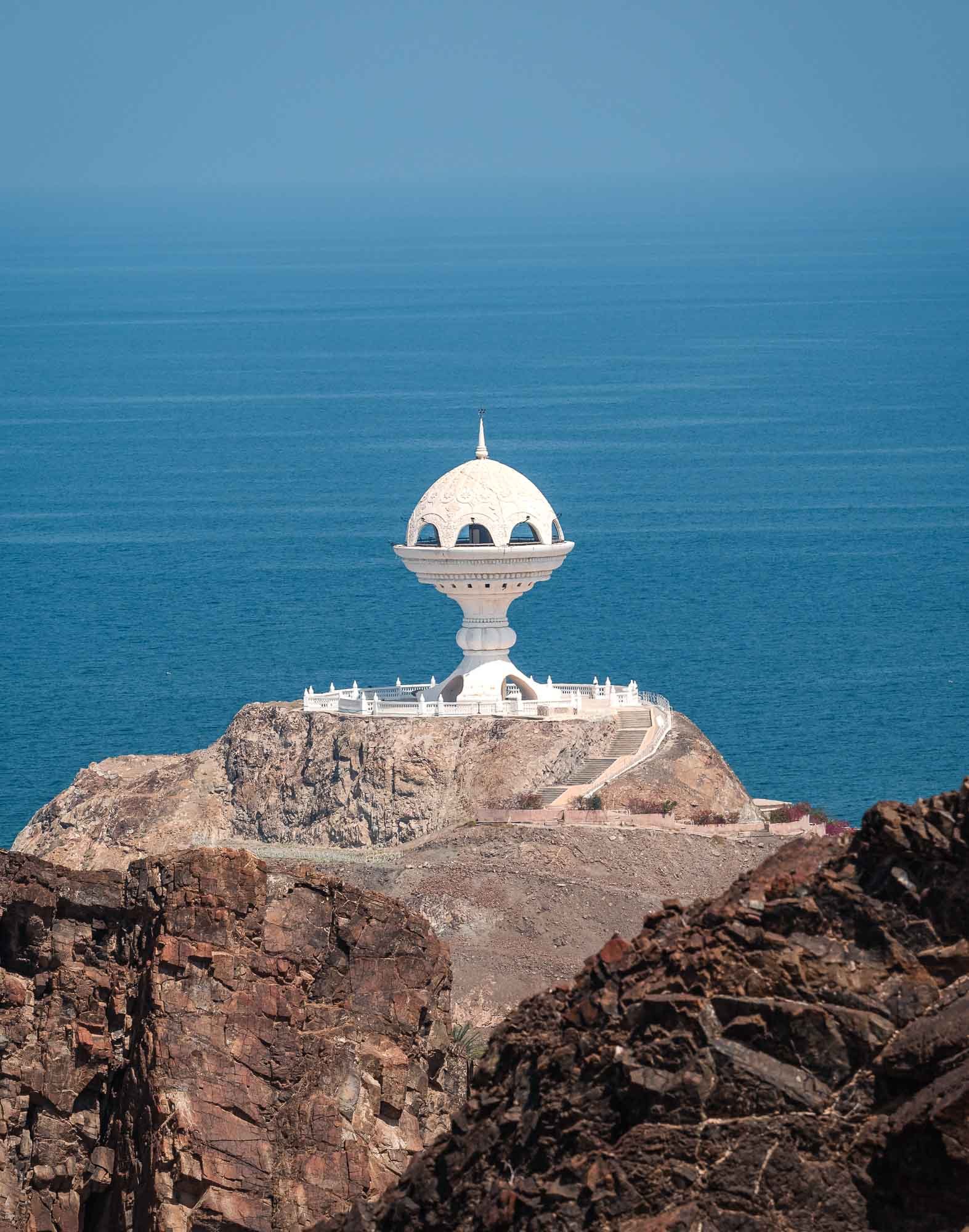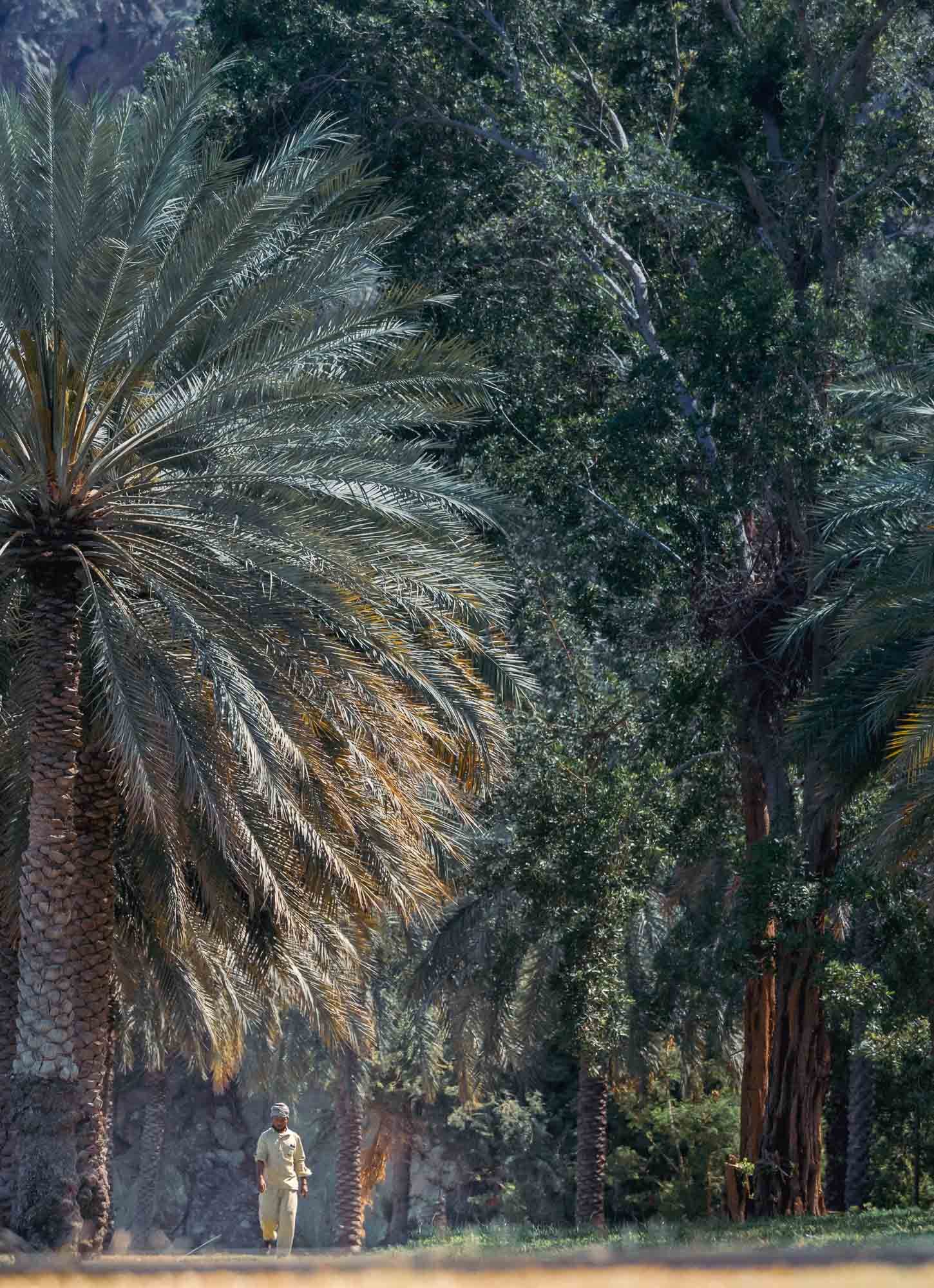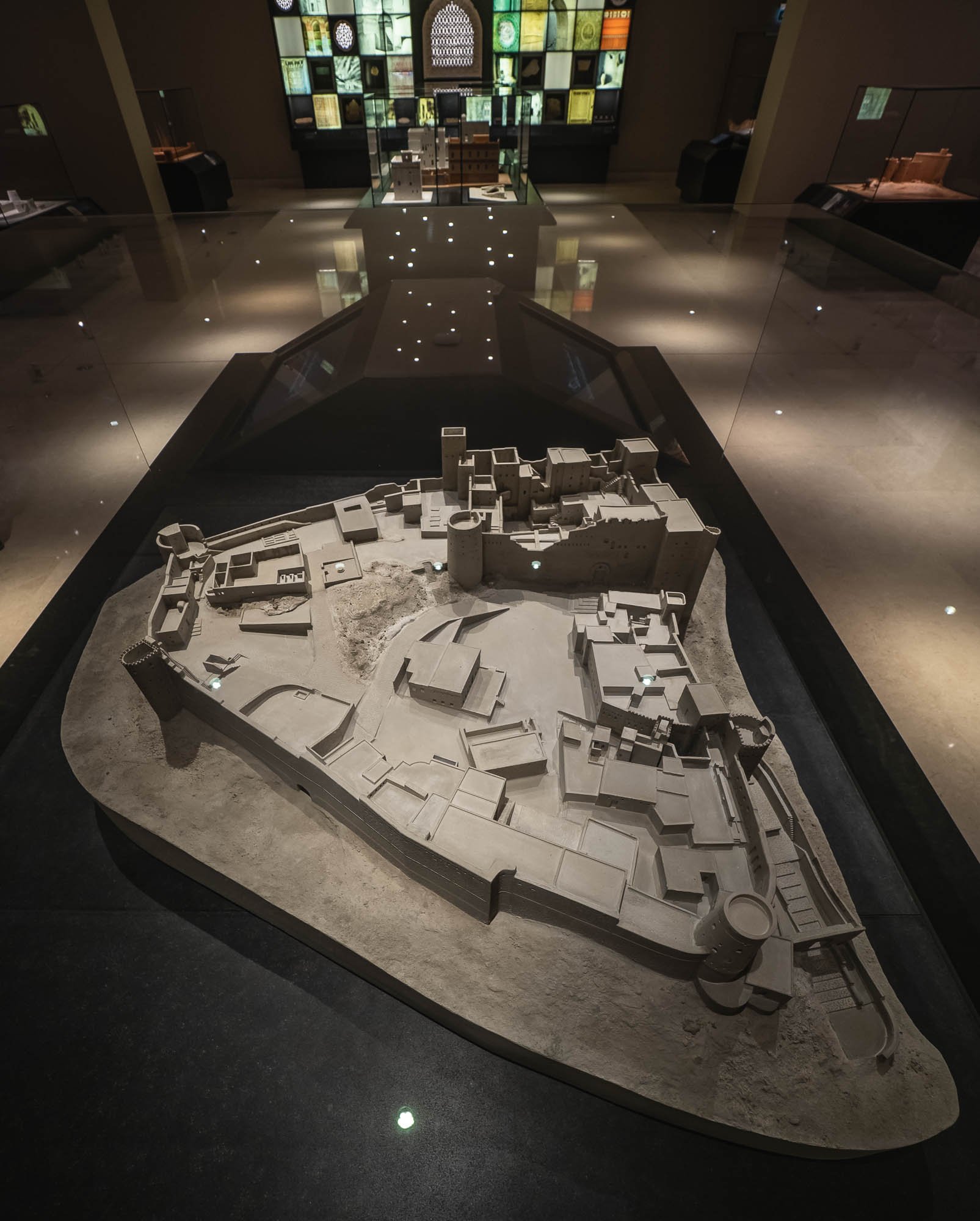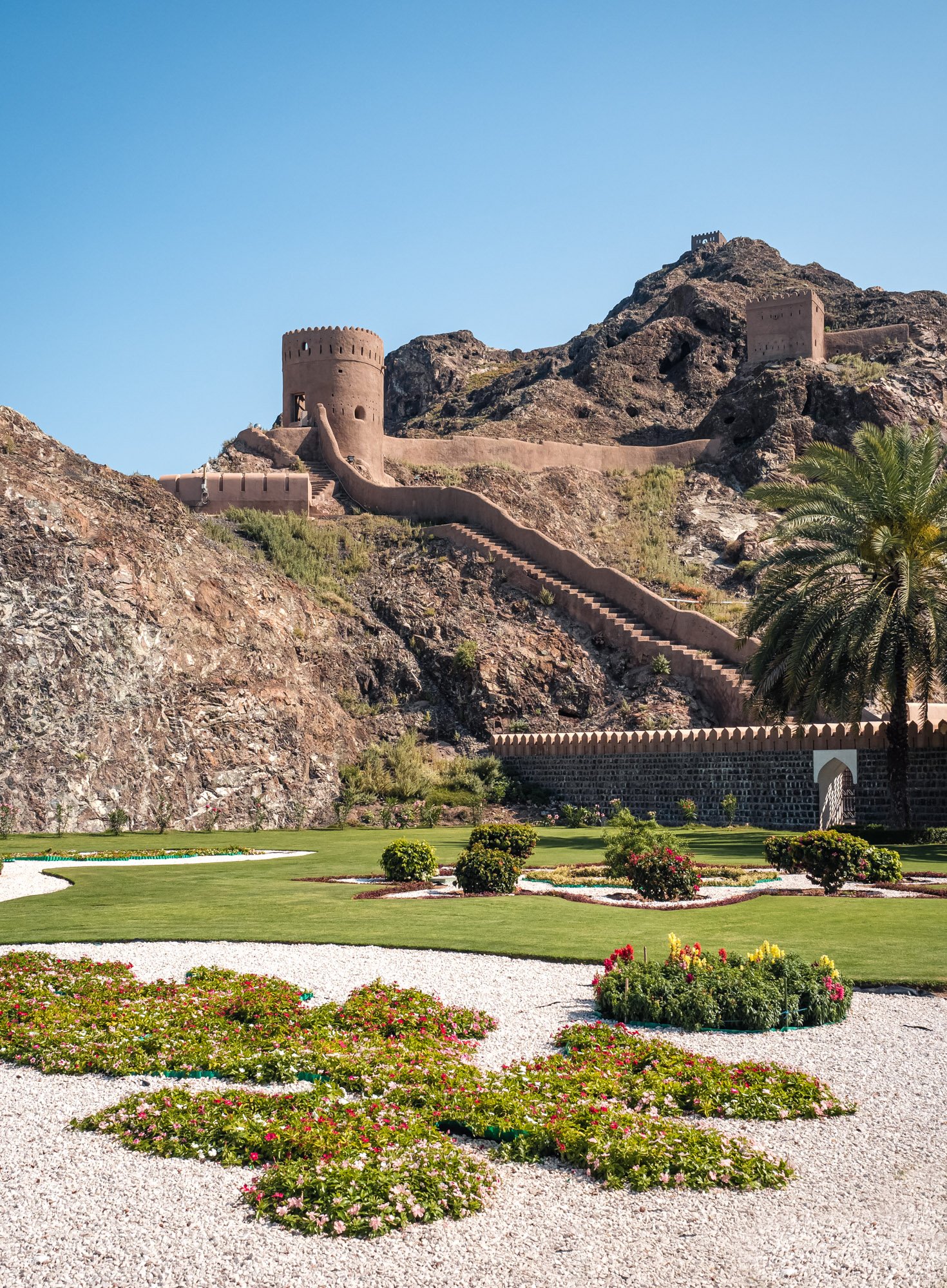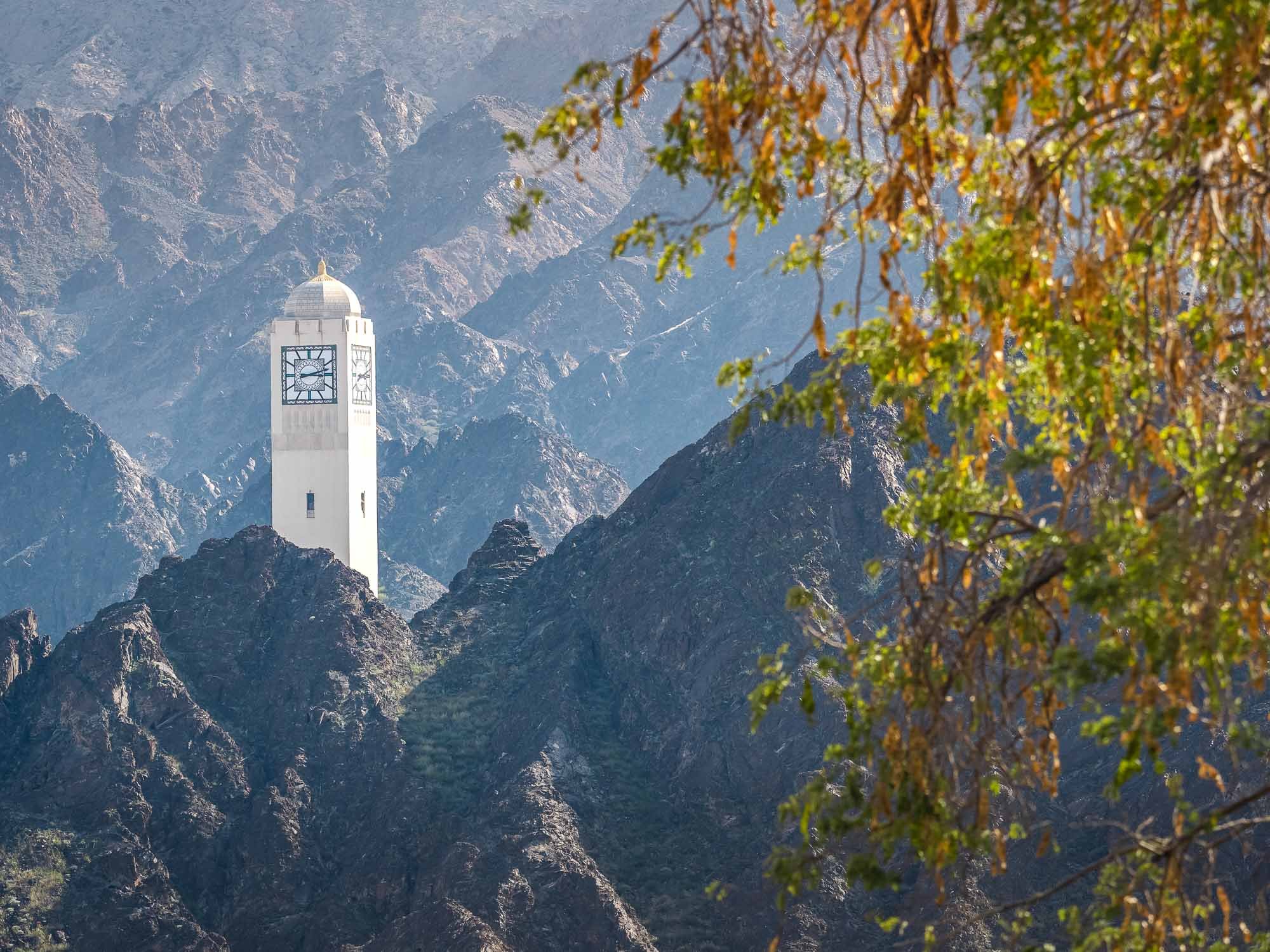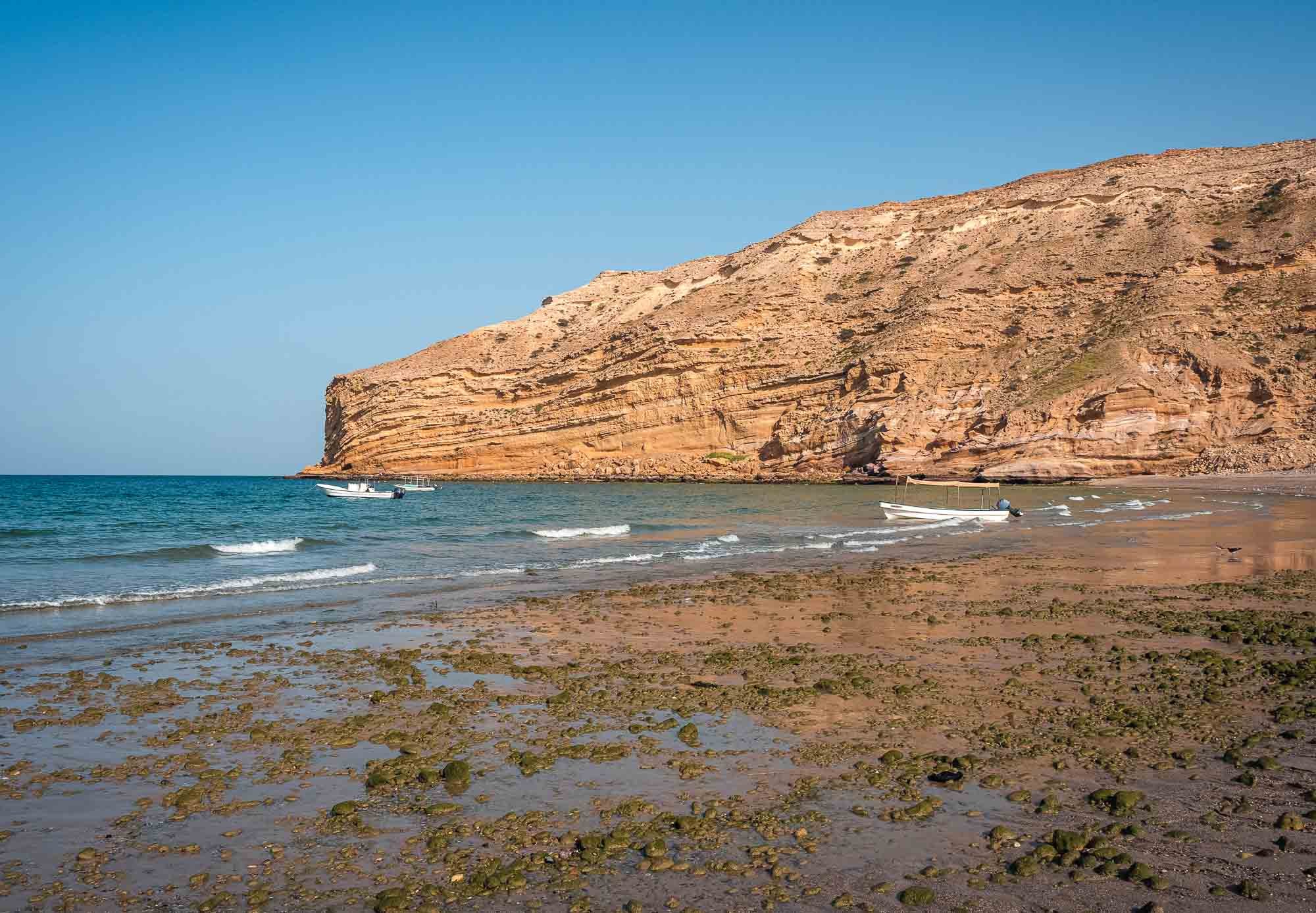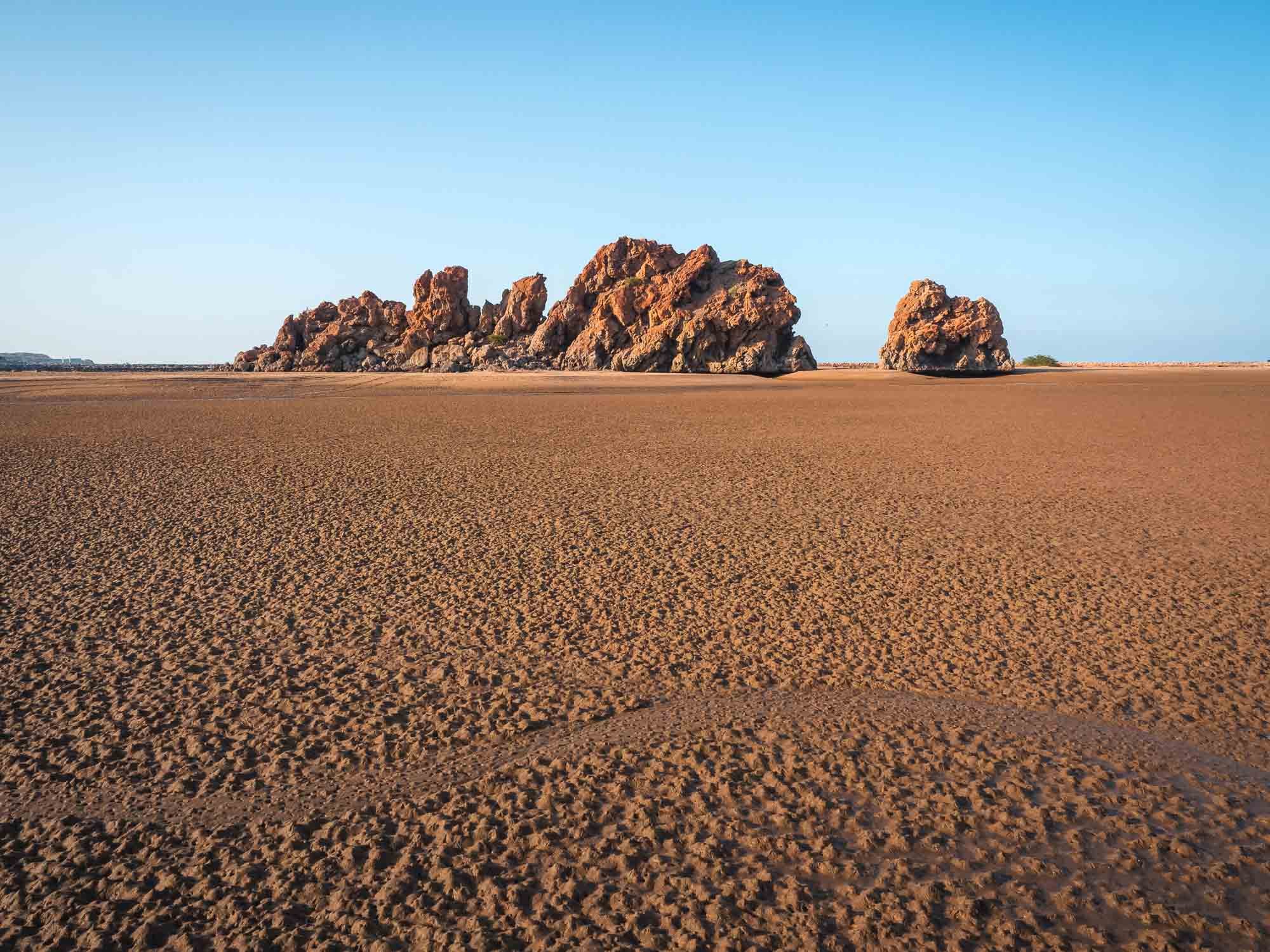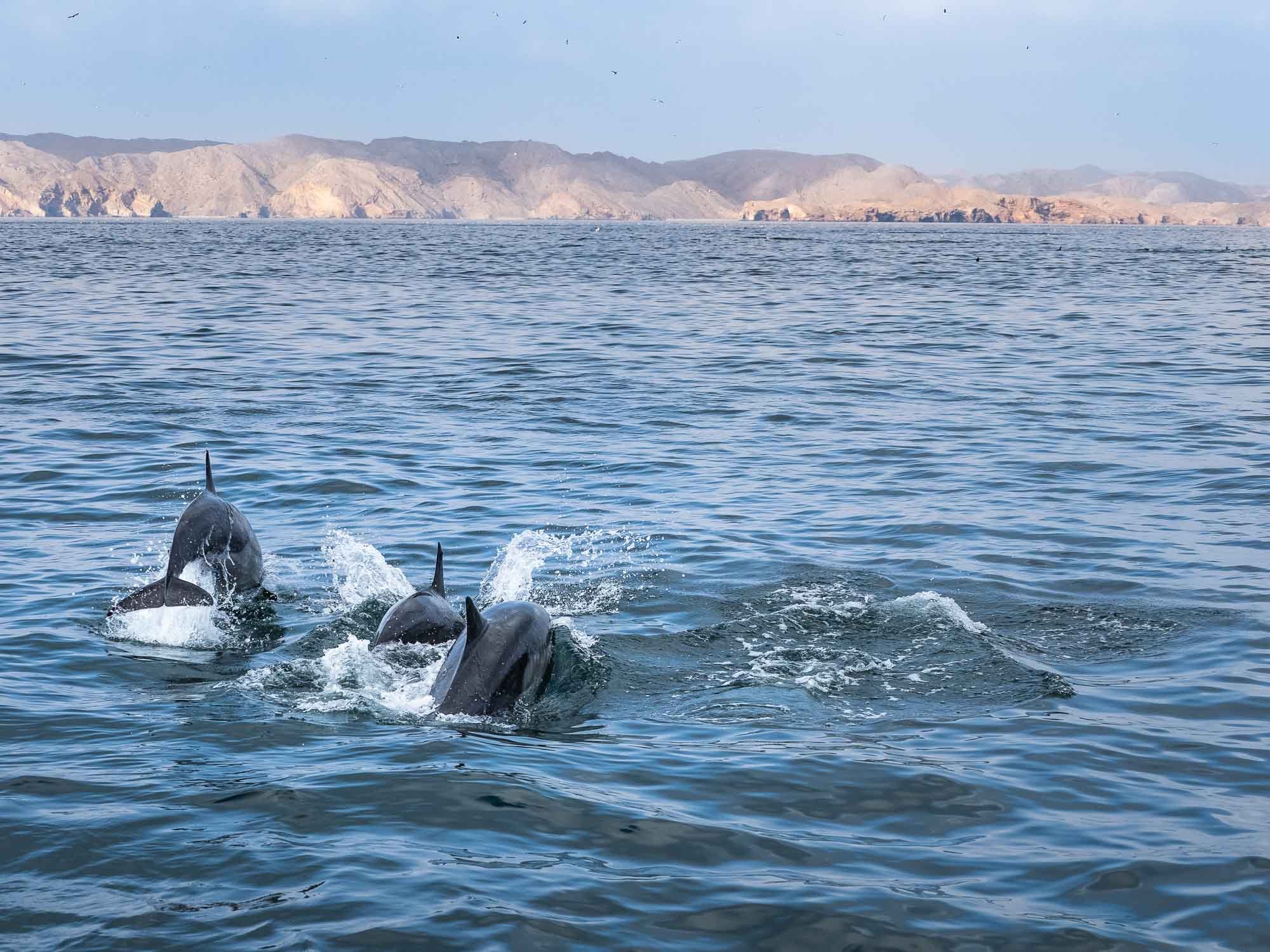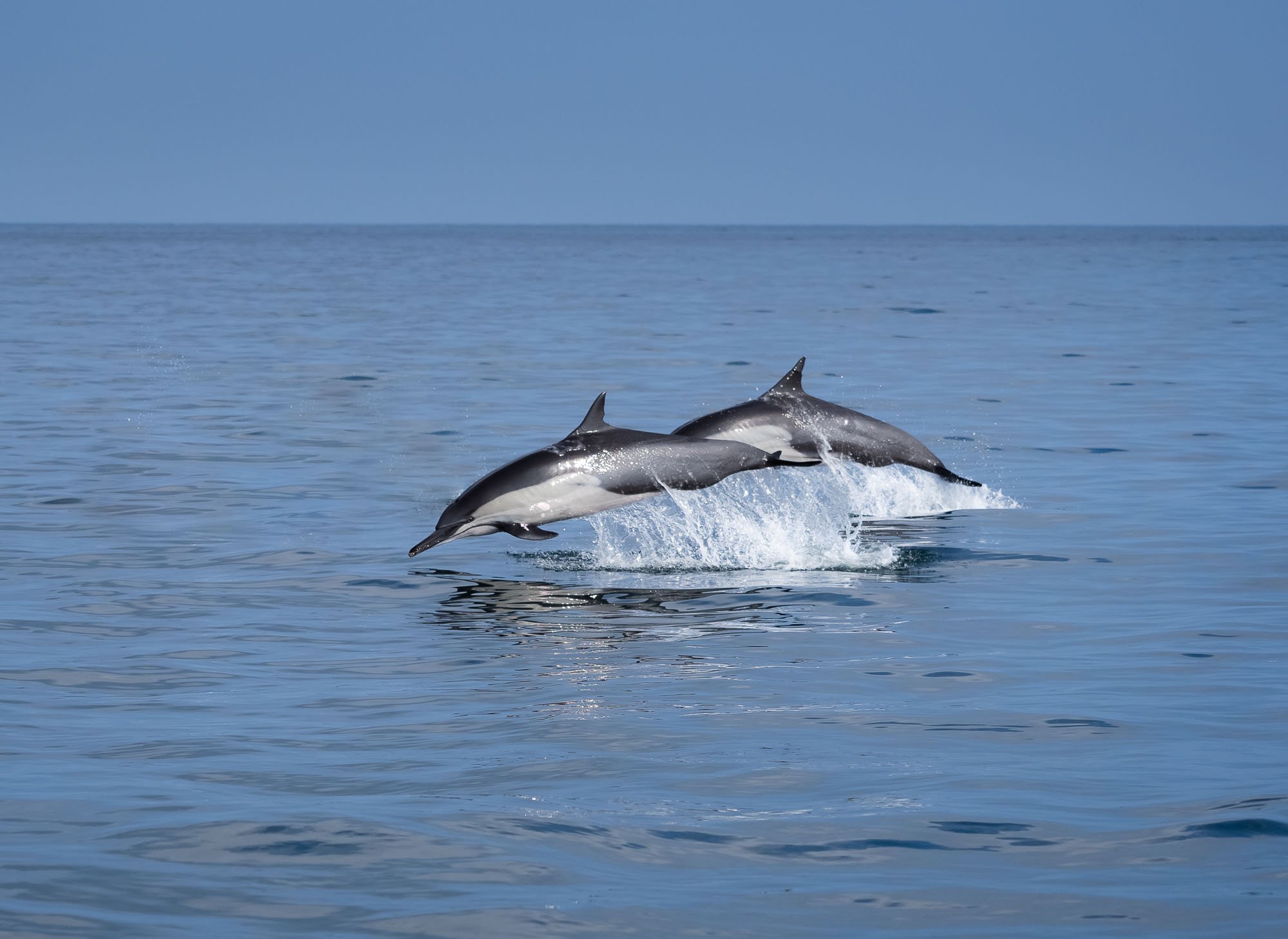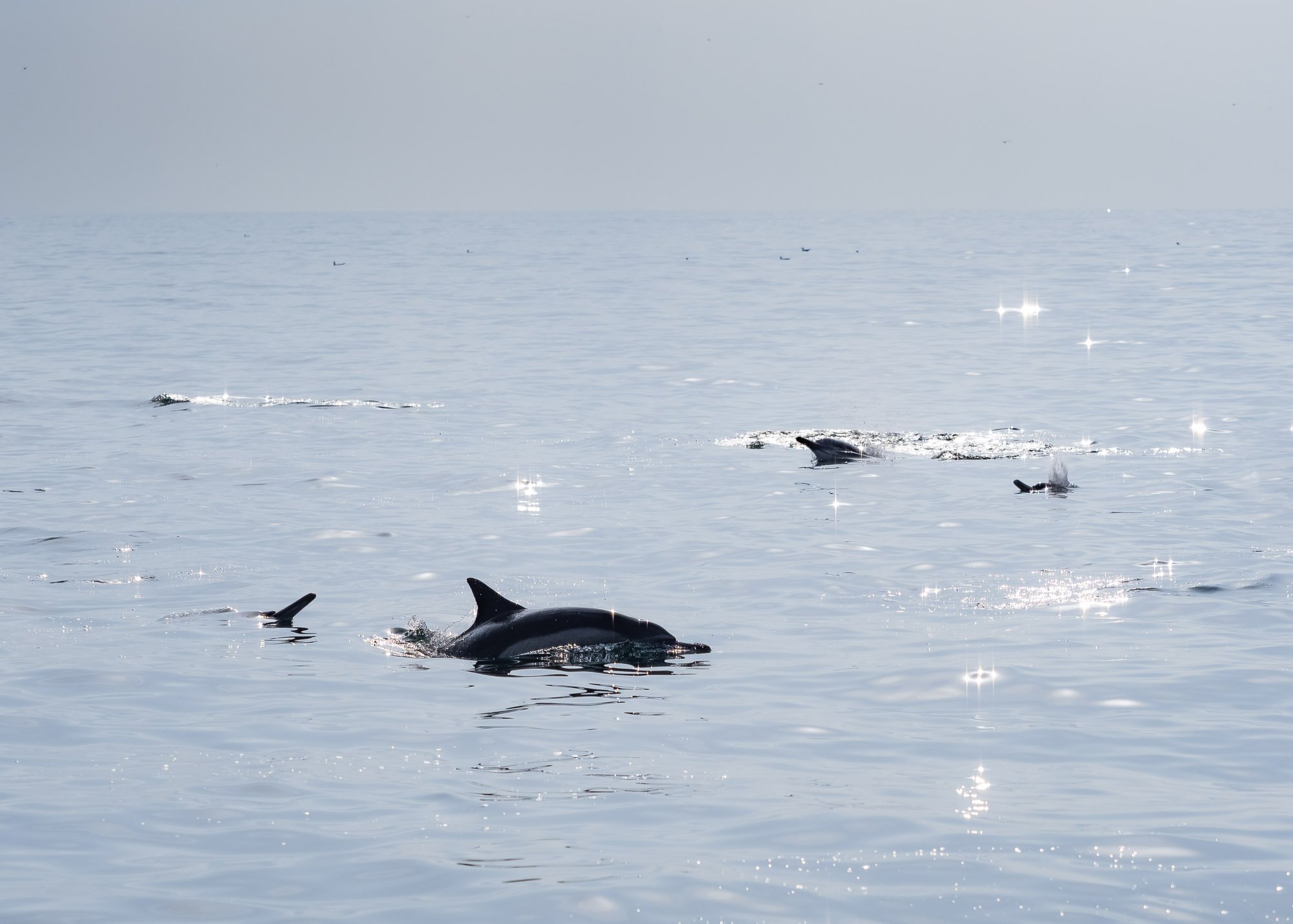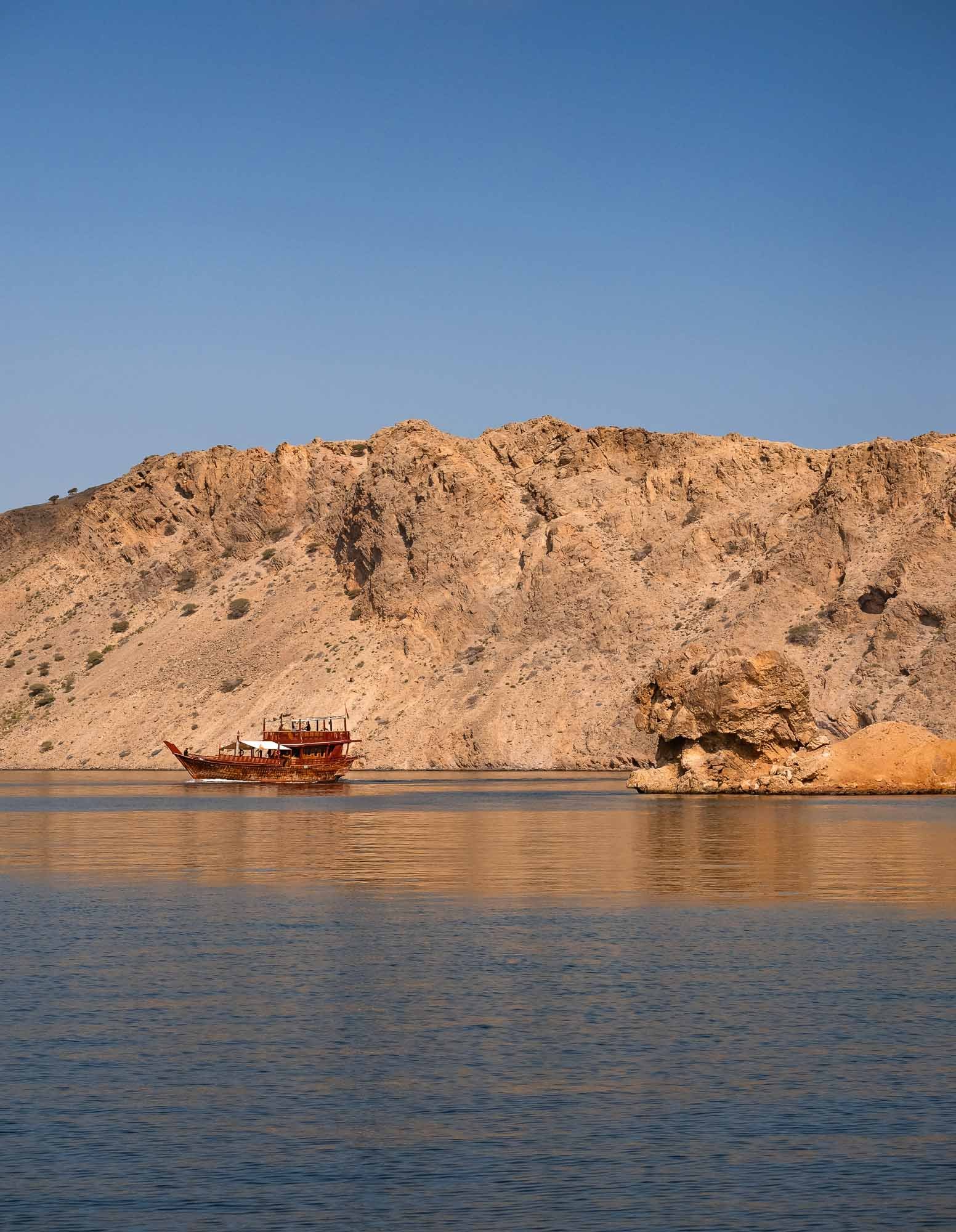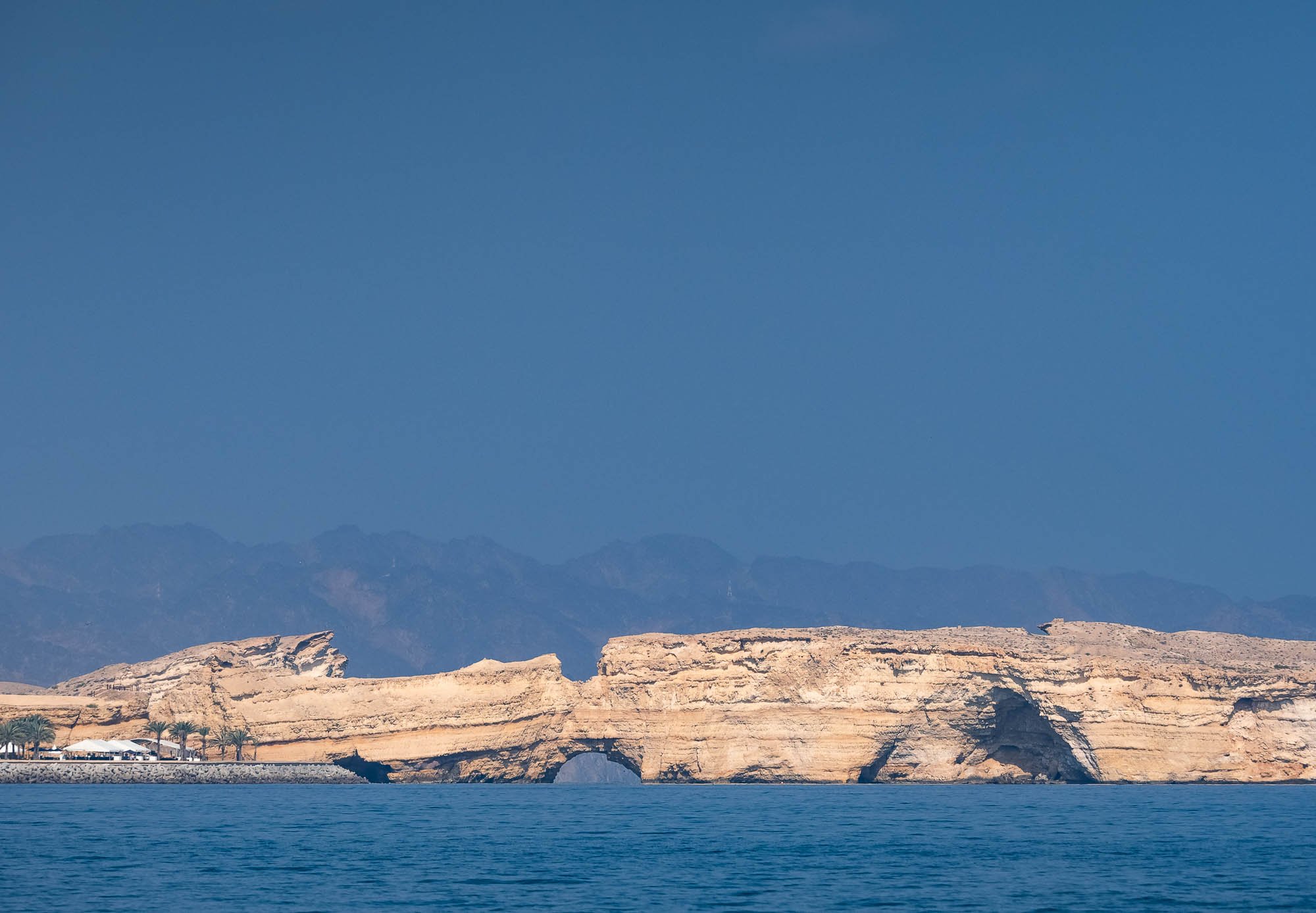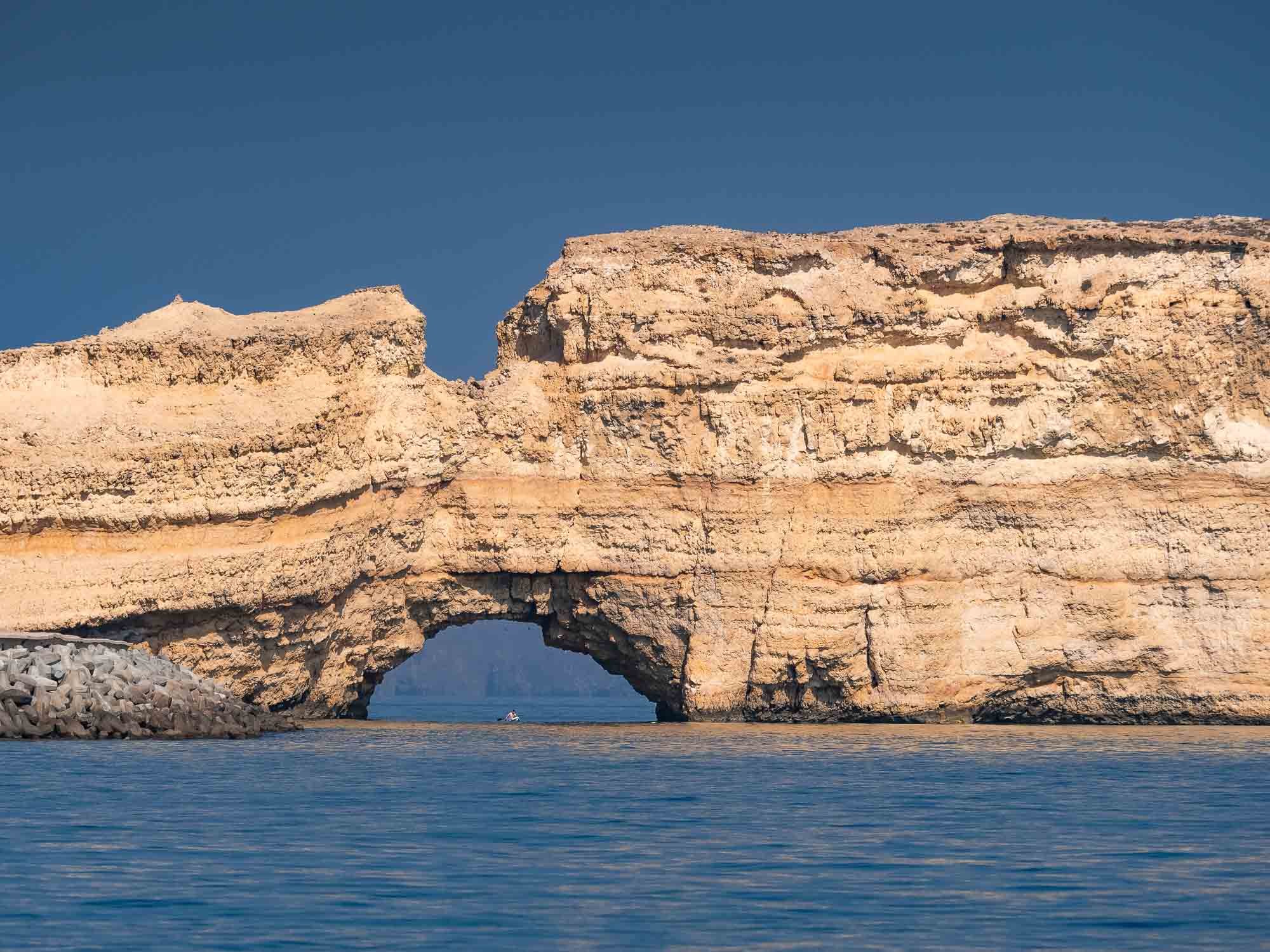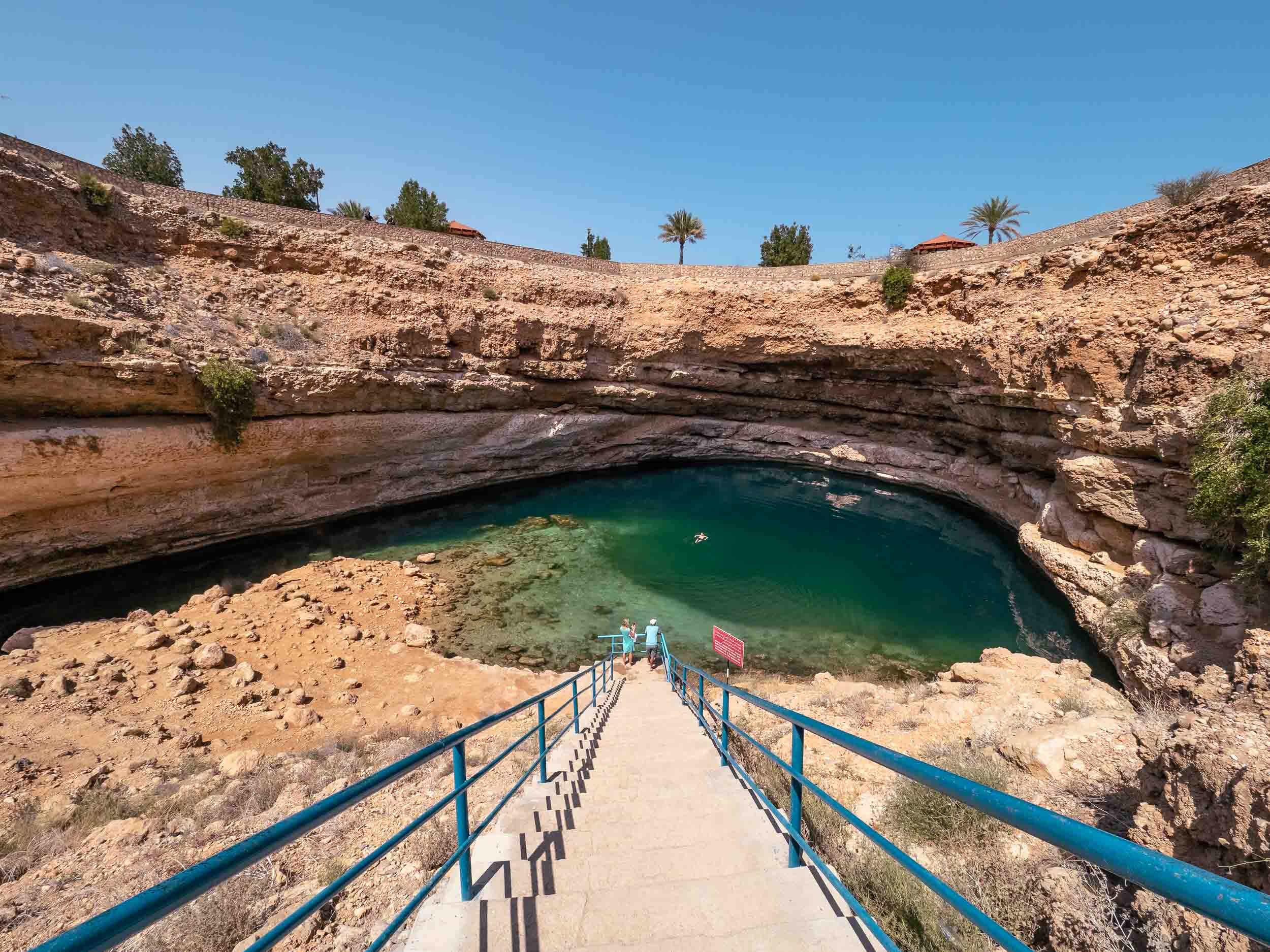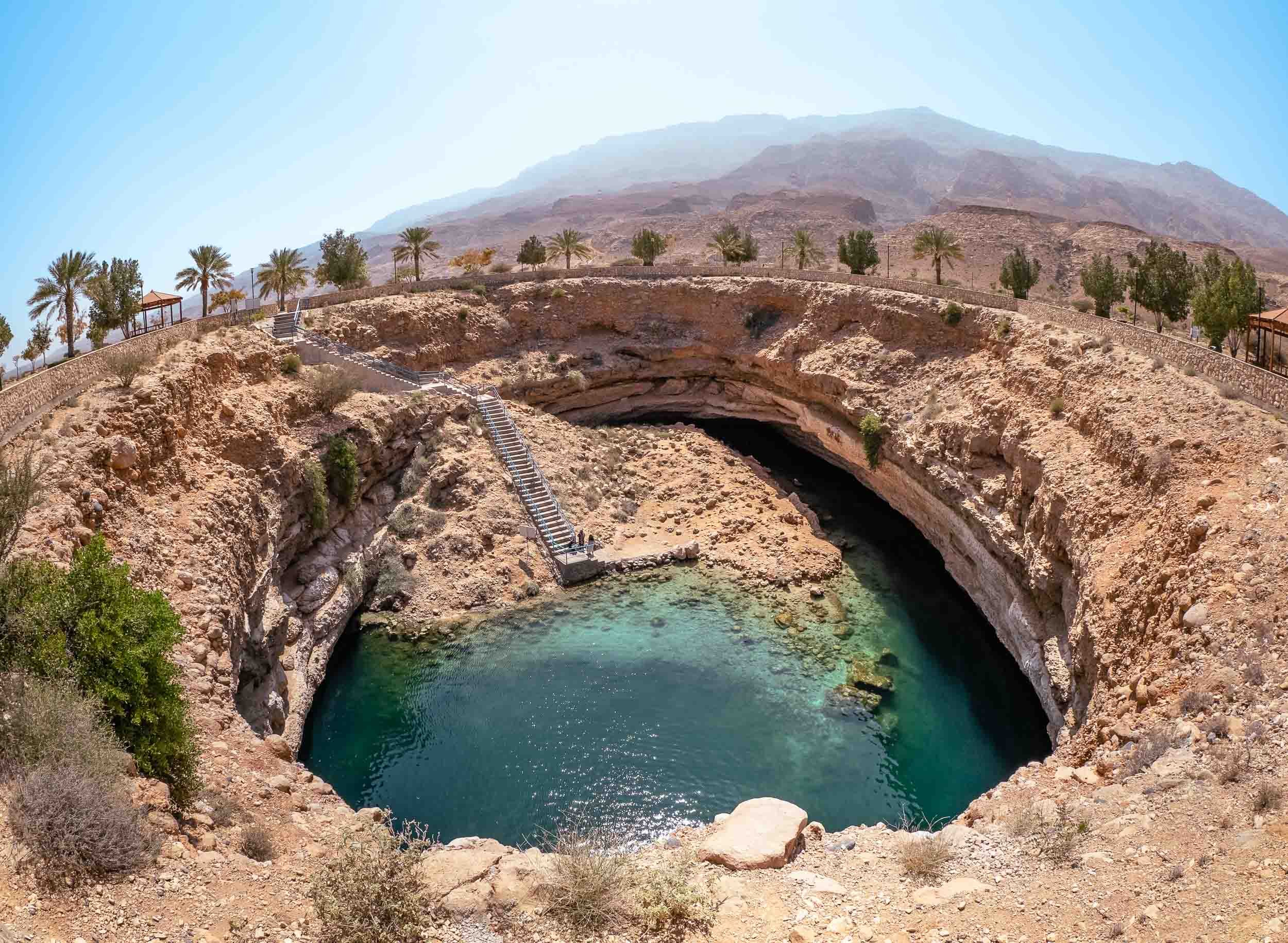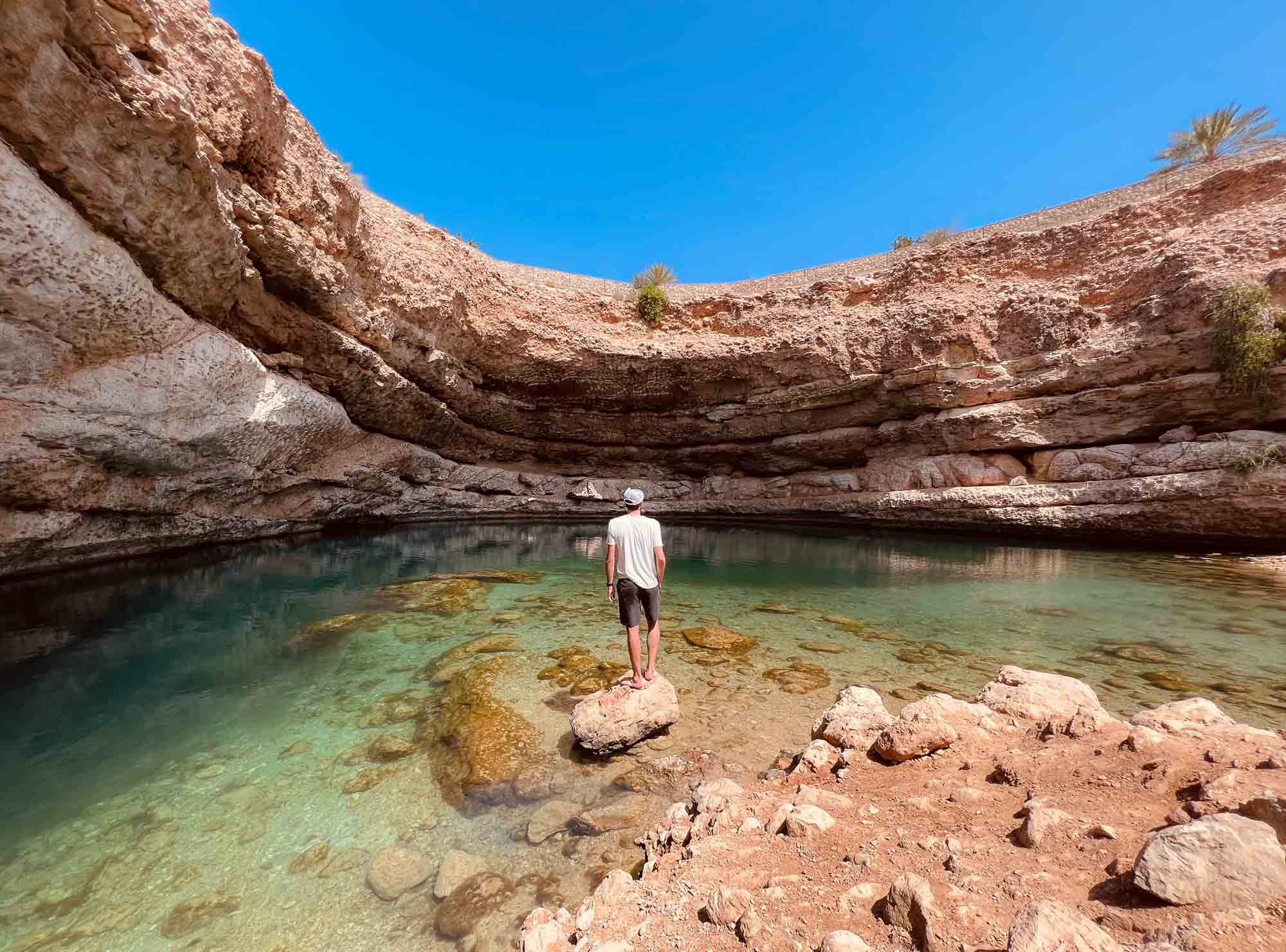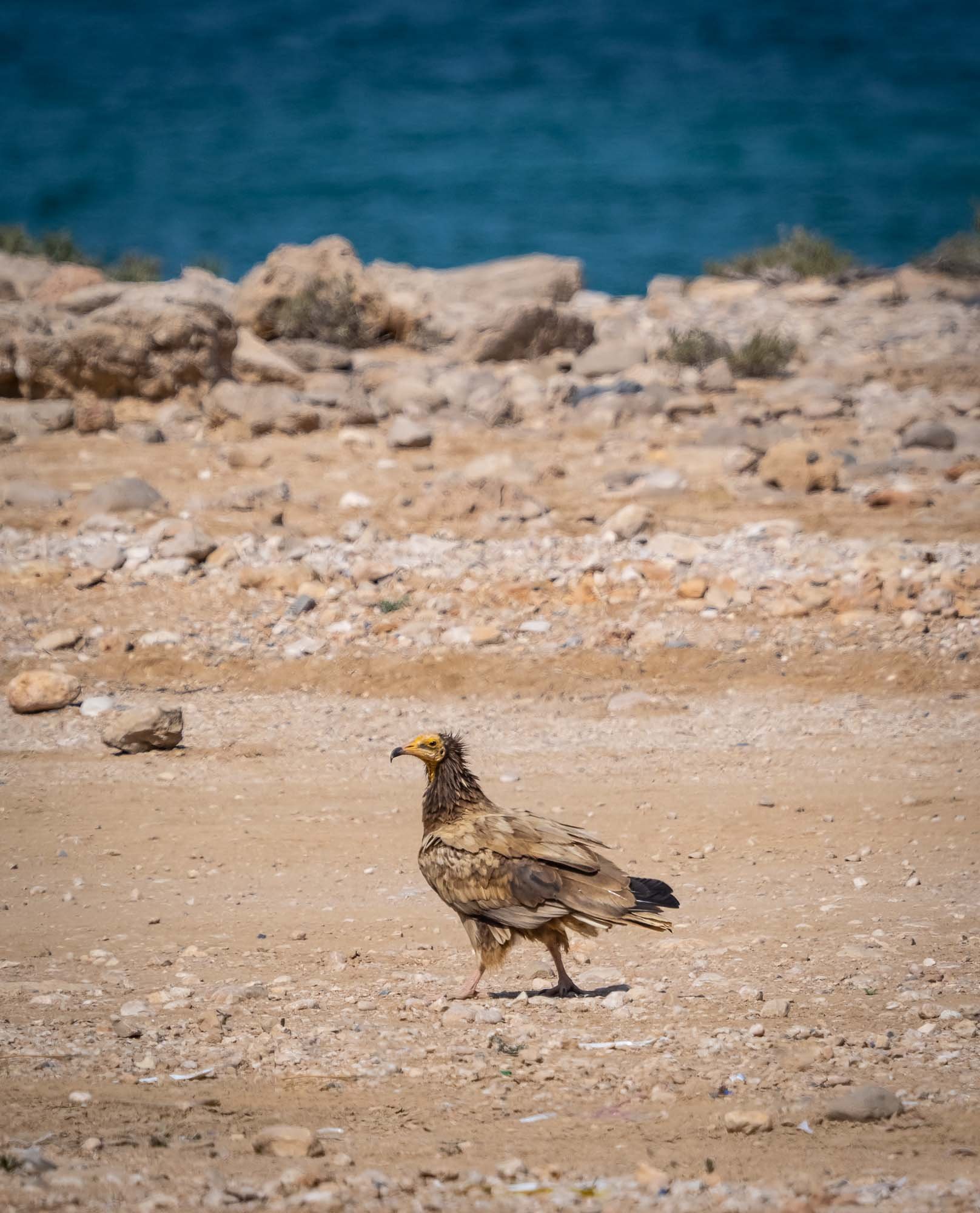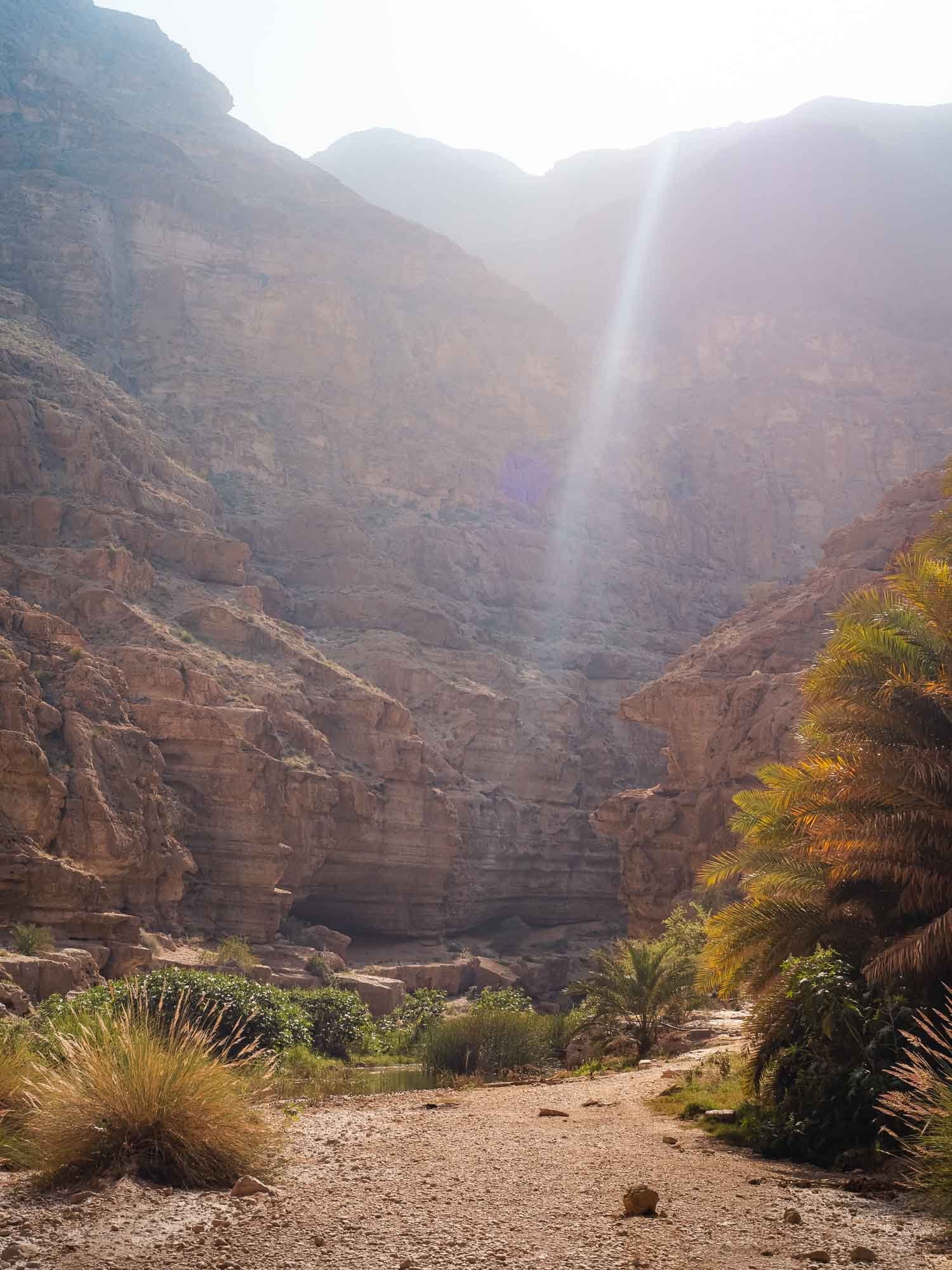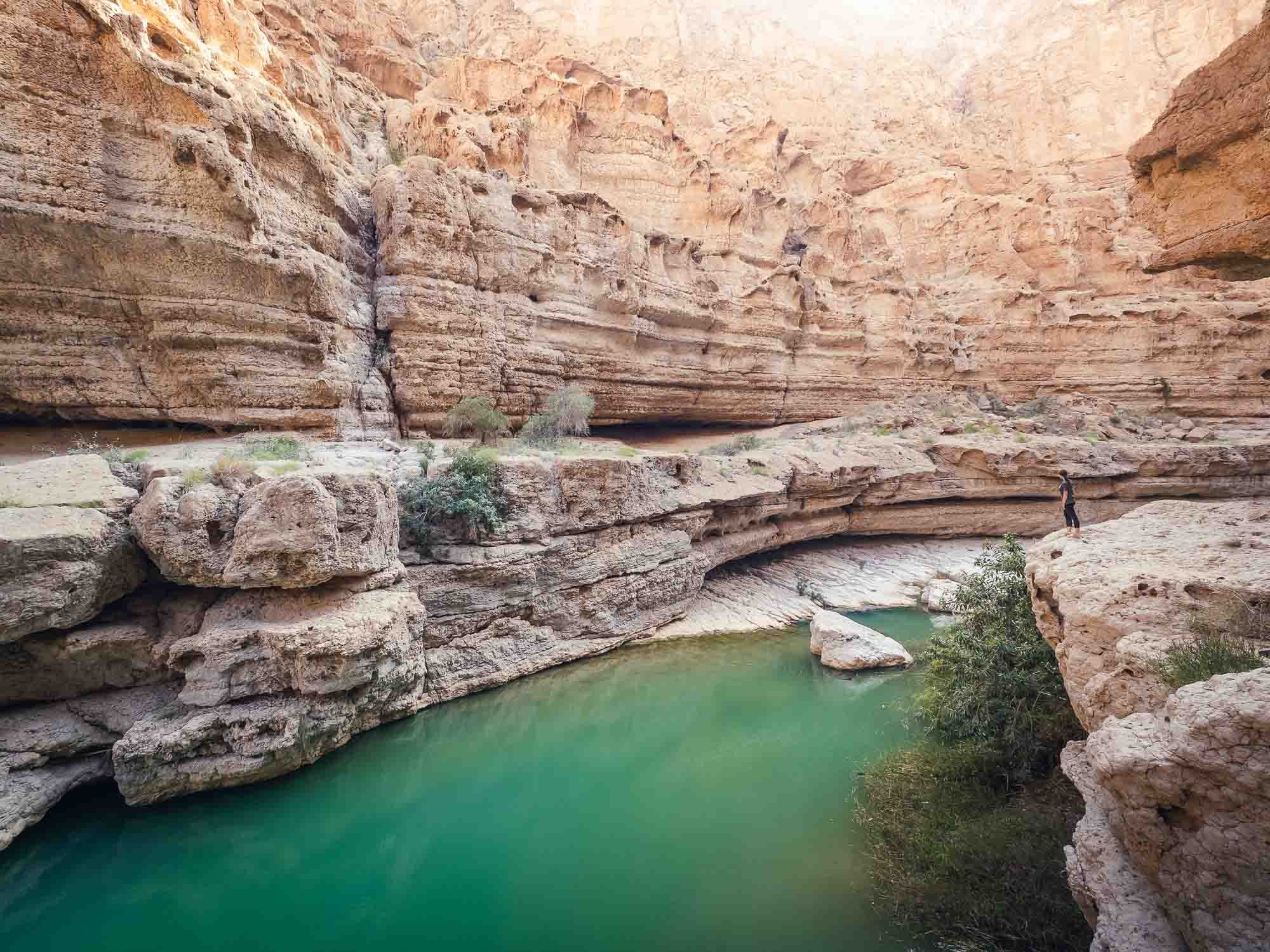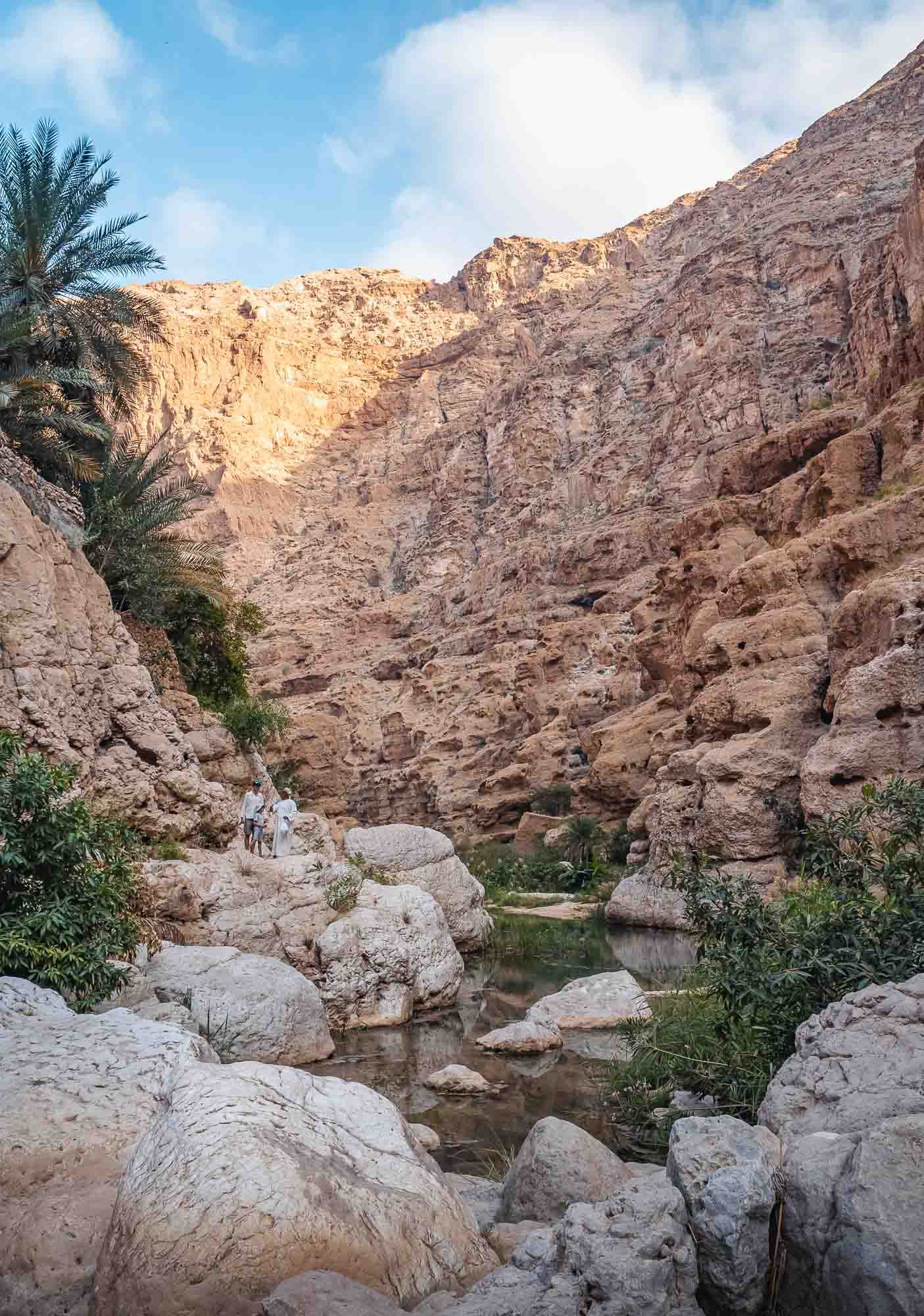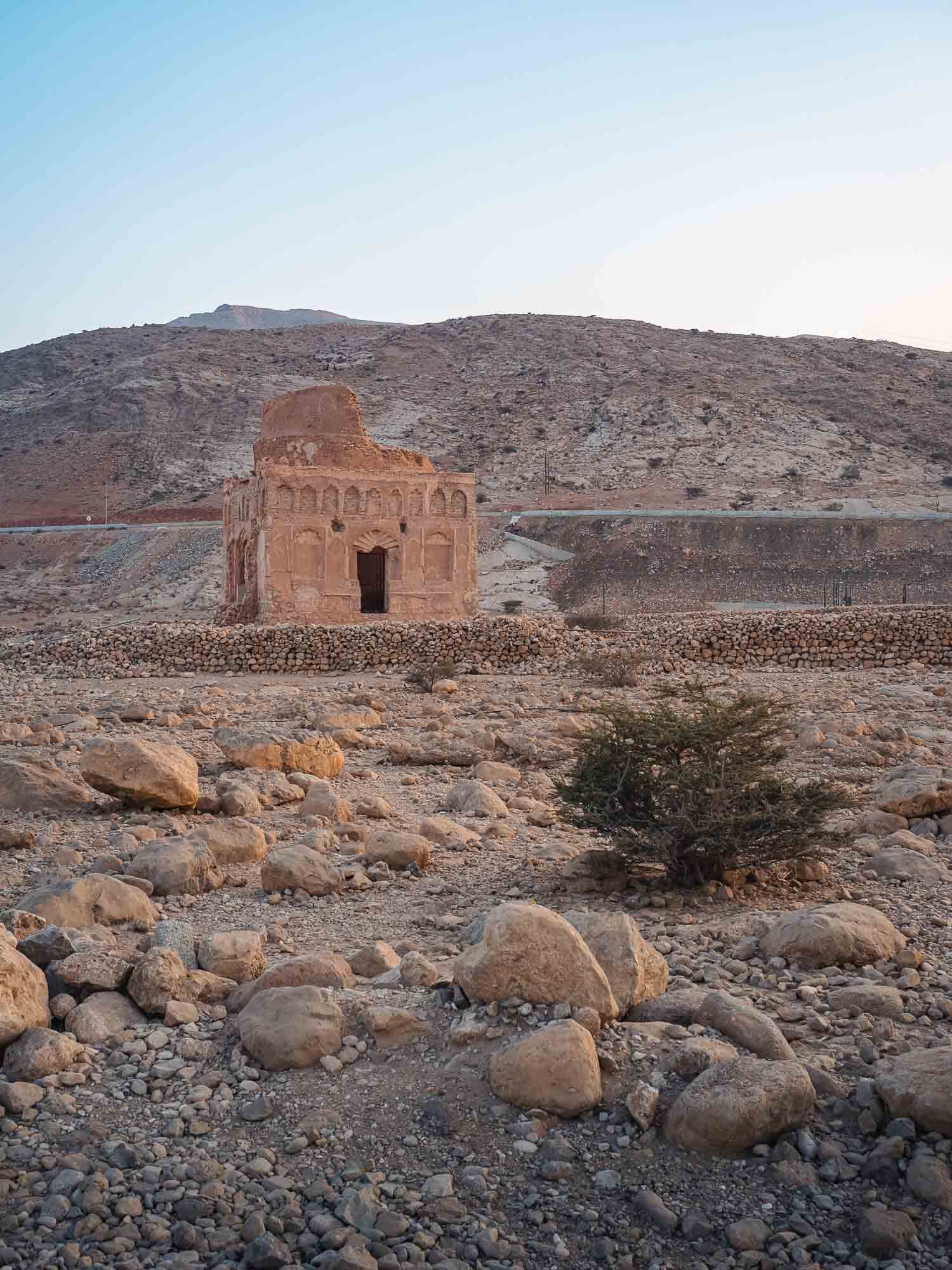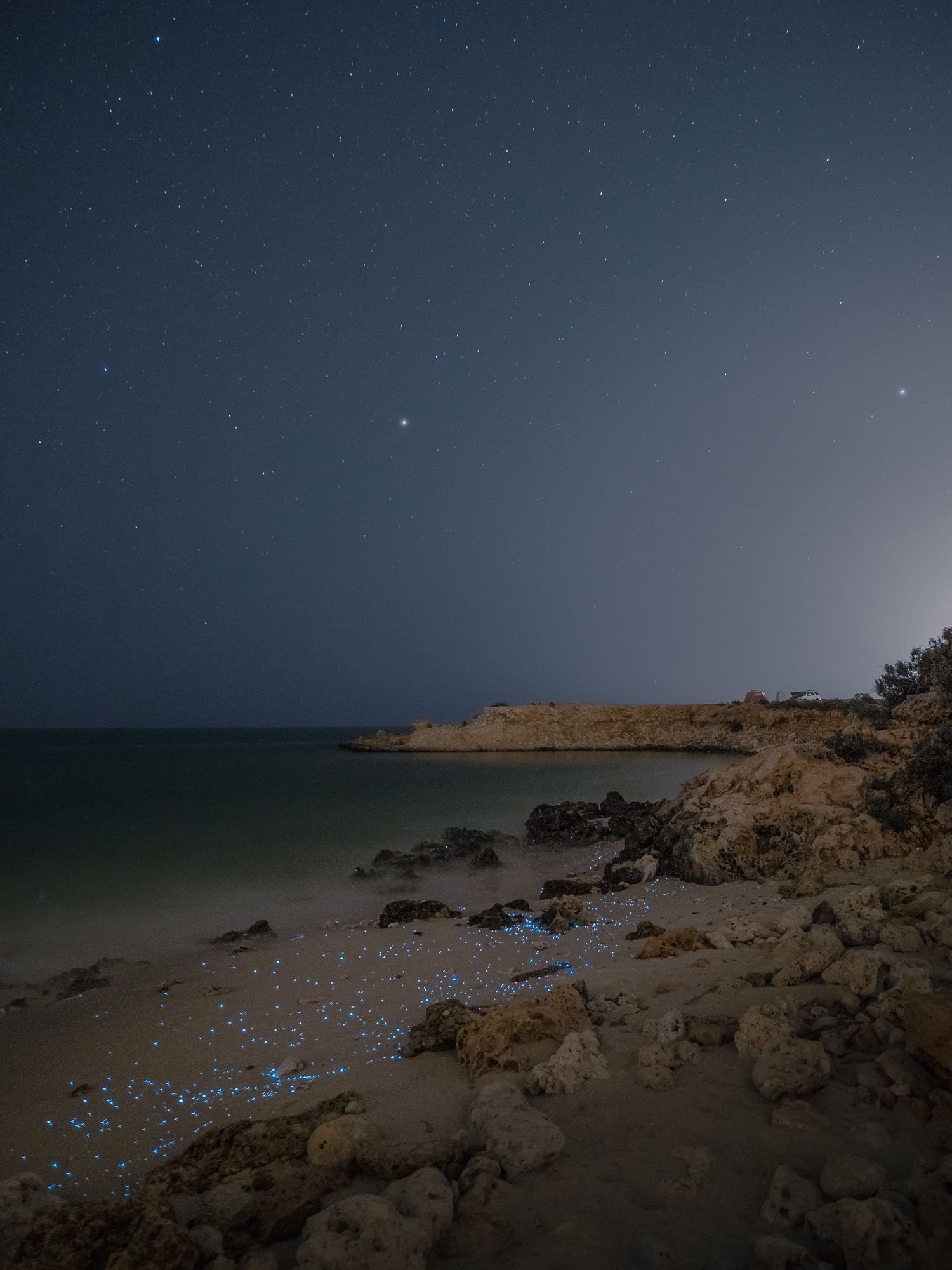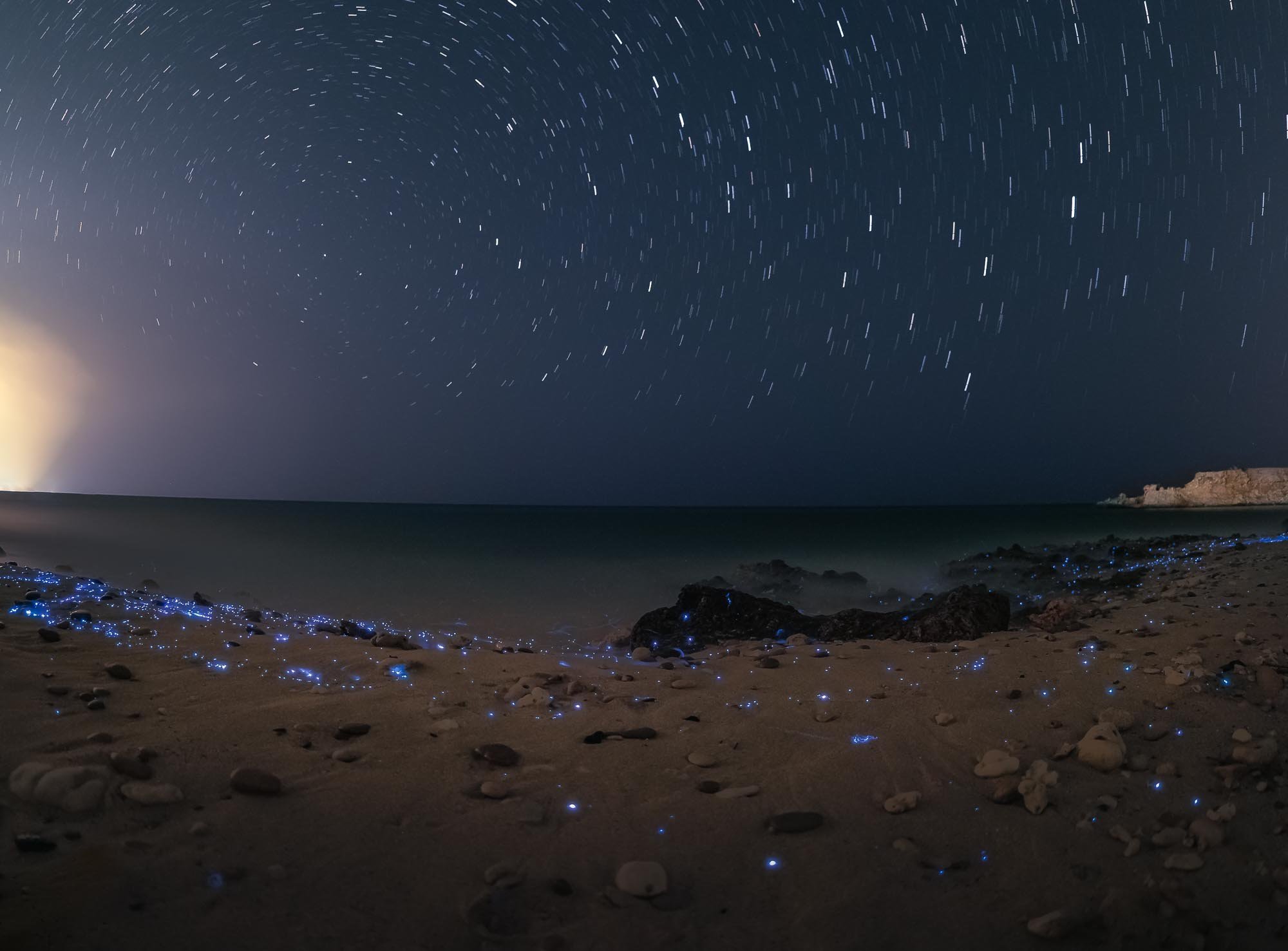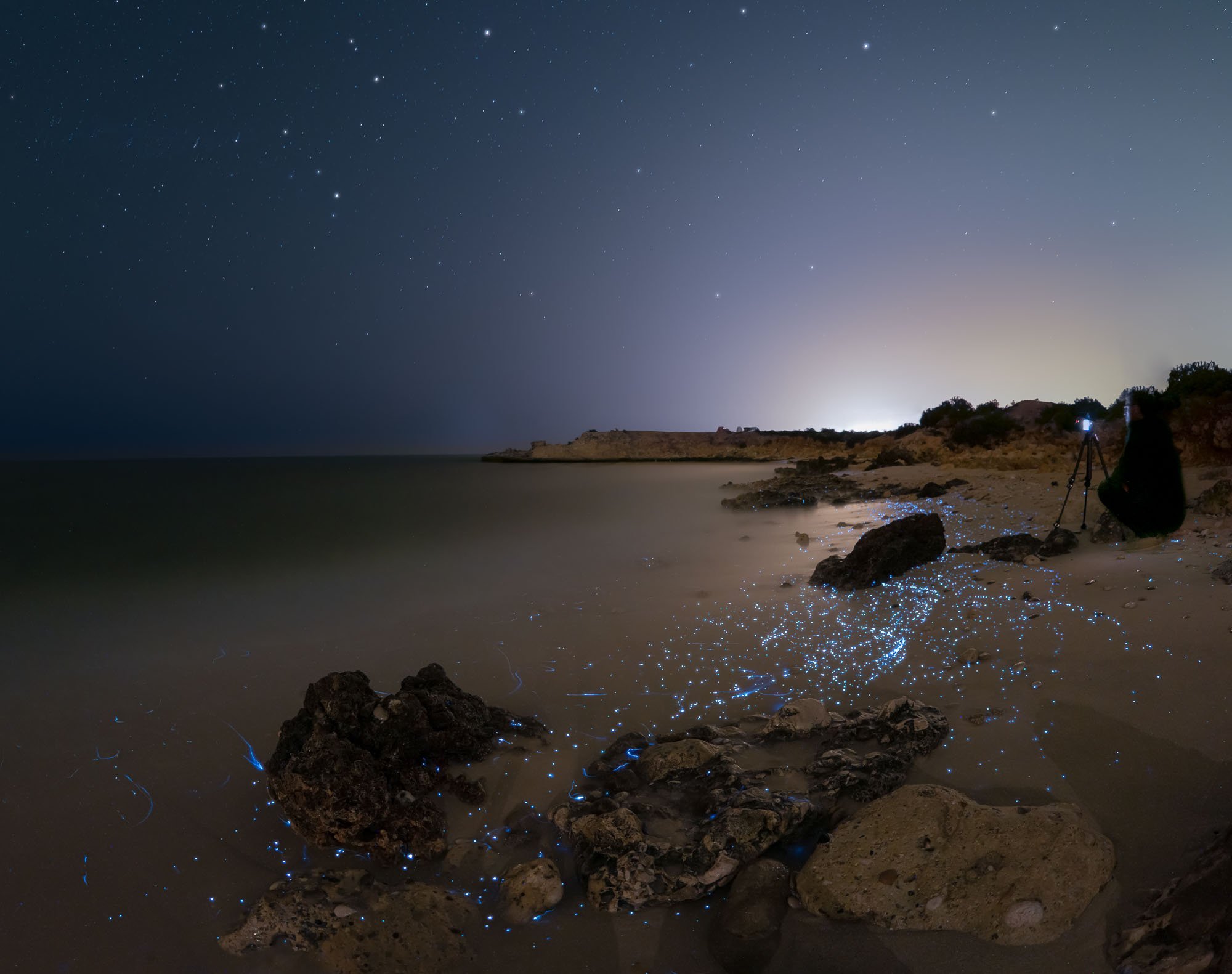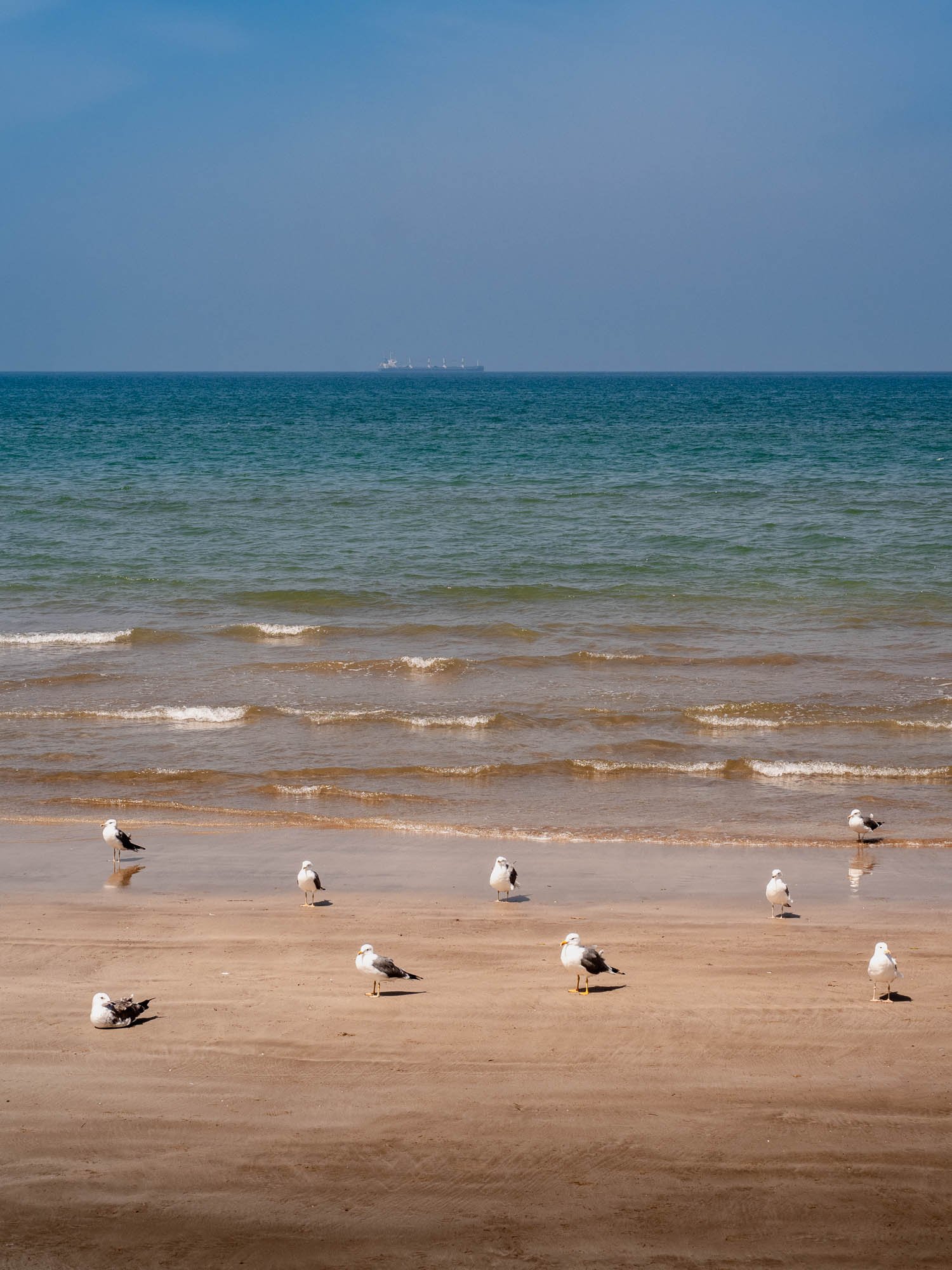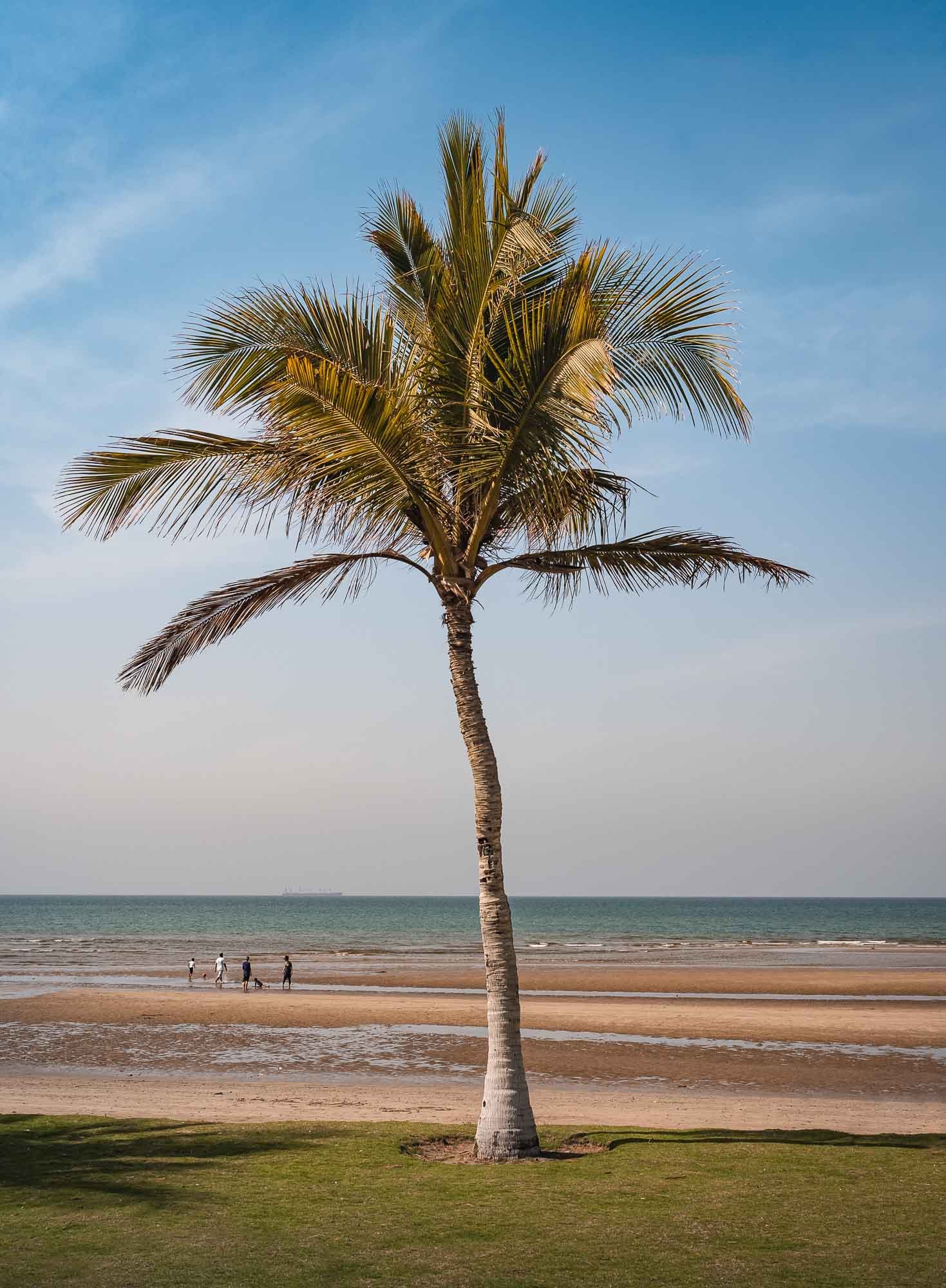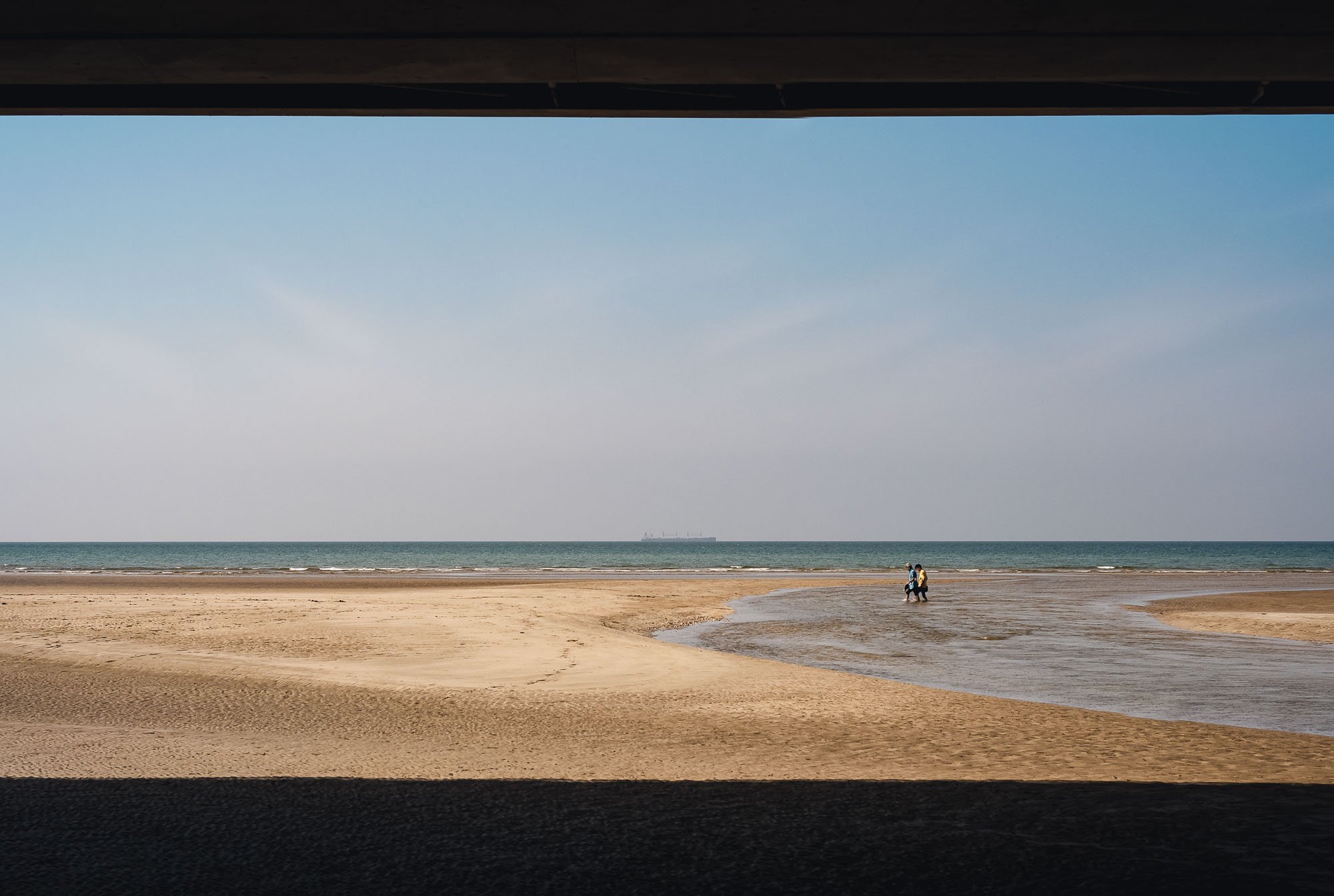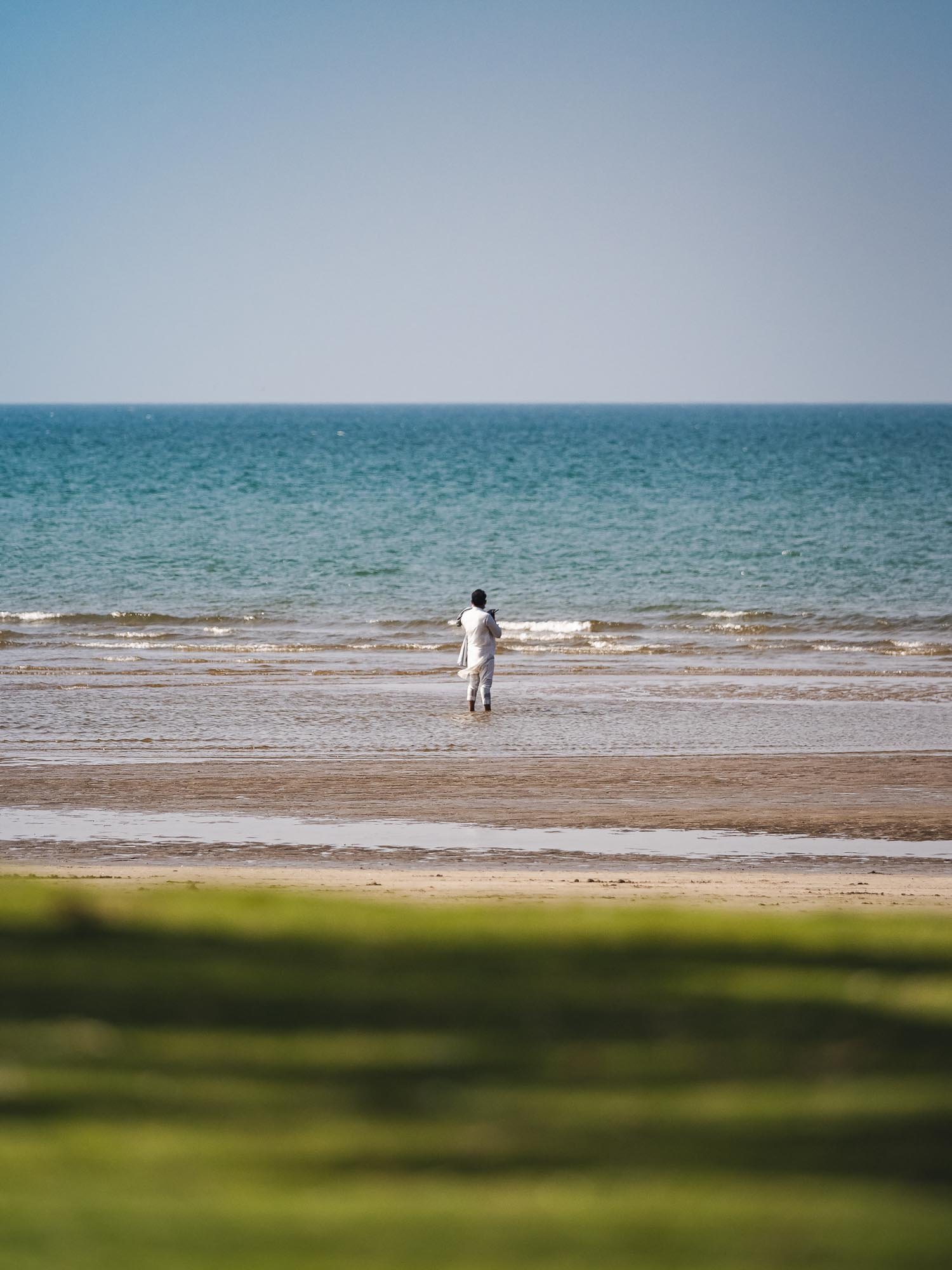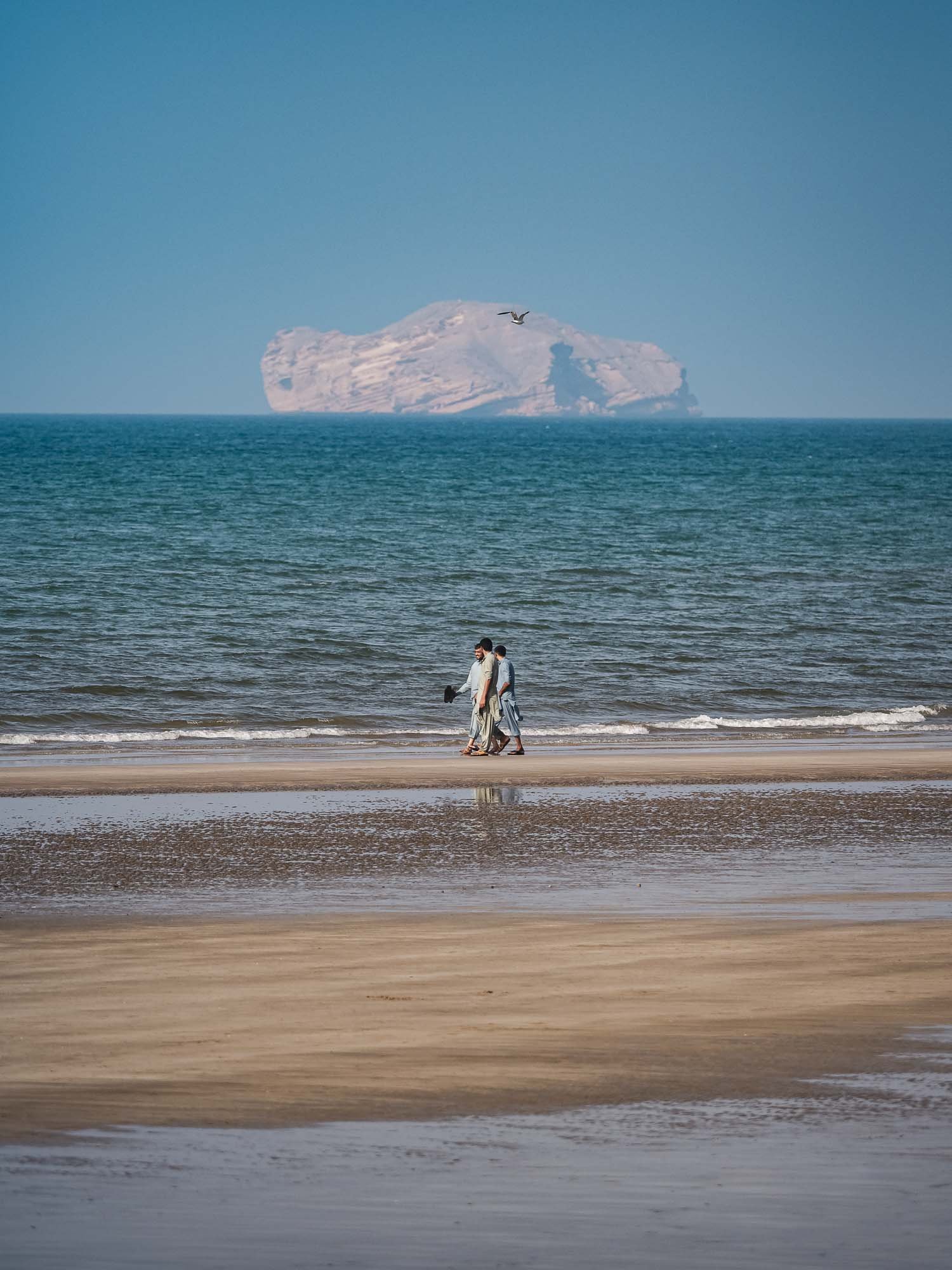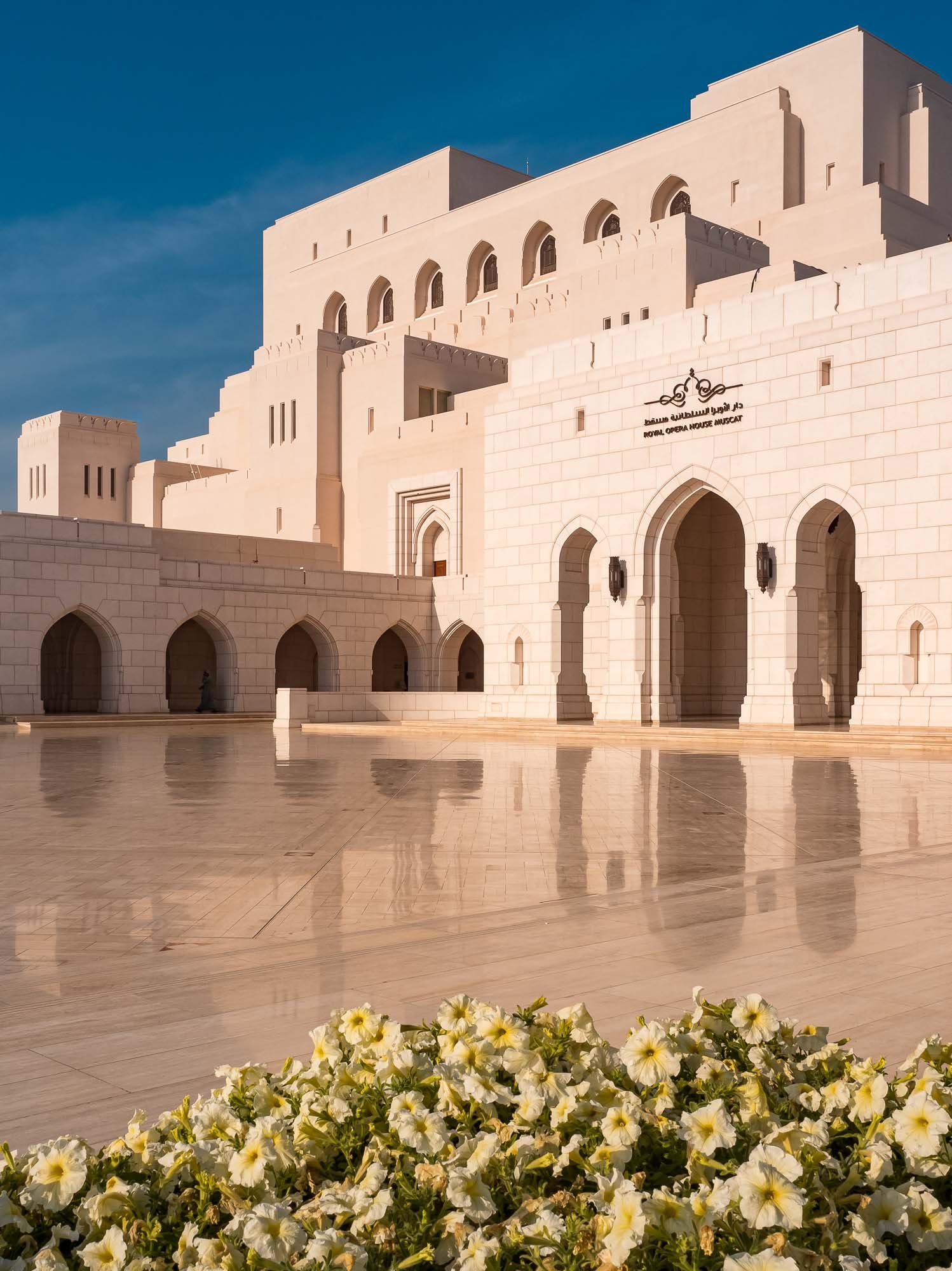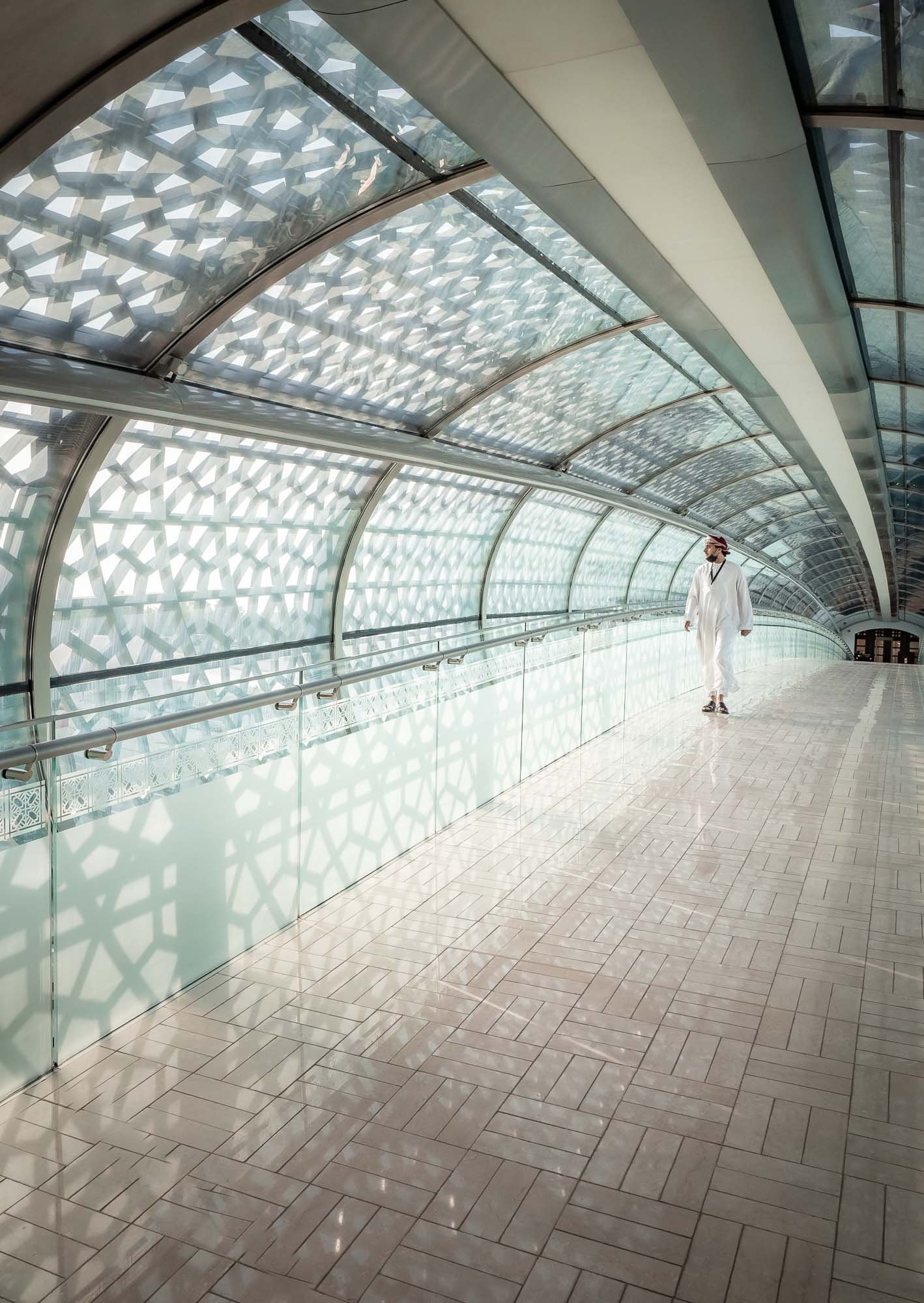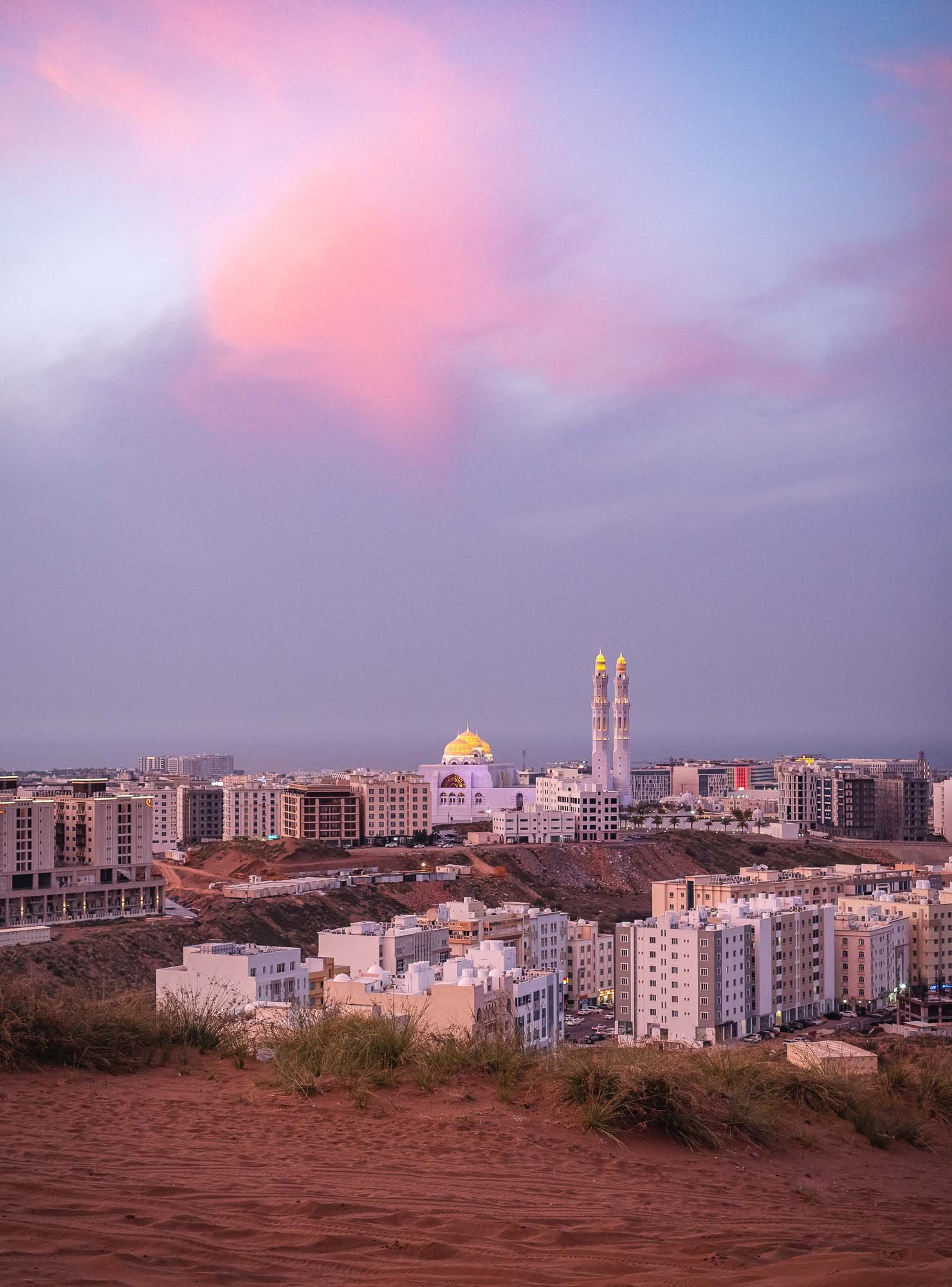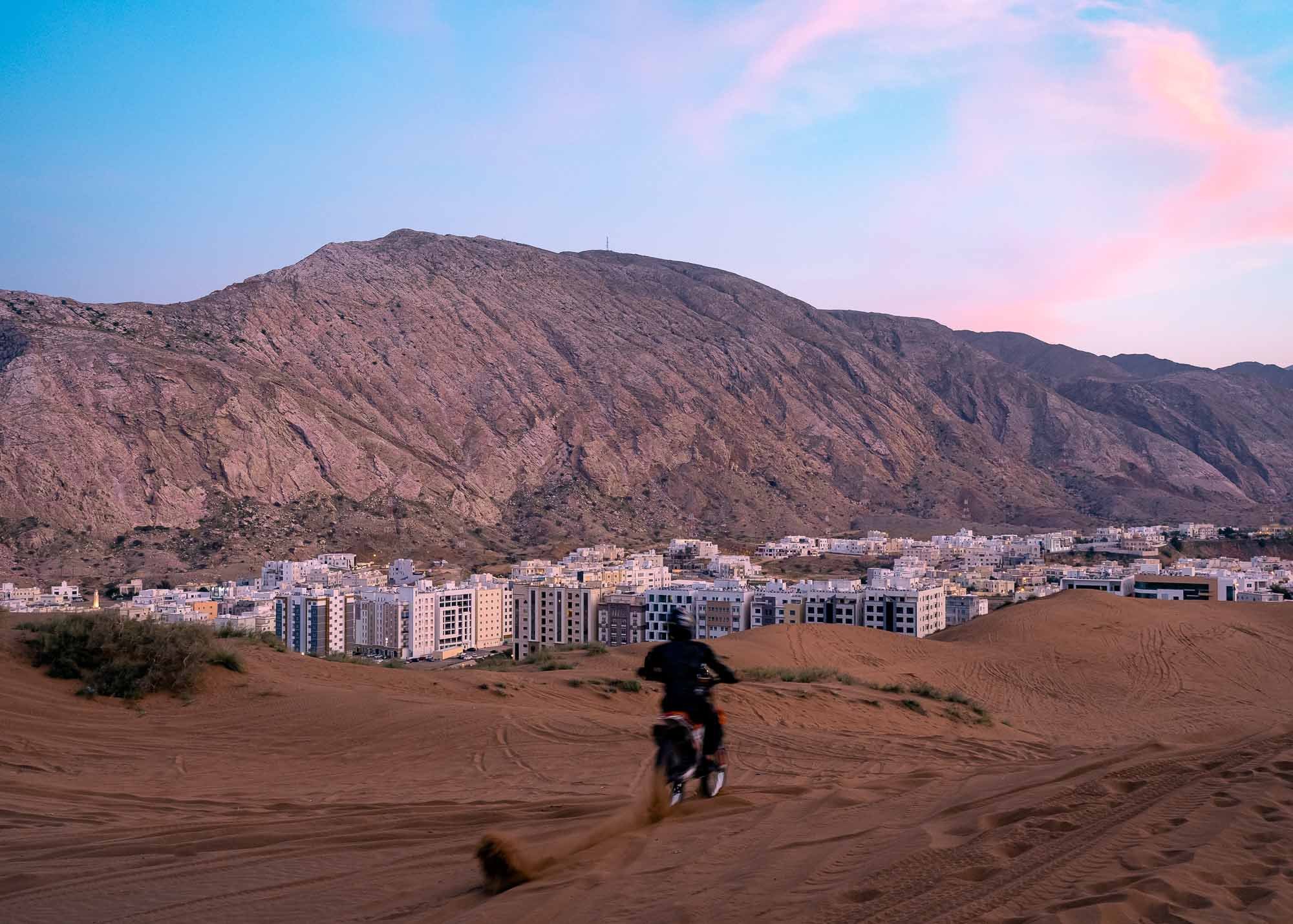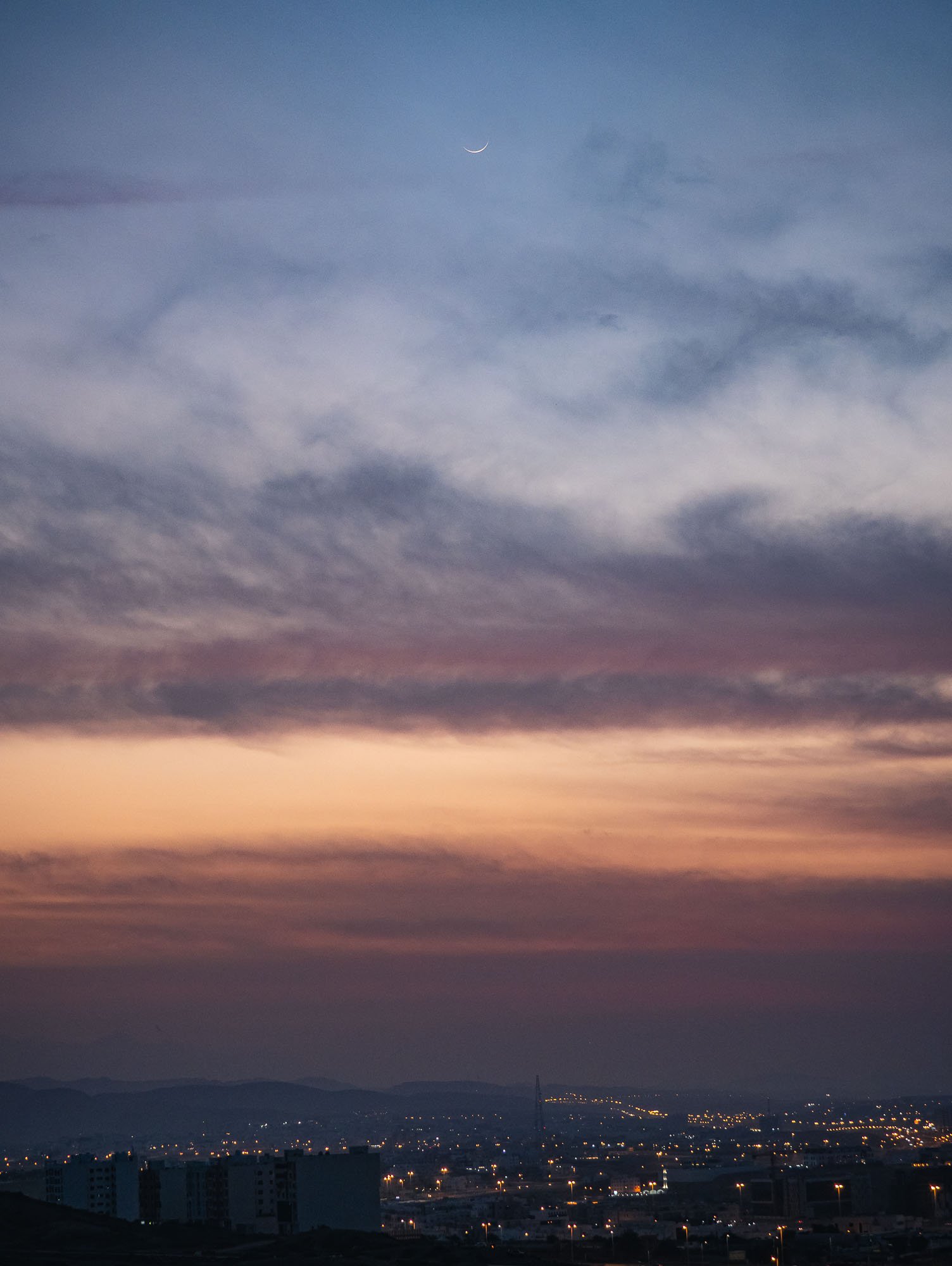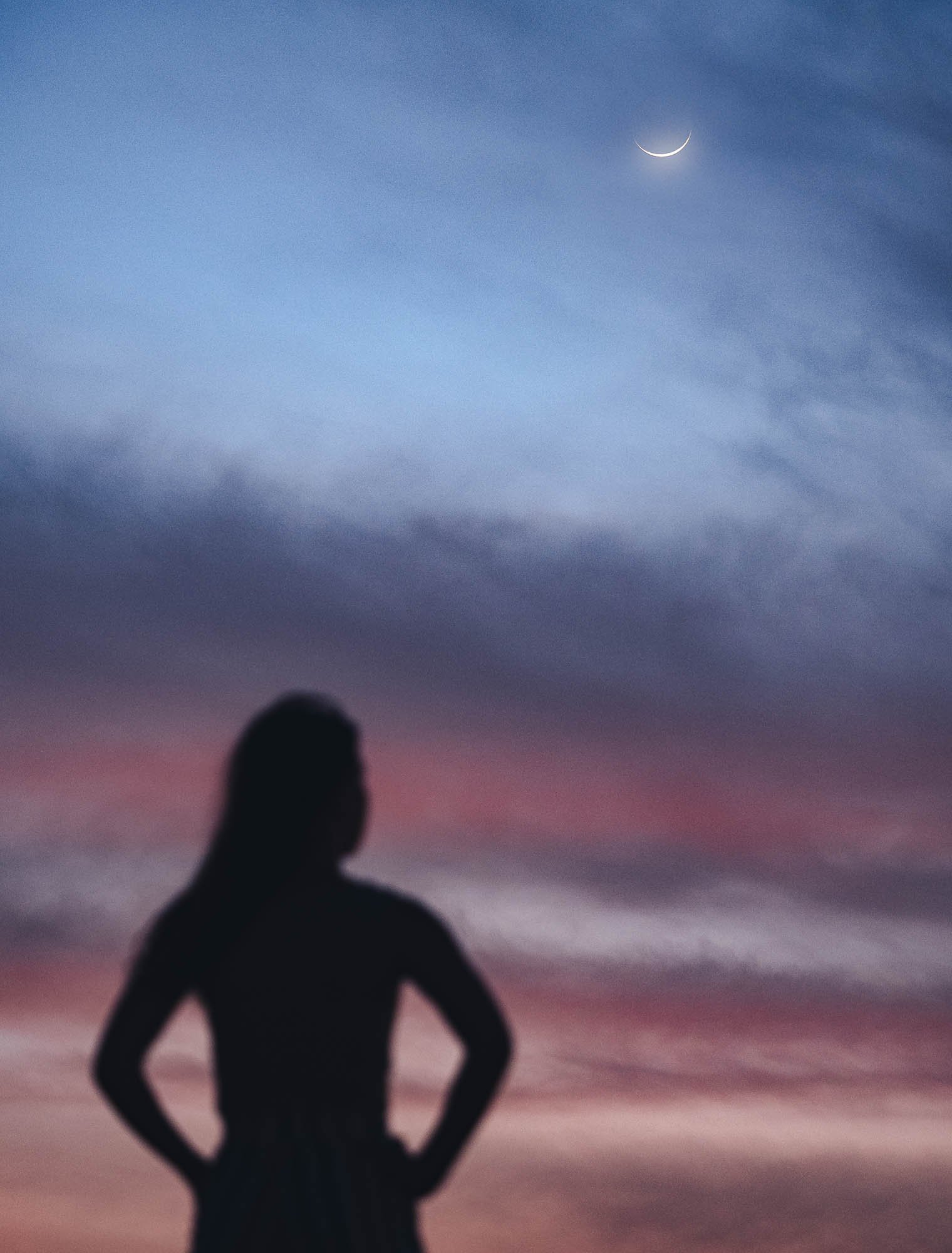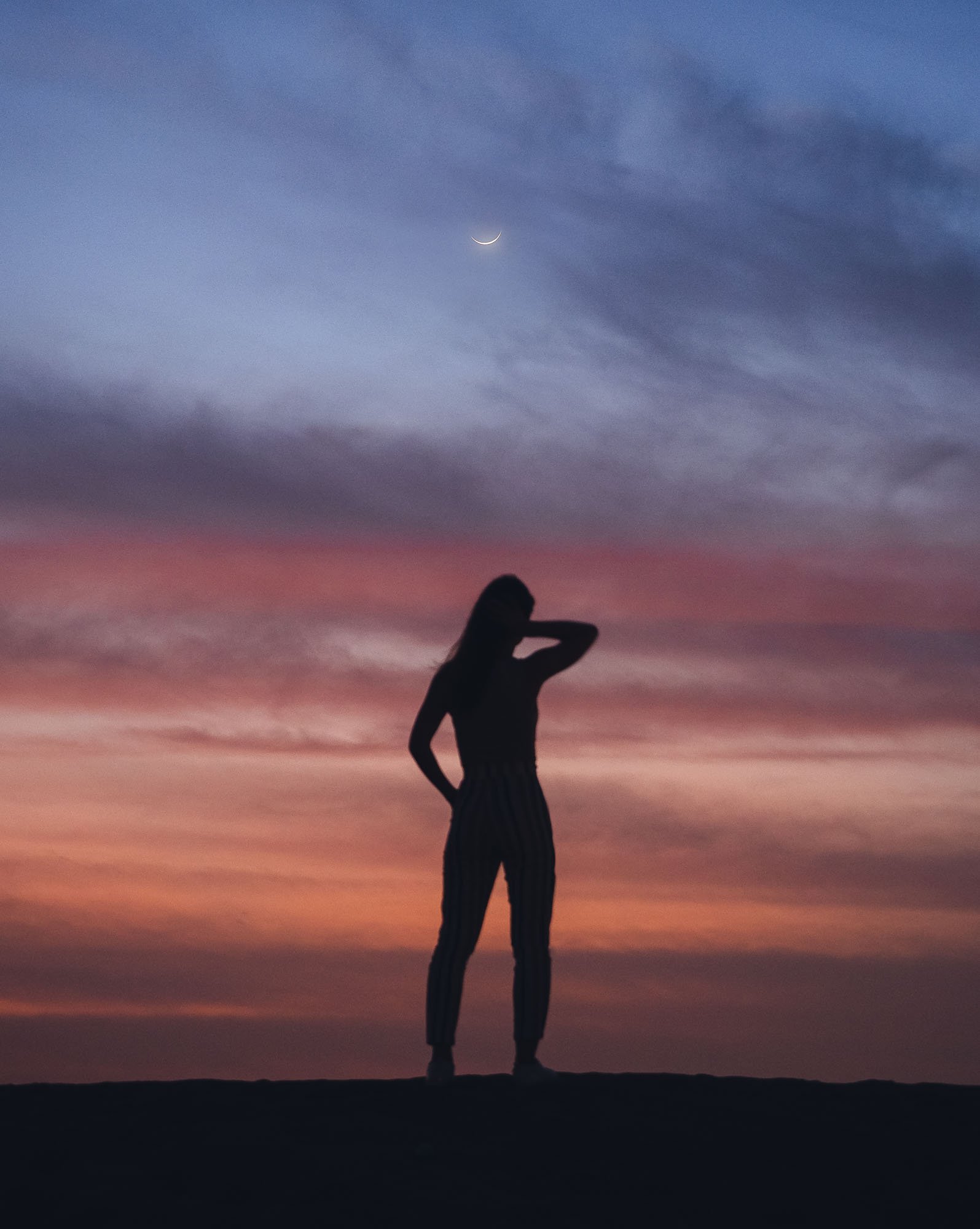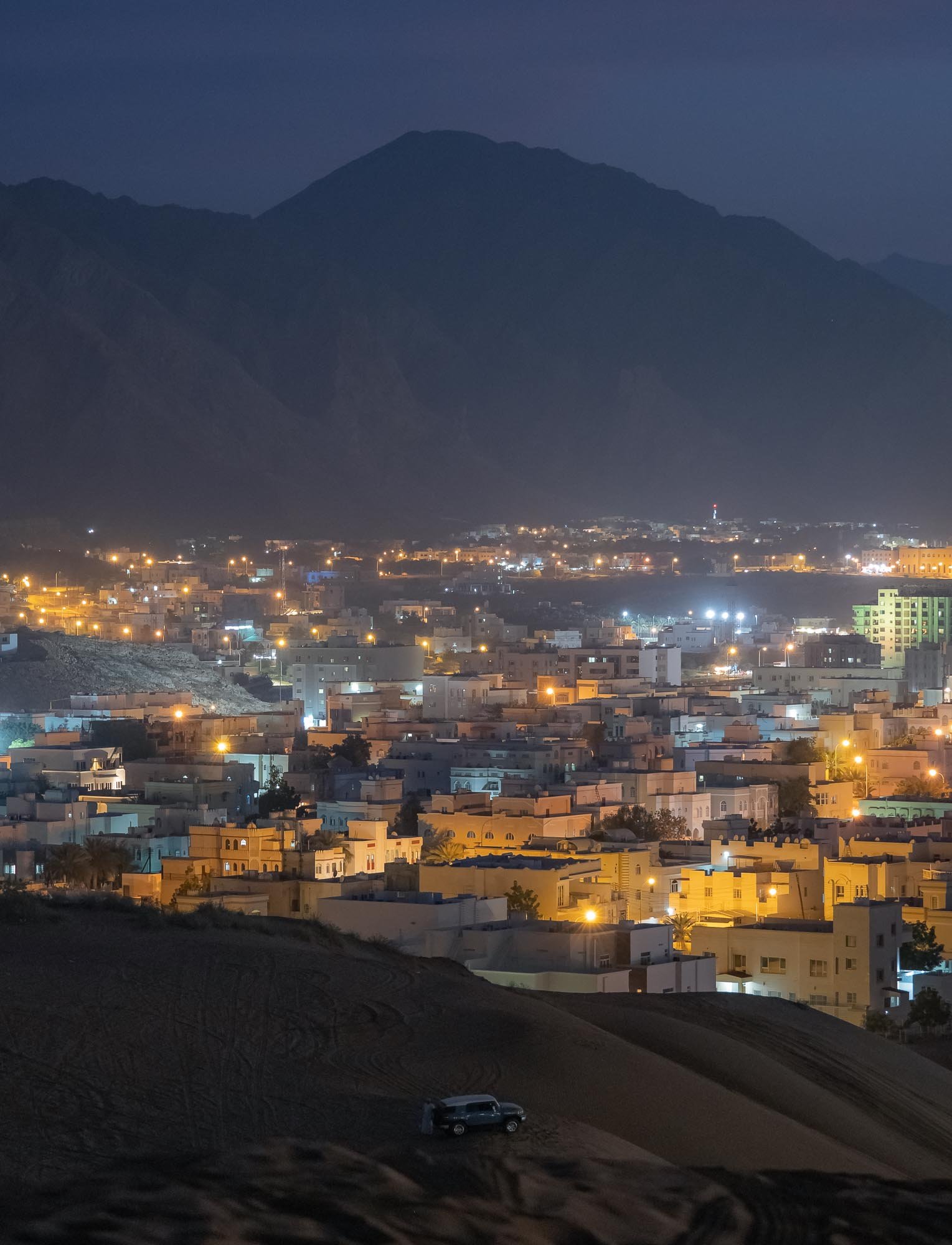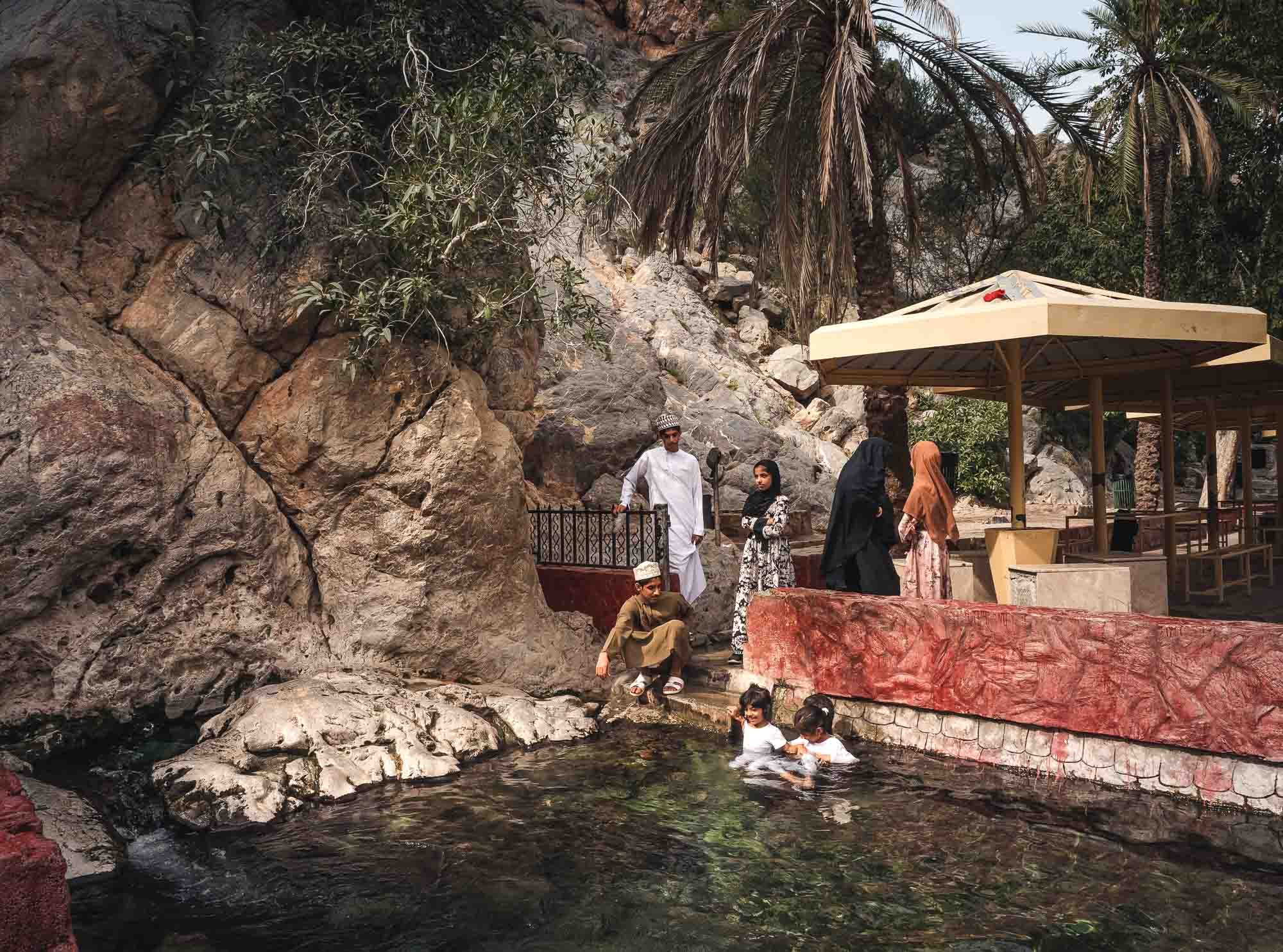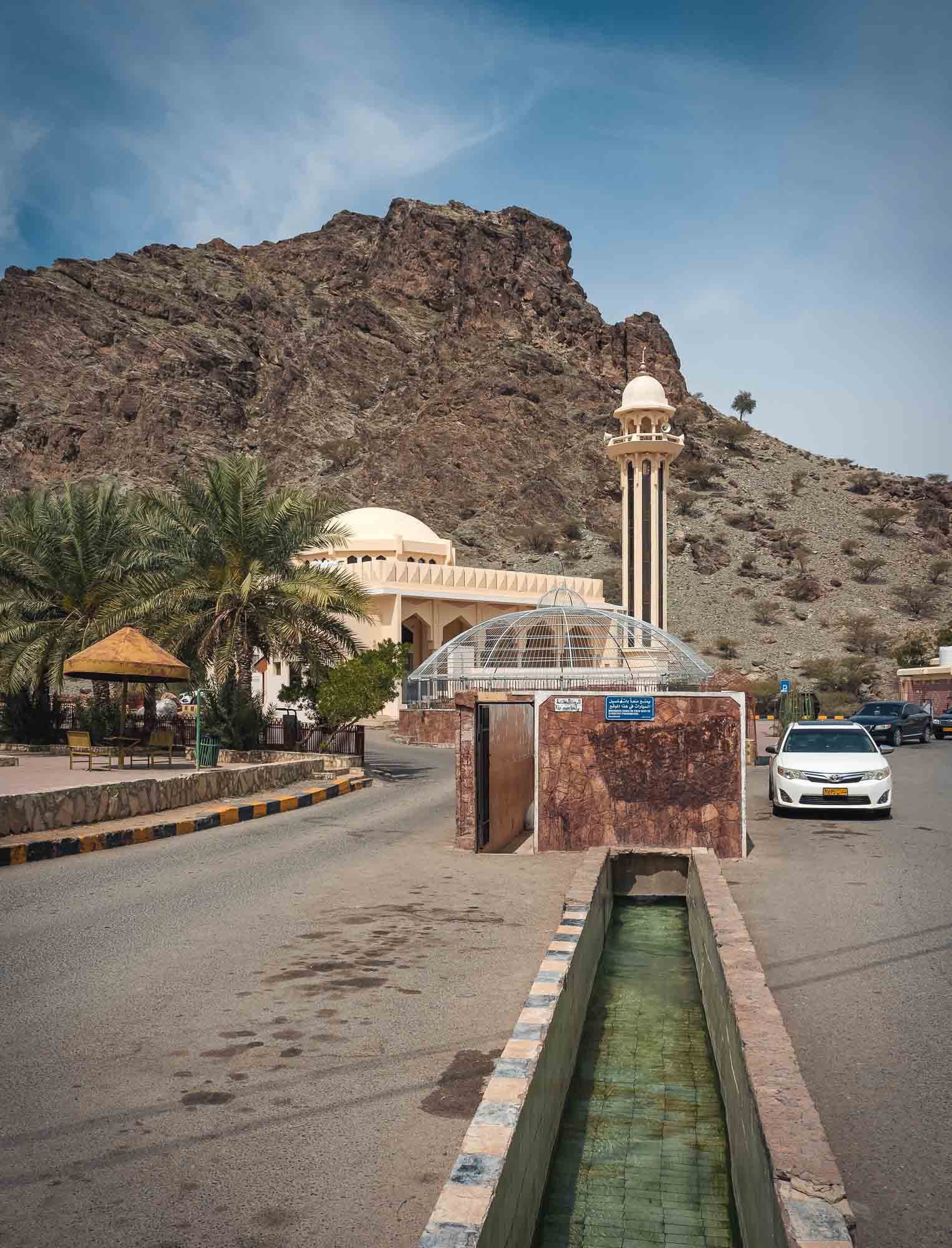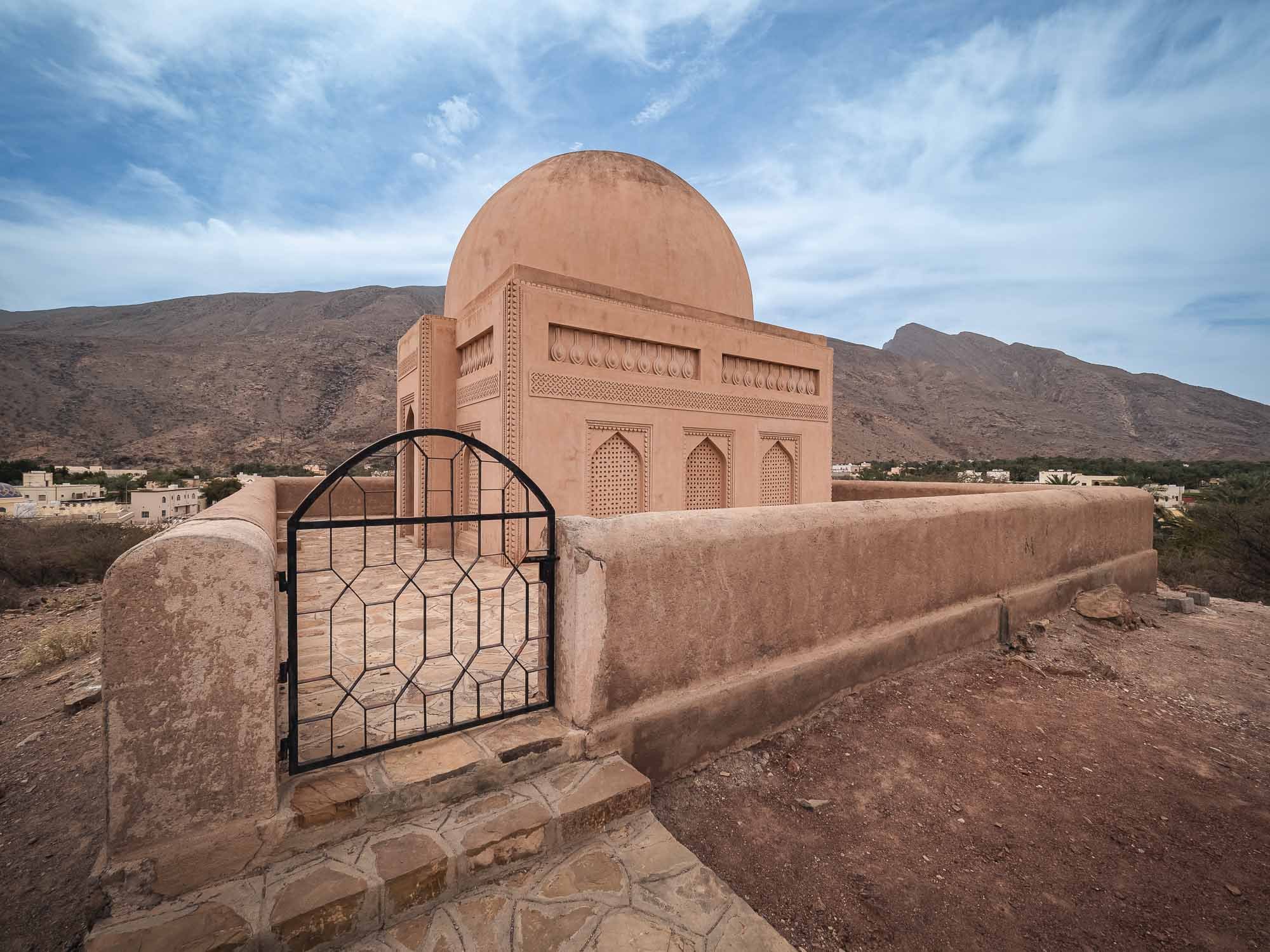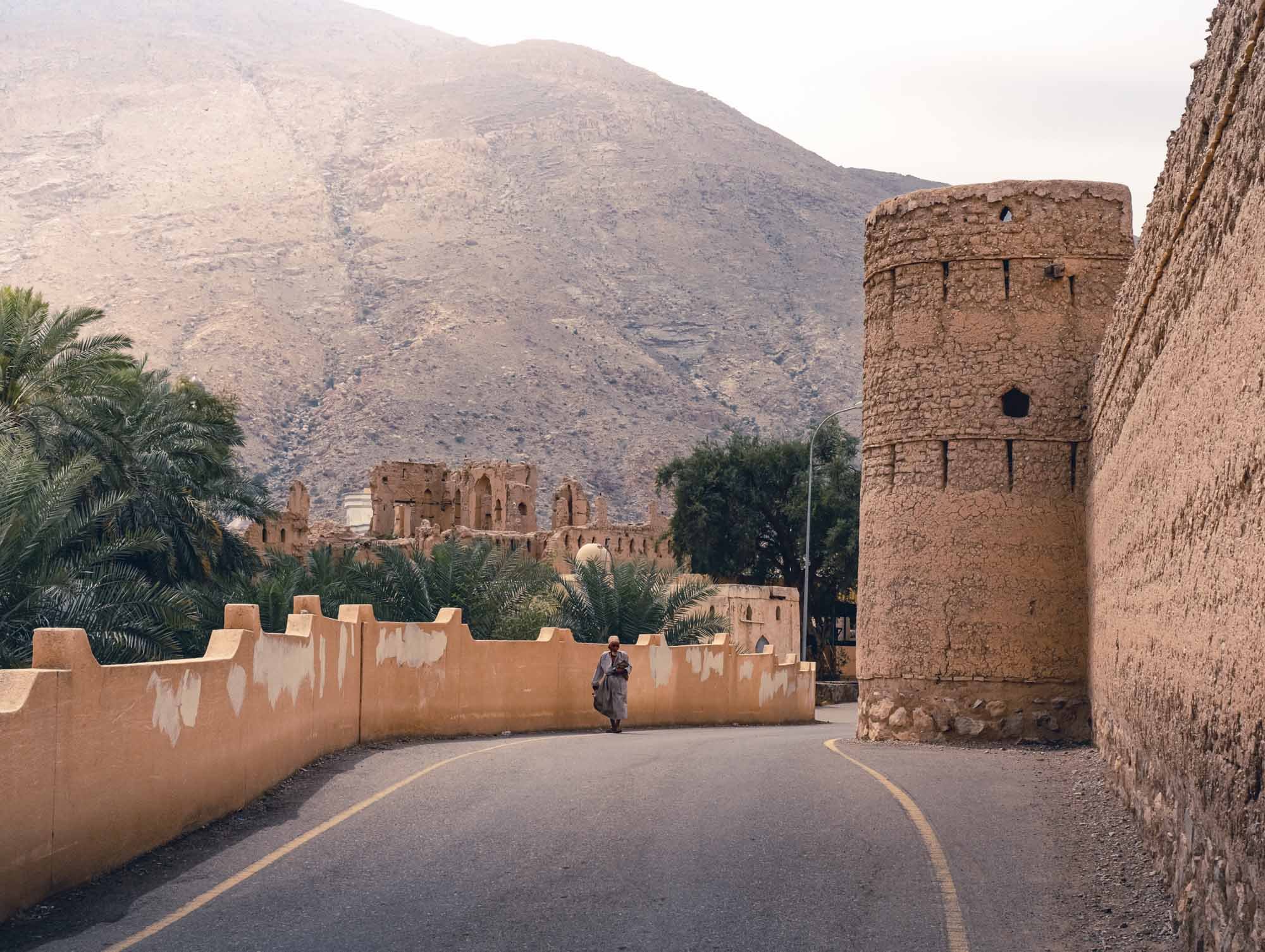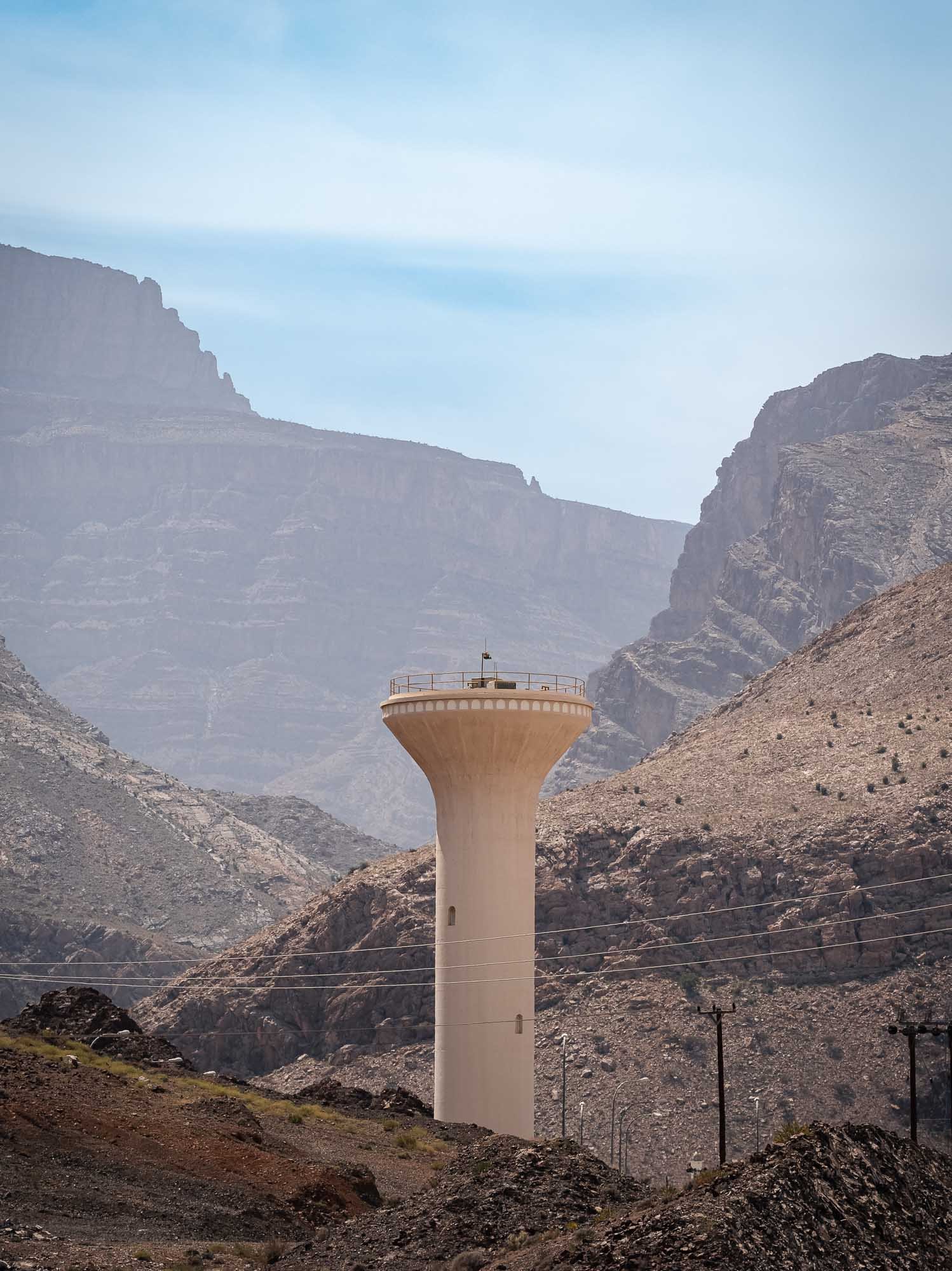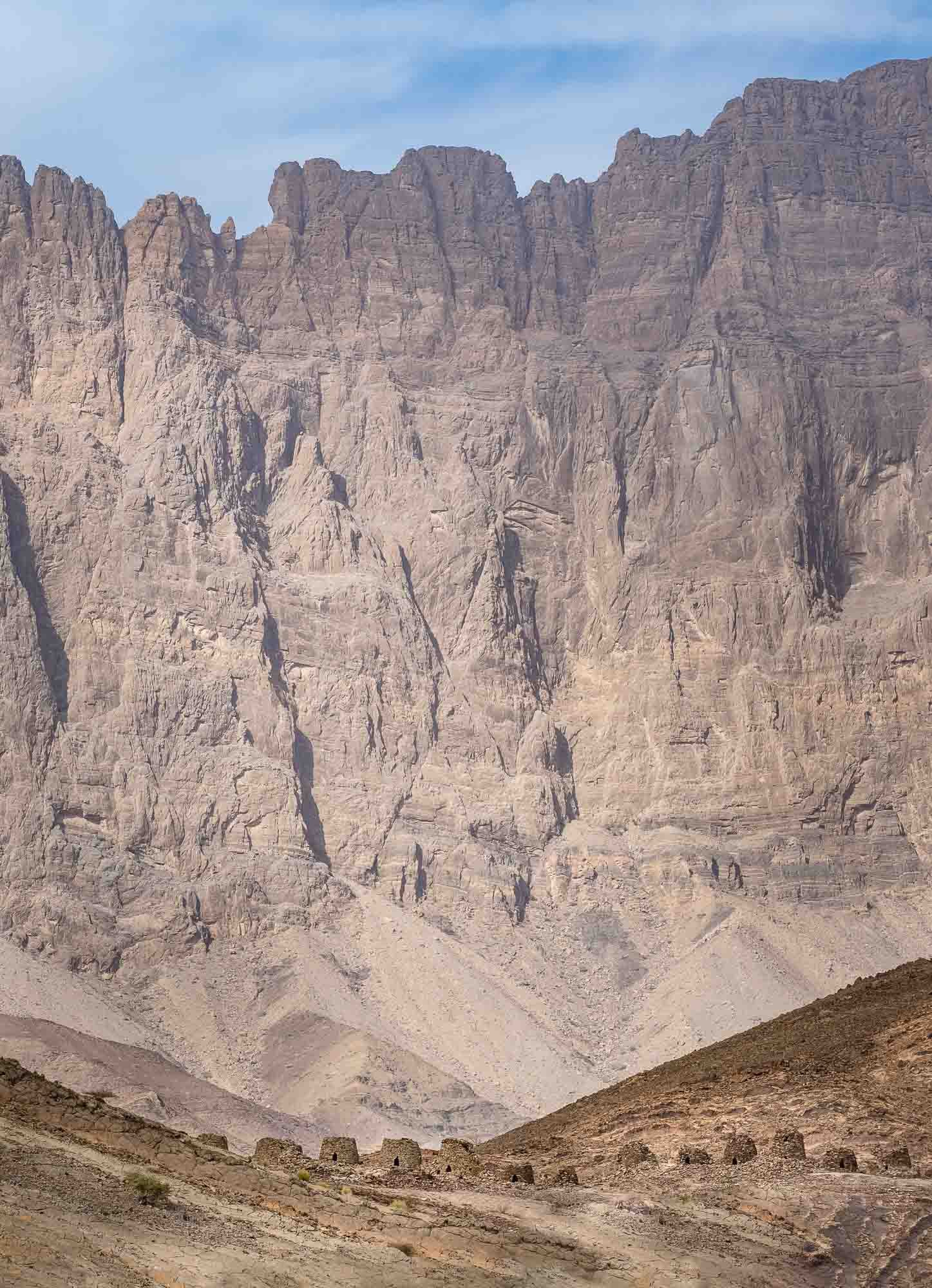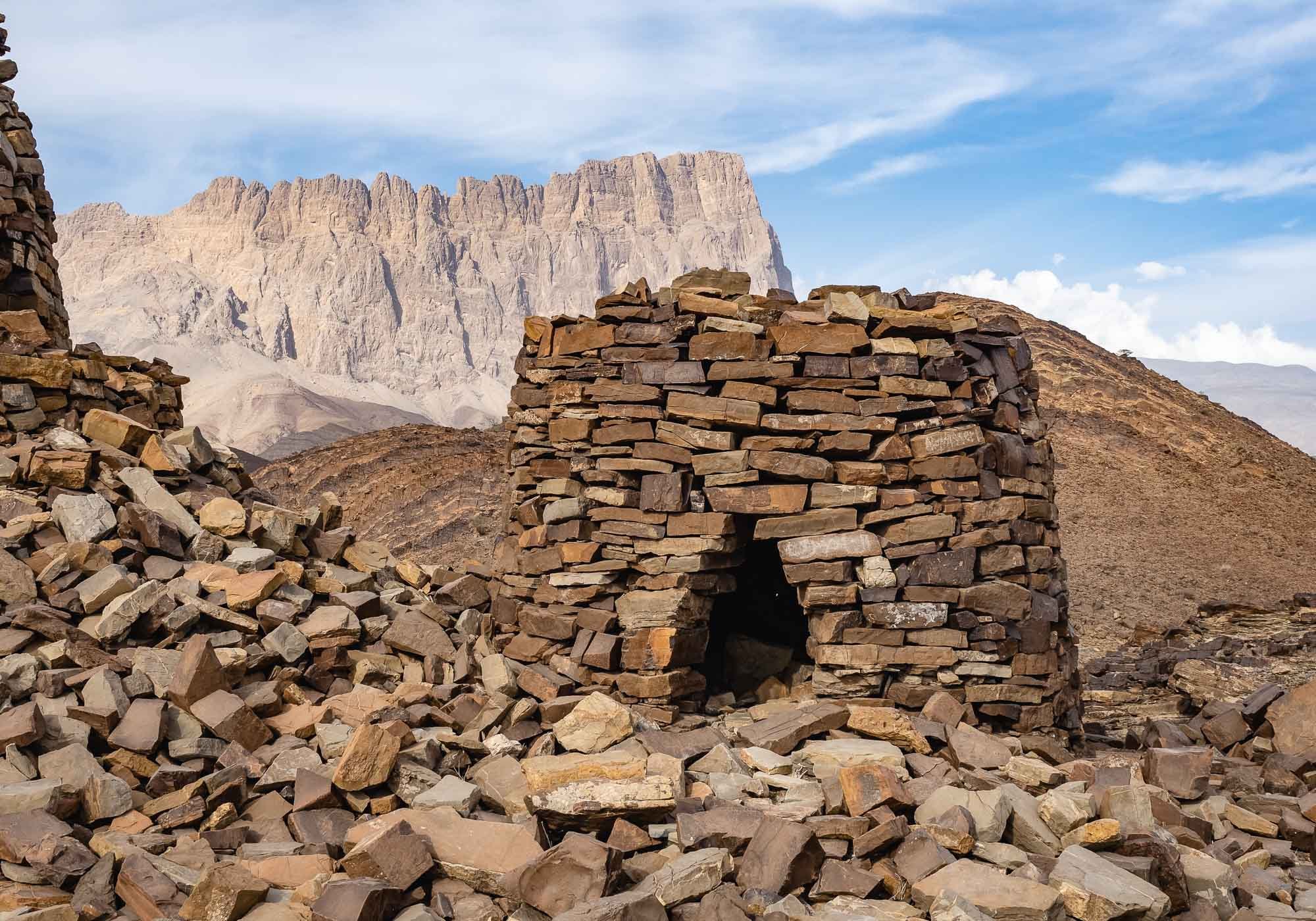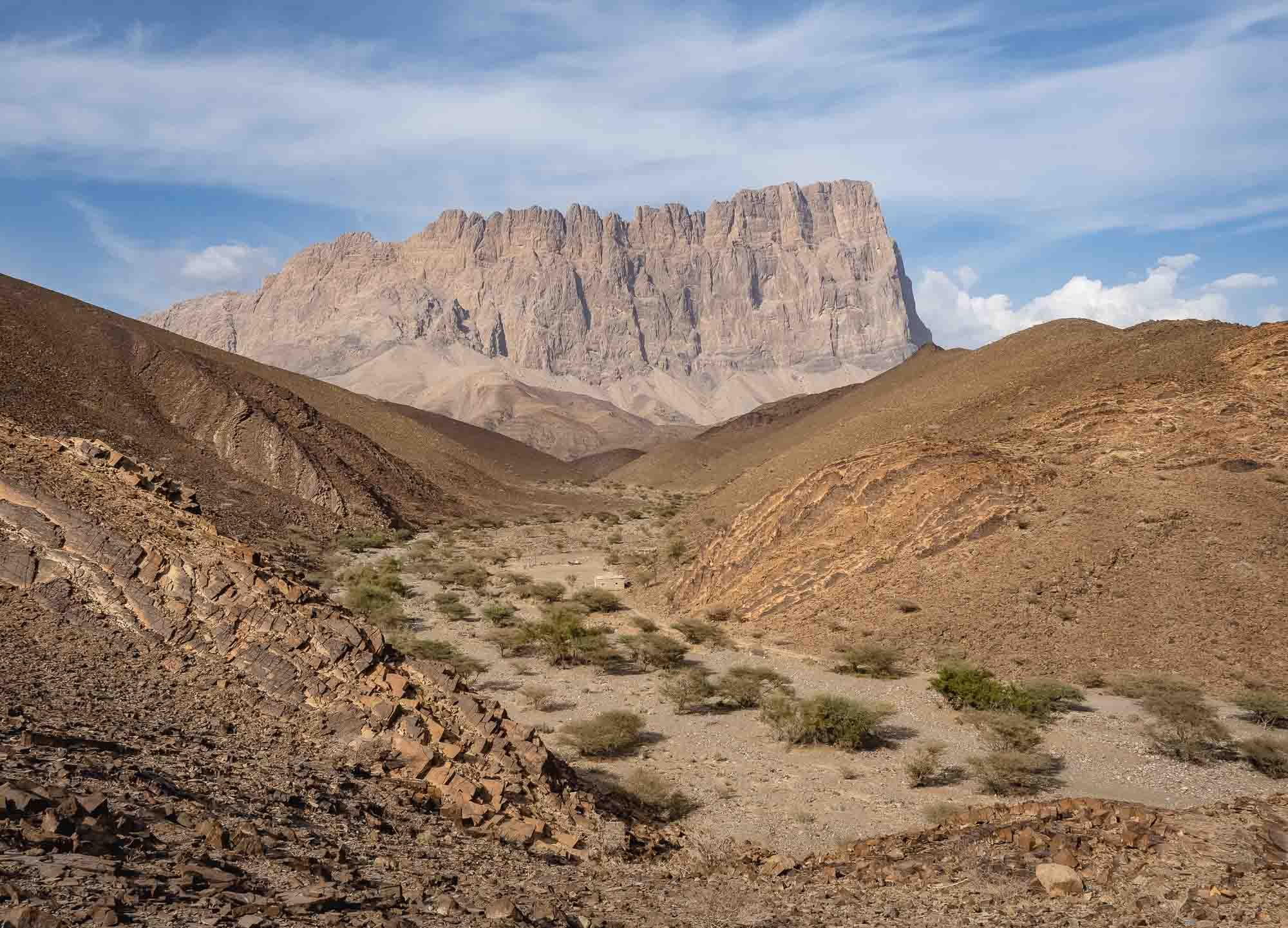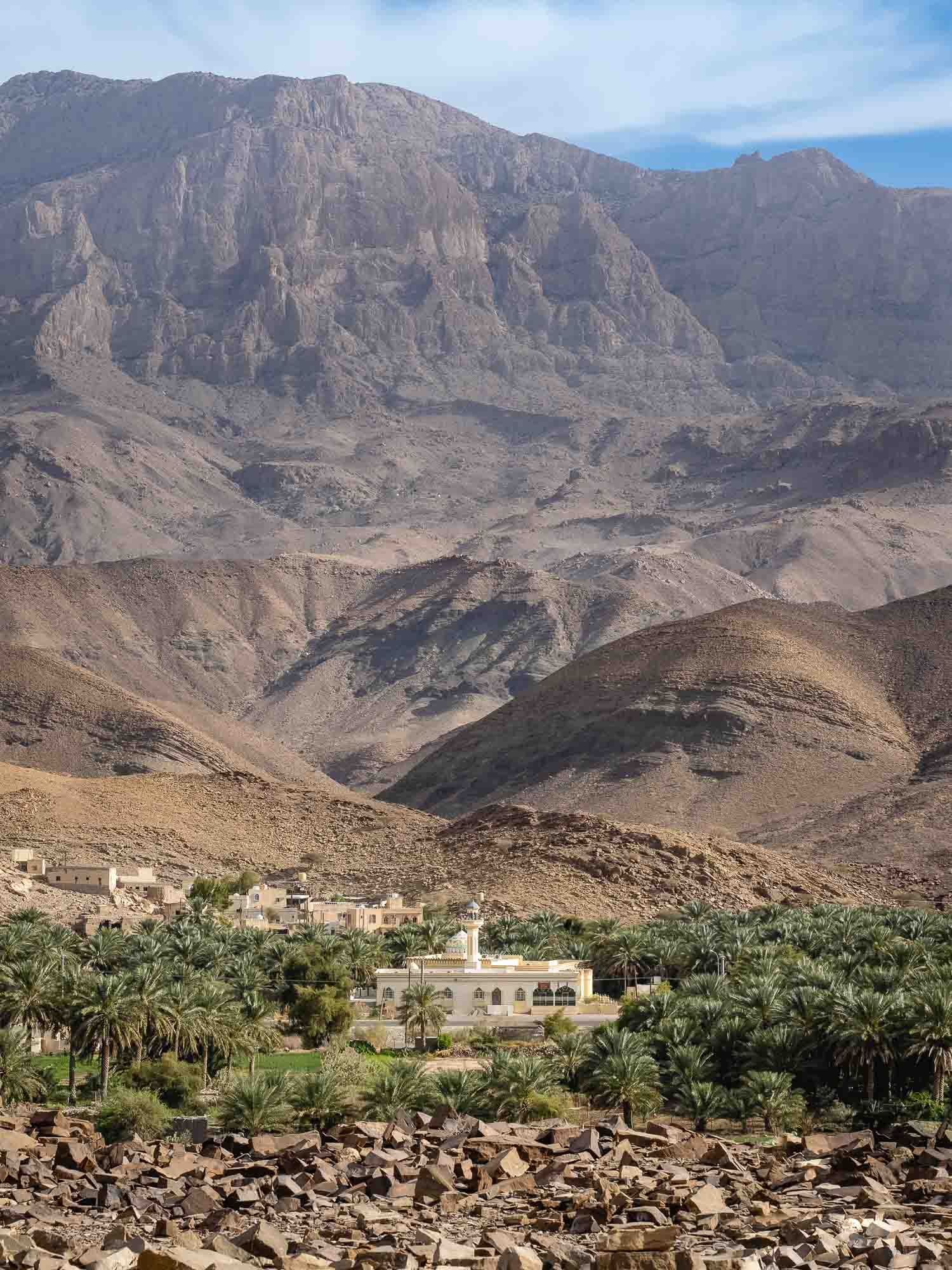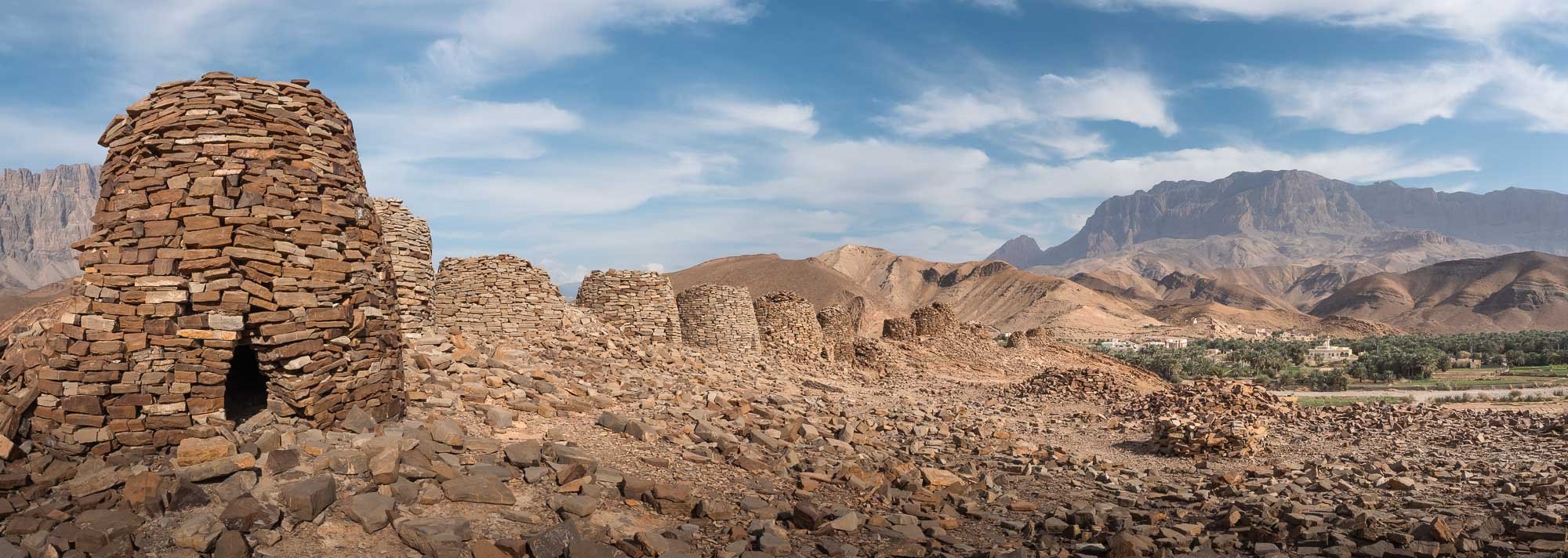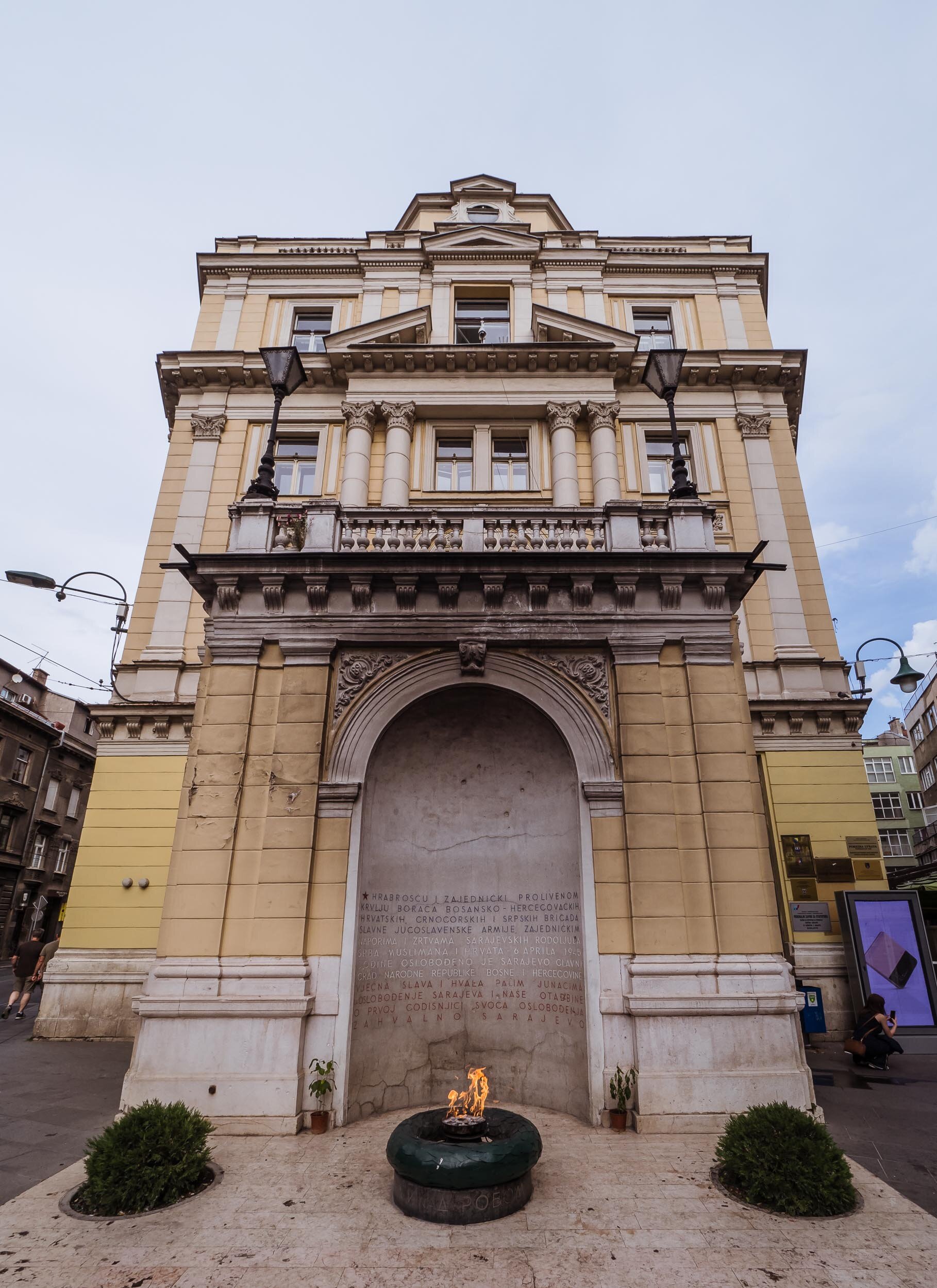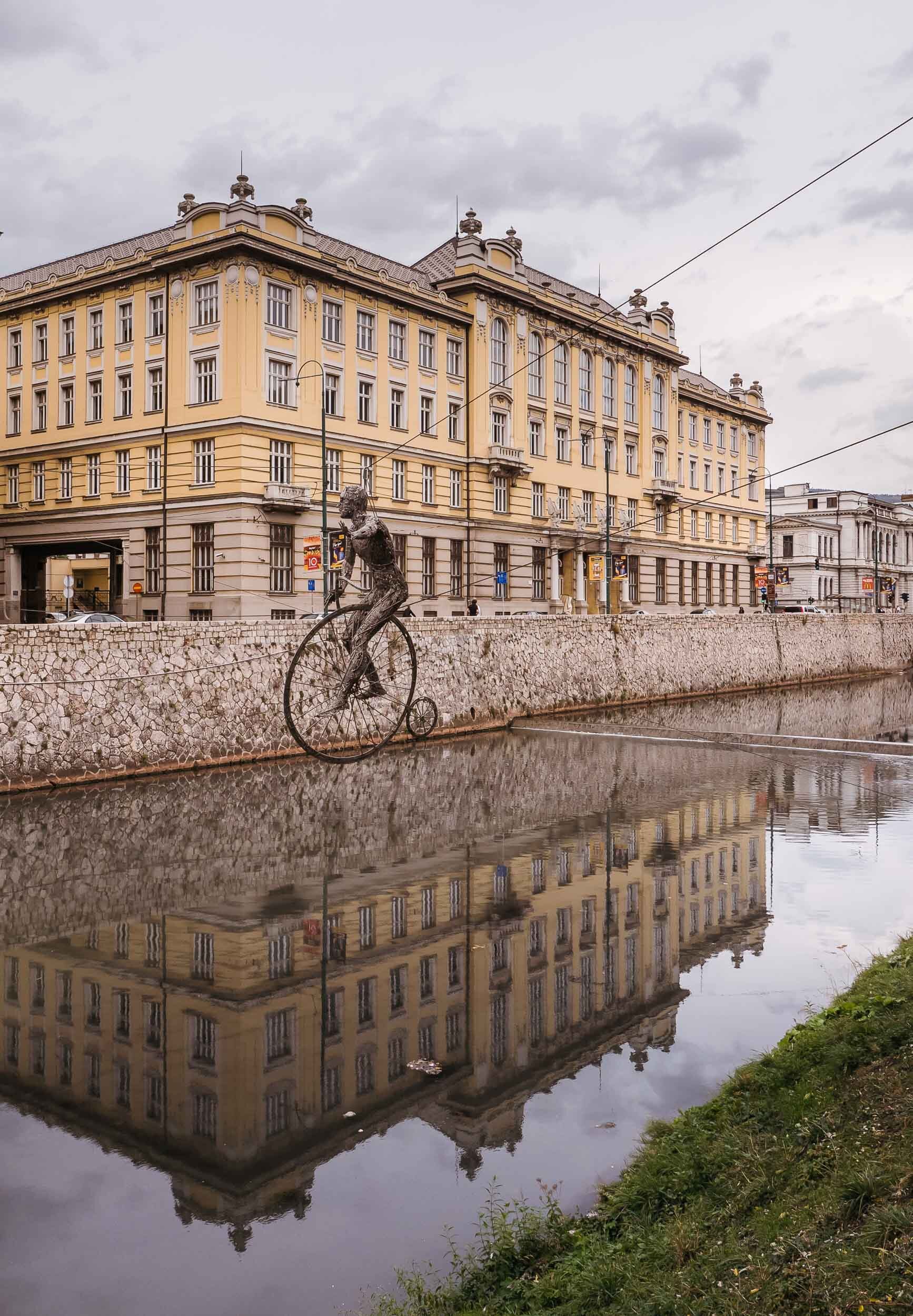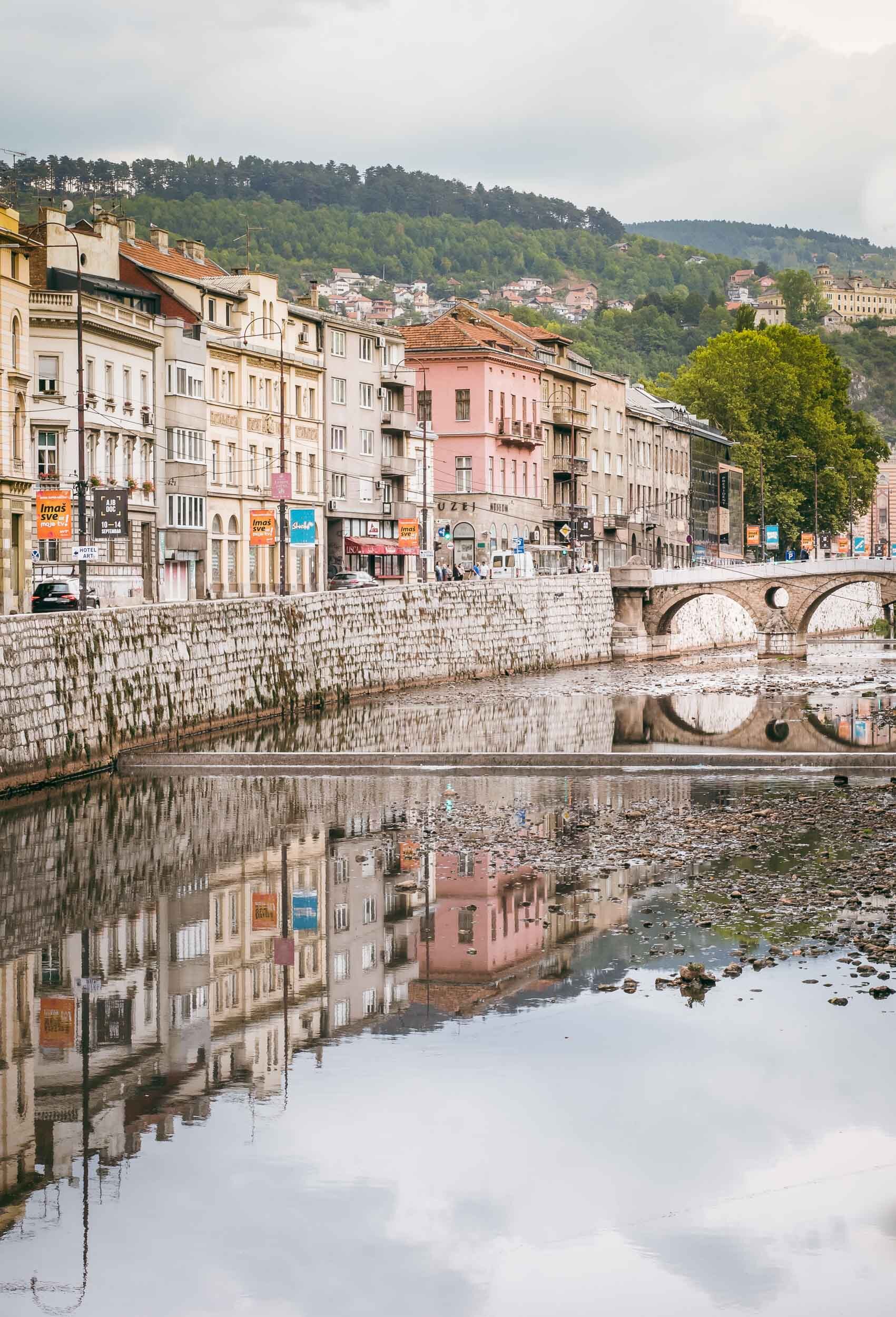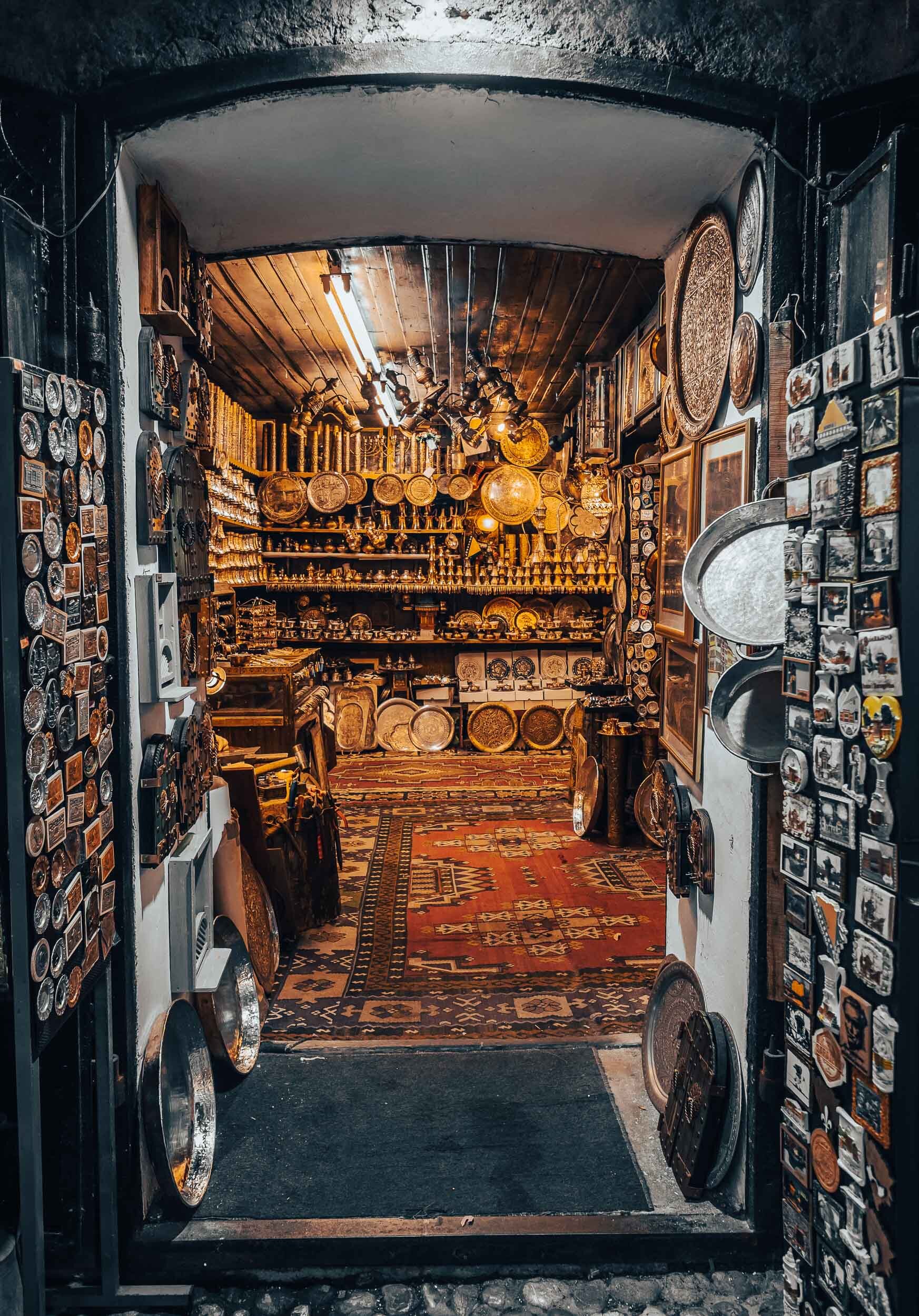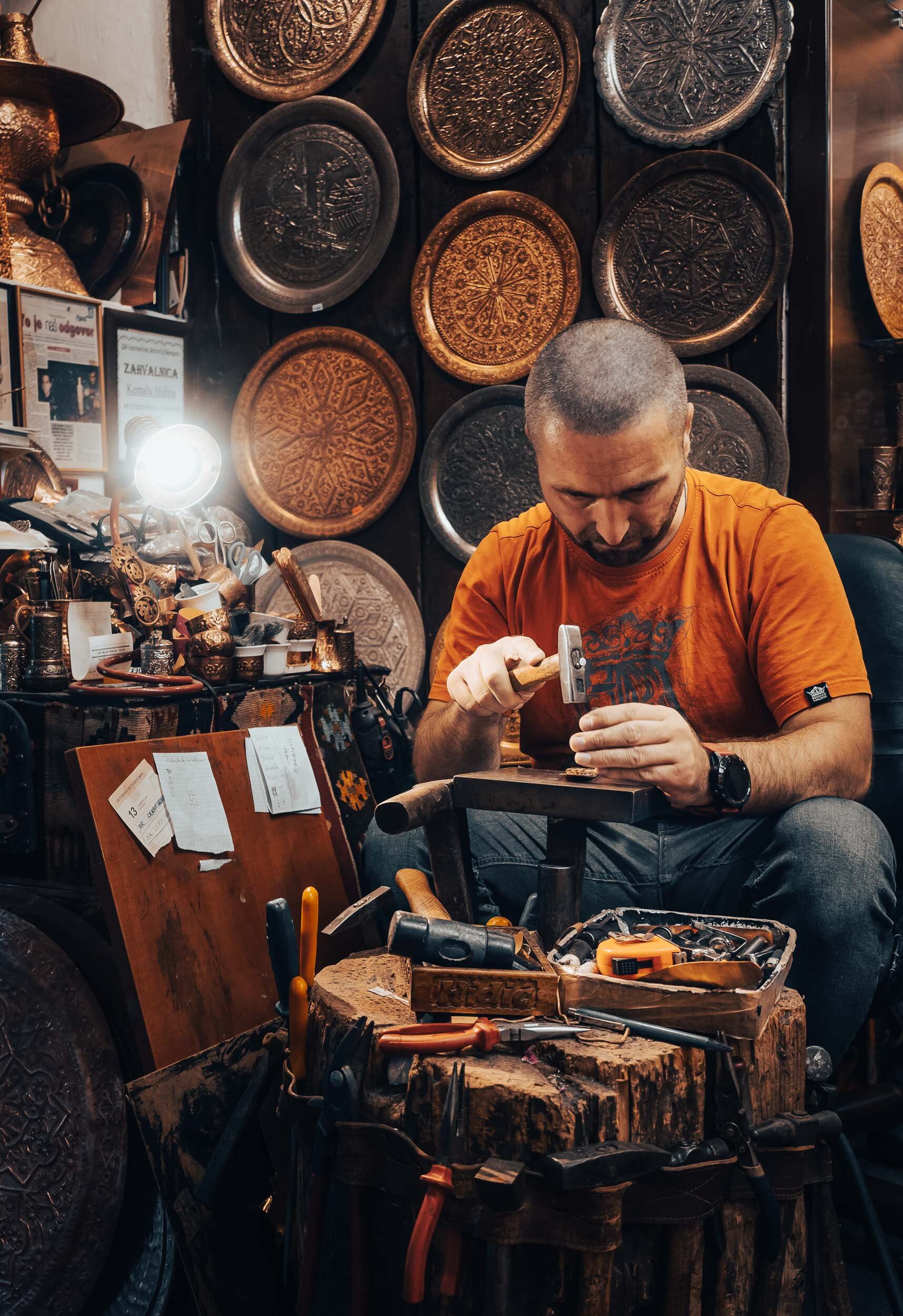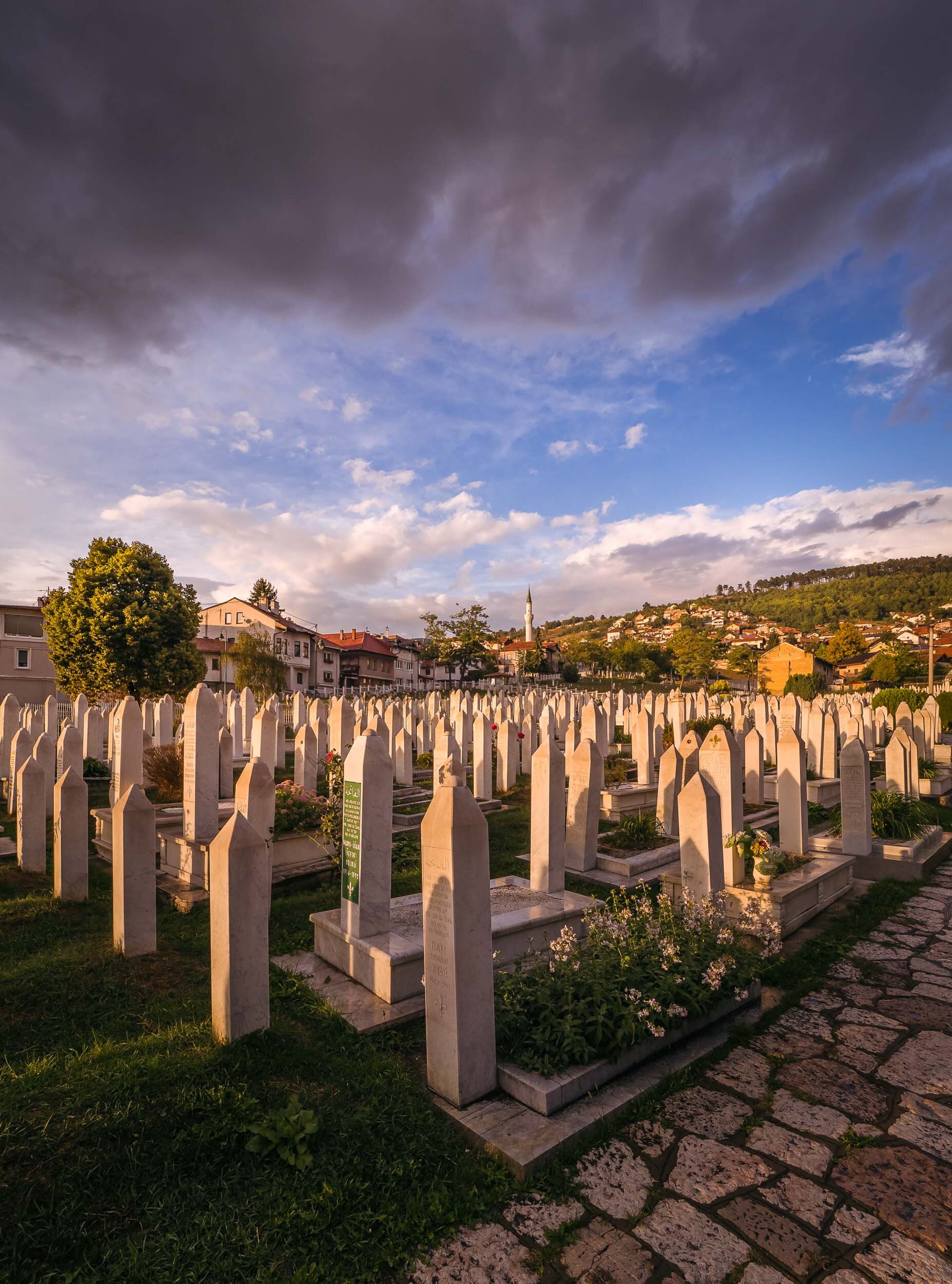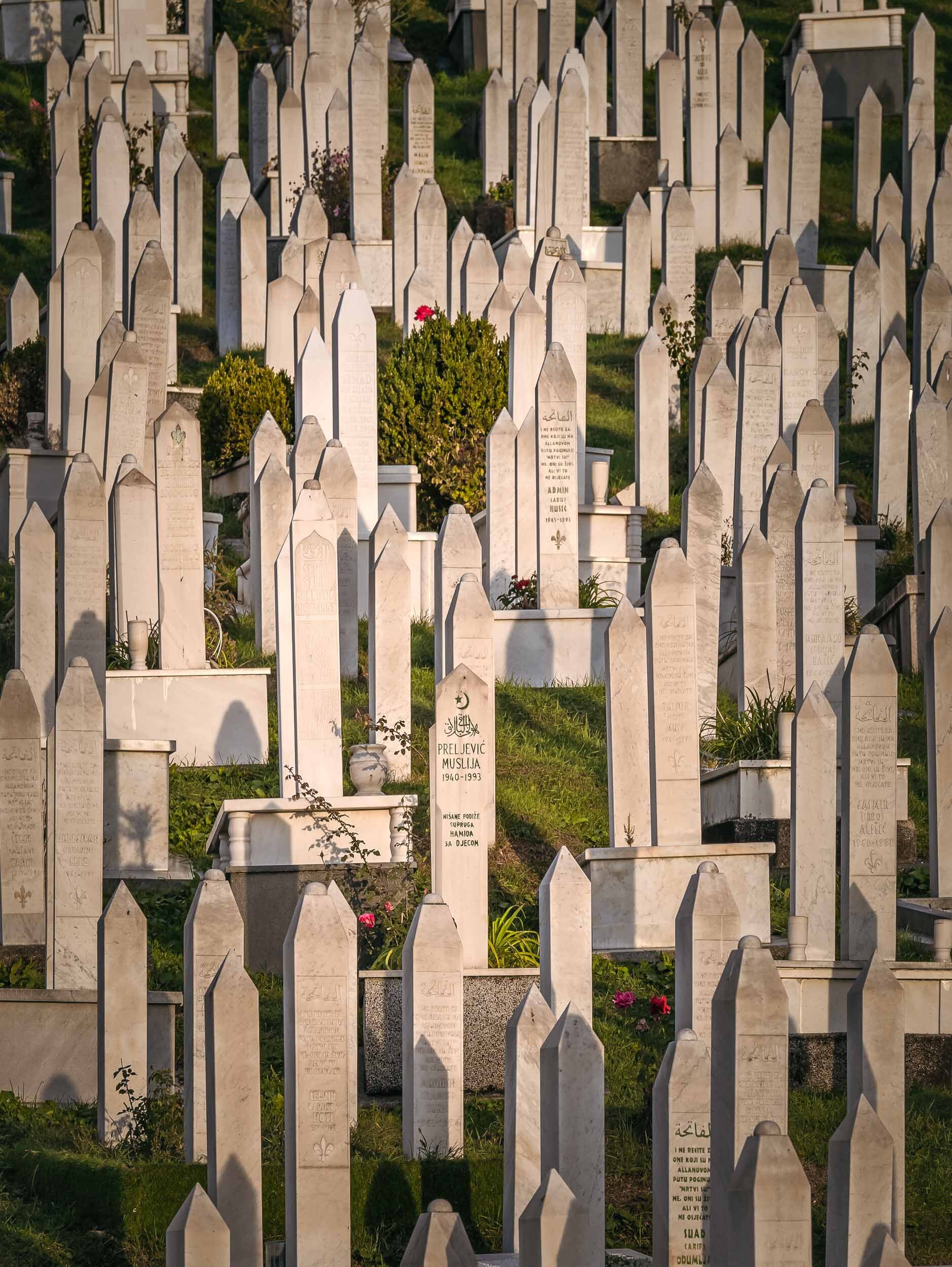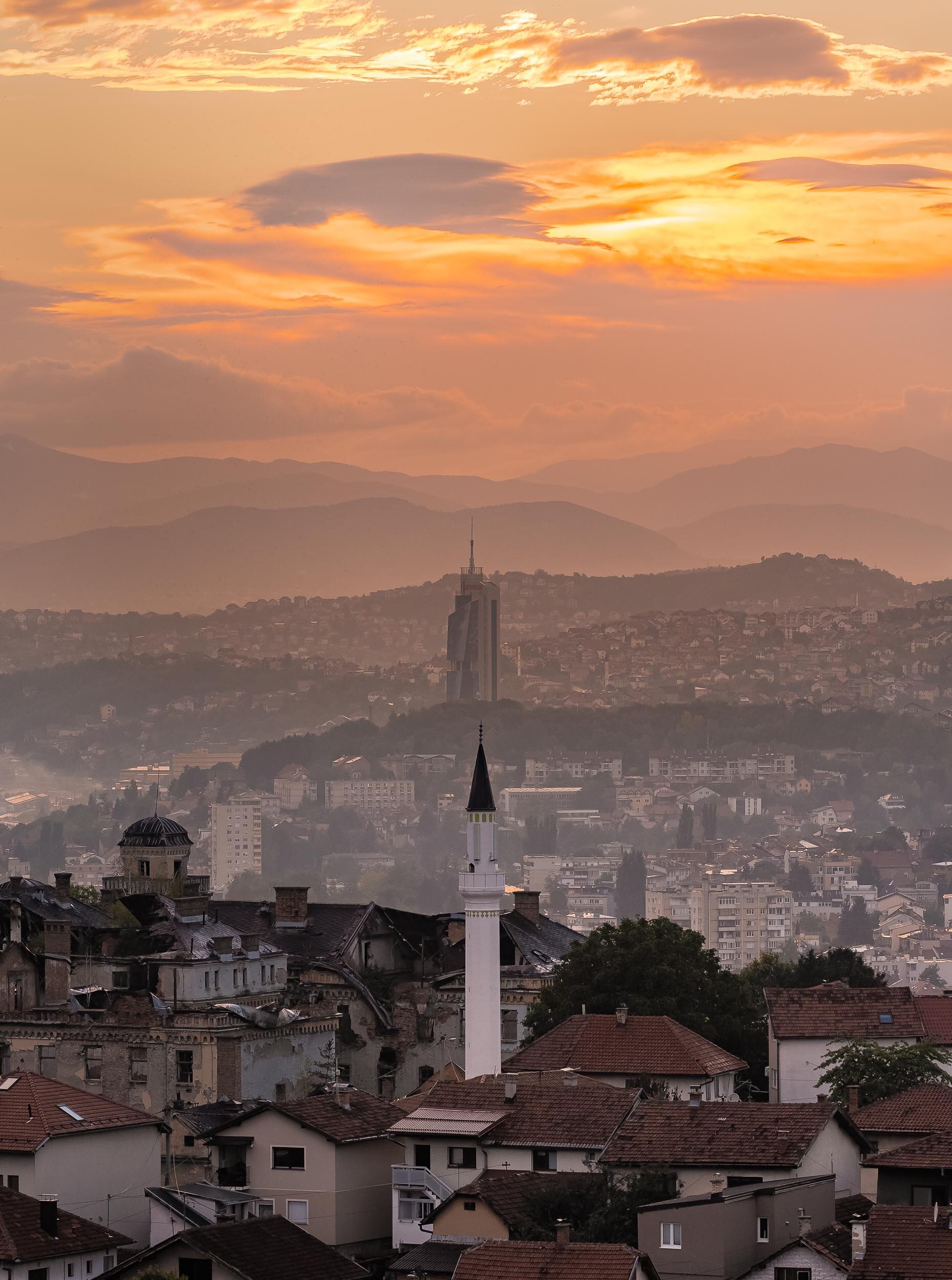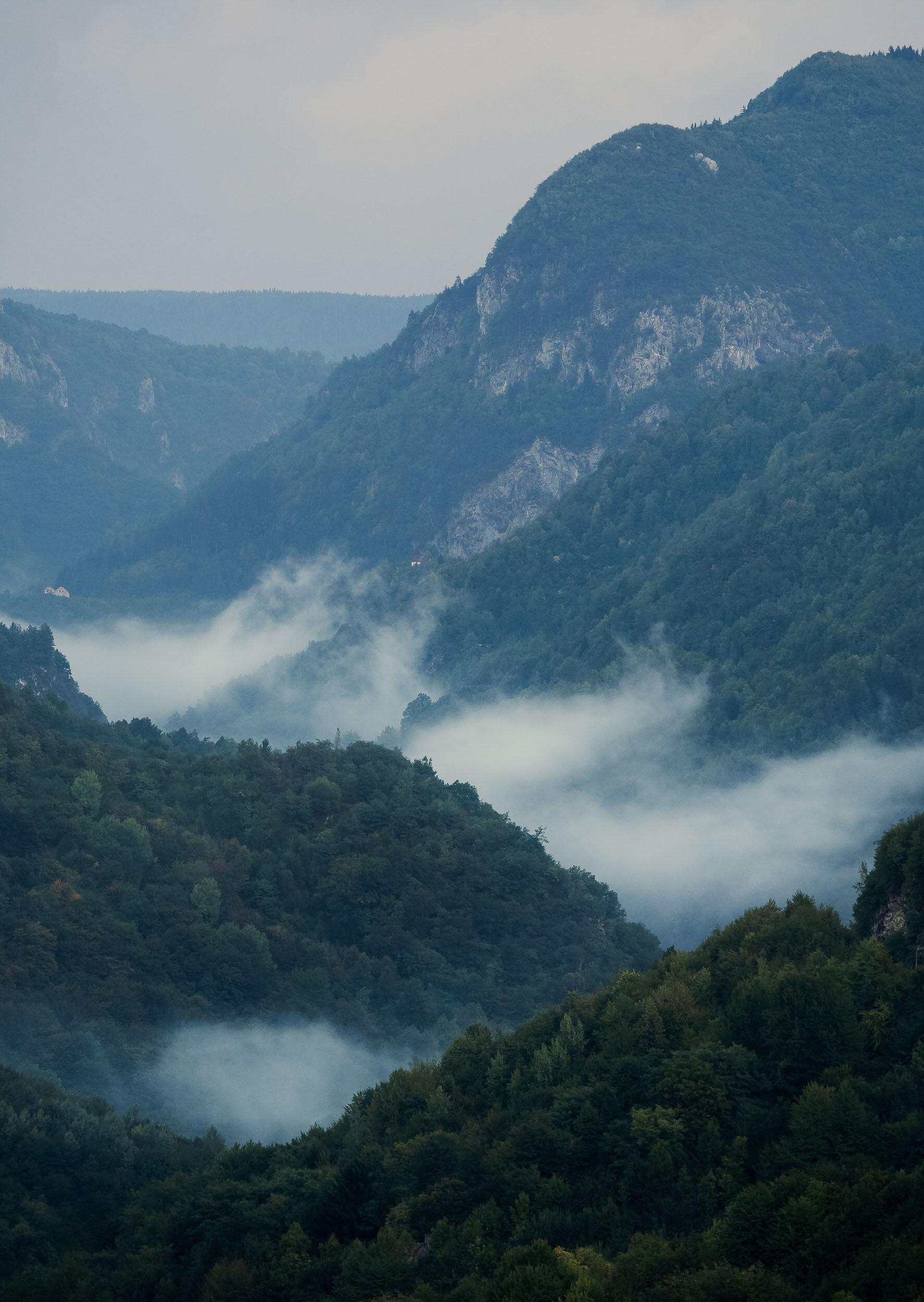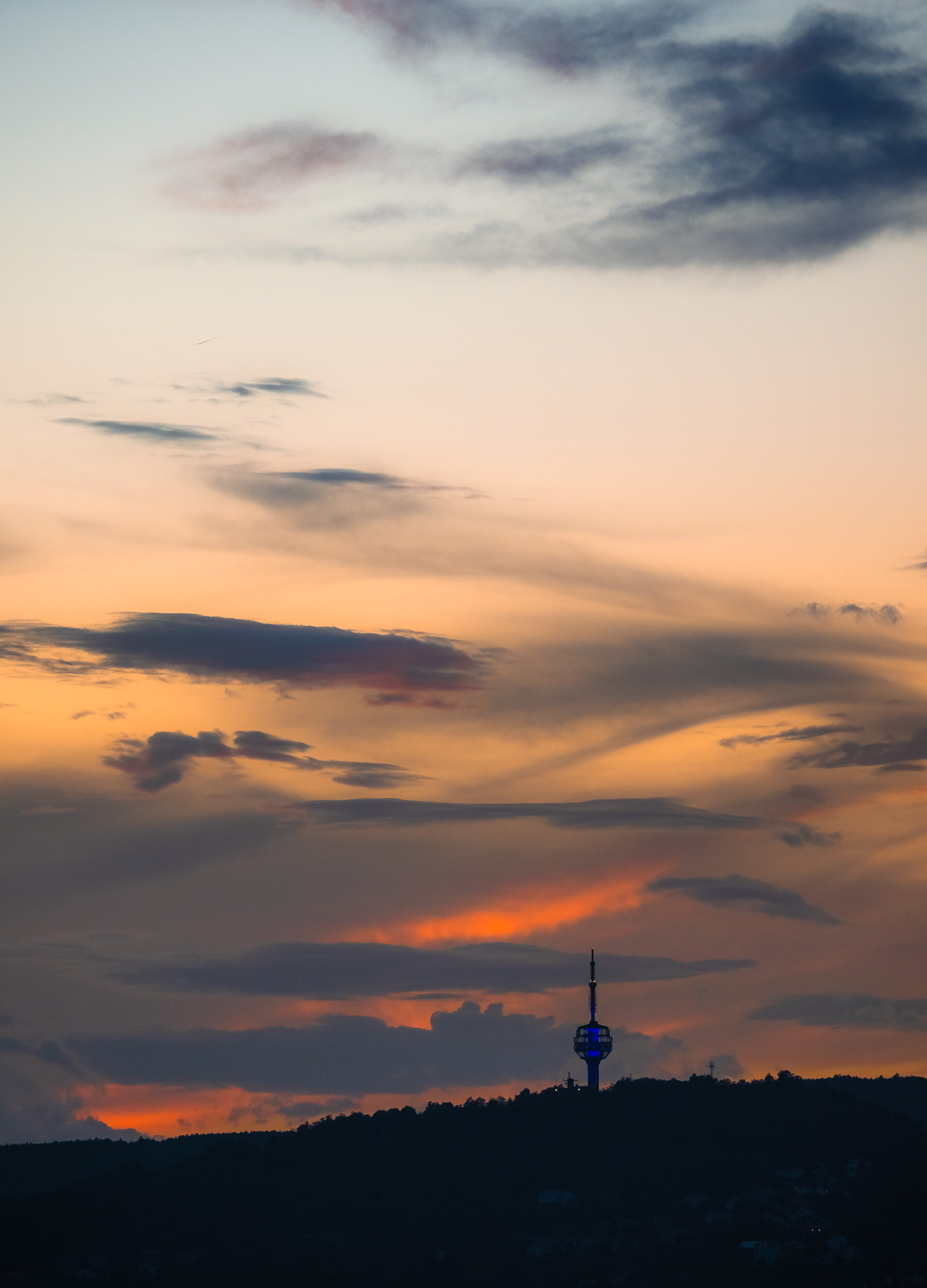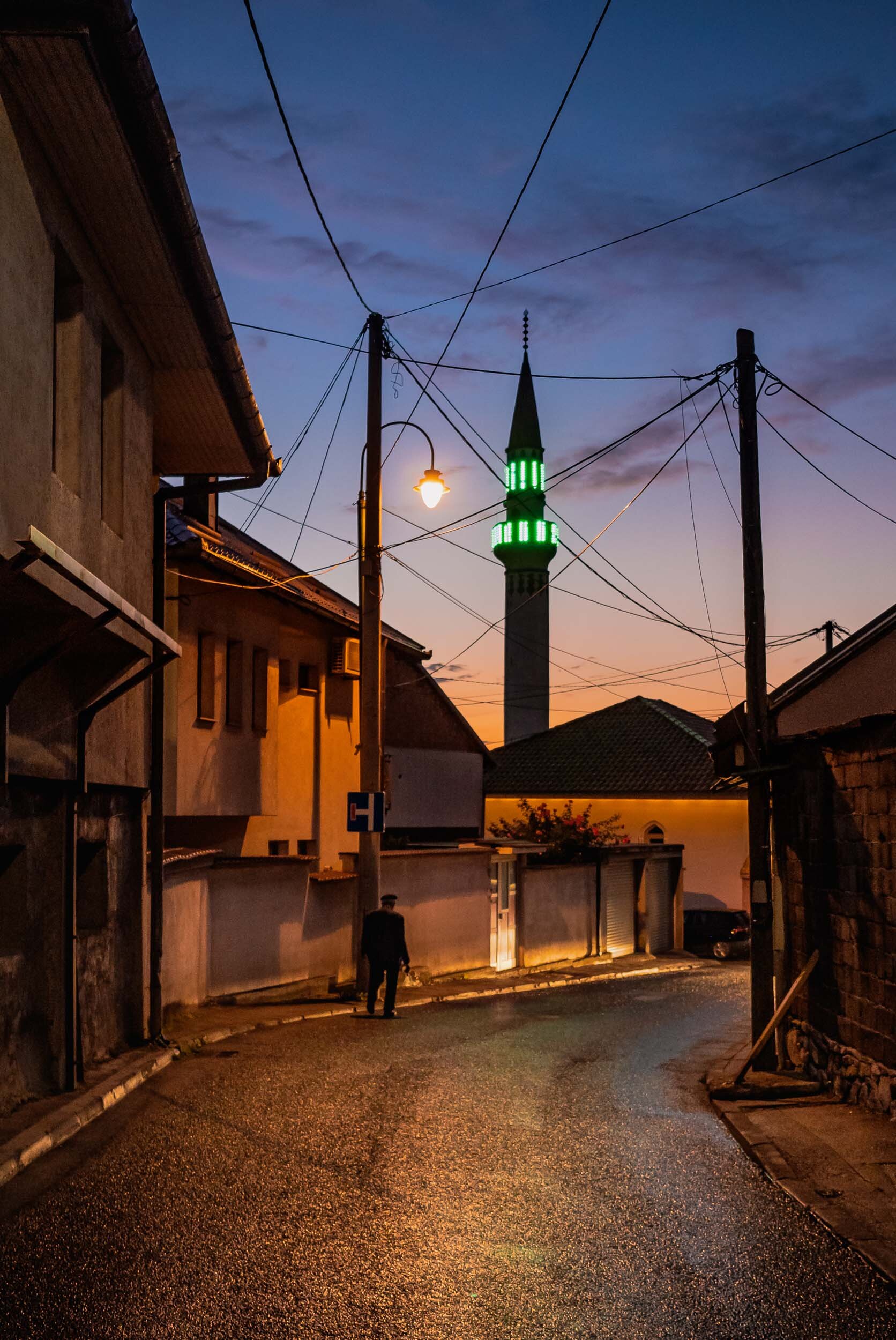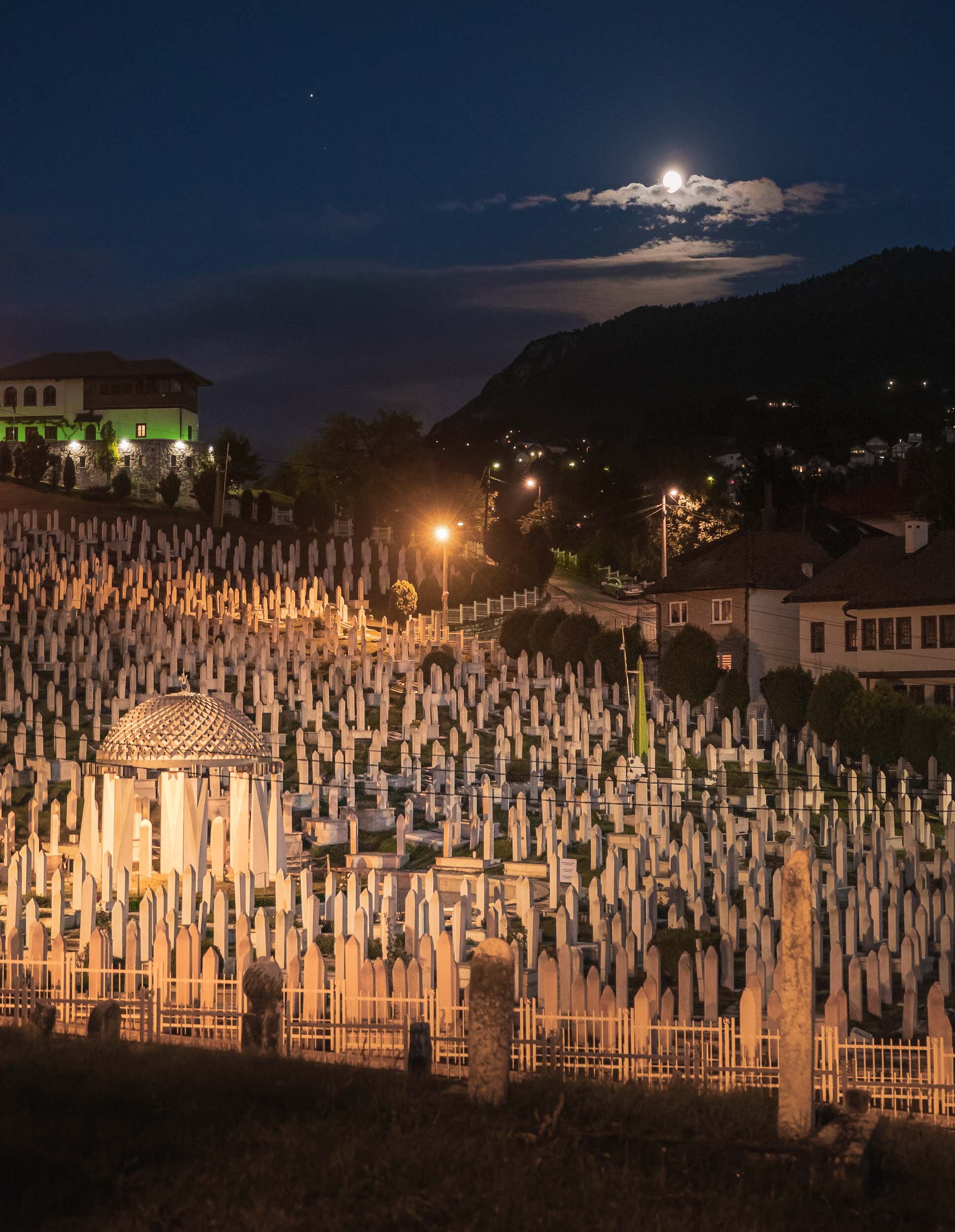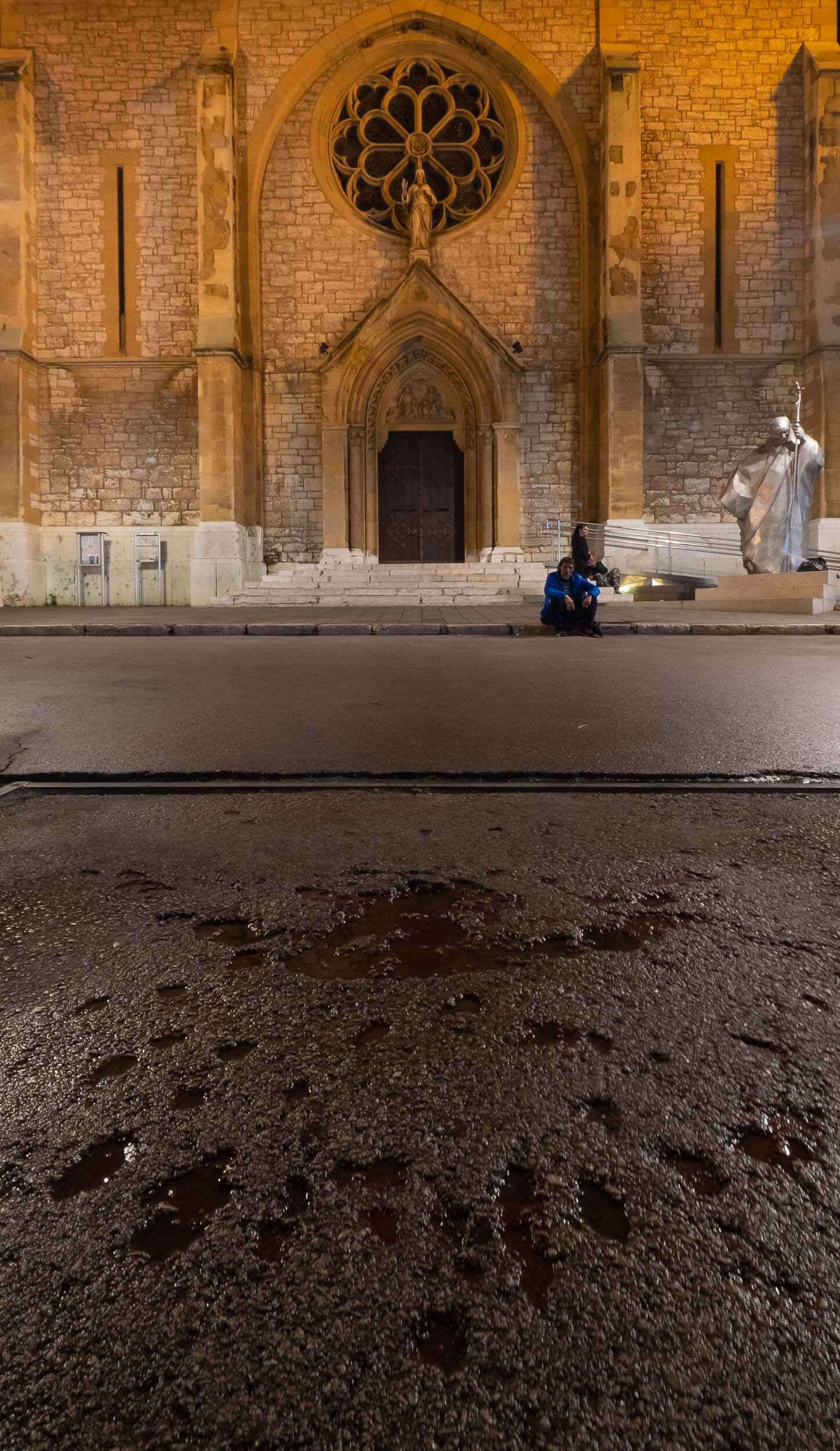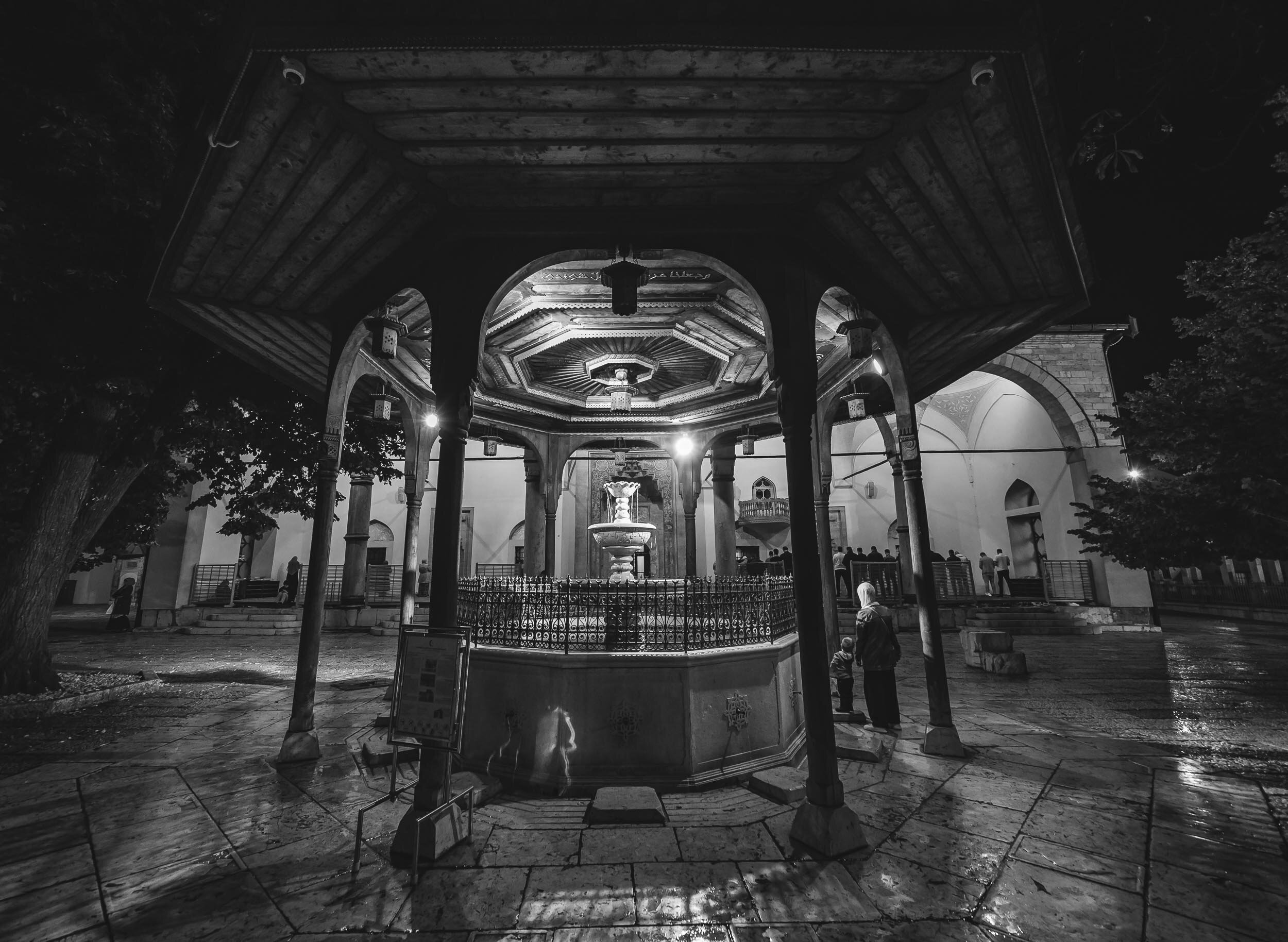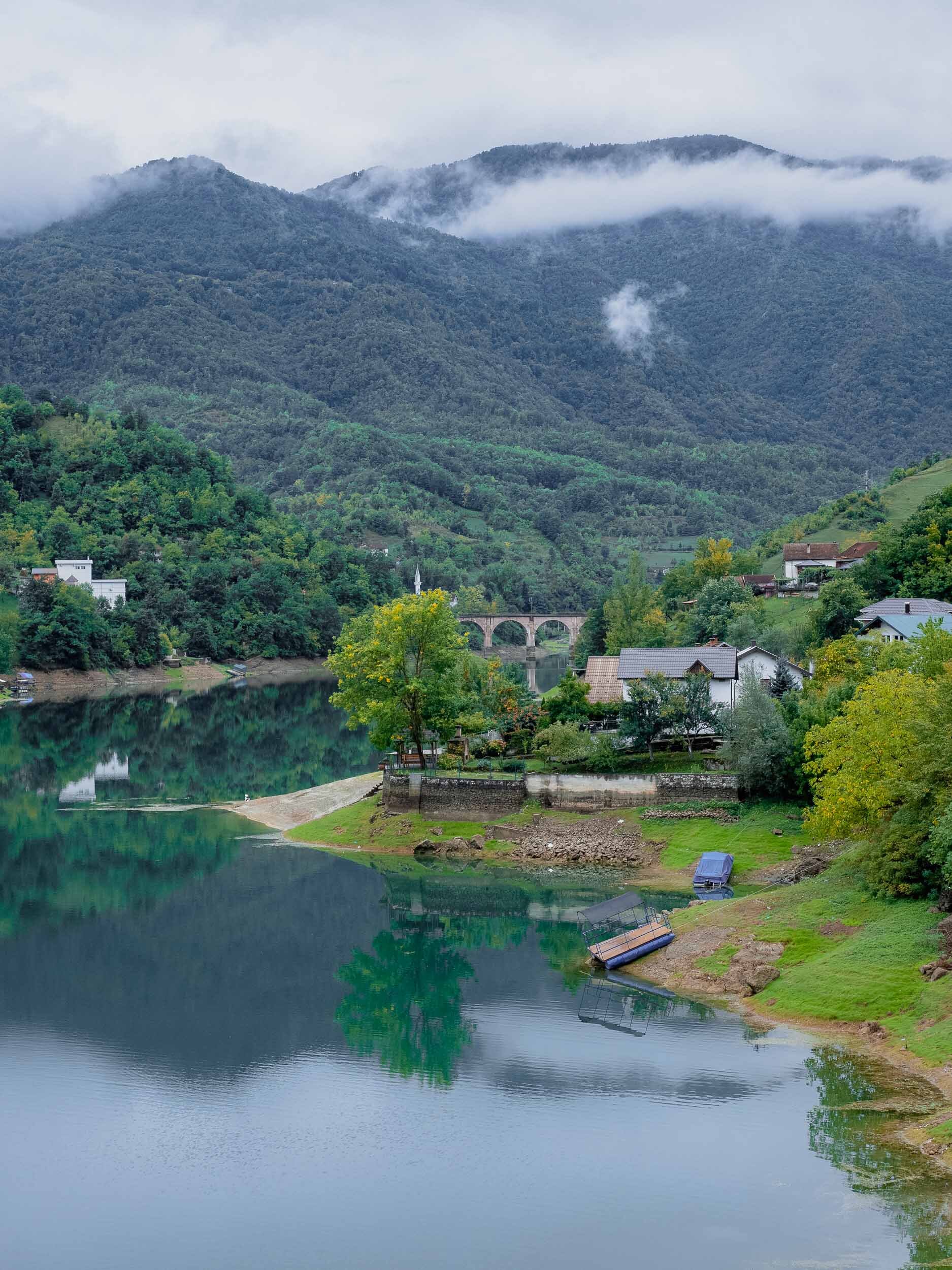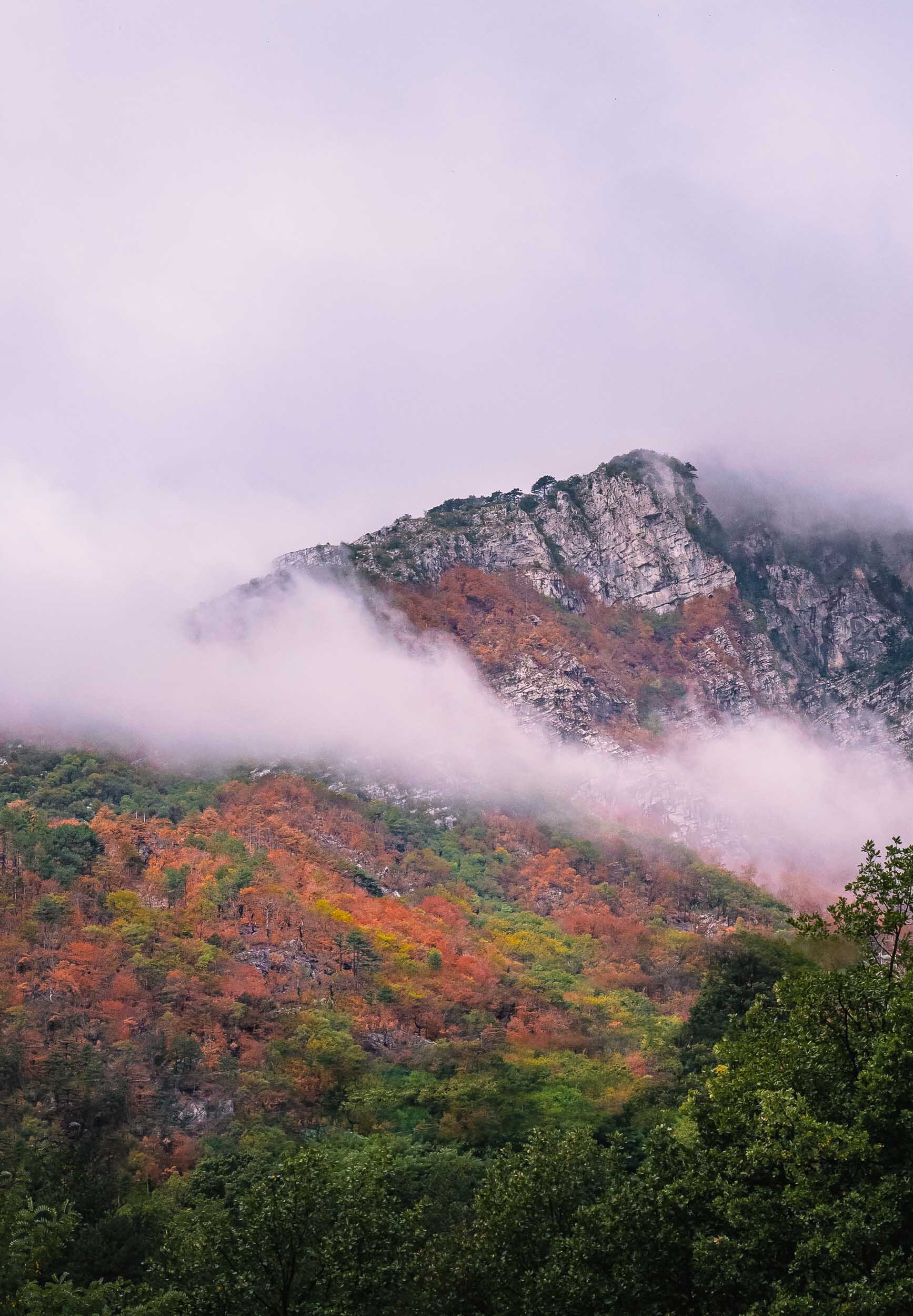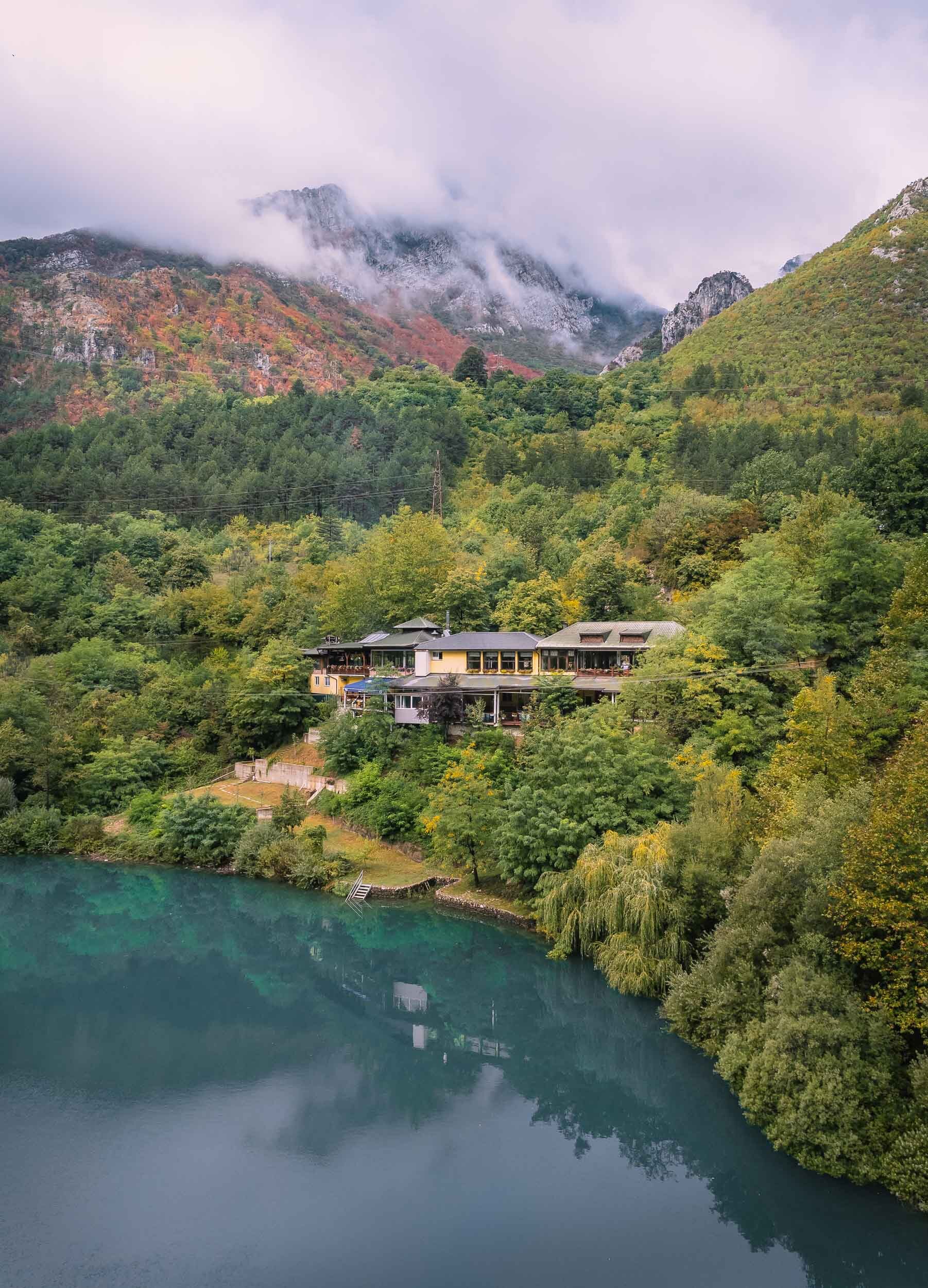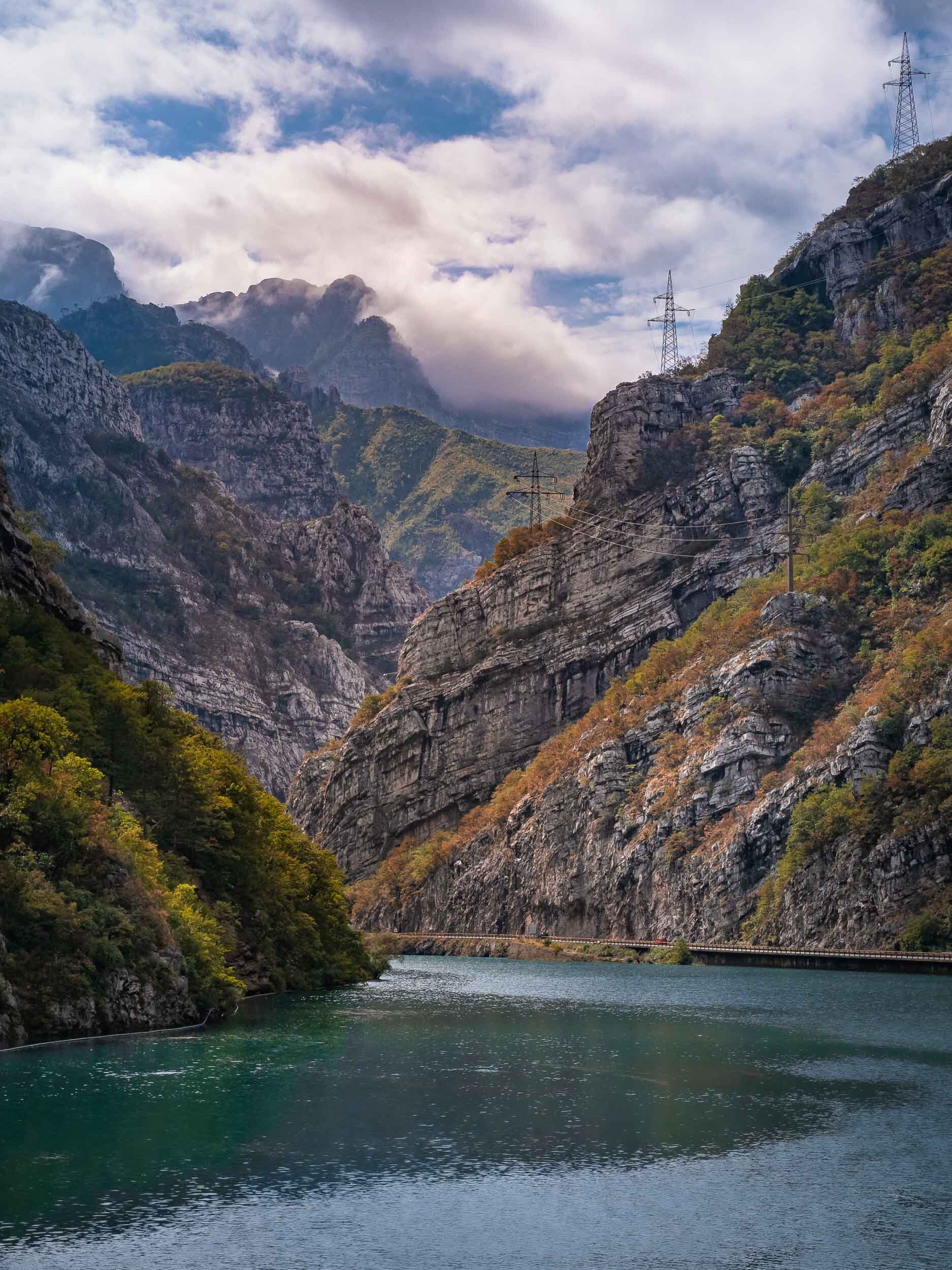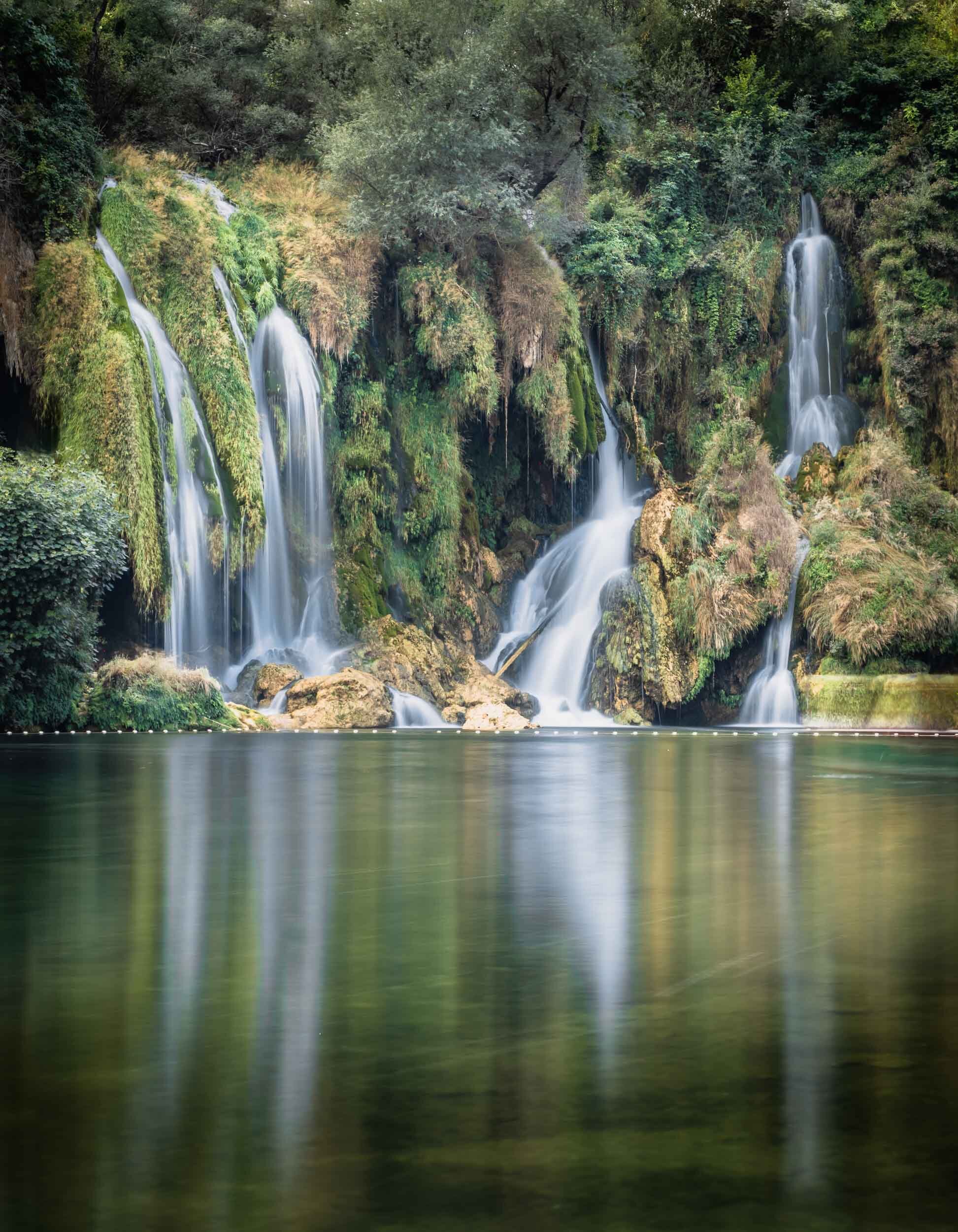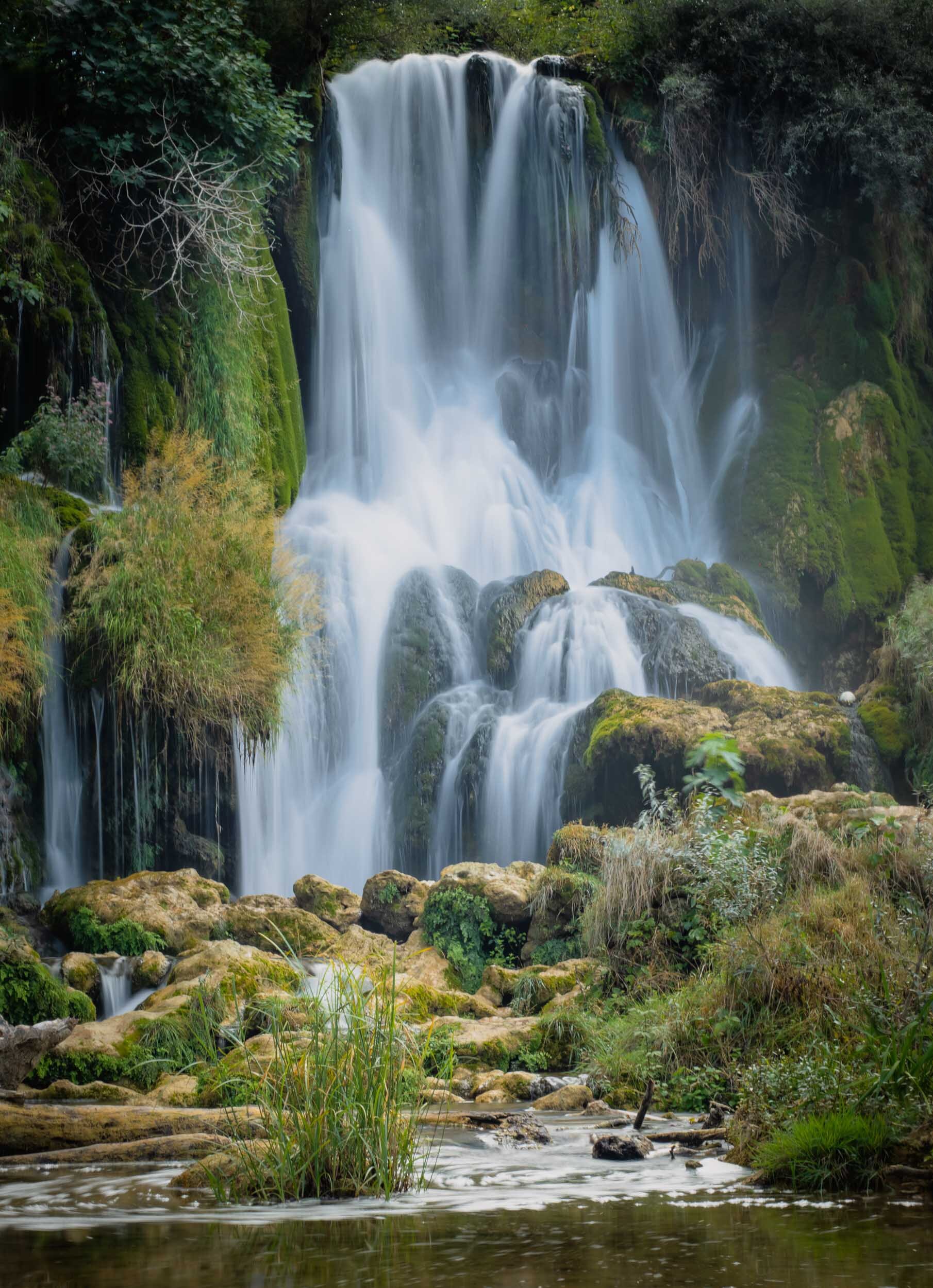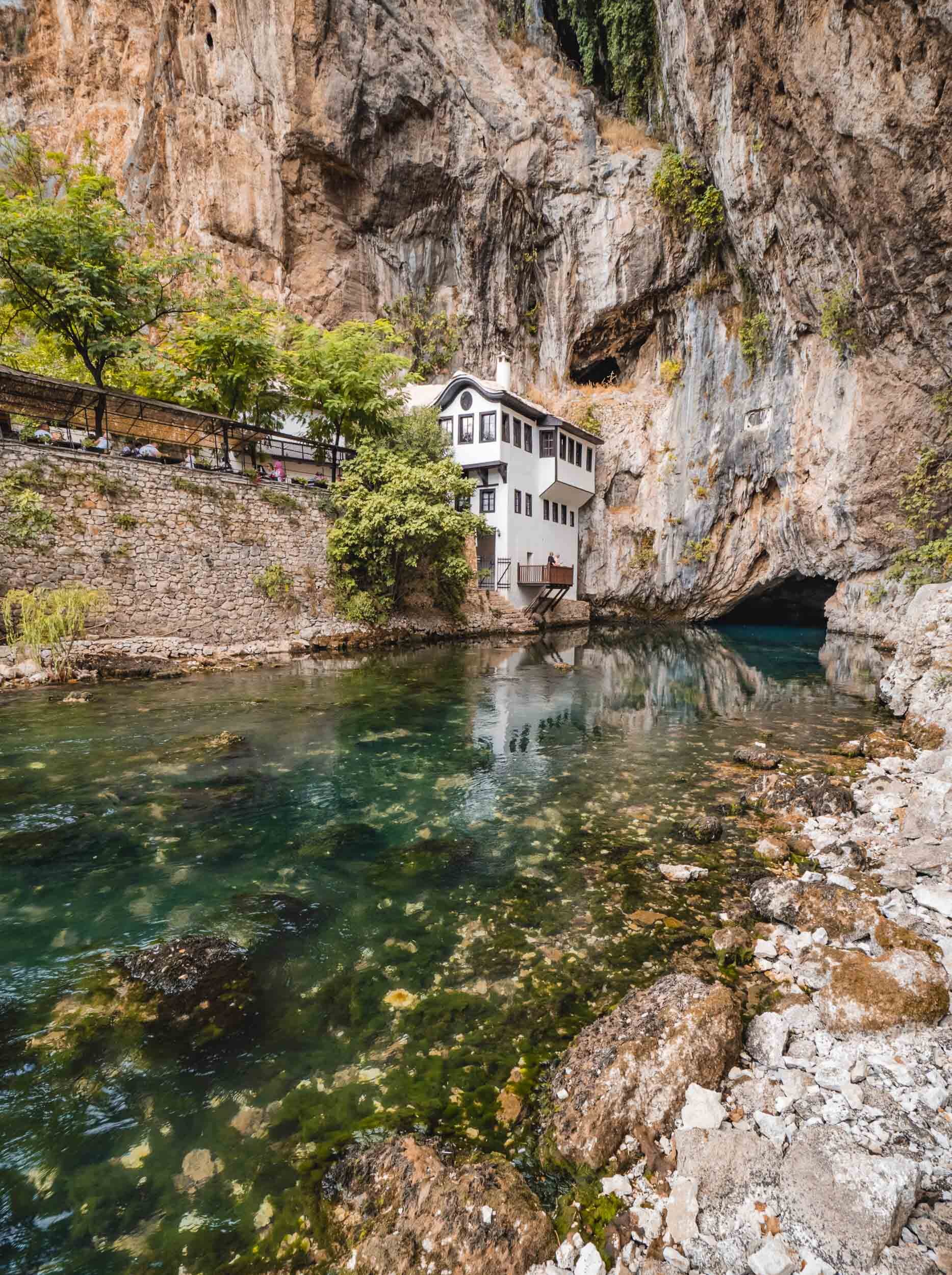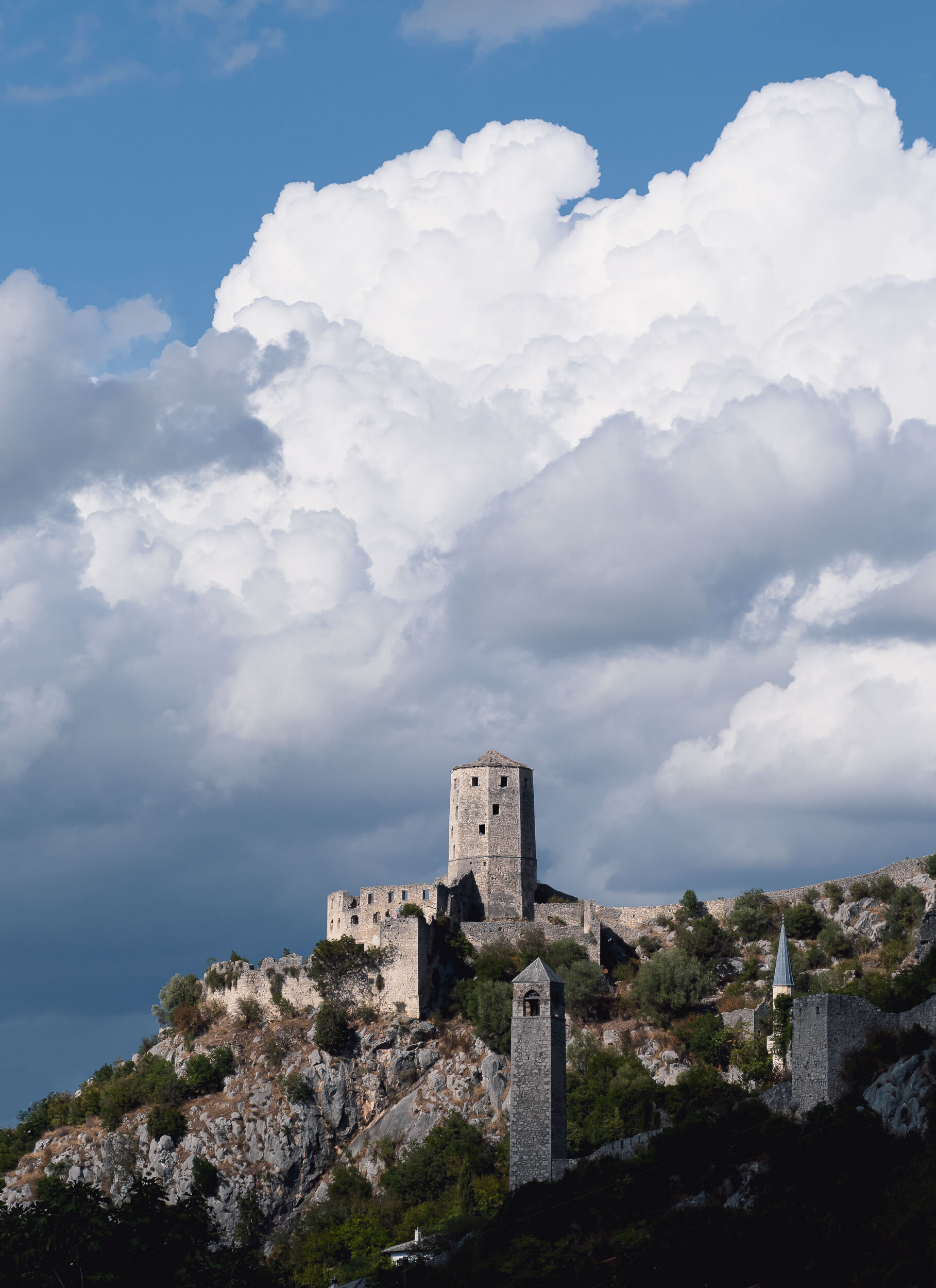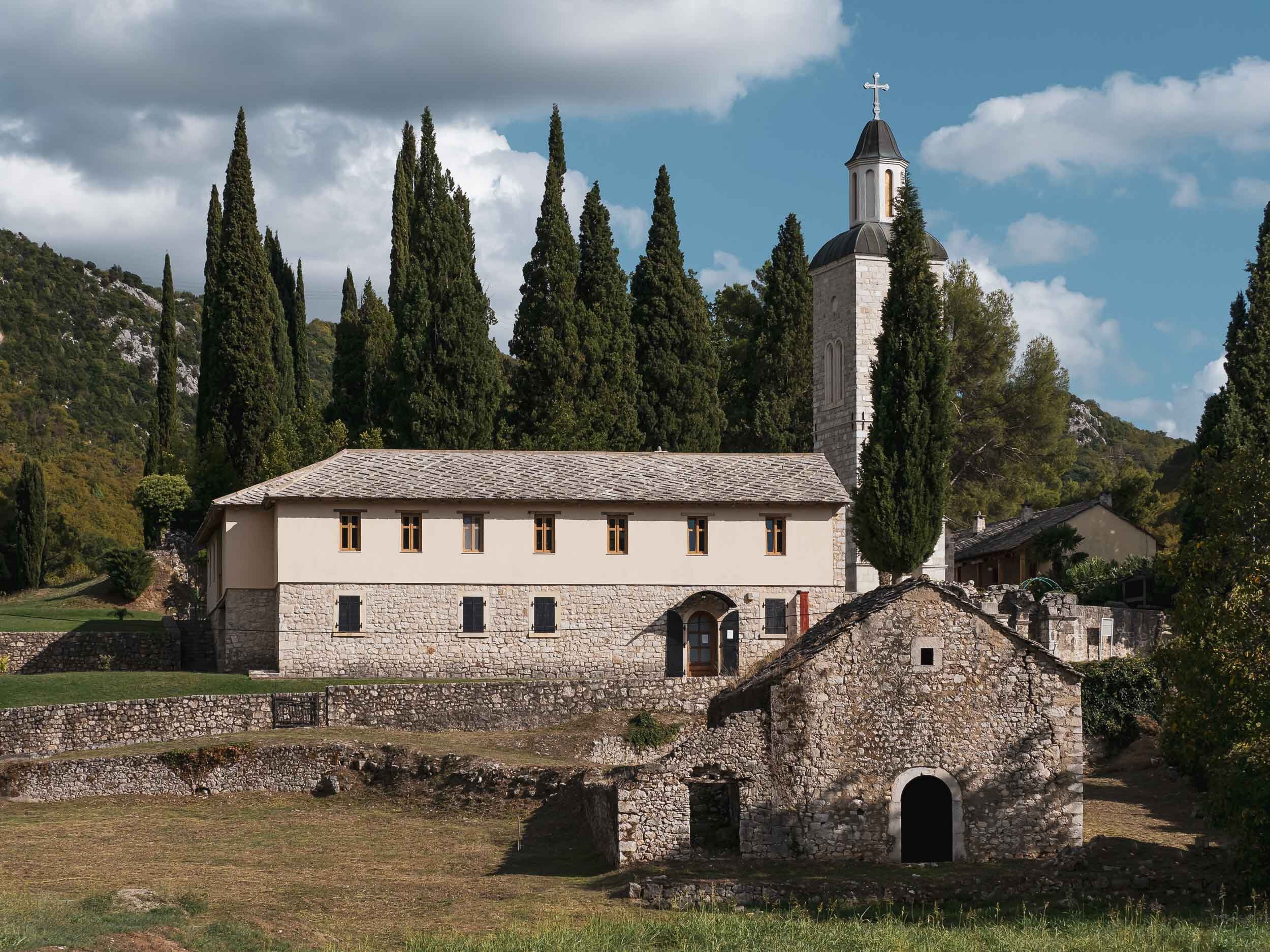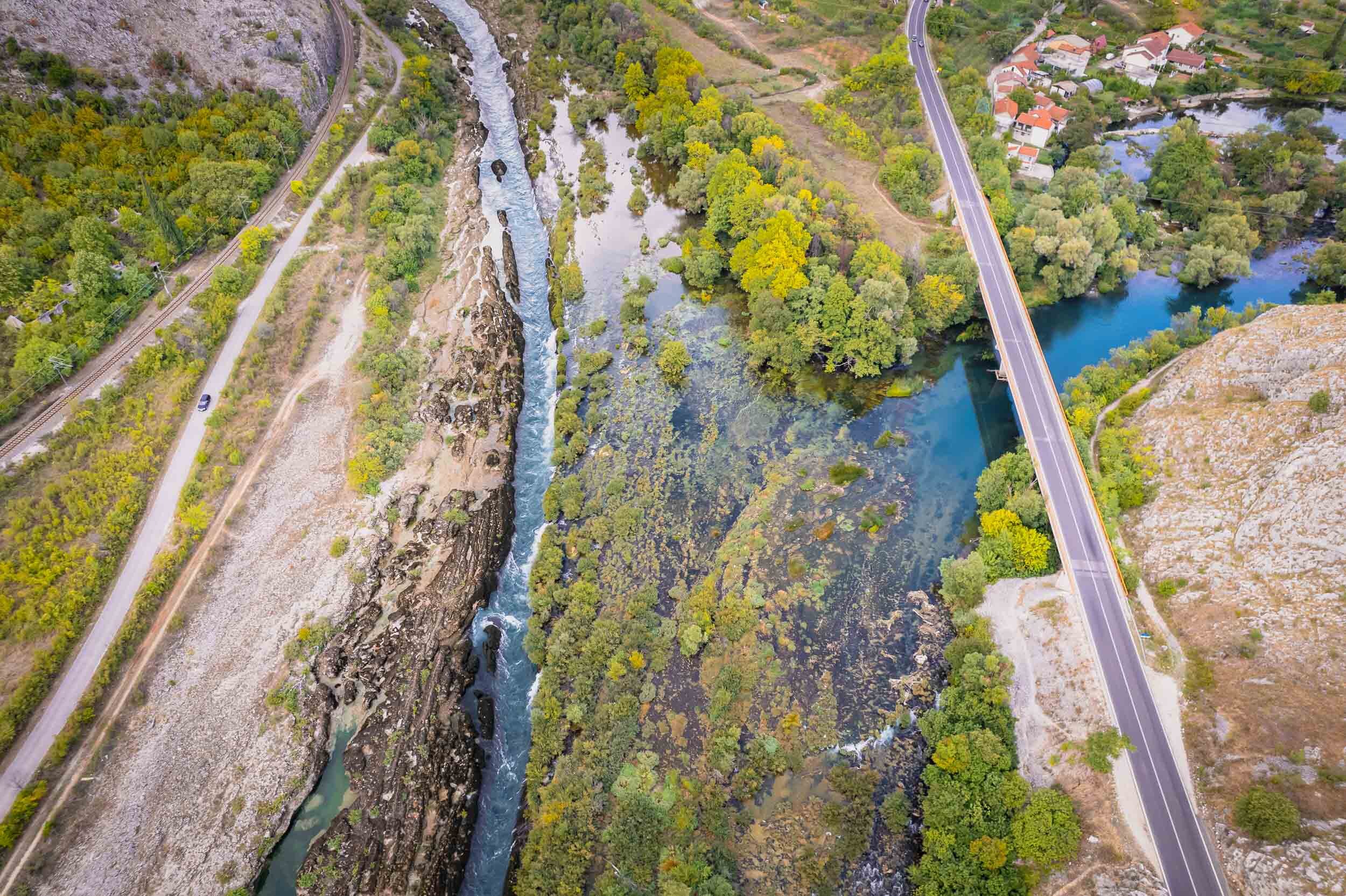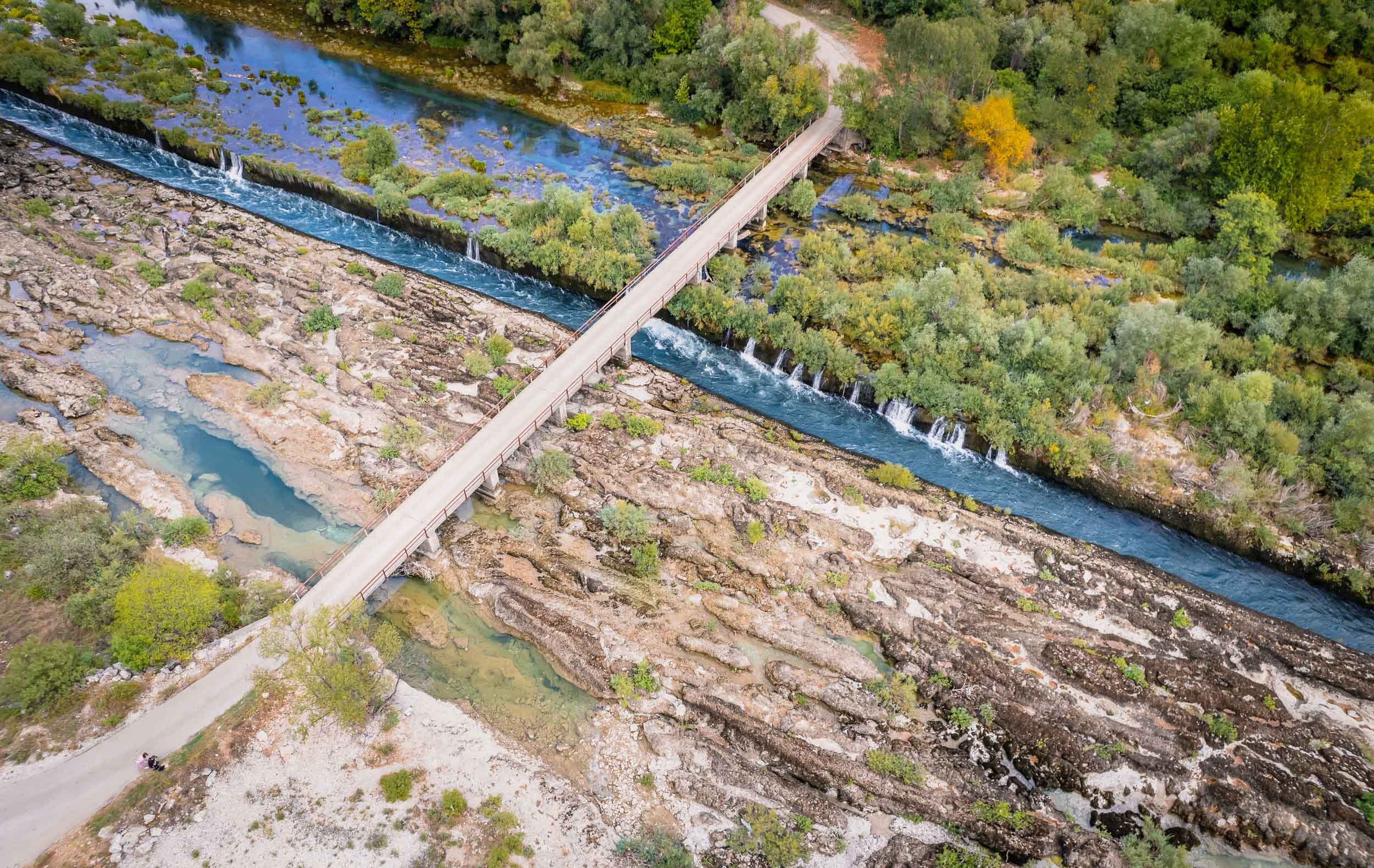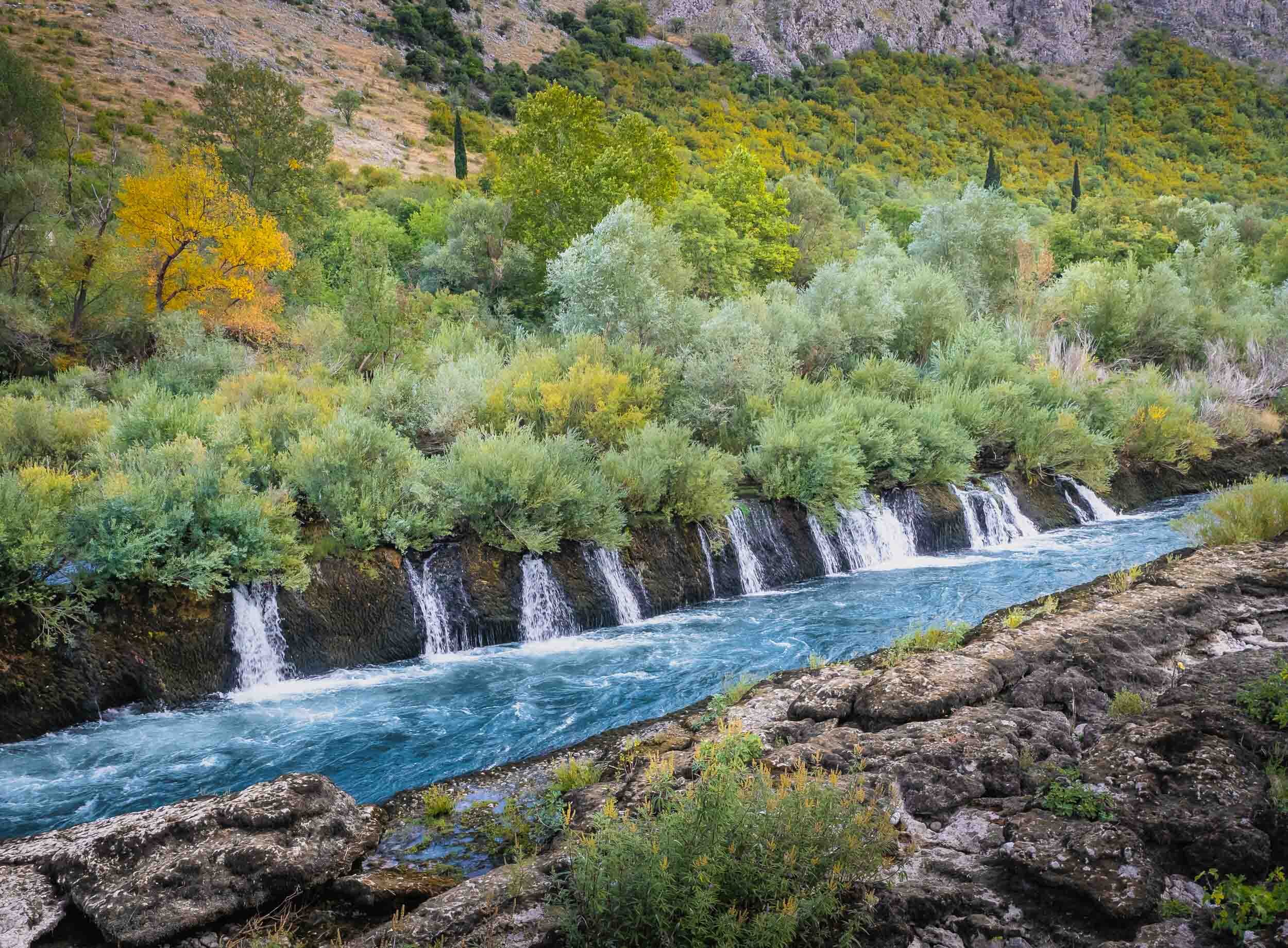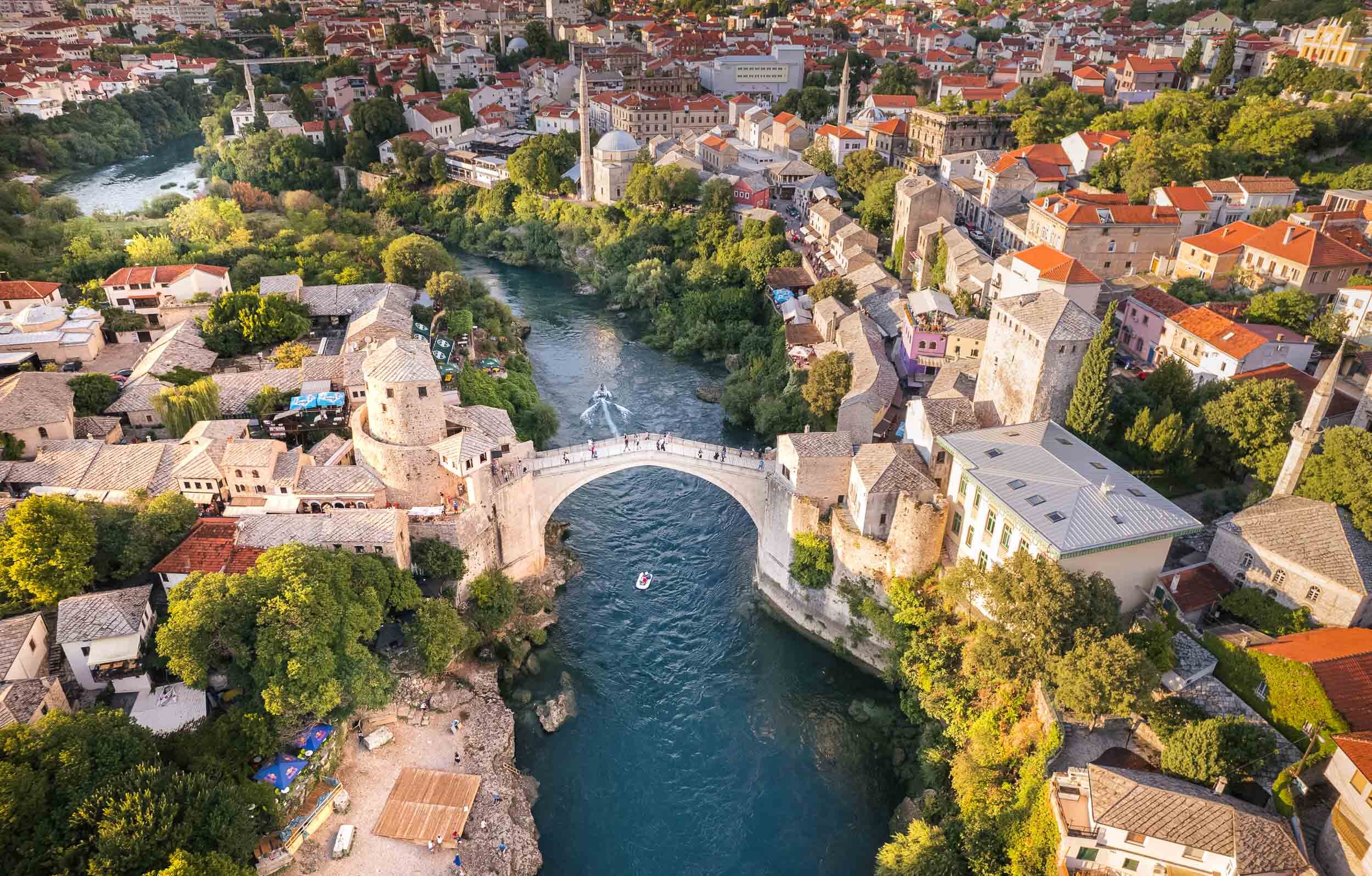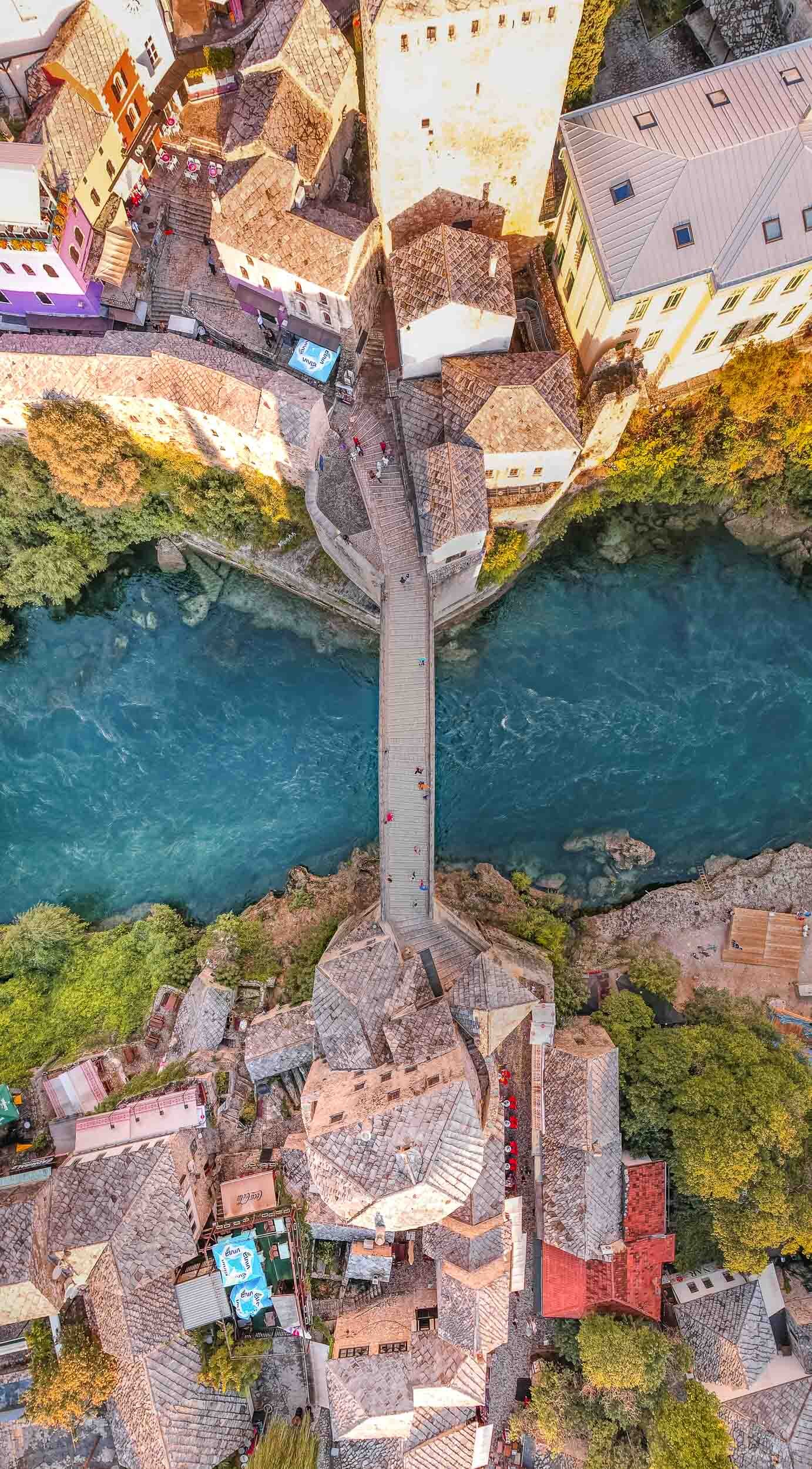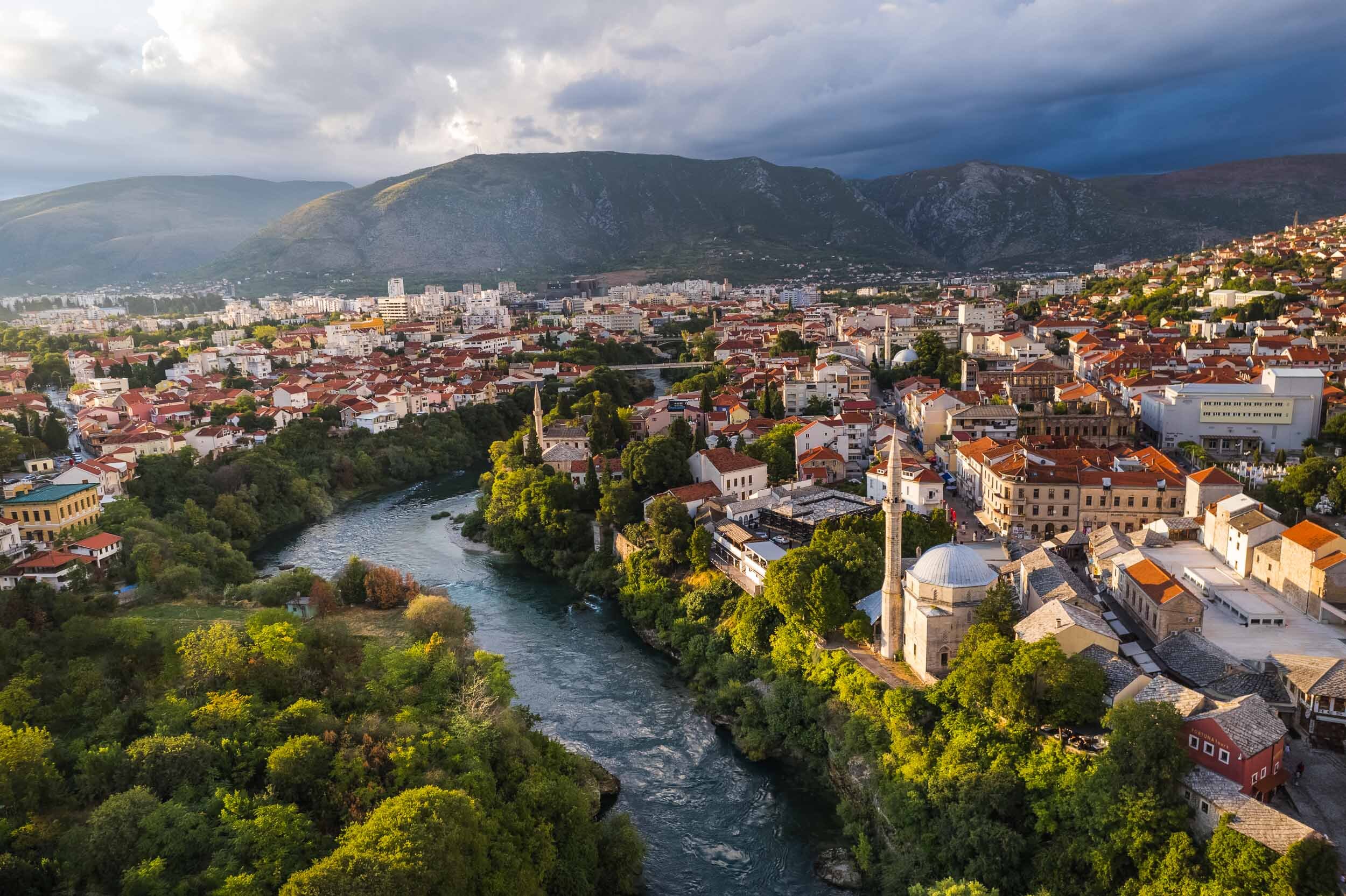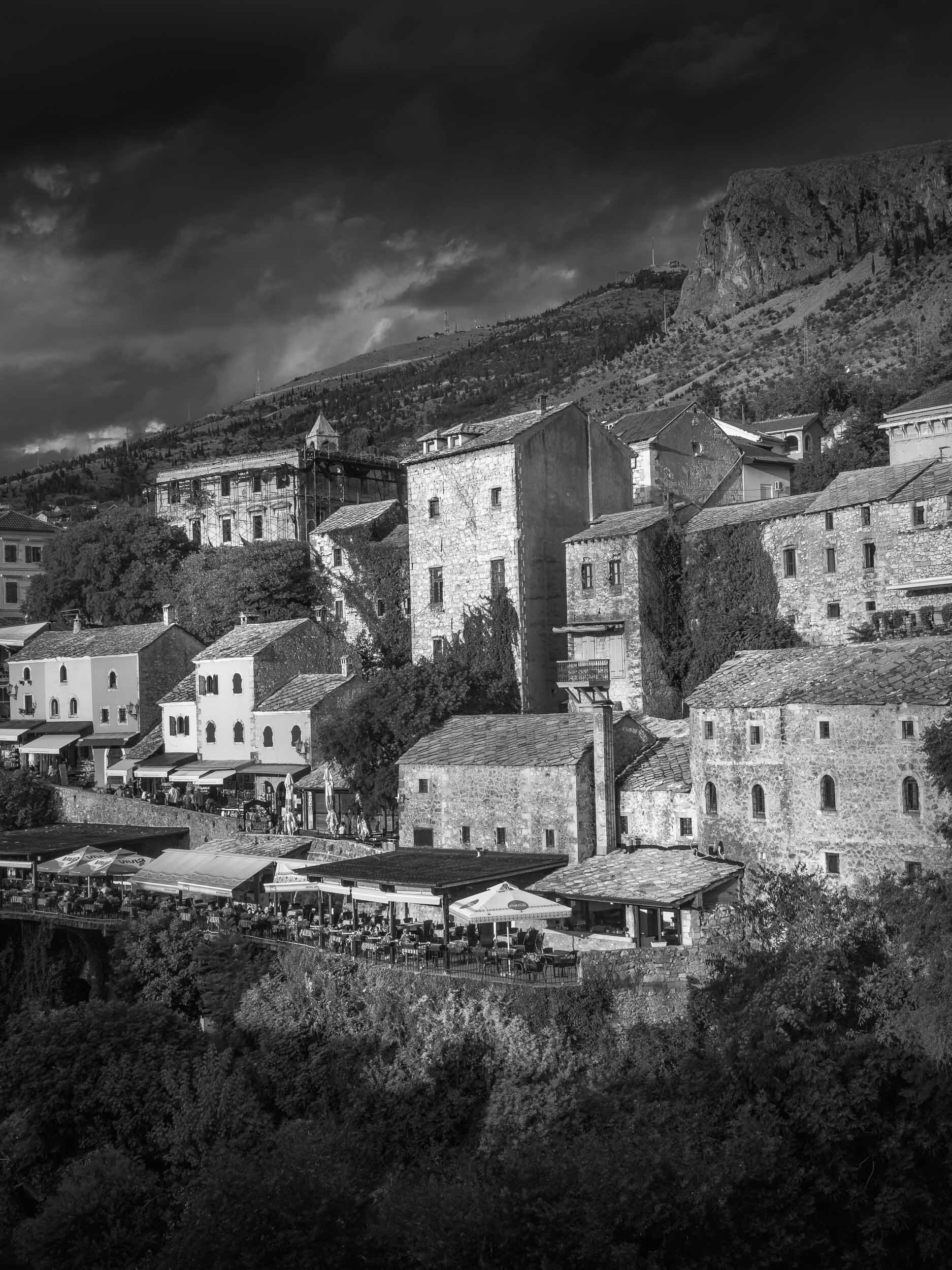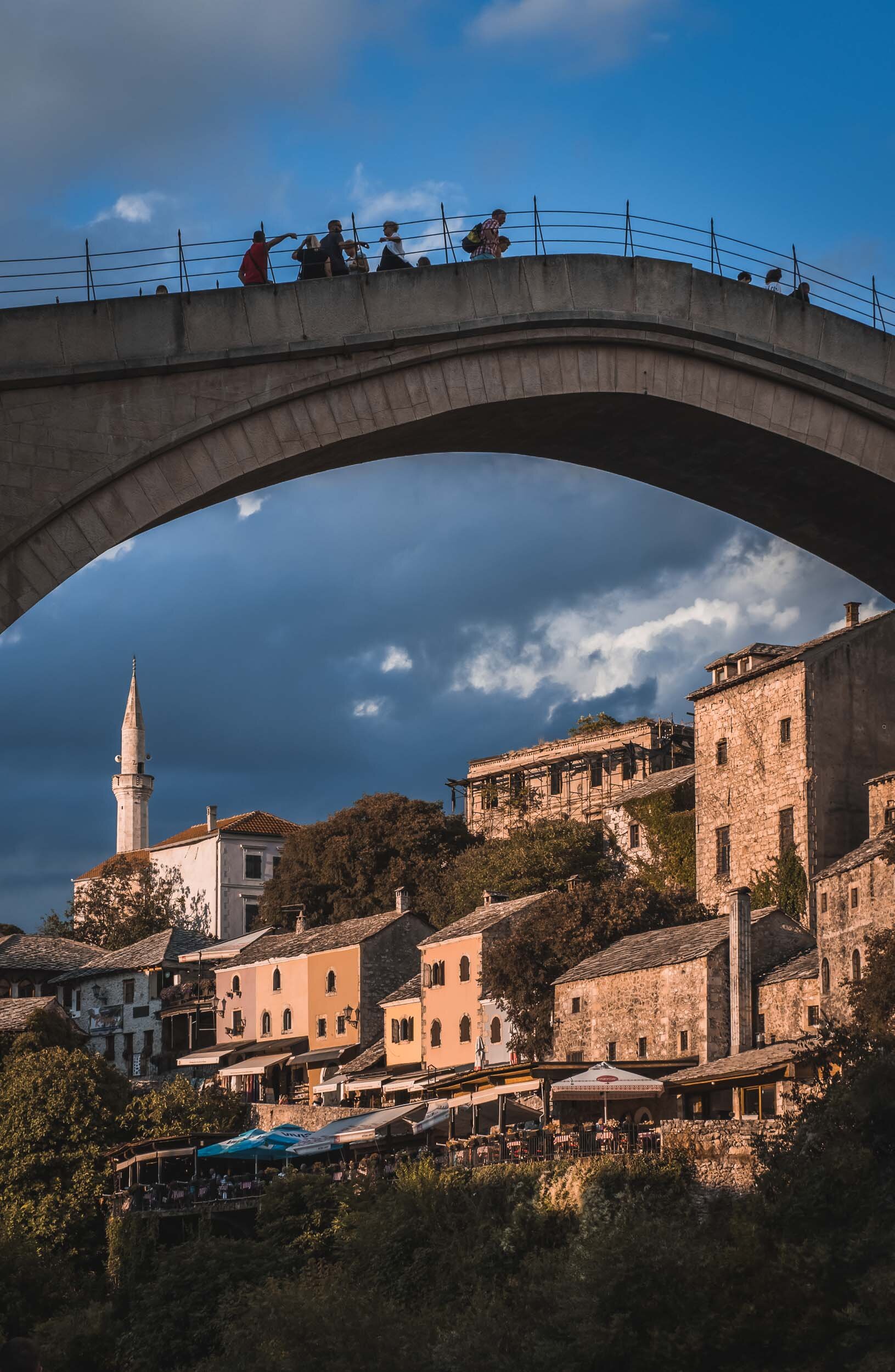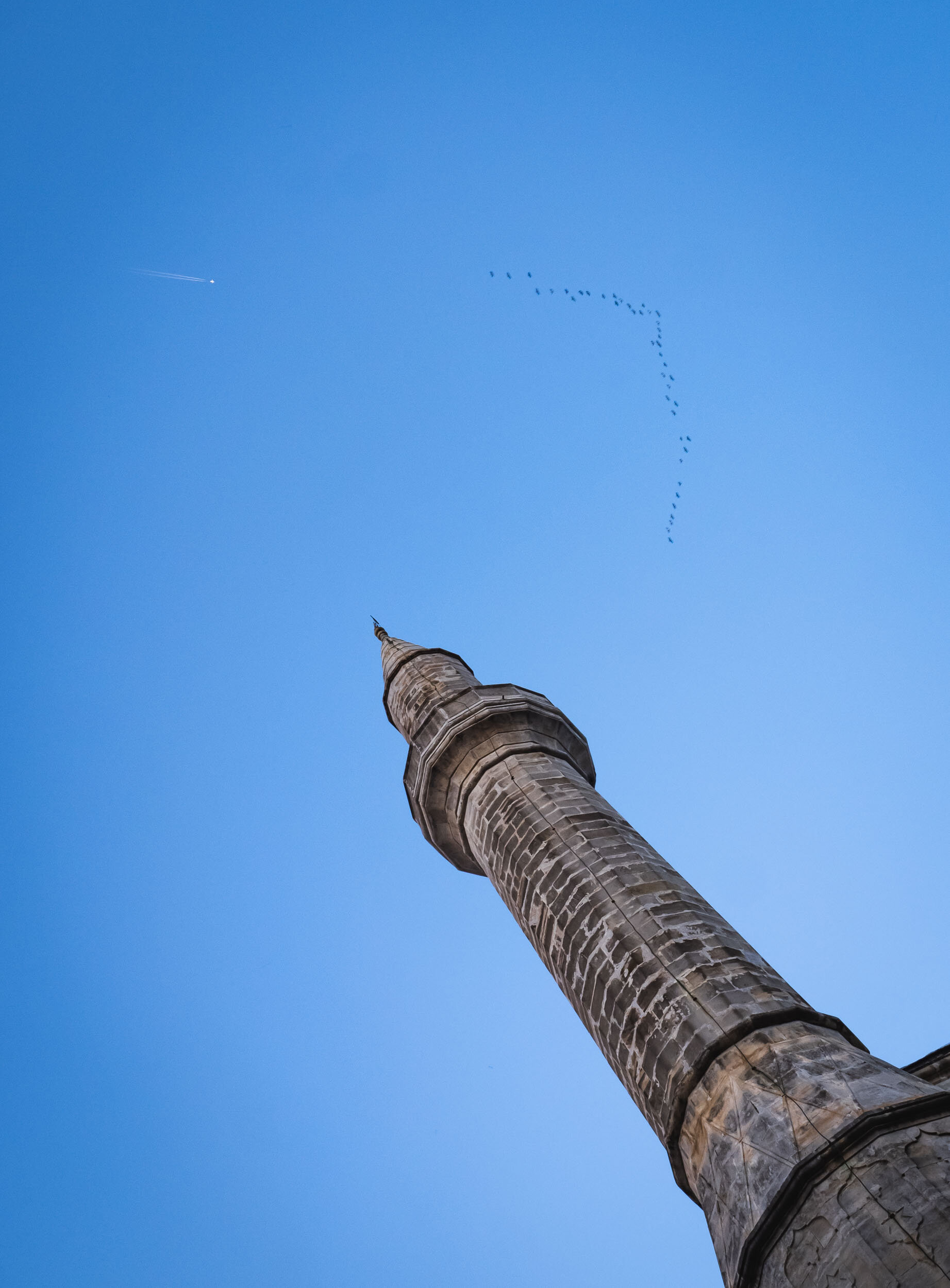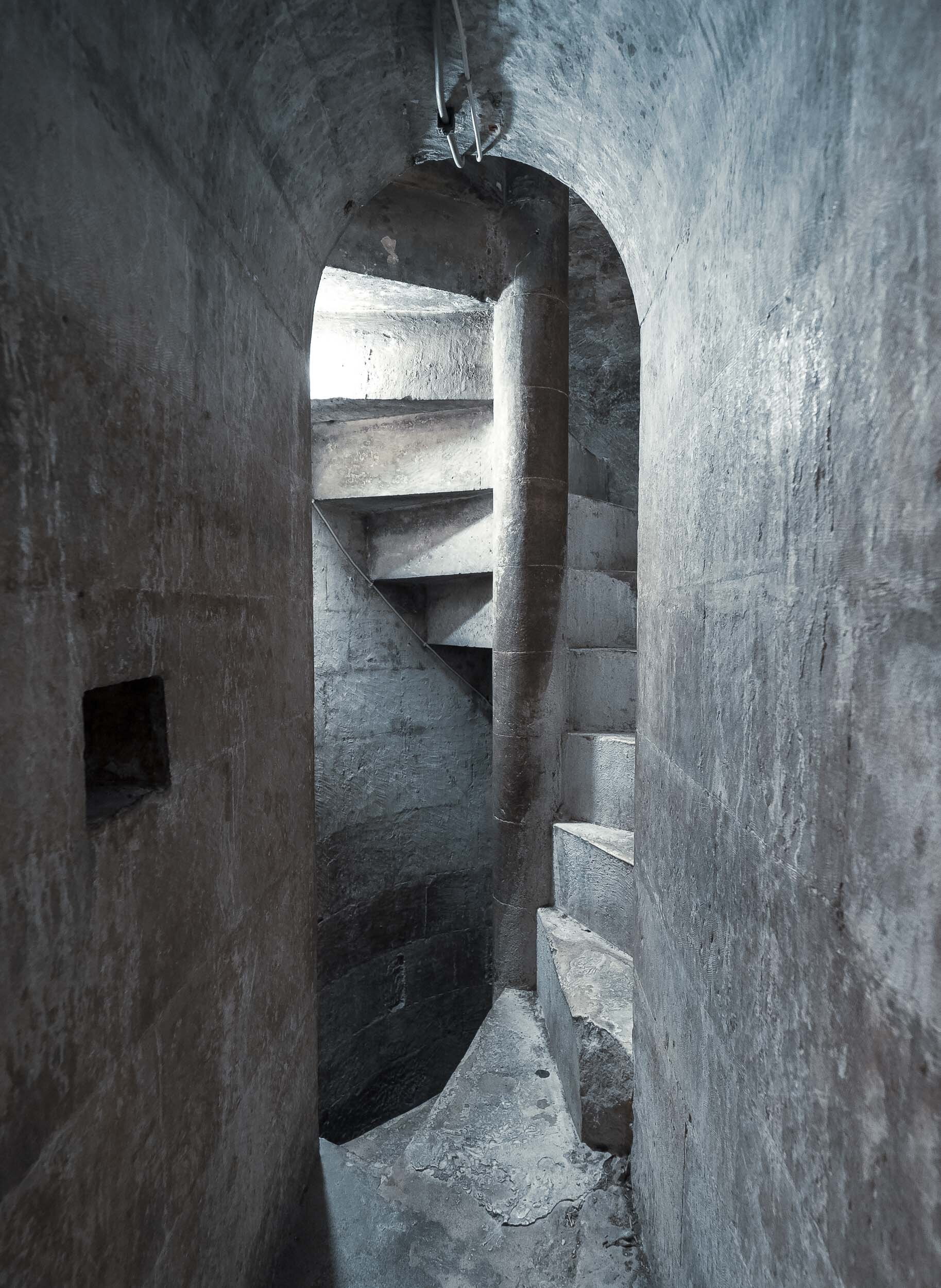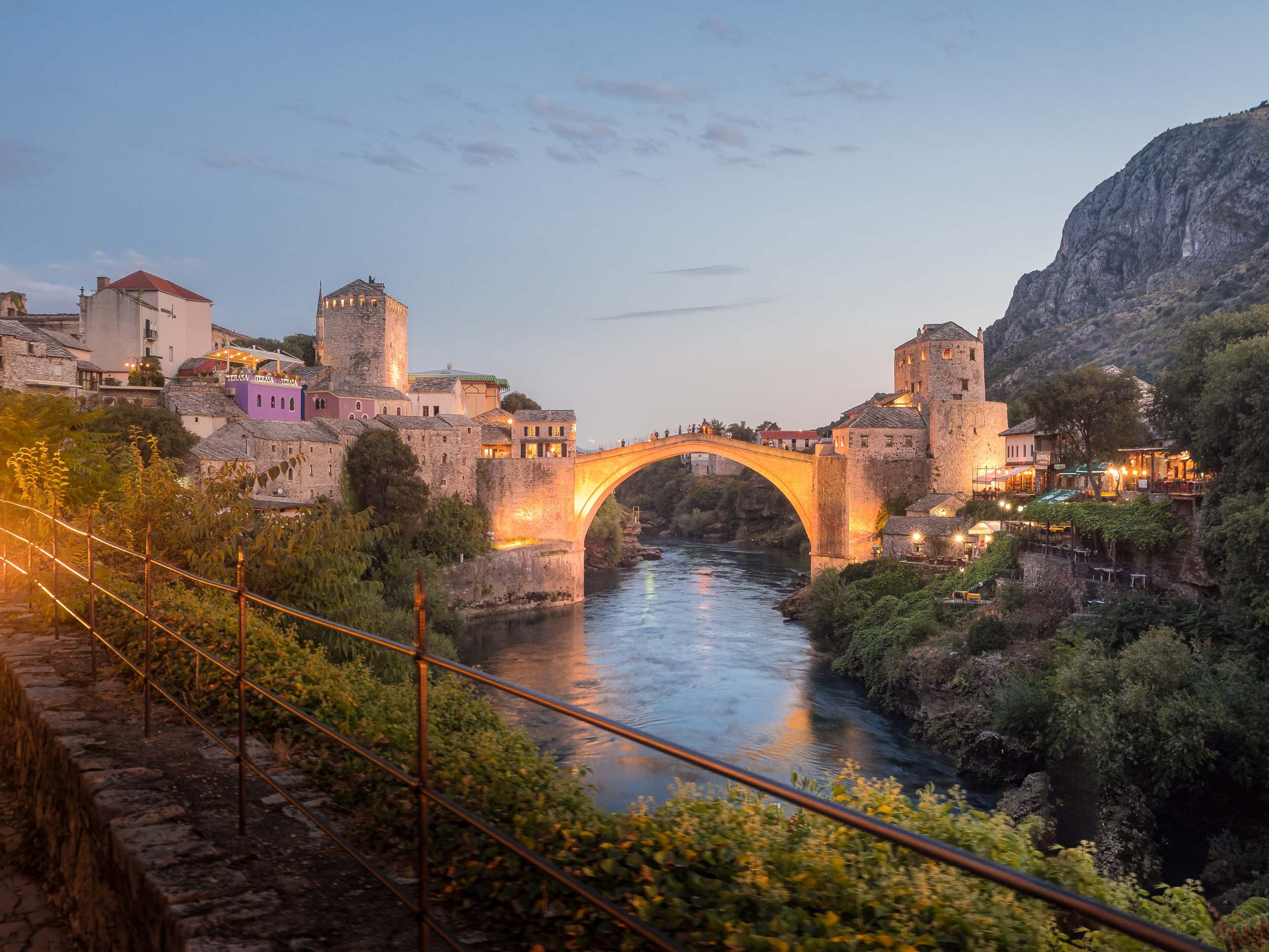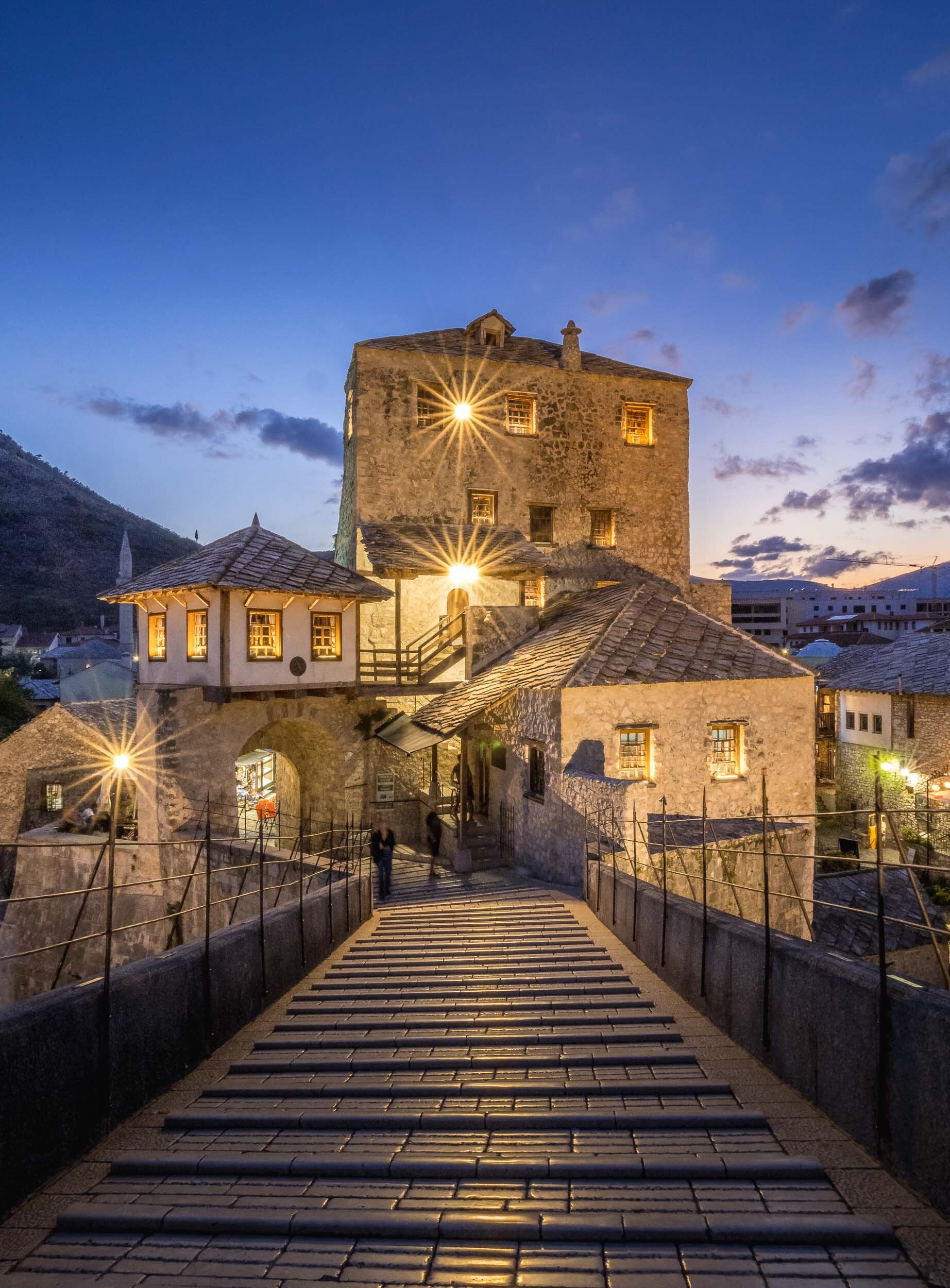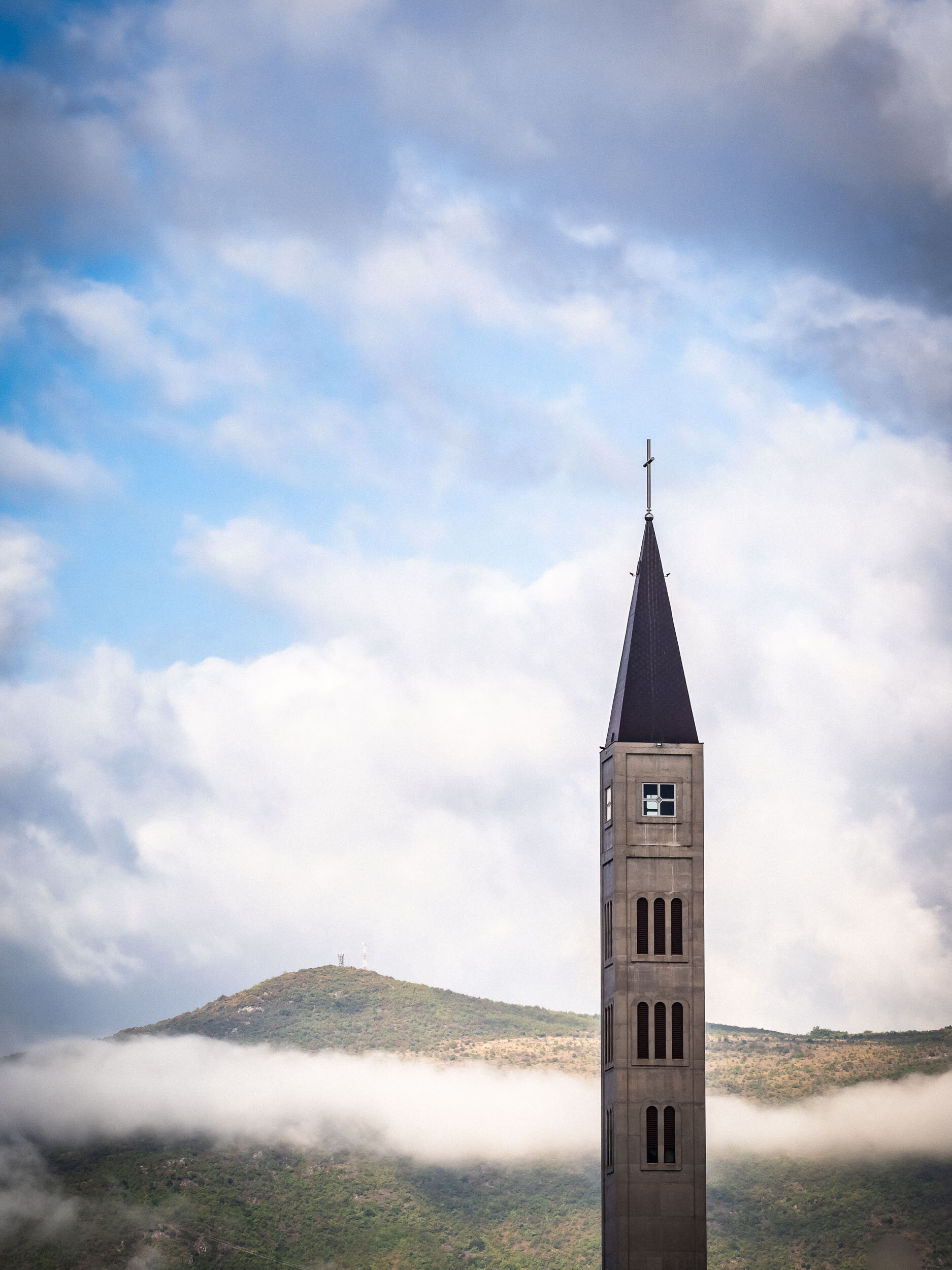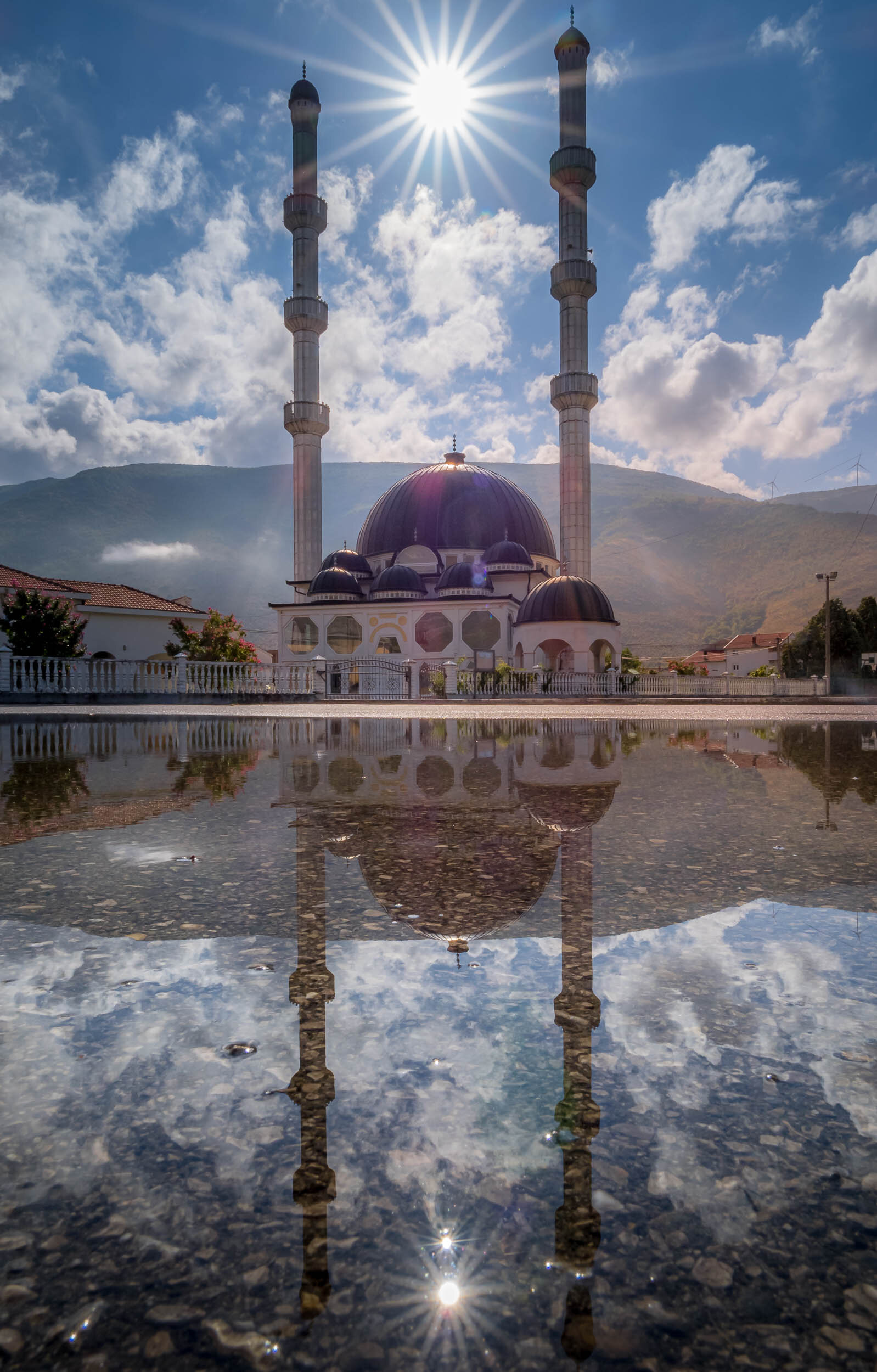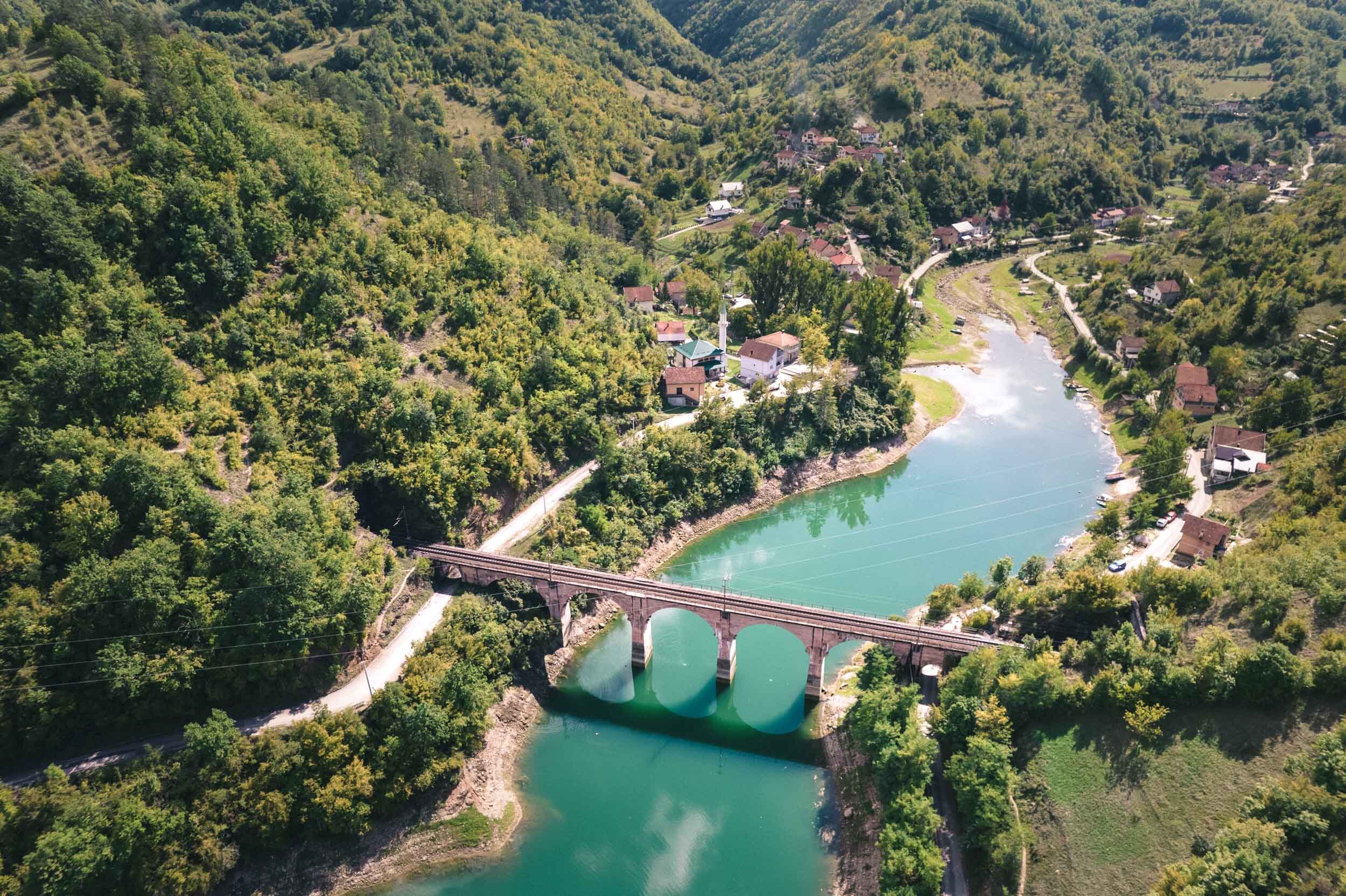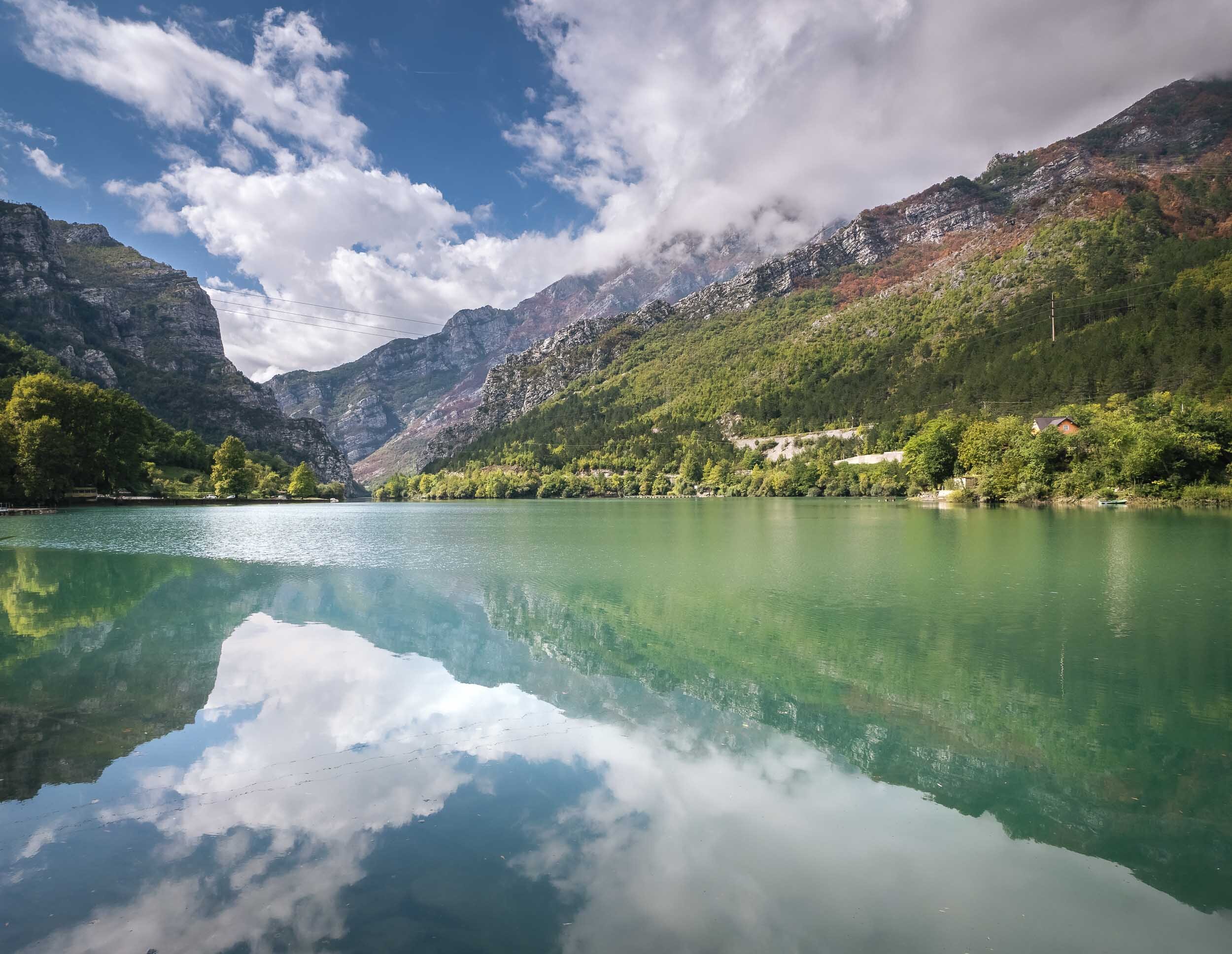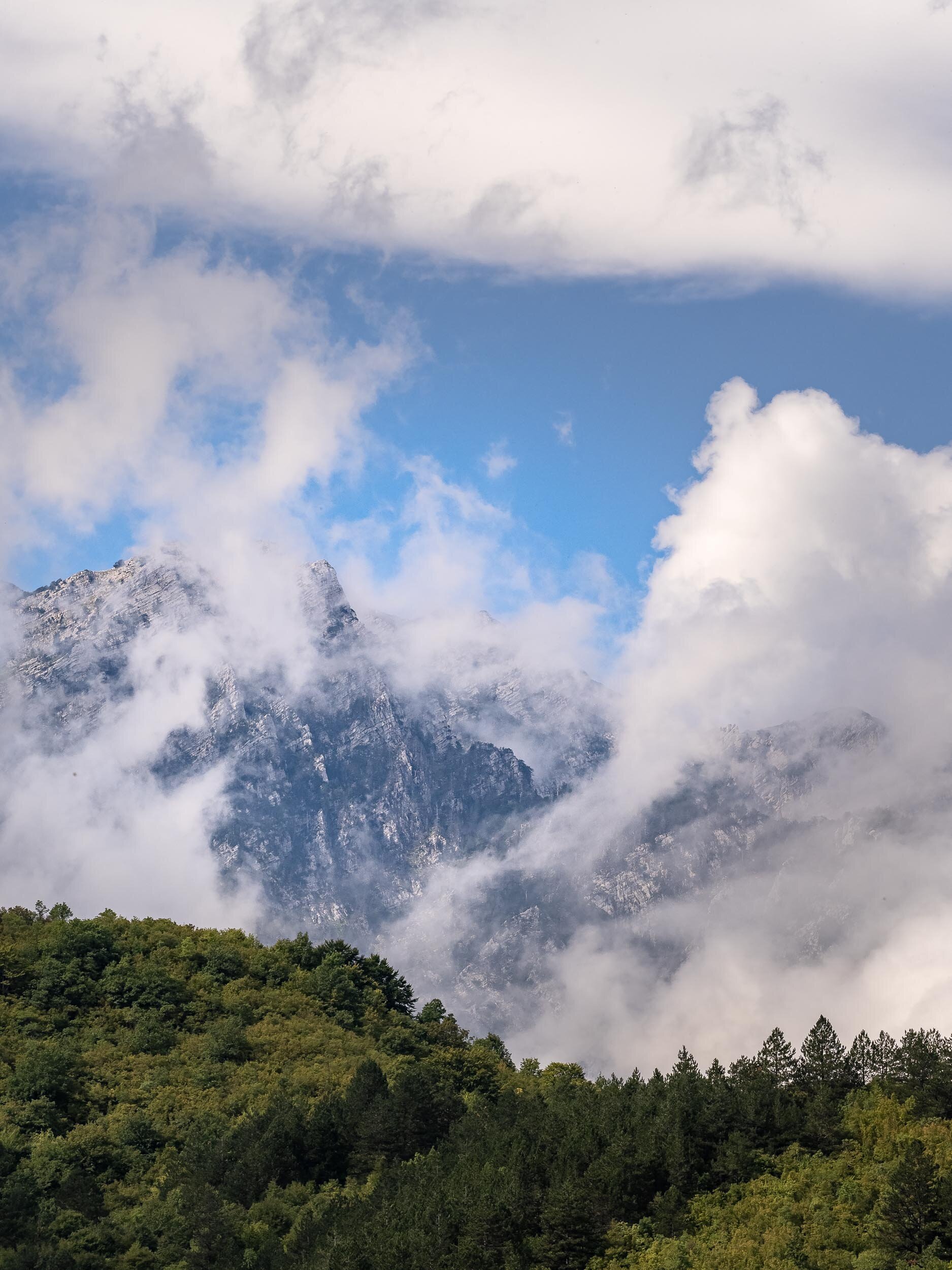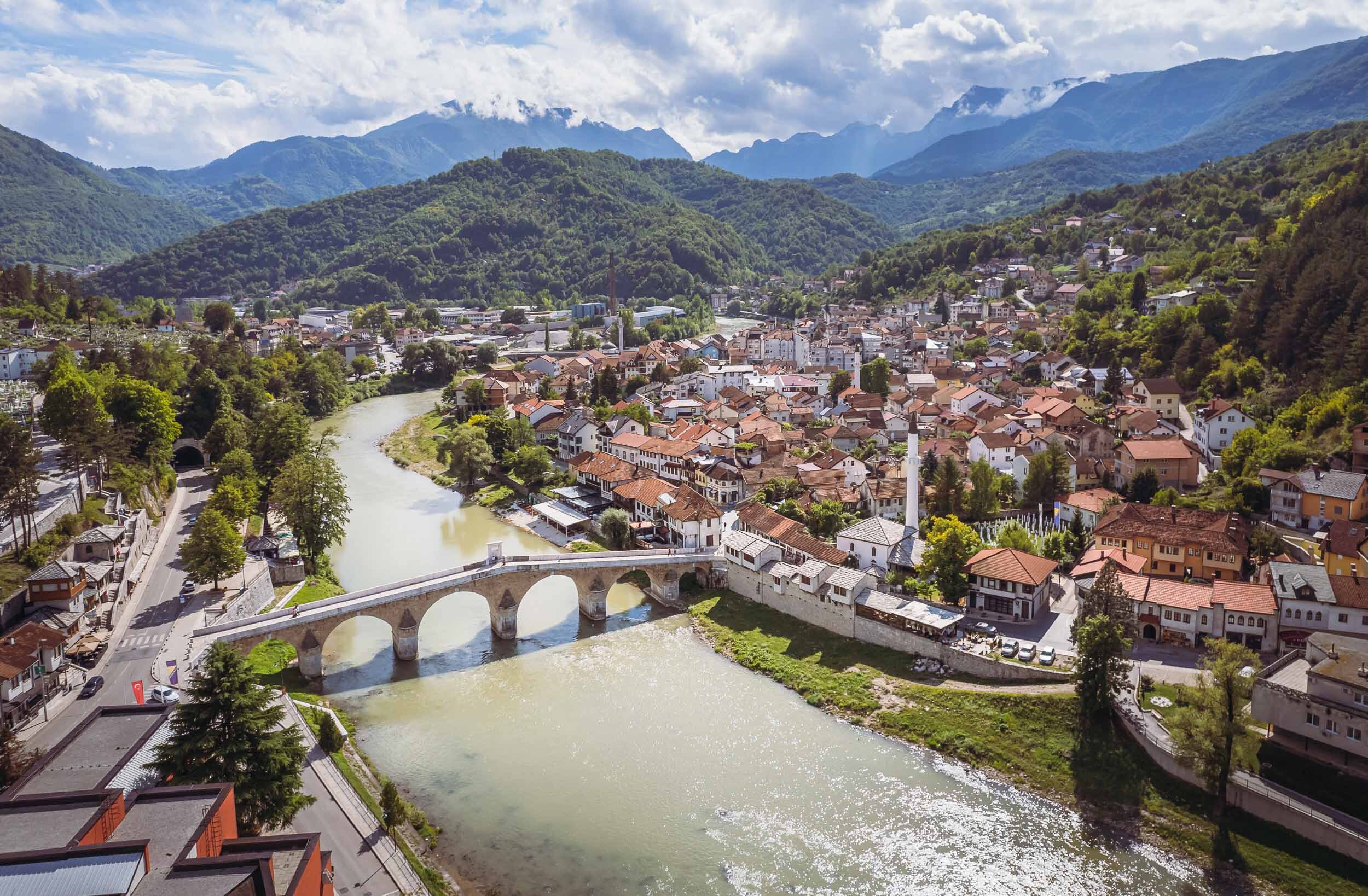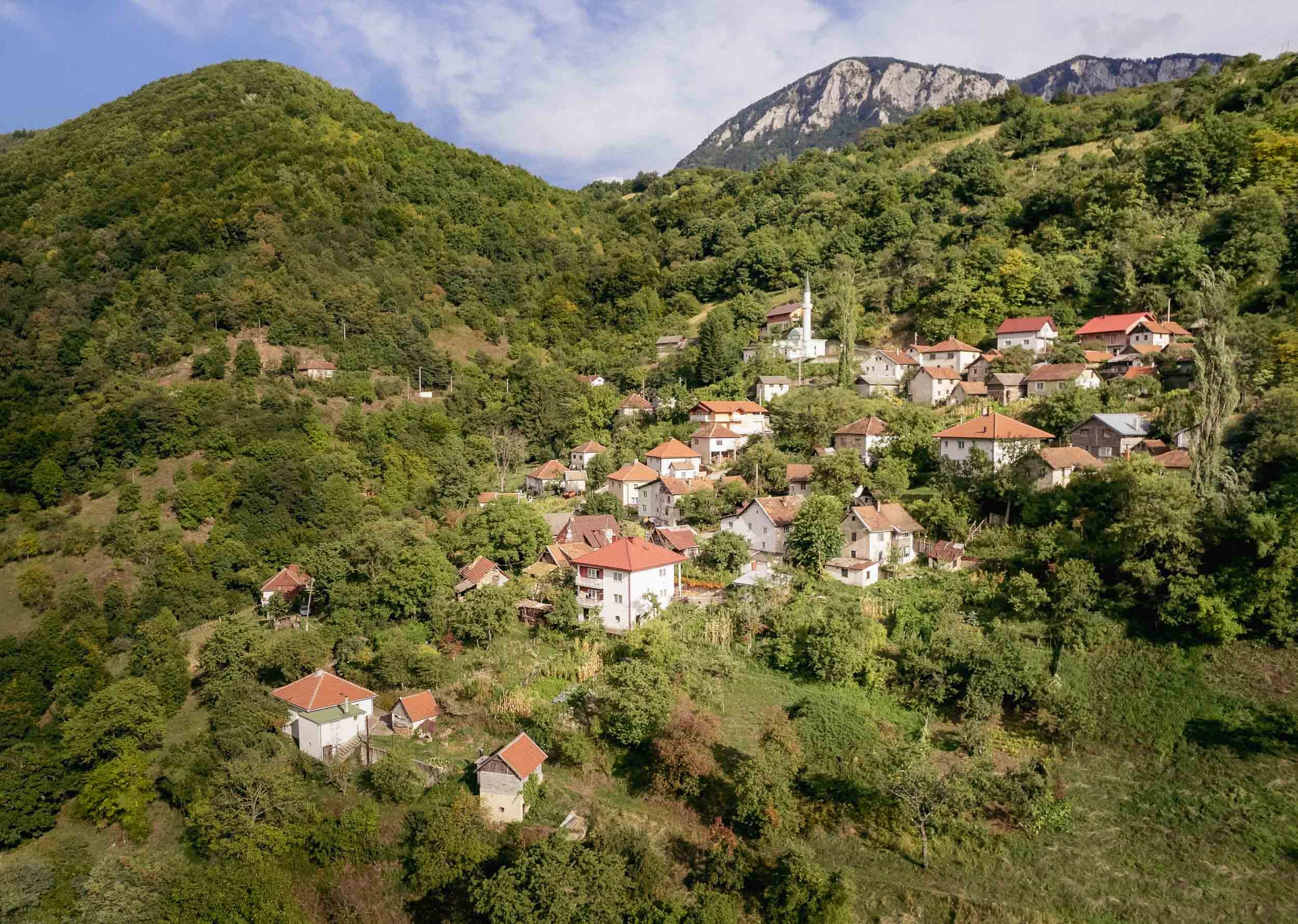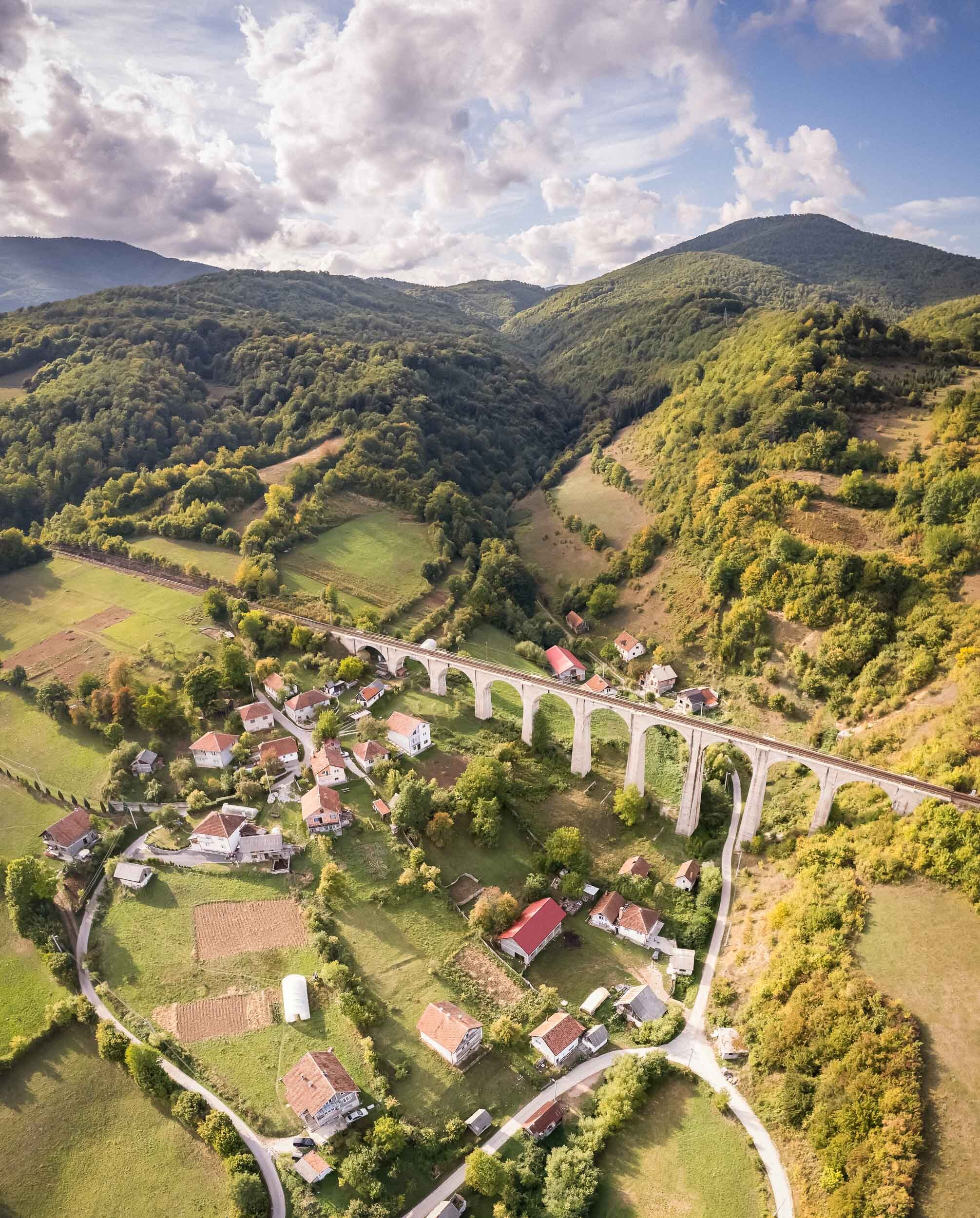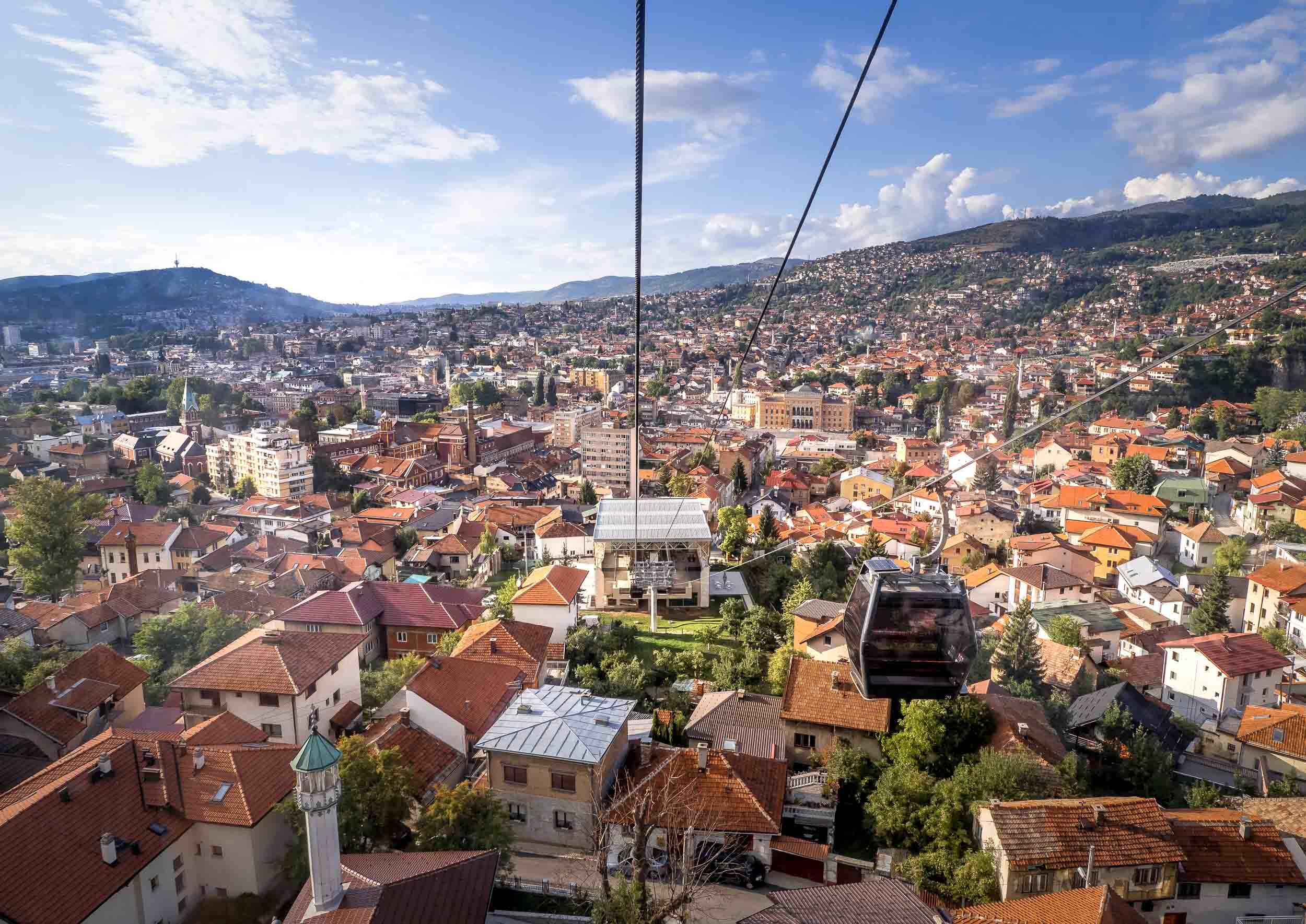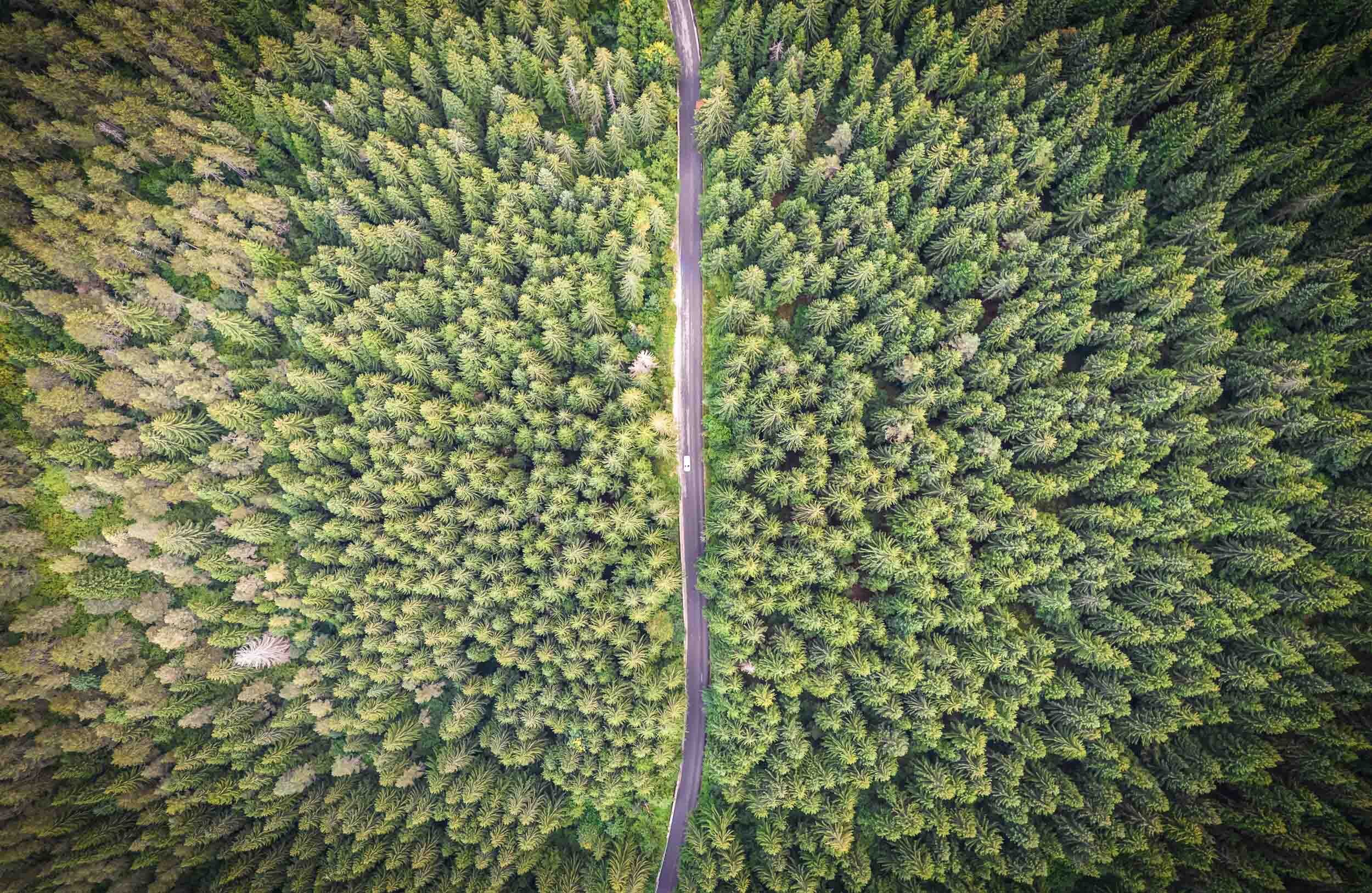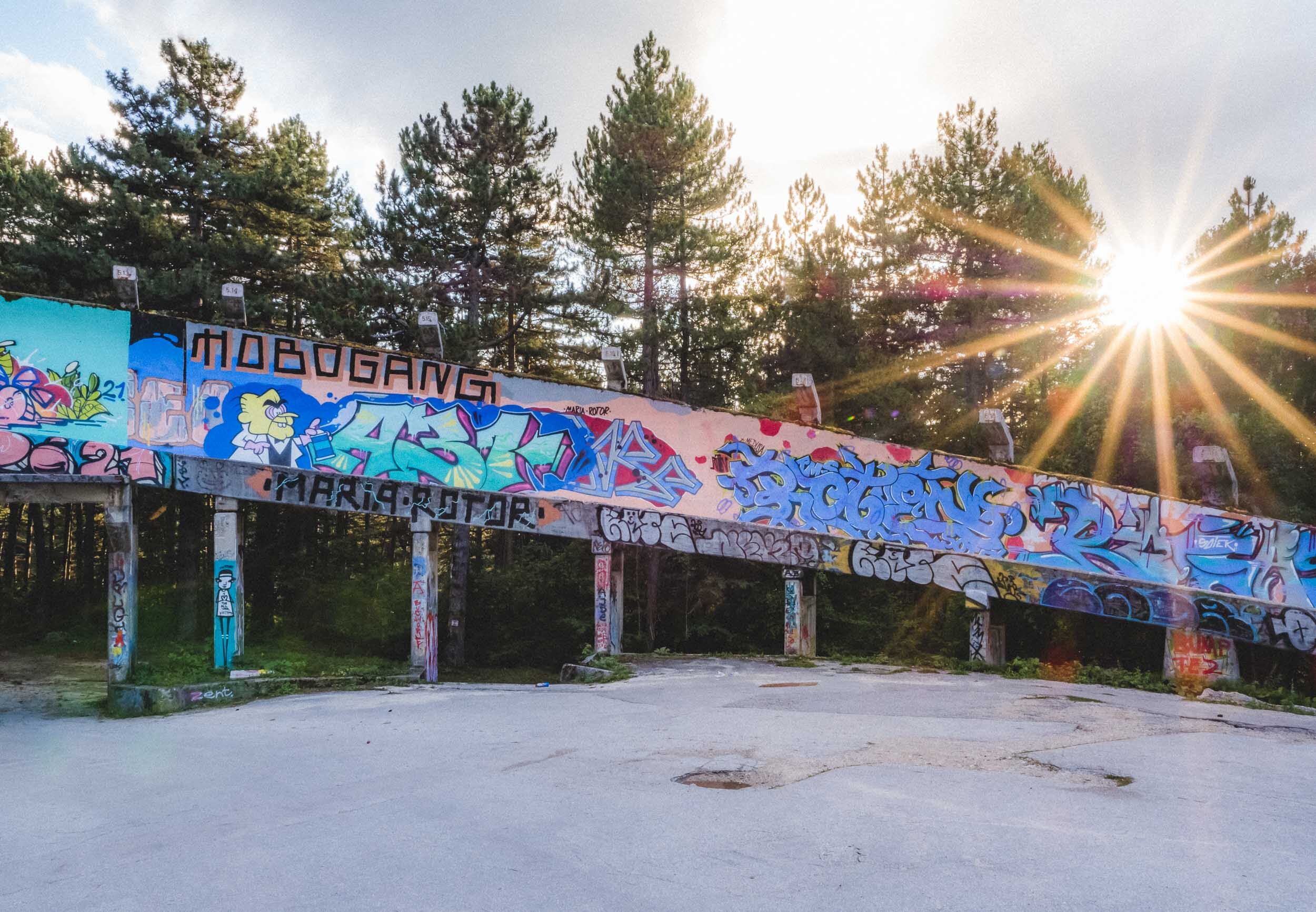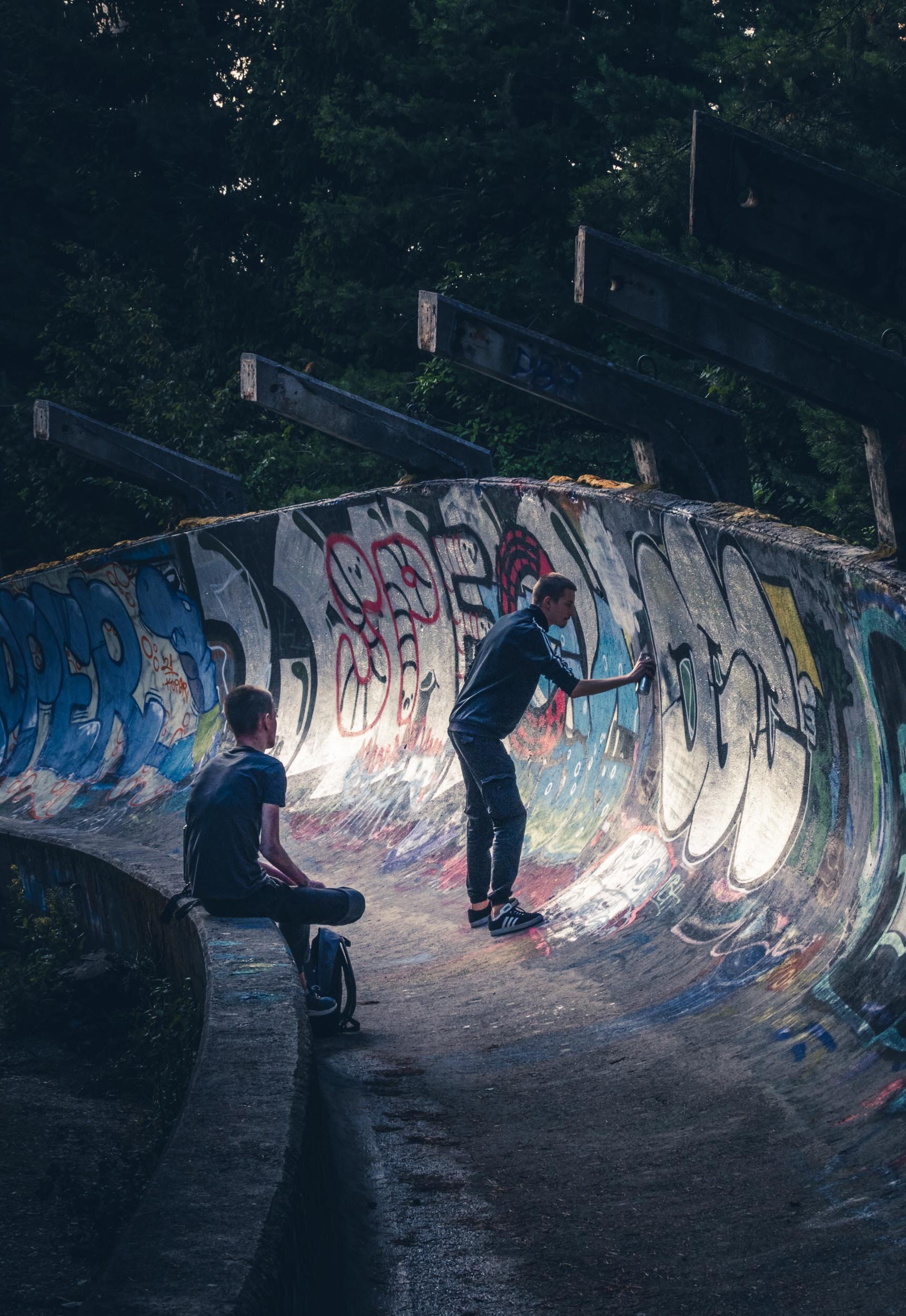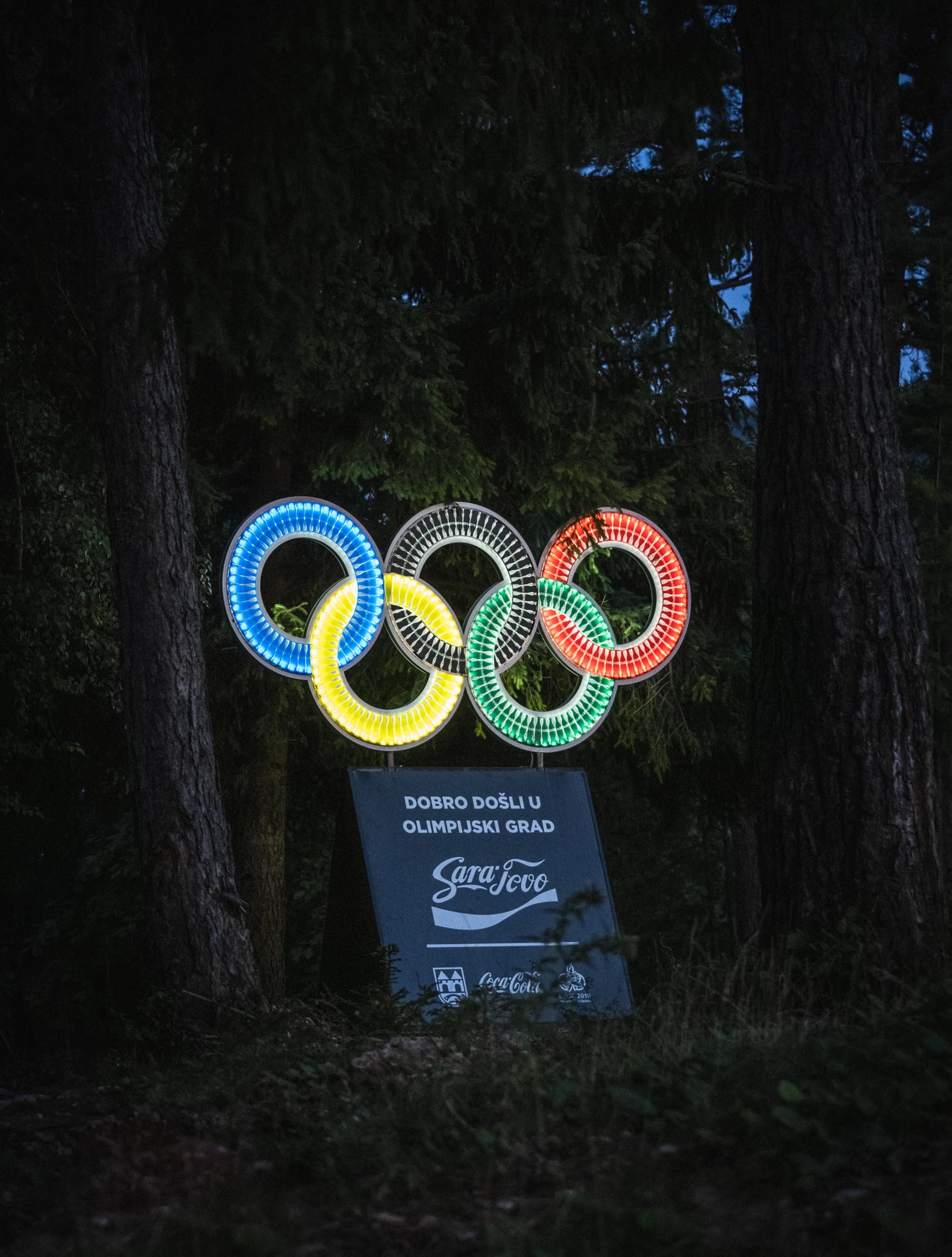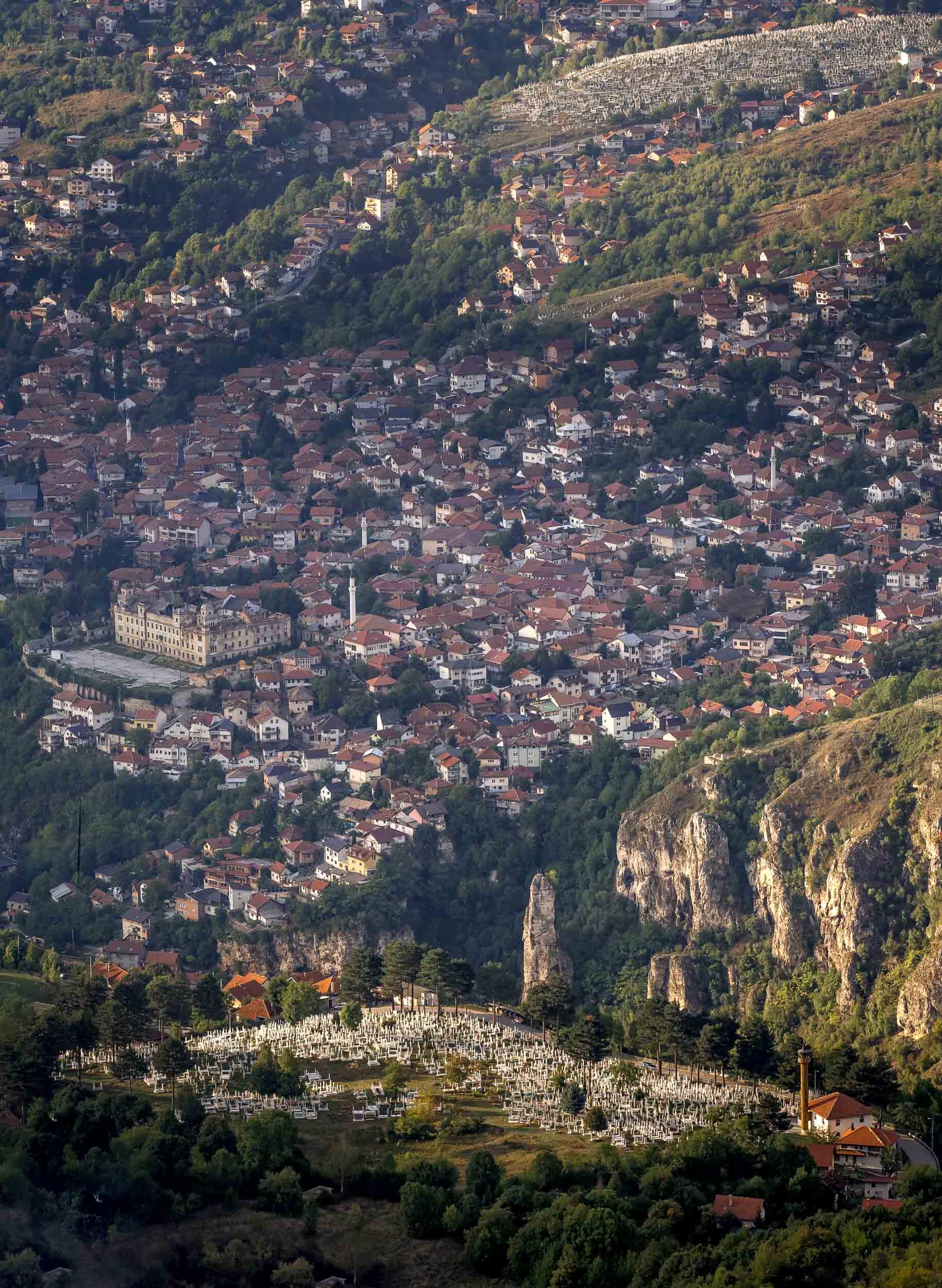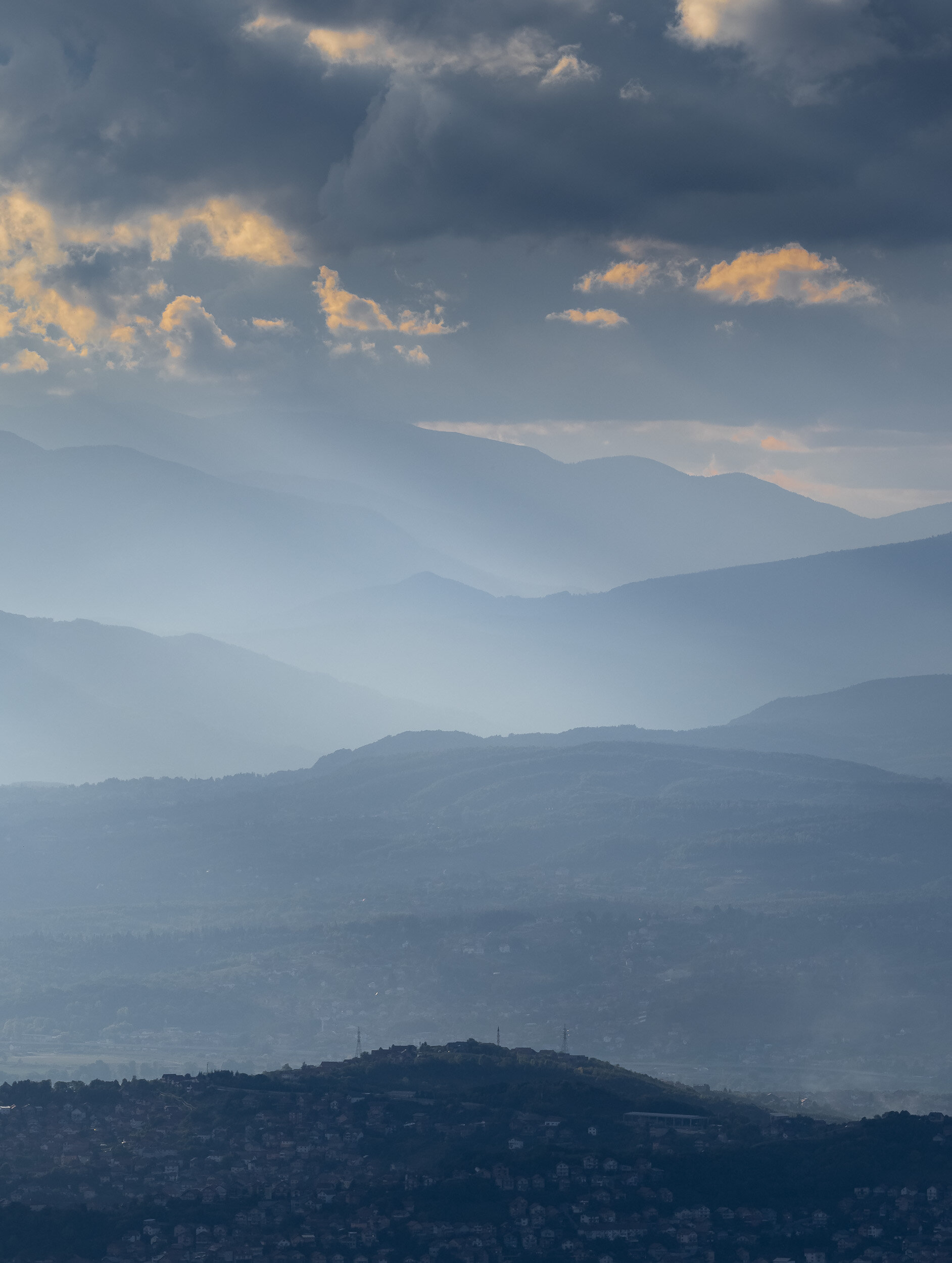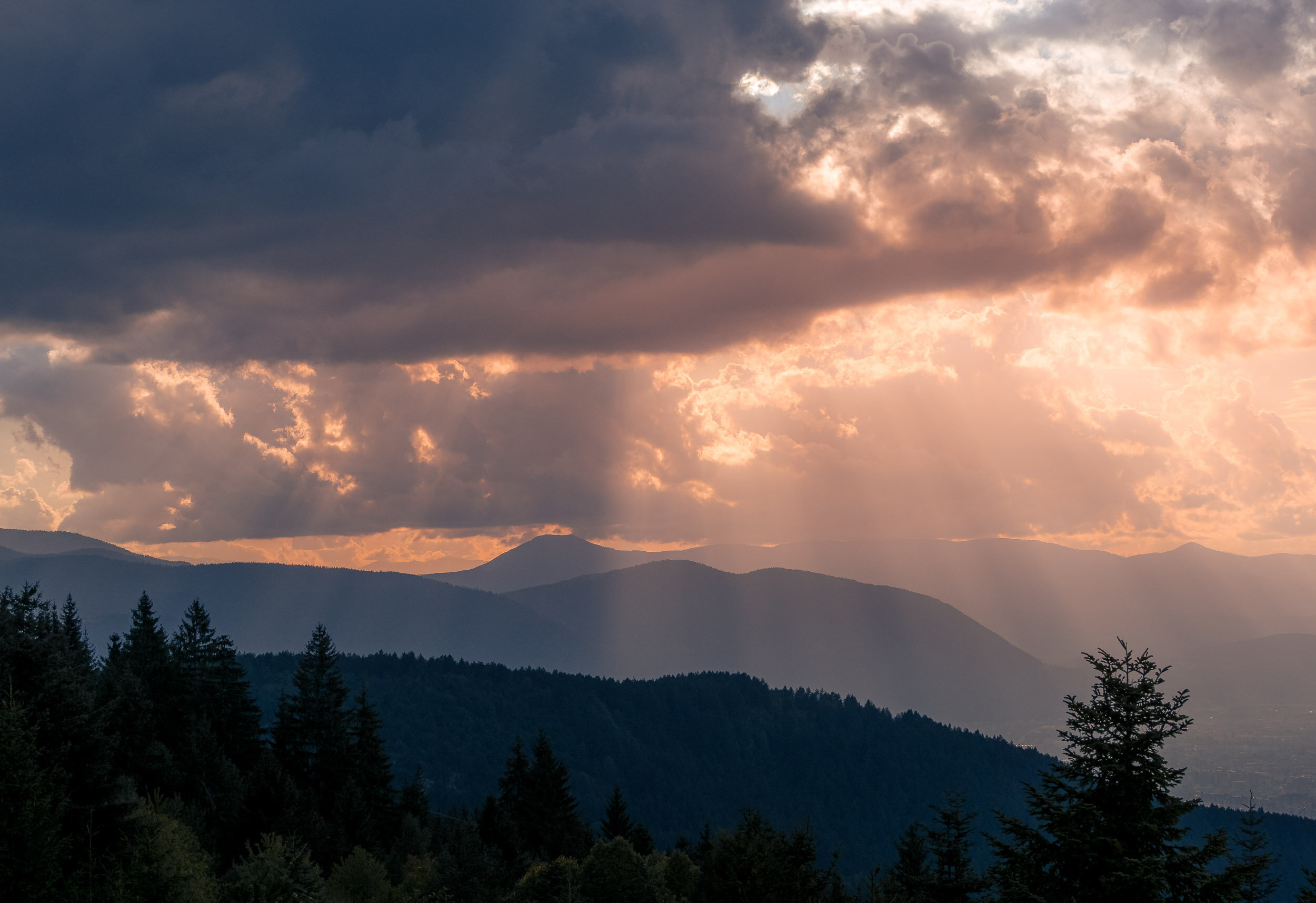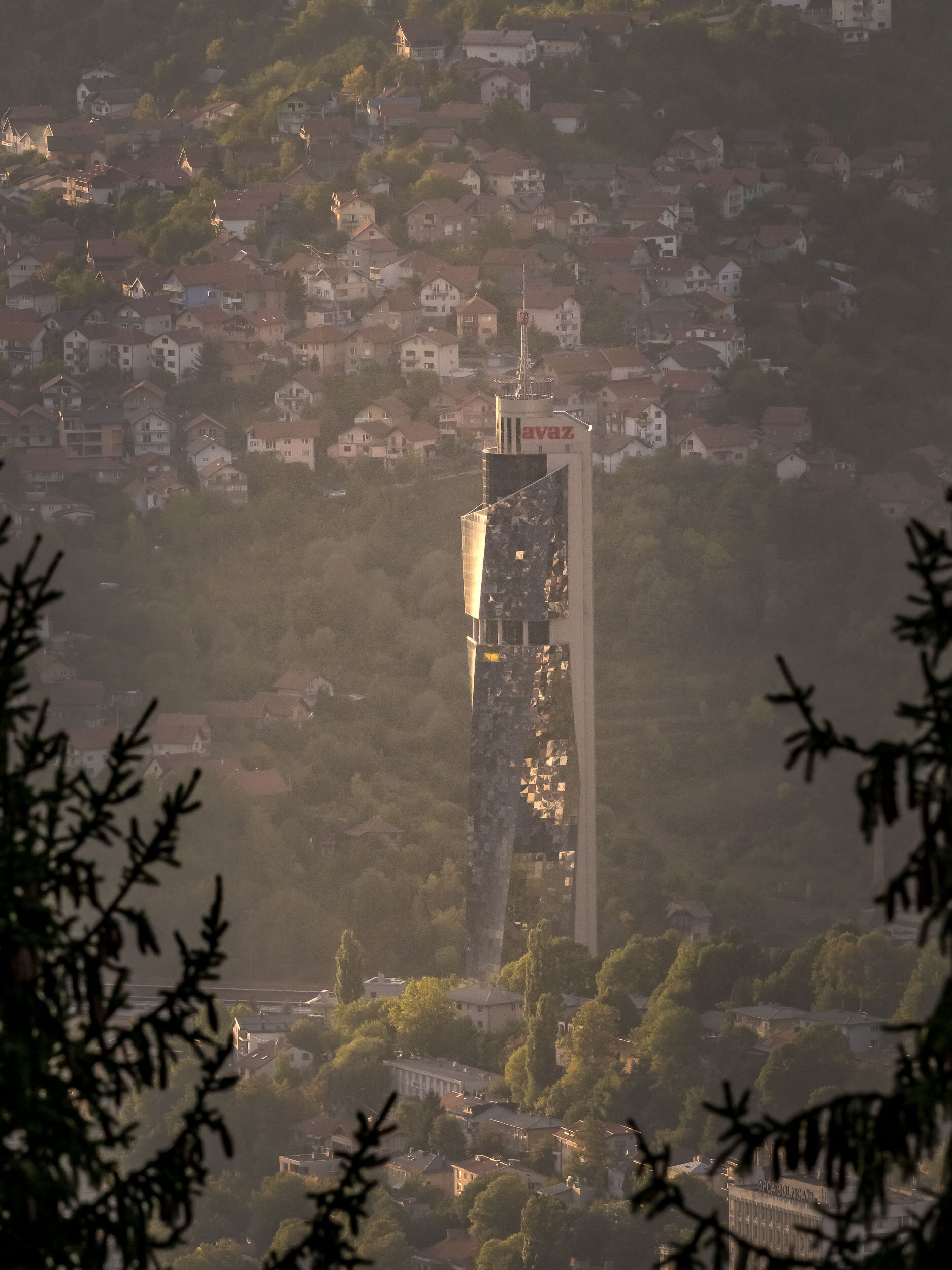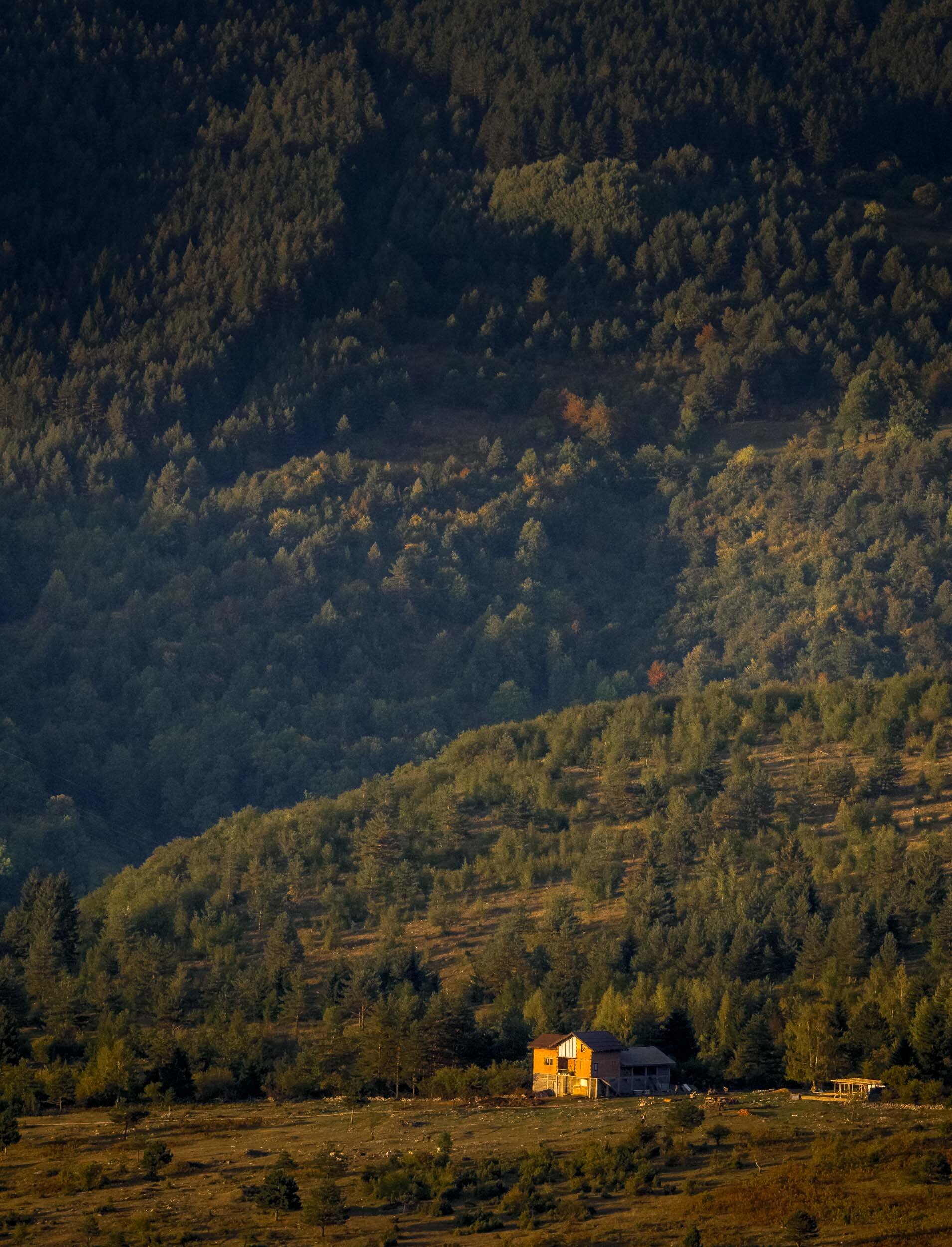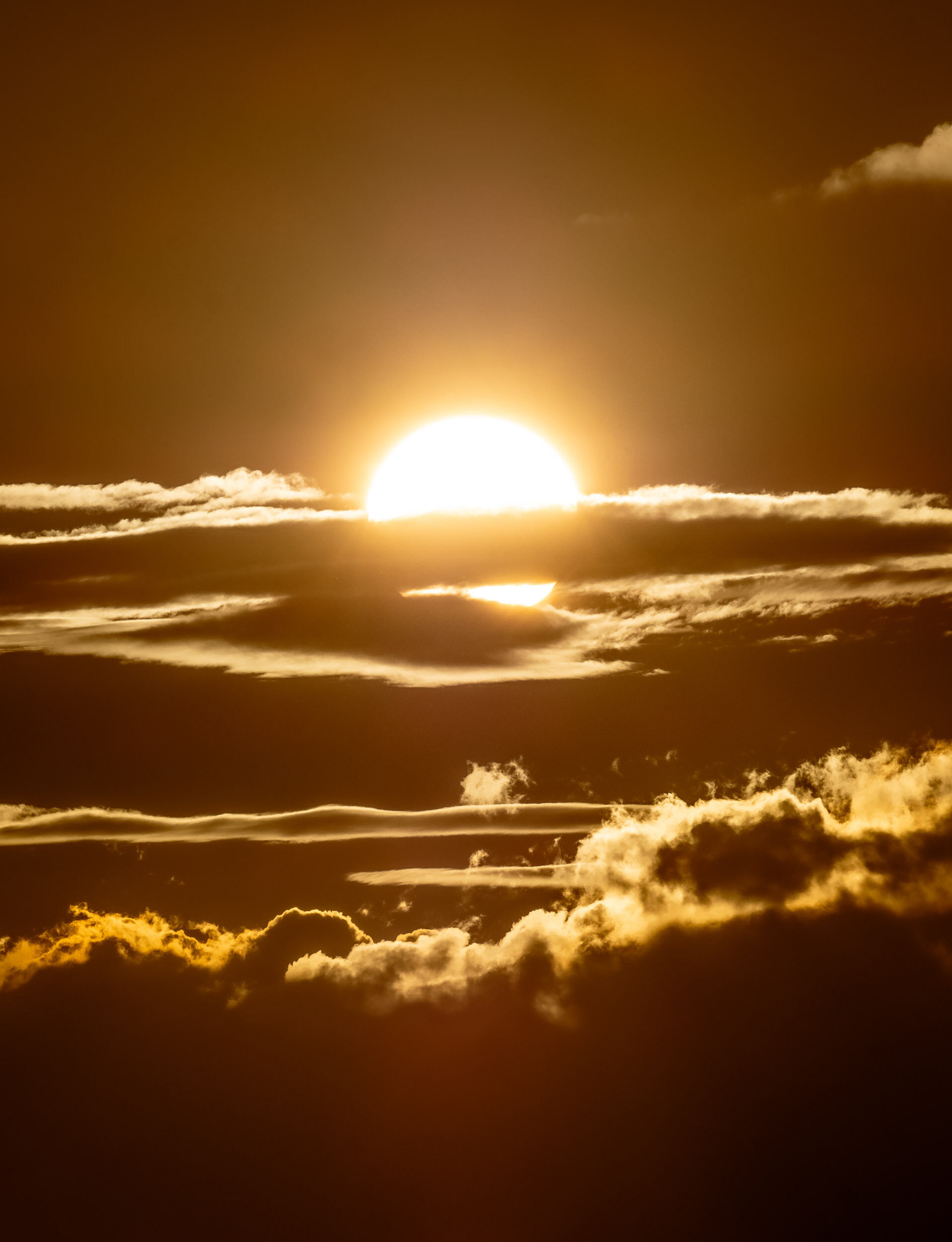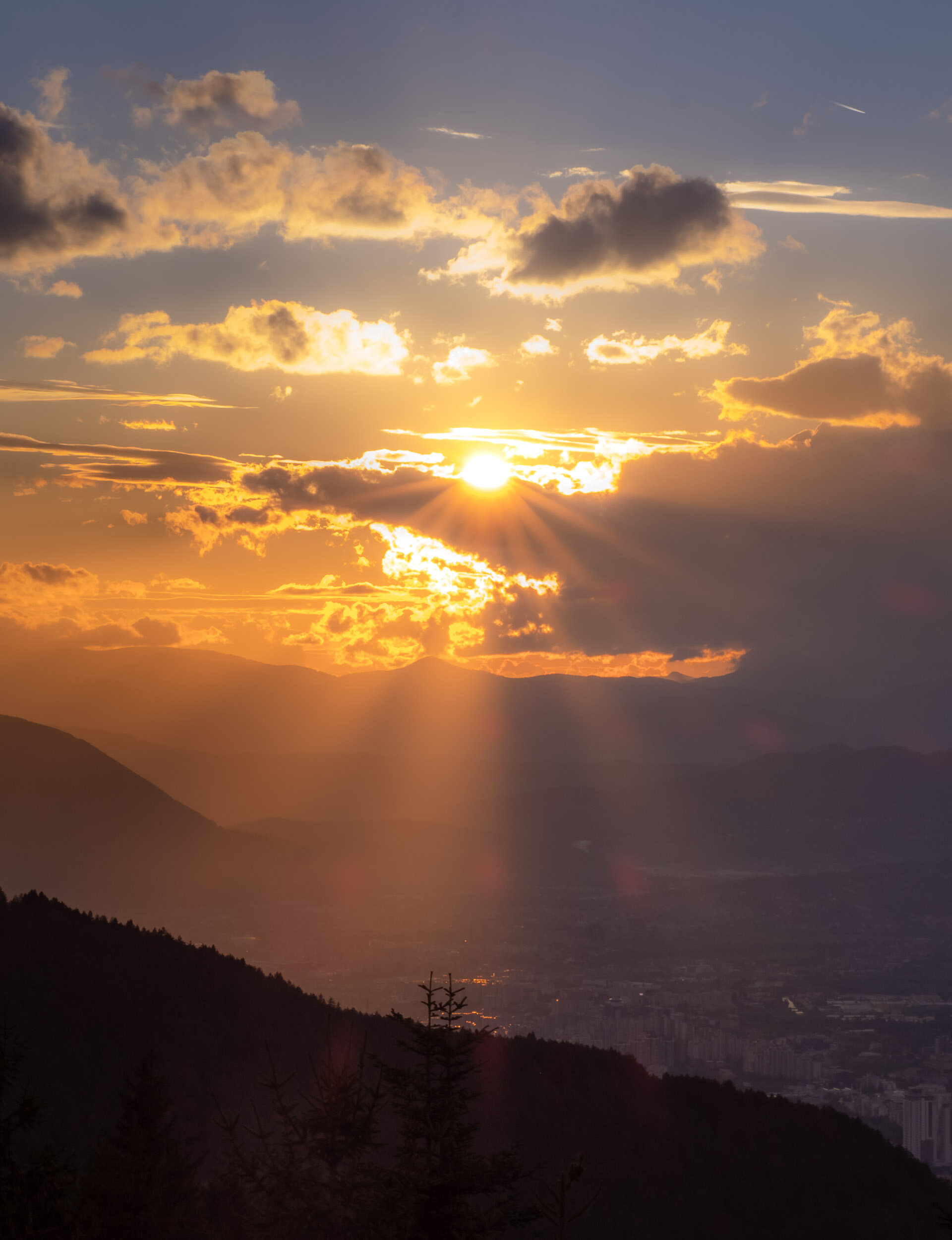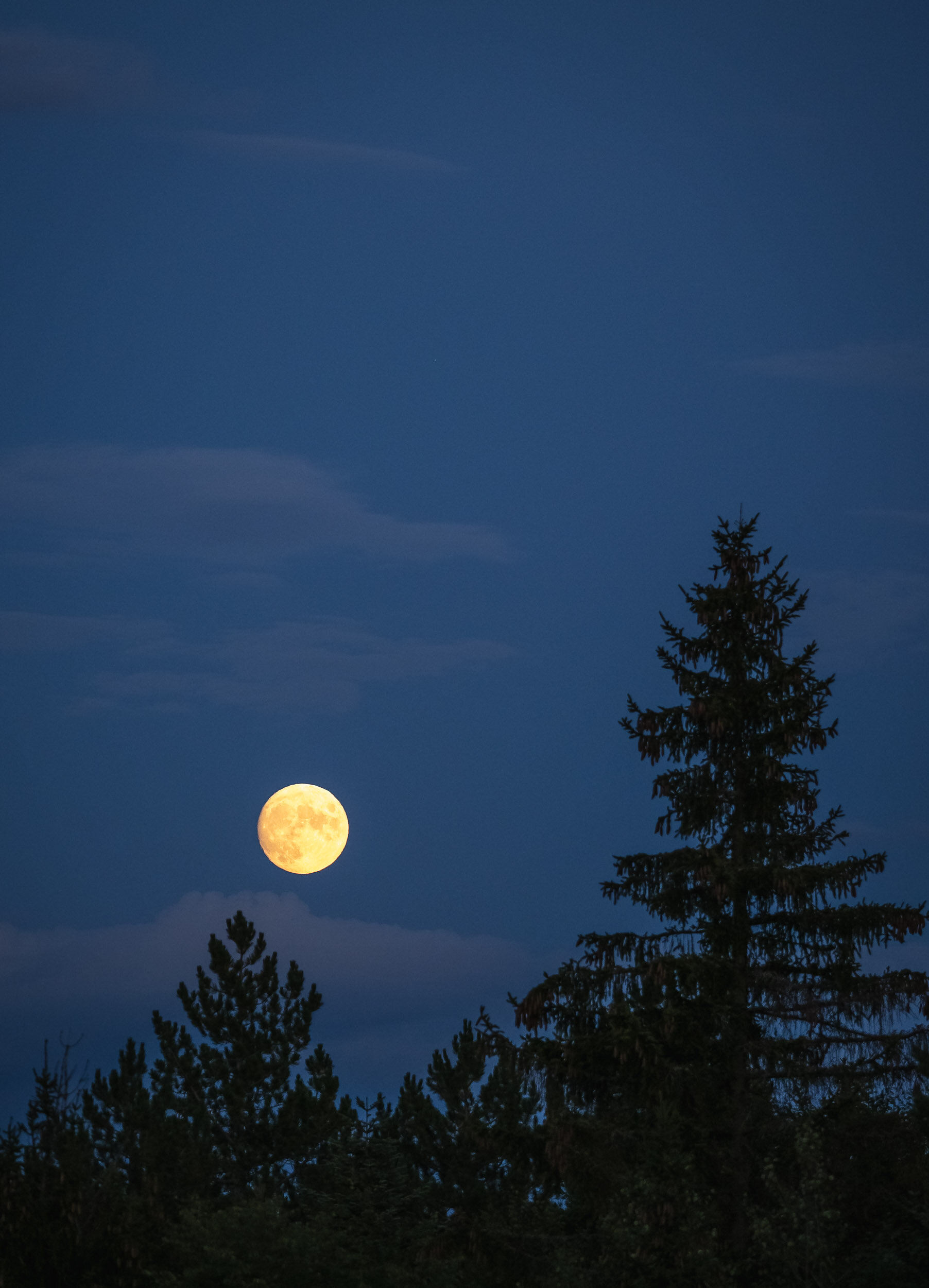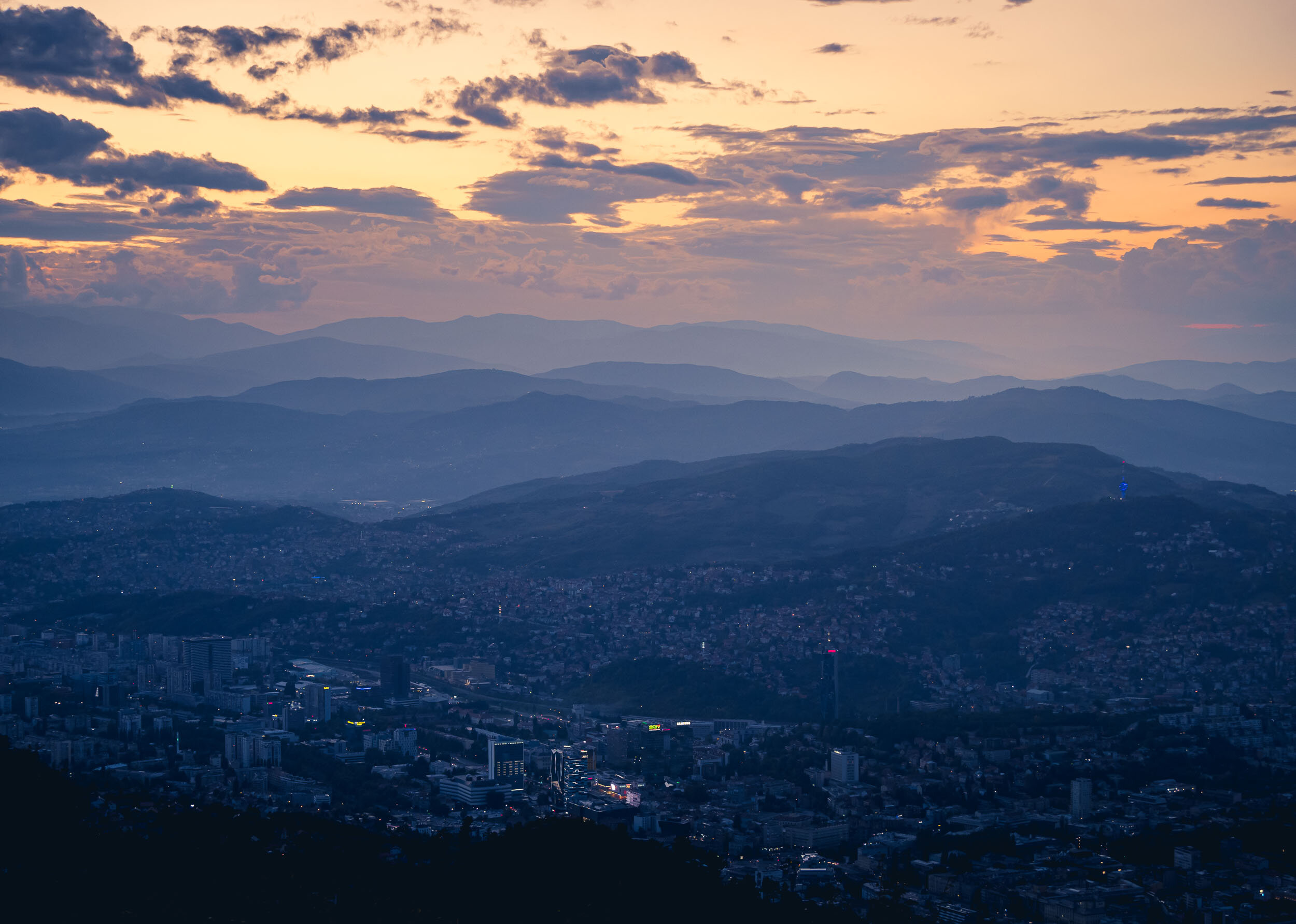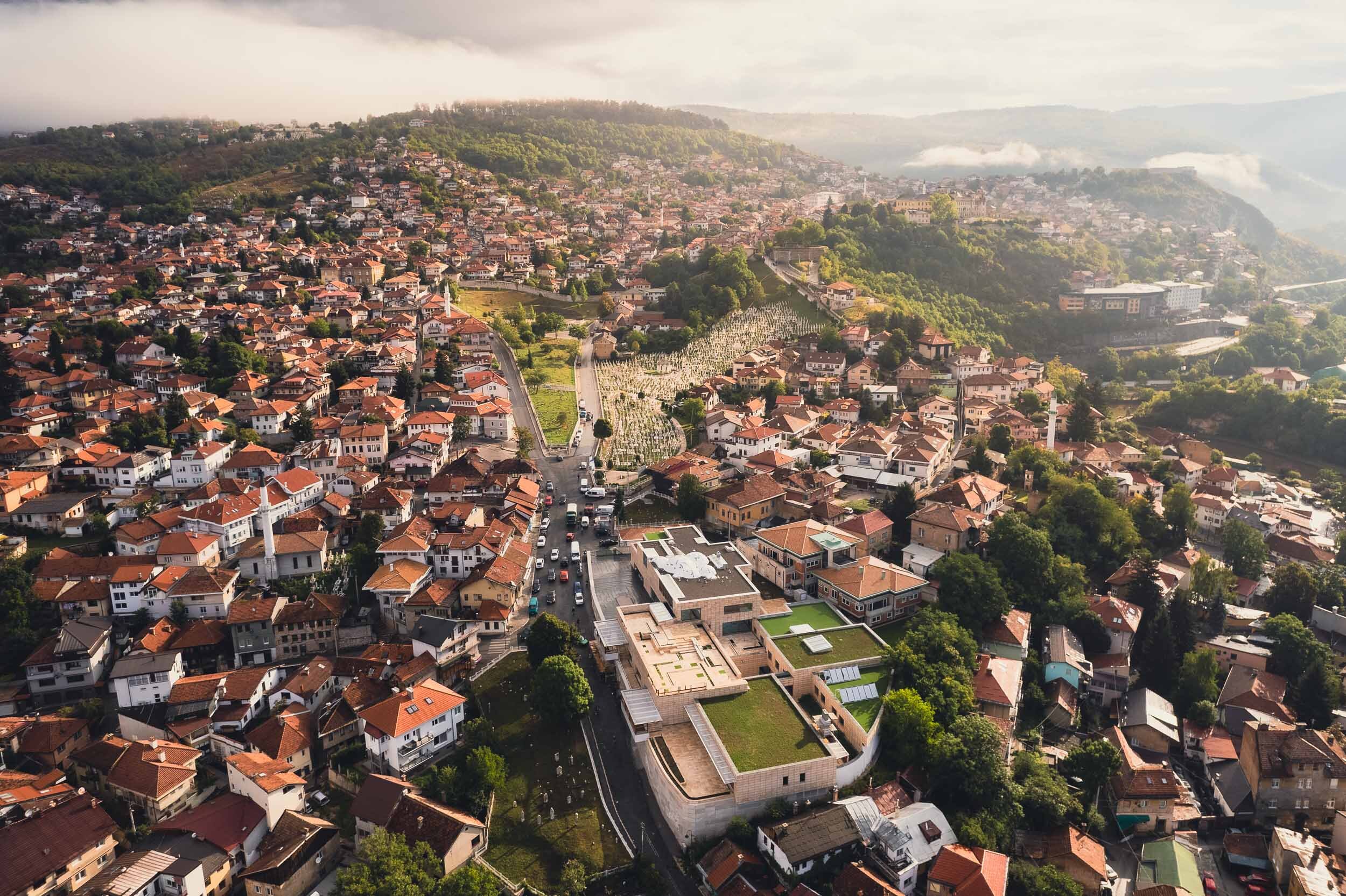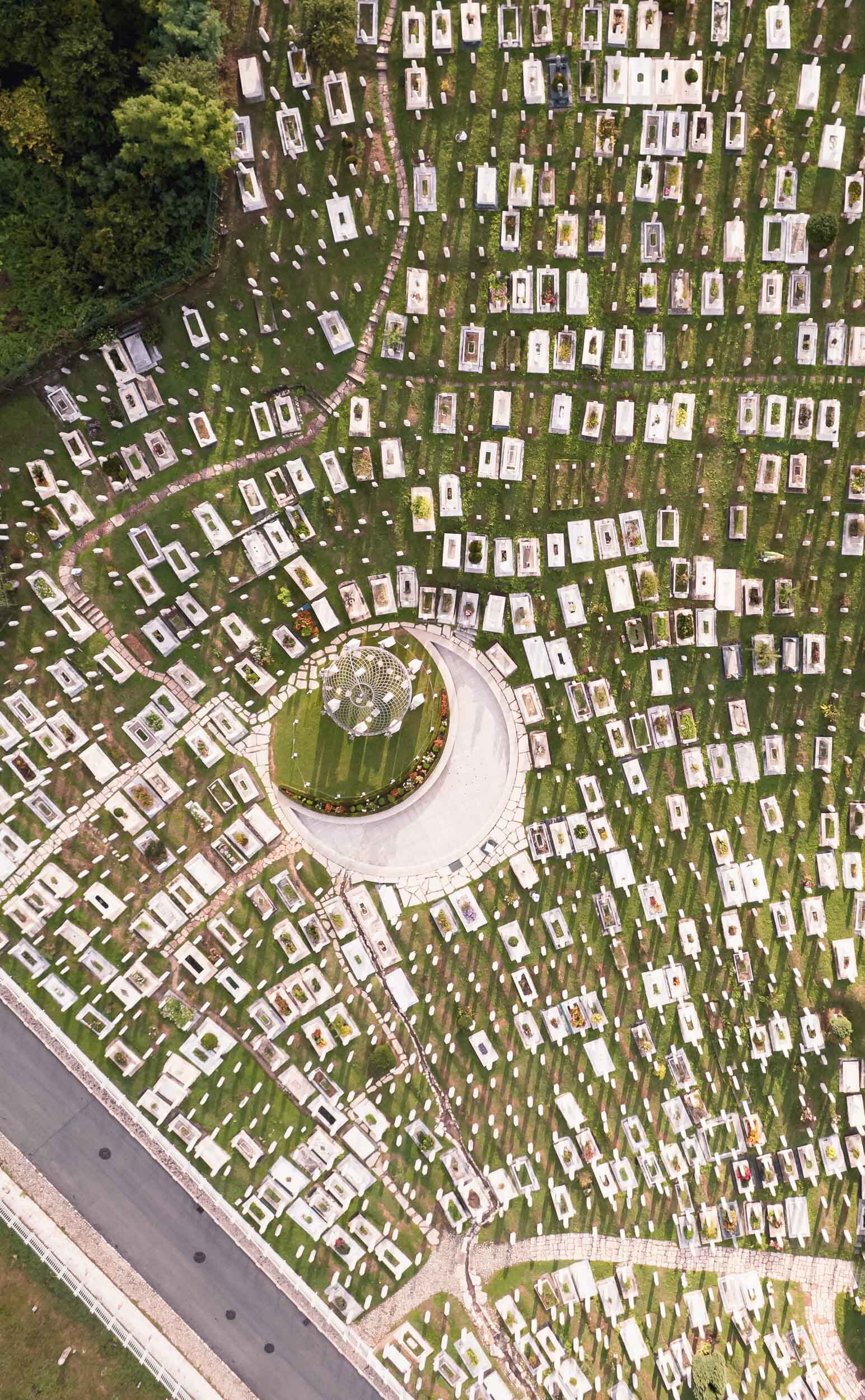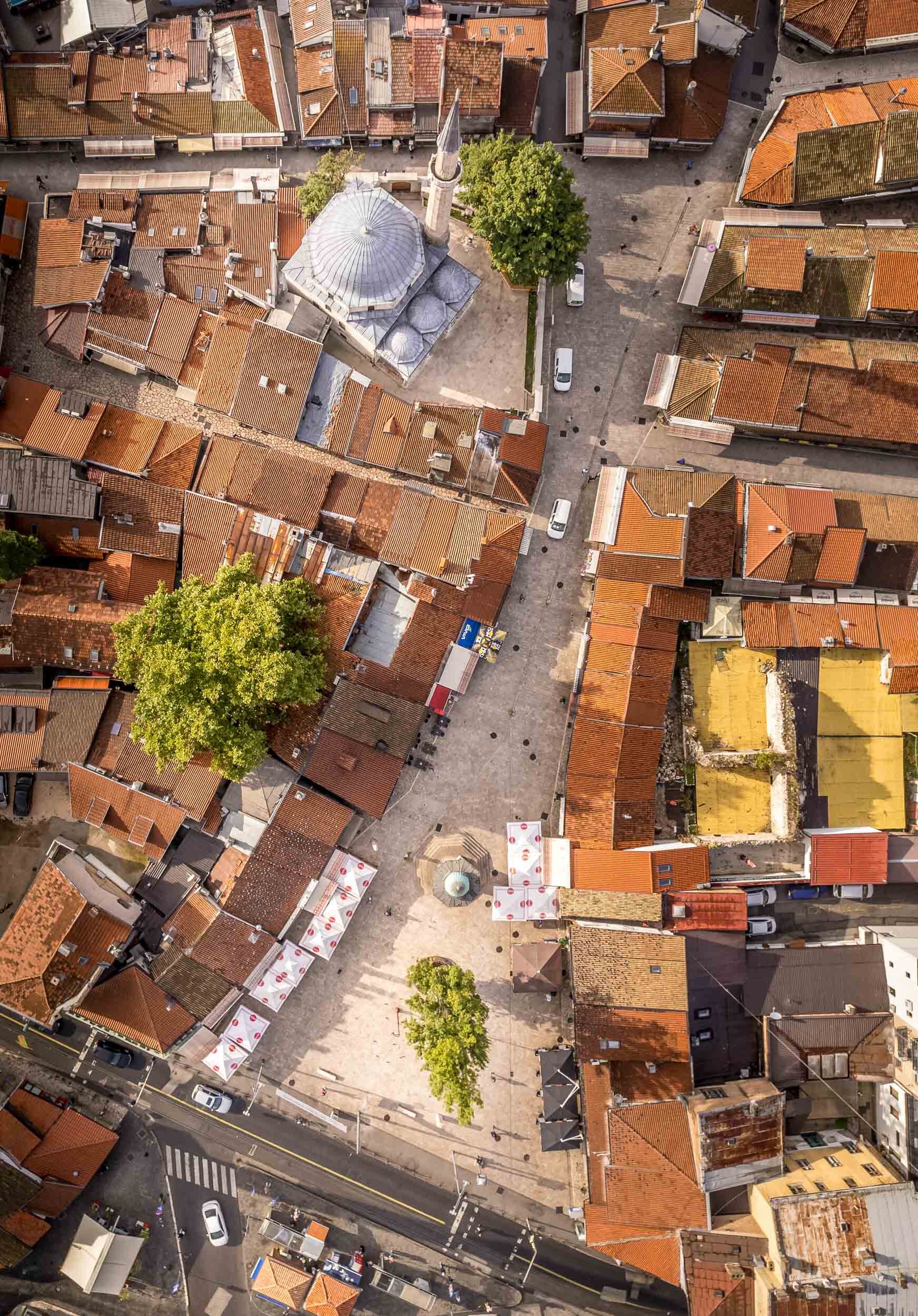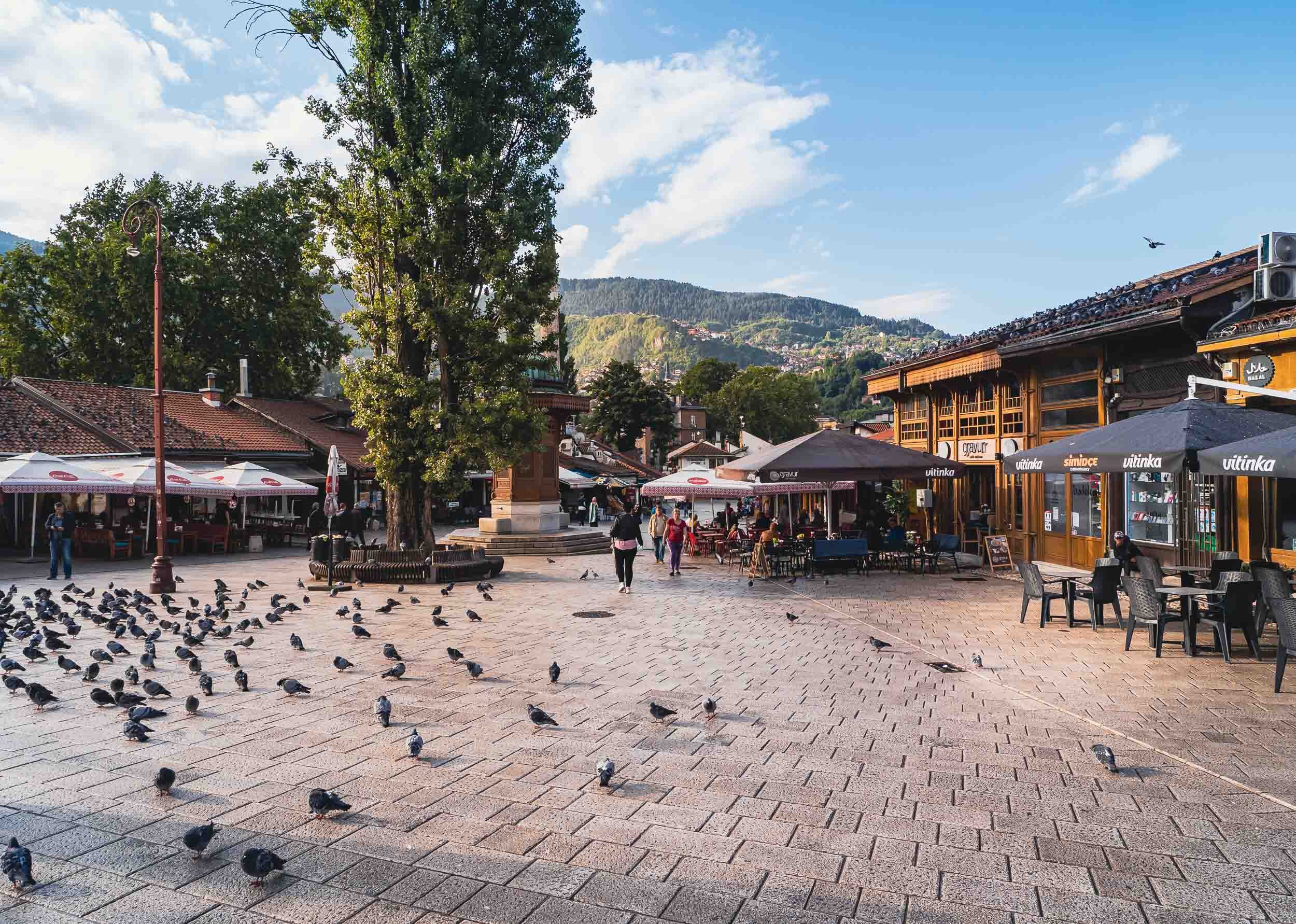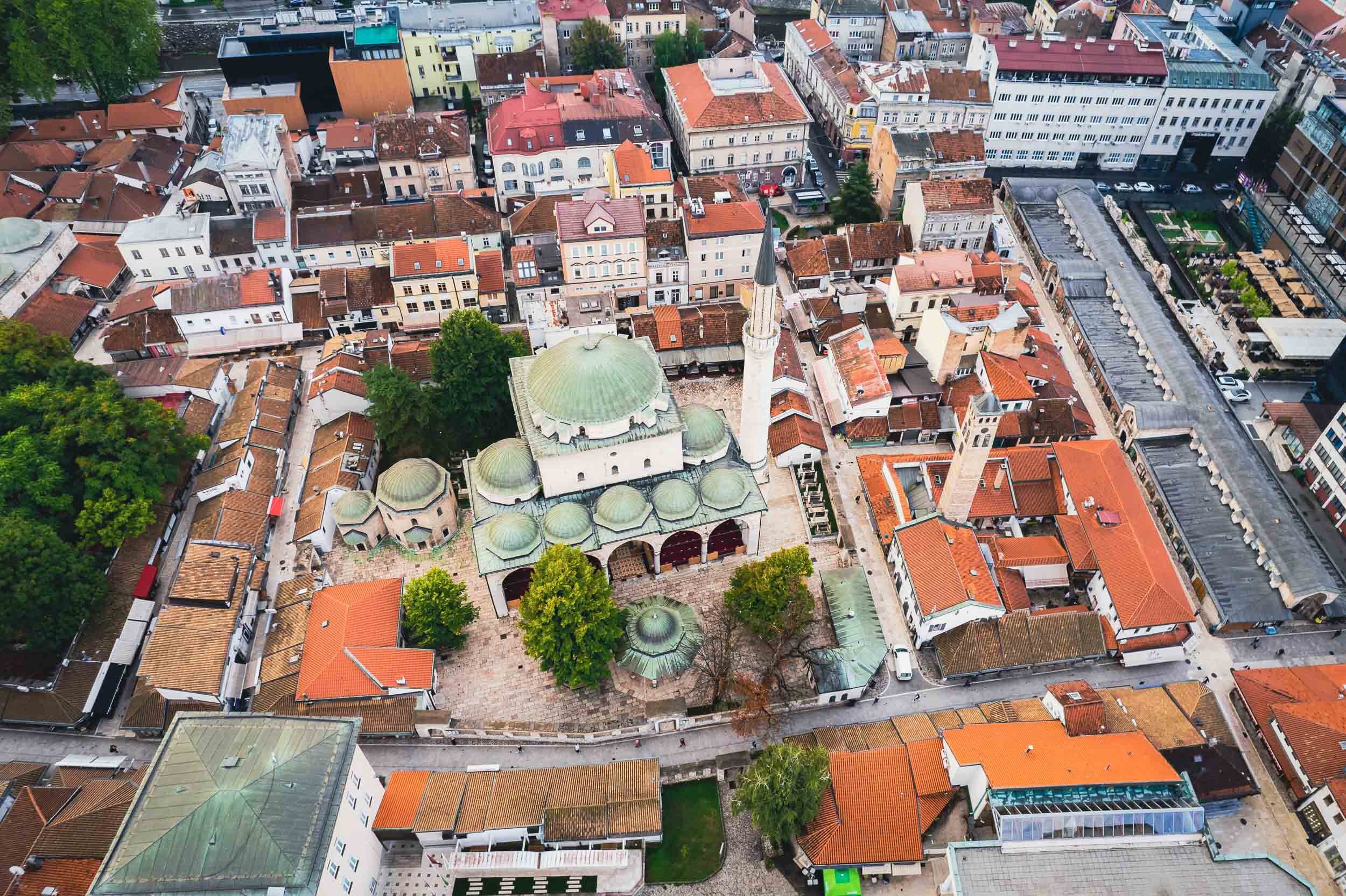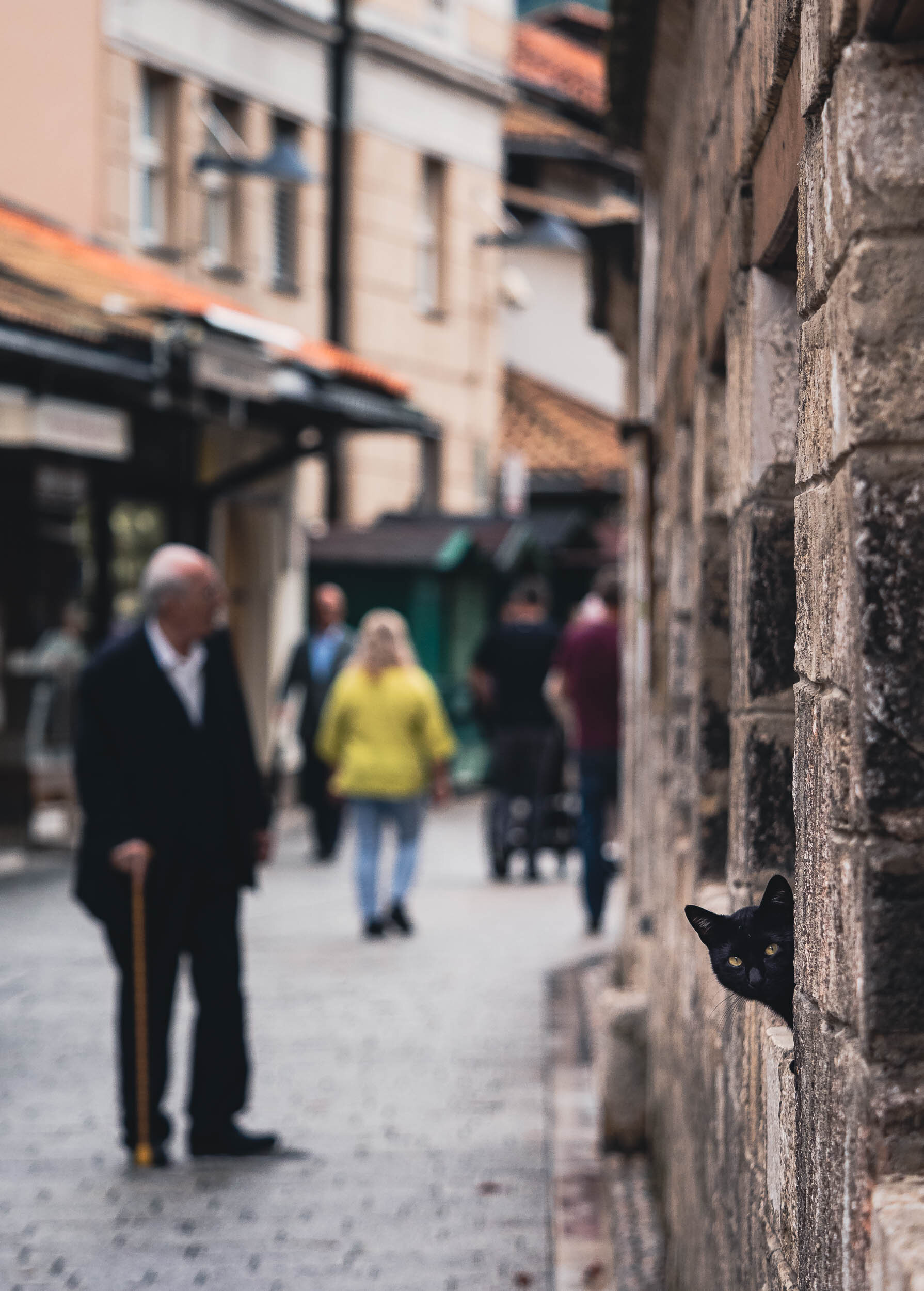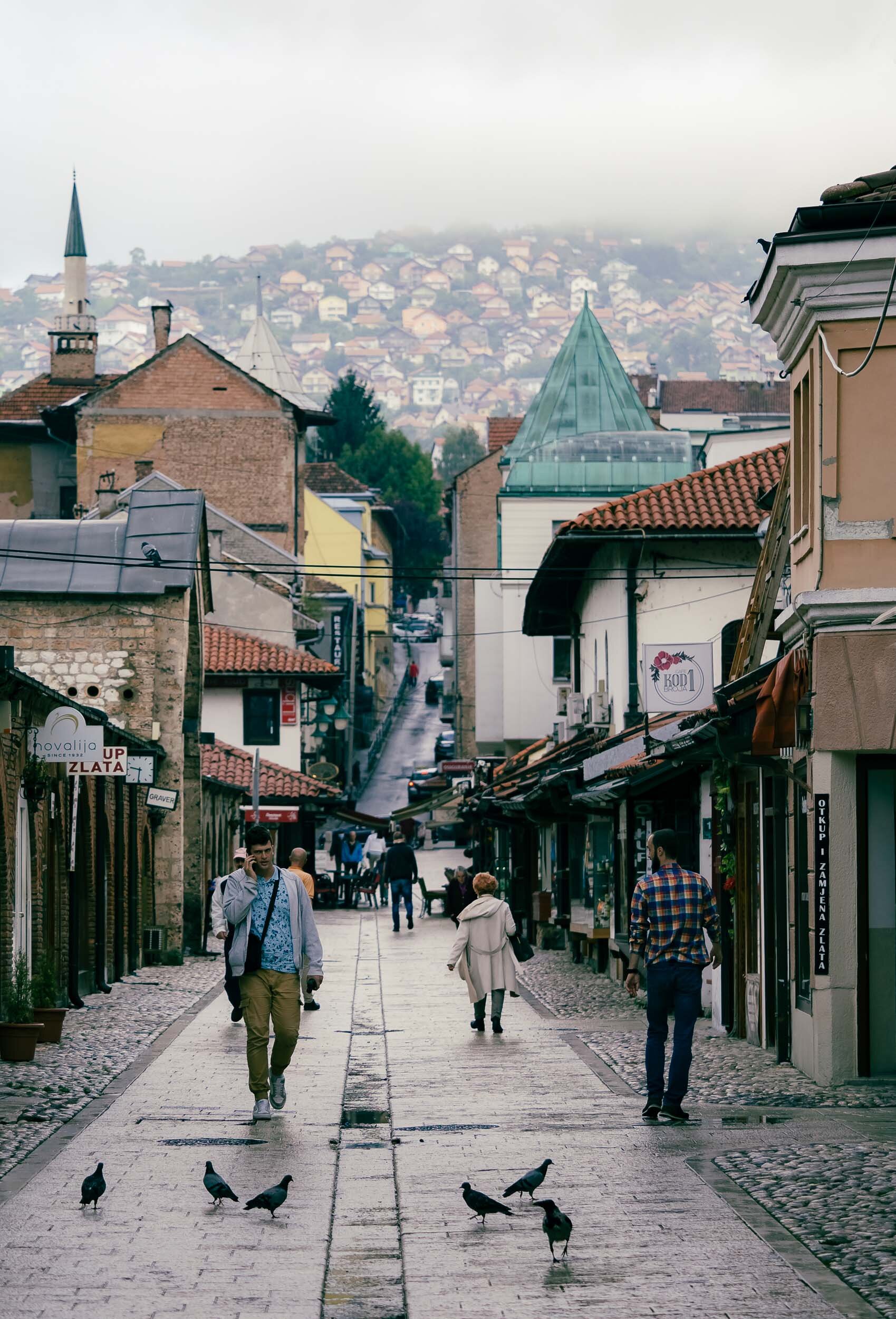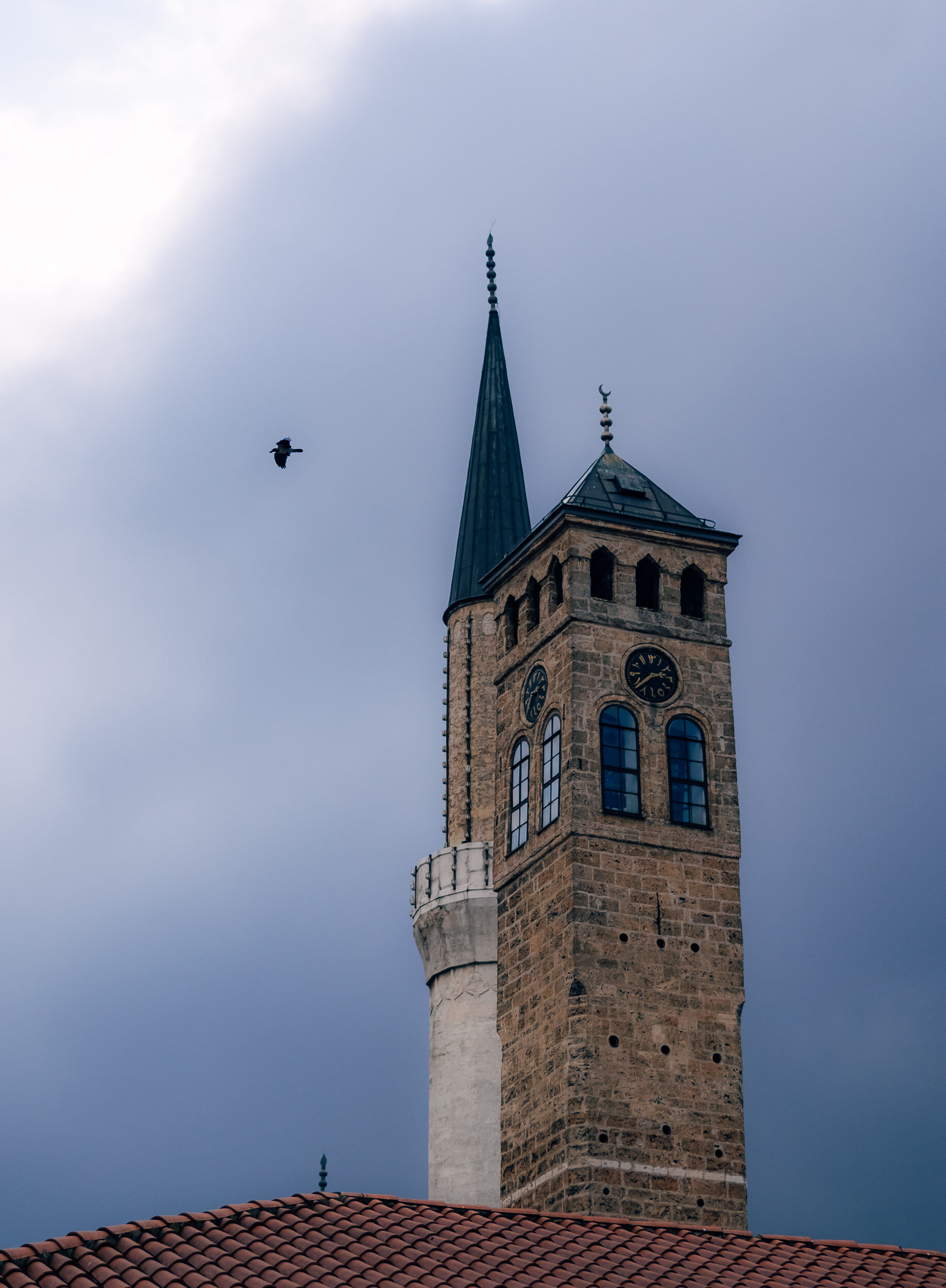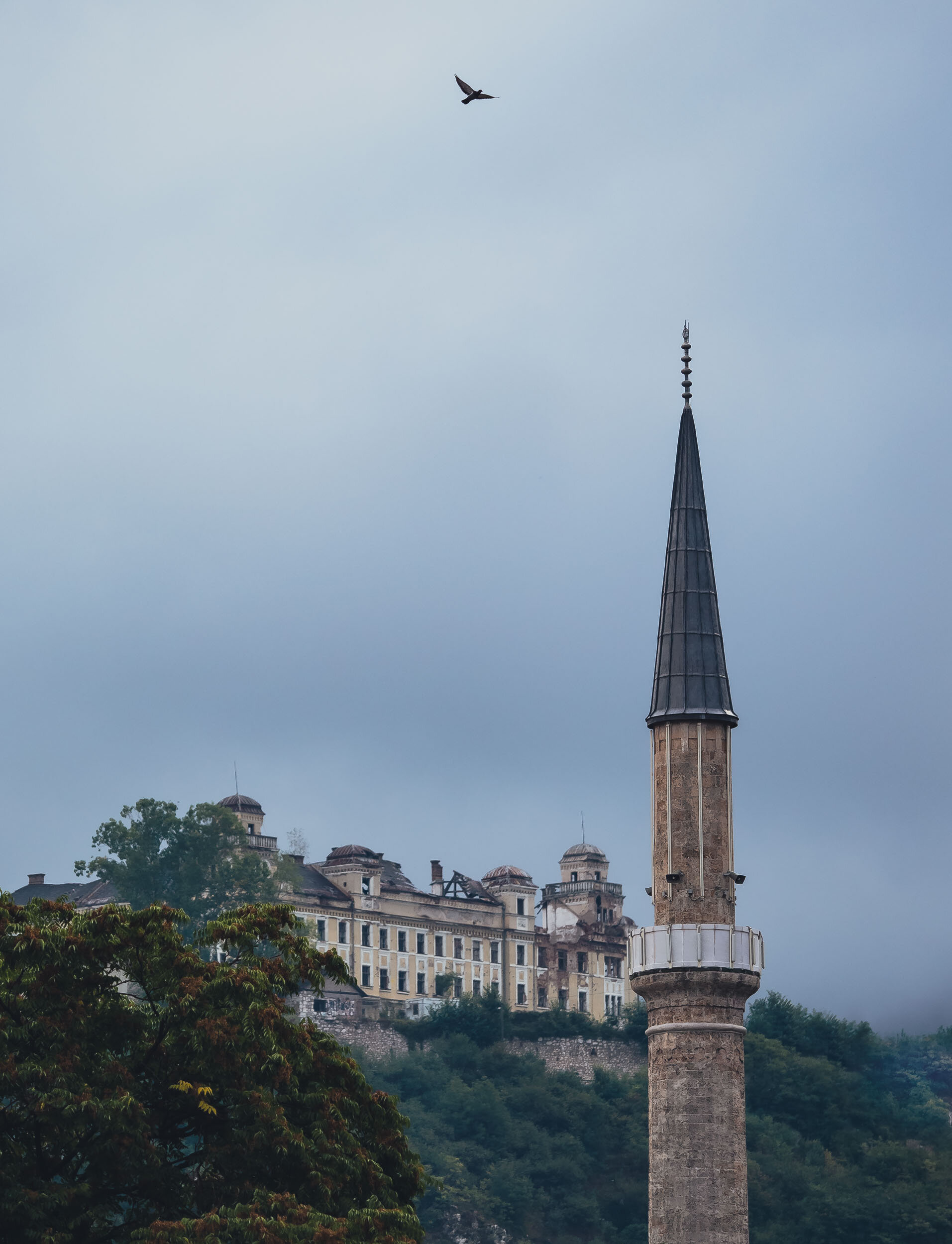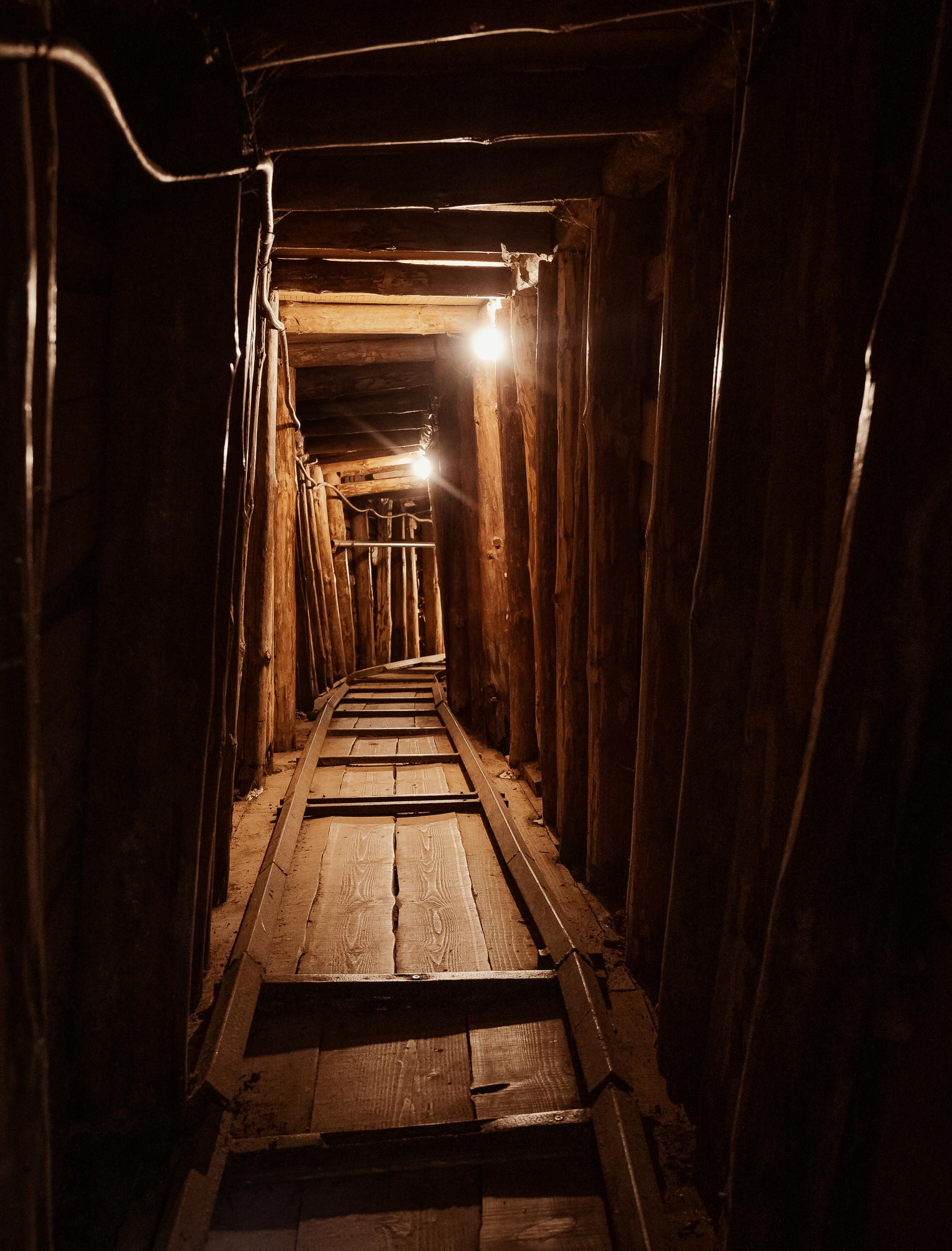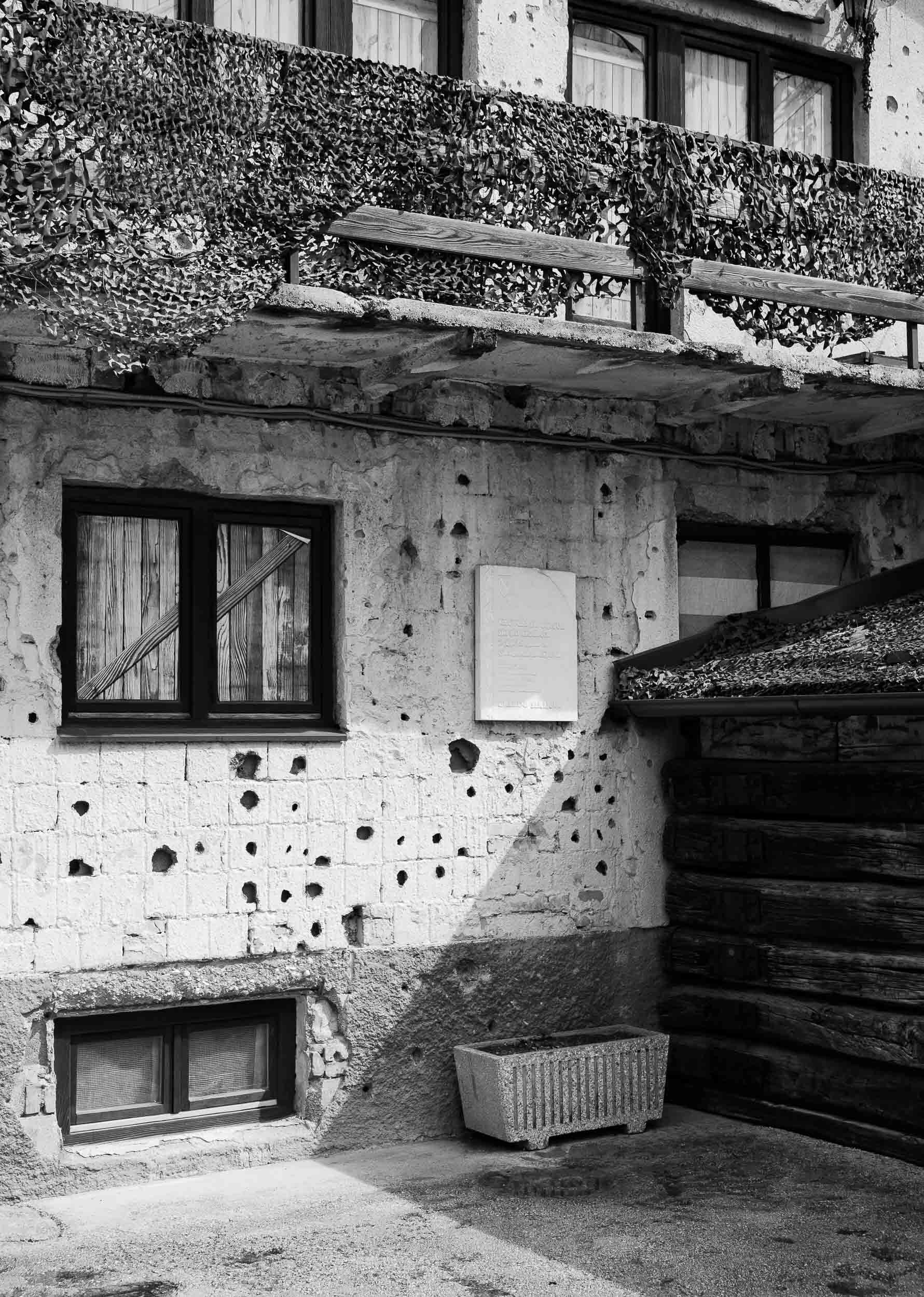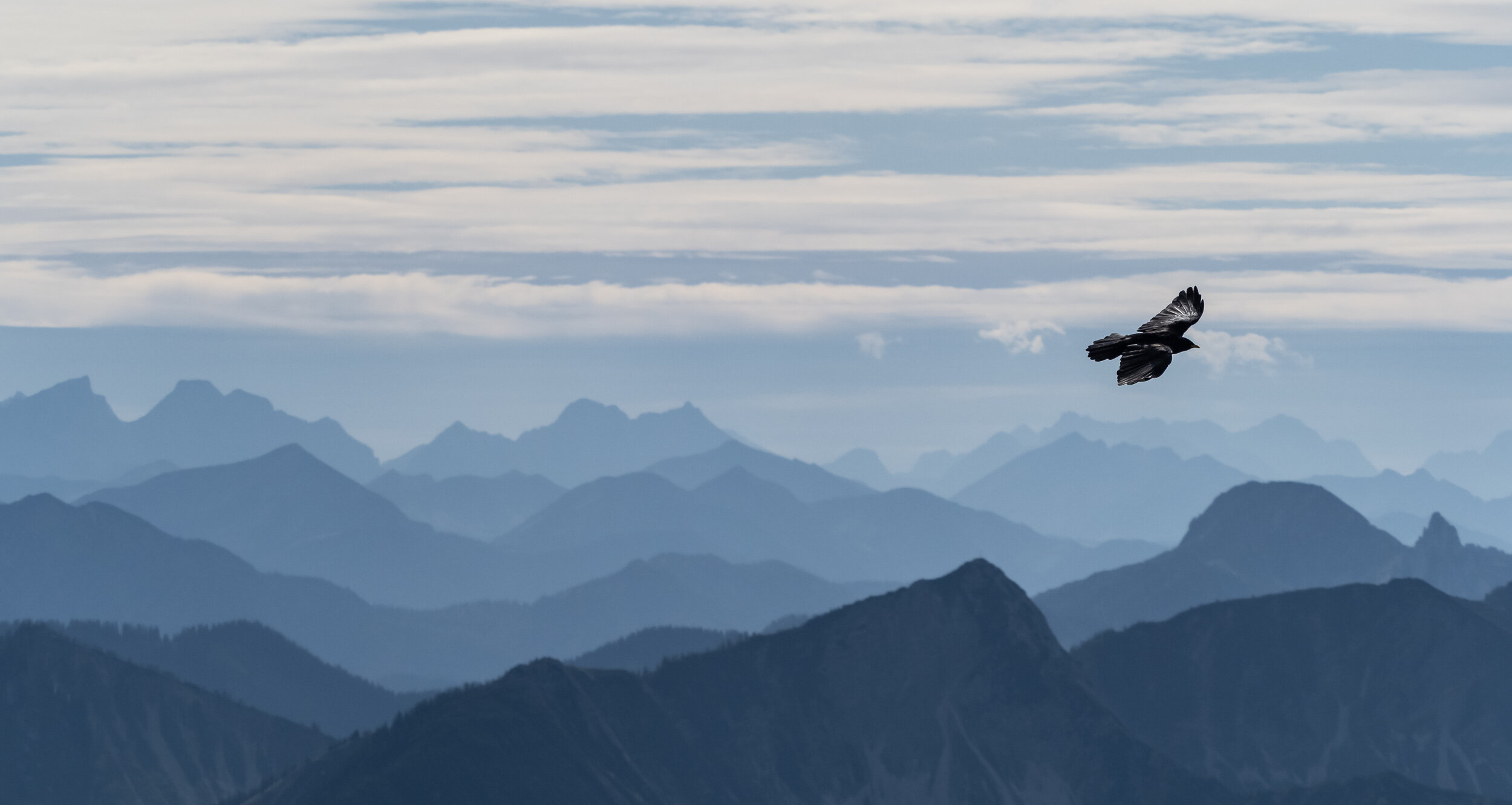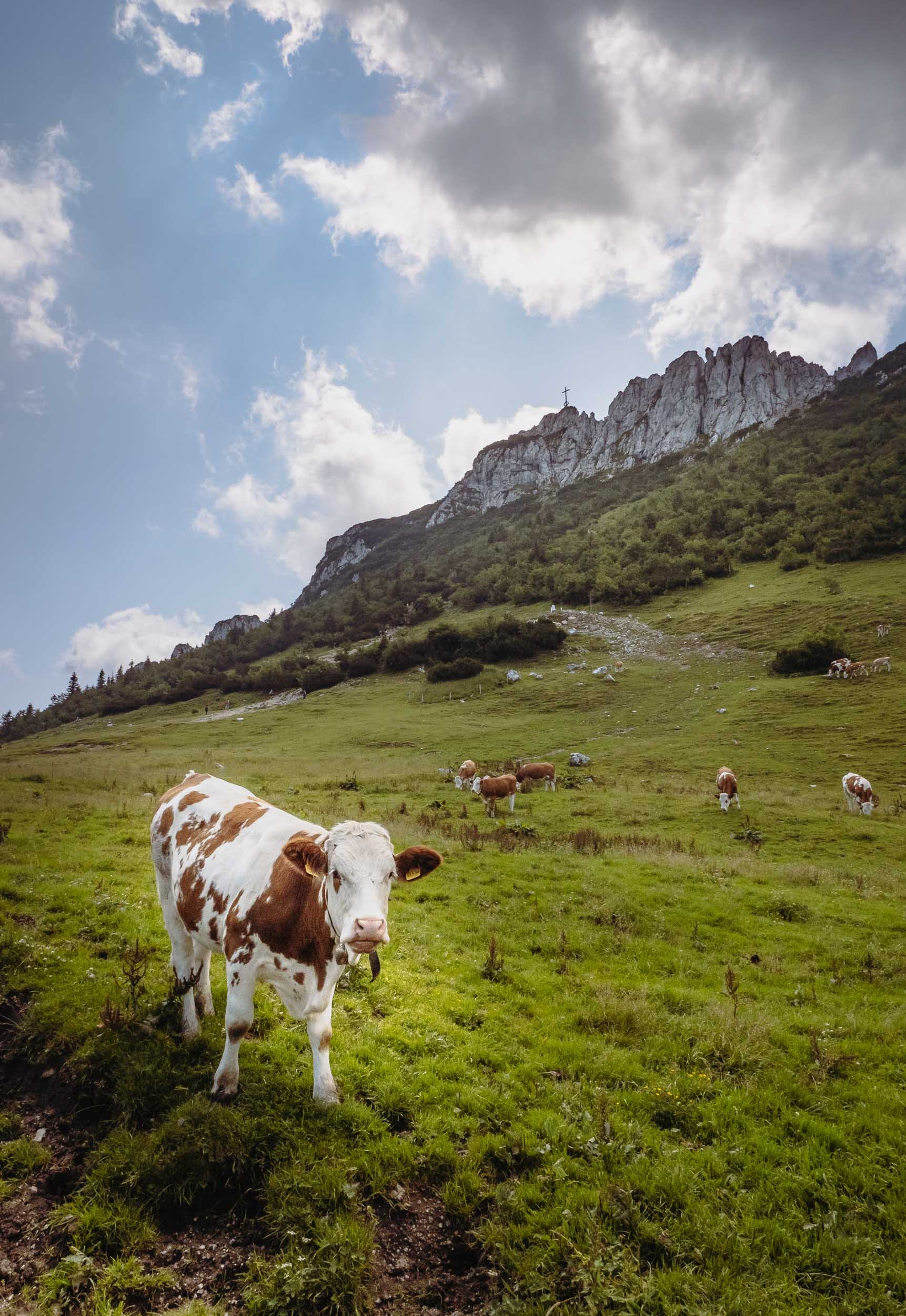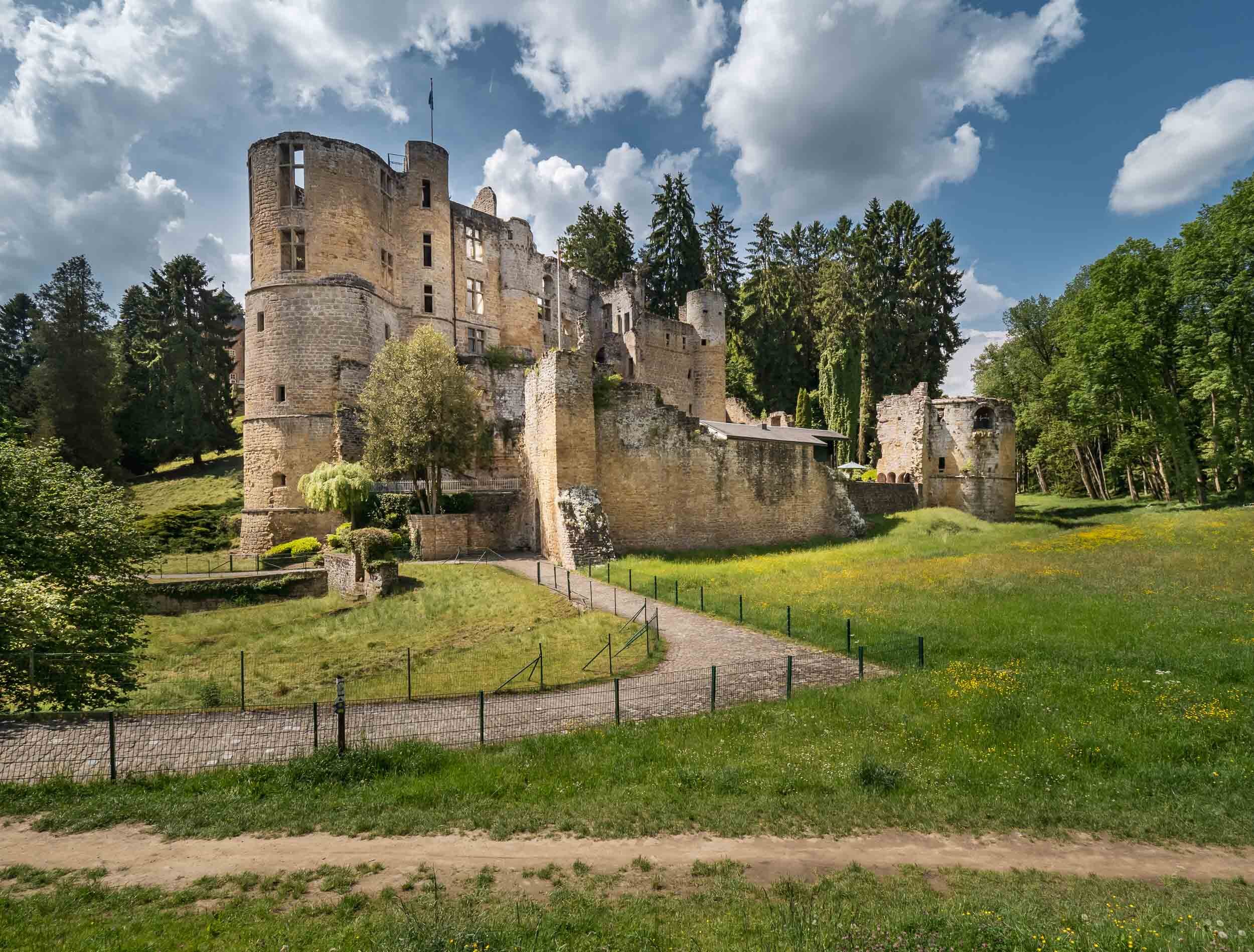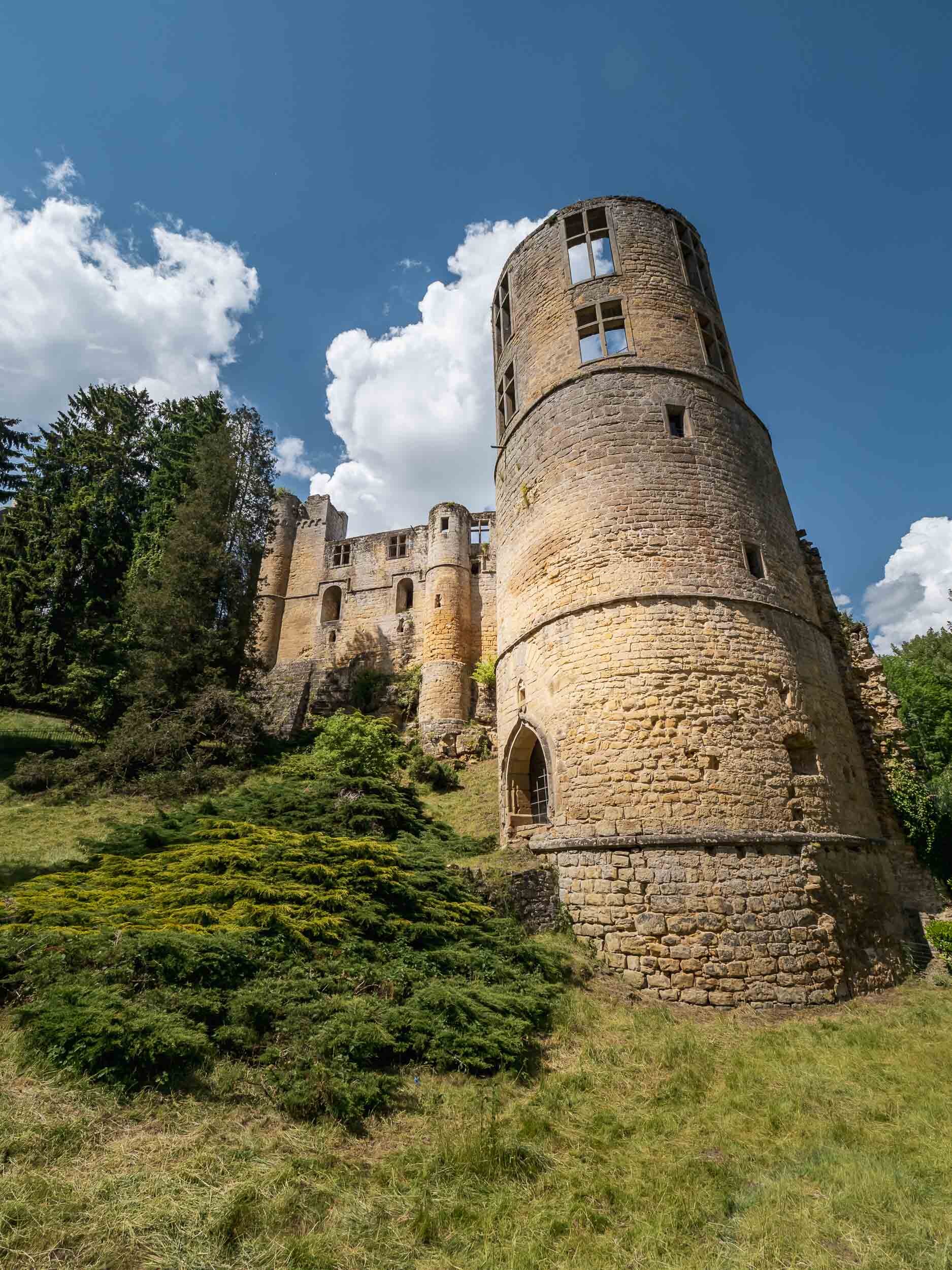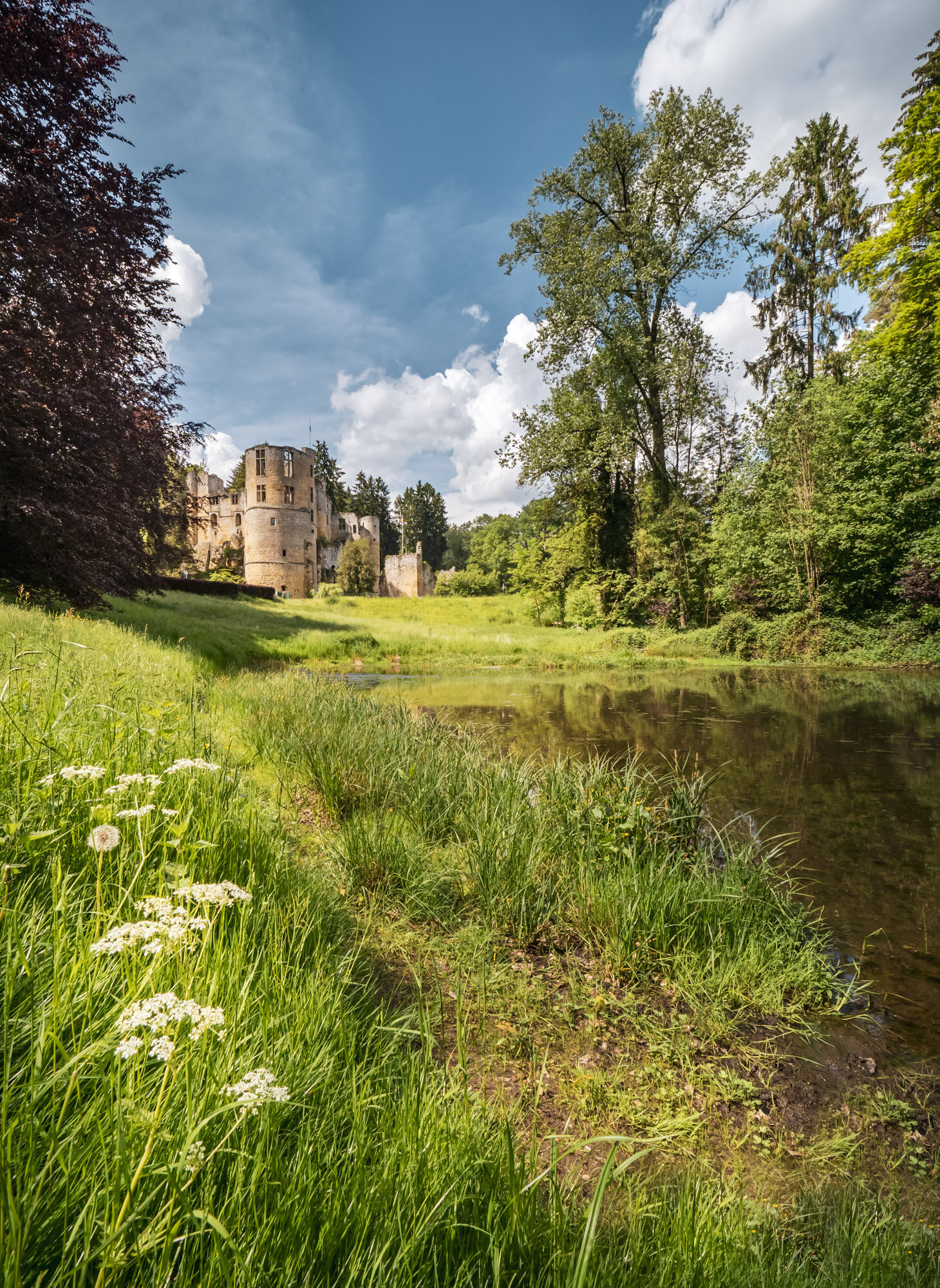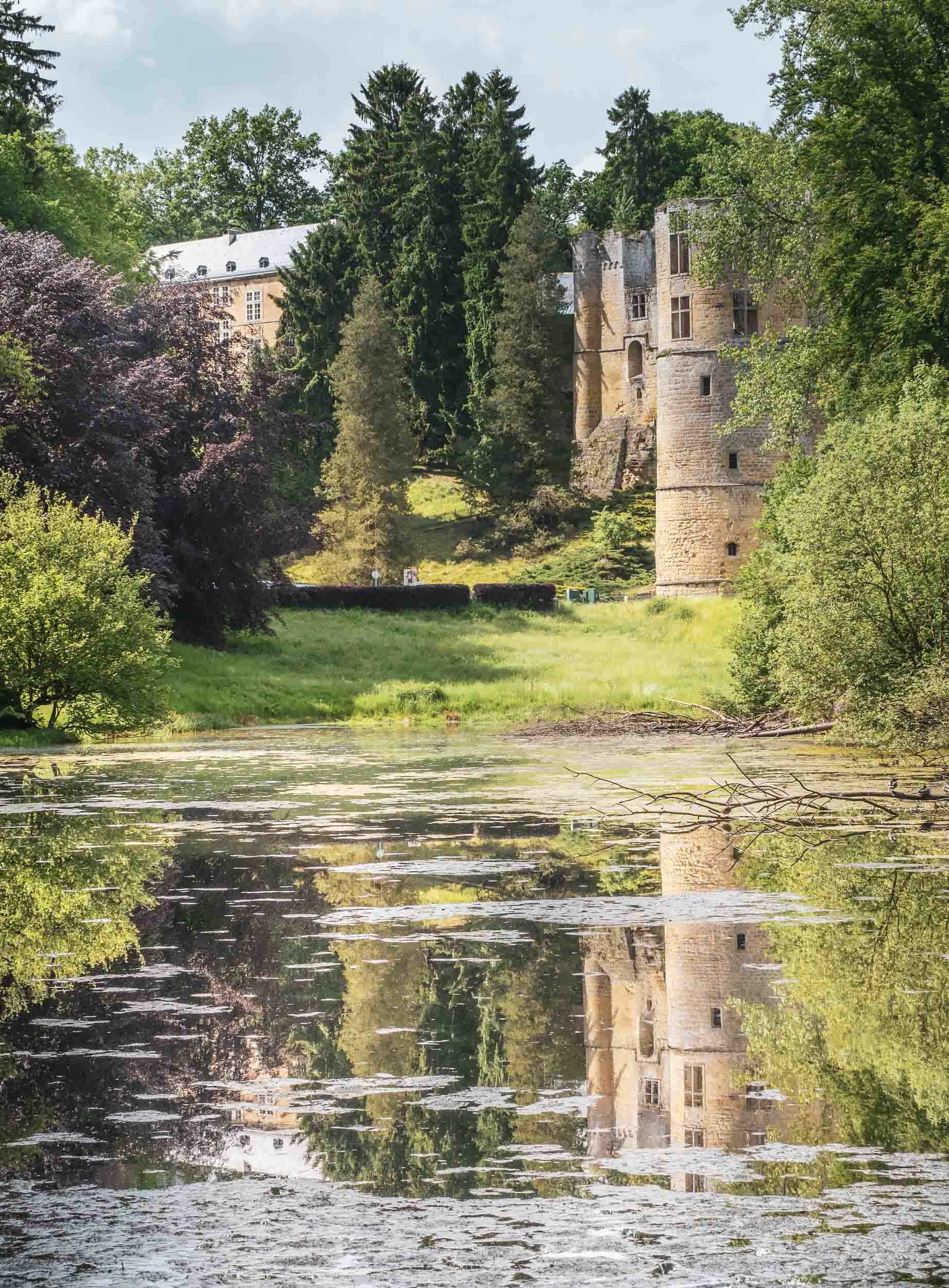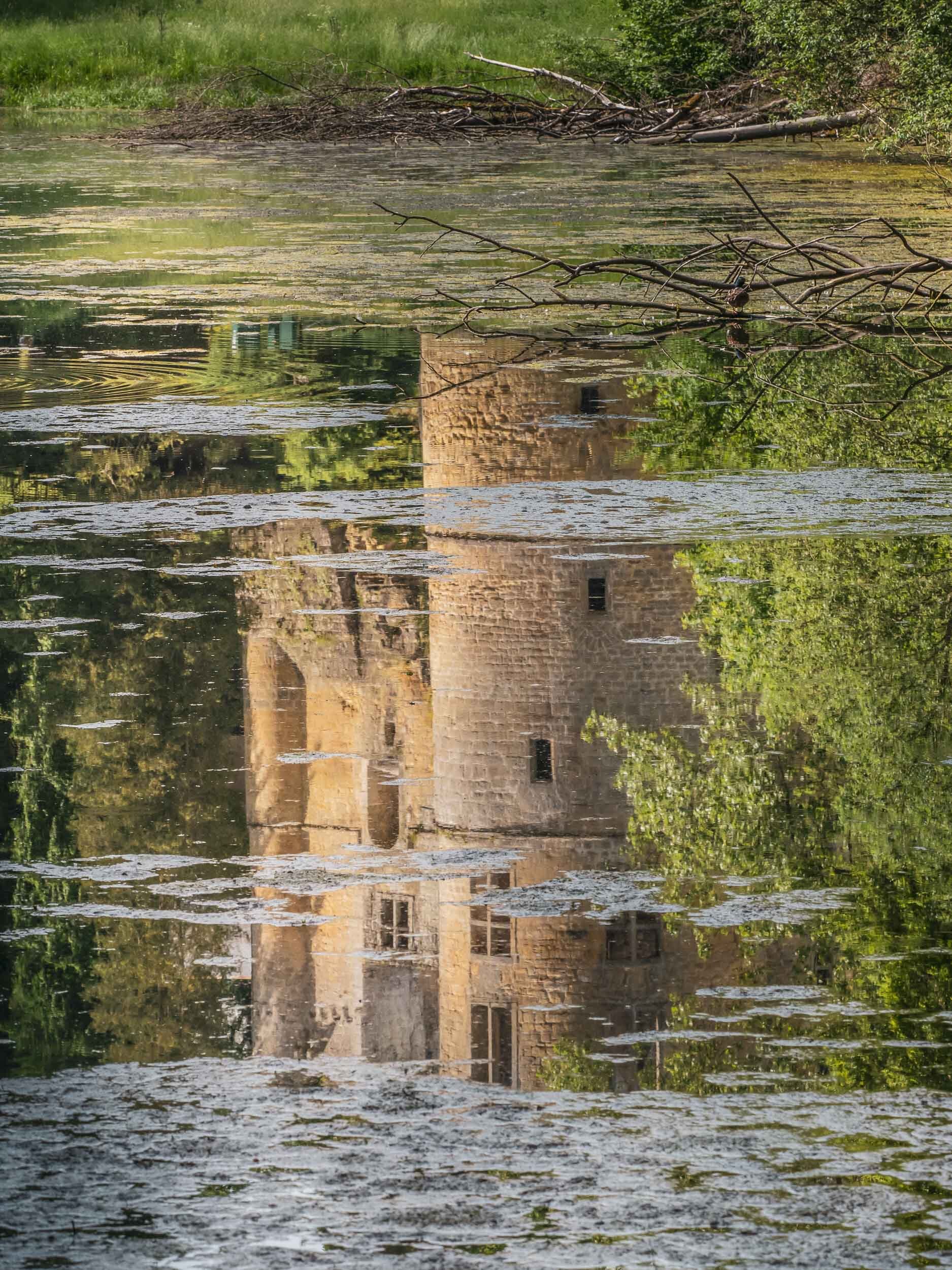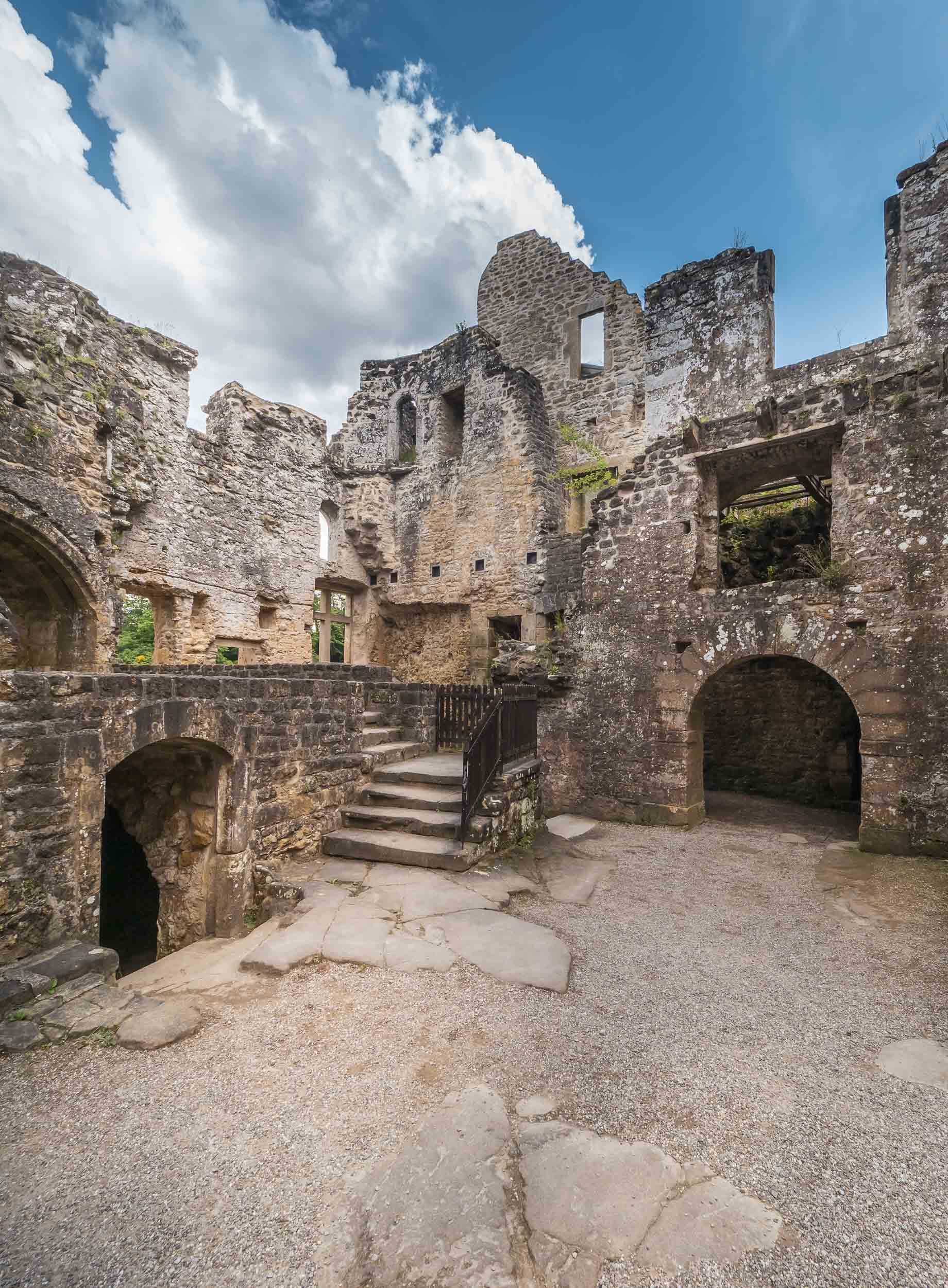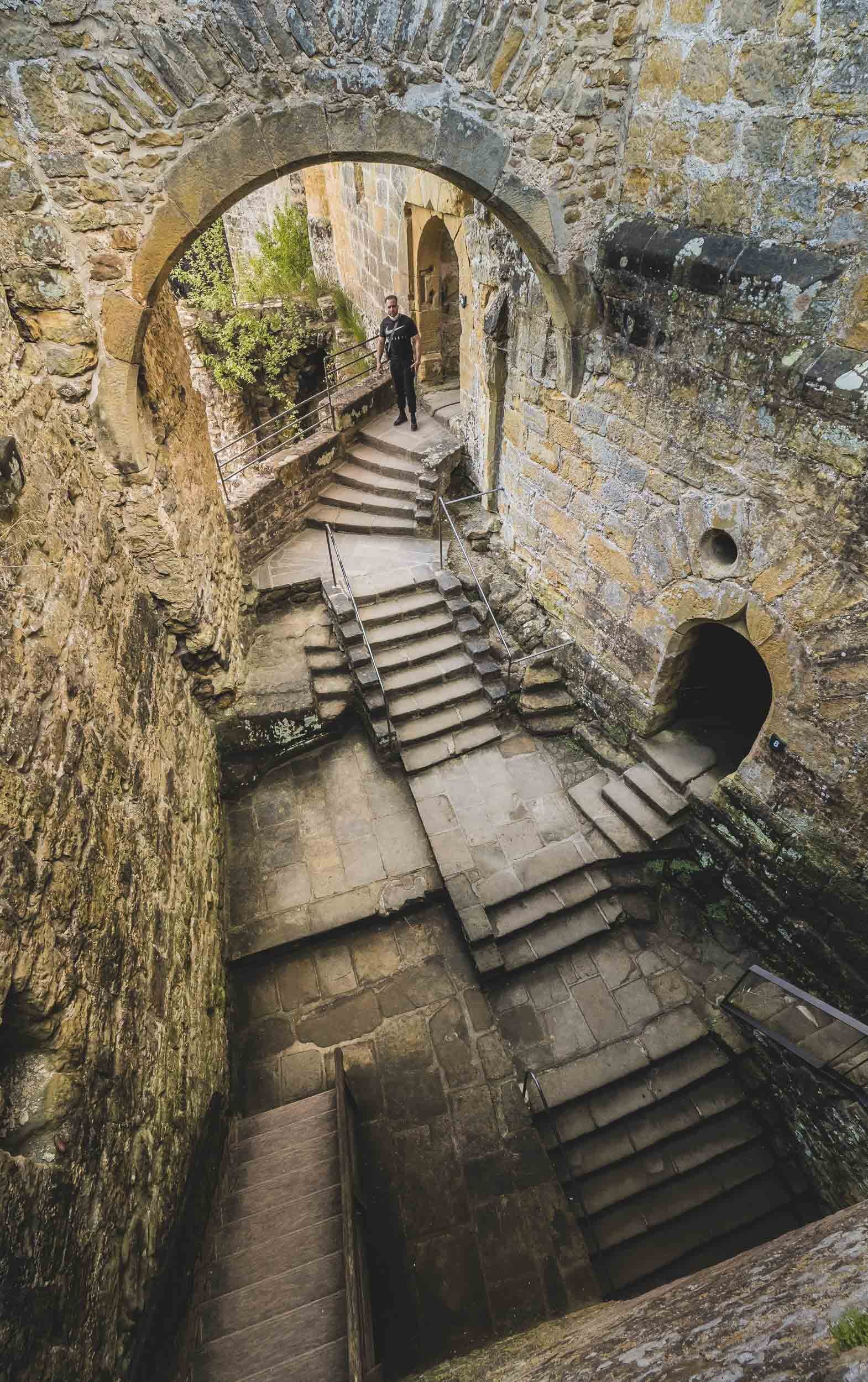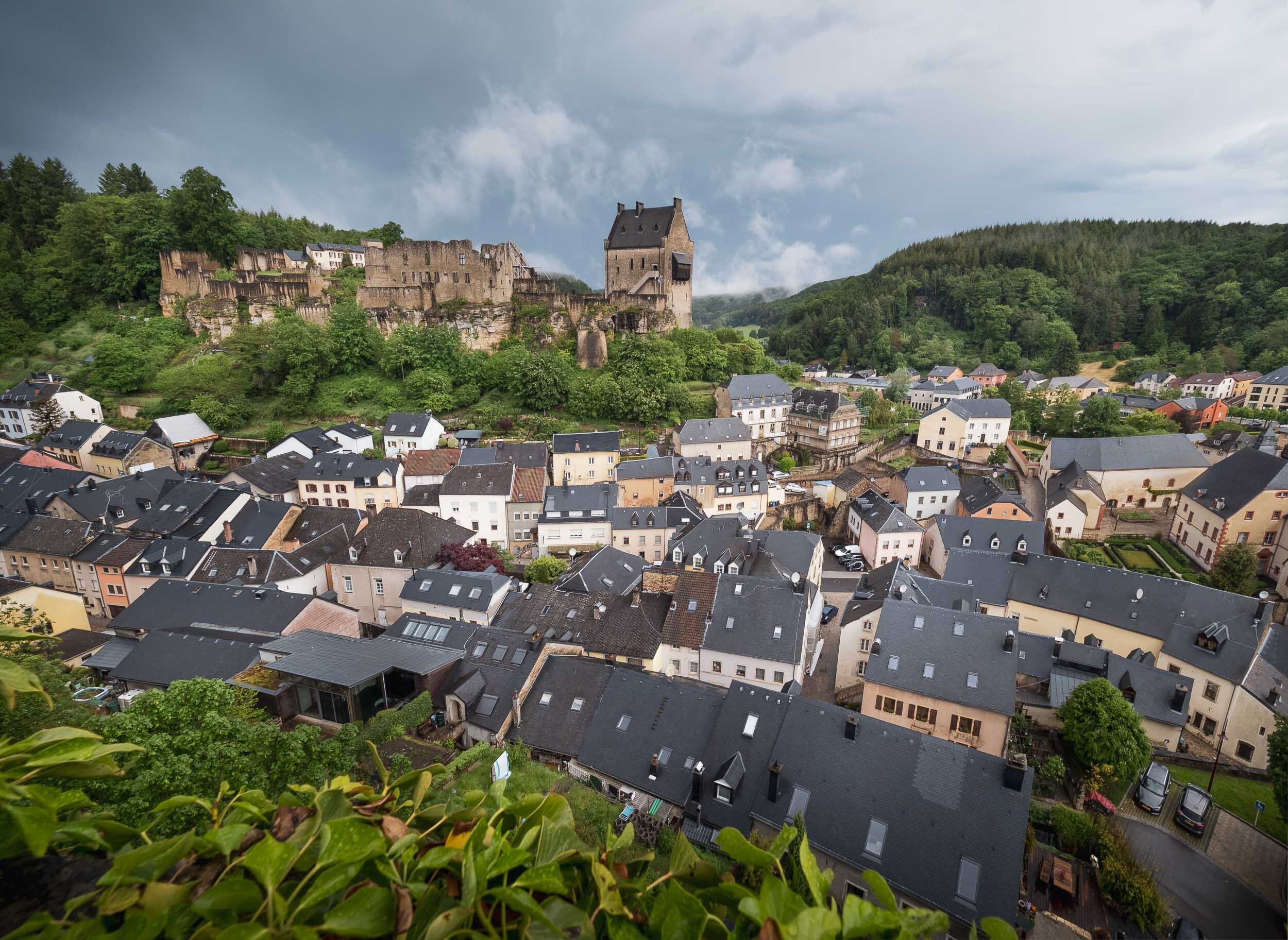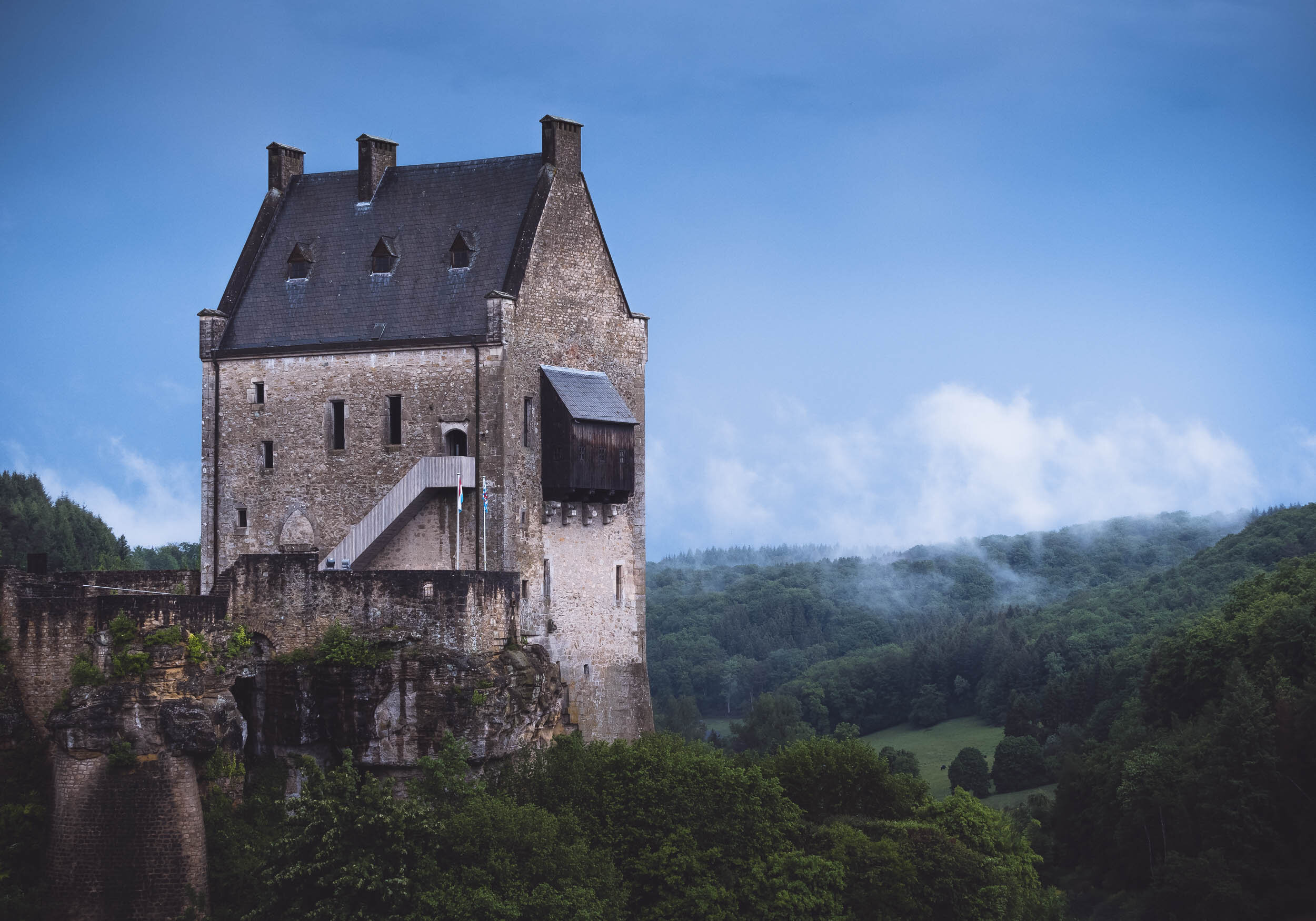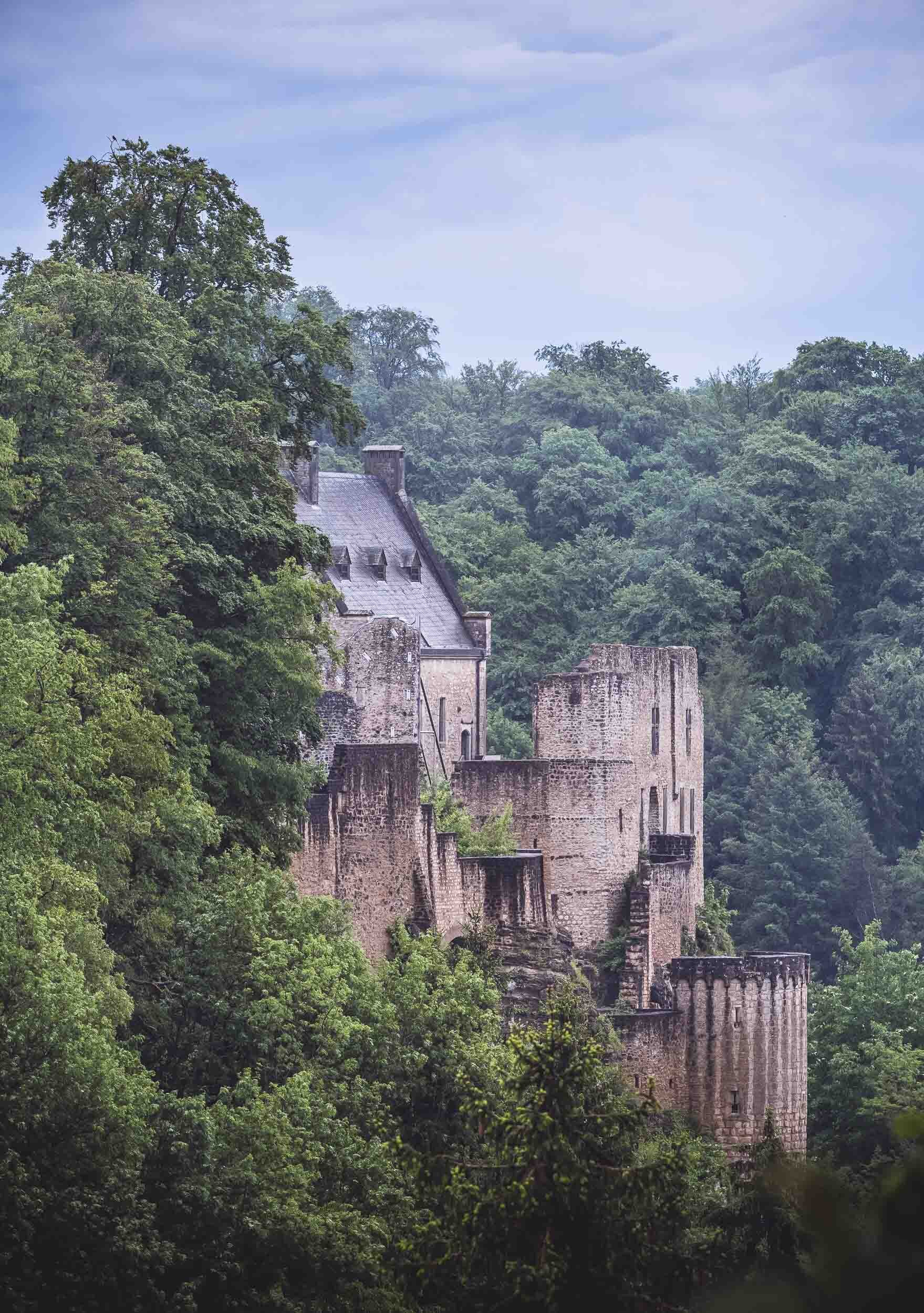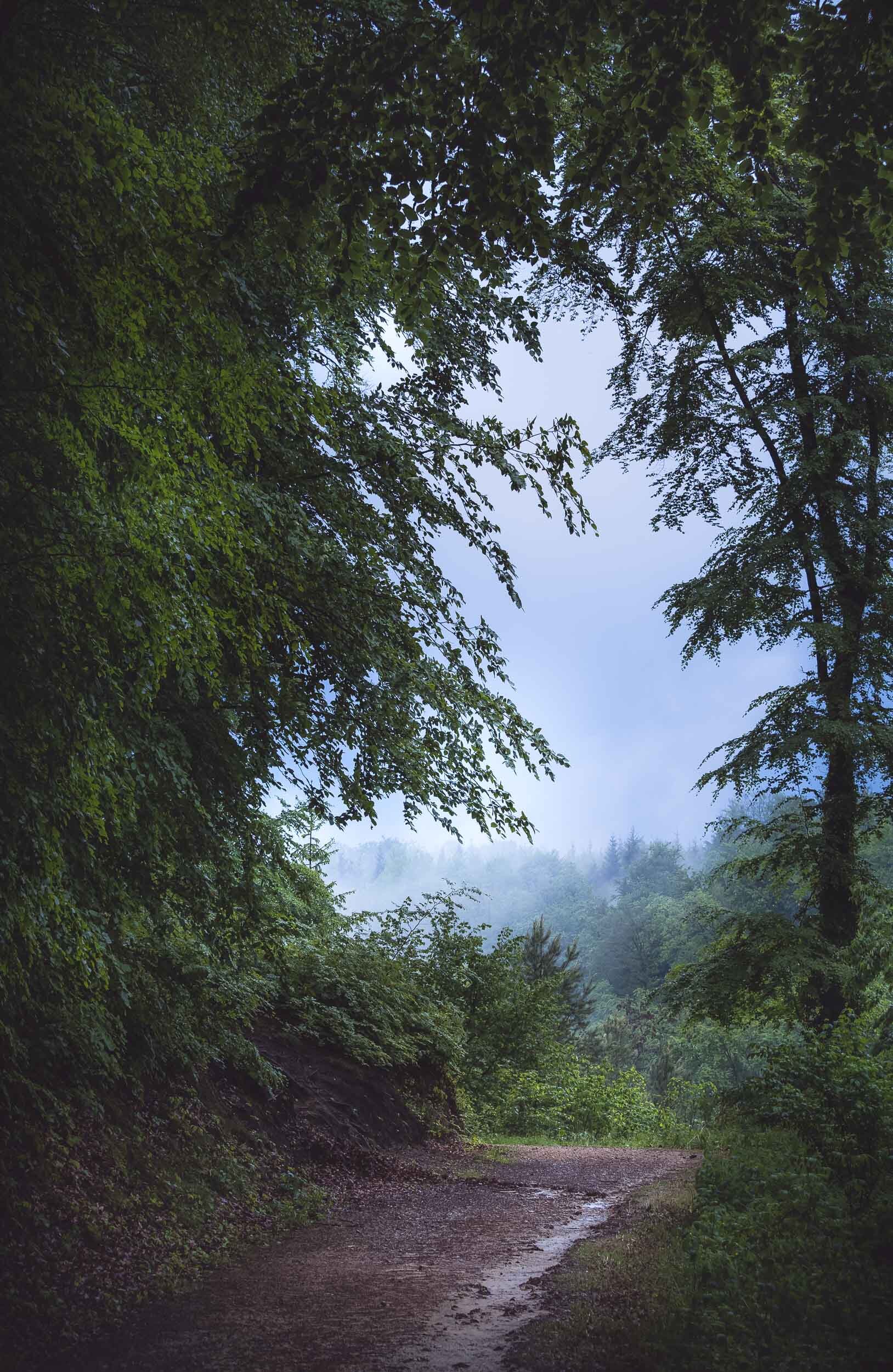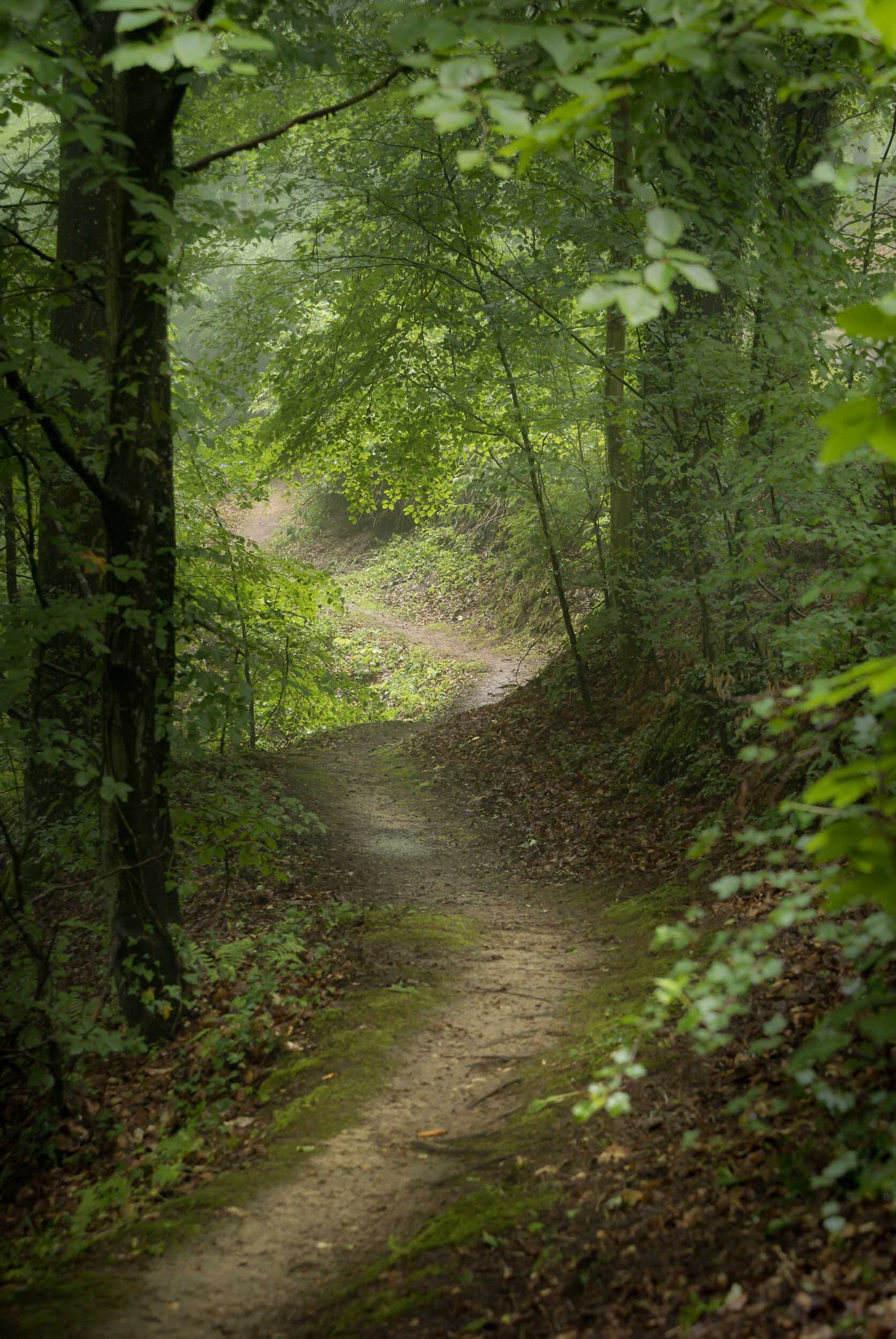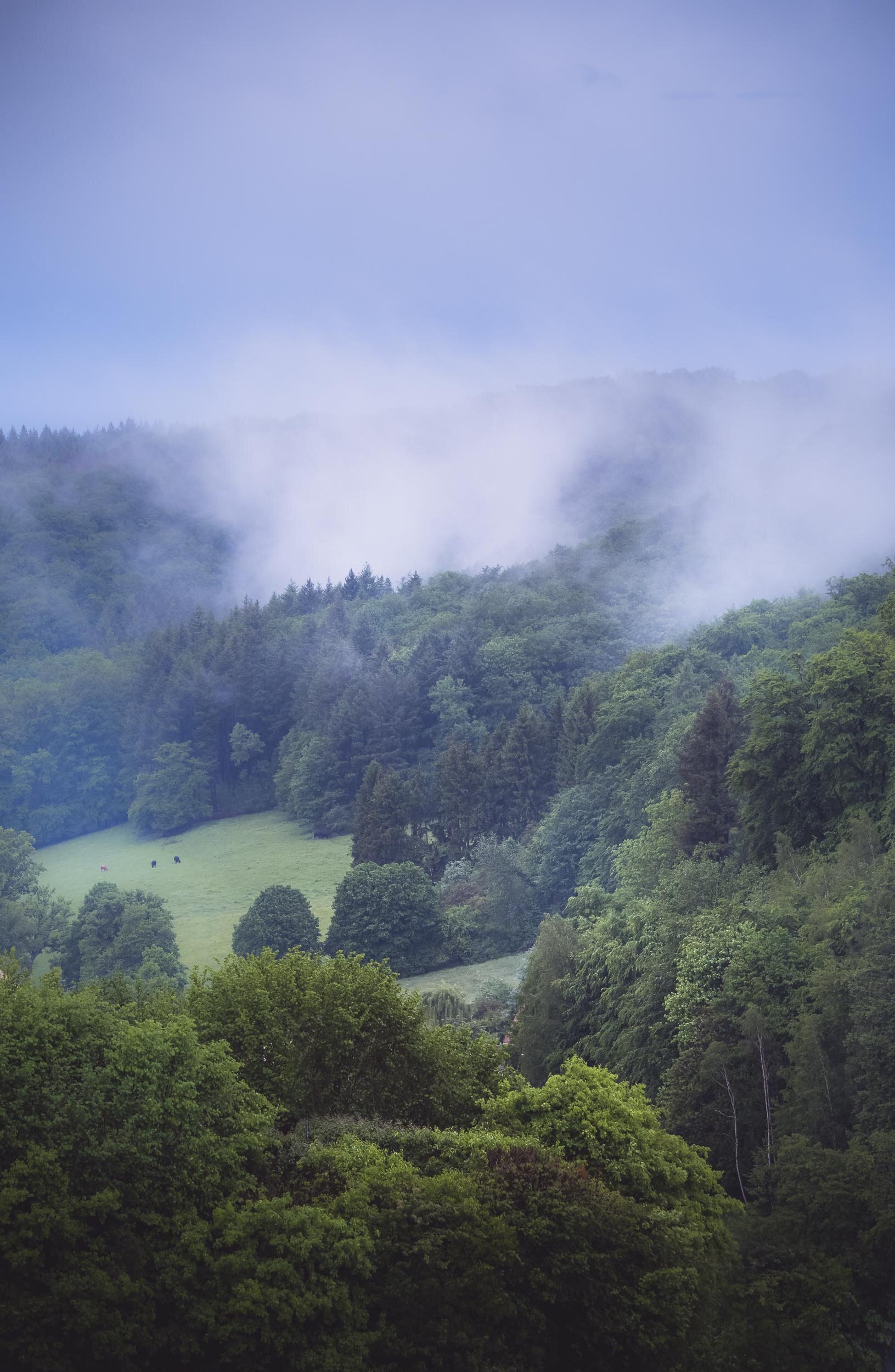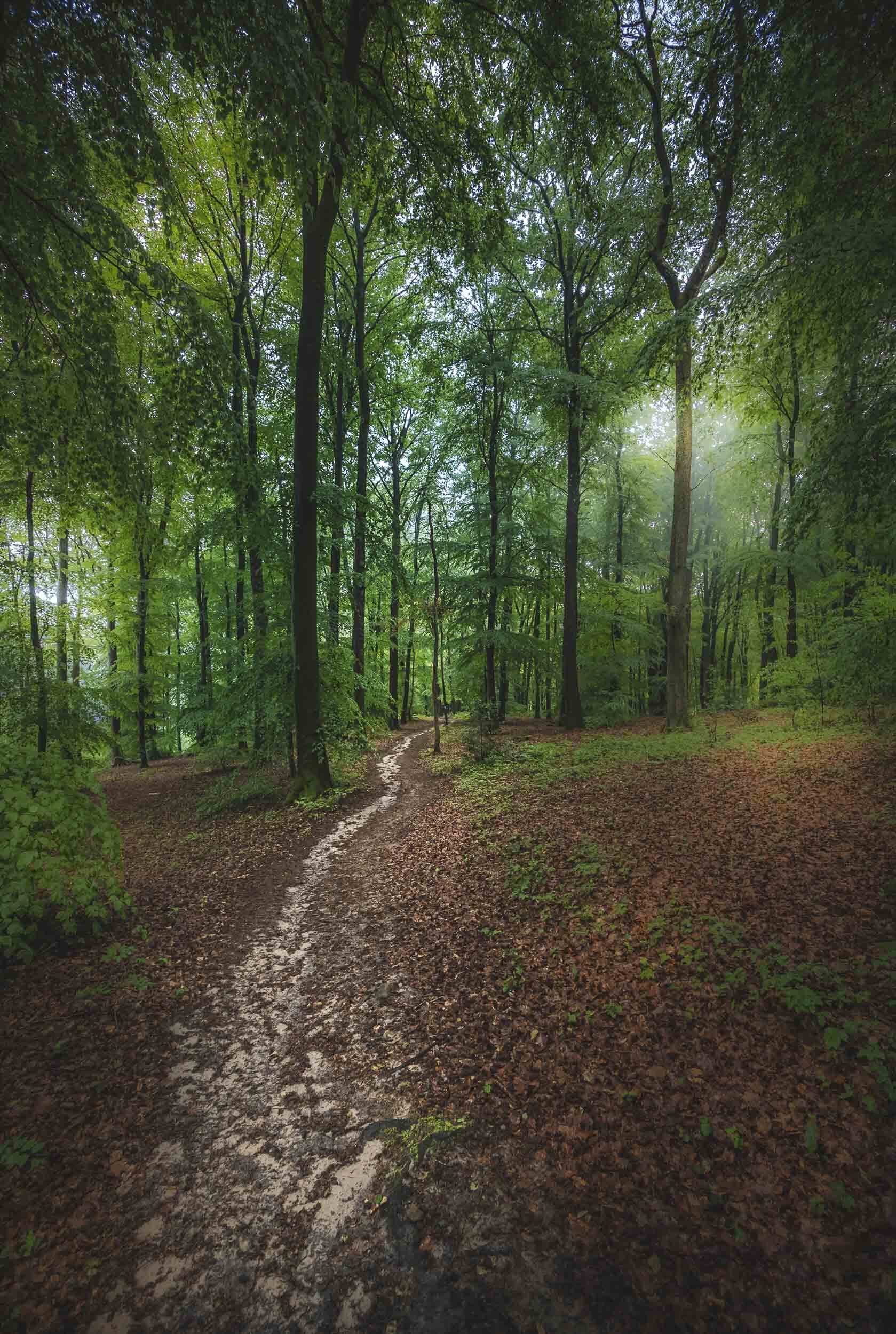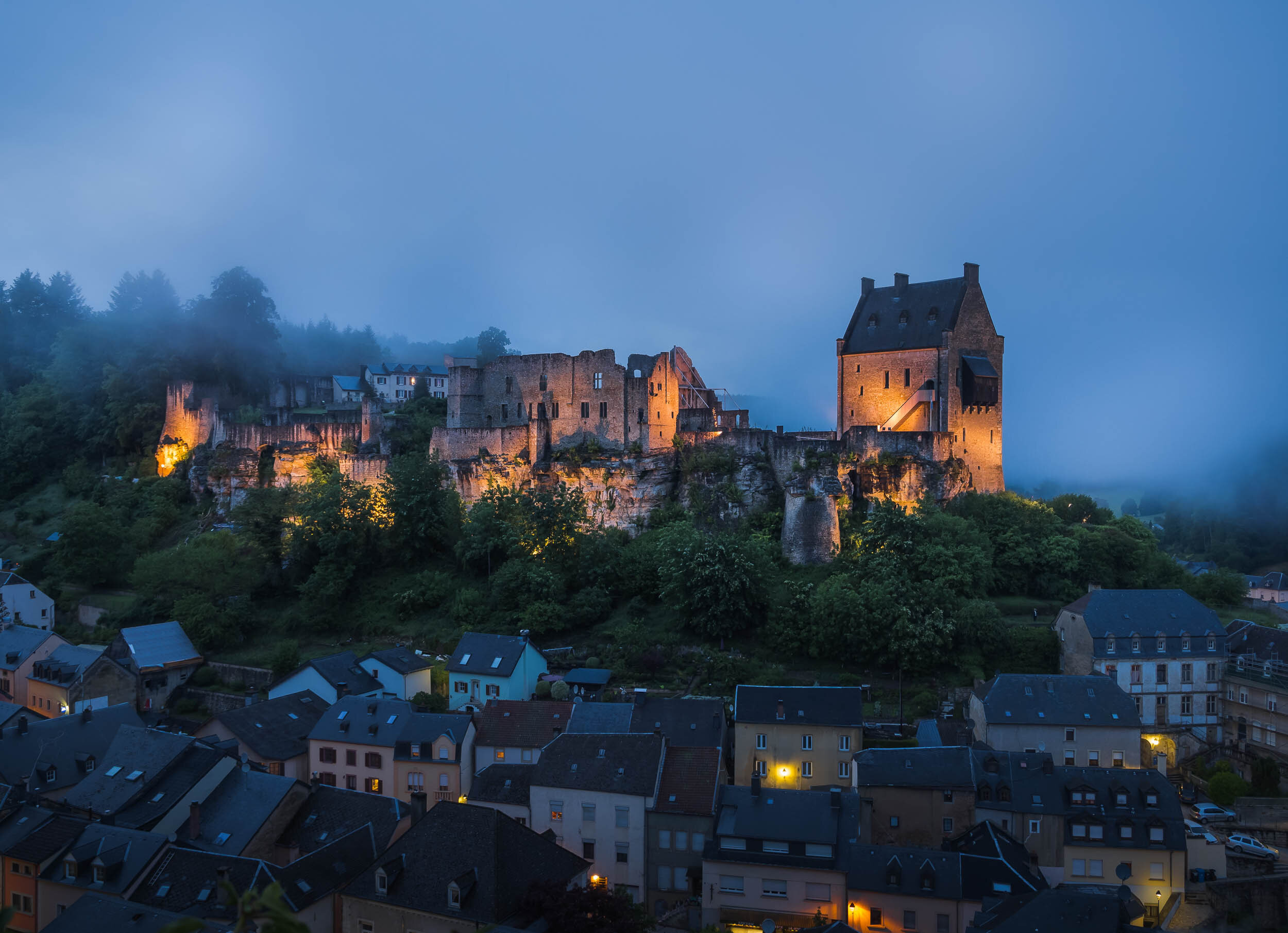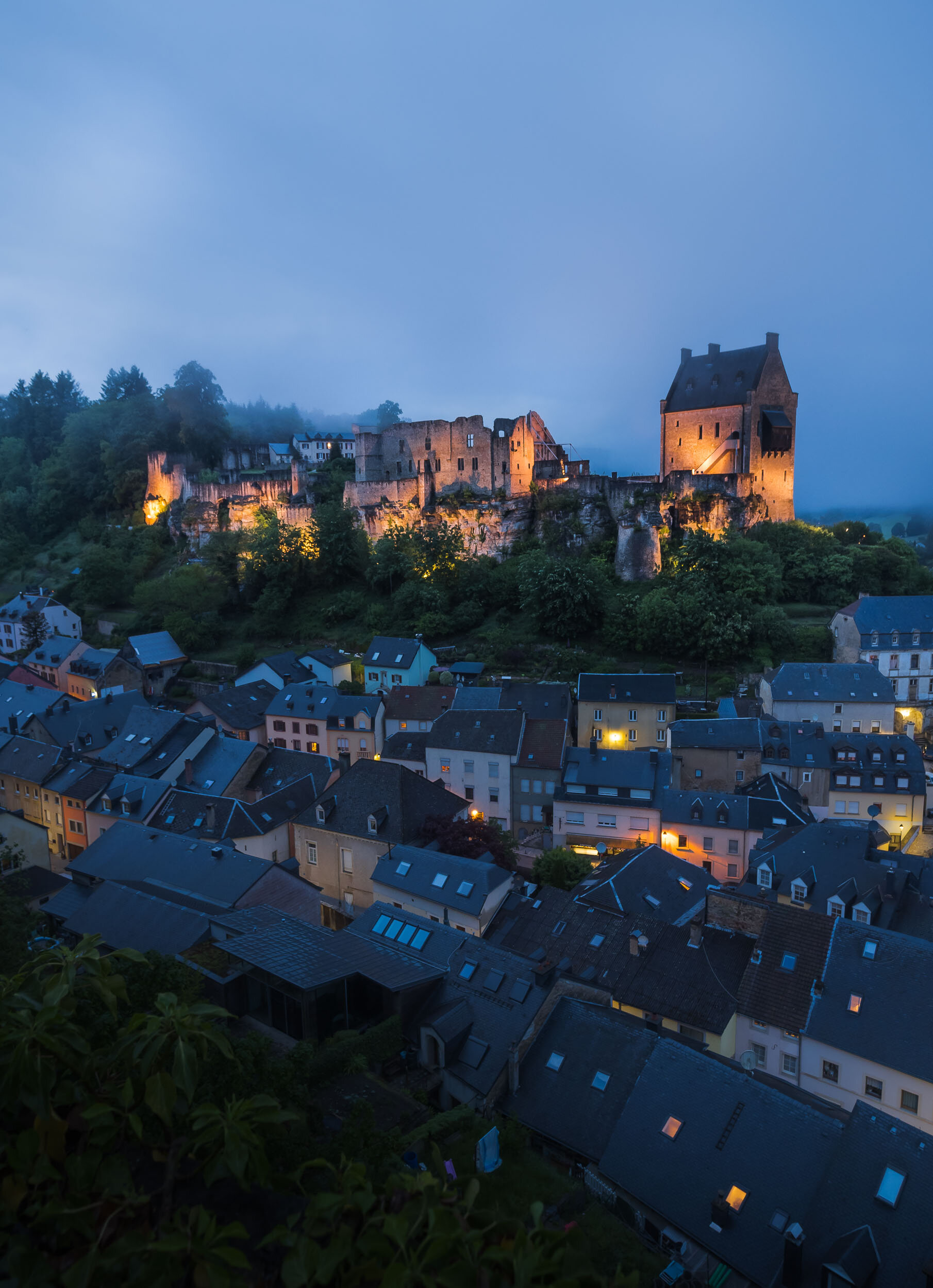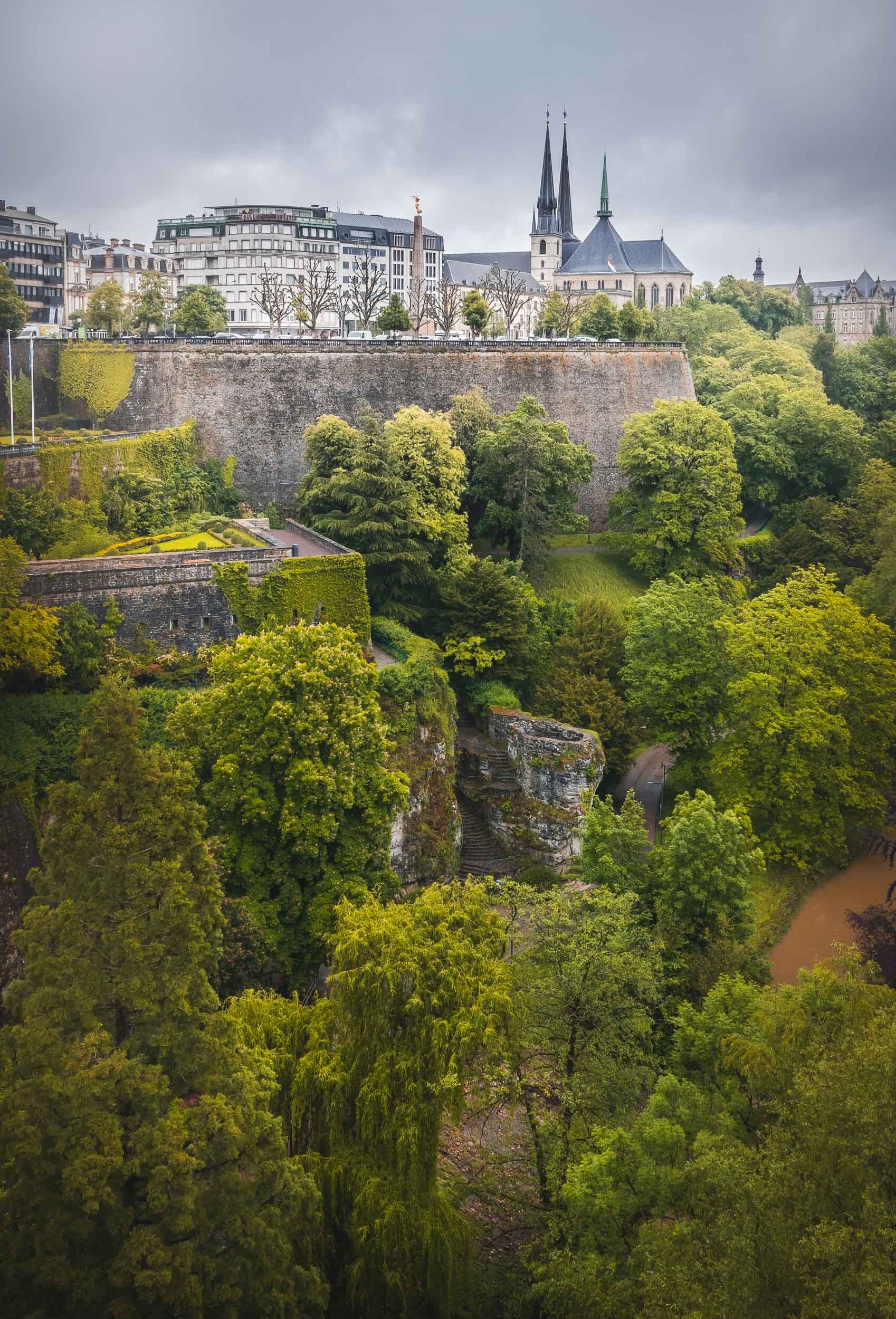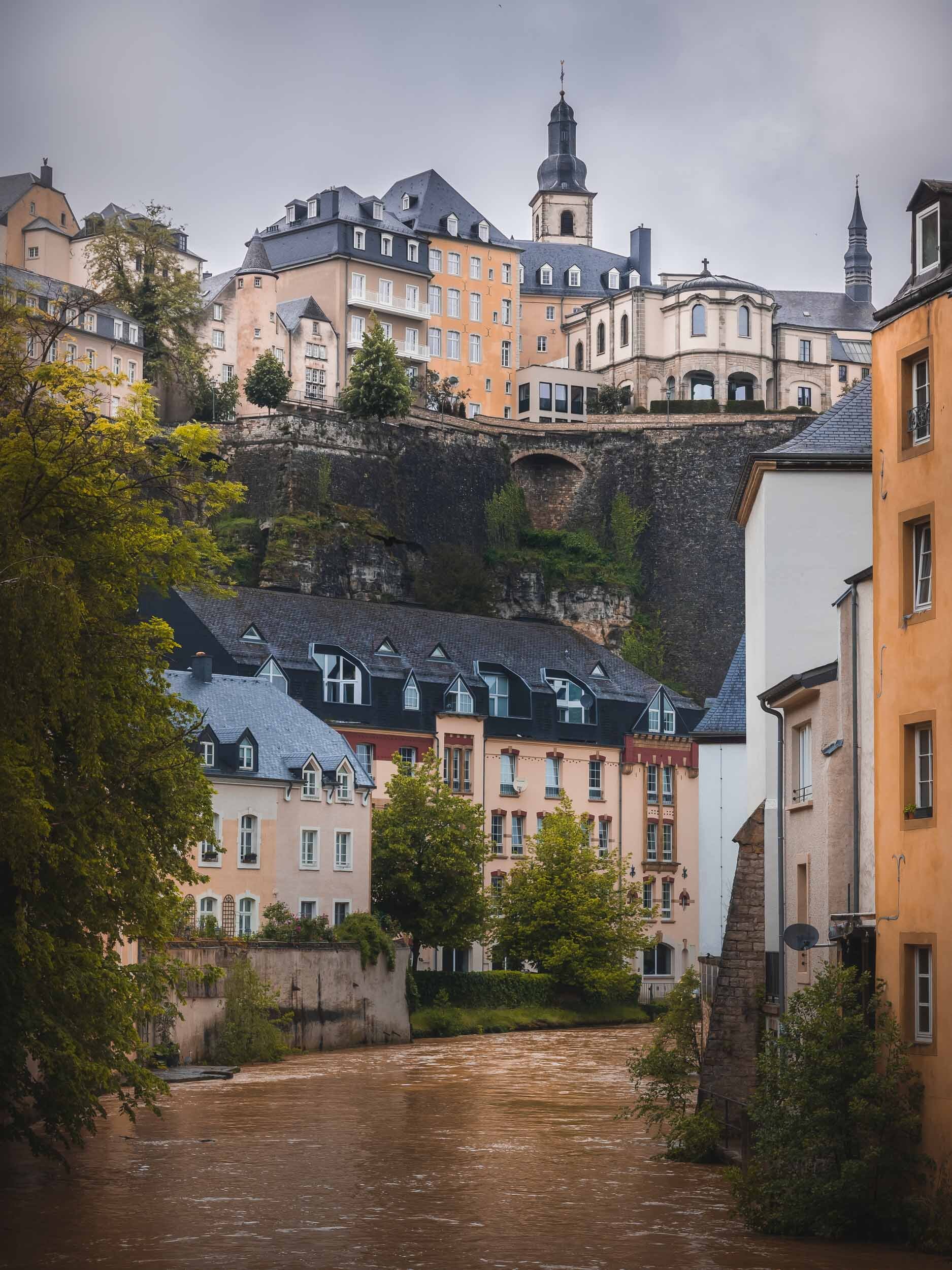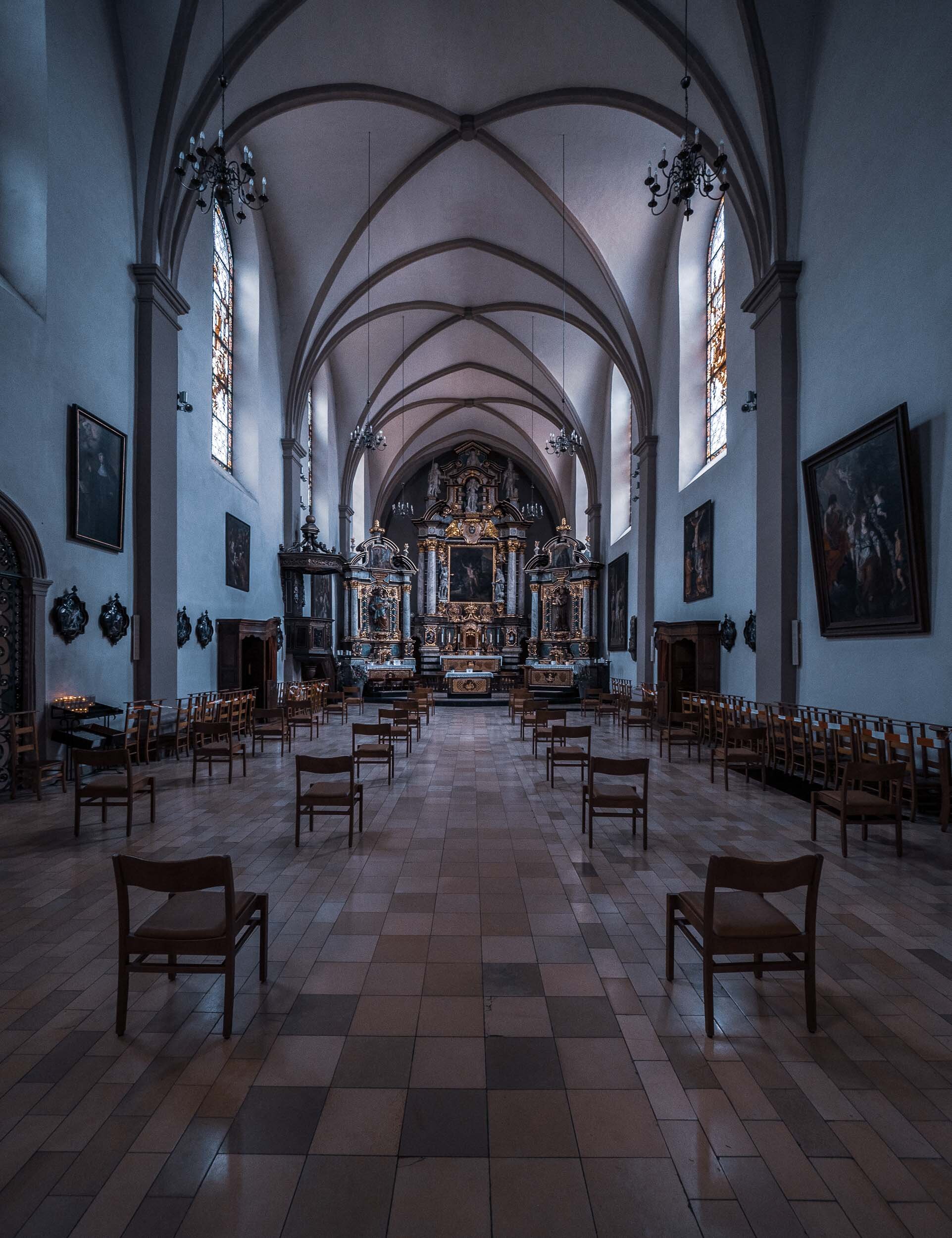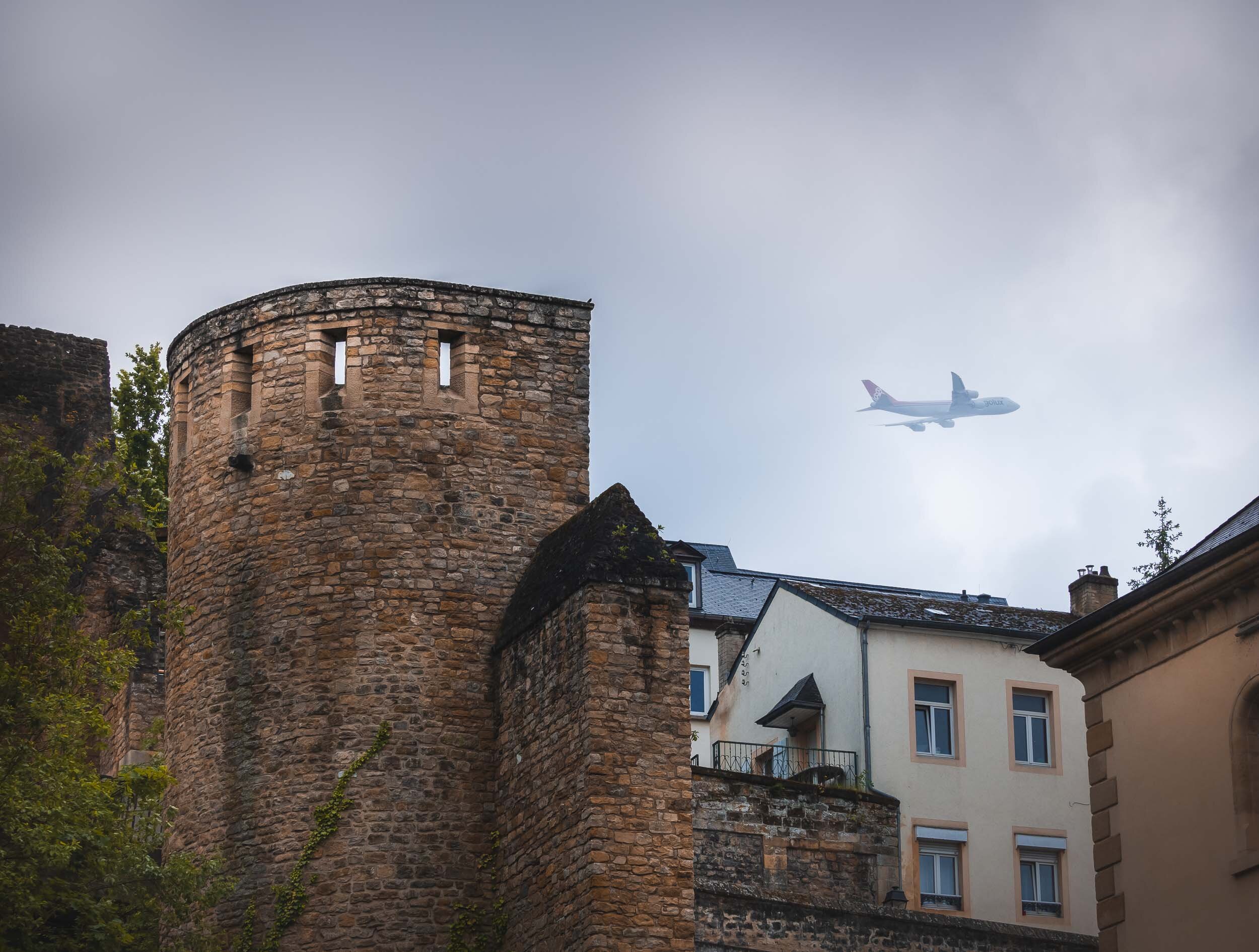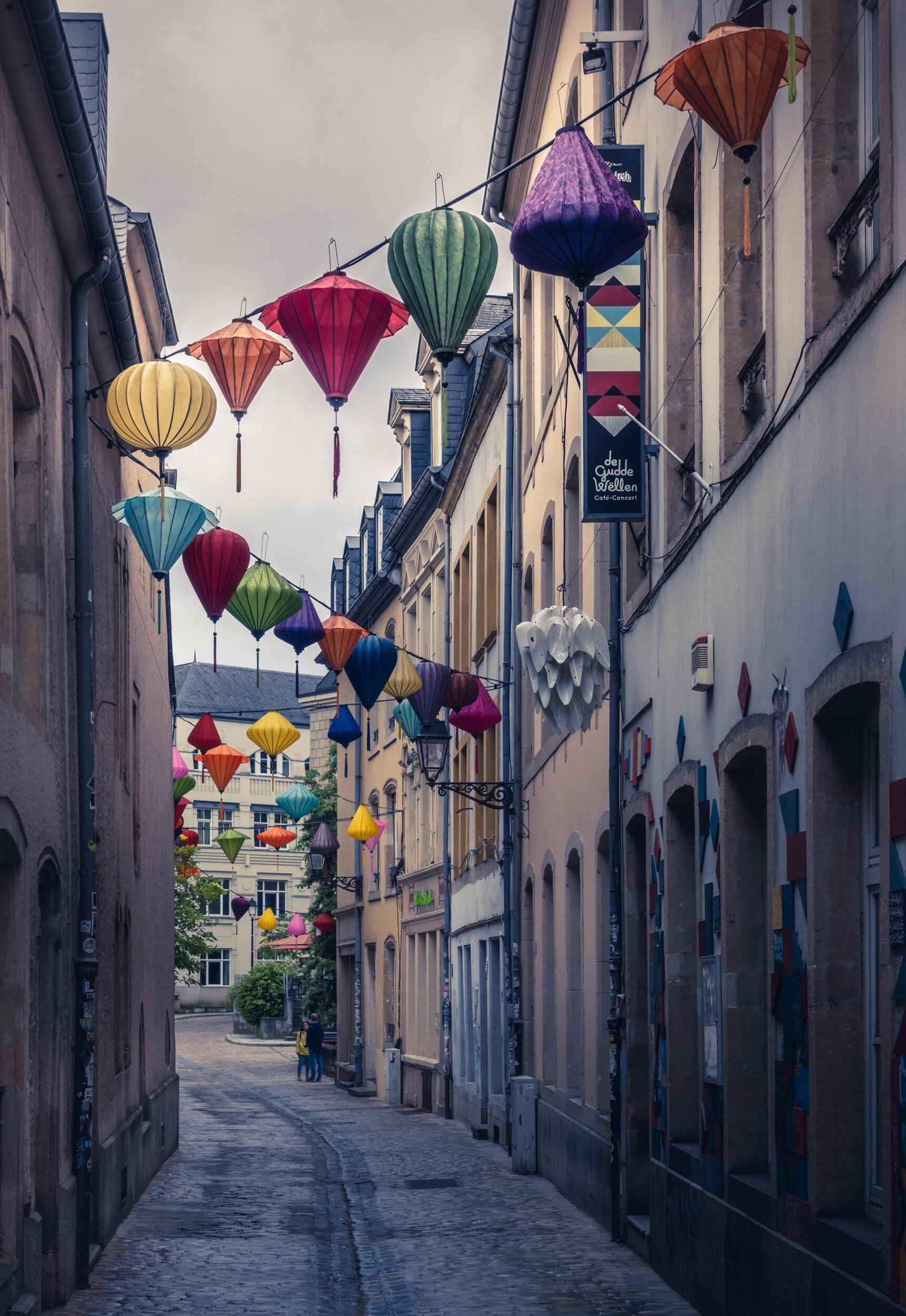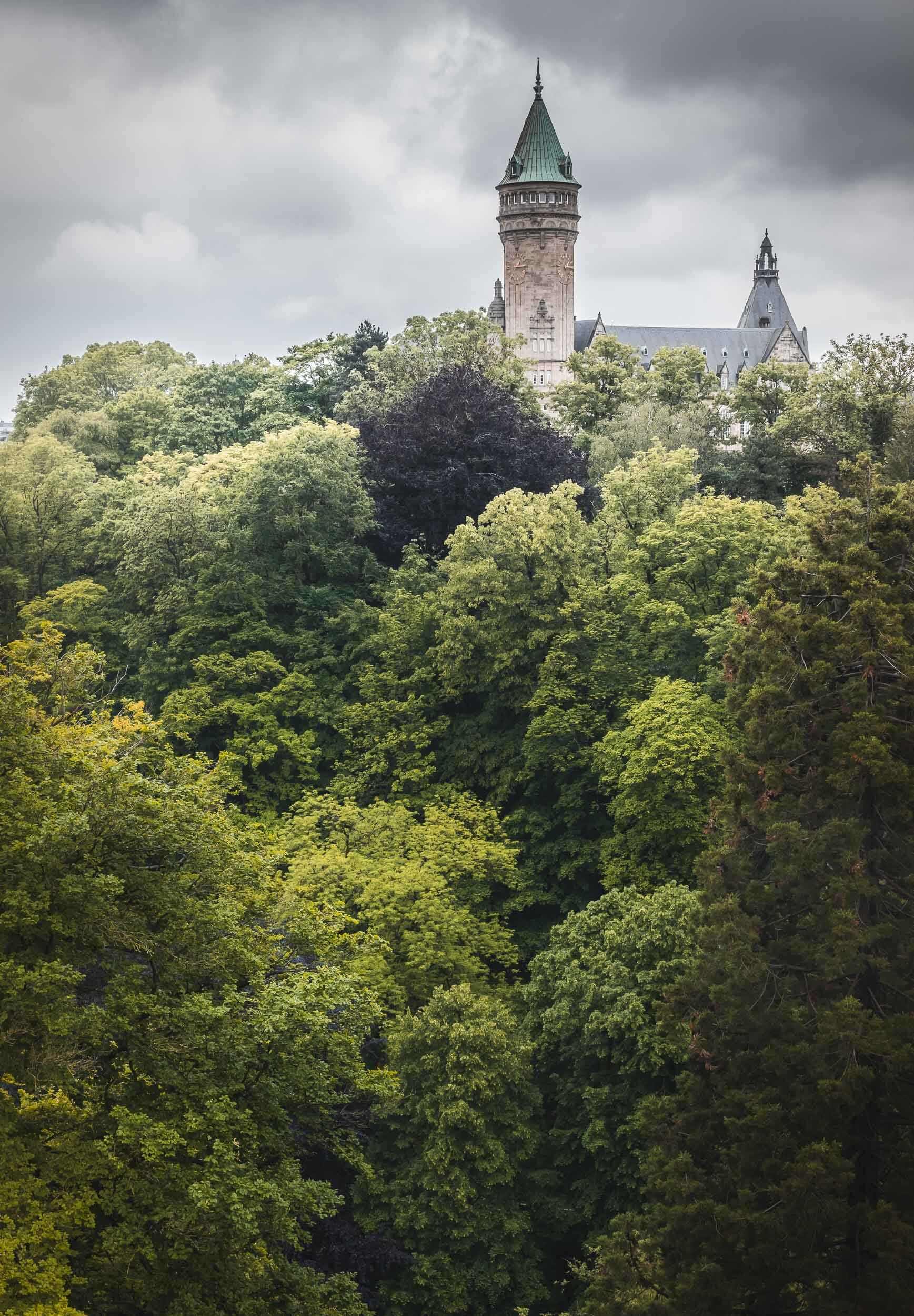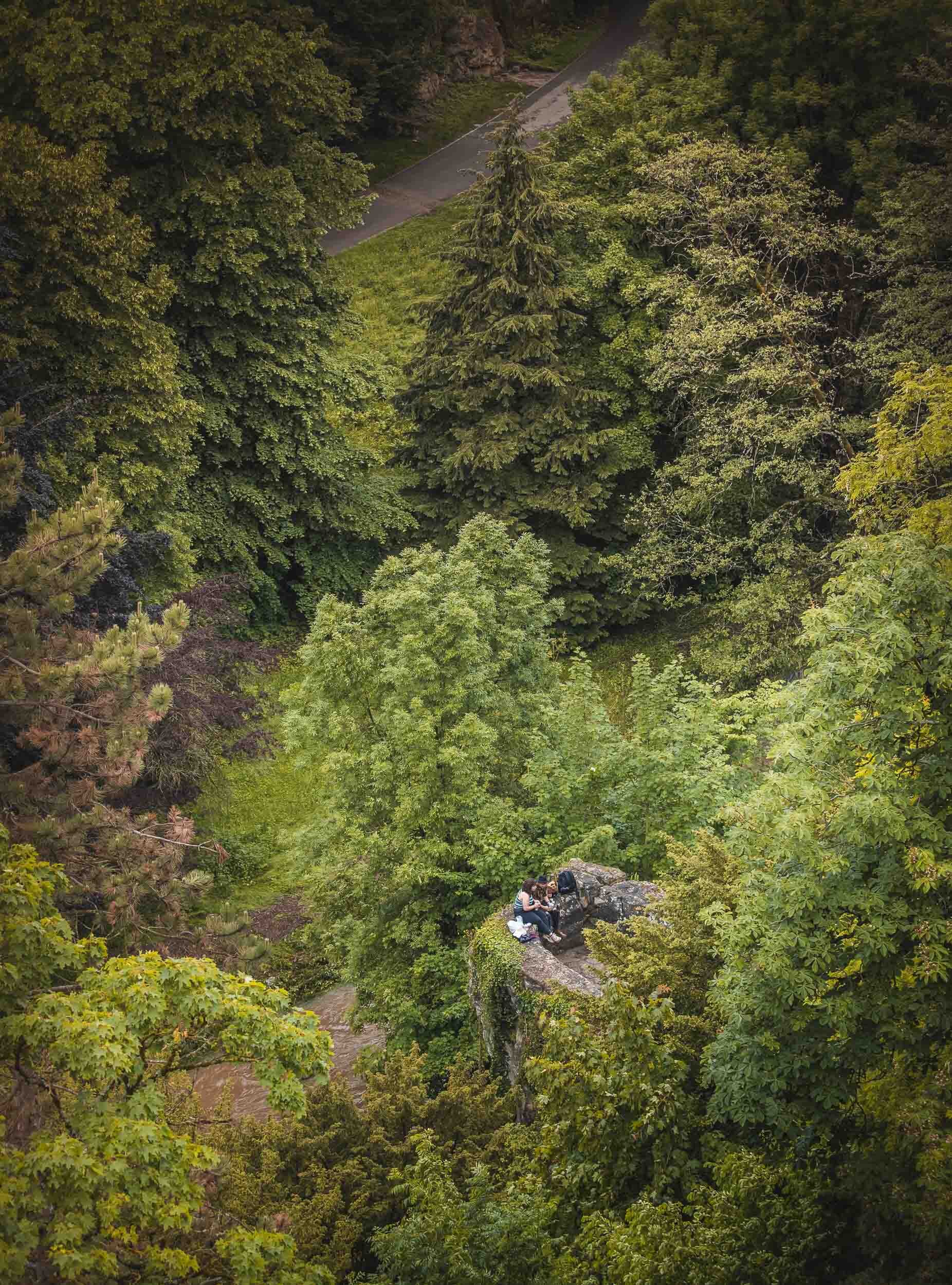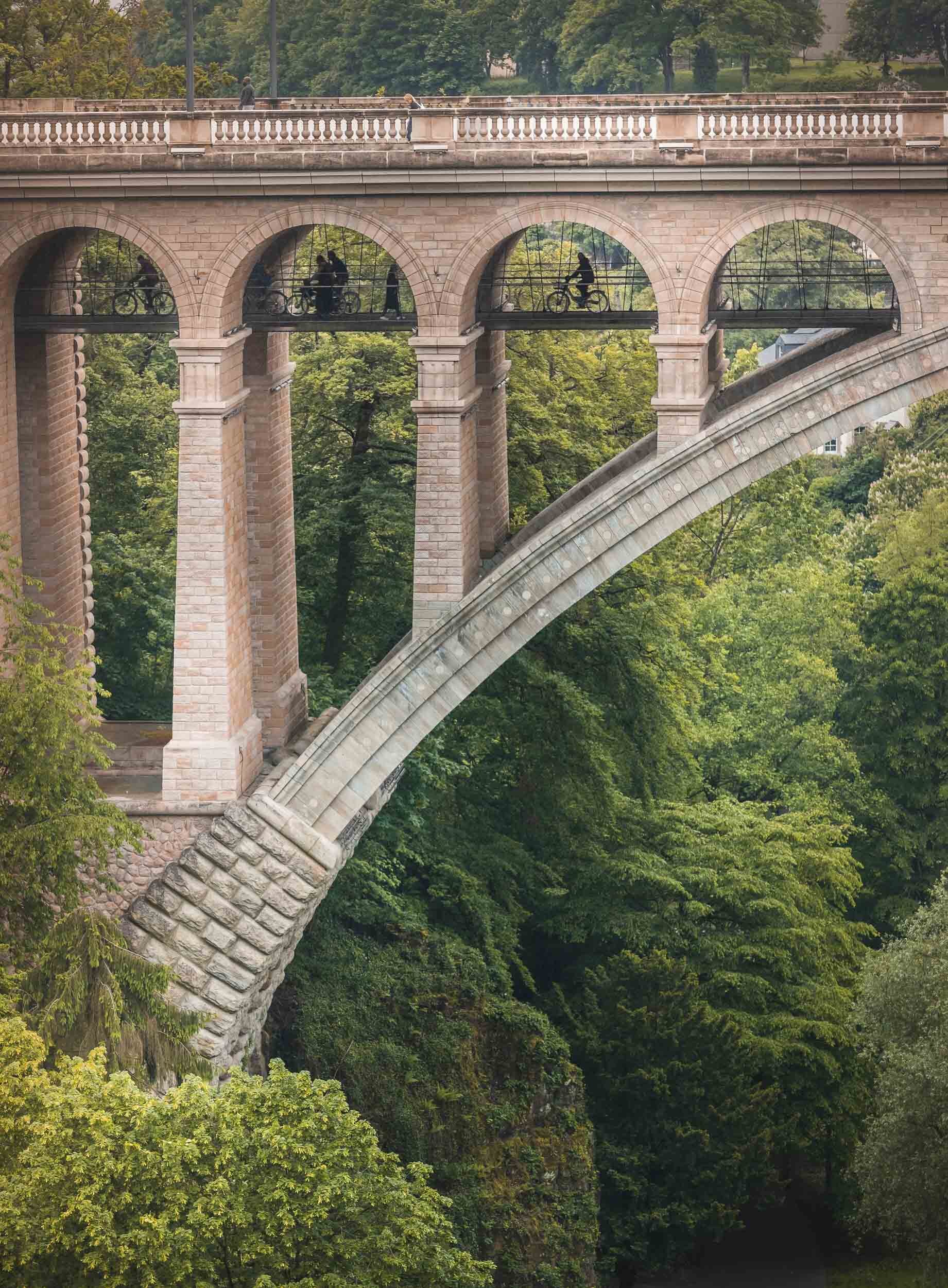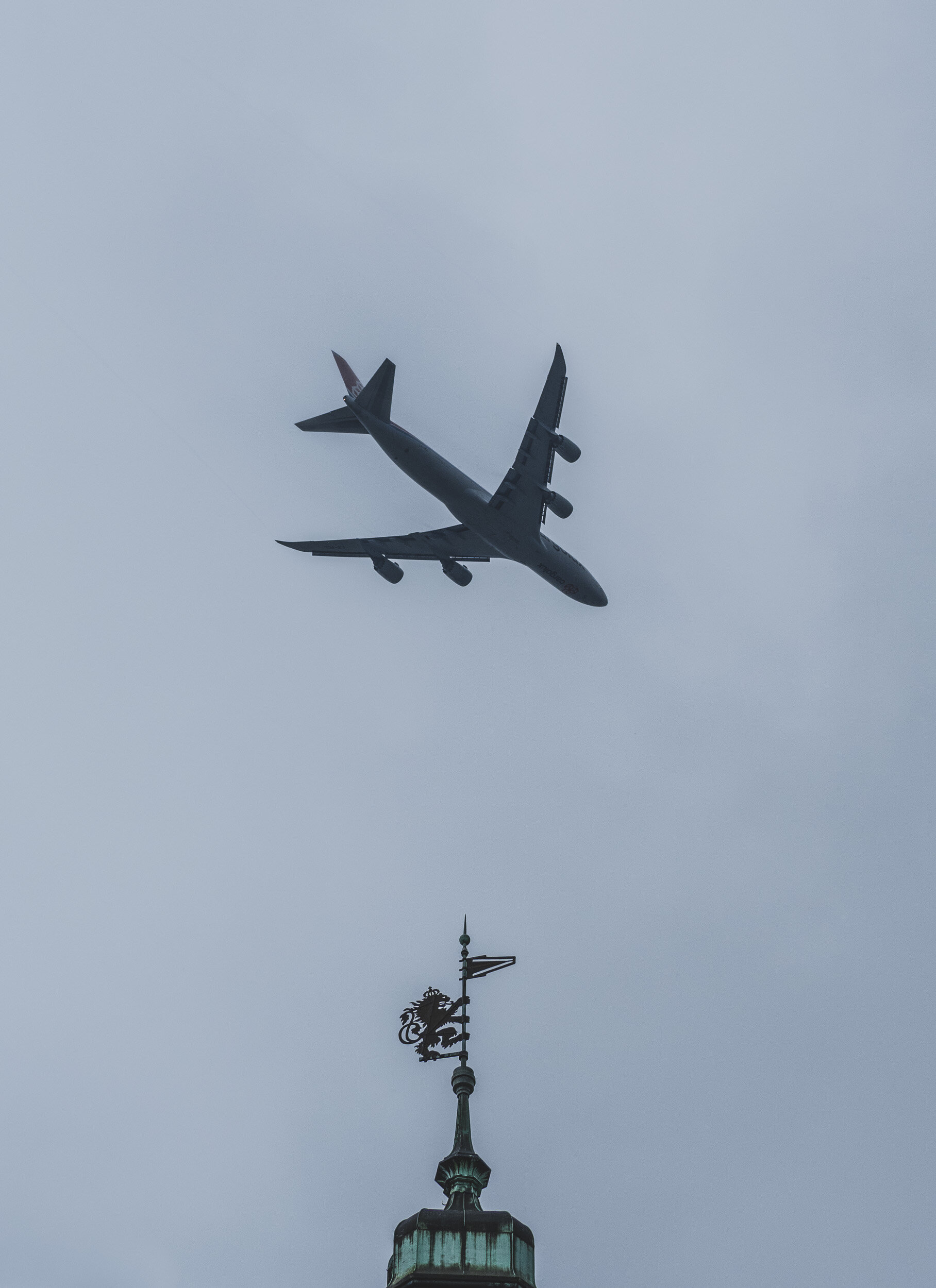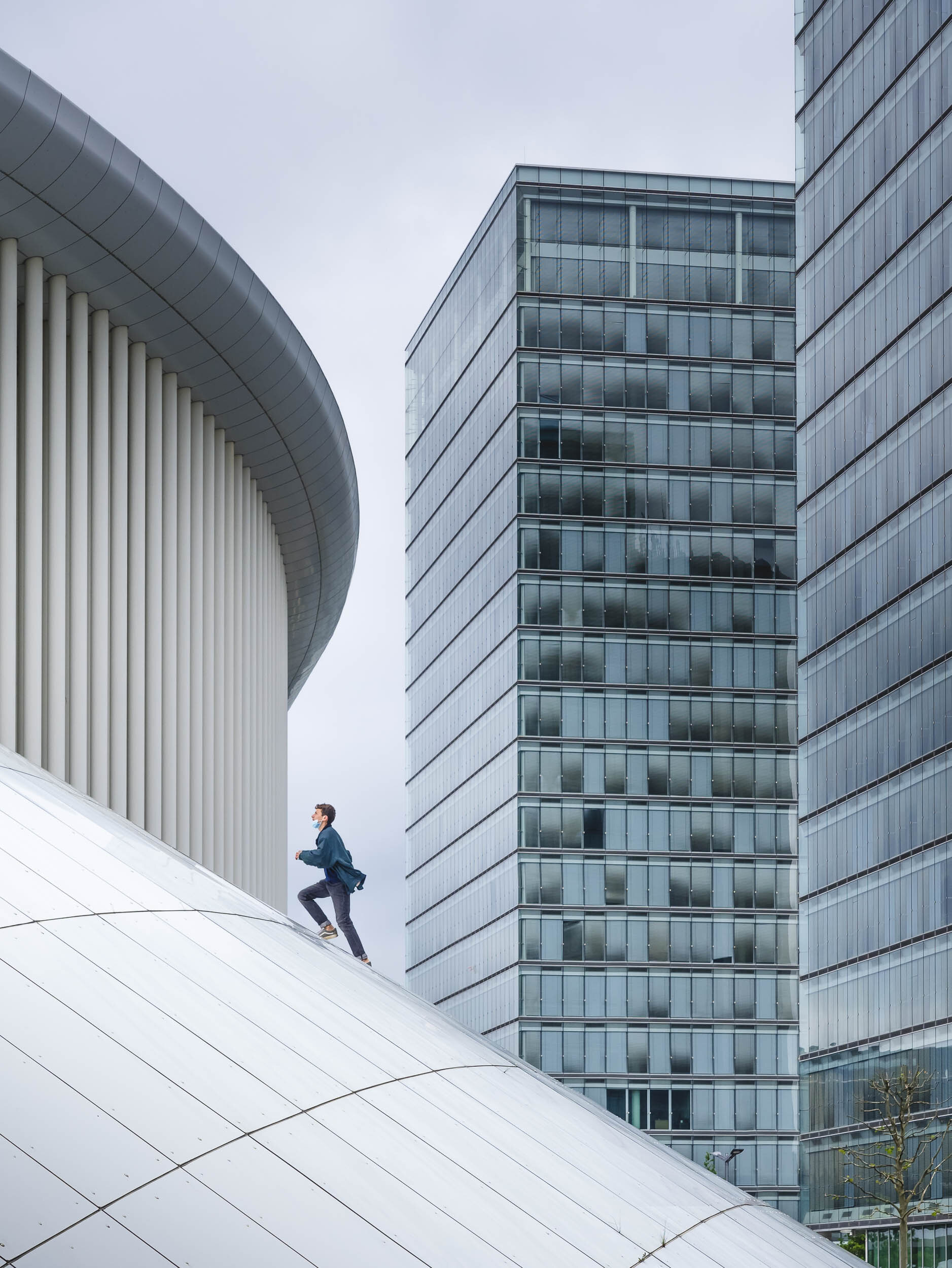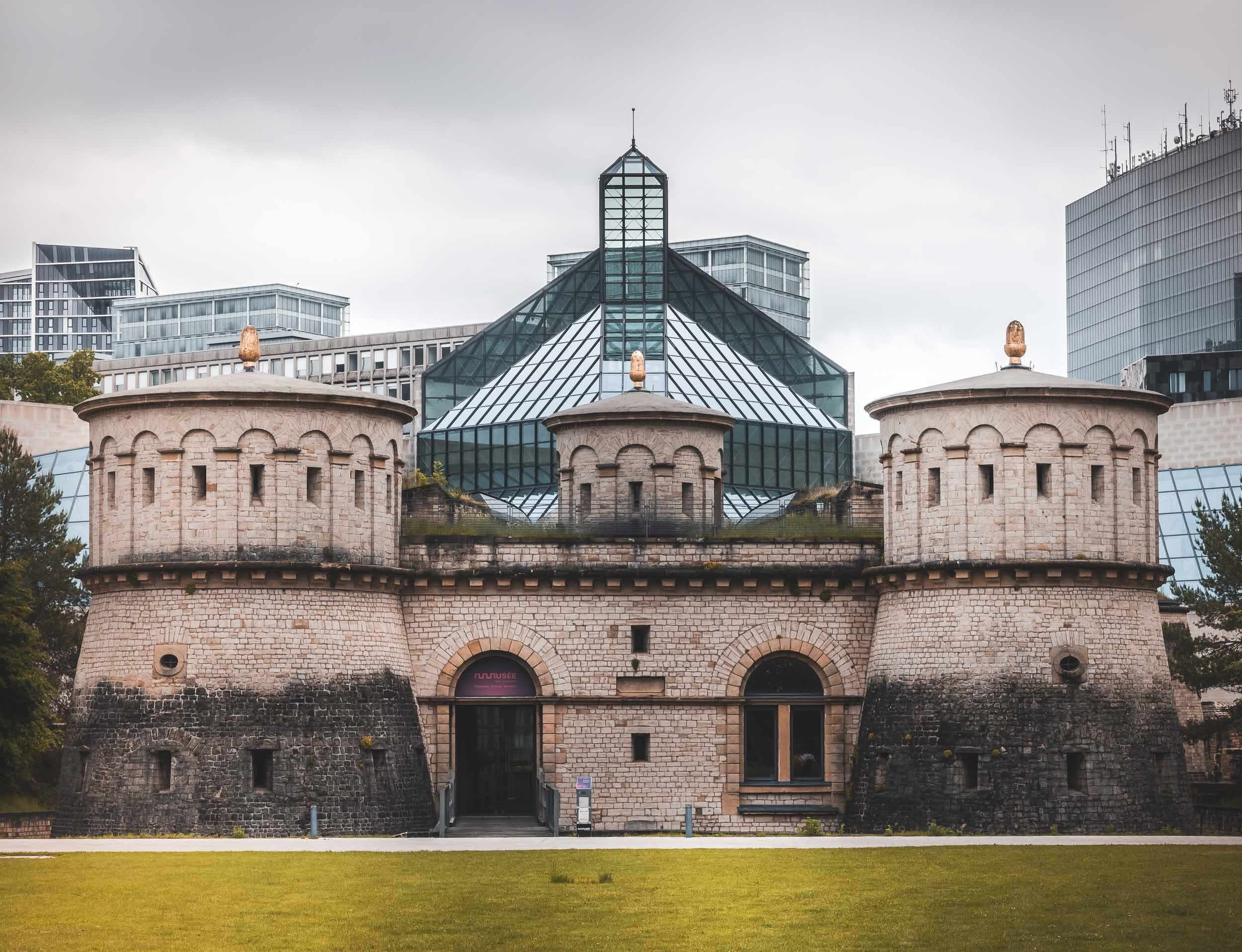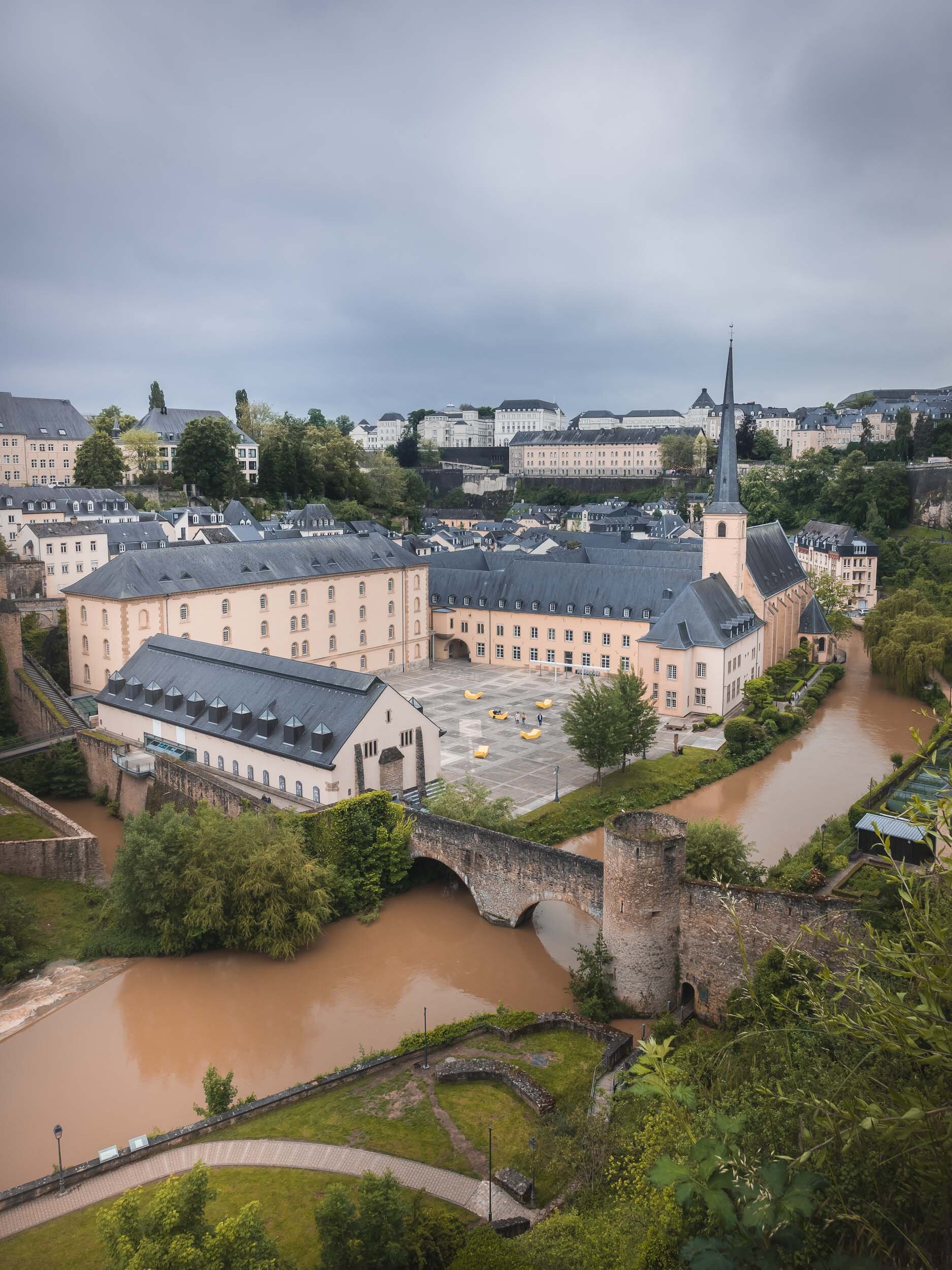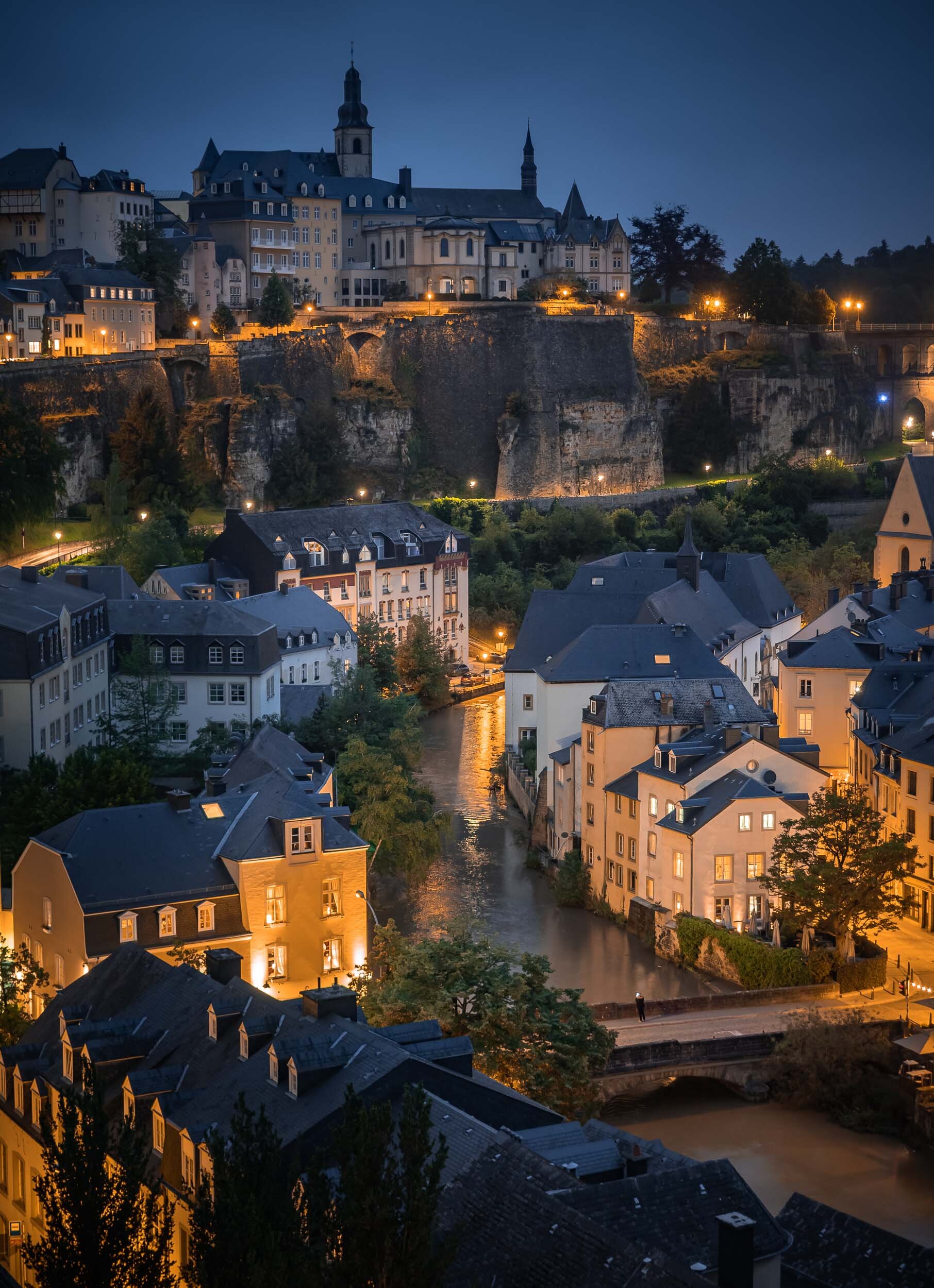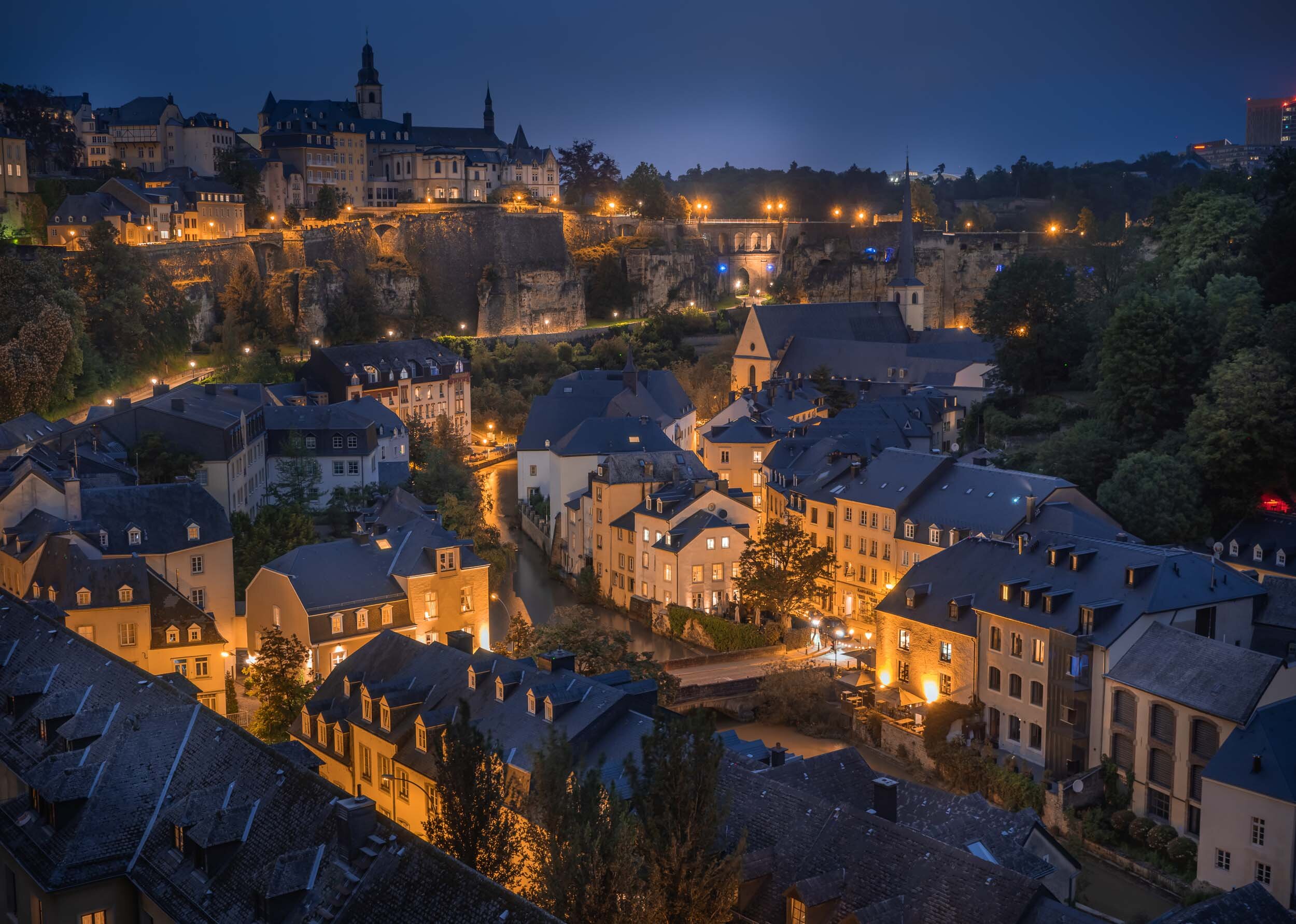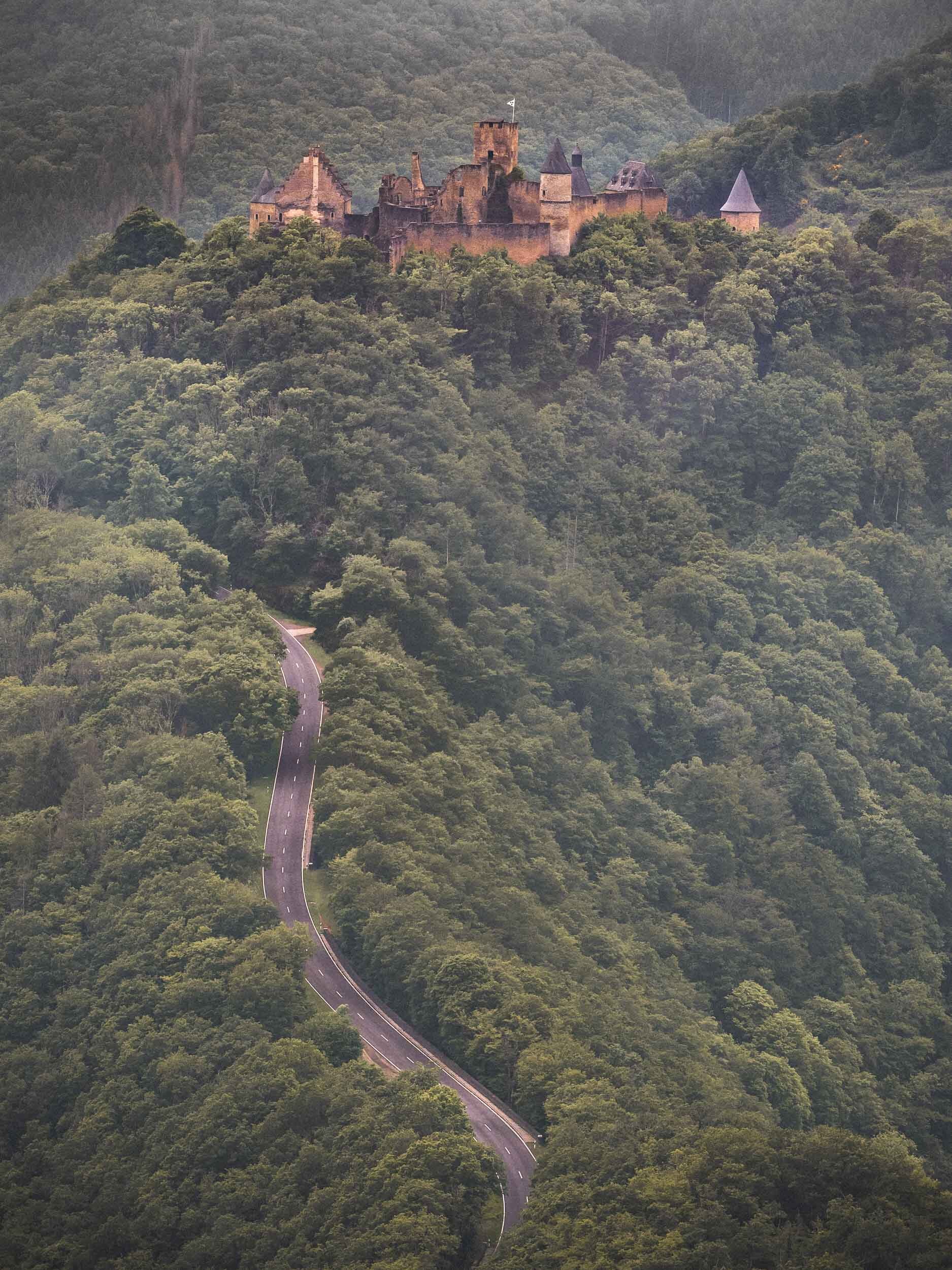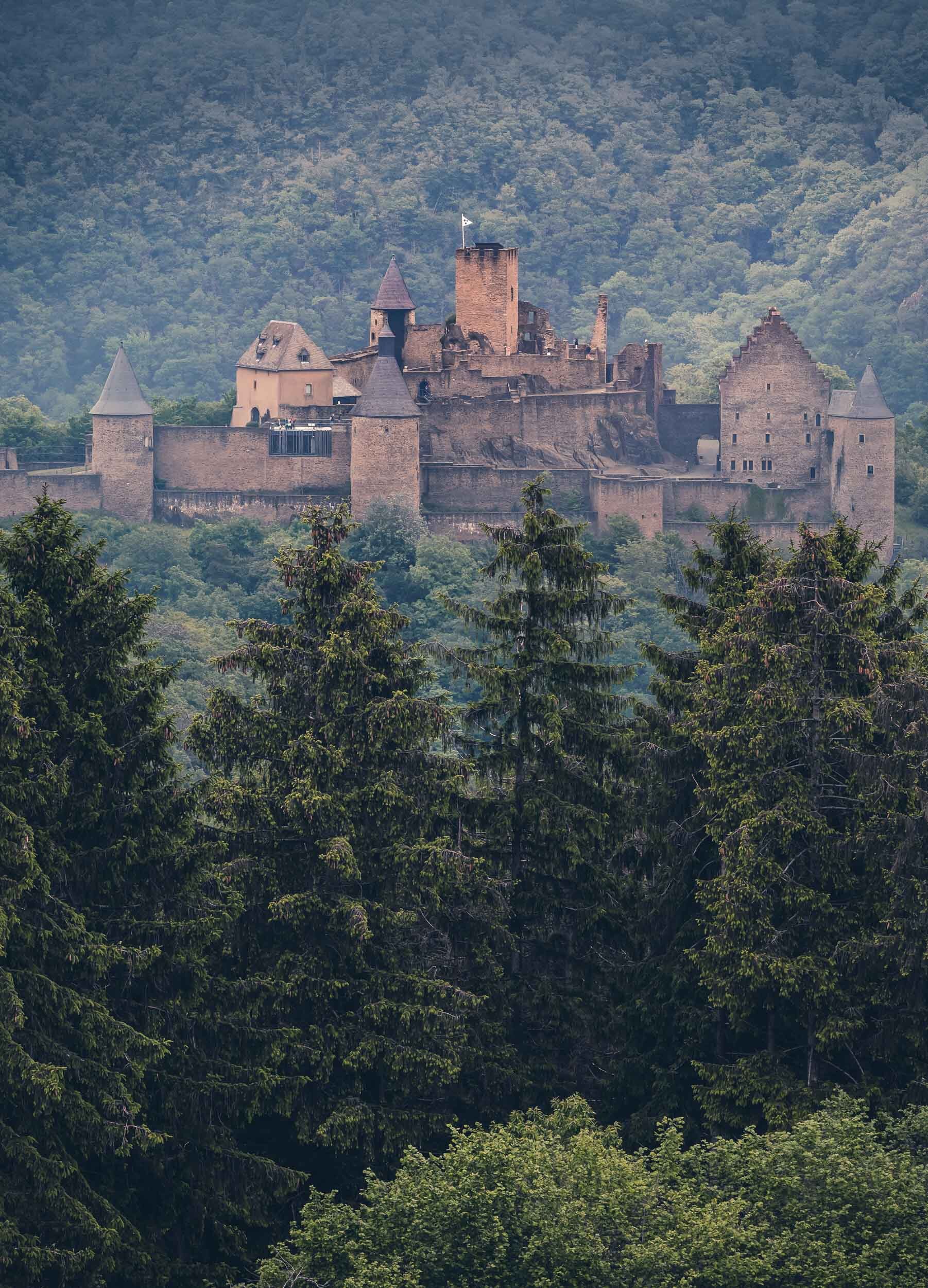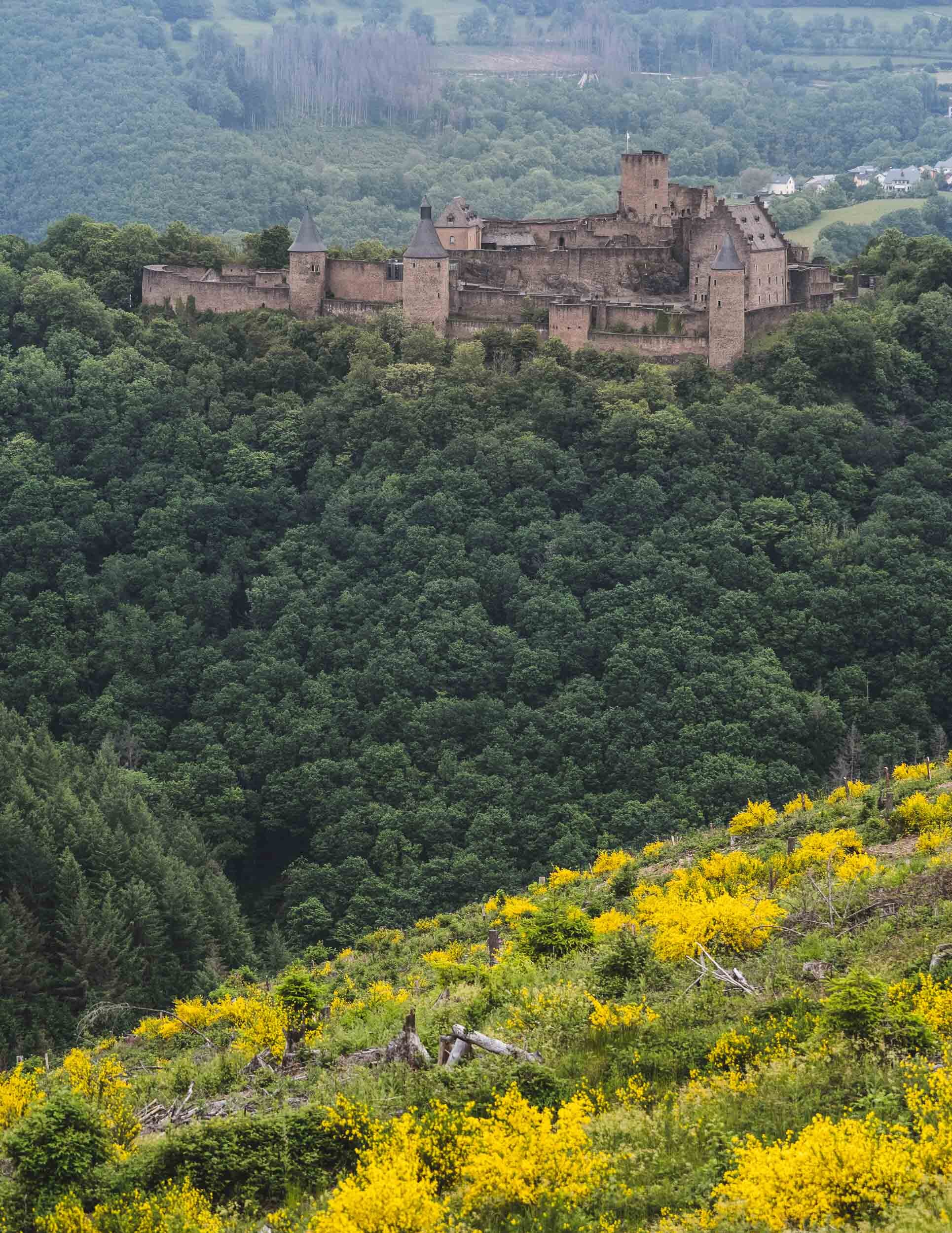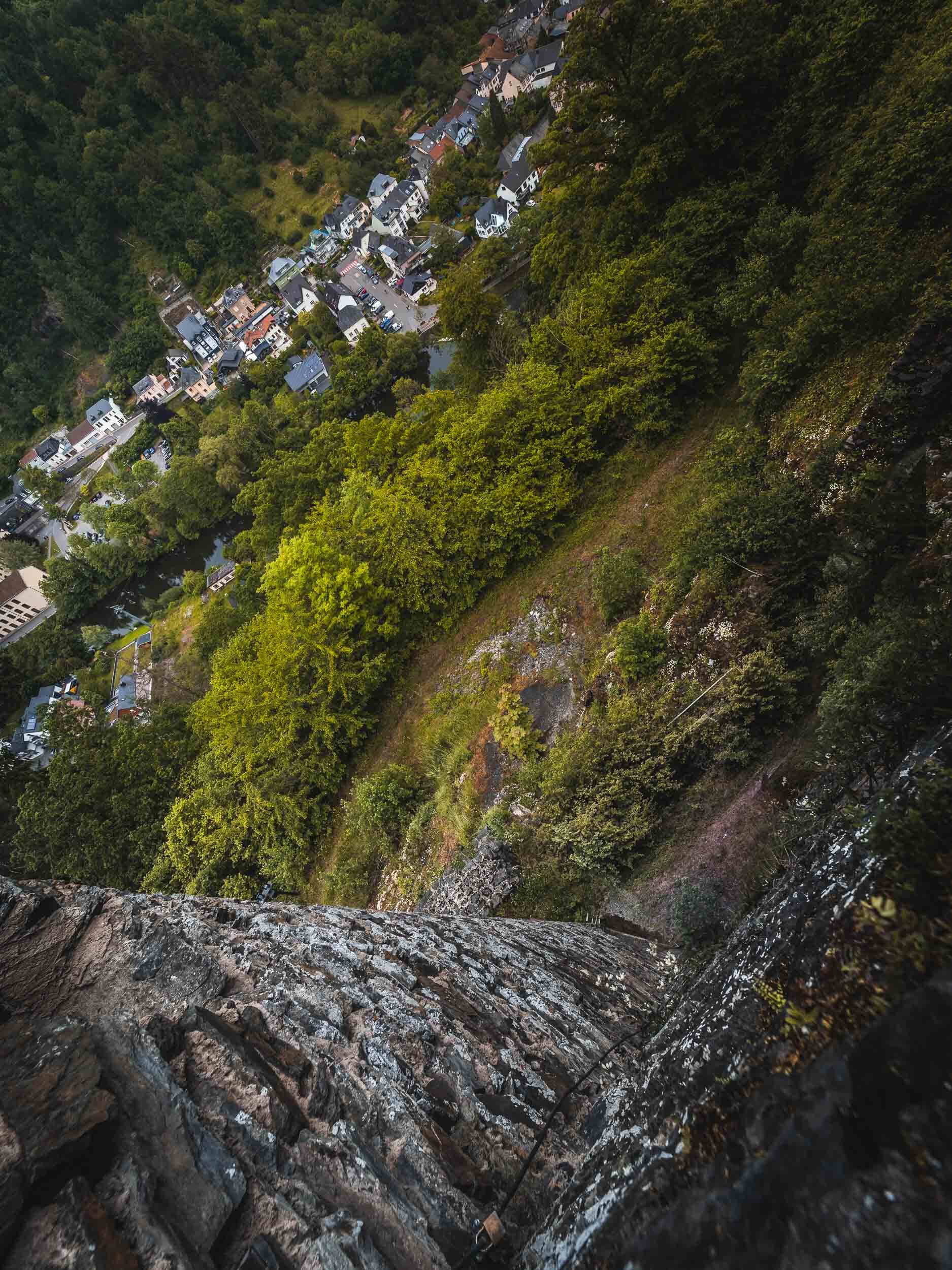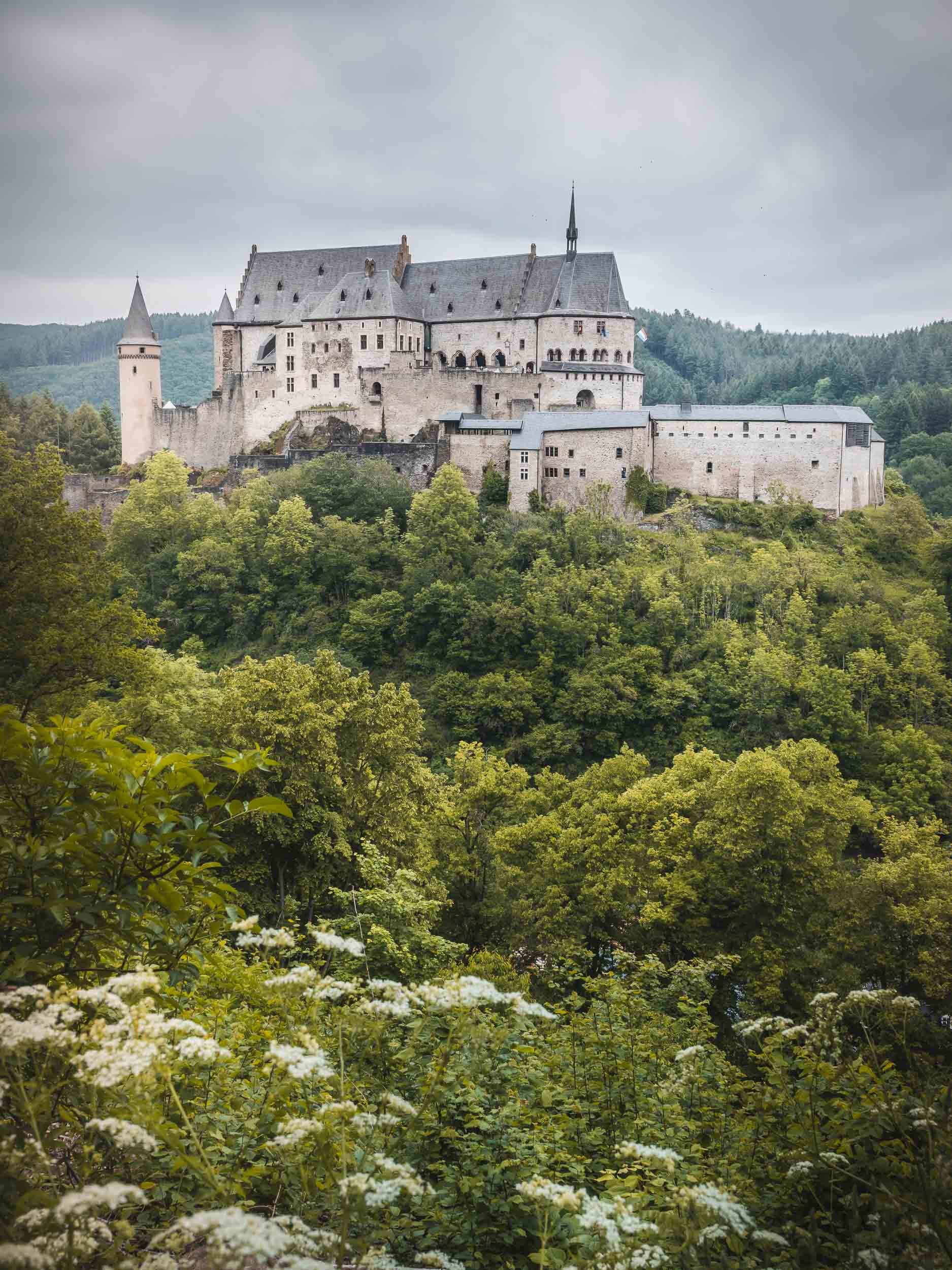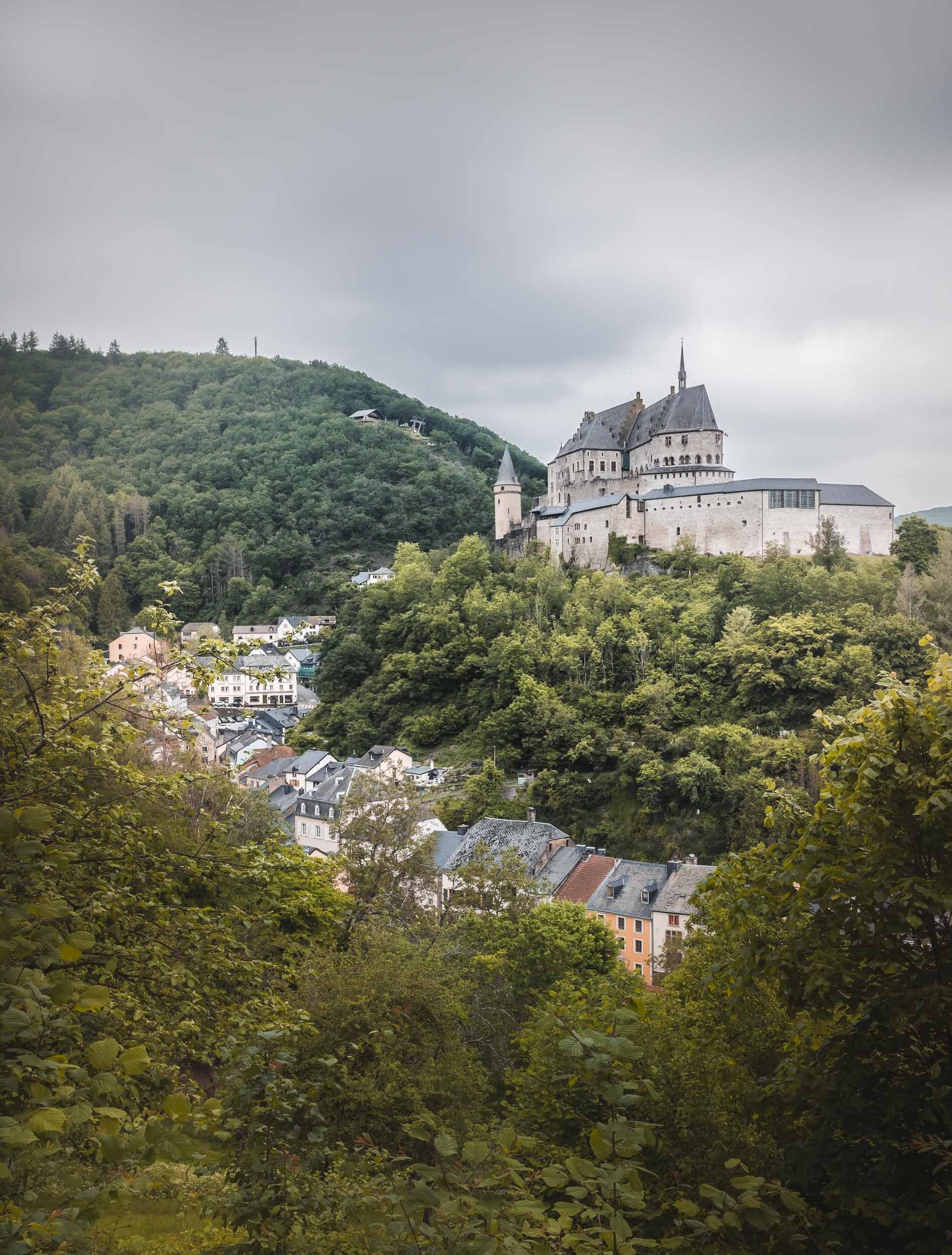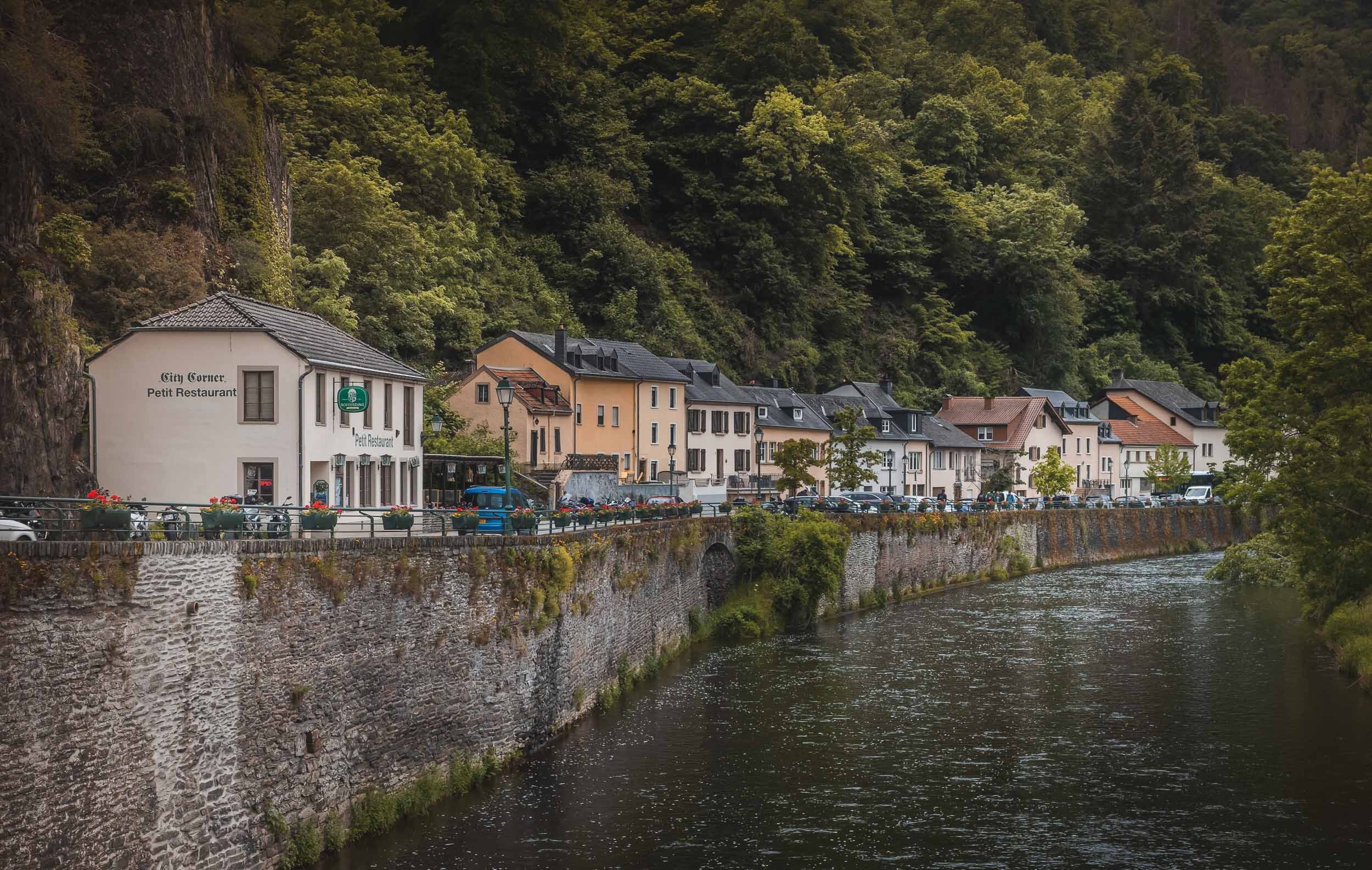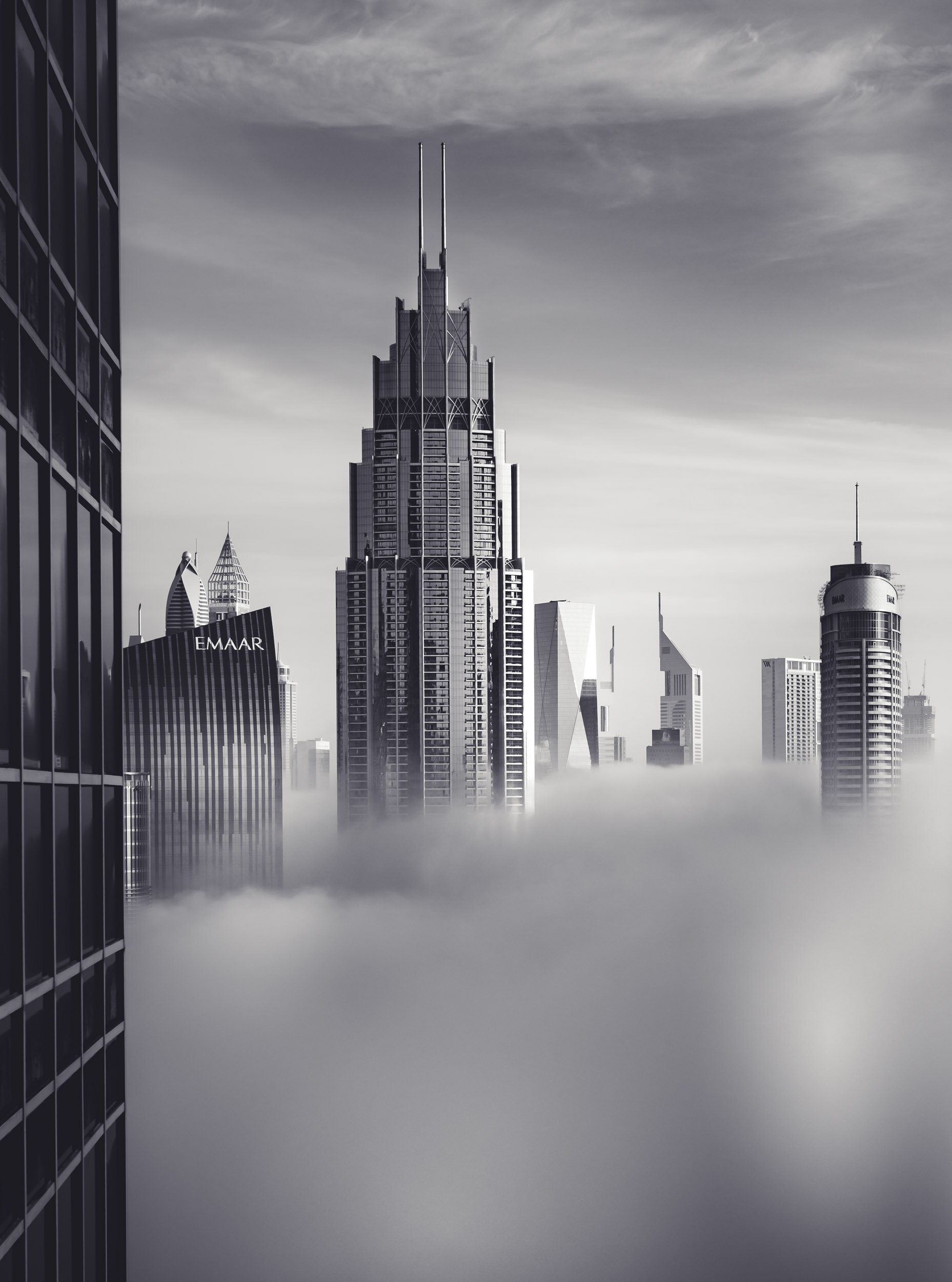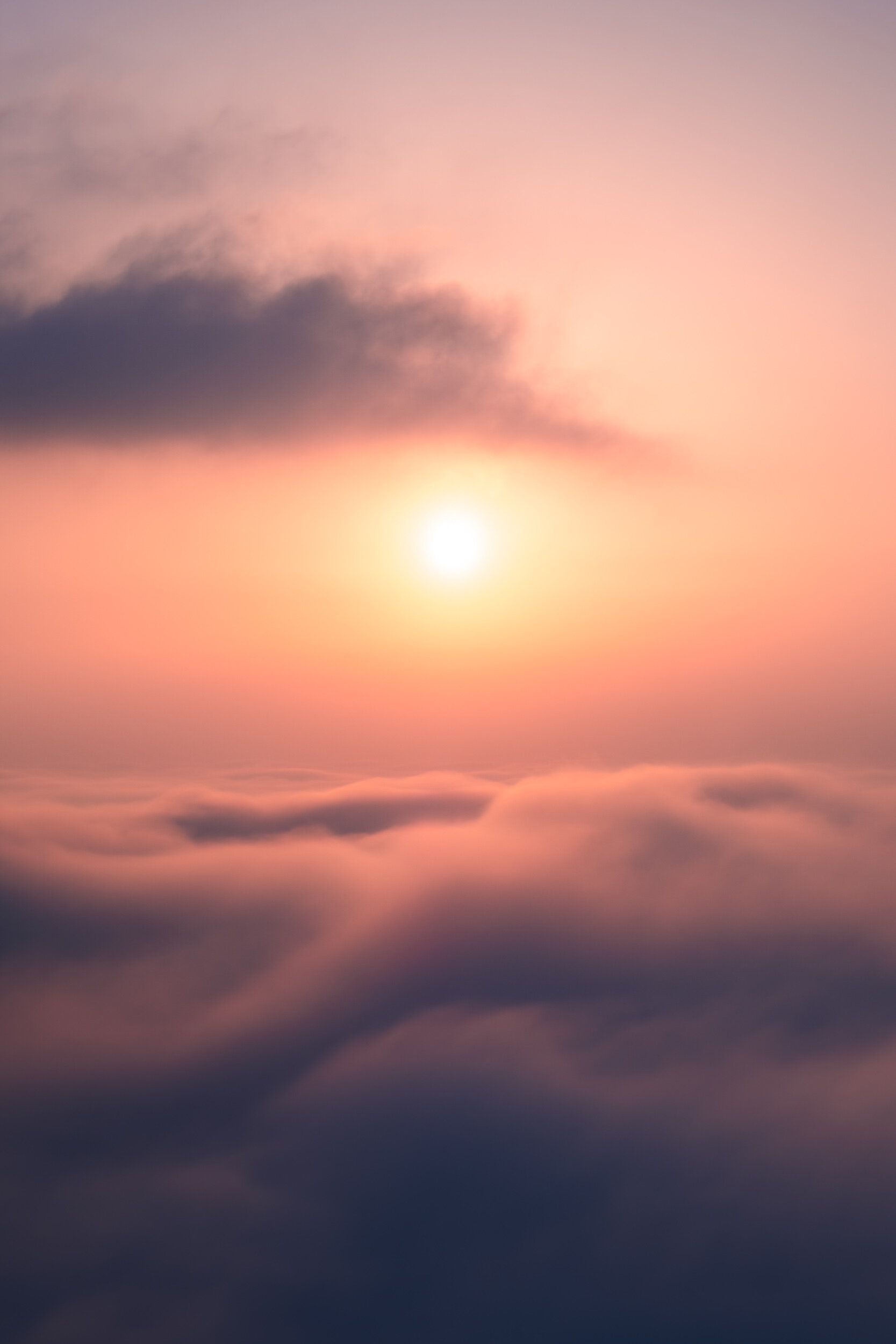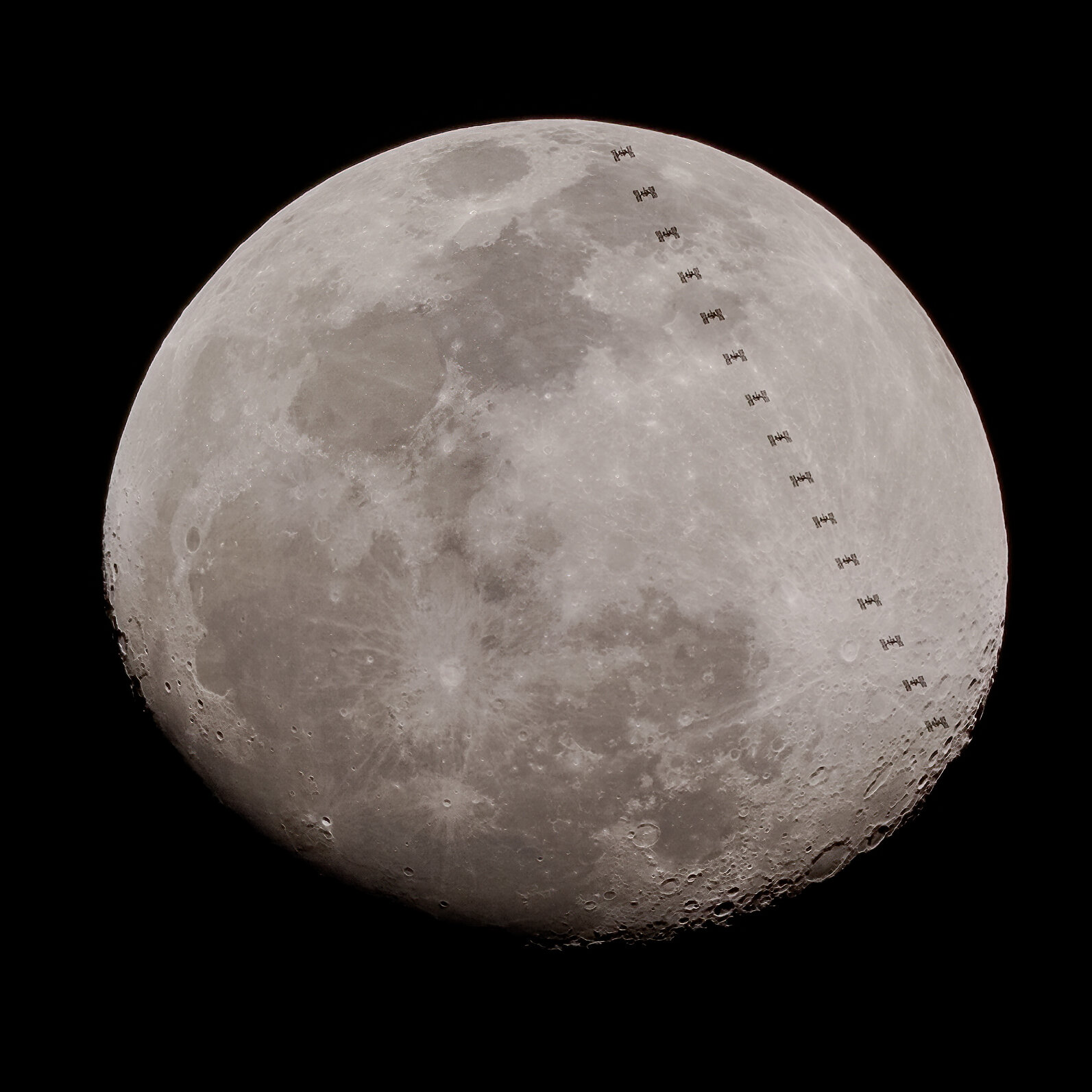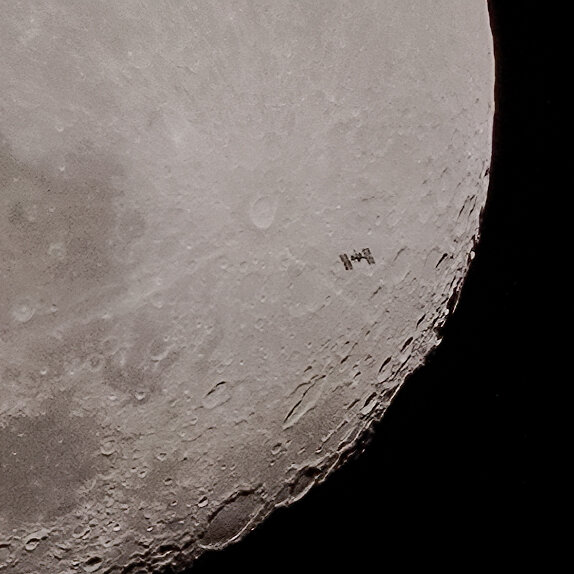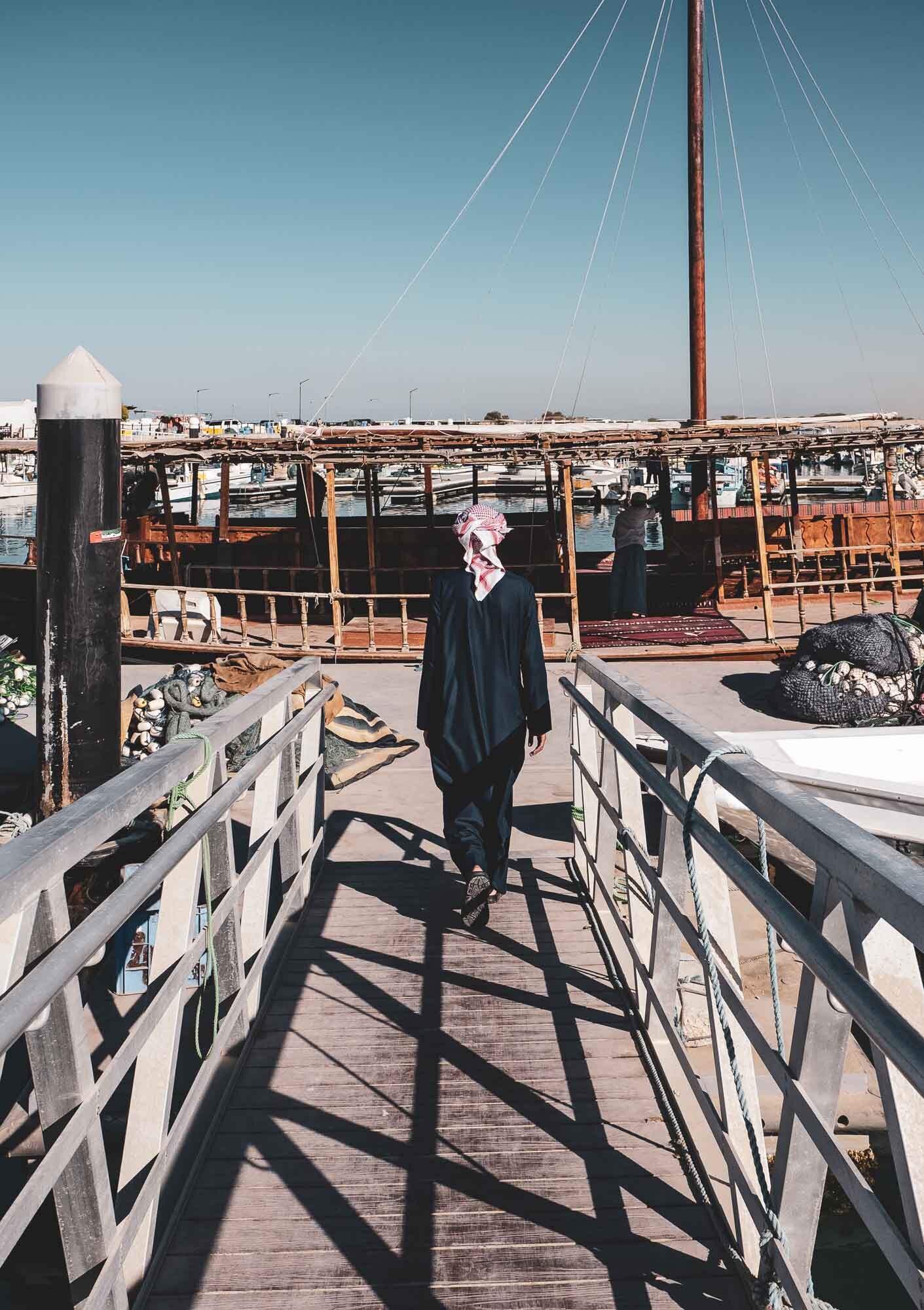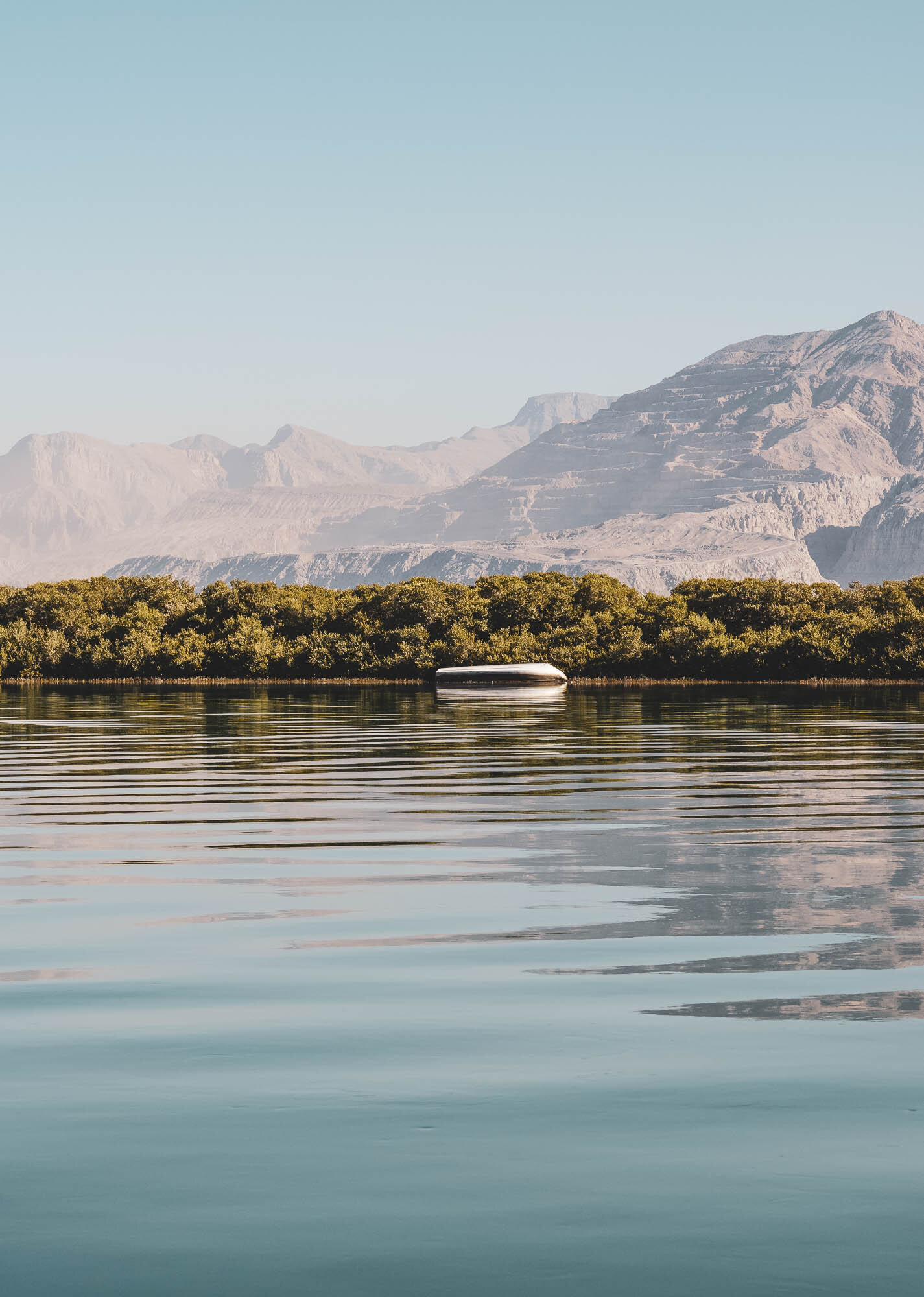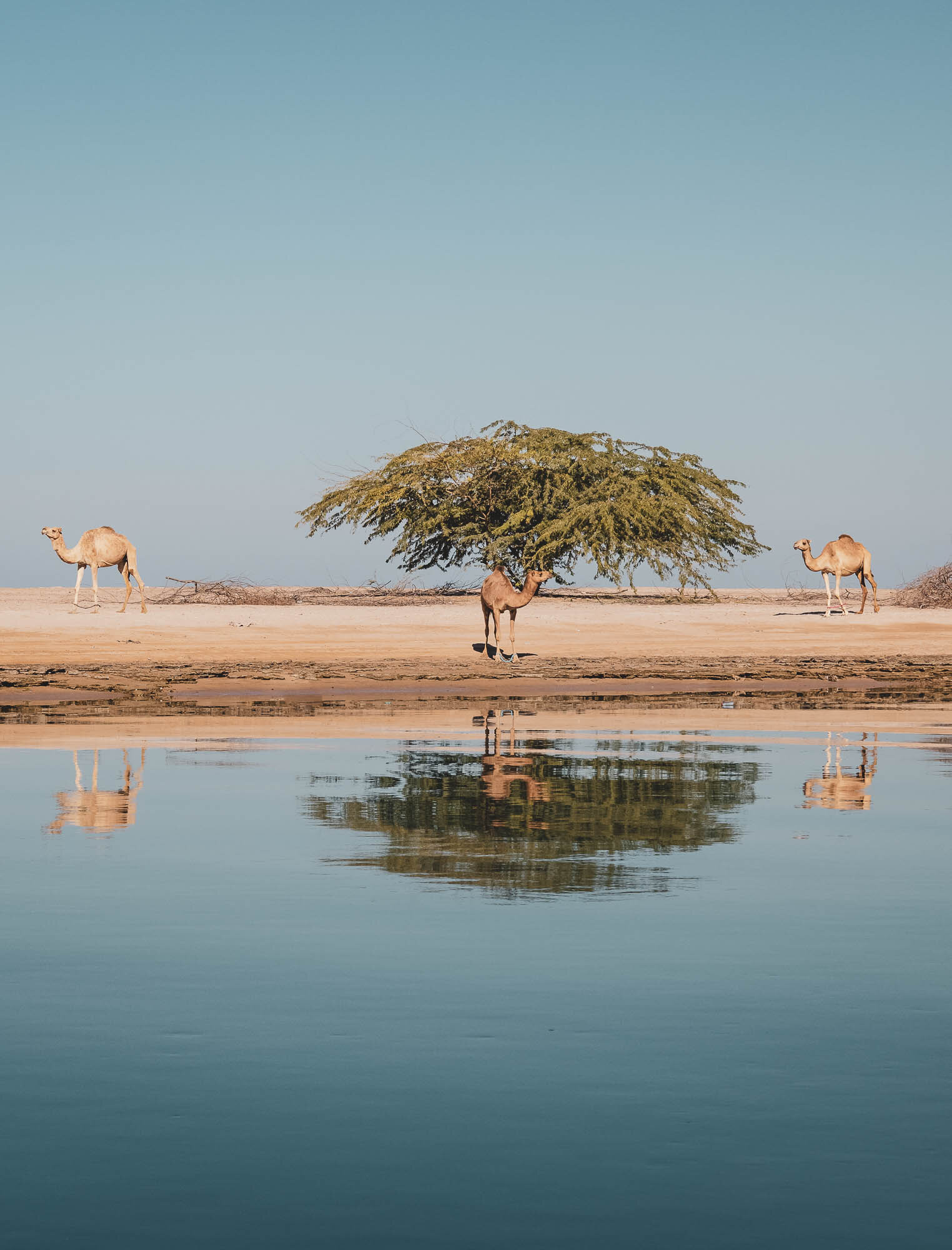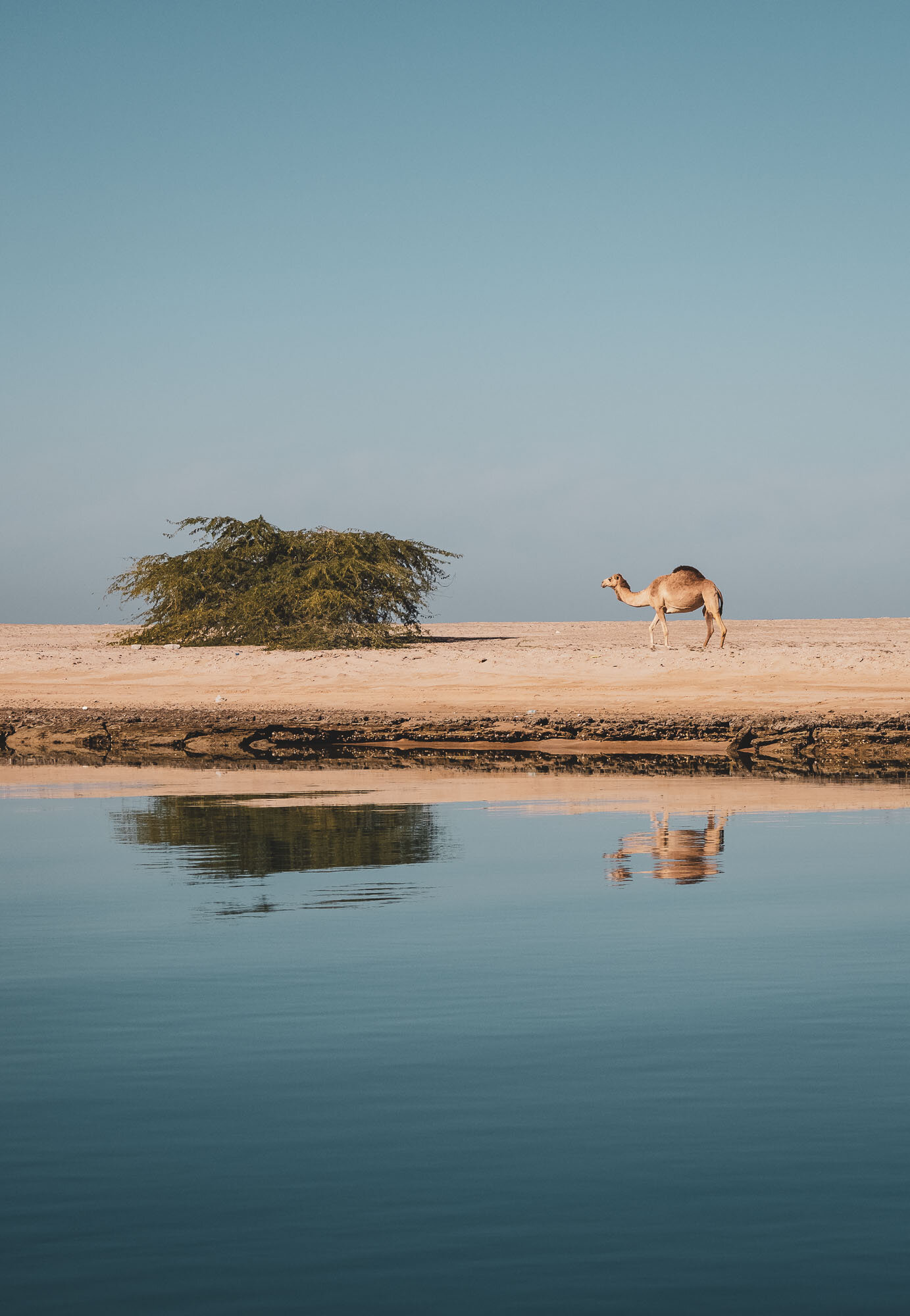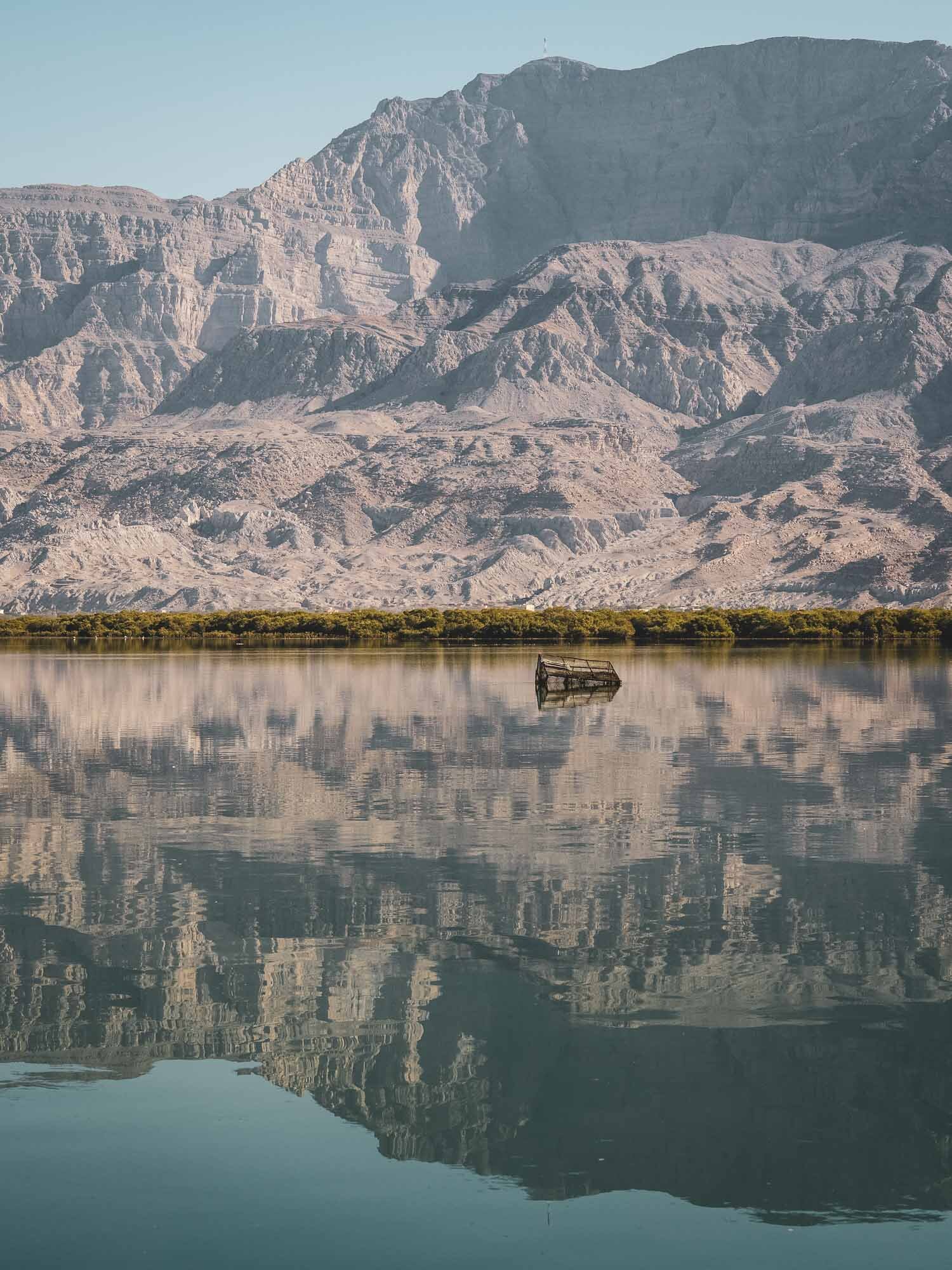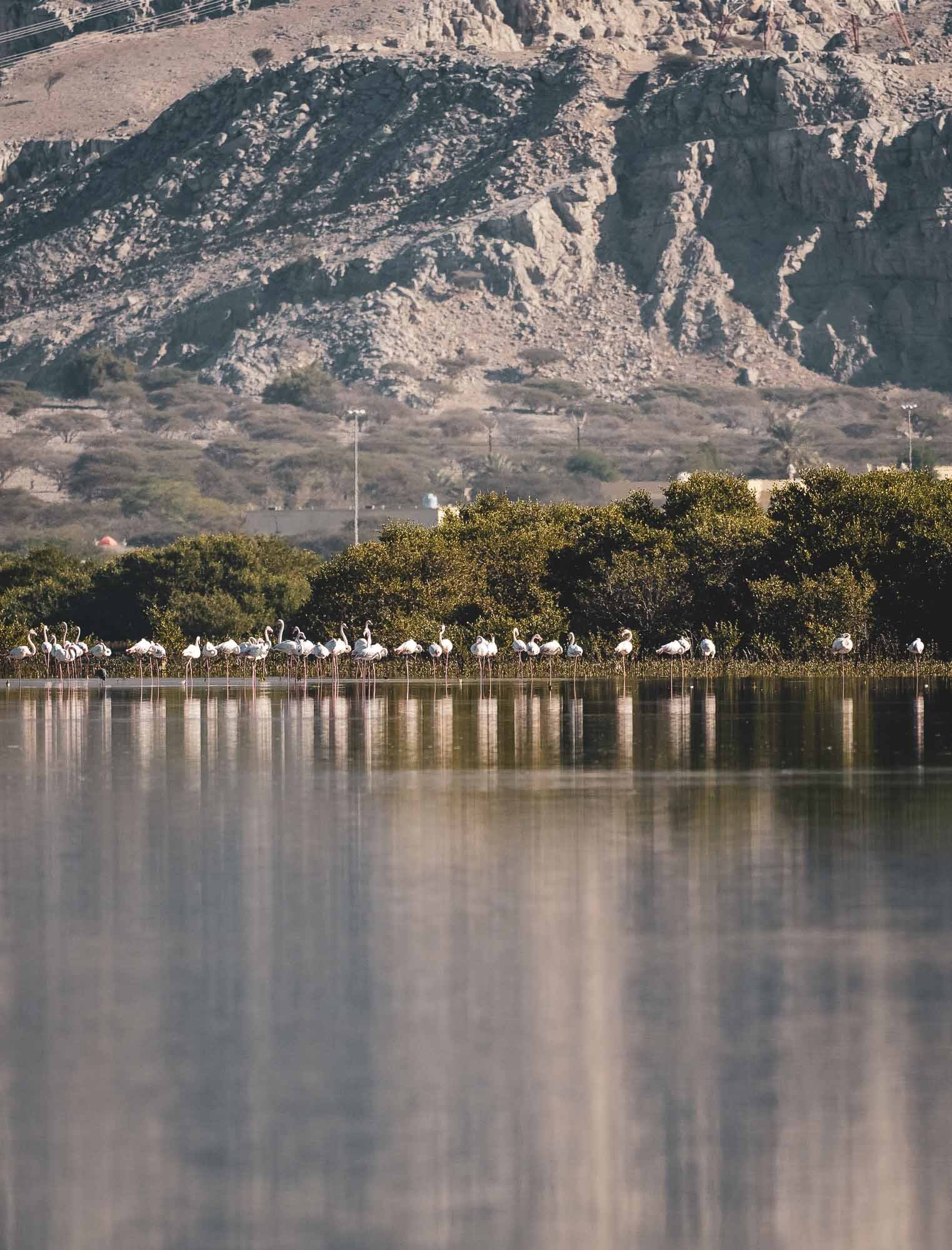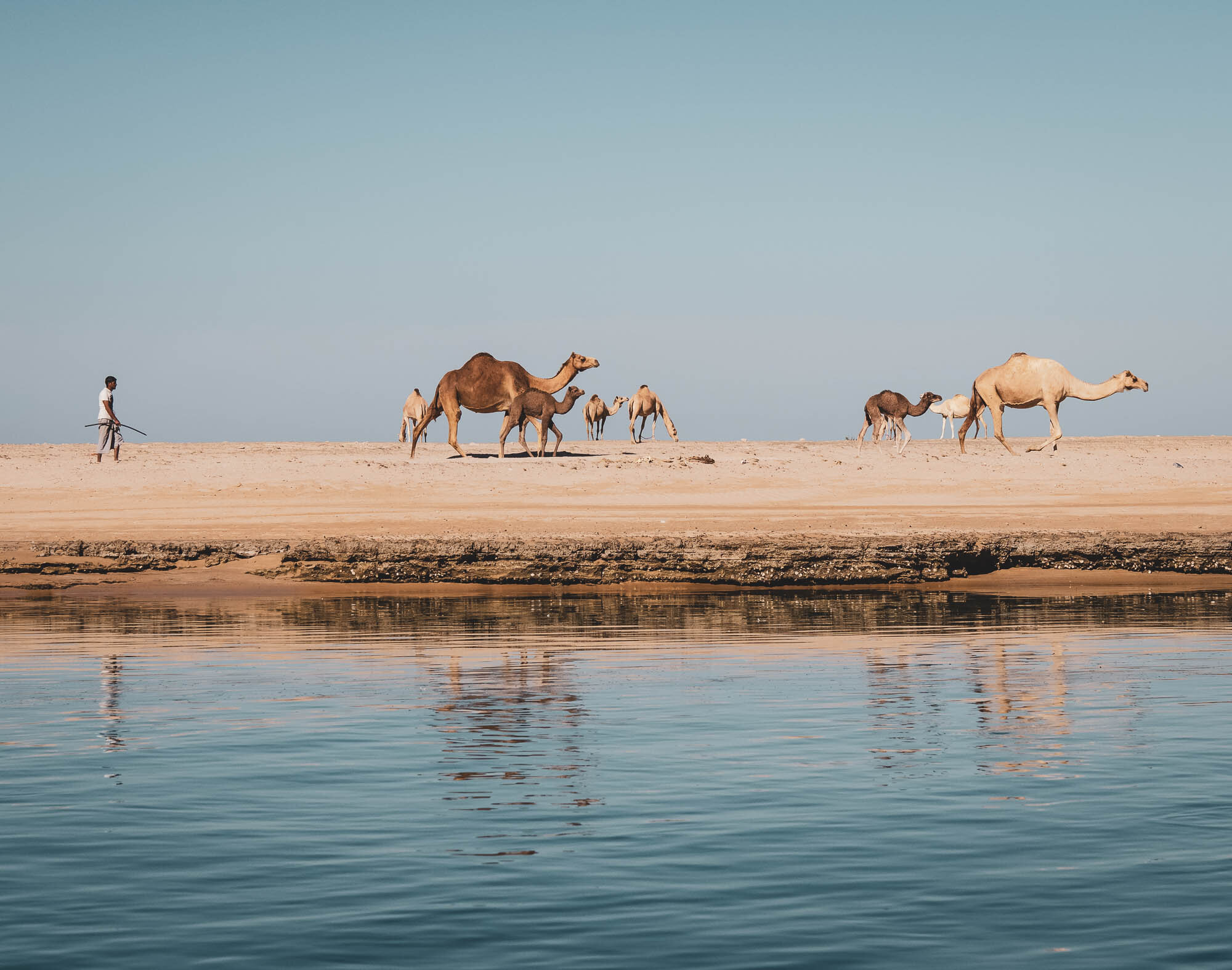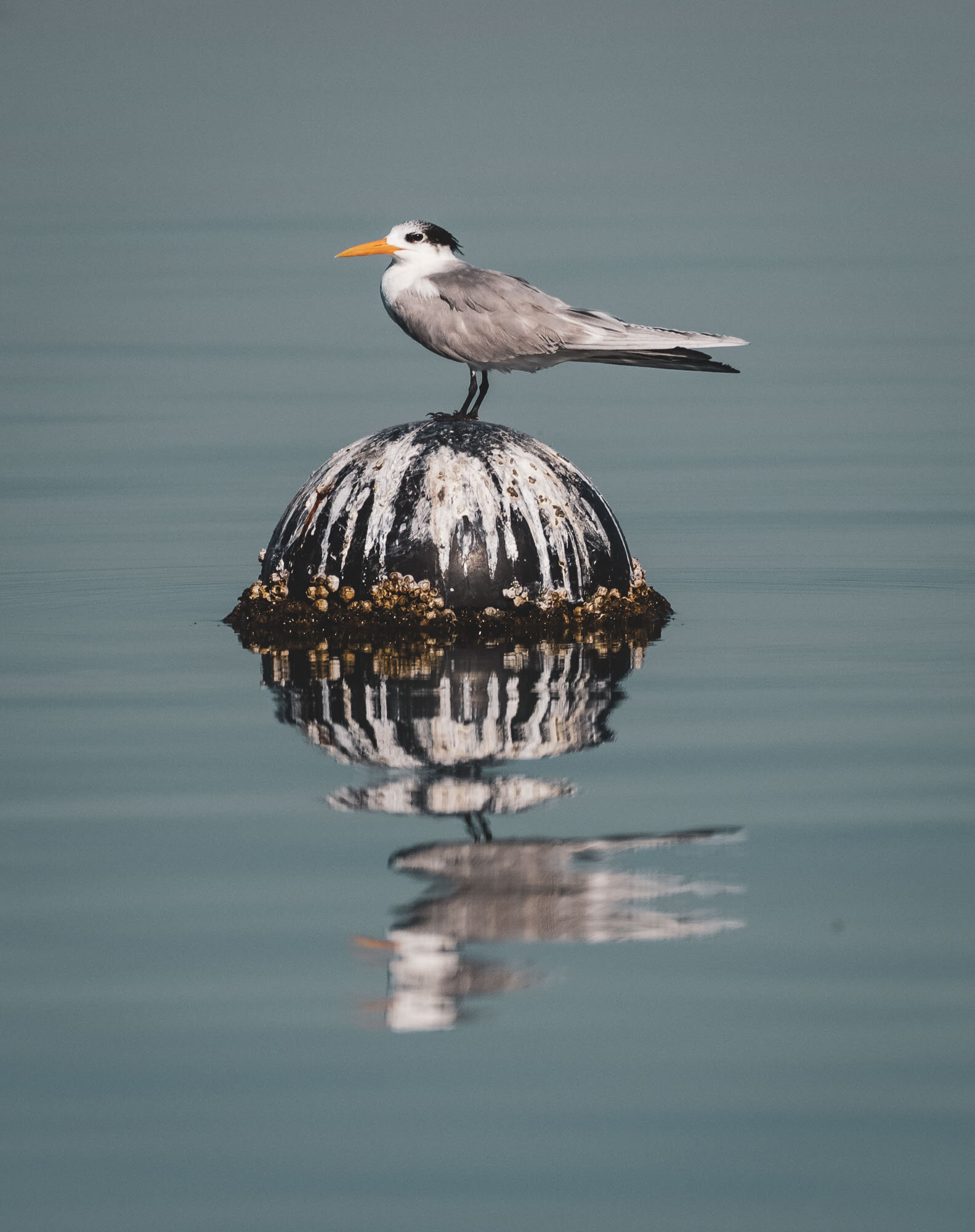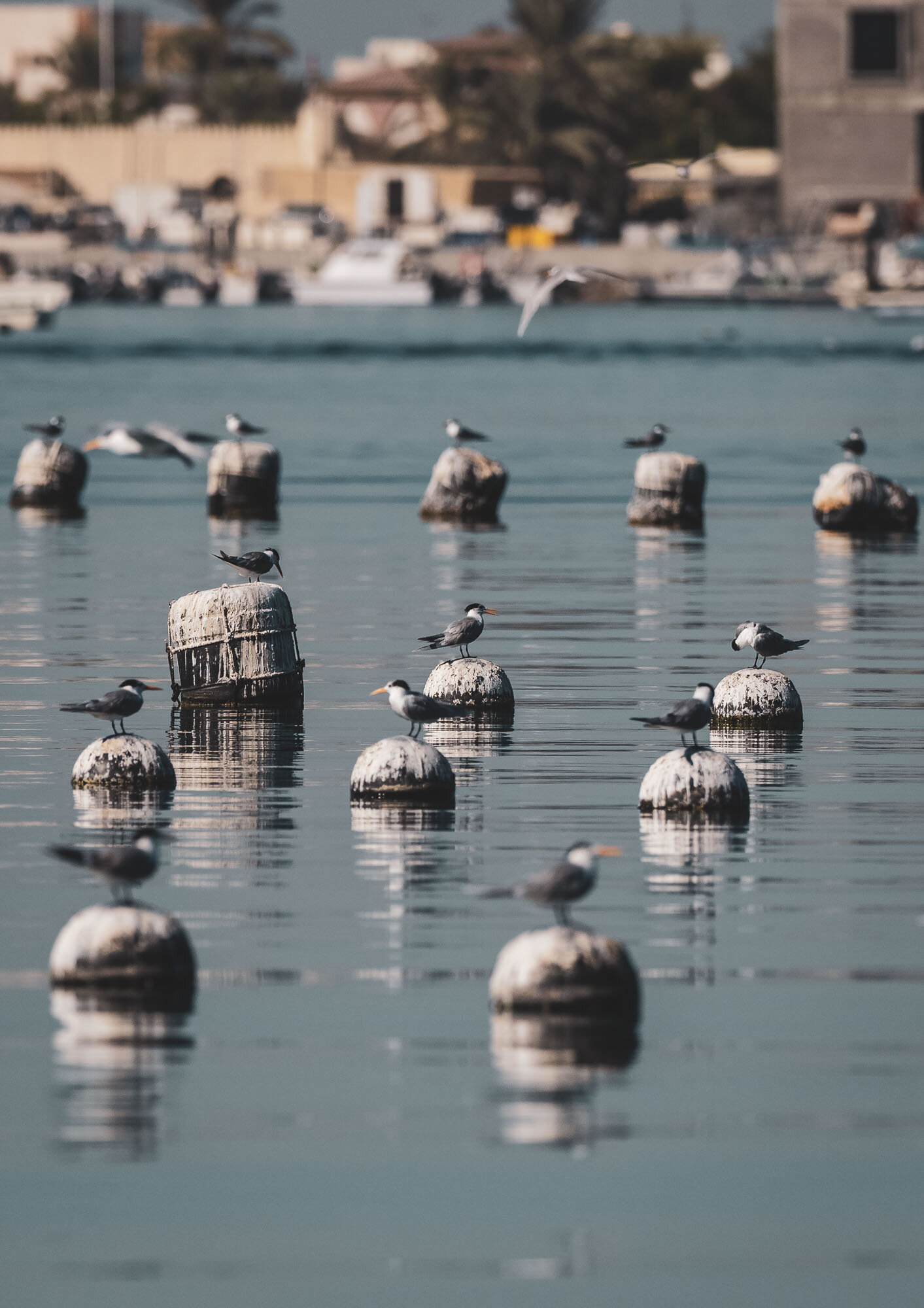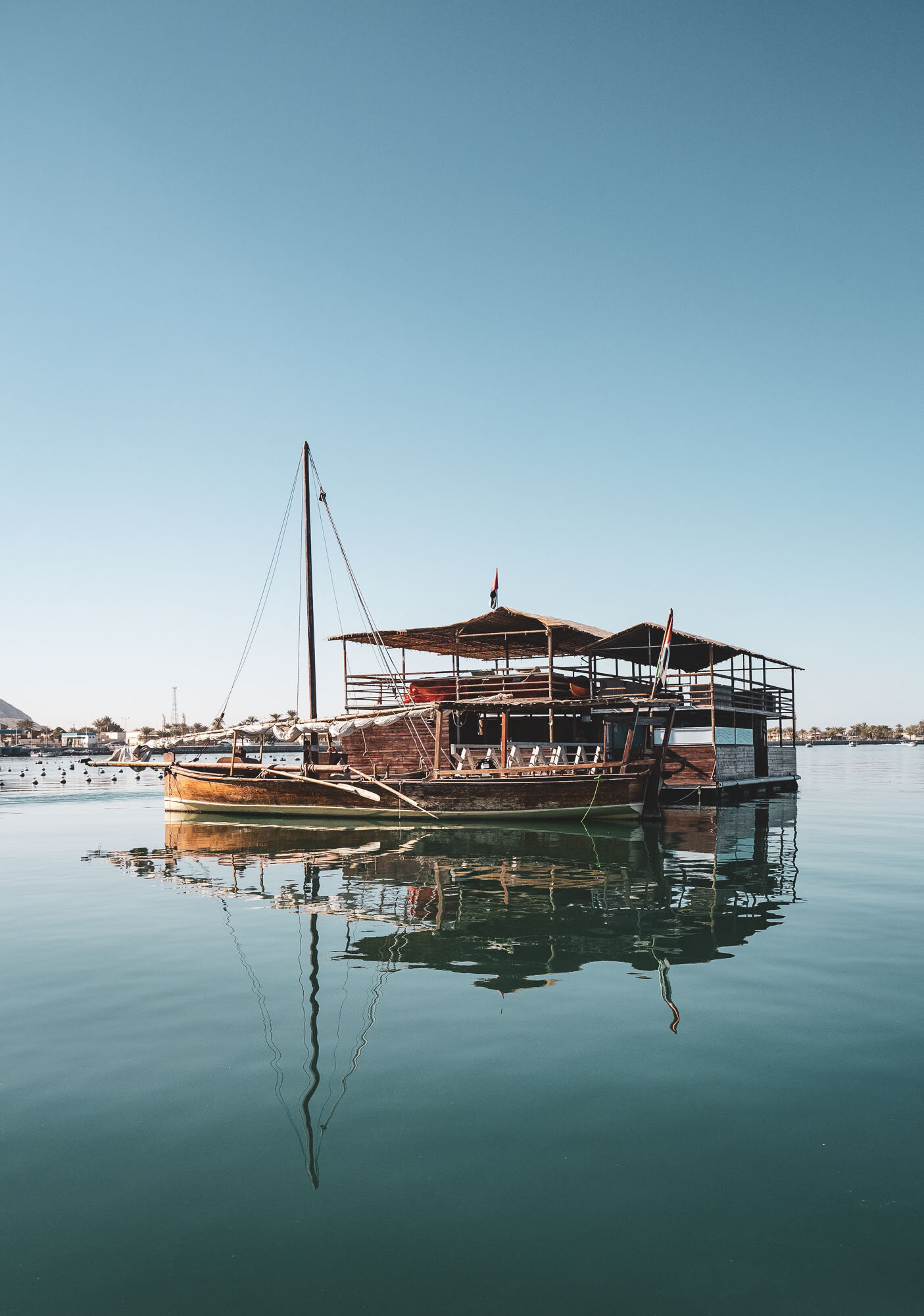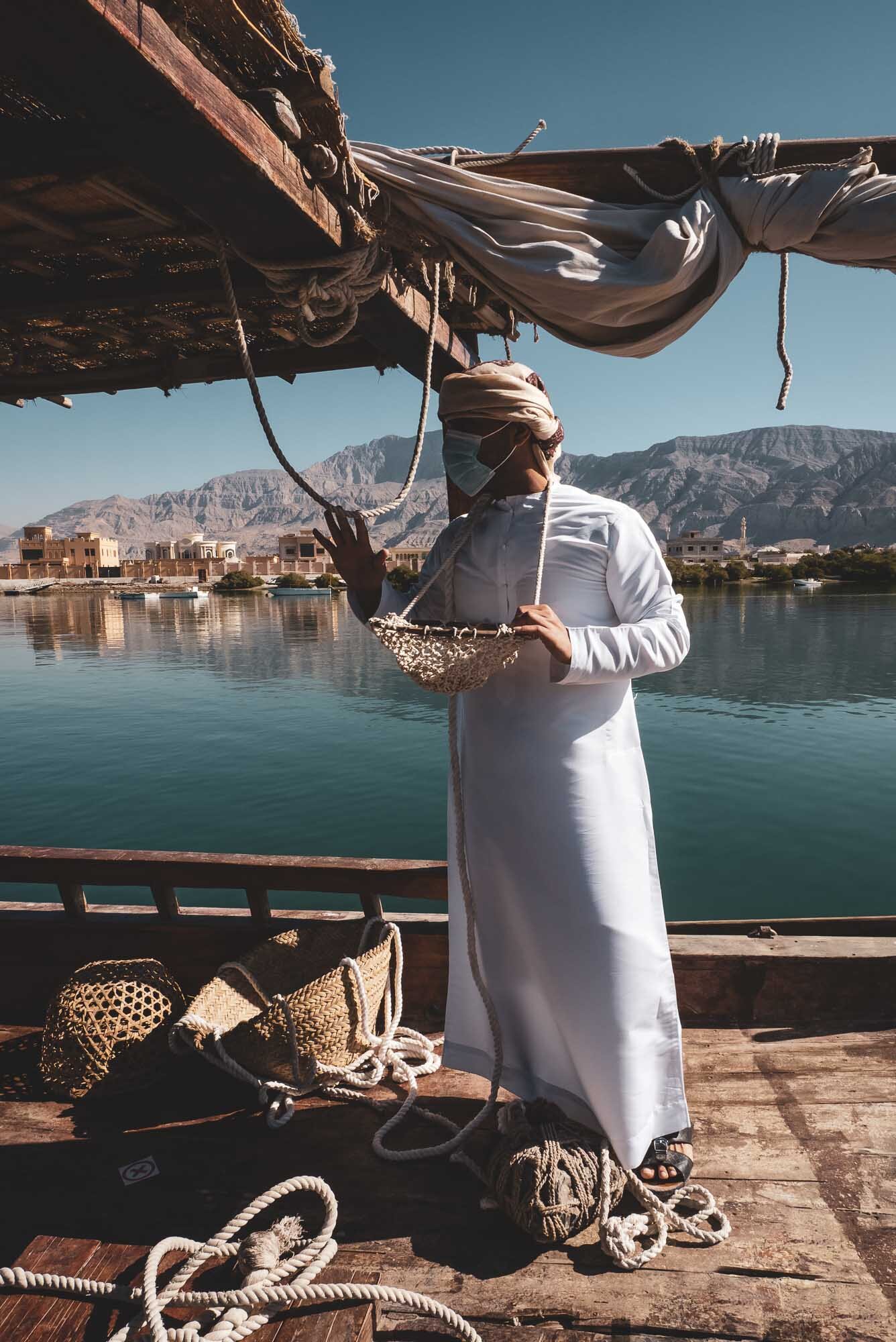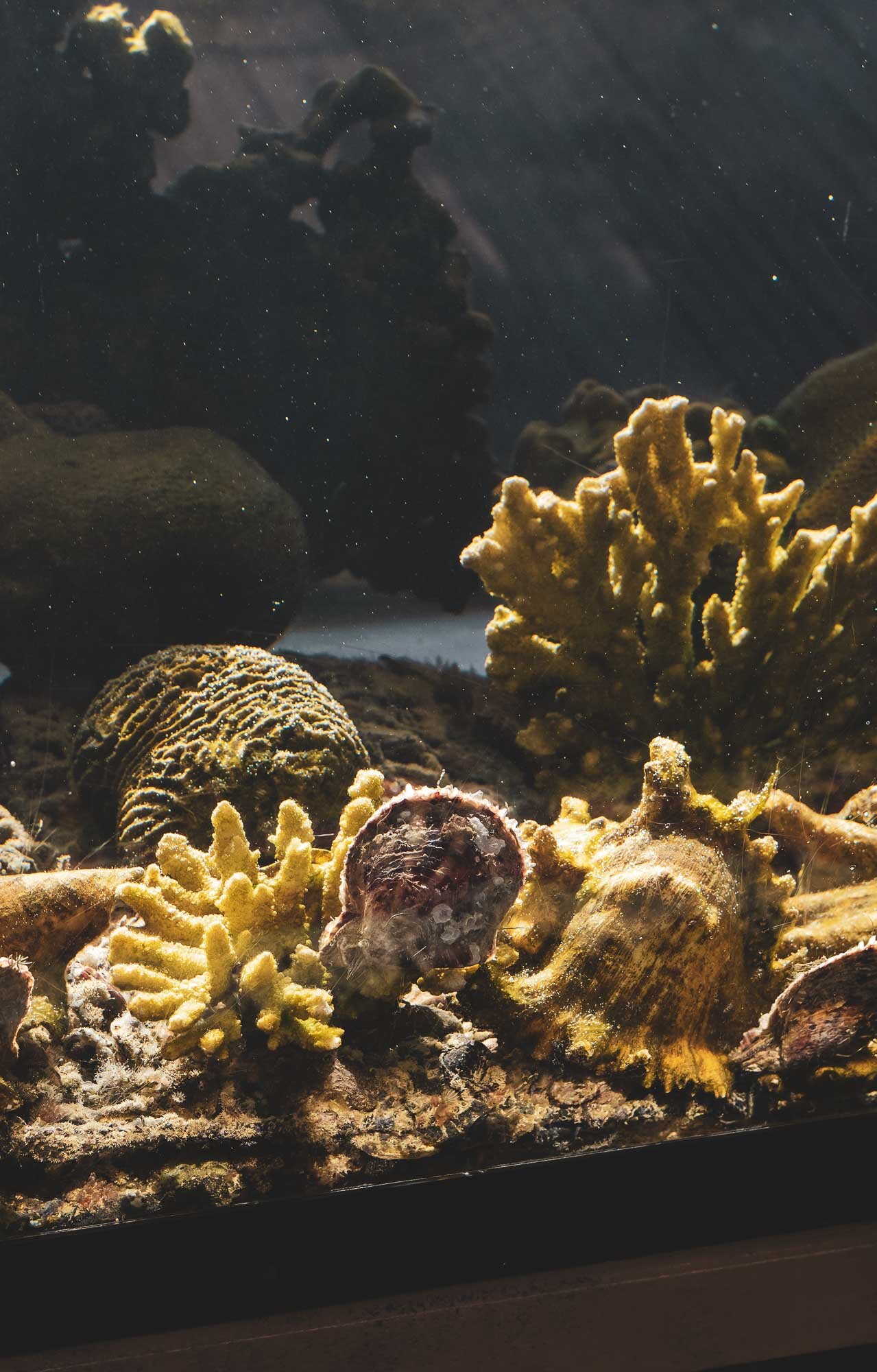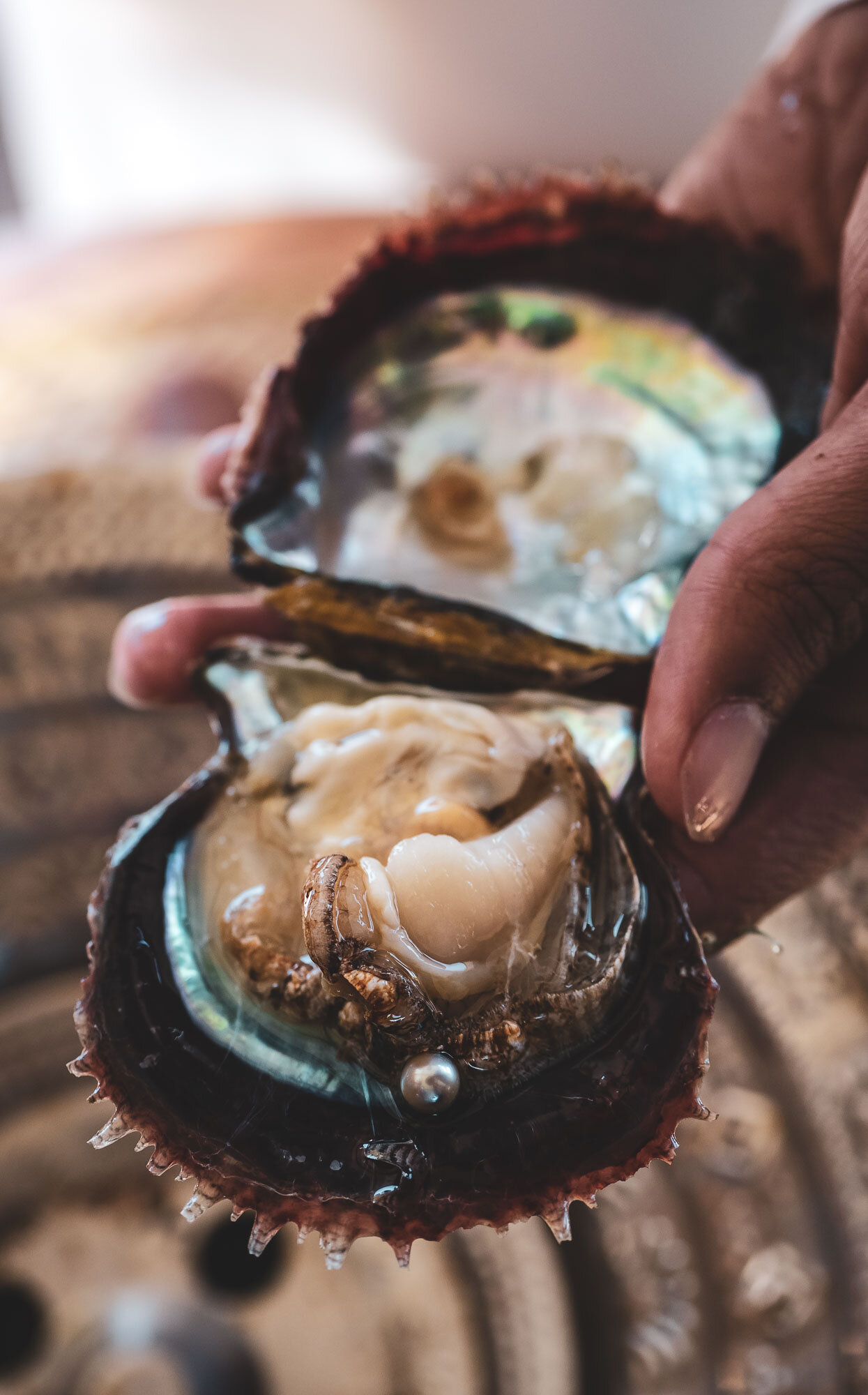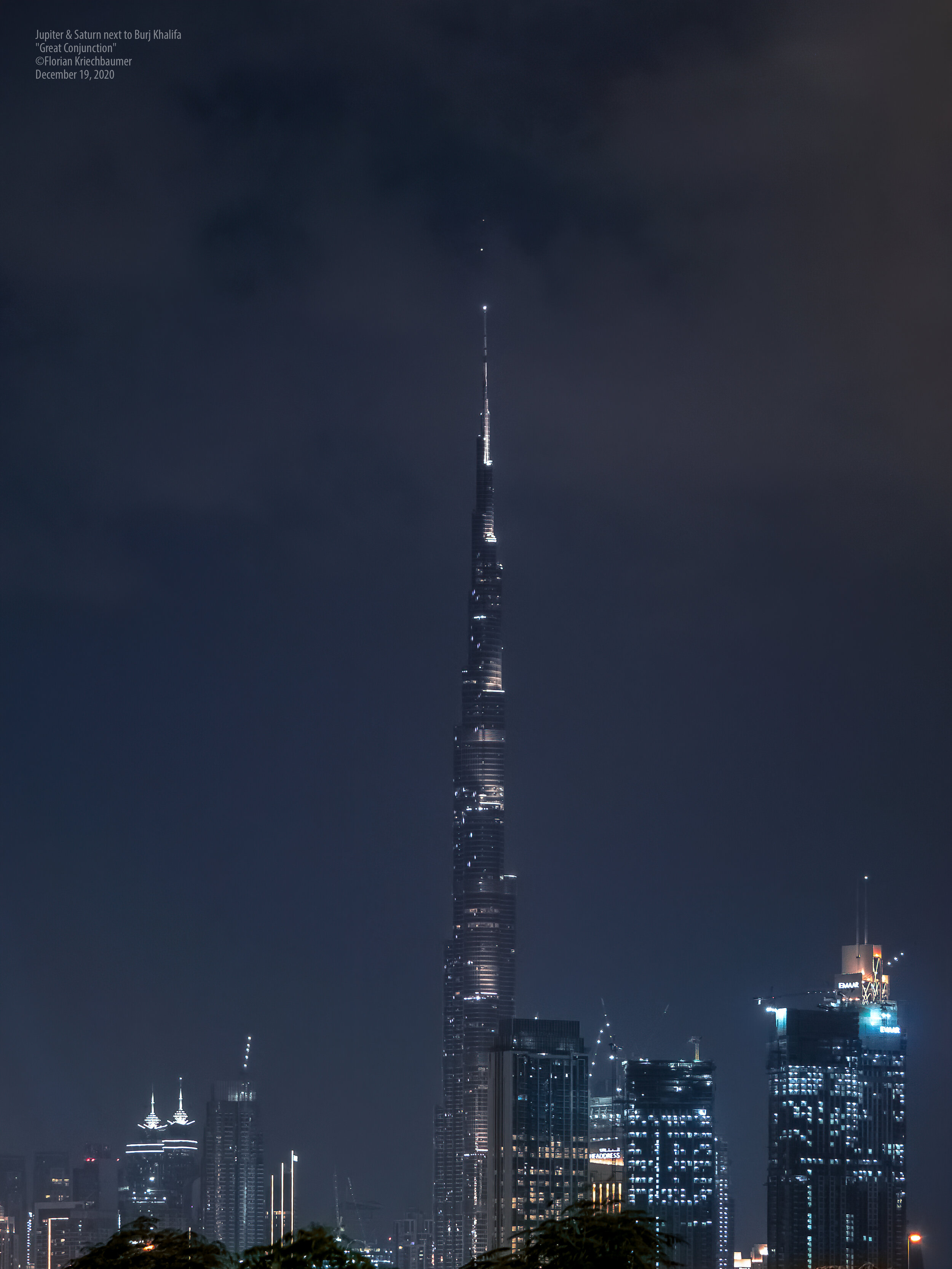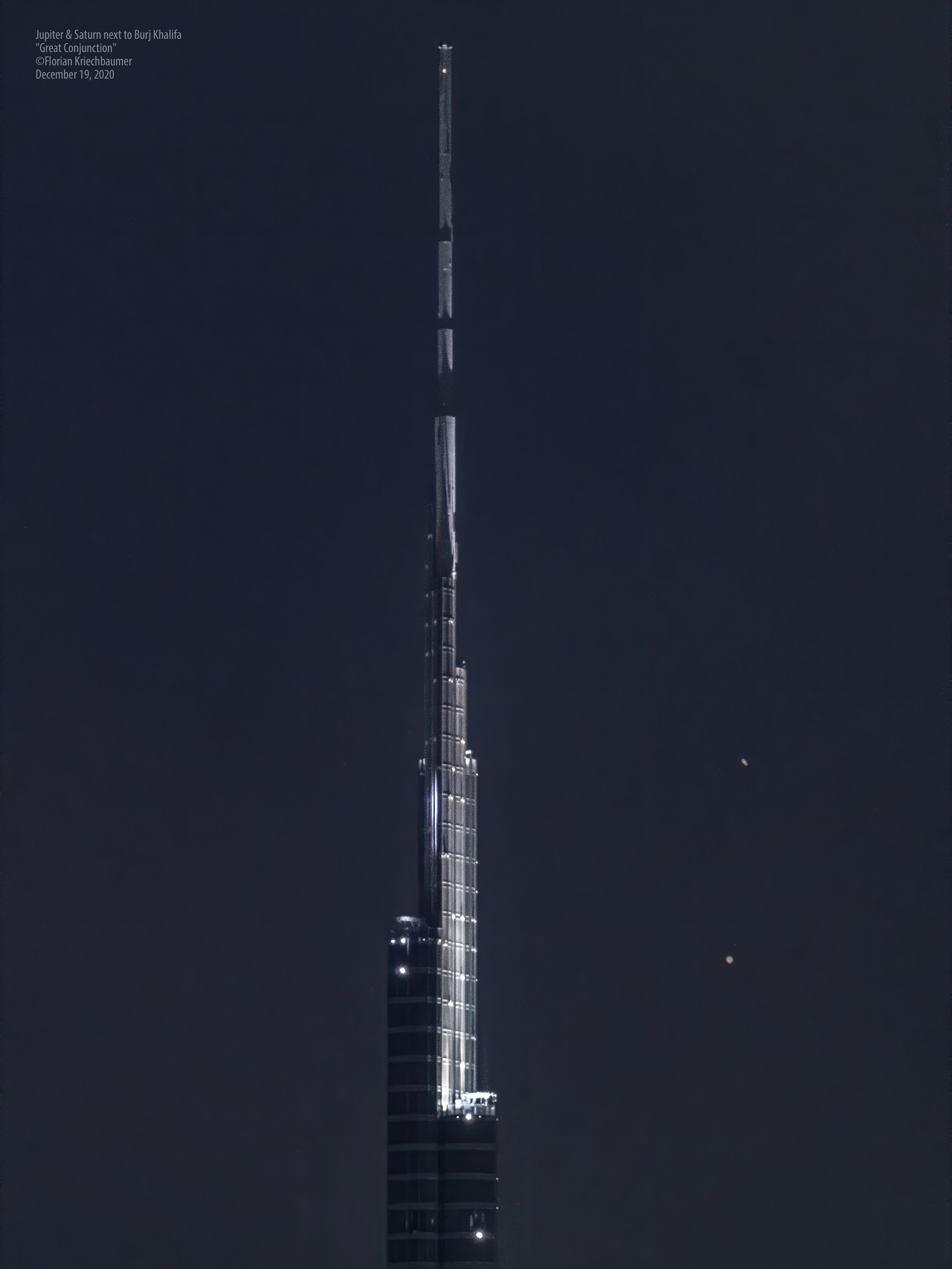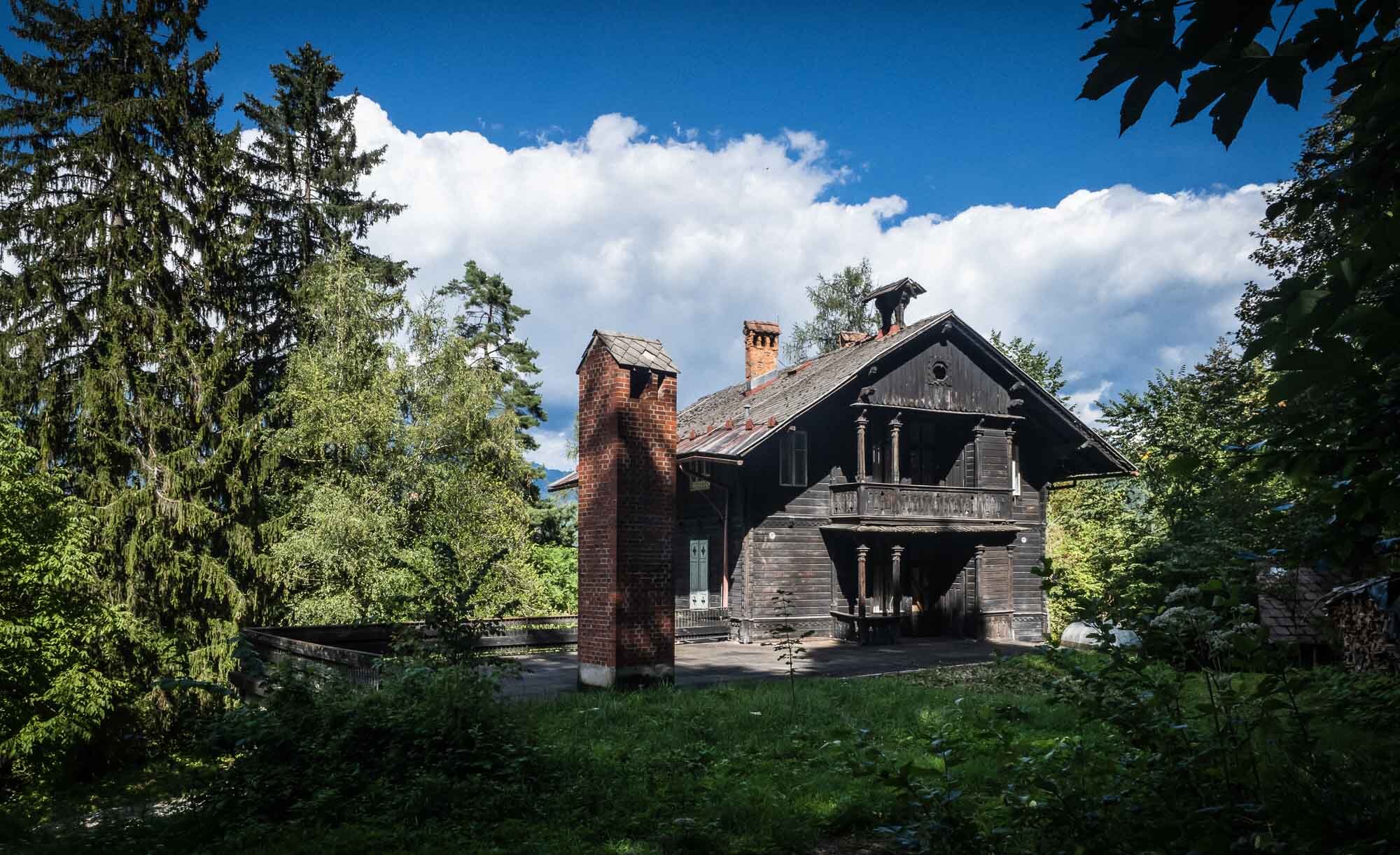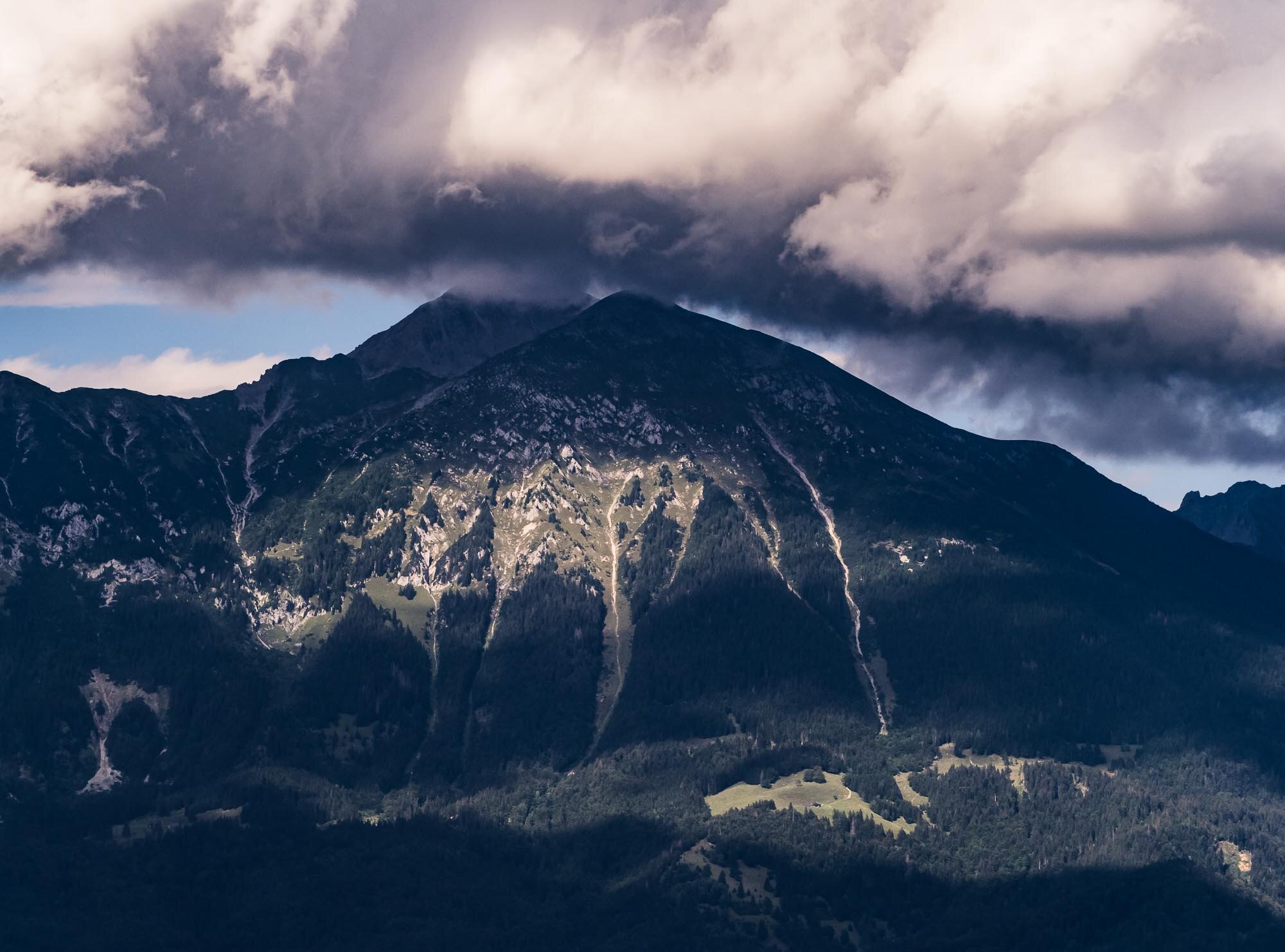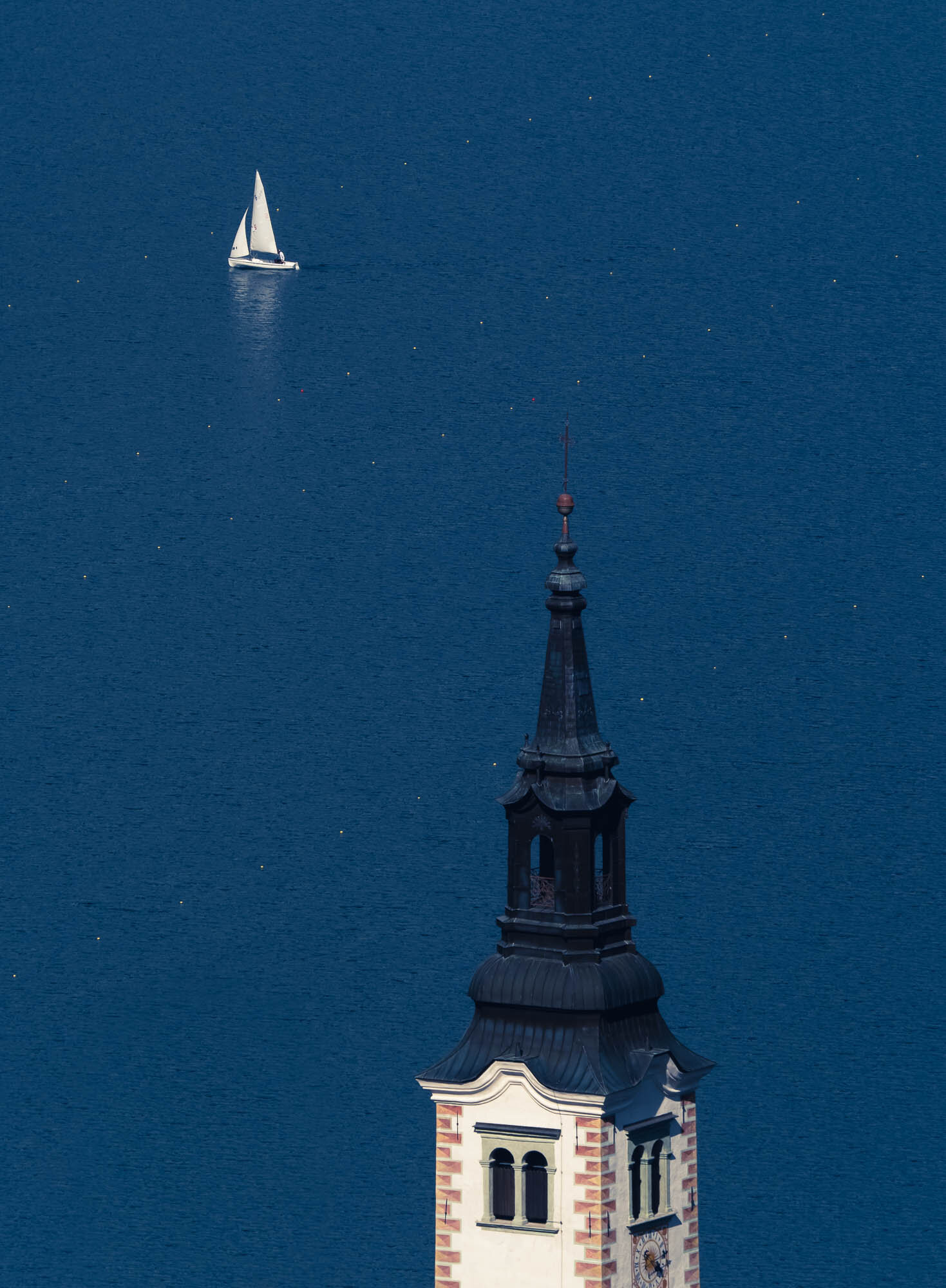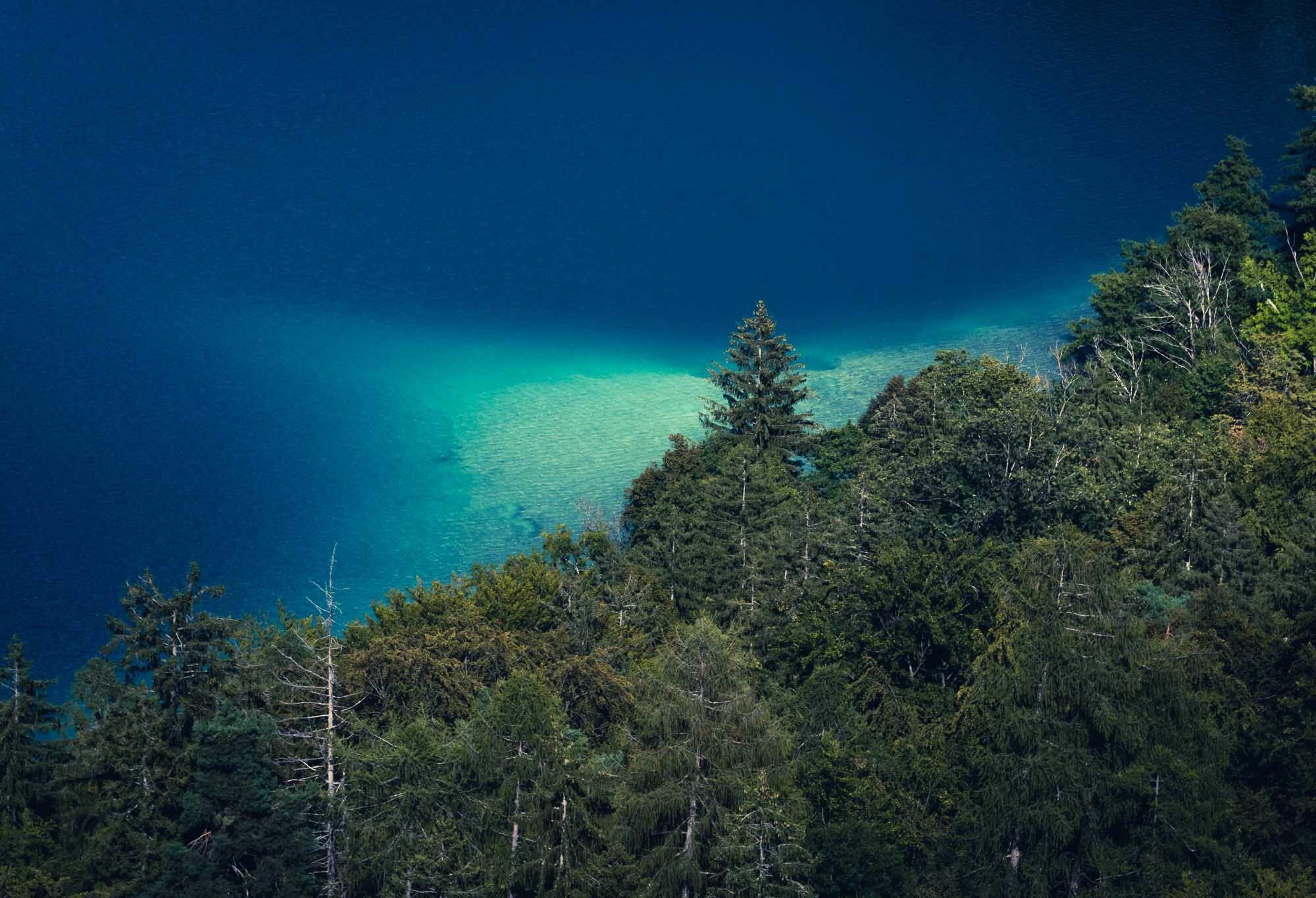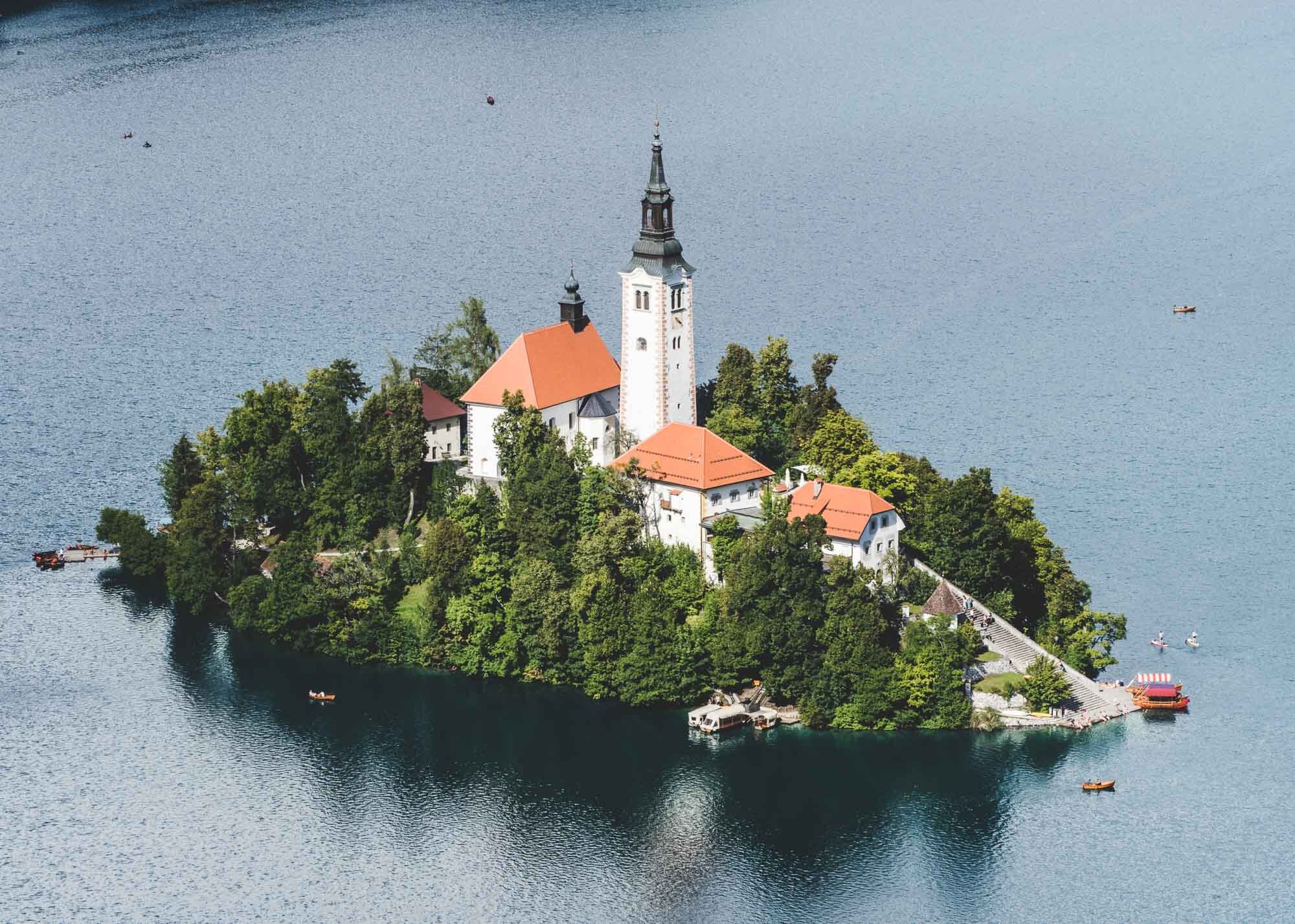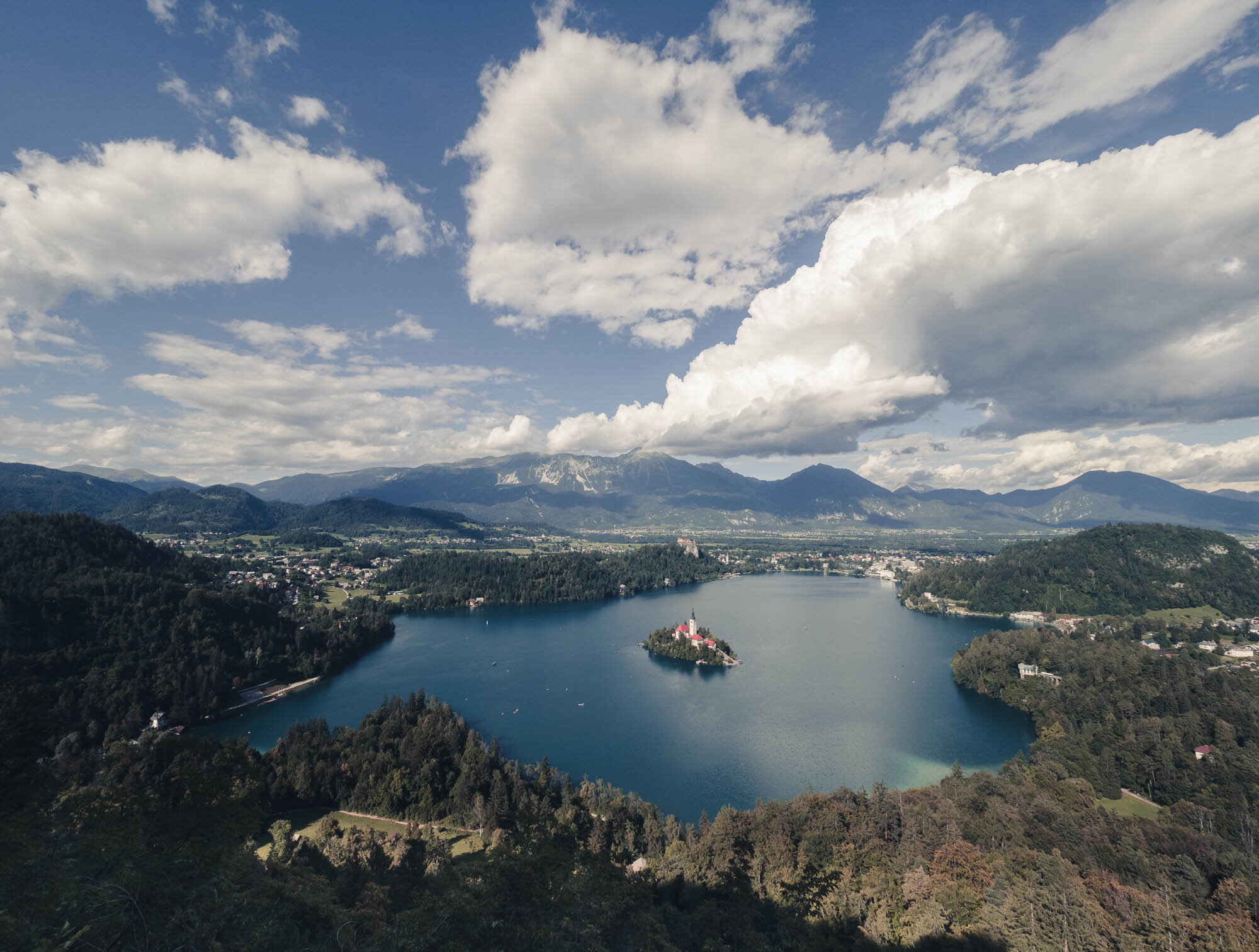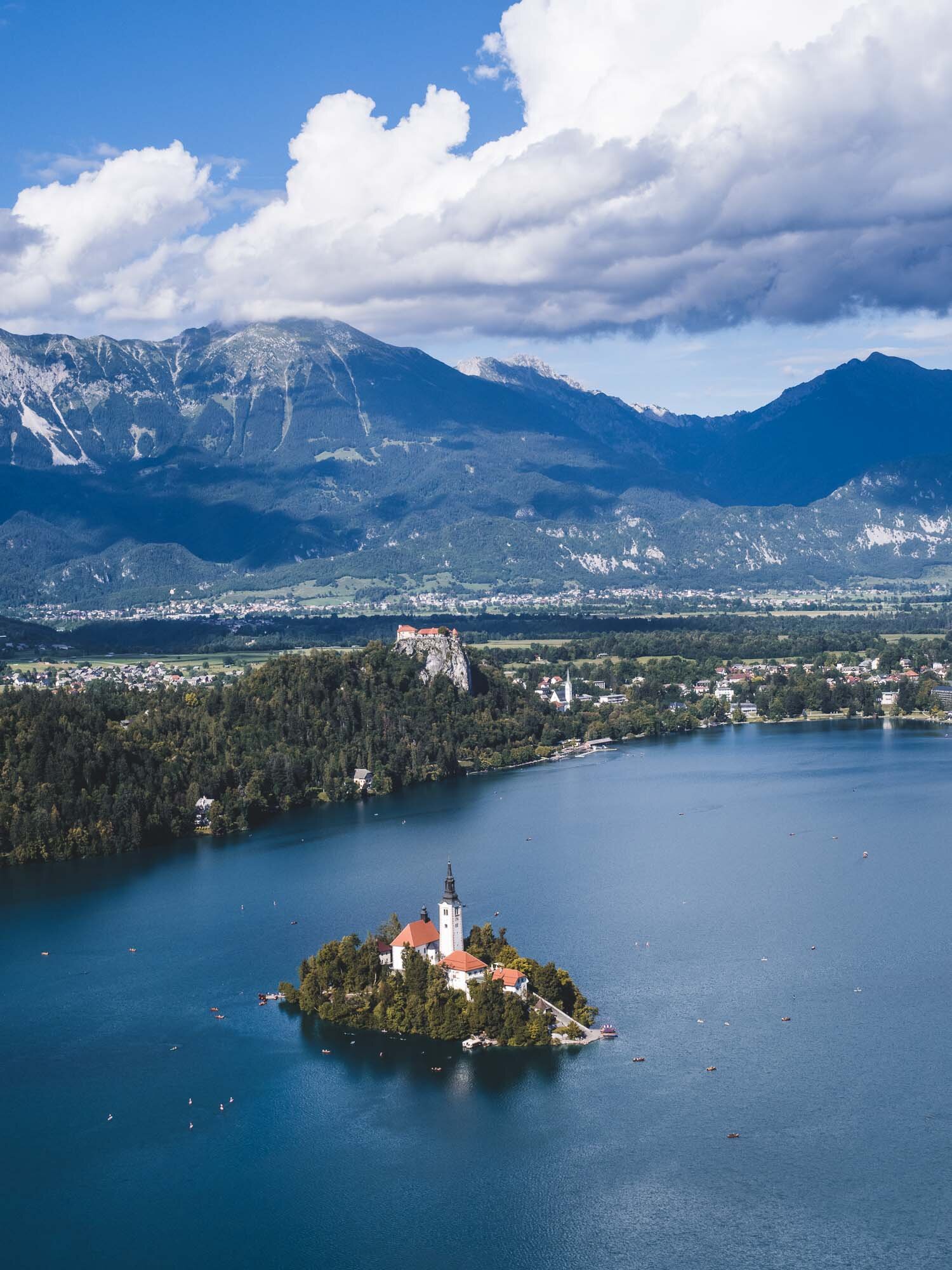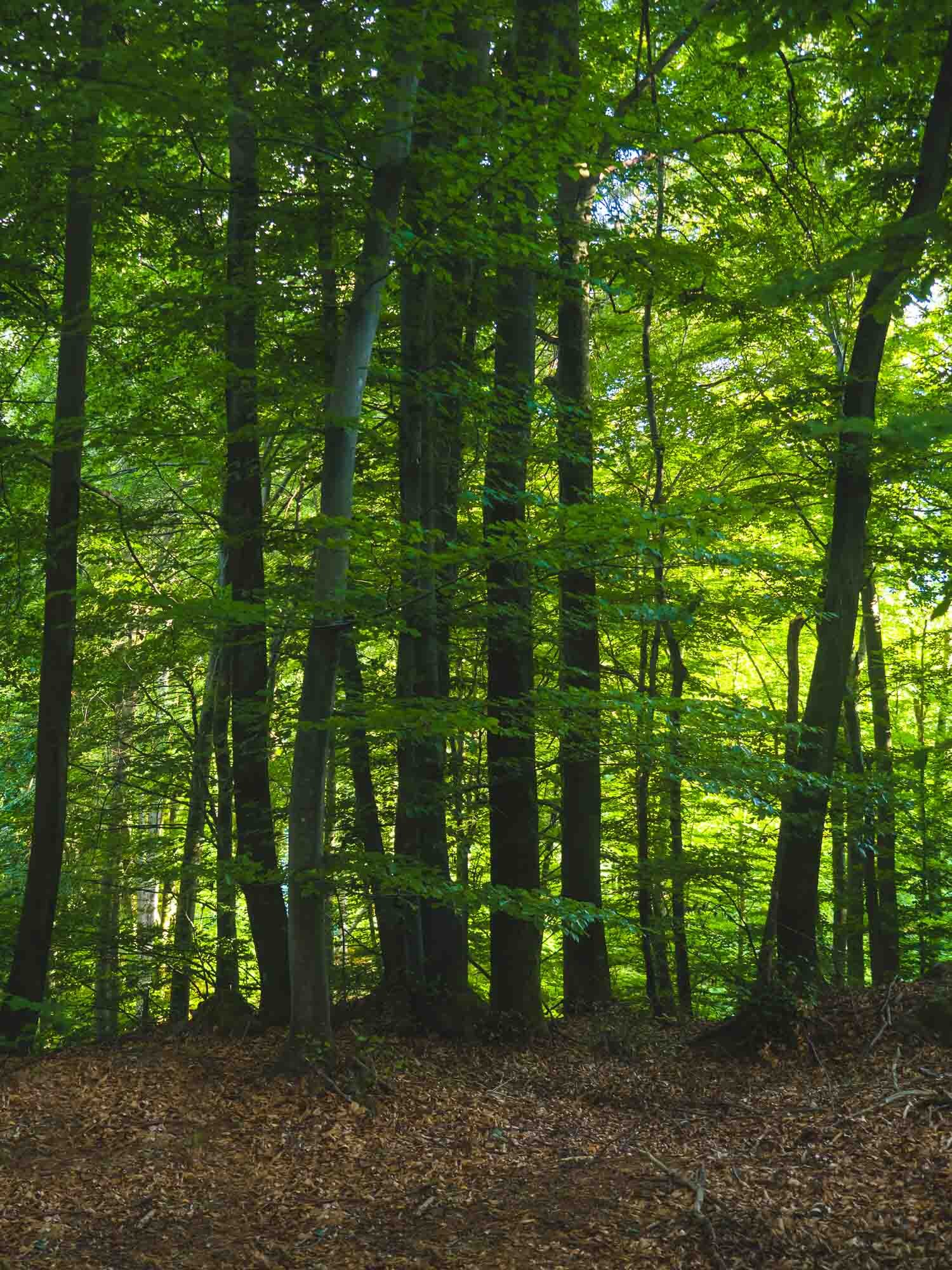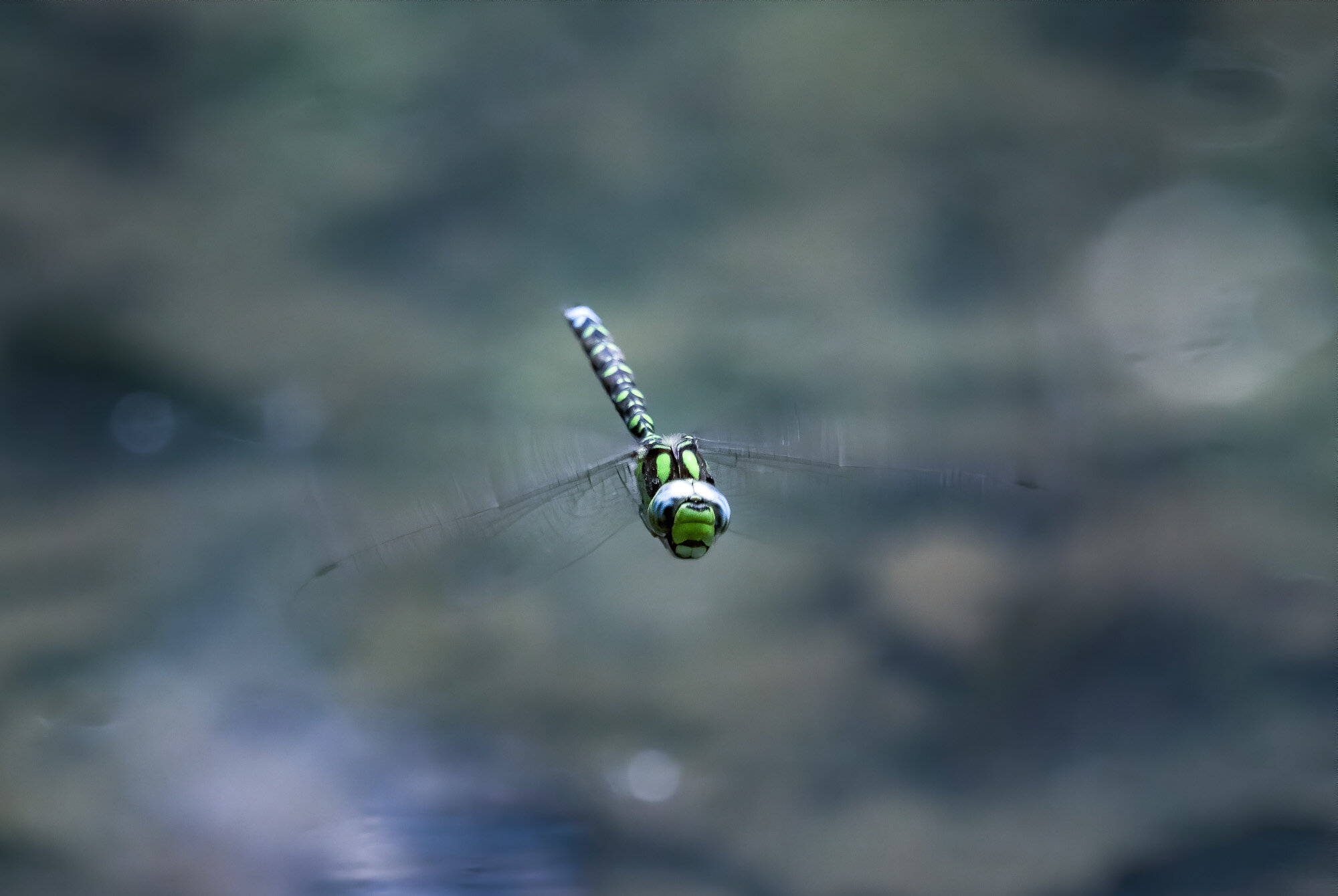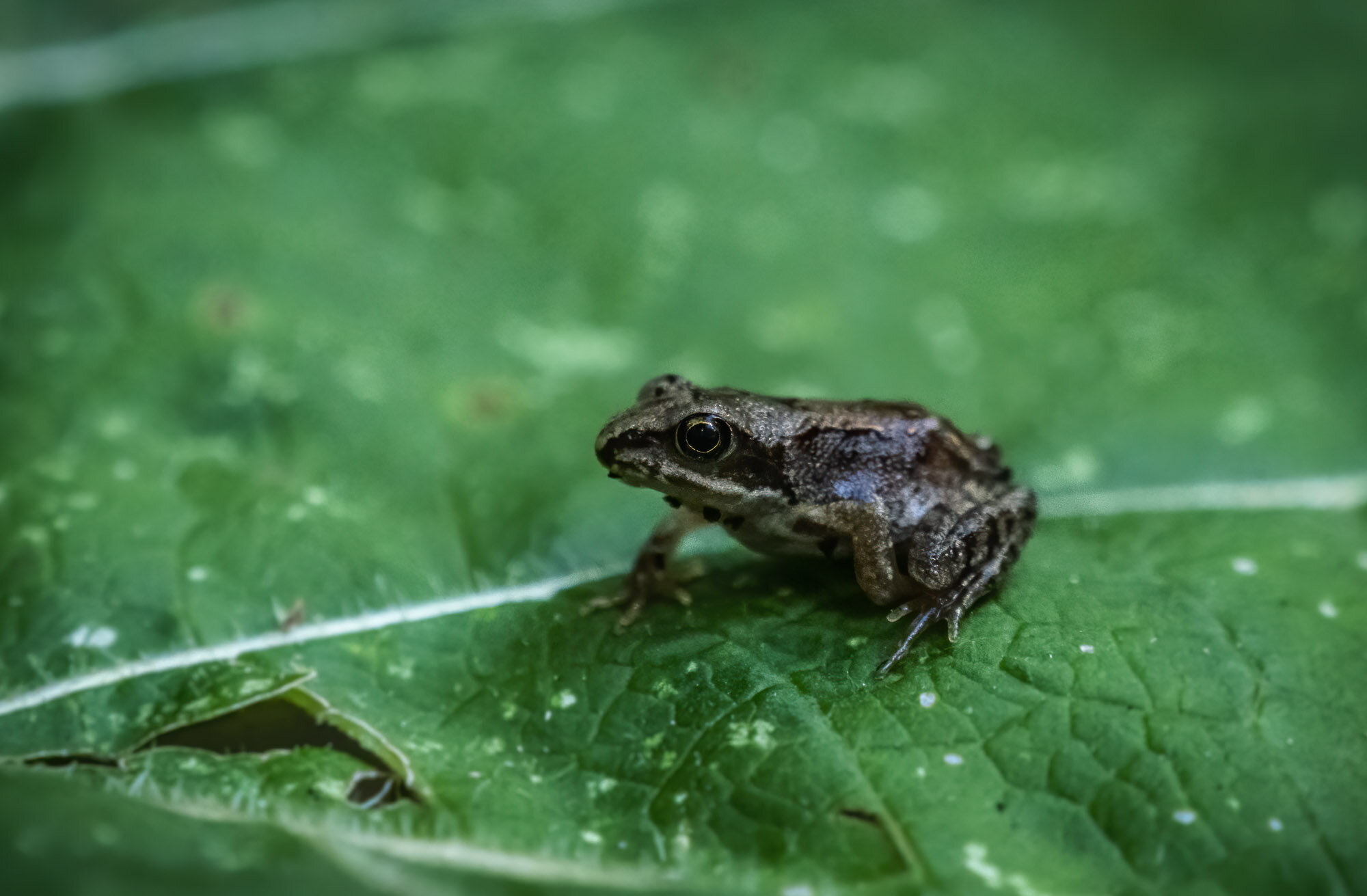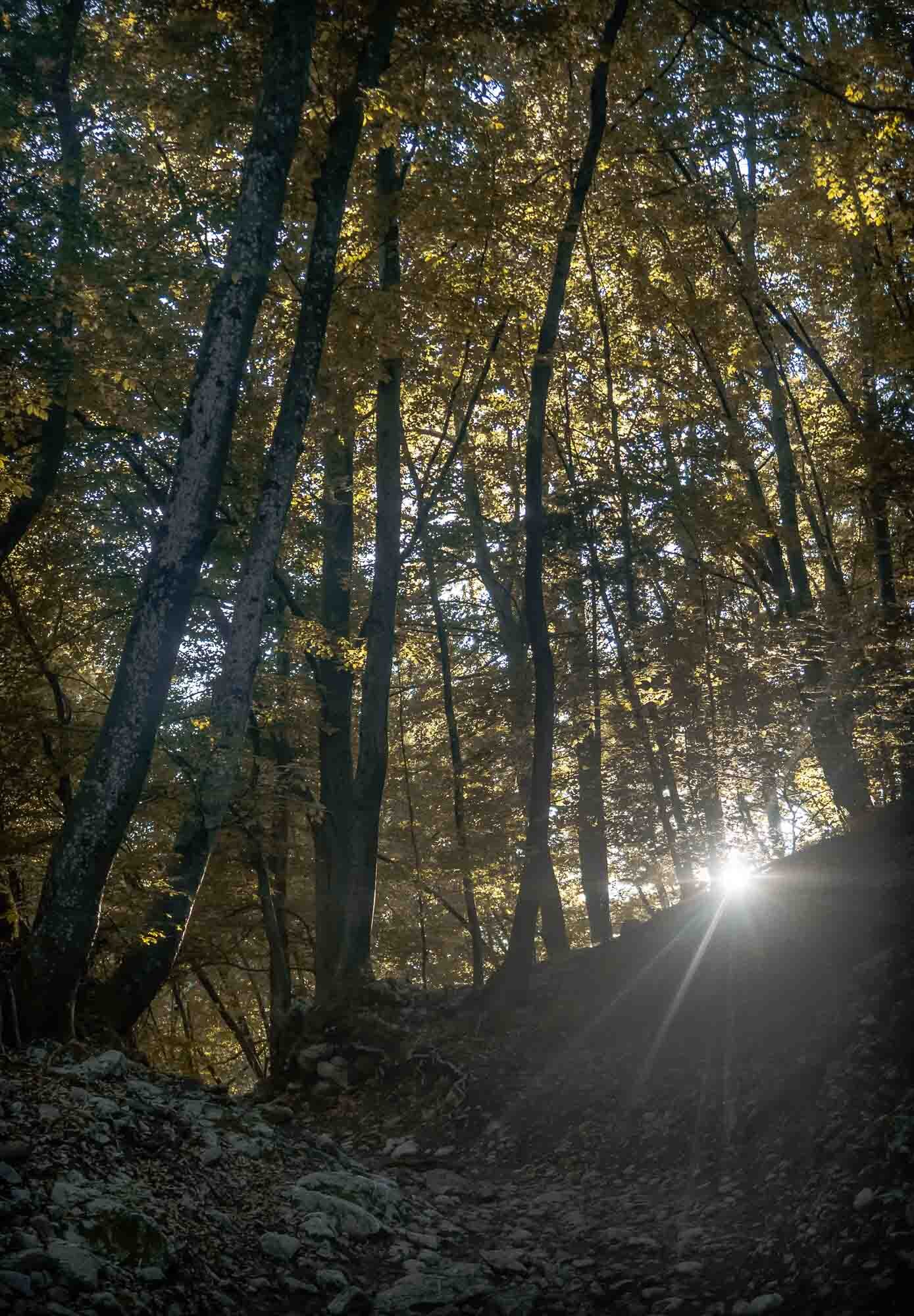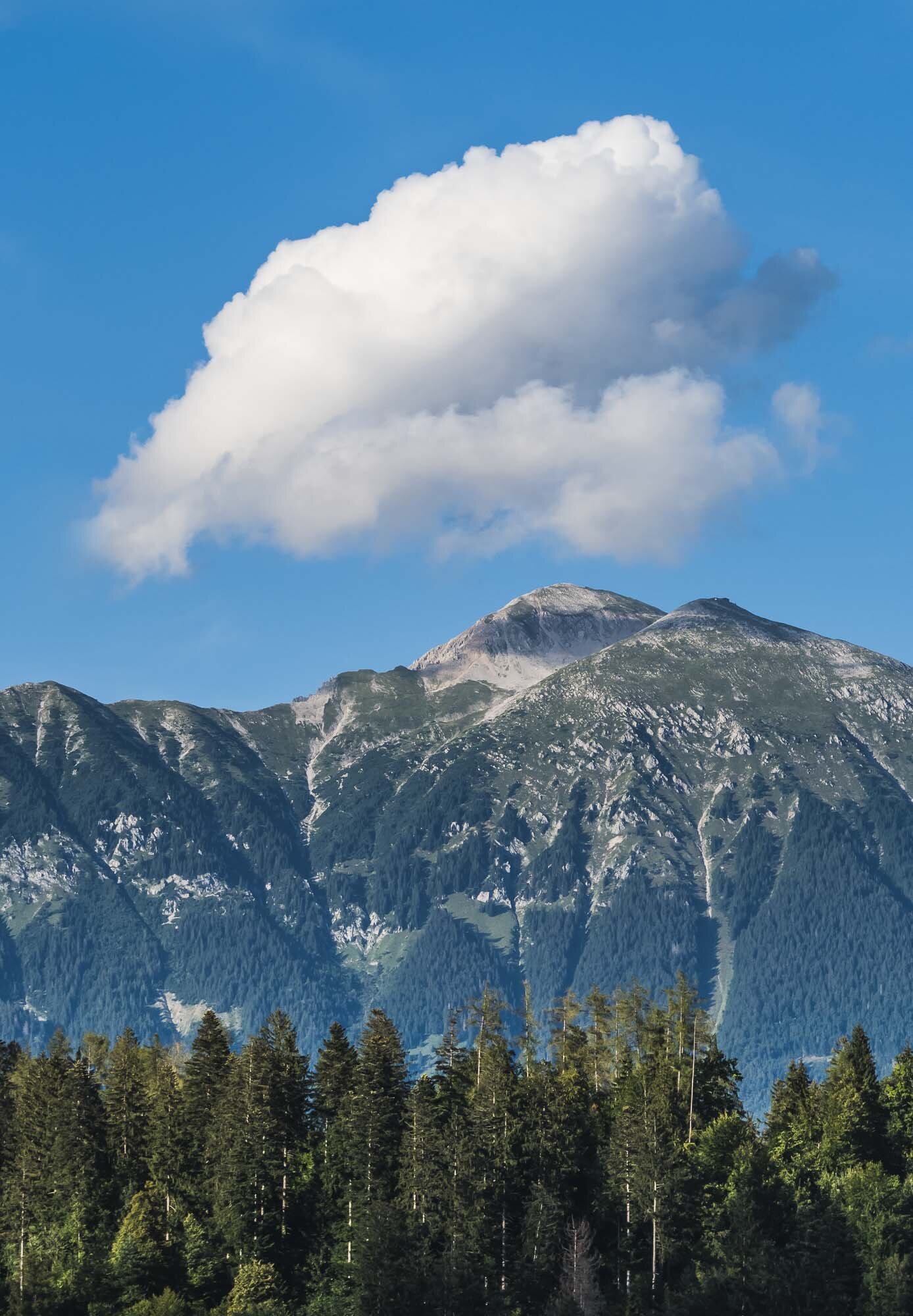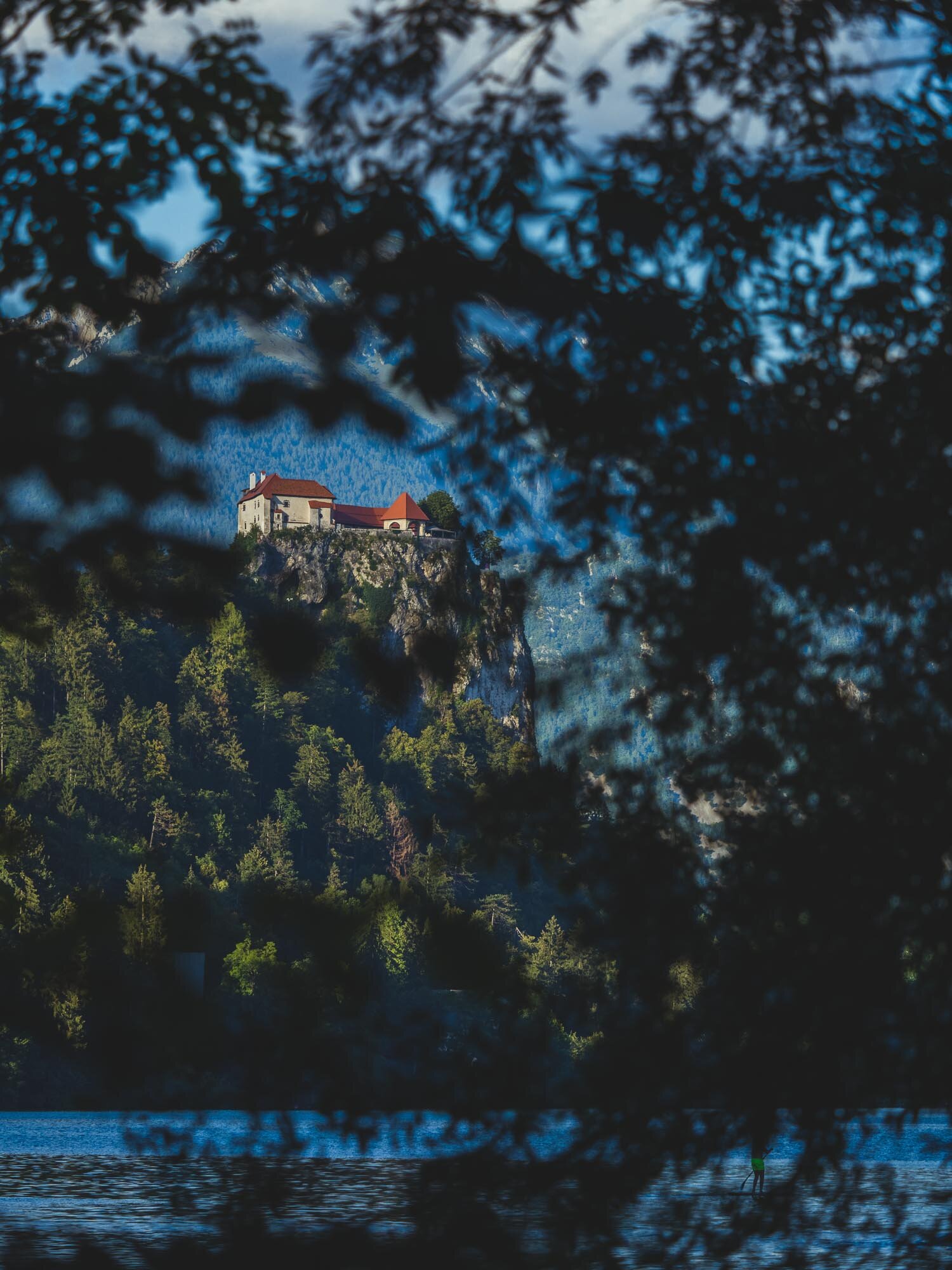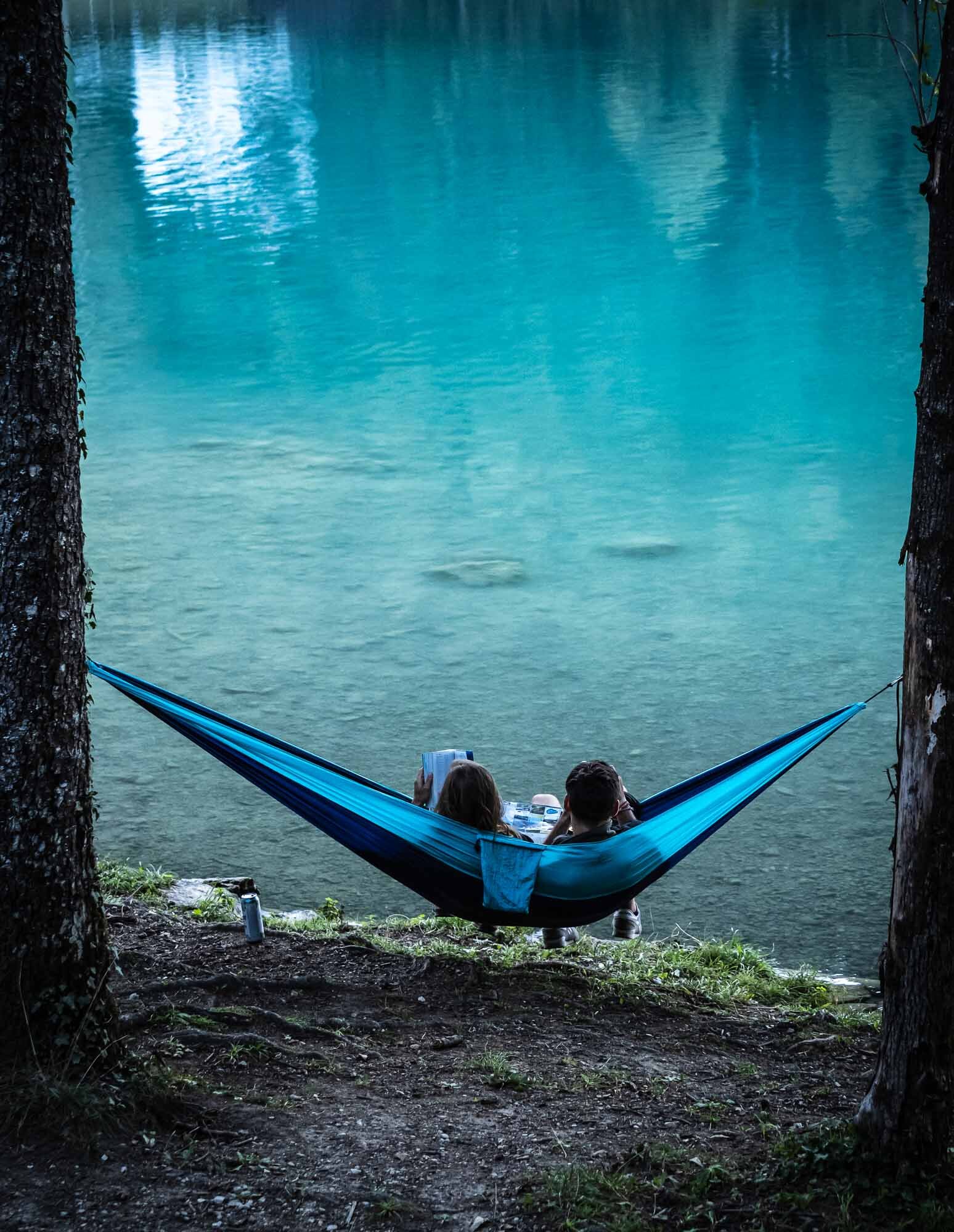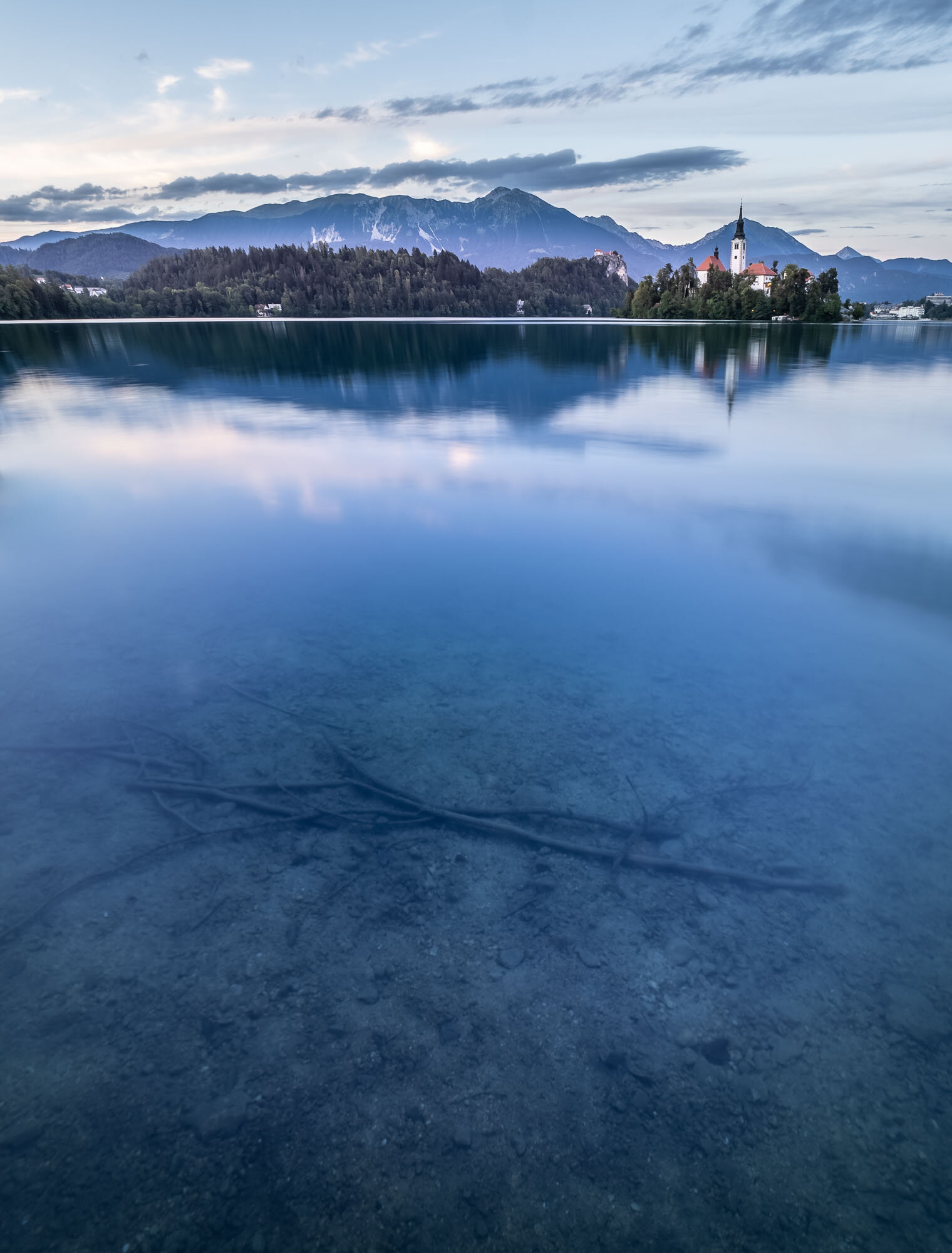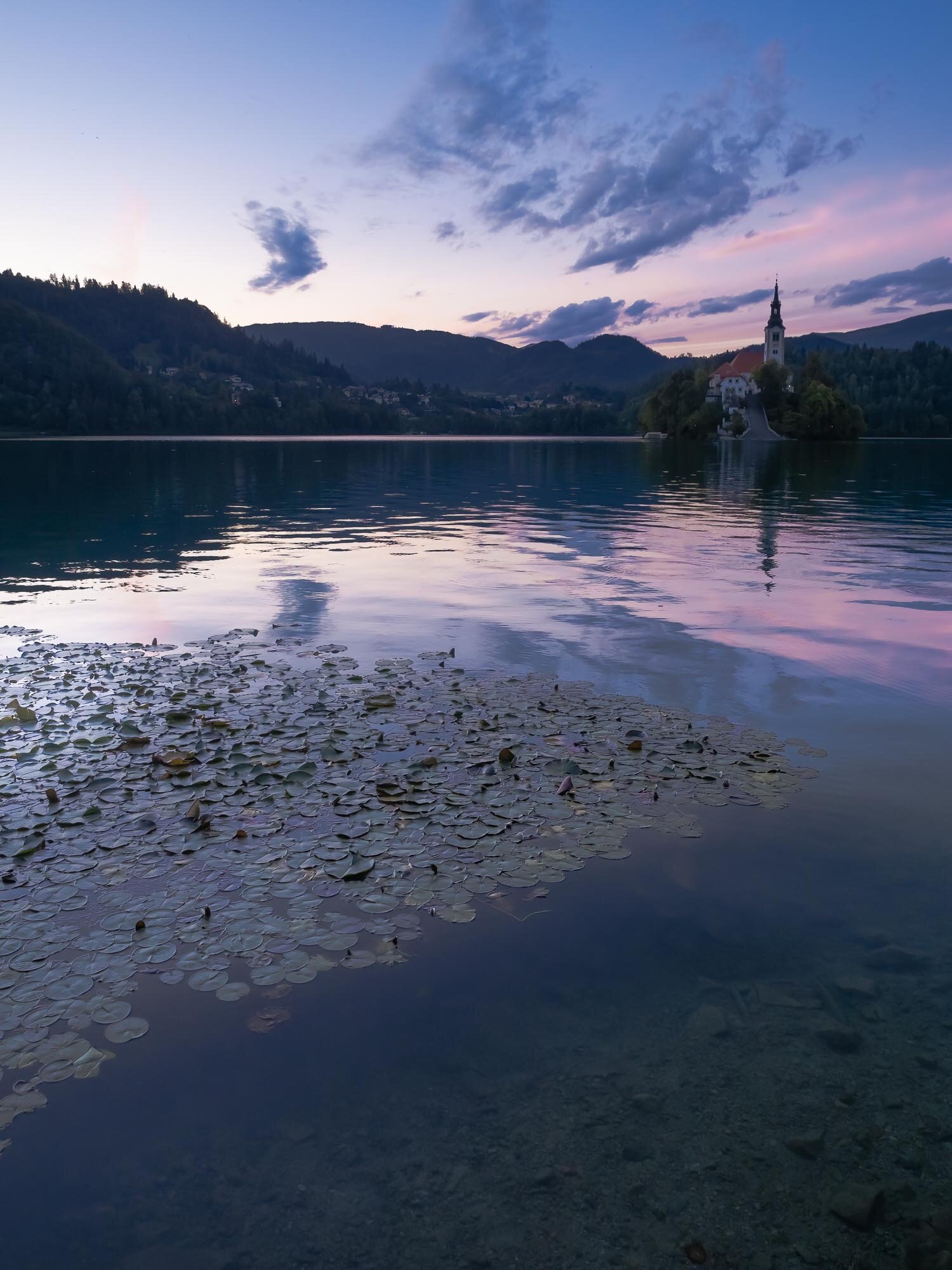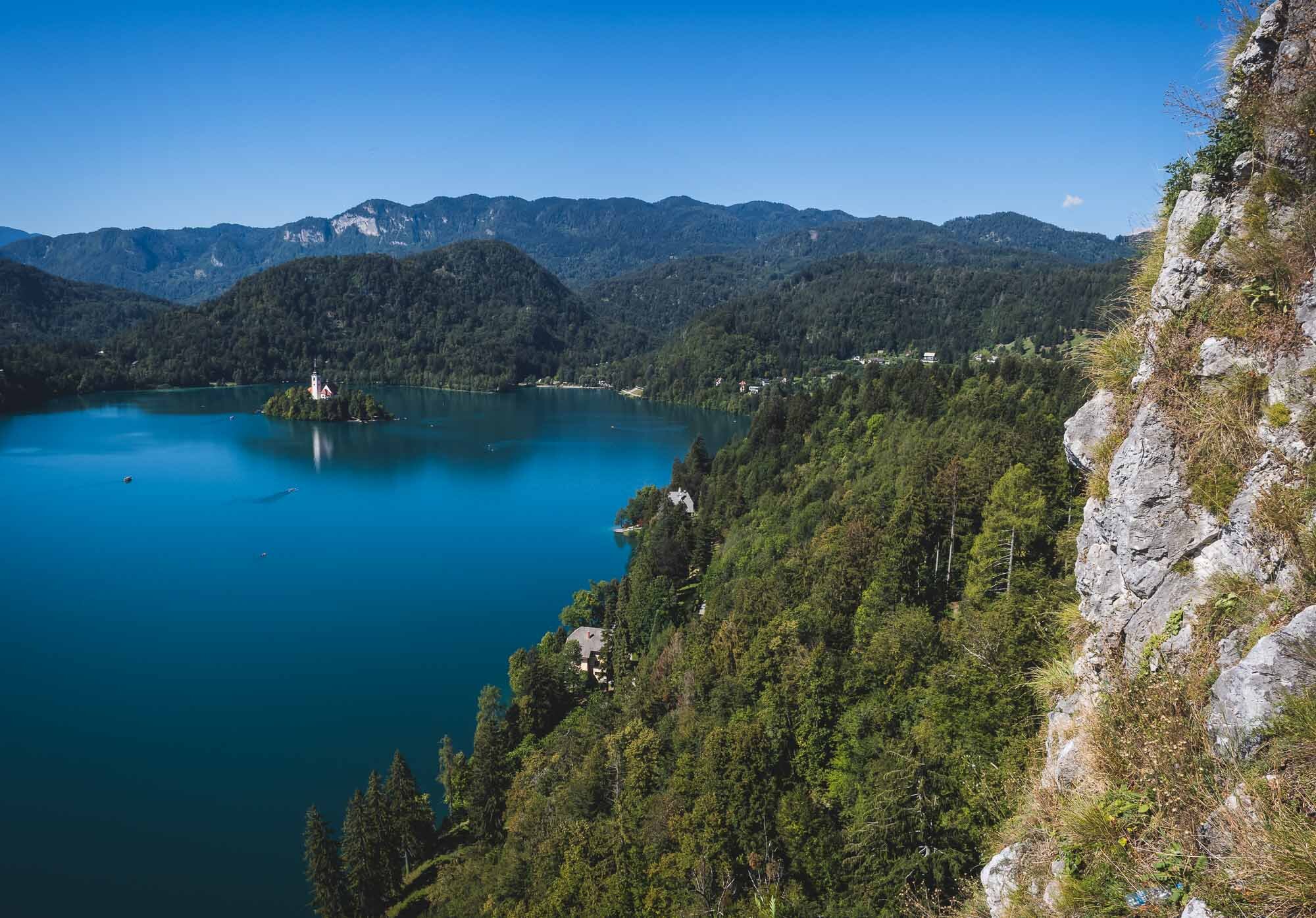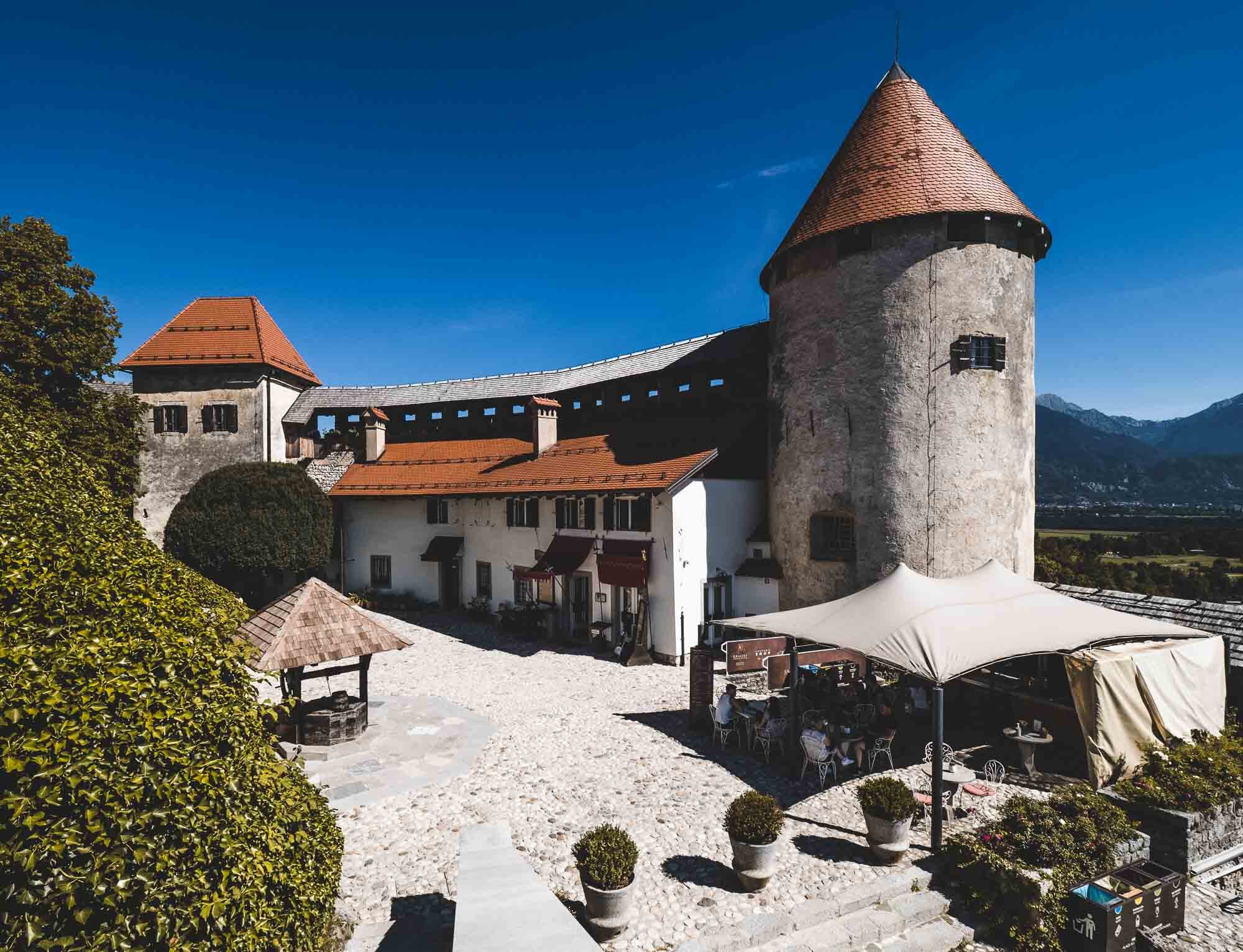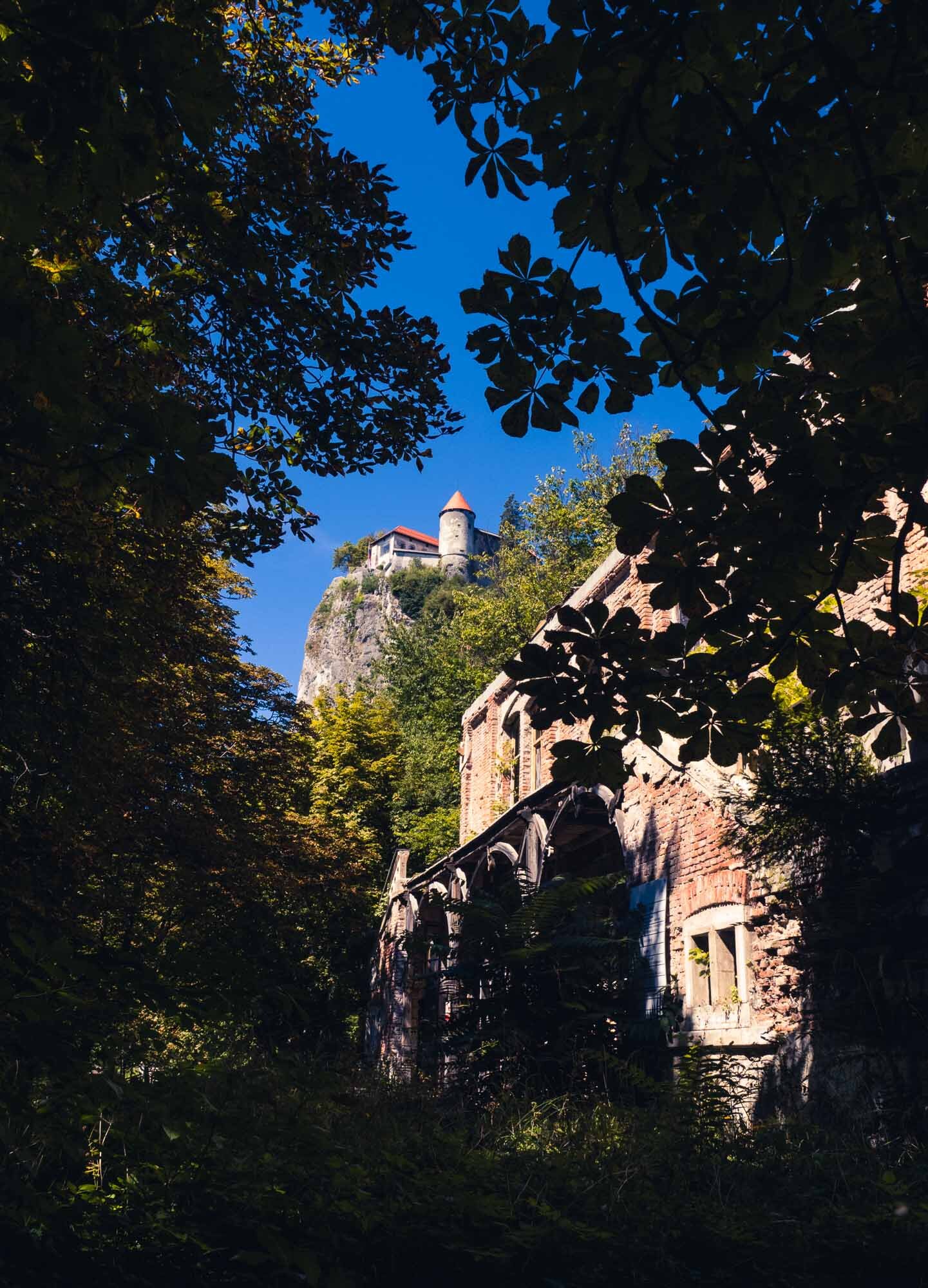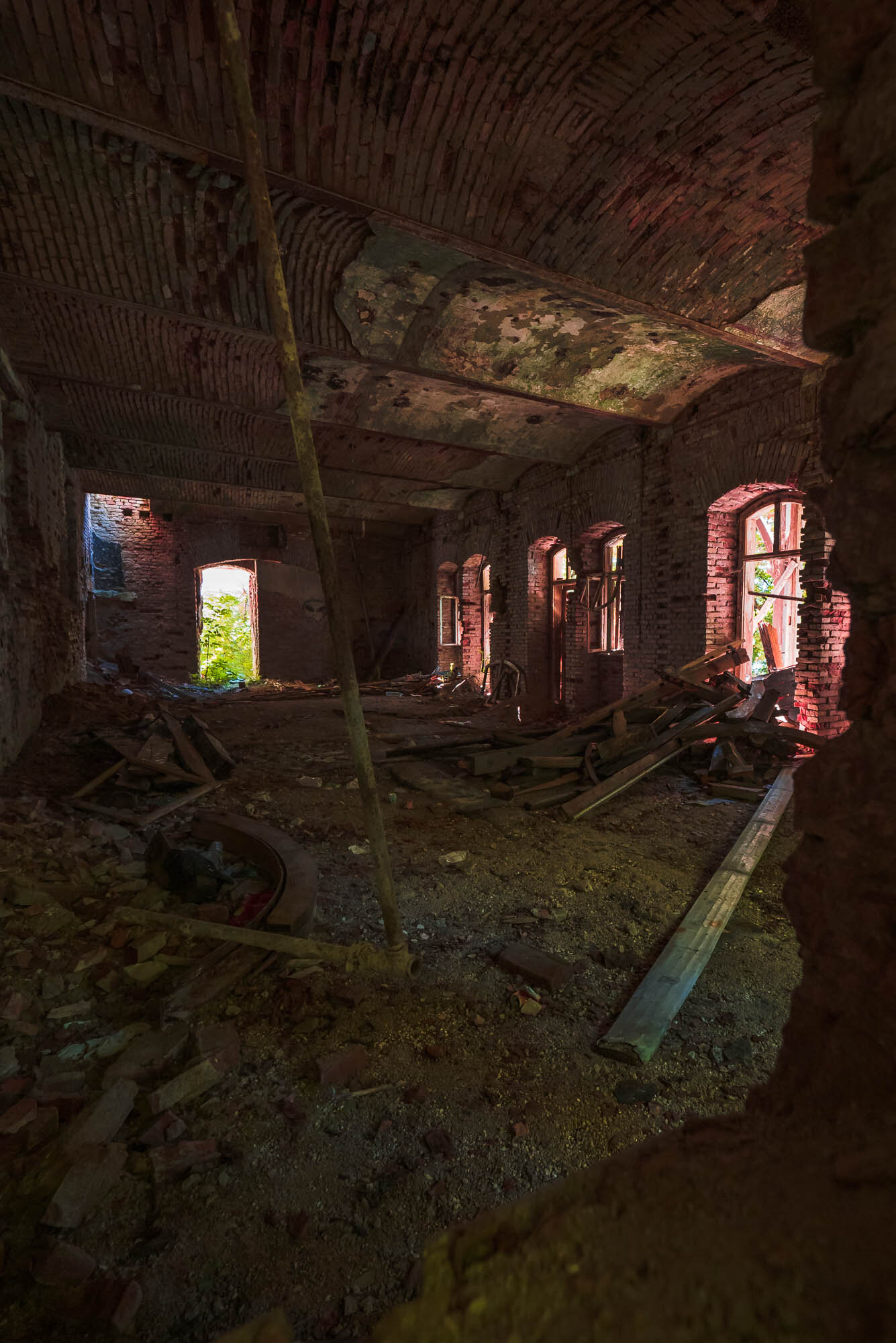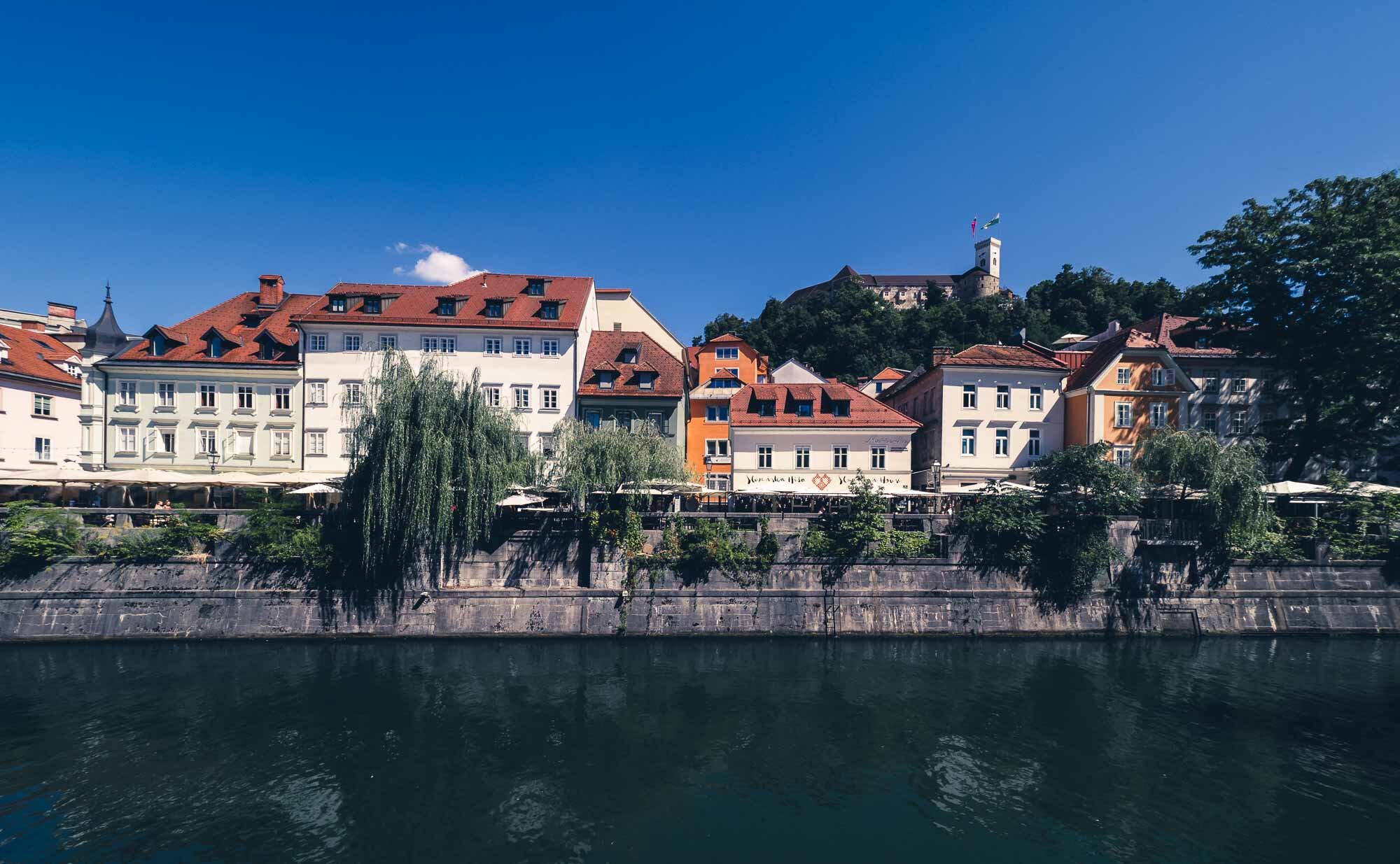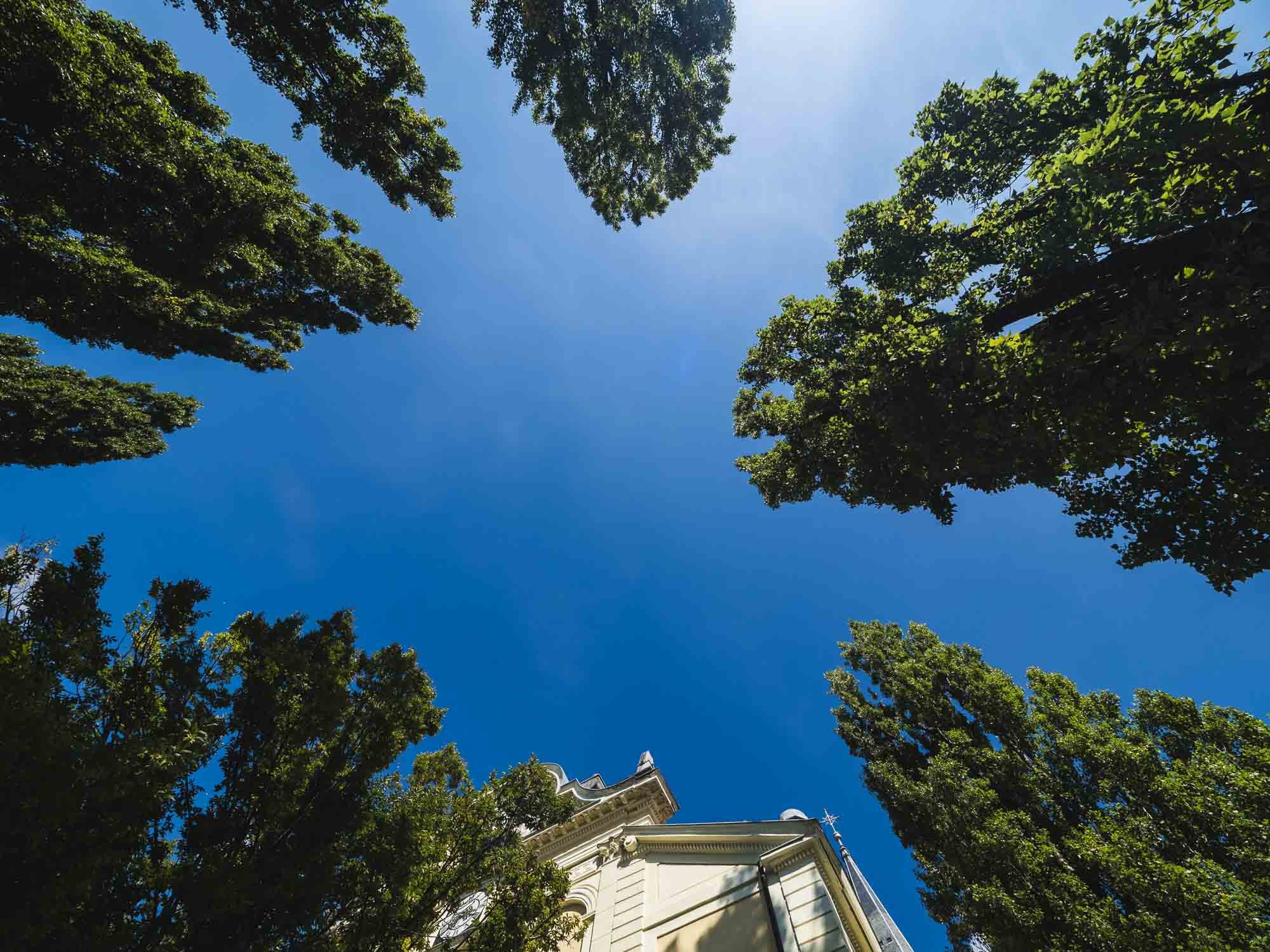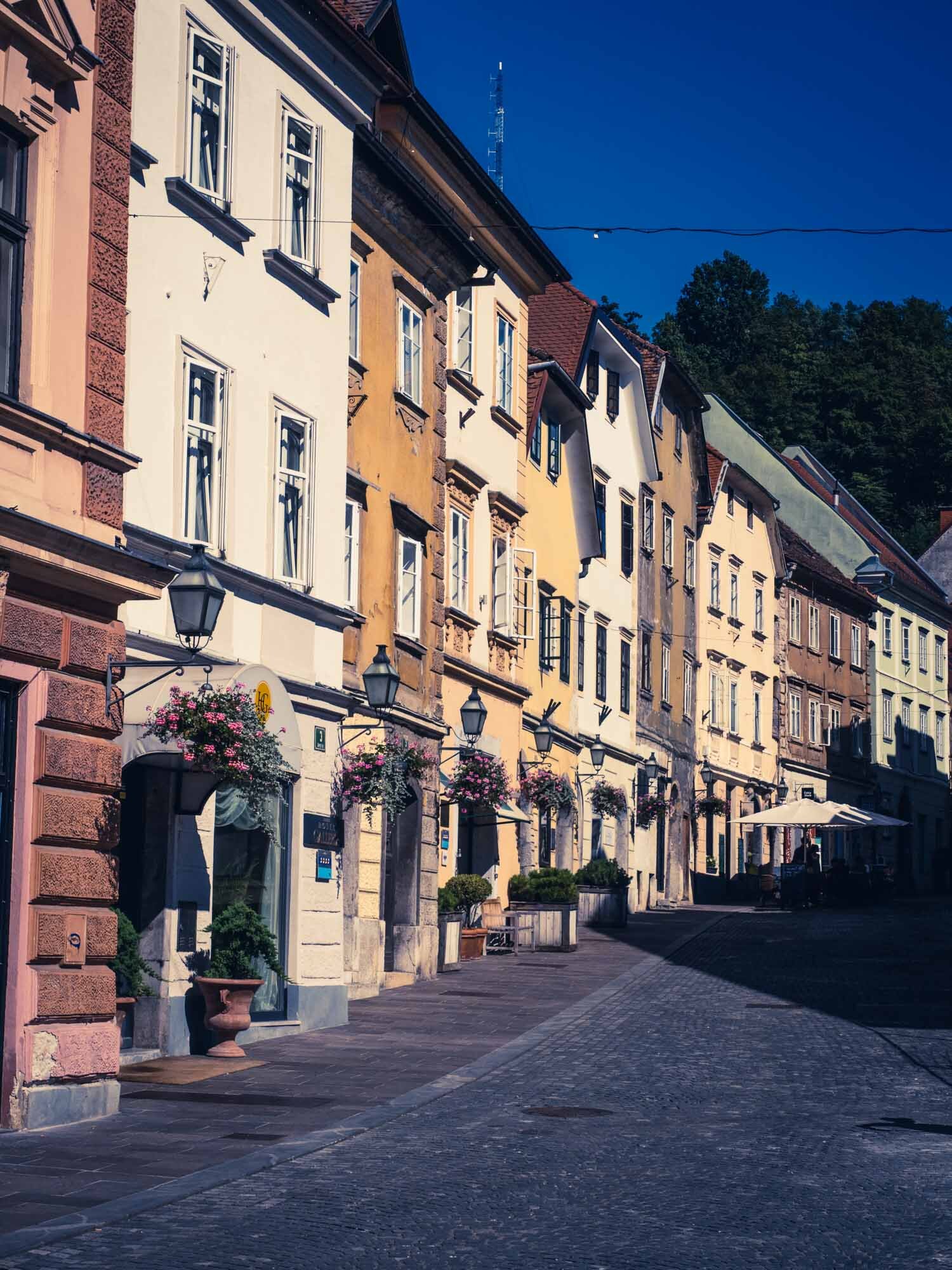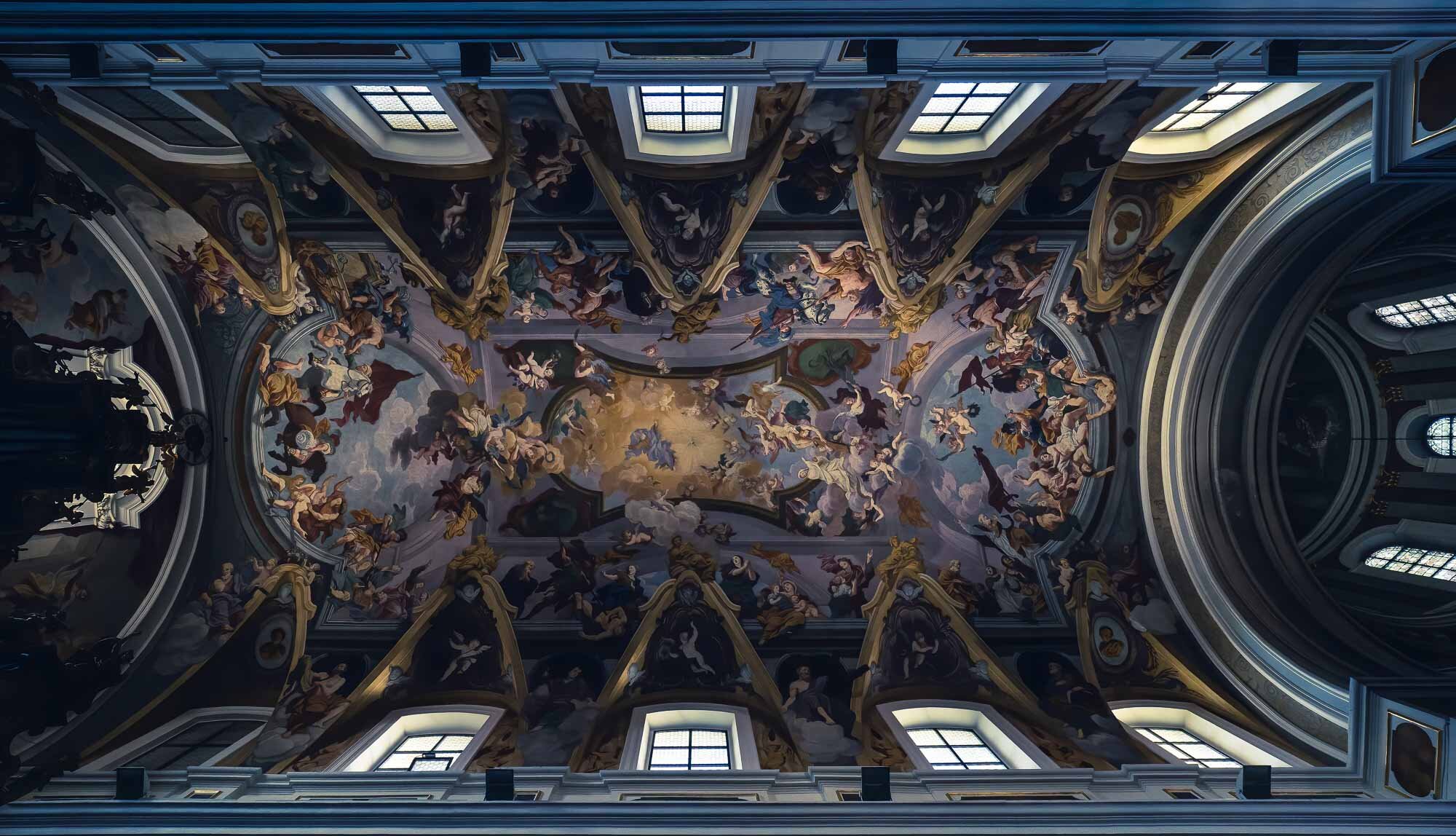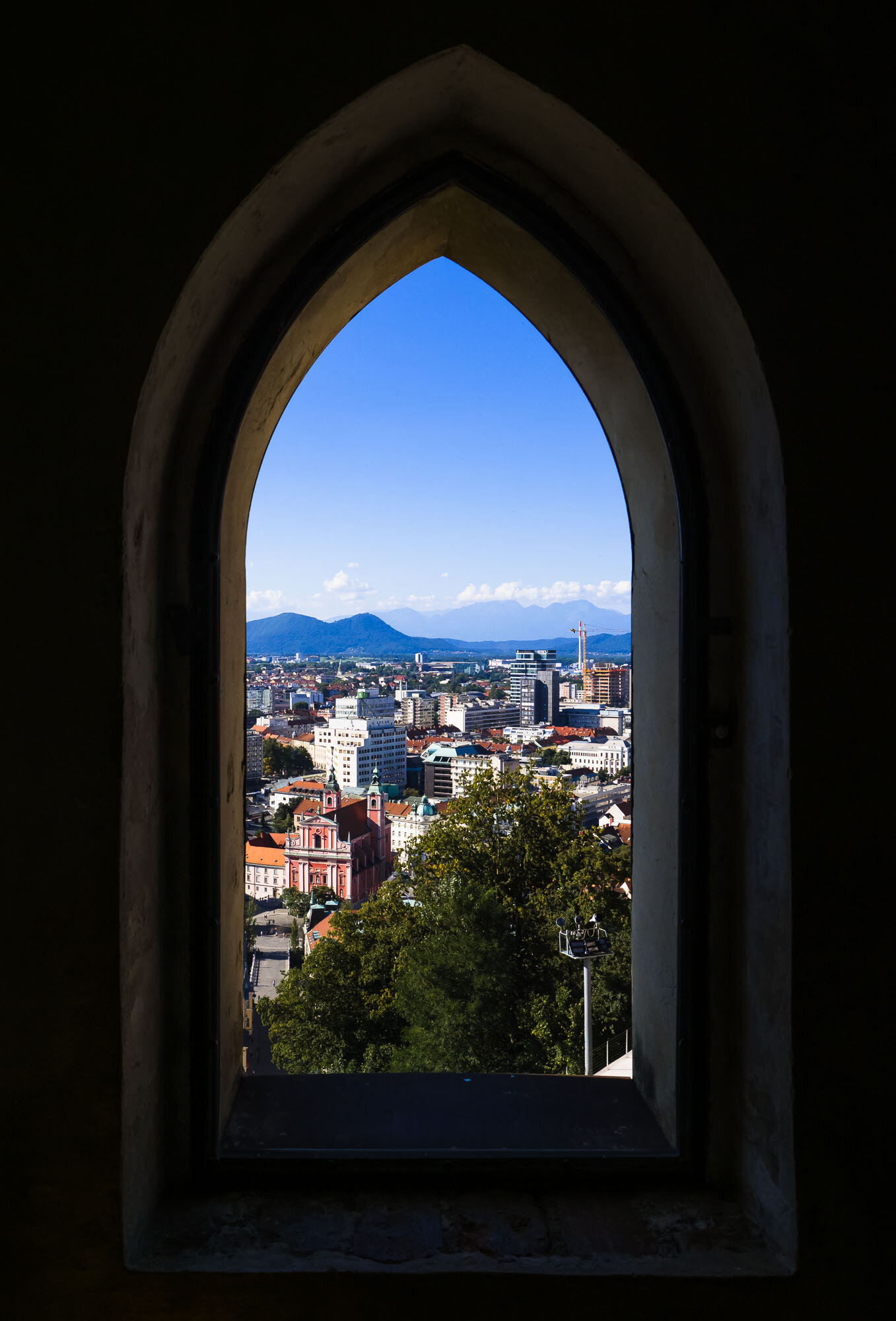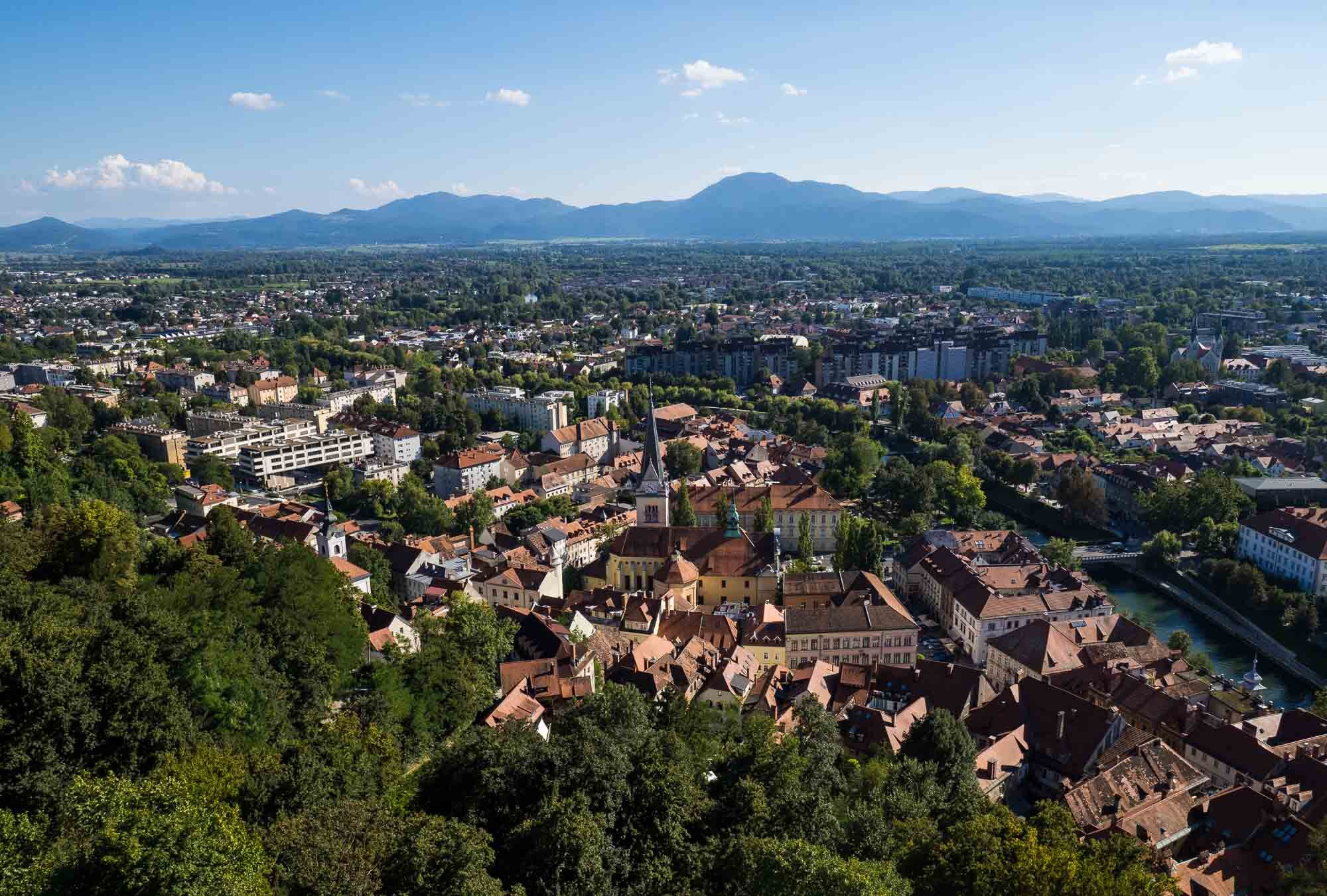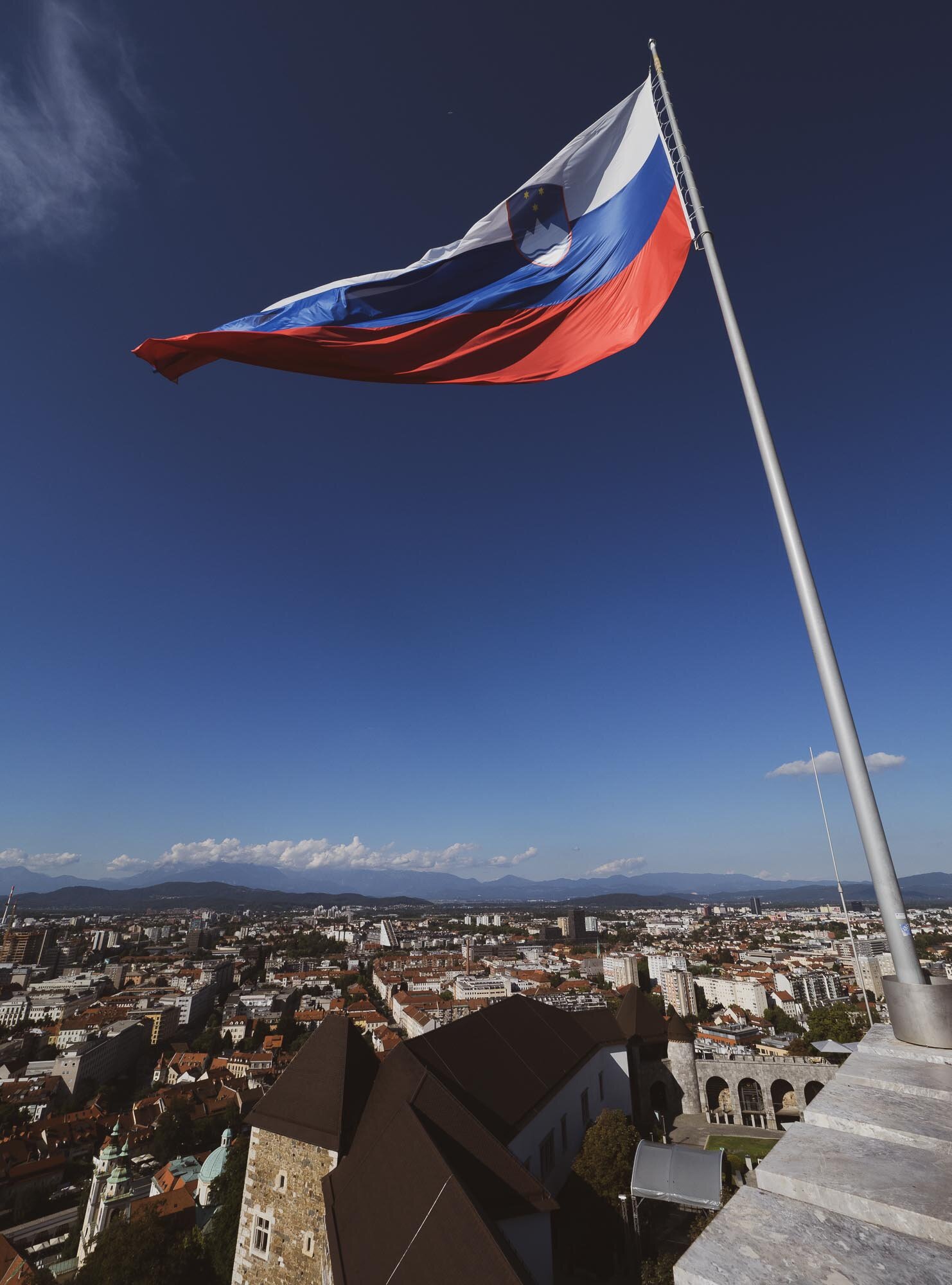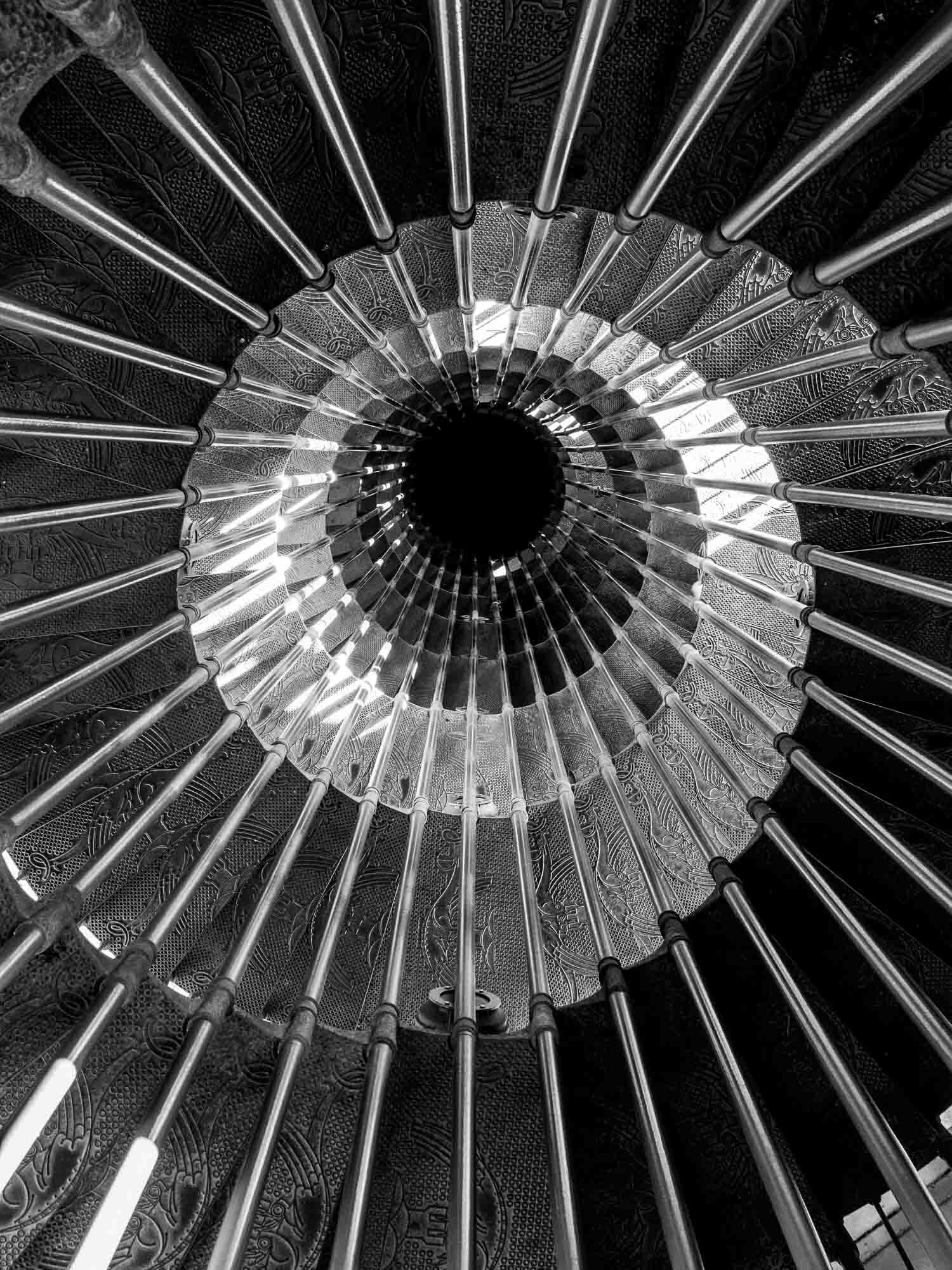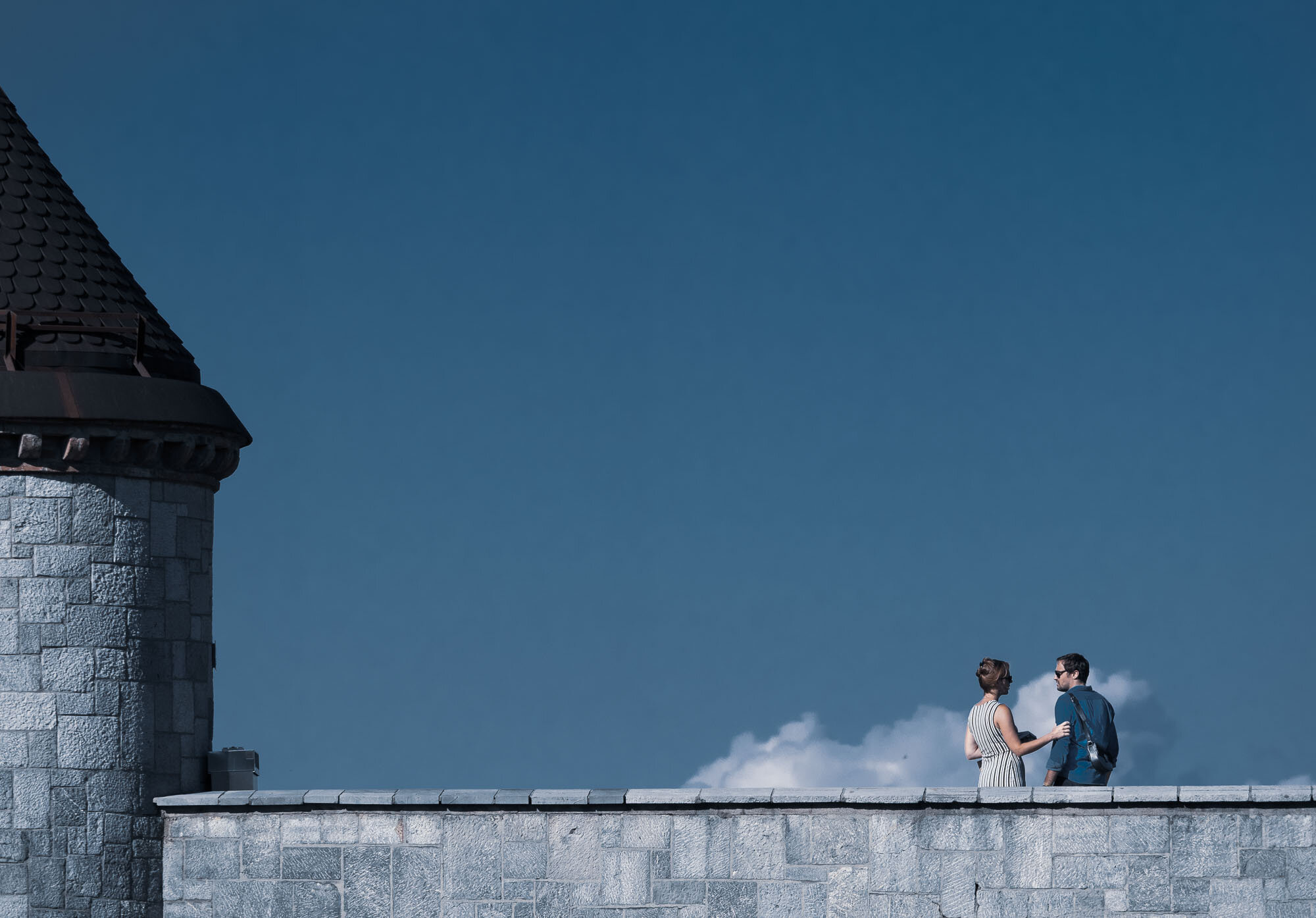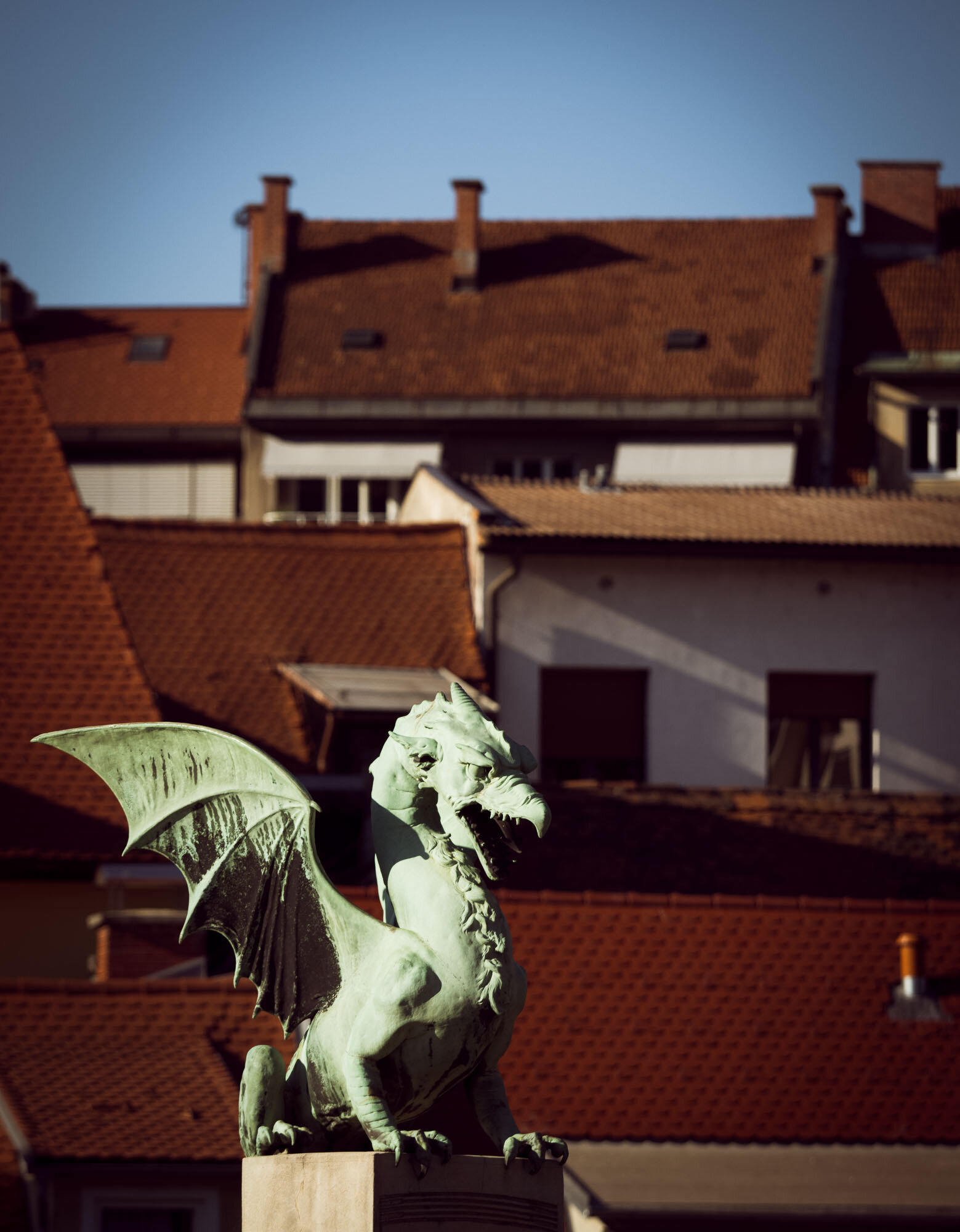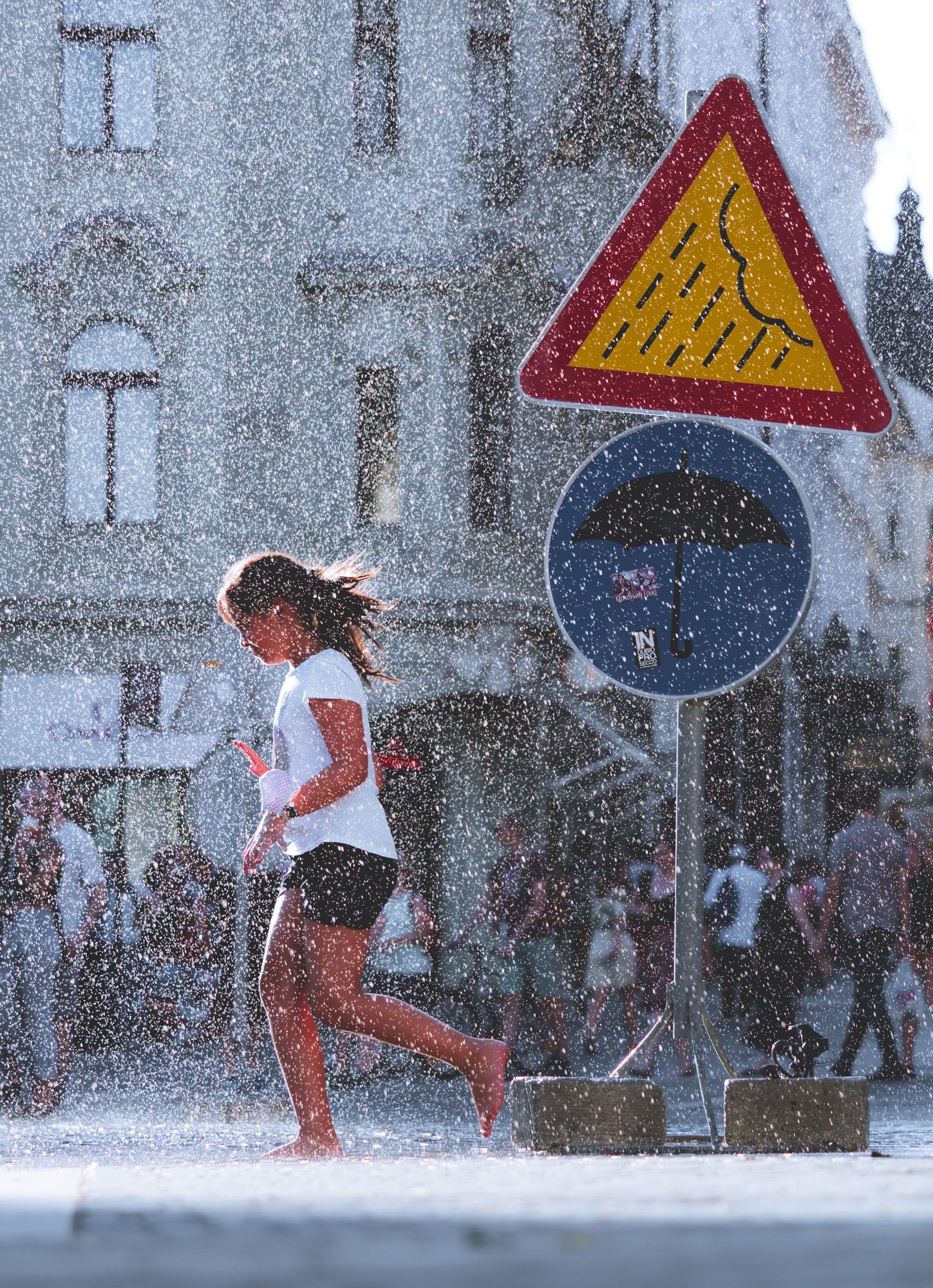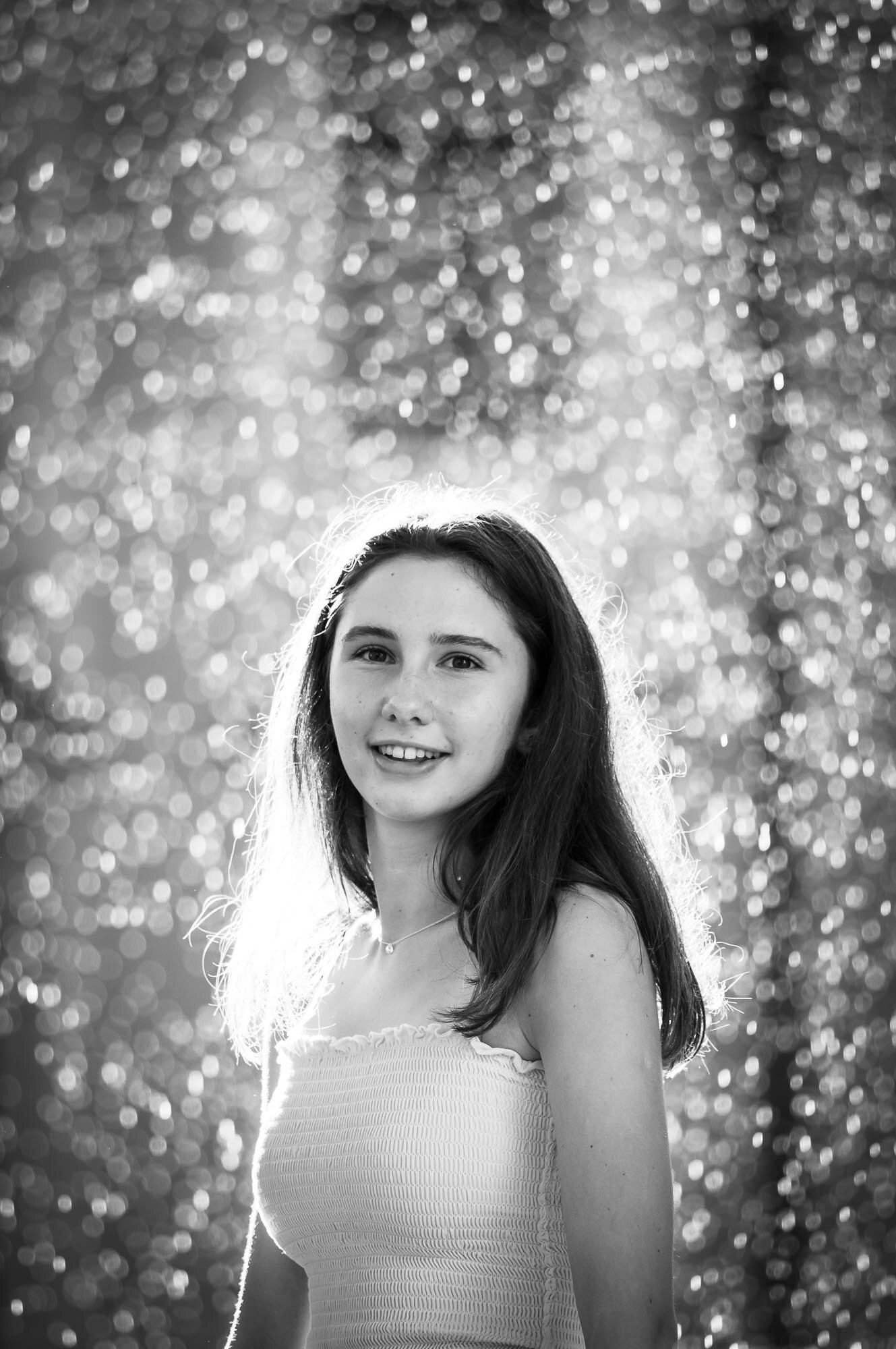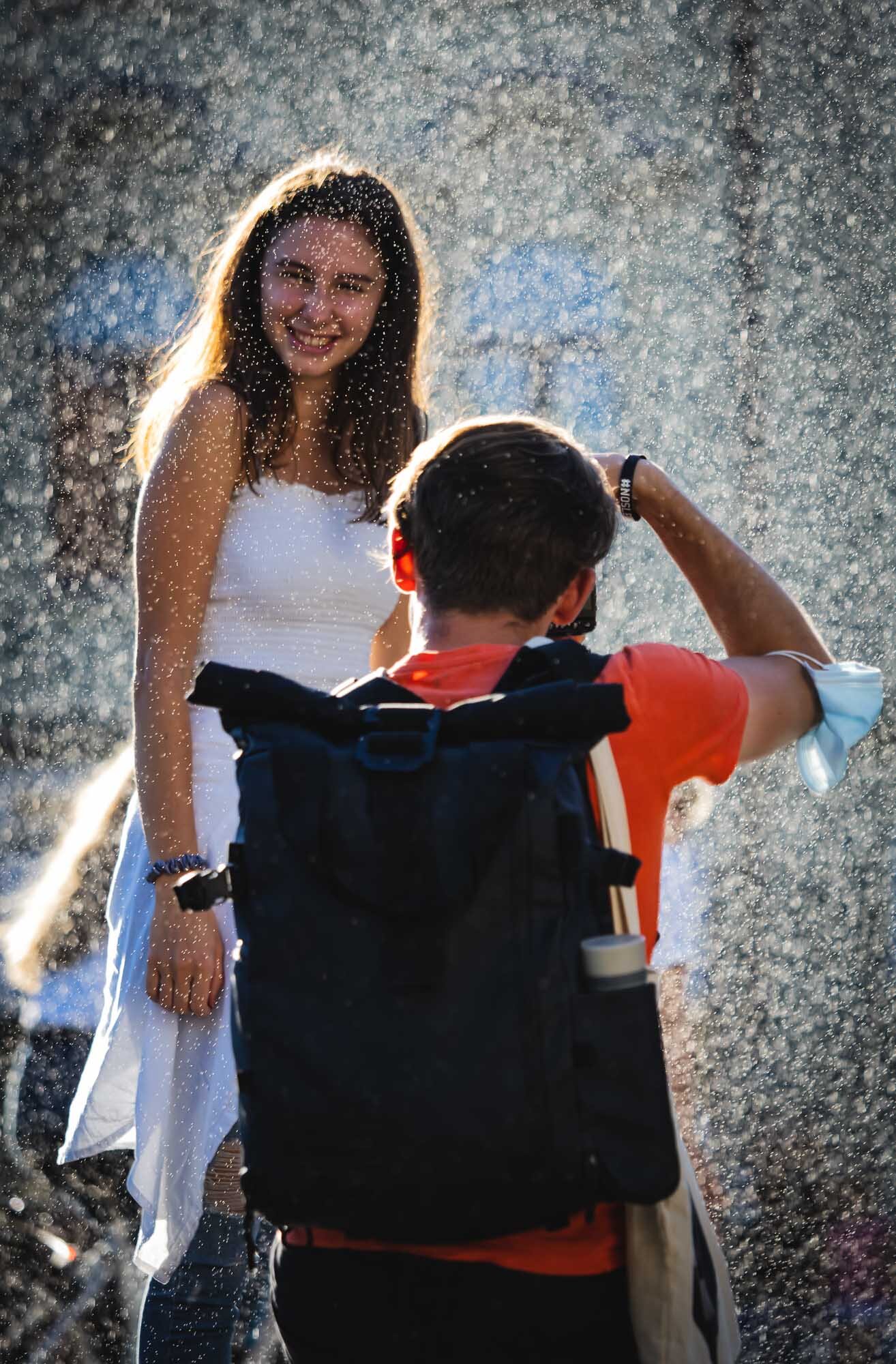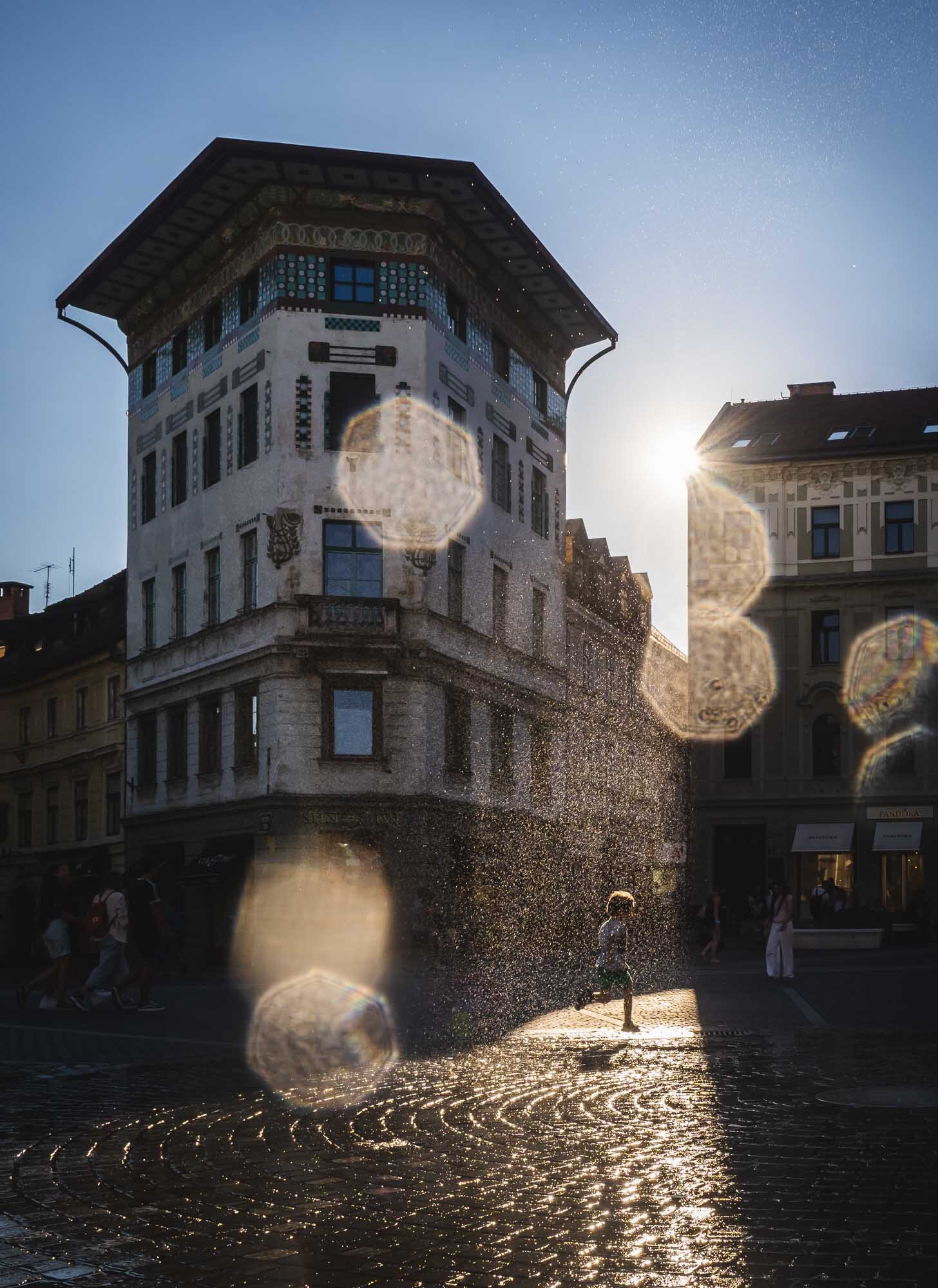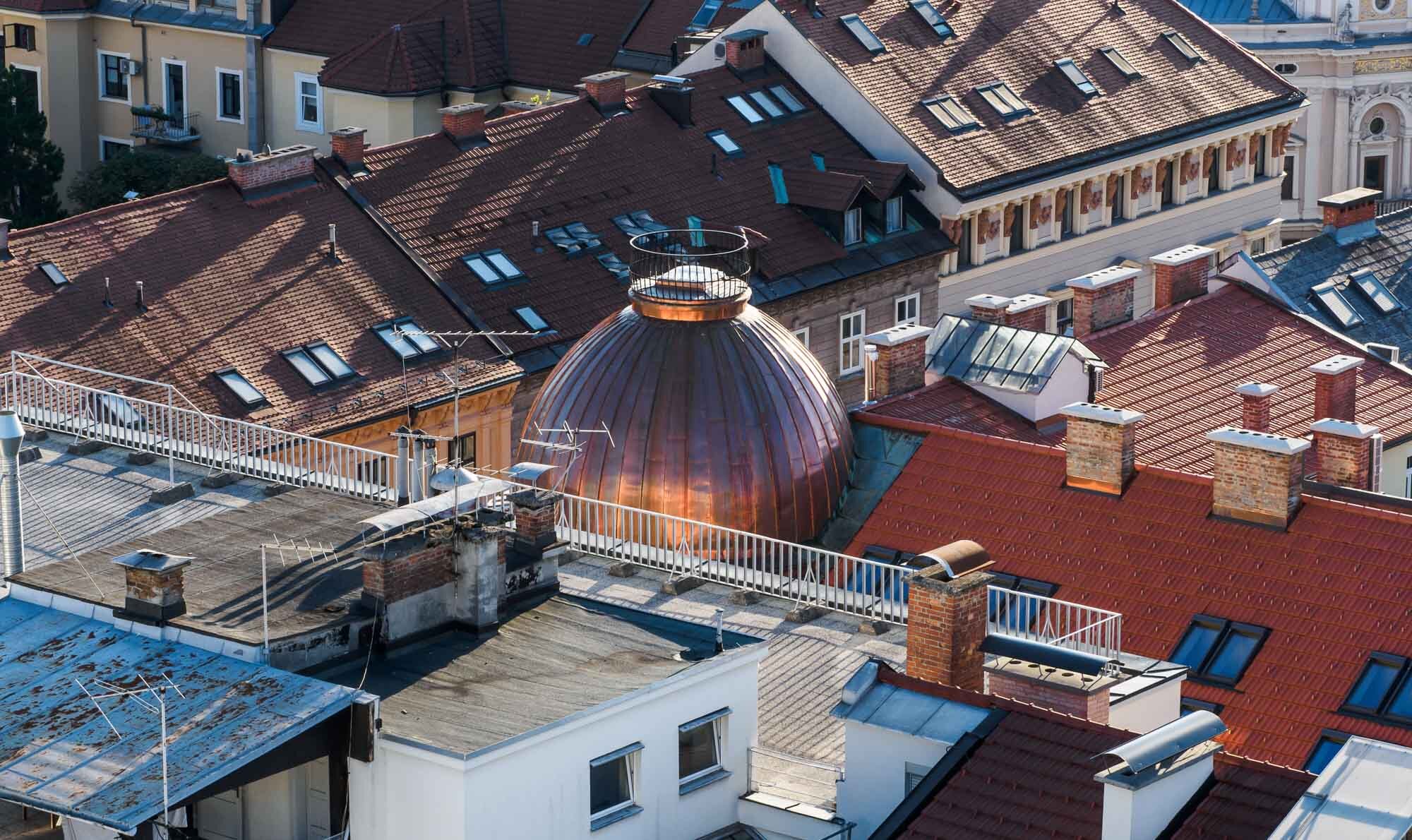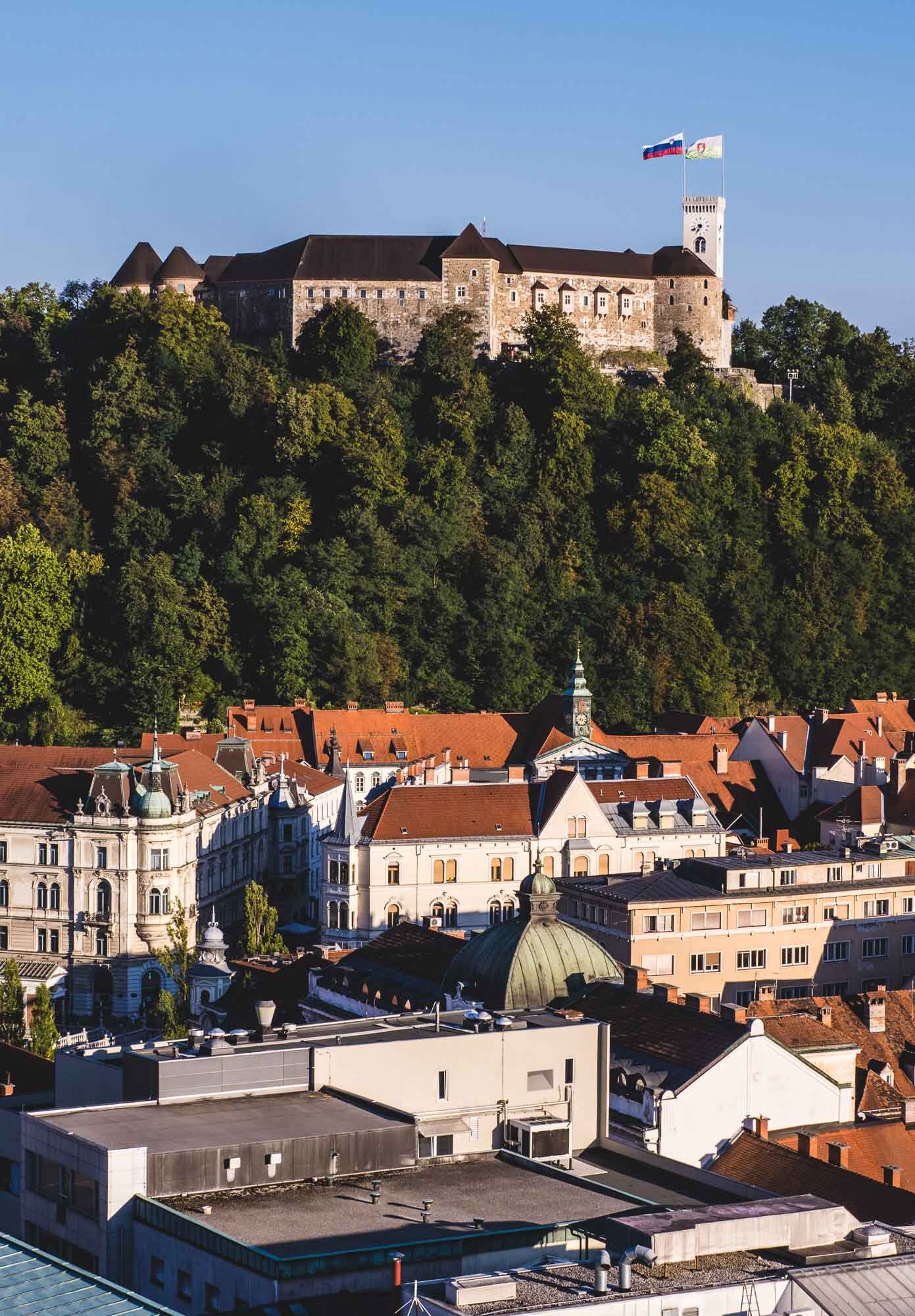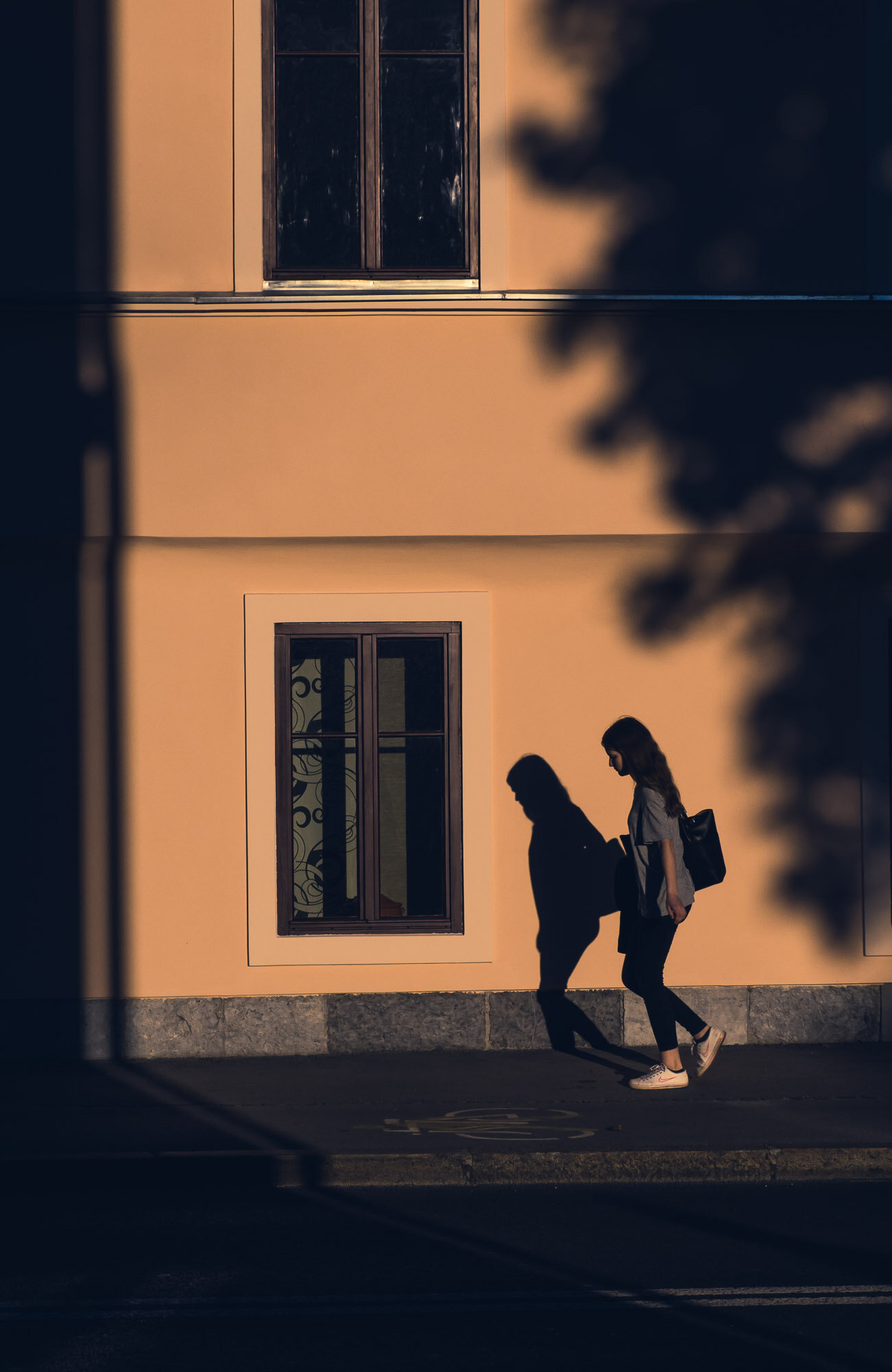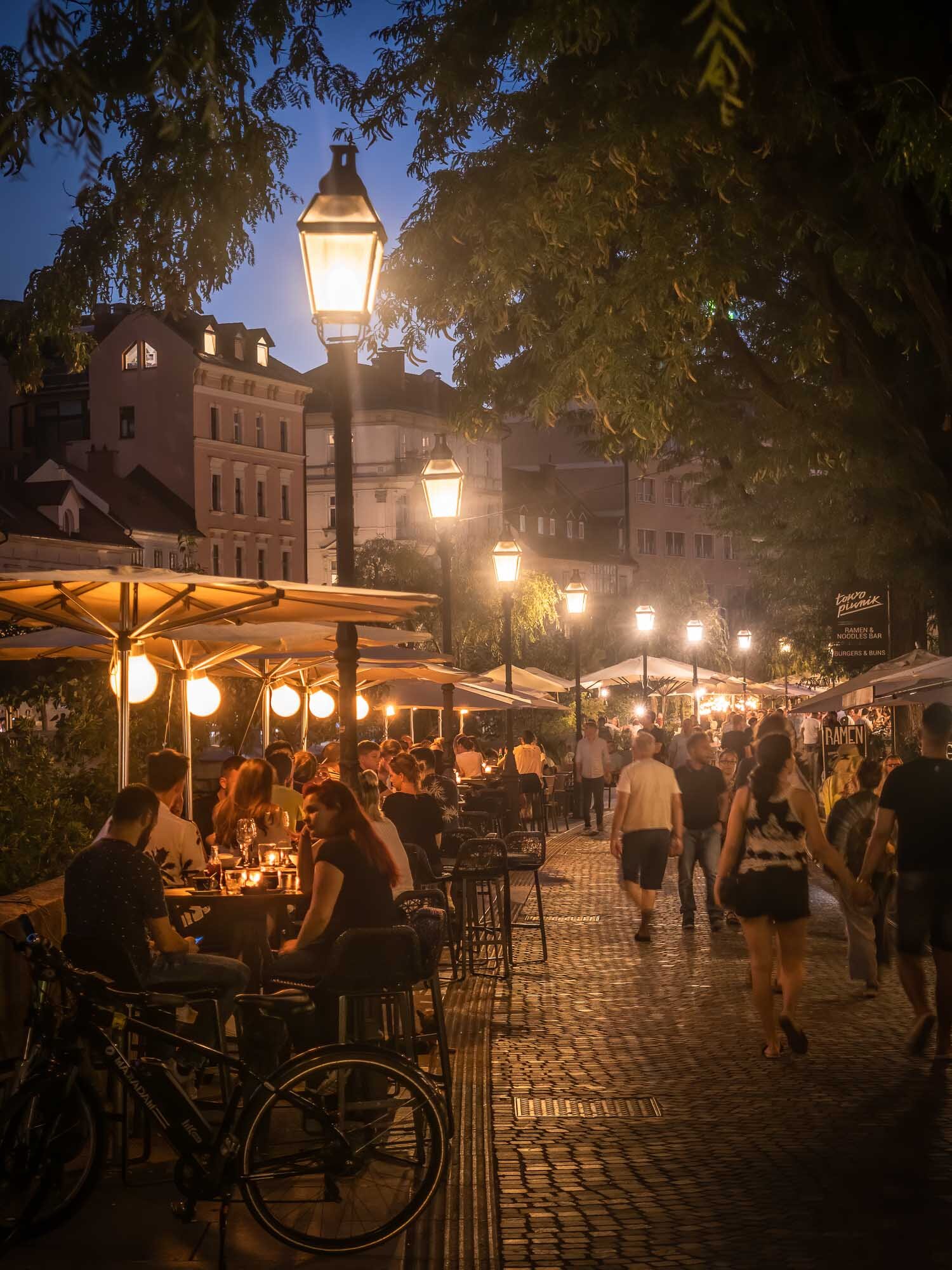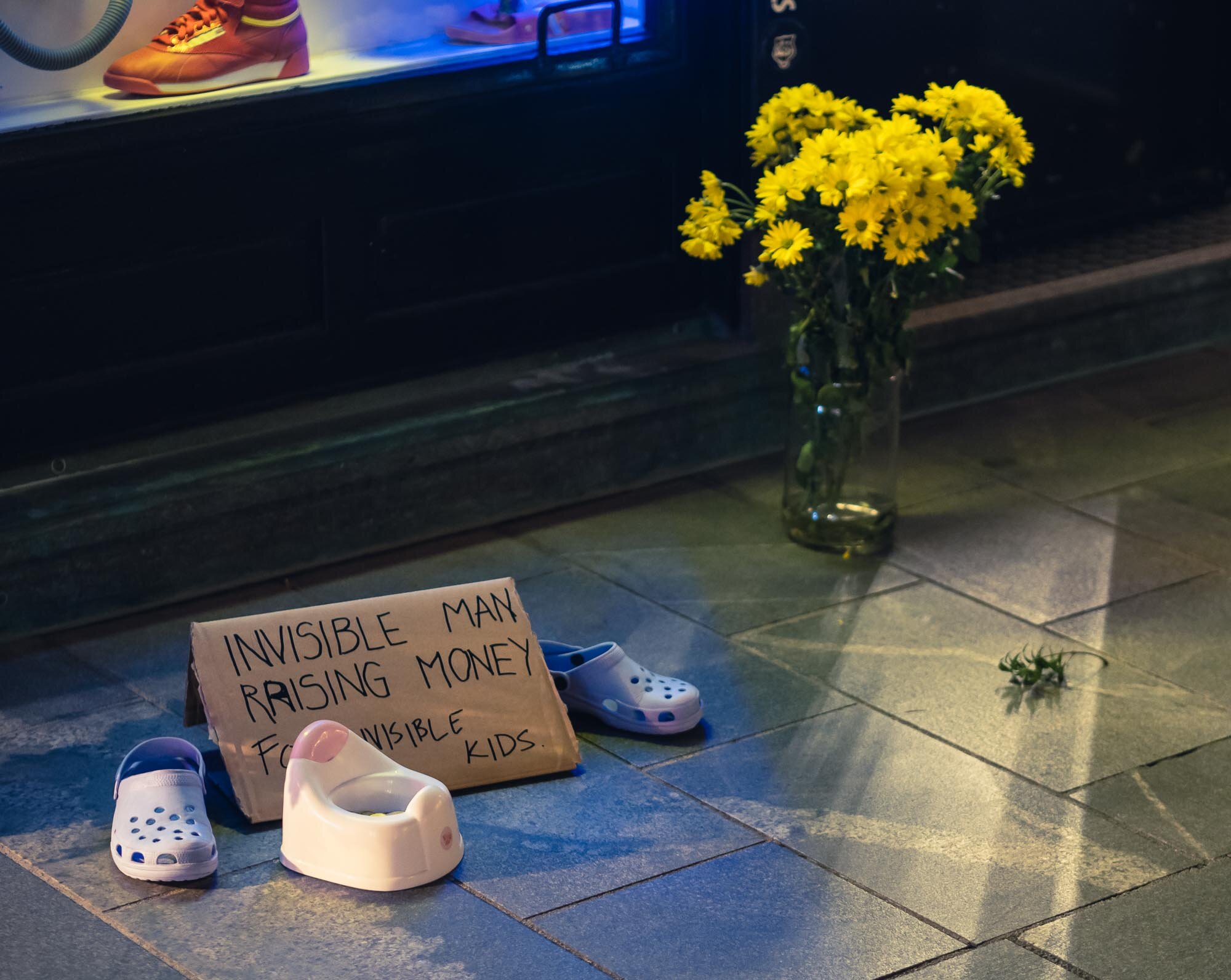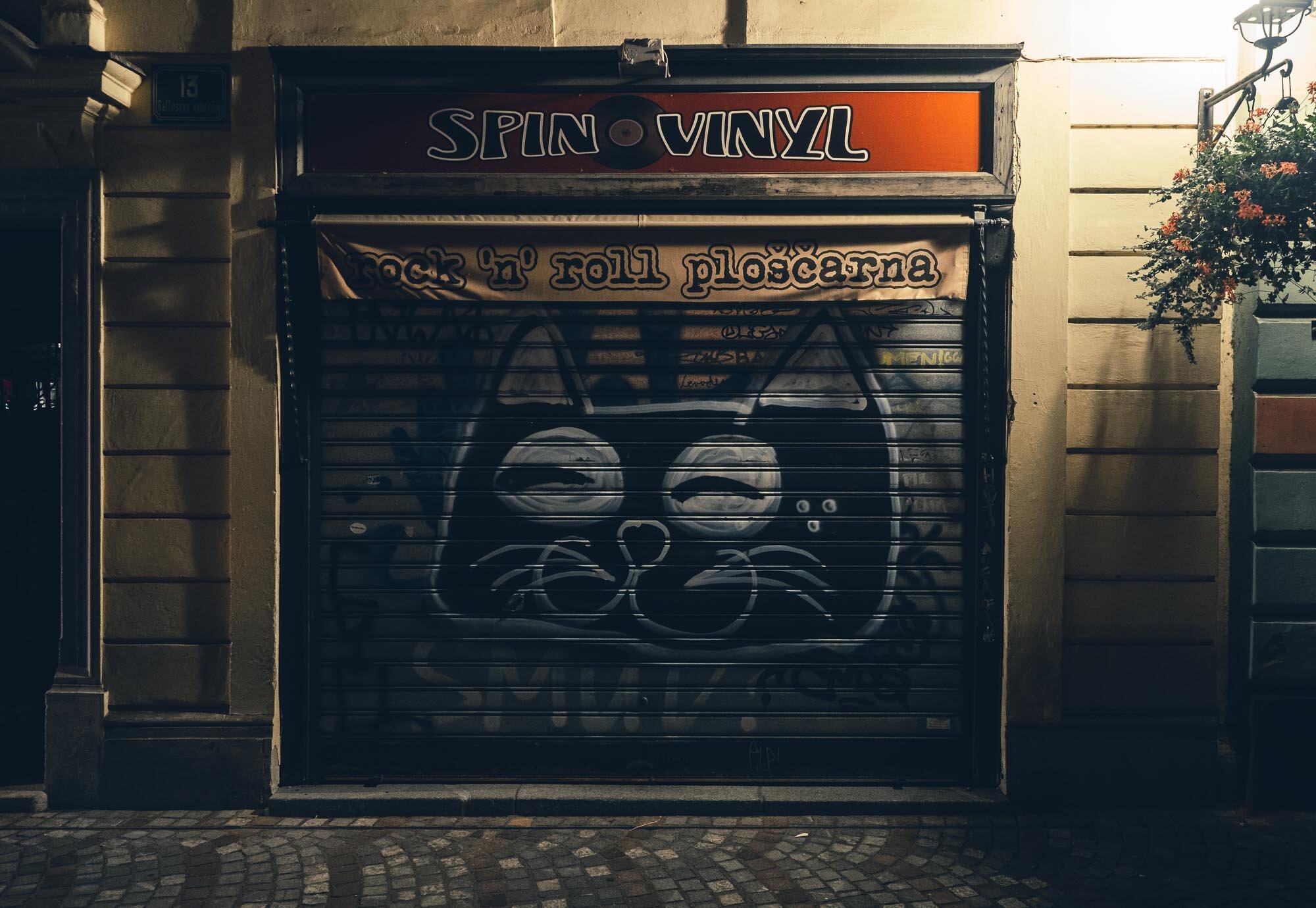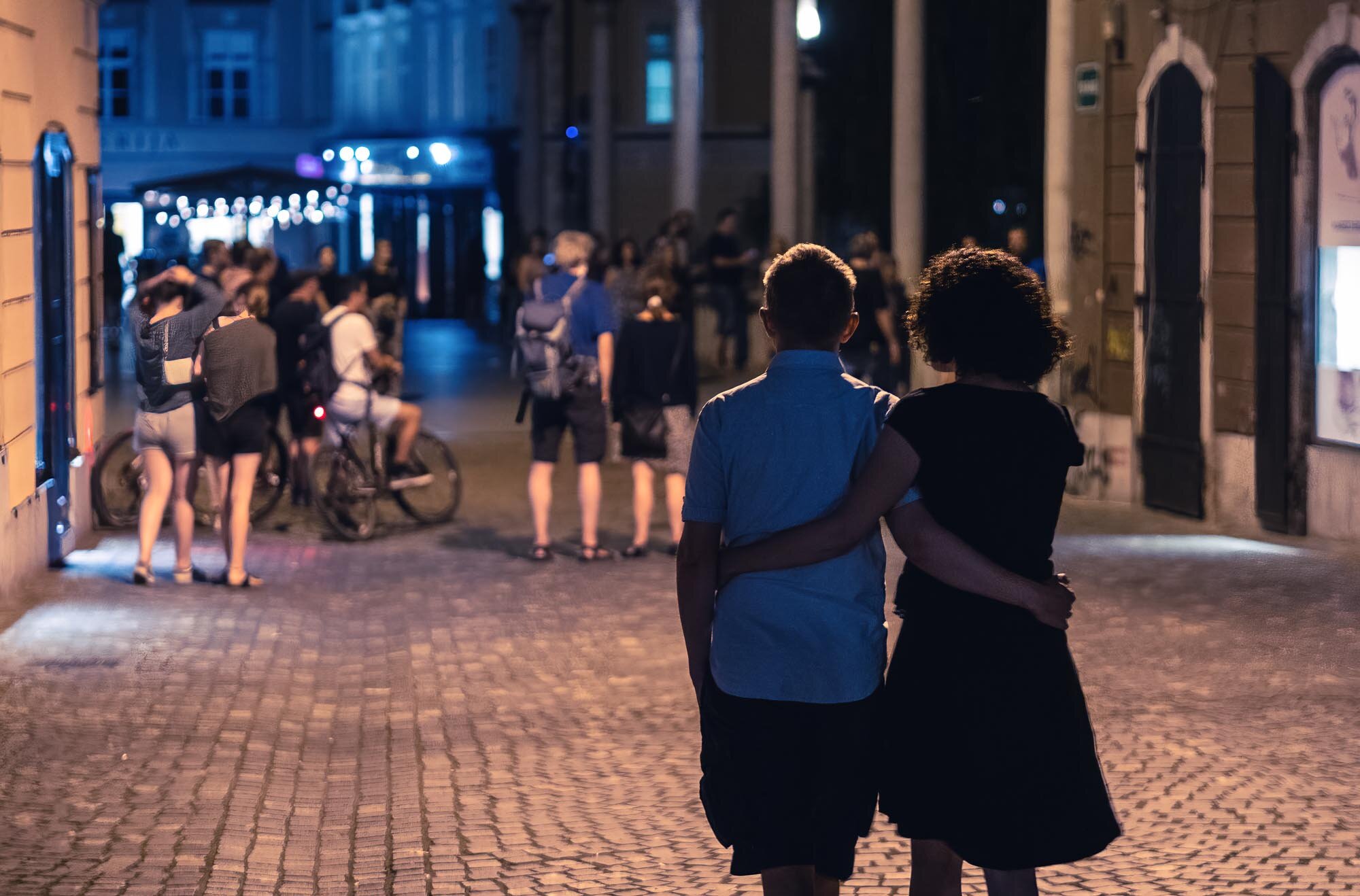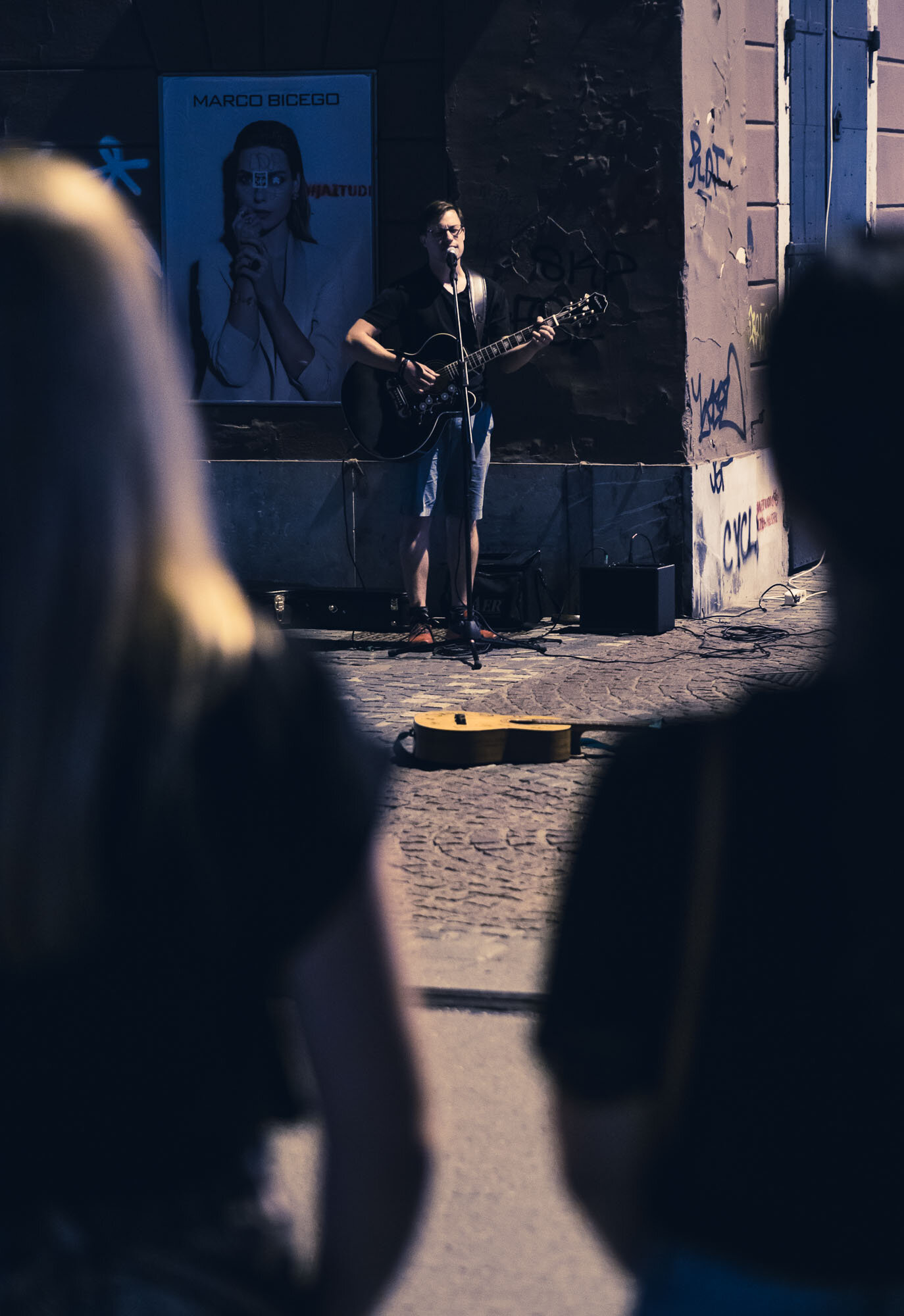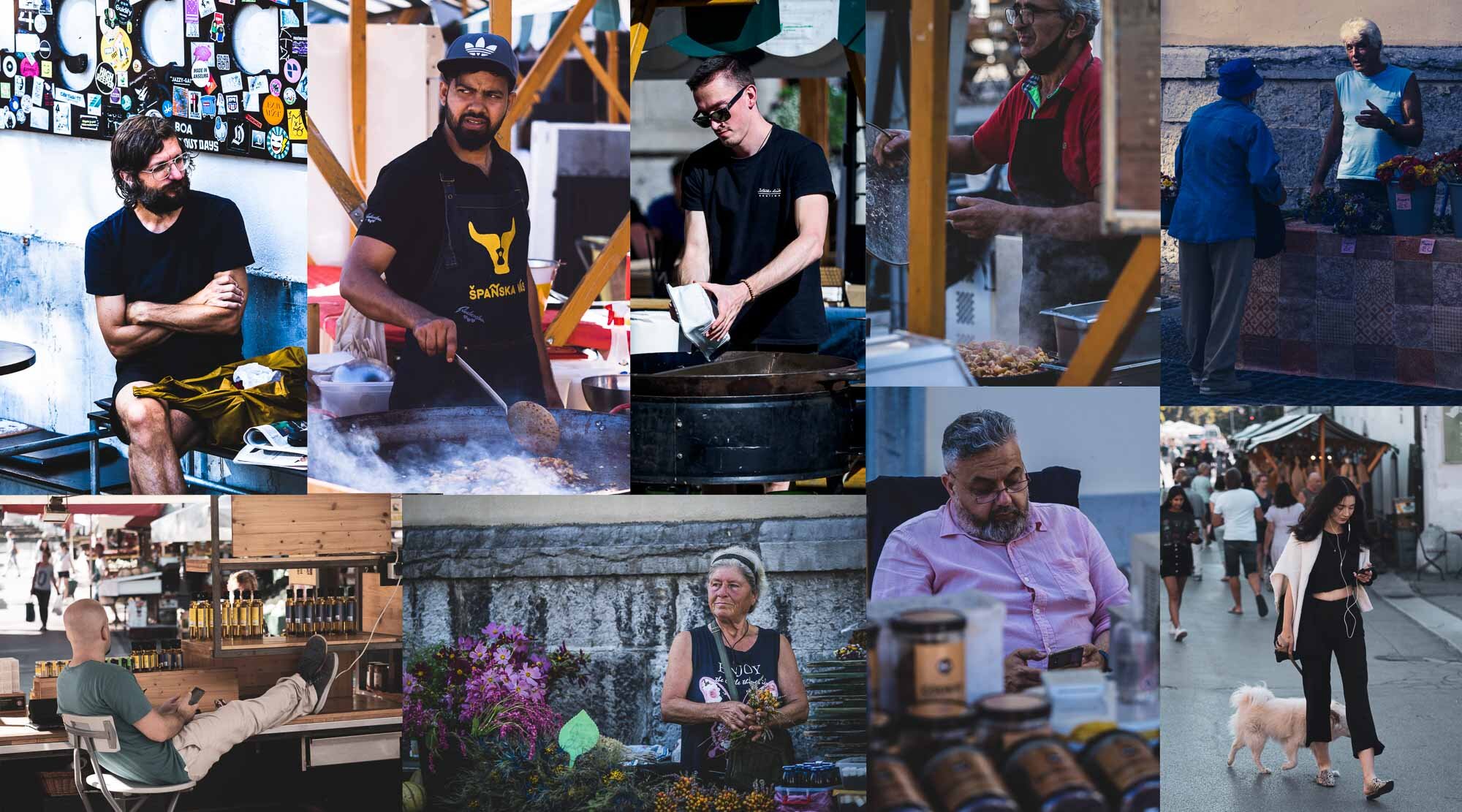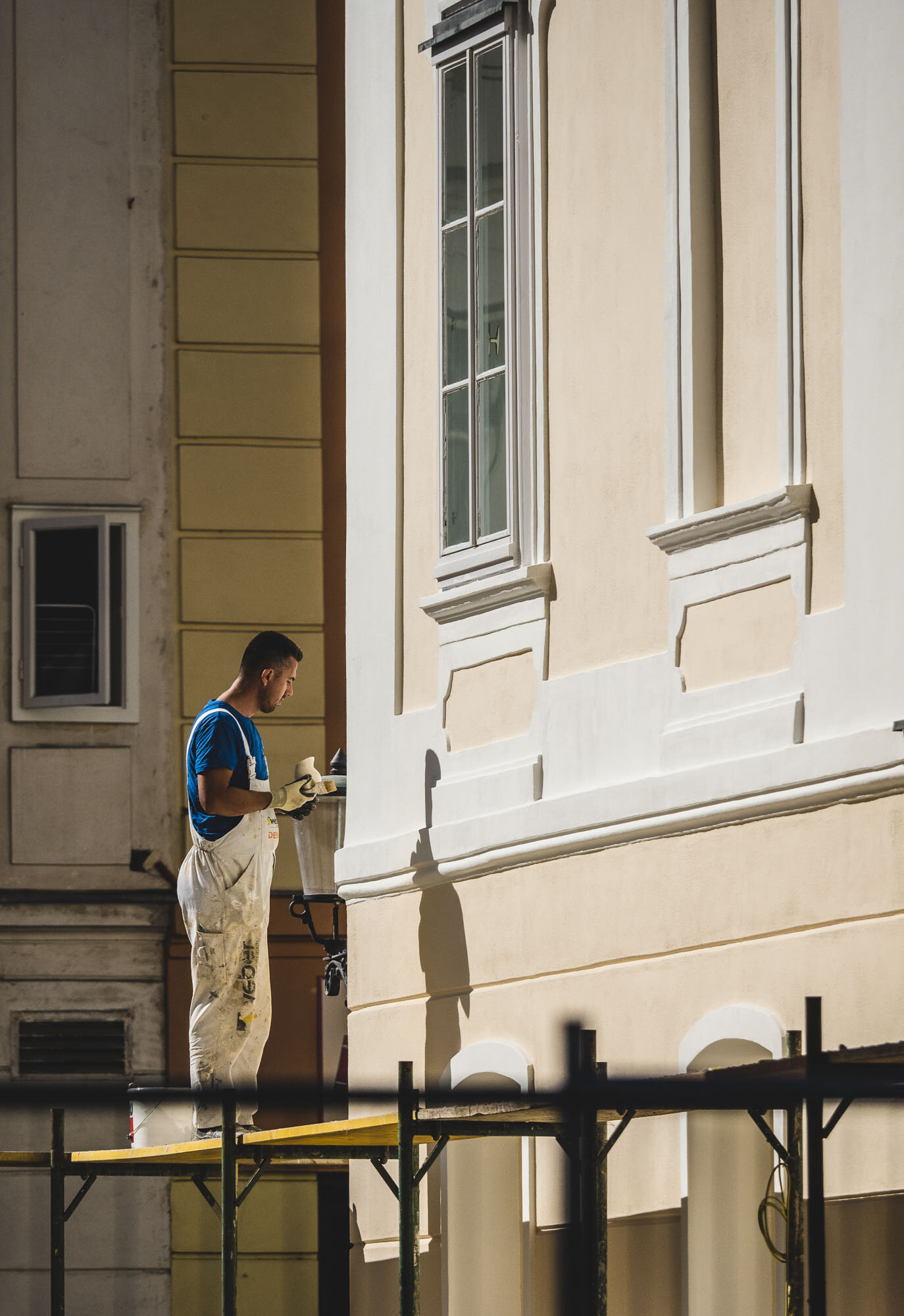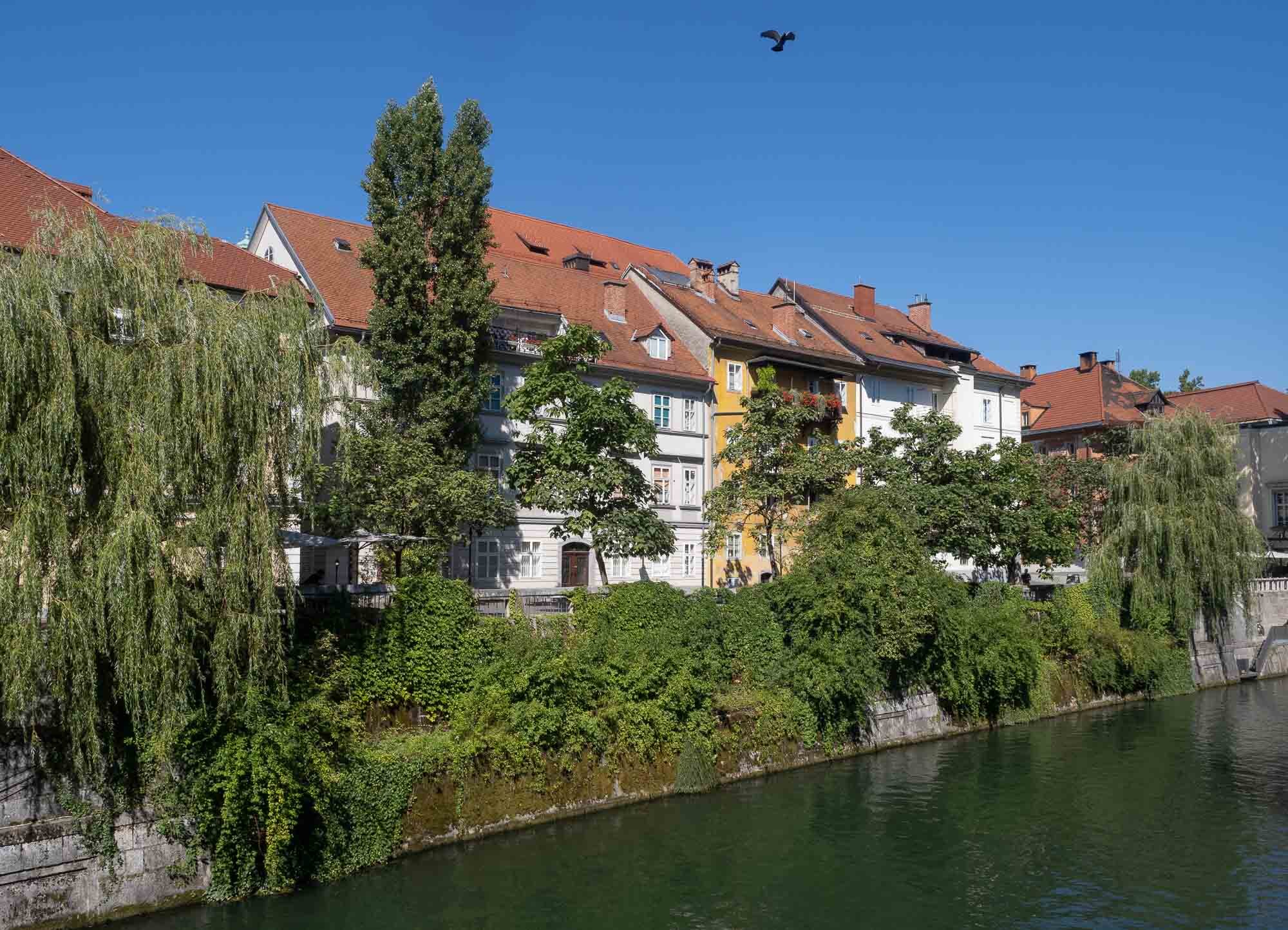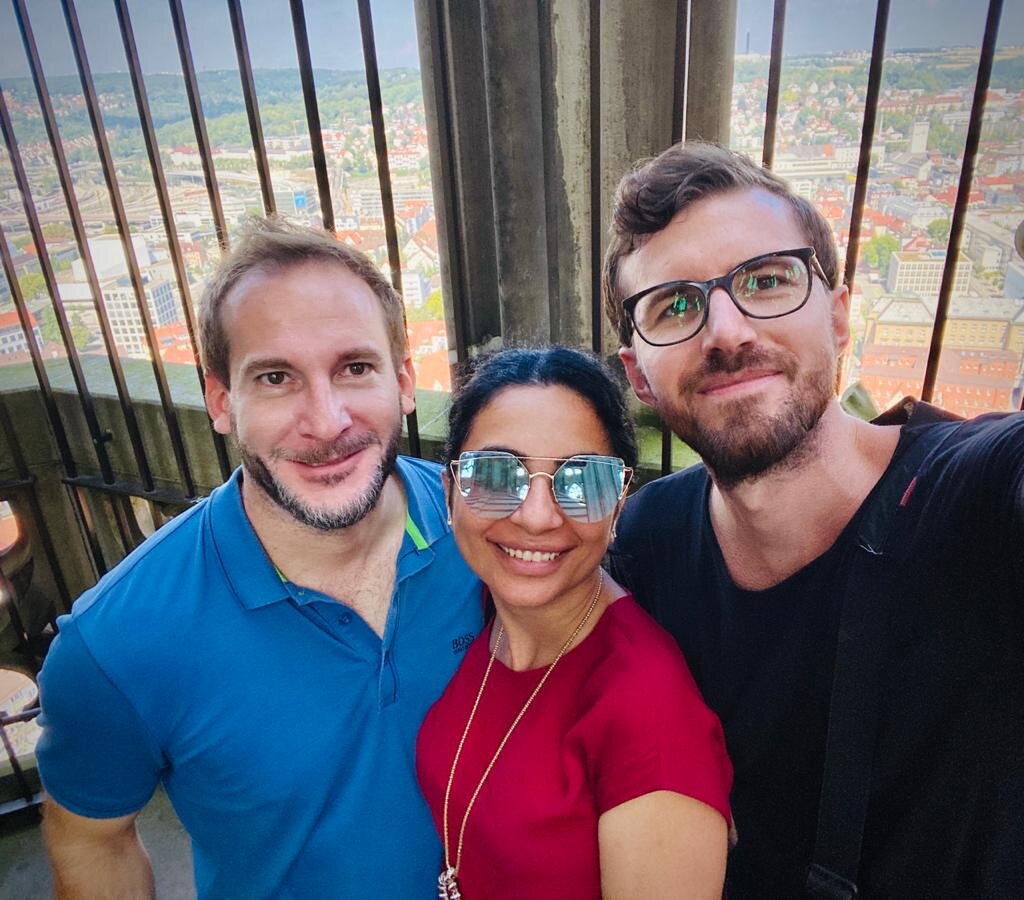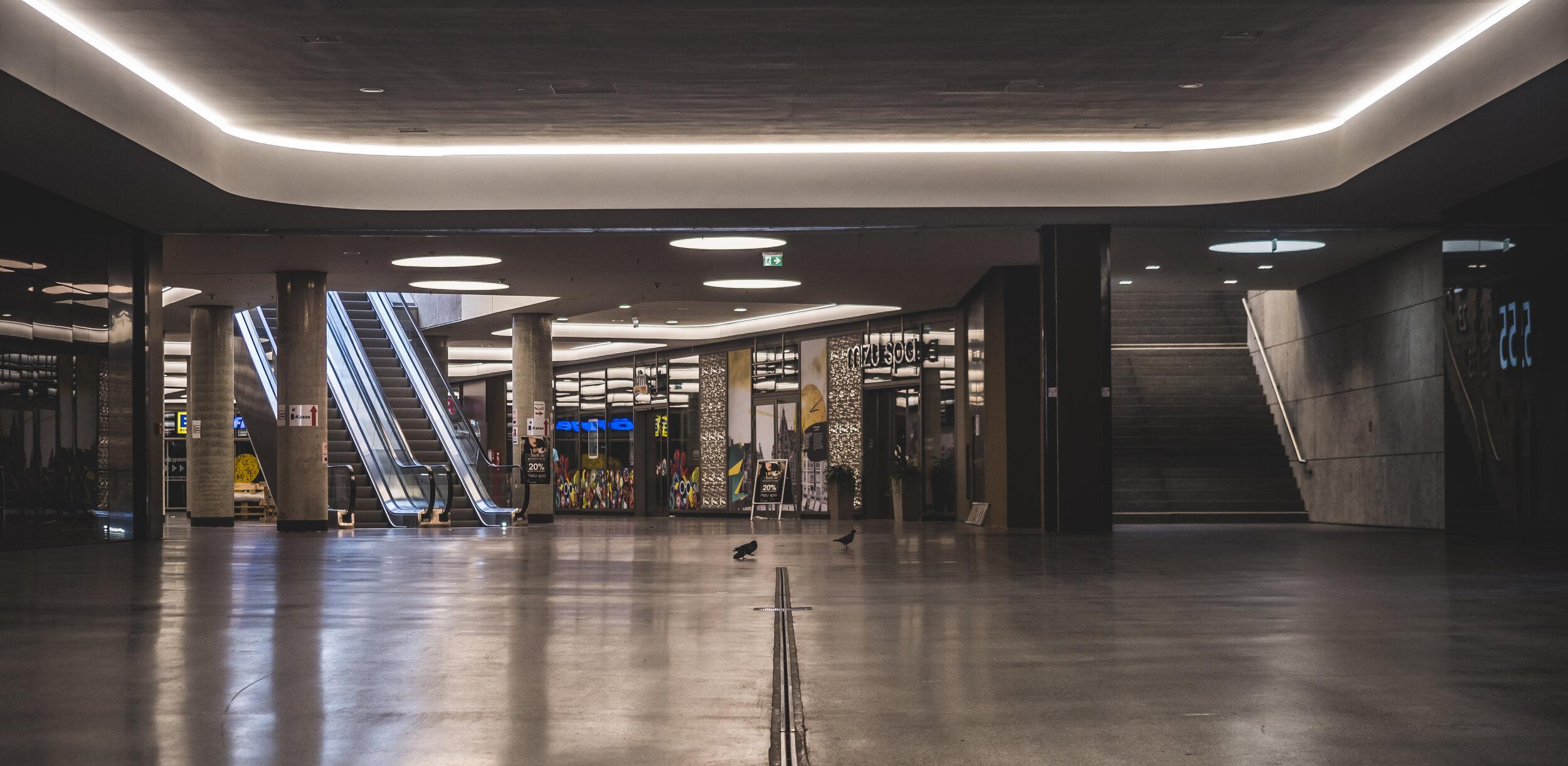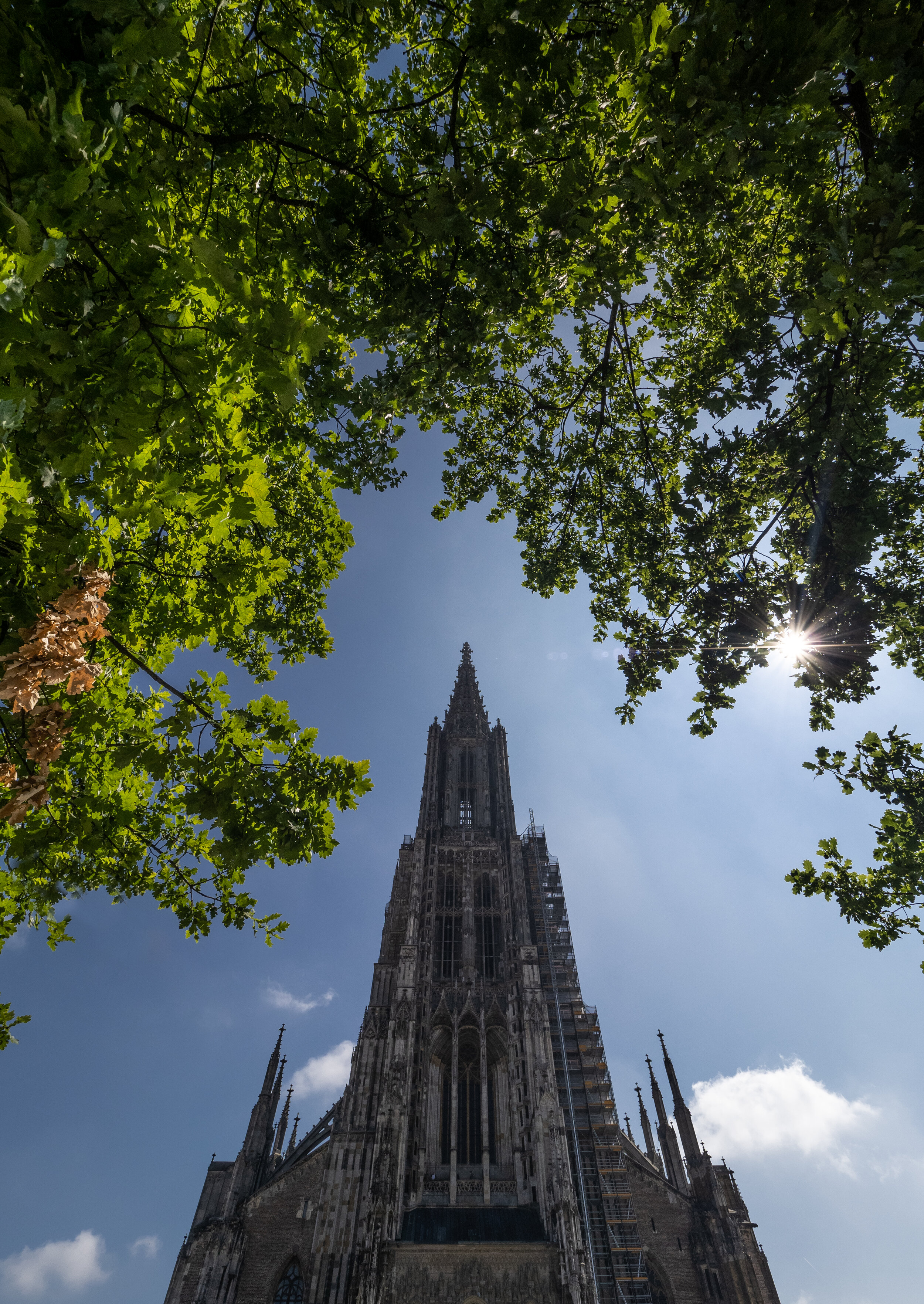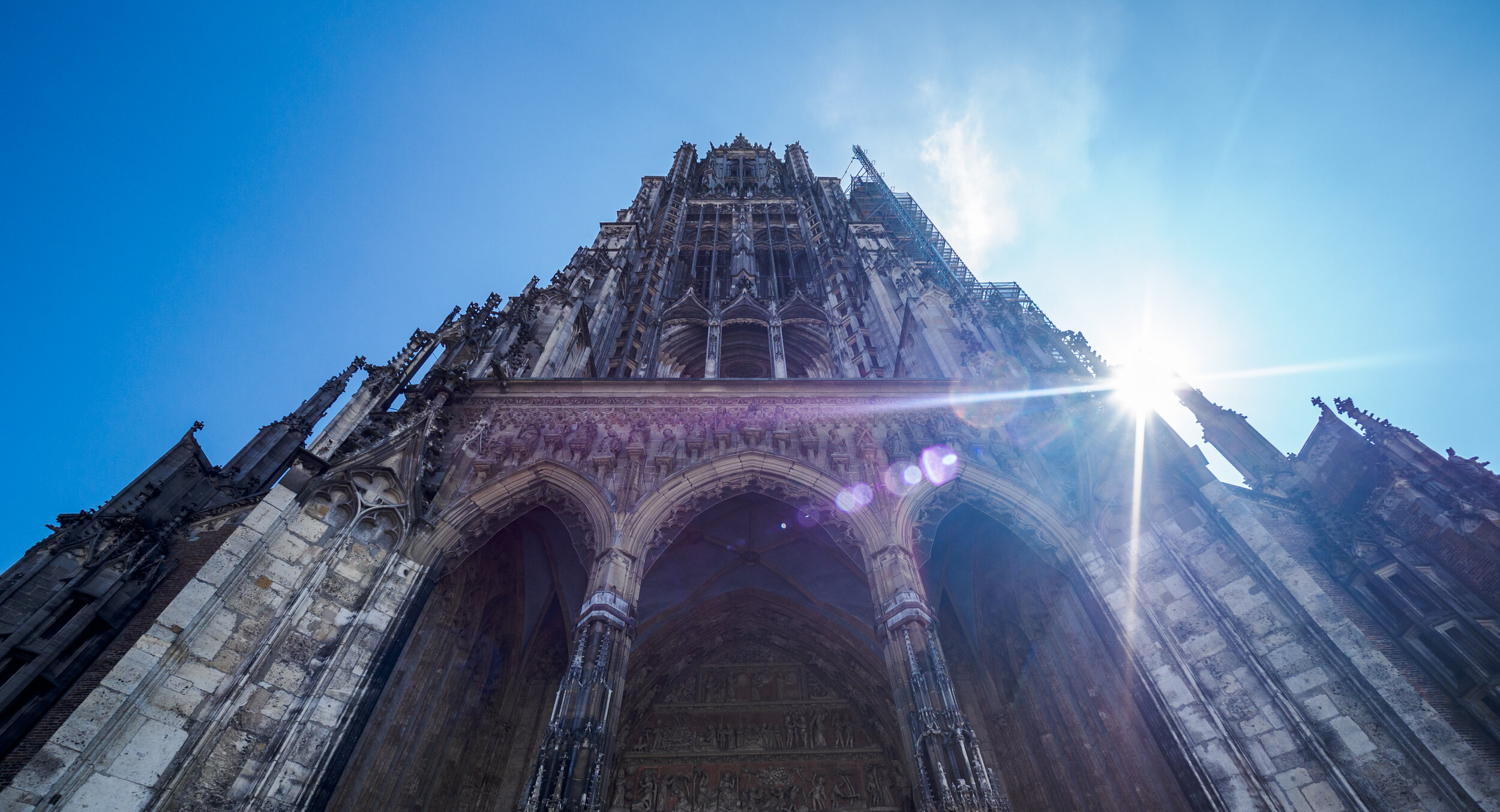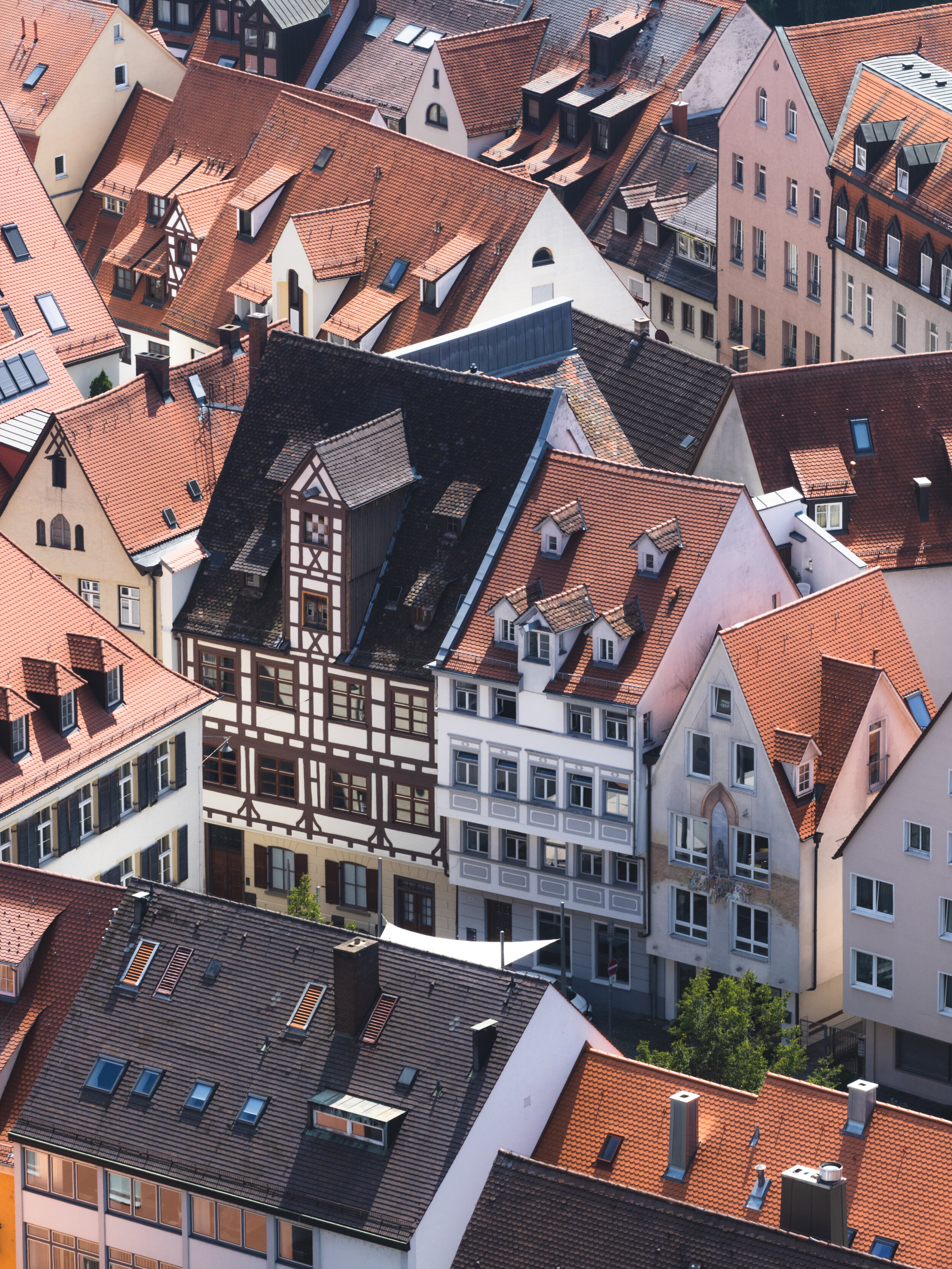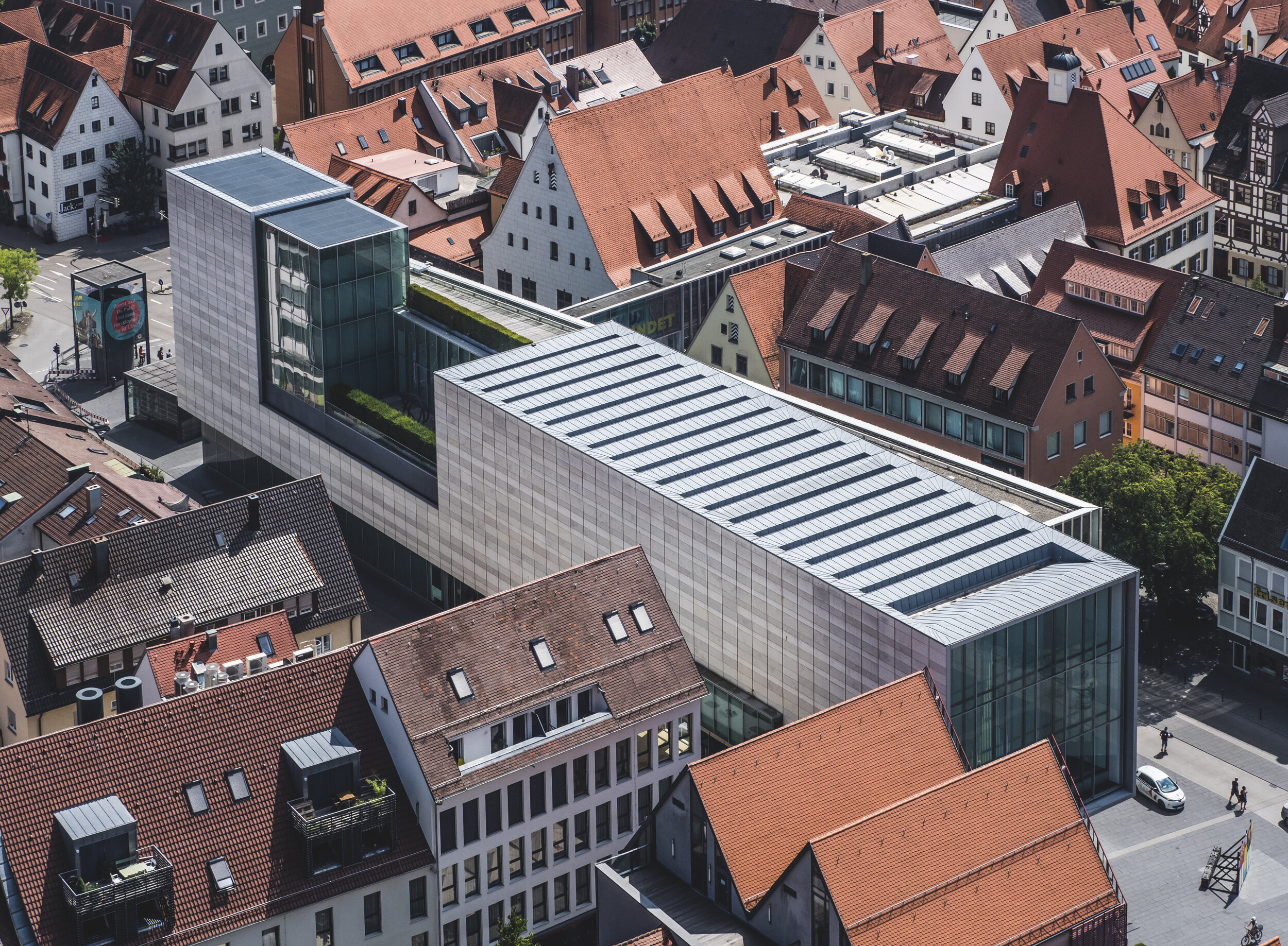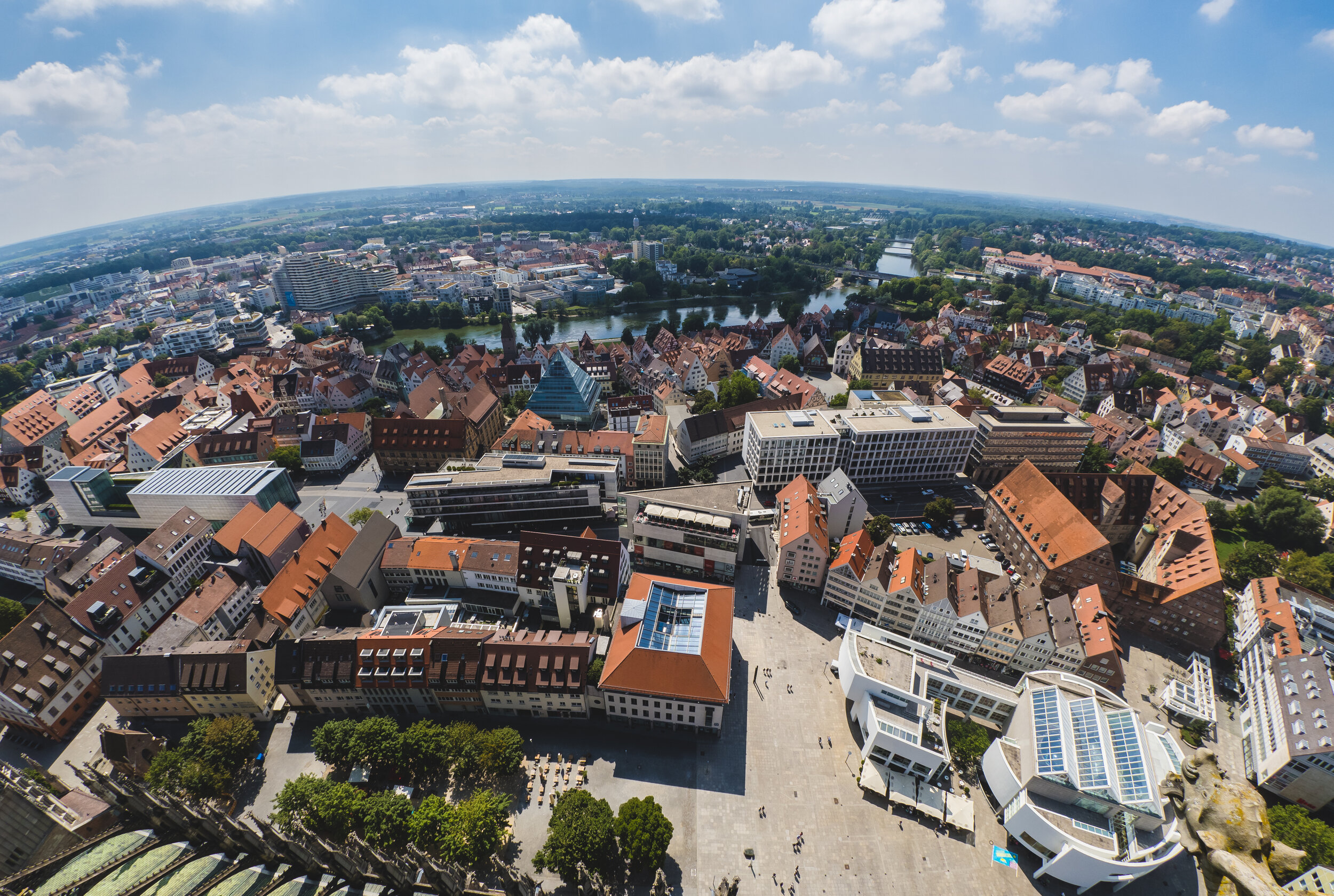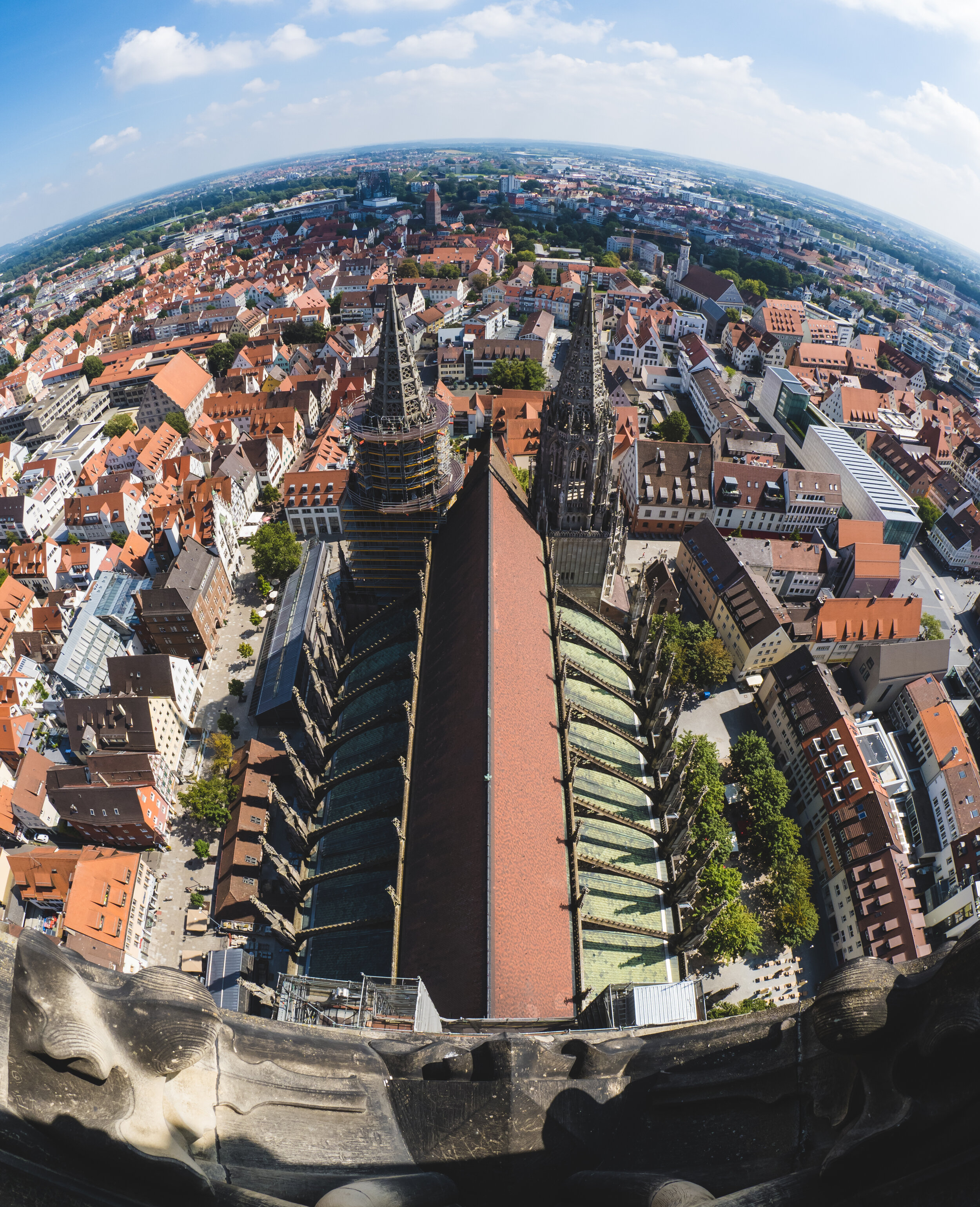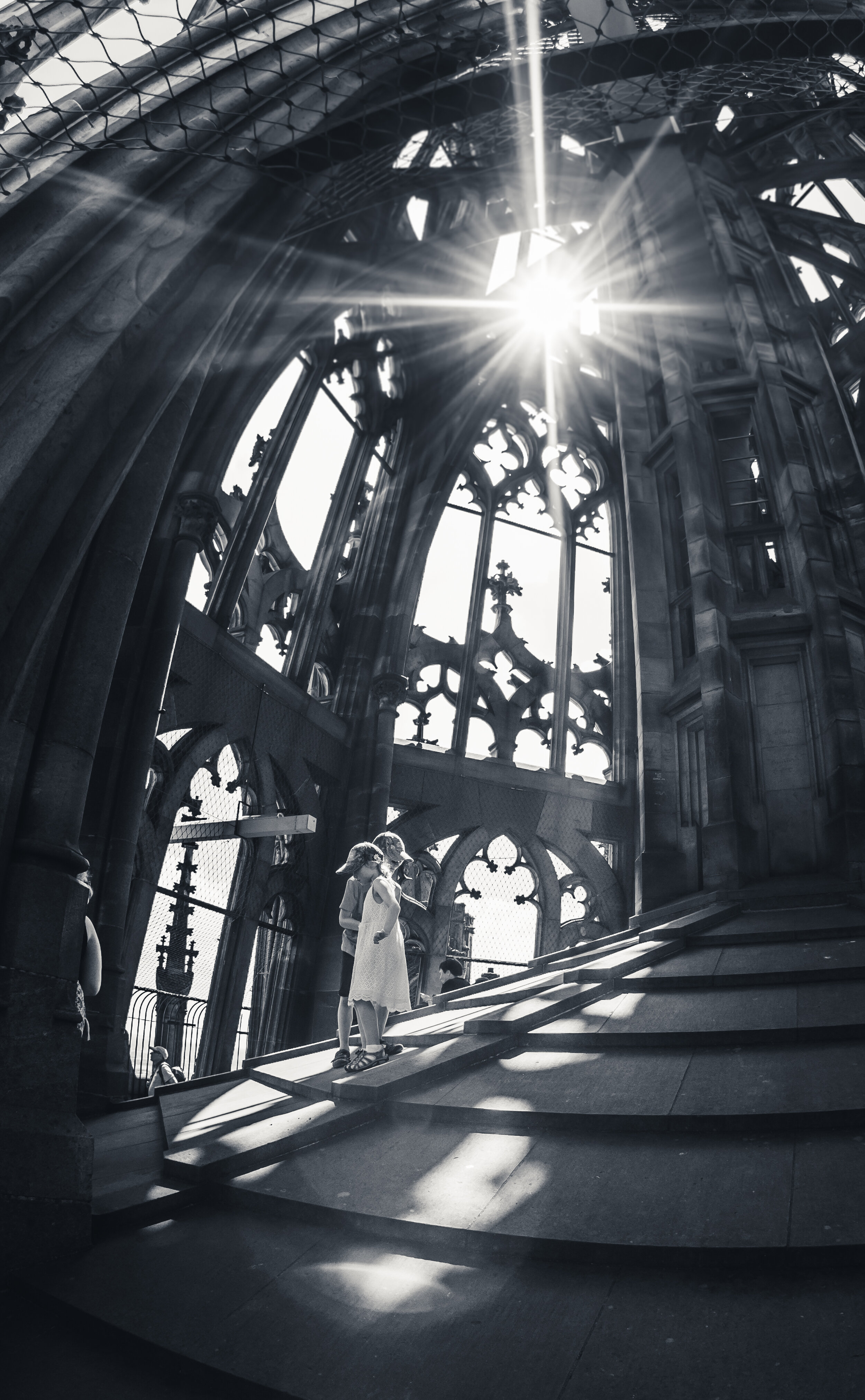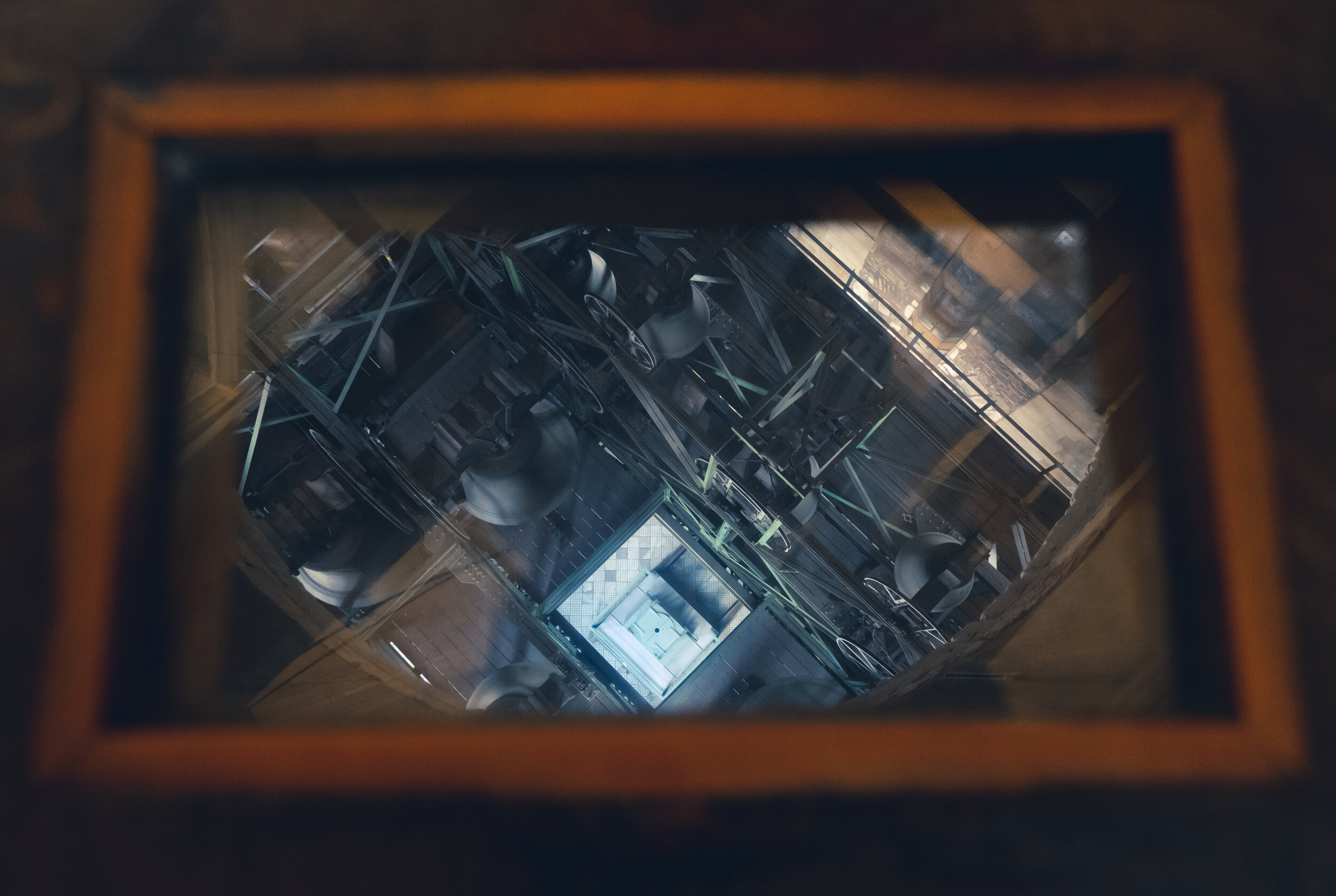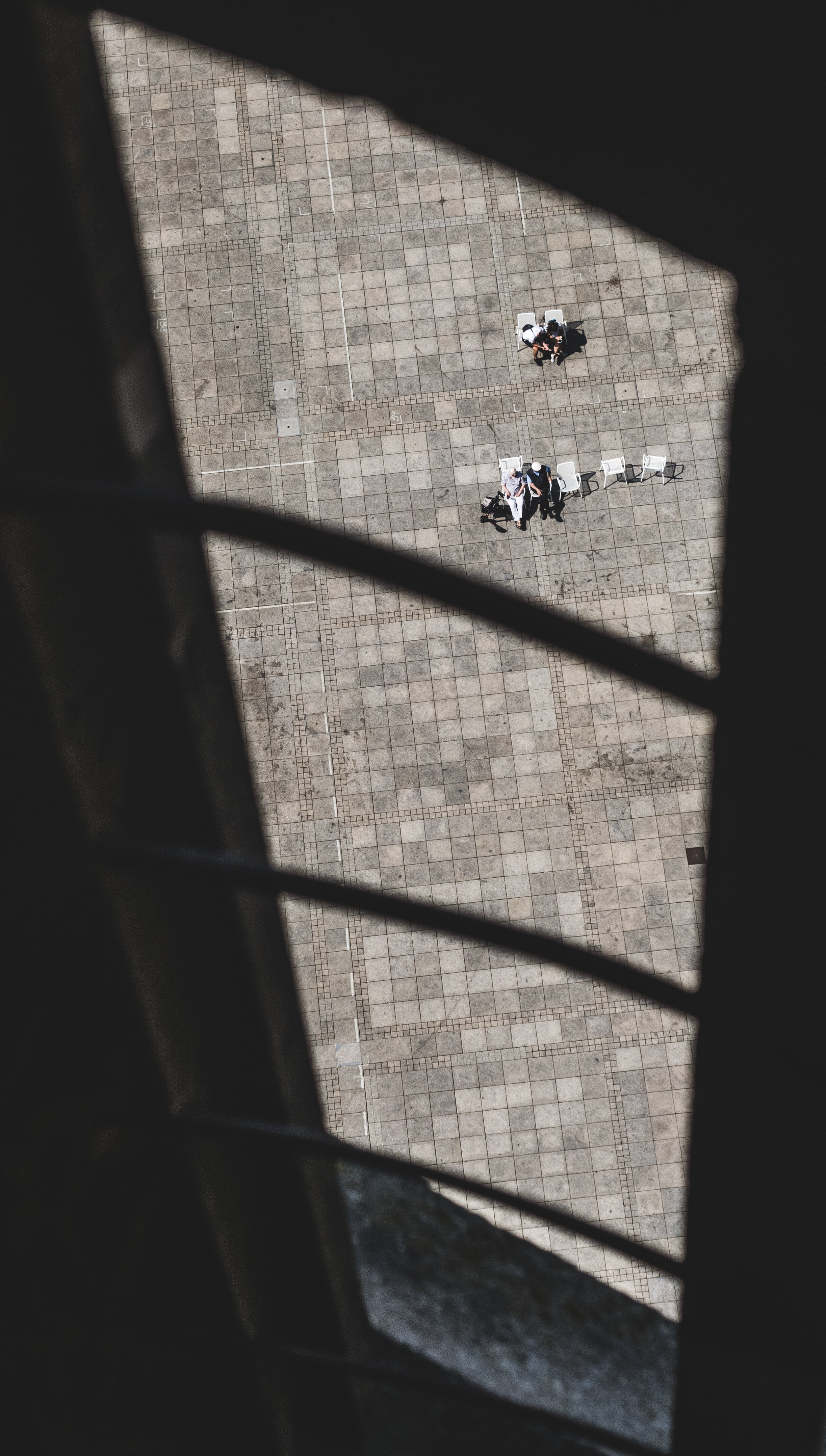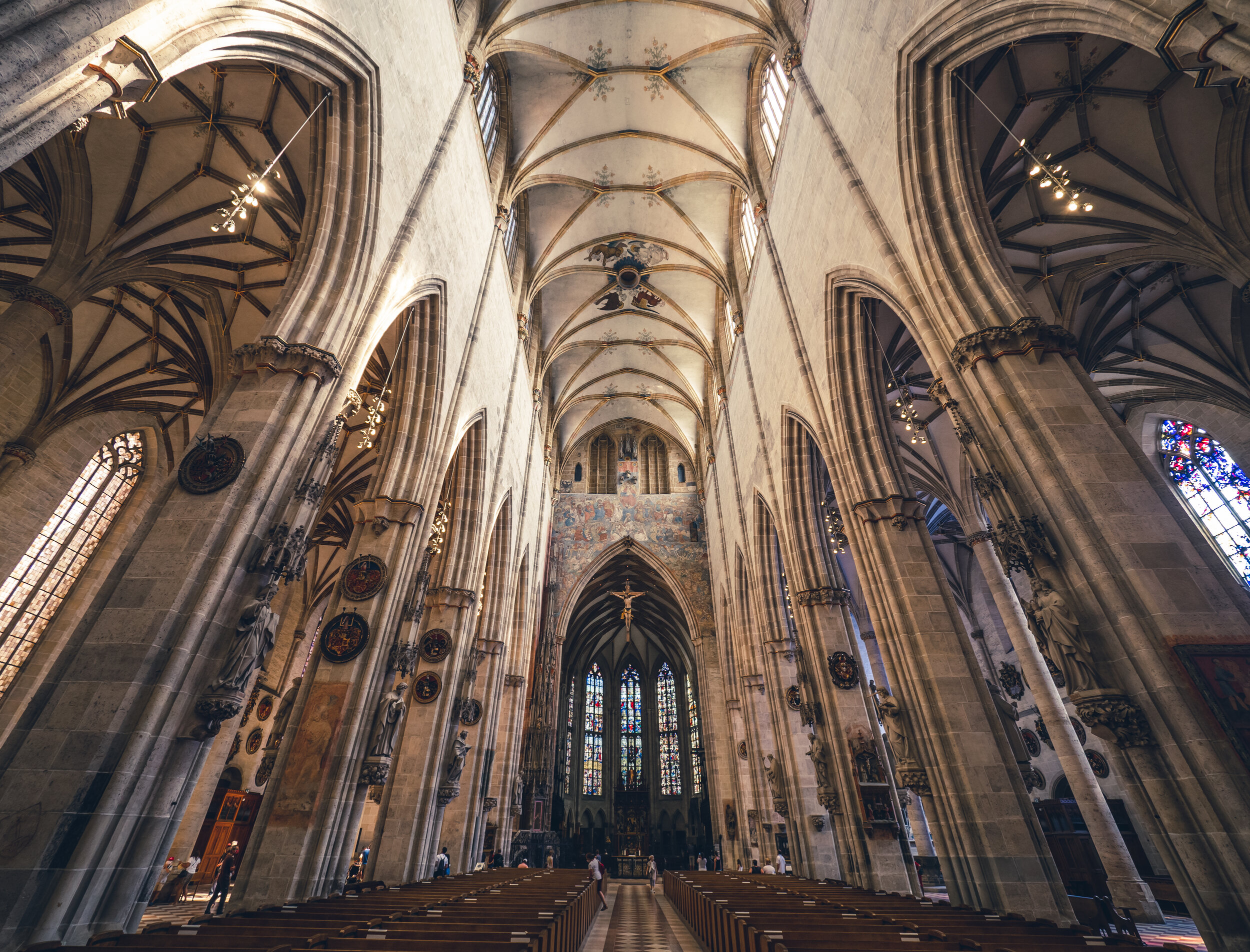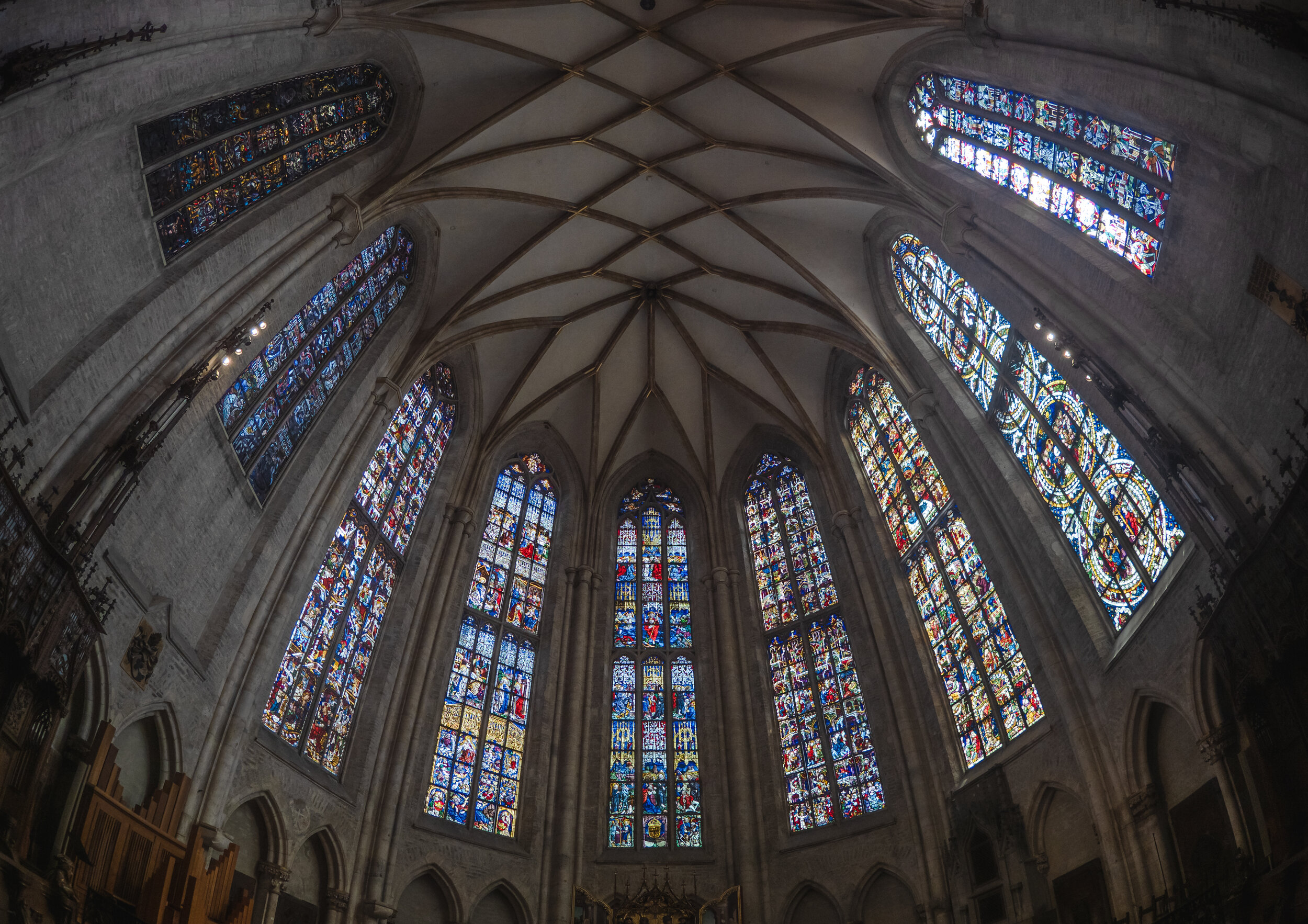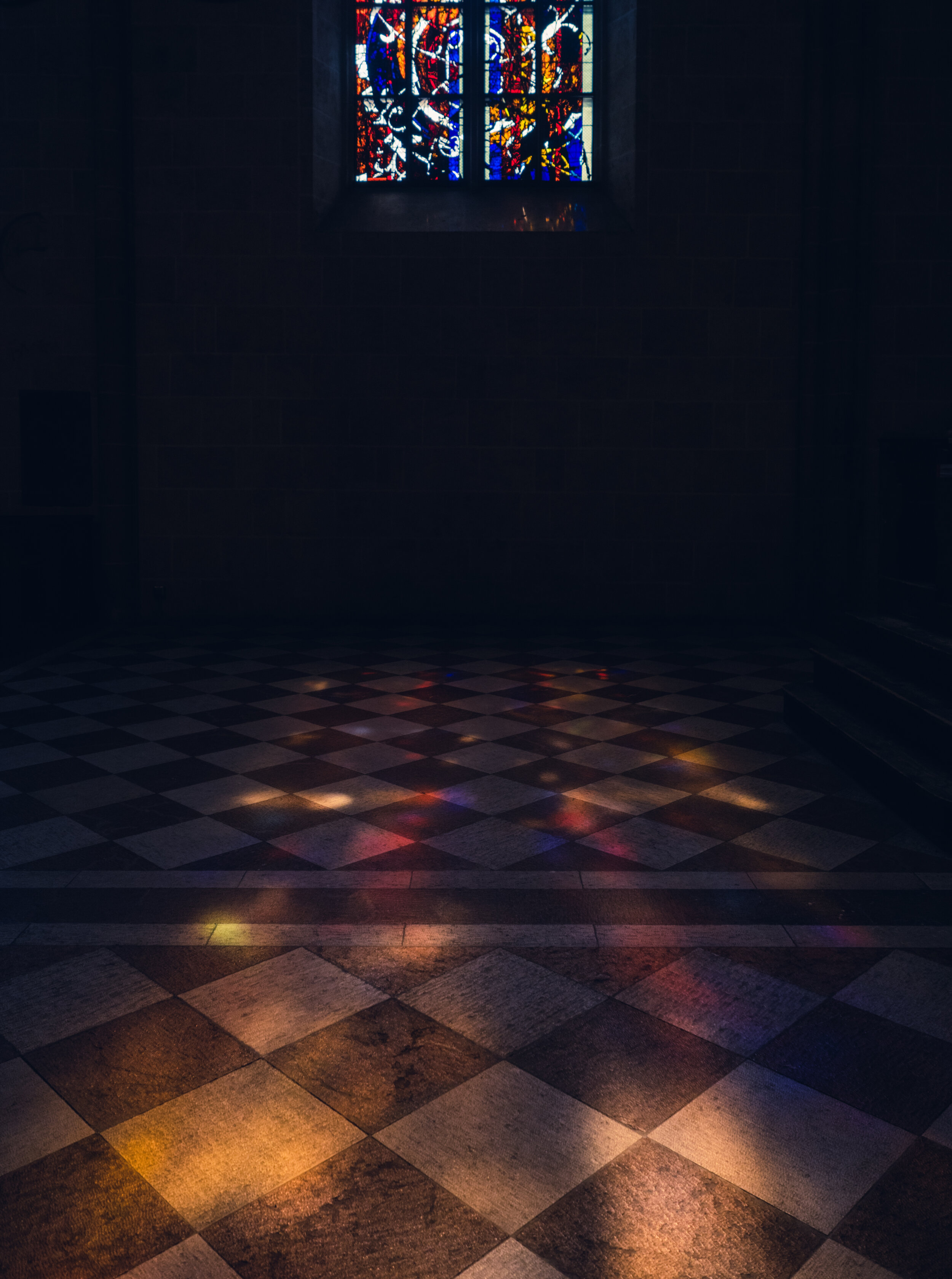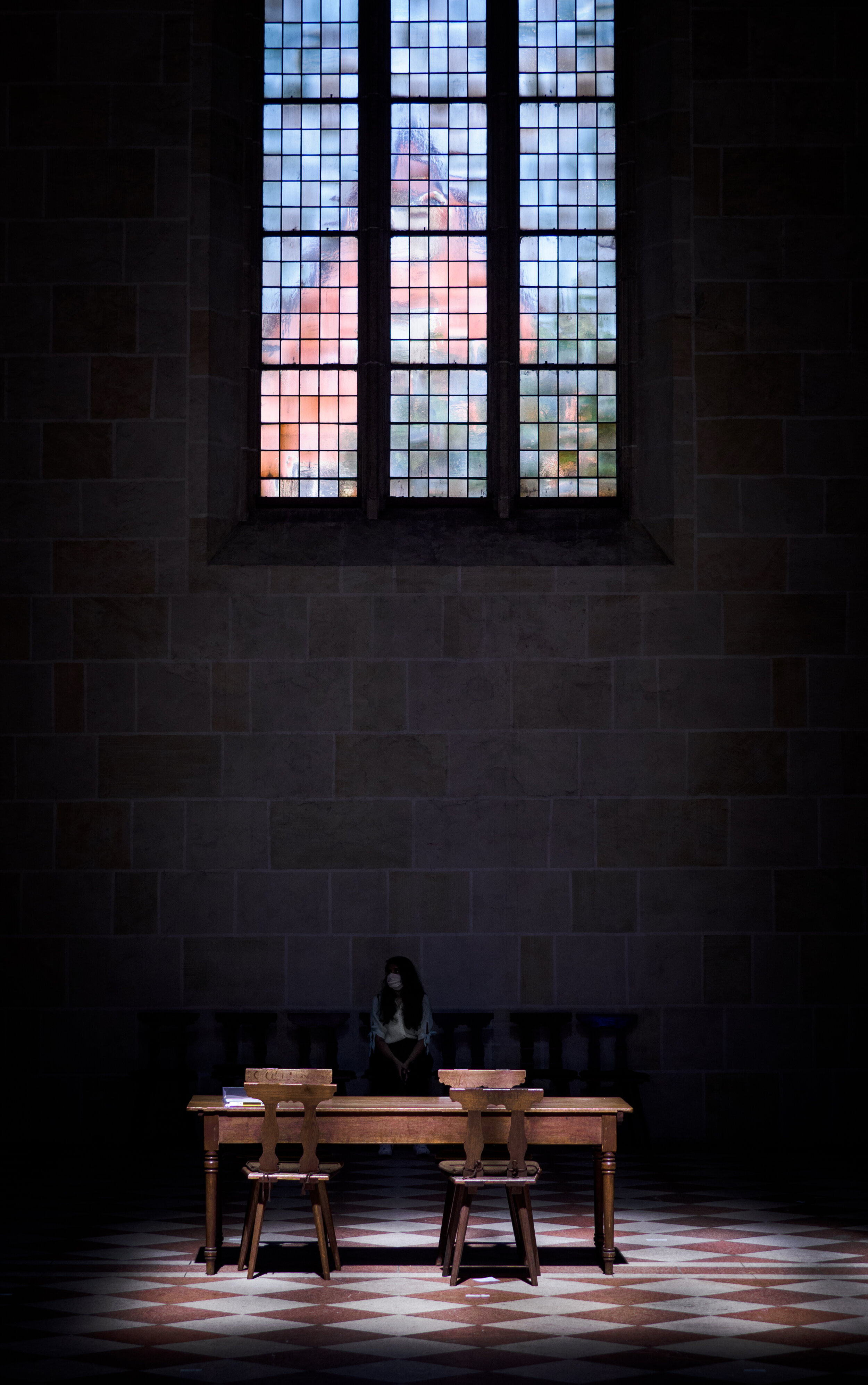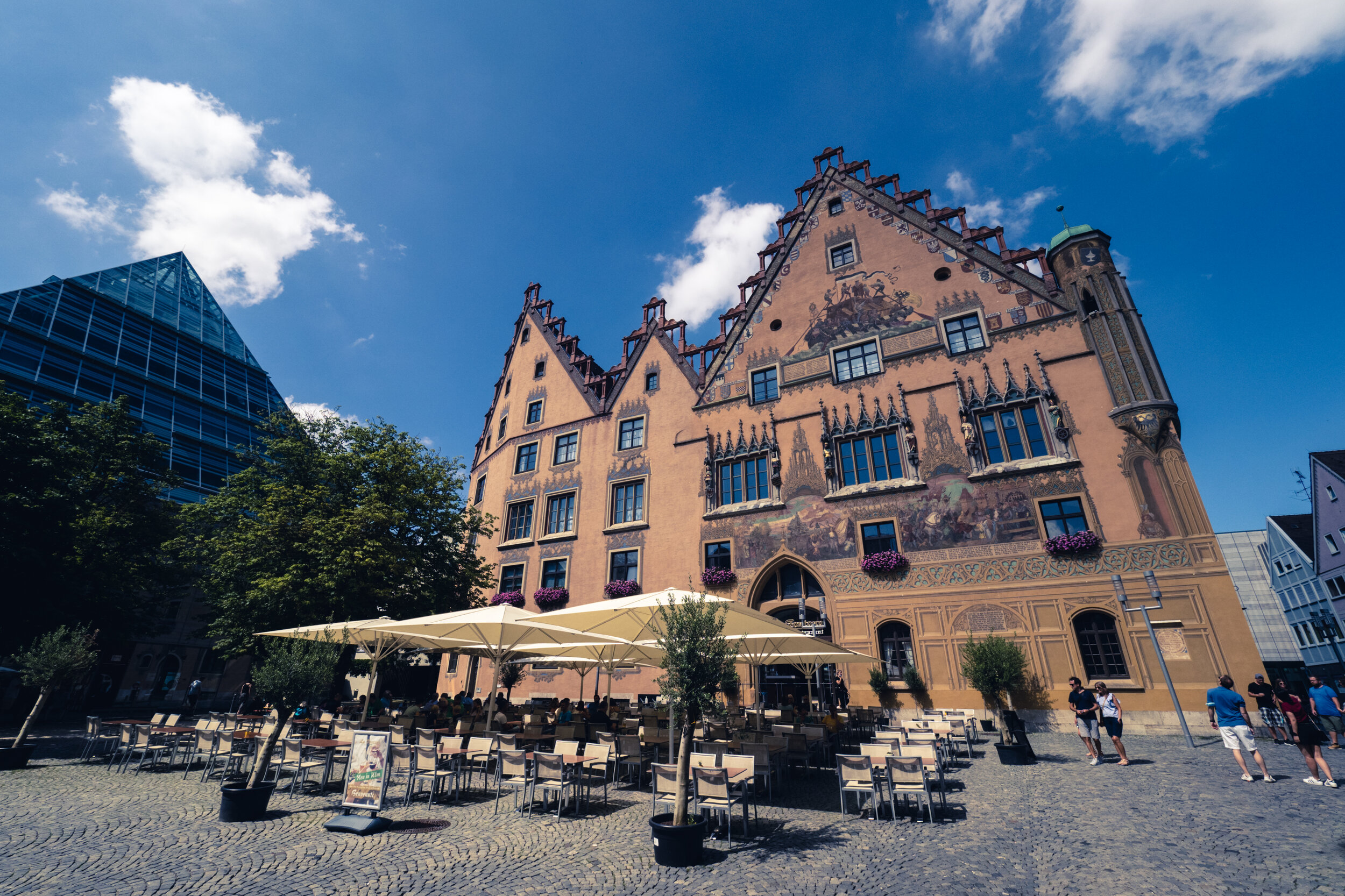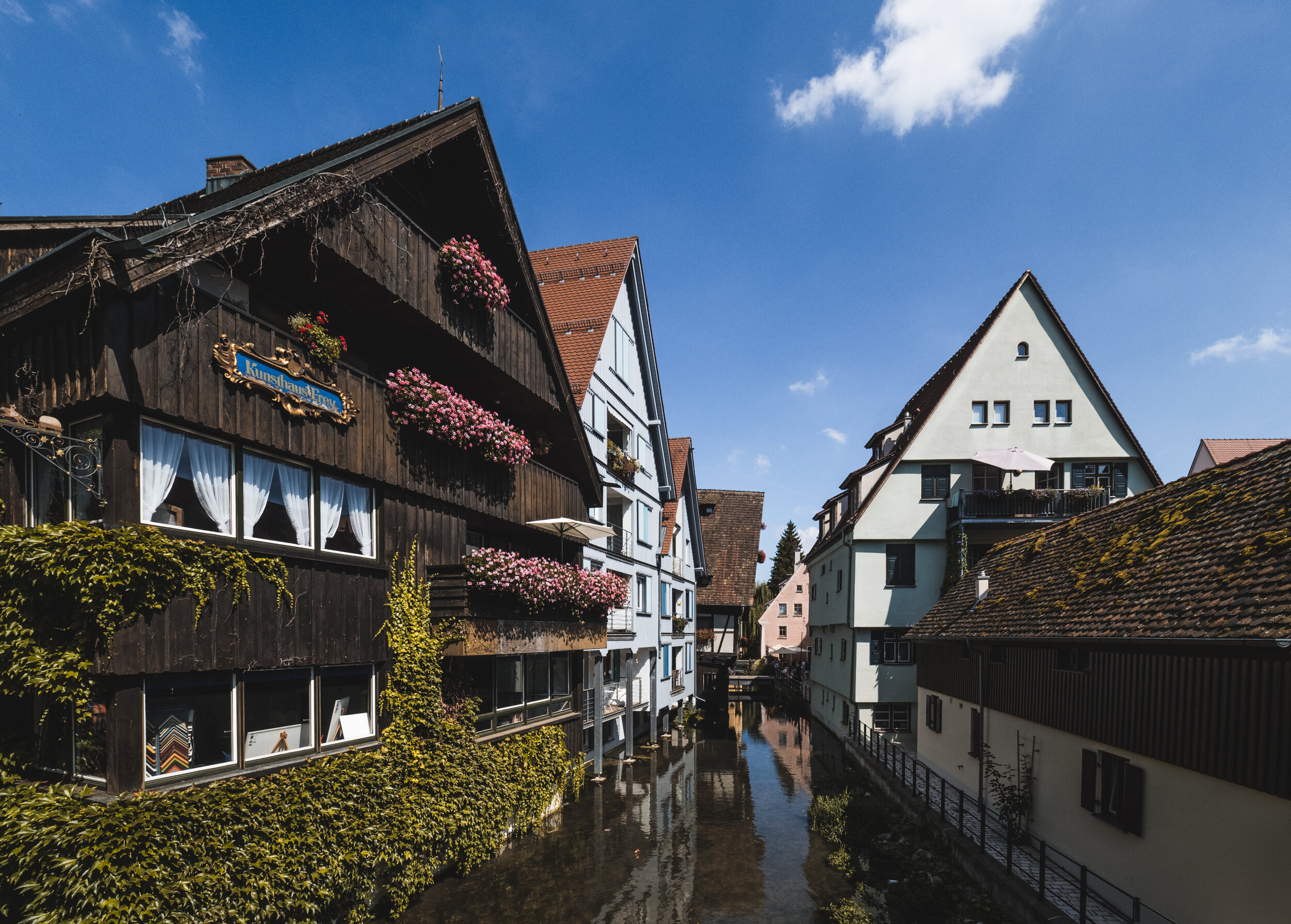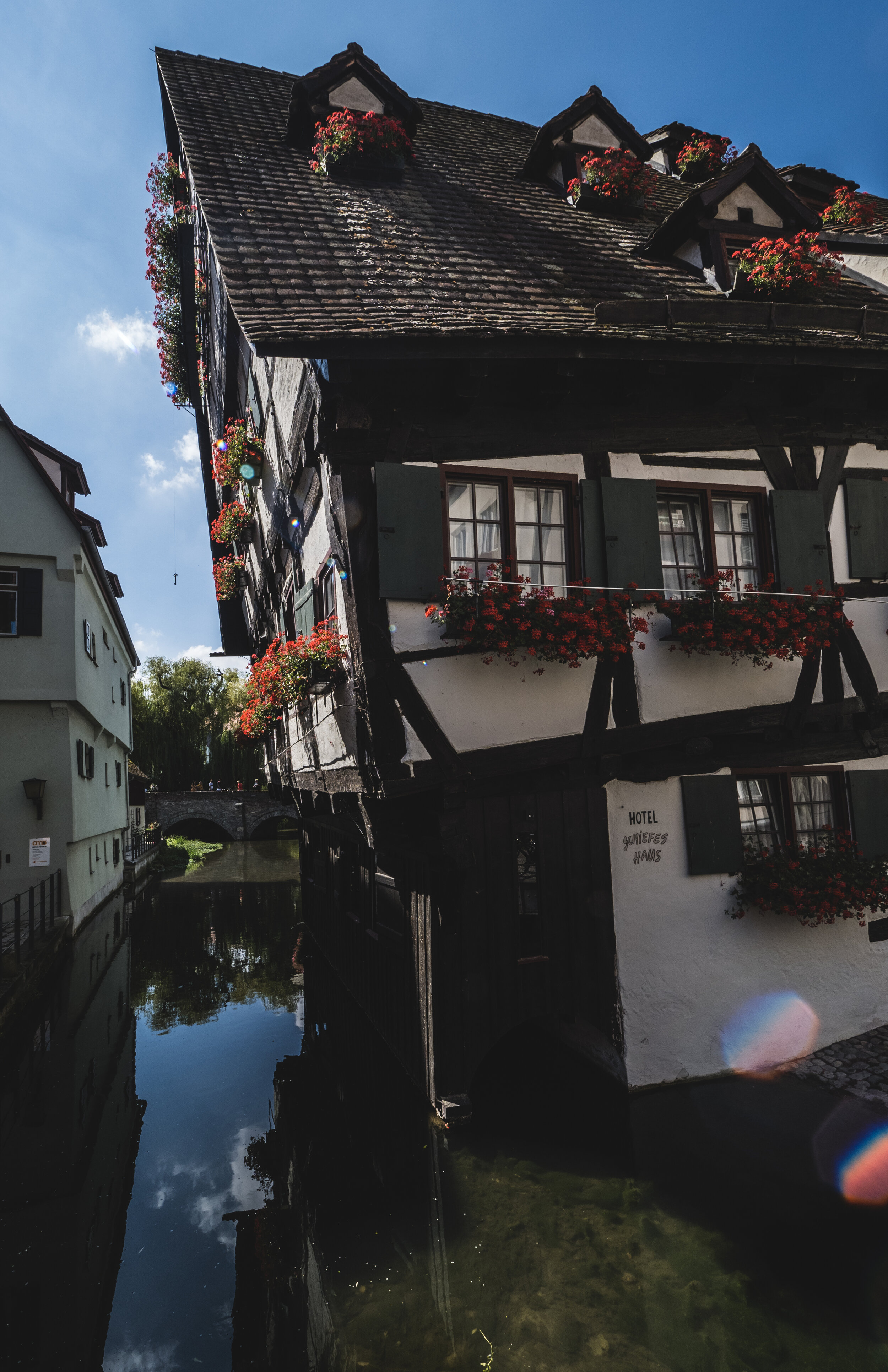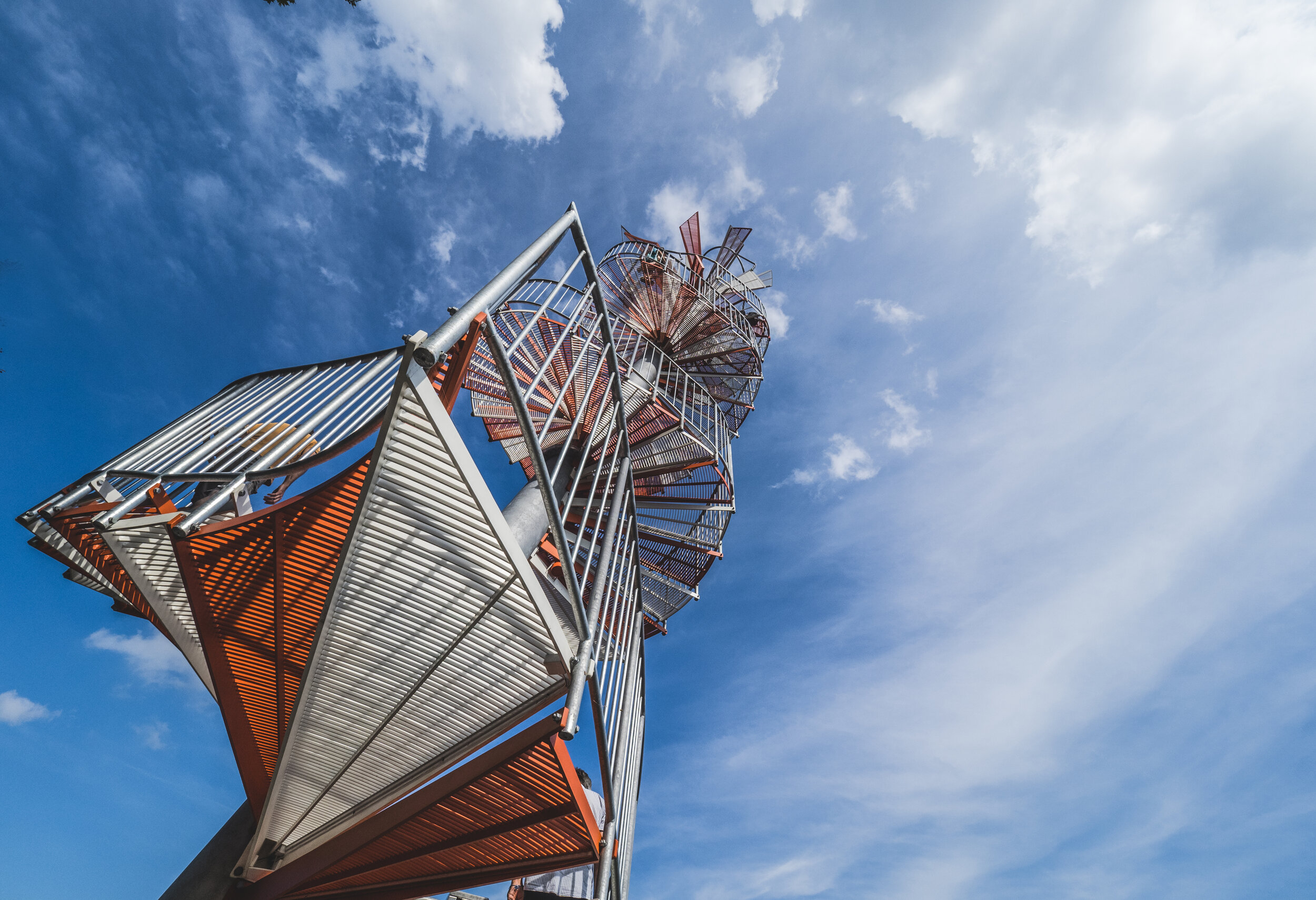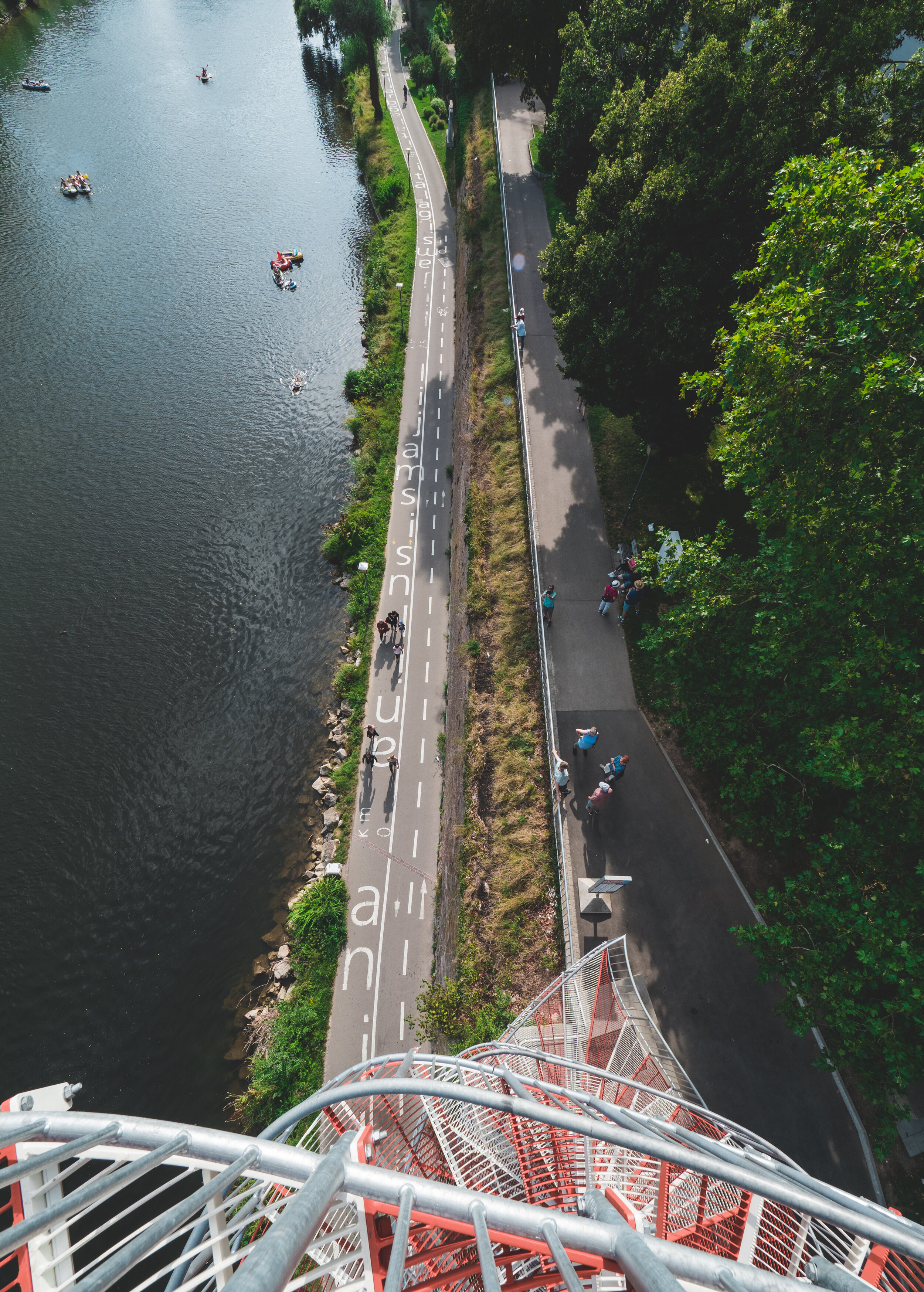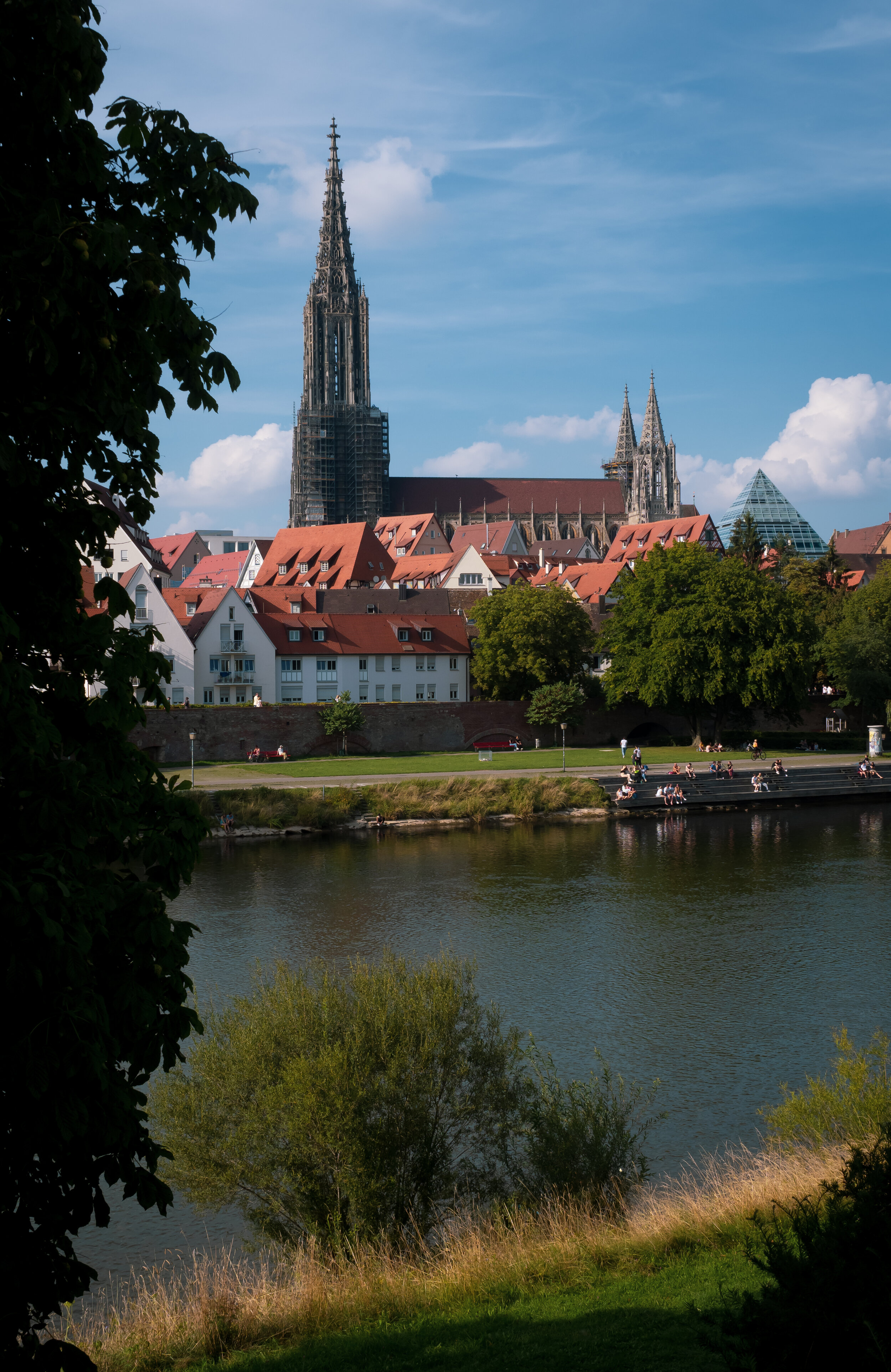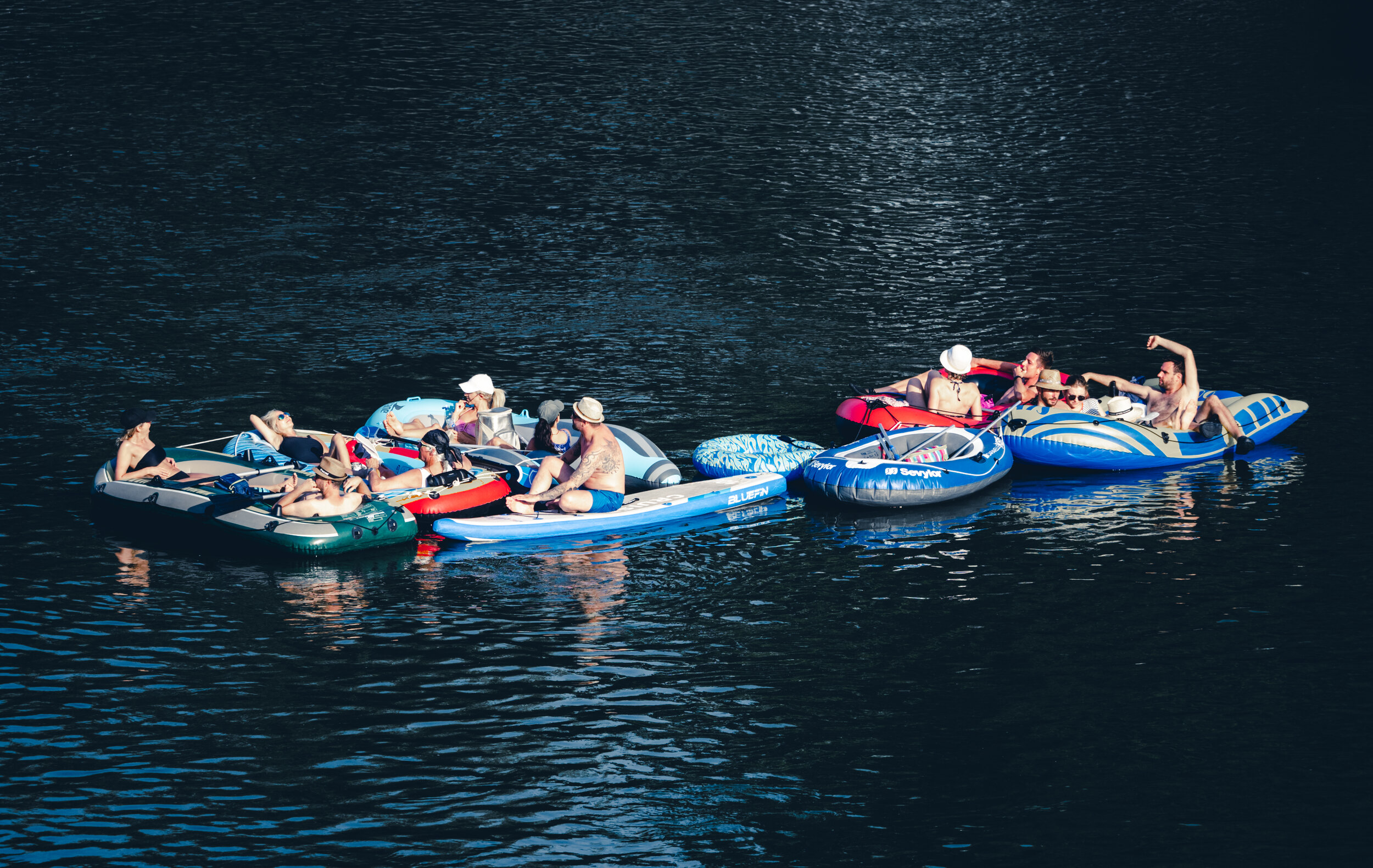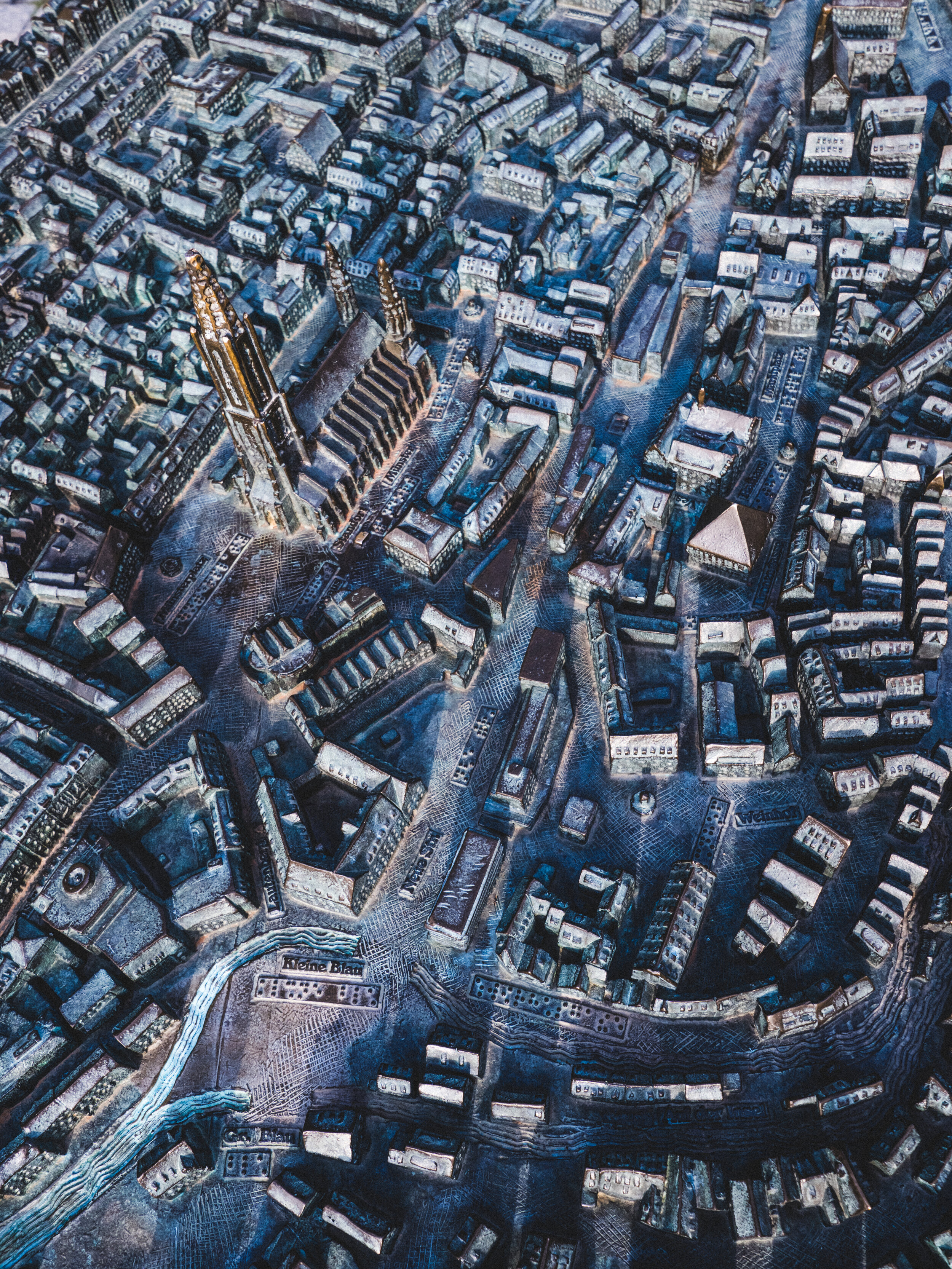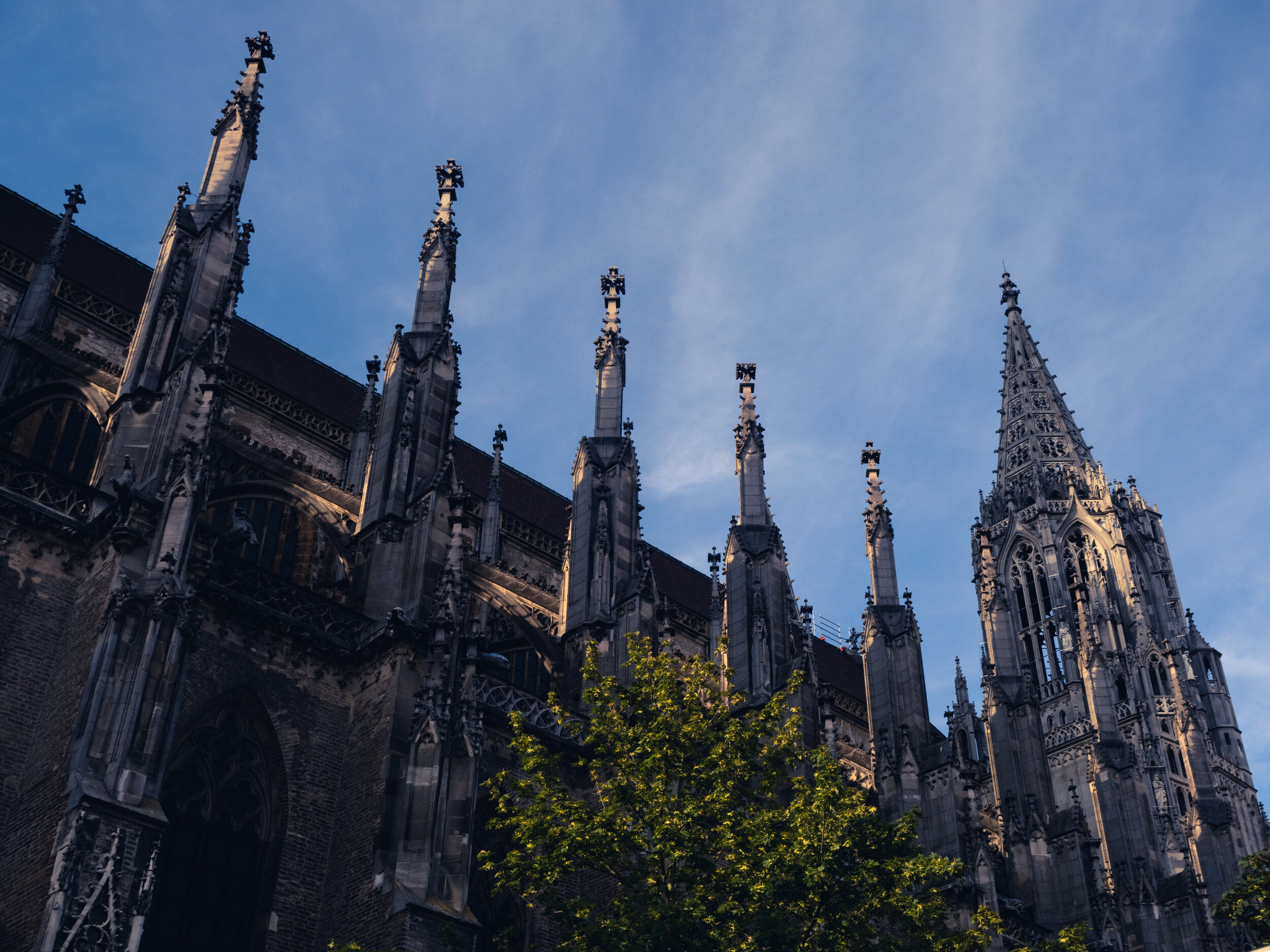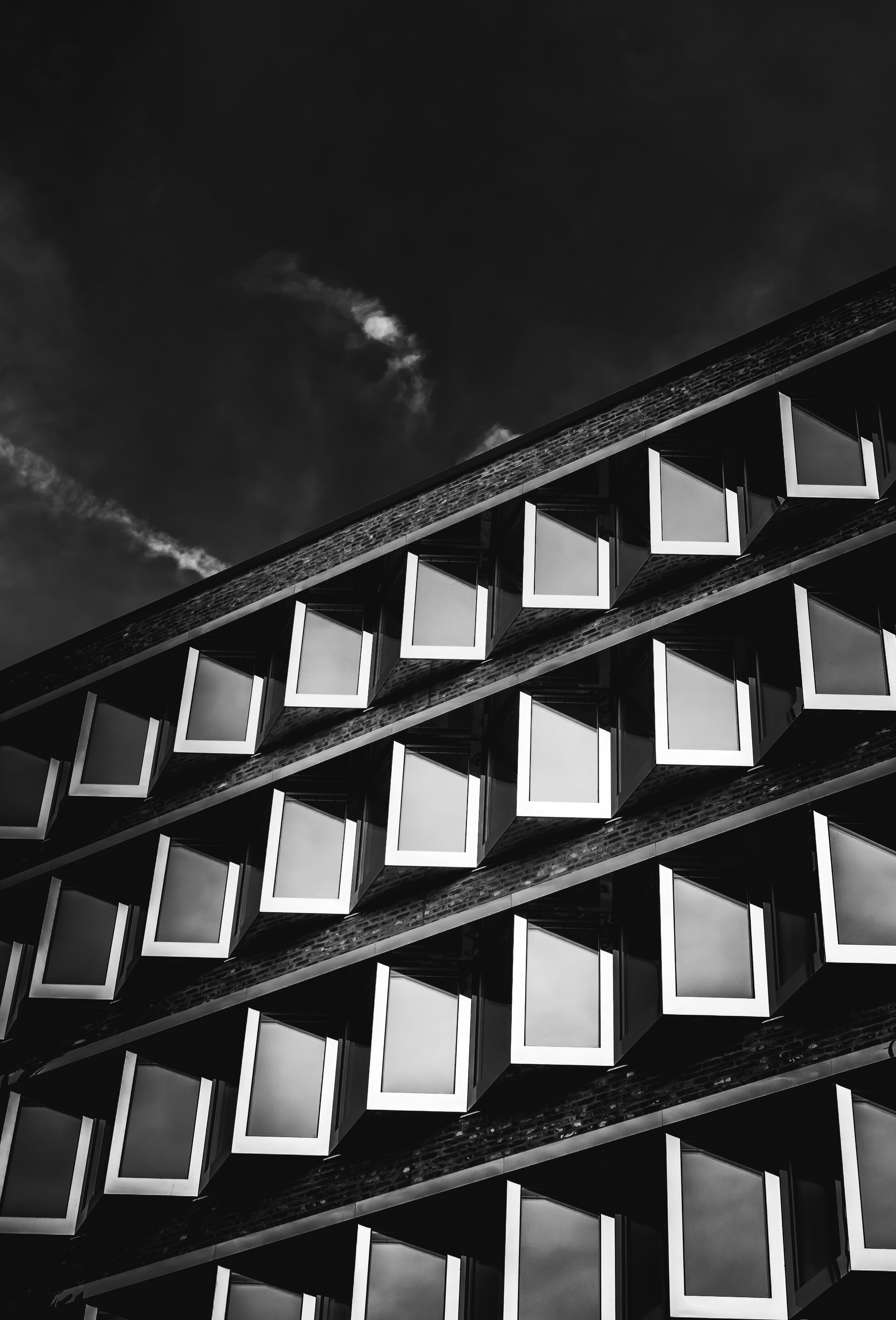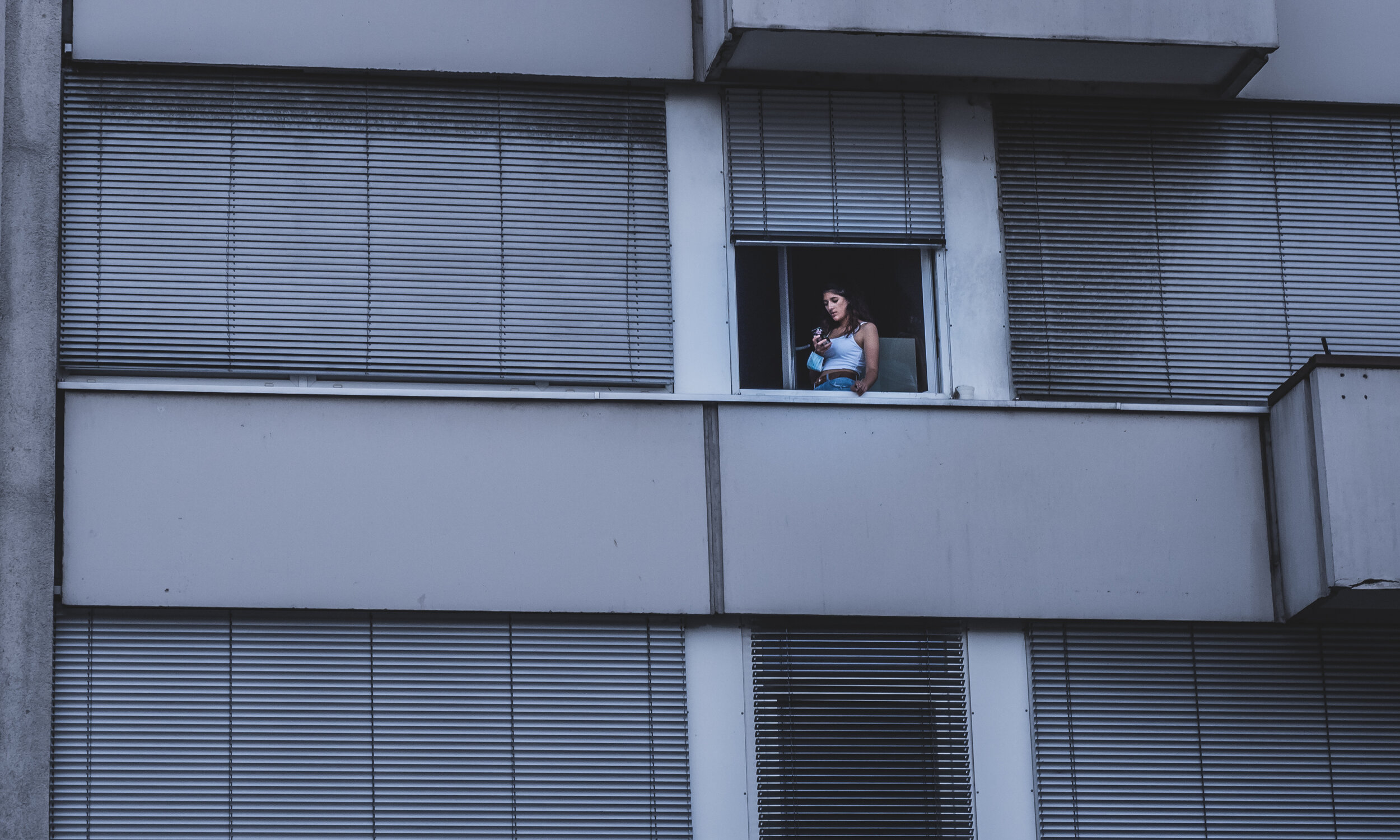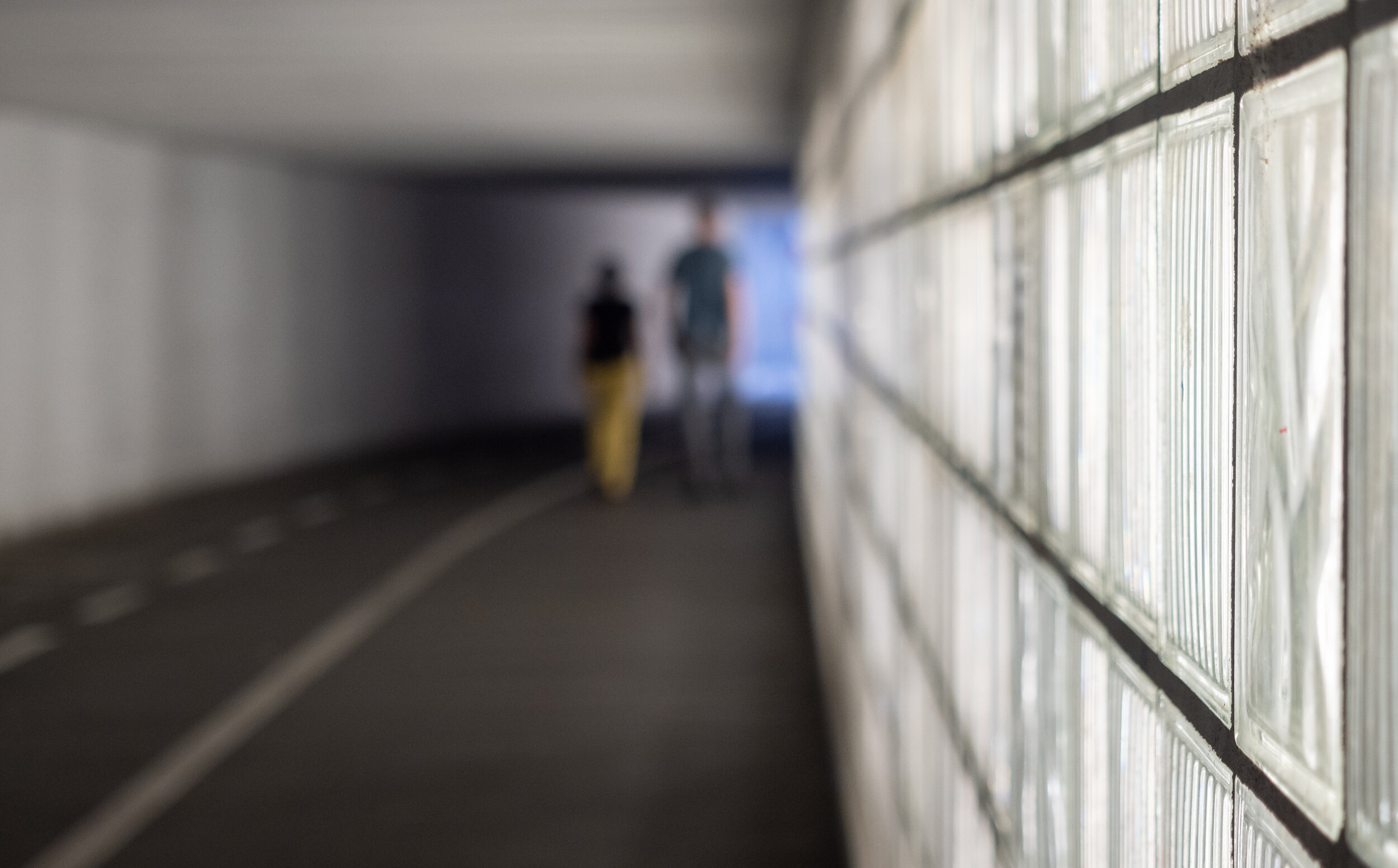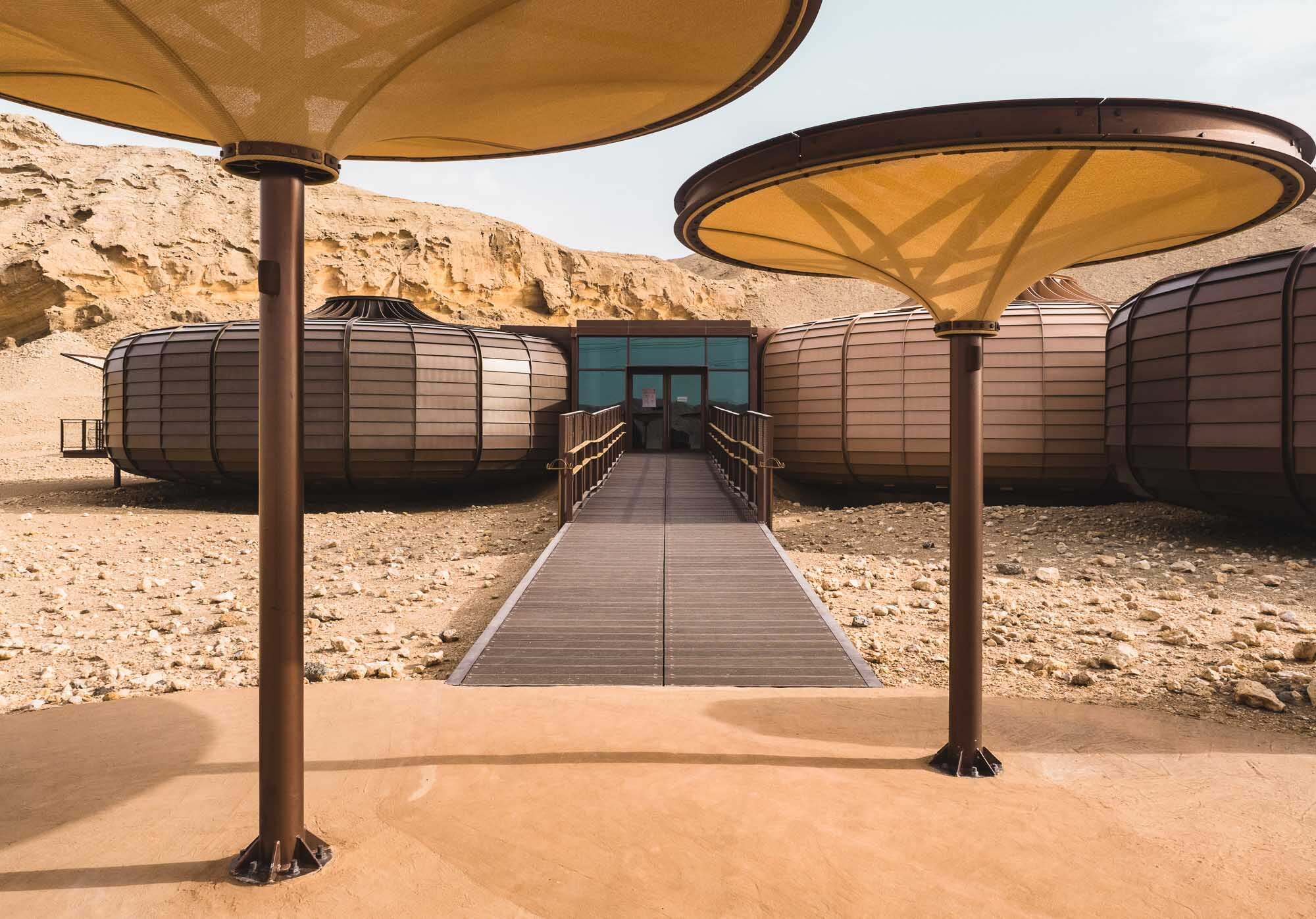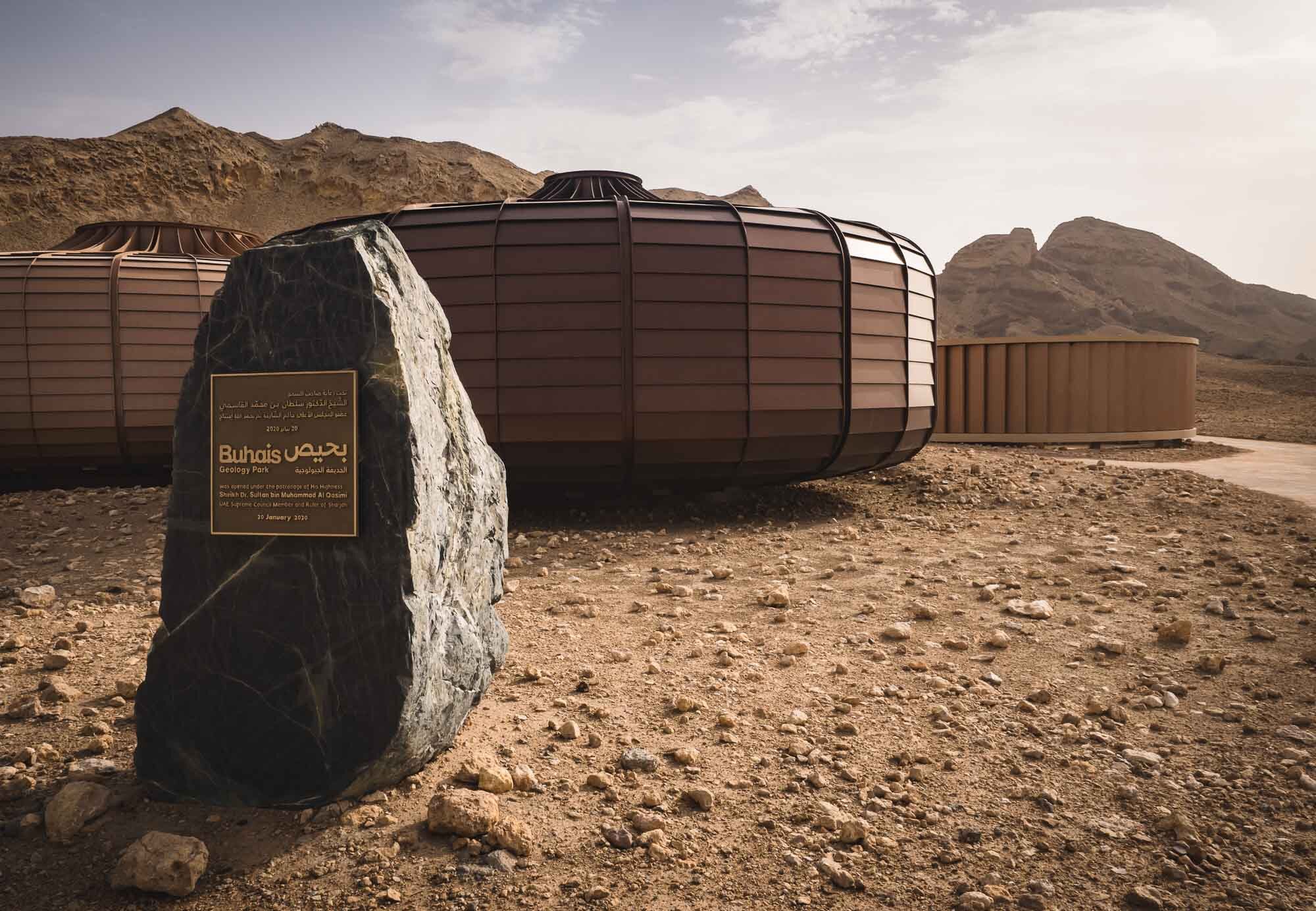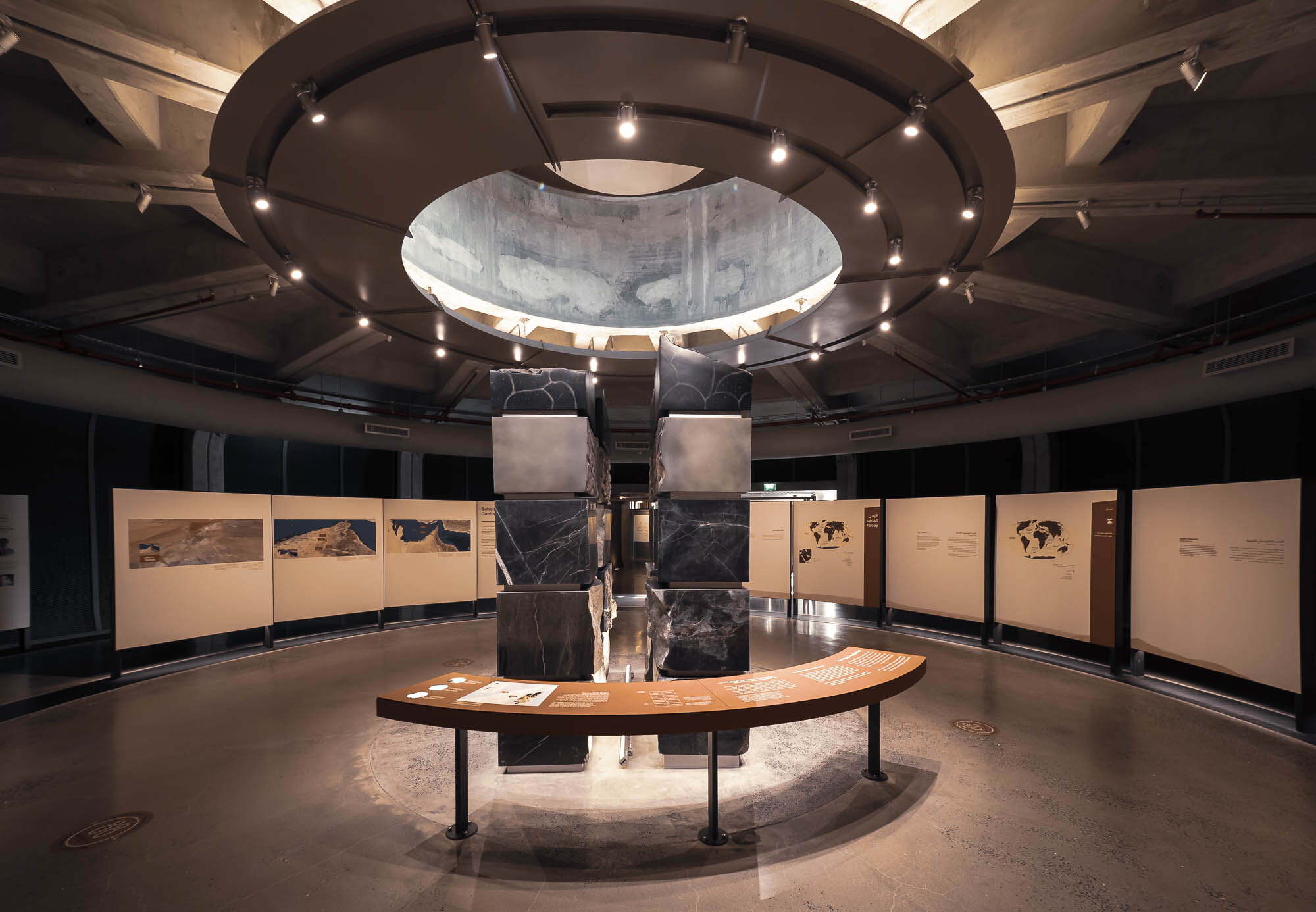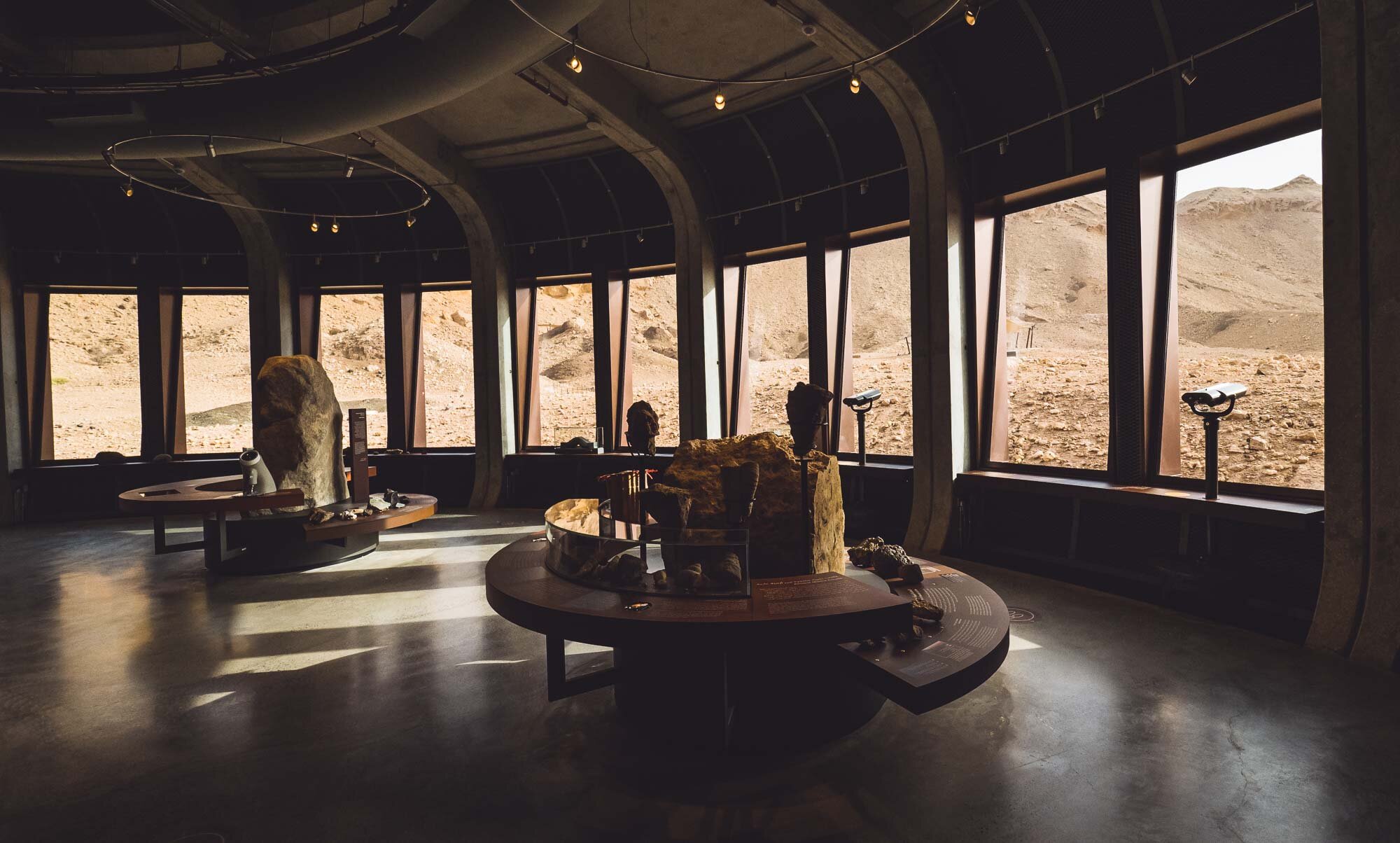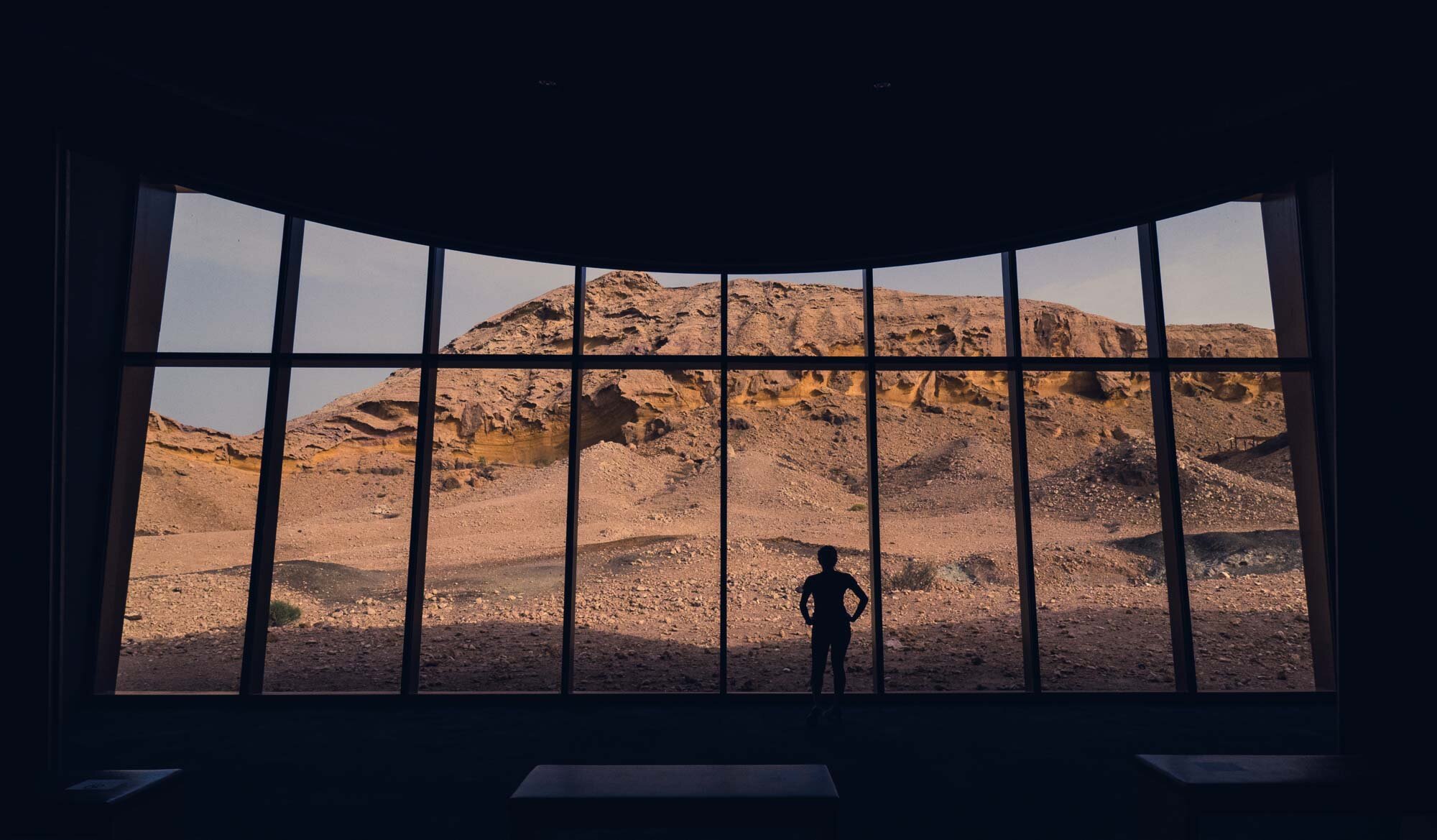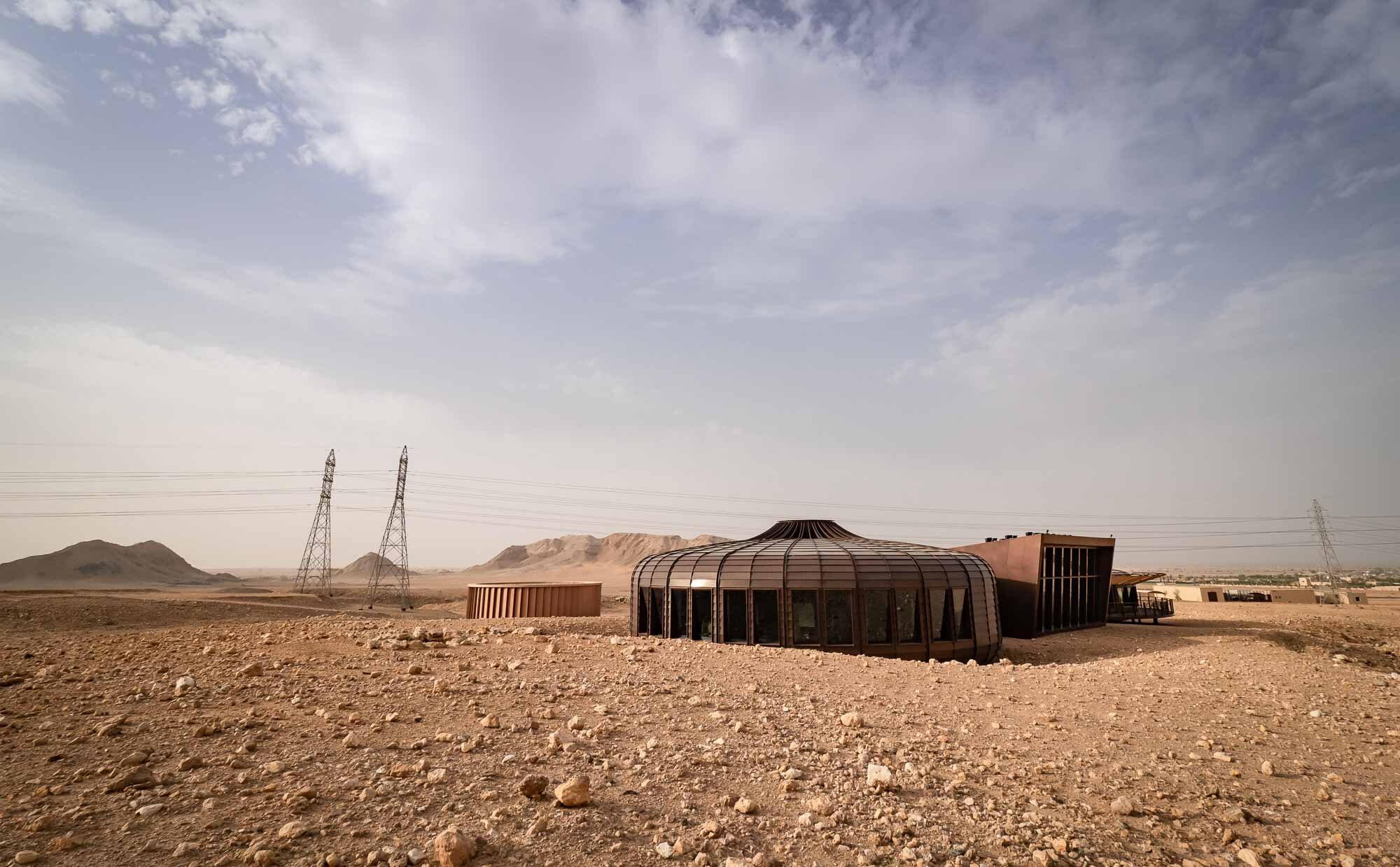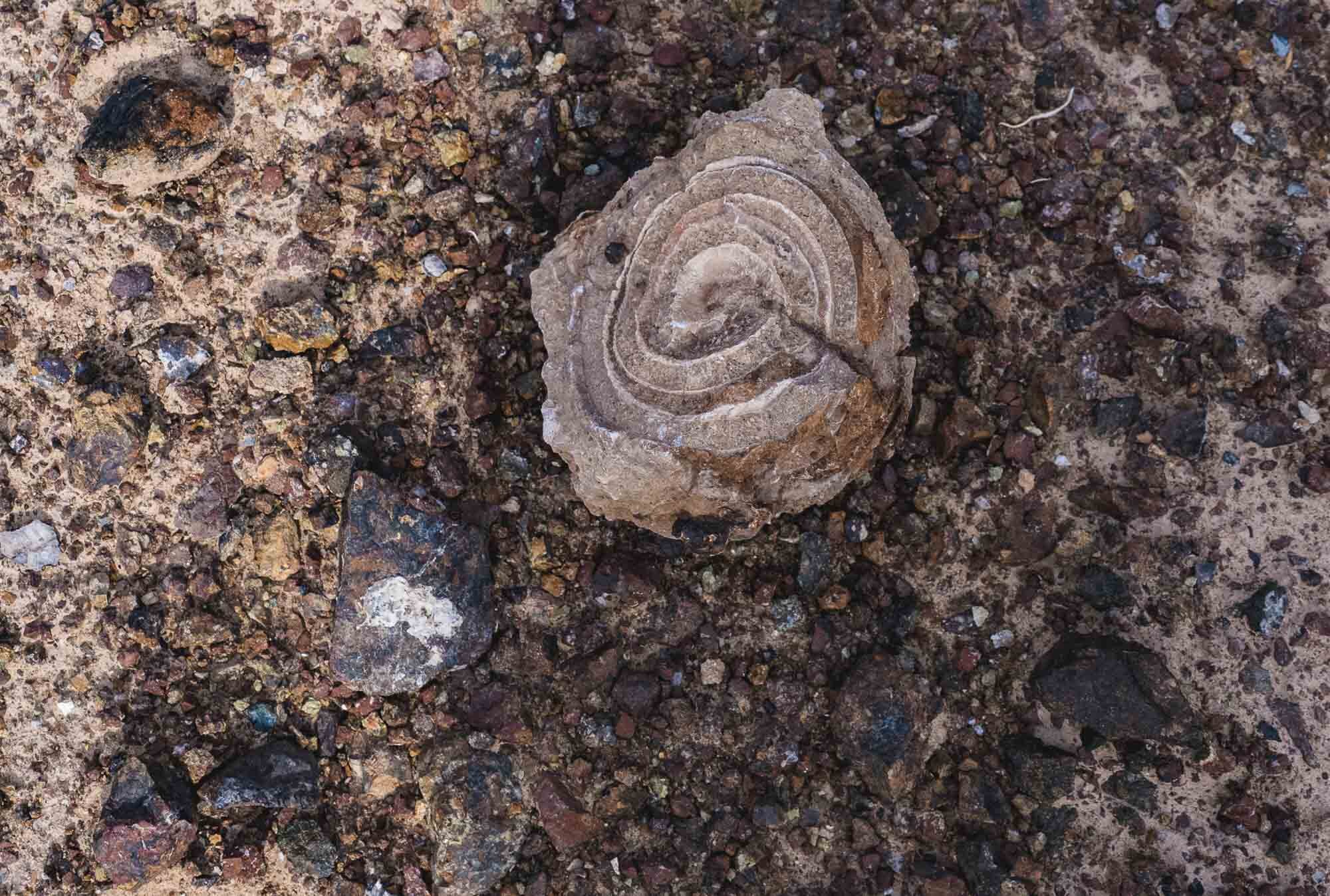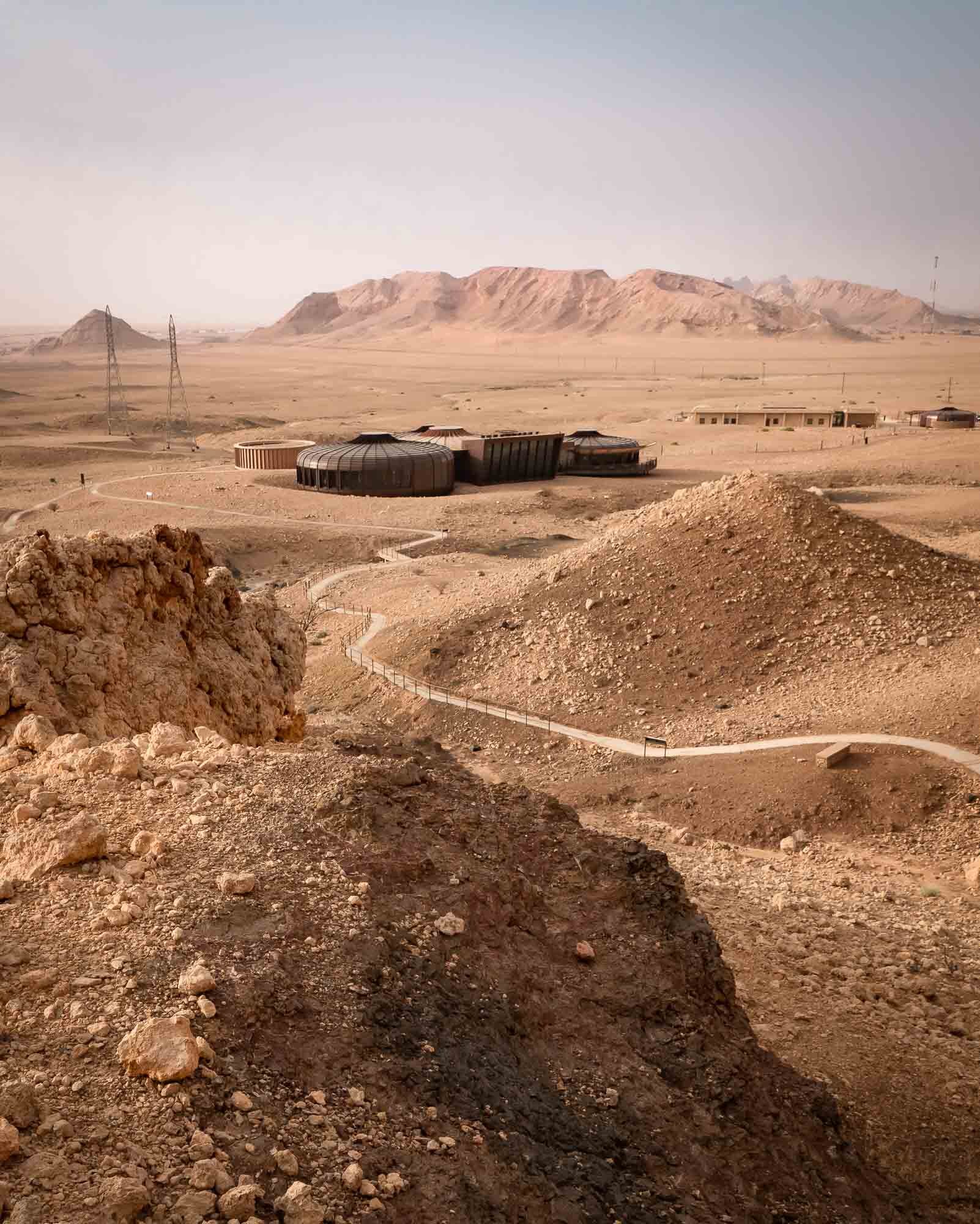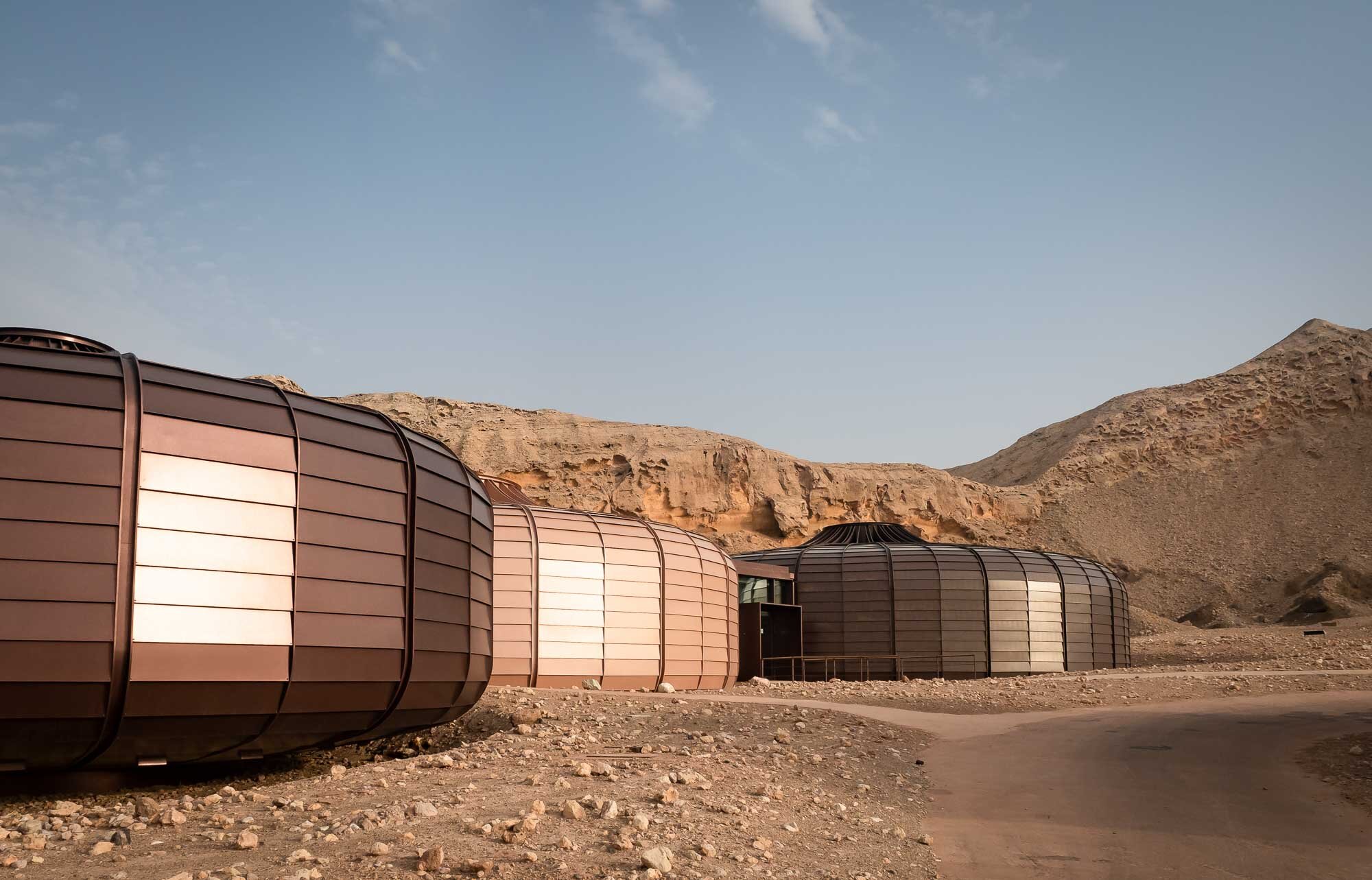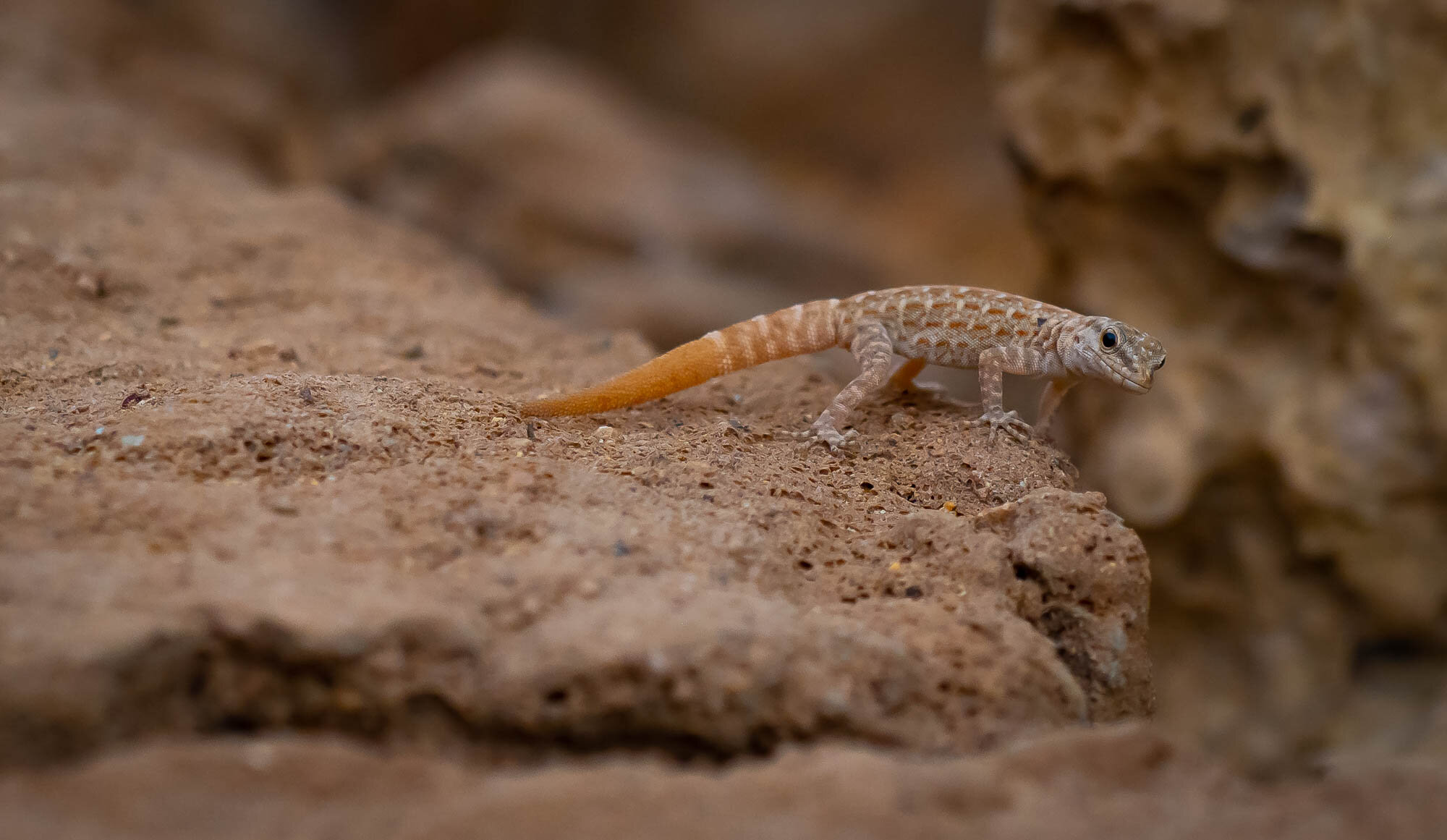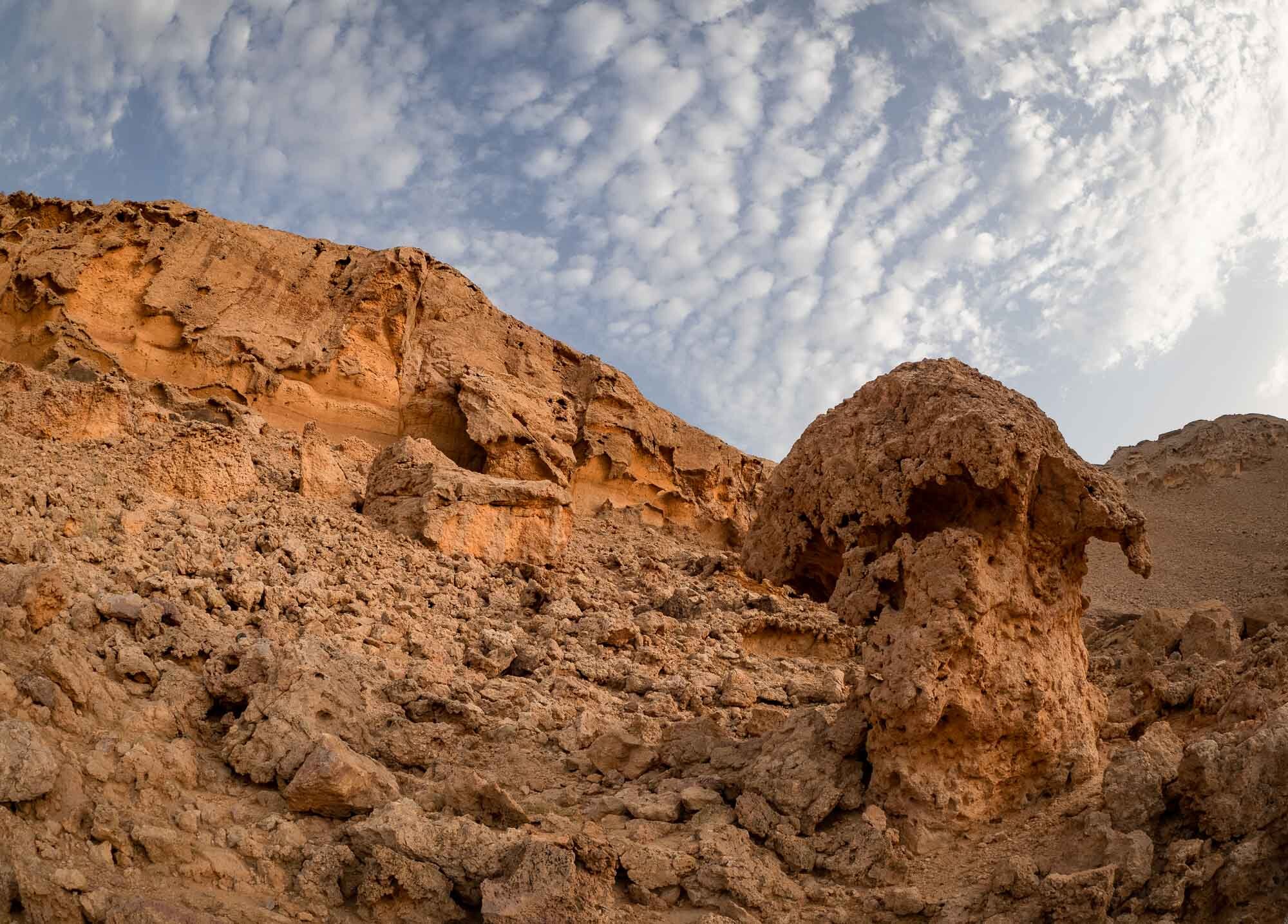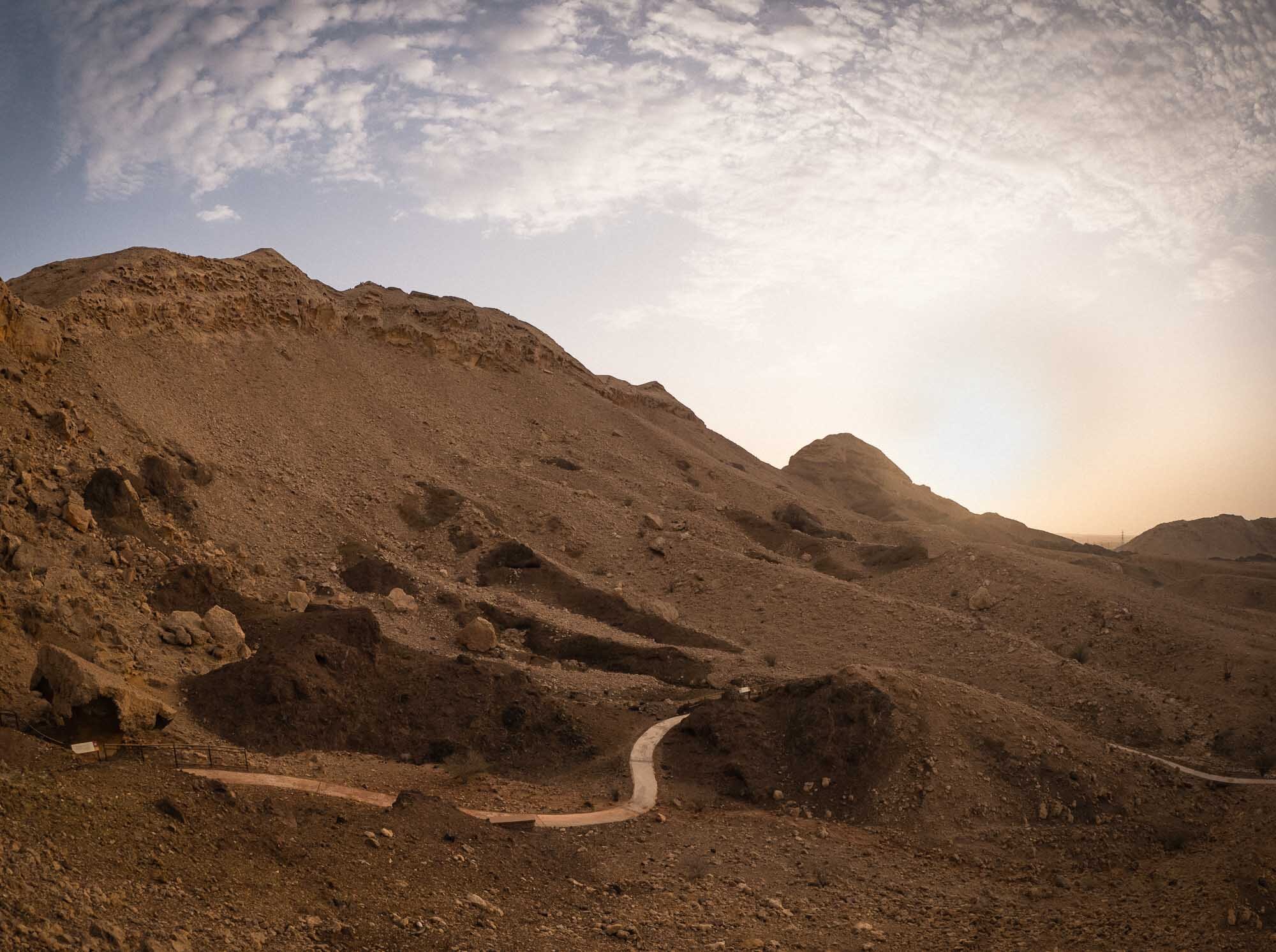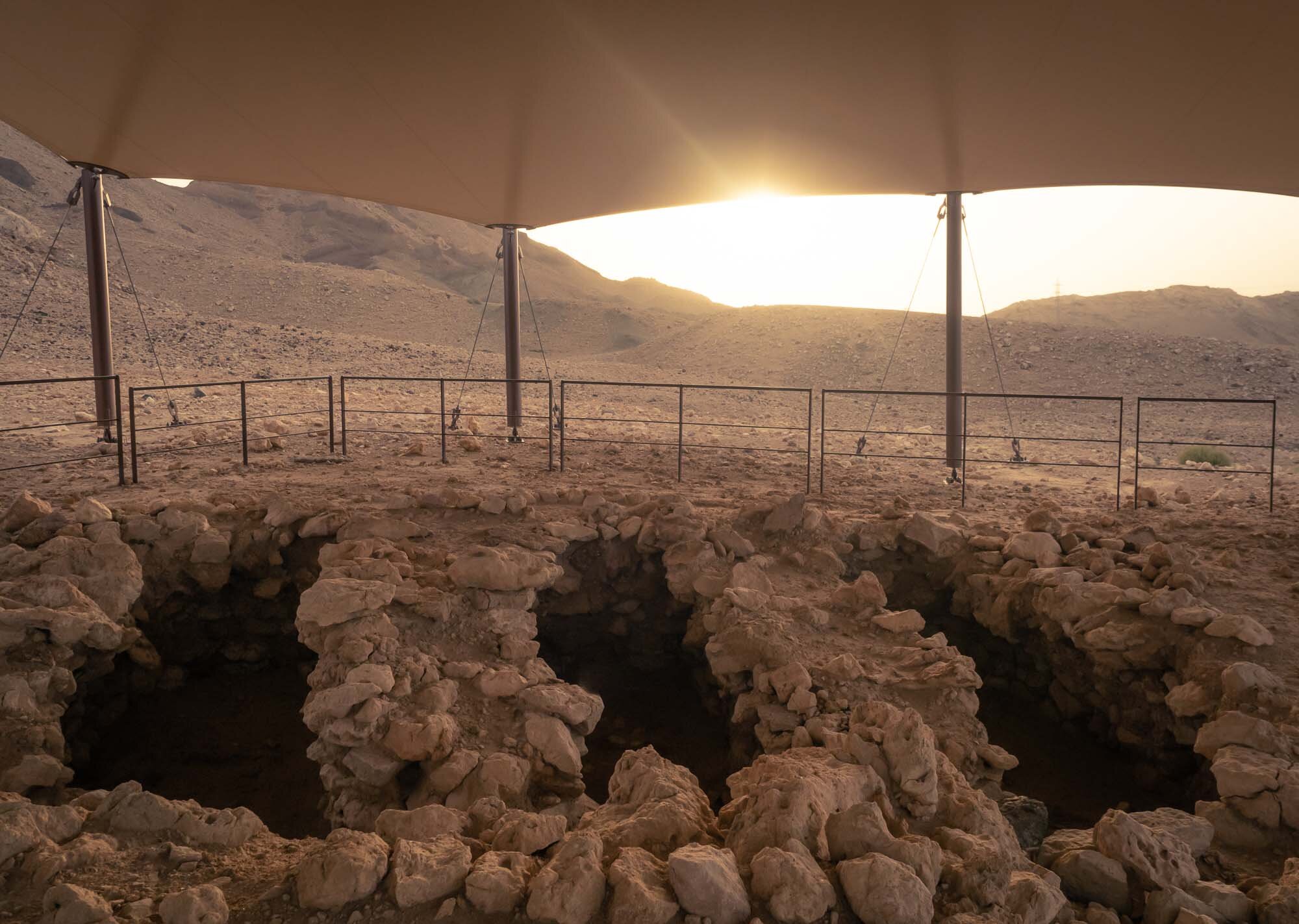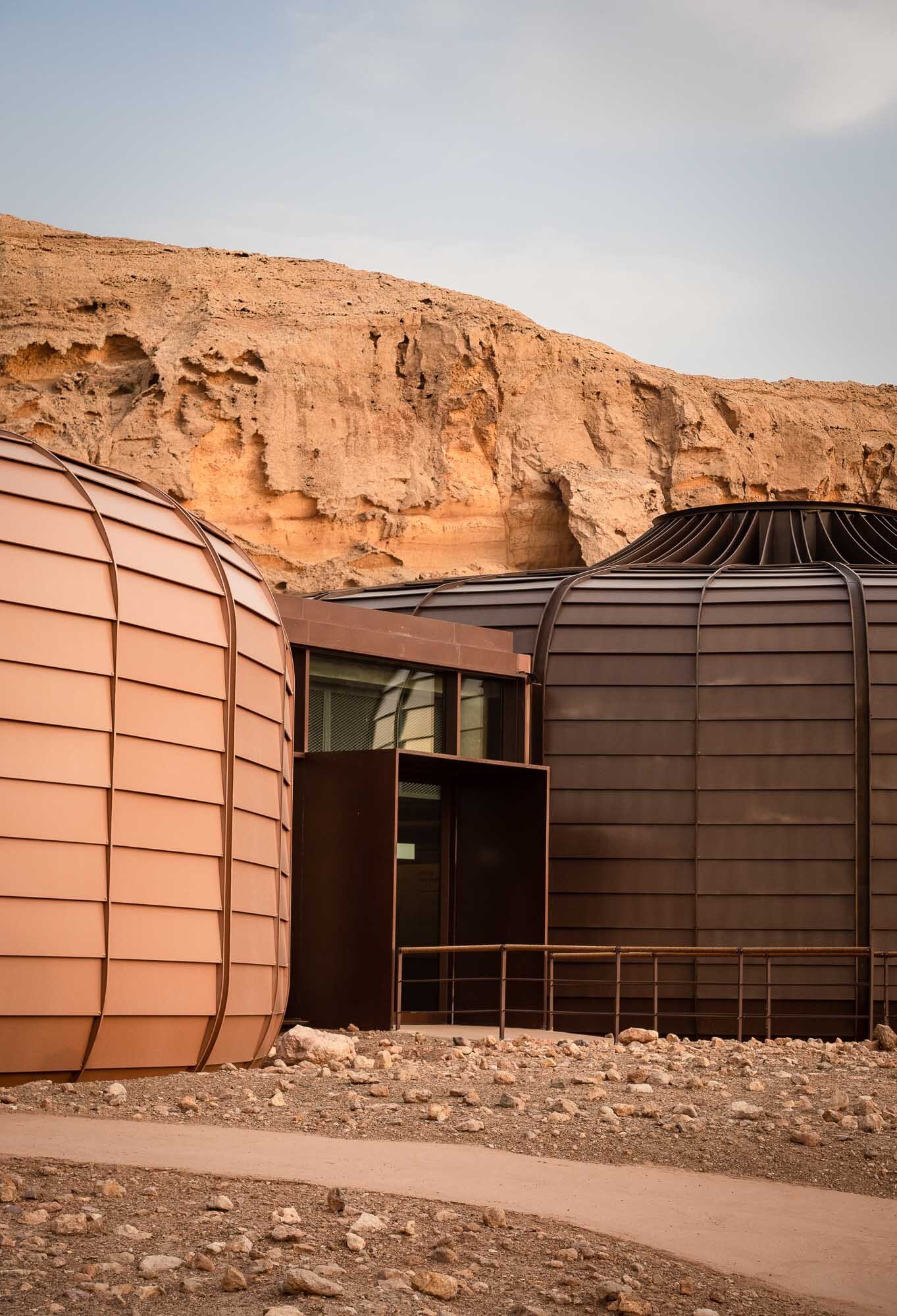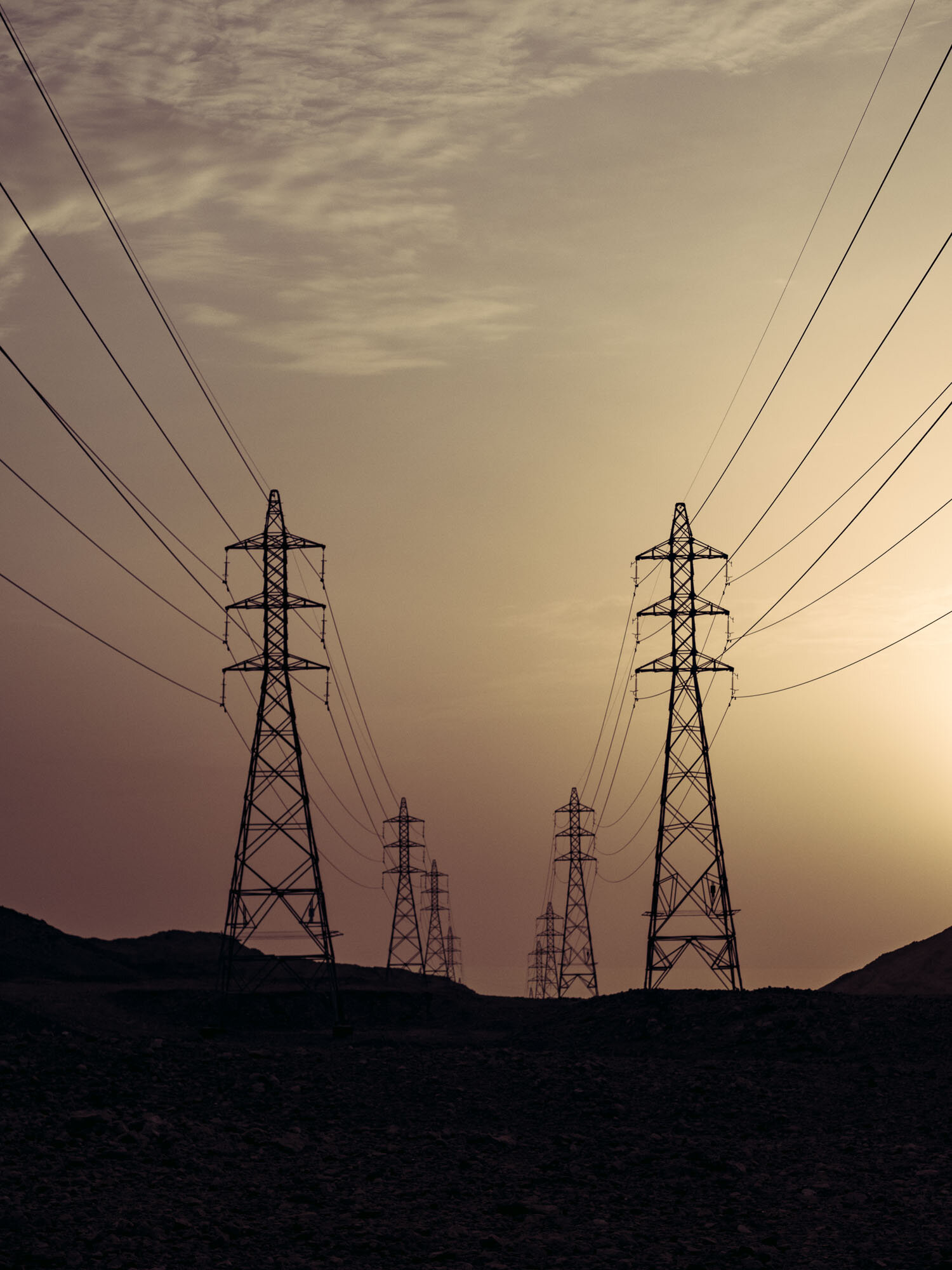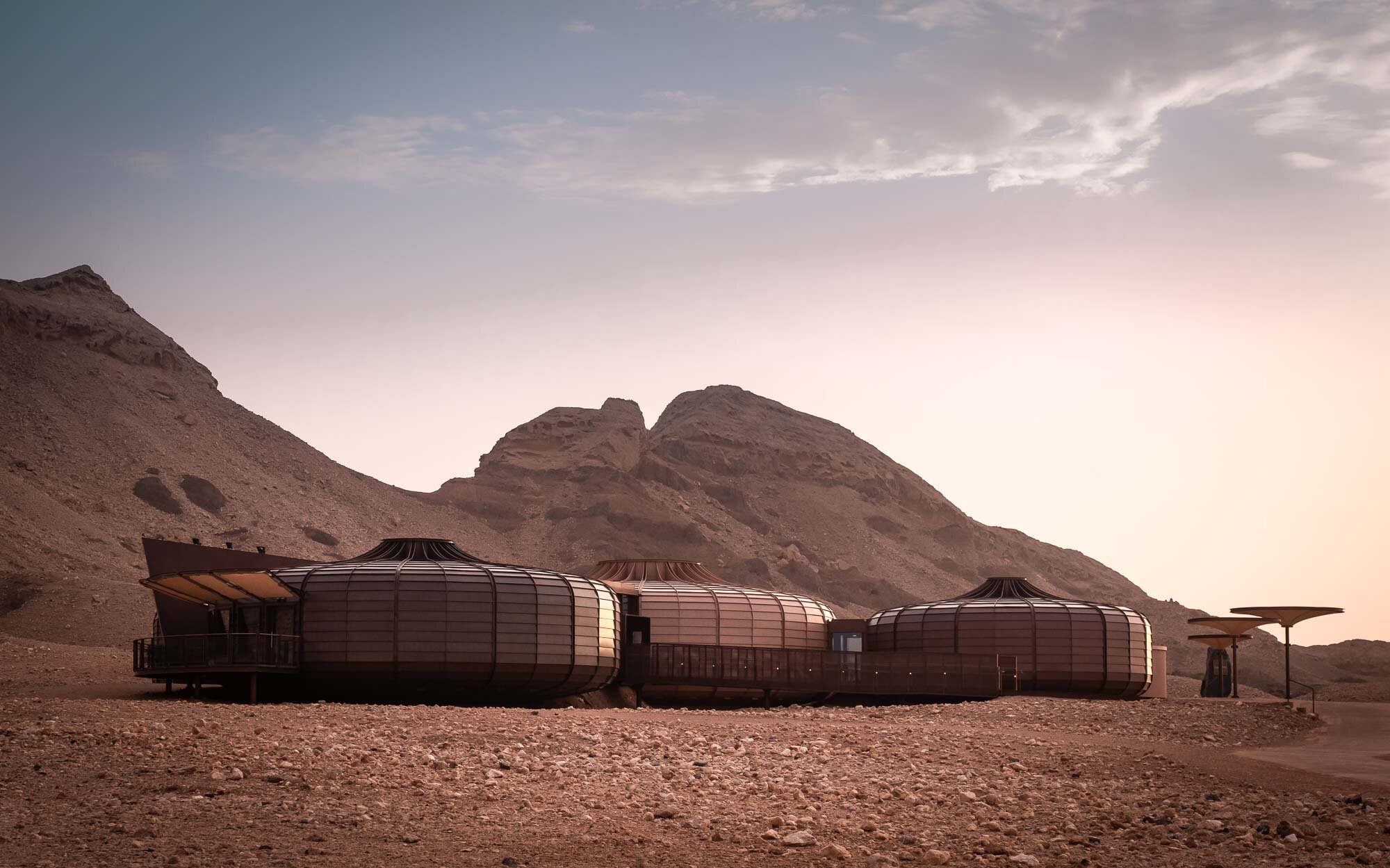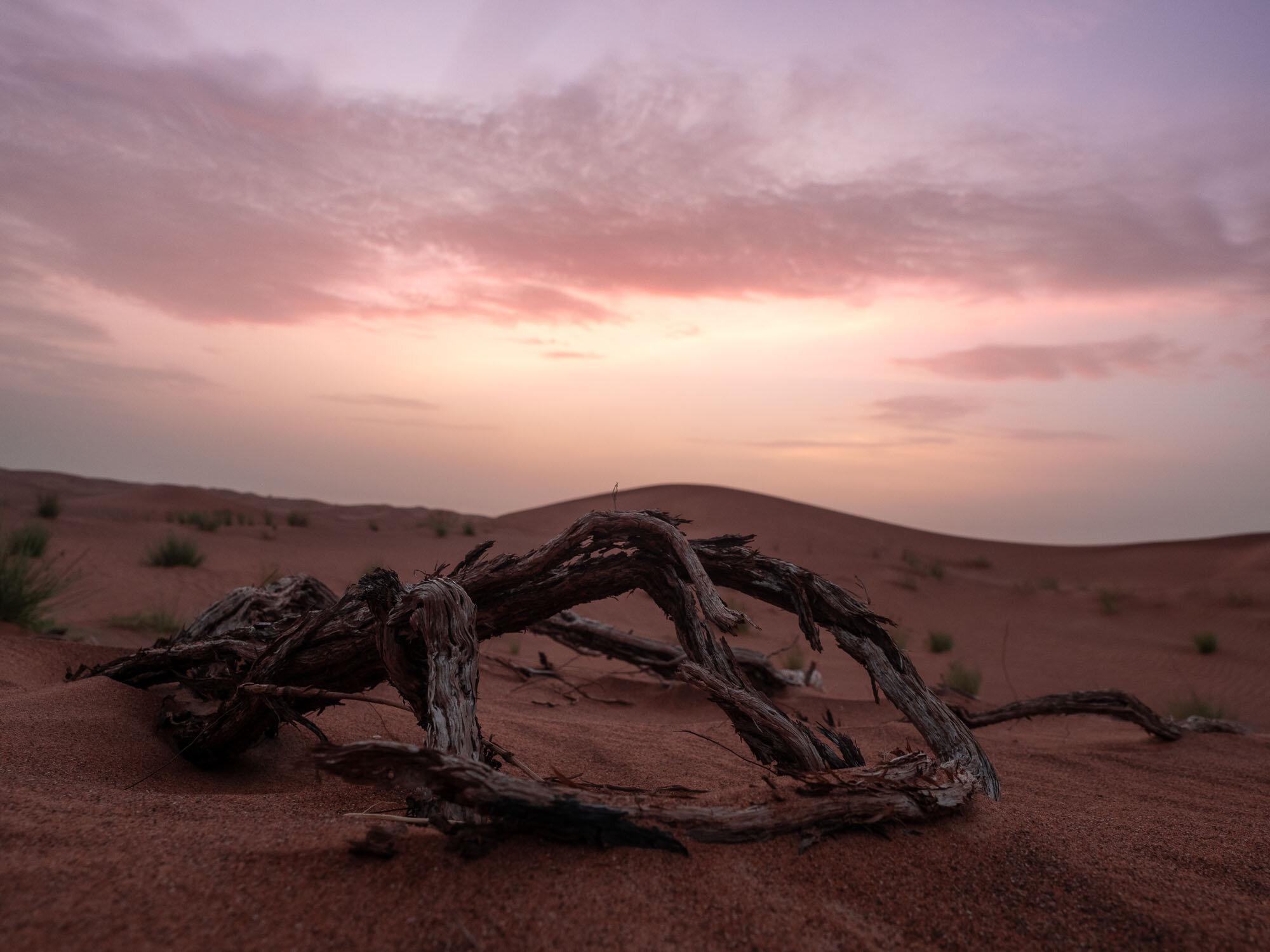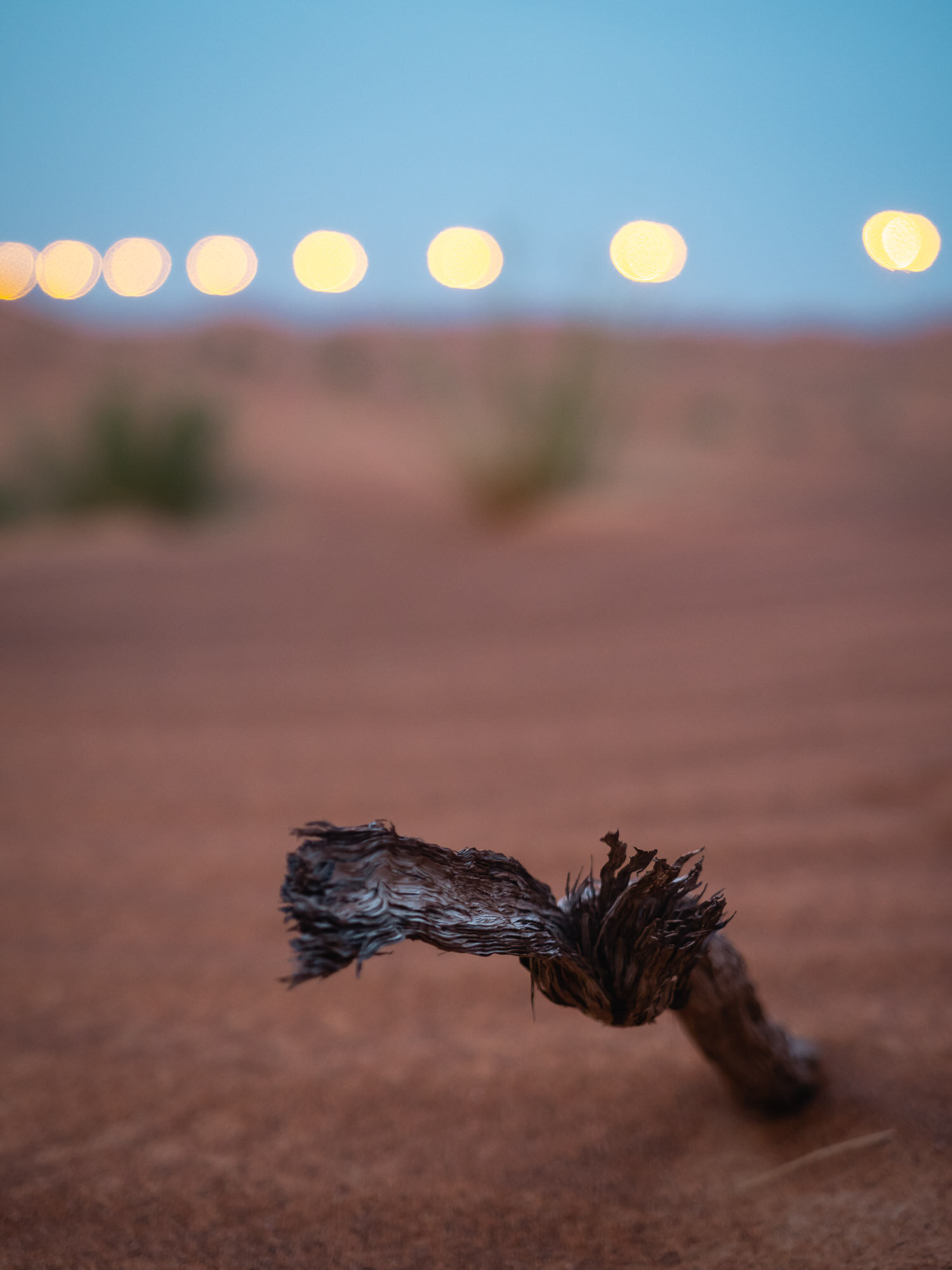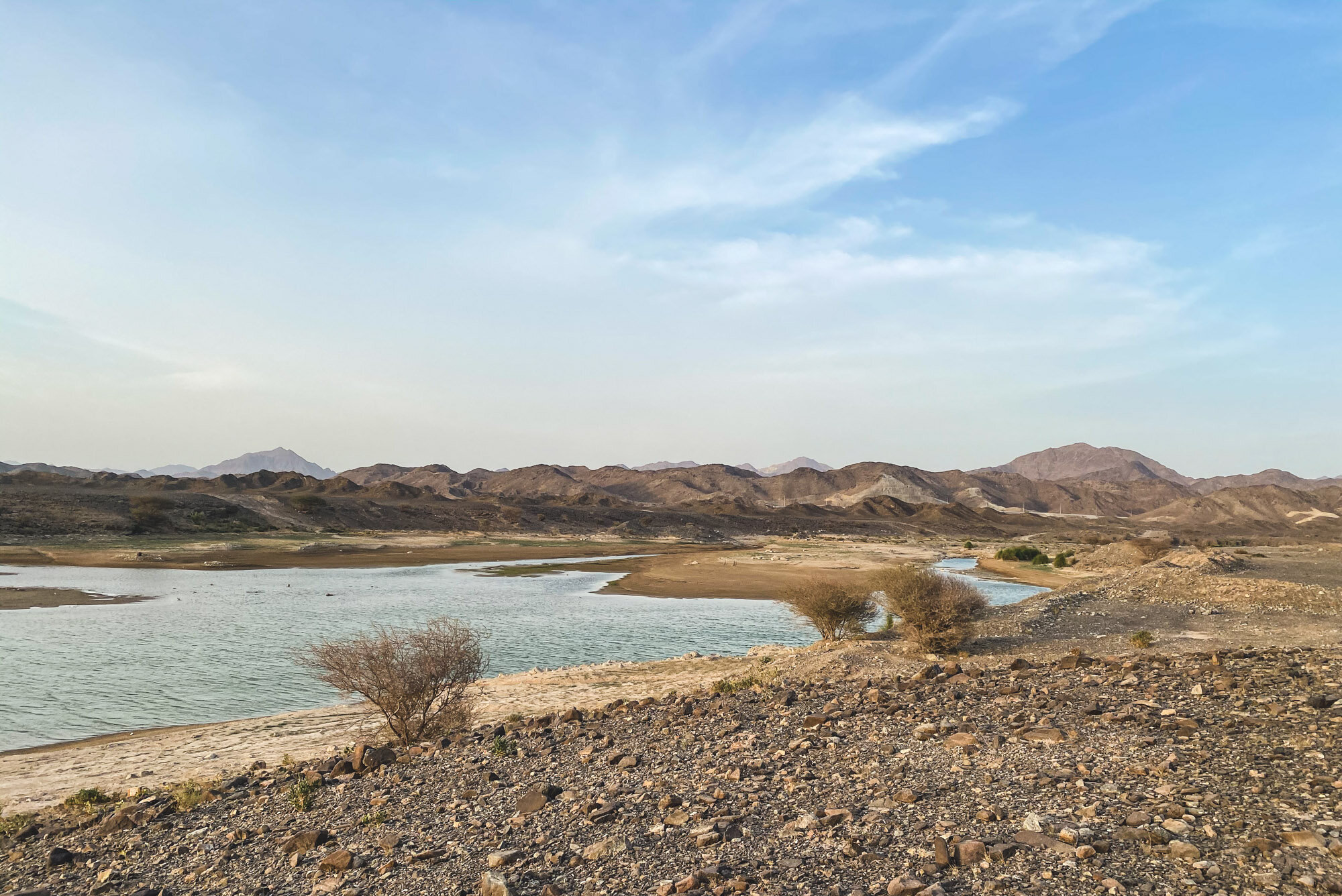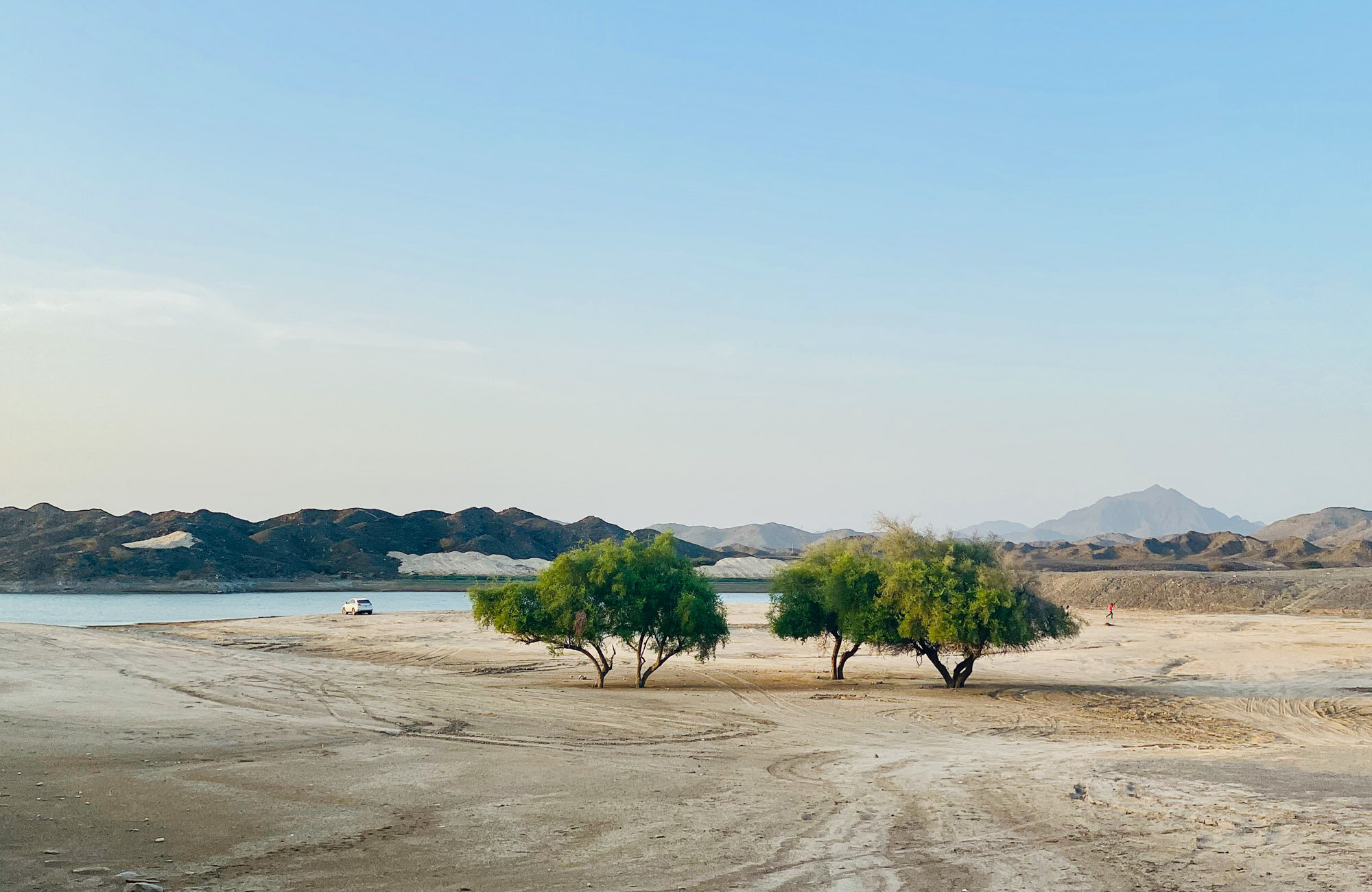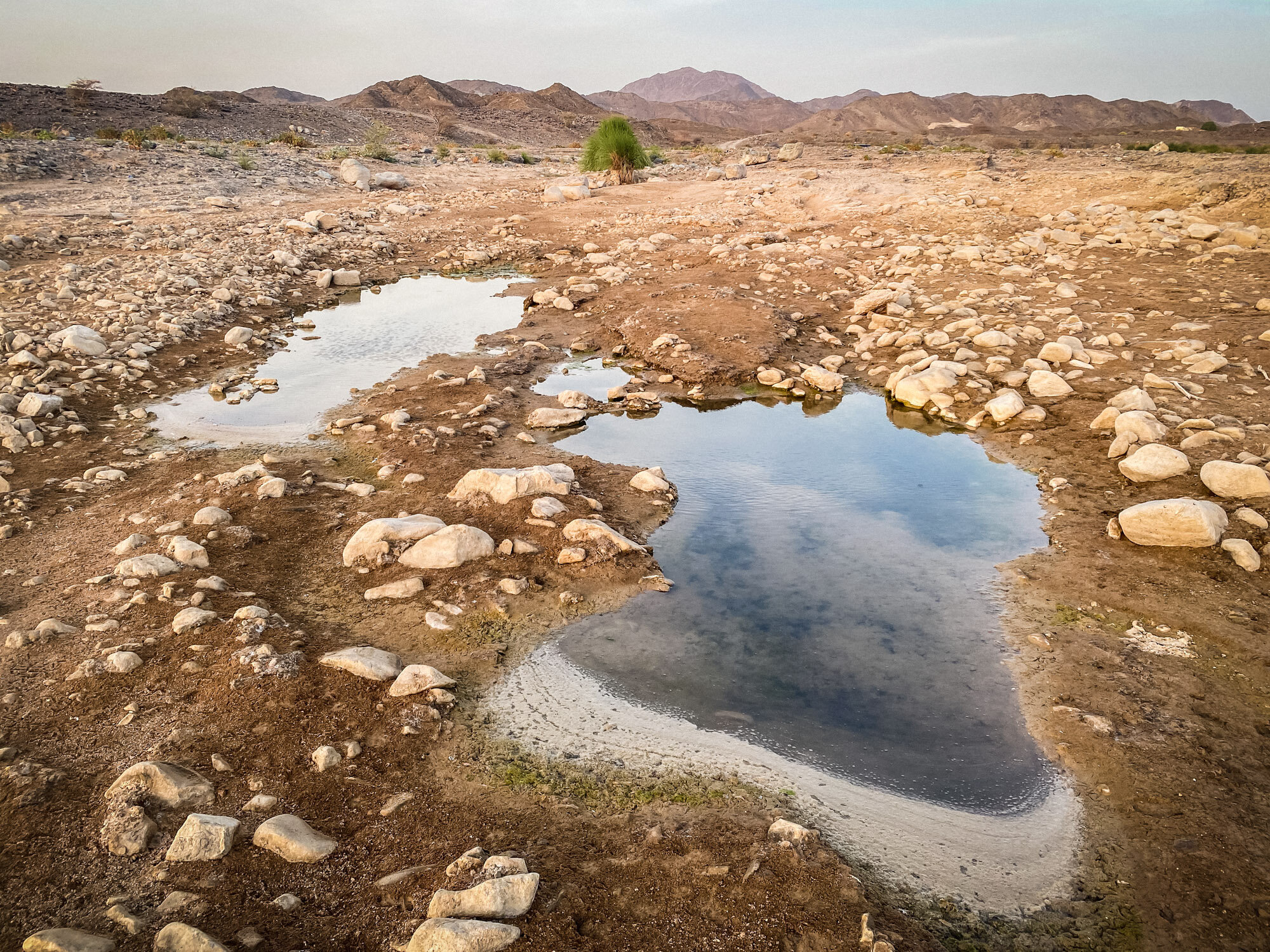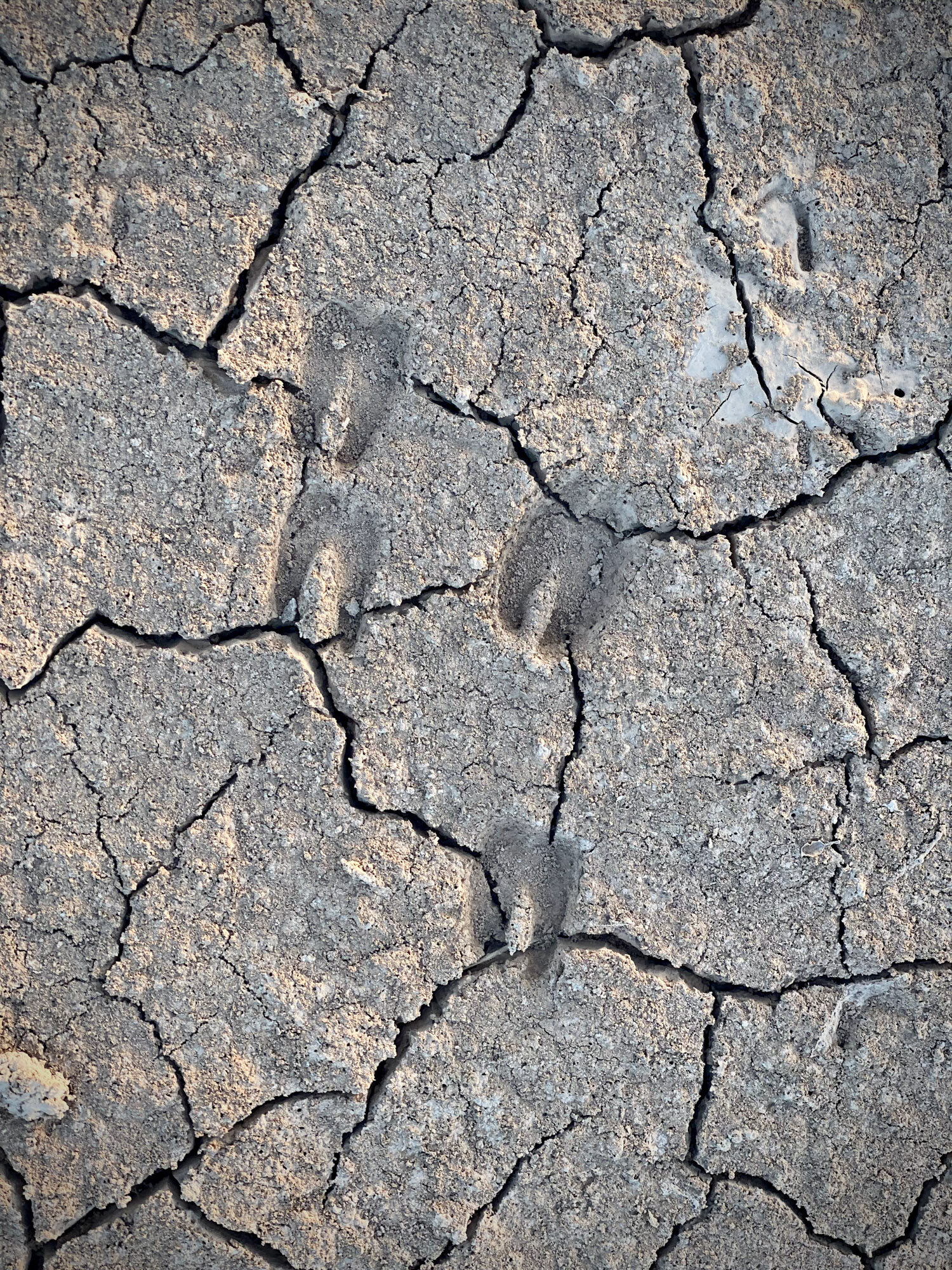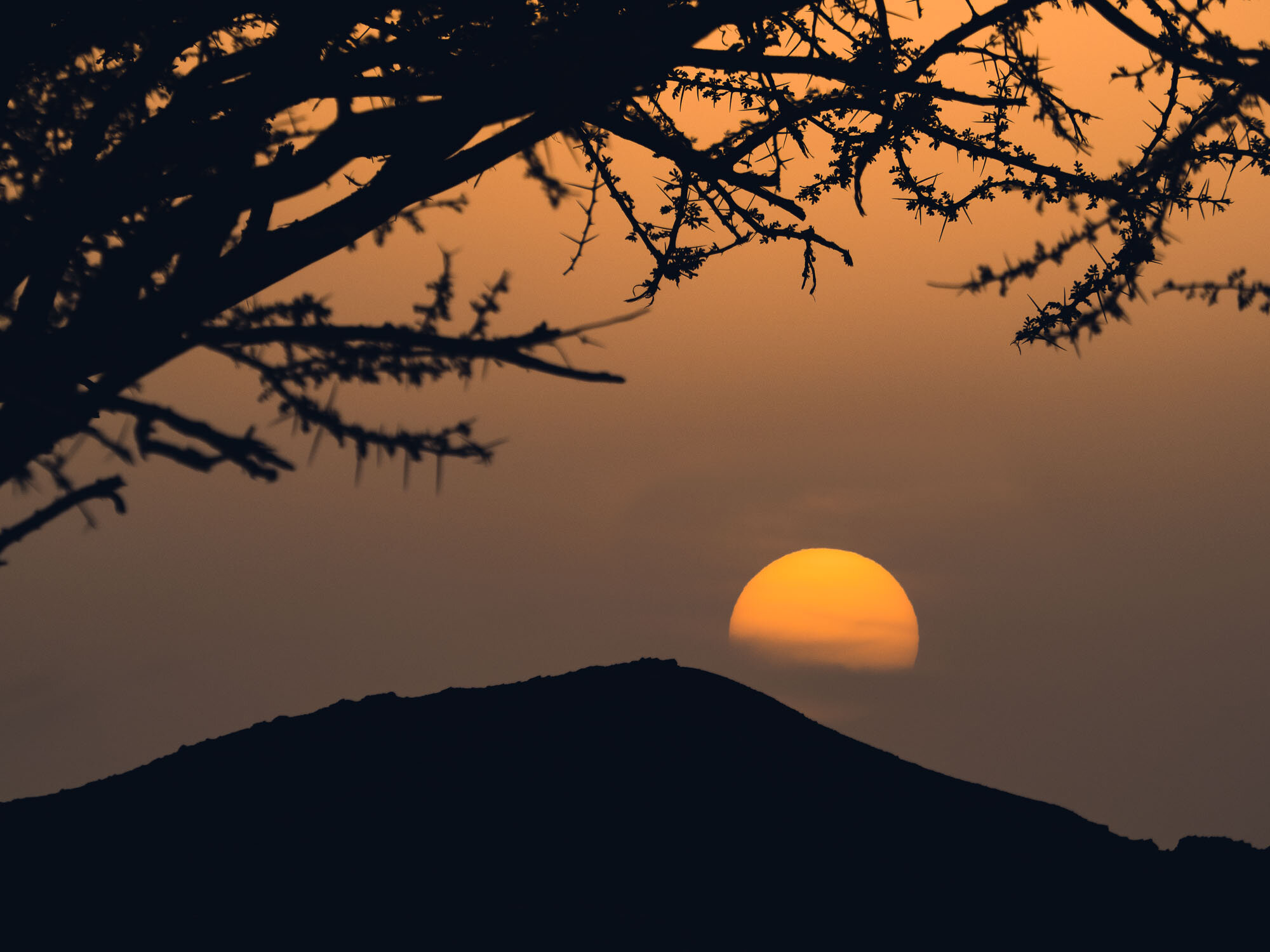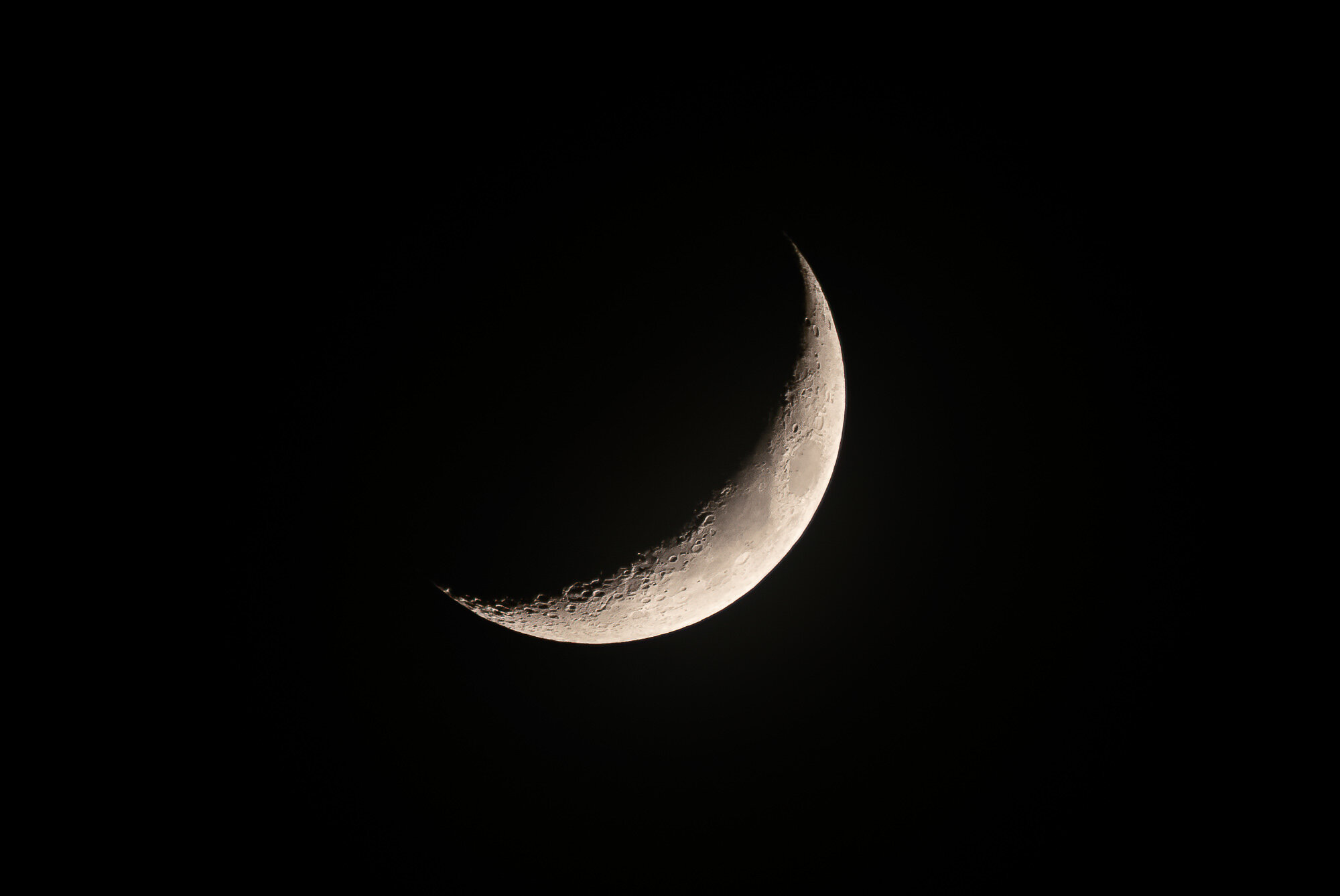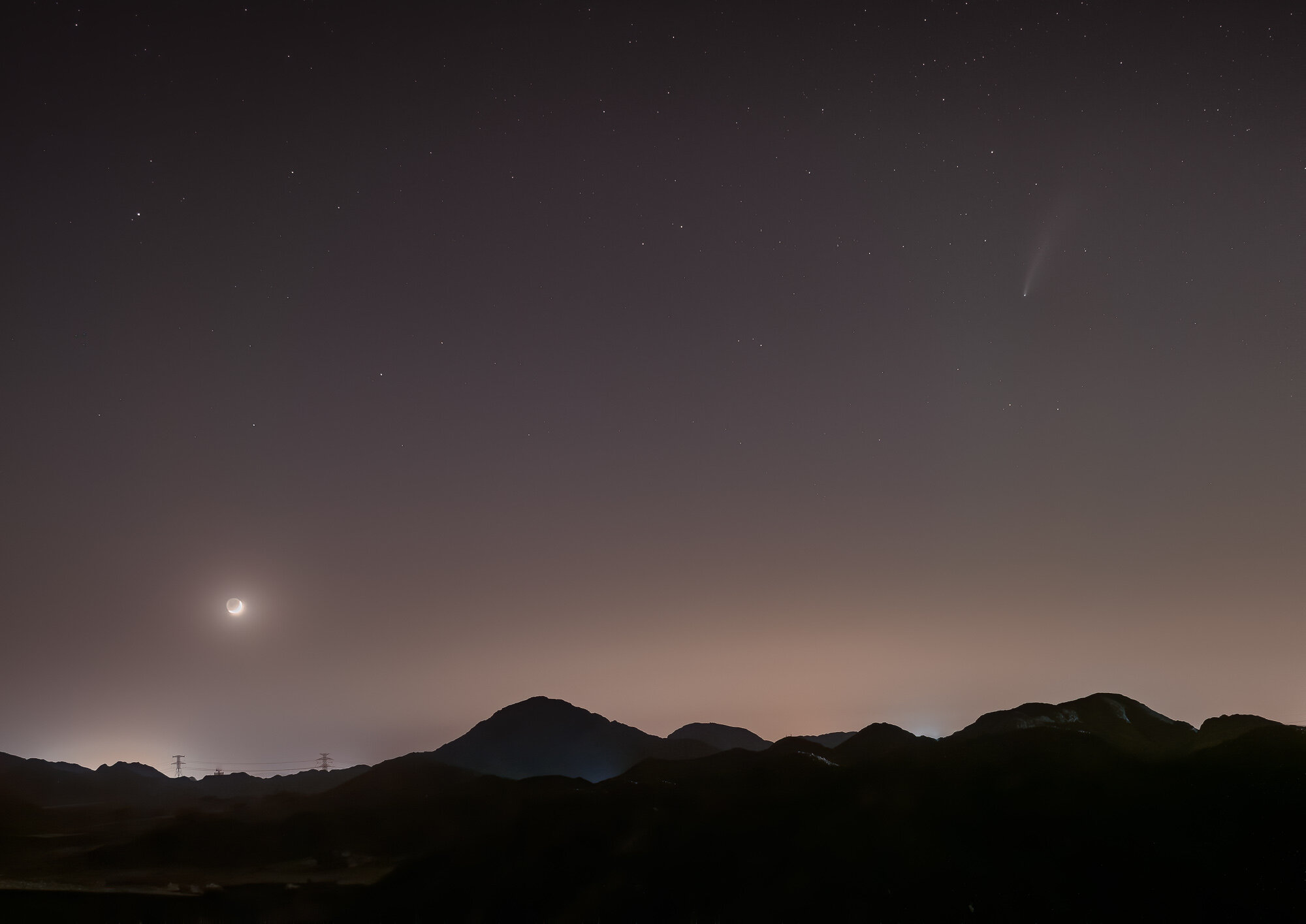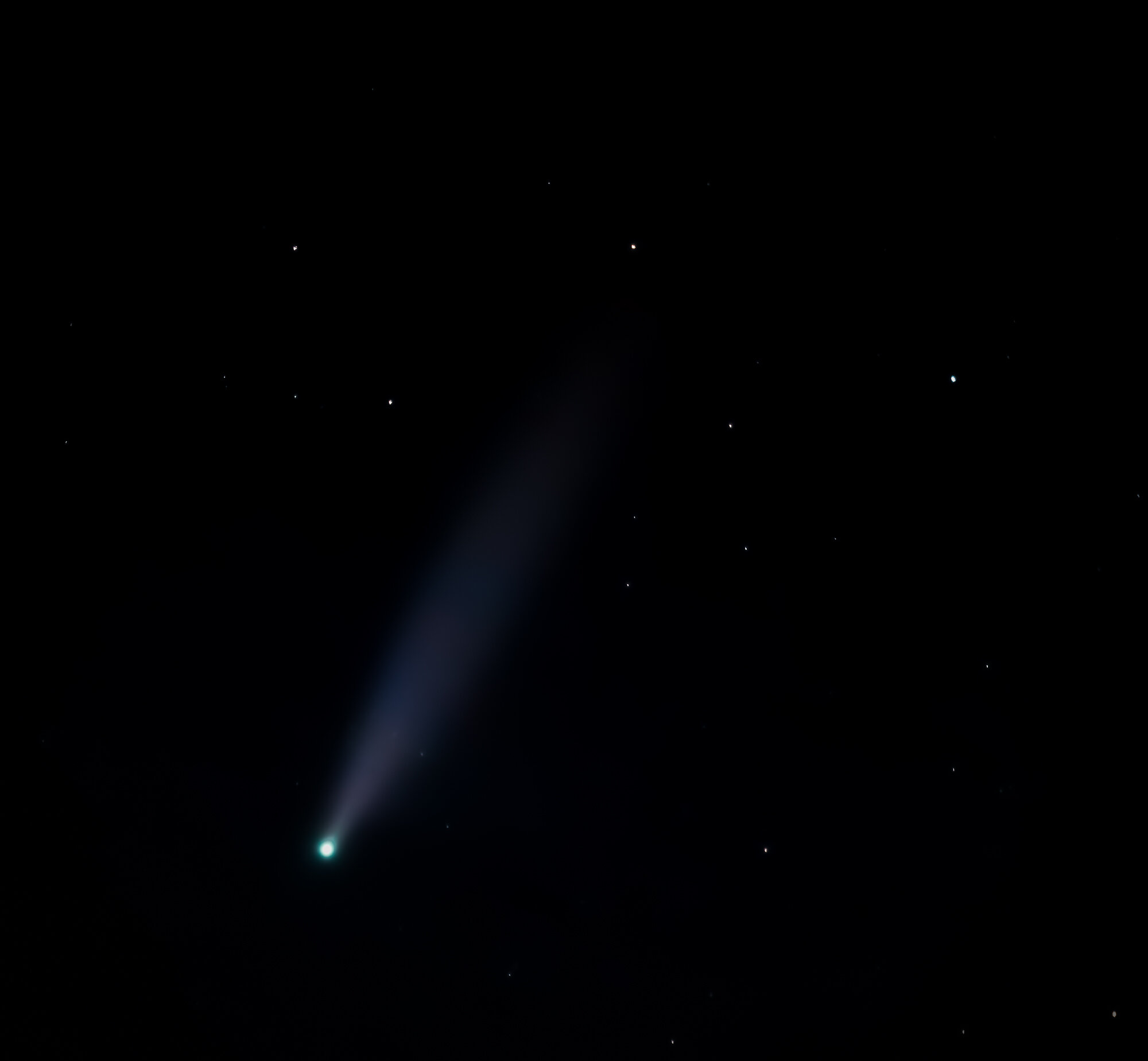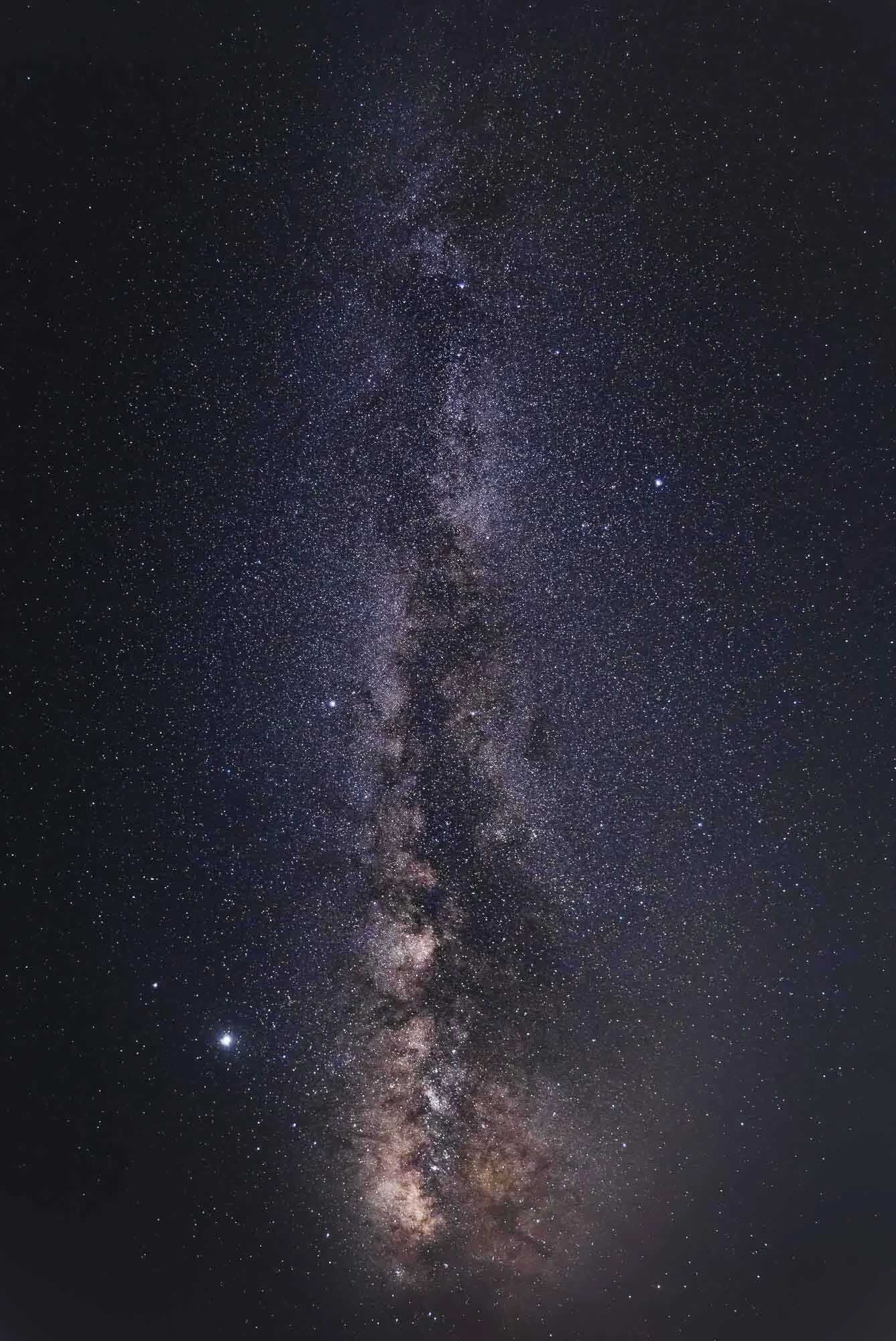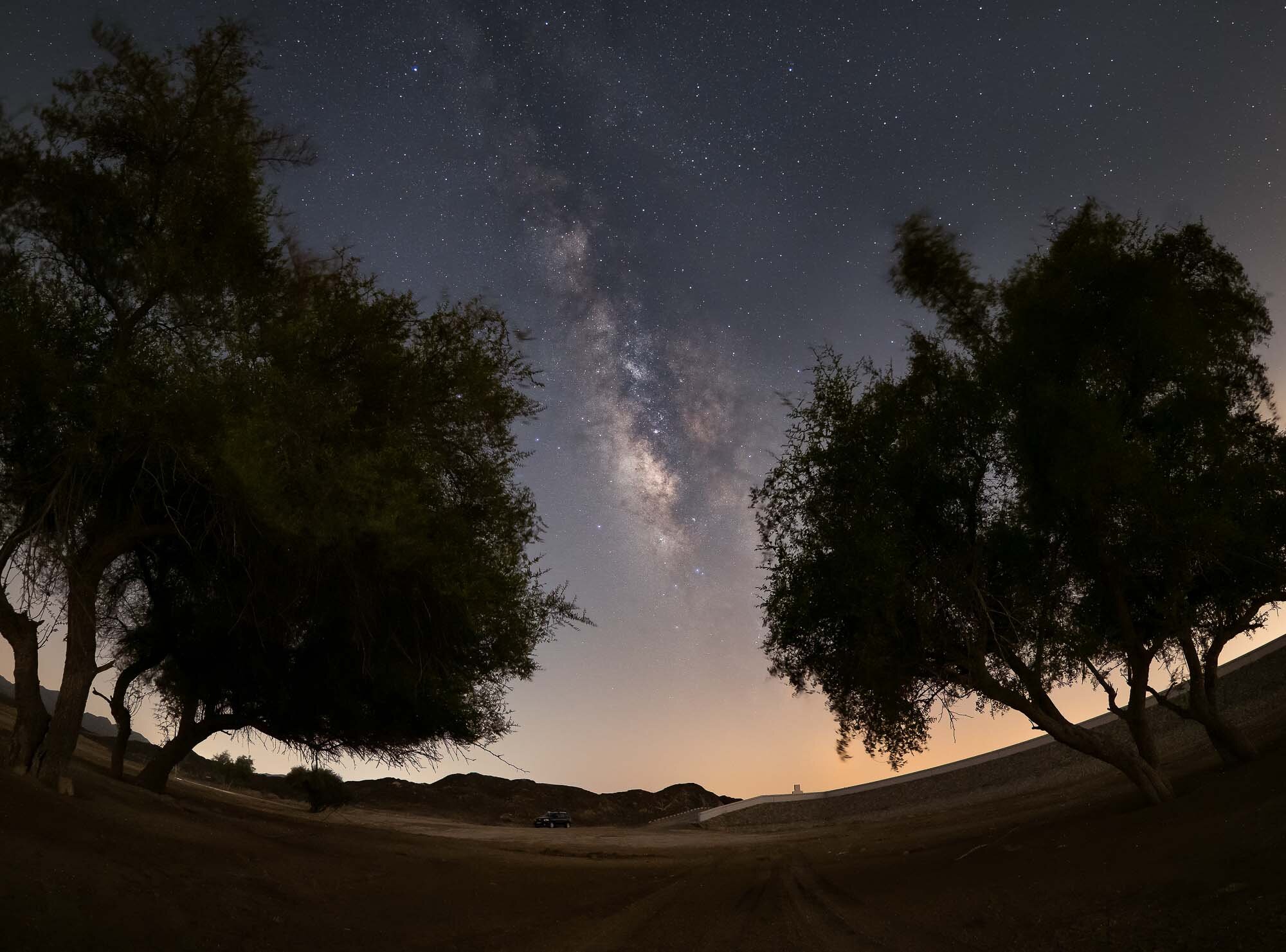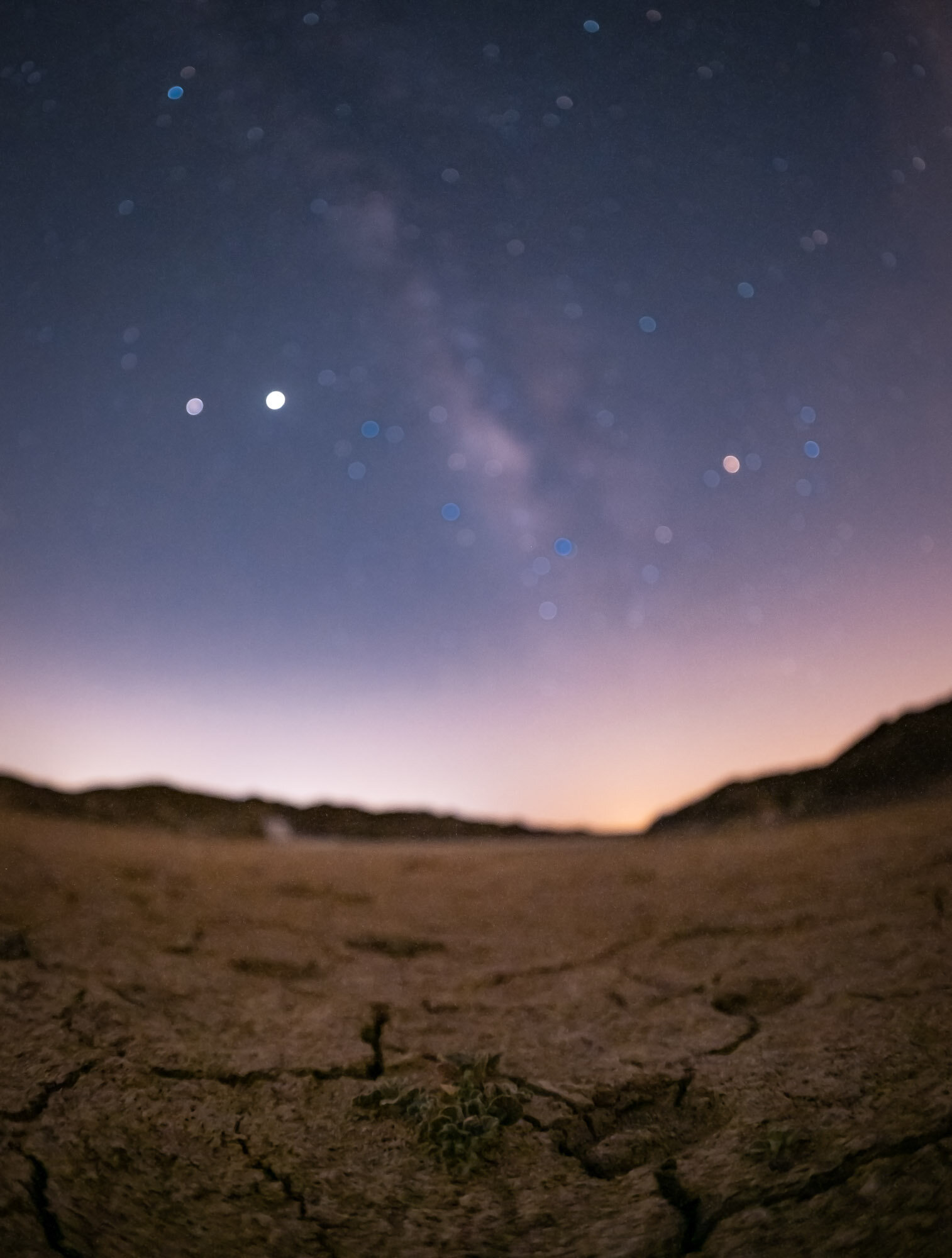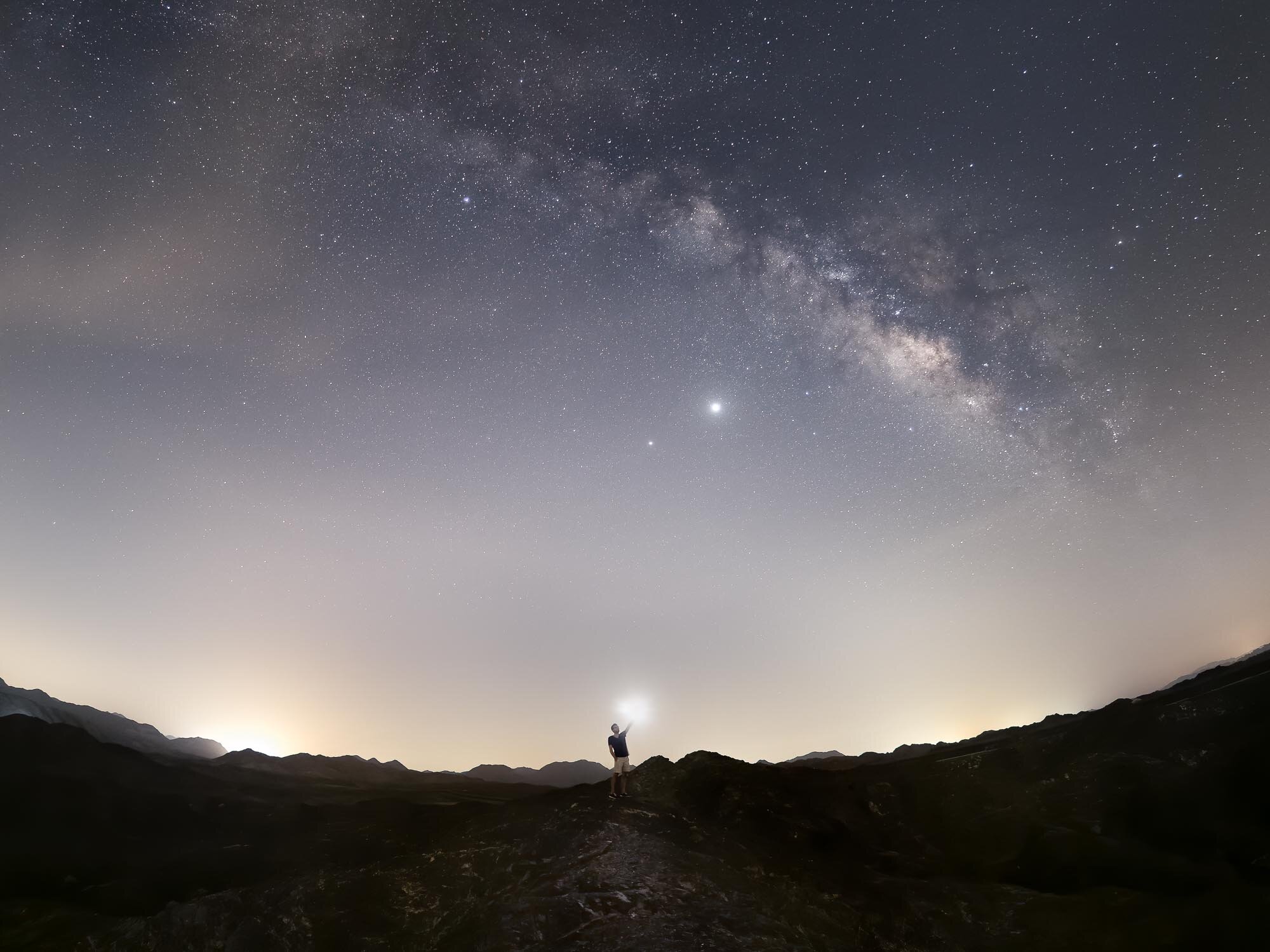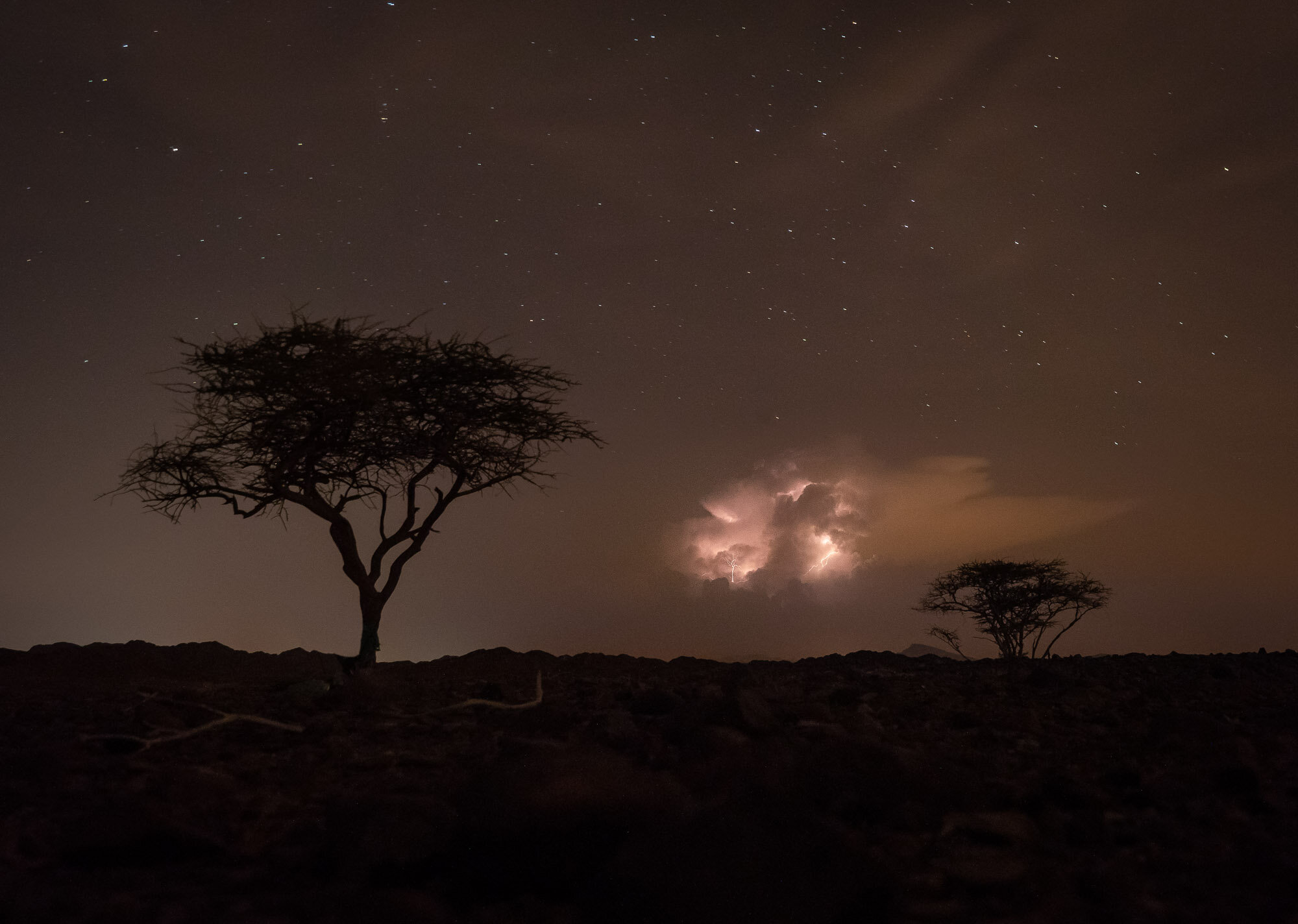Uganda - From Lakes to Apes
The Republic of Uganda was another East African country on my journey, and it had beautiful lakes, rural villages, savannah landscapes, and a forest that deserved its name on the agenda.
The Republic of Uganda was another East African country on my journey, and it had beautiful lakes, rural villages, savannah landscapes, and a forest that deserved its name on the agenda.
Entebbe and Lake Victoria
I started my trip from Entebbe, a small city south of the country’s capital Kampala, and home to its only international airport (famous for the 1976 hostage situation), but also place of residence and office for the president. Our first mission was to visit Mabamba Swamp on Lake Victoria, to find what they call the “holy grail of birding”: The endangered Shoebill.
Alas, it was not a successful trip beyond a very brief glimpse, but the area was still beautiful and it turns out this would not be the last chance to see this rare animal...
Tarzan’s Home
We also visited Entebbe’s botanical garden, which was started in 1898 and contains both endemic and imported trees, some of them more than 400 years old.
Punishment Island, and 28 more
A long drive from Entebbe through the beautiful landscapes and towns of southern Uganda brought us to Lake Bunyonyi, a 46 sqkm lake very close to the border of Rwanda.
A Flight Above the Lake
Towards the Impenetrable
After two days at Lake Bunyonyi, it was time to head further west, approaching the border of the Congo. On route, we passed some of Uganda’s beautiful mountainous areas, dominated by farmland and small rural villages.
Our goal was a different one though, bordering the farm land. The Bwindi Impenetrable Forest, and its corresponding National Park. One of the most biologically diverse areas on earth, it is World Heritage Site that truly deserves its name, as I would later find out.
Parts of the forest are accessible - with a guide - through very basic hiking paths, and lead to some beautiful waterfalls, small rivers, and diverse flora and fauna.
The Greatest of the Great Apes
However, the real attraction of the Bwindi Impenetrable forest lies in something much less accessible, and it’s for a reason the meaning of the forest’s name in the local language is “a place full of darkness” . An armed ranger, a guide, and the stamina and shoes to survive several hours of trekking in the thick cover of plants and over muddy ground, climbing slippery and steep slopes, and wading through many small rivers, are all requirements to find the reason most people come here: The Mountain Gorillas.
There are only just over 1000 individuals left on earth, living in two populations. One of them makes up about half of the entire species and lives in this forest, broken down into around 50 families. Only 21 of them are habituated, i.e. used to human presence, and can be visited. The one I trekked was the Oruzogo family made up of 17 individuals, led by the dominant silverback Bakwate.
Seeing these rare and endangered animals in the wild, and observing their gentle and social behavior for an hour (this is the maximum amount of time you can stay with them) from just a few meters away is an experience that is hard to describe in words or photos.
From Tree Climbing Lions to Gorge Climbing Chimpanzees
Leaving Bwindi with a sad eye, I made my way northwards to the Queen Elizabeth National Park and the Kazinga Channel.
We encountered these young lions in a tree, where they spent the afternoon being lazy. Tree climbing lions are not common, but Queen Elizabeth National Park in Uganda is famous for them. They usually move up for a better view, shade, and to escape insects.
The Infamous Shoebill
Remember the quest for this elusive bird? Well, after an unsuccessful try in the swamps, the park came through for us. It is home to several of them, and one individual put on a show, even circling above our heads, which is quite rare as these birds are very large and heavy - up to 1.5m in size, weighing 7 kg - and rarely fly long distances. Their peculiar look and the large beak make them appear almost prehistoric - a modern dinosaur!
A Cruise on the Channel
Great Apes - The Second Round
The park is also home to another Great Ape species which can be tracked and observed closely in the wild: Chimpanzees. The location is equally as spectacular as the Bwindi Forest: The Kyambura Gorge.
While they are both part of the Great Ape family, Chimpanzee observation feels very different from trekking and observing Mountain Gorillas. It’s a very distinct experience that I’m glad I didn’t miss.
Kenya - Giraffe in the City and Gentle Giants
The land of giants, and some the most incredible animal encounters I ever experienced.
My journey through Kenya was a relatively short one, and focused on only two parts of the country: Nairobi and the Amboseli National Park. Despite that, the days here included some of my most memorable moments in Africa - read on to find out what they were.
A Day in Nairobi
Nairobi National Park
My trip began with a very early morning pickup in order to explore the country’s first game reserve , and the only National Park in the world literally situated within a capital city. The park is fenced on three sides, but the southern border allows migration of animals.
The Sheldrick Wildlife Trust
Close to the National Park are the grounds of the SWT, the most successful orphan elephant rescue and rehabilitation program in the world. Aside from taking care of abandoned elephant babies, they do much more though, such as conducting anti-poaching activities, veterinary missions, as well as water relief and community projects. You can learn more here.
The Giraffe Centre
Next on the agenda was a visit to this sanctuary, which began its story in 1979 when Jock and Betty Leslie-Manville set out to save the nearly extinct Rothschild giraffe. In the early 1980s the centre opened to the public and is now home to several of these animals, of which there are only 1200 left in the wild. Learn more here.
Exploring the City
The last few hours of Day 1 in Kenya were spent on a walk through the city, and a view from above.
Onwards to Amboseli
After my day in Nairobi, I spent 3 days in the Amboseli National Park. I came for the elephants, and I did find them, but in a way that was much more incredible than I had imagined.
The Kilimanjaro
Africa’s tallest mountain and the tallest free standing mountain in the world, with its Kibo peak reaching 5895m, is actually not located in Kenya, but the views from Amboseli are some of the best you can get. That is, assuming the dormant volcano’s highest portions aren’t covered in clouds, as does happen frequently.
Gentle Giants
Right after landing at the park’s small airstrip in the morning, my amazing guide Dickson took me into the dry lake bed of Lake Amboseli. This location is home to a daily ritual for large elephant families: They cross it from the forest areas on one side towards the swamp lands on the other. With a bit of patience you can photograph their amazing formations, and if you’re brave enough and have the right guide, you can do so from the ground for that extra special perspective.
Craig - Africa’s Largest Tusks
Amboseli and its surrounding areas are also home to a very special kind of elephant: The Super Tuskers. Bulls whose tusks weigh in excess of 100 pounds, often reaching all the way to the ground. There are said to be only just over 20 left on earth, spread between this area of Kenya and the Kruger park in South Africa. The most famous one of them is probably Craig, a 52 year old bull believed to have the largest tusks of any African elephant alive today. When I heard of his existence, seeing and photographing this magnificent creature became the highest priority of my time in Kenya. However, elephants can roam large distances daily, and there are no boundaries stopping them from crossing parks and even countries, as they often venture into Tanzania.
Luckily, an elephant like Craig is closely monitored by the local Maasai population and many rangers in the park, given the high risk of poaching - his tusks are easily worth $25,000 each in their raw form from what I was told. This means with the right network and a little bit of incentive, you may be able to hear of his whereabouts, or at least get a rough idea. For us, this meant a 1 hour drive in the very early morning into the bush to a nearby private concession. It was worth it…
My spot as we found Craig looking for the best trees to feed on, and the resulting photo below.
The feeling of sitting on the grass while an elephant of Craig’s size, with his incredibly large tusks scraping the ground, walking by slowly with his calm and majestic demeanor is indescribable and was definitely one of the most memorable experiences of my life.
A few more Impressions
Granted, not much could top the experience of observing the elephants in Amboseli, but the park is home to beautiful views and a large variety of wildlife.
A Lasting Impact
I’ve certainly had an appreciation for the sheer size and the social behavior of elephants prior to my visit to Amboseli, but this experience has given me a totally new perspective of these gentle giants.
Let’s hope that their legacy will live on for a very long time, despite the threats of human poaching and wildlife conflict - you can support their pledge at https://tsavotrust.org
Tanzania - National Parks and the Origins of Humanity
After visiting Zanzibar back in 2016, it was time to add mainland Tanzania to the travel itinerary.
After visiting Zanzibar back in 2016, it was time to add mainland Tanzania to the travel itinerary. Despite visiting Lake Natron and four National Parks as well as some of the country’s most important sites of human history, I still feel there’s a lot left to explore, particularly the lesser known southern parts. Read on for what I did manage to see, which includes incredible landscapes, amazing wildlife sightings from the ground and the air, and some of the most significant places in the development of our species.
The trip started at Kilimanjaro airport, landing with the backdrop of Africa’s tallest mountain around sunrise - as it happens though, the peak is better photographed from the Kenyan side. As they say, you go to Tanzania to climb Kilimanjaro (which I didn’t) and to Kenya to photograph it (which I did). More on that in another blog post…
Kikuletwa Springs
Hence, the first photos I took were of a little unknown gem east of Kilimanjaro: Kikuletwa Springs, a small hot spring which on the morning I visited was luckily also completely empty, resulting in the calm, clear, colorful waters you see below.
Take a look under water and see what I found…
Lake Natron & The Mountain of God
A 6h drive through mostly bumpy dirt roads brought us to Lake Natron by the late afternoon, where I spent 2 days. The area is full of incredible natural wonders to explore, which I did with my great guide Mohammad, and a local Maasai called Mwenga, who was incredibly helpful, knowledgeable and friendly - and became a model for some of my photographs in the process.
The area is also home to the beautiful Ngaresero Waterfalls - a small hike through the canyon rewards you with these views and an optional very wet exploration of a small cave under the waterfall.
Flamingo Lake with Special Features
The lake is the only regular breeding area in East Africa for the 2.5 million lesser flamingoes, and also home to Greater Flamingo and many other bird species such as Pelicans. Its high salt content and temperatures up to 60C make it inhospitable for many other animals, including predators, but supports the development of organisms these birds feed on. These organisms are also responsible for the lake’s reddish hues, best seen from space. Despite the lake’s massive size (a maximum of 57 kilometres x 22 kilometres), it is only up to 3m deep.
Human Traces
Tanzania’s Wildlife Parks
Arusha was the starting point for the second part of my Tanzania trip, a wildlife photography journey with Andrew Goddard, organized by Guiding the Wild. We started the trip through the country’s parks in the north with Tarangire, followed by Lake Manyara and its national park, and the Ngorongoro crater and region, as well as the Serengeti.
Tarangire
An afternoon game drive in the park.
Lake Manyara
A walk on the lake followed by a visit to the thick rainforest of the Lake Manyara National Park, both together a UNESCO Biosphere Reserve.
Ngorongoro Conservation Area and its Crater
The highlands and their famous volcano, with the world's largest inactive, intact and unfilled volcanic caldera, were our next destination - a UNESCO World Heritage Site.
In the Ngorongoro Conservation Area, we encountered this Cheetah mother and her two cubs with a fresh kill near the Ndutu lake. One of the cubs happened to look for some shade under our vehicle for a while, with barely its tail sticking out beside the tire. The mother had a GPS tracker for ongoing research, due to the declining population in the area.
The Seat of Humanity
The Ngornogoro region is also home to Tanzania’s most treasured prehistoric sites, which played an essential role in understanding human evolution. I took some detours from the standard route to reach two such places.
The Serengeti from the Ground - and from Above
A collection of wildlife images from what is maybe the most famous National Park in Africa, covering almost 15,000 sqkm - it is aptly named after the Maasai word siringet, meaning "the place where the land runs on forever".
While the Serengeti is impressive from the ground, an aerial view of its vast savannah and many animal herds take things to another level. After a - literally - bumpy start, we had a great balloon flight with Miracle Experience Balloon Safaris.
The Great Migration
Why we came to the Serengeti: The world’s longest animal migration, with 1.5 million wildebeest and 250,000 zebras following the rains in an 800km circular route every year. We caught it in full swing, with the largest herd we saw approaching 300,000 wildebeest according to our guides - it was an incredible sight difficult to capture in pictures.
My journey wasn’t as long and dangerous - hopefully still enjoyable to follow along.
Botswana - On The River, Above the Ground, And Under The Stars
My time in this landlocked country on south-western Africa was mainly focused on animal photography.
The third destination I visited during my Africa trip, was Botswana. My time in this landlocked country on south-western Africa was mainly focused on animal photography. Having said that, I could not help sneaking in a few rather unexpected Milky Way photos, read on to find out why that was the case.
This trip was with Pangolin Photo Safaris, specifically their 10 day - 3 location trip, which was well organized and covered a variety of wildlife and landscapes.
The Chobe River
Over the first 3 days in the country, we spent time on a houseboat cruising and mooring along the Chobe river. In fact, we were anchored on the Namibian side, so one could argue that some of these photos show Namibia, and some show Botswana, depending on which side of the shore the animals stood ;).
Elephants in the Water
It was the first time I was able to observe elephants in the water, not just bathing and drinking, but properly swimming - in fact, literally under water. The park is widely known for its many elephants. Botswana has the largest elephant population in Africa estimated at over 200,000, to the extent that their presence causes pressure on the environment and other animals, as well as conflict with humans.
Bird Life
The river has amazing bird life, from Kingfishers, to Fish Eagles, Storks, and Jacanas. Not something I was previously too interested in, but observing their behaviors is intriguing, and trying to catch them in flight is a photographic challenge (which I never shy away from).
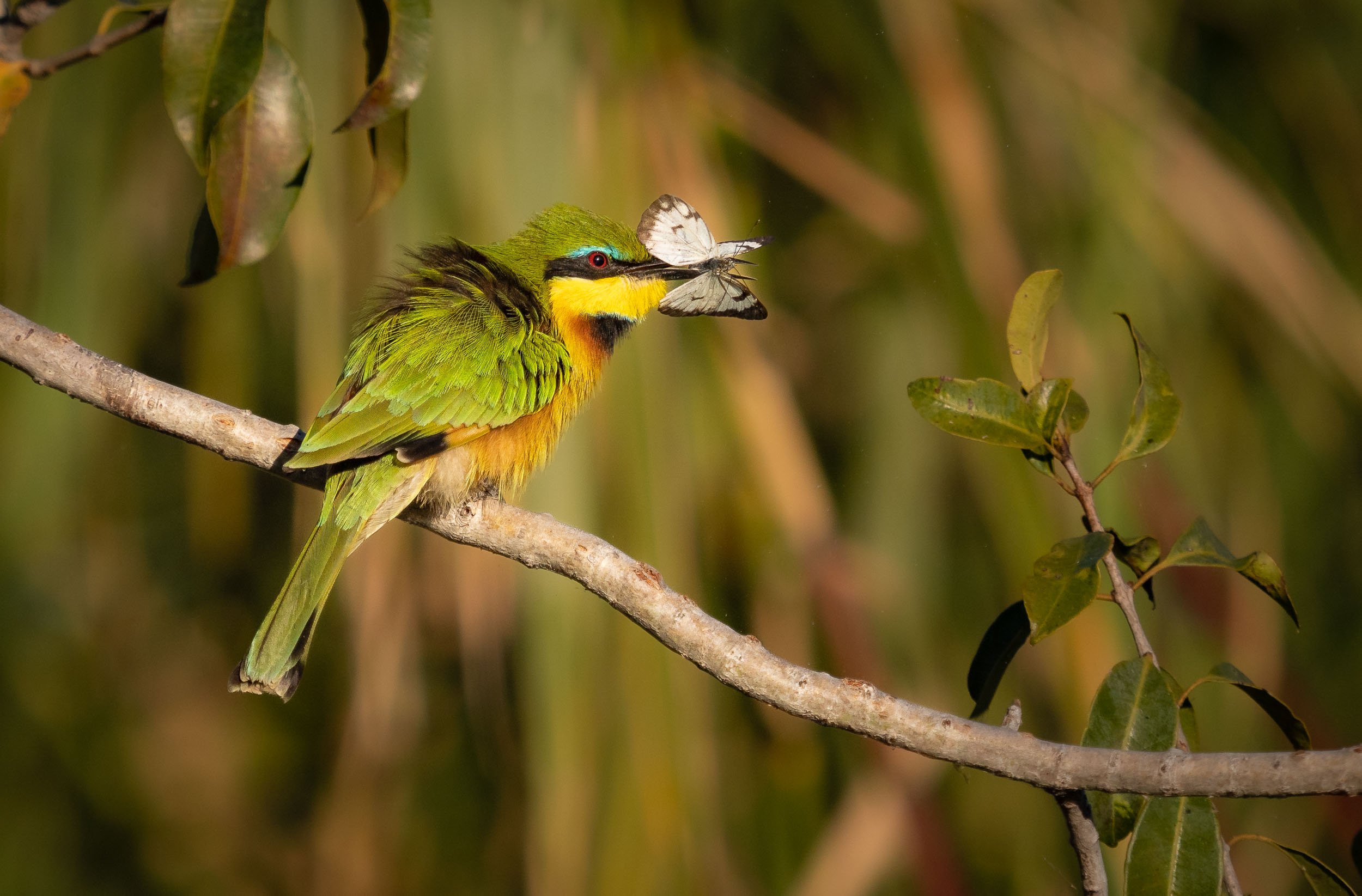
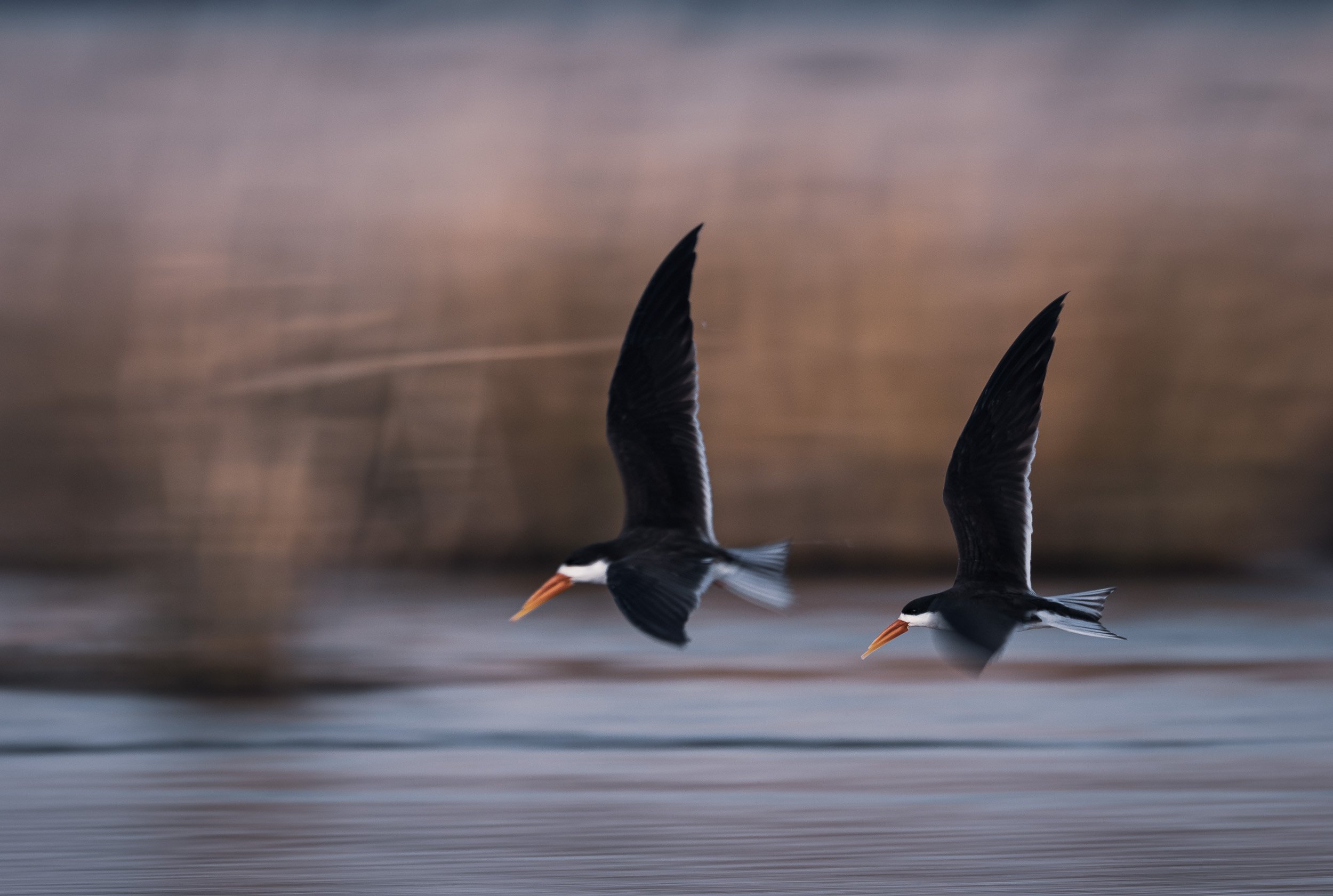
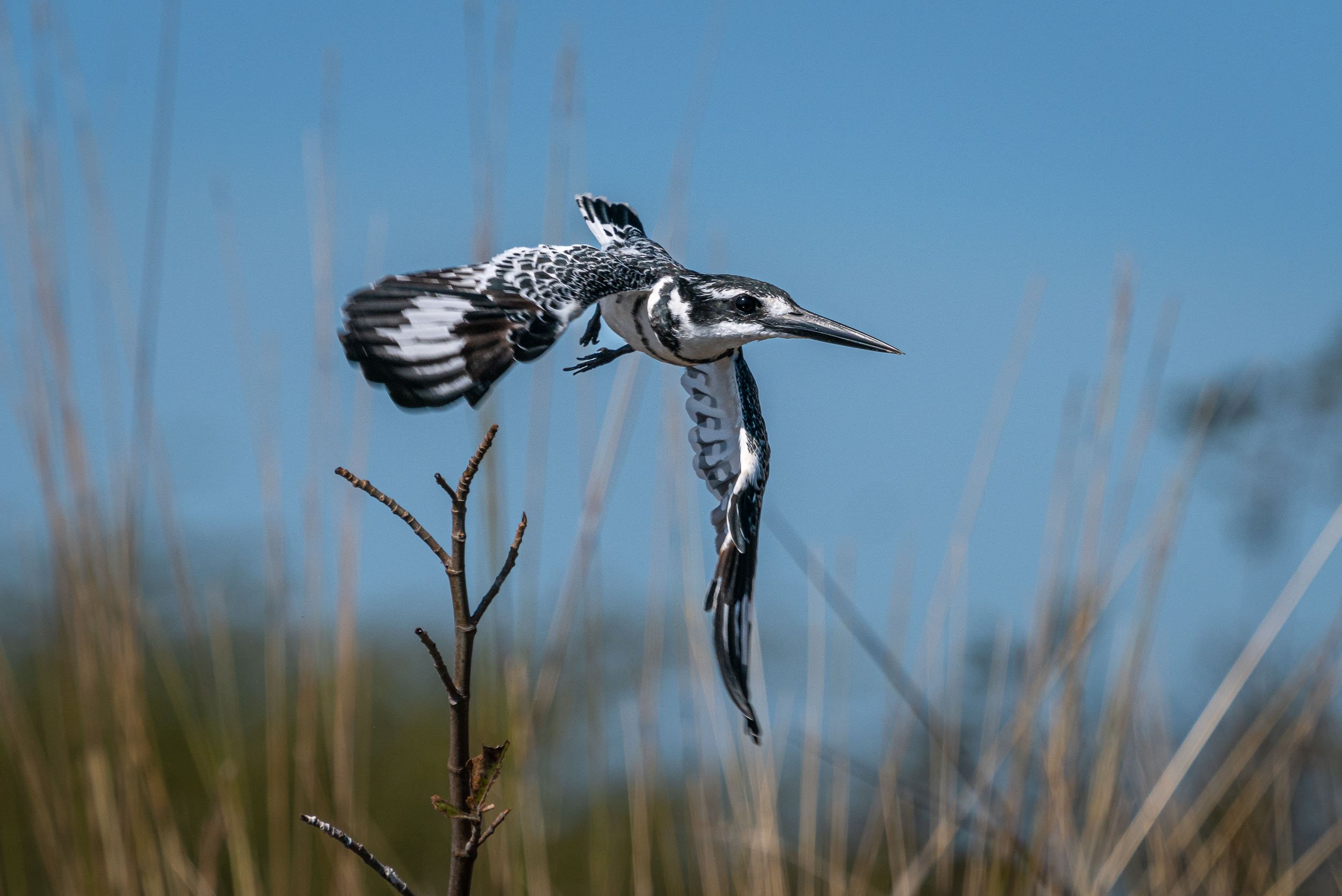
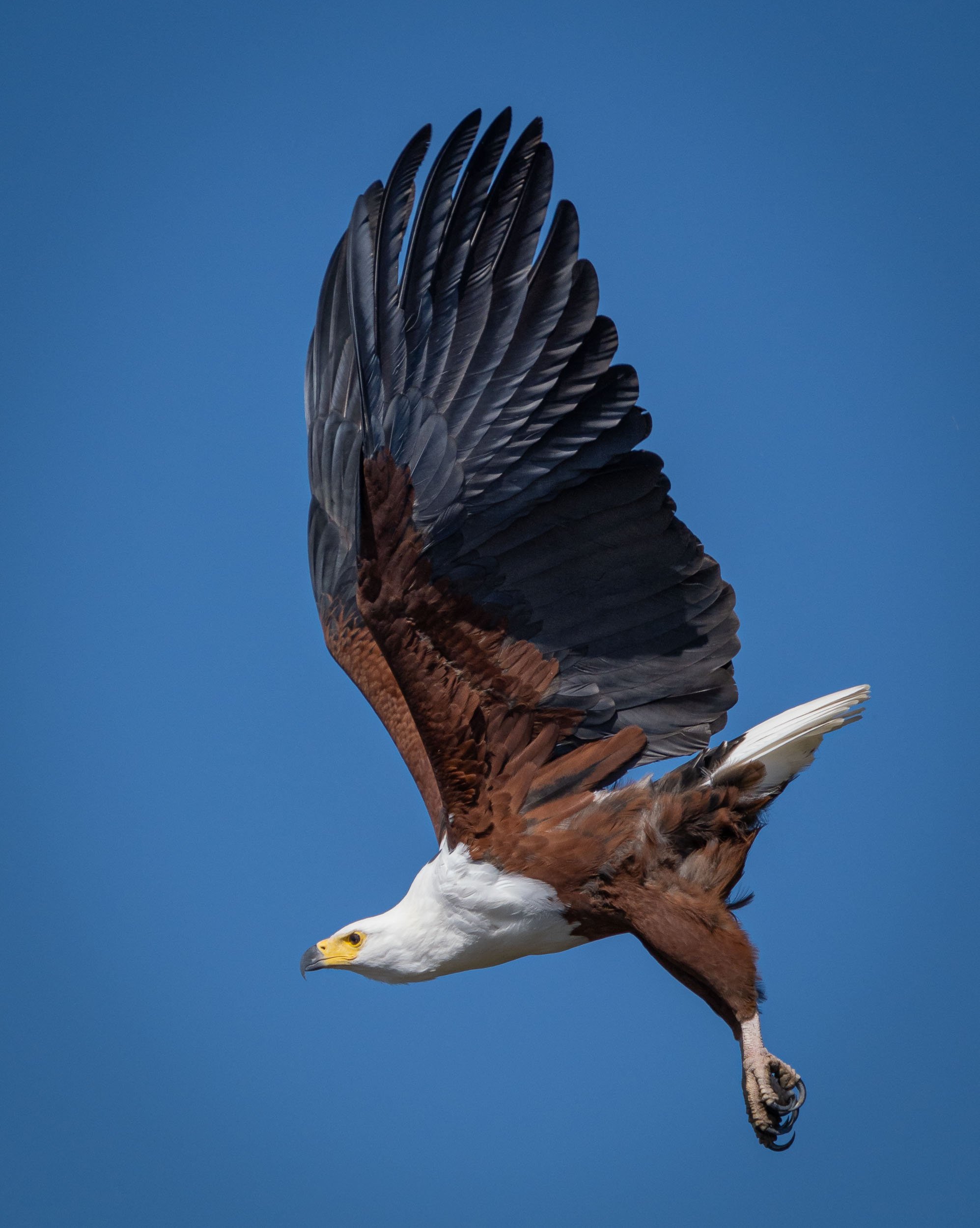
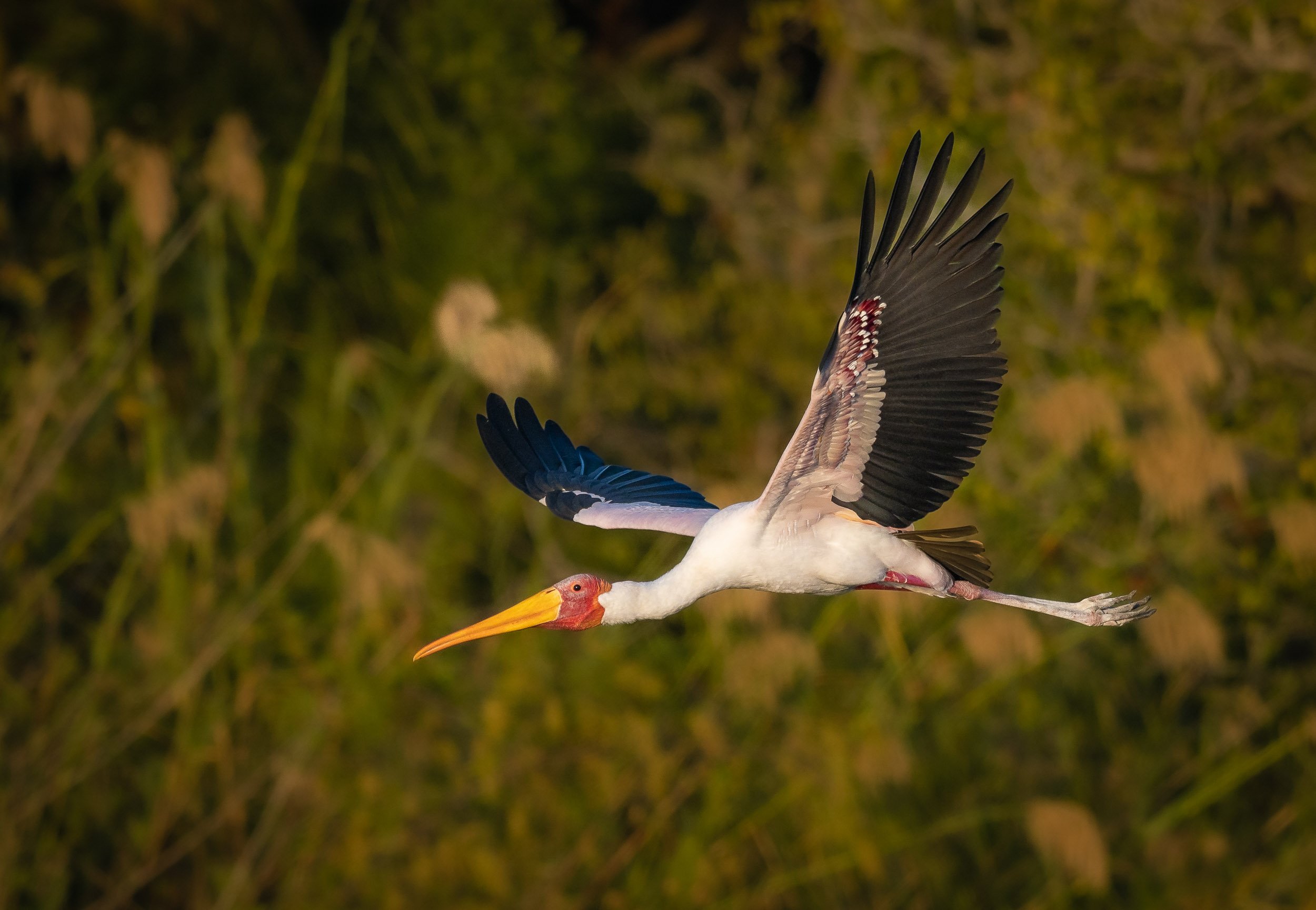
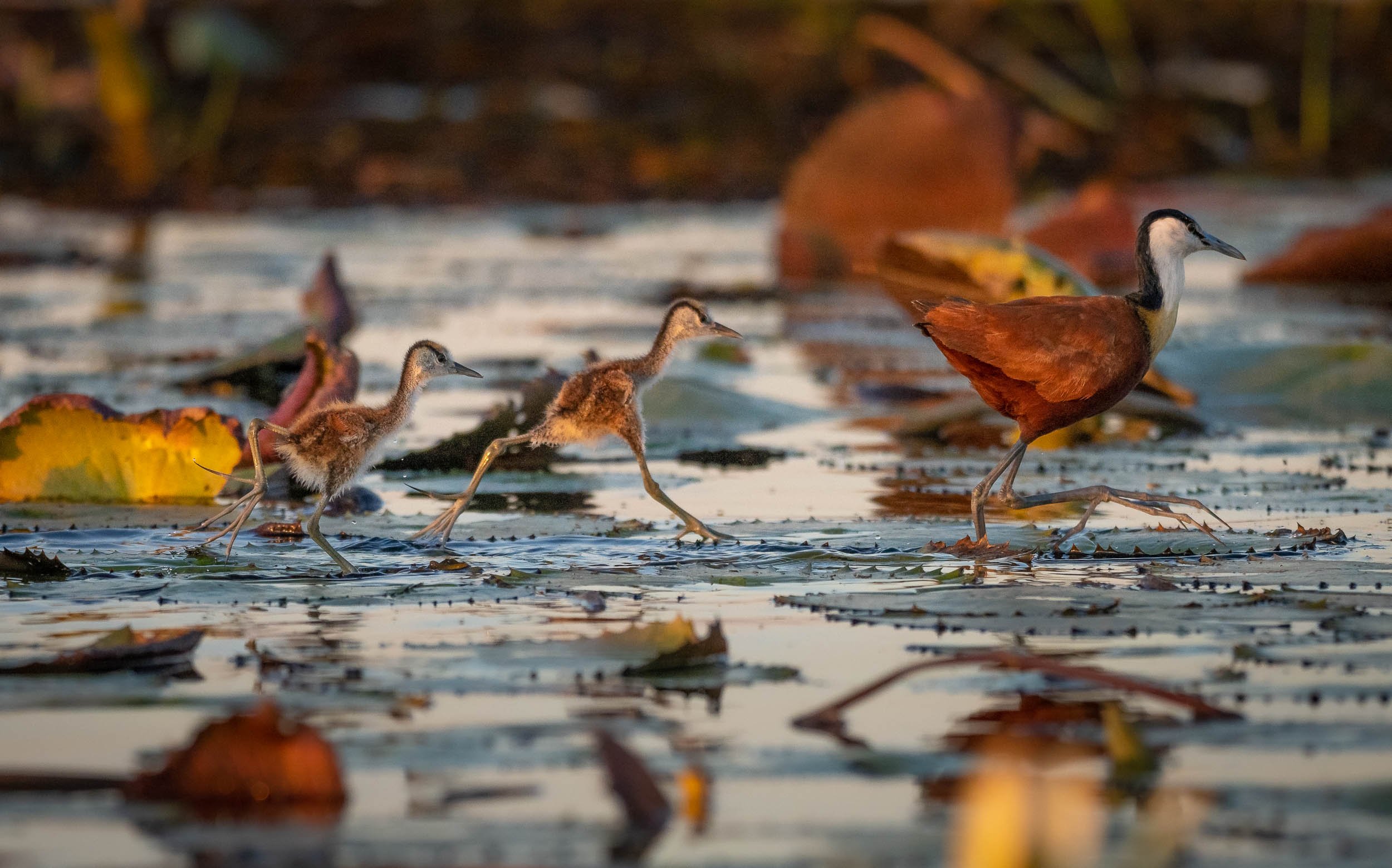
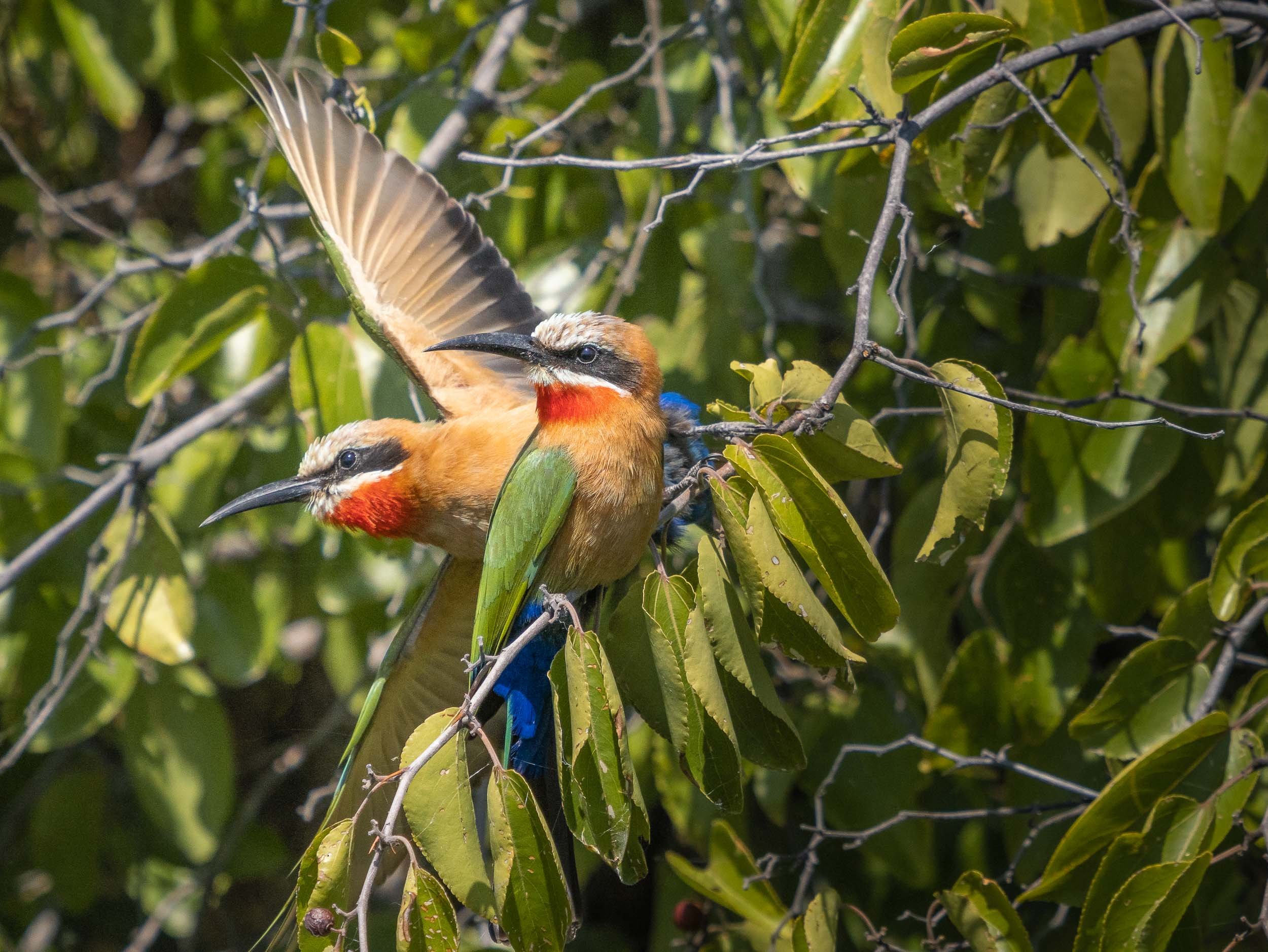
We were also lucky enough to observe some lions with a kill directly under the bushes on the shore.
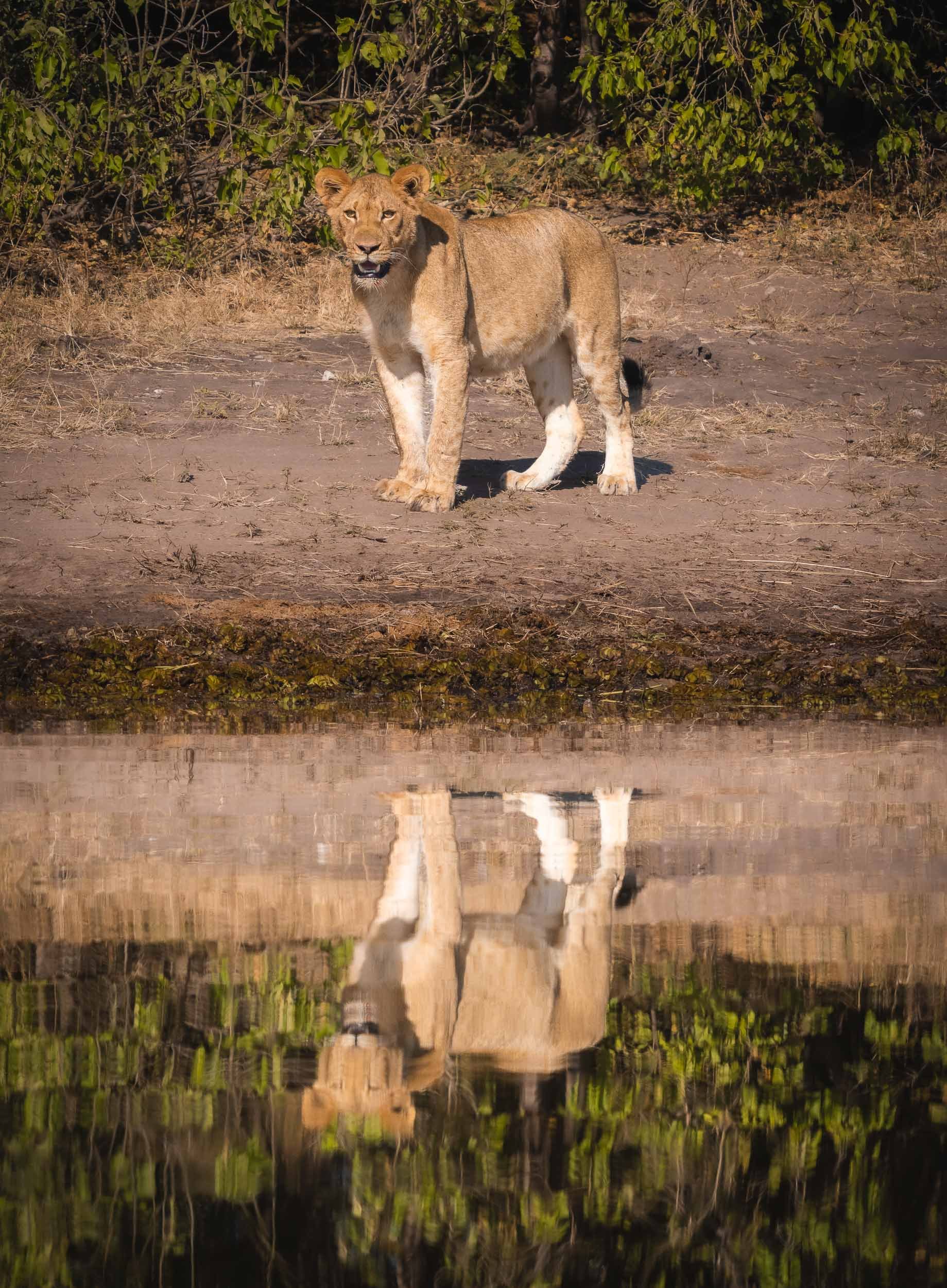
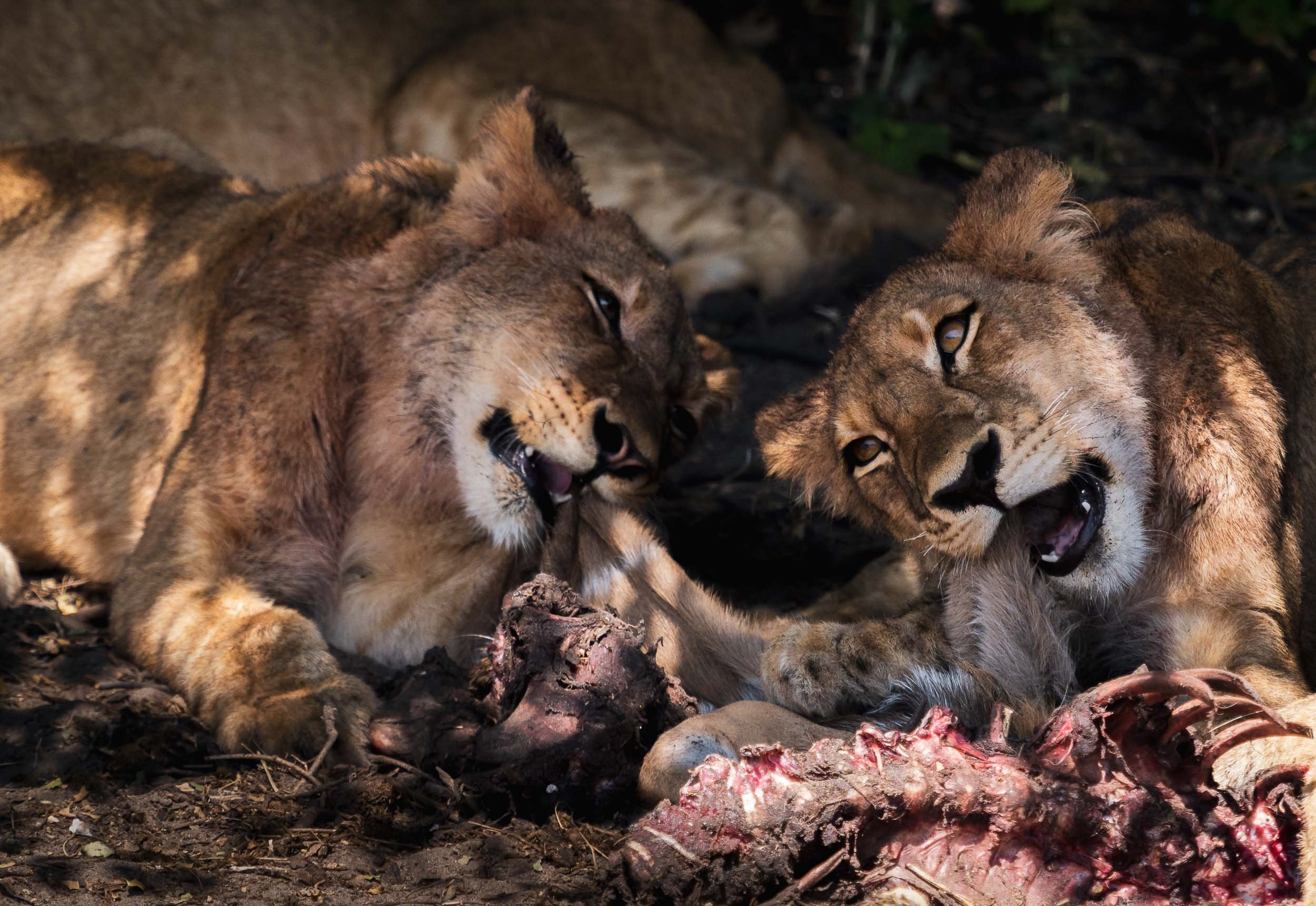
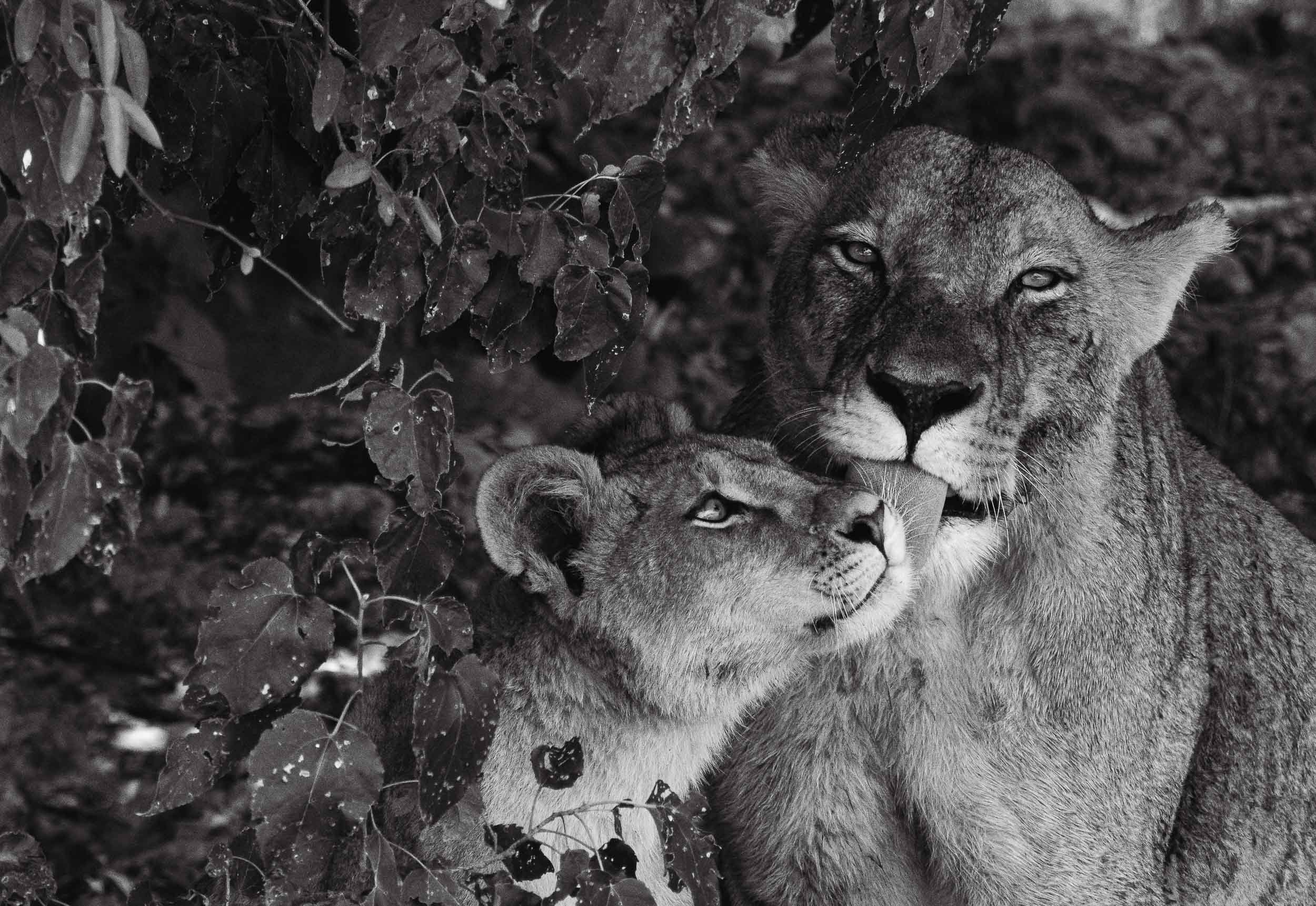
A few more animals by the water…
The Chobe river is actually the name of the eastern Cuando river, before it flows into the Zambezi. The National Park around it was Botswana’s first, and is its most biologically diverse.
The Selinda Reserve
From Chobe we took a short flight to Selinda, a private concession in the greater Okavango Delta region. The Selinda spillway links the Delta with the Linyanti Swamps, and up until 2009 has been dry for decades. Now, its floodplains and channels have water flowing for many months of the year, becoming a home for wide variety of wildlife.
From Above
It was a good place for some aerial views, and what’s better for that than a helicopter? A 45min flight above this amazing landscape is the source of these bird’s eye views of elephants, crocodiles, heartbeests, and hippos in their environment.
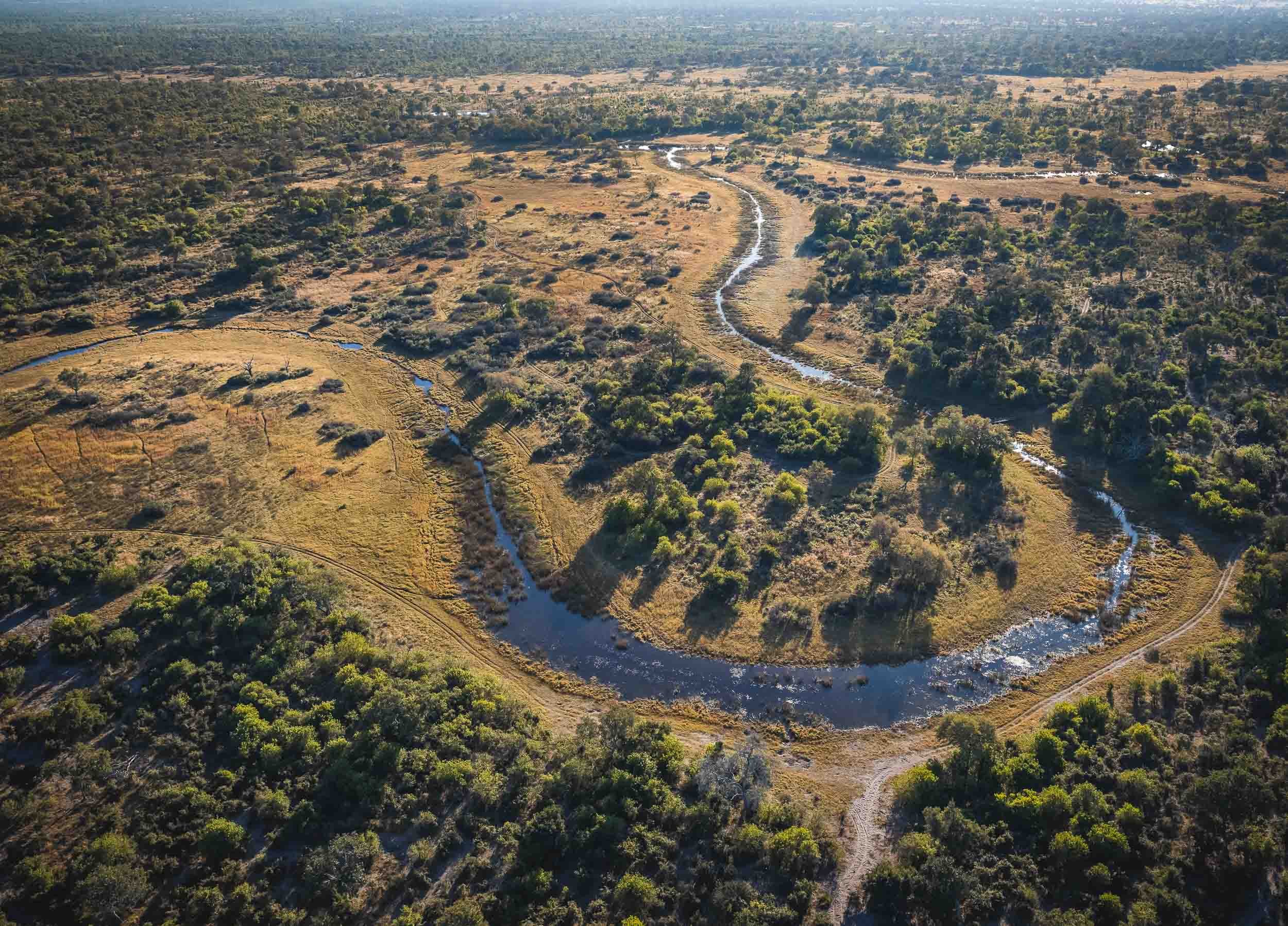
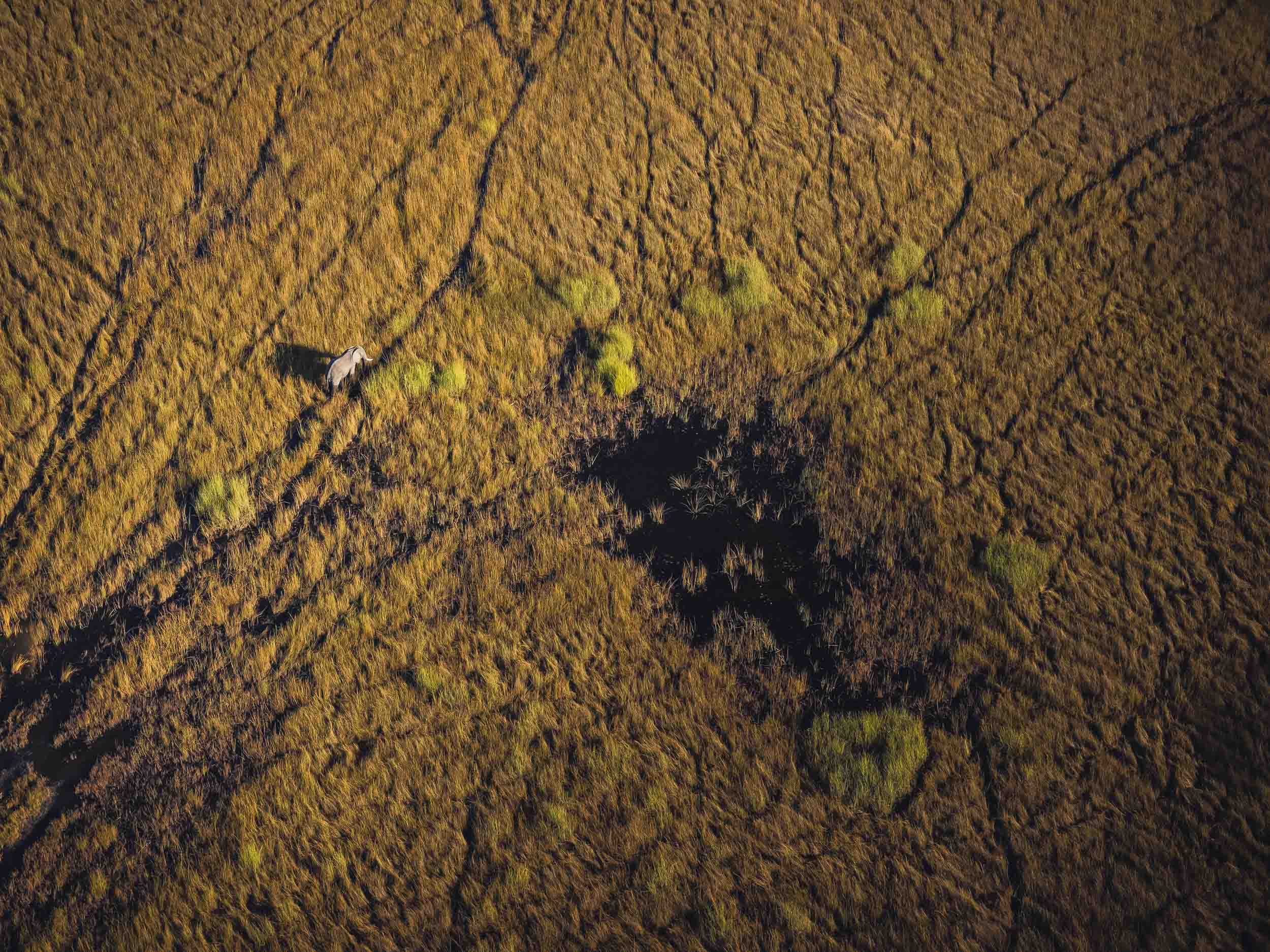
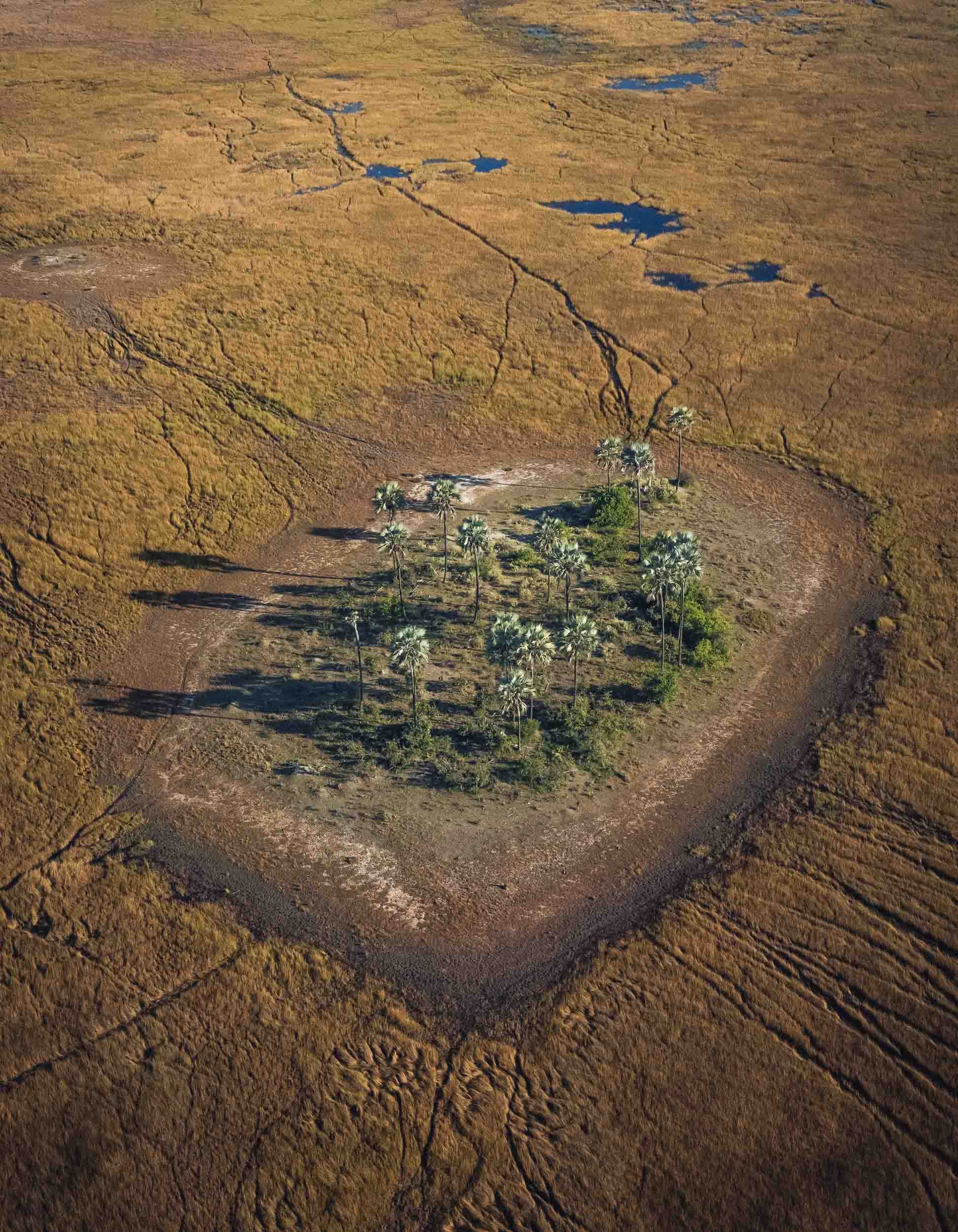
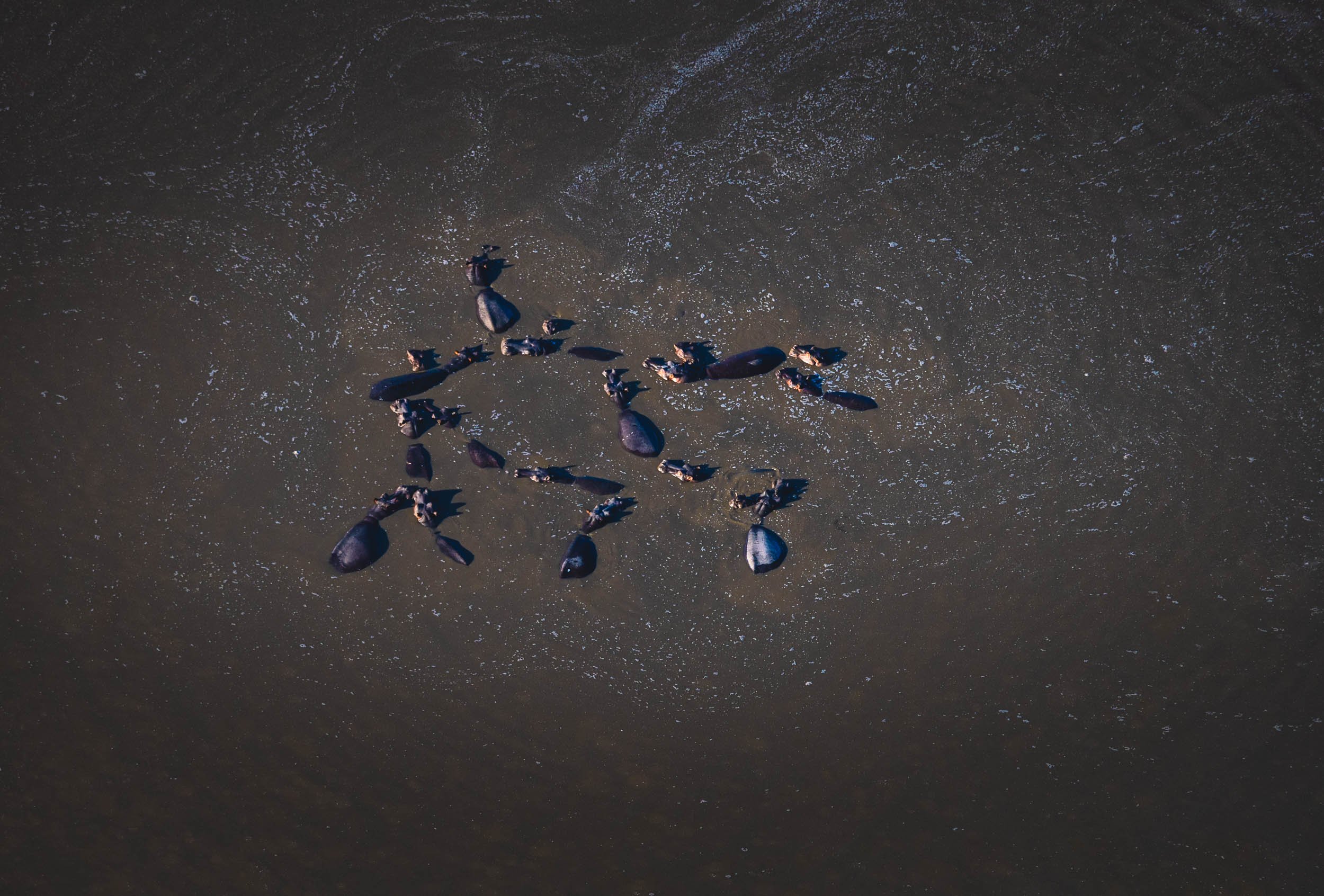
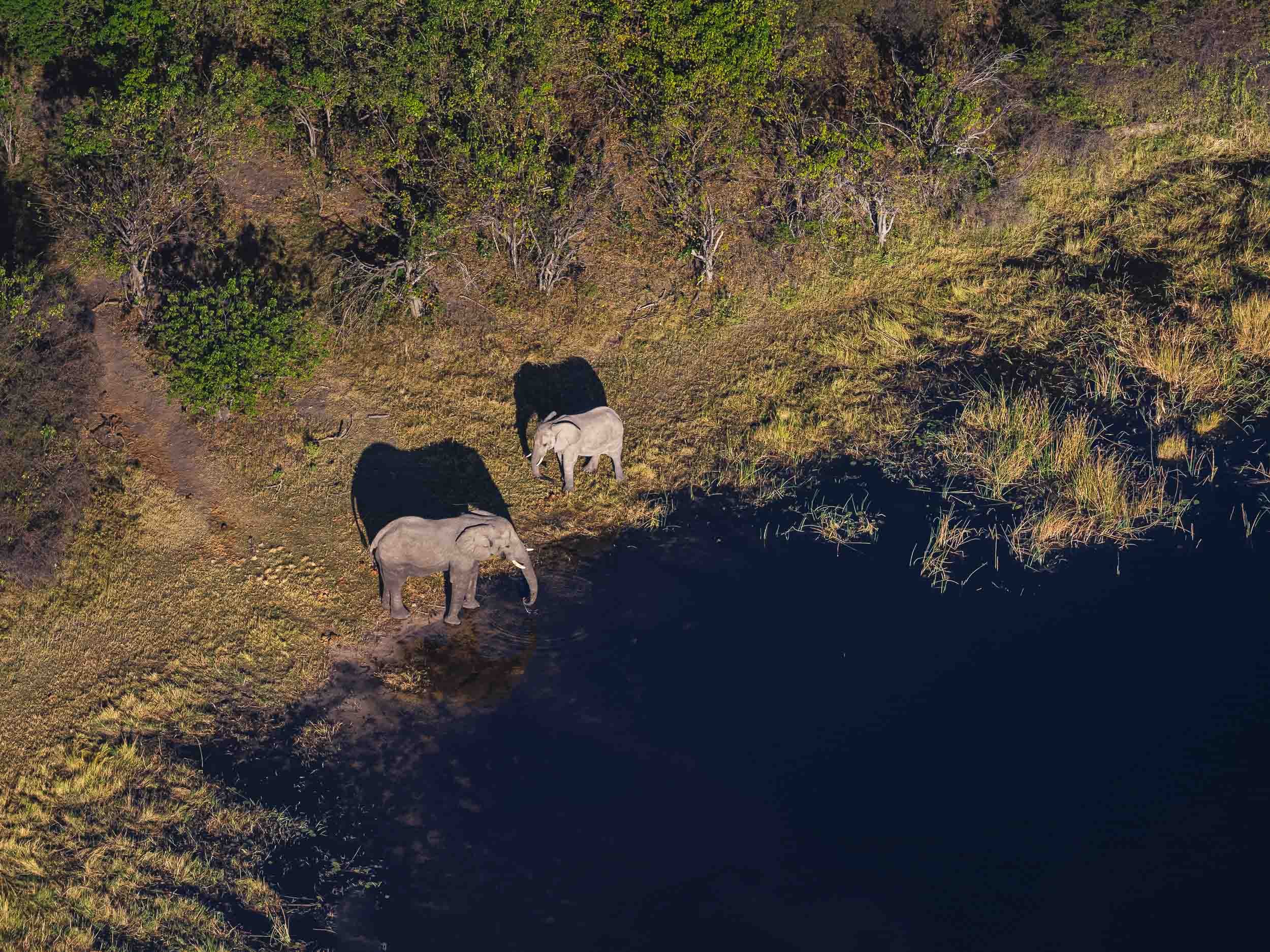
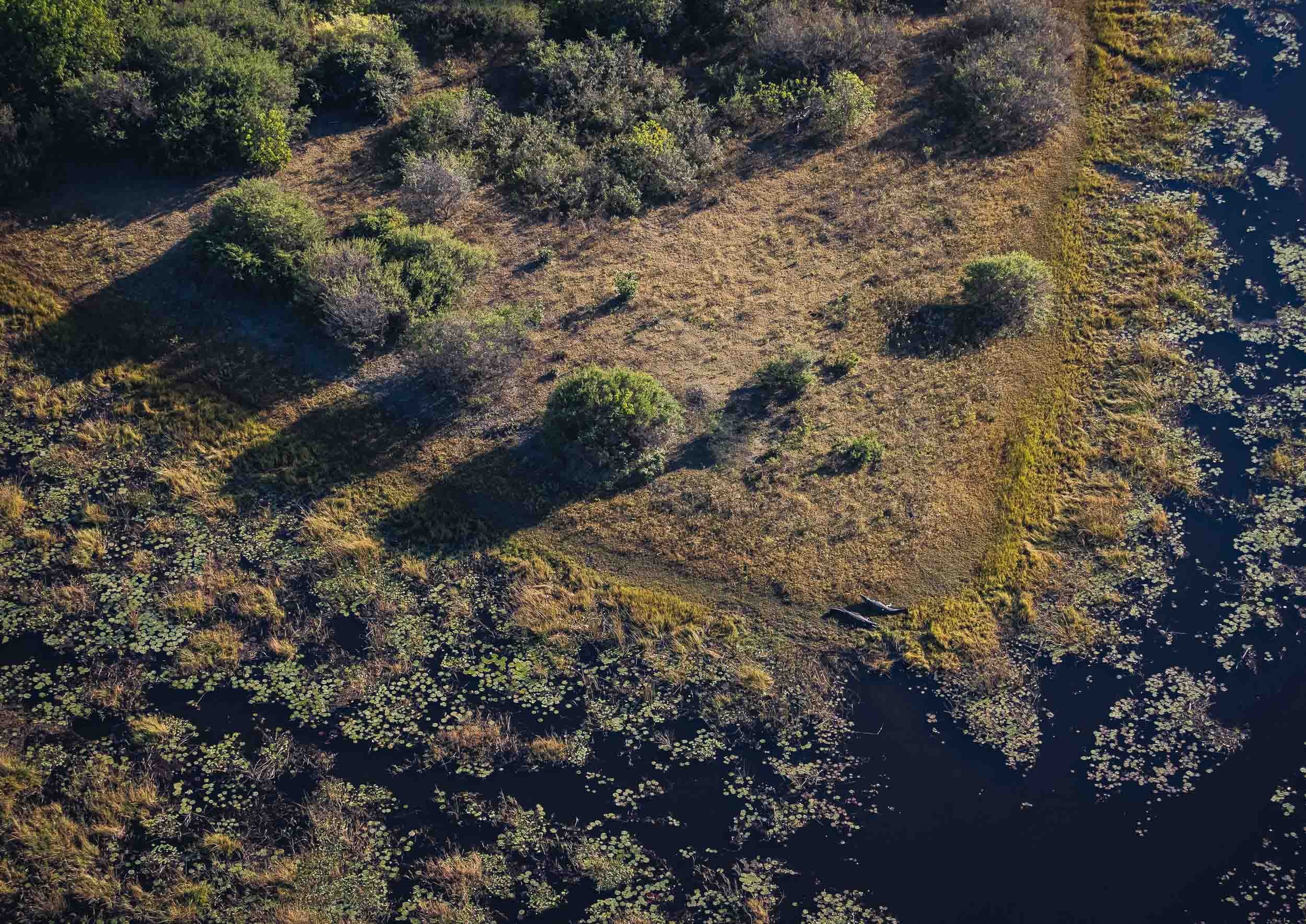
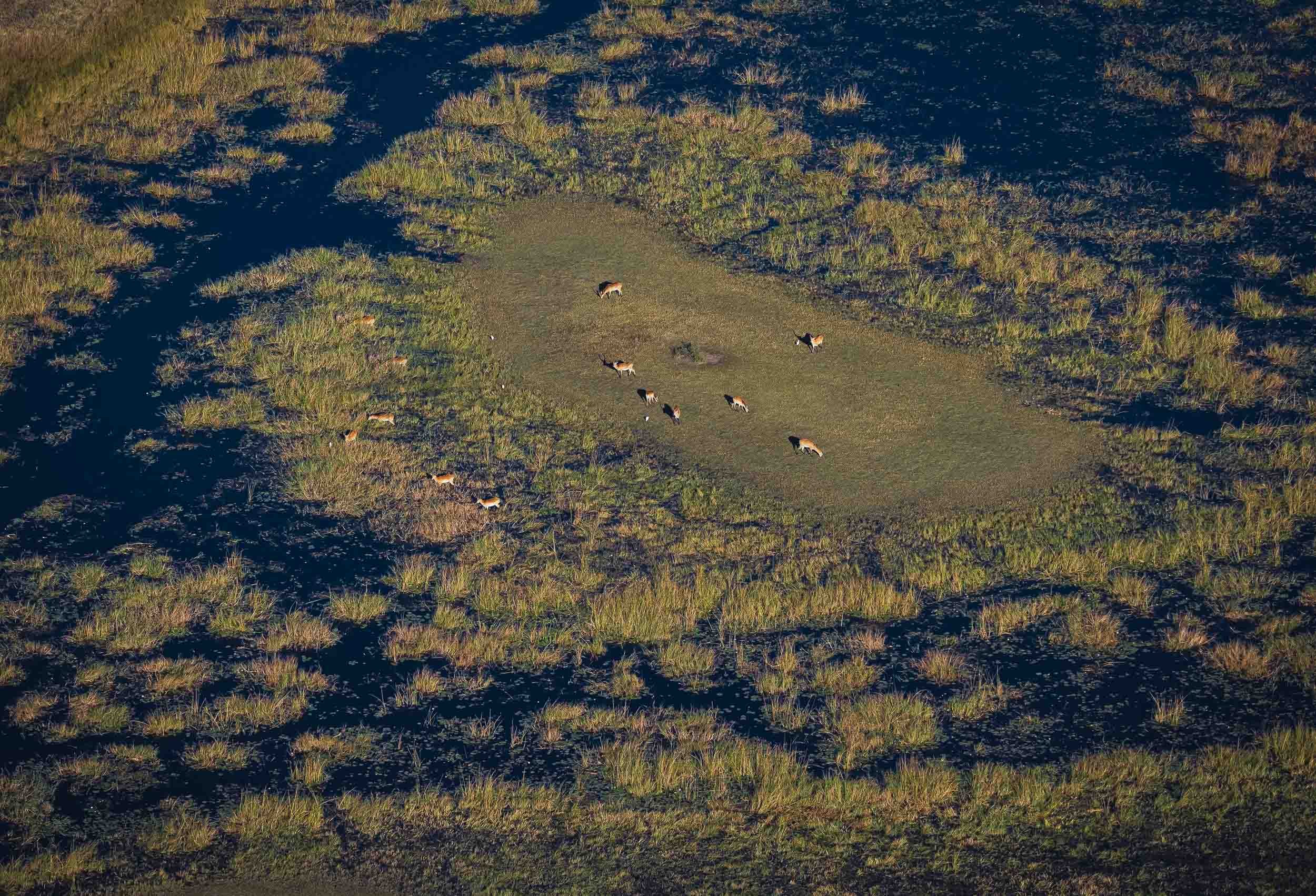
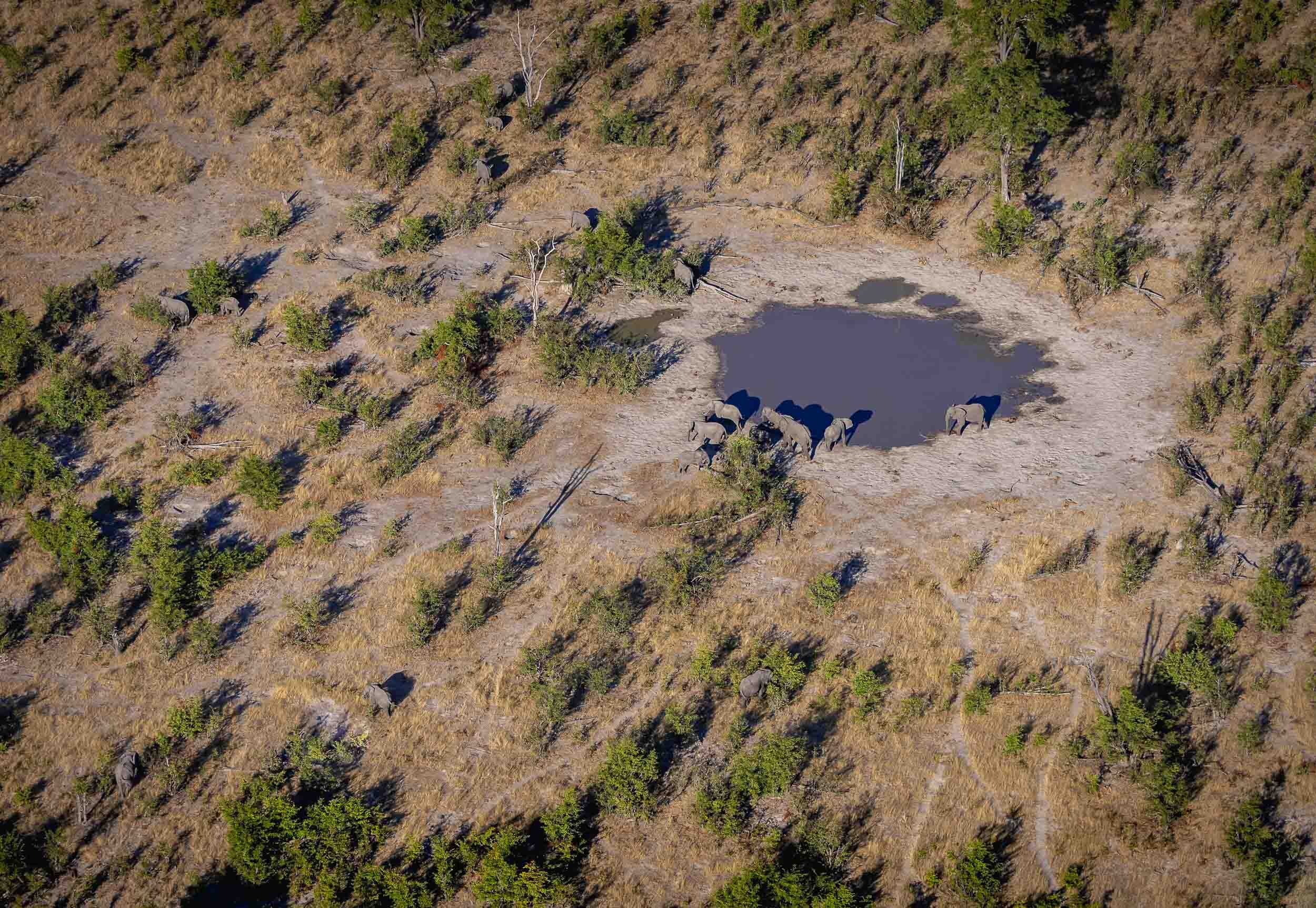
Lions
The Leopard
It’s always special to see your favourite animal in the wild, but a sighting like this makes it even more breathtaking. We spent four days, 8 hours a day, looking for this Leopard female and her 3 month old cub. On the very last morning, our guide - Stitcht, who called himself a legend and lived up to it - saw her sitting on a termite mount in the distance. We followed her when she called for her little one, and then climbed a nearby tree. They spent 15 min cuddling and cleaning before she rushed off to try and catch some breakfast, telling her cub to hide in the thick crown of the tree.
Watch them in motion
A few more…
Dinaka
The last stop was in Dinaka, about 100km north of Maun, and bordering the central Kalahari. It’s a dry area this time of the year, but it did have a few special places to photograph from (and sleep in).
Jackals - Always Up To Something
After having observed them for a good amount of time, these mammals have climbed up in a my favorite animal rating list. A constant source of entertainment, and always giving an impression of being up to no good, I’ve seen these mischievous omnivores catch doves, chase away animals much larger than them, and strut around like they are the kings of Africa.
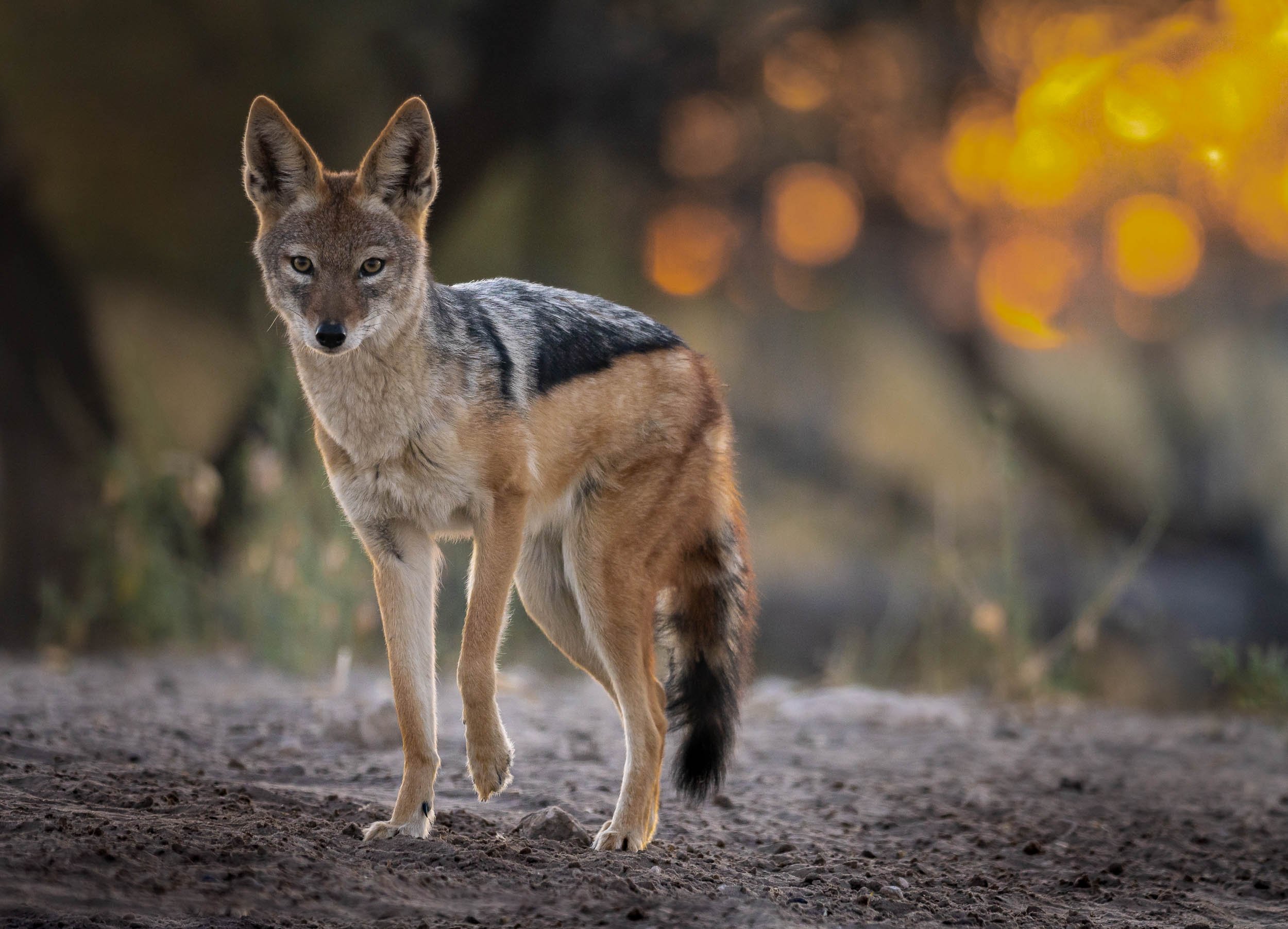
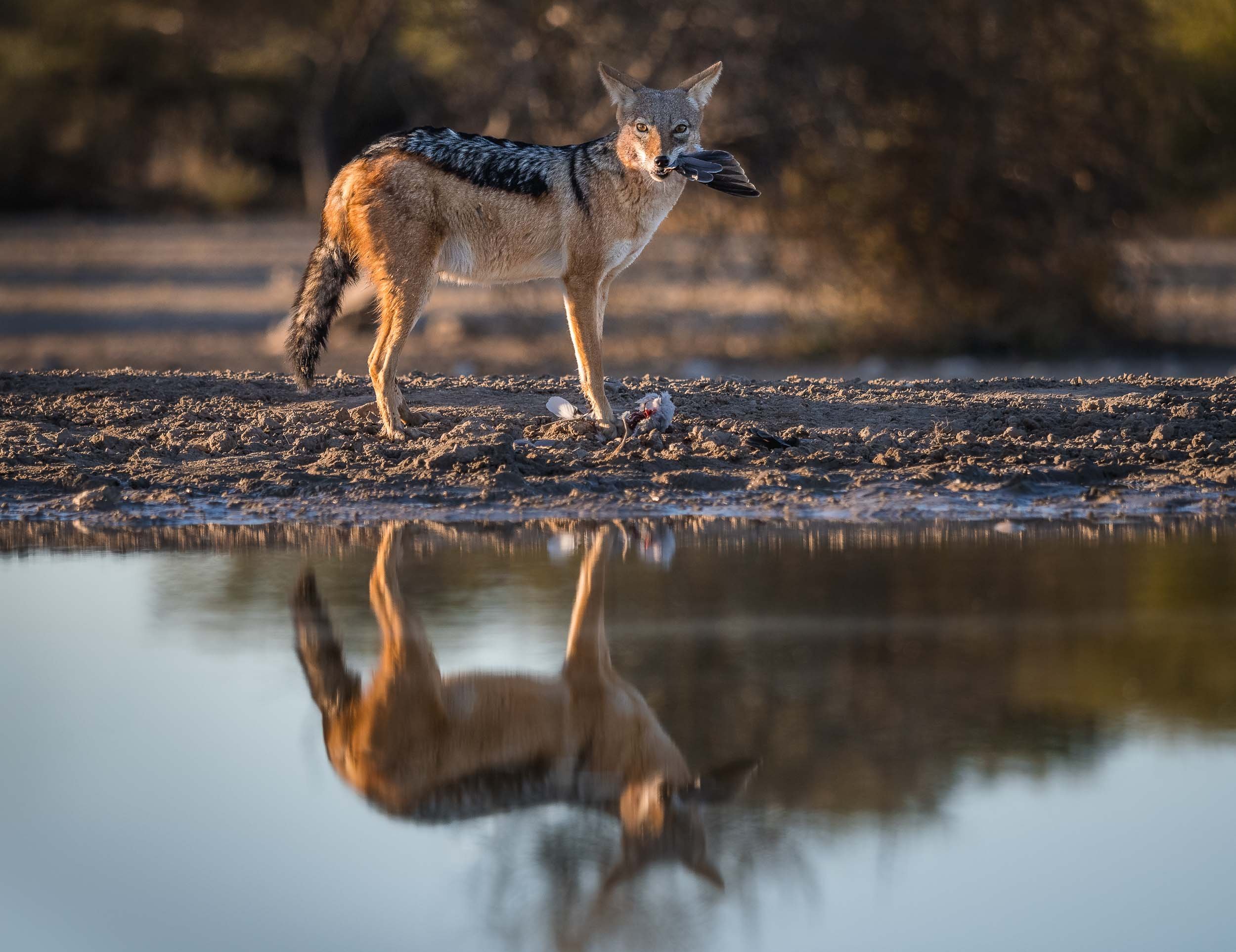
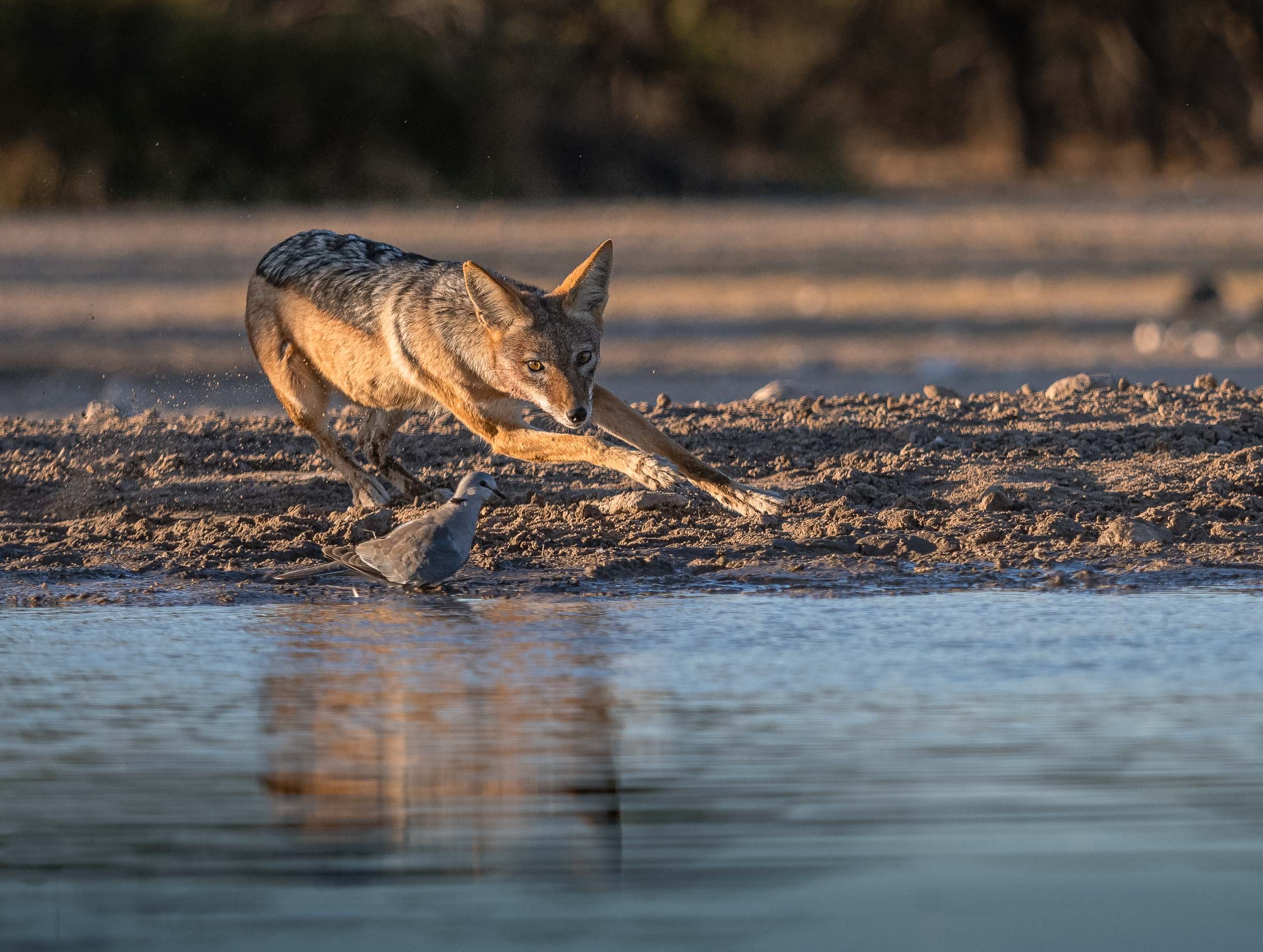
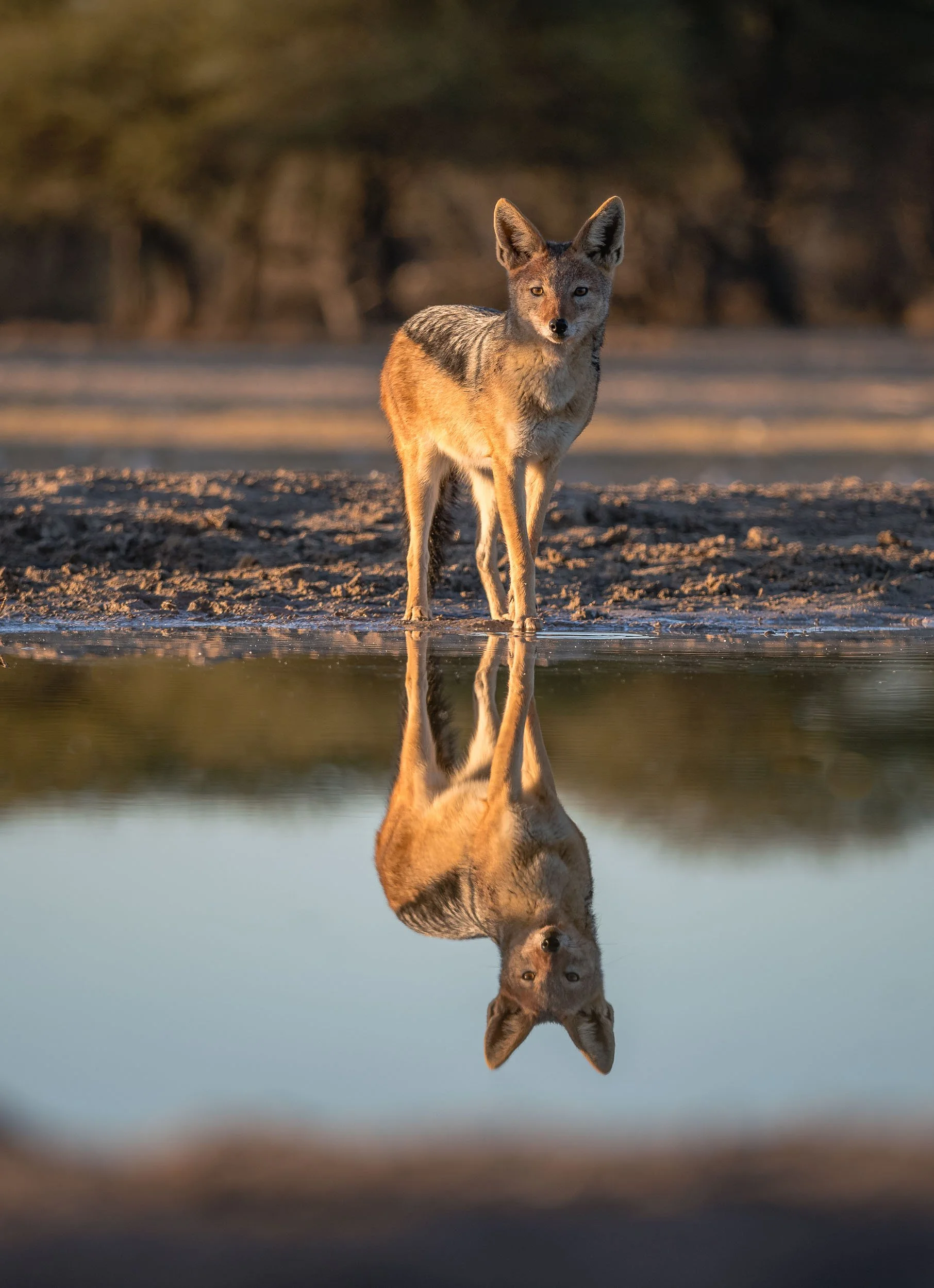

Starry Bedroom
Our lodge offered this special experience: A night under the stars, sleeping on an elevated platform in the bush - an opportunity I couldn’t miss out on, so one evening after dinner, I was dropped off 20min away from the camp to see what it feels like to sleep with a Milky Way view. See below for an impression!
Watch Earth in Motion below…
The Waterhole
A second special spot is found a bit closer to the ground - in fact, it’s almost underground: A bunker-type hide to view animals up close at the waterhole, for some ground level perspectives. We spent a lot of time here, watching antelopes, giraffe, jackals and many other animals come to drink and interact without being bothered much by our presence.
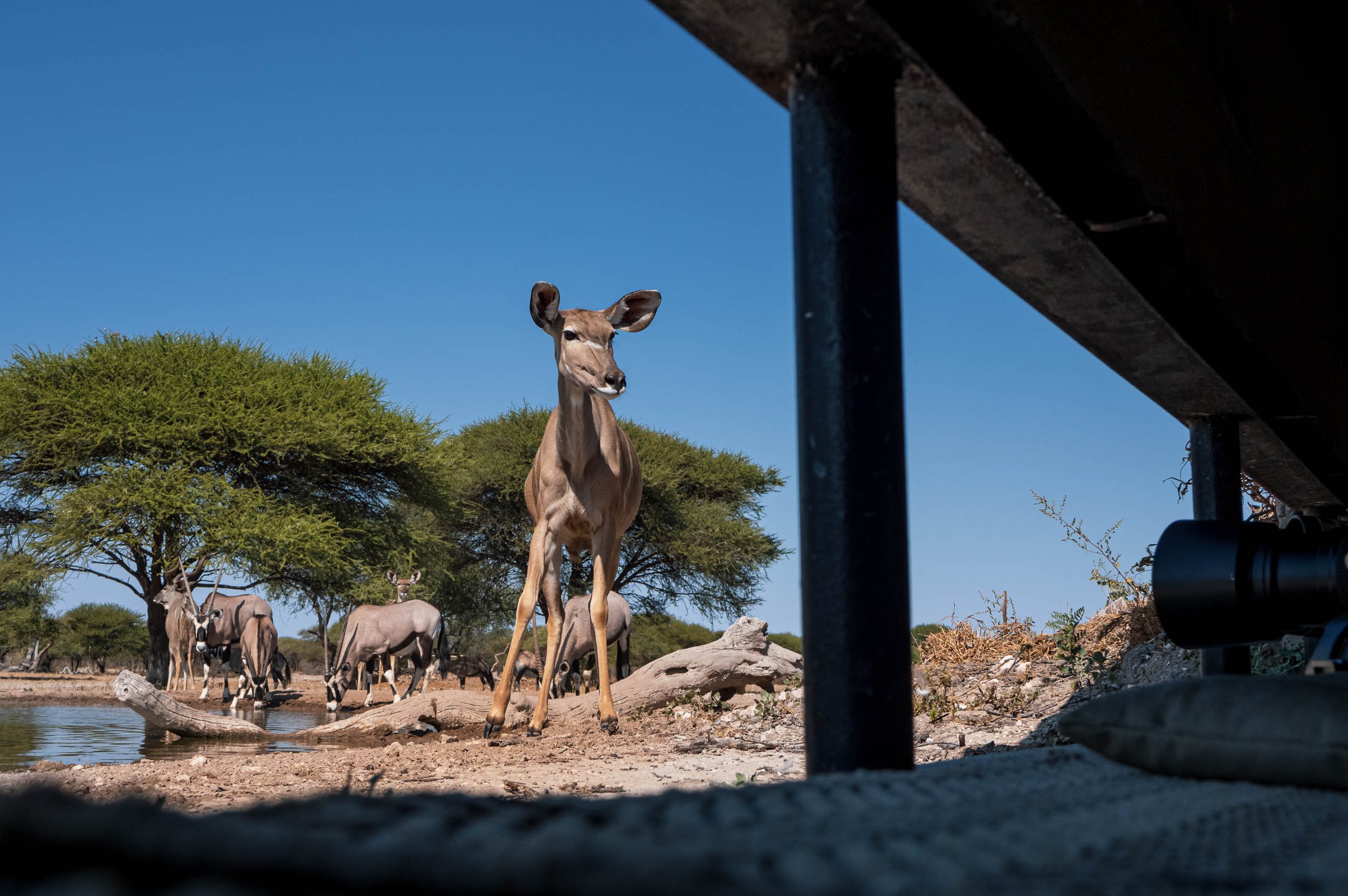
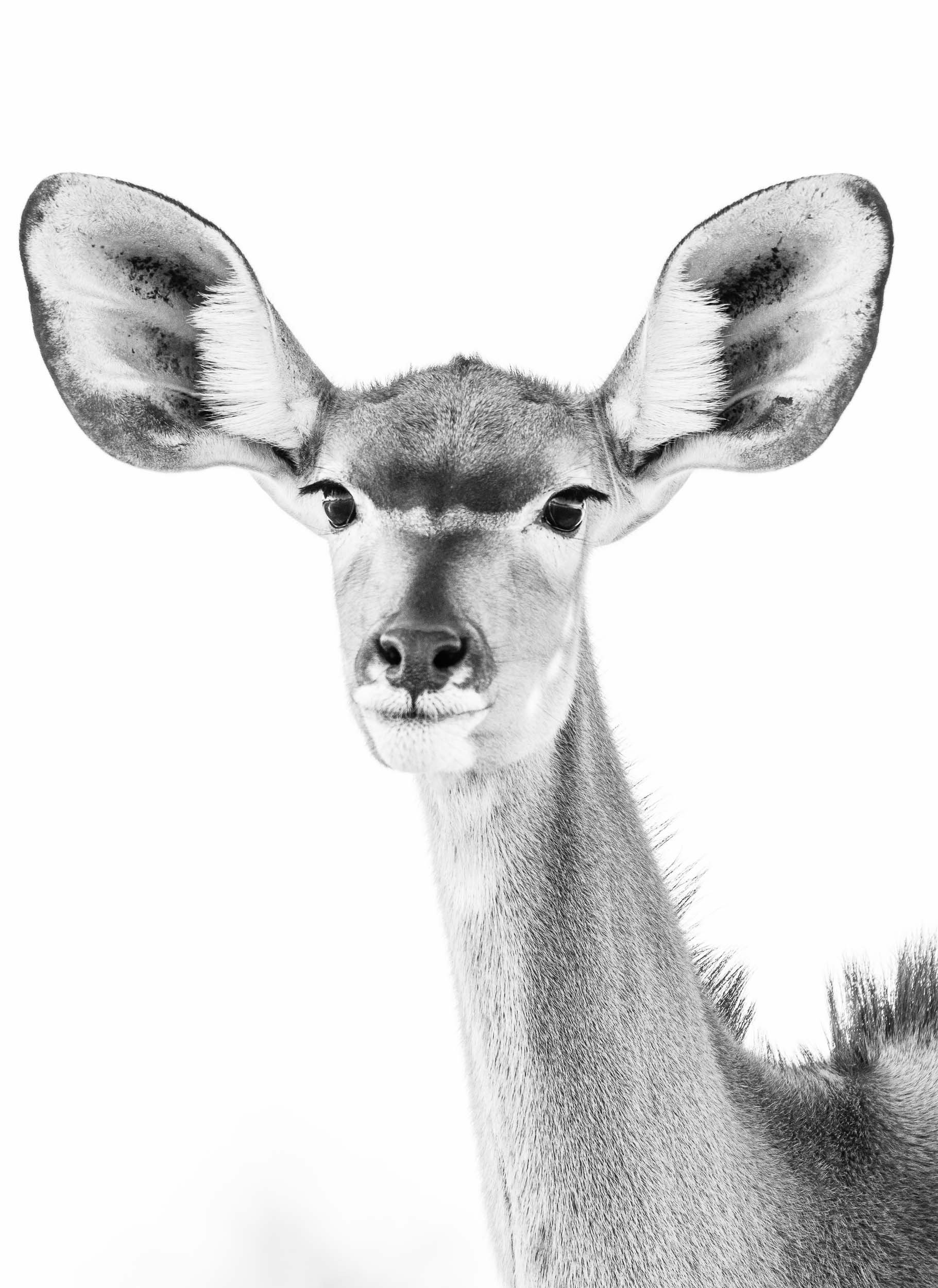
At Night
Private concessions (as opposed to National Parks) often come with the benefit of being allowed to stay out beyond sunset, opening the way for some nightly discoveries…
Lastly, the reserve is also home to a population of white rhino, which have been de-horned to deter poachers, a practice that some question in terms of its effectiveness in doing so, as the base is still attractive for the market.
The 2022 Lunar Eclipse - As the Lions Roar
My time in Zimbabwe coincided with the a full lunar eclipse on 16th of May, 2022,
My time in Zimbabwe coincided with the a full lunar eclipse on 16th of May, 2022, and luckily our location was just about within the area of the globe that could experience this rare phenomenon, so I had to find a way to capture it. What a sight it was - and not only that, also an audible experience, read on below…
The Location
The night before the Lunar Eclipse I arrived in the Chewore area of northern Zimbabwe, for entirely different reasons than seeing the earth cast a shadow on the moon - see my blog linked above to find out what they were. Nevertheless, I couldn’t miss this occasion, and went out in the afternoon to find a suitable elevated area in the African bush. We found a clearing 20min from camp, with views towards the hills in the distance. This was going to be our spot, starting from 3am.
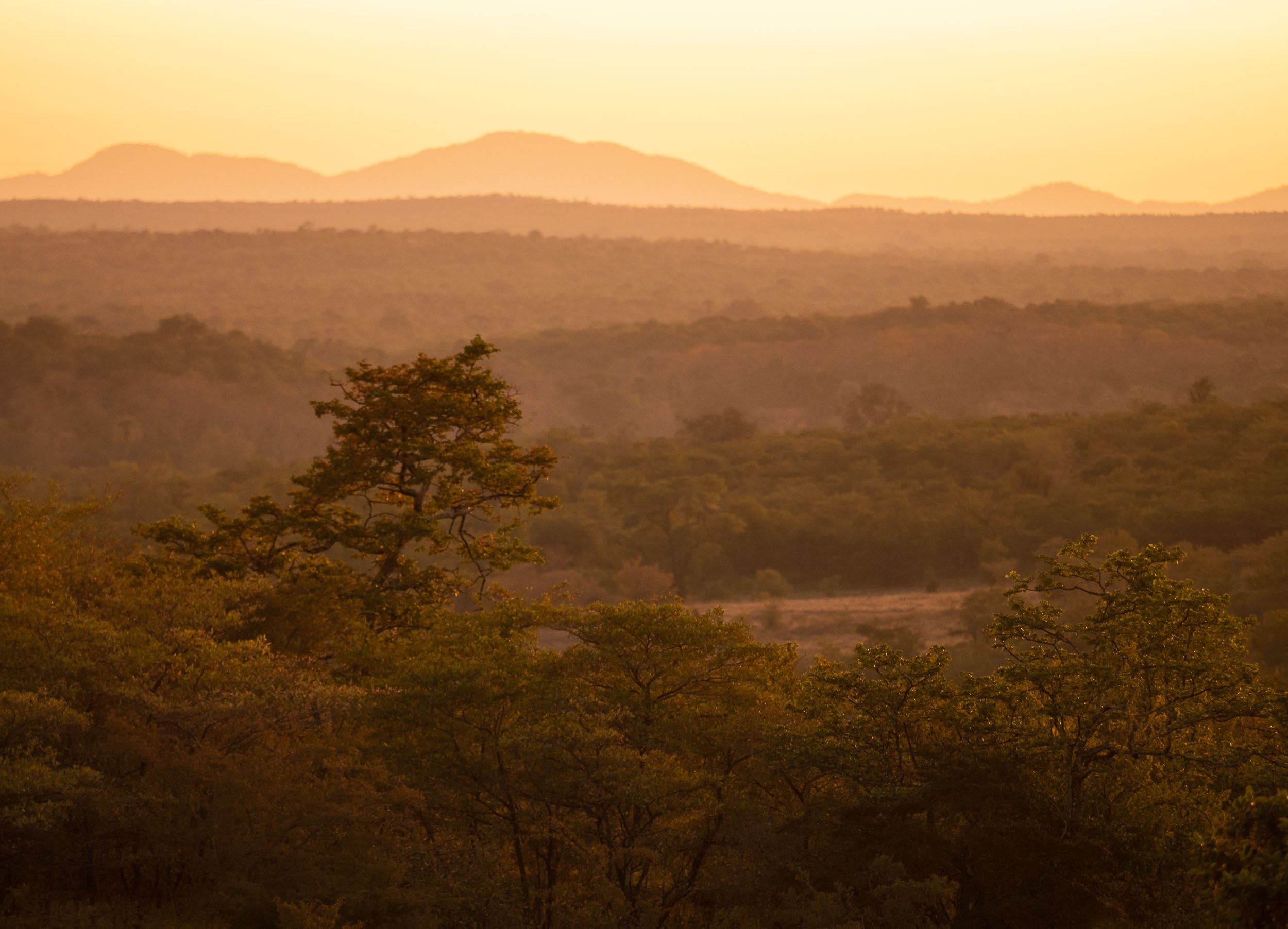
The Progression
After a very short night, we headed out into the bush in my guide’s trusty 1962 Land Rover, always on the lookout for elephants, buffalo, baboons, and lions, which roam in this area. Luckily, we only heard them in the distance, which made the experience all the more special, as the occasional roar accompanied the spectacle in the sky. The moon stood high as the eclipse started around 3:30am. It progressed until earth’s umbra covered the moon completely around 5:30am. This total eclipse continued until moonset, and at the same time the sun rose on the opposite side, casting an orange hue into the sky.
Below is a timeslice of this period, using 10 individual photographs.
The Phases
The four images below show the progression of earth’s shadow on the moon. The first three photos were exposed for the bright side of the moon, where the sunlight was still able to illuminate our celestial companion. The last image is exposed for the shadow side of the moon, which in fact starts to glow red due to a phenomenon called Rayleigh Scattering - any sunlight reaching the moon passes through earth’s atmosphere, which lets red light pass more easily than other colors in the spectrum.
A composite of 6 images and their corresponding timestamps.
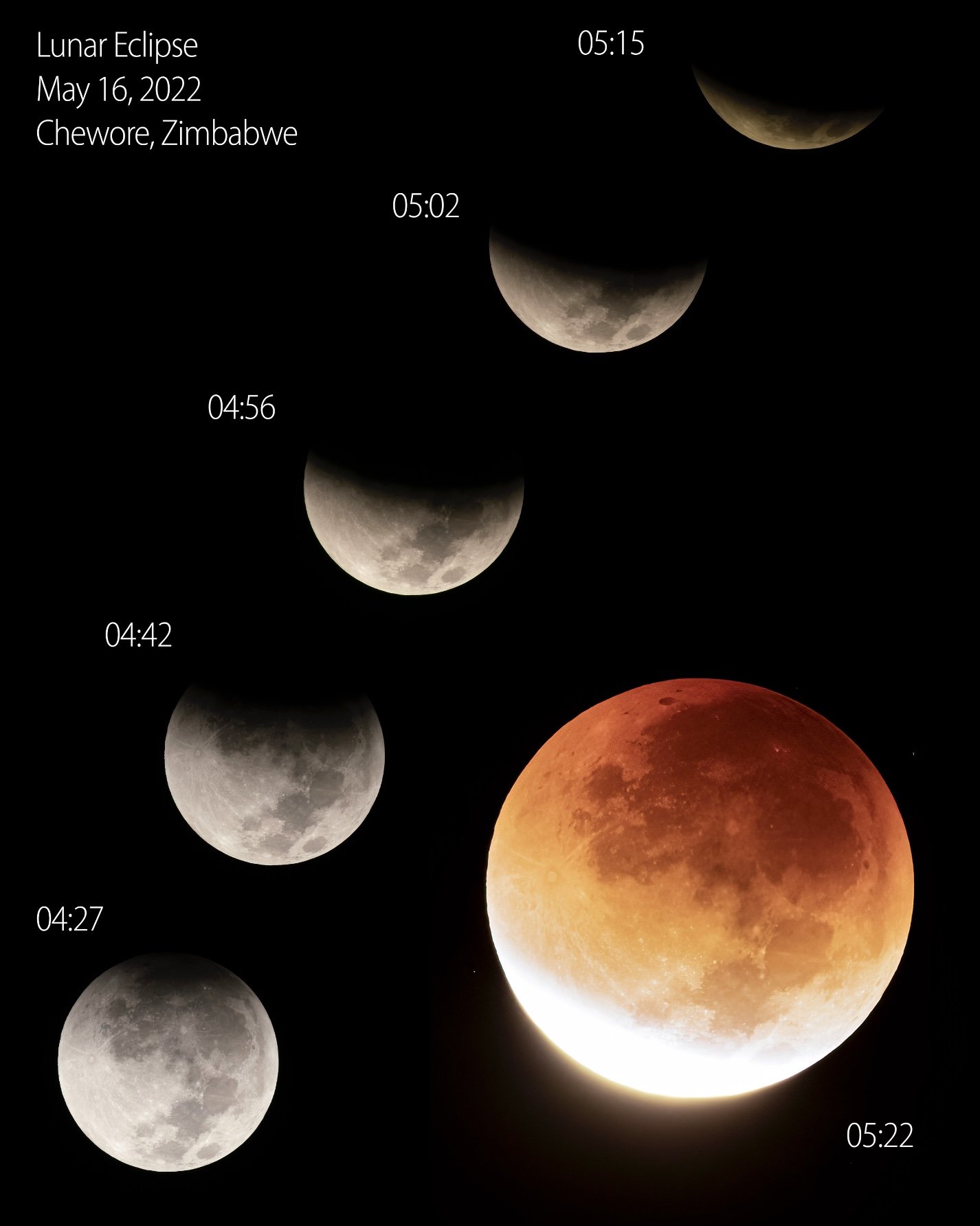
Totality
The full eclipse, as earth moved in between the sun and moon. If you look closely, you are able to observe some stars around the moon, visible as white dots. This is one of the only times you can photograph other celestial objects in the same exposure as the full moon, which normally shines much brighter than most stars and planets.
A Coincidence
Aside from close ups of the moon, I also had a camera set up for a wide angle view of the landscape. And good thing I did, because it captured this very special moment, combining the blood moon, a hint of the Milky Way as a white band, the colors of the African sunrise, and a meteor crossing the frame, all in one exposure. I love it when things come together, and this will probably be one of my all time favorite photos.
In Motion
Here’s a video of the entire spectacle, both from a wider view as well as a close up of the moon.
All the images shown here were shot with OM System Cameras, specifically an OM-1 and two E-M1 III. No tracker was used.
Zimbabwe - Tracking Dinosaurs & Lunar Wonders
The second country of my trip was Zimbabwe - a place which up until planning of this adventure hadn’t really grabbed my attention.
The second country of my trip was Zimbabwe - a place which up until planning of this adventure hadn’t really grabbed my attention. That has definitely changed after spending two weeks in Harare, Mana Pools, Chewore, Kariba, Matusadona and the Victoria Falls. This journey was full of incredible experiences, read on to find out what the country once known as the "Jewel of Africa" had in store.
Harare and some unique rocks
I had one day to spend in the capital city before making my way into the northern parts of the country. A brief tour and looking at one of its most unusual sights was all I could fit in.
Mana Pools - Wildlife in a different way
I then spent 2 days at Mana Pools National Park in the northern part of the country, bordering the Zambezi river and the Zambian mountains on the other side of its shores. It’s this setting and the fact walking and canoeing are possible here, providing a much more intimate experience than the typical bush game drives, that made this a special place.
Chewore - Off the beaten, and onto the Dinosaur track
From Mana Pools, it was a good 4h drive on dusty and bumpy roads in a 1960s land cruiser owned by my wonderful host Louisa to a remote hunting concession - here. Hunting wasn’t the reason I kept annoying quite a few people before being able to come here: In fact, this place has some of the most remote and untouched dinosaur footprints in the world, which triggered my interest. Before that though, the universe had another special sight in store .
The Lunar Eclipse
My time in Zimbabwe coincided with the a full lunar eclipse on 16th of May, 2022, and luckily our location was just about within the areas of the globe that could experience this rare phenomenon, so I had to find a way to capture it. What a sight it was - and not only that, also an audible experience, as the lions and baboons roared in the background.
Here’s a timelapse video of the event, both a wider view from 3am to sunrise, and a close up of the eclipse progression.
The Dinosaur Footprints
The real reason for venturing this far and deep into the Zimbabwean bush can be found in the next photos. The country and specifically the Chewore area is home to a very special paleontological sight: Dinosaur Footprints from 150 million years ago. It took a large amount of research, planning and nagging to make this happen, but it was definitely worth it and I’m grateful to to everyone who made it possible and was a part of it with all their knowledge, Barry, Louisa and Neil. The owner of the concession estimates only 200 people have ever seen these - 201 now.
Lake Kariba and the Matusadona
After a long drive, I arrived at Lake Kariba and the Warthogs camp for a few nights on the shores of the world’s largest man-made lake in Musango Safari Camp, both operated independently by incredible people.
Following my time in Kariba at Warthogs Bush Camp (Elephants and Zebra visit the small pool there to drink!) I moved across the lake into the Matusadona National Park. An hour boat ride took me to a very unique lodge, called Musango, run by its owners Wendy & Steve.
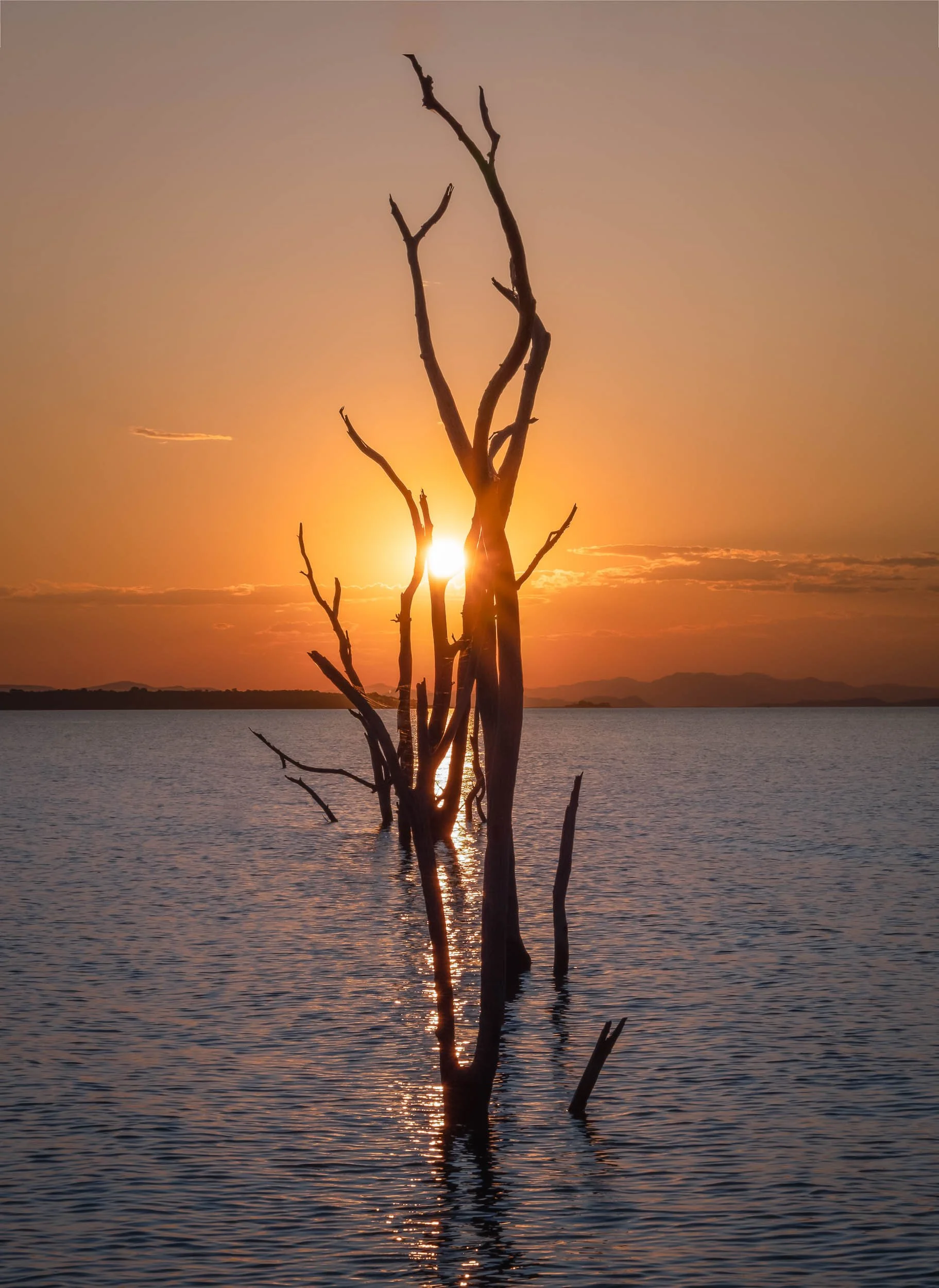
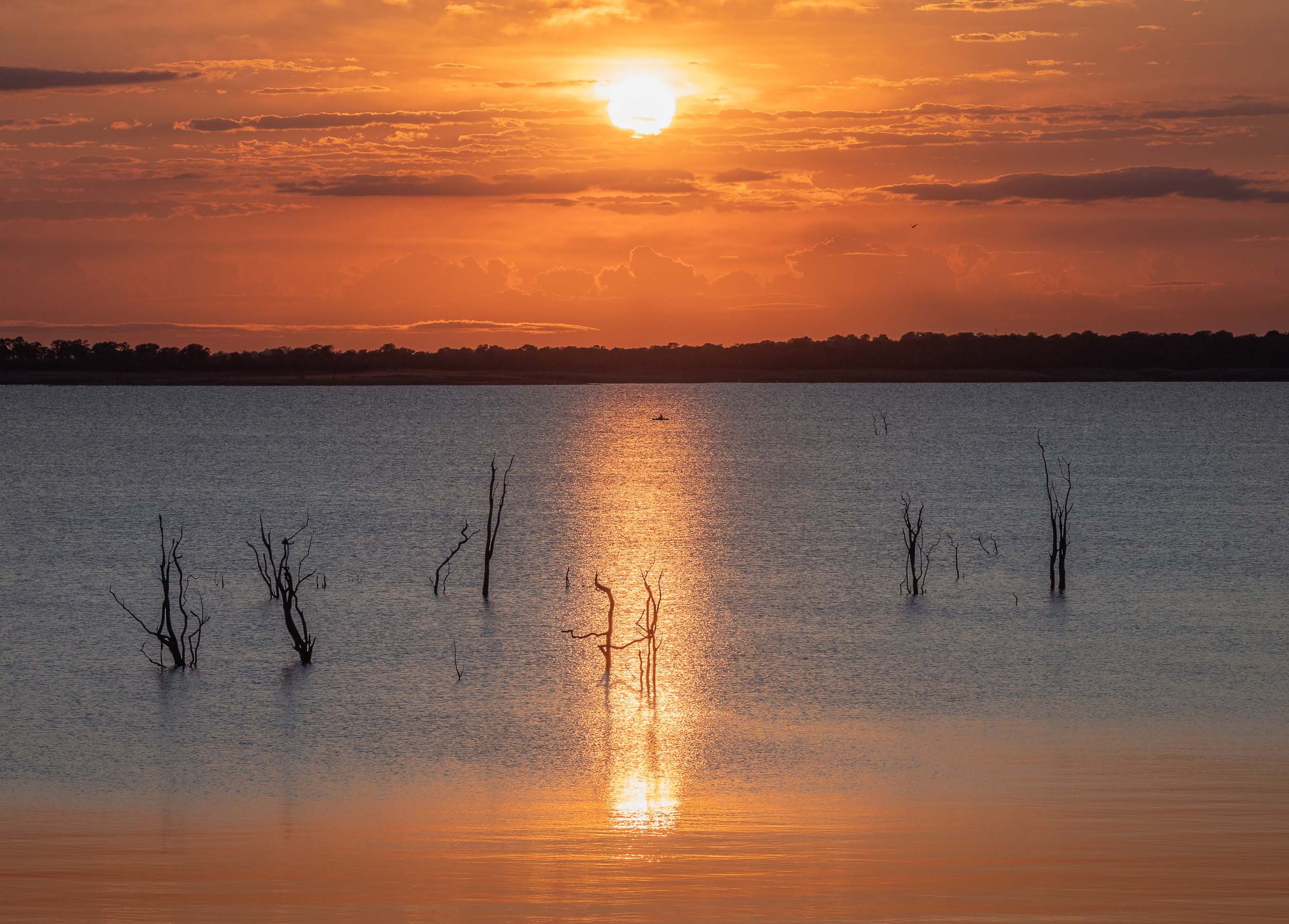
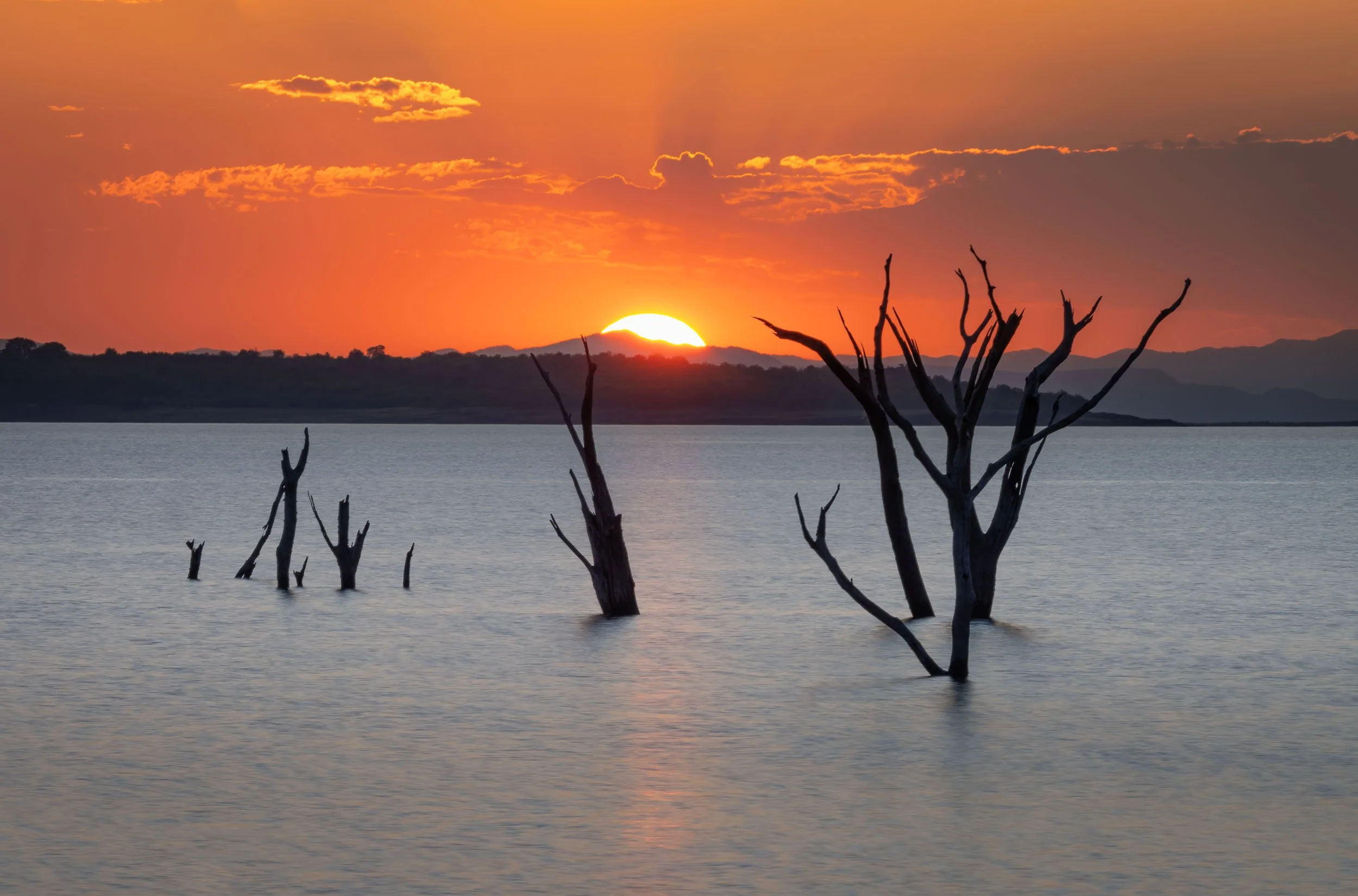
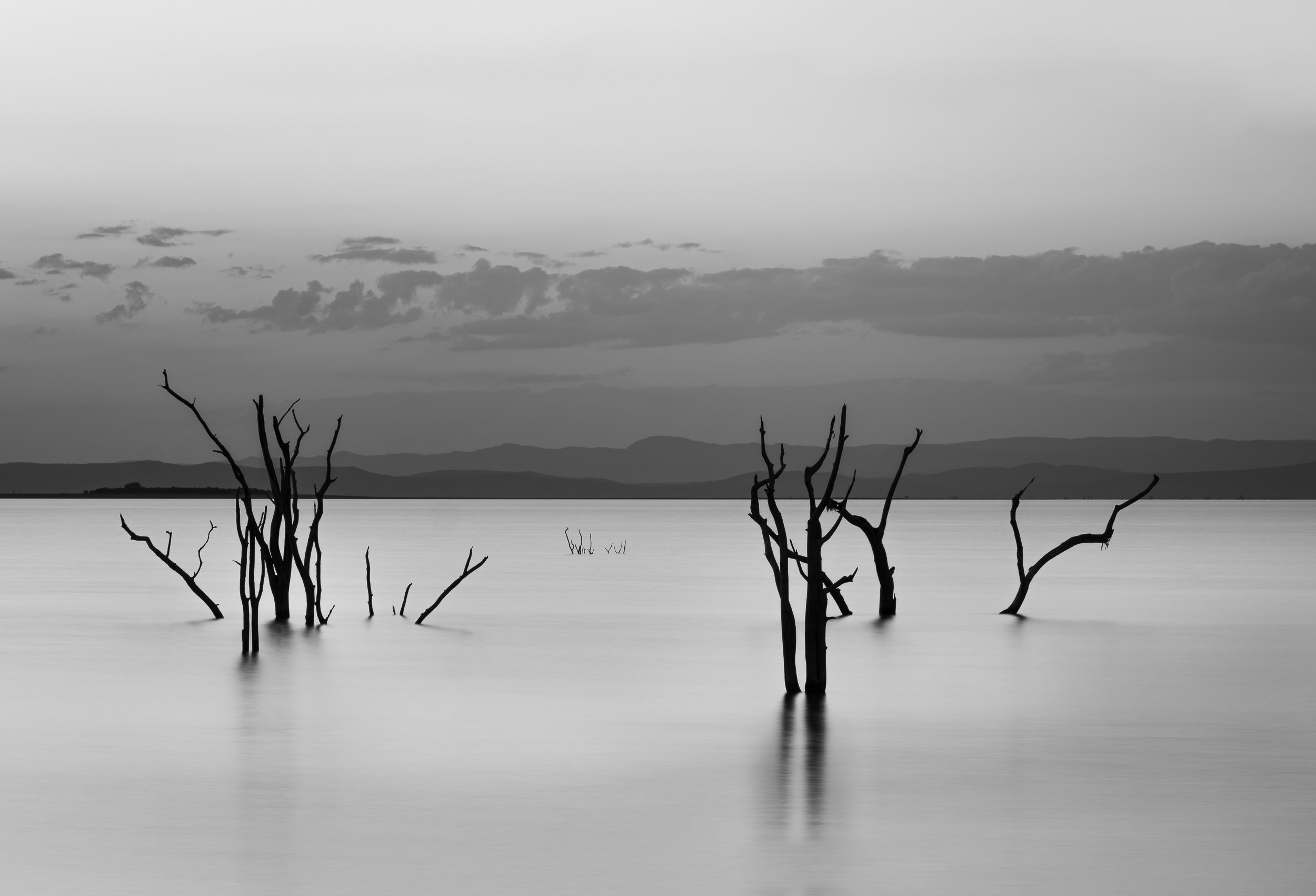

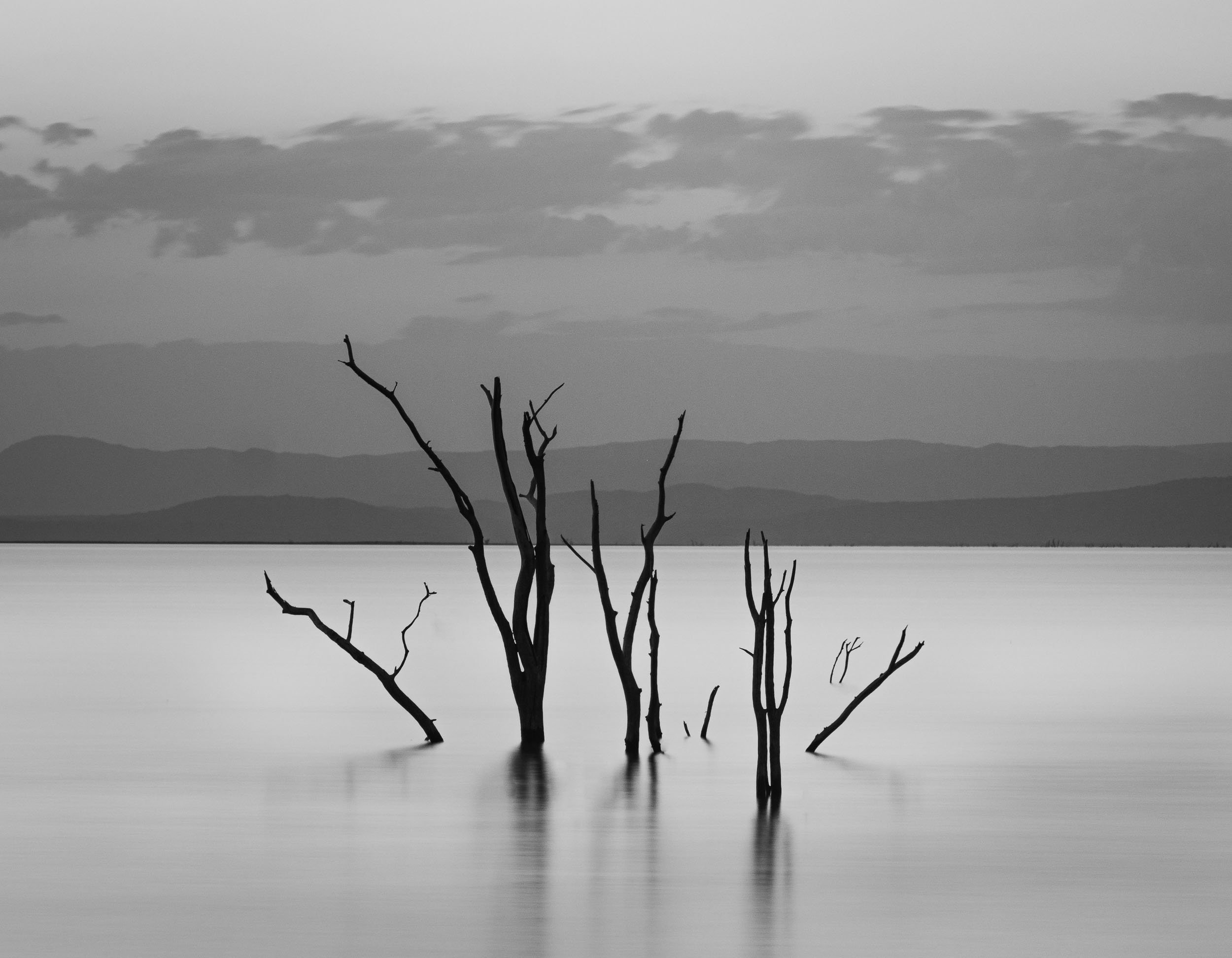
A night at the Falls
Before moving on to Botswana, I had a night at Victoria Falls, my second visit after having explored the Zambian side back in 2011. It is as fascinating now as it was then, and I’m glad to have seen both sides.
That brings us to the end of my trip through Zimbabwe!
Namibia - The Most Amazing Night Sky, But So Much More
Namibia was the first destination for my two-month-seven-country Africa trip, and maybe the one I was most excited about.
Namibia was the first destination for my two-month-seven-country Africa trip, and maybe the one I was most excited about.
This part of the journey was organised by https://www.stefanliebermann.de, Sony Ambassador for Germany as a 12 day workshop in collaboration with Richard Morsbach, a local tour guide.
The trip was focused on astrophotography, as Namibia has some of the best dark skies in the world and the Milky Way was visible all night during new moon. We did however also have the opportunity to take some daylight cityscape, sunrise and sunset, wildlife, and landscape images.
Namibia is incredible and definitely a destination I’d come back to. Read on to find out what you can see in this country, and the photos I captured to document it.
You can also head over to my Instagram (www.instagram.com/djflore) and check my Story Highlights for a bit of background info.
The Quiver Tree Forest
Our first destination after flying into Windhoek was the Quiver Tree Forest, north-east of Keetmanshop, where we arrived just in time for sunset after a 5h drive and lunch break.
Onwards
After a sunset, night, and sunrise at the Quiver Trees, we moved straight on to the next spot., Fish River Canyon for a night, and then into Lüderitz, one of the country’s most famous towns.
The Abandoned Town of Kolmanskoop
About 10km from Lüderitz you can find one of Namibia’s most popular destinations - a ghost village!
Onwards to Sossusvlei
After Lüderitz and the abandoned town, our next destination was the famous dunes of the Namib Naukluft National Park a bit further north of the country.
Swakopmund
To the northern end of the park lies this small city and its attractions.
The Spitzkoppe
or Africa’s Matterhorn, as they call it.
Etosha National Park
Our last destination was in the northern part of the country for some wildlife viewing.
Scroll through the gallery for some of the animals we captured during the 2 days.
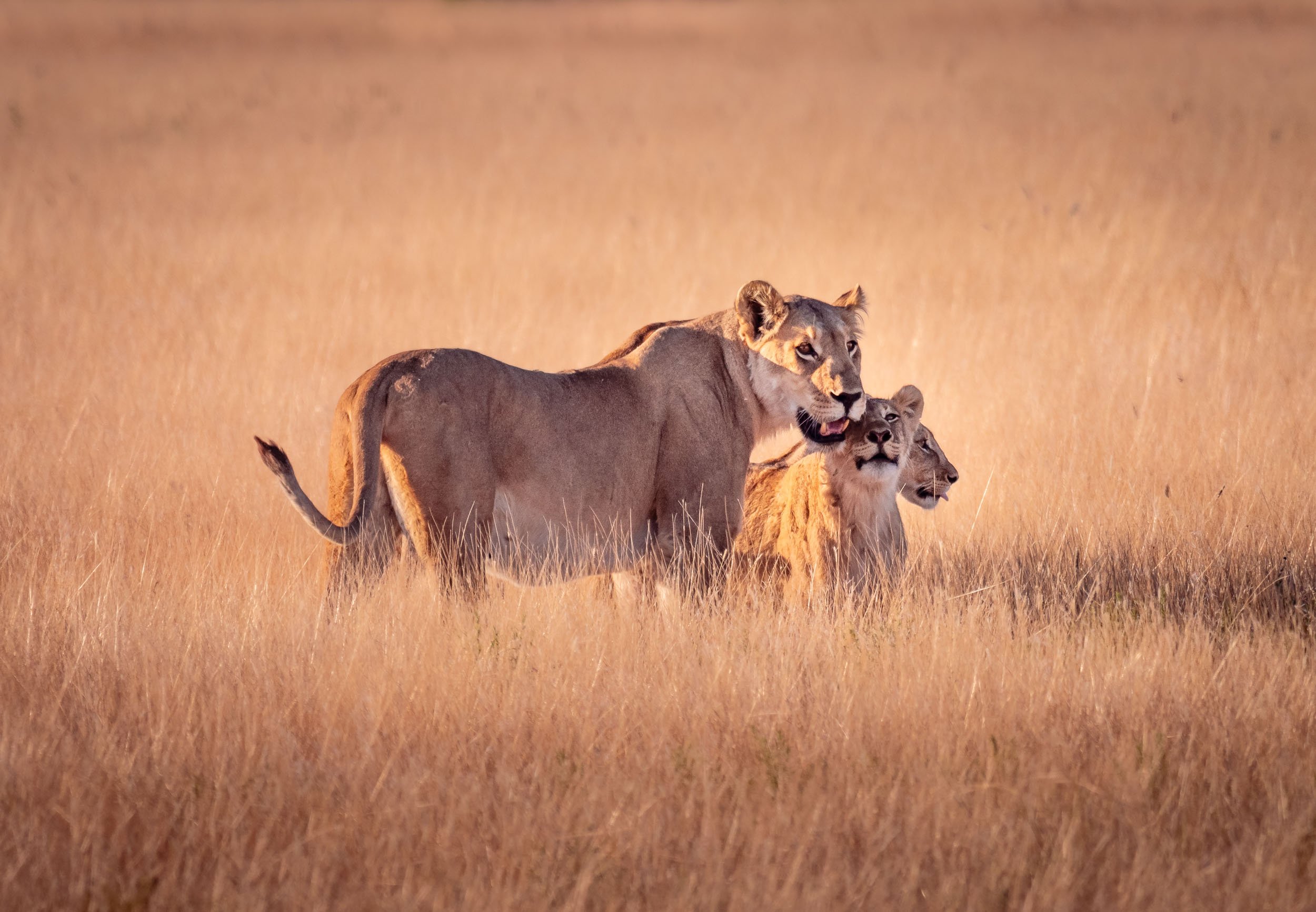
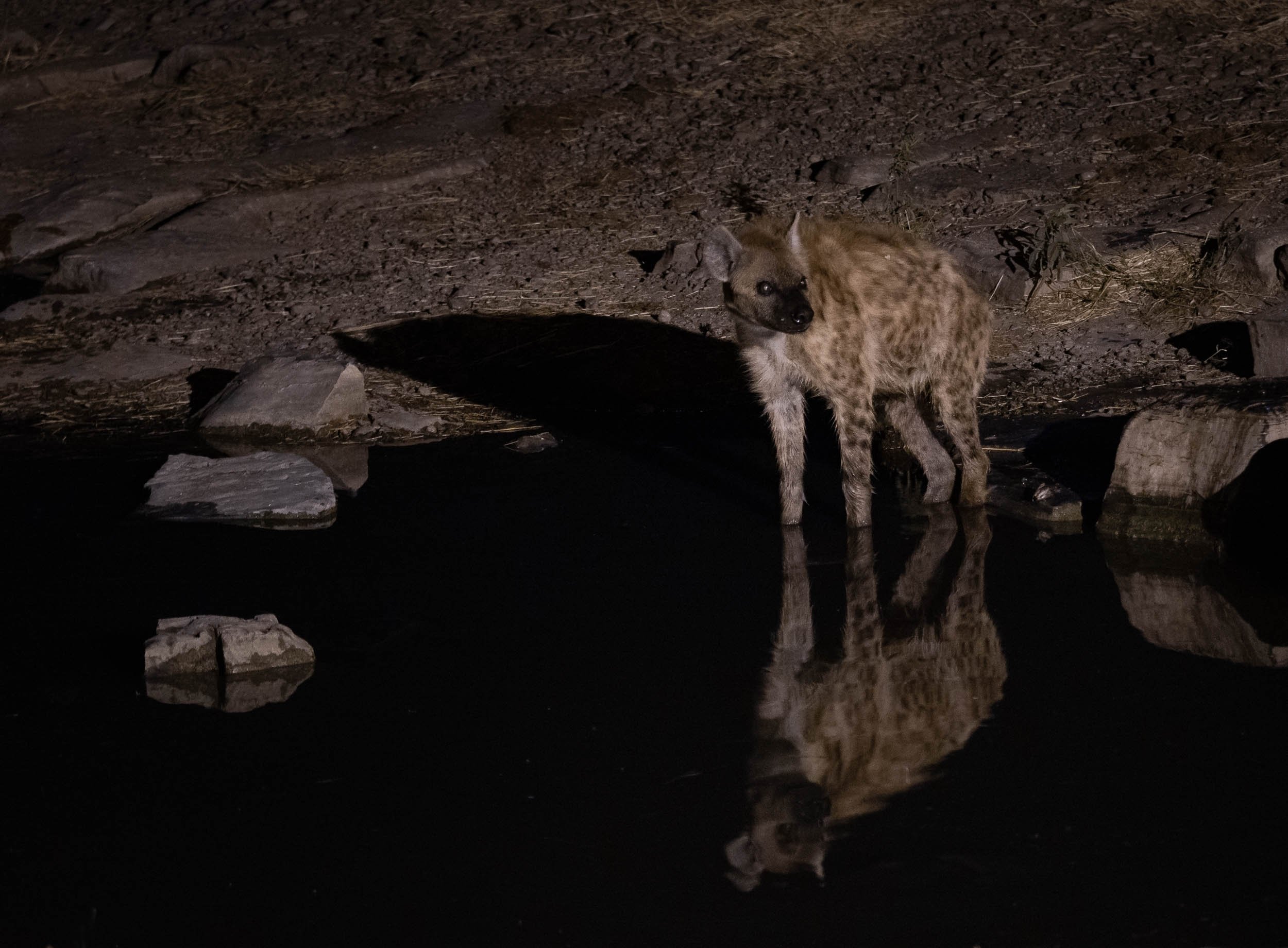
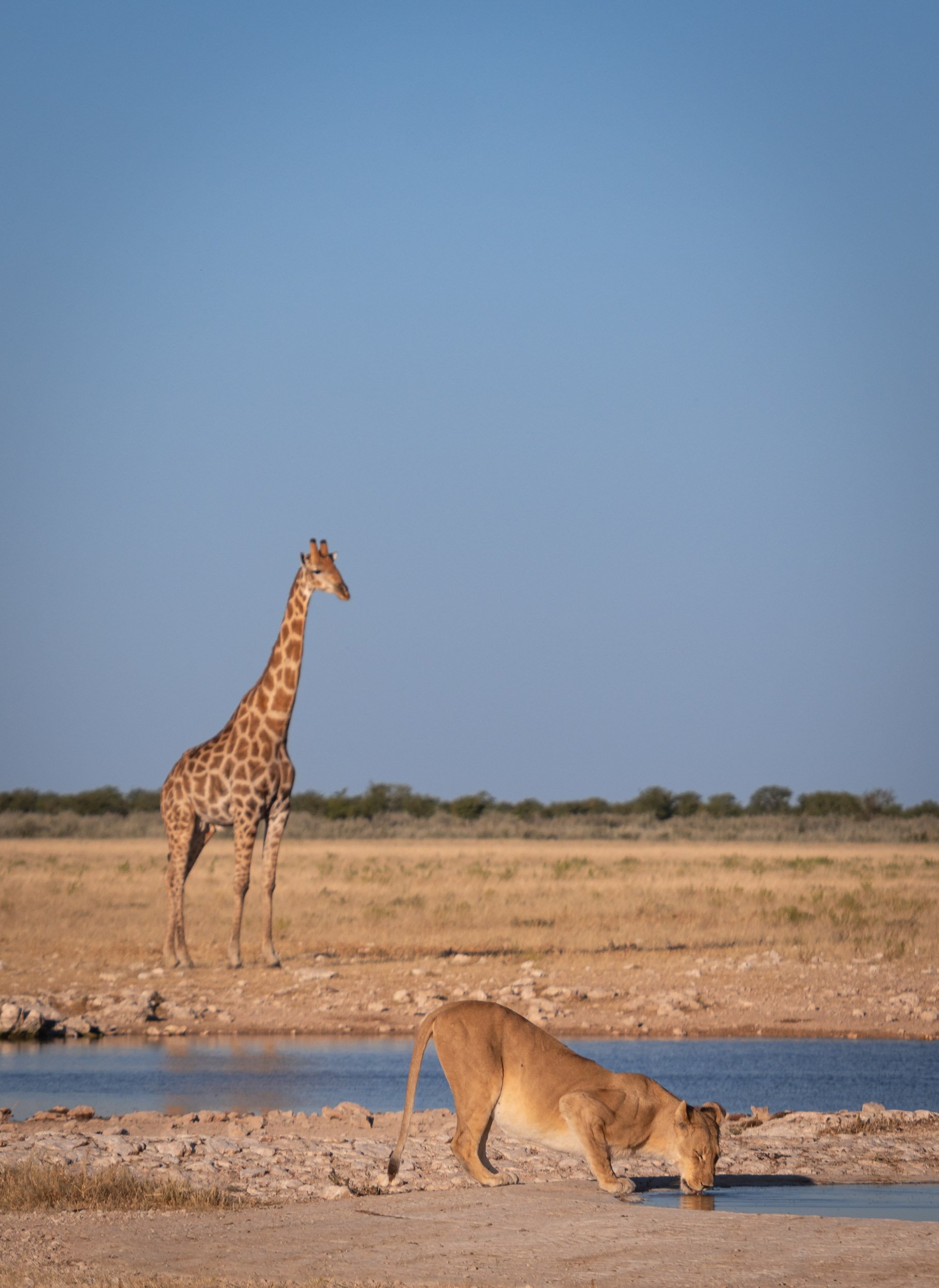
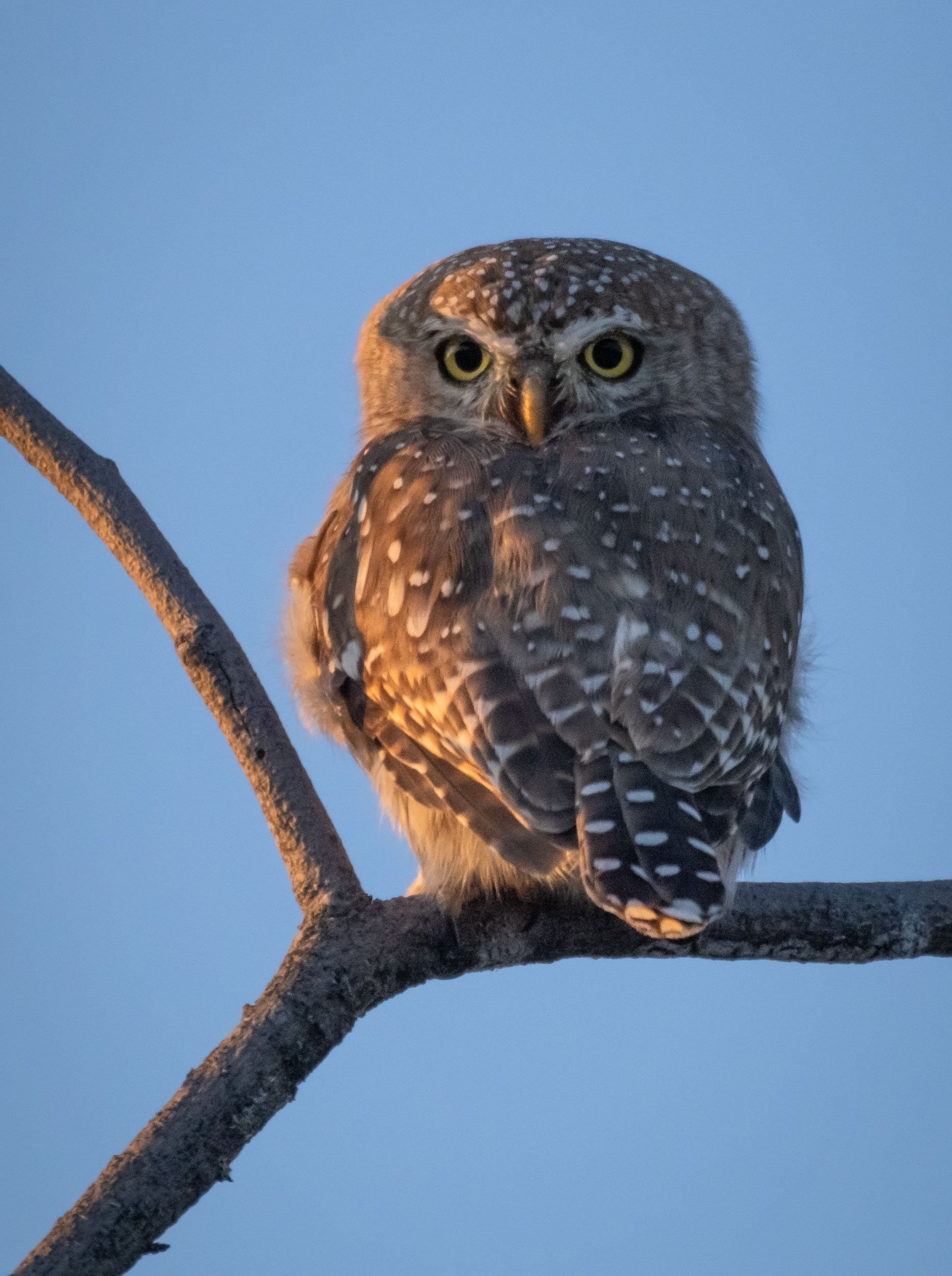
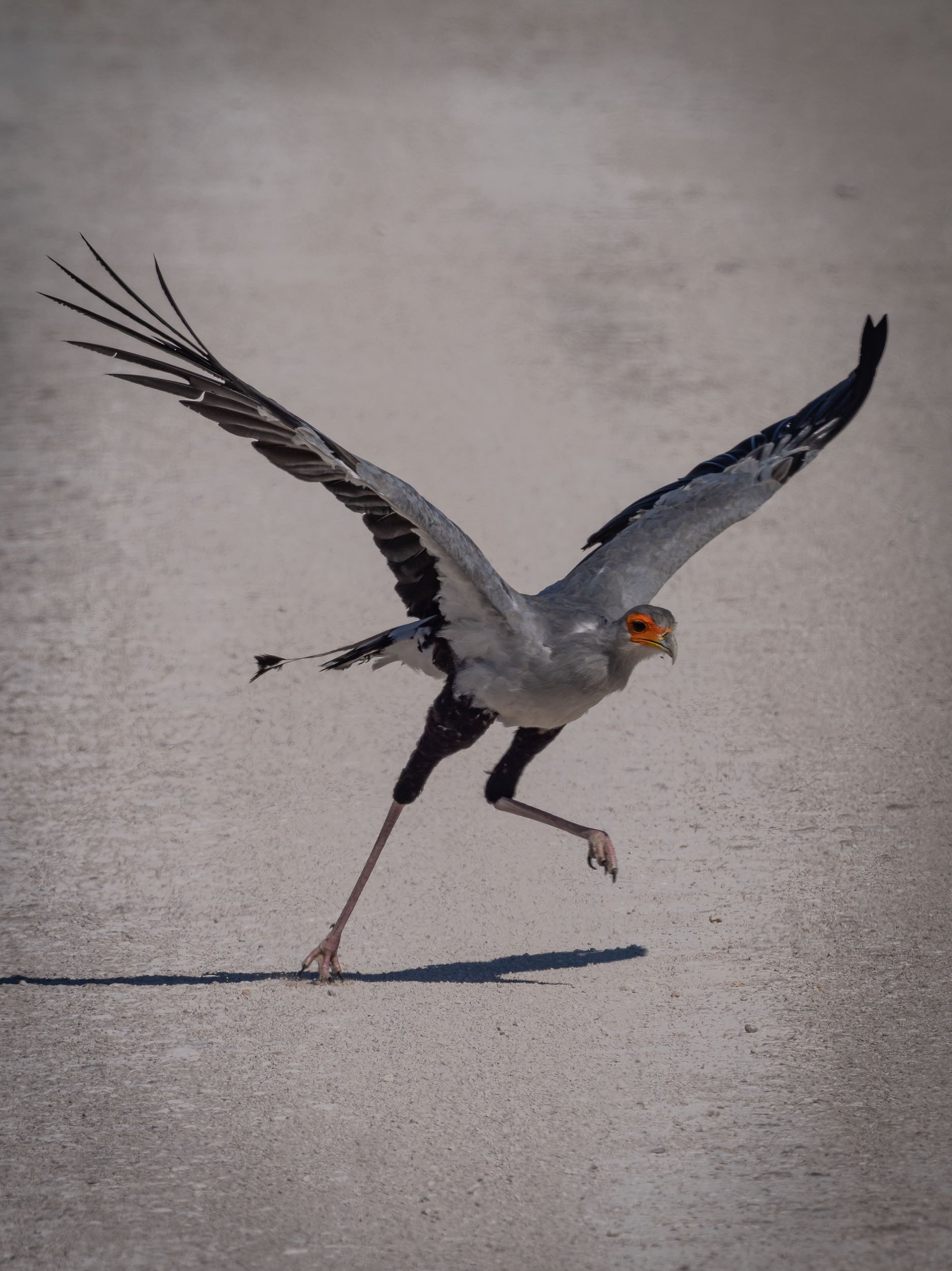
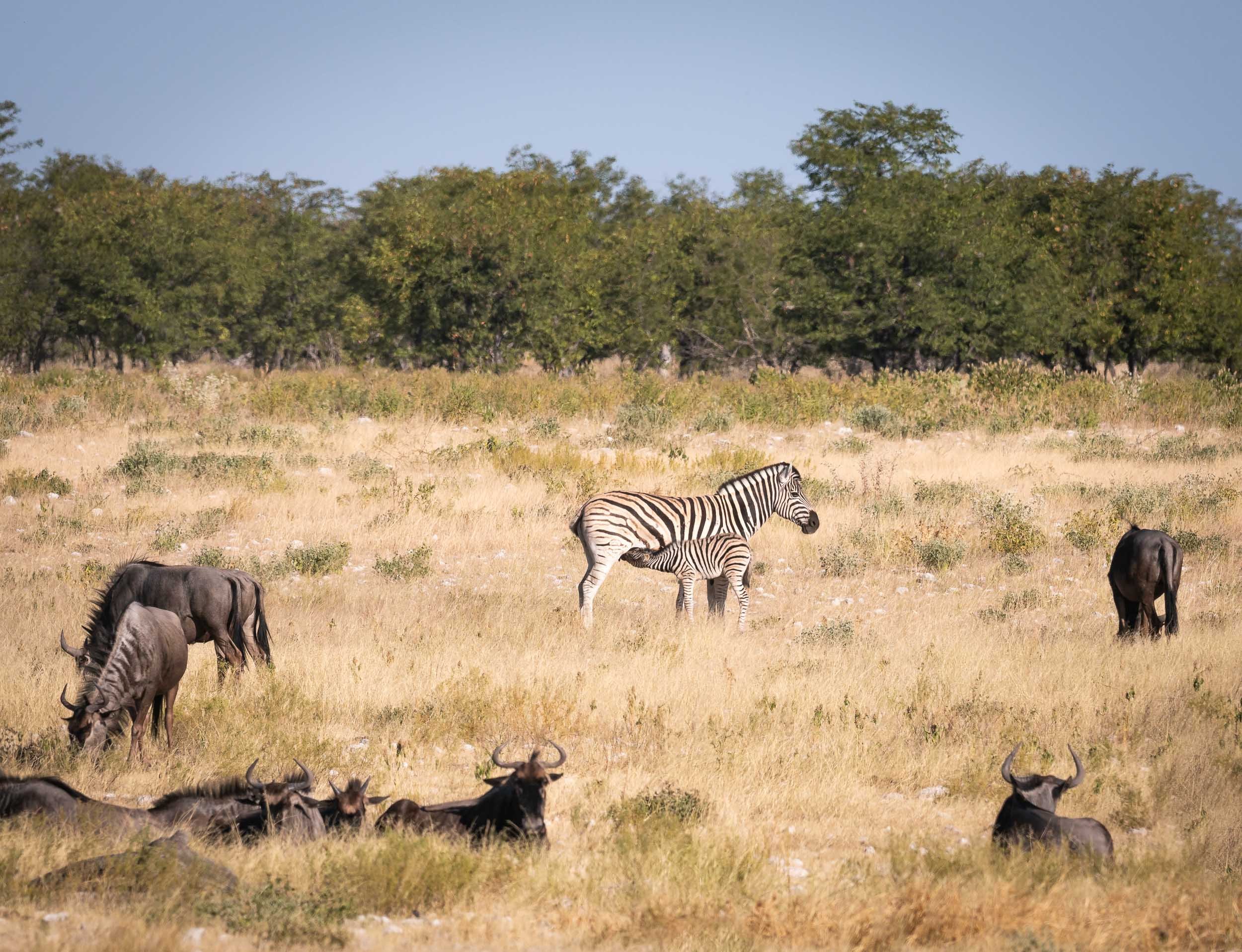
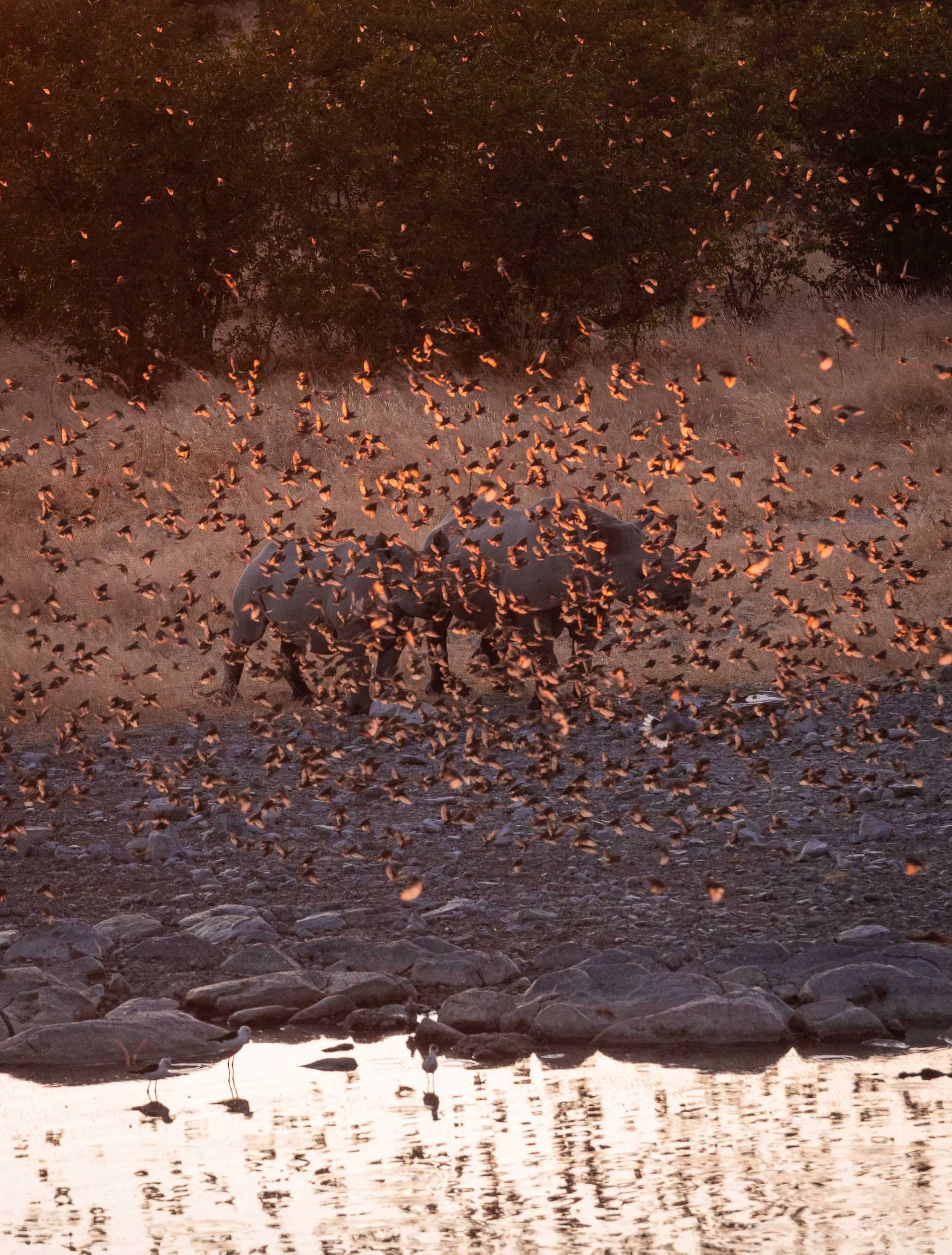
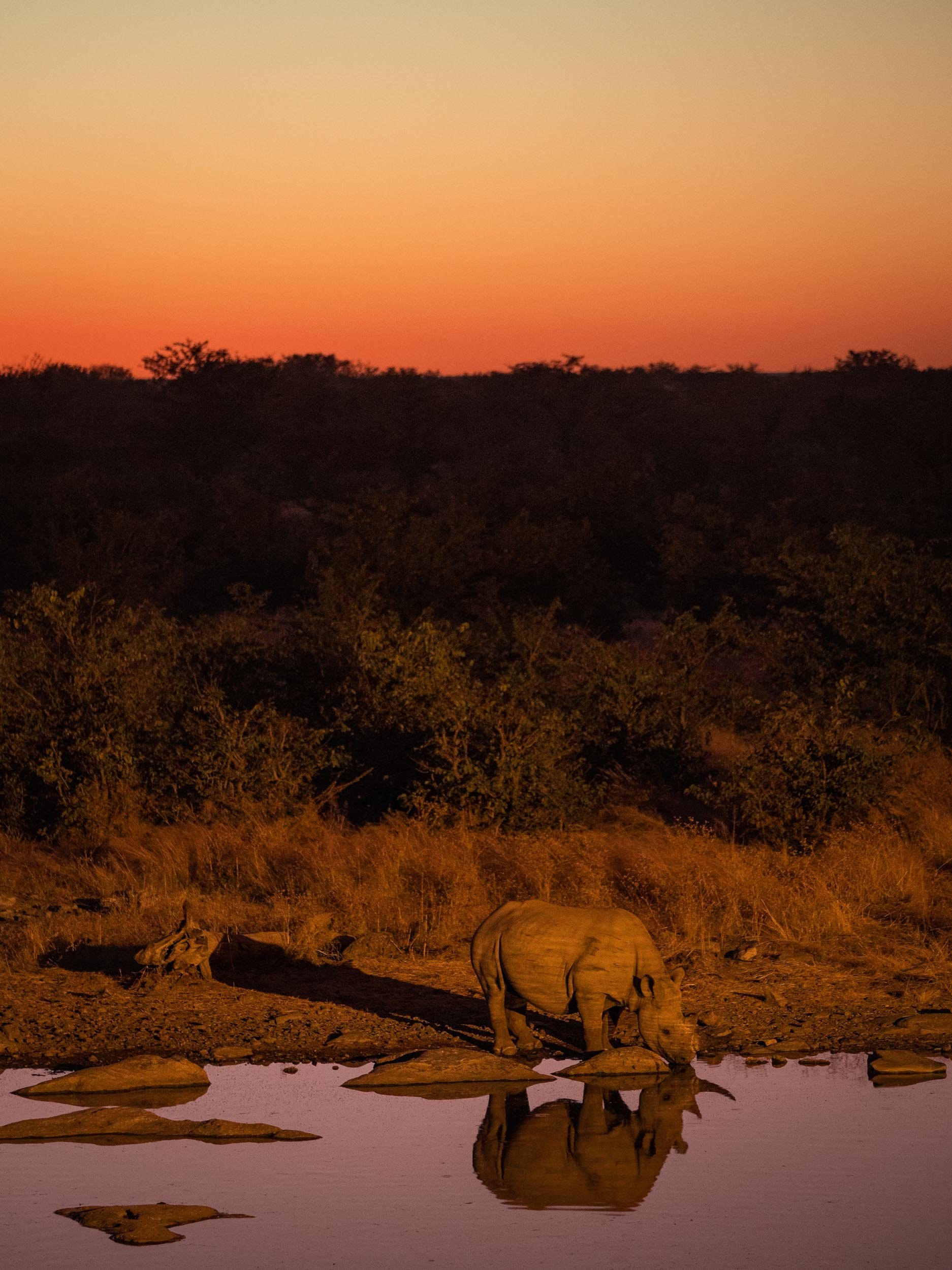
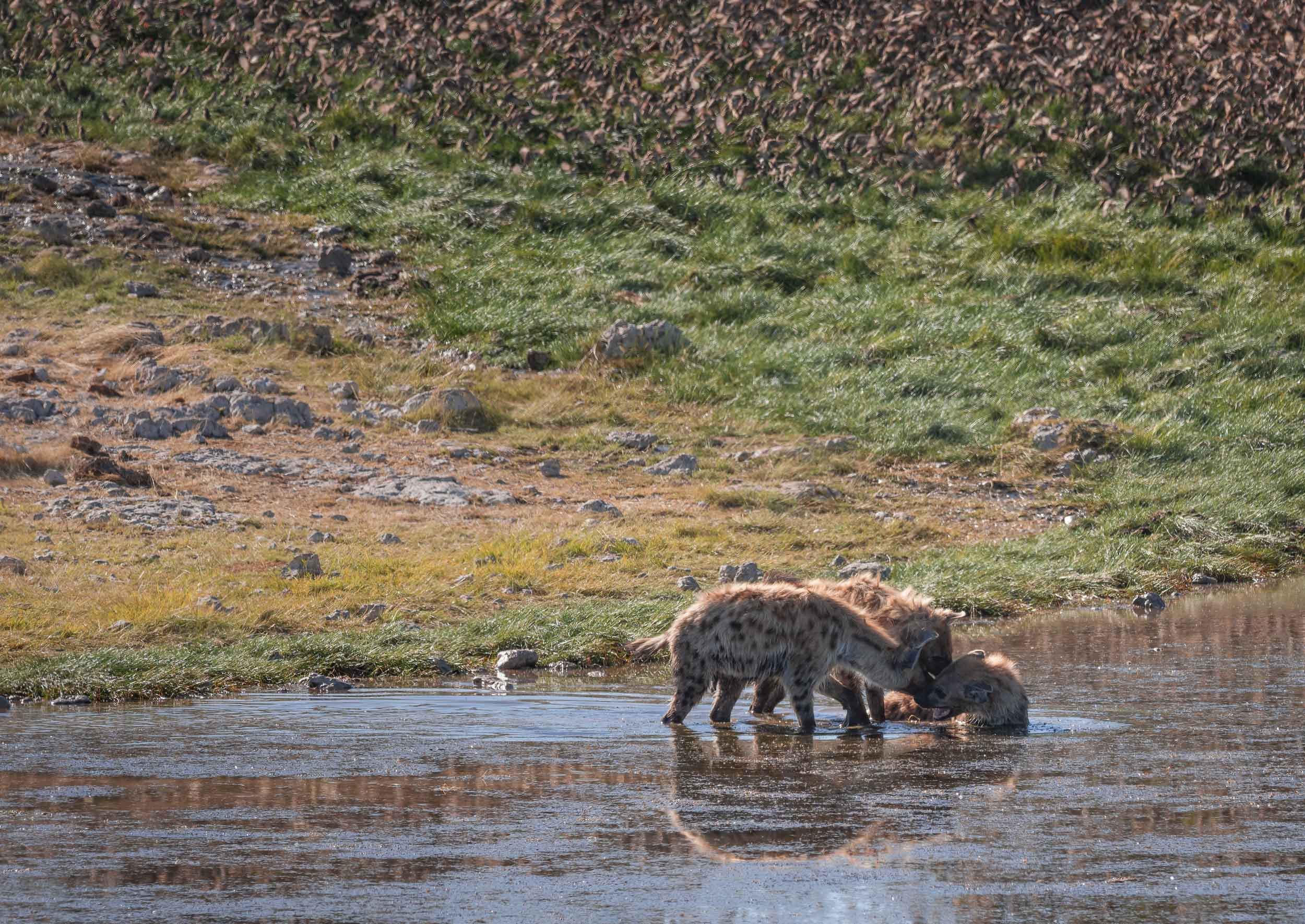
Oman - 7 Days of Authentic Beauty
From Dubai to Muscat and along the coast - an amazing journey of natural beauty, history, architecture, geology and kind people.
In February 2022 I had plans for a trip to India’s Himalayas, with the goal to take photos of the elusive snow leopard. Owing to various Covid restrictions, this idea unfortunately did not materialize, so it was time to look for another destination. One obvious choice was to look no further than a few hundred kilometers towards the Indian Ocean: Oman. Even though I’ve lived in the UAE on / off for 15 years, so far I had only seen the Musandam part of our neighbor country, and had yet to explore its mountain areas, the coastline, and the capital Muscat.
And oh boy did I miss out! The amount of landscapes, history, people, architecture, and activities you can encounter in just a week, all accessible with easy visa regulations (if you’re a GCC resident especially) and within a few hours drive from Dubai, is incredible.
The route took us through the border near Al Ain towards Nizwa, with several stops on the way, before heading up Jebel Akhdar for a couple of nights. From there, onwards to Muscat to explore the city and its surrounding areas, and a day trip southwards along the coast almost until Sur (but not quite) was on the agenda.
Read on to find out about the sights and experiences on the way…
Next up, we had planned to visit the ruins of Salut fort, another important archeological site in the area, but were disappointed to find it is currently closed and under development. Check before you go - and avoid getting a flat tire like we did.
Bahla Fort
Al Hoota Cave
Nizwa
Jebel Akhdar
Onwards to Muscat
The Capital and its Surroundings
Along the Coast
The Last Day in Muscat
Back to Dubai
I really hope you enjoyed this small documentary series of my trip to Oman. I’ve known about the beauty, geology, and history of the Hajar mountains from exploring the UAE, but Oman really took this to another level. It is probably a good thing for these sites that the country hasn’t had the same level of attention as some other more famous destinations in the Middle East, but on the other hand Oman and its people really deserve to be recognized alongside them. Will definitely come back.
Bosnia & Herzegovina - Polarising Diversity
A late summer weekend brought me to Bosnia & Herzegovina, a relatively small and almost landlocked country in south-east Europe.
A late summer weekend brought me to Bosnia & Herzegovina, a relatively small and almost landlocked country in south-east Europe. The trip took us from the capital, Sarajevo, through the mountain ranges along the river Neretva towards Mostar and its surroundings sights and back. The country features impressive diversity in architecture, culture, and people - owing to its troubled past, which is still evident today - which made for a packed three days of sights, many of them well known, and a few unexpected ones.
The Bavarian Alps - Blue Skies and Fluffy Clouds
Over the last year I took the chance to photograph a few of the highest peaks of the Alps around my hometown in Bavaria, Germany.
Over the last year I took the chance to photograph a few of the highest (and most accessible - yes I was lazy and mostly used railways and chairlifts to get to the top) peaks around my hometown in Bavaria, Germany. Below is a collection of images from the trips.
Wendelstein
This is one of the highest peaks in the Bavarian Alps, at over 1800m. It features a railway originally built in 1912 on one side, and a cable car on the other, and the top is home to a church, a weather station and an observatory.
Kampenwand
At almost 1700m and an impressive rock formation to top it off, this is a very impressive peak of the Bavarian alps. It features a 12m cross on its peak. A cable car from 1957 takes you close to the top, but the final peak is a steep hike.
Hochries
At just short of 1600m, this is the smallest of the three peaks I’ve visited. It takes a short chairlift and a cable car to reach the top, which offers beautiful views over the valley below. This area is very popular with paragliders.
Luxembourg - Small but Special
In June 2021 I took the opportunity of borders reopening as the Coronavirus situation improved to visit Luxembourg, one of the last countries in Western Europe that I have not yet had the chance to explore
In June 2021 I took the opportunity of borders reopening as the Coronavirus situation improved to visit Luxembourg, one of the last countries in Western Europe that I have not yet had the chance to explore. With less than 1 million people and an area of less than 3000 sq km, it is one of the smallest countries in the world, but at the same time has one of the highest GDP per capita.
Luxembourg features a rich history with many amazing castles dotted around the landscape, and a diverse and multicultural history and presence. Take a look at the photos below to get a glimpse of what I was able to see in 48 hours.
The Dubai Fog
One of the most elusive sights of cityscape photography is the infamous Dubai fog. It’s a yearly occurrence, usually from November to February, but often limited to a handful of days during this time.
One of the most elusive sights of cityscape photography is the infamous Dubai fog. It’s a yearly occurrence, usually from November to February, but often limited to a handful of days during this time. Predicting it is a gamble of combining various forecast websites and tools, comparing dew points, humidity and temperature forecasts, and even then you need to hope for a little bit of luck.
On top of that, you need to secure a location to shoot from. While some people live in high rise towers above the 40th floor with great views, the rest of us will struggle to get permits, ask hotels, check with friends, and convince security guards. The unpredictable nature of the fog makes that even harder - sometimes it is so patchy that a building 5km left or right will be floating above the clouds while you have a clear view of the ground.
If you do manage to get everything right, the rewards are spectacular. I’ve been able to shoot the fog five or six times this winter, and will certainly never get enough of it. To me, not other city can top the combination of Dubai’s amazing skyline (in fact, there are more than one skylines) with the feeling of floating above the clouds.
Contact me if you’d like to purchase prints of the photos in this post.
International Space Station - Moon Fly By
Finally I had the chance to observe and capture something I've been waiting for for quite a long time already: The ISS in front of the moon. This occurred on January 26th shortly after midnight in Dubai, UAE.
Finally I had the chance to observe and capture something I've been waiting for for quite a long time already: The ISS in front of the moon. This occurred on January 26th shortly after midnight in Dubai, UAE. It's pretty humbling to think that the ISS is 400km above us, and moving at 26,000km per hour.
Shot with Olympus OMD EM-1 Mark III, and 300mm F4 lens with MC-20 teleconverter.
This video shows a slowed down frame by frame animation, and a realtime sequence - the entire event takes just above 0.5 seconds.
Hidden Gems - Suwaidi Pearl Farm Ras Al Khaimah
Another UAE adventure led me to the Suwaidi Pearl farm in Ras Al Khaimah. Definitely worth the 90min trip from Dubai, exploring the local mangrove area, seeing a camel farm on the beach, and finally the floating pearl farm.
Another UAE adventure led me to the Suwaidi Pearl farm in Ras Al Khaimah. Definitely worth the 90min trip from Dubai, exploring the local mangrove area, seeing a camel farm on the beach, and finally the floating pearl farm.
The Great Conjunction - Jupiter and Saturn passing Burj Khalifa
On December 21st 2020 something very rare is happening: The largest planets in our solar system, Jupiter and Saturn, will be at their closest observable in 800 years.
On December 21st 2020 something very rare is happening: The largest planets in our solar system, Jupiter and Saturn, will be at their closest observable in 800 years. This event, dubbed the “Great Conjunction”, happens regularly, but the planets have not been this close and at the same time visible from the earth since then.
I set out to try and capture this event in a different perspective 2 days before the date, where the planets were already incredibly close. The goal was to photograph them passing the world’s tallest building Burj Khalifa, in Dubai.
It was a cloudy evening but due to travels this was my only chance, and luckily some gaps in the sky enabled me to capture the videos and photos below. This was truly one of the most mind-blowing things I’ve ever seen through my camera’s viewfinder.
Enjoy.
Resetting the rules: “Sorry, no tripod” & “Professional cameras not allowed”
During New Year’s Eve 2017, Dubai set a world record for the biggest LED and light show at Burj Khalifa, doing away with the usual fireworks and taking a different approach to welcoming 2018, the “Year of Zayed”, named after the founding father of the UAE.
During New Year’s Eve 2017, Dubai set a world record for the biggest LED and light show at Burj Khalifa, doing away with the usual fireworks and taking a different approach to welcoming 2018, the “Year of Zayed”, named after the founding father of the UAE.
It was just a 30 floor elevator ride for me to be able to capture this moment with my trusted Olympus mirrorless camera. For those reading and not familiar with camera terminology, this is essentially the same type of camera as what you might know as DSLR, or in general a camera with a viewfinder and interchangeable lenses. I got the shot I wanted, went back up, edited it, and posted on Social Media within the first 30 minutes of the new year.
To my surprise, the official @mydubai instagram account picked up the photo for their own NYE post a few minutes later. It became their most liked photo to that date within a few hours, and was reposted by several other official and unofficial accounts.
More than 2 years later, during a hot summer evening, I was wandering around a more or less empty Downtown Dubai in almost the same spot, with the same camera, on the hunt for new compositions. This time, I didn’t get the shot I wanted. Why? Because I was approached by a security guard telling me that professional photography is not allowed in this area, which is privately owned by Emaar, the master developer of the Burj Khalifa district.
This backstory to some extent exemplifies some of the reasons why I wrote this blog post: Many (not all!) developers, owners, organisations, and venues set ambiguous rules that prevent amateur photographers like me to capture their locations in the best light, enforce them arbitrarily, but then do want to reap the benefits of using our images for marketing purposes - mostly free of charge under fair social media use (whether that is right or wrong is a subject for another discussion).
At this point, I want to clarify that while I must admit I have sometimes been close to losing my patience with security guards, they are ultimately the messenger only, and their work as a whole is highly appreciated by myself and I dare say the entire photography community. This is about the rules they are being told to enforce, rather than who is enforcing them.
A second disclaimer to this post is that there are frequently very valuable and rational reasons for not allowing photography in certain situations: Protecting government institutions or military facilities, preventing the privacy of individuals in their own space from being compromised, ensuring the safety of people in crowded area by not allowing a tripod in the middle of a footpath, or ensuring protection of copyrighted material in cinemas or concerts.
These are not the situations in question here. Here, we are addressing wide open spaces, that are absolutely considered public, have no implications for national security, and where people take photographs on a daily basis with their smartphones.
For those familiar with Dubai, such places include Bluewaters Island, Burj Park, Dubai Canal, or Design District - I've chosen those examples, because in all these locations I've been asked to not take photographs with my camera and / or tripod.
The question is, why is that? To date, the explanations I’ve received - if any - have never been very coherent or logical. As a result, I will have to make some assumptions: Your typical photo capture device today ranges from the size of an iPhone (the most popular camera in your hand, to a DSLR and a big telephoto lens that may be up 30cm in length or so, set up on a tripod 2m in height.
From personal - and thus anecdotal - but qualified experience, I have found that:
None of the locations in question would prevent anyone from taking a photo with their smartphone.
A few of them would approach you for shooting with a DSLR or mirrorless camera with a typical wide angle lens.
Many will ask you to refrain from shooting if you carry the same camera with a bigger lens, such as a telephoto zoom.
All of them will ask you to leave the moment your tripod touches the ground as you set up.
My interpretation of these findings are that the larger your overall equipment is, the more likely it is you will not be welcome to take photos. An assumption I am making here is that outsiders (i.e. not familiar with photography) associate “larger equipment” with “more professional”, which would imply that the rules set by these locations are “we do not allow professional photography”.
I would welcome for any of these companies and organisations to comment here with feedback on whether this is the case. Until then, let's contine with this assumption.
The problem is that the boundaries of professional photography have long been no longer defined by the size of the equipment. The advent of smartphones with Instagram & Co, the rise of the influencer culture relying heavily on photography, and the significant advancements in mobile photography have allowed people to do commercially viable work with equipment that fits in their pocket. Heck, Netflix movies are now shot on iPhones. This discredits the entire reasoning why a regular DSLR and lens should be treated differently from a smartphone when it comes to what is “professional".
Let’s move to the next level: Using a big telephoto zoom lens. Also in this area, we are now approaching times where smartphones are capable of producing extreme levels of computational zoom, enabling everyone to take photos of objects and people far away. A camera with interchangeable lenses will (for now) still have an advantage in some ways here, and produce better quality - the question is why that would be a problem? I can think of privacy as the major reason, where as a location owner one wants to make sure people do not feel uncomfortable and be under the perception they are being photographed from far away without their knowledge or consent. My argument though would be that if this was a photographers intention, and they would do it maliciously, the laws around privacy protection for others would still apply - whether in a location that is privately owned by a large developer, or a public square. It’s unlikely that a private security guard will be able to deter someone from engaging in such activity, if even the law is not able to.
Moving on the last and seemingly worst offender: The three-legged friend of the long exposure photographer - a tripod. Here, it may be worthwhile to quickly explain why photographers chose to carry this device around. Generally speaking, cameras need to capture light for a certain amount of time to produce a well exposed image. When it’s bright outside, less than a second is enough to achieve that, maybe 1/100 or even 1/1000. When it gets dark, this isn’t enough anymore. The camera may need 3 or 5 or 10 seconds to capture sufficient light to produce a good quality image. The problem is, no one can hold the camera steady for that long, meaning that movement occurs during the light capture period, resulting in a blurry shot. This is where the tripod comes in, keeping the camera steady while it collects the required photons. Granted, there are other uses for a tripod, but generally speaking they evolve around similar concepts. So, I ask myself why venues do not want to see tripods being used? More than once I placed my camera on a rail, stone, bag or whatever when asked to stop using my tripod - and this was acceptable. How does that make sense? The result is the same, except that my composition might be worse and it’s more risky (the camera might fall, etc). My tripod will probably still be around, leaning against a nearby wall.
As we discovered earlier, in many places it is seemingly ok to use a camera, but only the tripod triggers something in the security personnel that makes them ask you to stop. This seems illogical: We can shoot the same exact photo during daylight in great quality (enough light for a short exposure), but at night when we need a tripod to capture enough light to get the same quality, it is deemed as not acceptable. It doesn’t appear likely that daylight photos are ok for a location owner, but night time shots are not.
Lastly, similar to the argument with telephoto lenses, the latest generation smartphones are slowly catching up in this area, using digital stabilization to capture acceptable night time photos, and further blurring the lines between the size and type of equipment needed to capture similar looking photos.
You may ask why we still need dedicated cameras and lenses? Well, smartphone technology is not quite at the stage where it can handle all the photographic challenges a specialized camera can, and while for average photos for an Instagram post on a small smartphone screen this may be less of an issue, if you are looking to print a photo for instance, this is where the difference between the two classes of equipment do show up. Some kind of photos aren’t achieve with smartphones just yet, but that doesn’t mean they are automatically “better” or more professional or commercially useful.
As smartphones catch up with dedicated cameras for these last scenarios, will the organisations making these rules soon forbid any kind of photography in their locations? My prediction is their marketing departments would quickly scream and shout when faced with the loss of the free social coverage, aside from it being practically impossible. If the assumption made at the beginning of this post is correct, the rationale should shift from “we do not allow professional photography” to “we do not allow commercial photography” - this may make sense as the venue wants to control commercial activity. But how can you do that when an influencer shot taken and edited with a smartphone can easily generate much more money than a photographer with a dedicated camera taking a shot planned and edited for hours, printed on fine part paper, and sold in a gallery?
So in anticipation of that, it may be the right time to re-define what “commercial” or “professional” photography means in this context and start a conversation on establishing clearer and logical rules for what scenarios and equipment are allowed, or not, and for what reason. In the end, it is clear that companies are free to ask anyone to leave their premises, or to not use a camera bigger than a smartphone, or an orange, or whatever arbitrary definition they chose, regardless of the reason.
Ultimately, this will probably make photographers try to take a photo by whatever means is allowed, instead of what produces the best result. That photo may just not be as good, not as creative, not as interesting, or it may not happen at all and the moment will be gone forever - leaving the photographer and his or her audience disappointed, and taking away a chance for the location to create positive impressions or attract new visitors due to the existence of the photograph, for no logical reason.
Myself, and I am sure the whole photography community in Dubai, are open to engage in this discussion with the decision makers at the various organizations, for the benefit of everyone - for us to follow our hobby and passion without hindrance, for the public to enjoy great photography, and for organisations to benefit from free and high quality coverage.
I see several ways a middle ground can be found: Ask photographers to sign a release form giving the location permission to use the photos. Make photographers sign a disclaimer that ensures we cannot publish the photos commercially or re-sell / license them. Create a system for granting permission to a person on a yearly basis, not for one single shoot. Request IDs in order to know who shot when at the location. Train security guards to determine in which cases there is a genuine issue caused by a photographer. Or, just treat photographers with a camera the same as someone with a smartphone.
Admittedly, there are details and issues to be addressed with these suggestions - this might be part of a future blog post - but I am confident there are better ways to establish a mutually understandable and viable basis than the inconsistent and illogical approach many places seem to follow right now.
Let’s sort this out. All we want is to take great photos of the city and places we love.
Slovenian Beauty - Lake Bled & Ljubljana
A two day trip to Slovenia brought us to the picturesque Lake Bled with its famous church island, and the beautiful capital Ljubljana.
While travel restrictions with health and safety requirements are still omnipresent, trips within certain countries in Europe are manageable with the right precautions. A two day trip to Slovenia brought us to the picturesque Lake Bled with its famous church island, and the beautiful capital Ljubljana.
A Day in Ulm and 768 Steps
Escaping the Dubai summer heat to Germany means there are opportunities to explore my home country, which firstly I didn’t do enough, and secondly is very underrated compared to many of its European neighbors.
Escaping the Dubai summer heat to Germany means there are opportunities to explore my home country, which firstly I didn’t do enough, and secondly is very underrated compared to many of its European neighbors. I’m undoubtedly biased, but particularly the southern part of Germany is full of amazing places to explore. Ulm is one of these places, and its landmark attraction, the tallest church in the world, makes it a must see. Combine that with the chance to meet old friends from Dubai, and it becomes a great day indeed.
Two Germans, and Simon ;)
Buhais Geology Park in Sharjah, UAE
Sharjah is always in the shadows of its larger and flashier neighbouring emirates, yet it has made a name for itself for its historical, cultural and art related venues.
Sharjah is always in the shadows of its larger and flashier neighbouring emirates, yet it has made a name for itself for its historical, cultural and art related venues. A host of museums and destinations like the Mleiha archeology centre are always worth a trip. One of the latest additions to the emirate’s portfolio of somewhat more obscure but nevertheless amazing list of activities is the Buhais Geology Park near the mountain range of the same name, just before the desert slowly gives way to the Hajar mounts. While the architecture of the building embedded into the former seabed - designed by Hopkins Architects - is worth a visit, the exhibits and explanation of the unique geological history of the region make it all the more interesting.
Summer Nights at Buraq Dam, UAE
The UAE is not famous for its landscapes and mountains, but once you dig a little deeper, the country is full of amazing and unexpected scenery. A short drive from Dubai, about 1h, brings you to Buraq Dam, close to the Omani border.
The UAE is not famous for its landscapes and mountains, but once you dig a little deeper, the country is full of amazing and unexpected scenery. A short drive from Dubai, about 1h, brings you to Buraq Dam, close to the Omani border. If you’re lucky, you can see the filled with water and birds flocking its shores. Regardless, the mountainous terrain and cooler air makes for a great hiking or camping spot. Because the location is quite far form city lights, it’s also an excellent spot for some stargazing!







